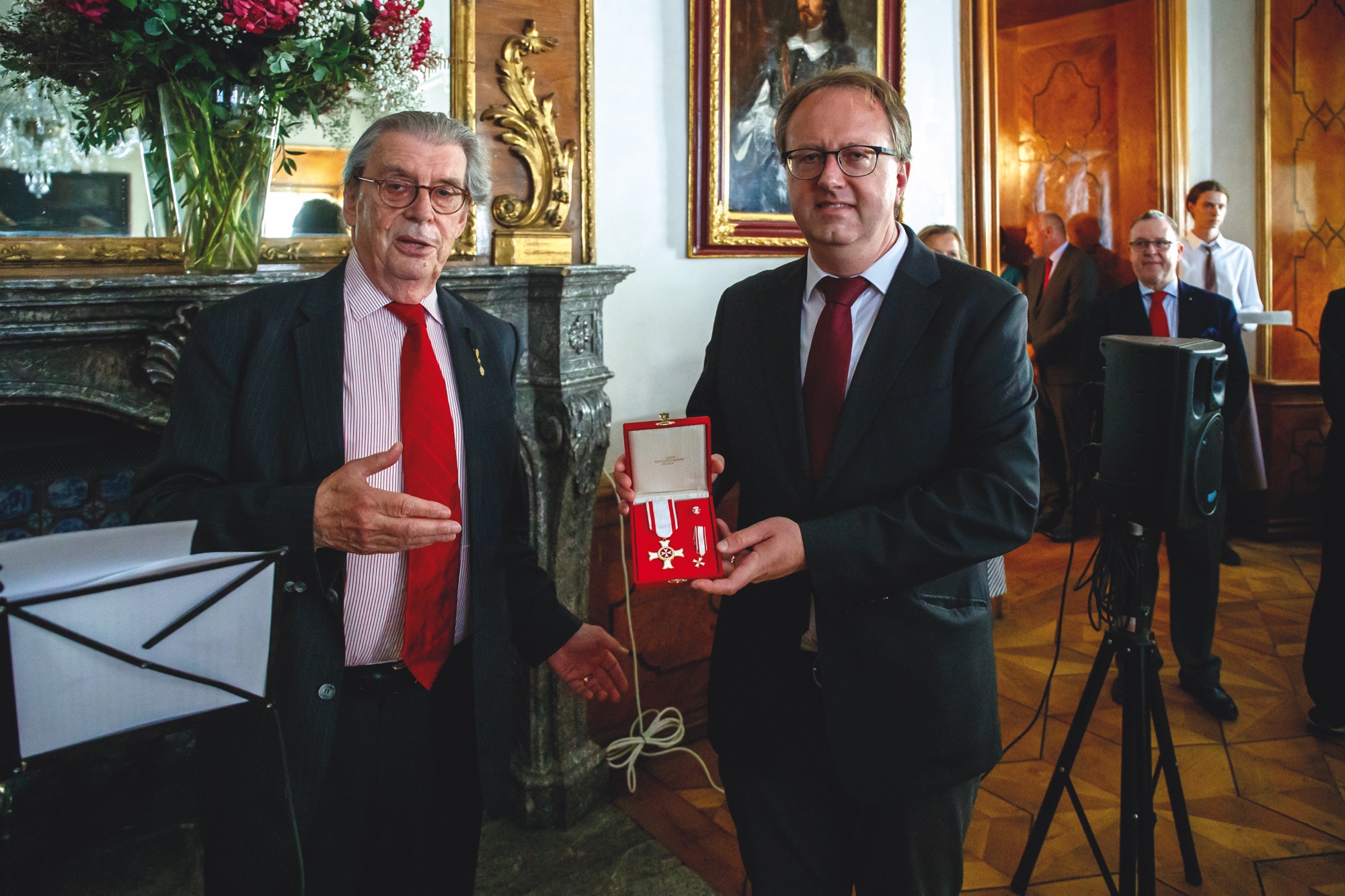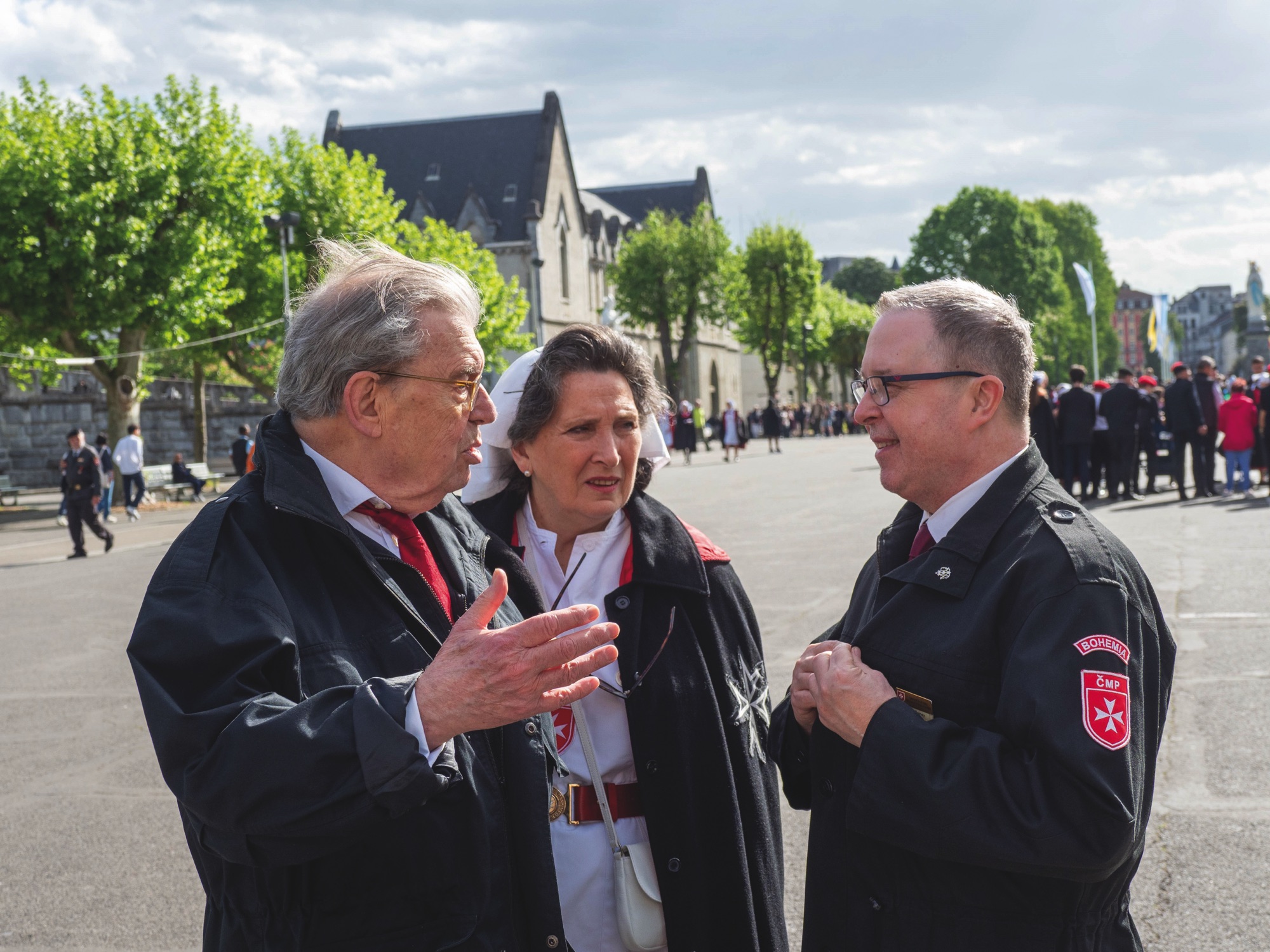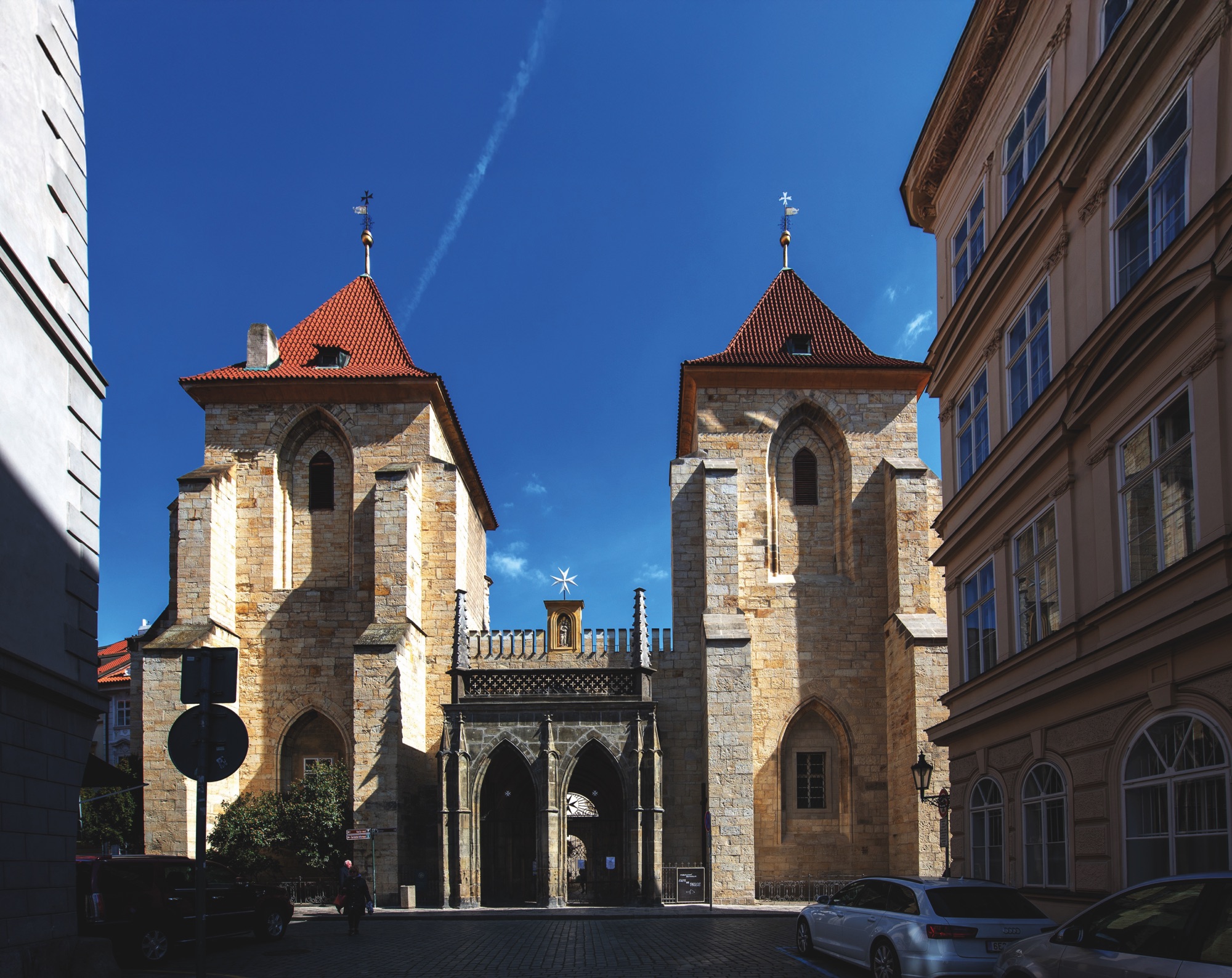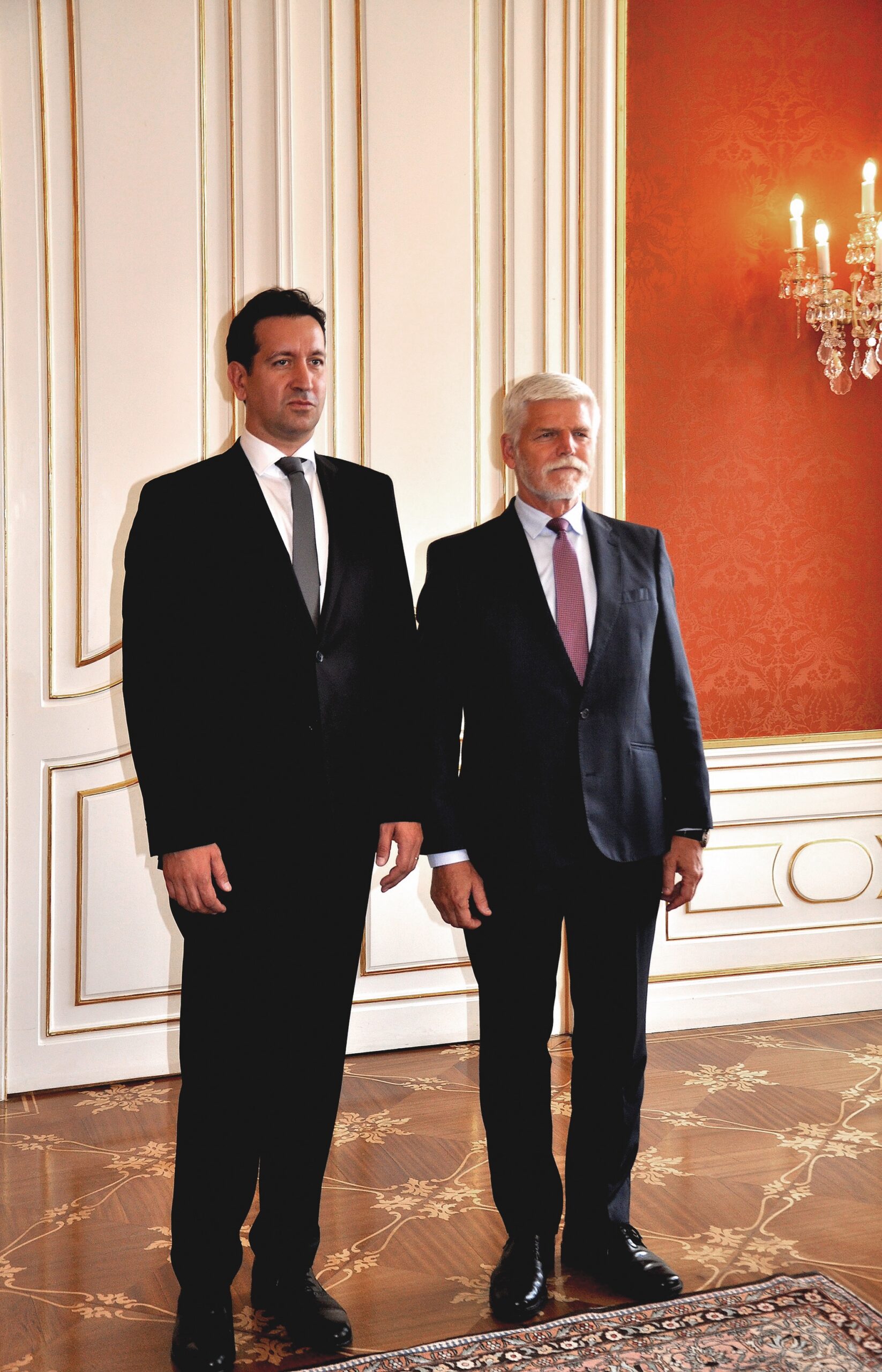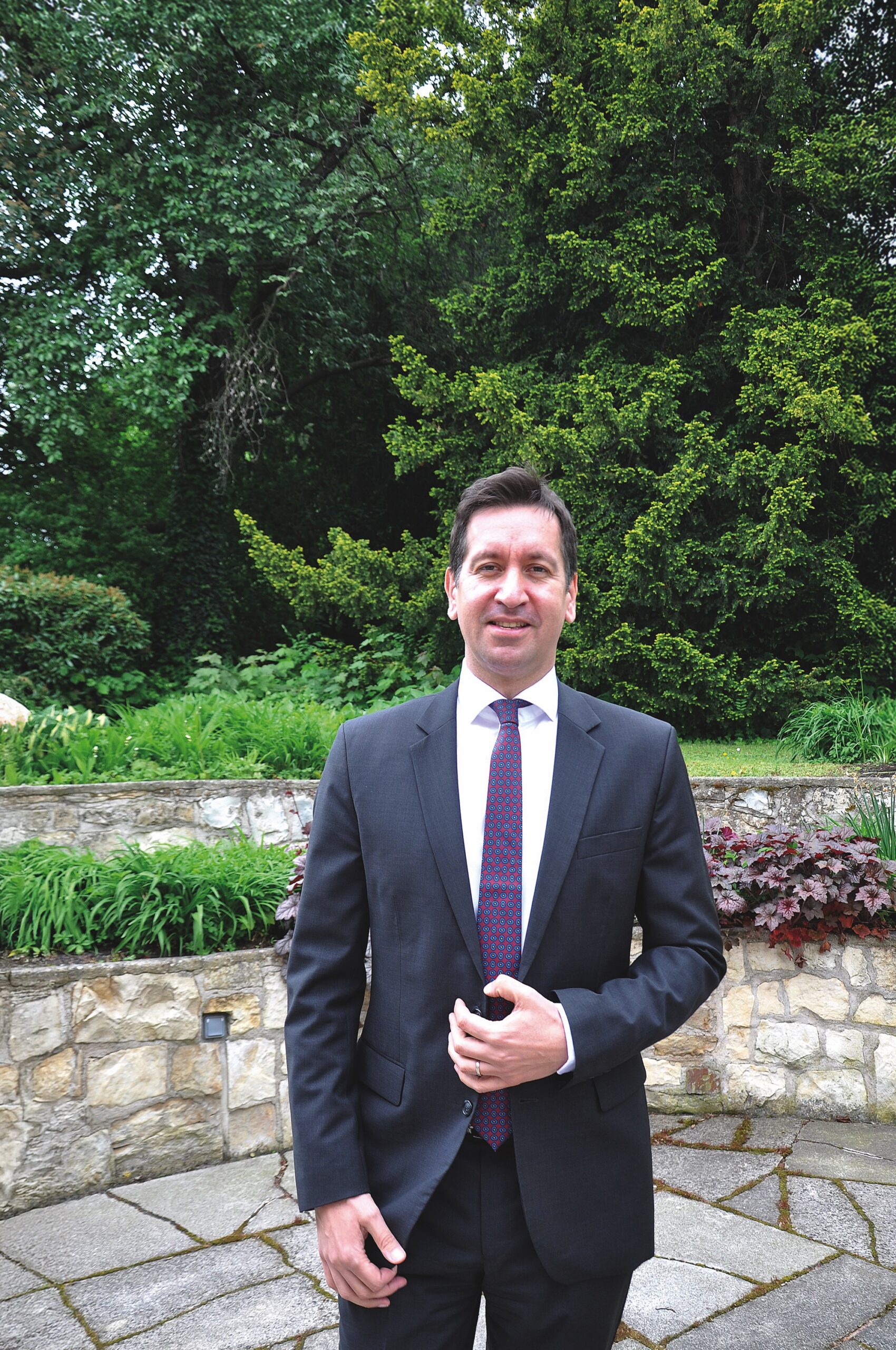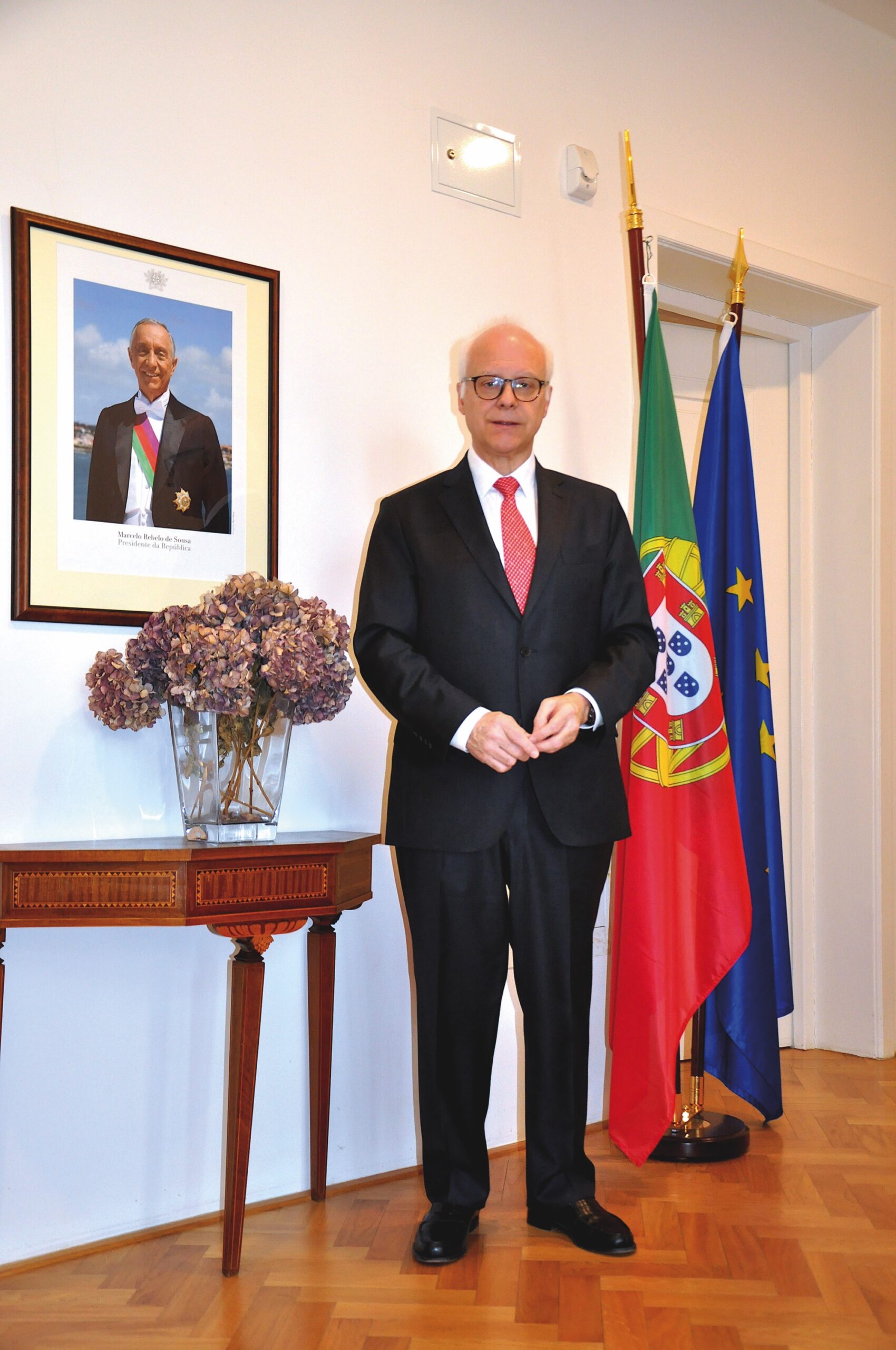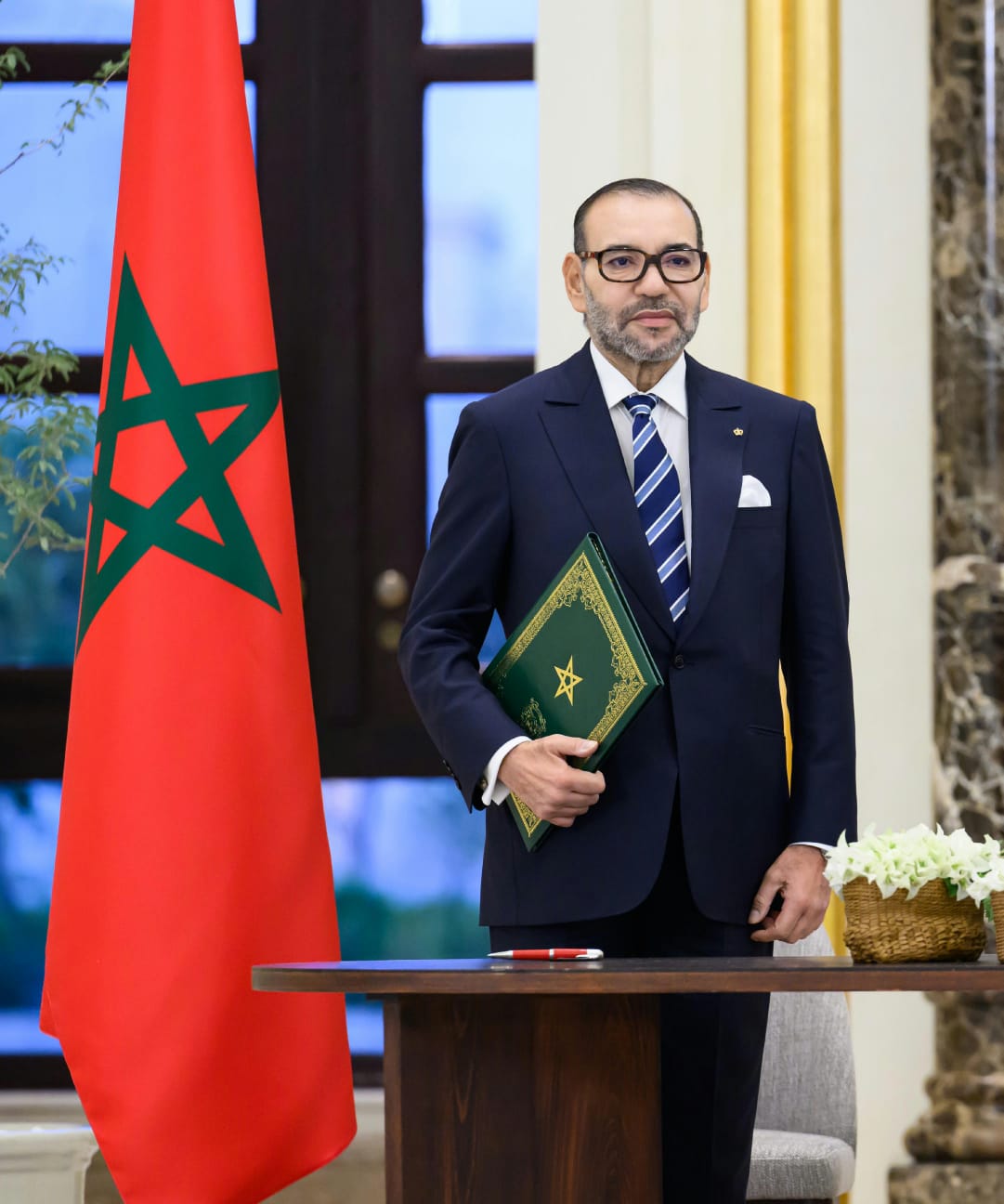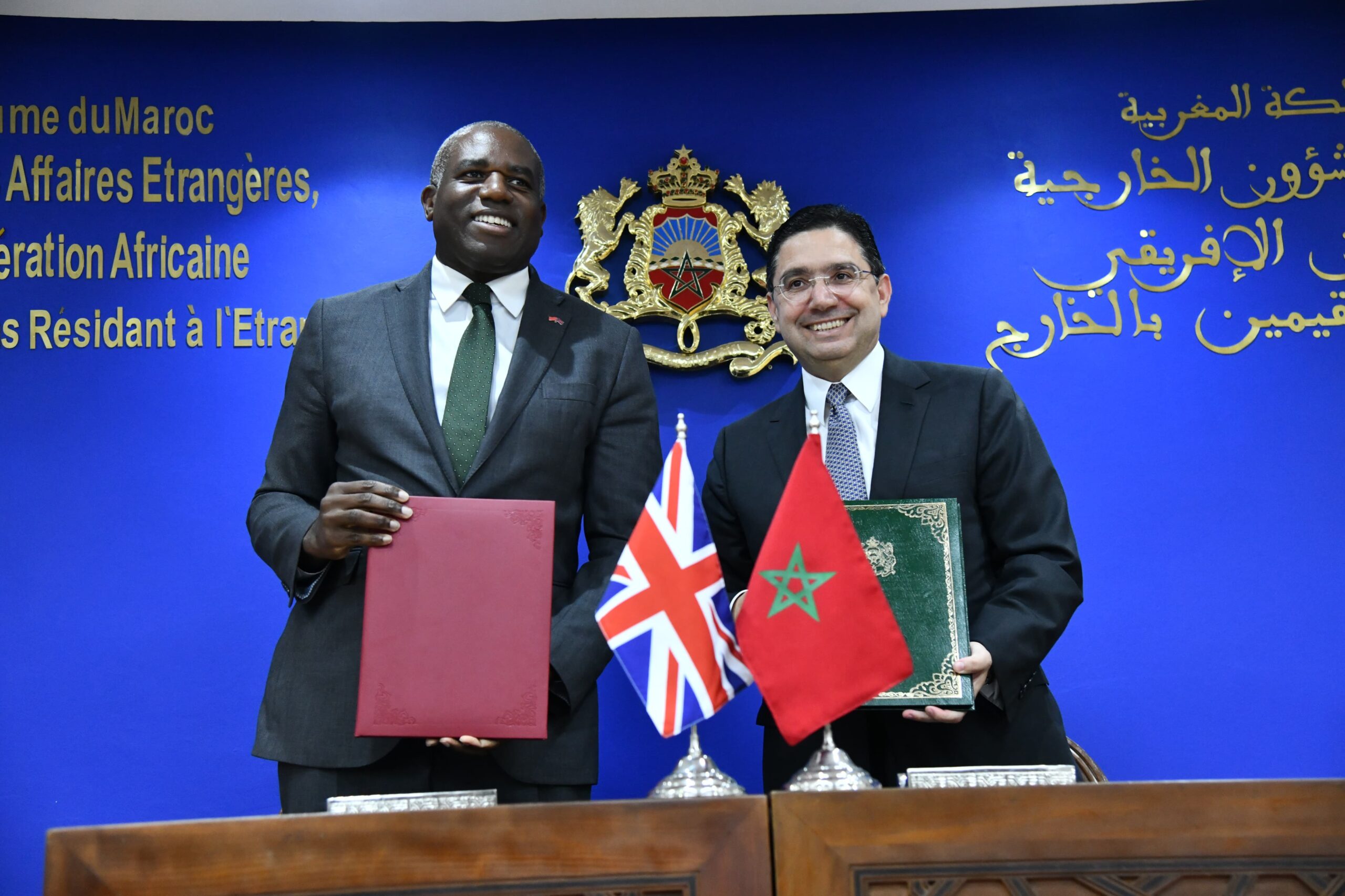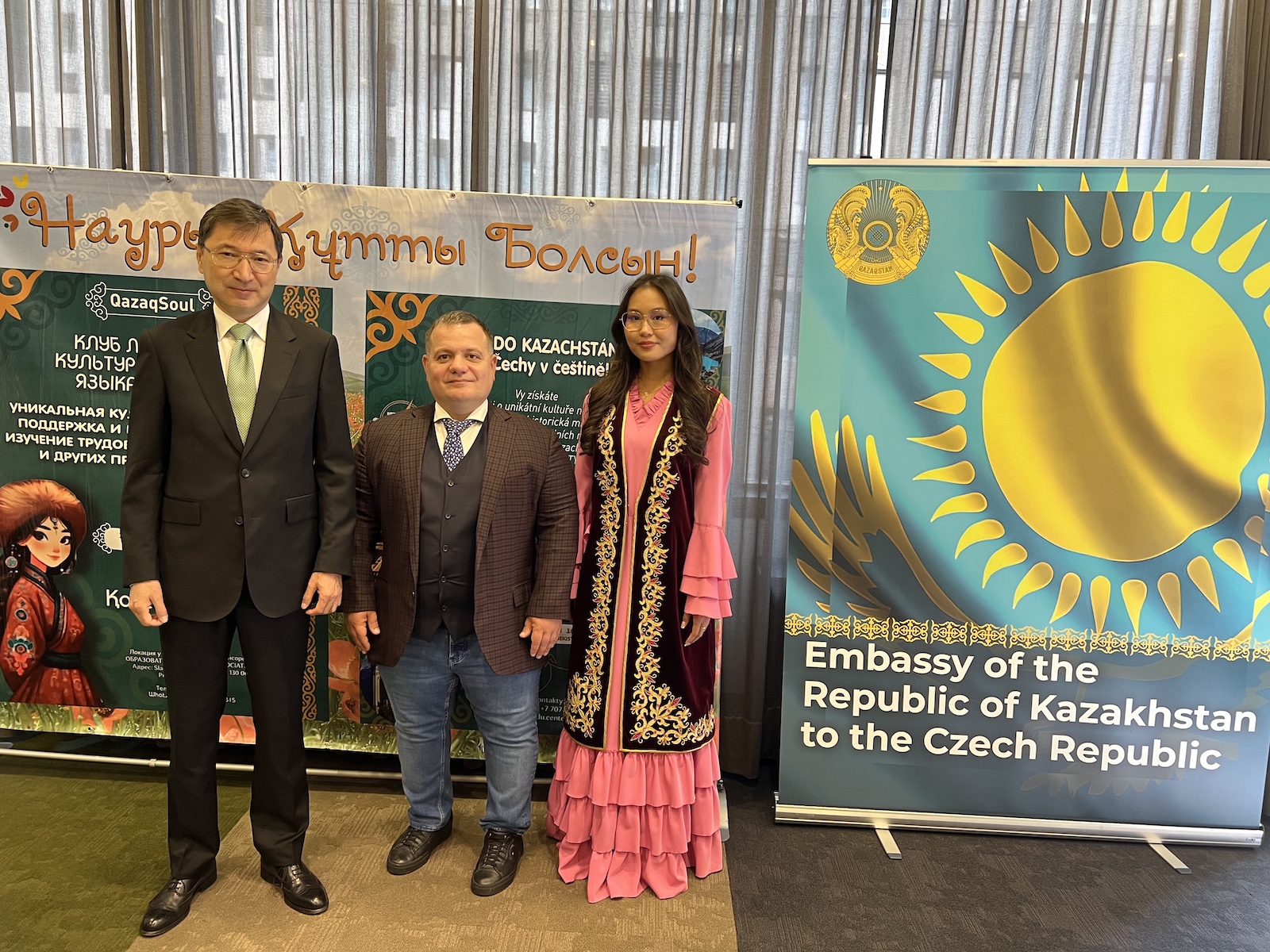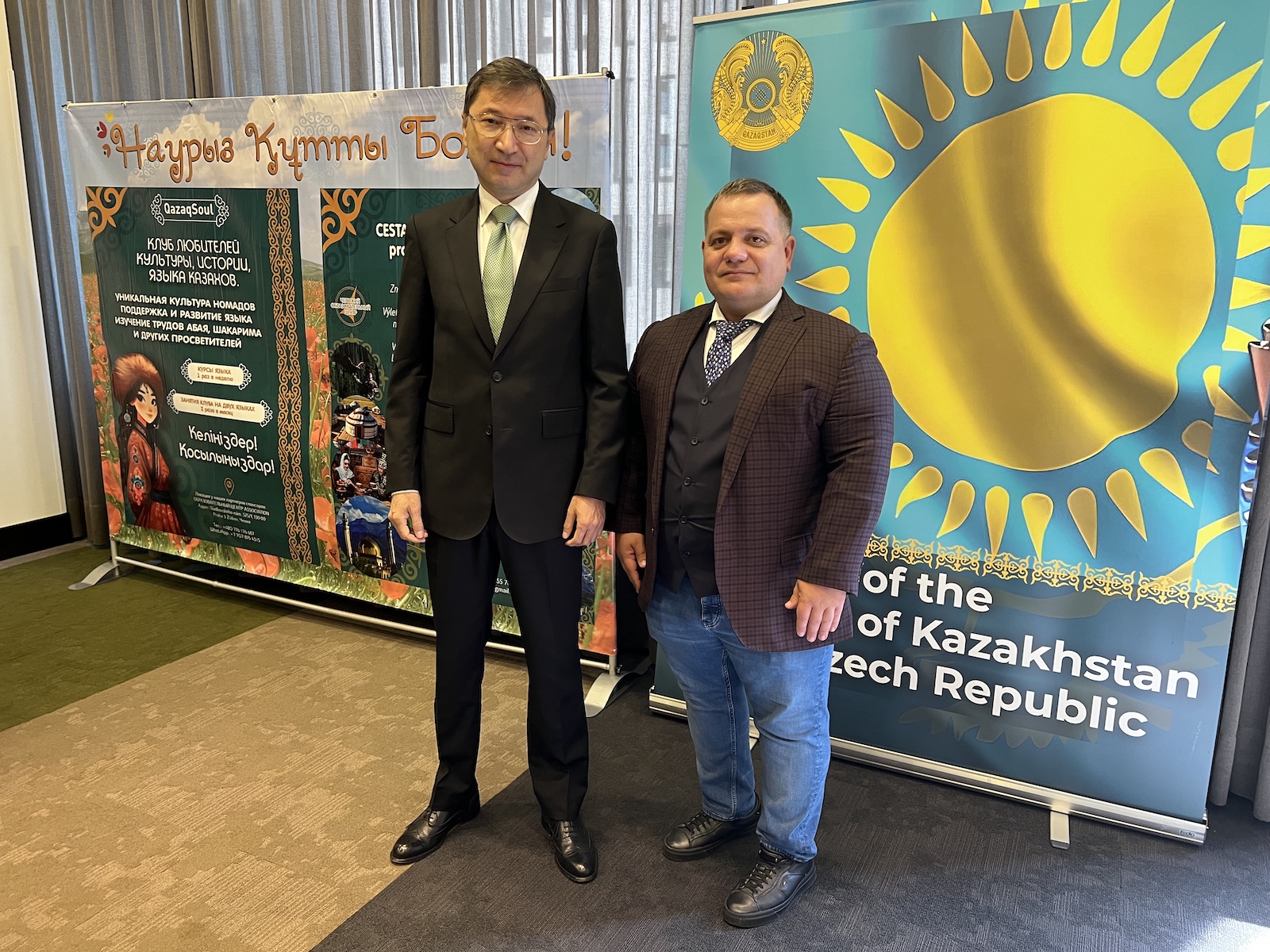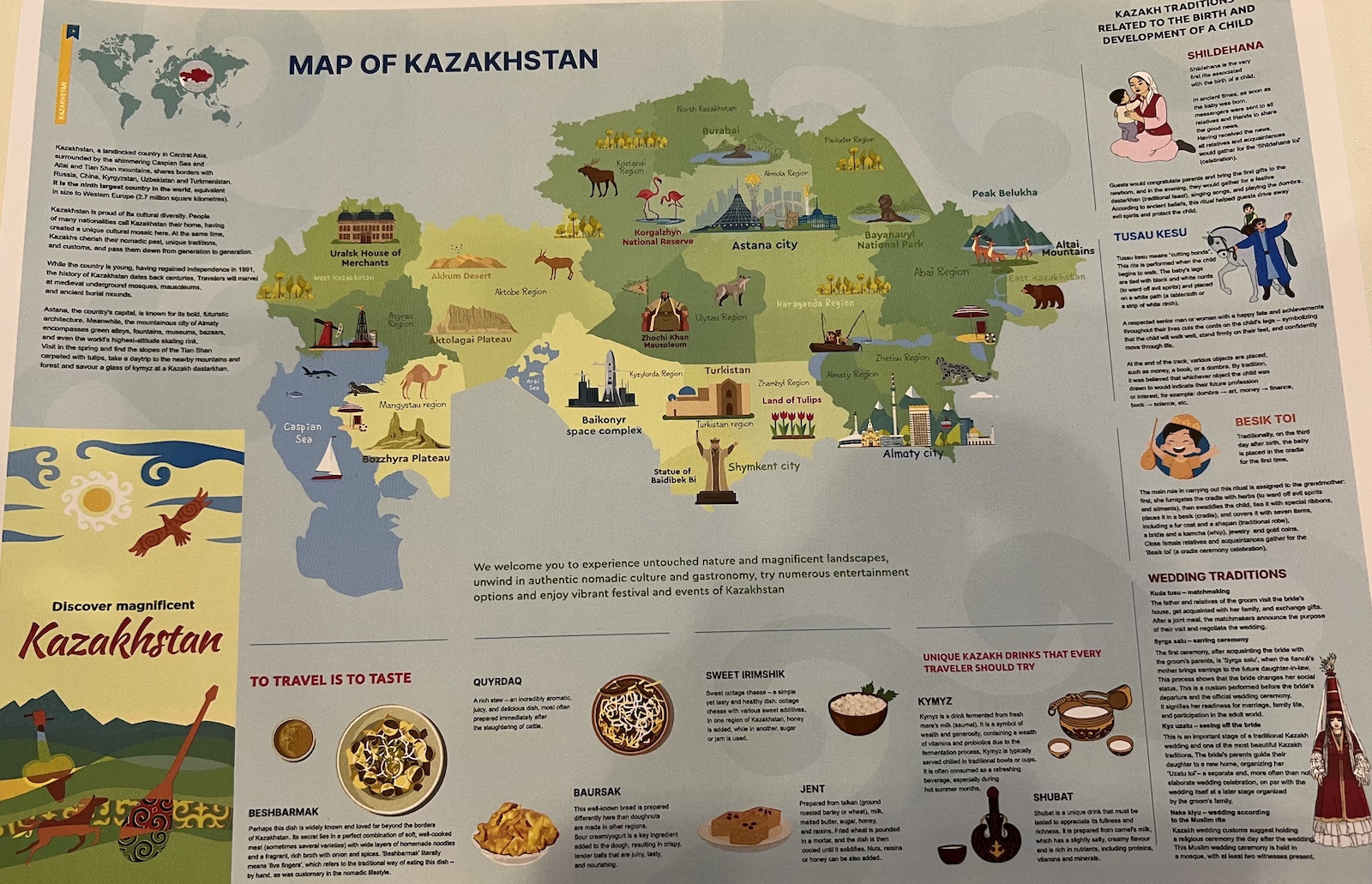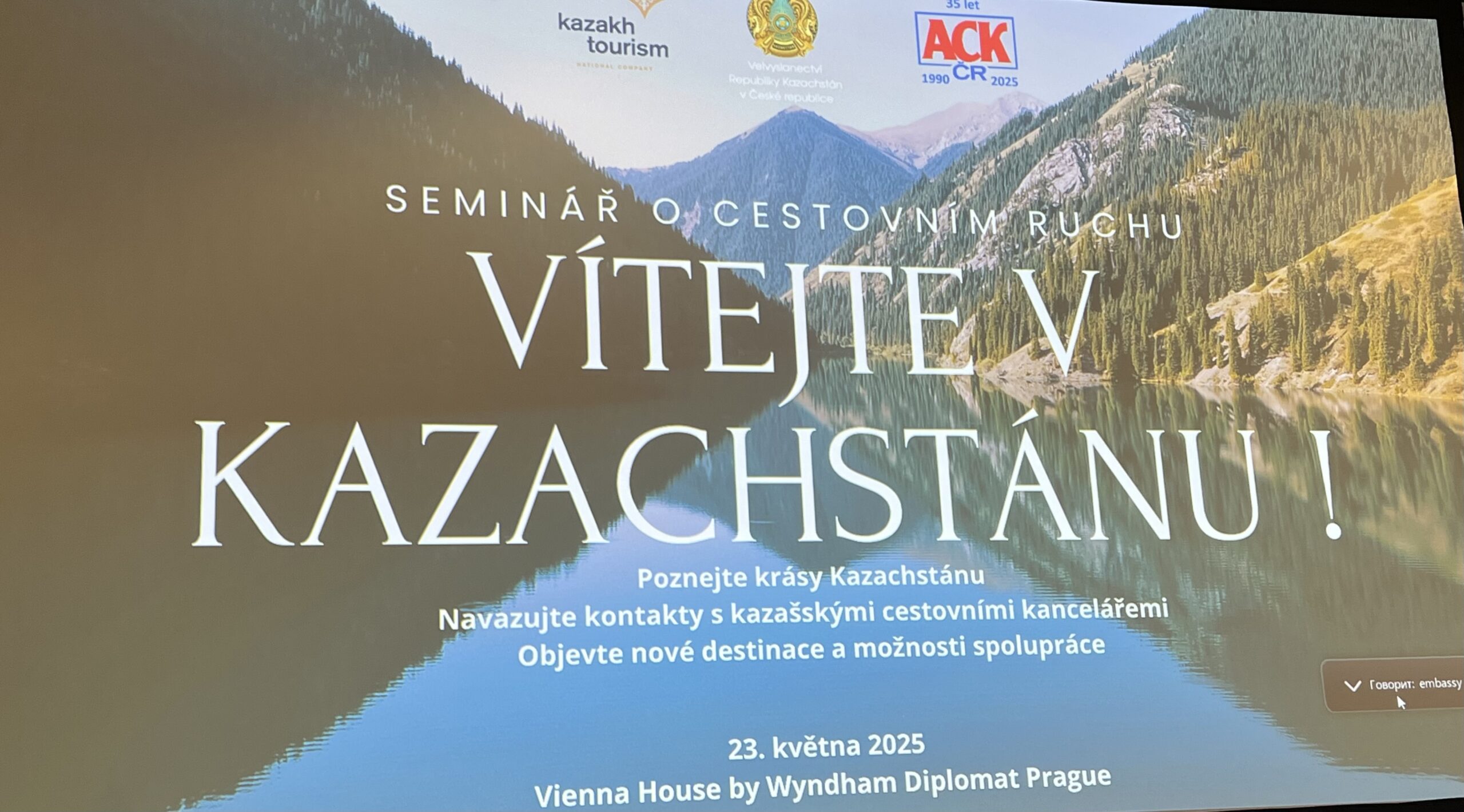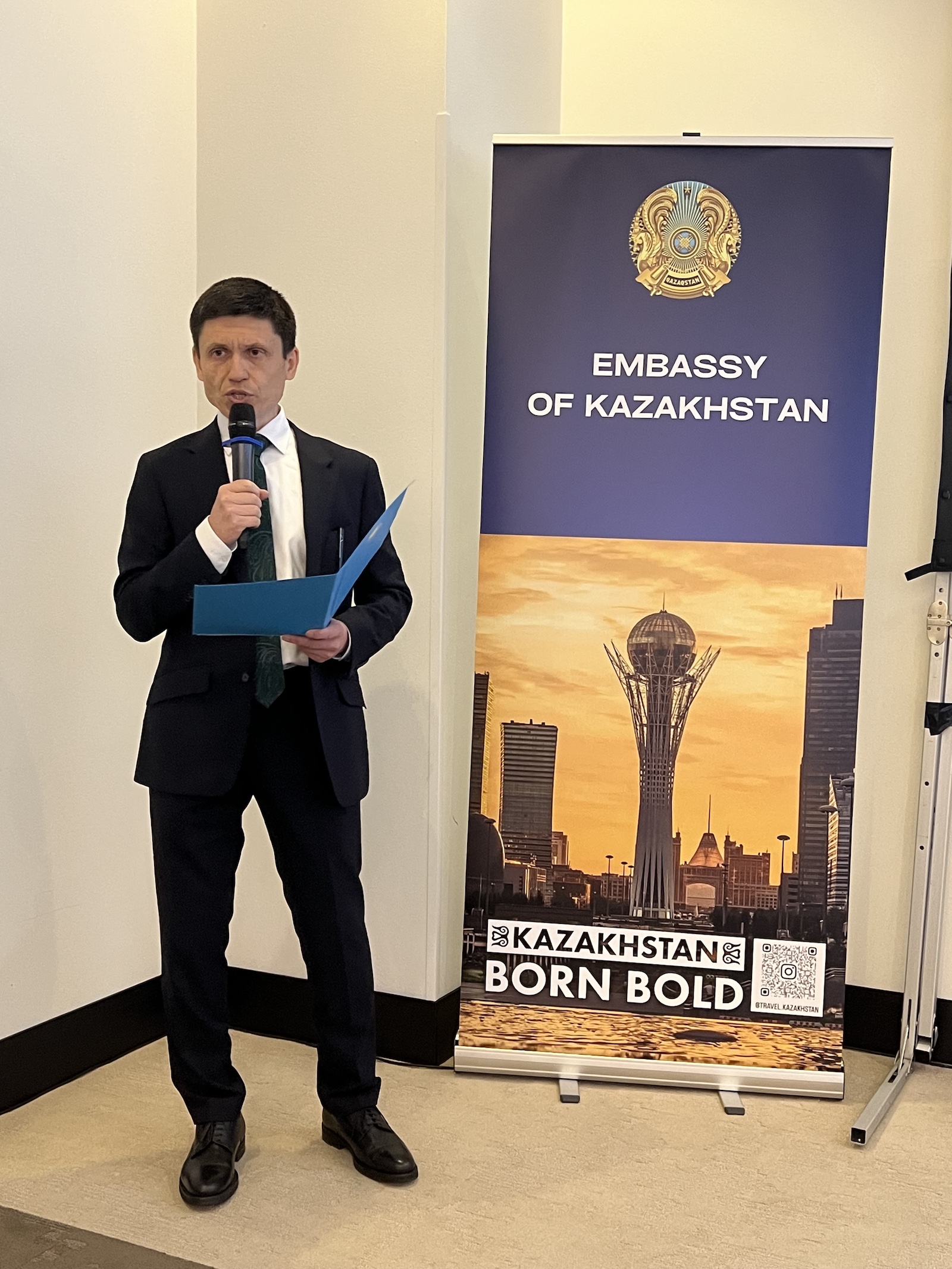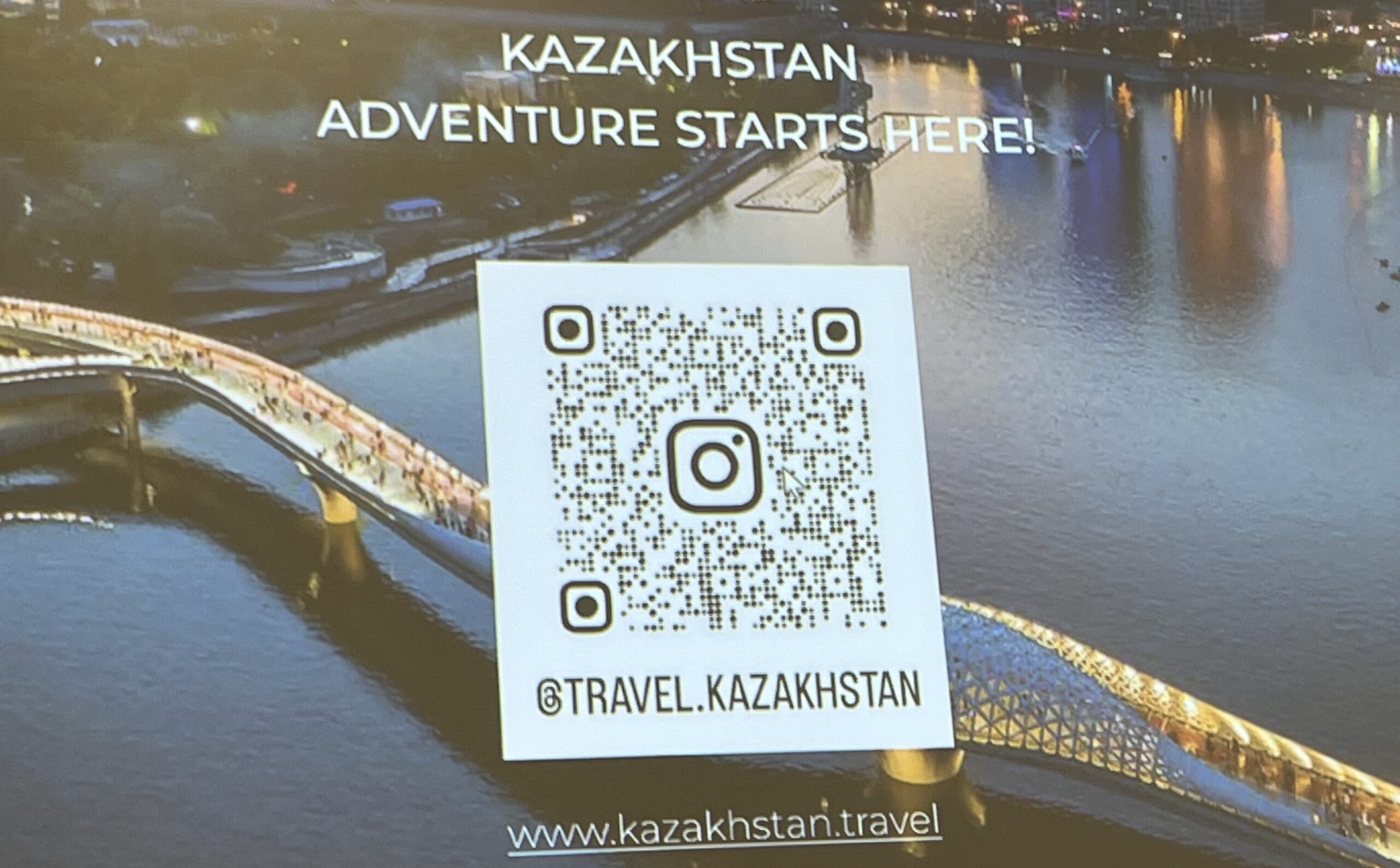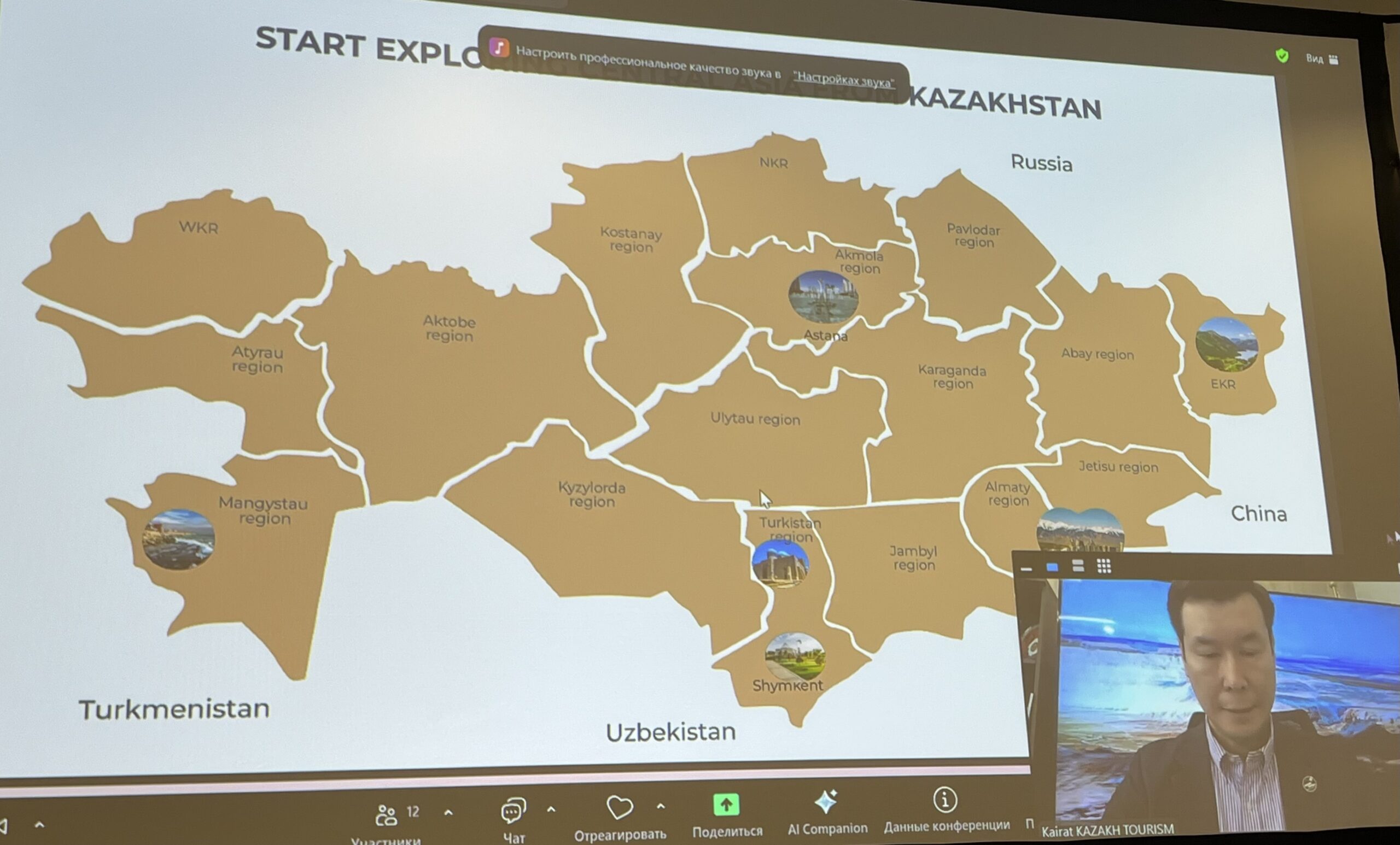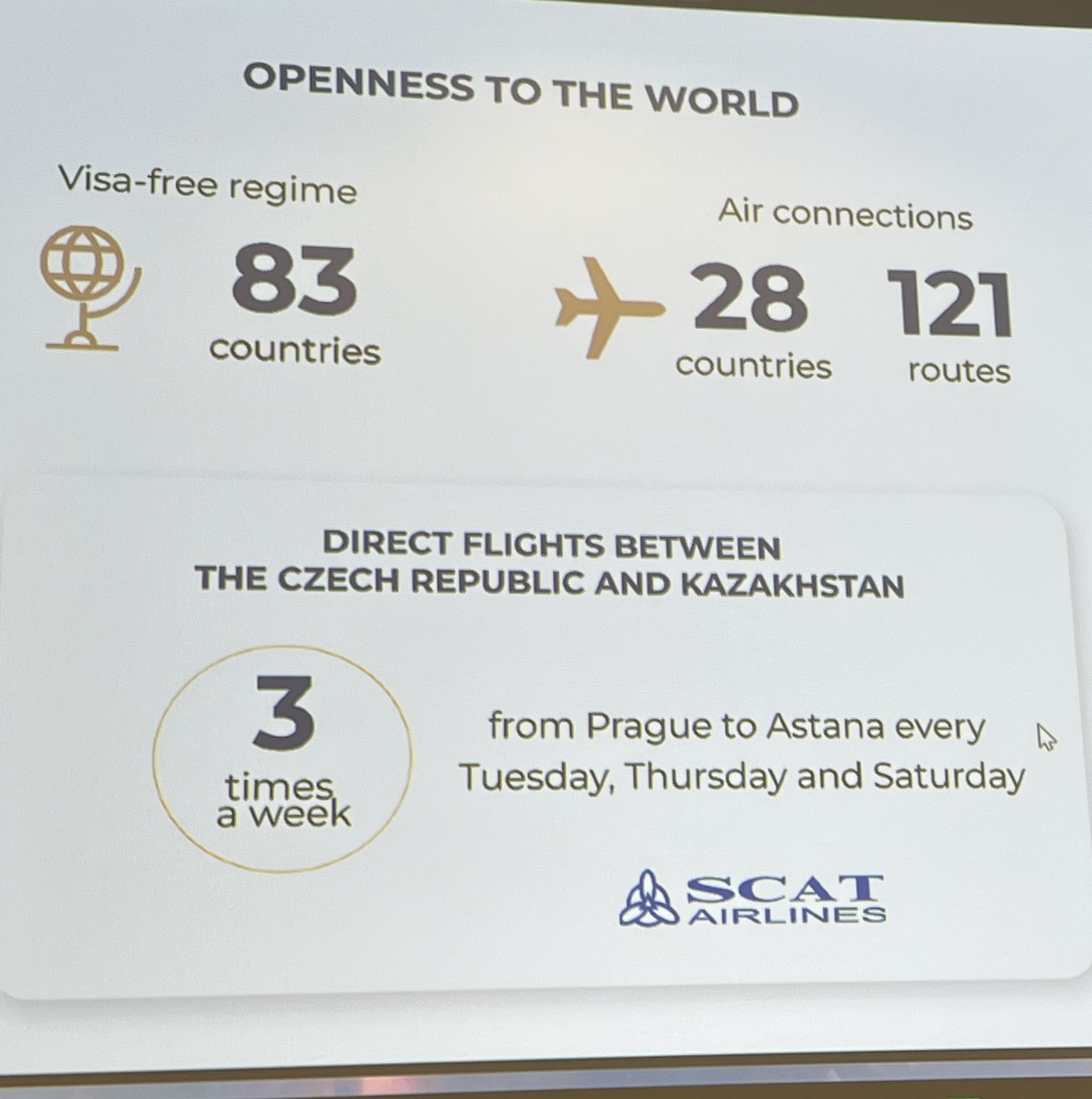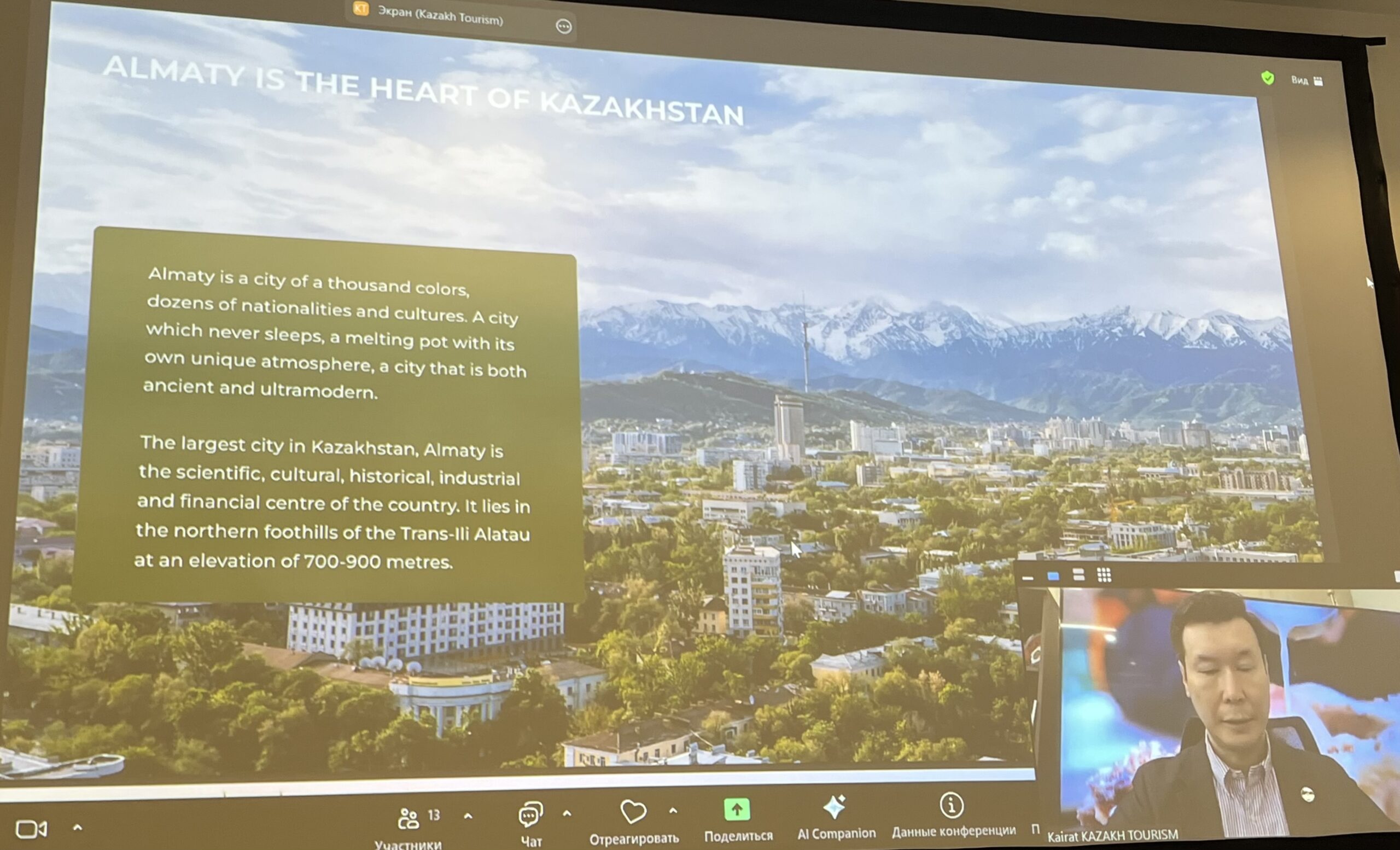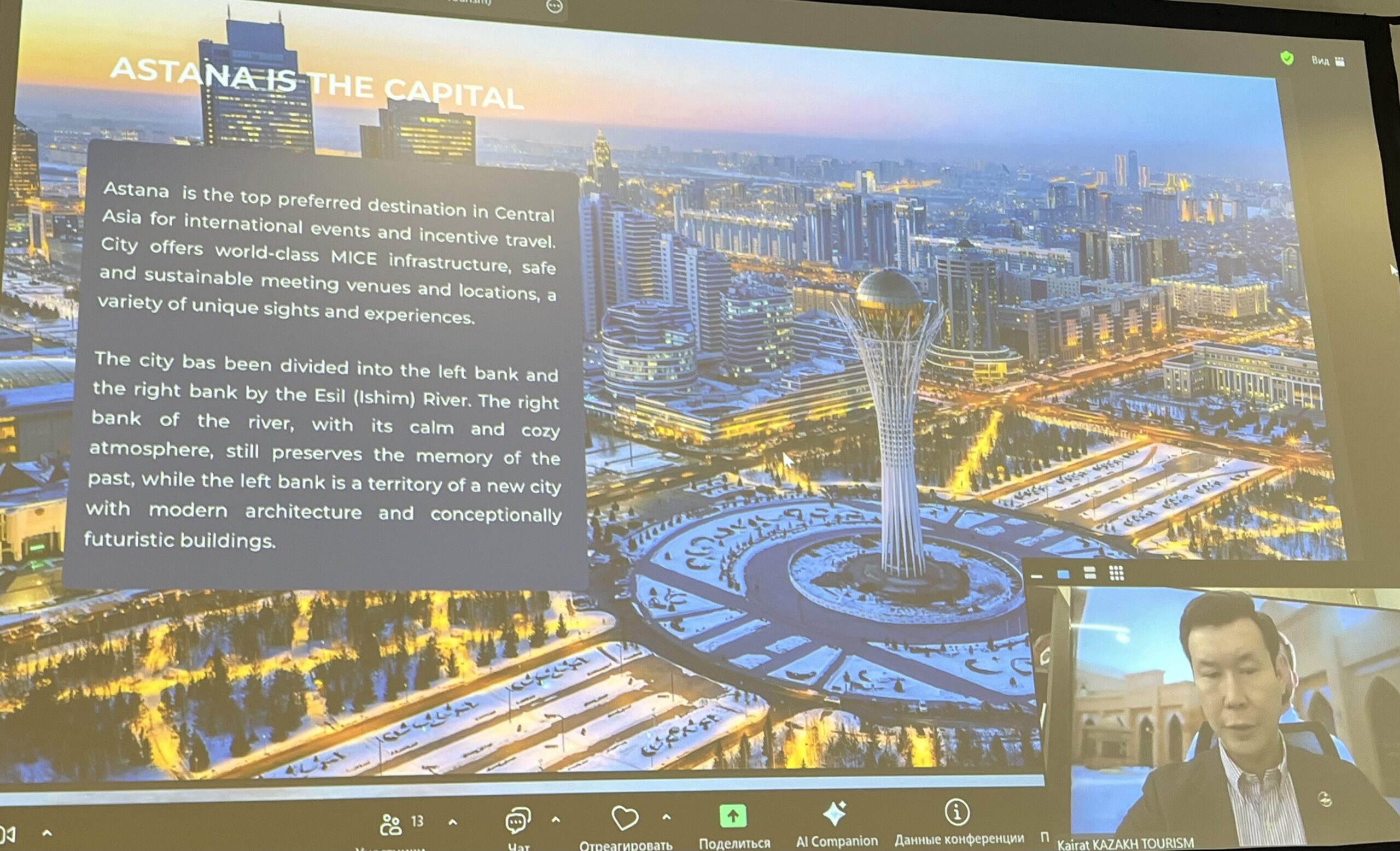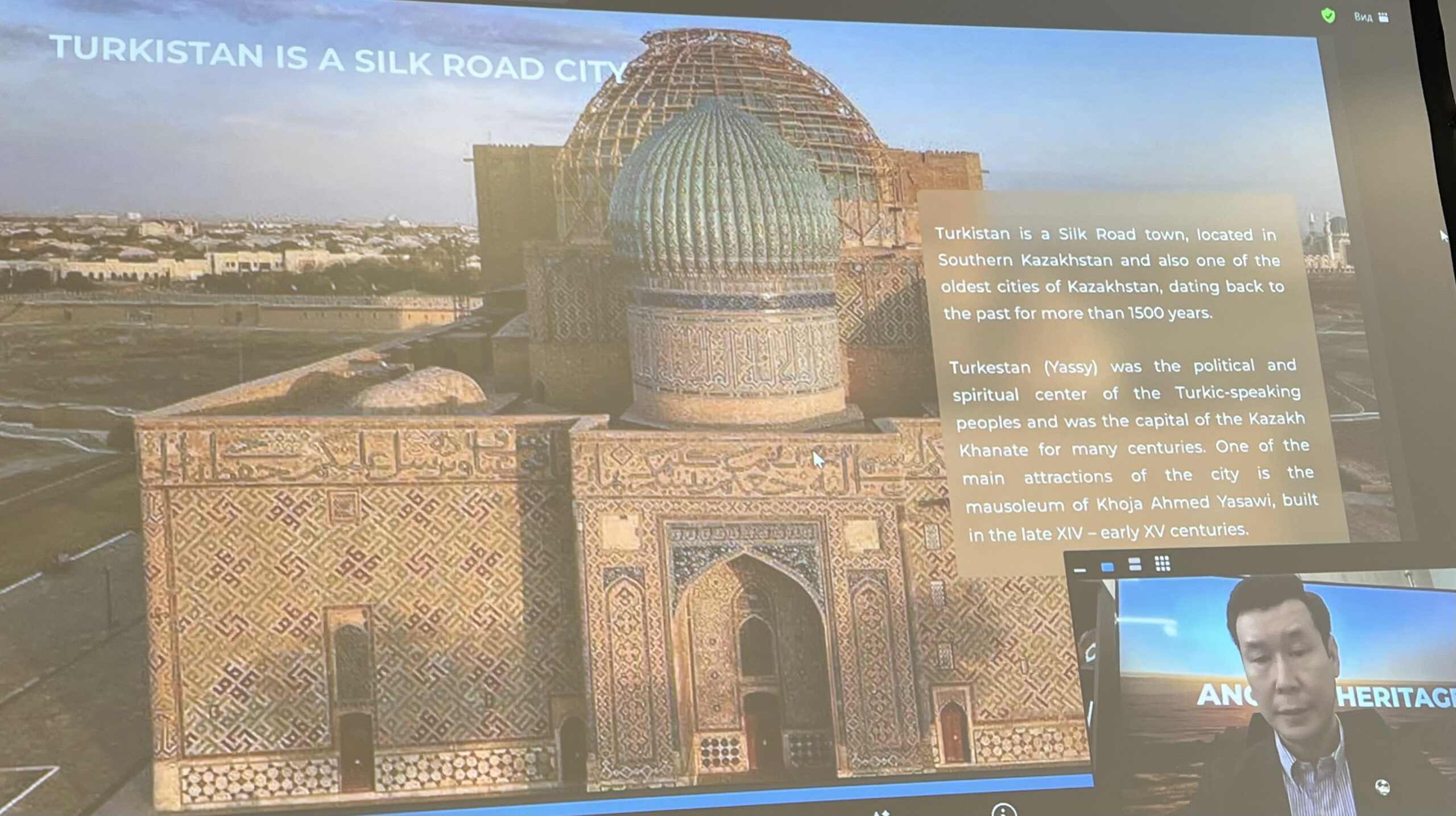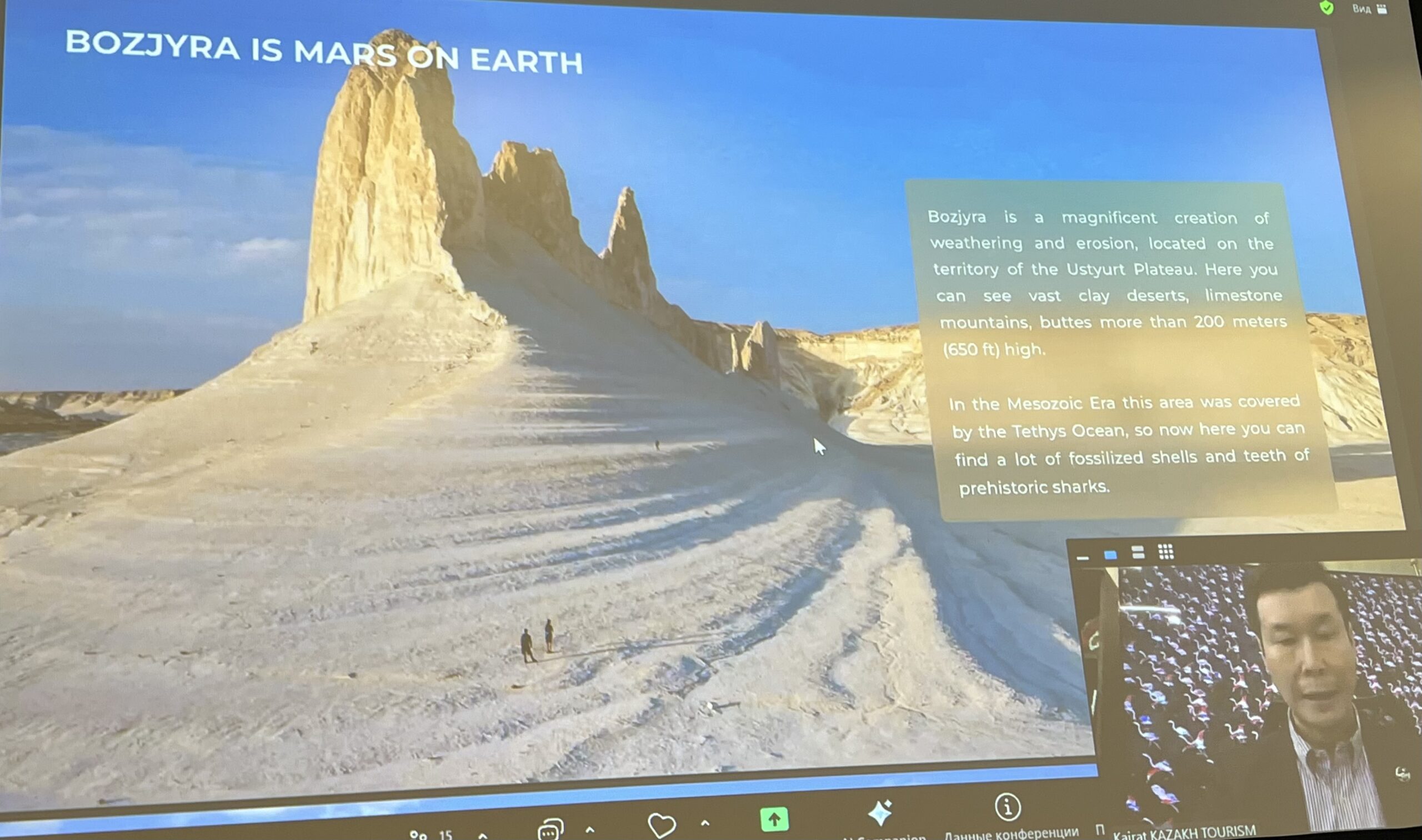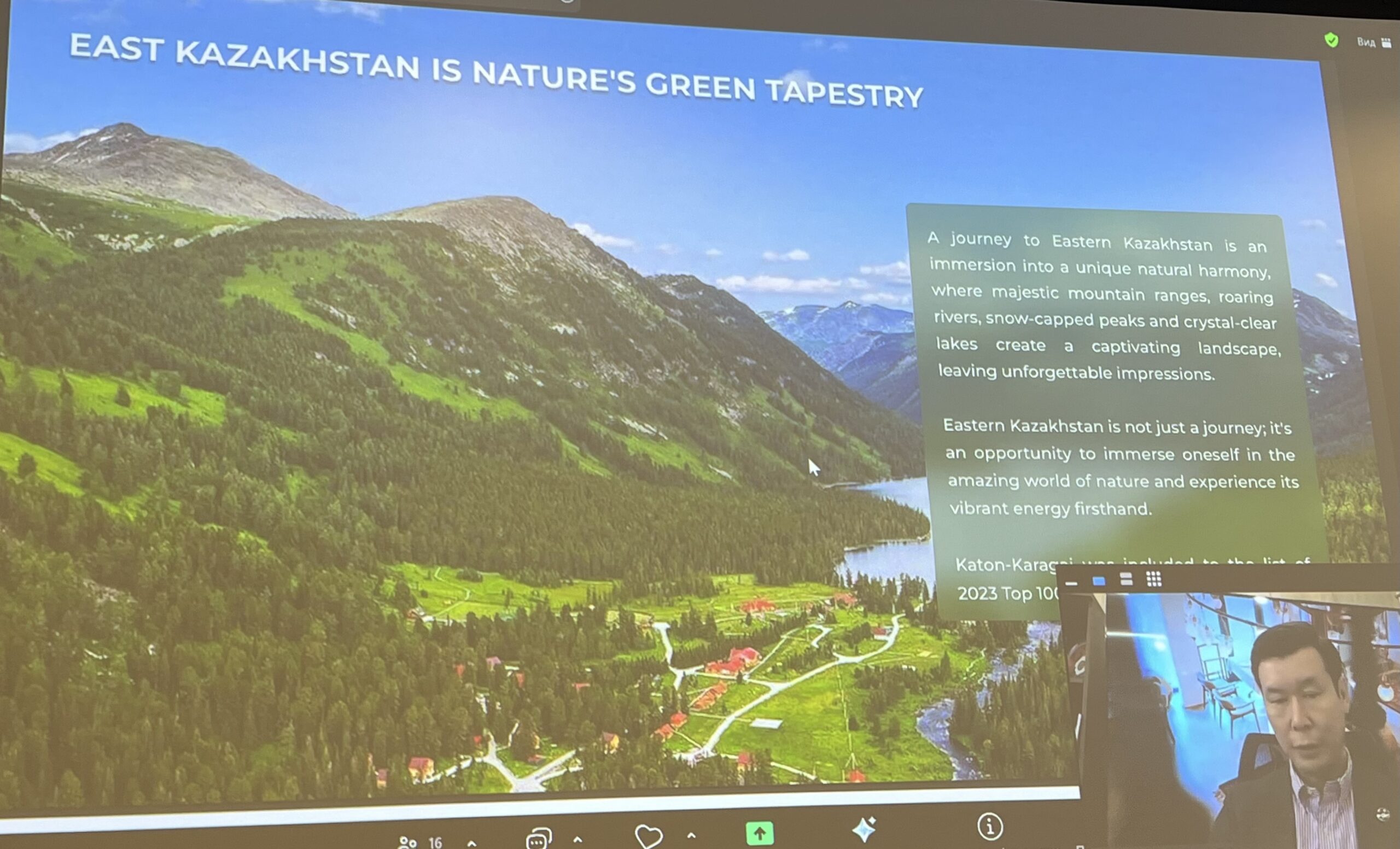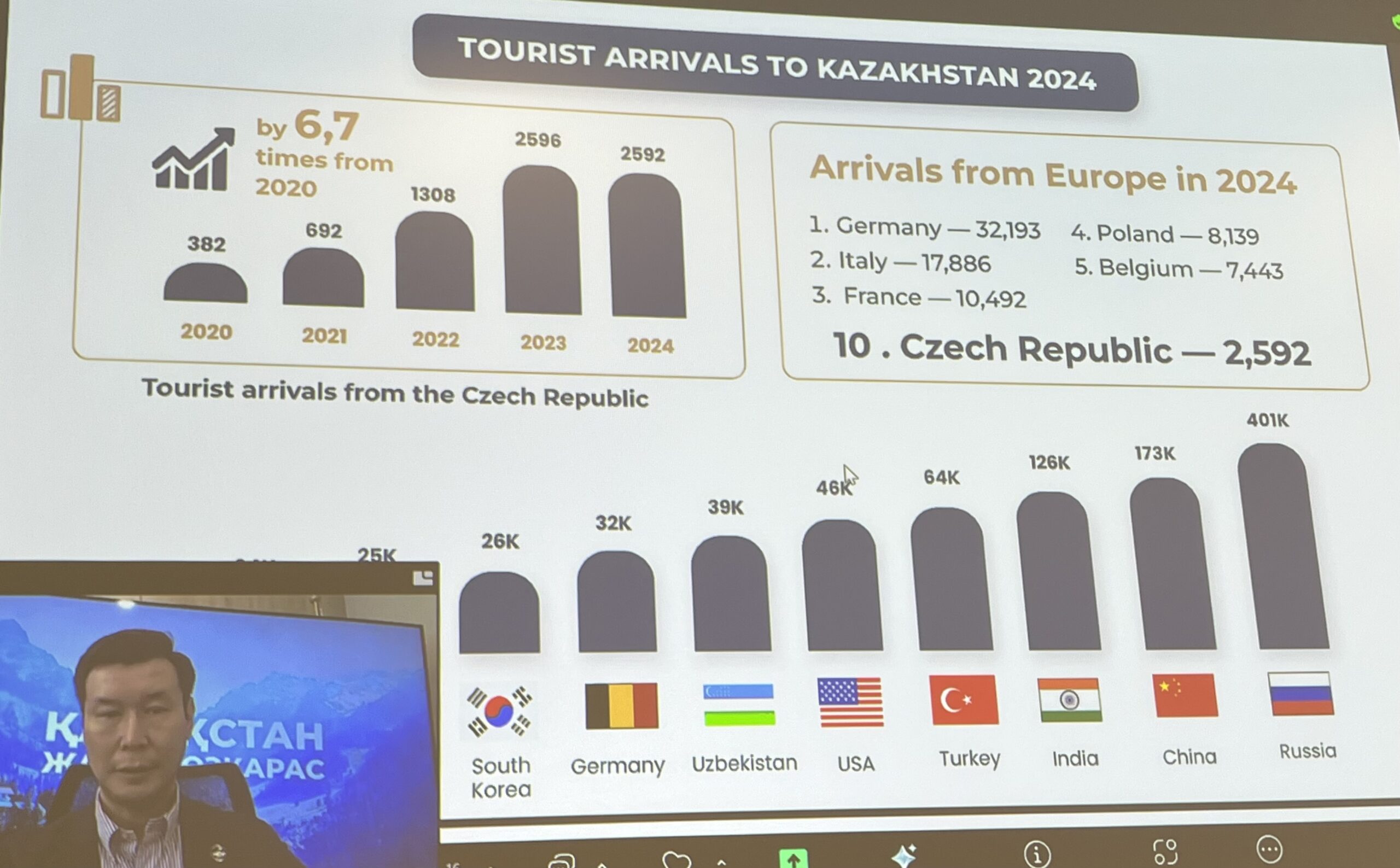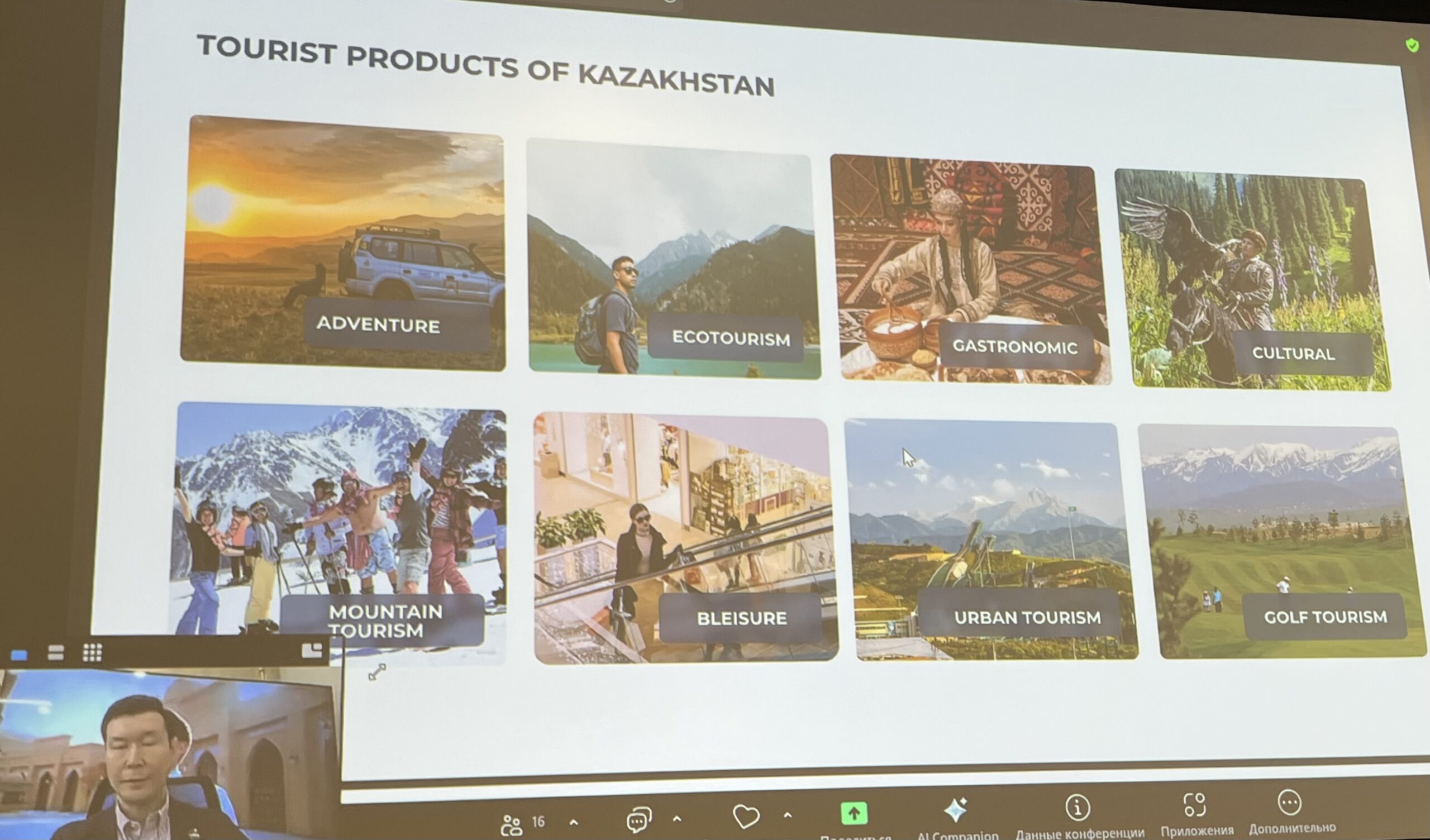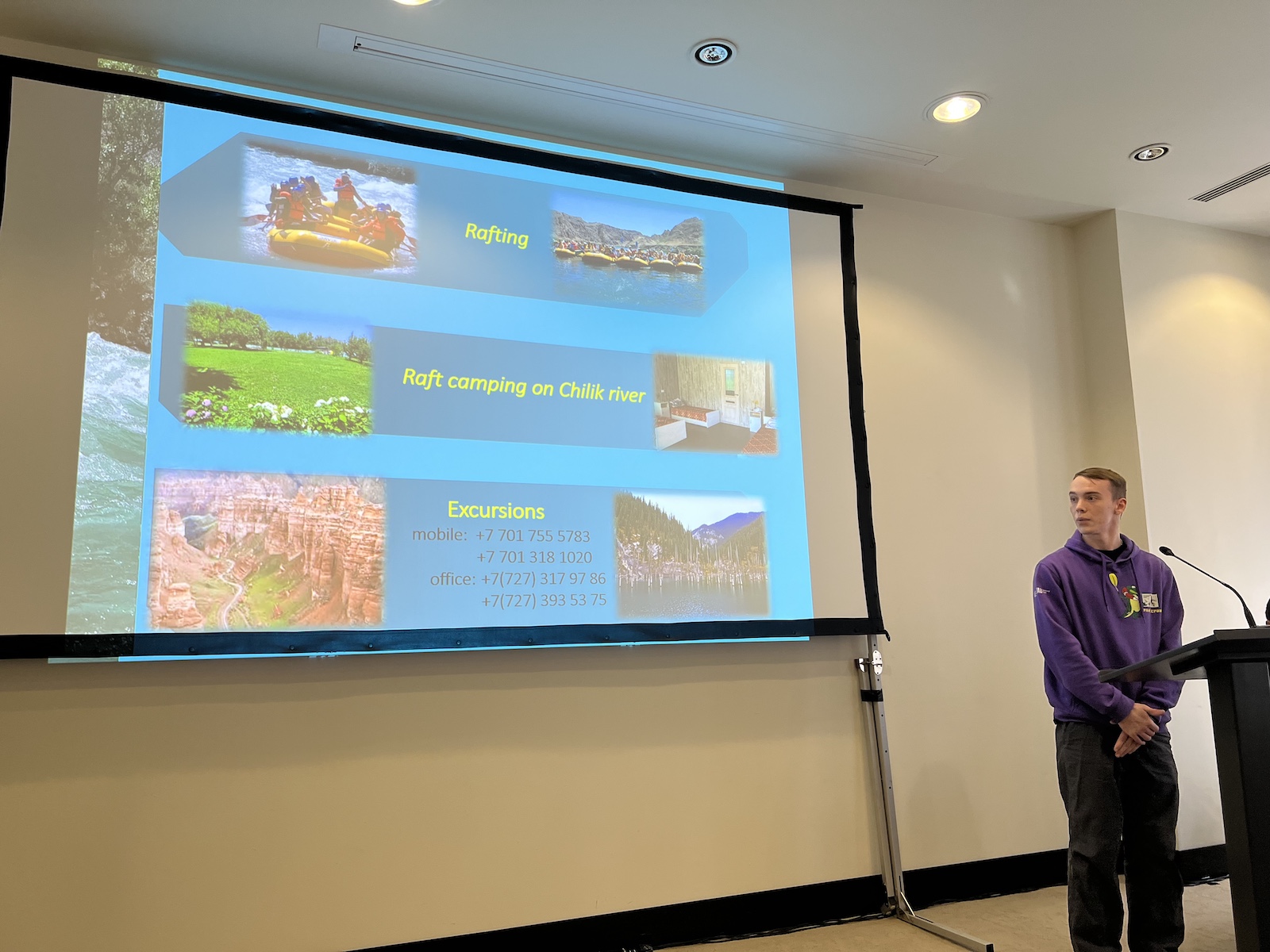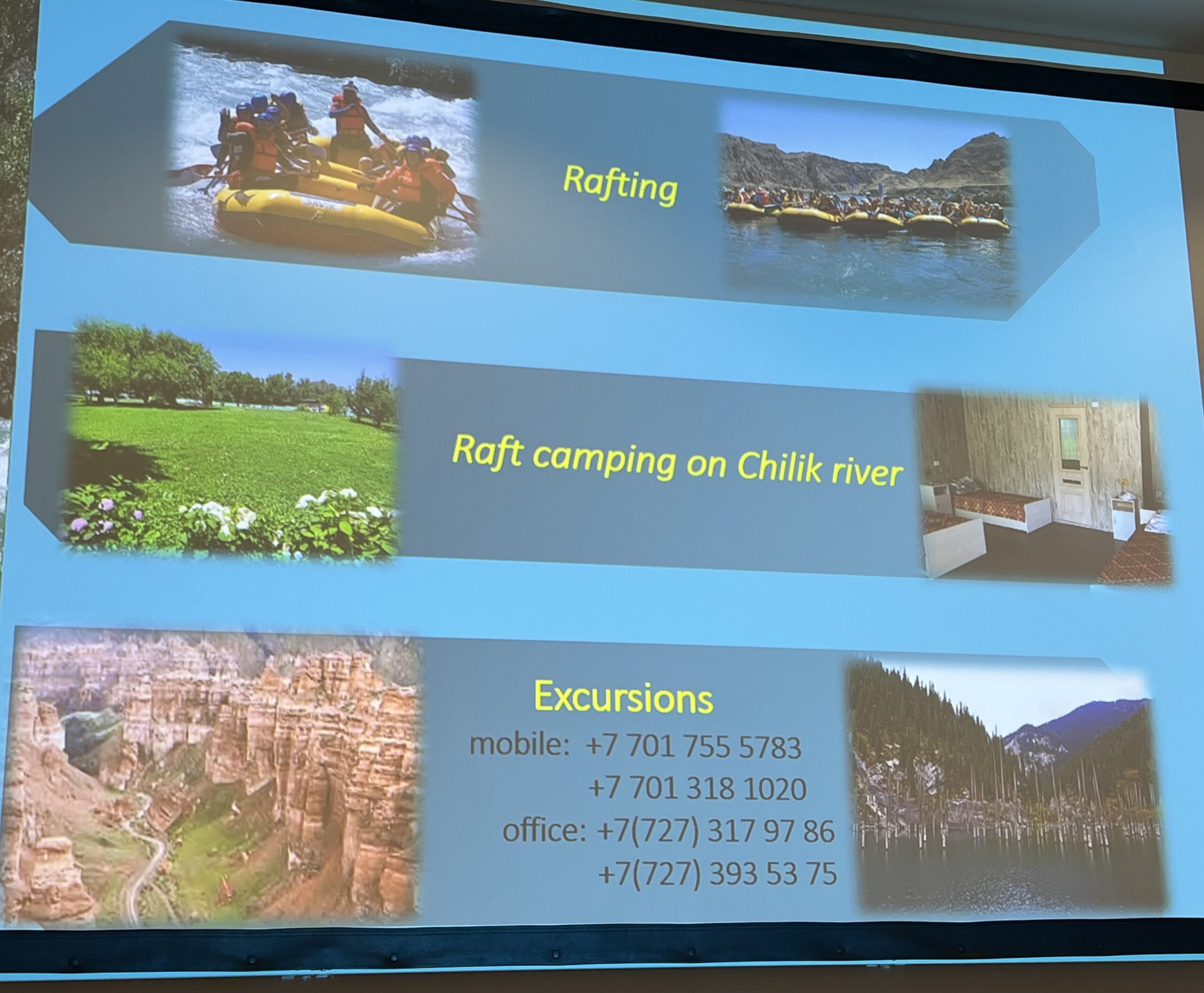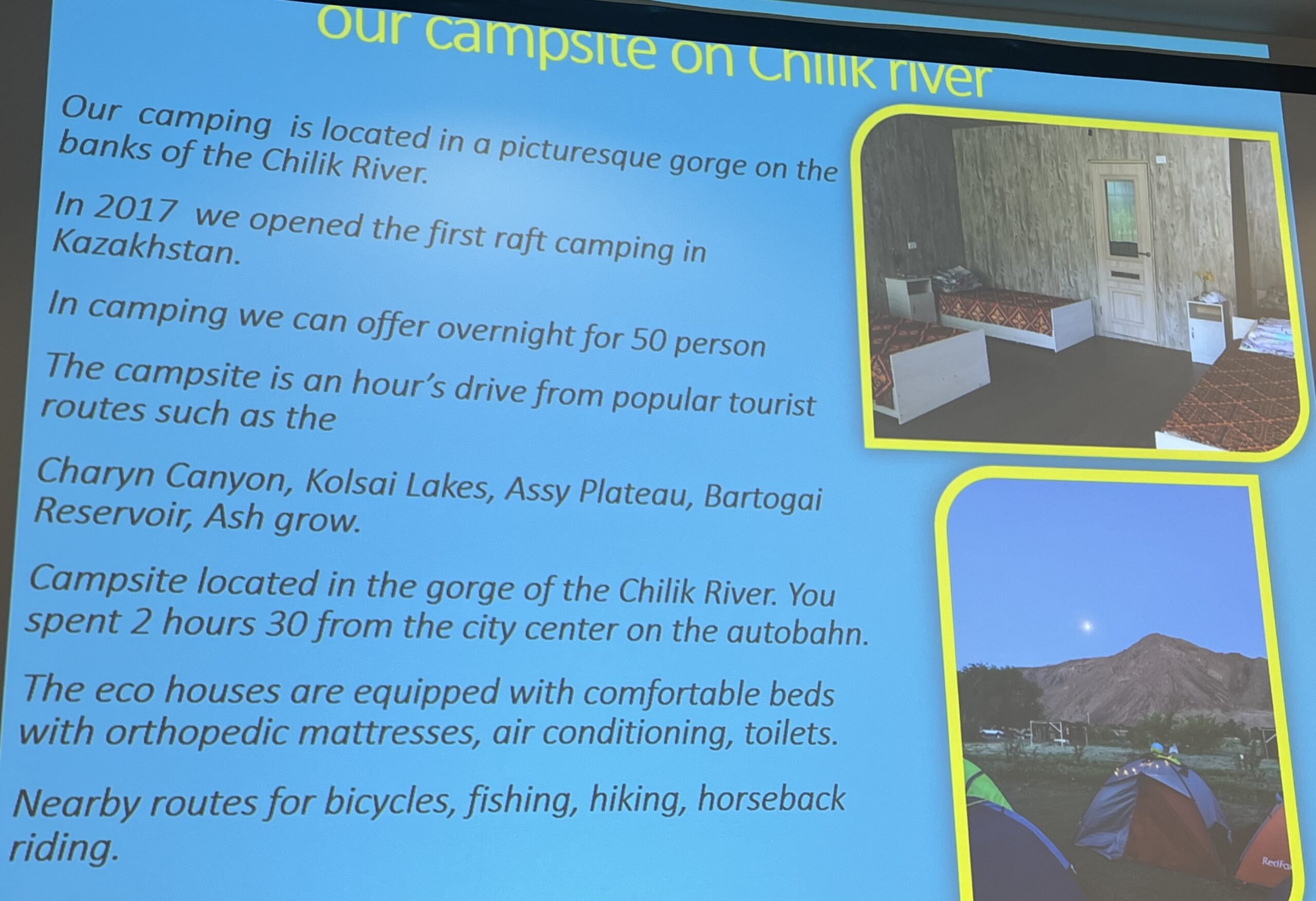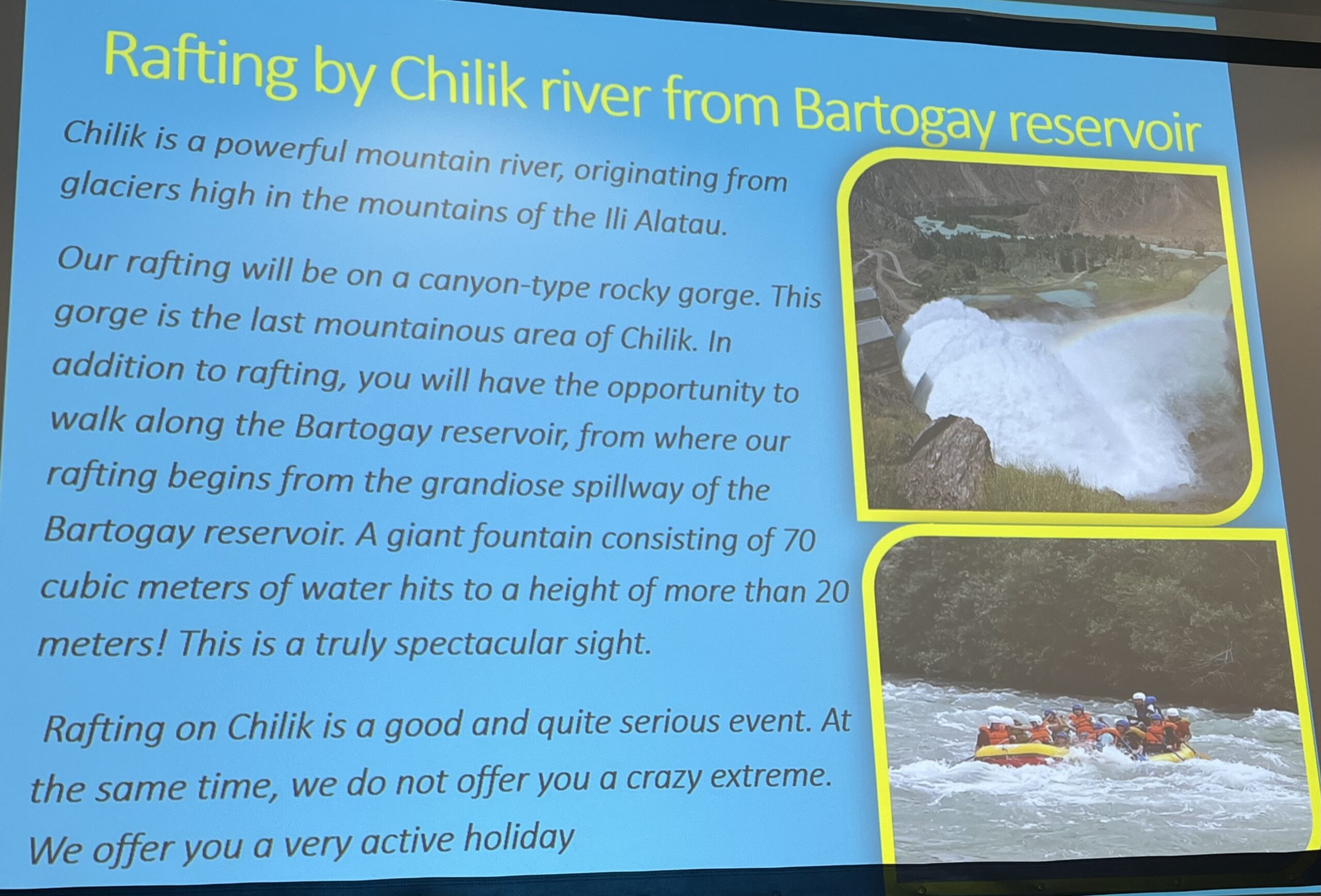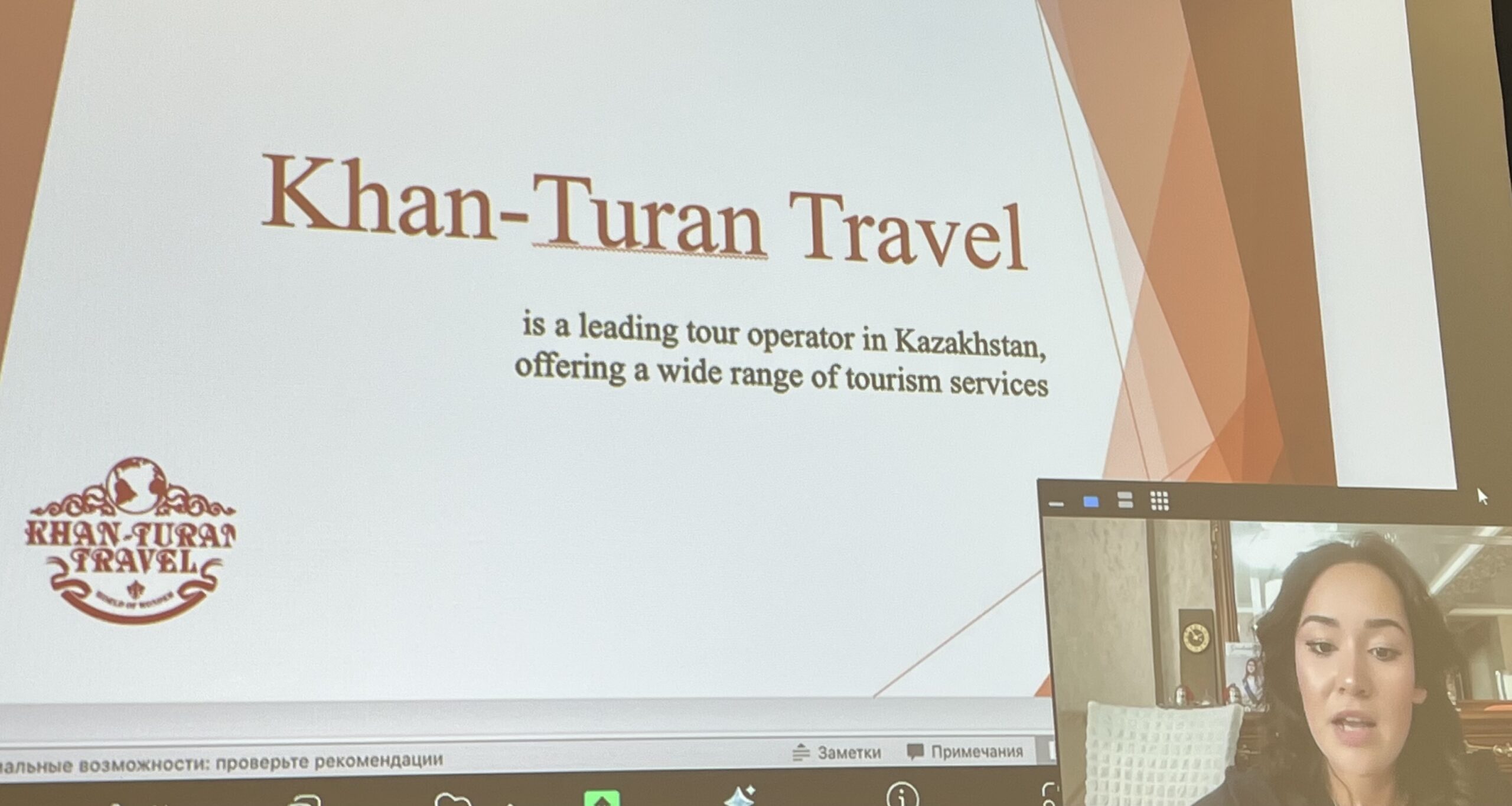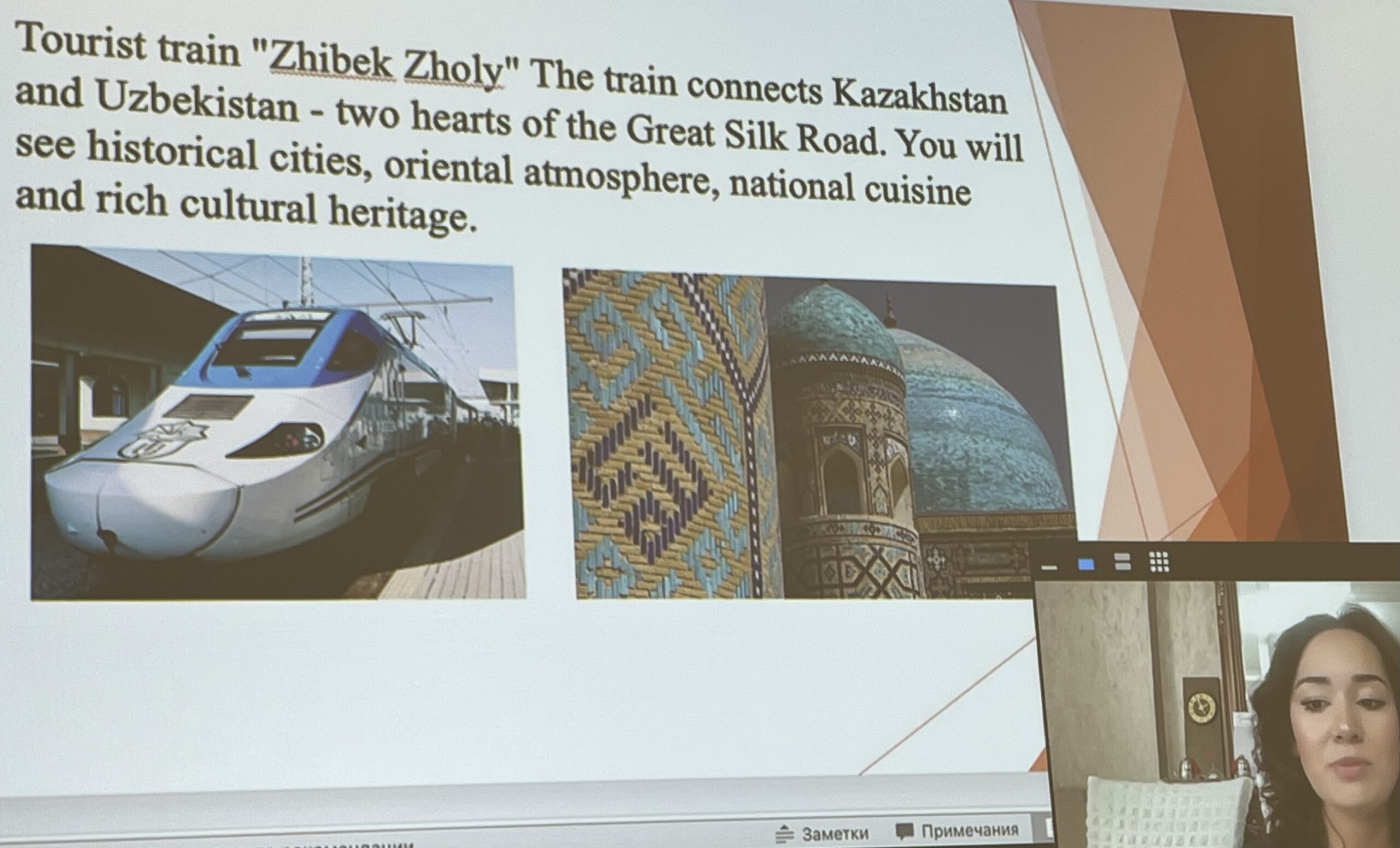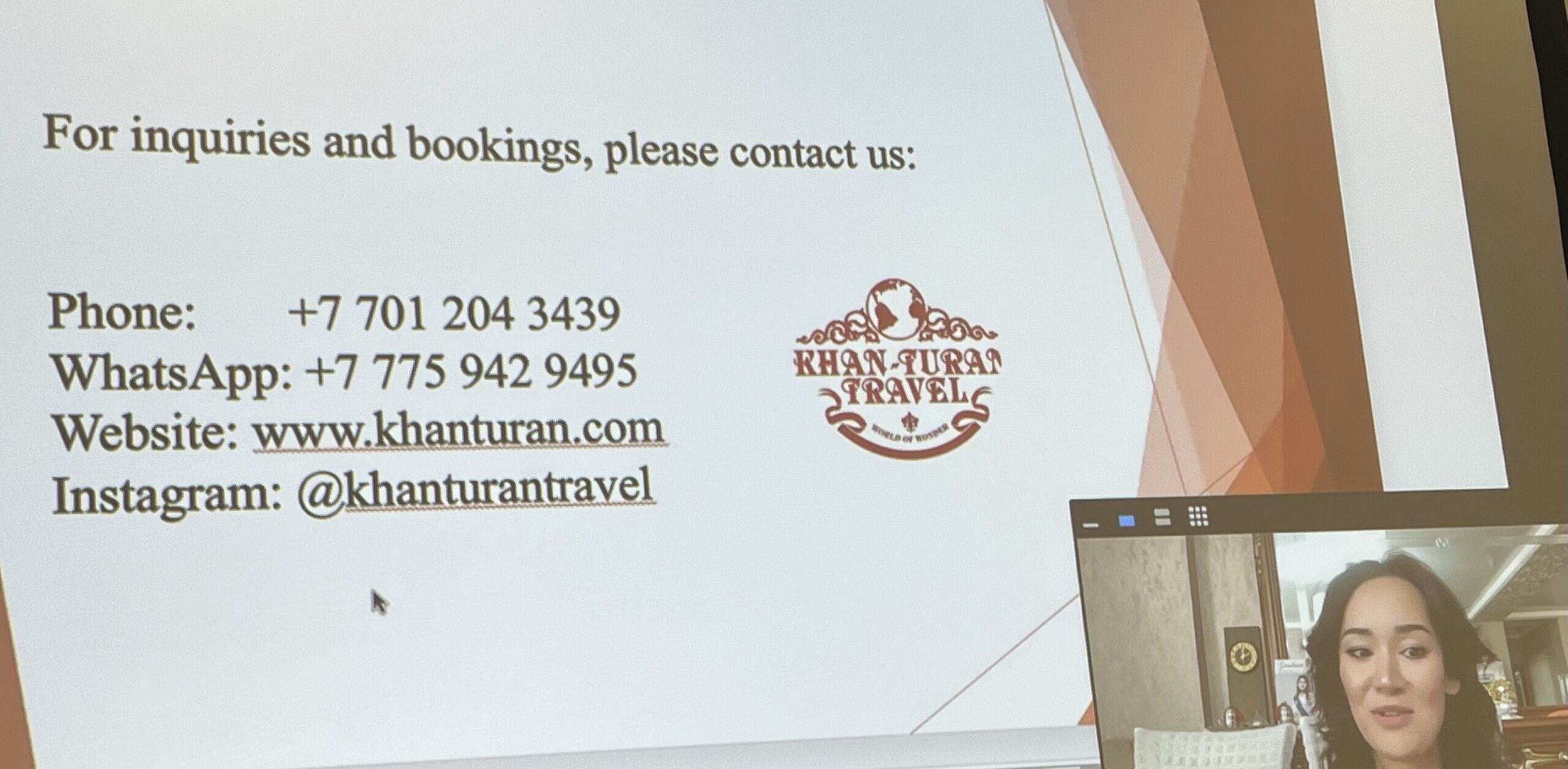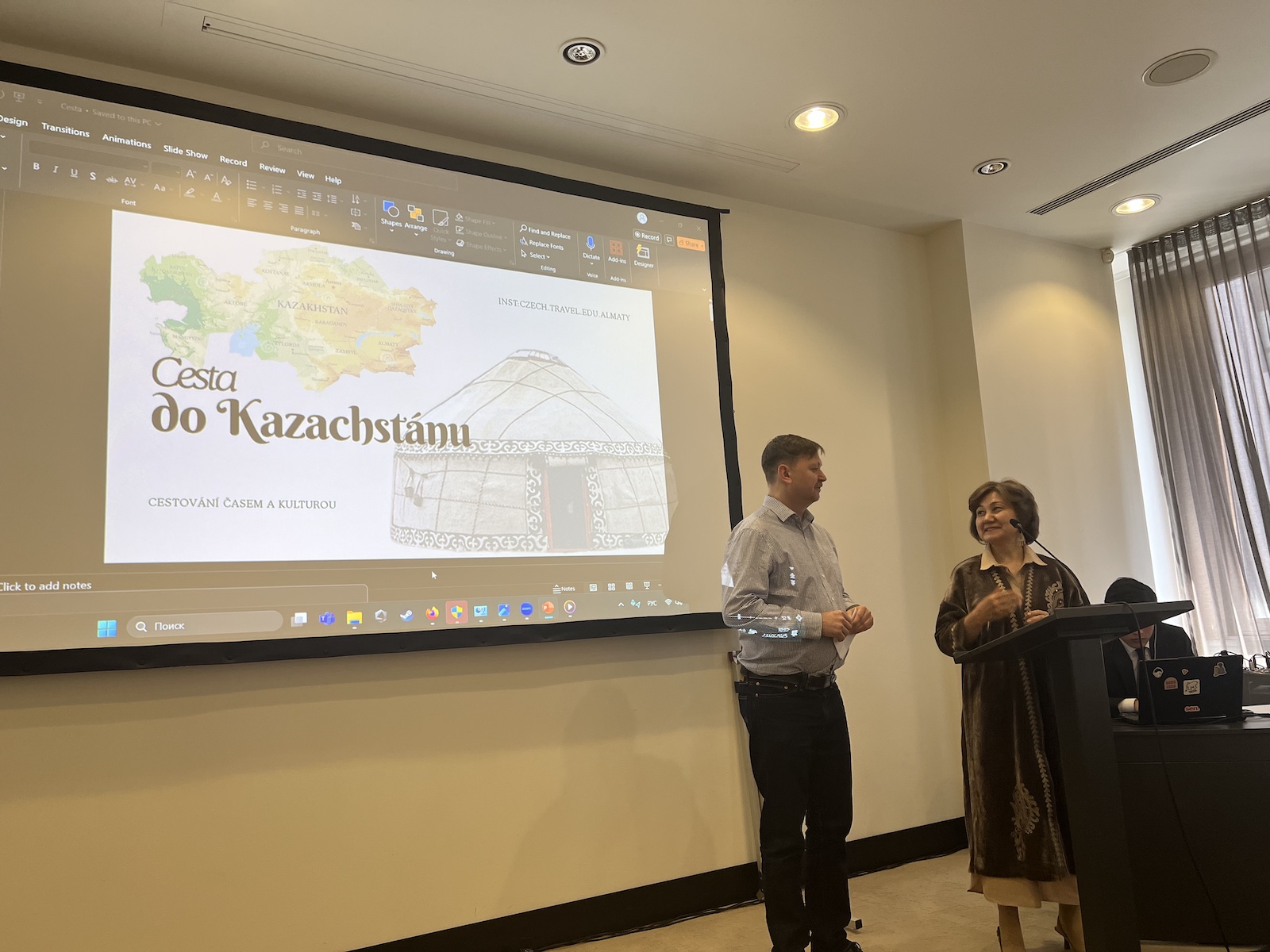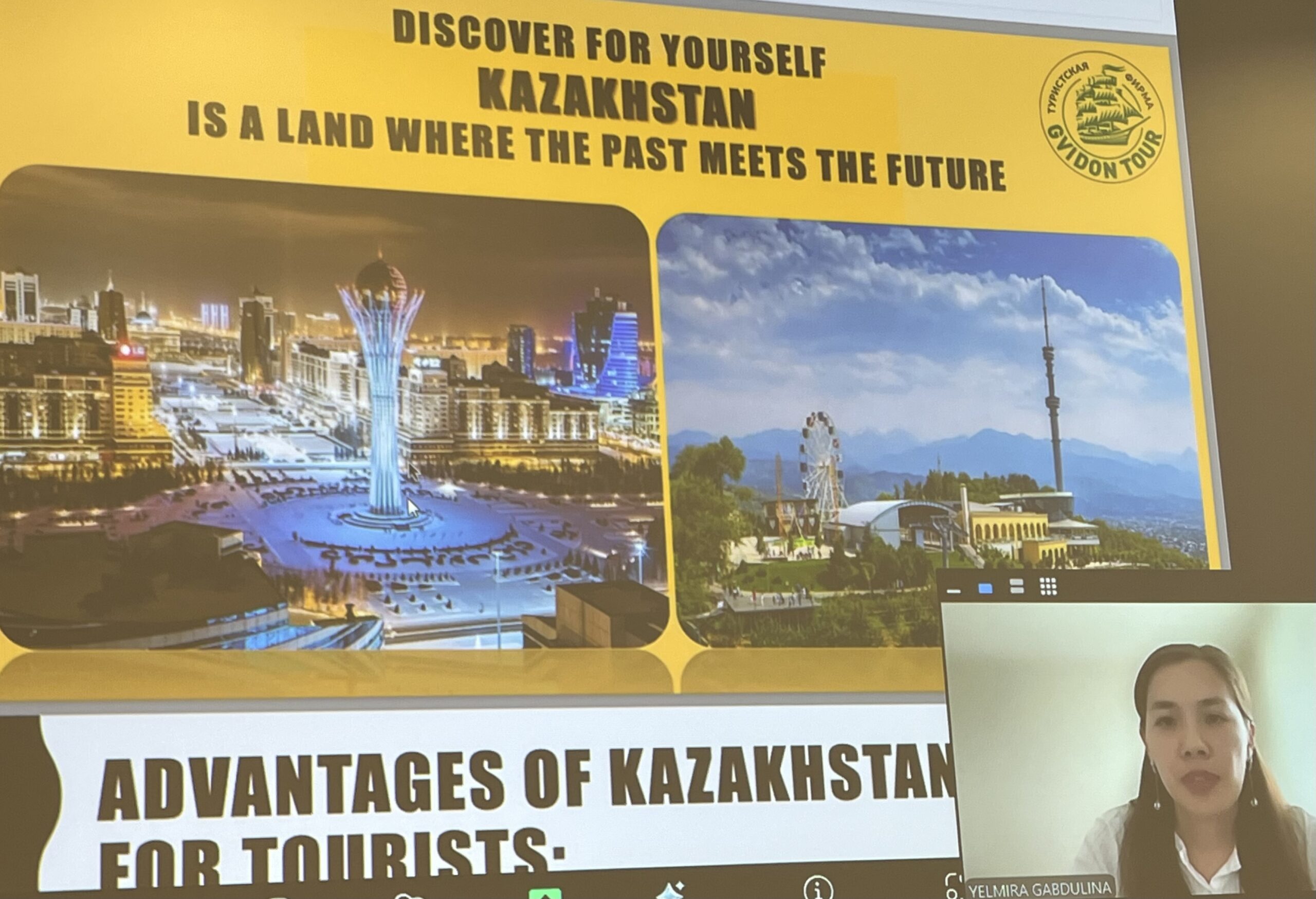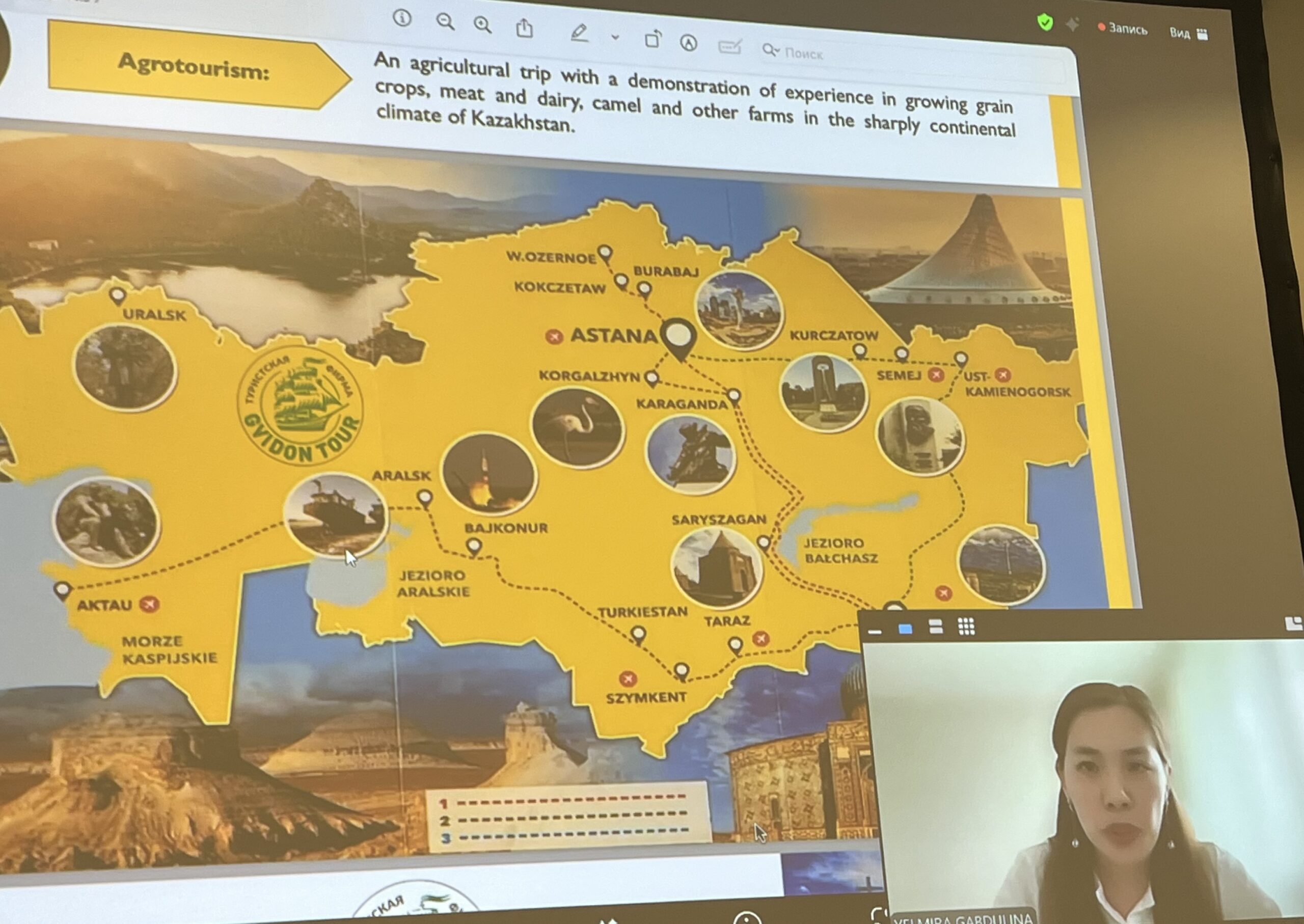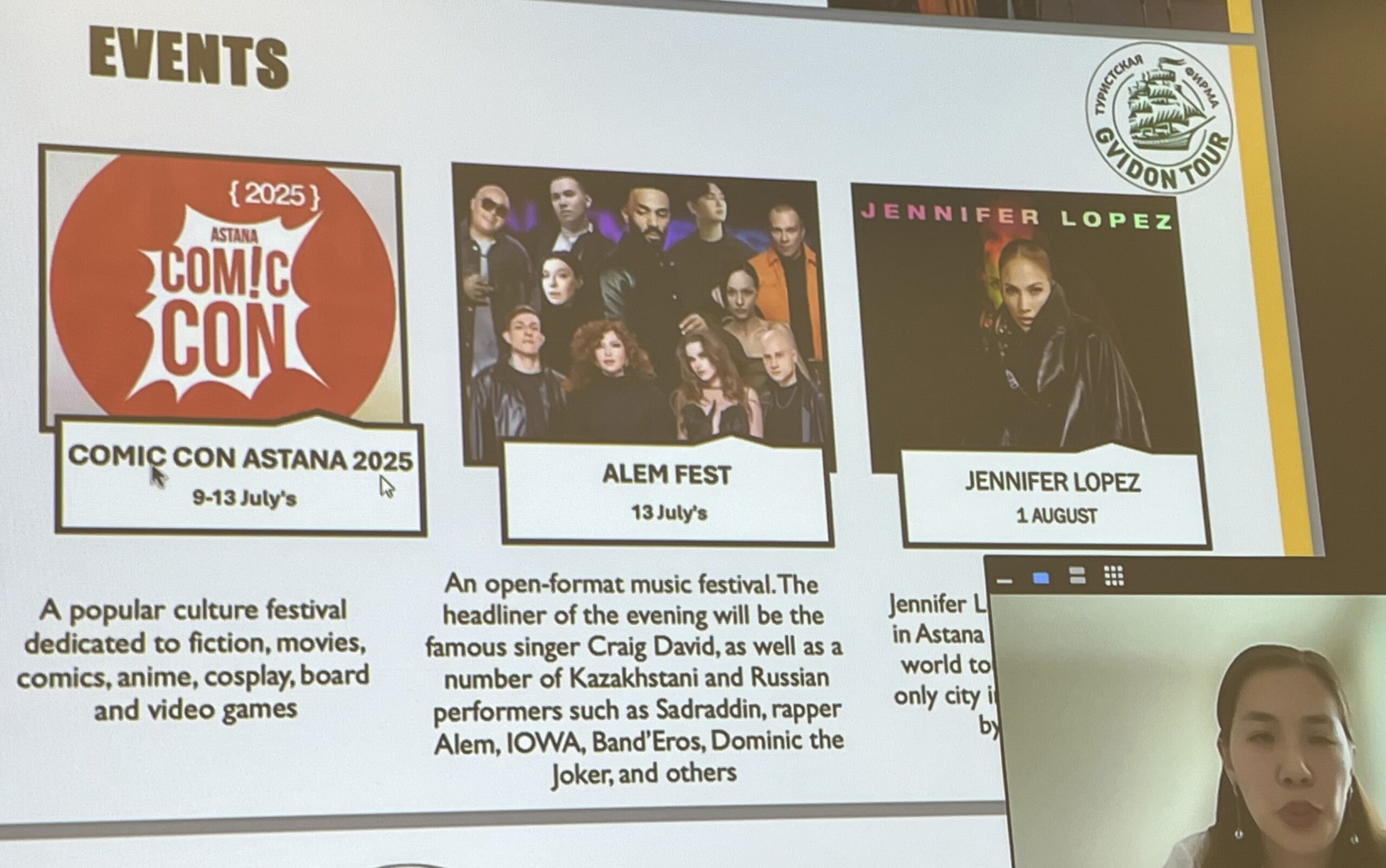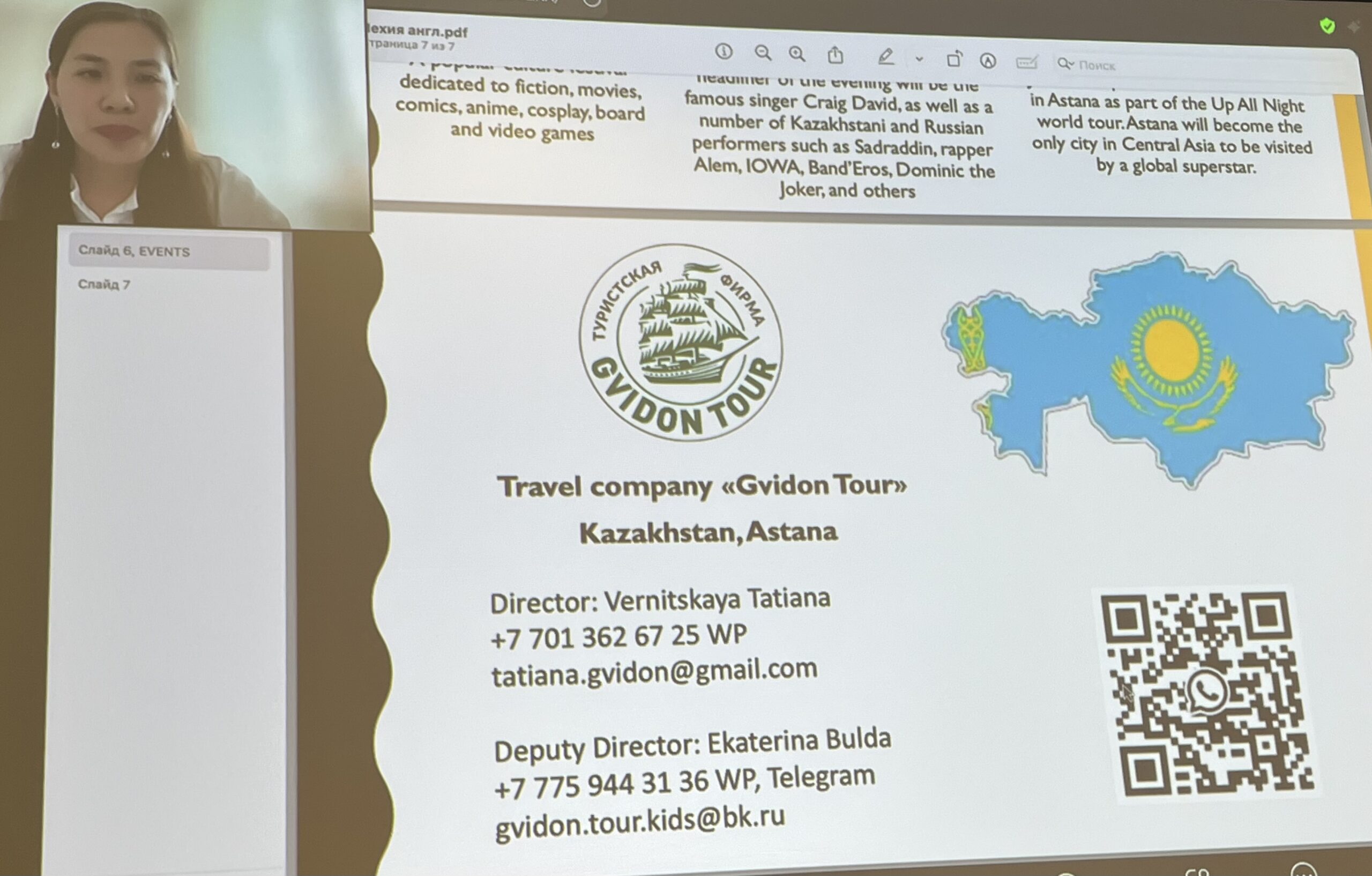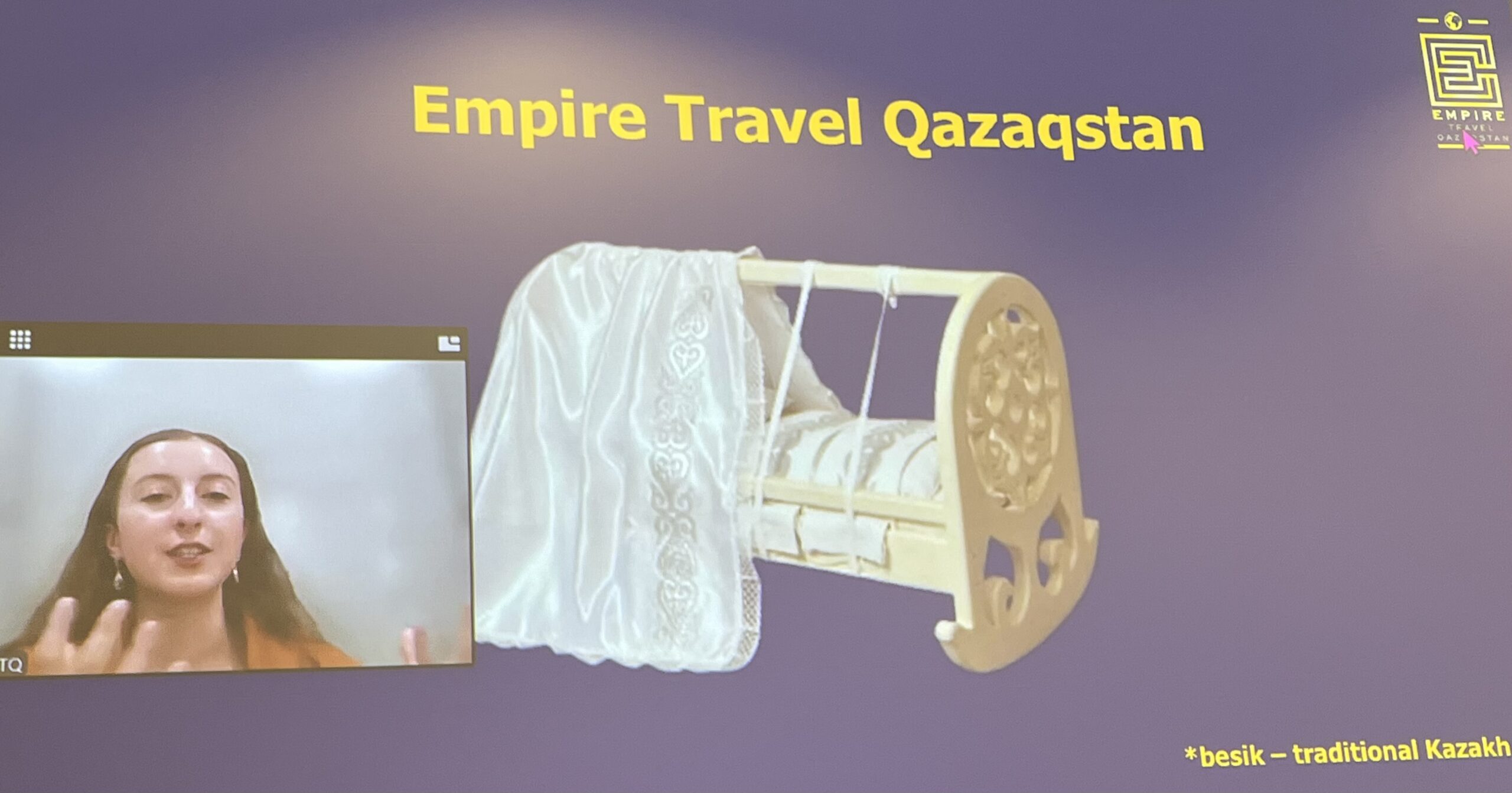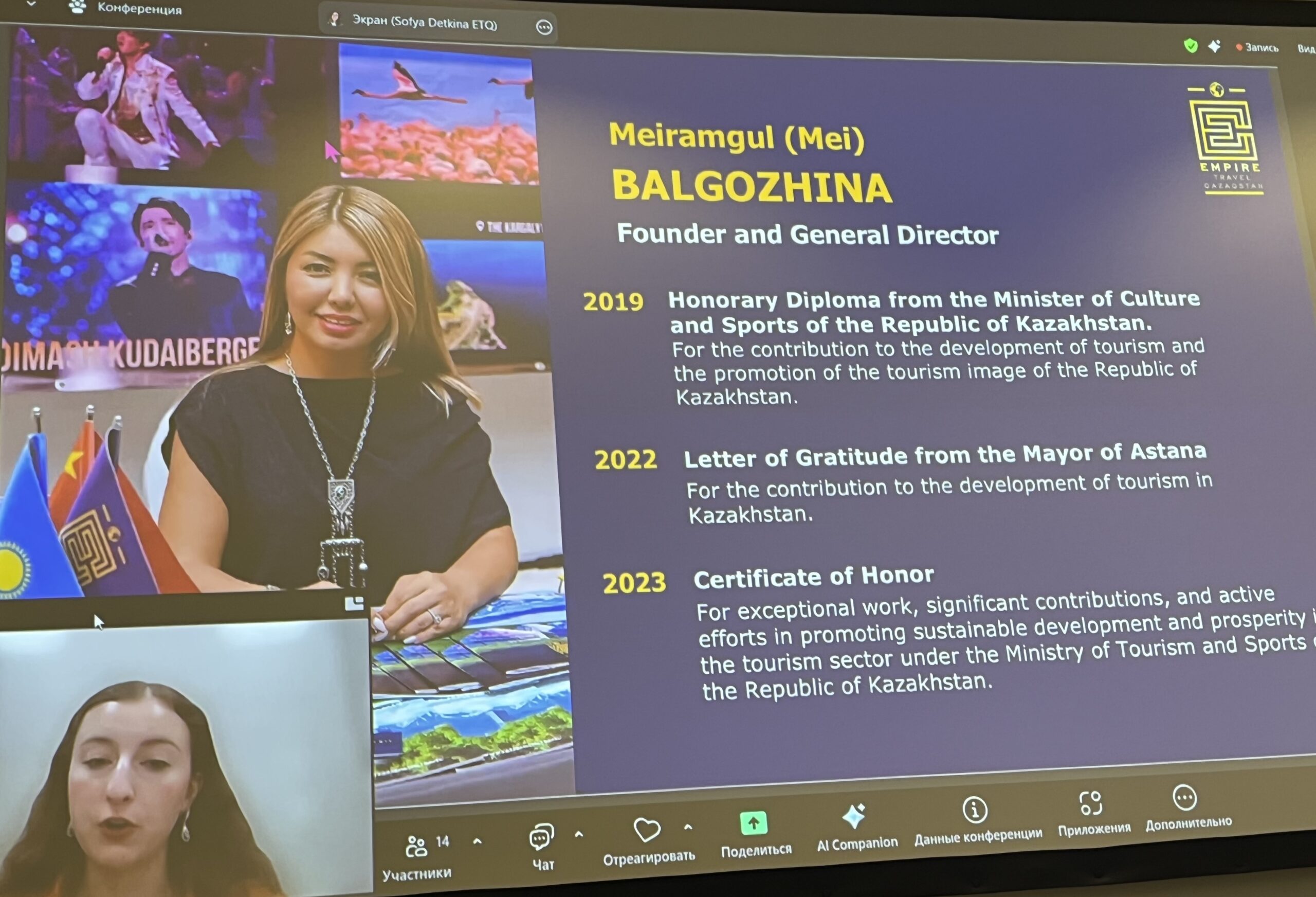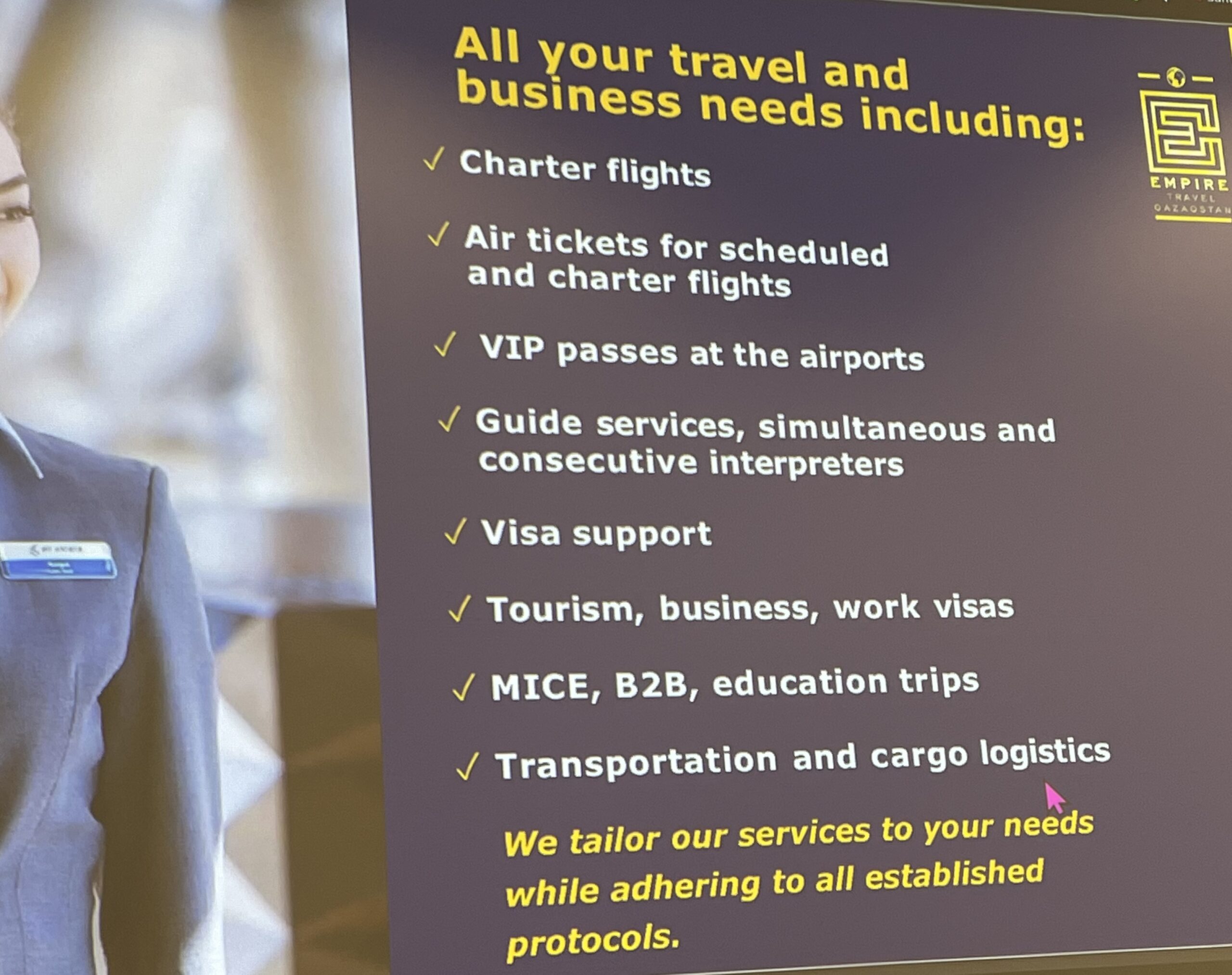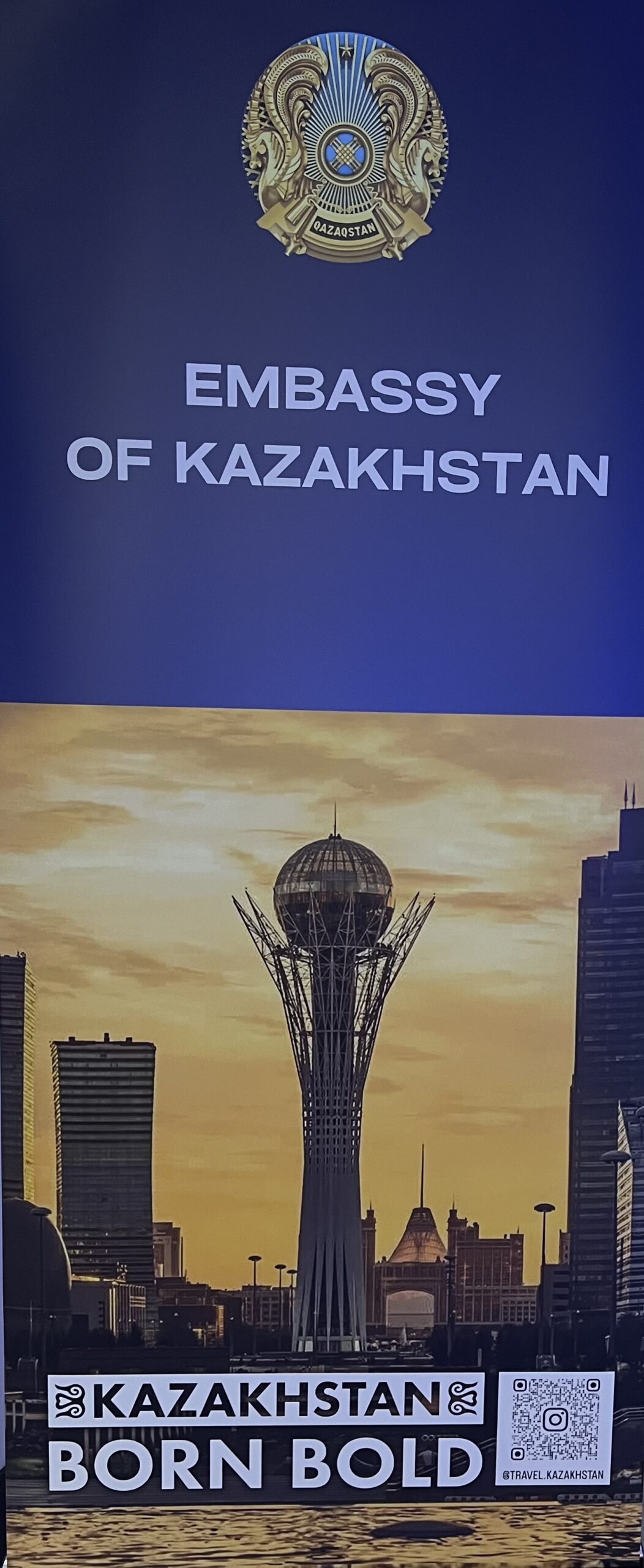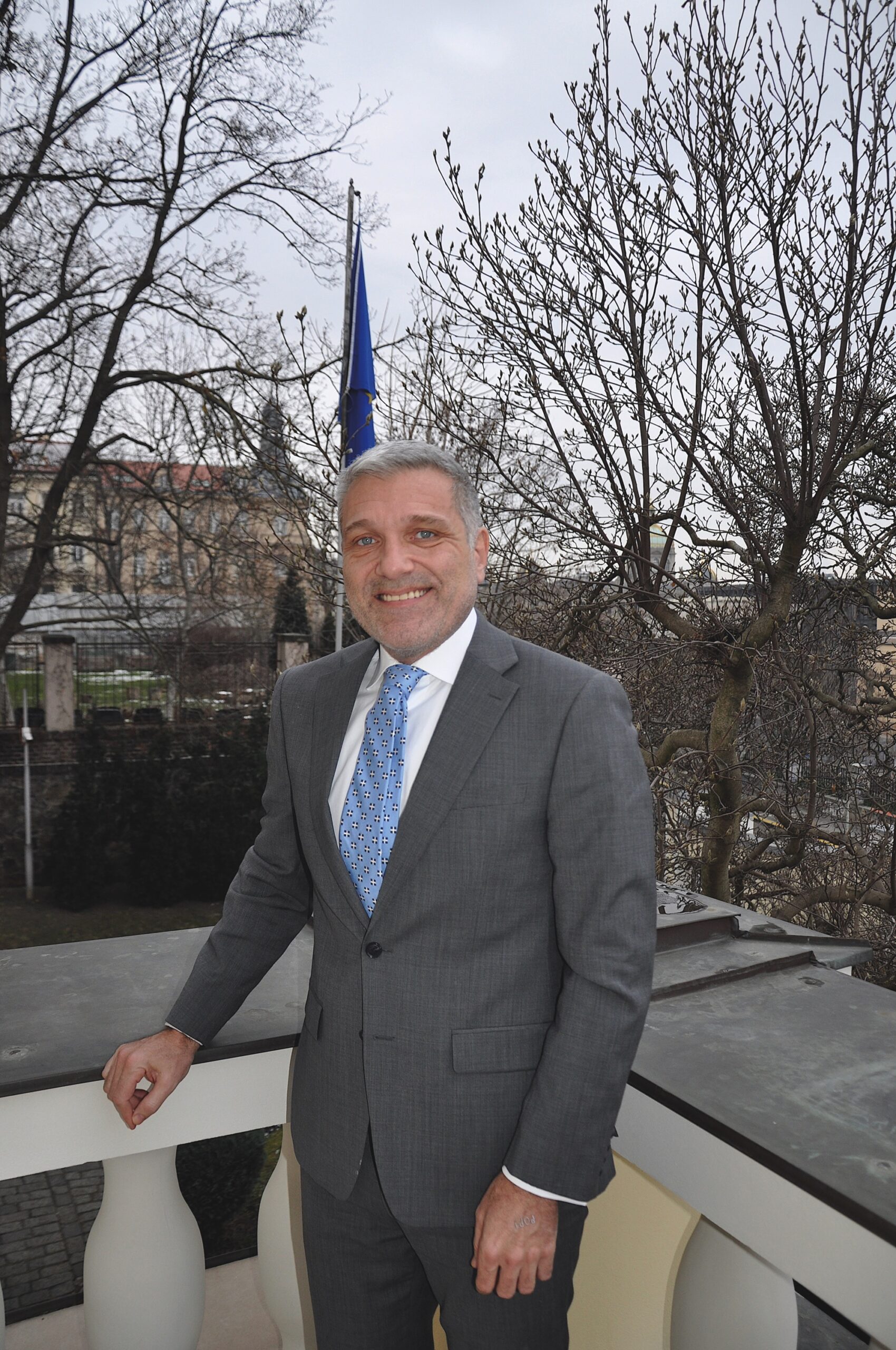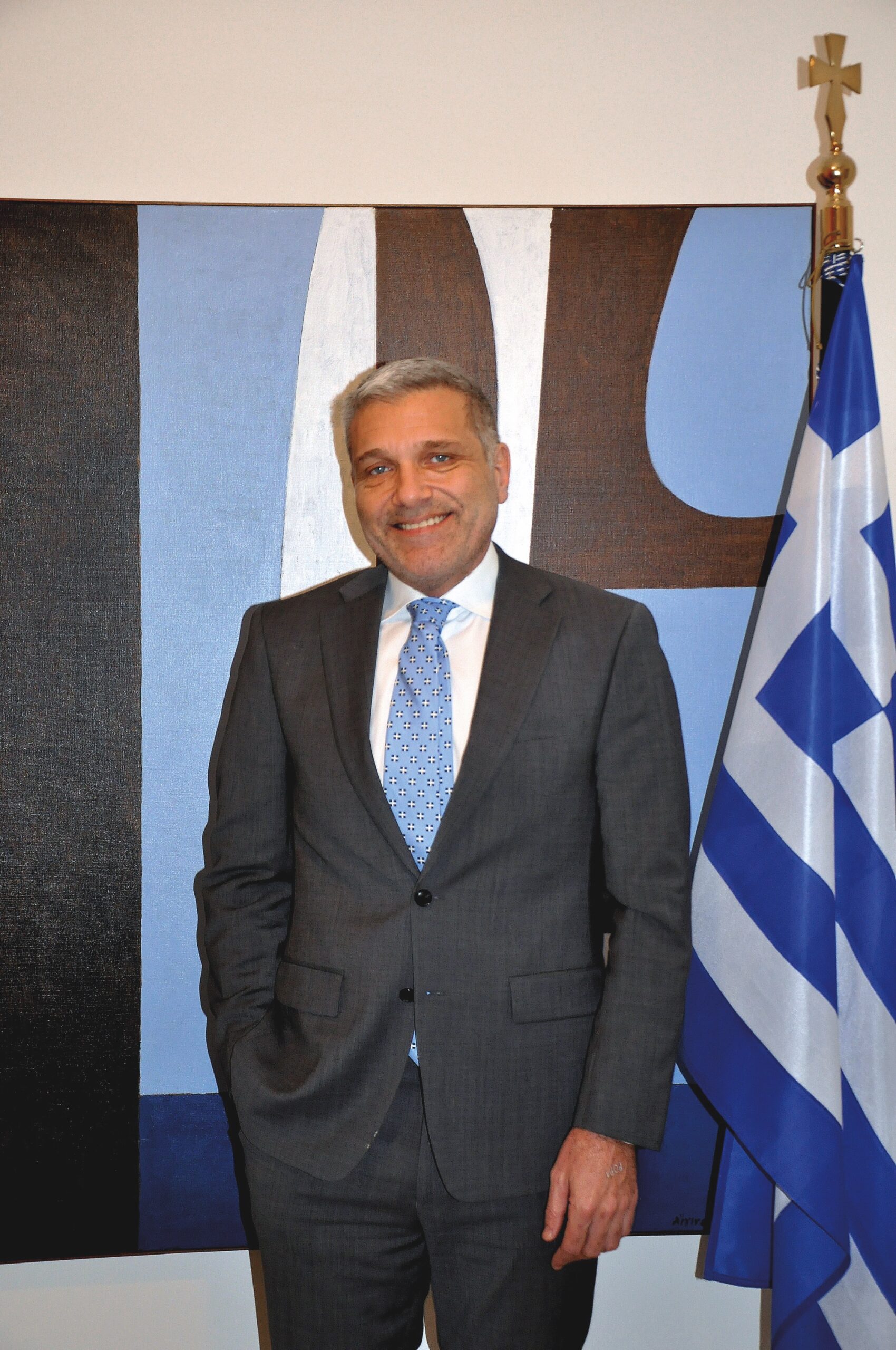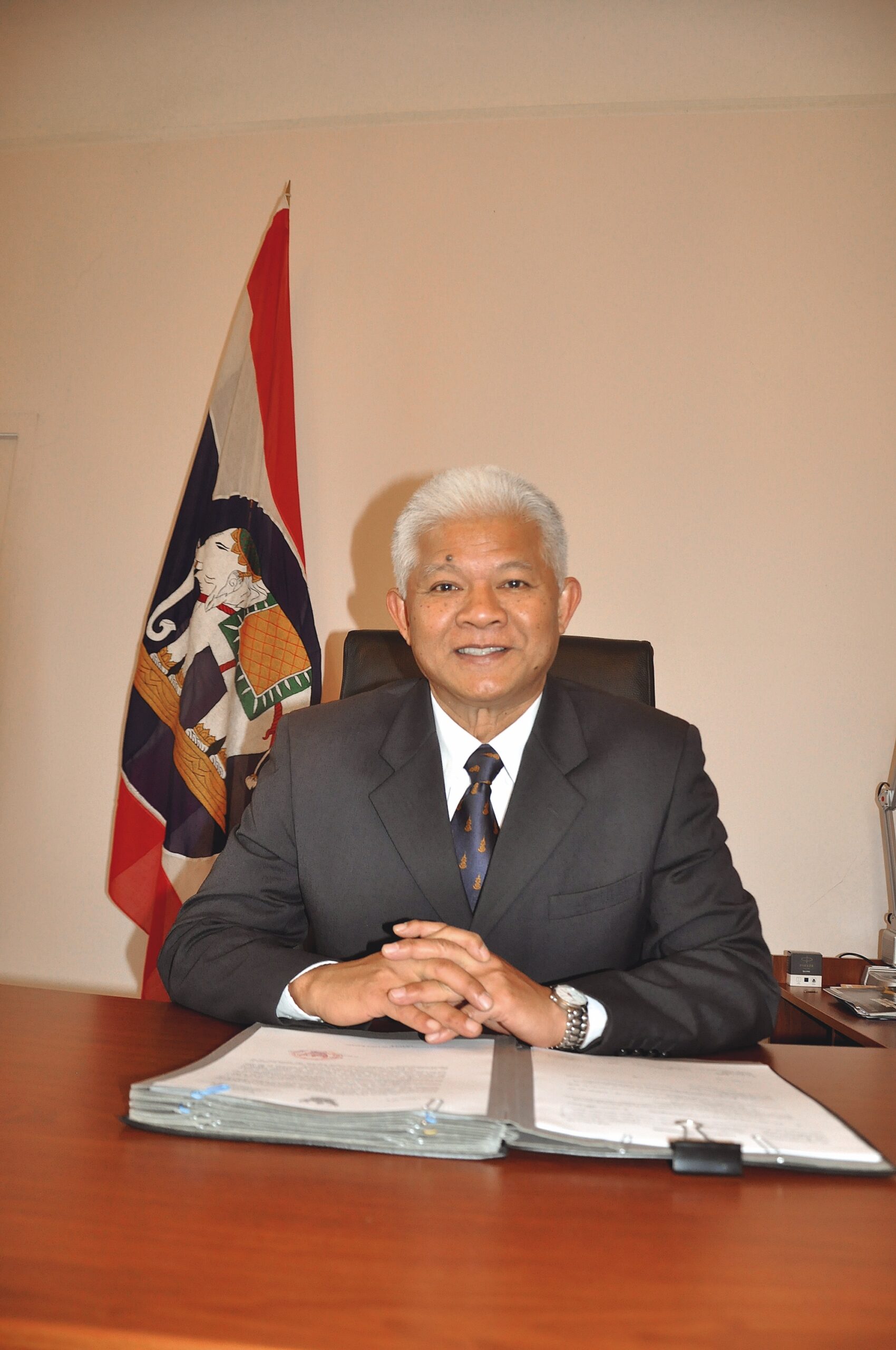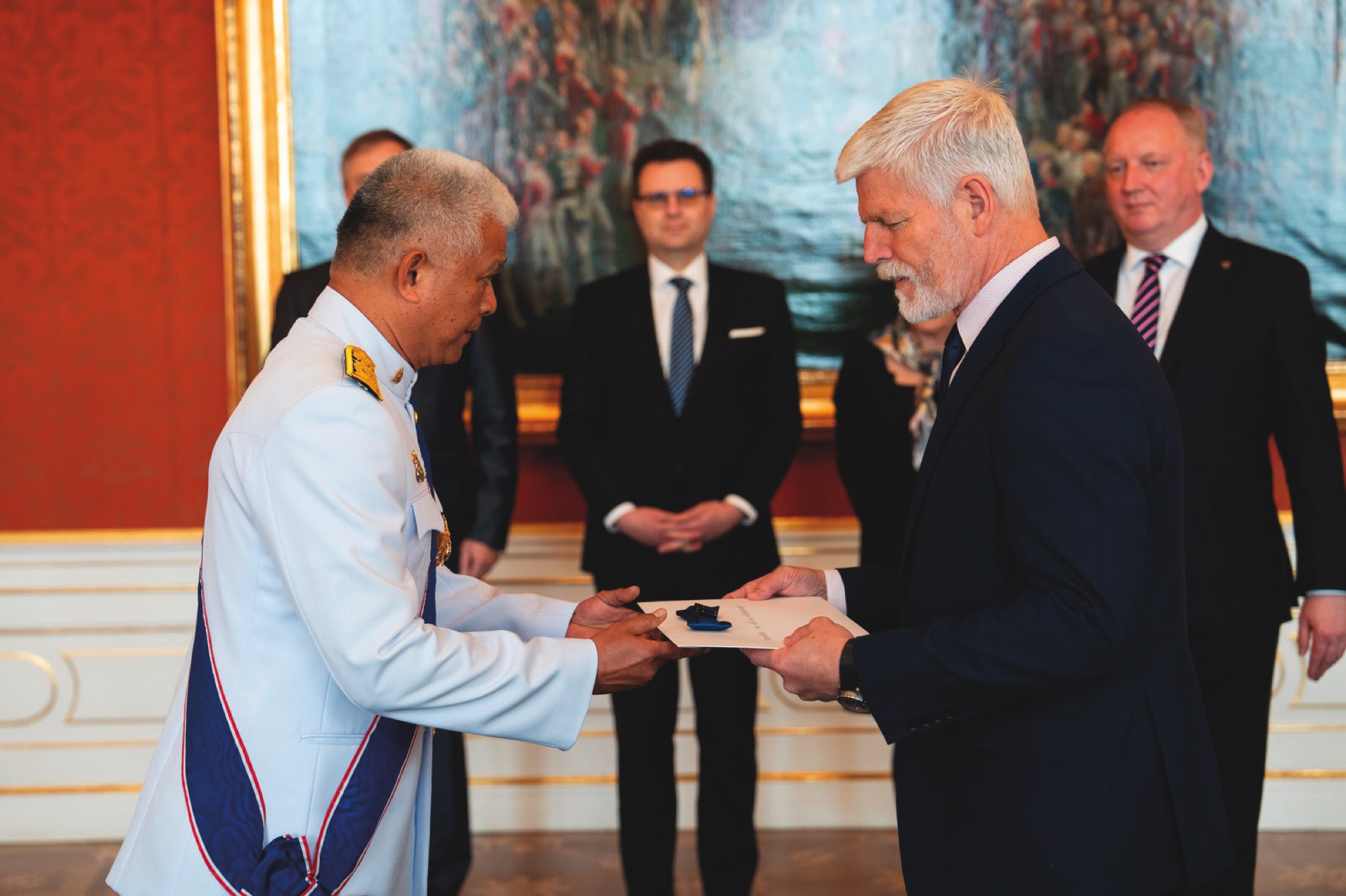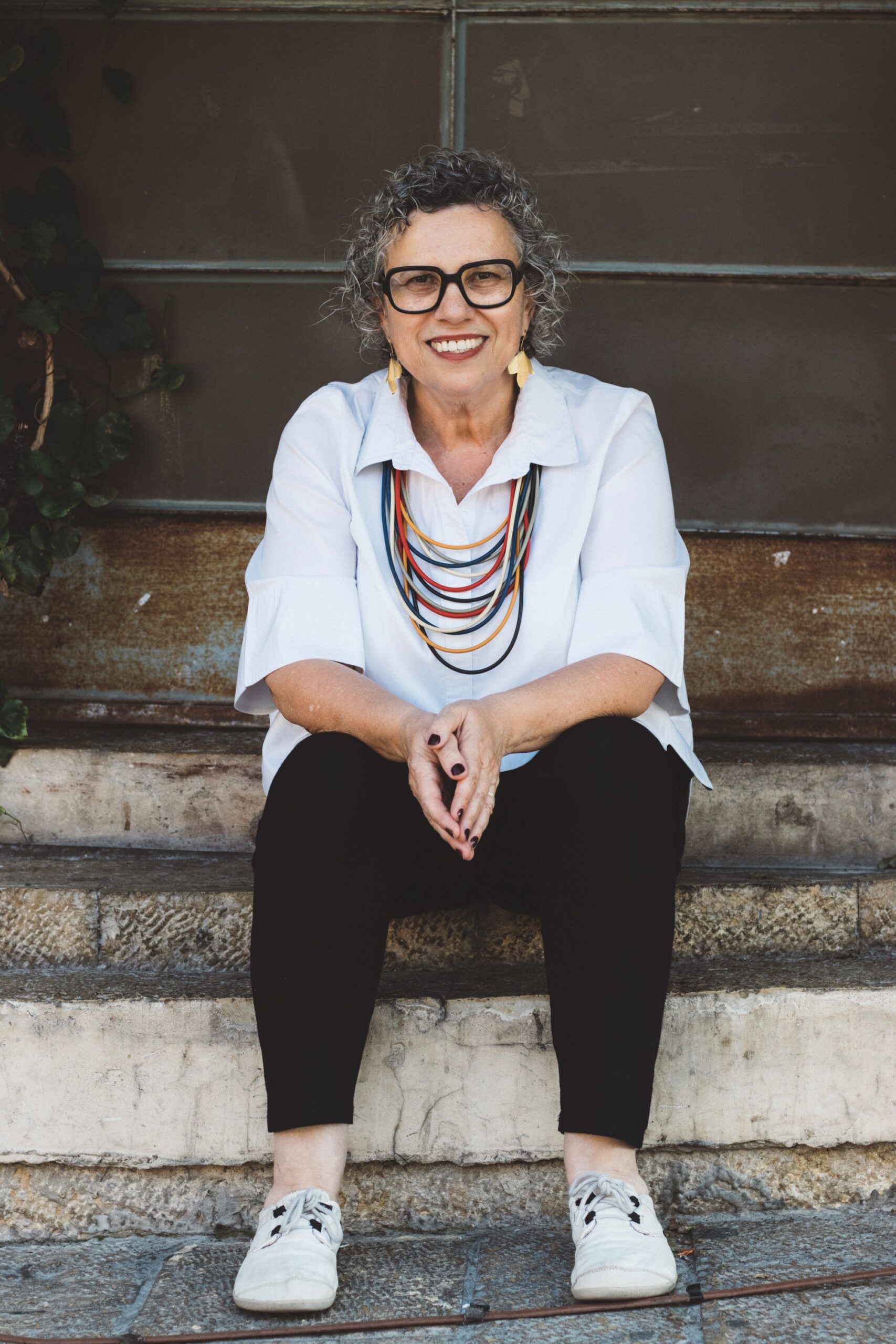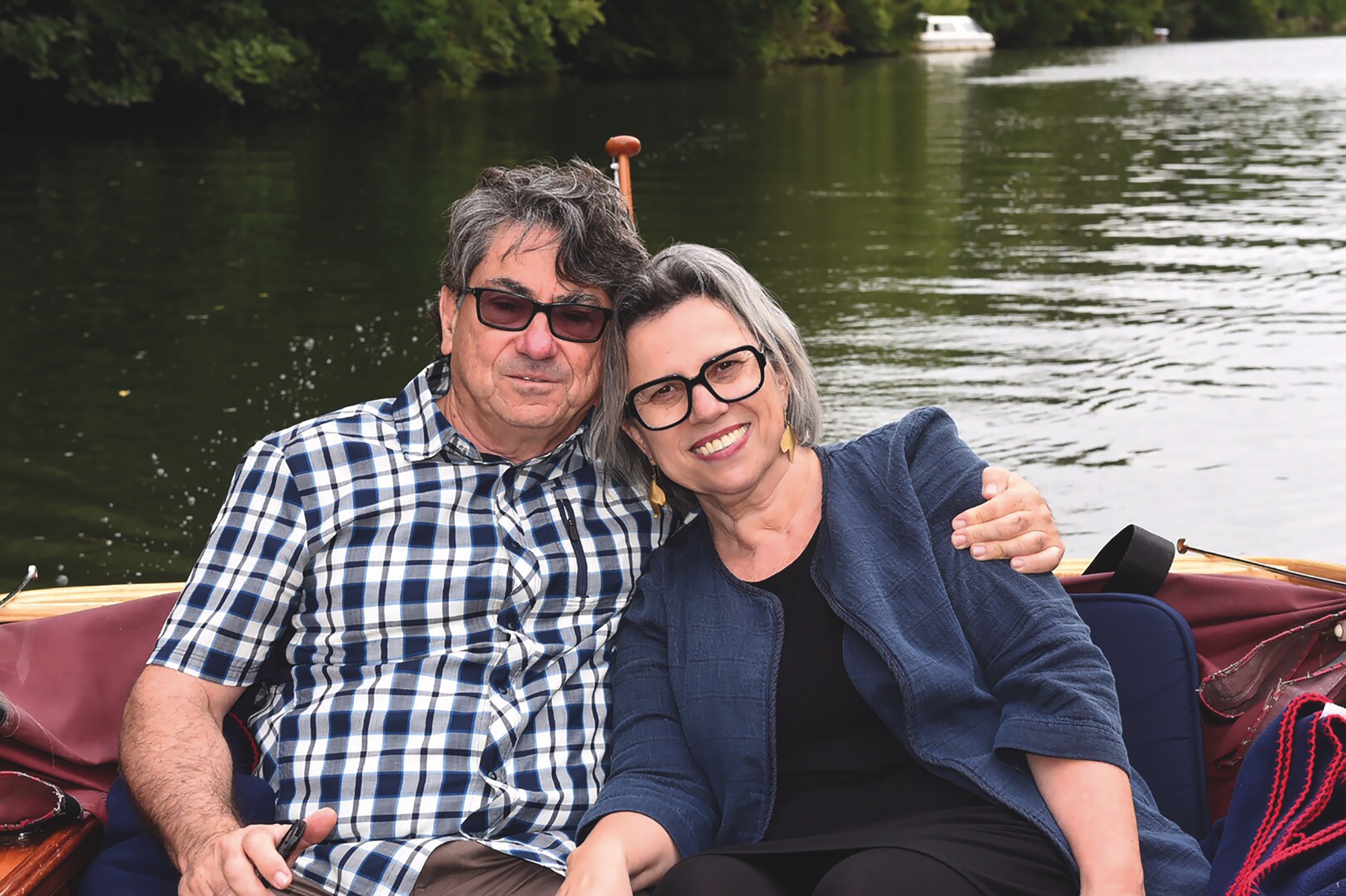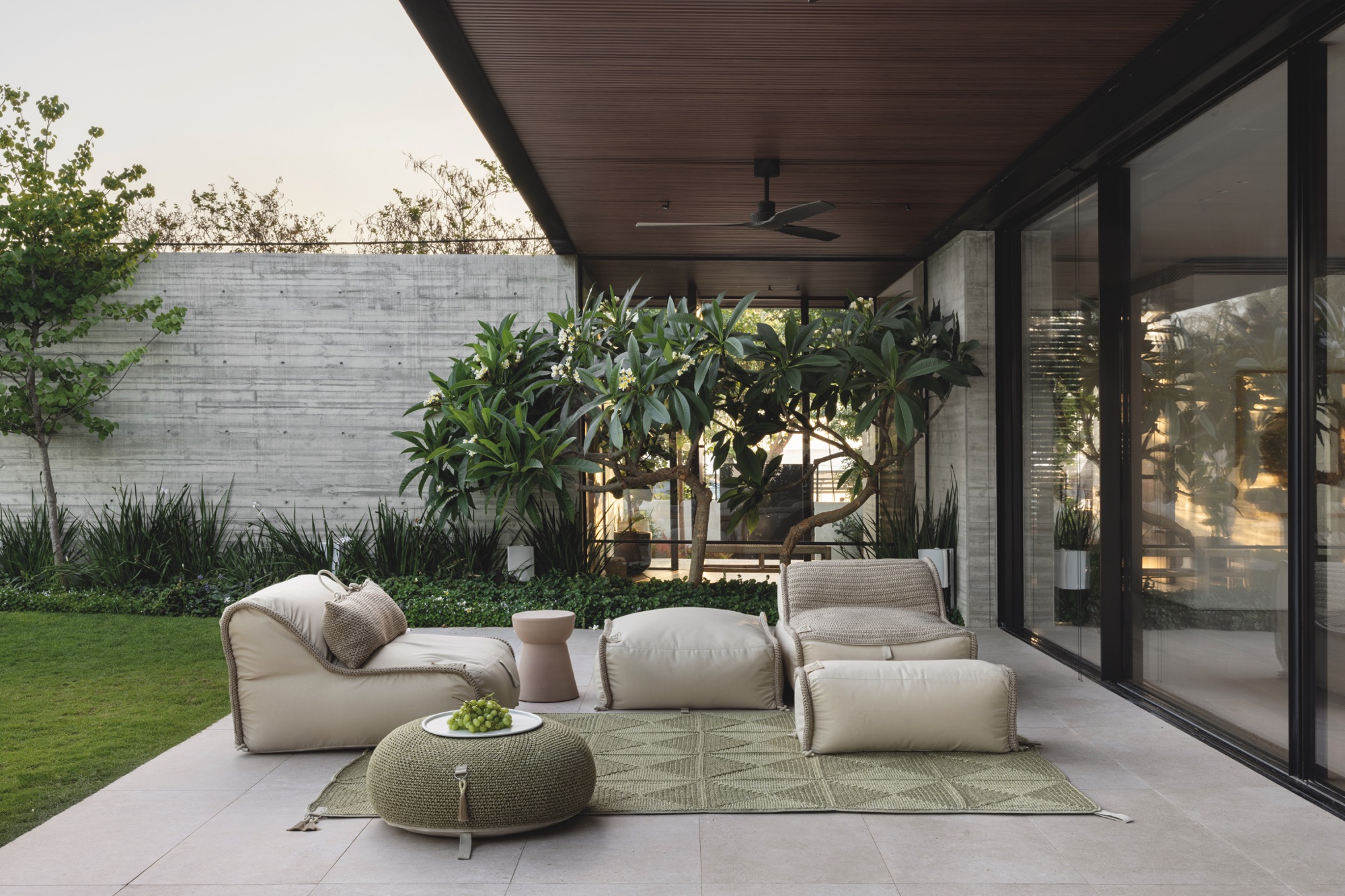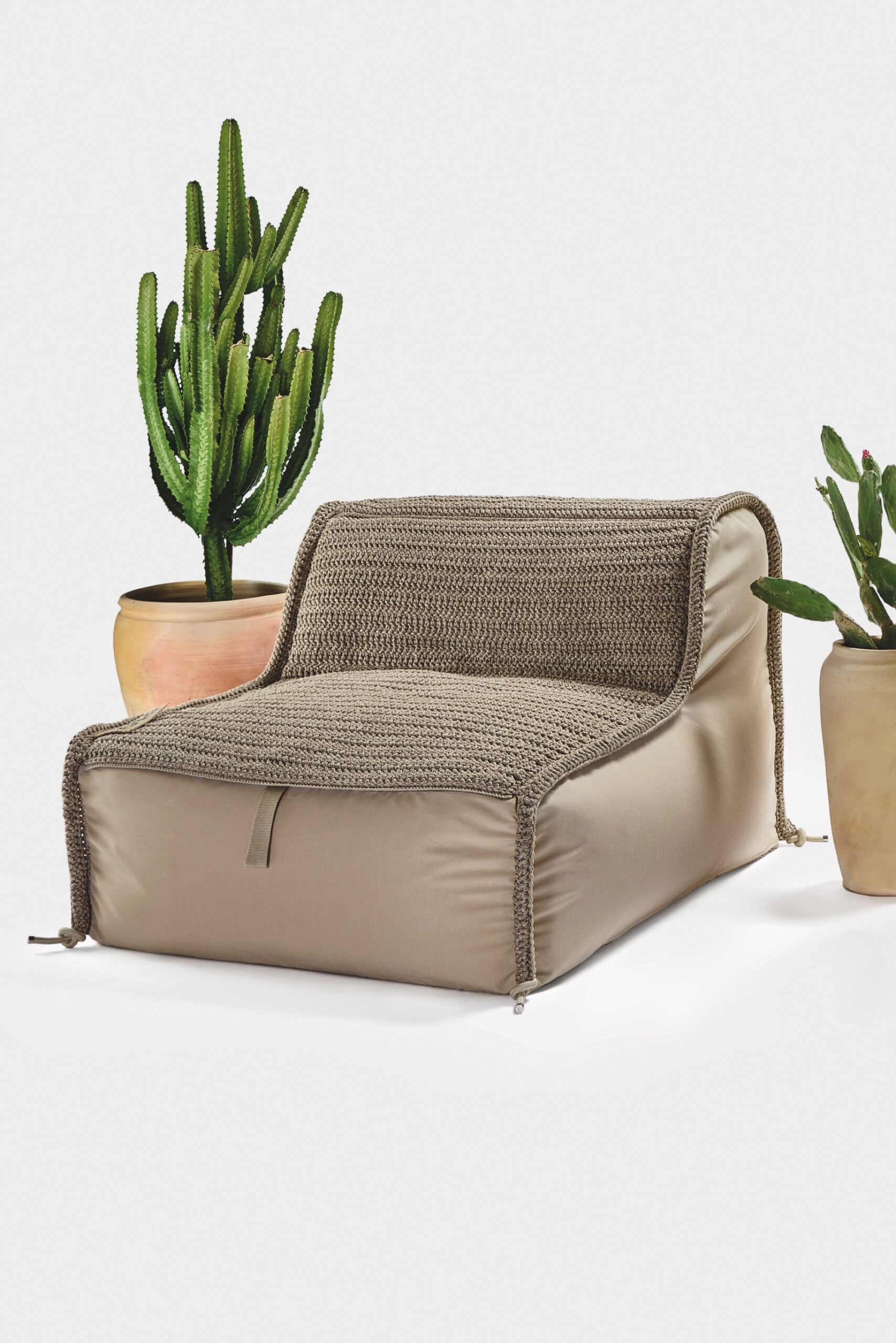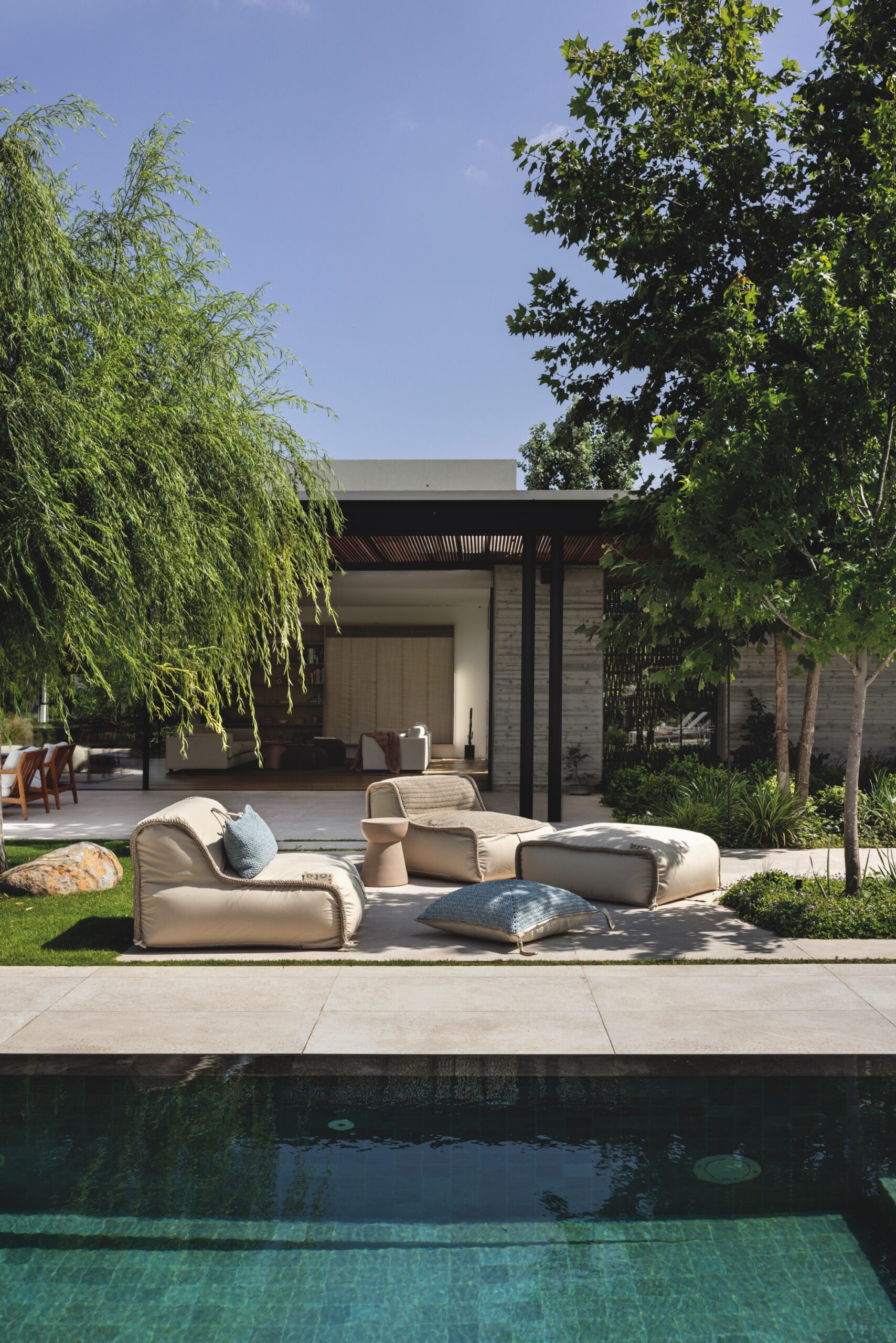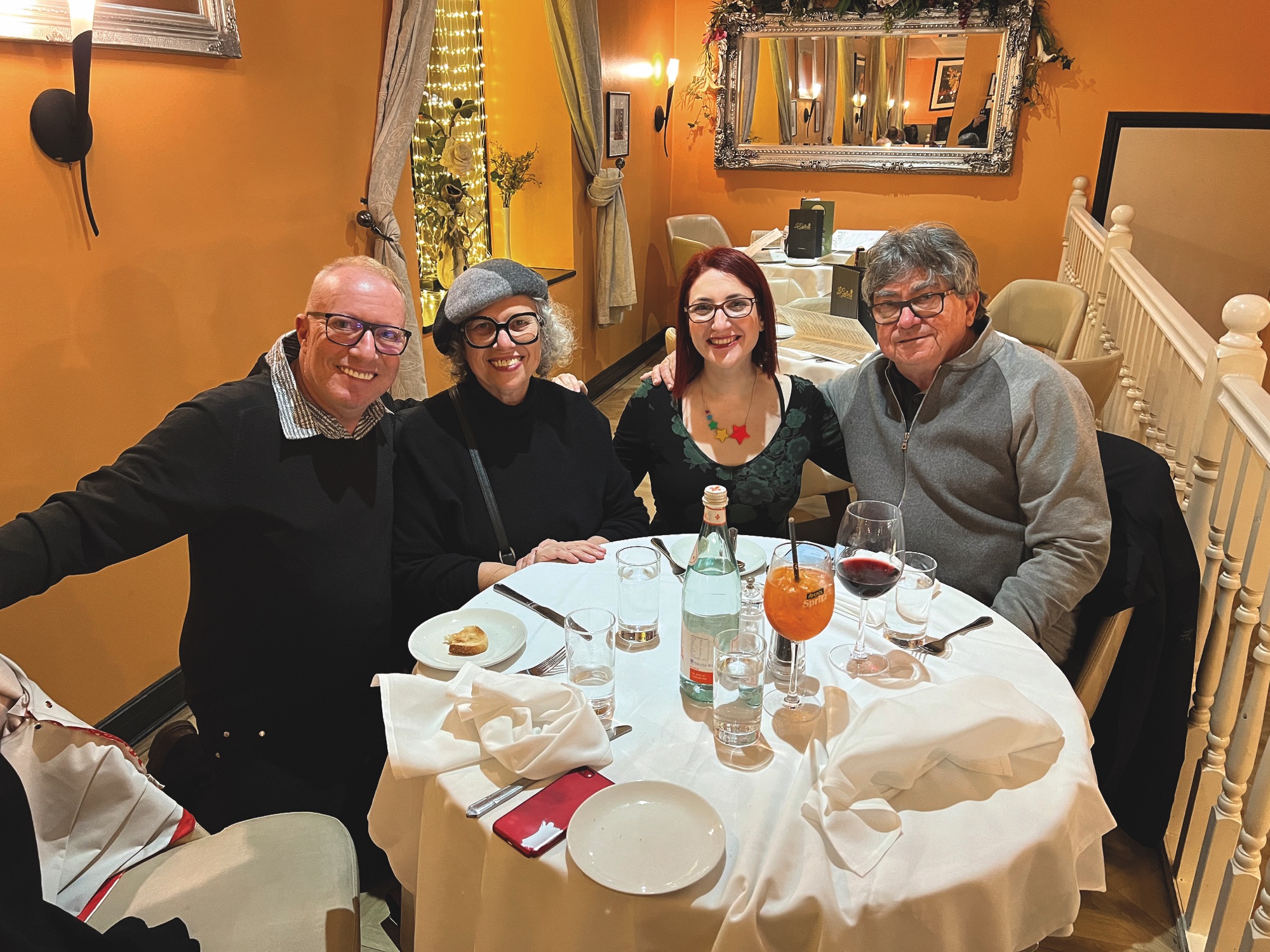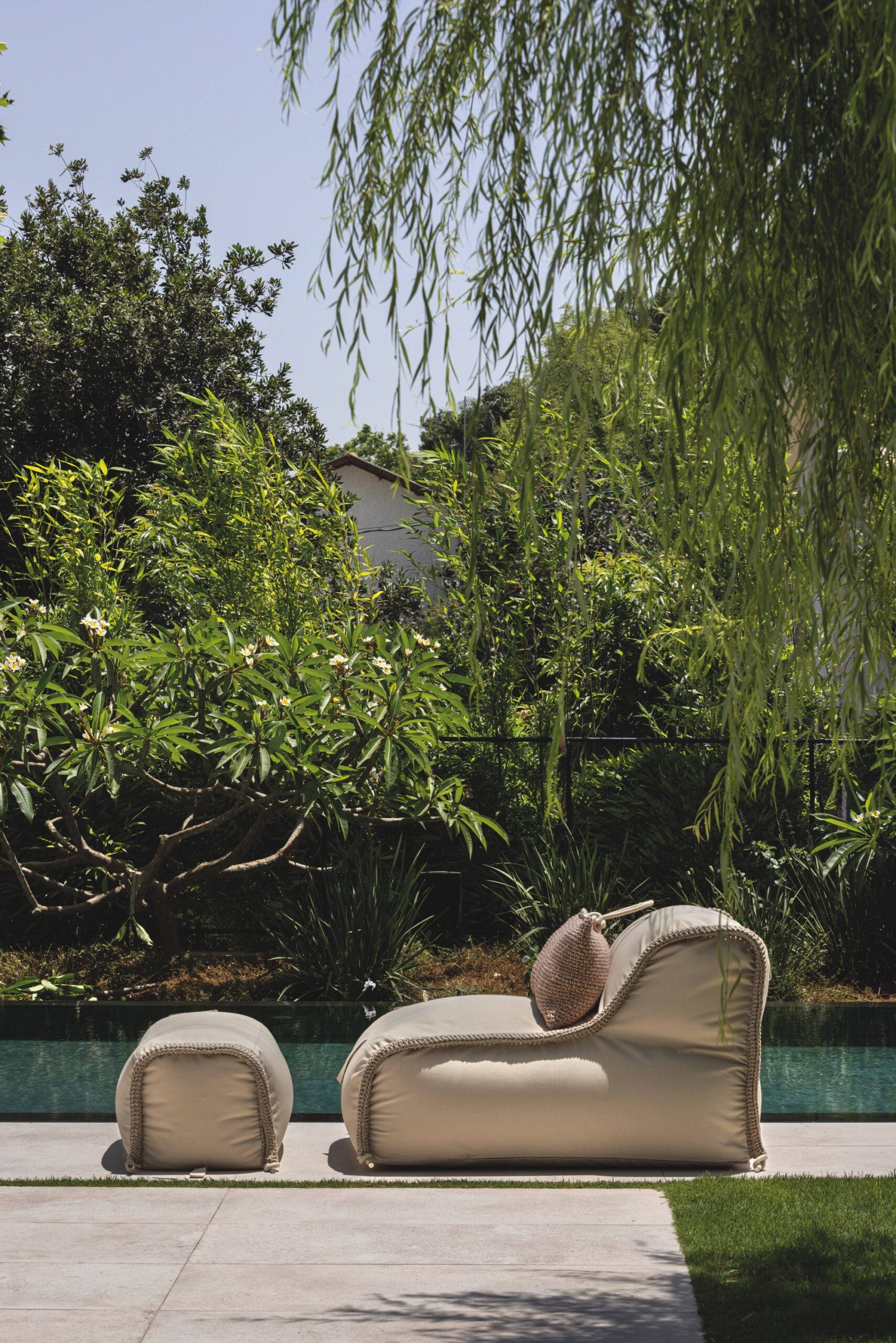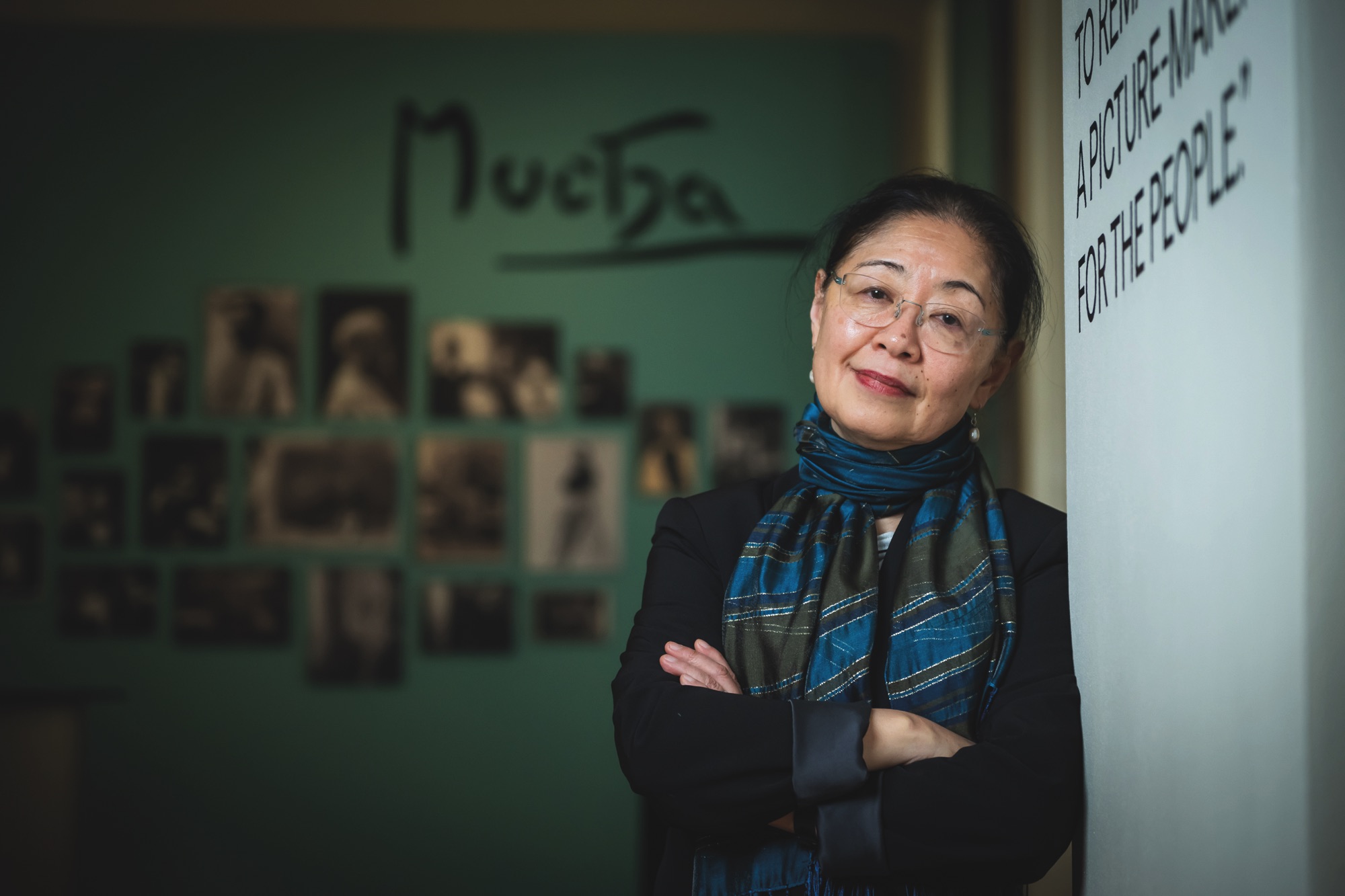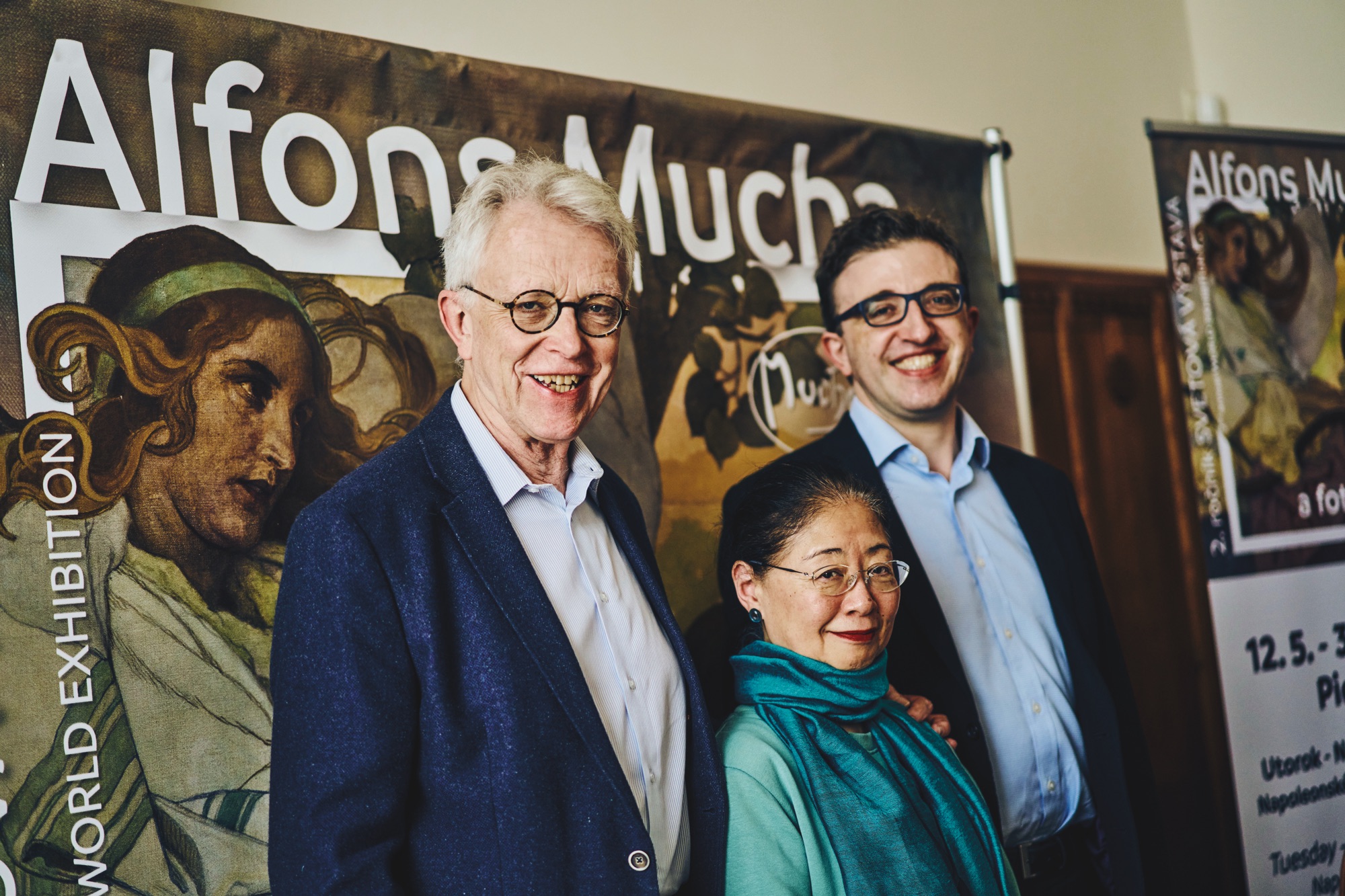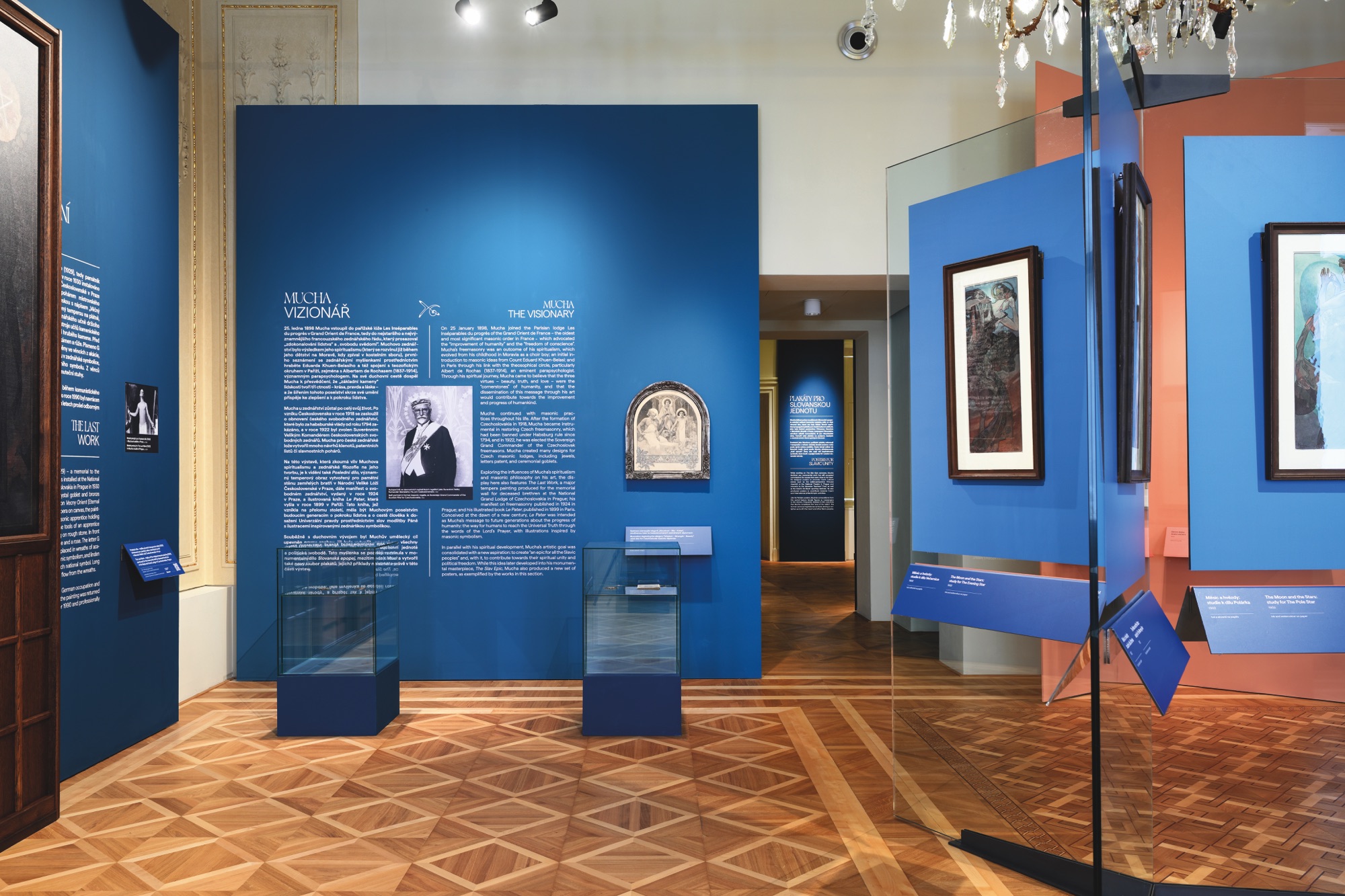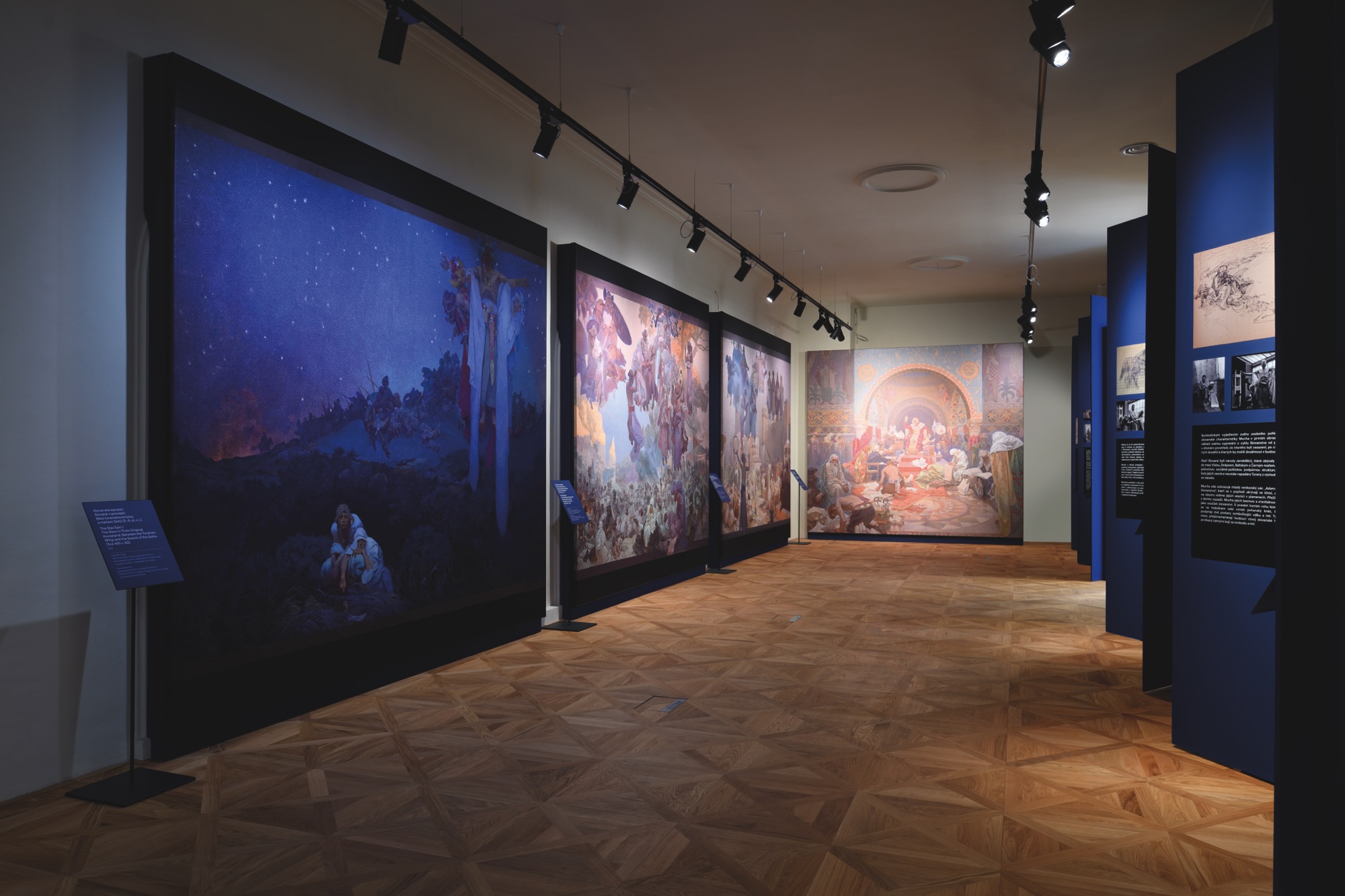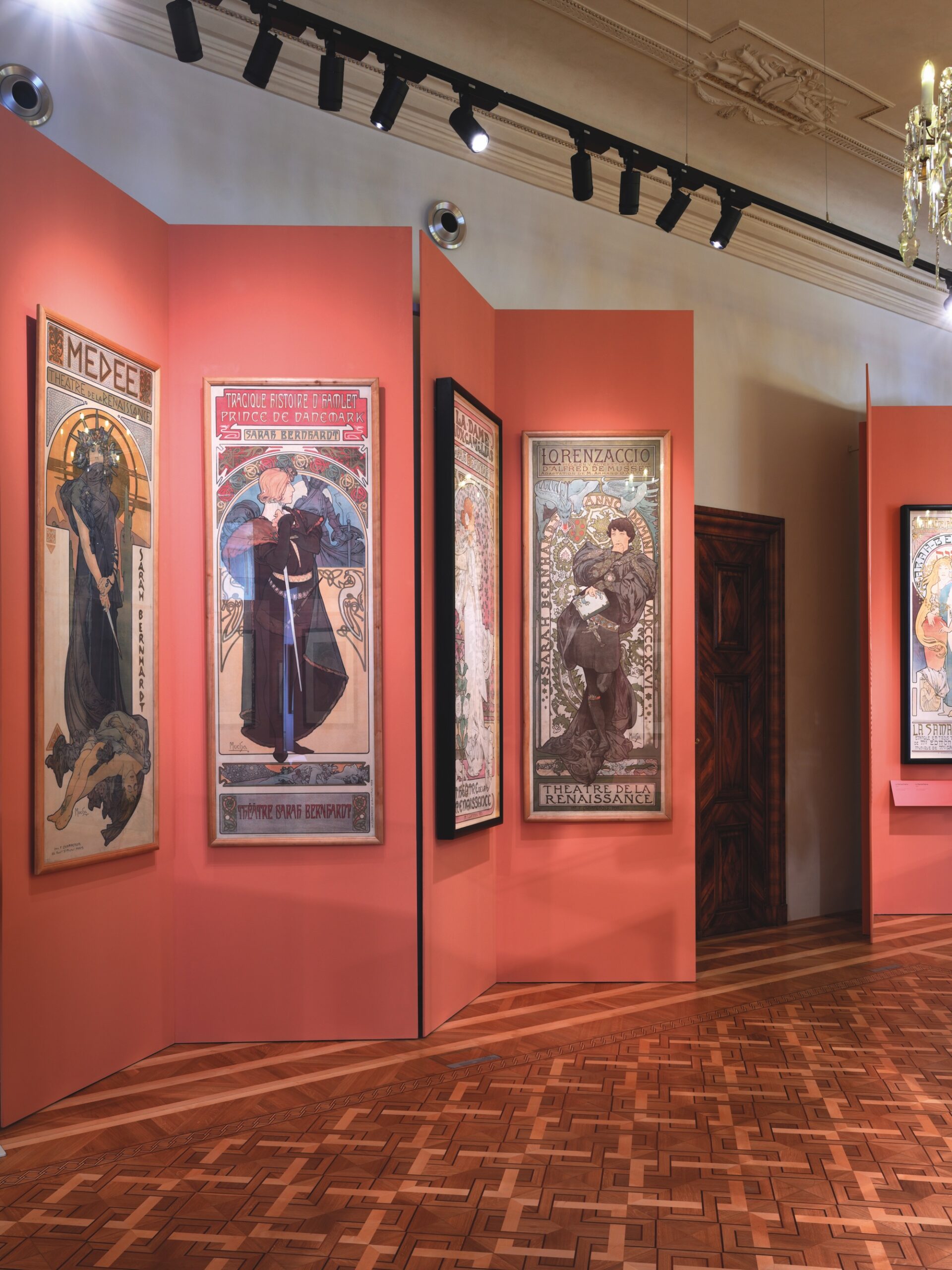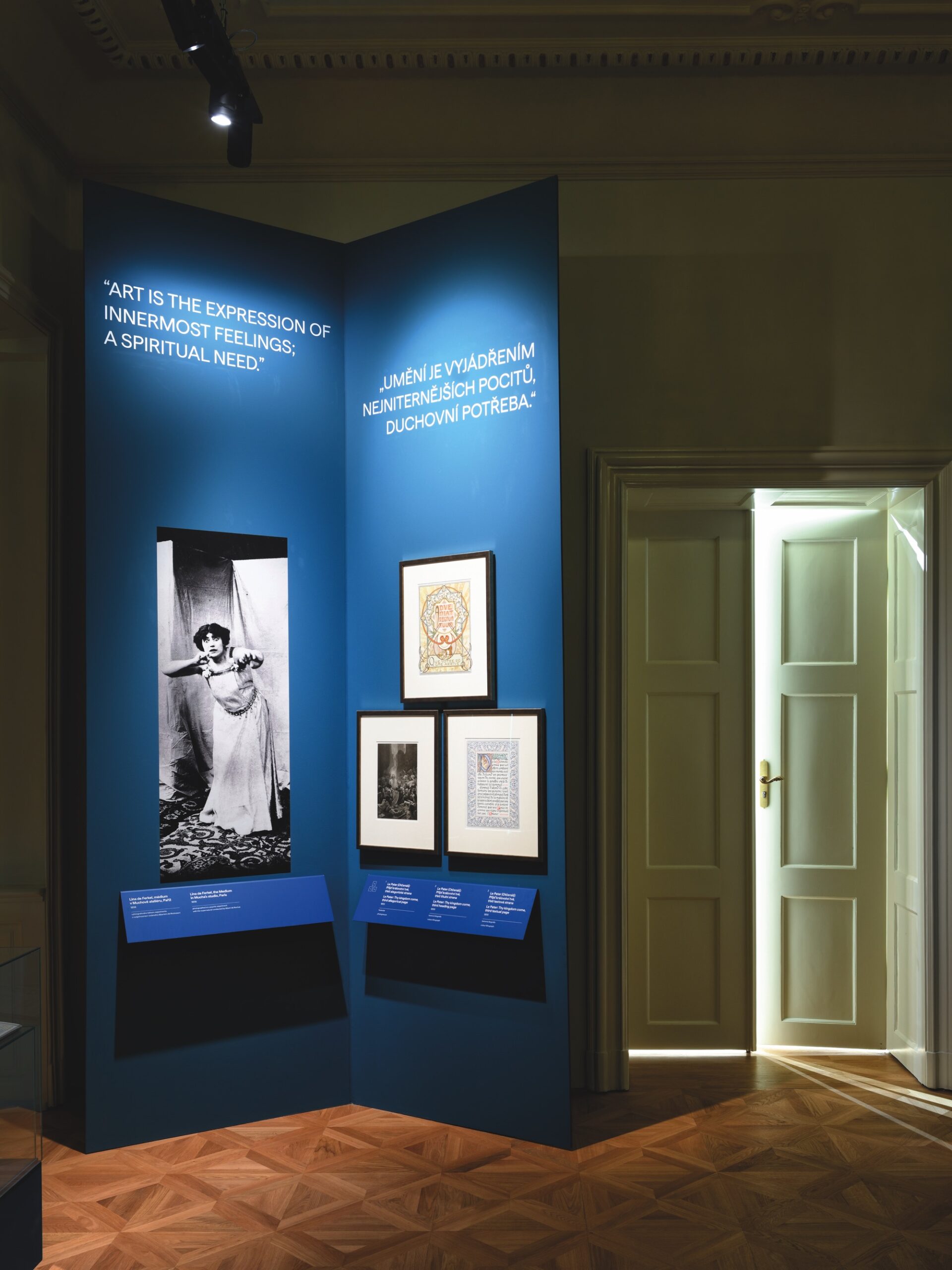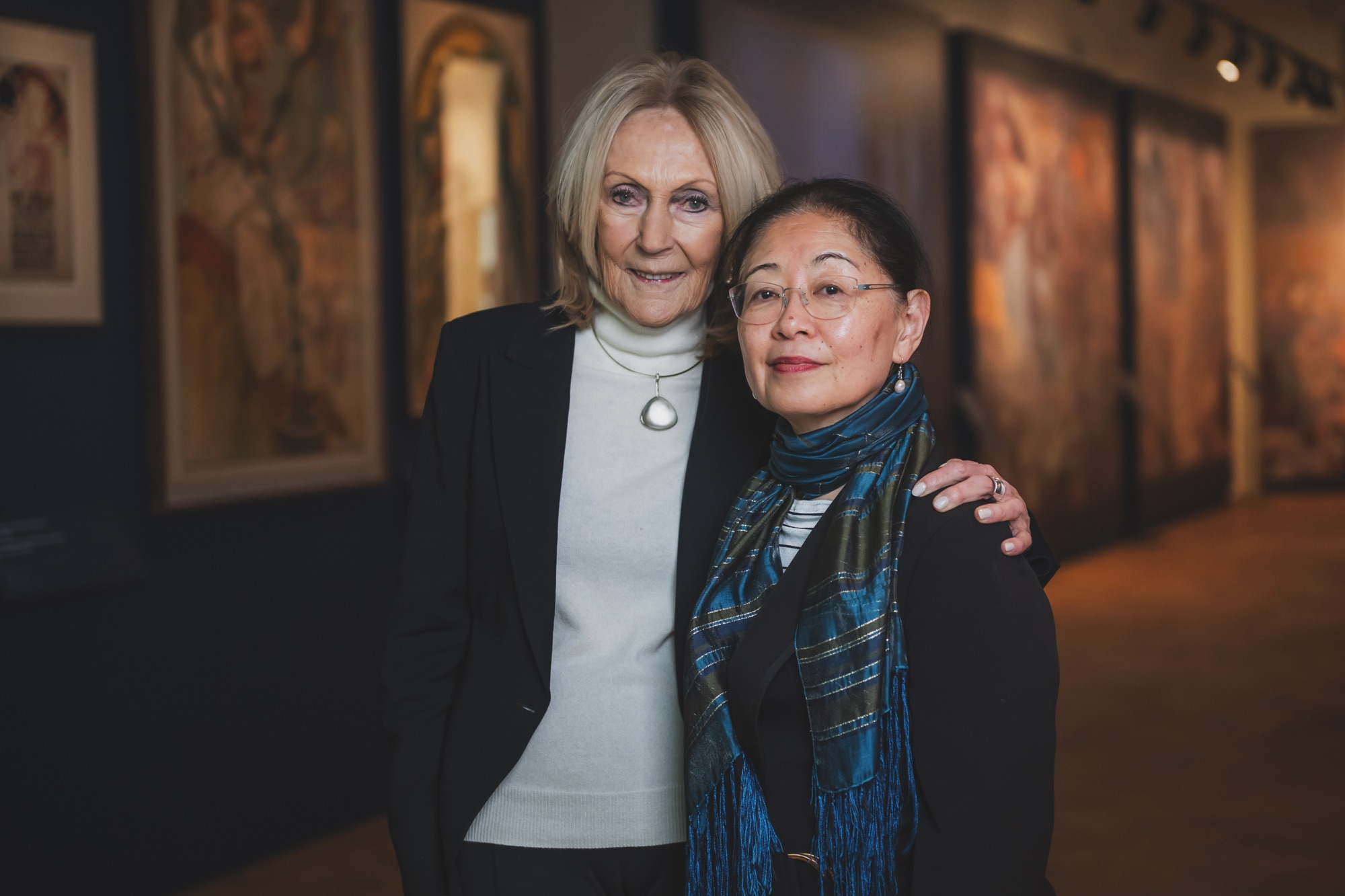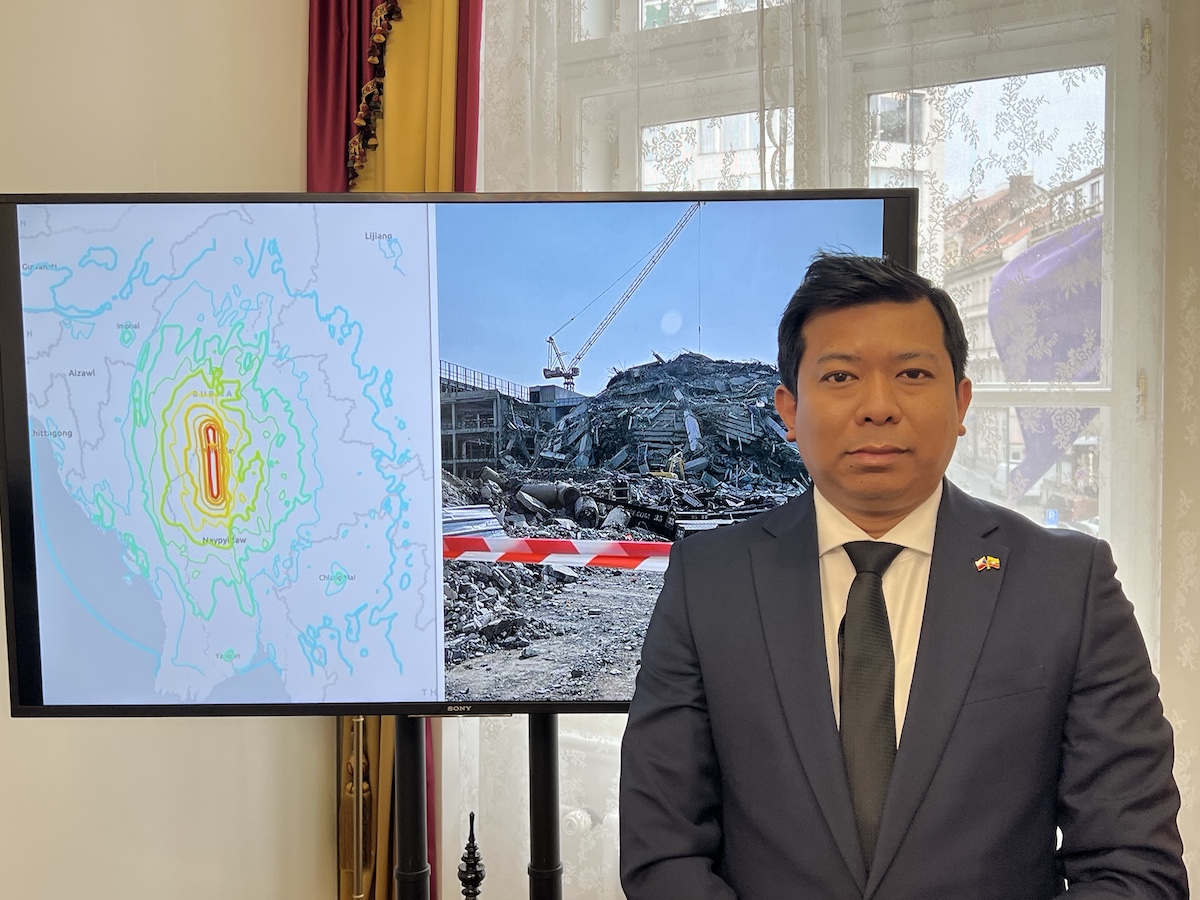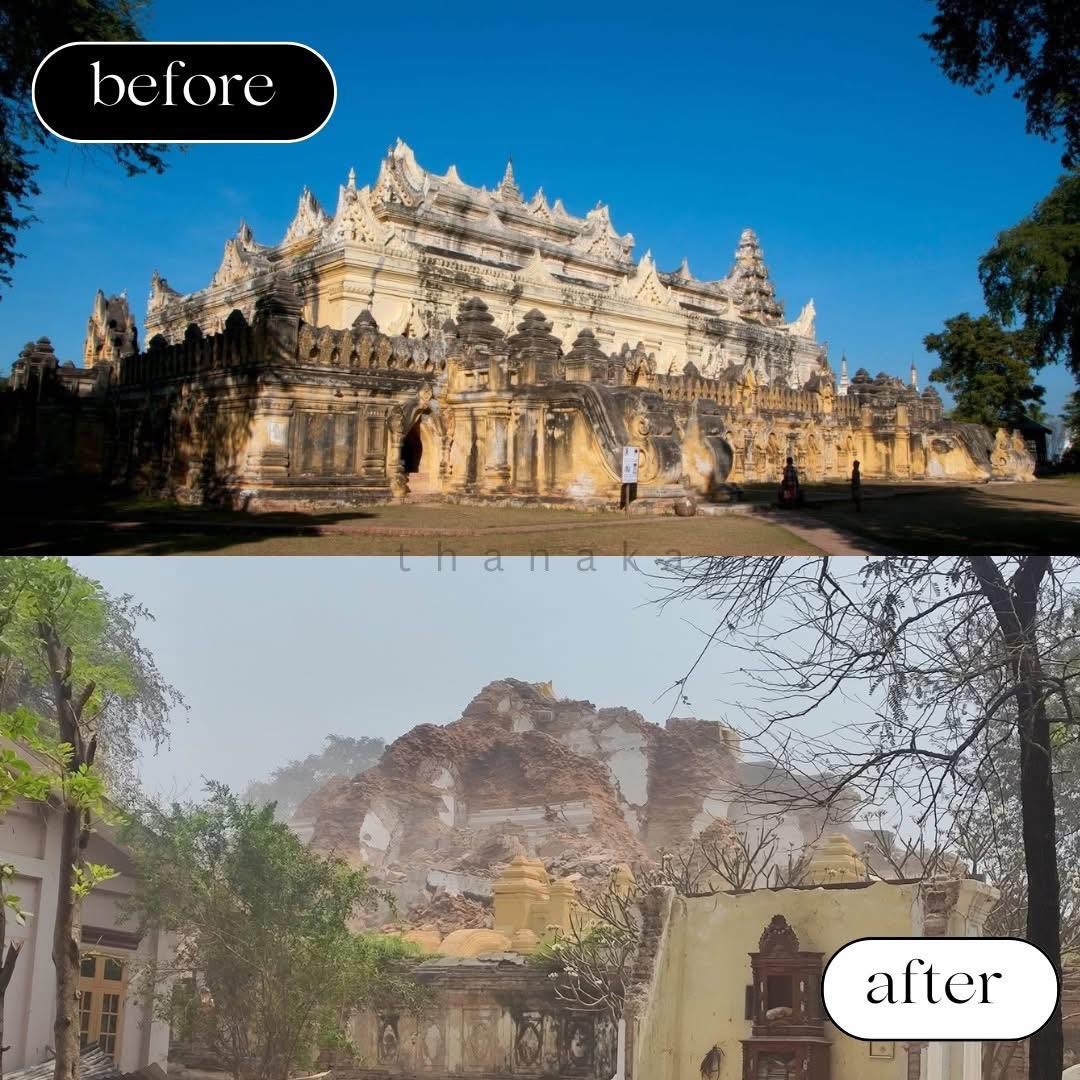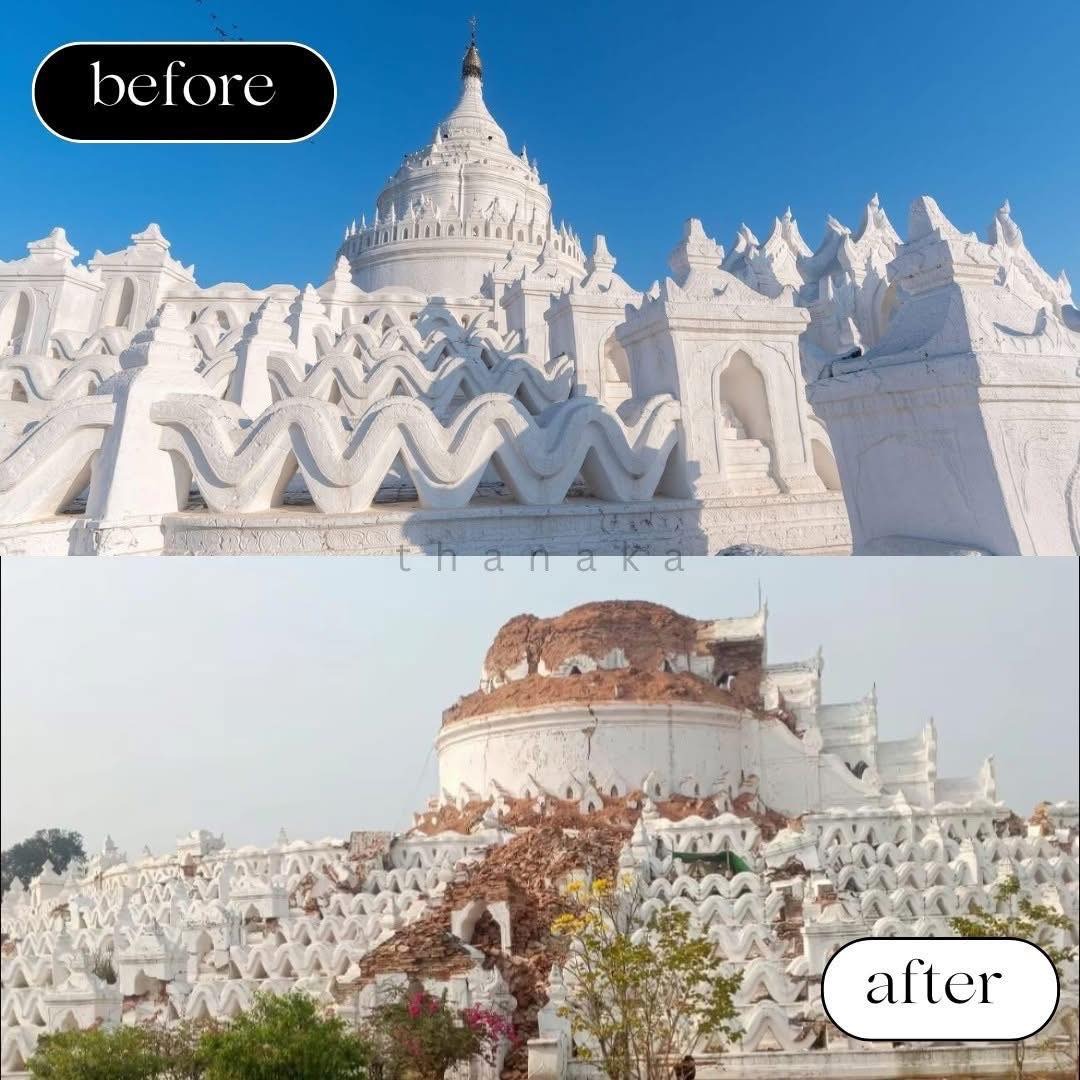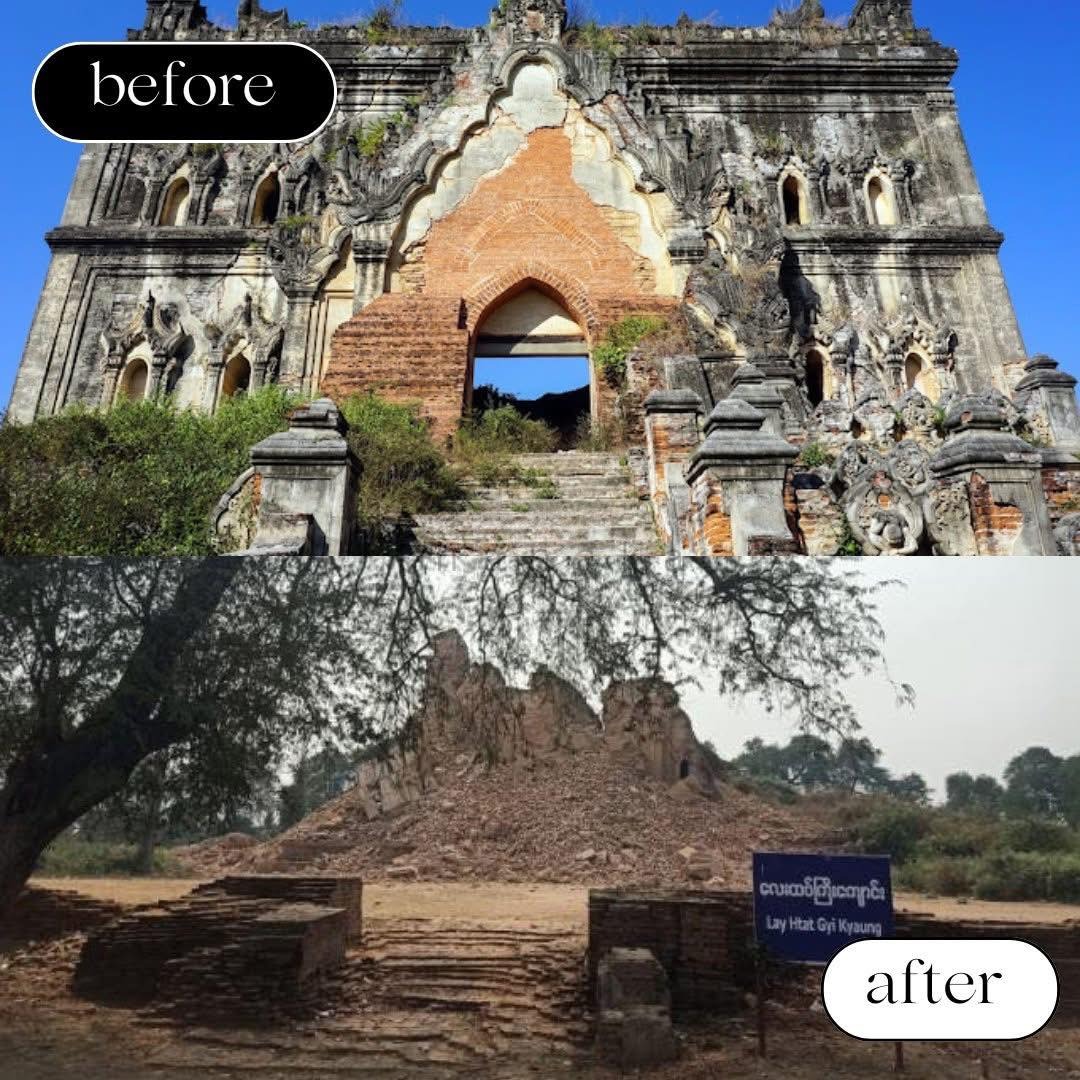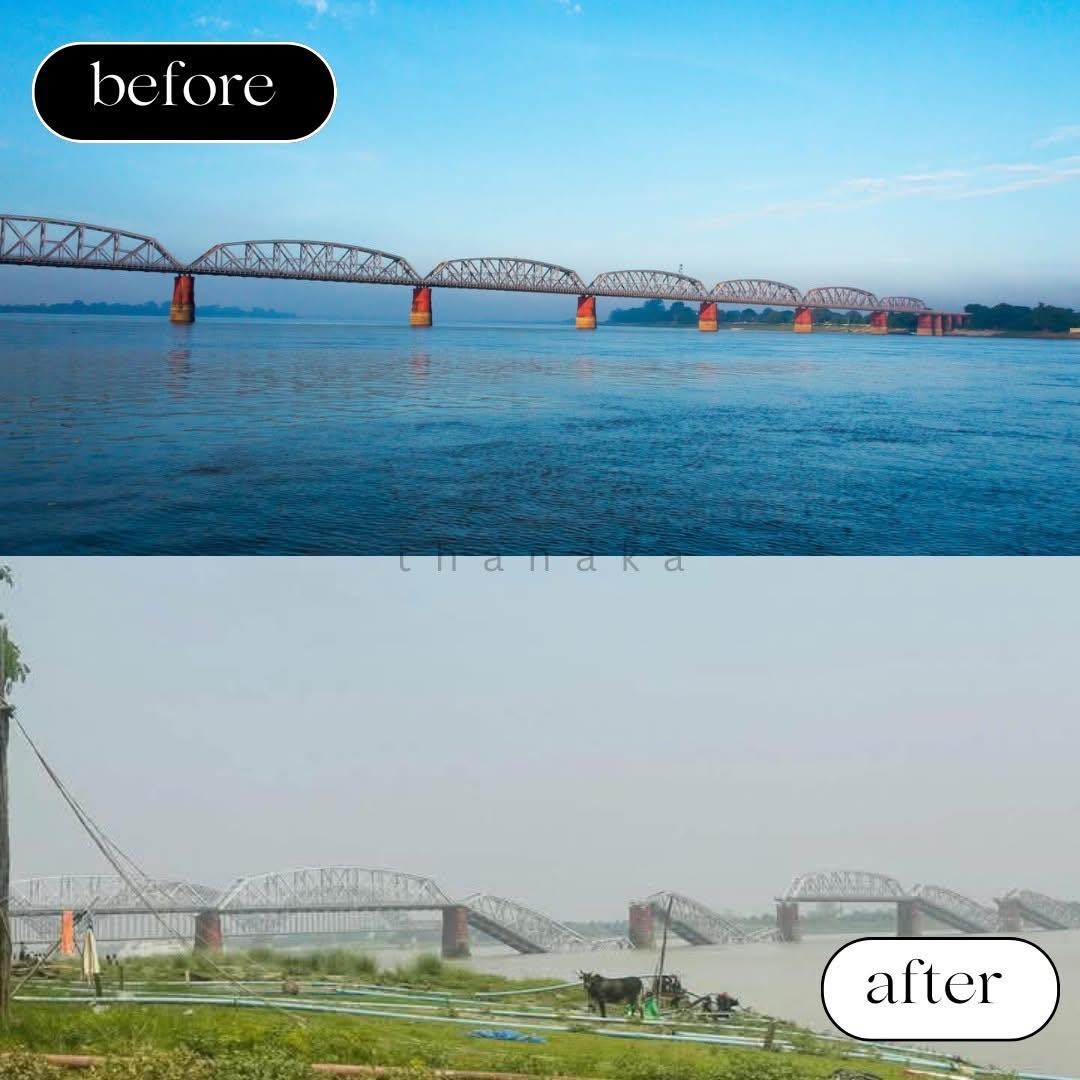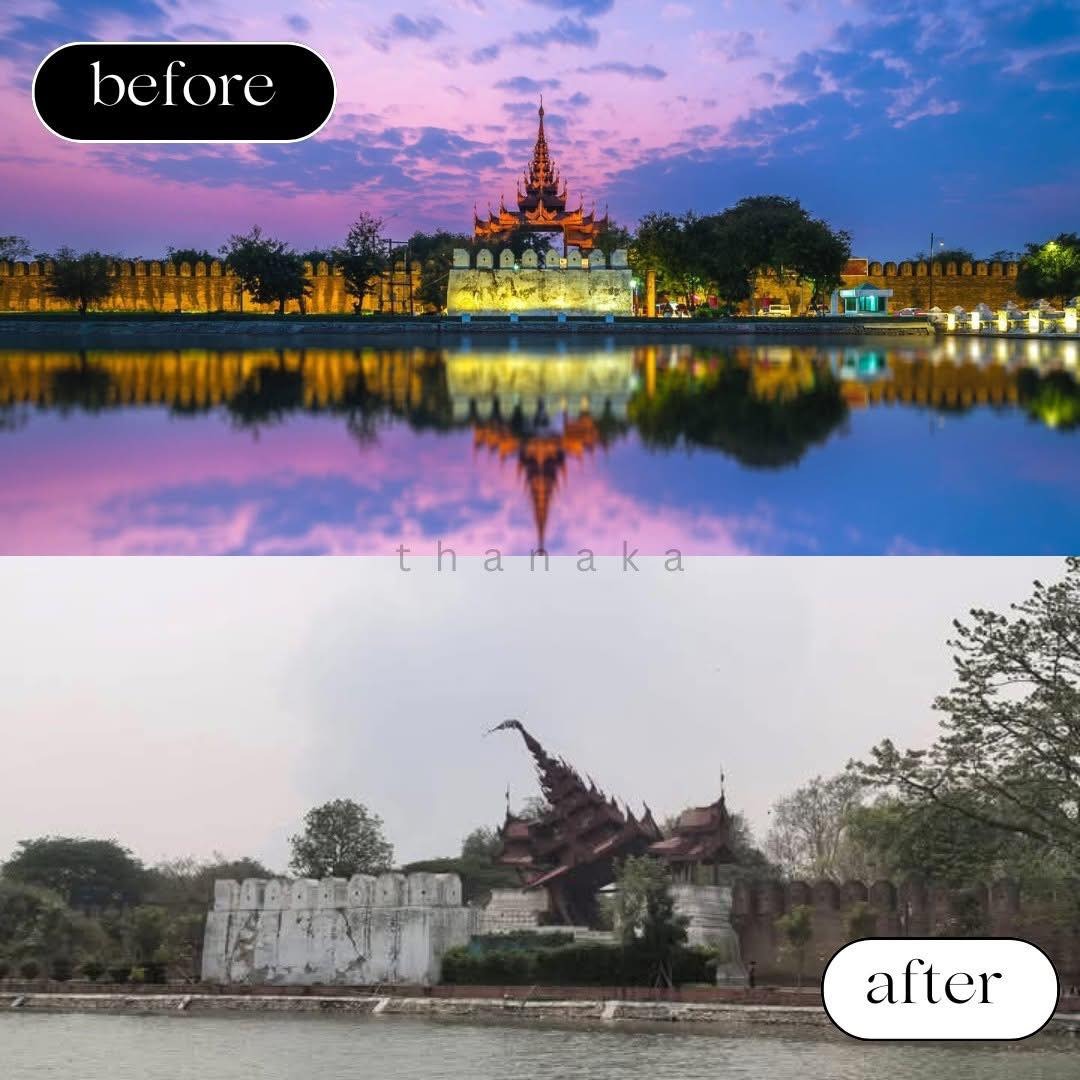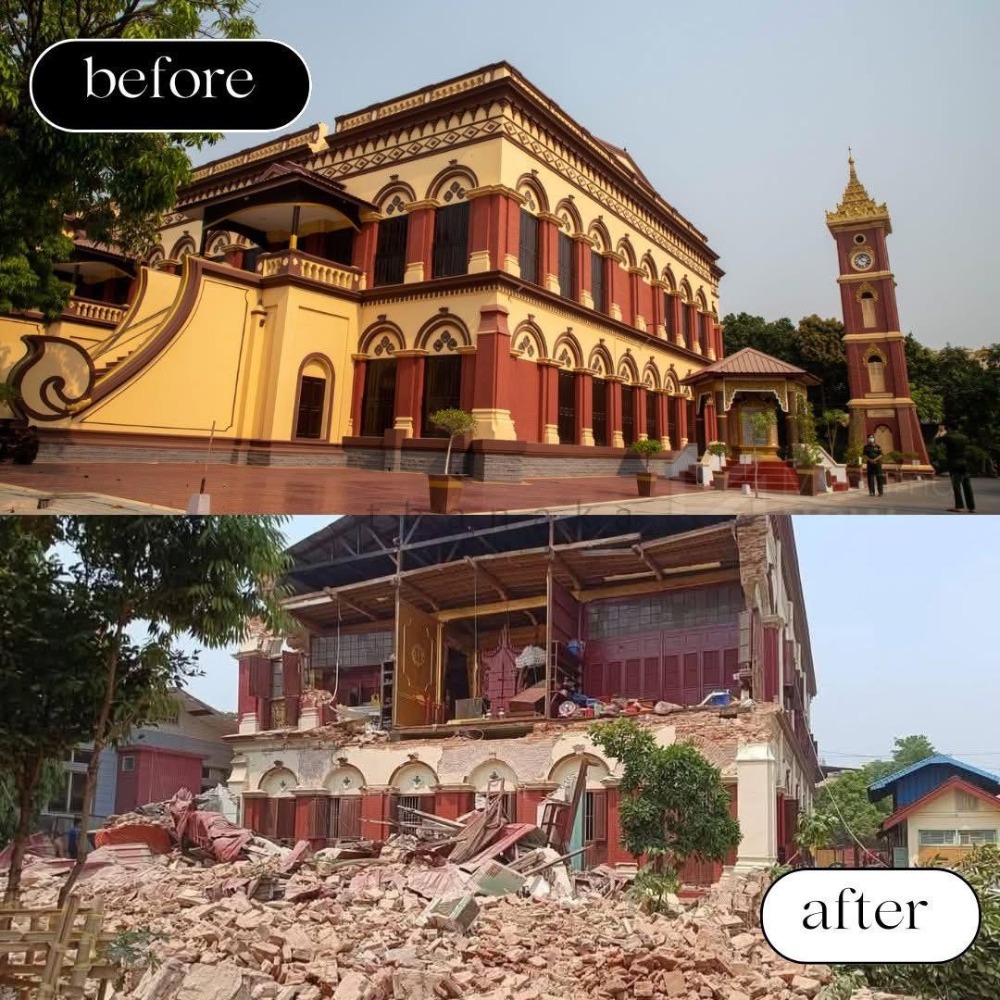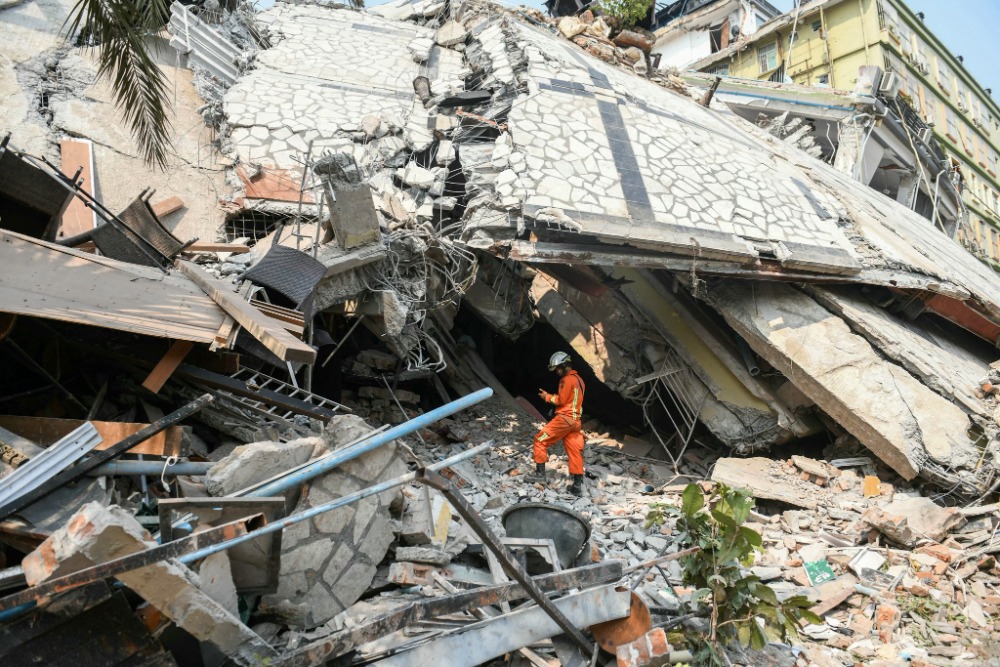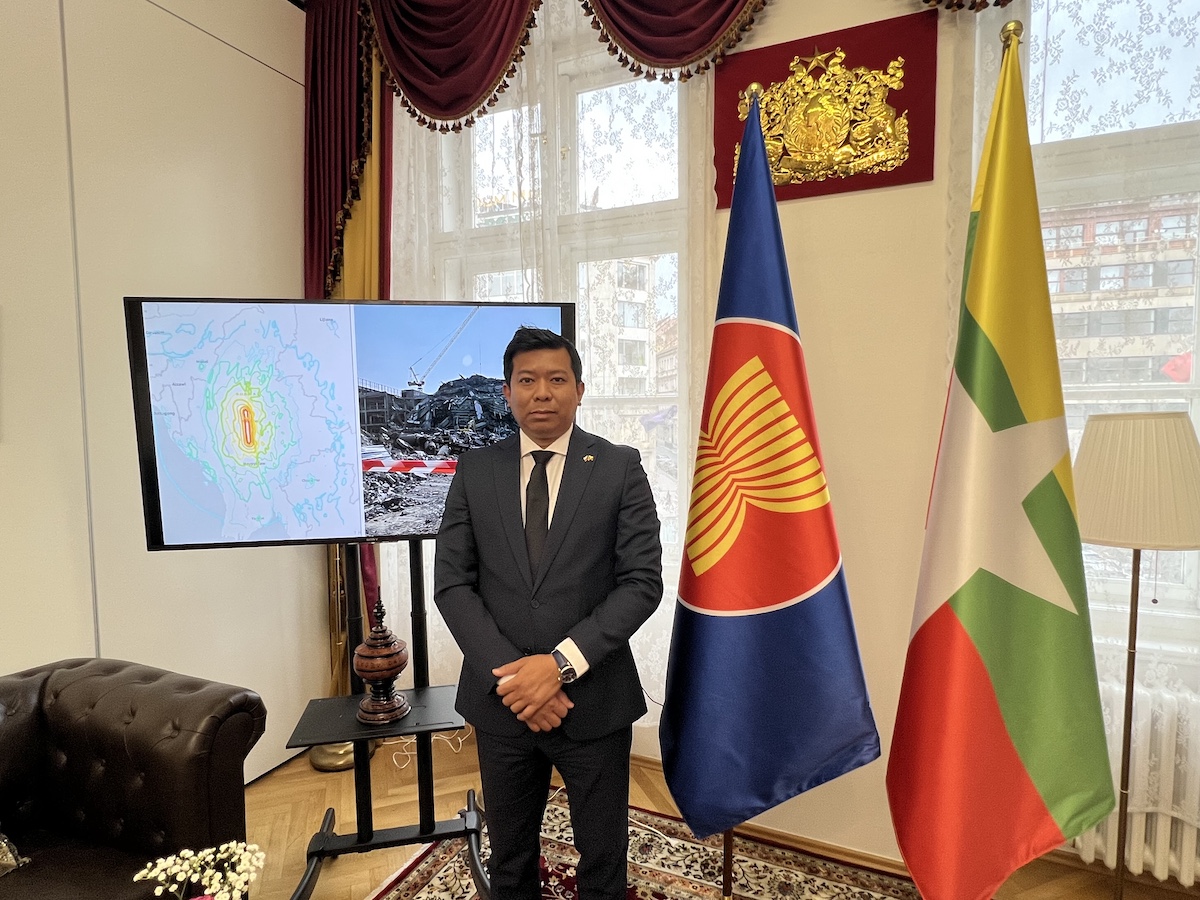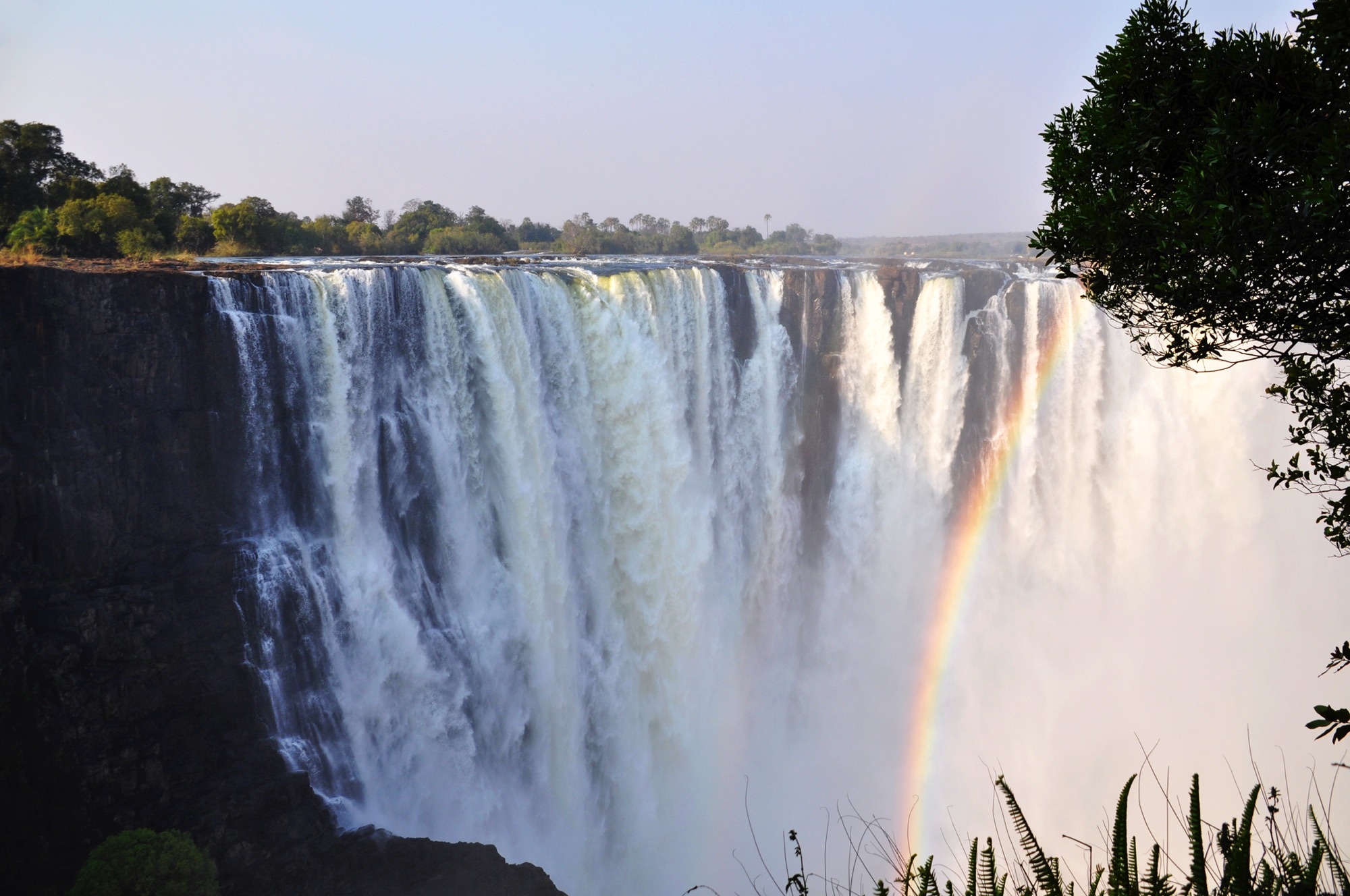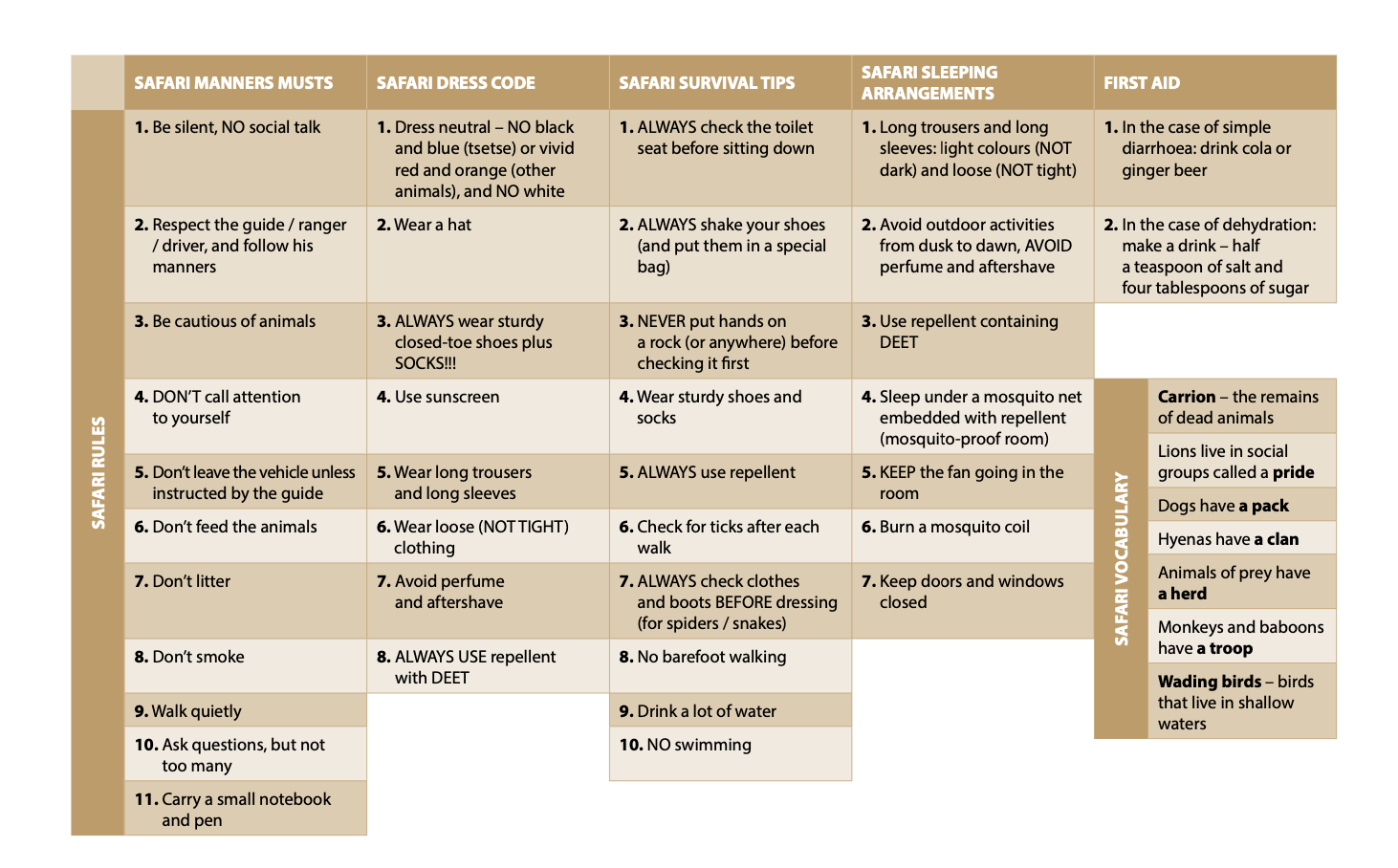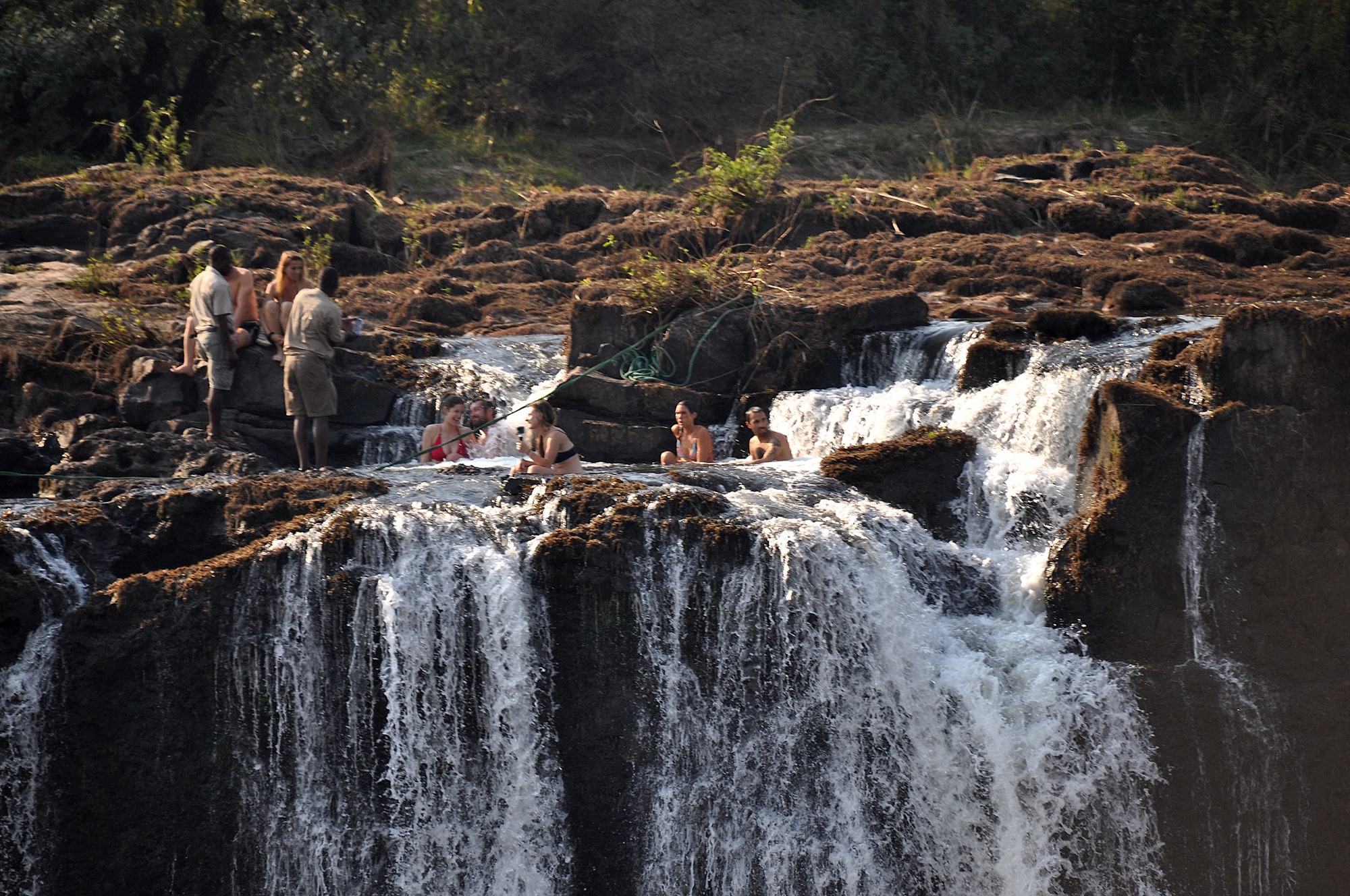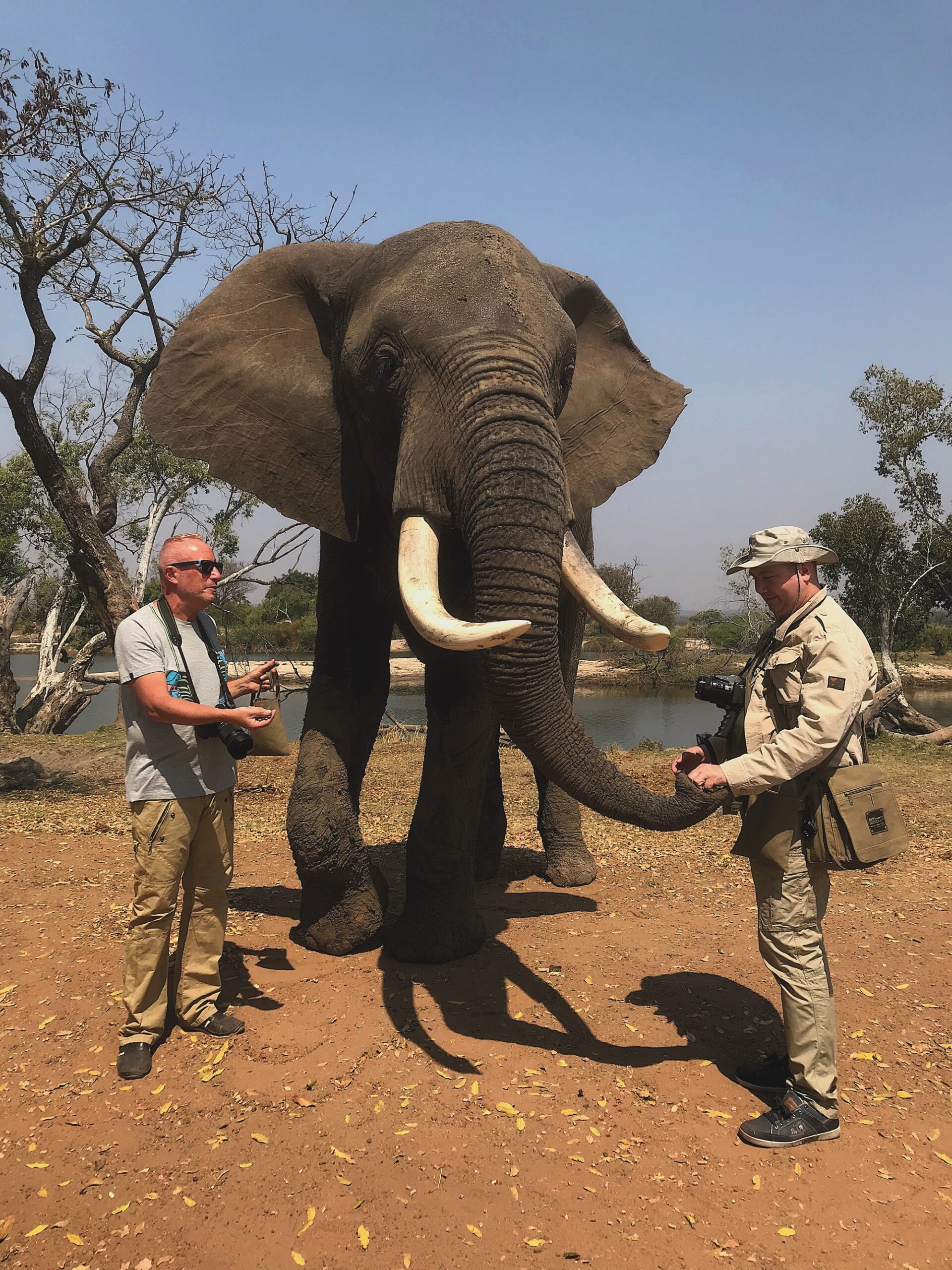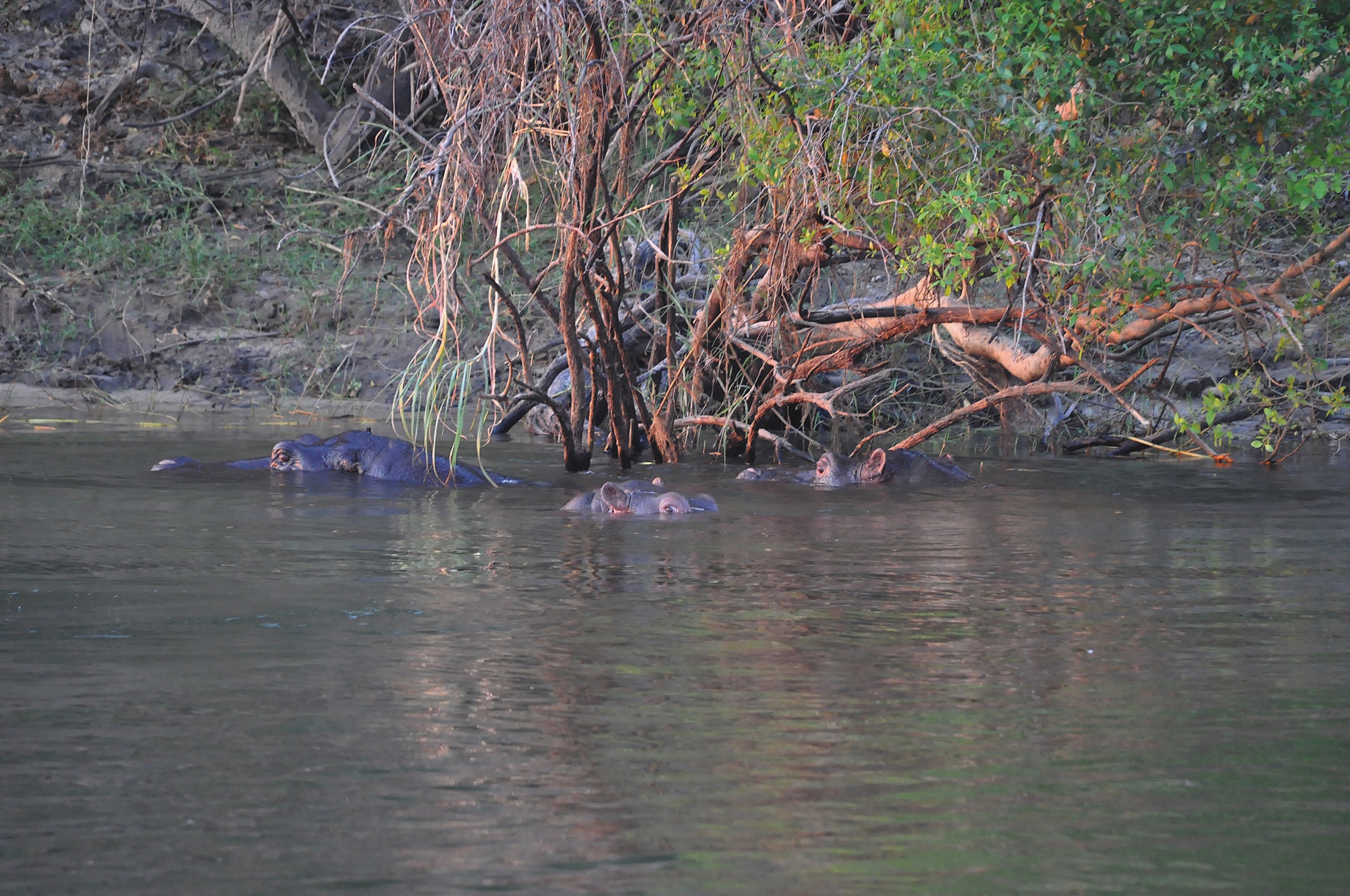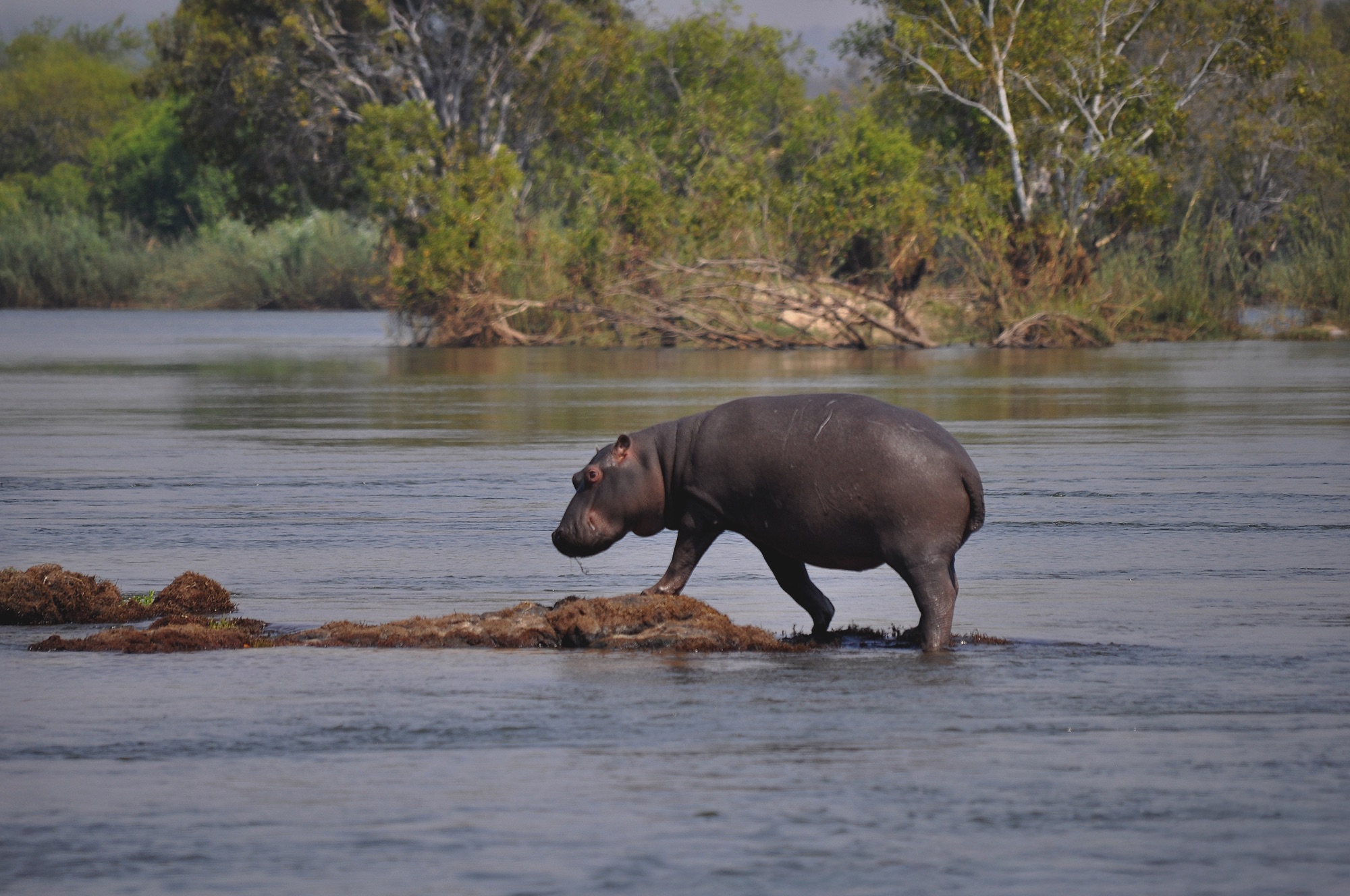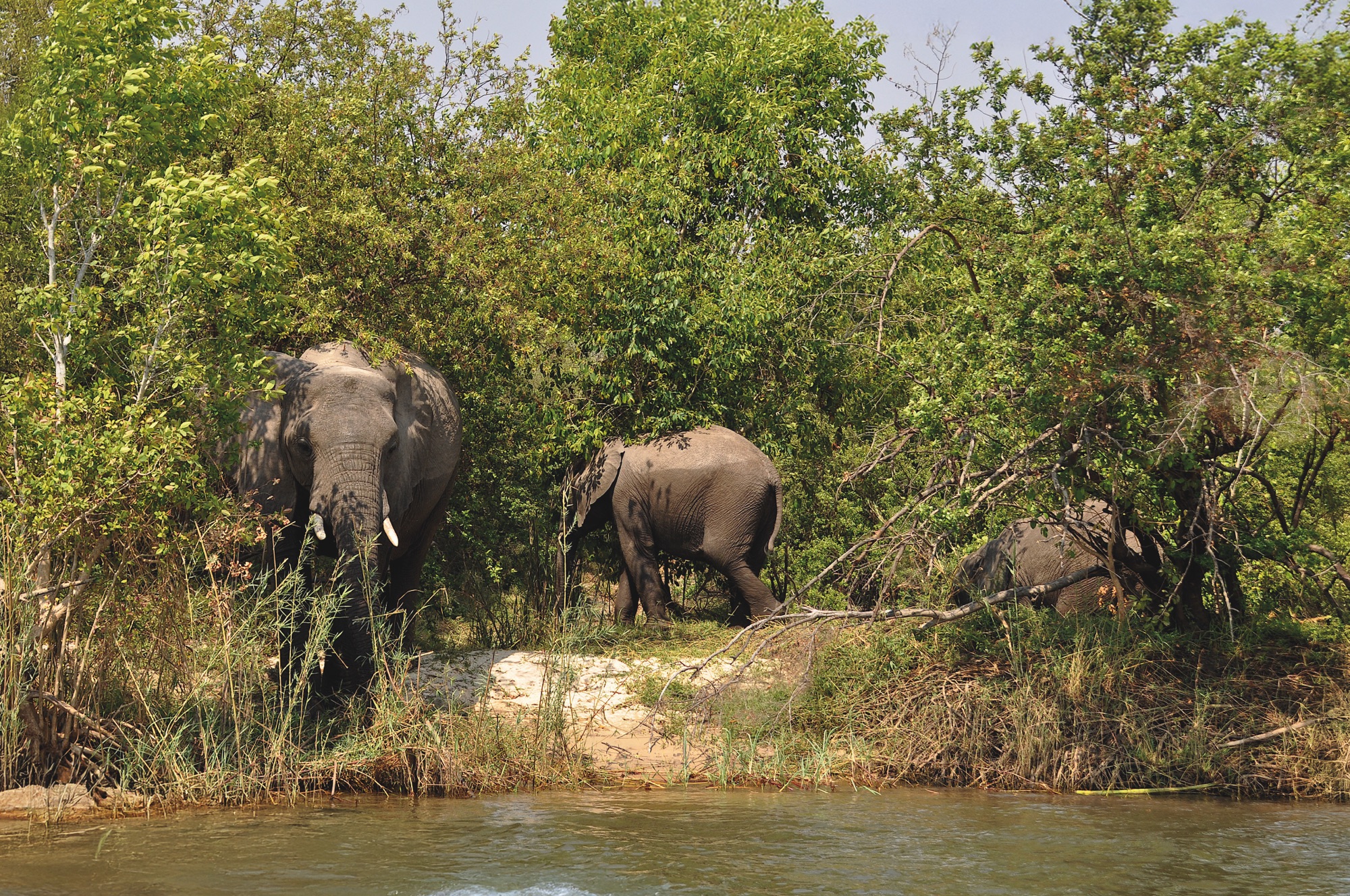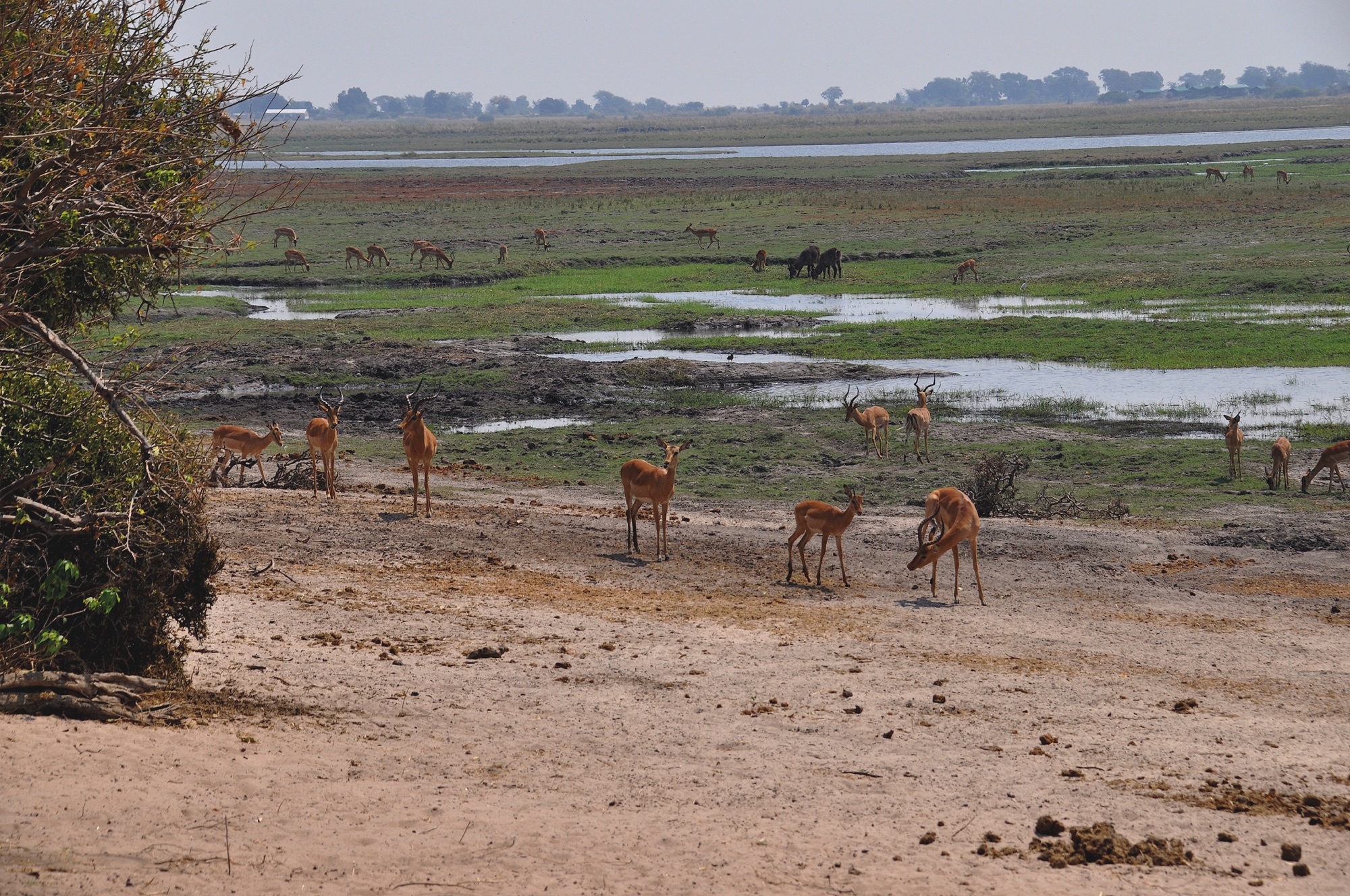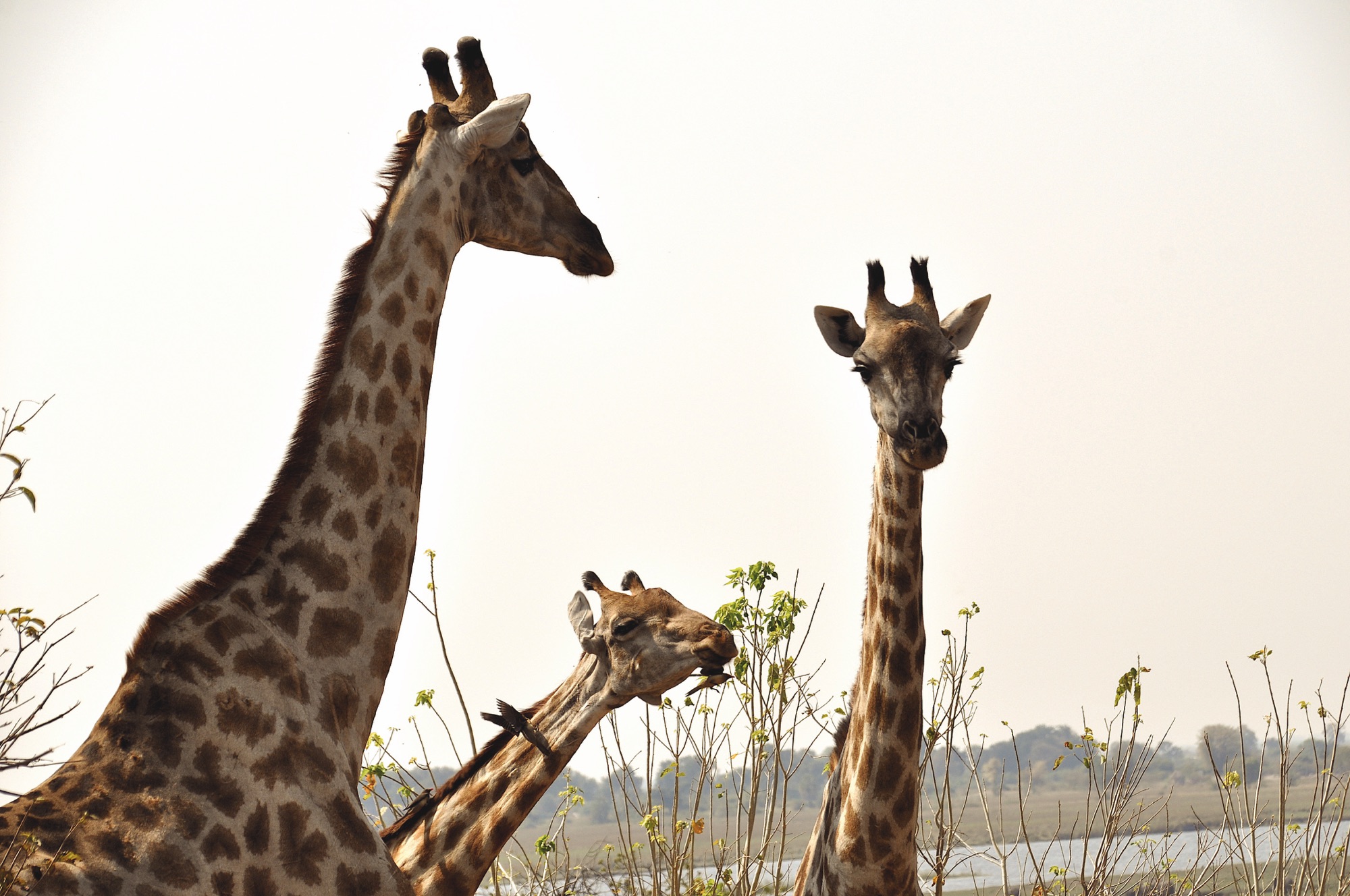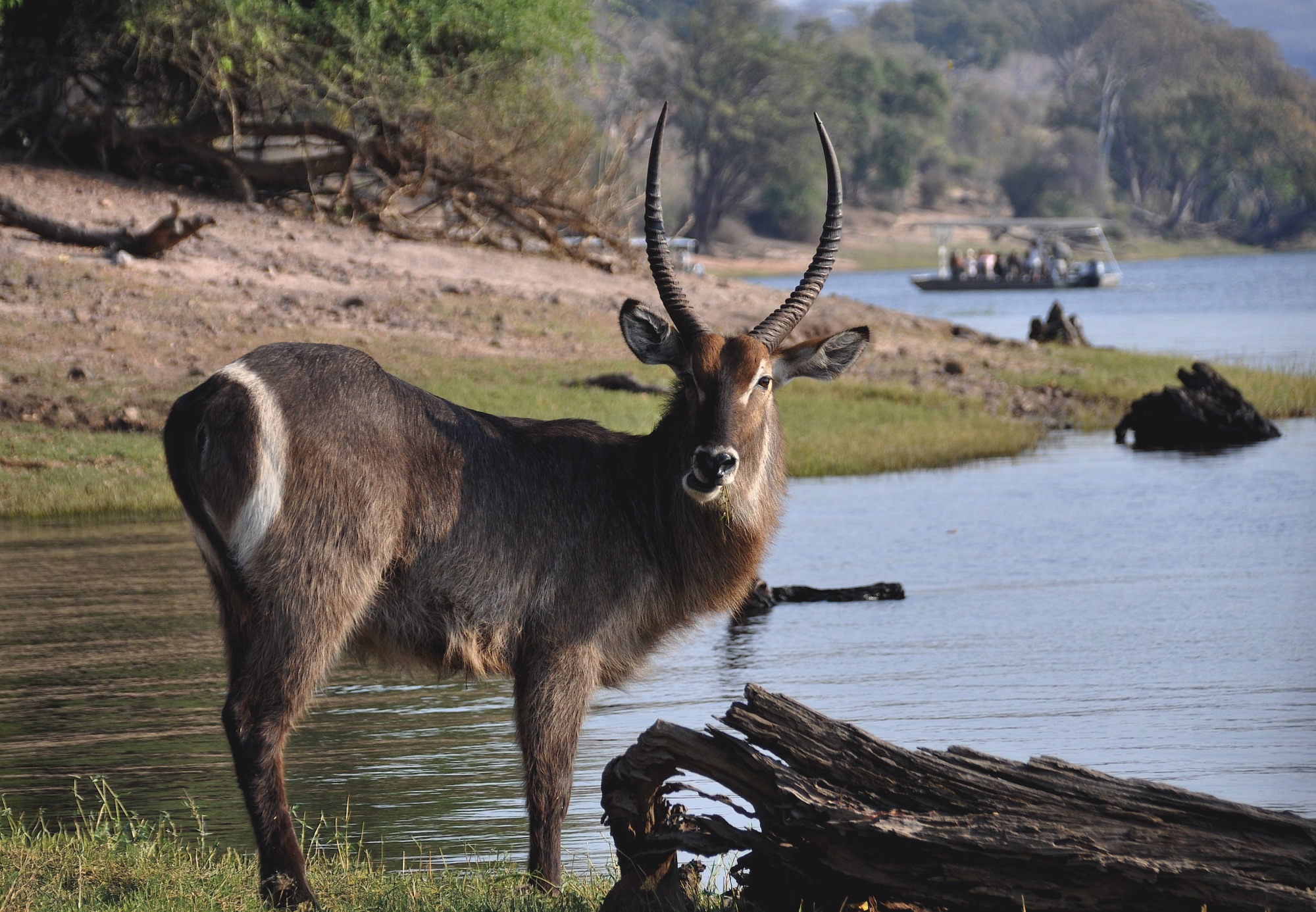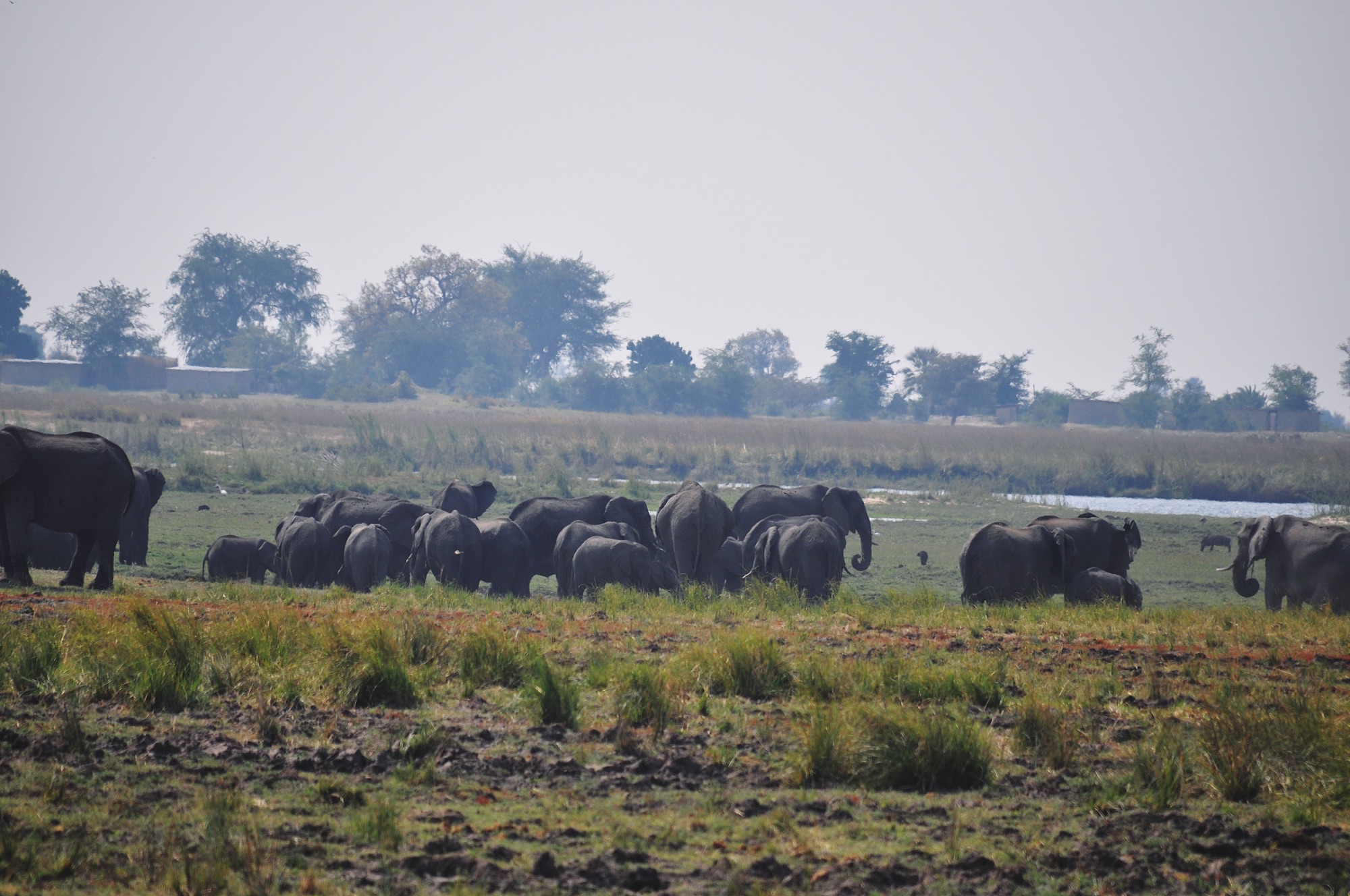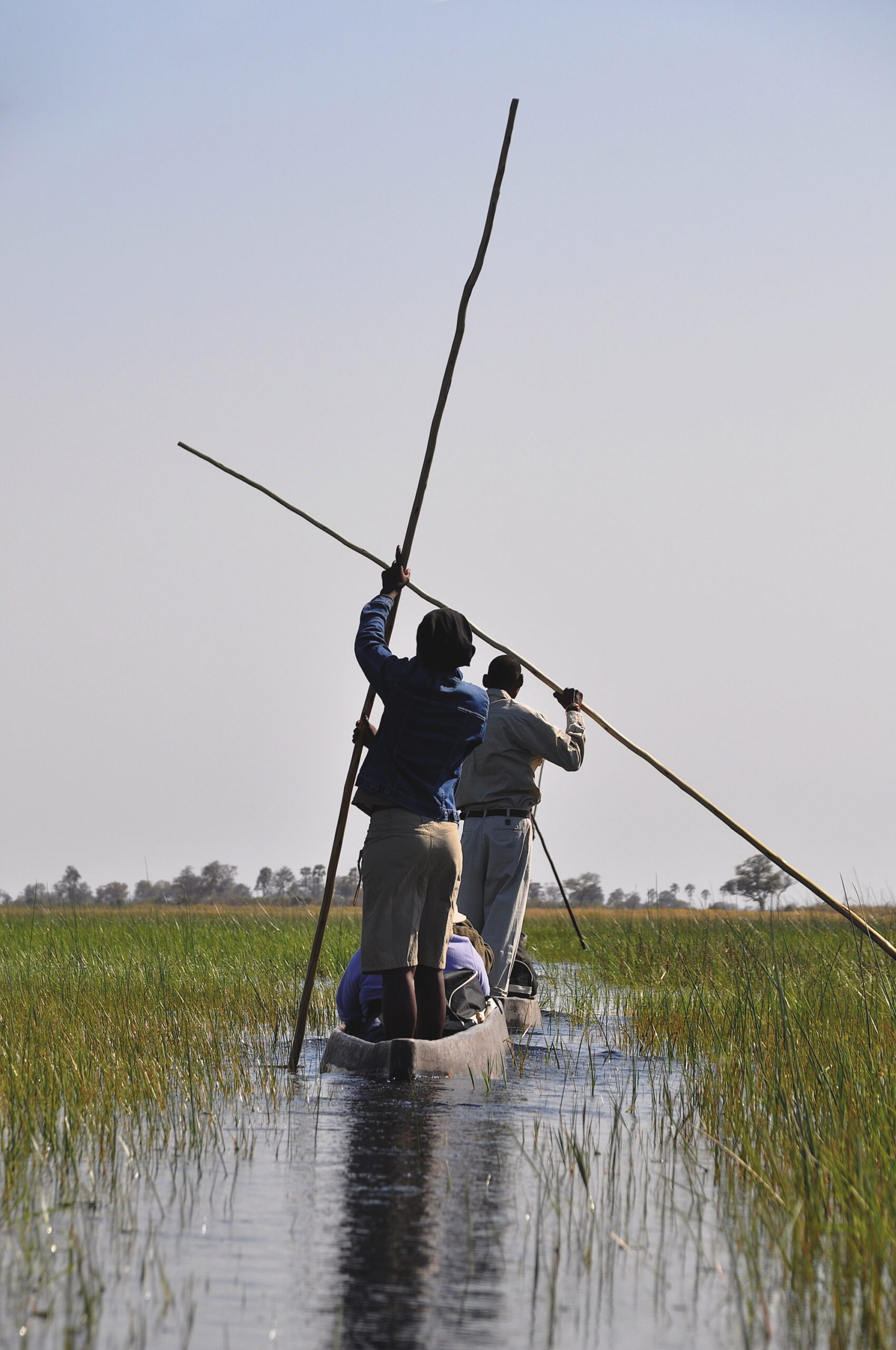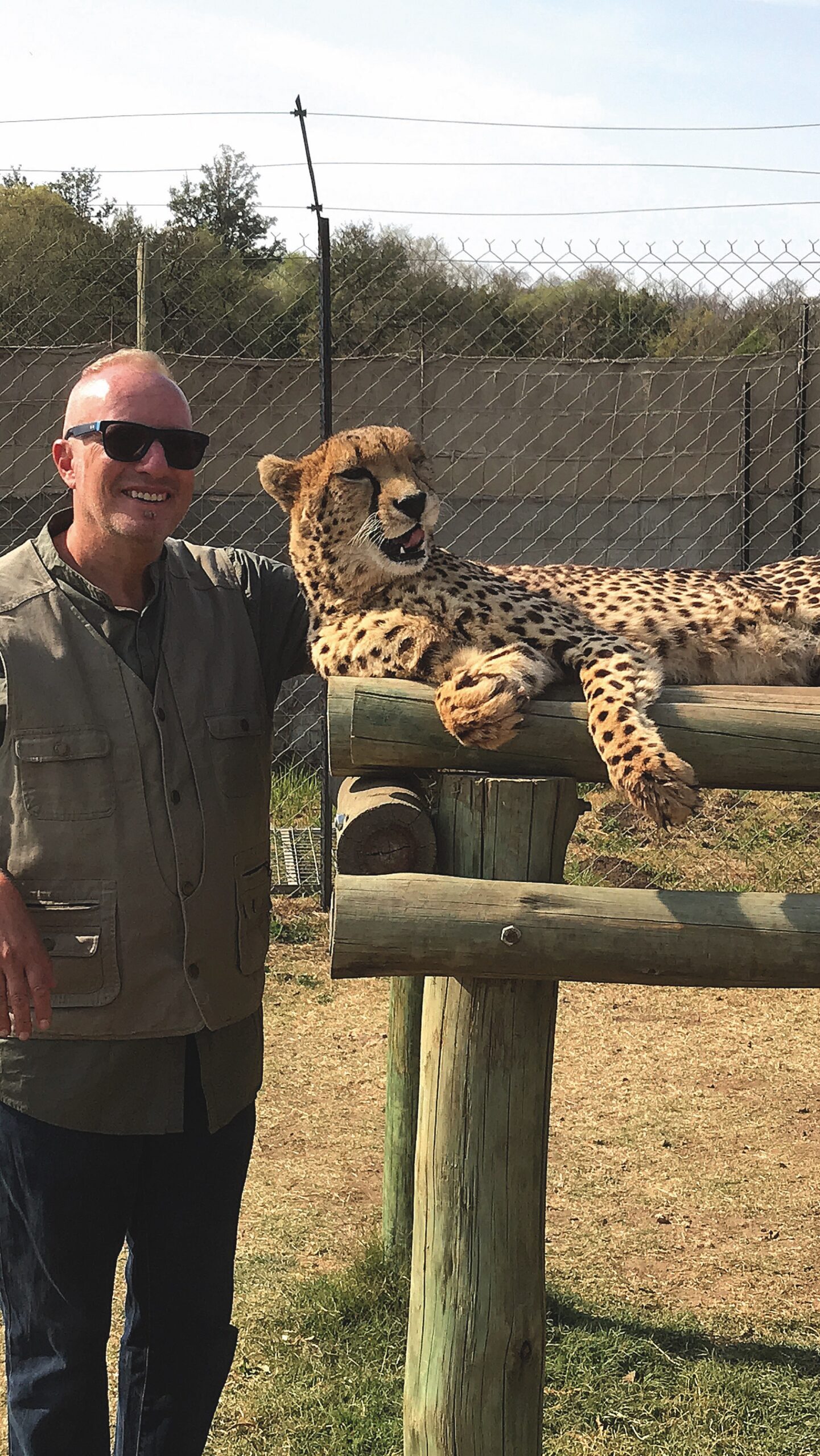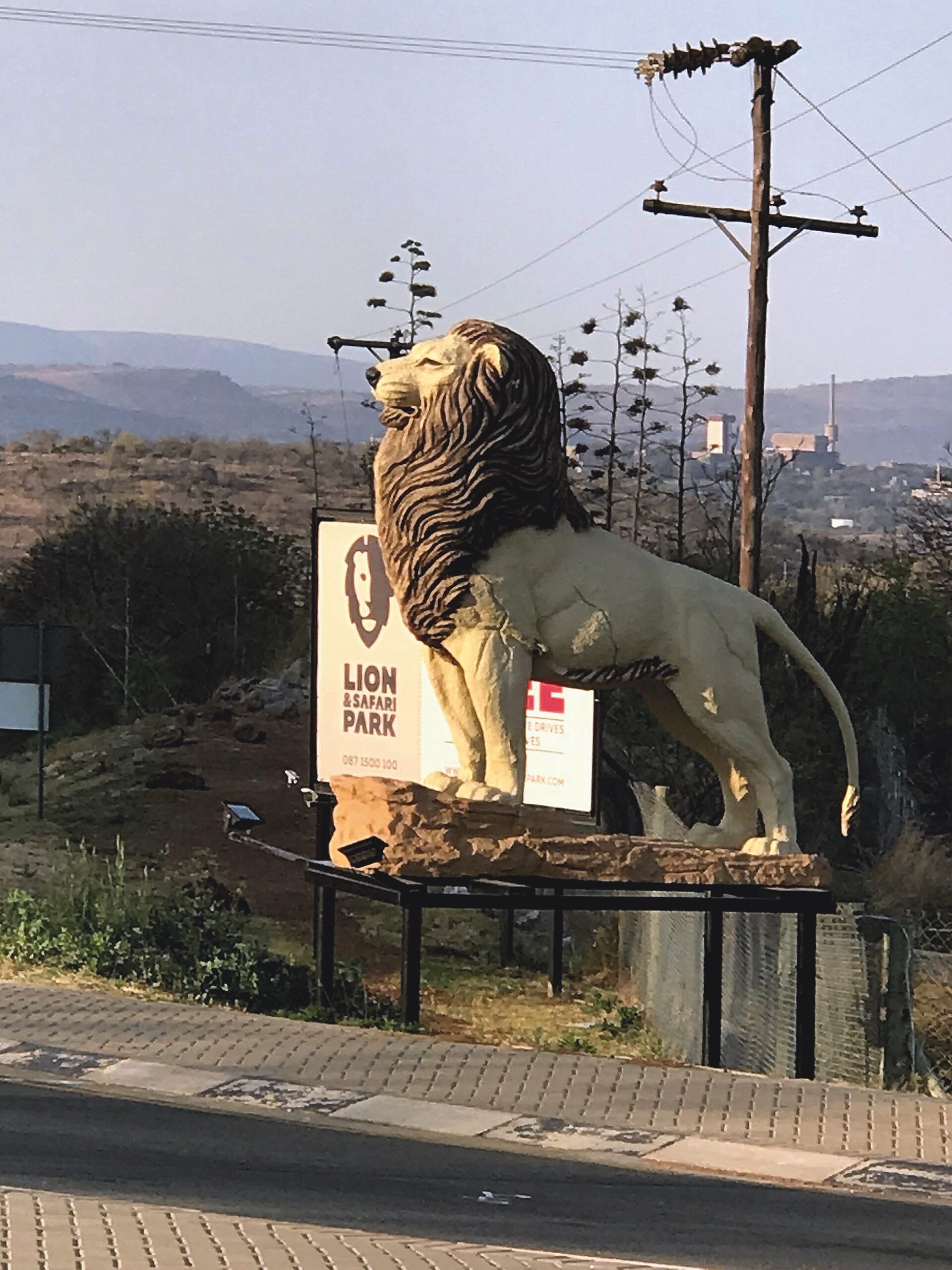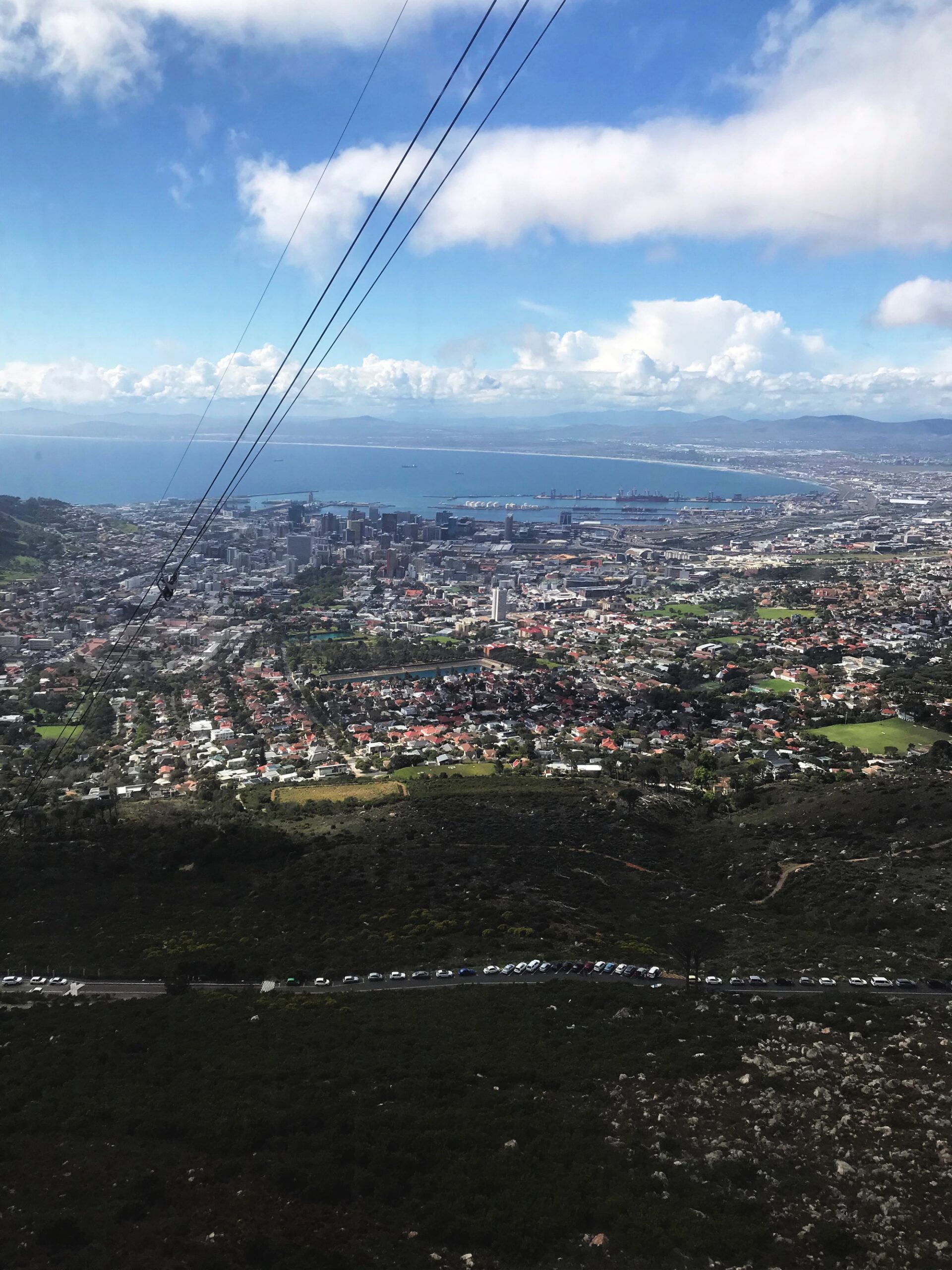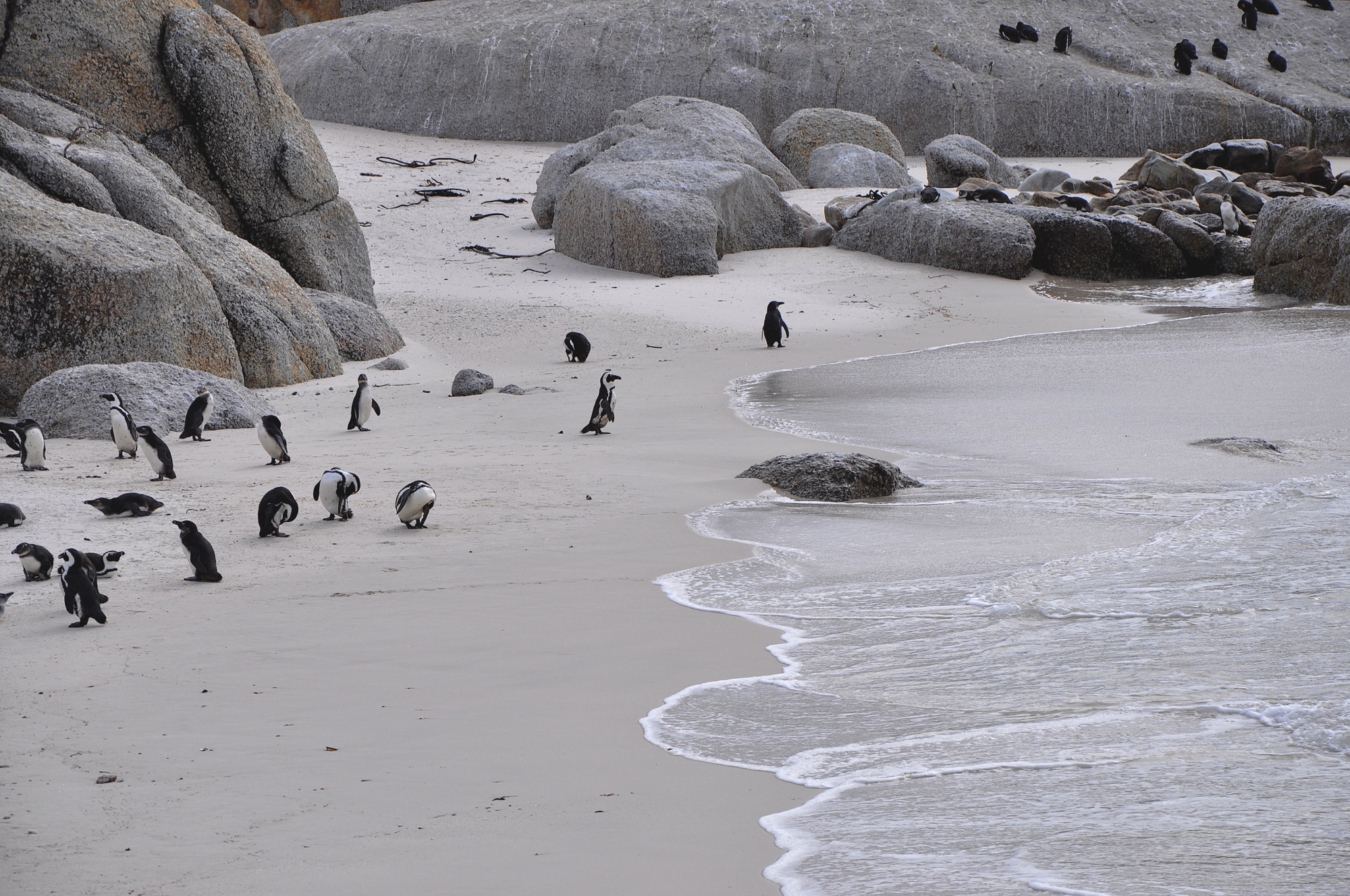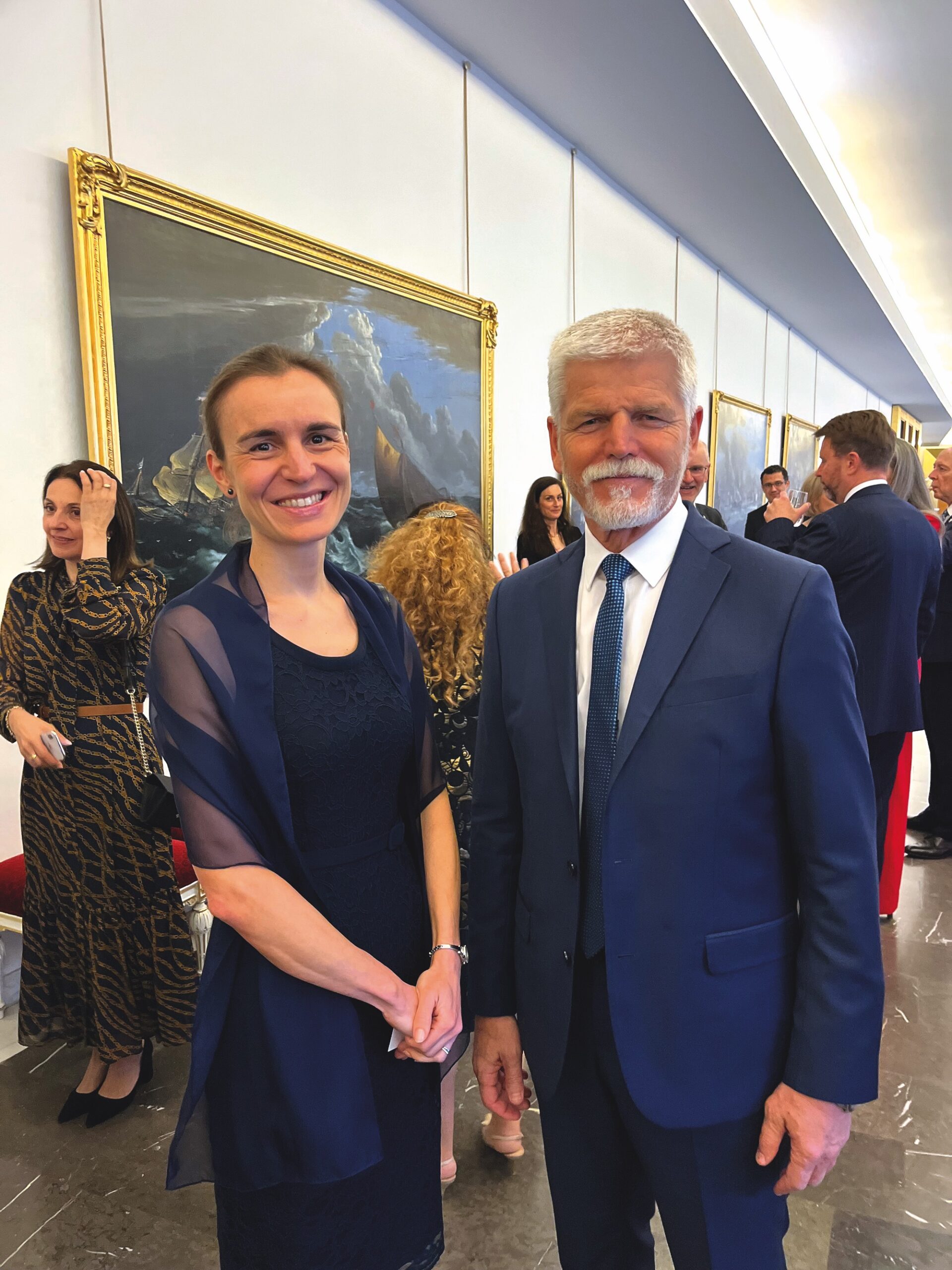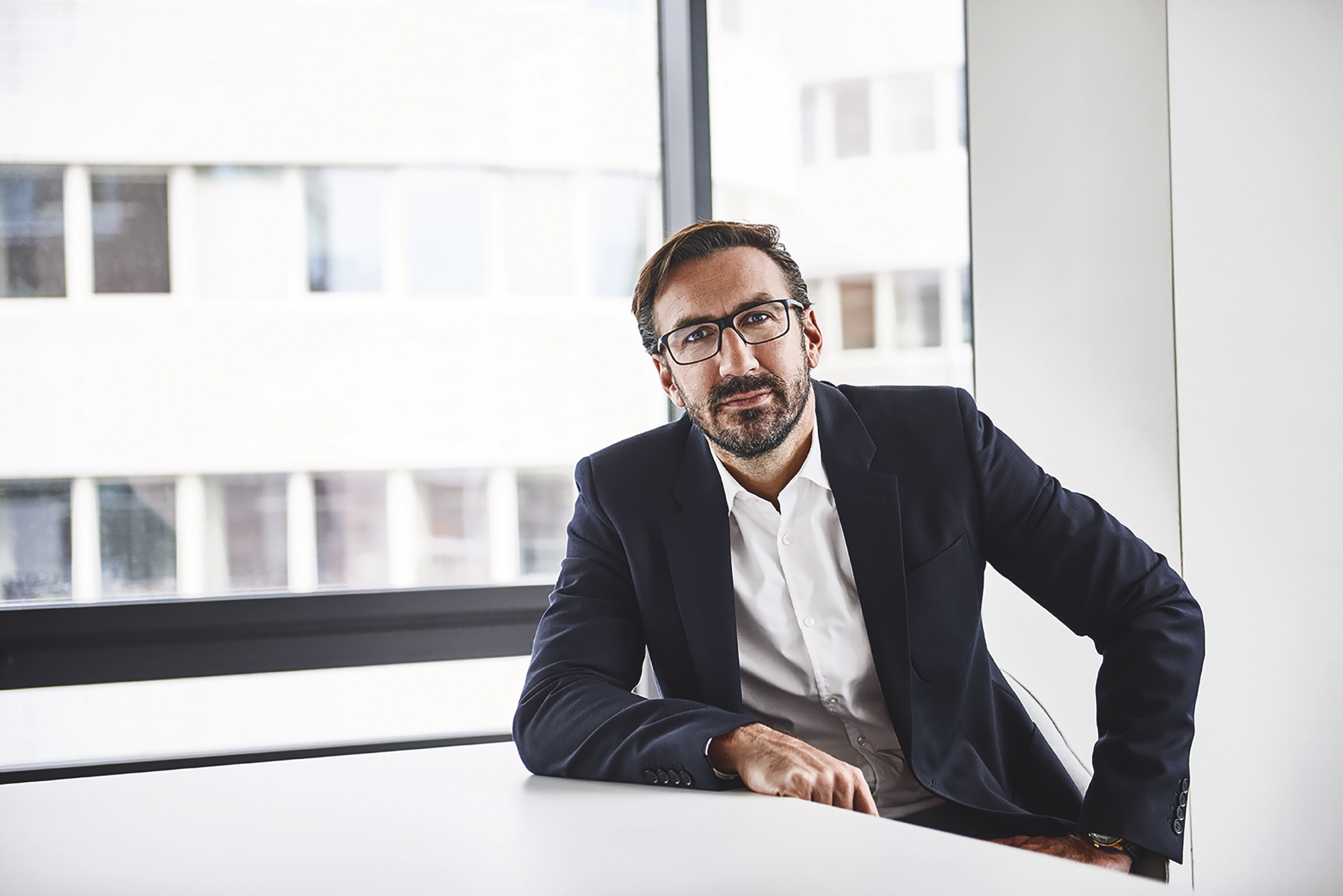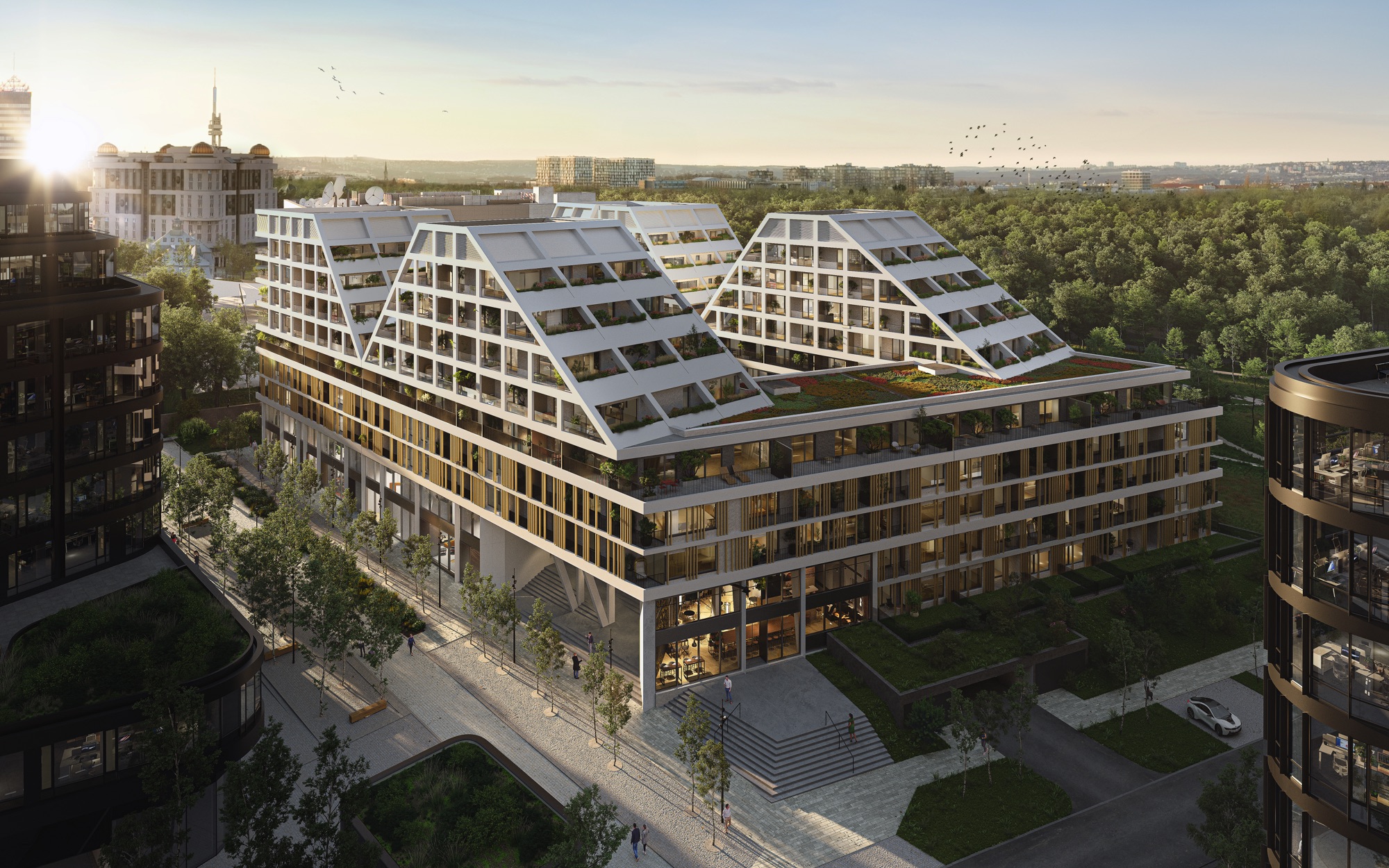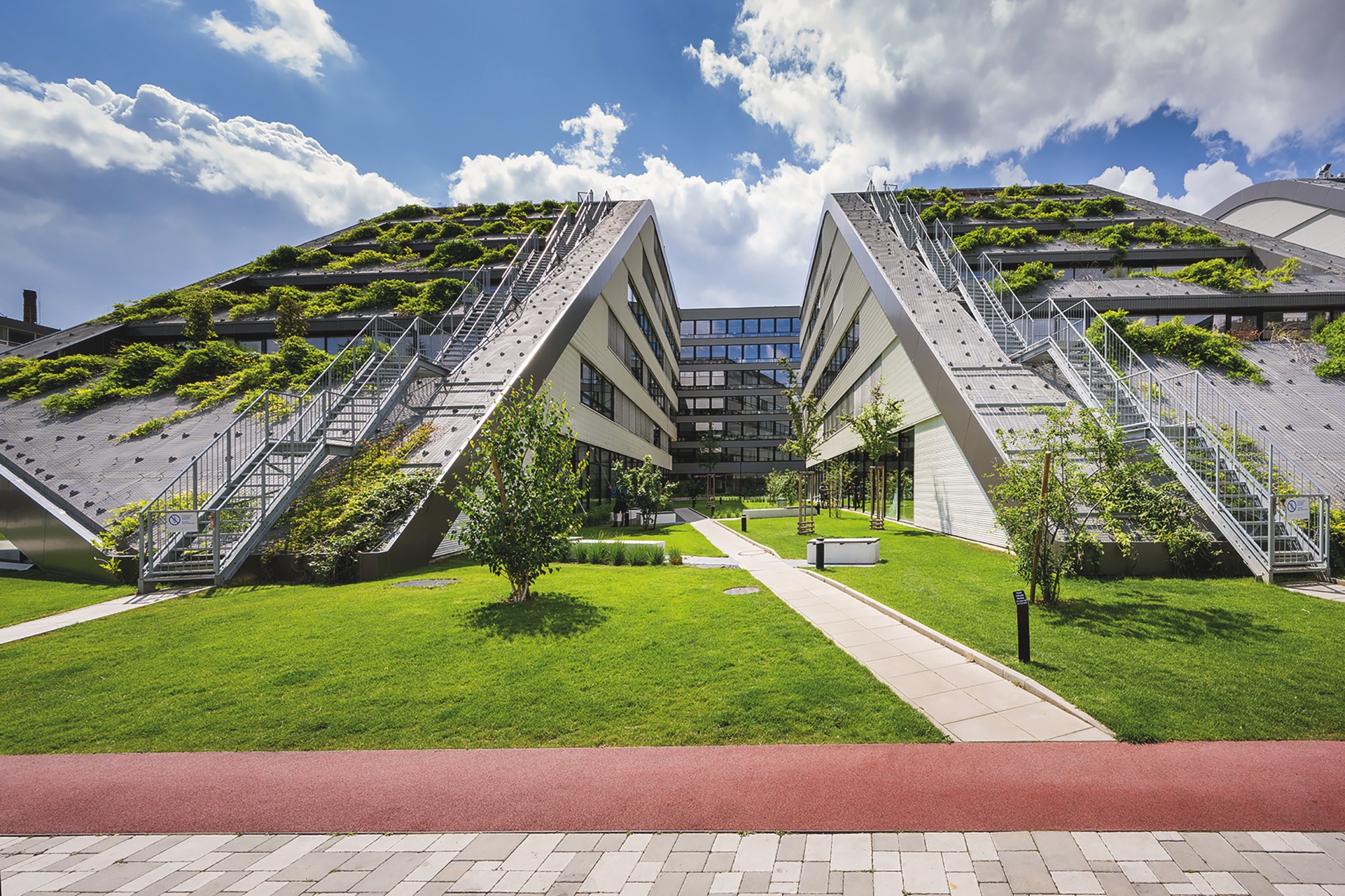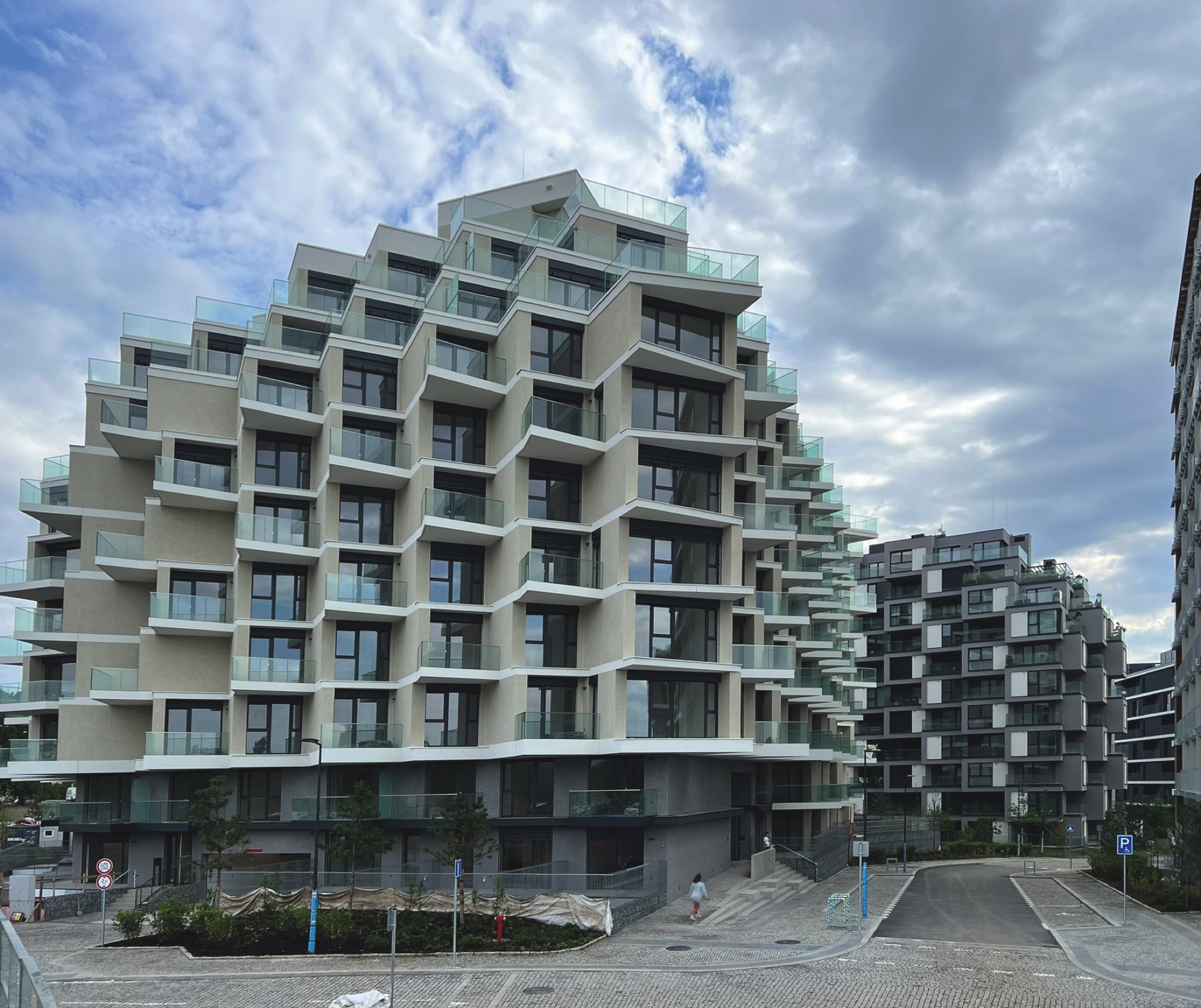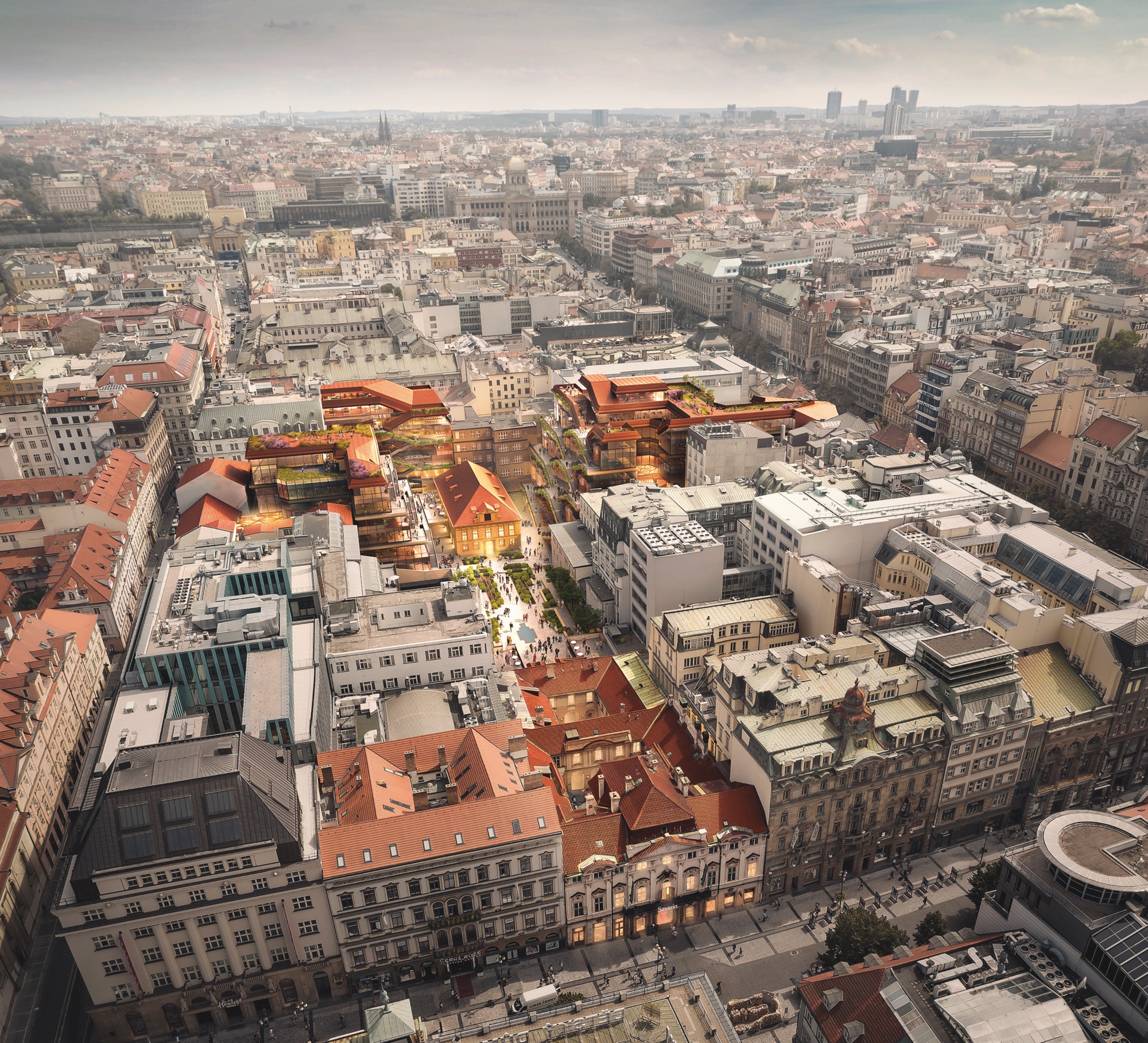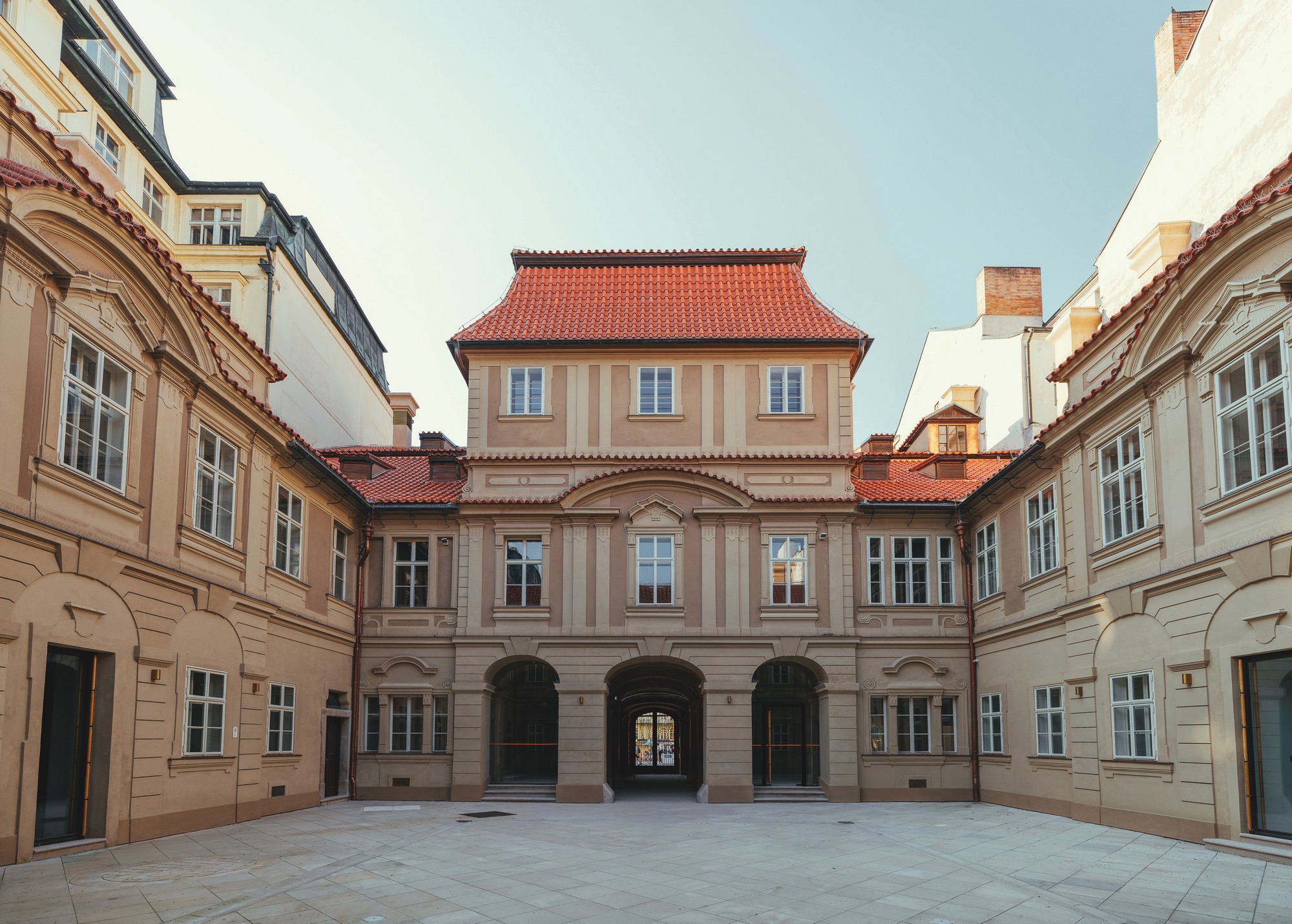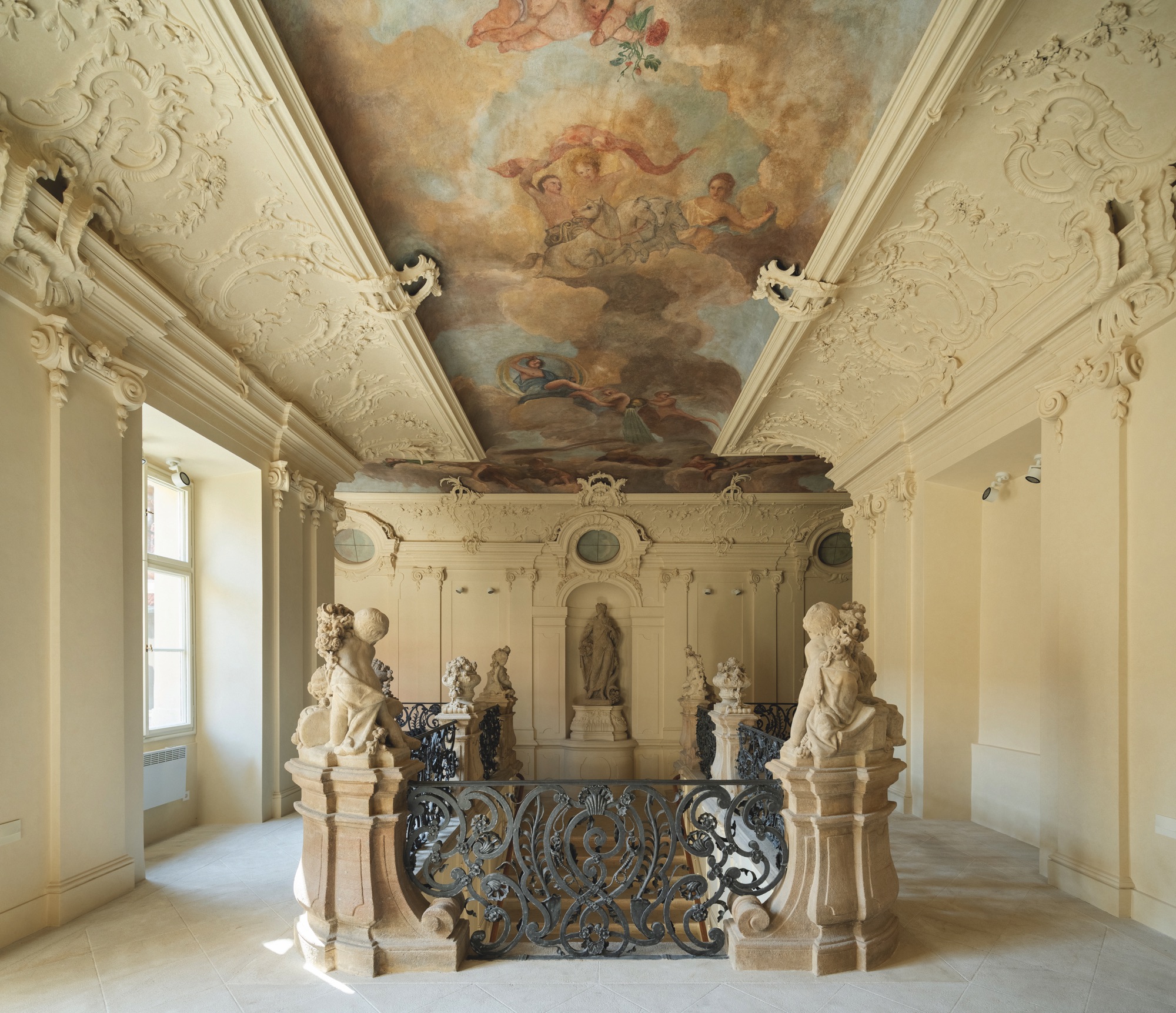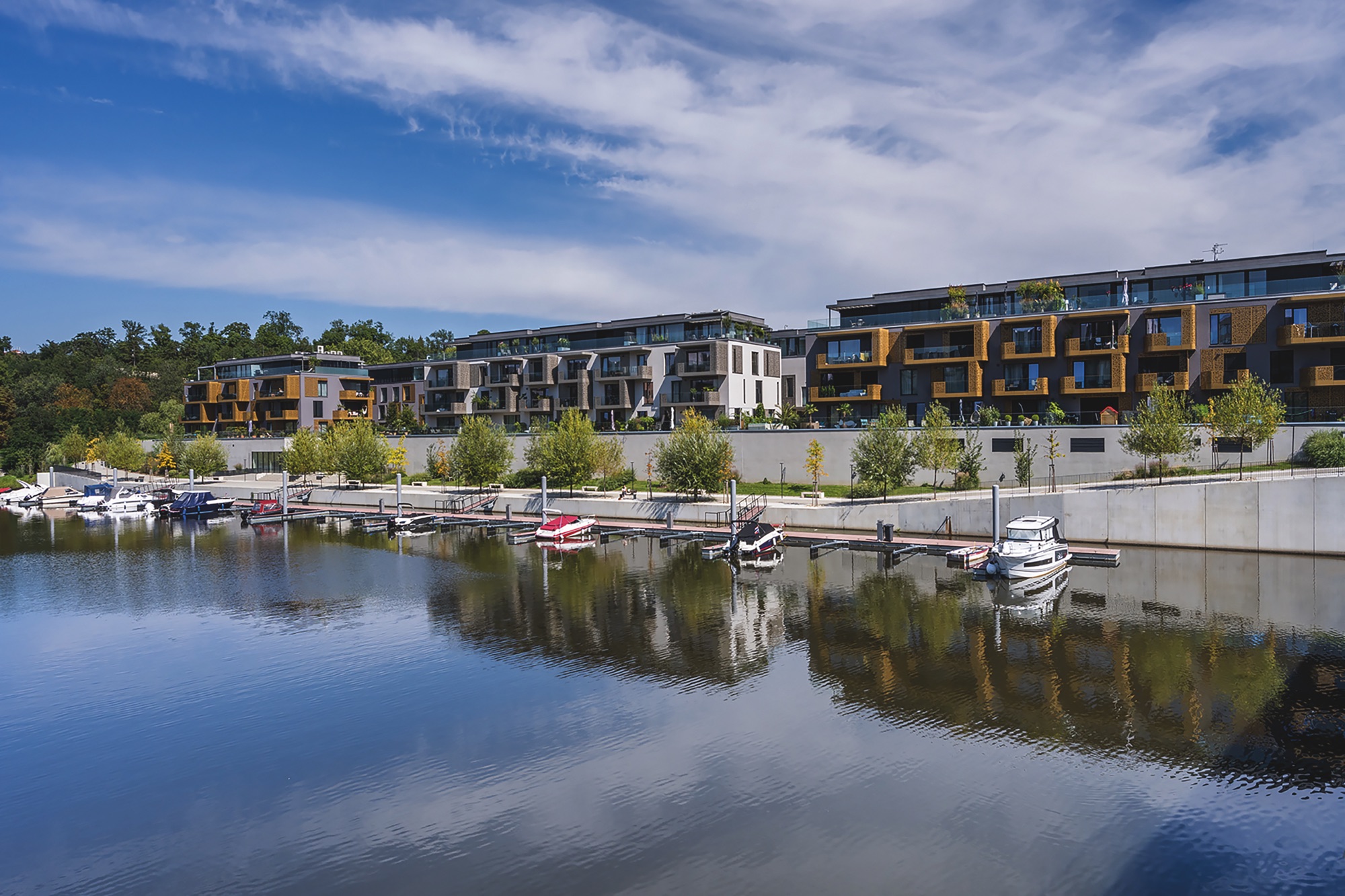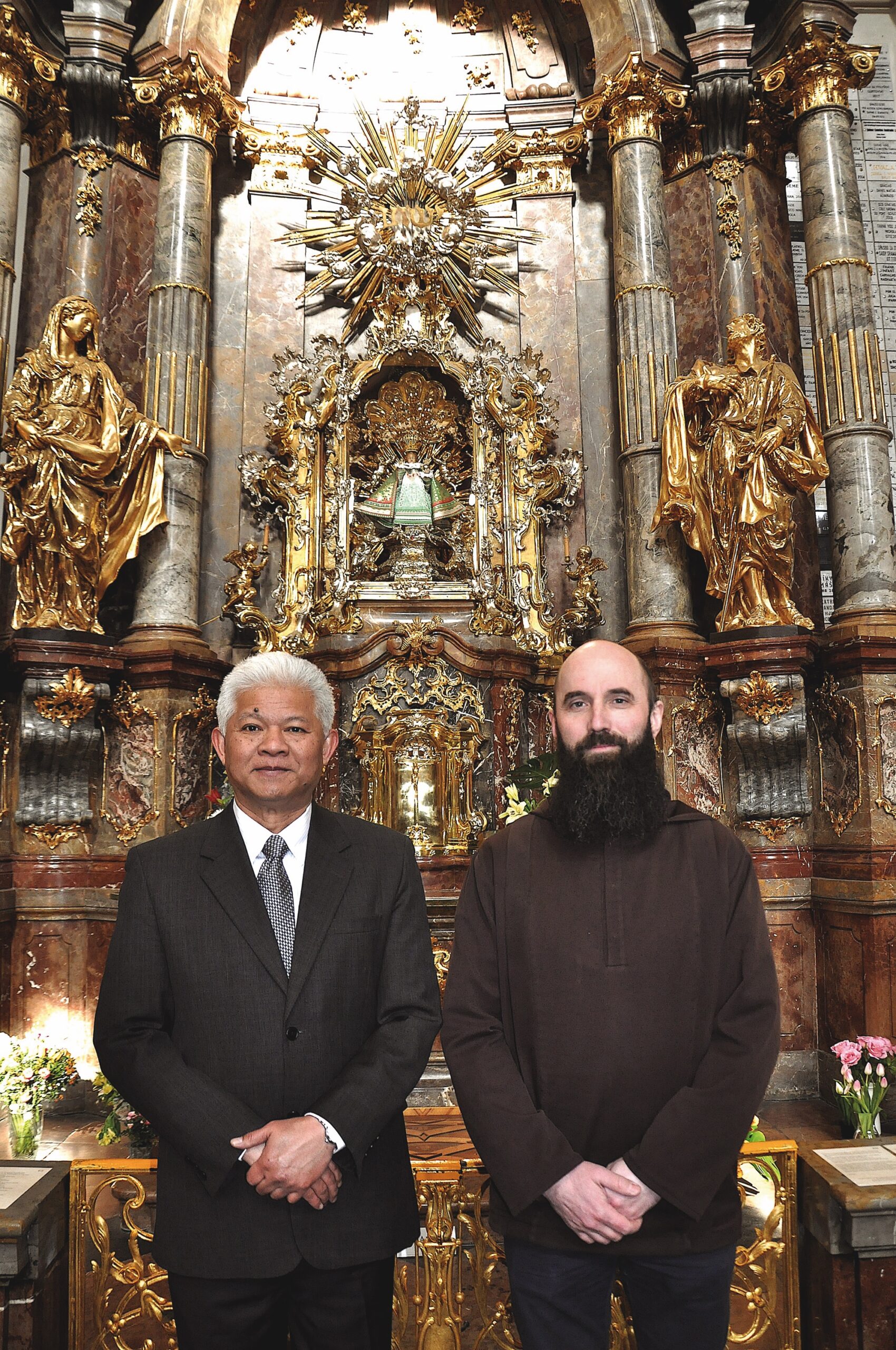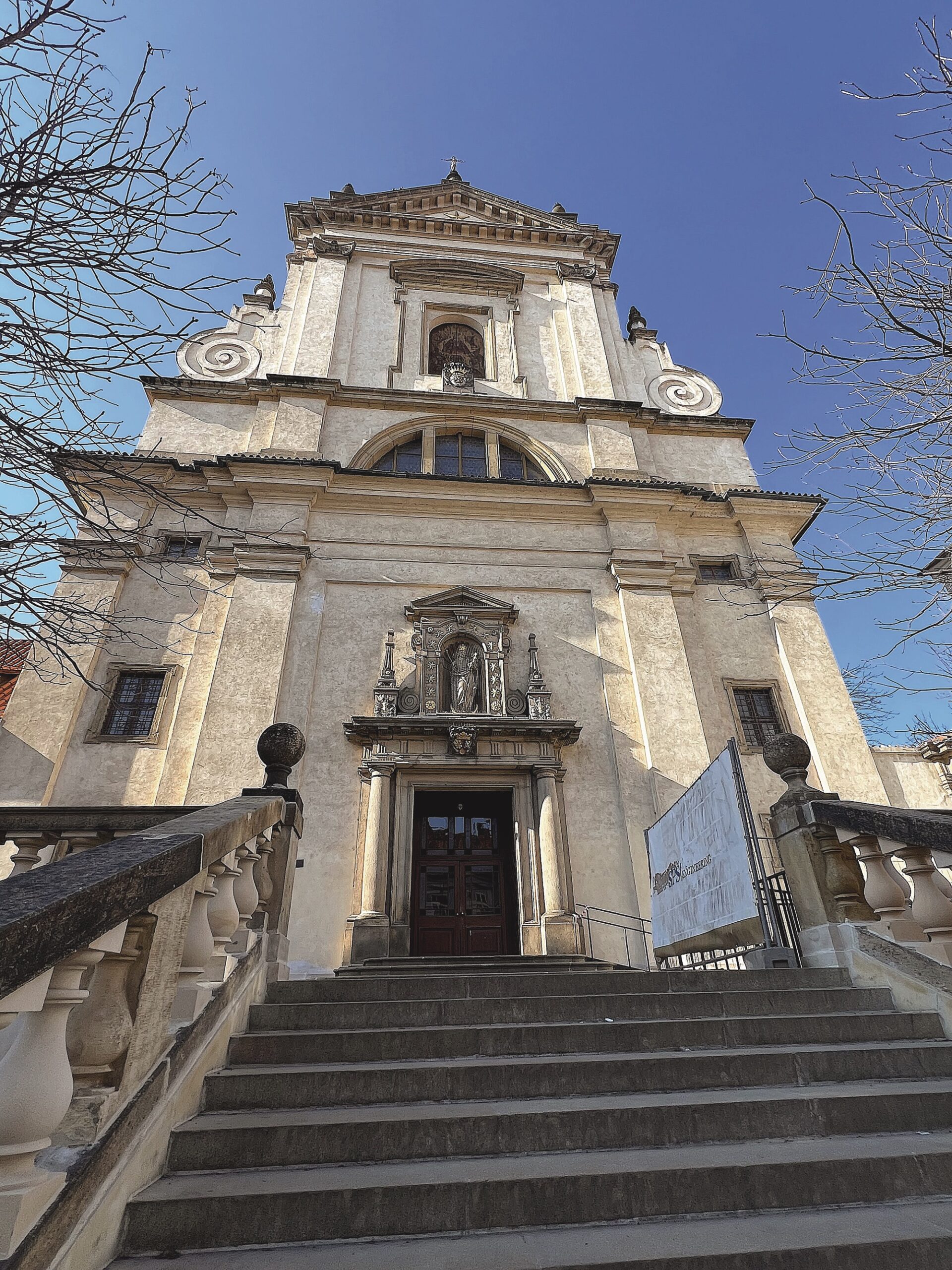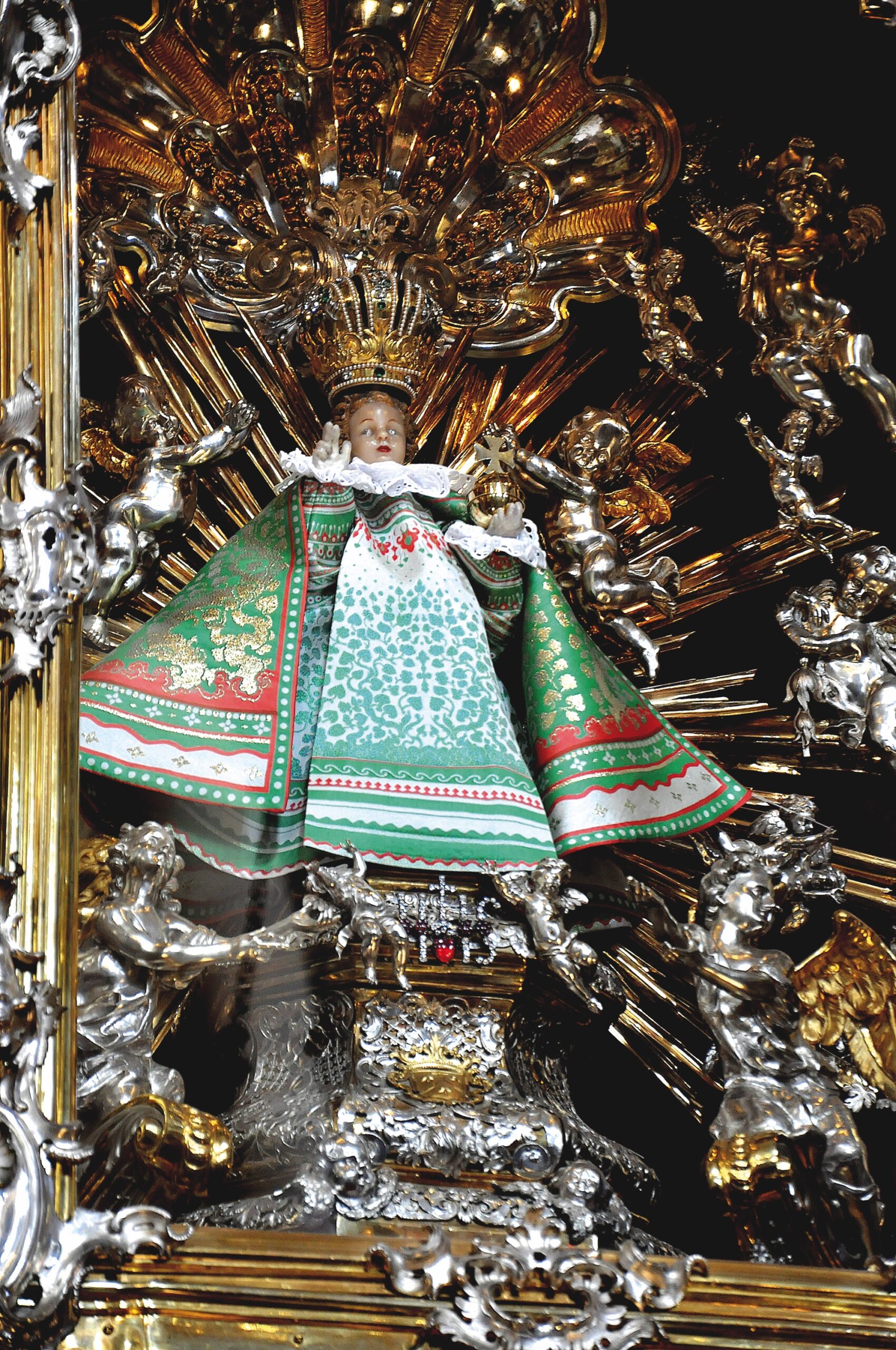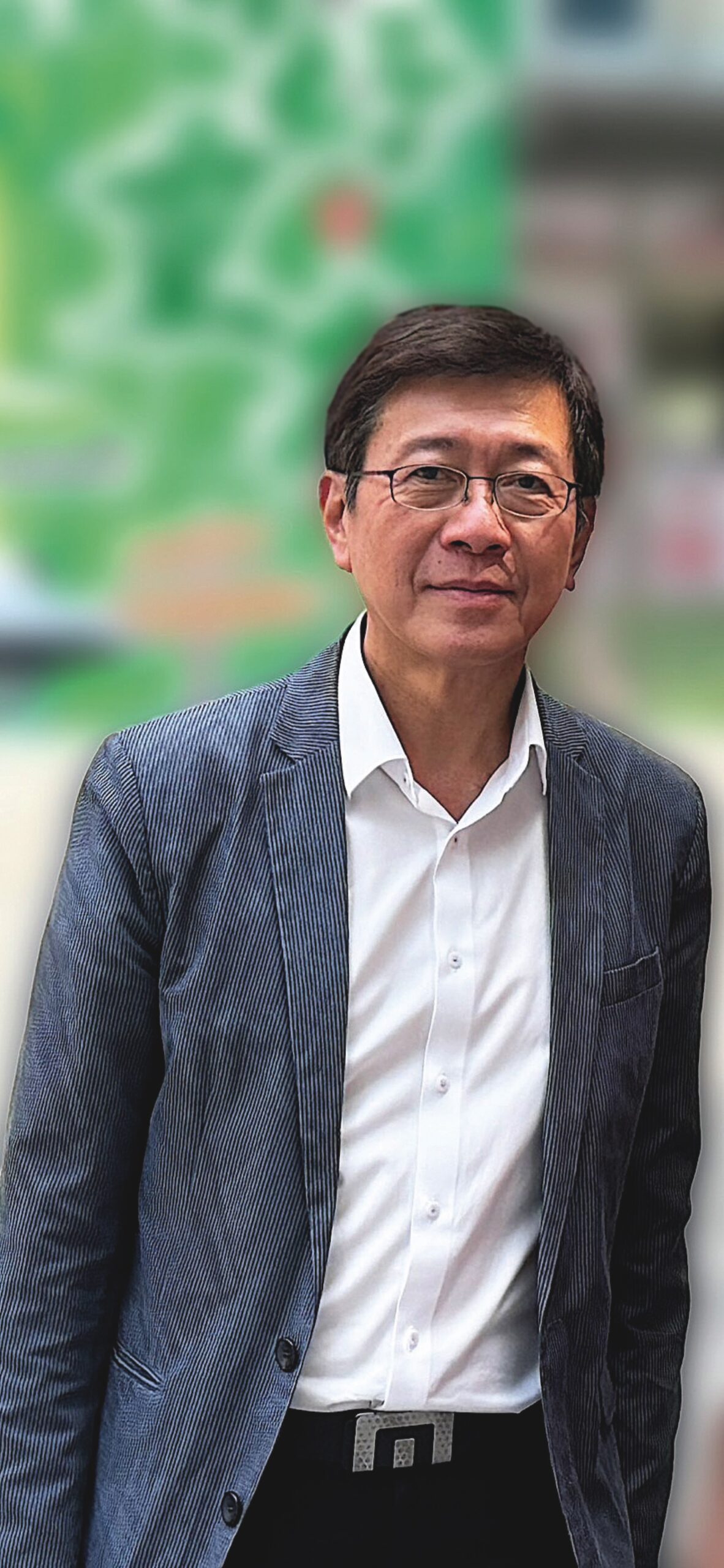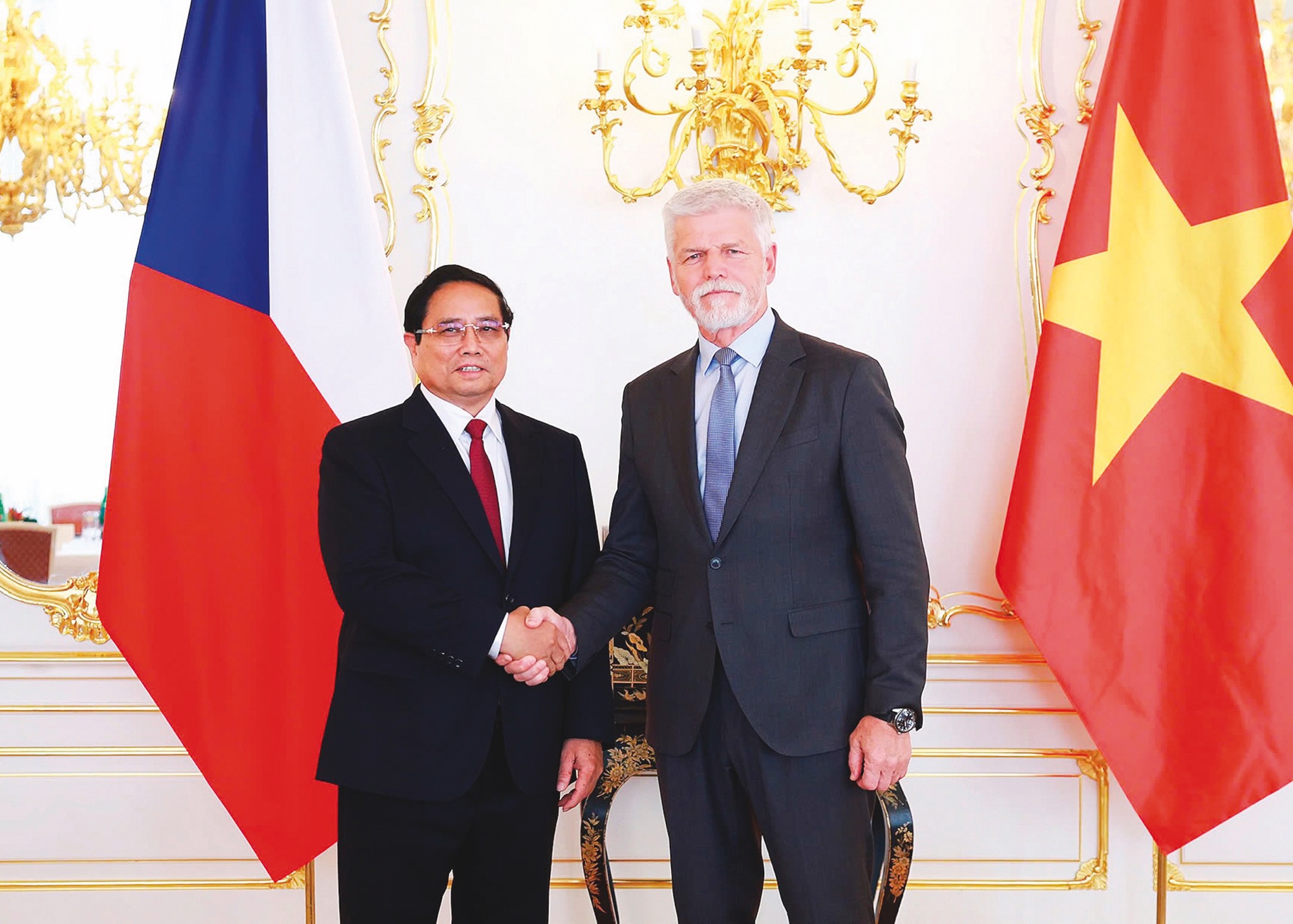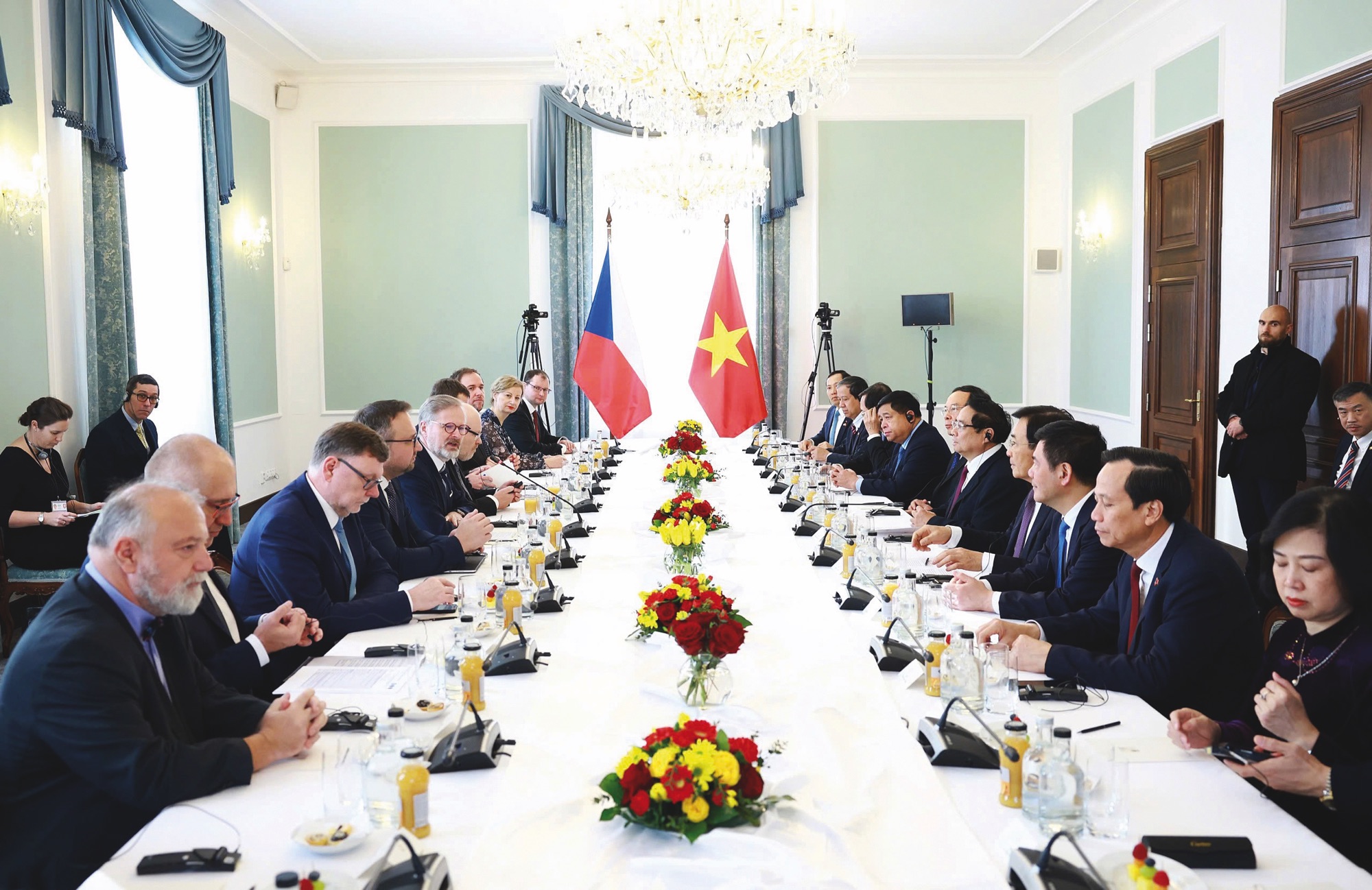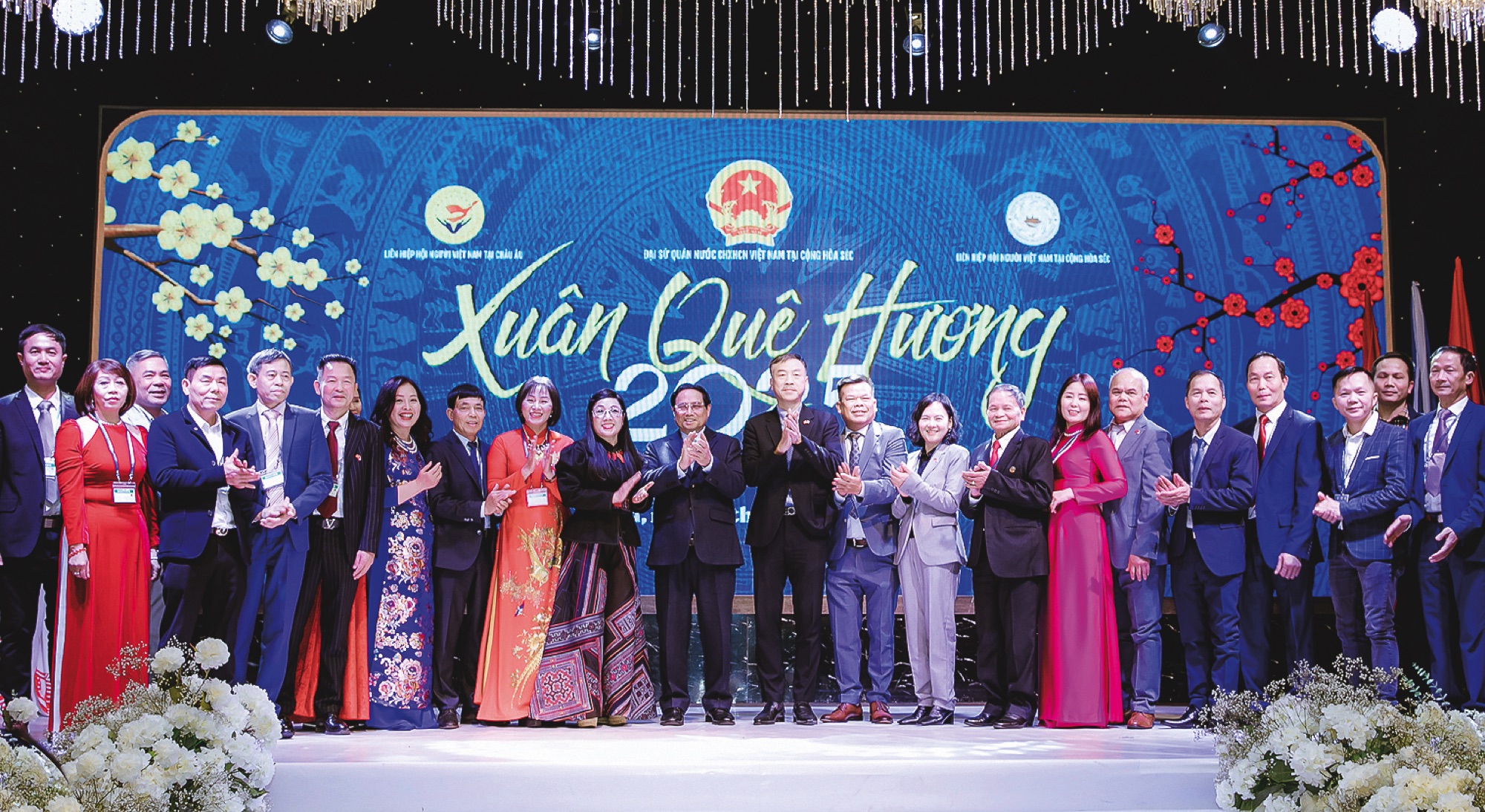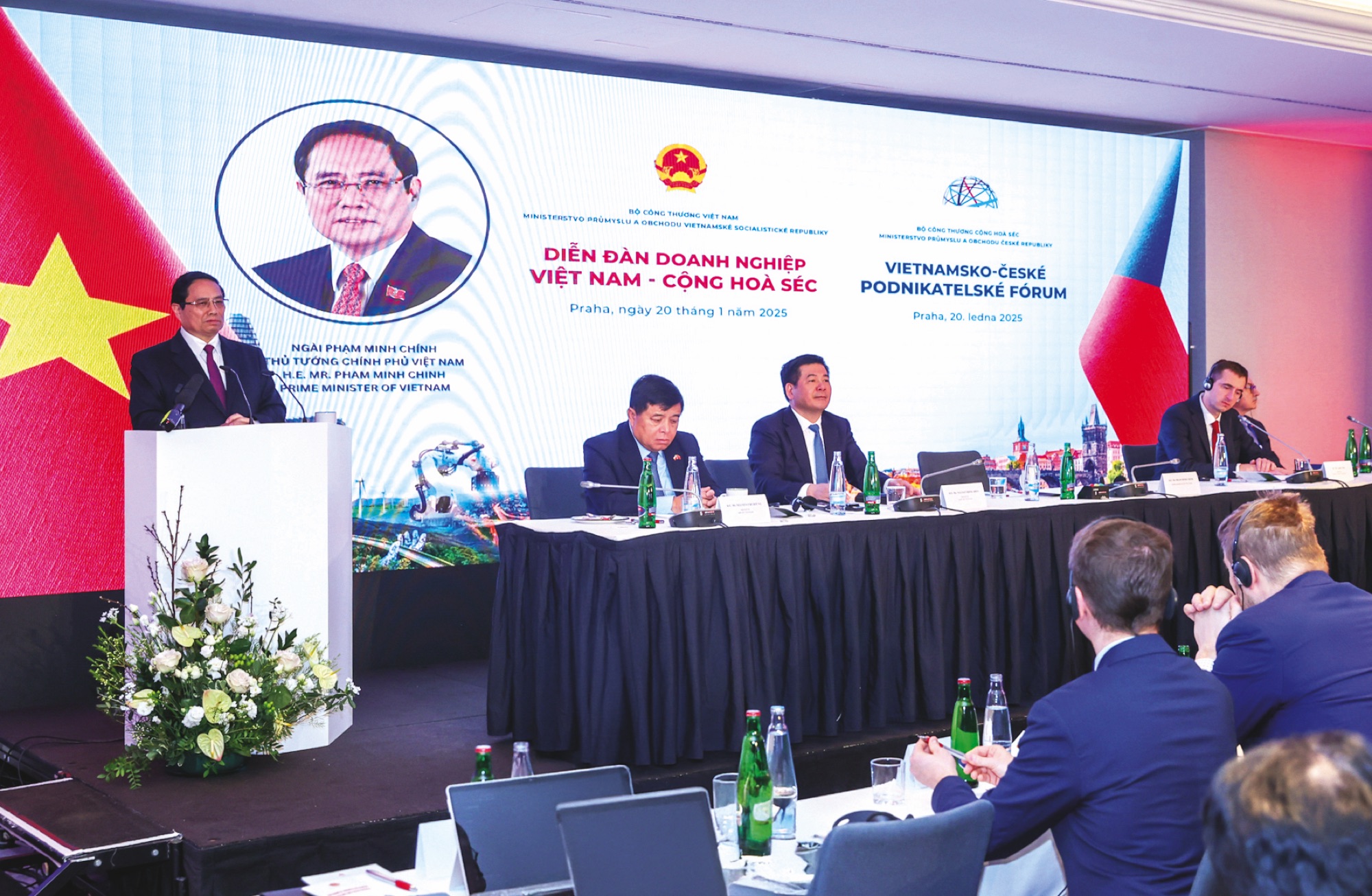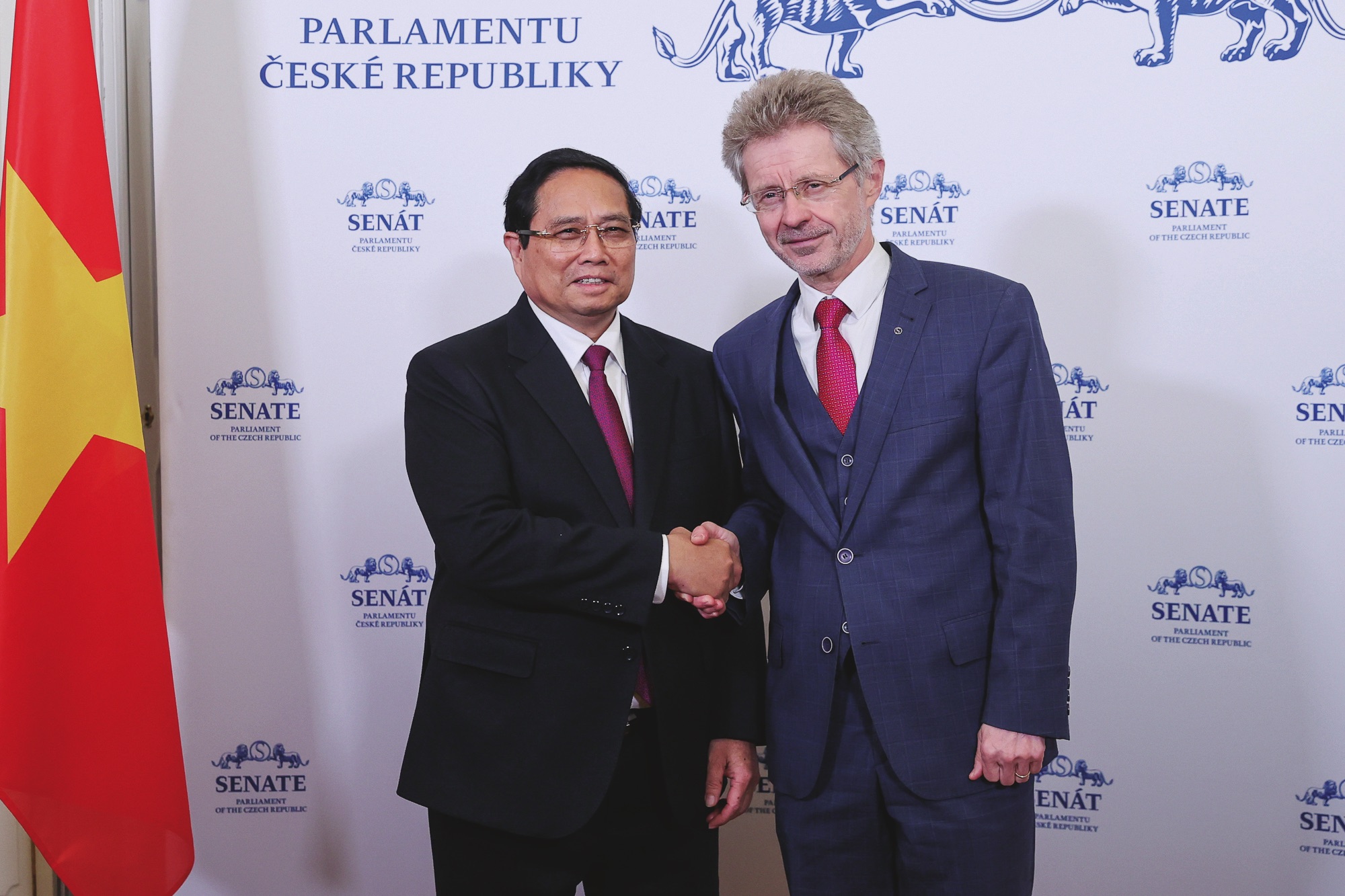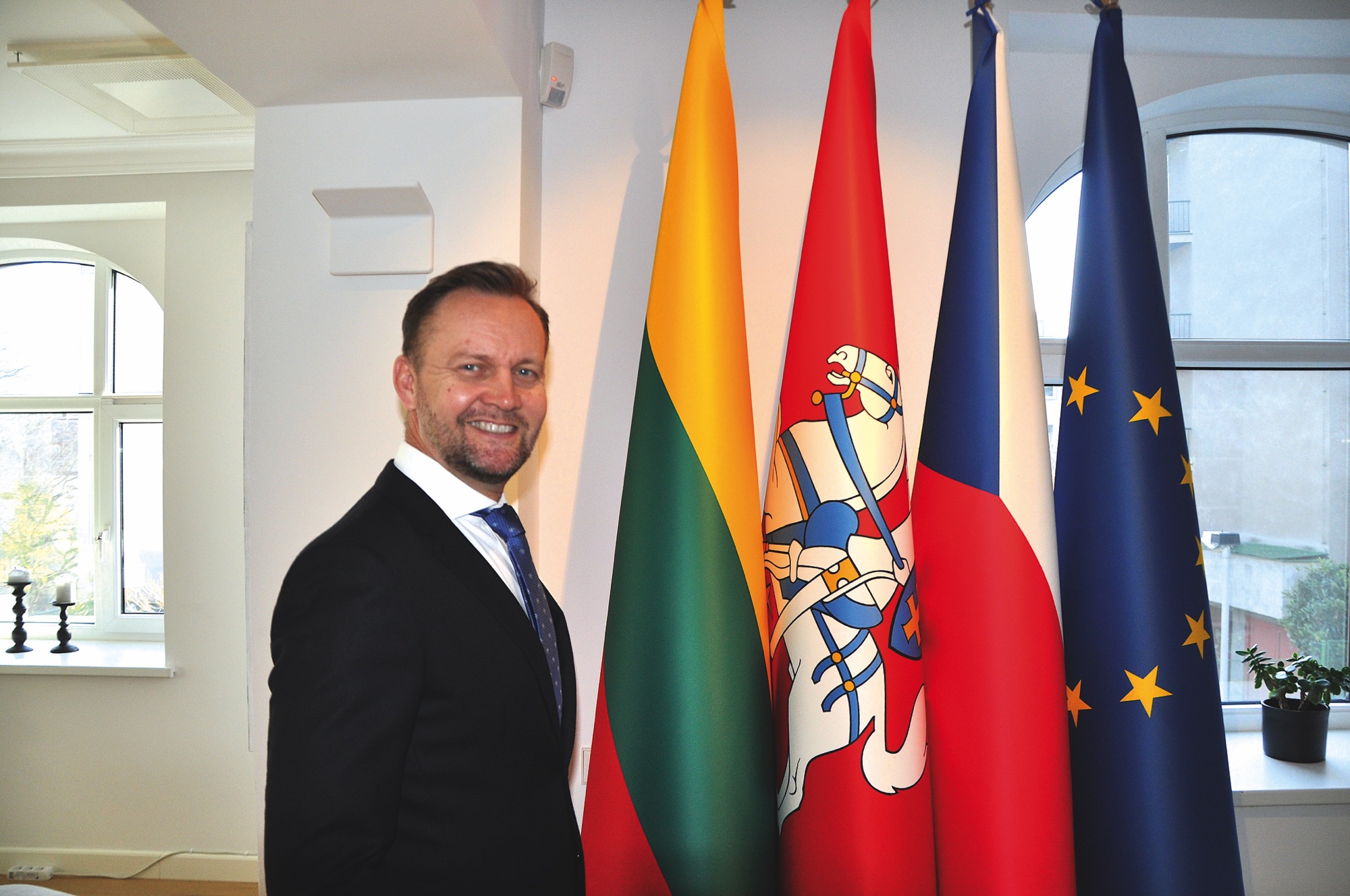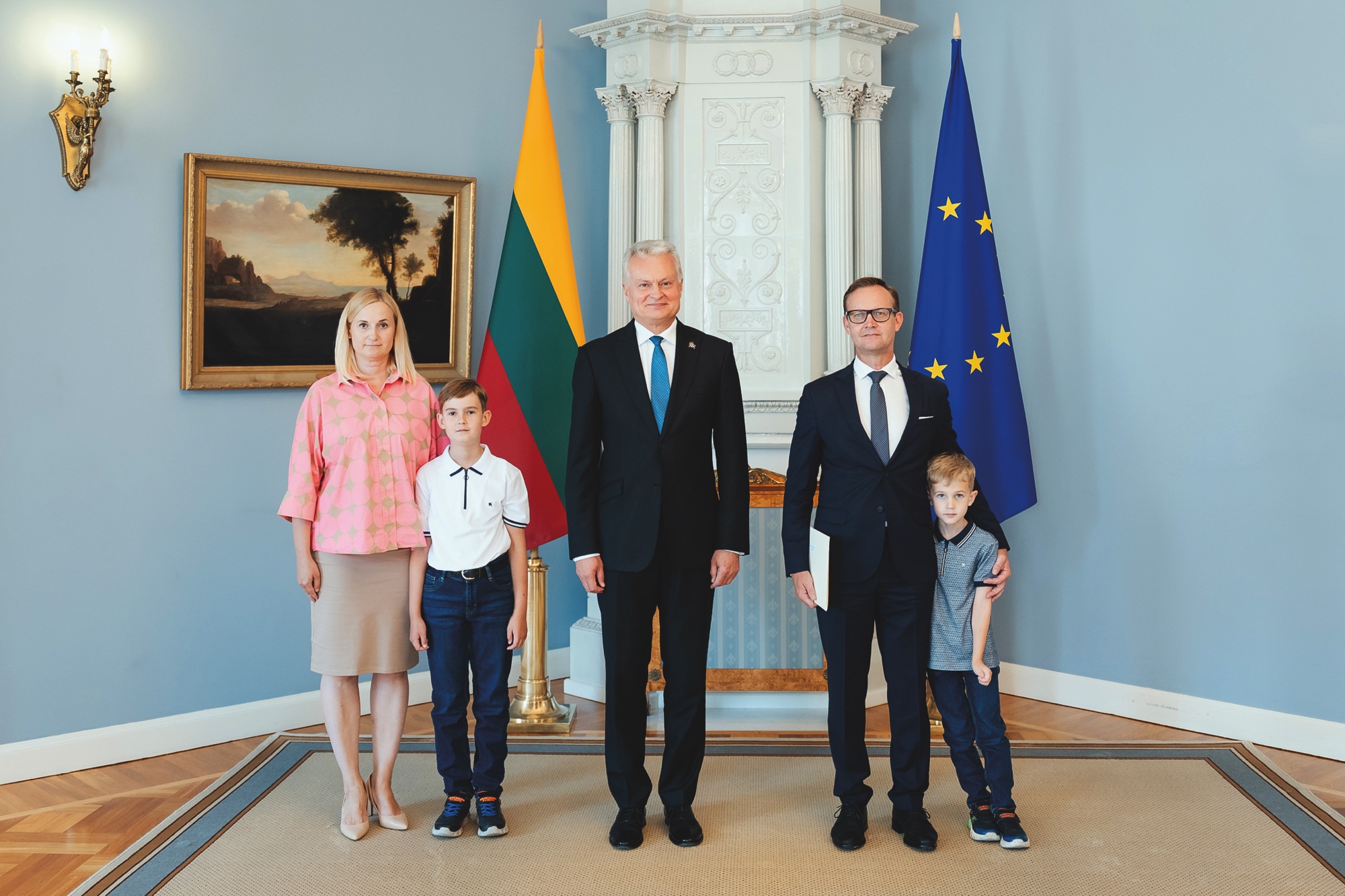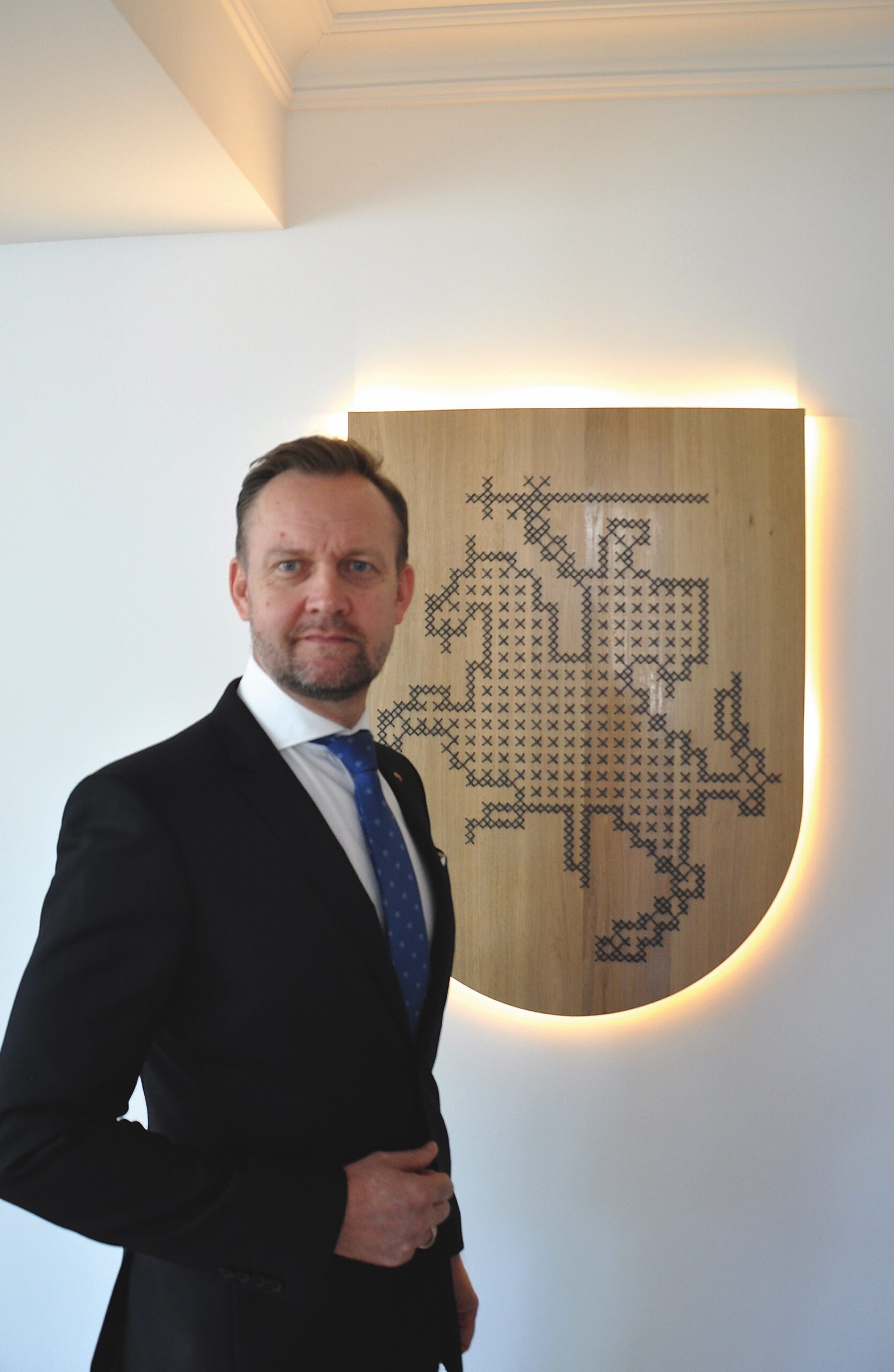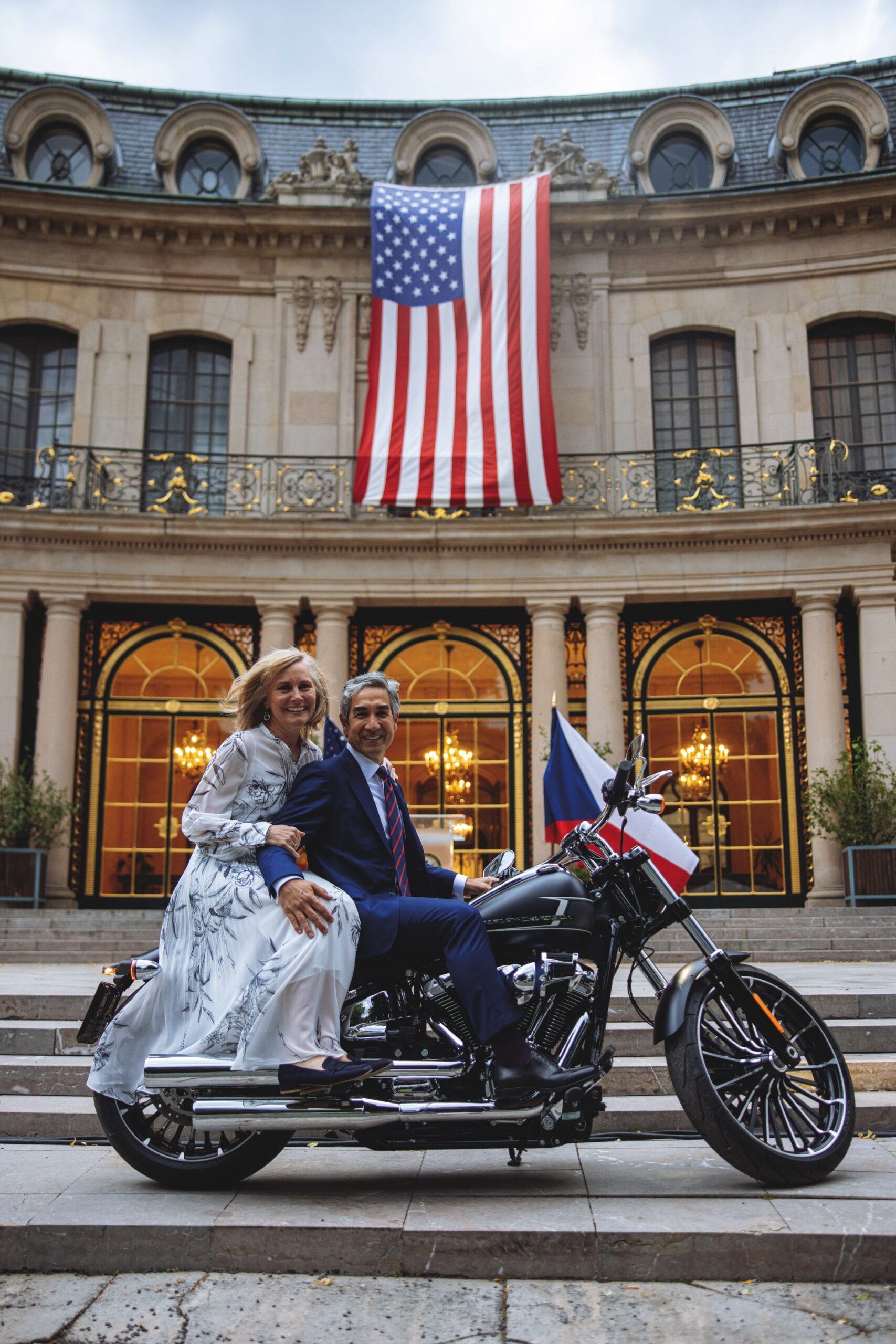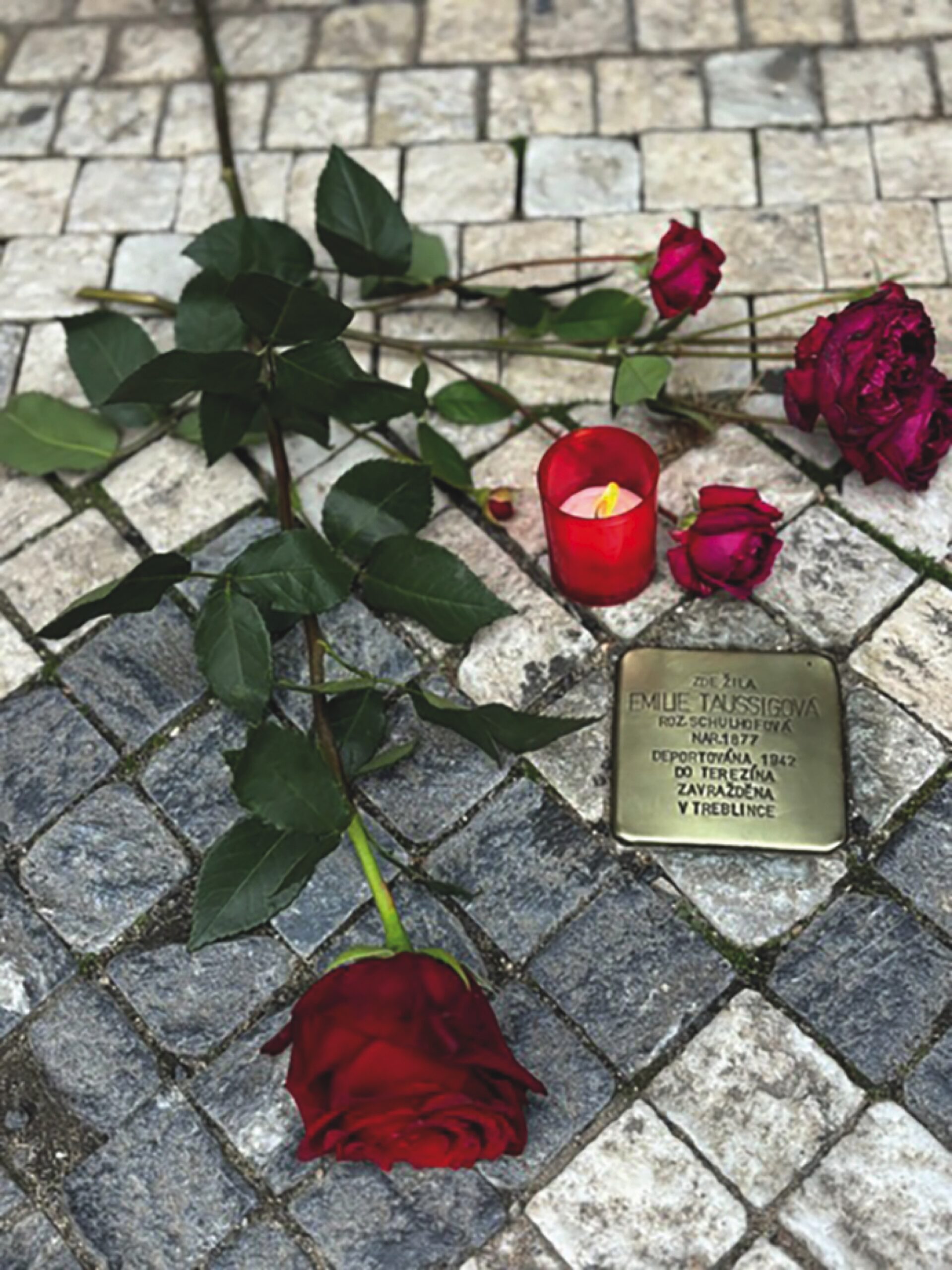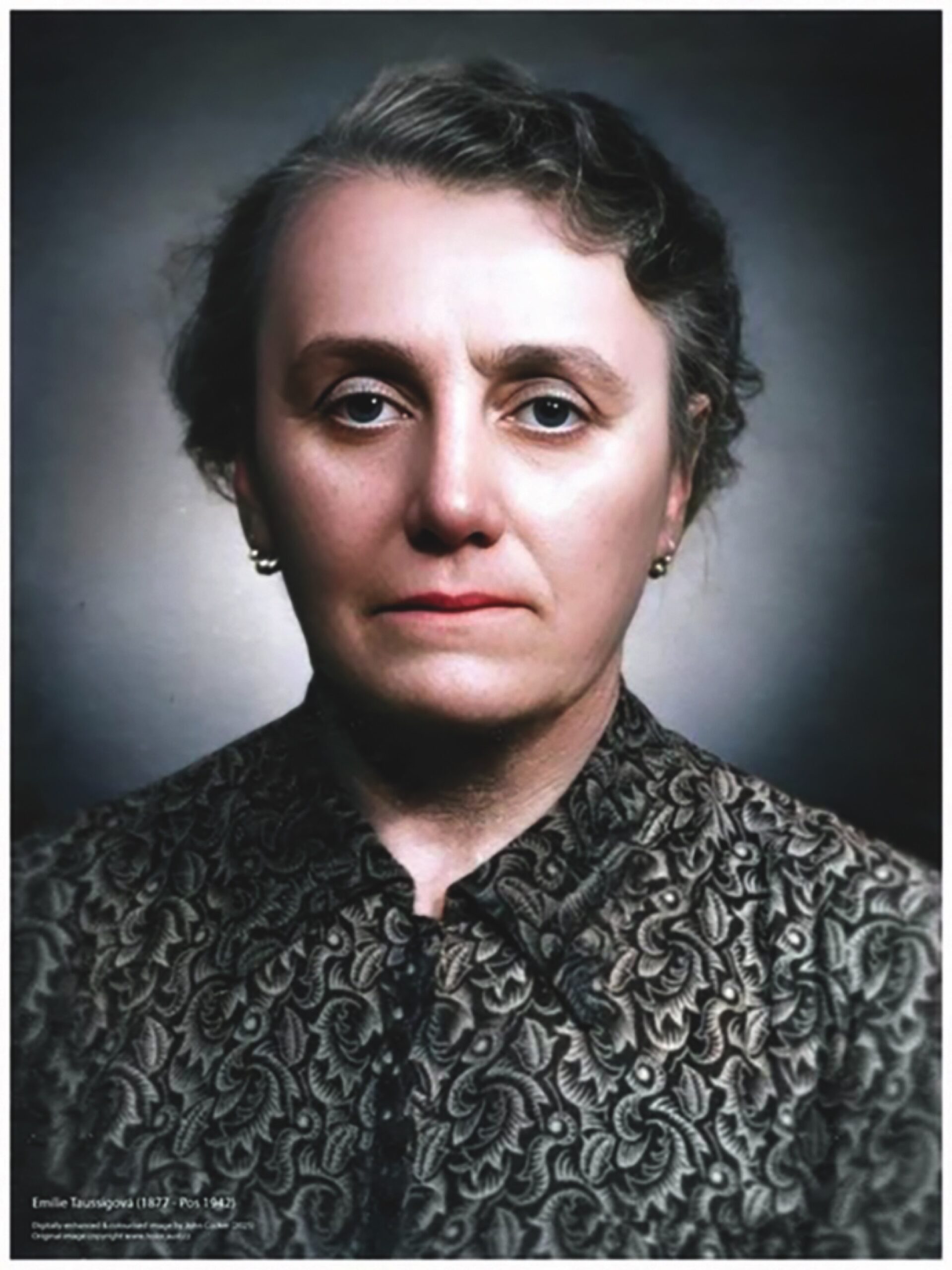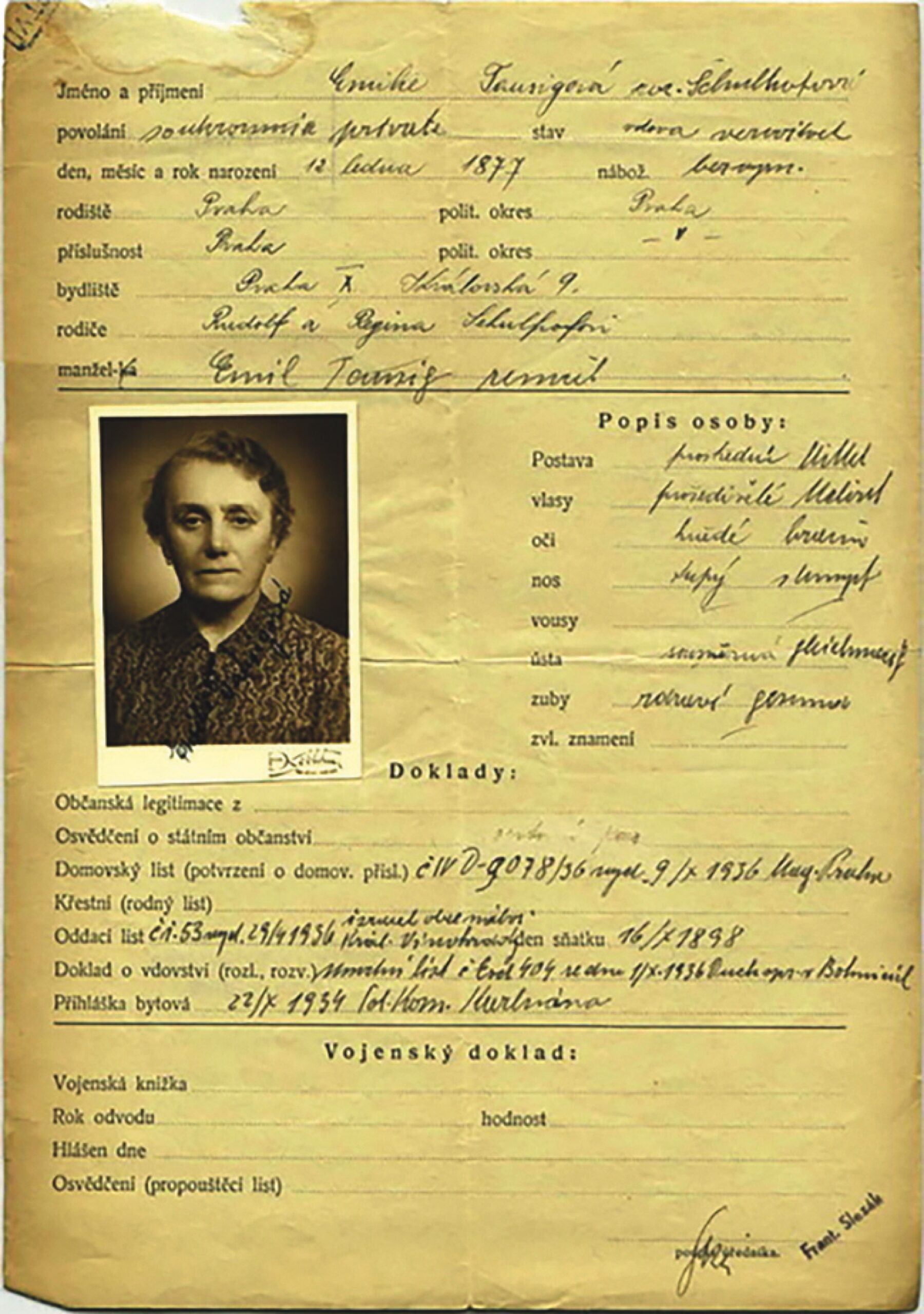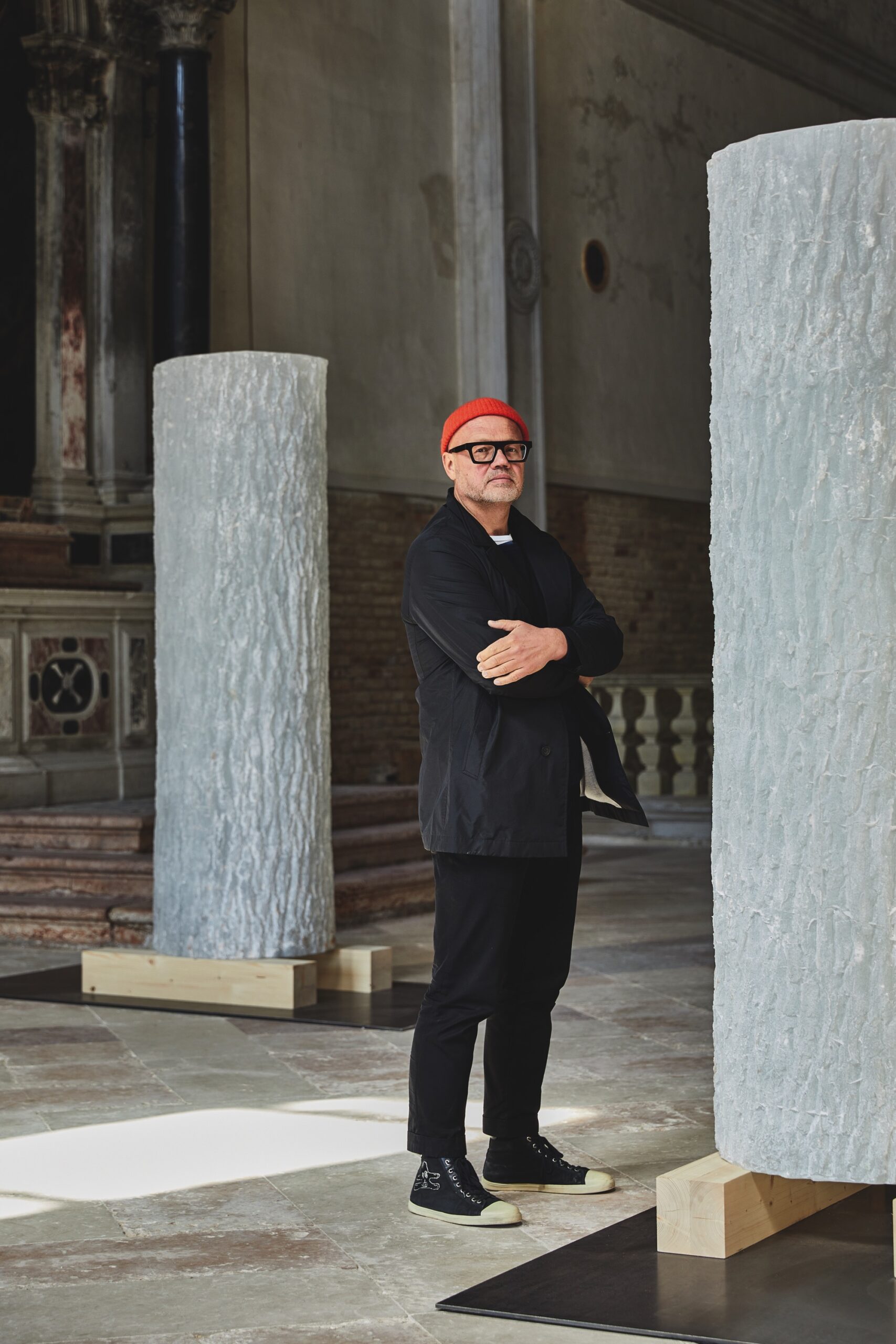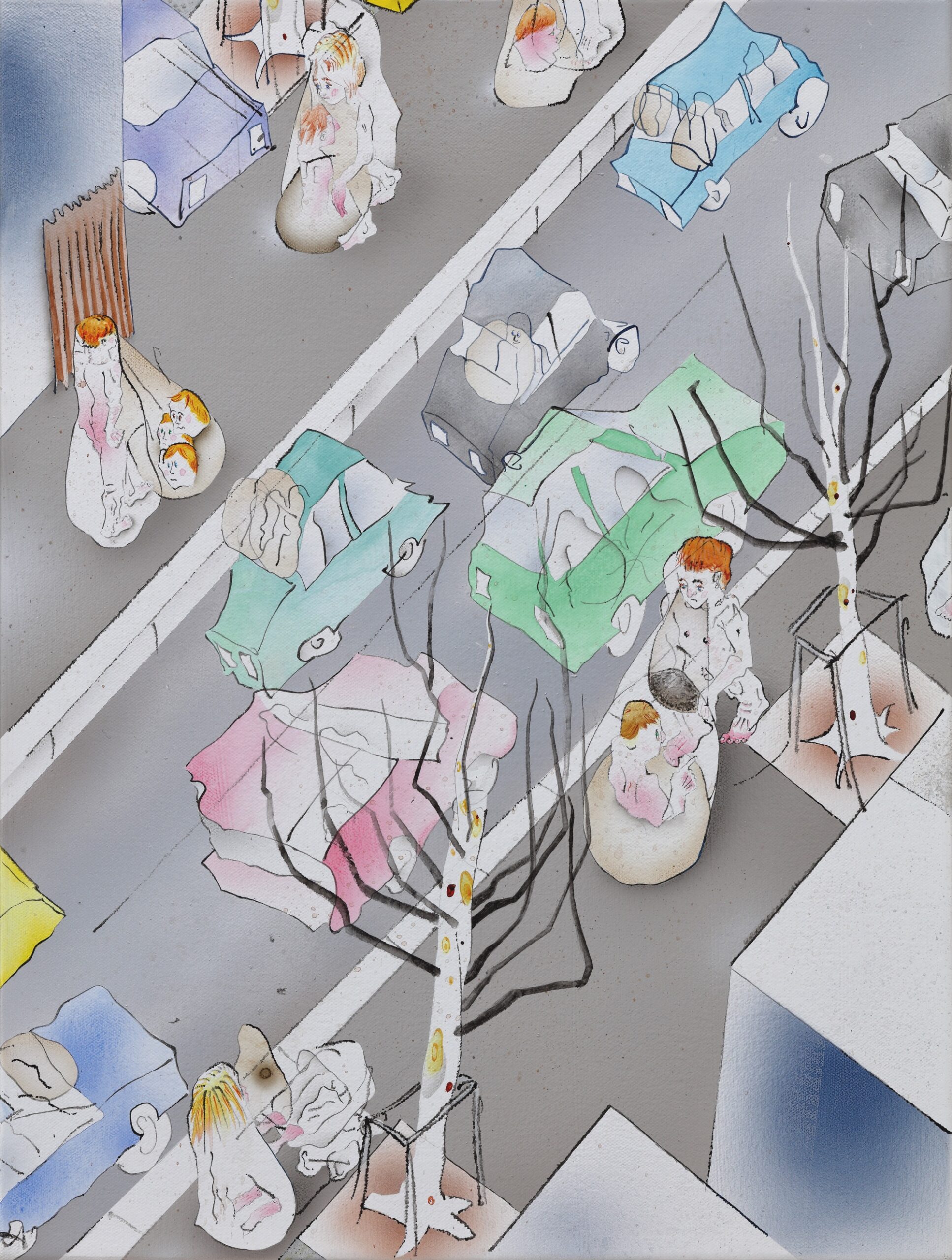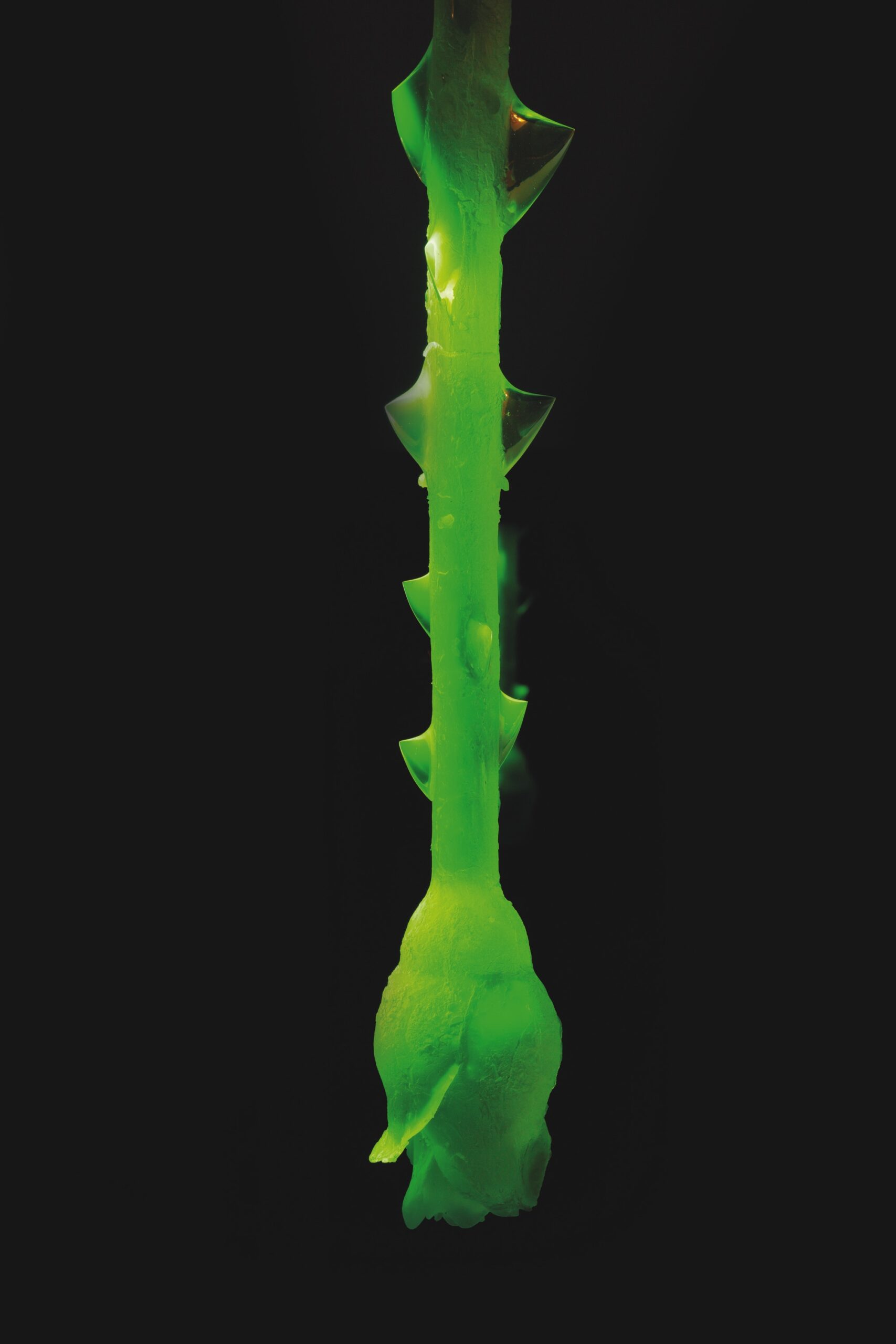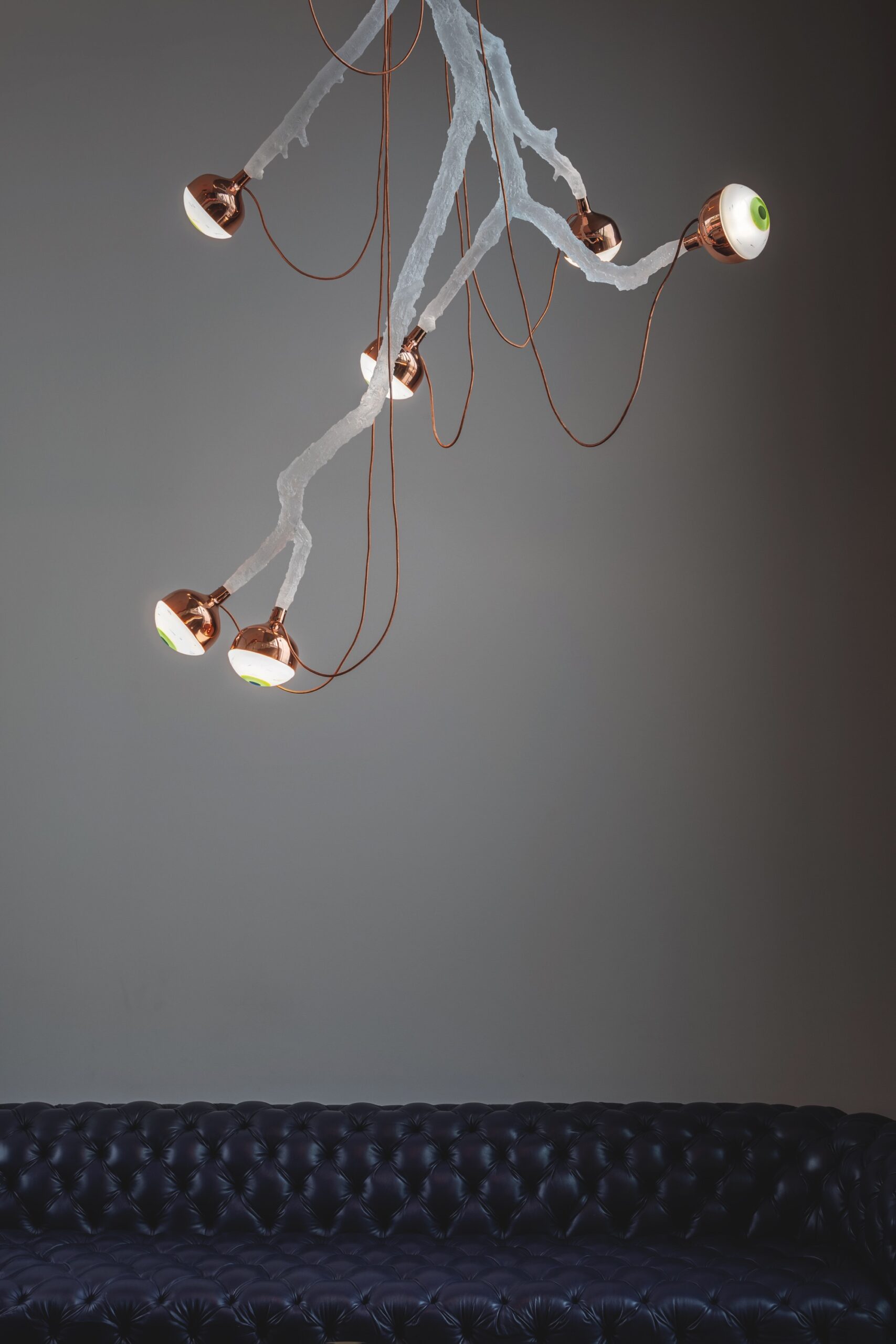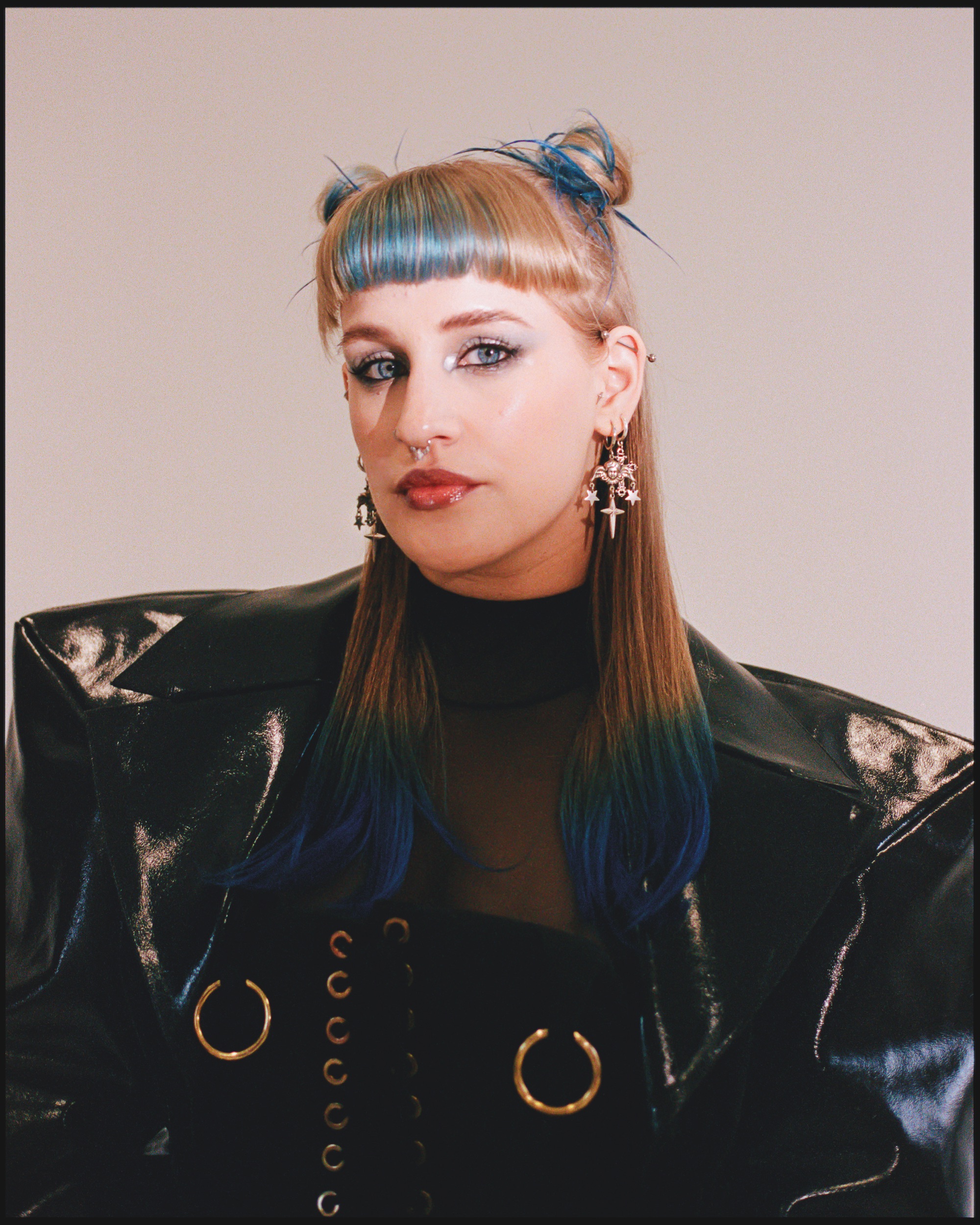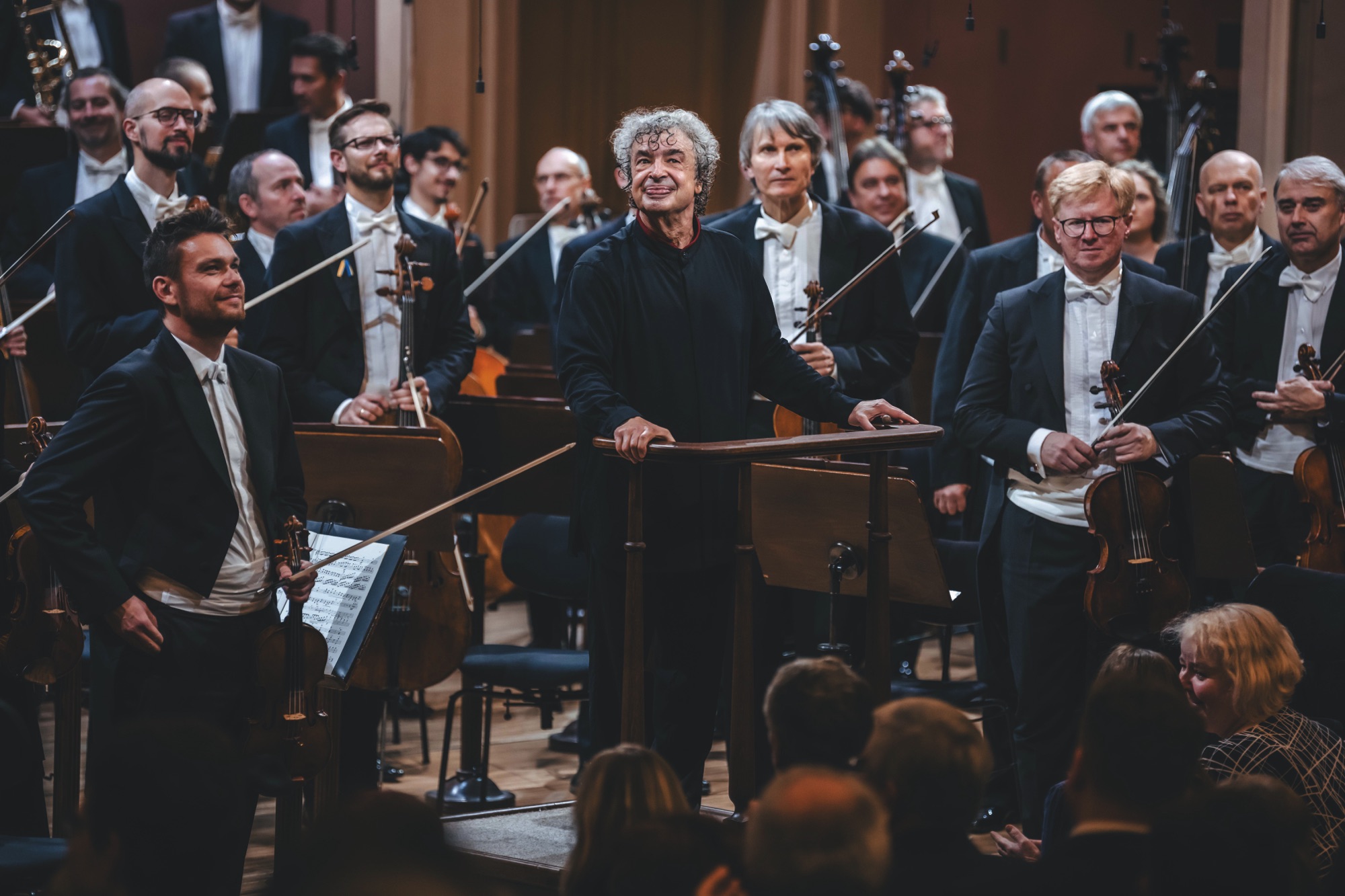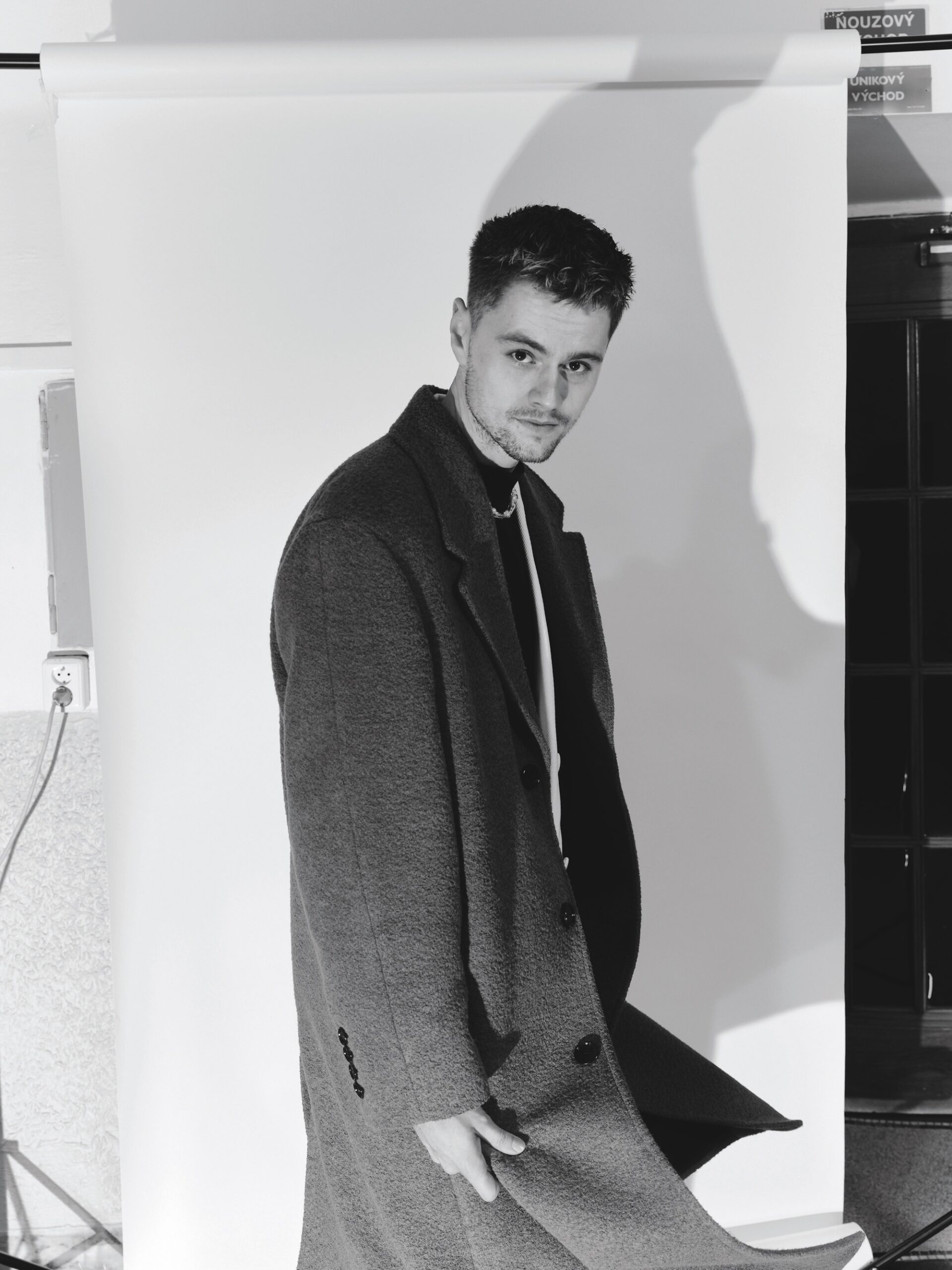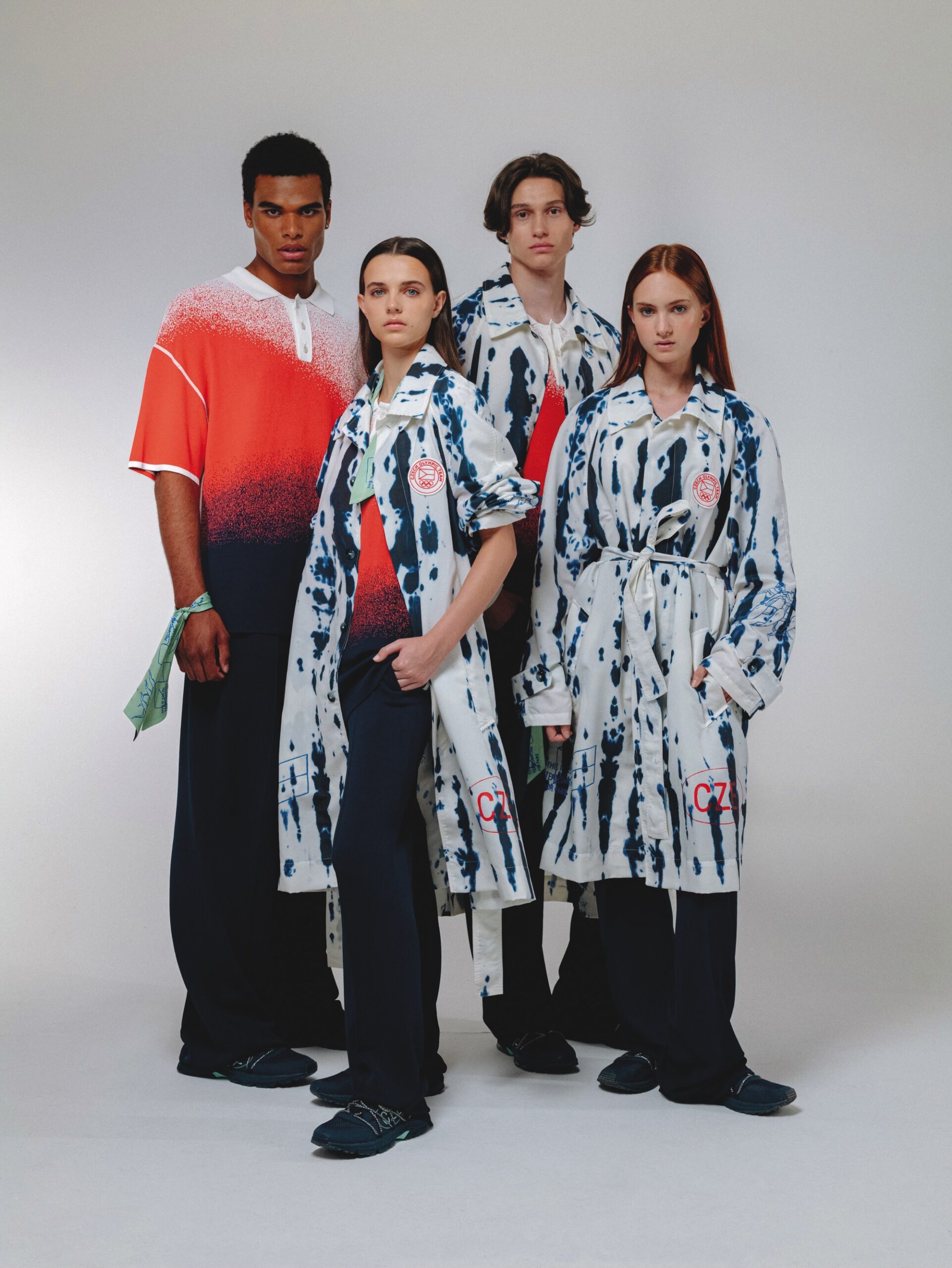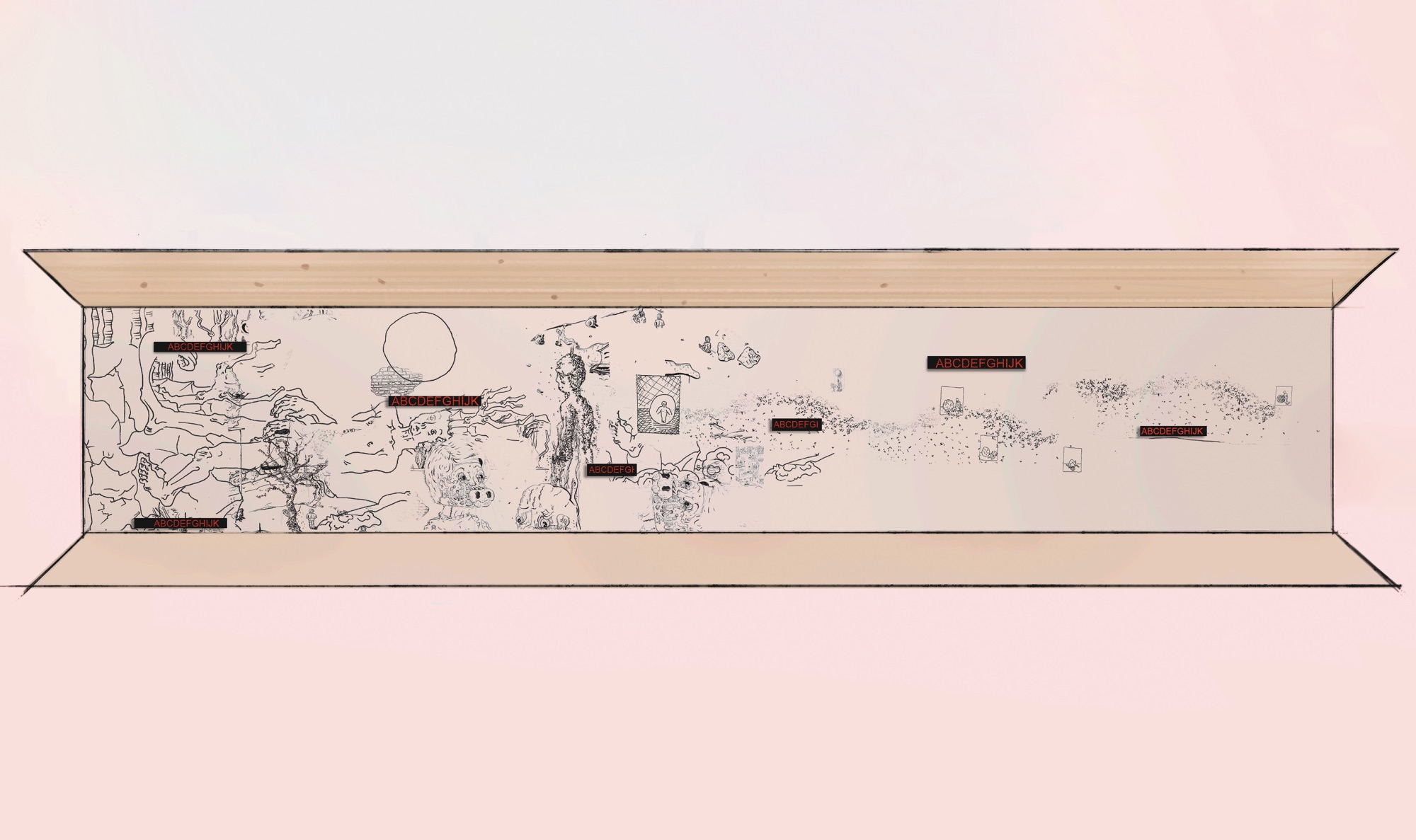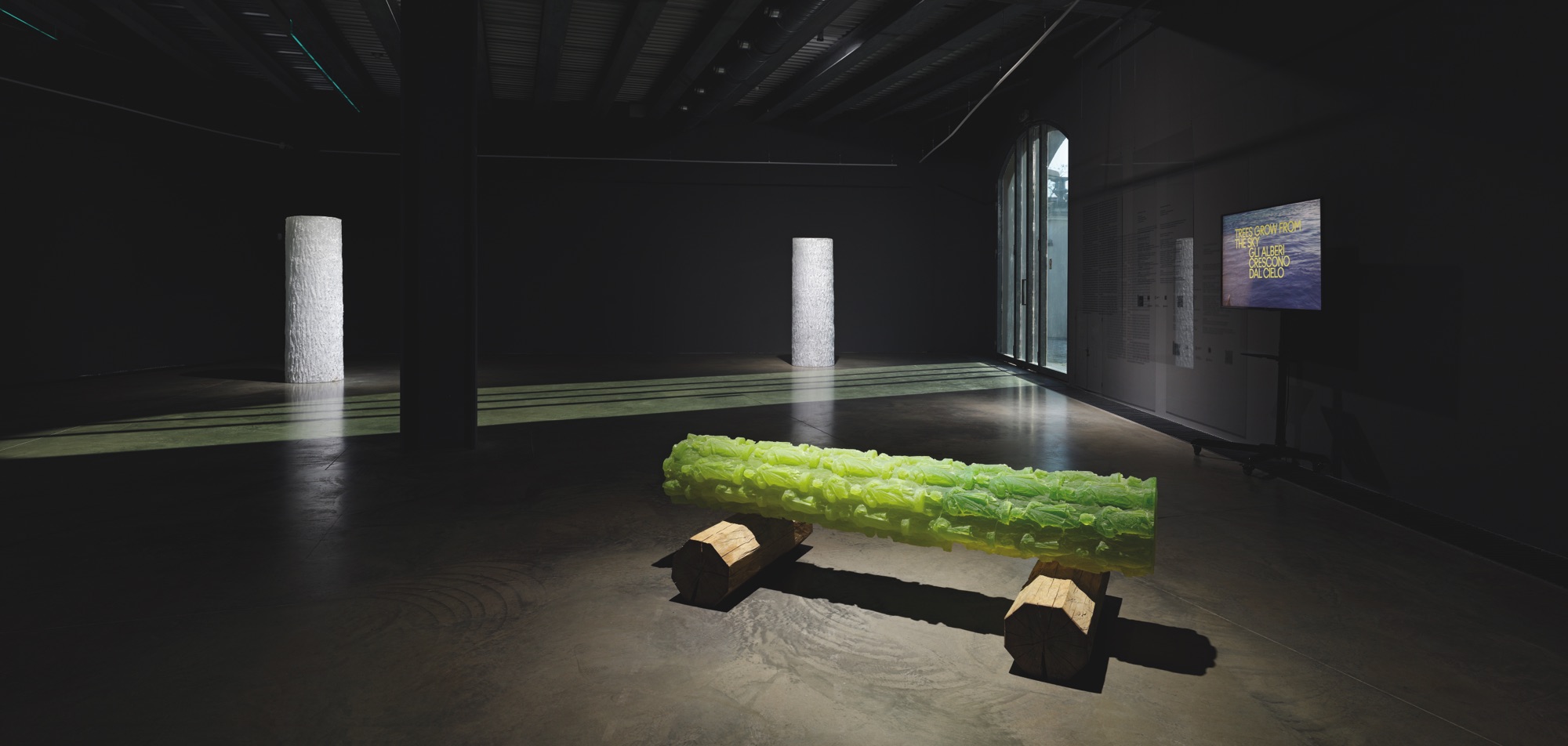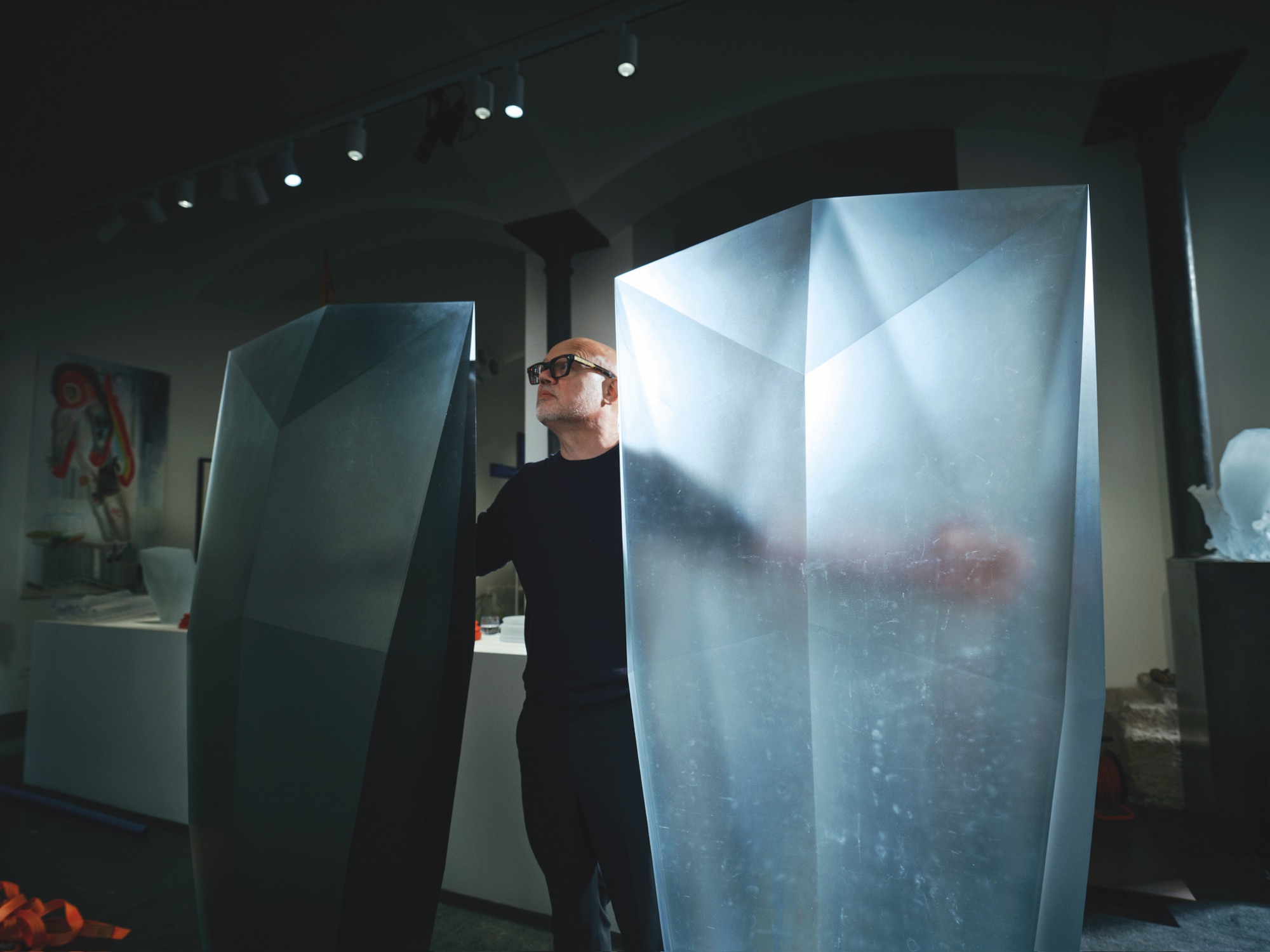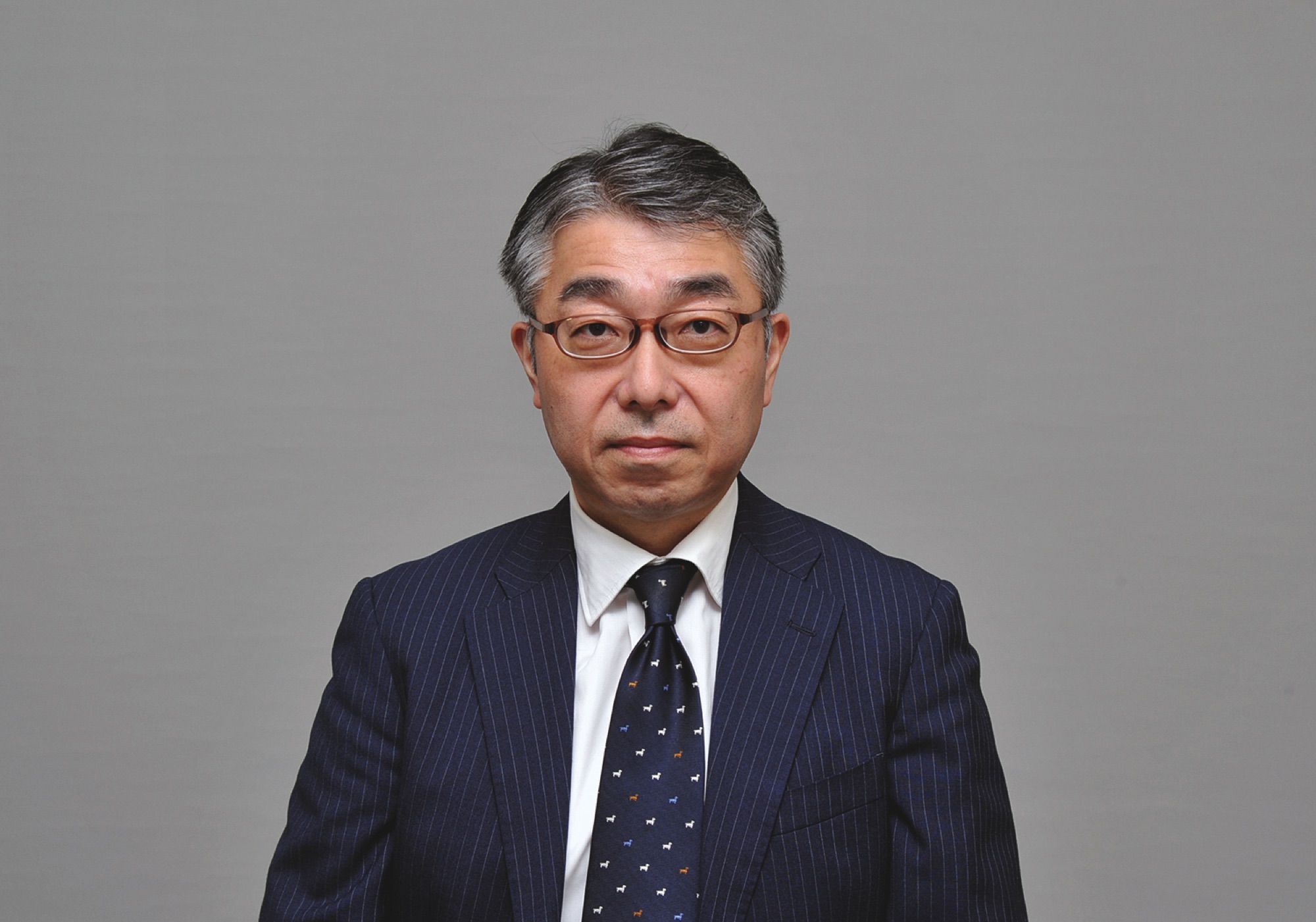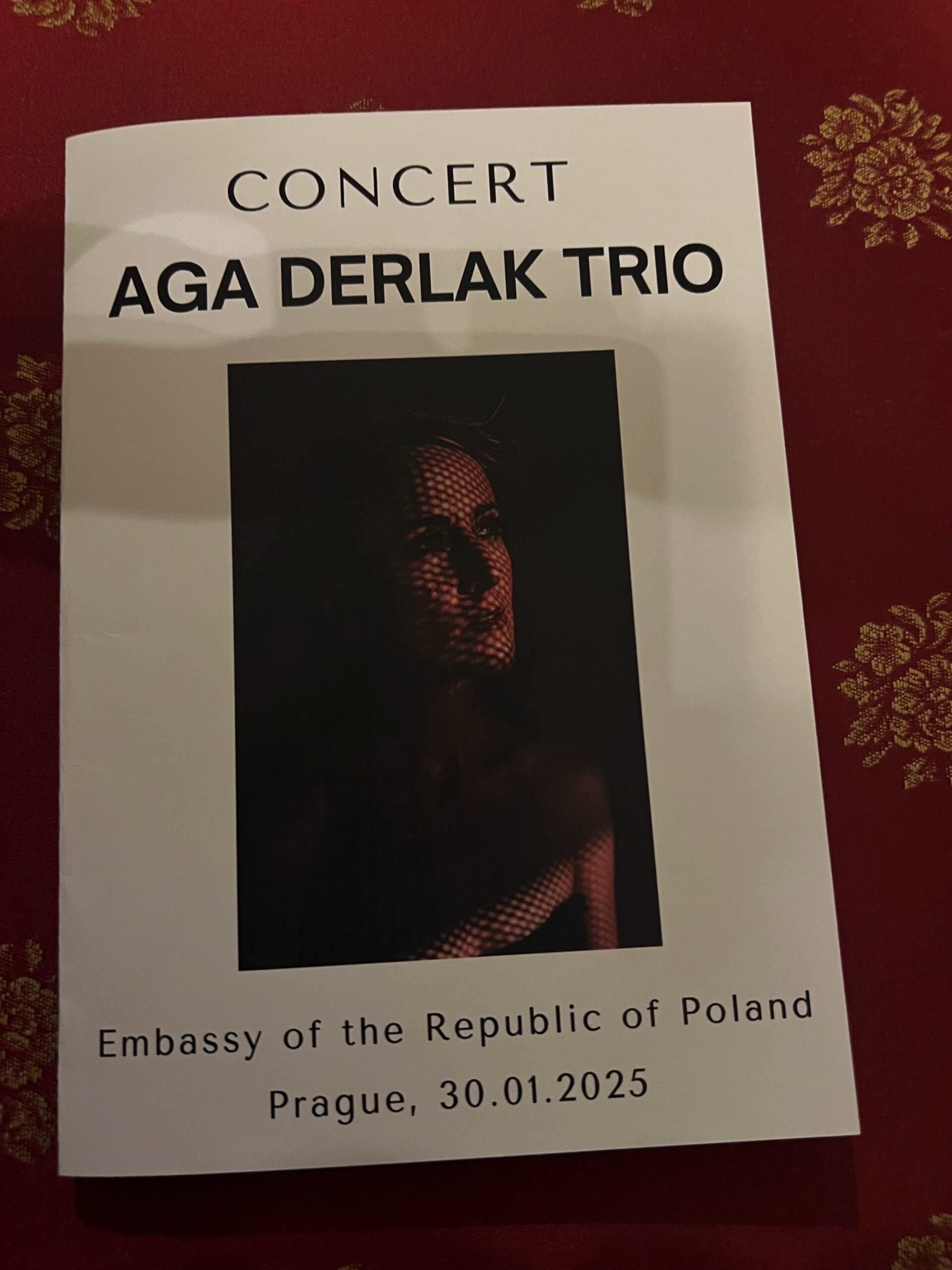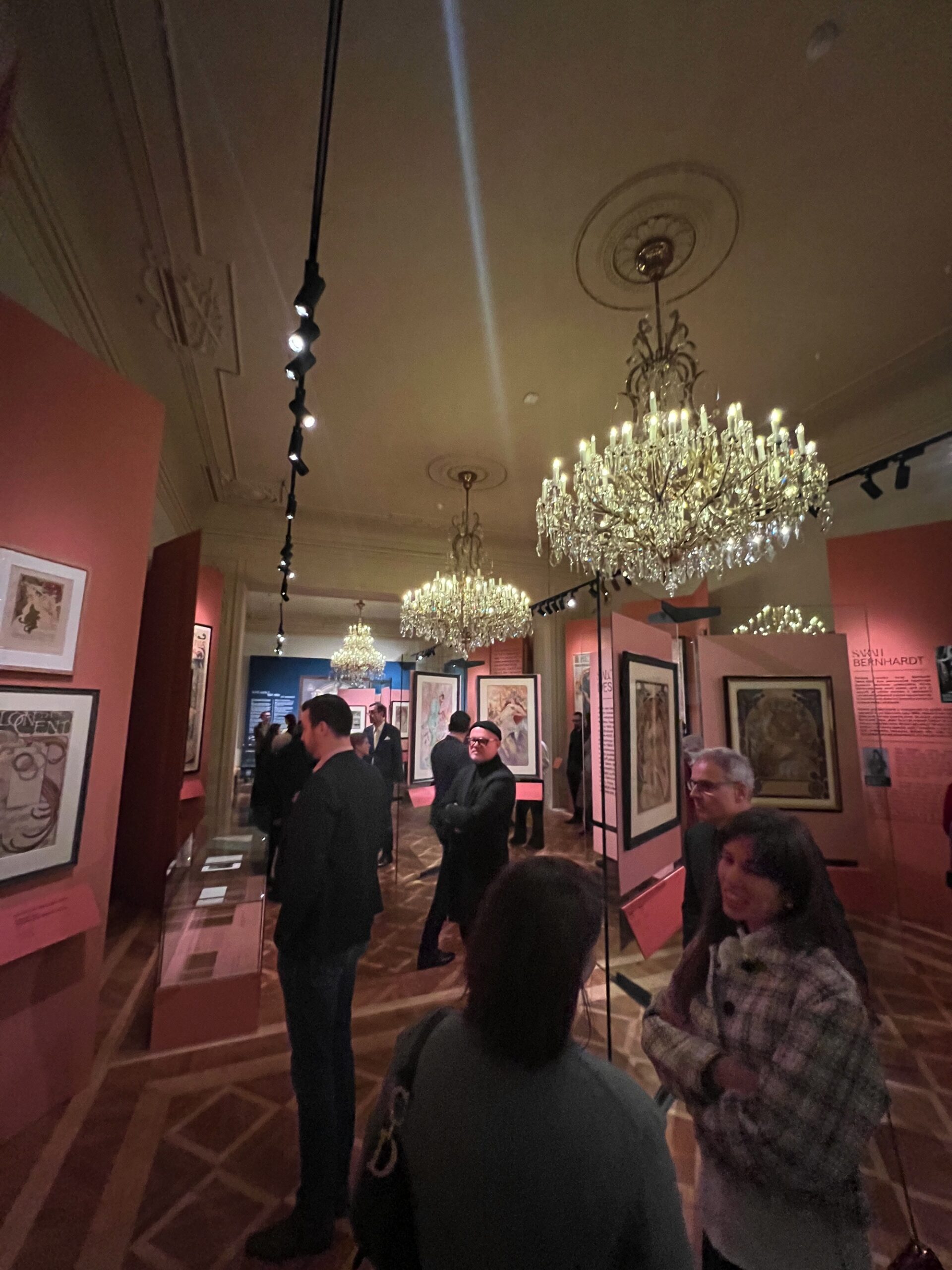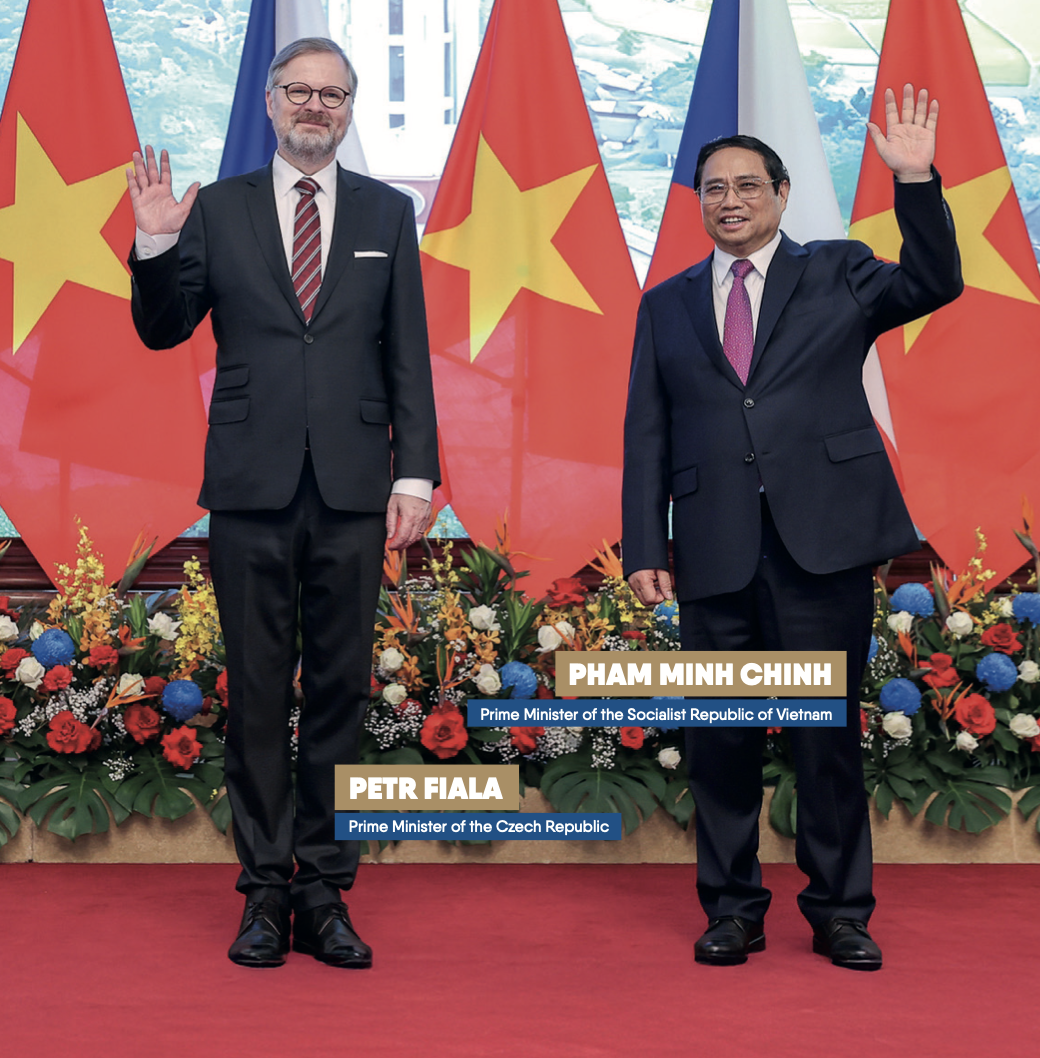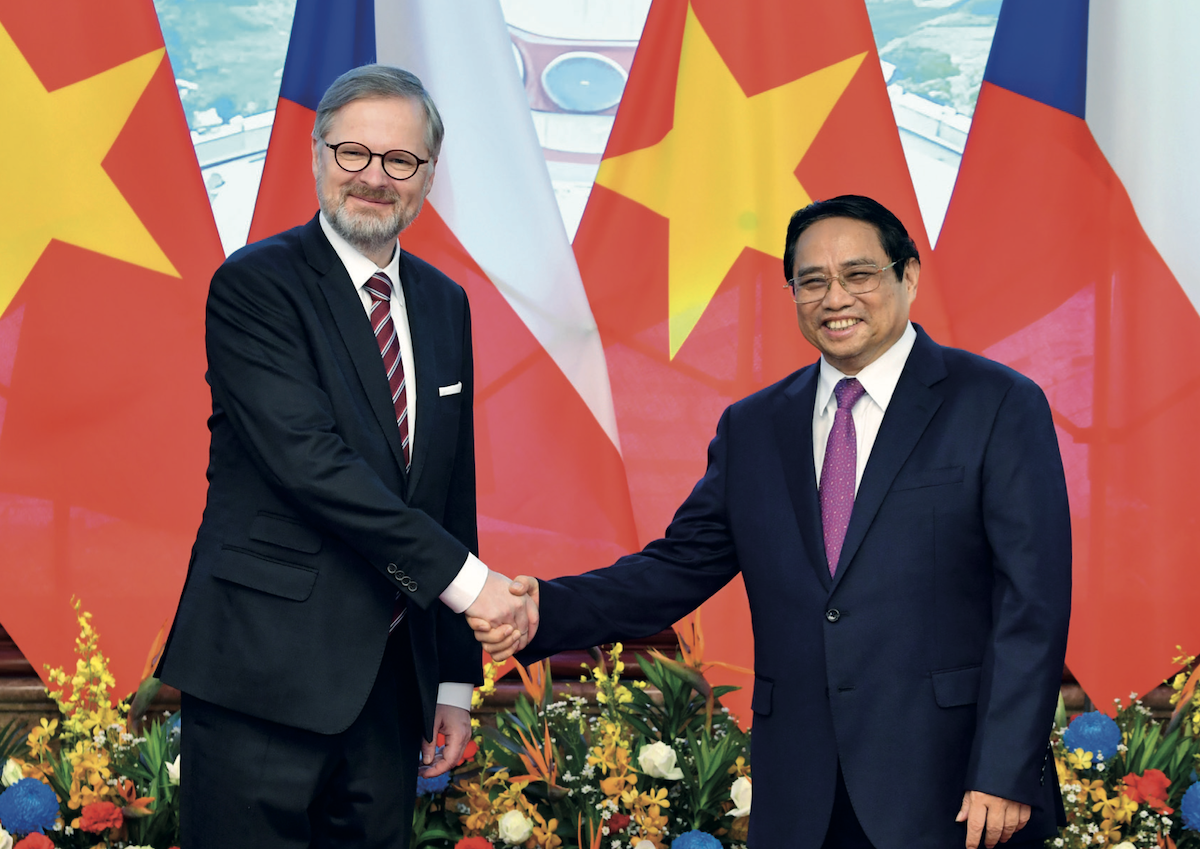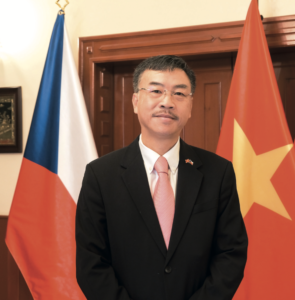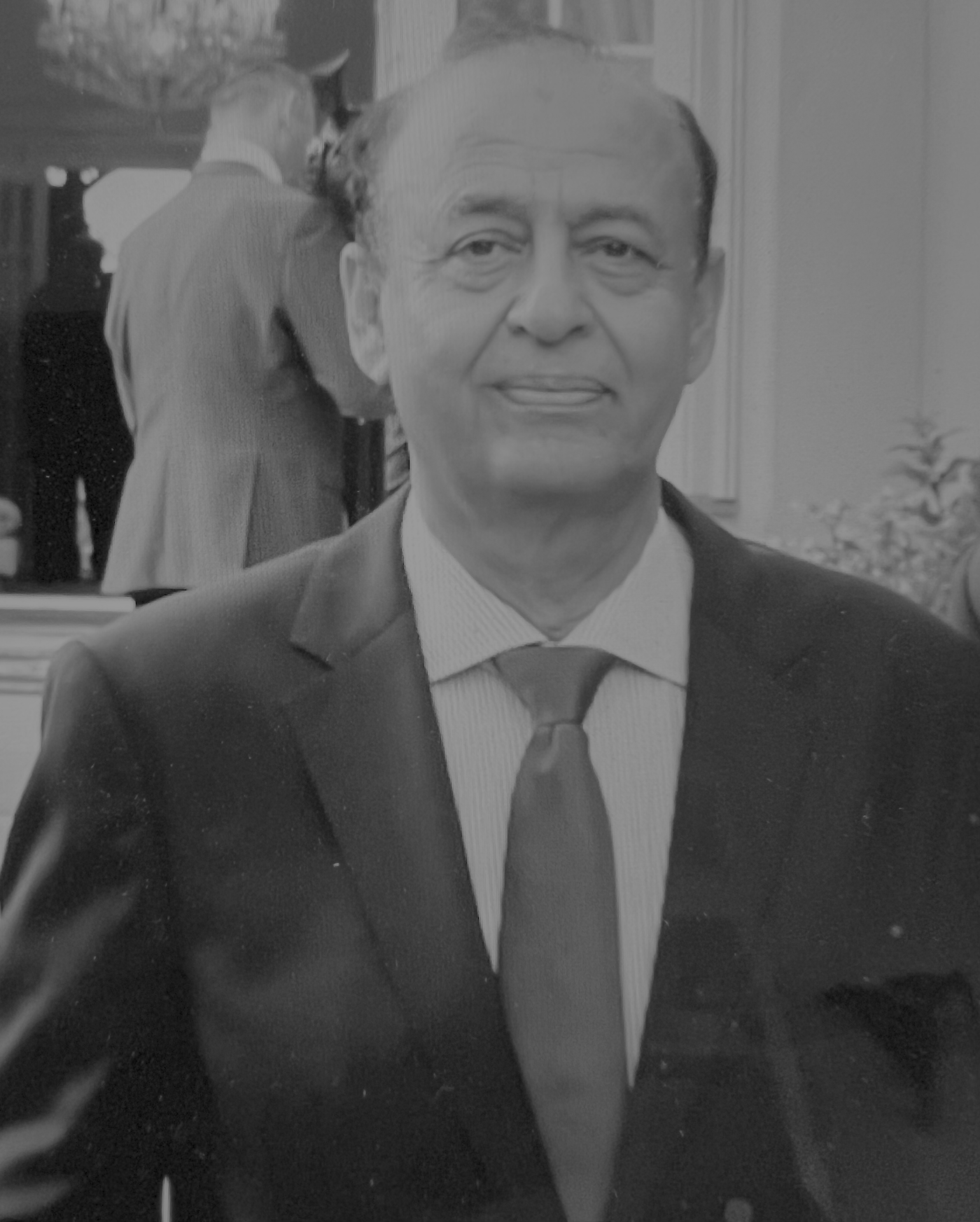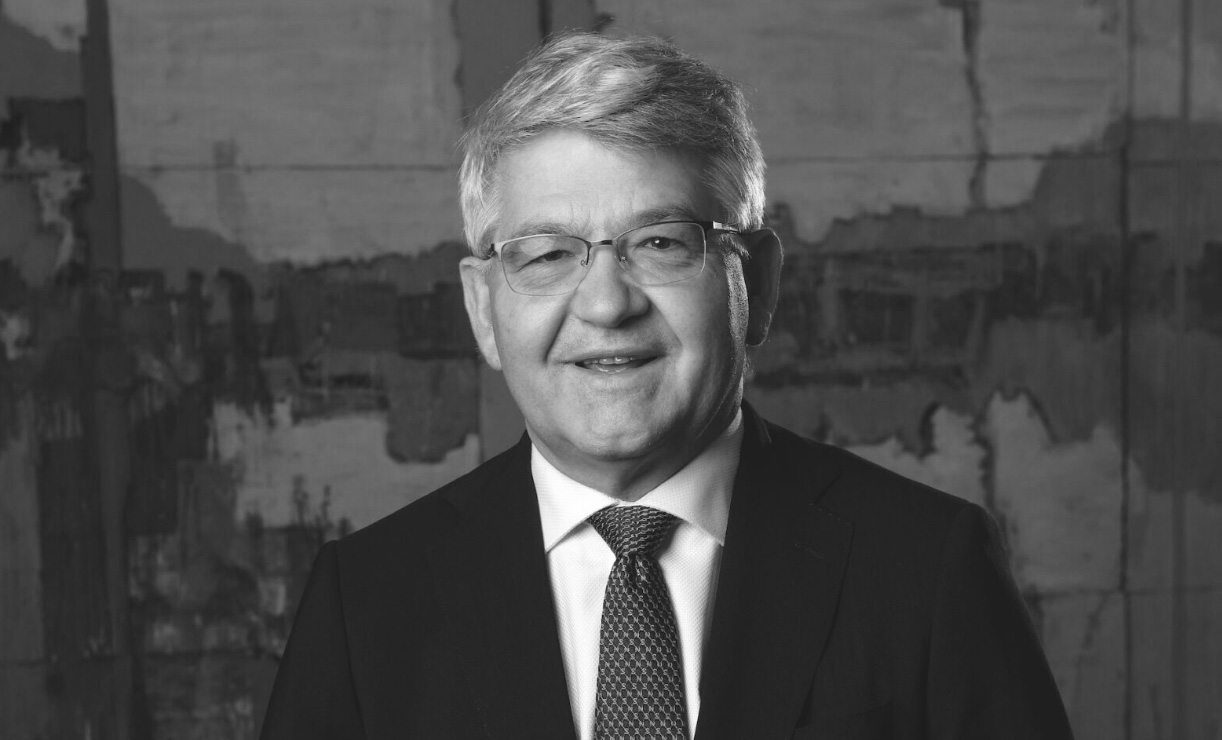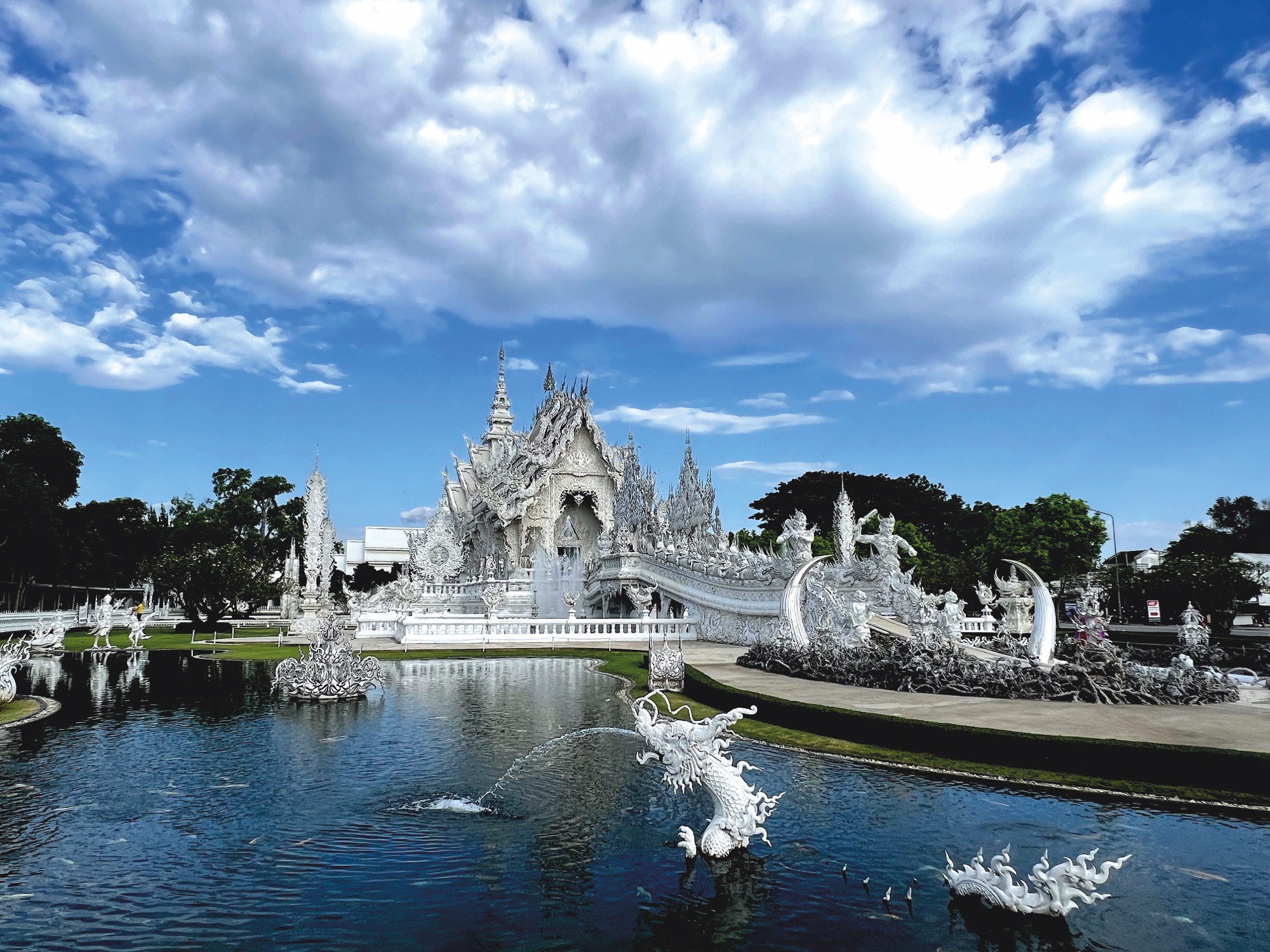
Text: M. Zisso & Martina Hošková; Photo: Václav Pavlas
It is not a big secret that I love Thailand. I have visited this beautiful country several times, and have explored its beauty from Chiang Mai and Chiang Rai in the north to Phuket and the islands in the south. My last visit happened two years ago, and you could read about it in the “Thailand is not only Bangkok” article in our magazine.
This year, with the great cooperation of H.E. Mr. Suwat Kaewsook, the Ambassador of the Kingdom of Thailand Embassy in Prague, we decided to further explore the North of Thailand –Chiang Rai and Chiang Mai. We visited dozens of temples. Some people will say, “You saw one temple, you saw them all.” That is not true. Each temple has its own uniqueness, beauty, style, area, and importance. I am very glad to share my new authentic Thailand experience with you through the five chapters of this ‘road trip’ article.
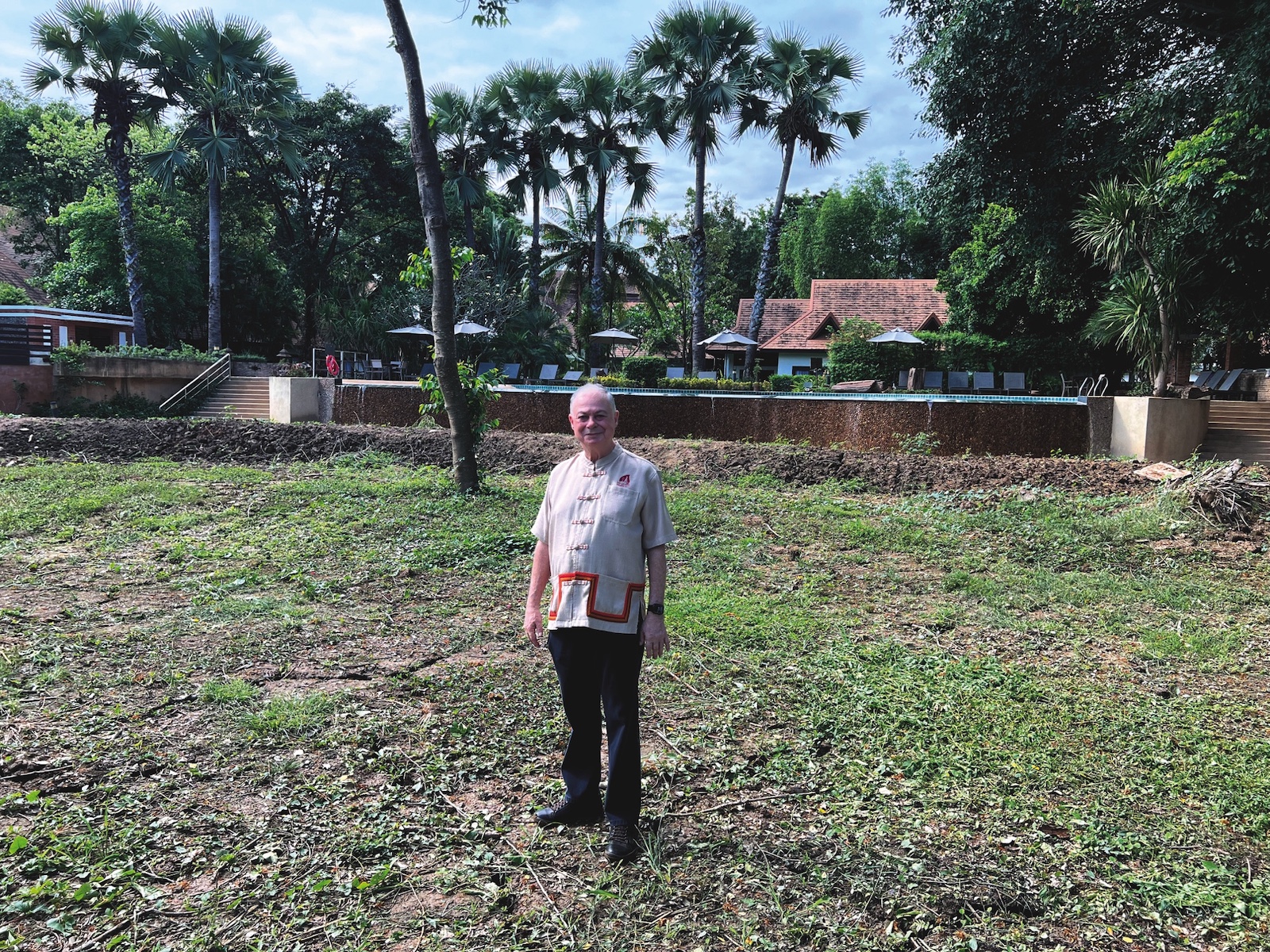
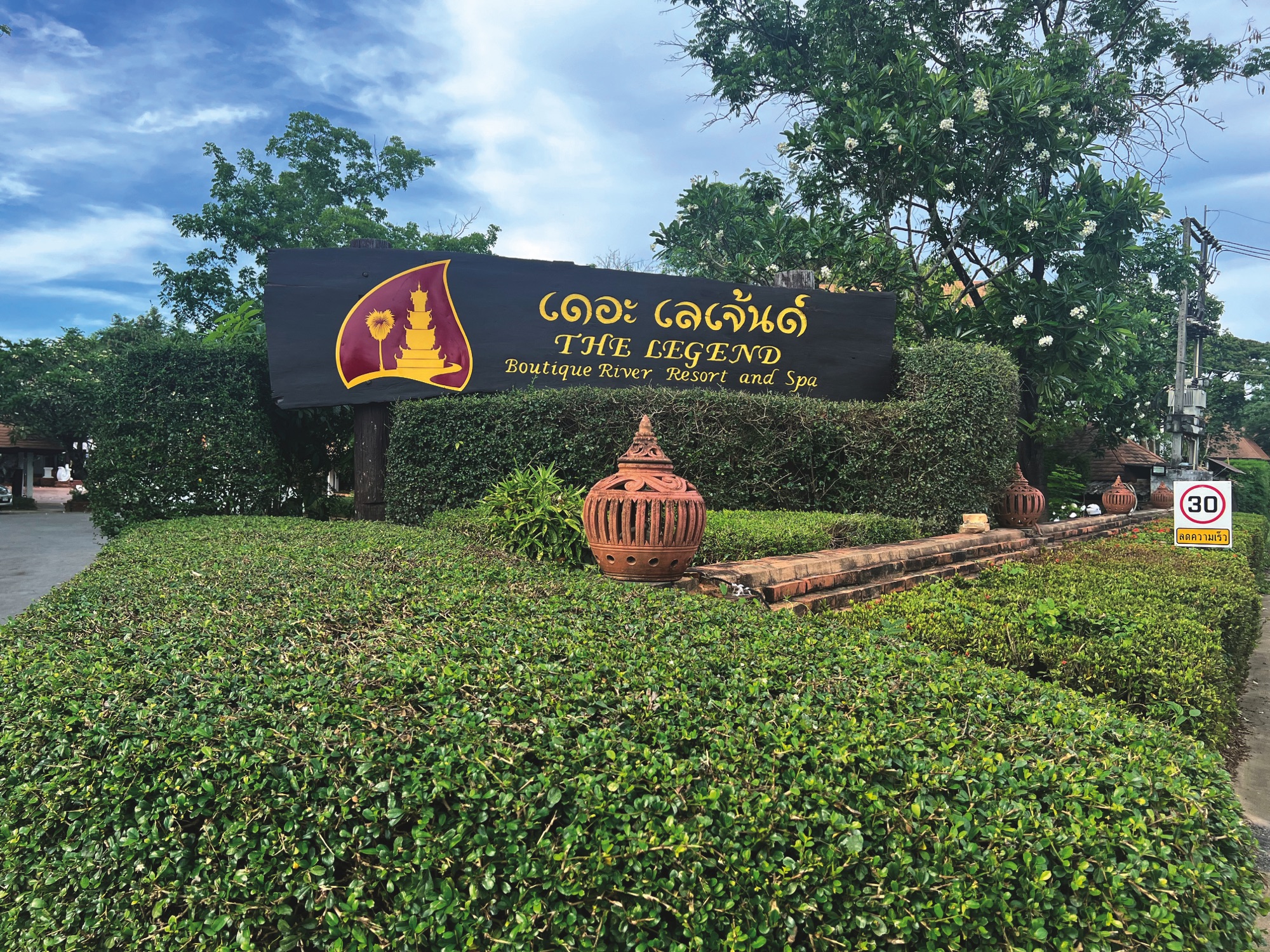
CHAPTER ONE – CHIANG RAI AND THE NORTH OF THAILAND
Chiang Rai had a small airport with a fast service. Our driver, Mr. Anurak (or ‘Note’, as he calls himself), was waiting for us with a big smile. We had our driver for the entire period we were in the North, Chiang Rai and Chiang Mai, with a modern SUV and a very friendly demeanour. We can fully recommend him.
First, we headed to our hotel – The Legend, Chiang Rai, a boutique river resort and spa. It is a beautiful traditional Thai hotel located on the river with beautiful and big rooms, a few restaurants (including an Italian restaurant called “La Casa”), a big swimming pool, and – most importantly – a very friendly atmosphere.
I can’t believe that just under a year ago, this hotel was underwater, when devastating floods hit Chiang Rai.
We were welcomed by Mr. Eric Hallin and his staff, who made us feel at home.
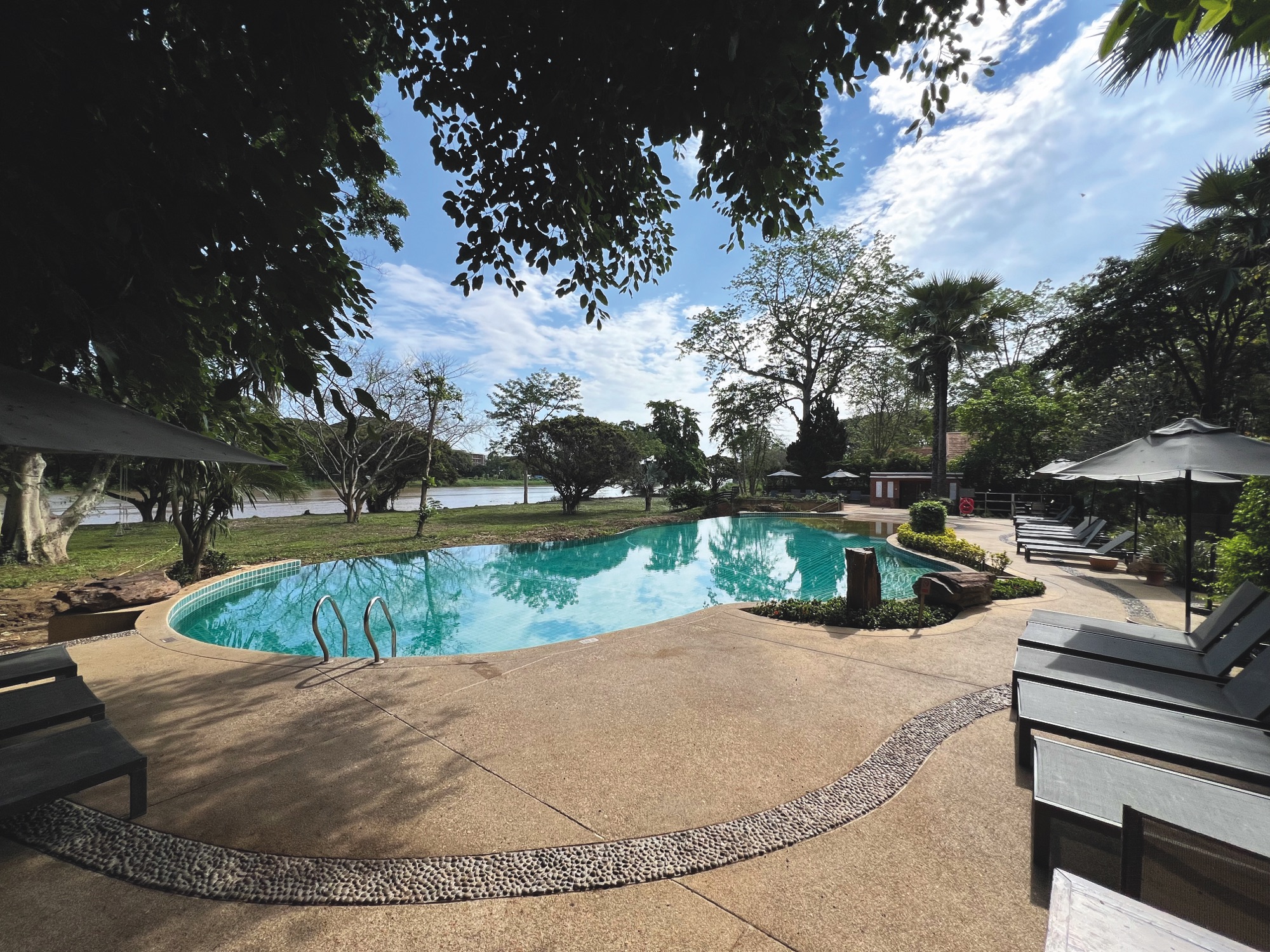
We had a full program in front of us, starting to explore the area after only a short rest. Our first stop was out of the city, at the Wat Sangkaew Phothiyan Temple, วัดแสงแก้วโพธ‘ญ“ณ.
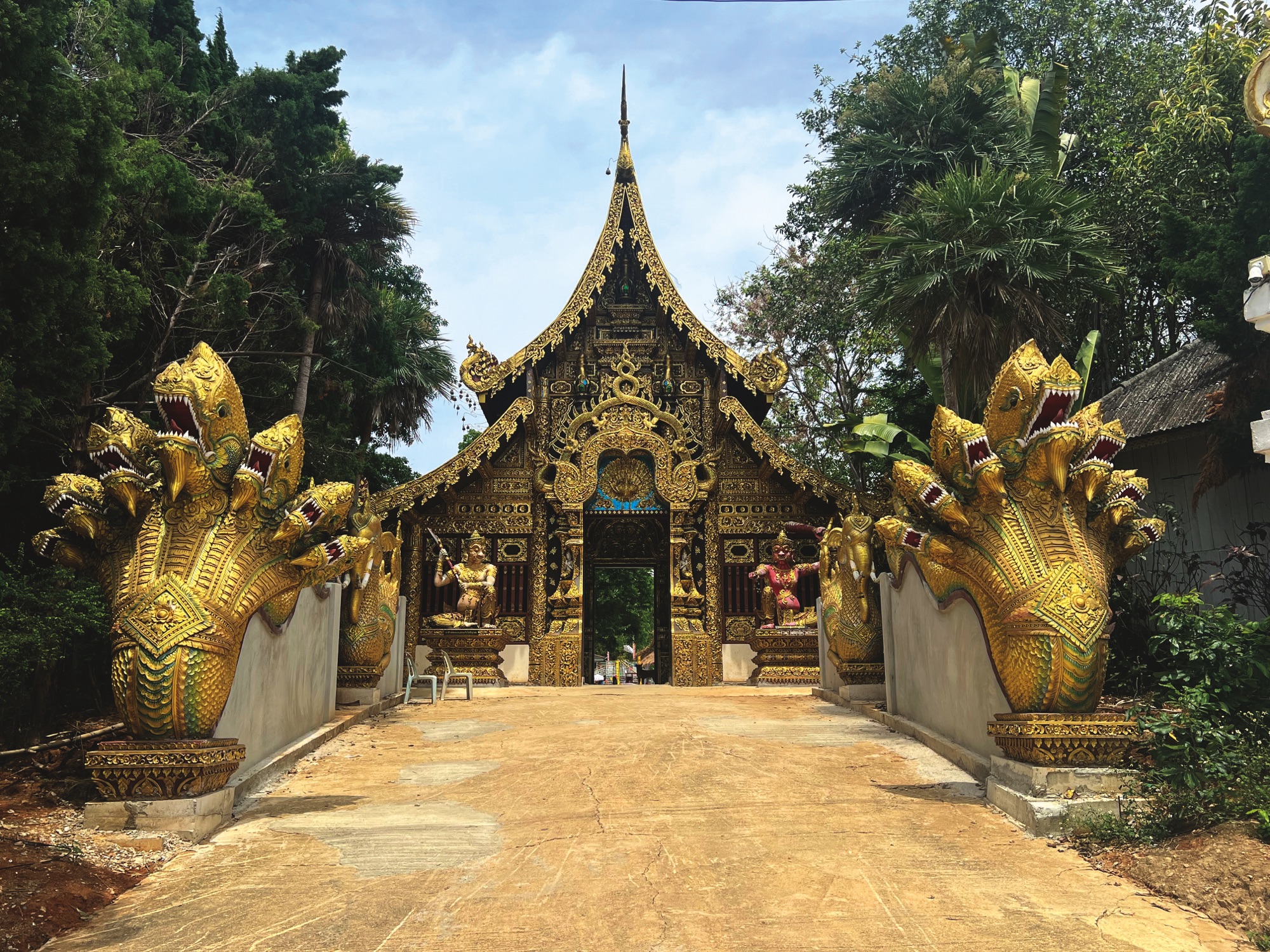
We then returned back to the city to visit Wat Rong Suea Ten, The Blue Temple ว ัวดร่องเืสอเต้น. We would visit the Red Temple and the most beautiful White Temple the next day.
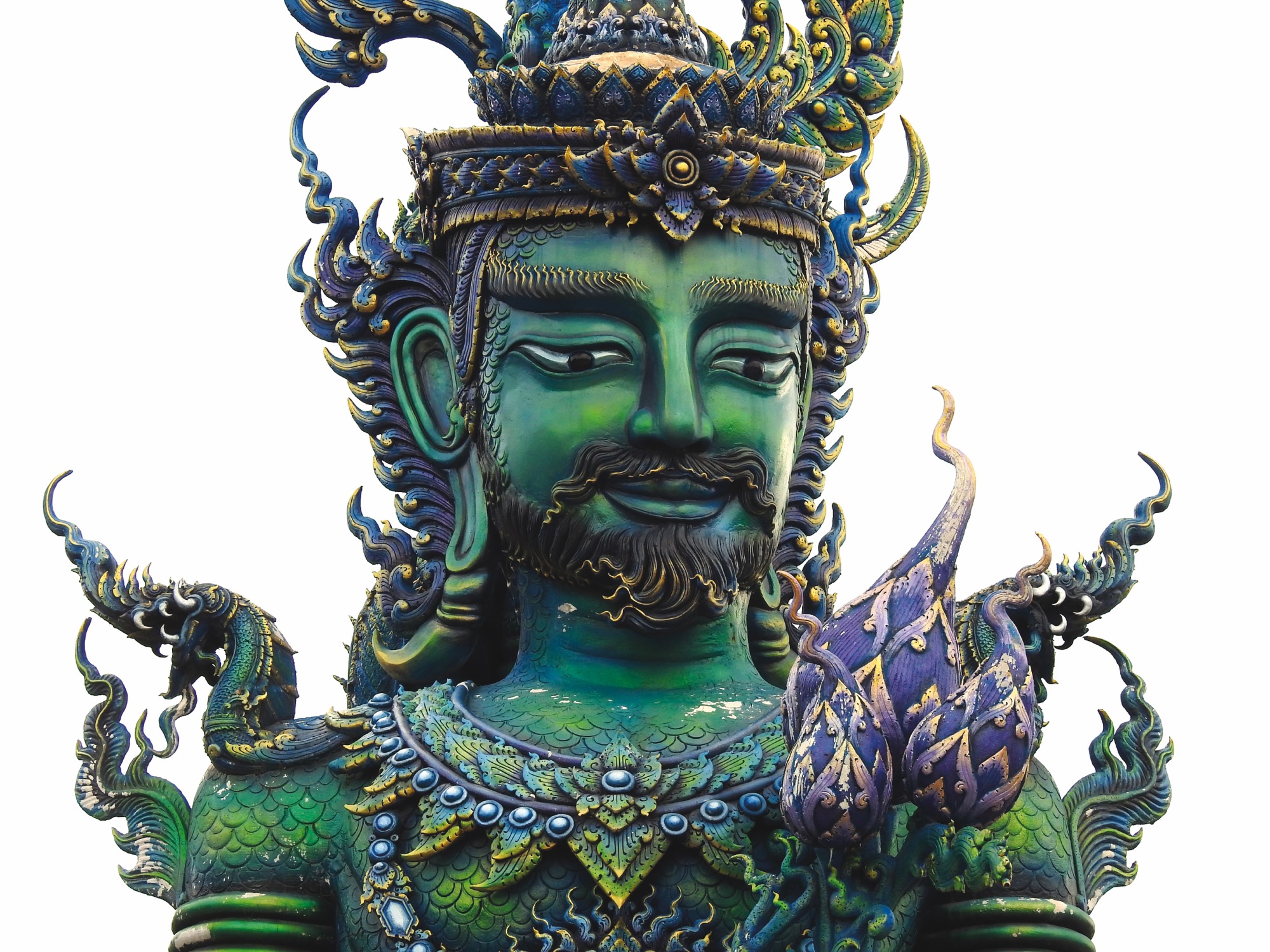
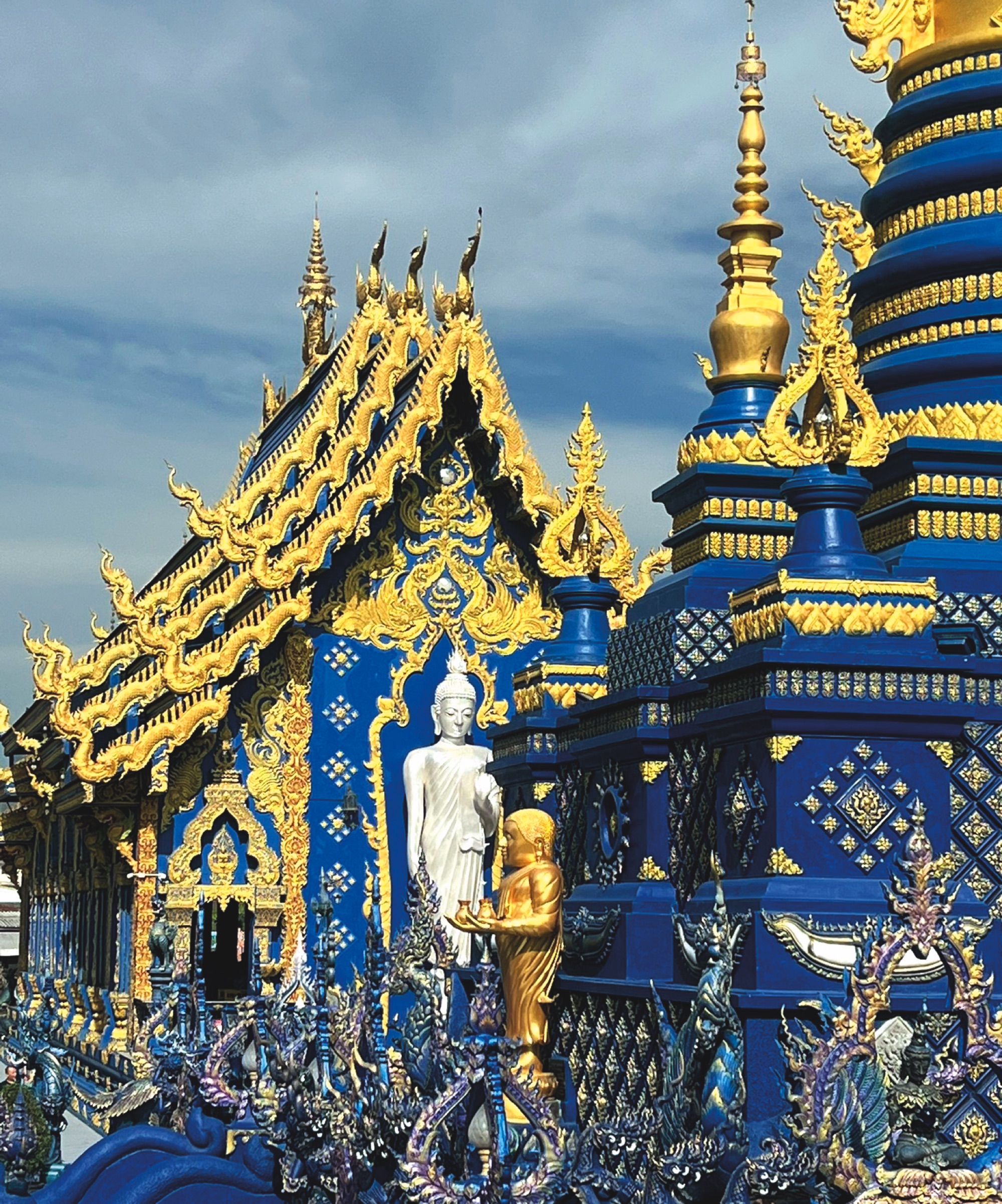
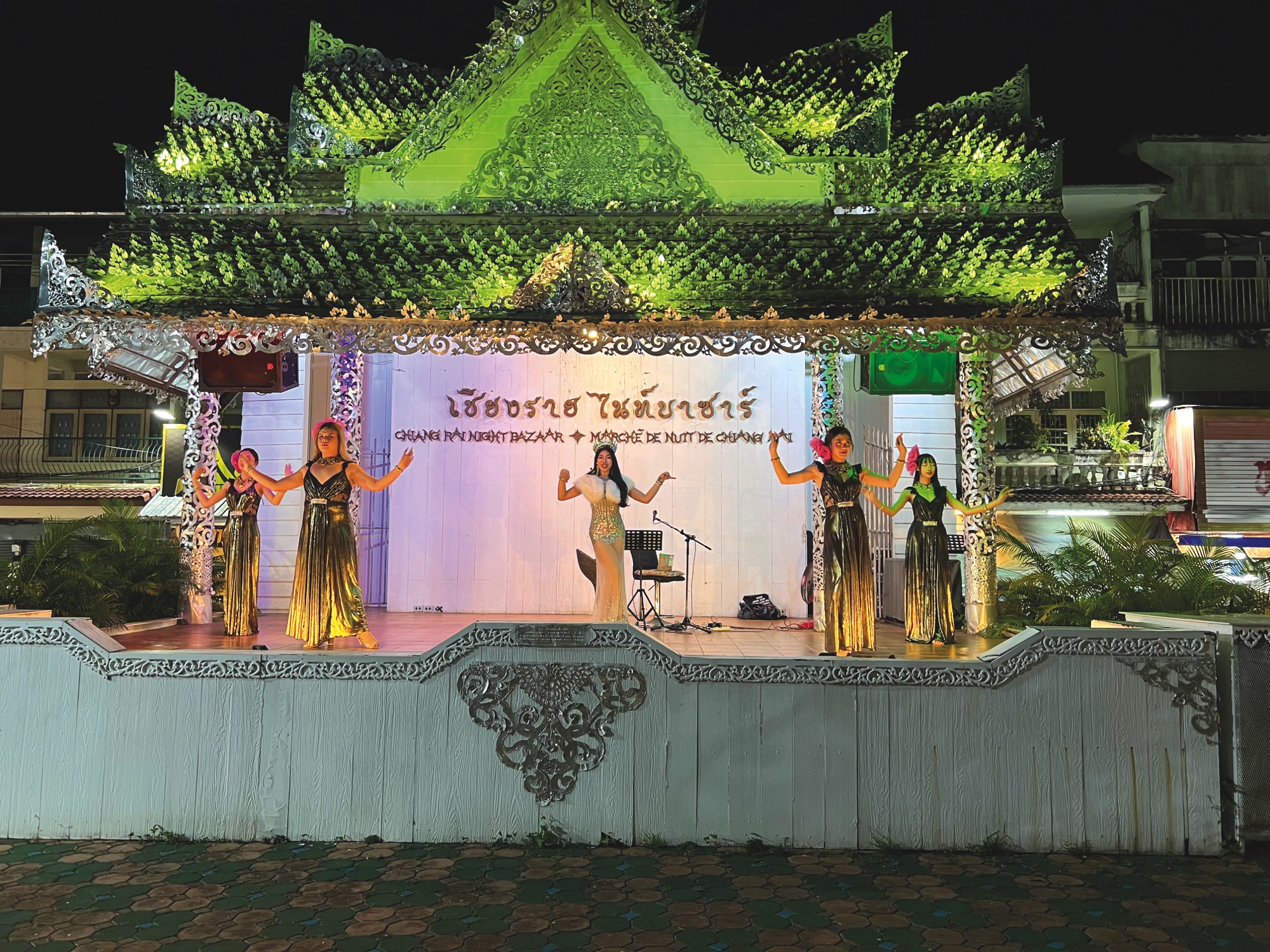
Memories – we went to the Chiang Rai bazaar to have dinner at the same place we had 22 years ago.
To be able to explore Chiang Rai and its surroundings you have to start your morning early. The White Temple opens at 8am, and the best way to enjoy it is to get there before it becomes crowded.
Wat Rong Khun, วั ดร่ องขุ่ น, The White Temple
This is the most beautiful temple I have visited in Thailand. It was created by Master Chalermchai Kositpipat, the national artist, who designed, constructed, and opened it to visitors in 1997.
When completed, the White Temple compound will have nine buildings, including the existing ubosot, a hall of relics, a meditation hall, an art gallery, and living quarters for monks. The main building at the White Temple, the ubosot, is reached by crossing a bridge over a small lake – “the bridge of the cycle of rebirth”. In front of the bridge, there are hundreds of outstretched hands that symbolize unrestrained desire. The bridge proclaims that the way to happiness is by foregoing temptation, greed, and desire. After crossing the bridge, you come to the “gate of heaven”. Next to the lake, there are two very elegant kinnaree – half-human, half-bird creatures from Buddhist mythology.
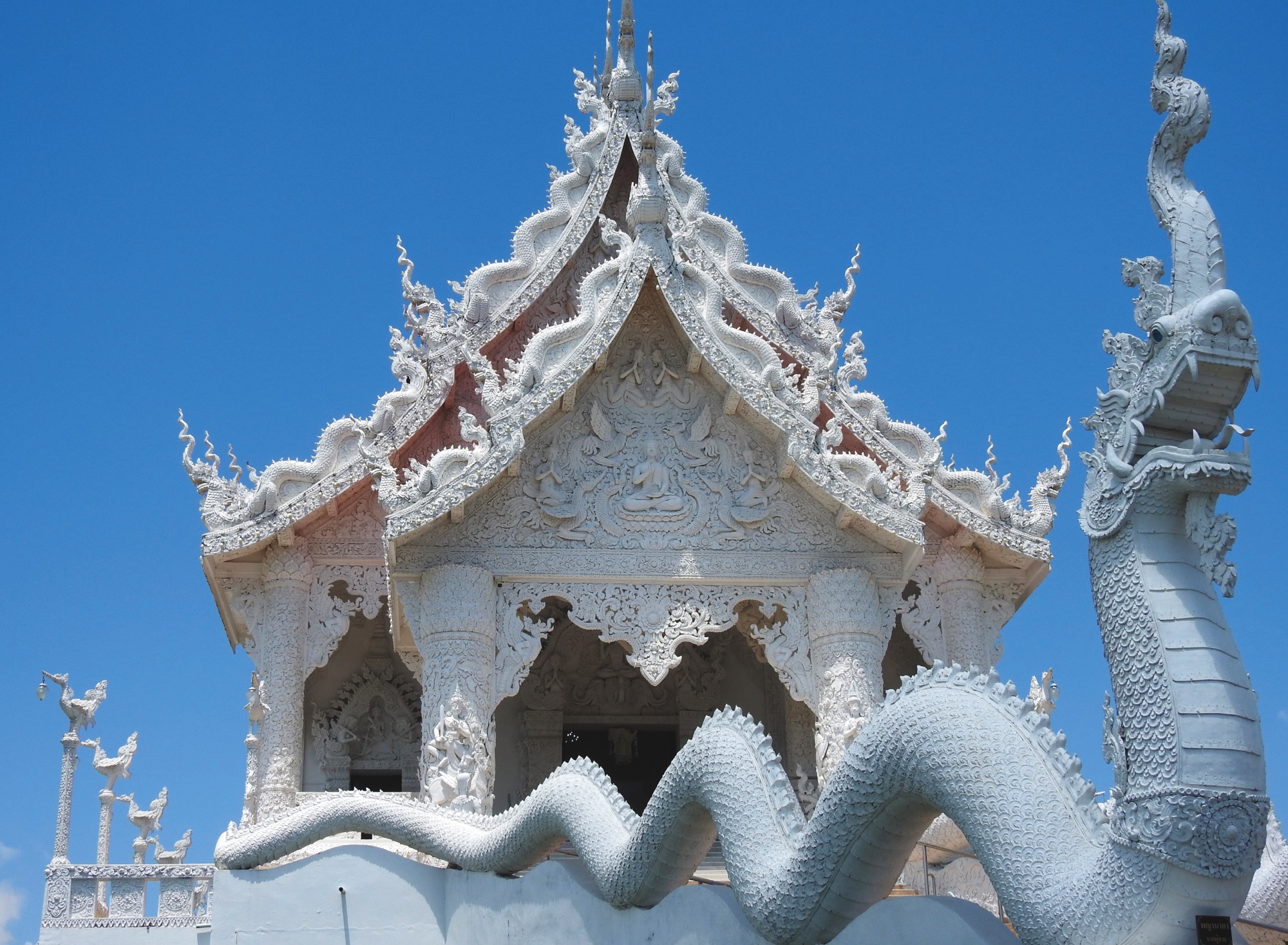
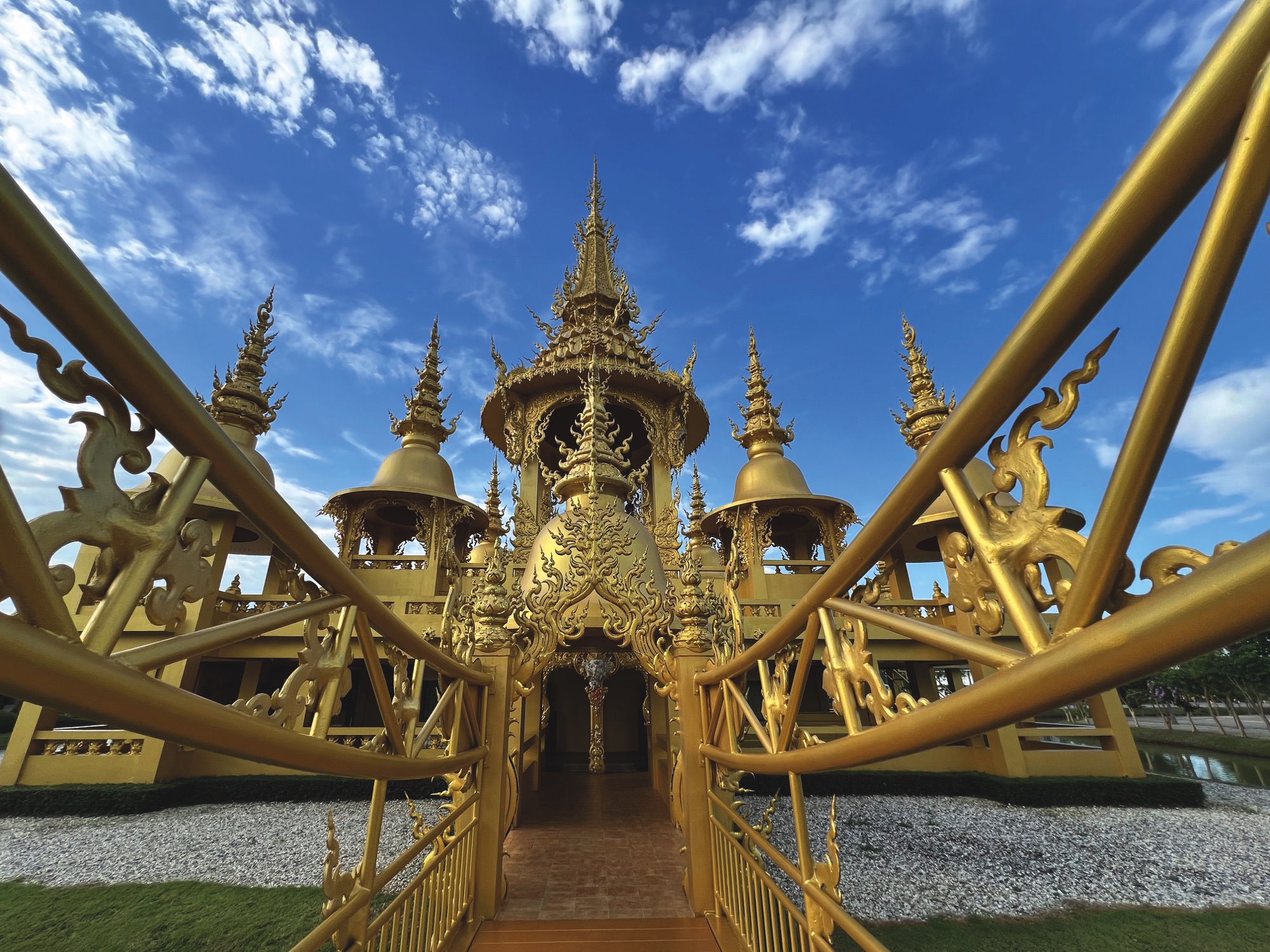
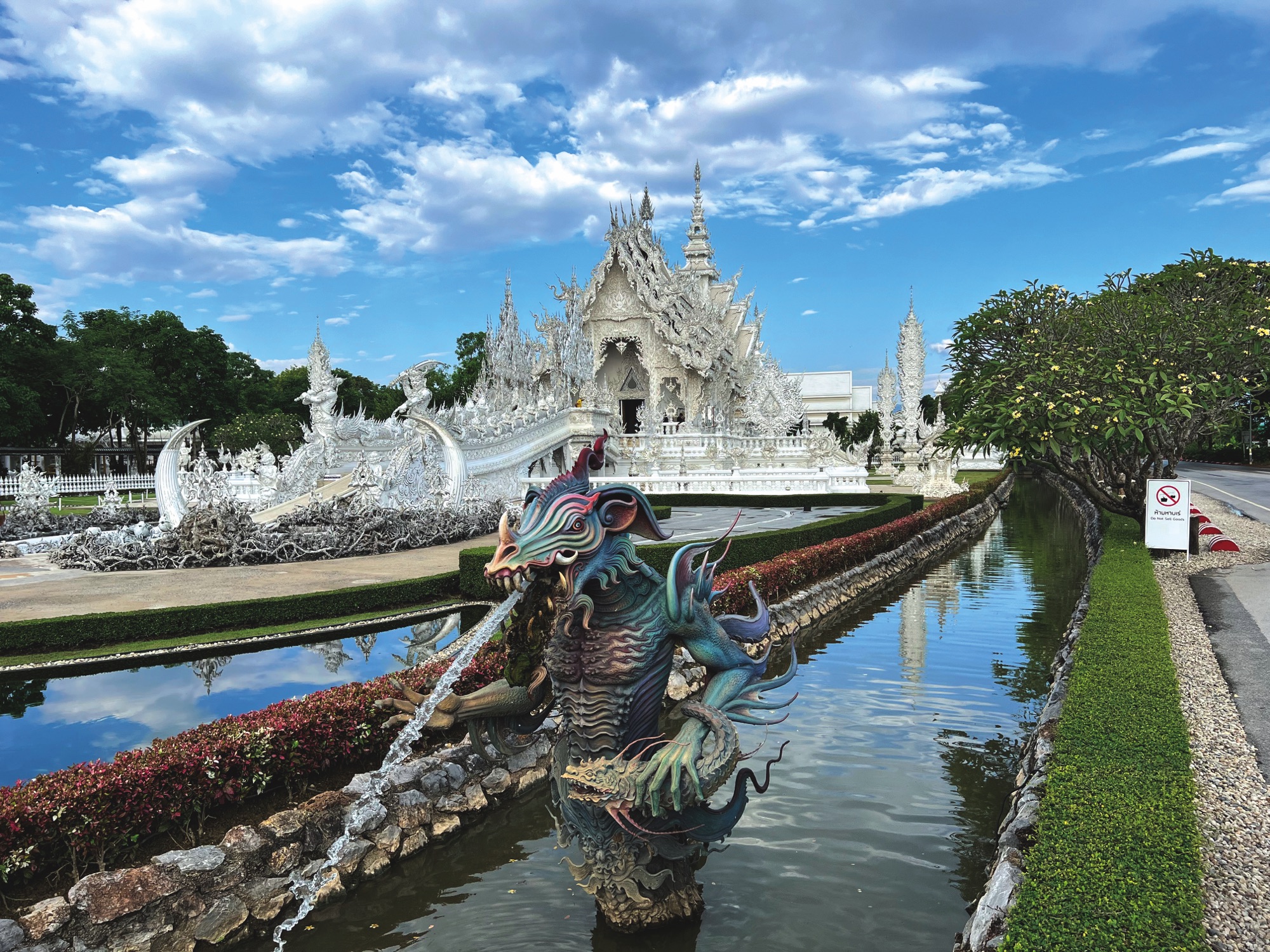
Another very special building is the restroom building. “The golden building” represents the body, whereas the white ubosot represents the mind. The gold symbolizes how people focus on worldly desires and money.
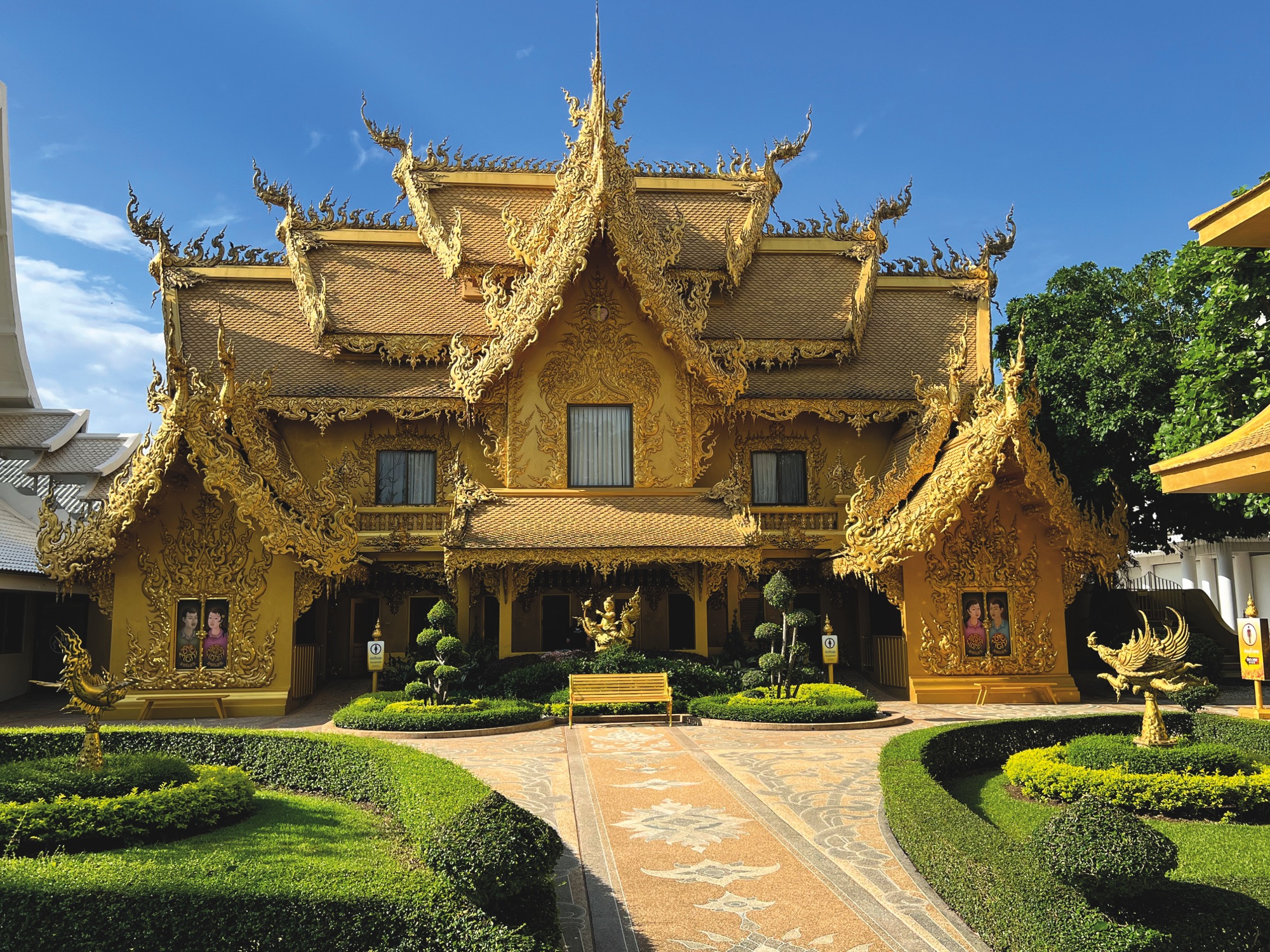
Wat Phrathat Doi Khao Kwai, วั ดพระธาตุ ดอยเขา ควายแก้ ว This is an ancient temple, built about 1,000 years ago. On top of the hill, there is a viewpoint for a panoramic view of the city of Chiang Rai. It is known for its legend about the four-eared, five-eyed spider, a legendary creature.
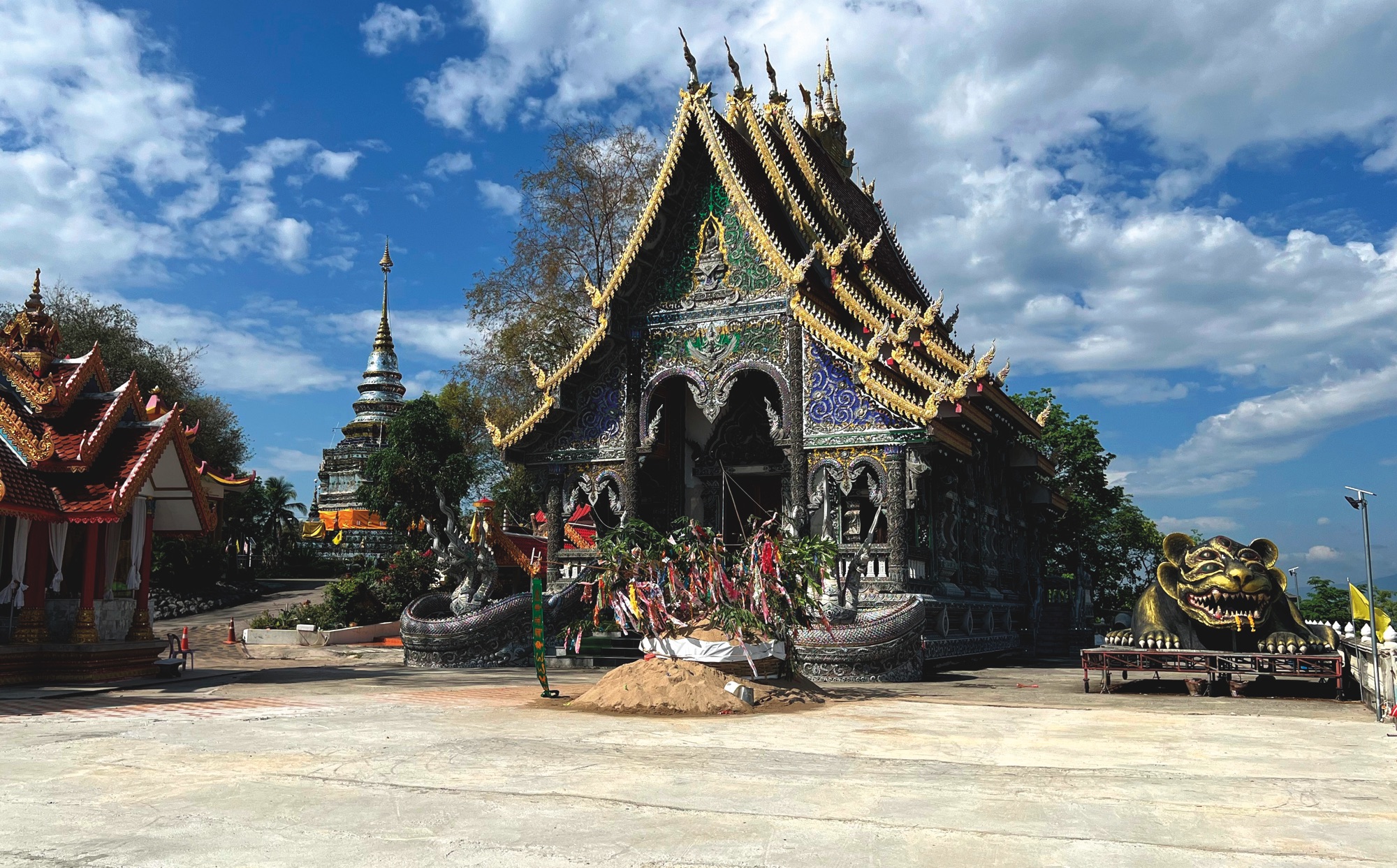
Huai Kaeo Waterfall, น้ำตกห้วยแก้ว เช’ยงร“ย in Lam Nam Kok National Park, อุทย“นแห่งช“ต‘ล”น้ำกก A charming waterfall in the middle of the National Park, it offers a suitable hike for the whole family. On the way, a few local women were selling their handmade traditional items. We made ourselves a commitment to support local communities, buying a few presents at each point.
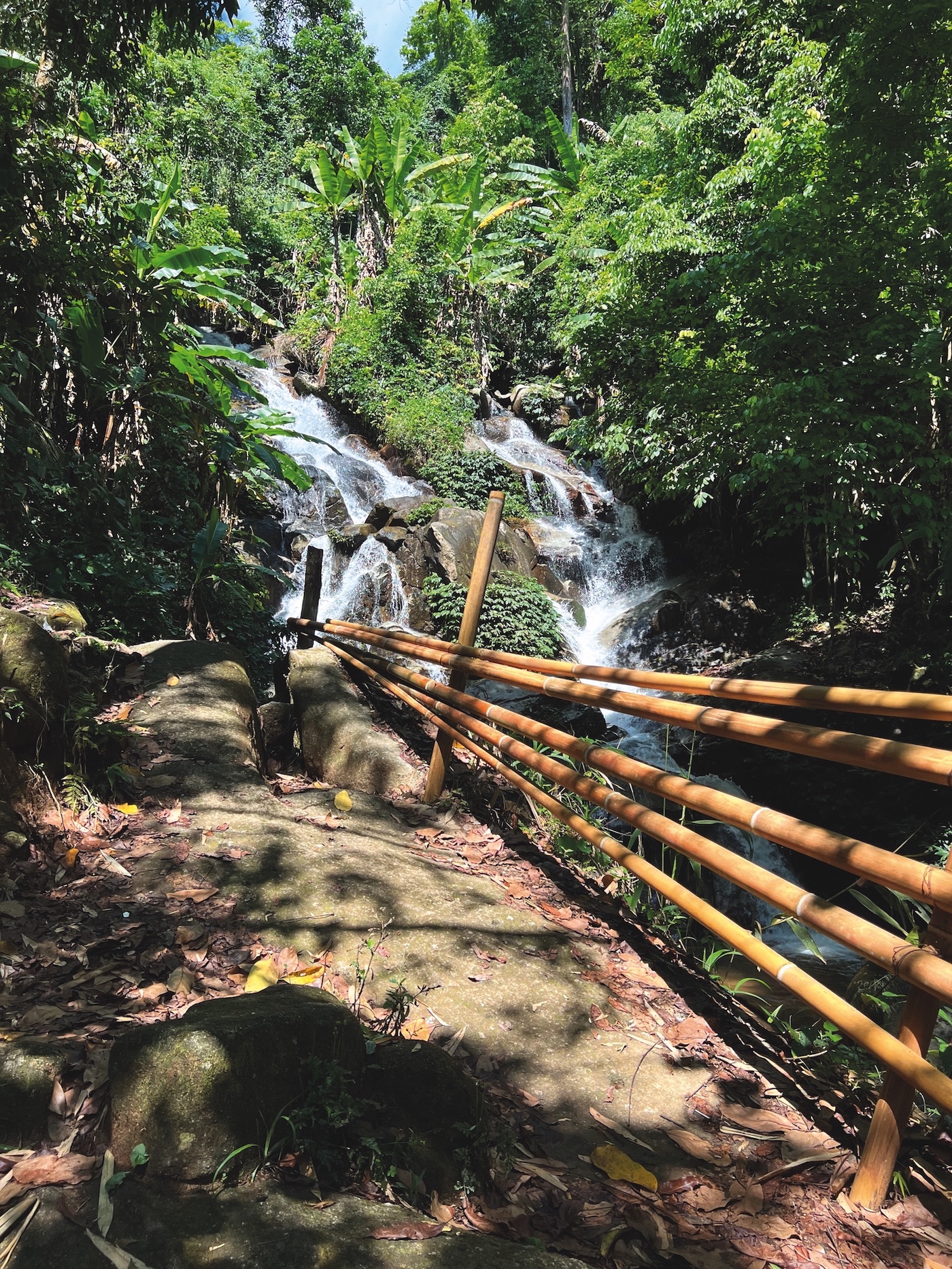
Wat Huai Pla Kang, วั ดห้ วยปลากั้ ง and Guan Yin, The Goddess of Mercy
This place was originally established as a monastery in 2001. Later, in 2009, it received recognition as a temple from the National Buddhism Office and was named Wat Huai Pla Kang.
Within the temple grounds, we visited the Phop Chok Dhamma Chedi – a nine-tiered pagoda blending contemporary and traditional architectural elements and the White Stucco Ubosot. When ascending the grand Naga staircases to reach the intricately crafted stucco ordination hall, you encounter the principal Buddha image gleaming in white. On a hilltop, is the Giant Guan Yin Sculpture – at approximately 79 meters high, it is Thailand’s largest Guan Yin statue. It exudes a majestic aura, and offers a panoramic view of Wat Huai Pla Kang. You can use the elevator to ascend to the top.
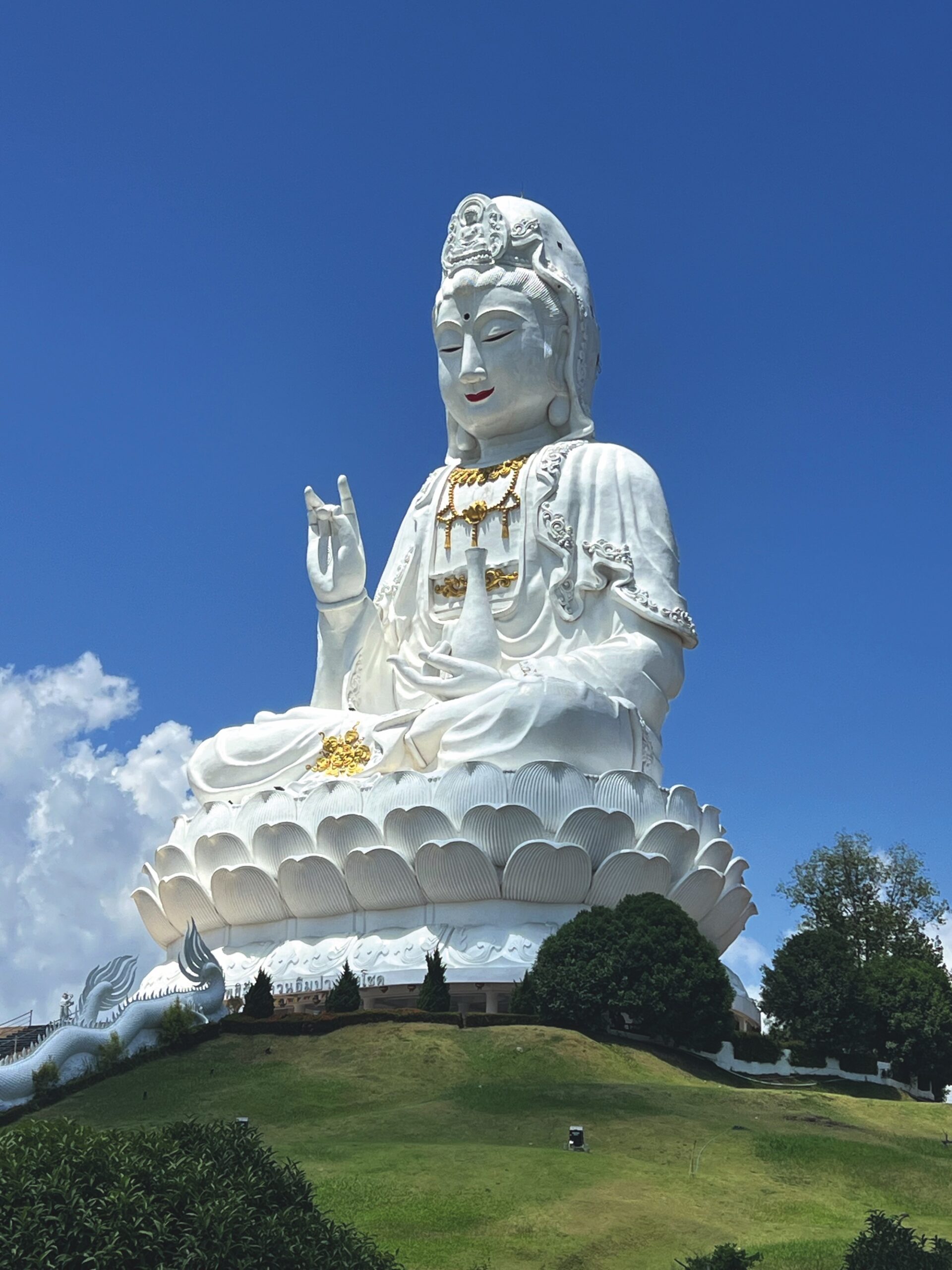
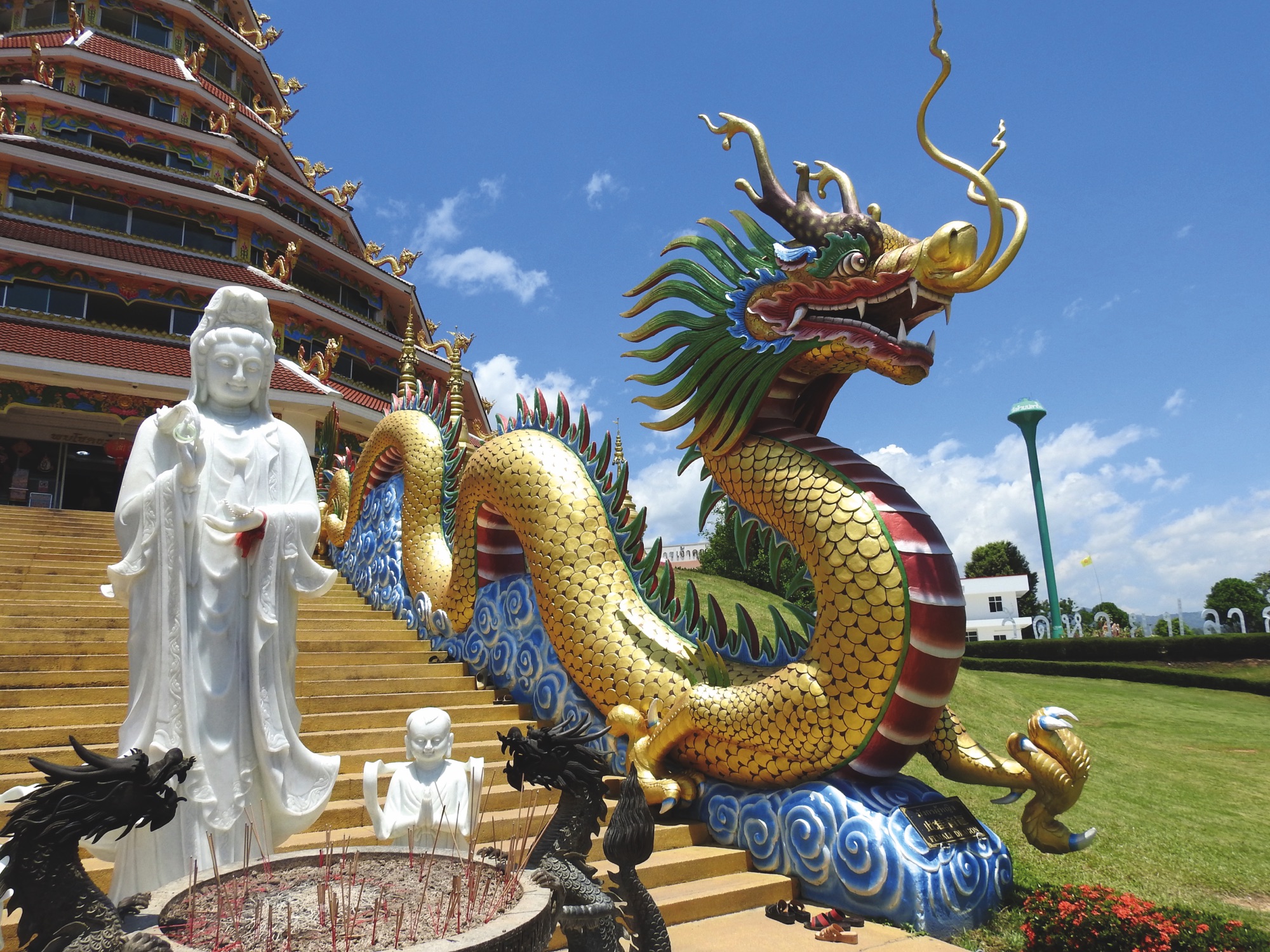
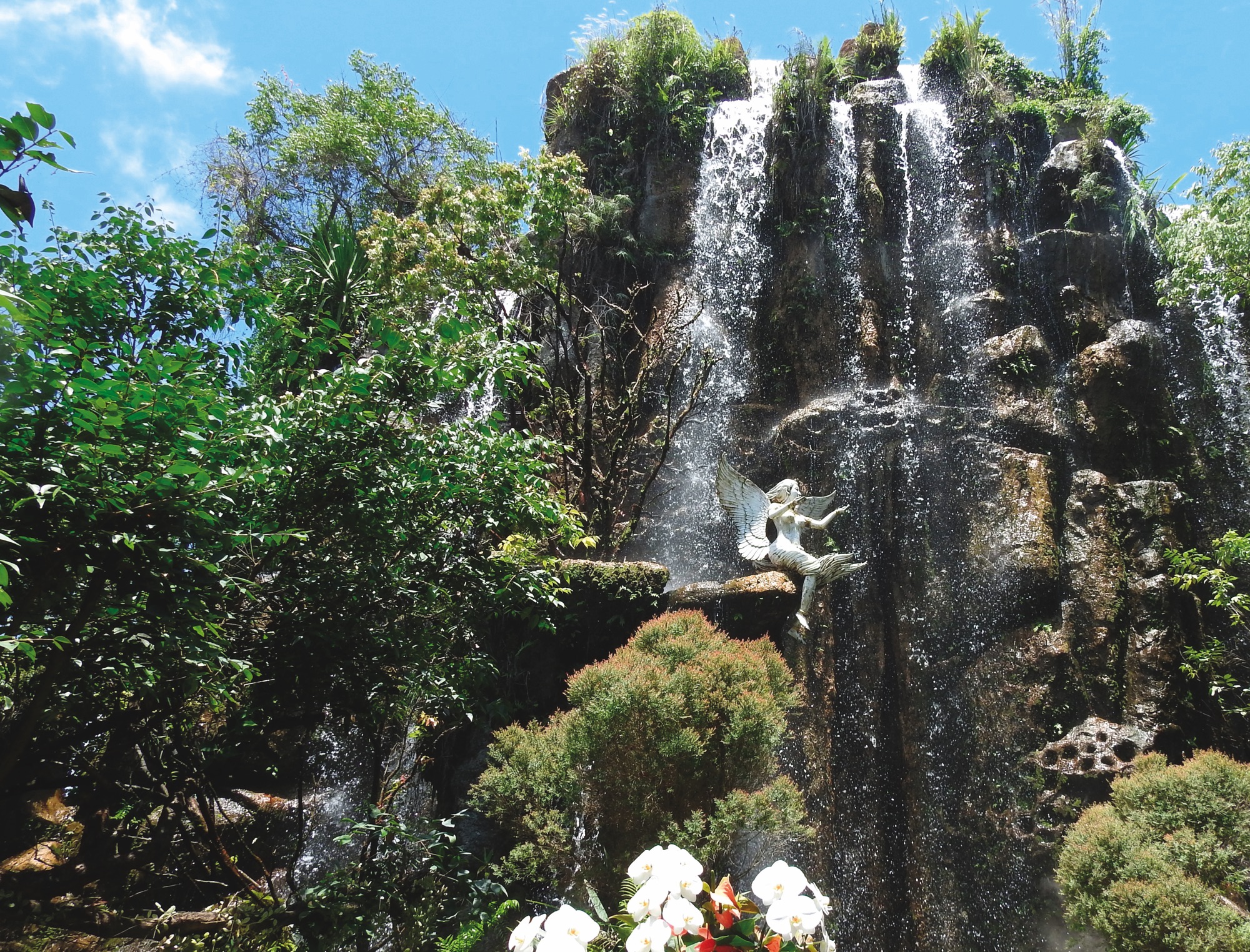
We enjoyed a short break
at the beautiful and unique Lalitta Café.
Wat Chiang Yuen, วั ดเชี ยงยื น, The Red Temple
First built in 1500s, the Lanna dynasty kings historically paid homage to the Phra Suppunyu Chao Buddha image at this temple before their coronation. The place was abandoned during Burmese rule and was reconstructed in 1794 by King Kawila. The Red Temple is known for its large chedi, which has a whitewashed square base guarded by Burmese chinthe on each corner, an octagonal middle section dotted with porcelain flowers, and a five-tiered hti crowning the stupa. The Lanna-style sala is buttressed by two elaborately decorated poles, each topped by a Hamsa.
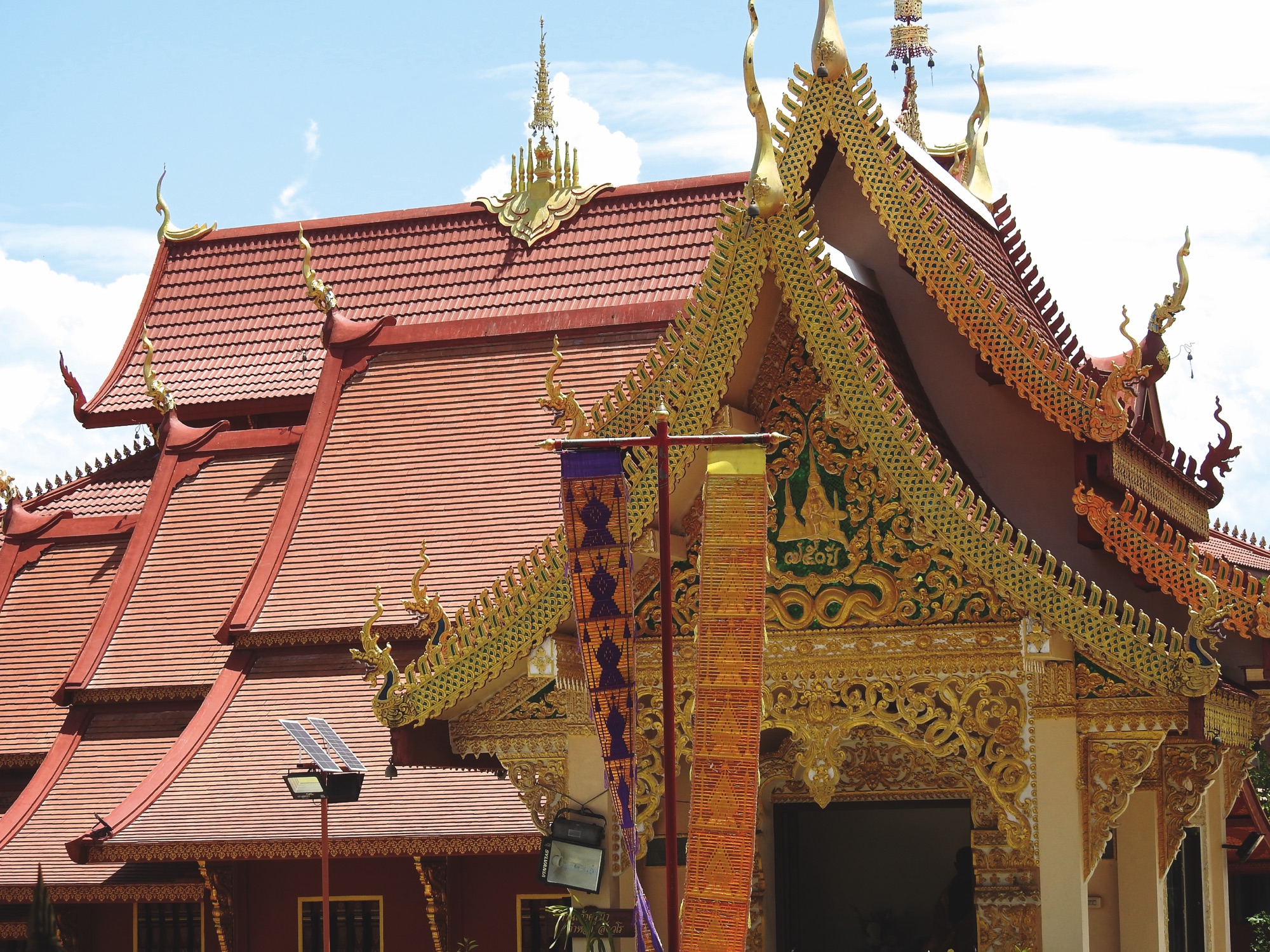
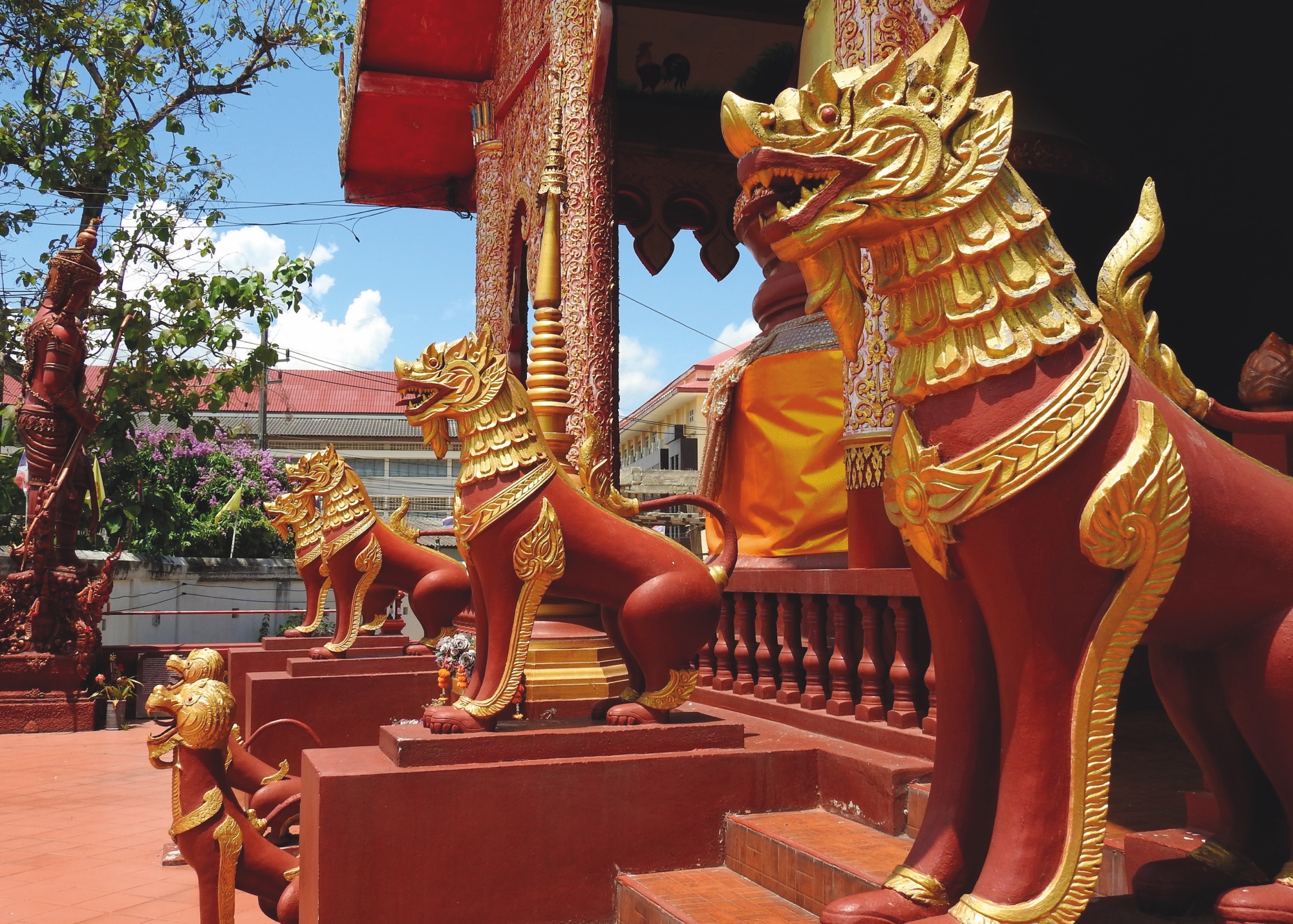
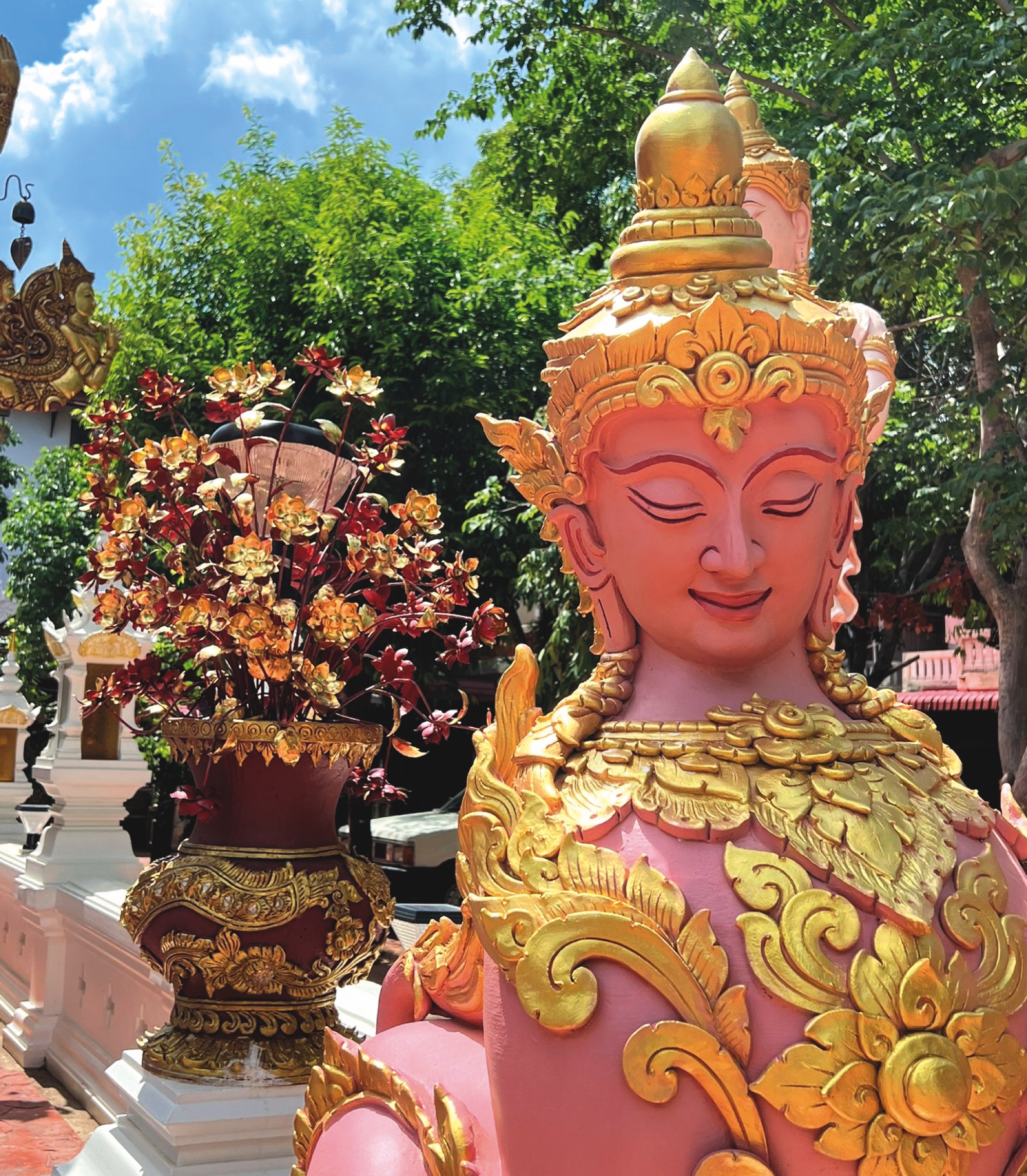
Wat Mung Muang, วั ดมุ งเมื อง – Wat Phra Kaew Chiang Rai, วั ดพระแก้ วเชี ยงราย – Wat Phra Sing Chiang Rai, วั ดพระสิ งห์ เชี ยงราย
We visited the Wat Mung Muang, which means ‘the temple that covers Chiang Rai city’, and then walked to see Wat Phra Kaew Chiang Rai (or the Royal Temple), famous for being the original home of the translucent green Buddha which graces the Emerald Buddha Temple in Bangkok’s Grand Palace. We finished our exploration at the Wat Phra Sing Chiang Rai, whose ubosot was built in 1890. It was thought to be built on the base of a former Lanna-era vihara.
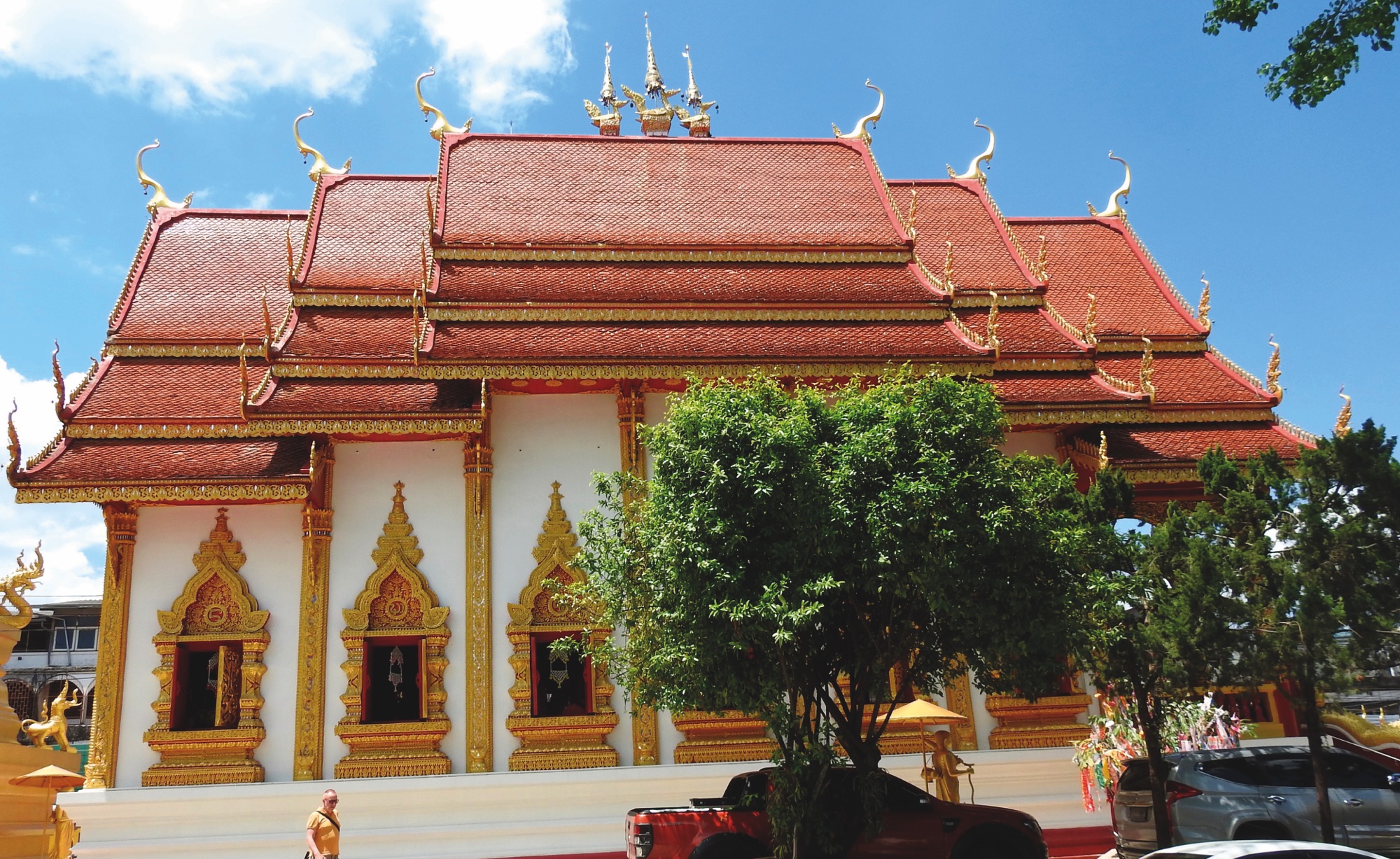
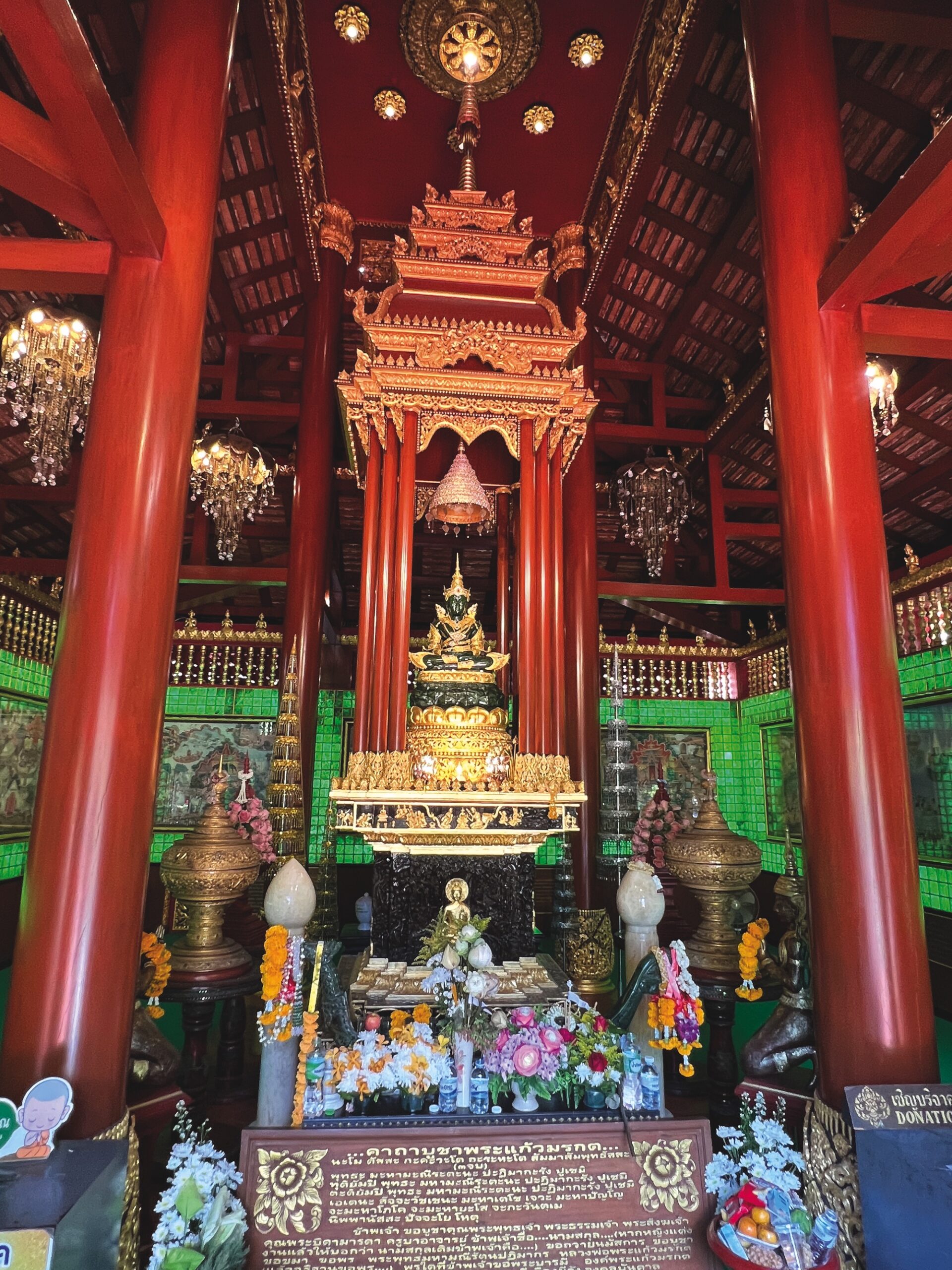
After a very long but beautiful day, we returned to our hotel to relax and have a very tasty dinner with the hotel manager.
CHAPTER TWO – UP TO THE NORTH
After a very nice breakfast, we left Chiang Rai, turning our faces to the north of Thailand for a new full day of adventures.
Wat Phra That Chom Chan, วั ดพระธาตุ จอมจั นทร์
This temple was built in the period of Yonok Chaiyaburi Si Chiang Saen, during the reign of Phrachao Phangkharat, the 24th king of the Yonok dynasty. In 1947, Phra Khruba Khamla Sangwaro presided over the renovation of Phrathat Doi Ban Yang. A new pagoda was built to cover the old one, together with a Wihan, a teakwood Buddha image hall on stilts. The temple’s name was later changed to Phrathat Chom Sak.
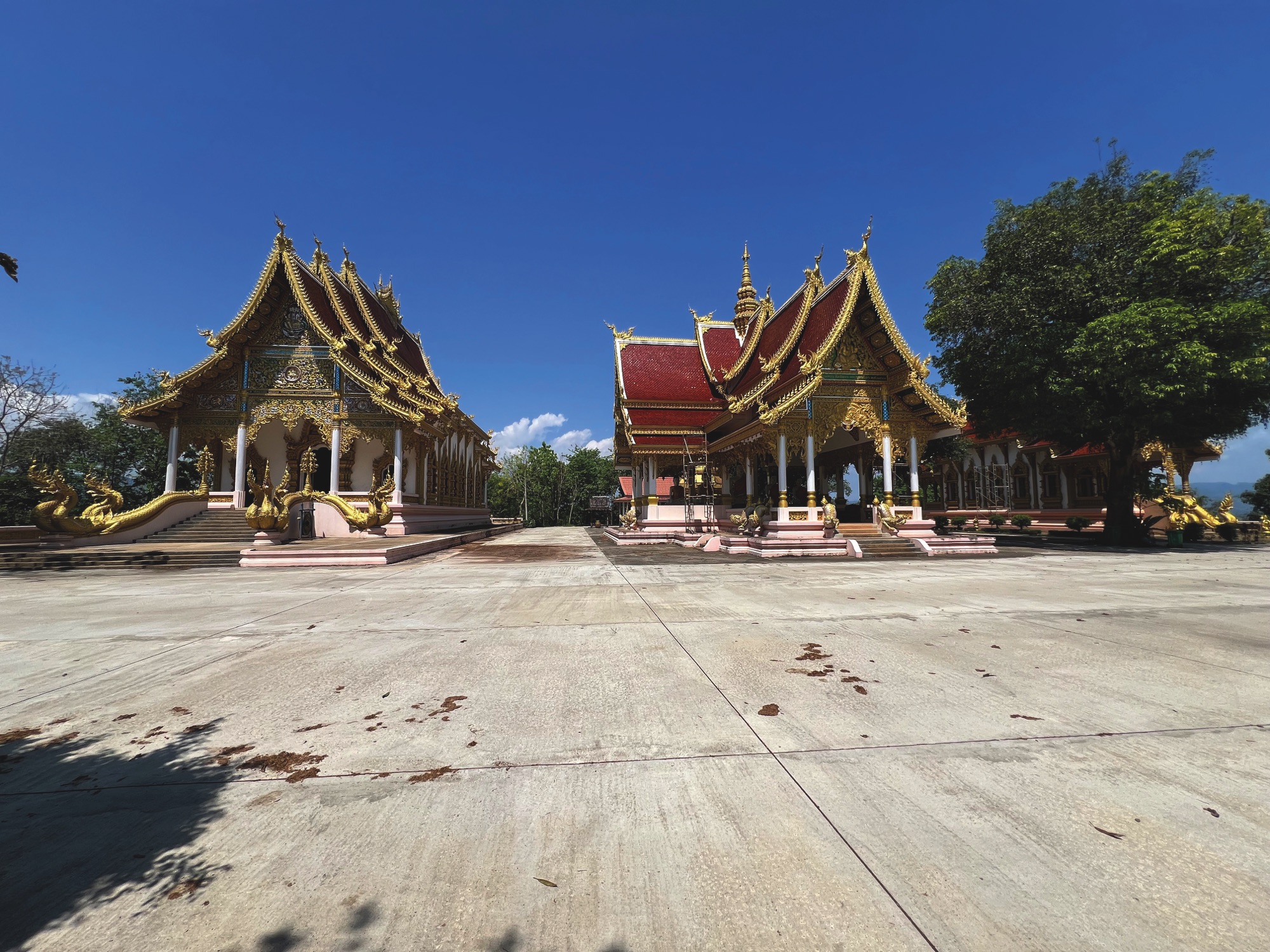
Mekong Skywalk, สกายวอล์ คผาเงาสามแผ่ นดิ น
This glass skywalk is a scenic viewpoint that was constructed in 2020, located in the front courtyard at the bottom of the Phu Khok Ngio Big Buddha image. It is 80 meters high above the Mekong River, or as high as a 30-storey building. This glass-floored walkway is two meters wide and 80 meters long, thus allowing panoramic views, including the point where the Hueang River merges with the Mekong River. At the entrance, you will get special funny slippers to walk on the glass floor with. On the way down, we visited the Phra Borommathat Buddhanimit Chedi (the dog is guarding the entrance).
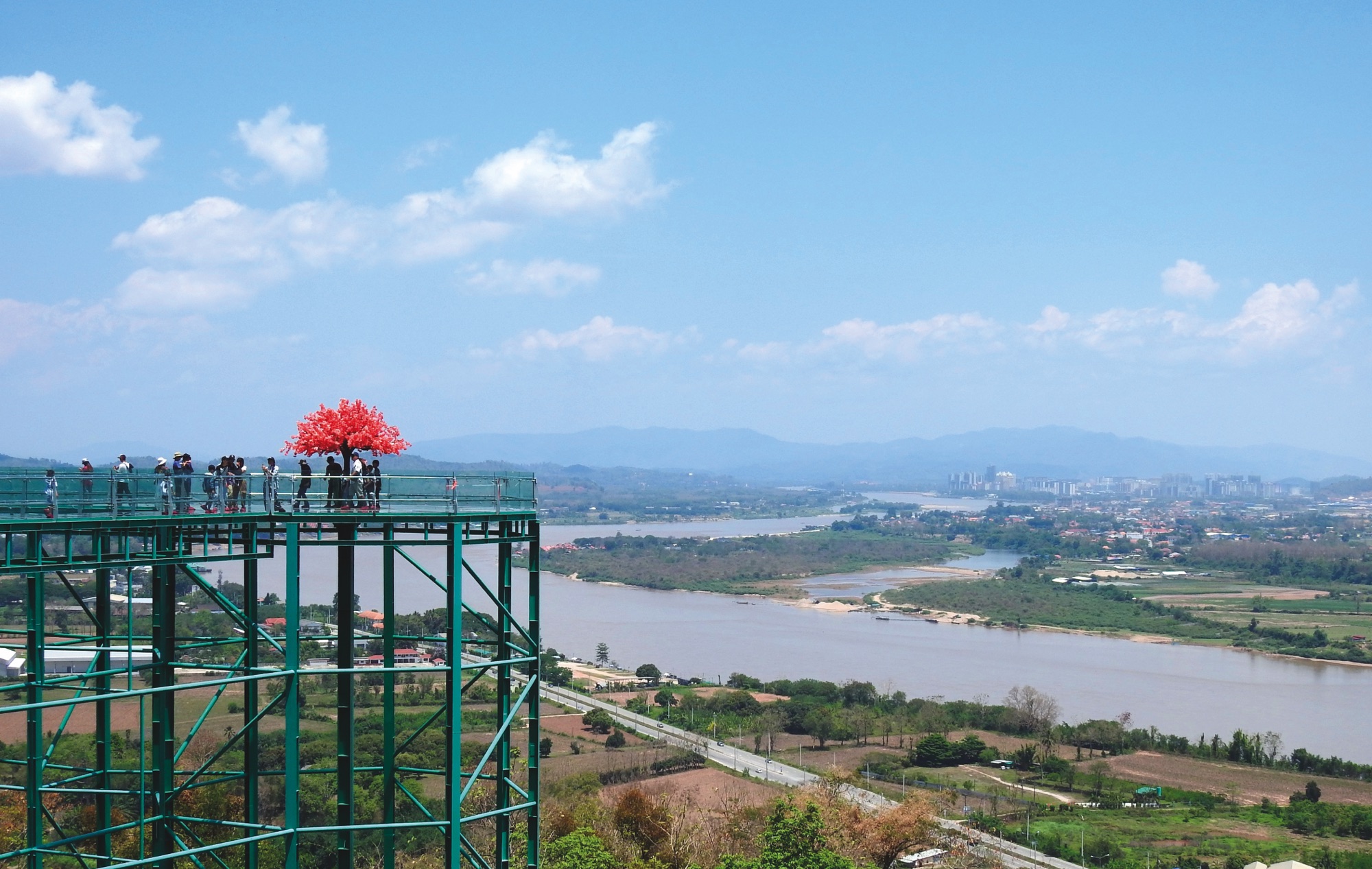
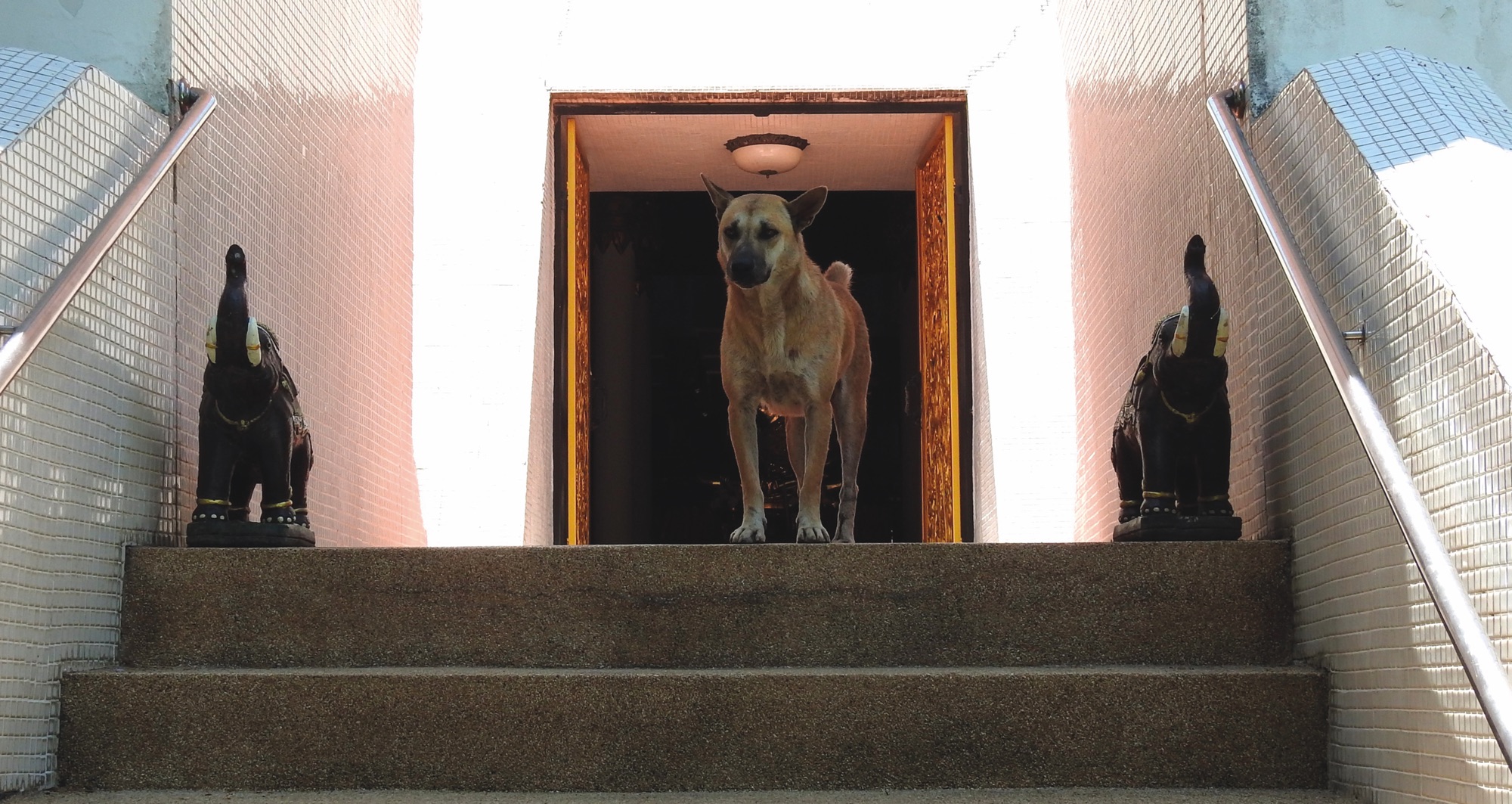
Wat Phrathat Pha Ngao, วั ดพระธาตุ ผาเงา
We paid a quick visit to the Wat Phrathat Pha Ngao, with several ancient Buddha images dating back 700 to 1,300 years. Among these treasures was the revered Luang Pho Pha Ngao Buddha image, named after the grand shadow cast by a rock formation resembling a stupa when illuminated by sunlight. At this temple, I decided to hang some money for good luck.
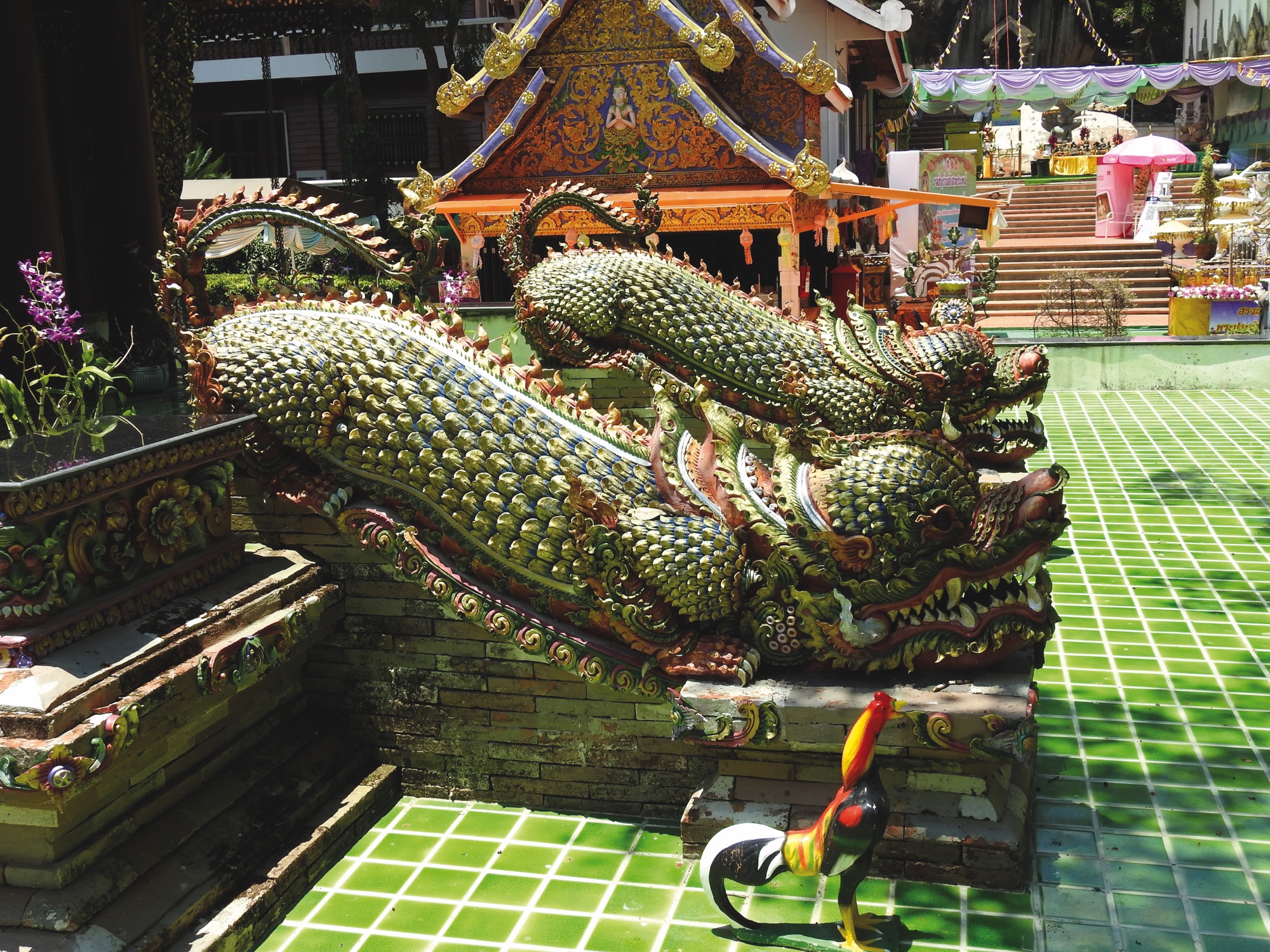
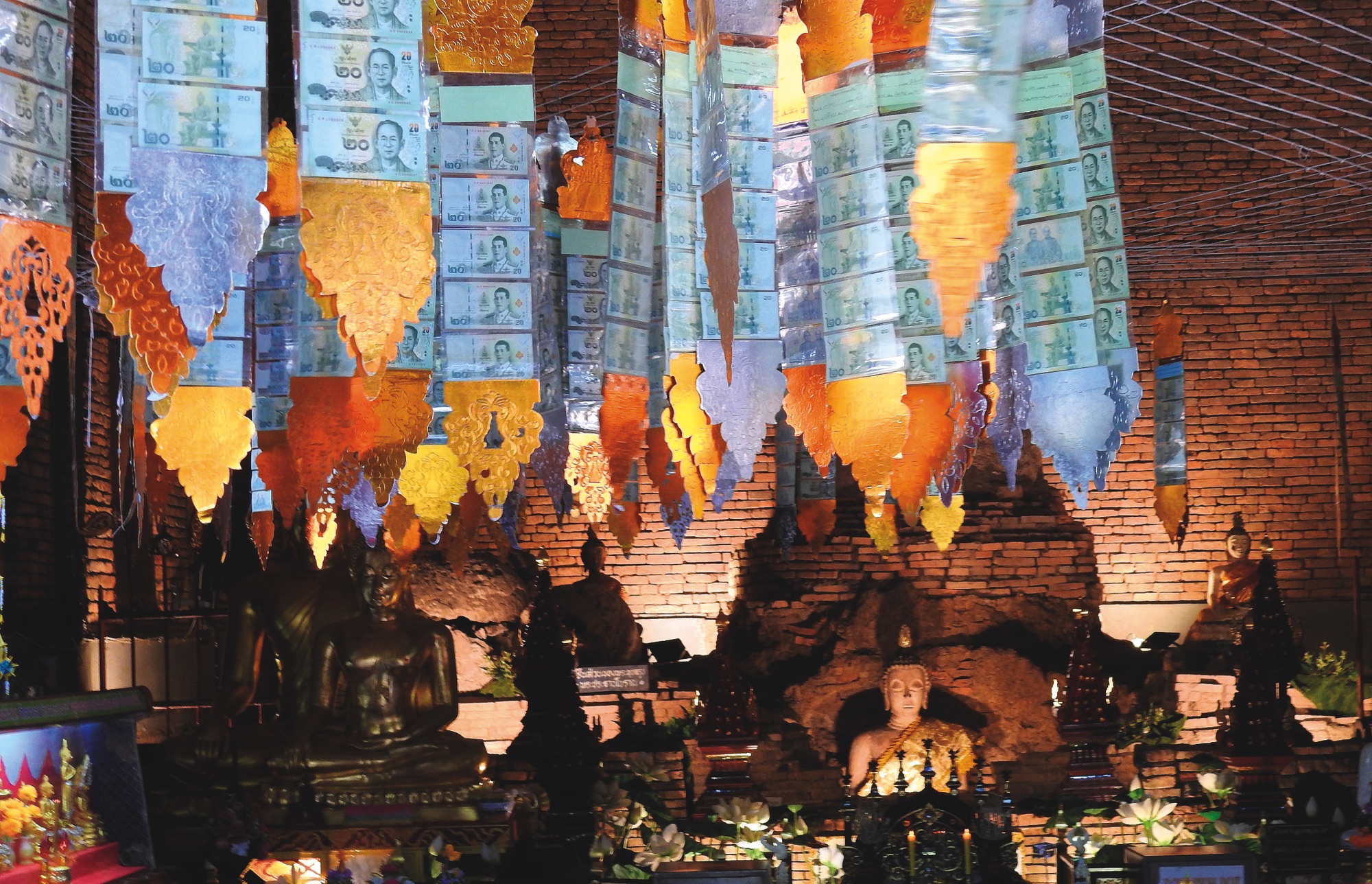
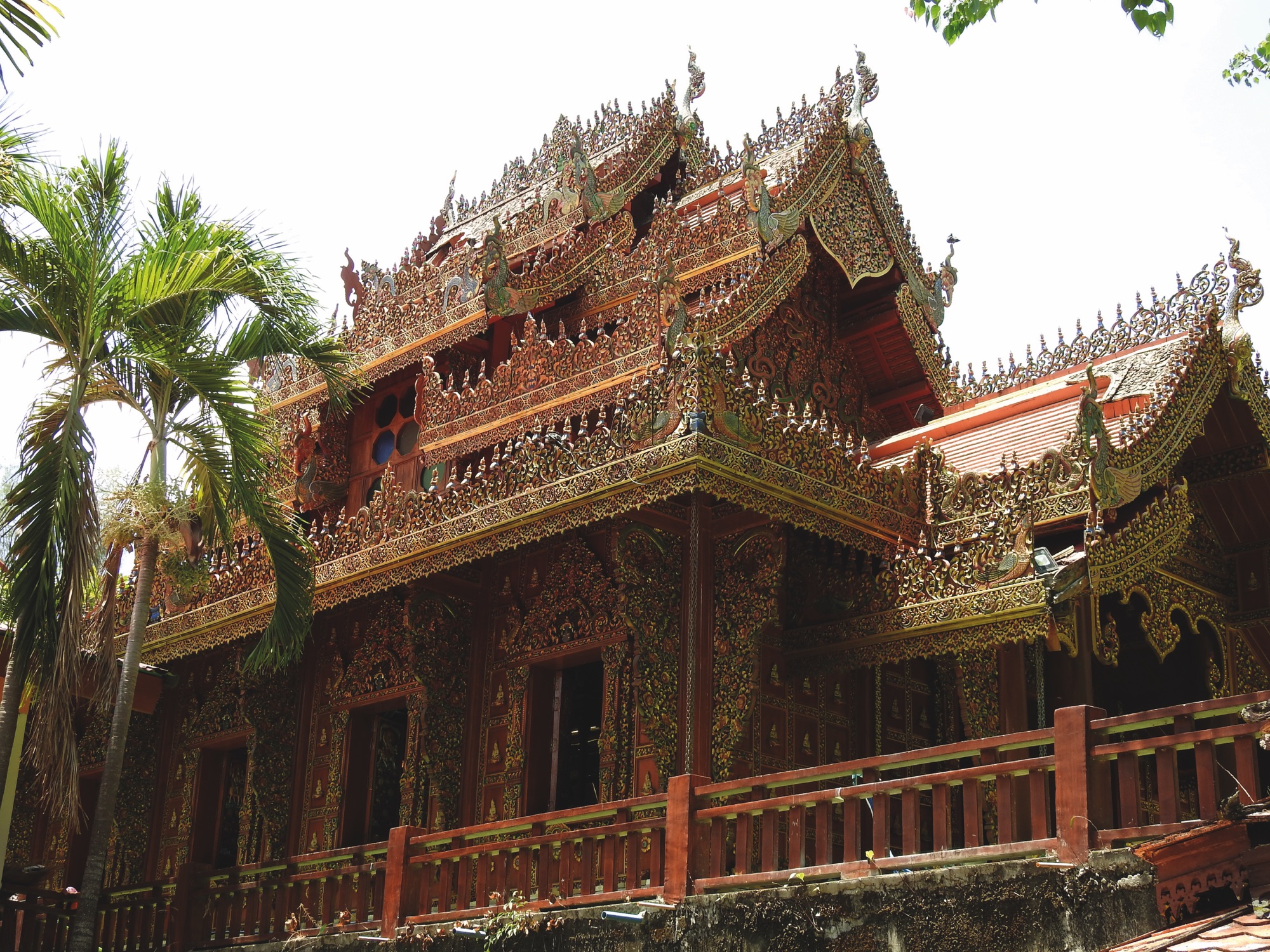
Golden Triangle, ส“มเหล’่ยมทองค”
We wanted to see the Golden Buddha – i.e. Phra Phutthanawalantue or พระพุทธนวล้านตื้อ. This statue is made of bronze and weighs 69 tonnes. It has a height of 15.99 meters, and the widest width of 9.99 meters.
The Buddha is seated on top of a boat structure known as Ruea Kaeo Kuson Tham, located in the Golden Triangle, which is the intersection of Thailand, Laos, and Myanmar.
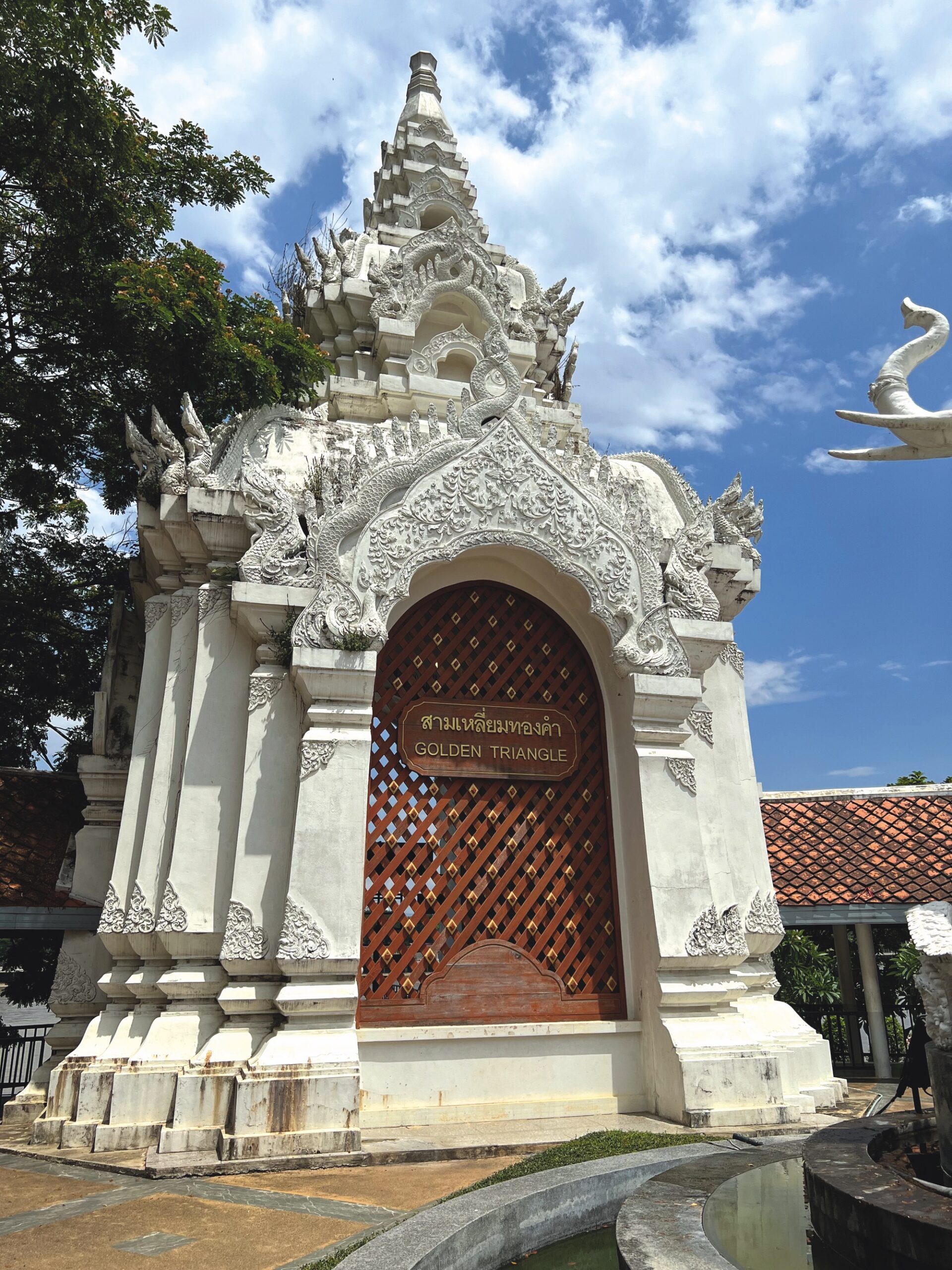
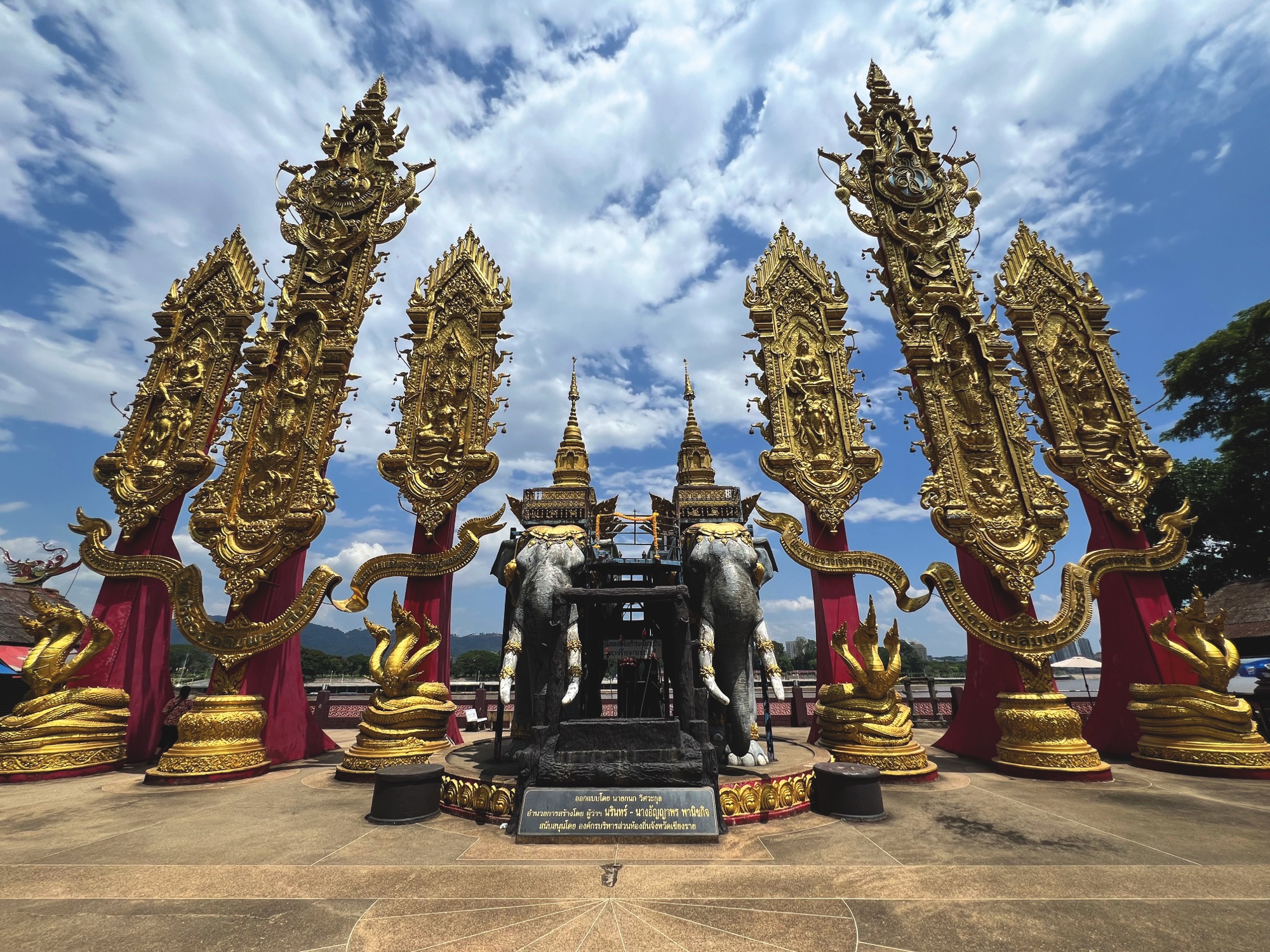
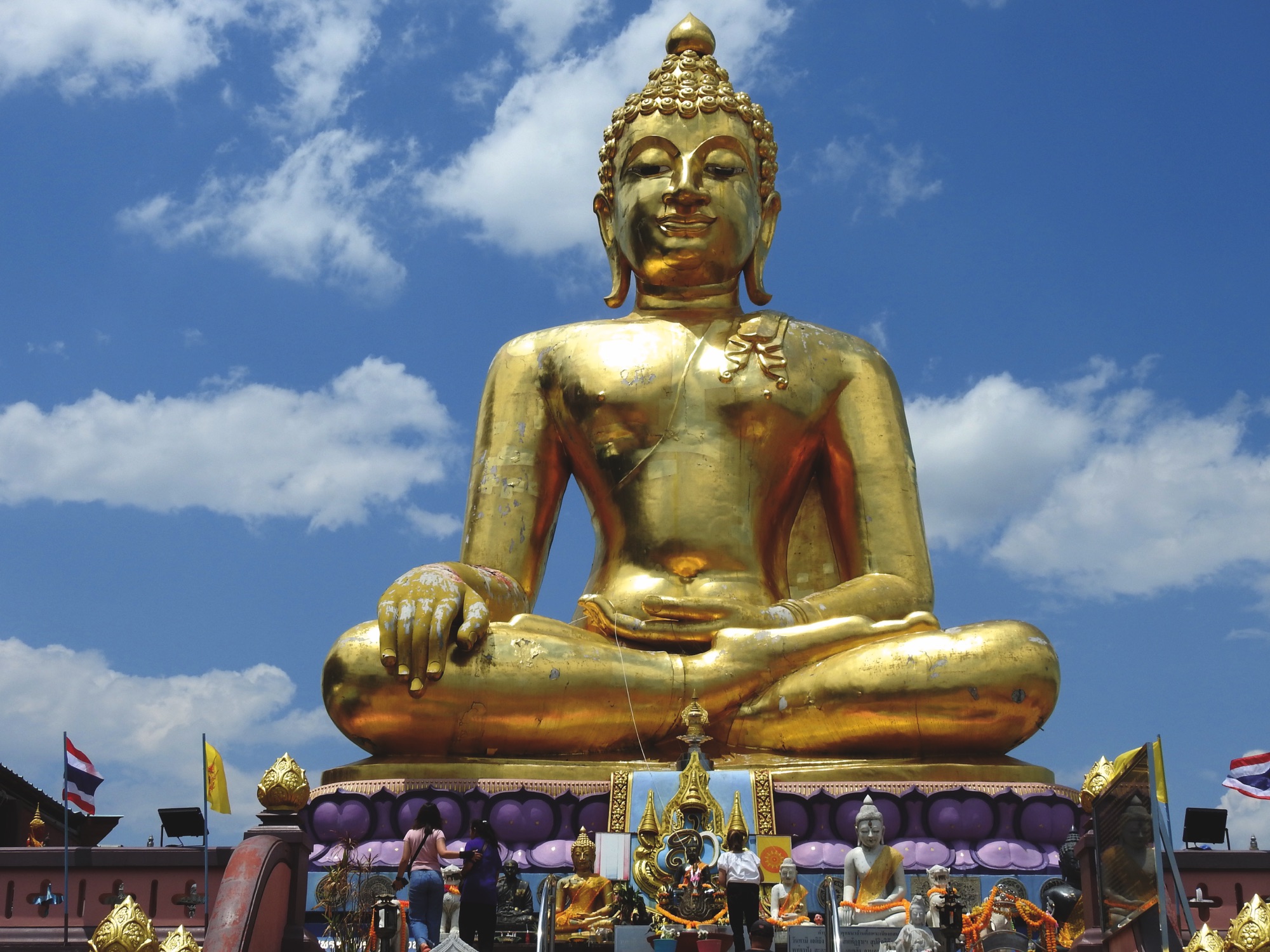

The Katiliya Mountain Resort and Spa
We then arrived to our luxury hotel, hidden in the Thai jungle. The view reminded us of the views we experienced in Africa, and the rooms resembled an African lodge. A perfect place to rest after a long day, either by the pool or in the warm Jacuzzi.
We met the hotel manager, Marisa Chakrabandhu Na Ayuhya (Lisa), who told us about the hotel’s history and its owner. Through a short conversation, we found out that the owner is her father and that the hotel name consists of the initials of his four daughters’ names.
We had a very tasty dinner at the “La Carte” restaurant, with a panoramic view.
Unfortunately, we only had a limited amount of time to spend in this place. We should really come back again to enjoy more of the hotel and this beautiful area.
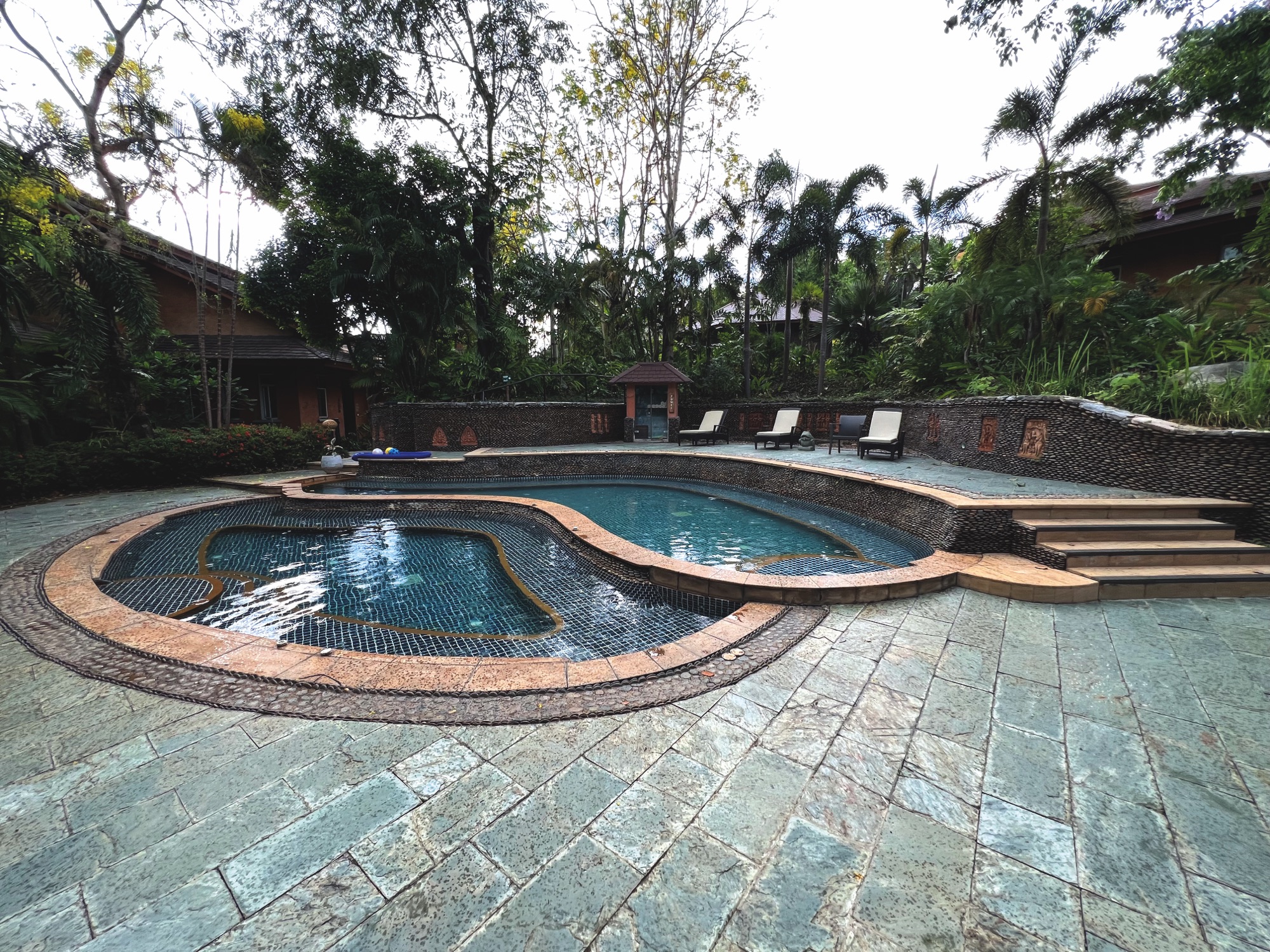
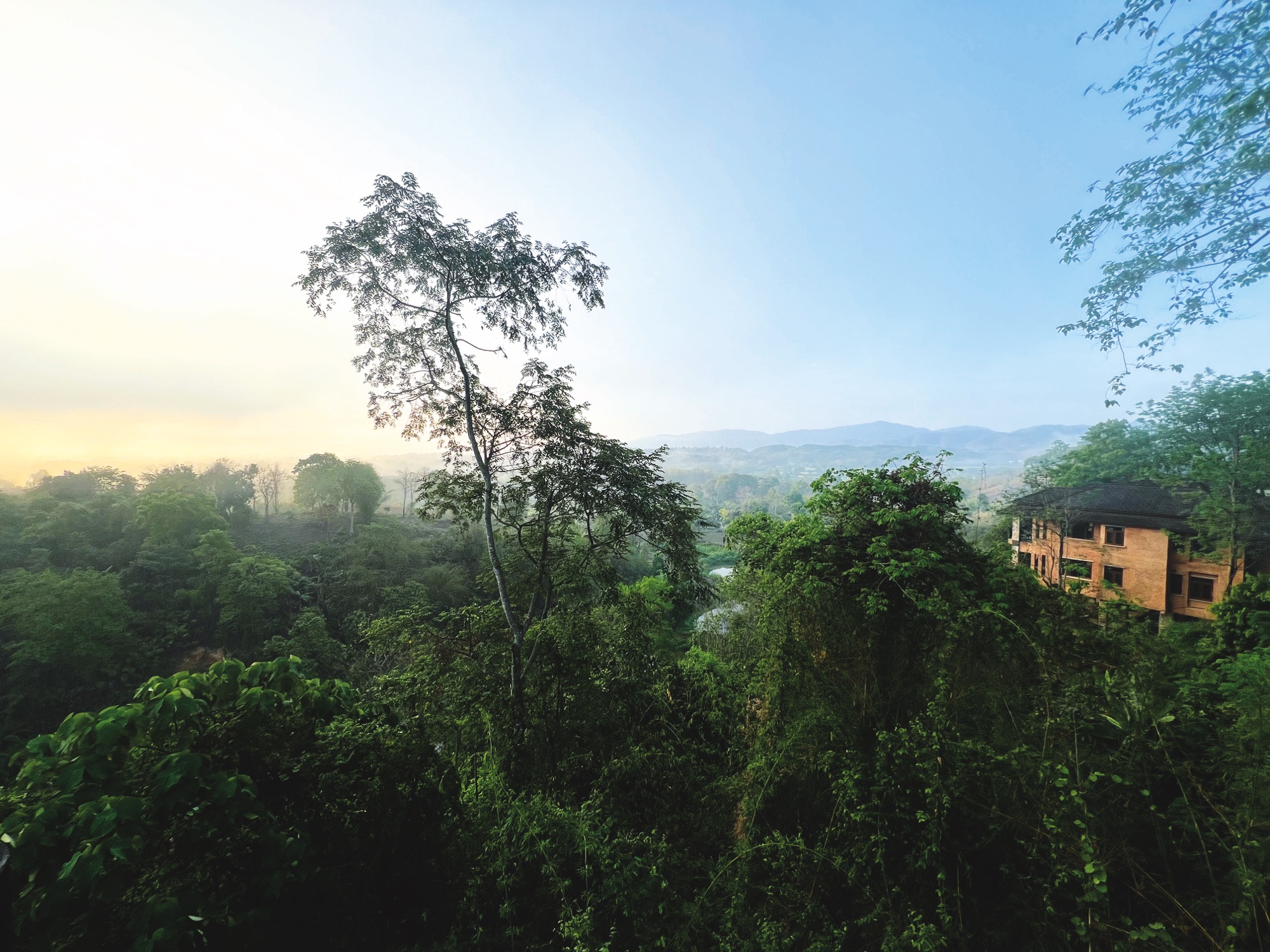
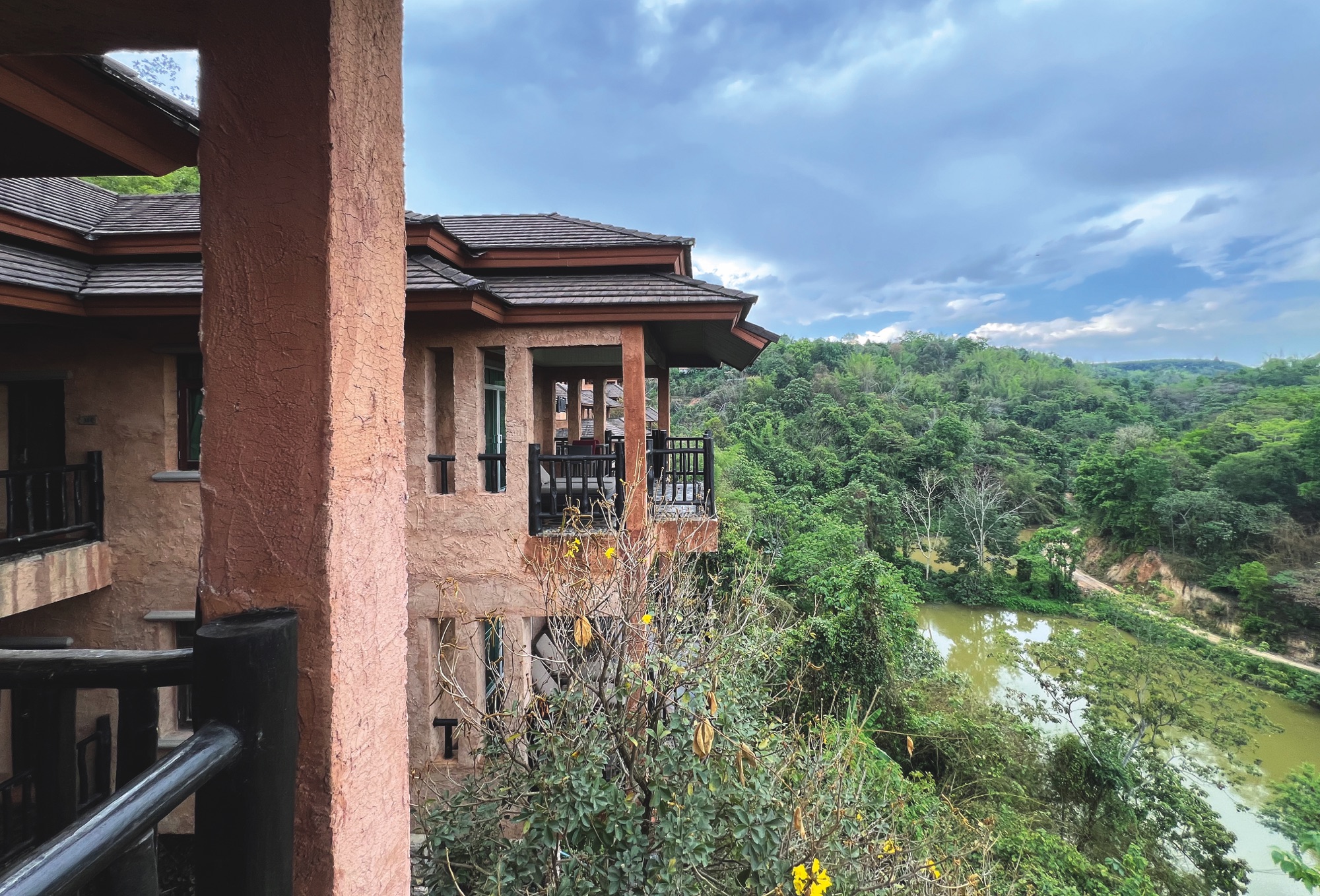
CHAPTER THREE – LOOPING TO CHIANG MAI
Wat Tham Tap Tao, วัดถ้ำตับเต“
The Temple of the Light Cave and the Dark Cave is an ancient place of worship, built hundreds of years ago. The cave is made of natural limestone, with a width and height of about six metres. It is divided into two parts:
Tham Mued and Tham Chaeng. The name Tap Tao is originally derived from the local word ‘Dap Tao’, meaning “to put out fire in the ashes from a wildfire”. The name later became Tap Tao, which is usually mistaken for signifying a turtle’s liver by people from other regions of the country.
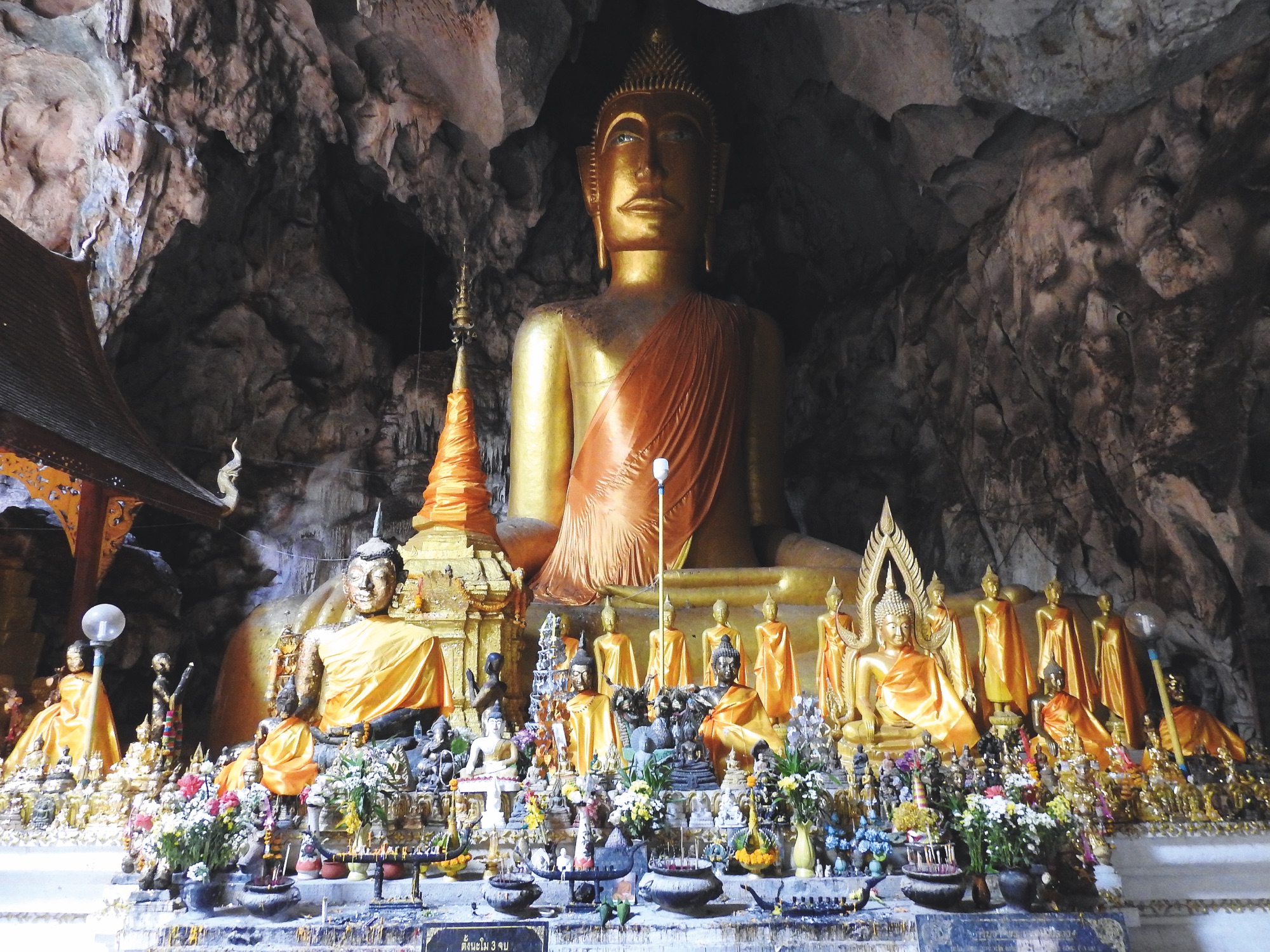
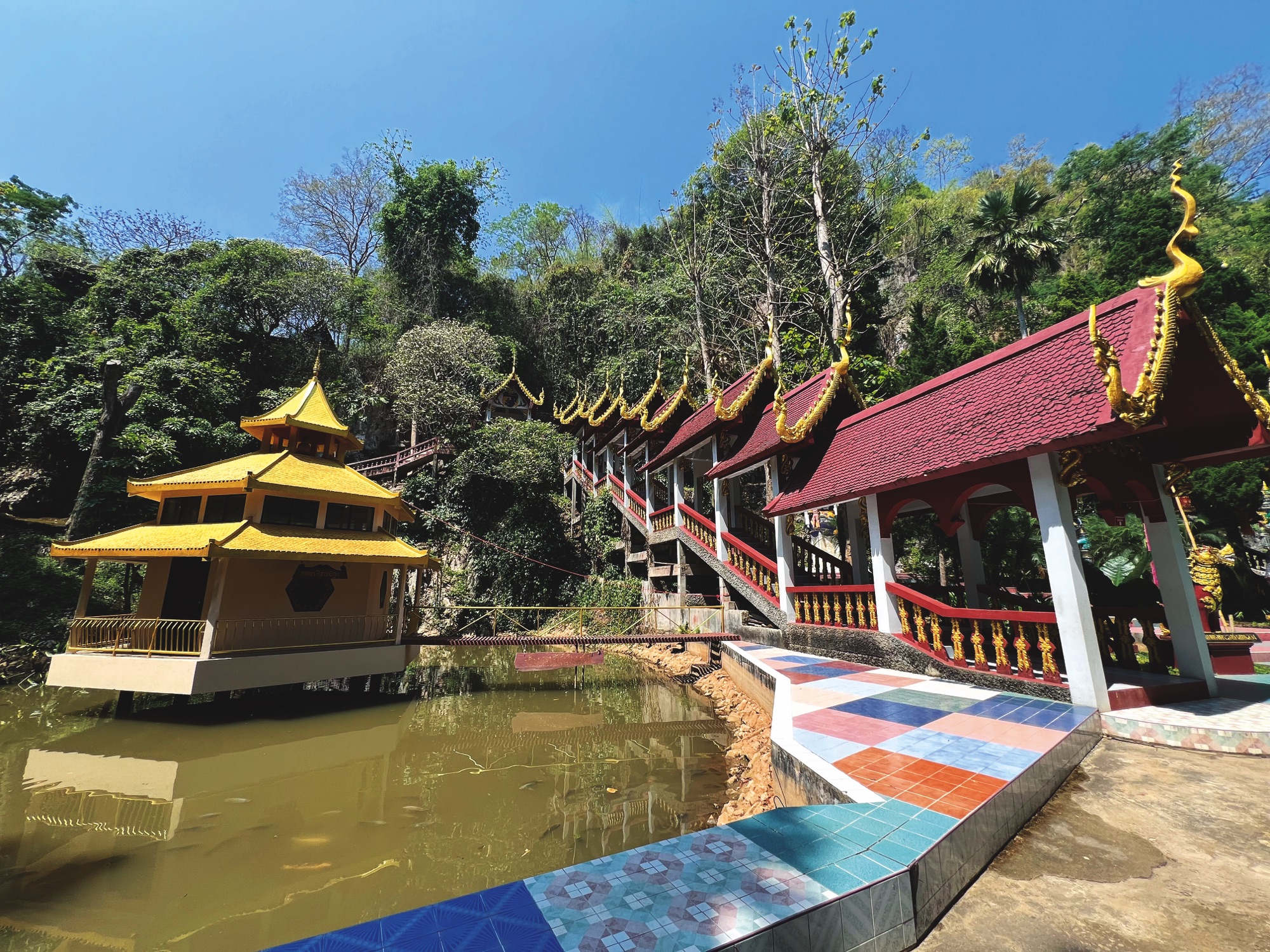
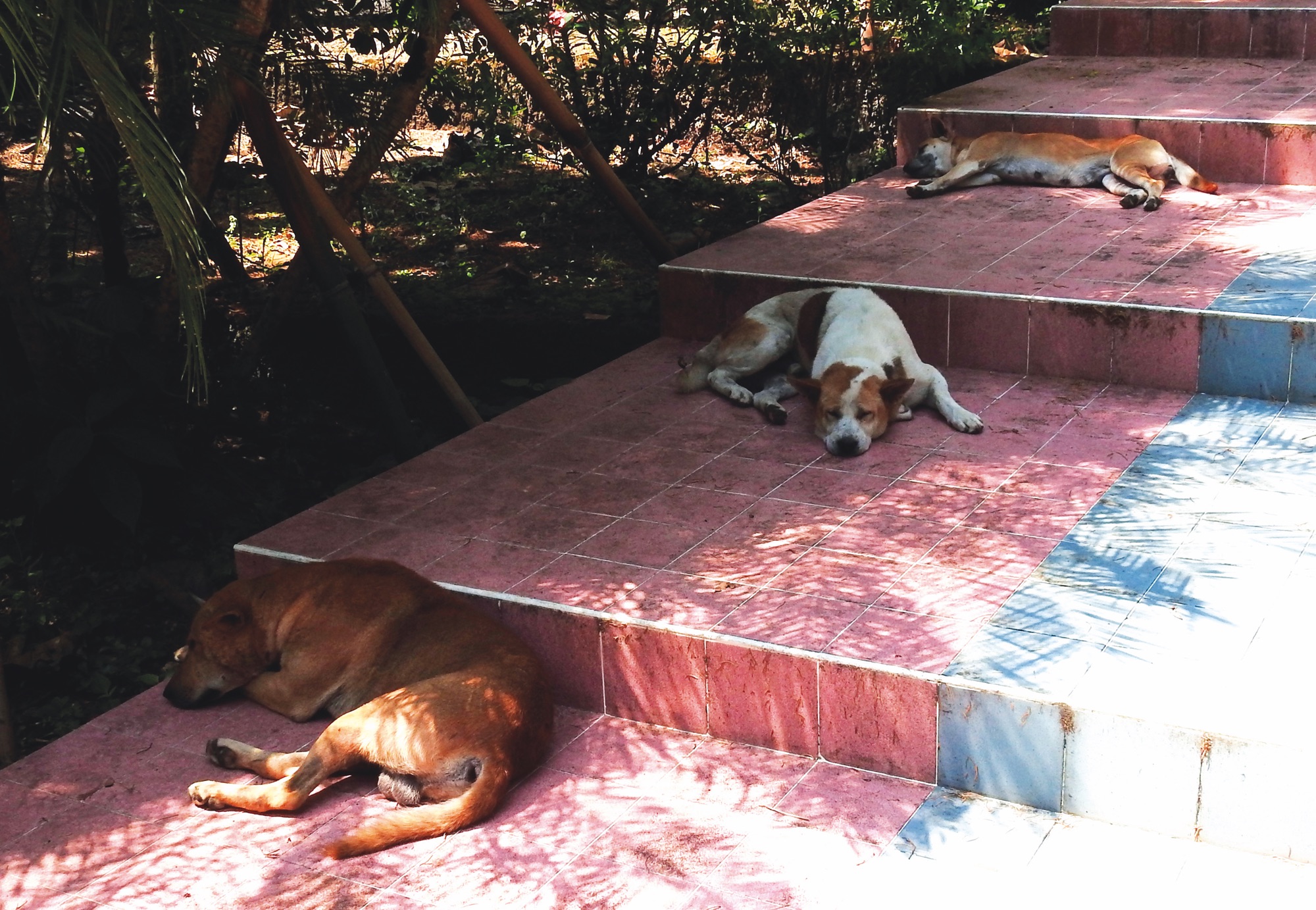
Chiang Dao Wildlife Sanctuary, เขตรั กษาพั นธุ์ สั ตว์ ป่ าเชี ยงดาว
This sanctuary area is covered with various forest types. It is home to several endangered animal species, such as Long-tailed Gorals, Sumatran Serows, Asian Golden Cats, and the Big-headed Turtles.
Wat Tham Pha Plong, ส”นักสงฆ์ถ้ำผ“ปล่อง (หลวงปู่ส‘ม)
This Buddhist temple is located on top of Doi Pha Plong mountain. It is hidden inside a cave, surrounded by dense and lush vegetation. To reach the monastery, you must climb over 500 steps. Along the stairs, you can find signs with very clever Buddhist proverbs. And on the way out, don’t miss the Wat Tham Chiang Dao (วัดถ้ำเช’ยงด“ว), a limestone cave temple located at the foothills of the Doi Luang Chiang Dao.
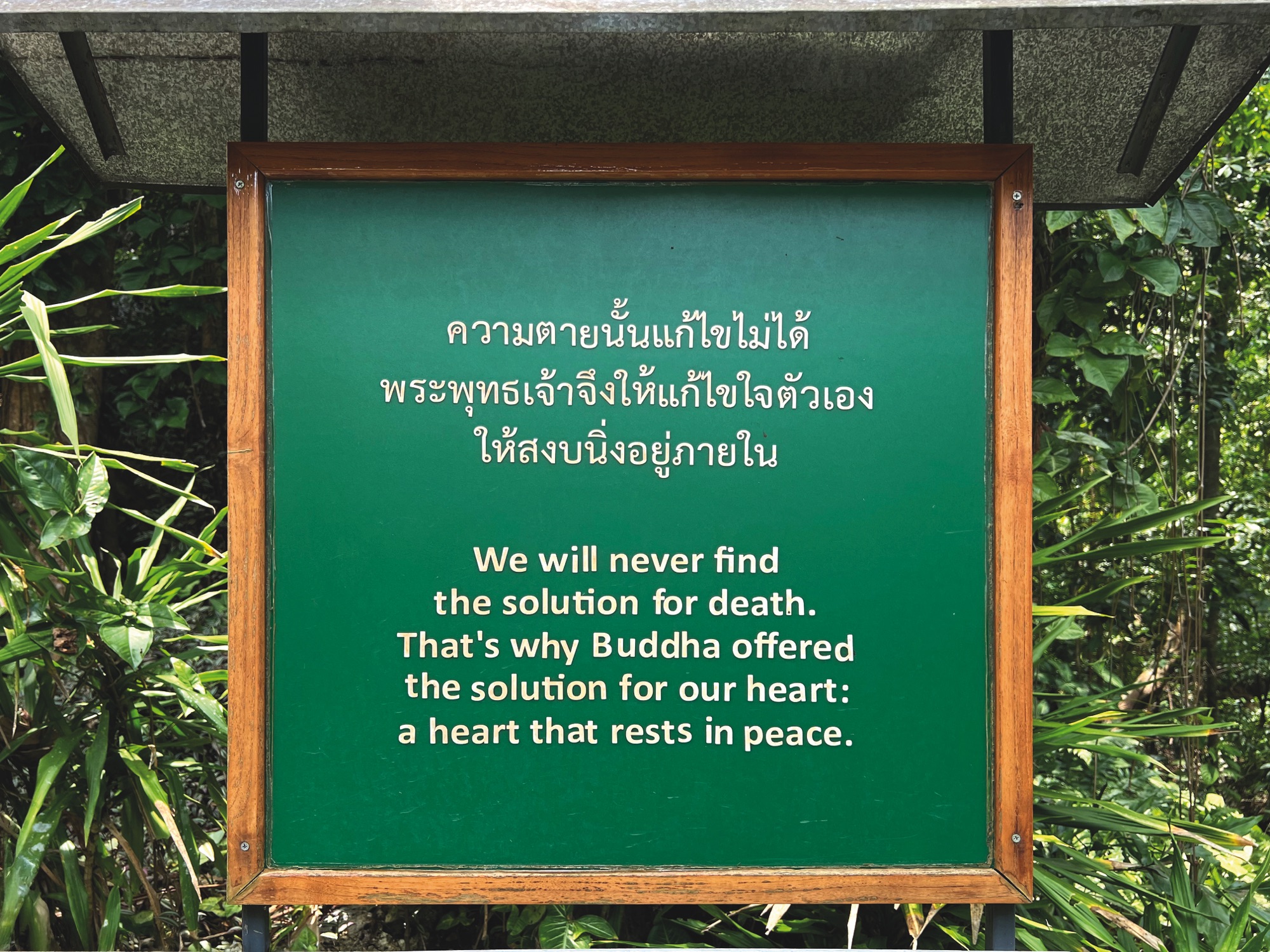
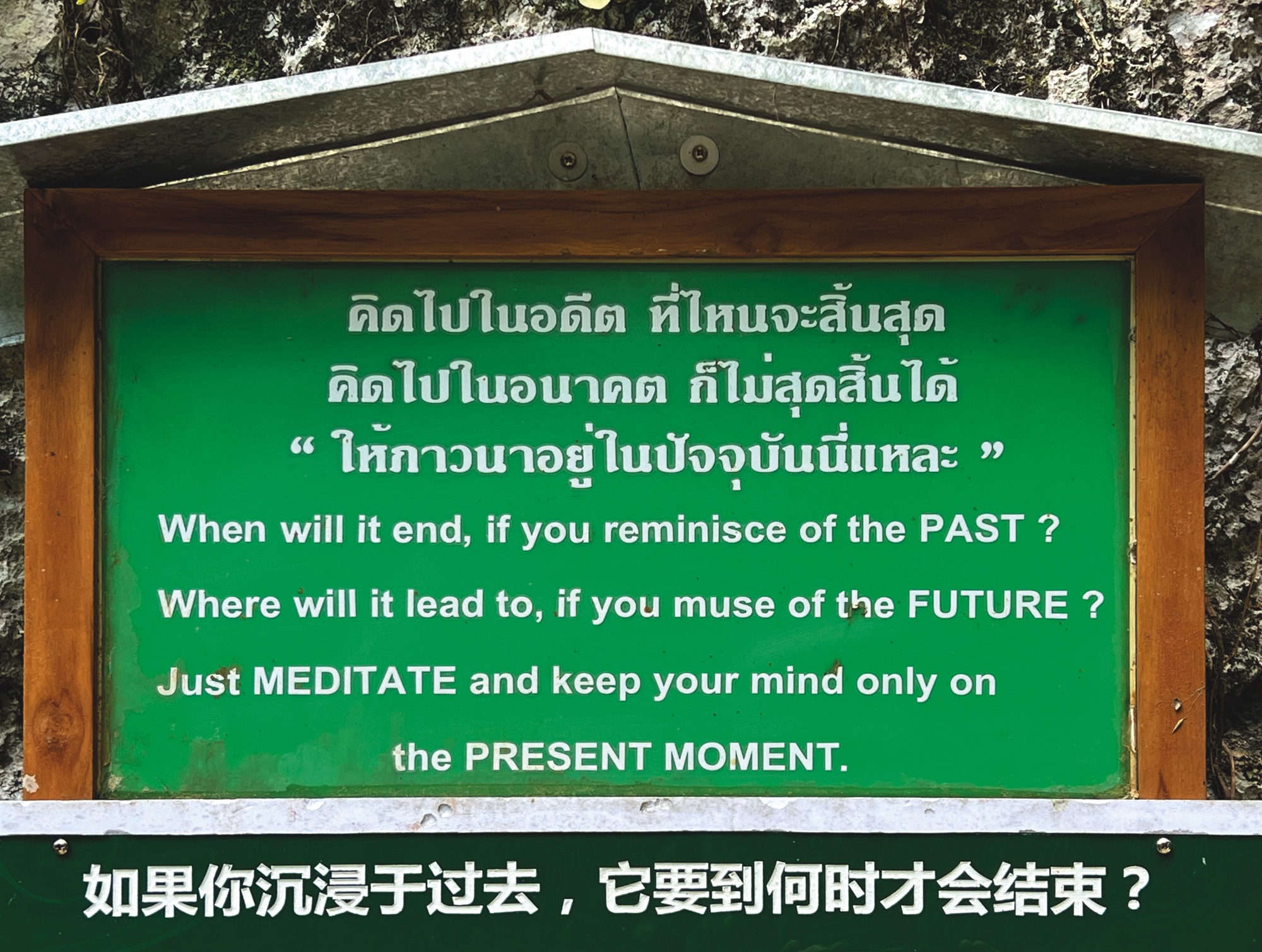
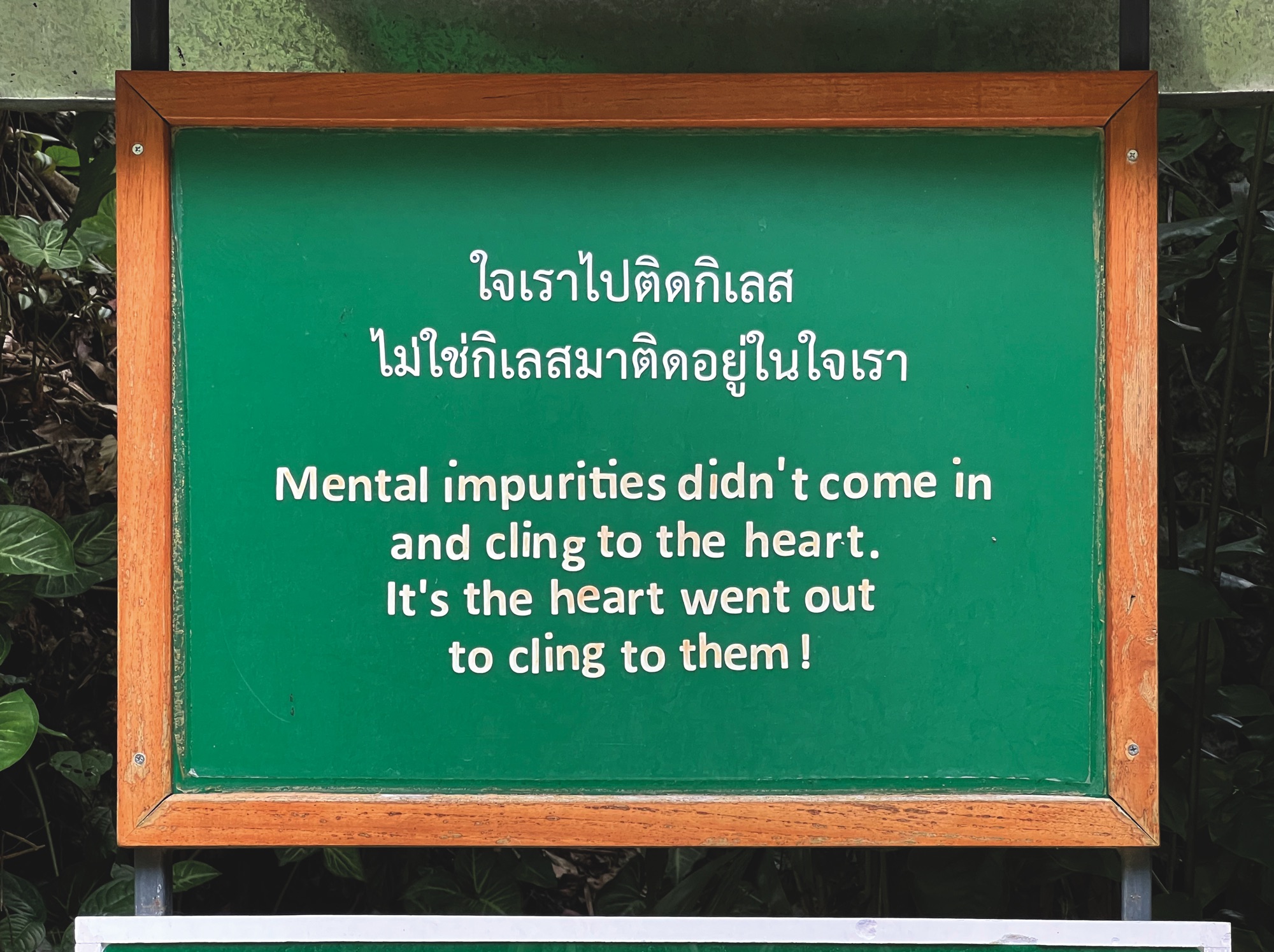
Wat Den Sali Si Mueang Kaen, วั ดเด่ นสะหลี ศรี เมื องแกน
This temple, also known as Wat Ban Den (วั ดบ้ านเด่ น), was our last stop for the day. It’s a stunning complex of temples, some of them newly built. It is a blend of traditional Lanna style and intricate modern craftsmanship.
The temple, formerly known as Wat Hri Bun Ruang, วั ดหรี บุ ญเรื อง was originally a small temple dating back over 500 years in a rural village. It underwent a remarkable transformation into a grand spiritual complex in 1894. In 1988, it was eventually rebuilt with donations from the local community and Buddhists from across Thailand. Among the most notable features is its collection of 12 stupas, each symbolising a different zodiac sign. This distinctive characteristic has made the temple a renowned pilgrimage destination for those seeking spiritual blessings and good fortune.
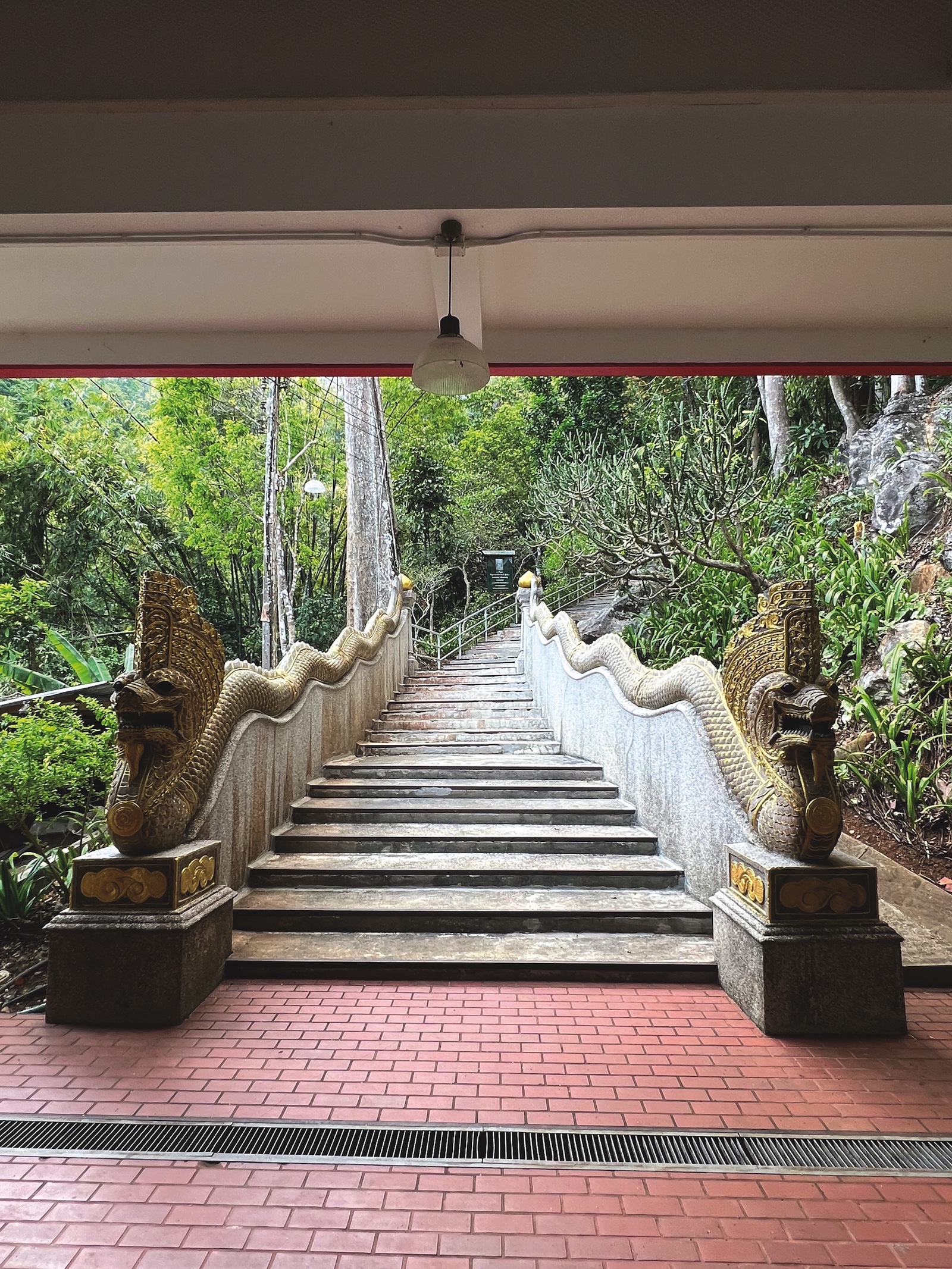
Wat Tham Pha Plong
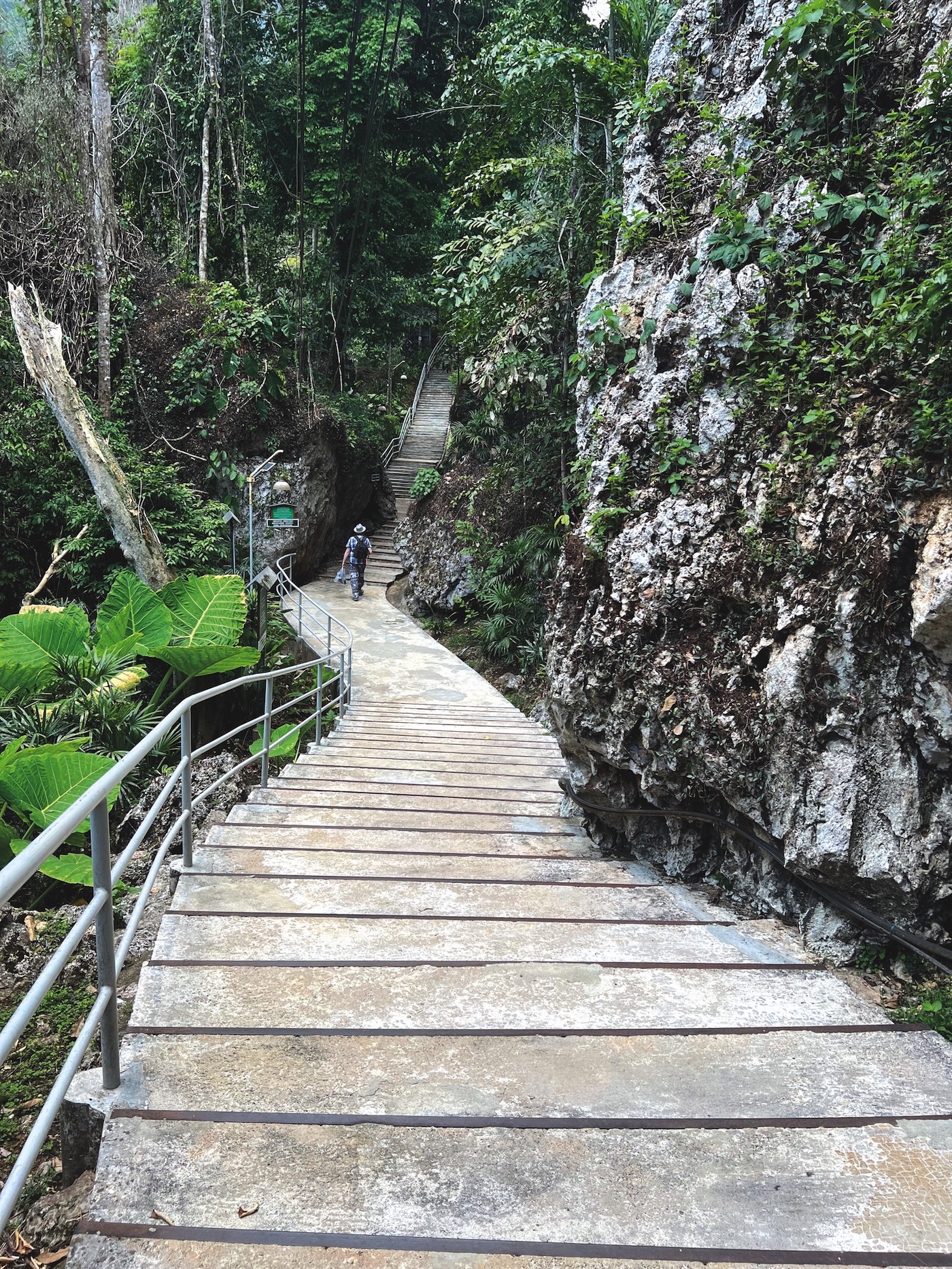
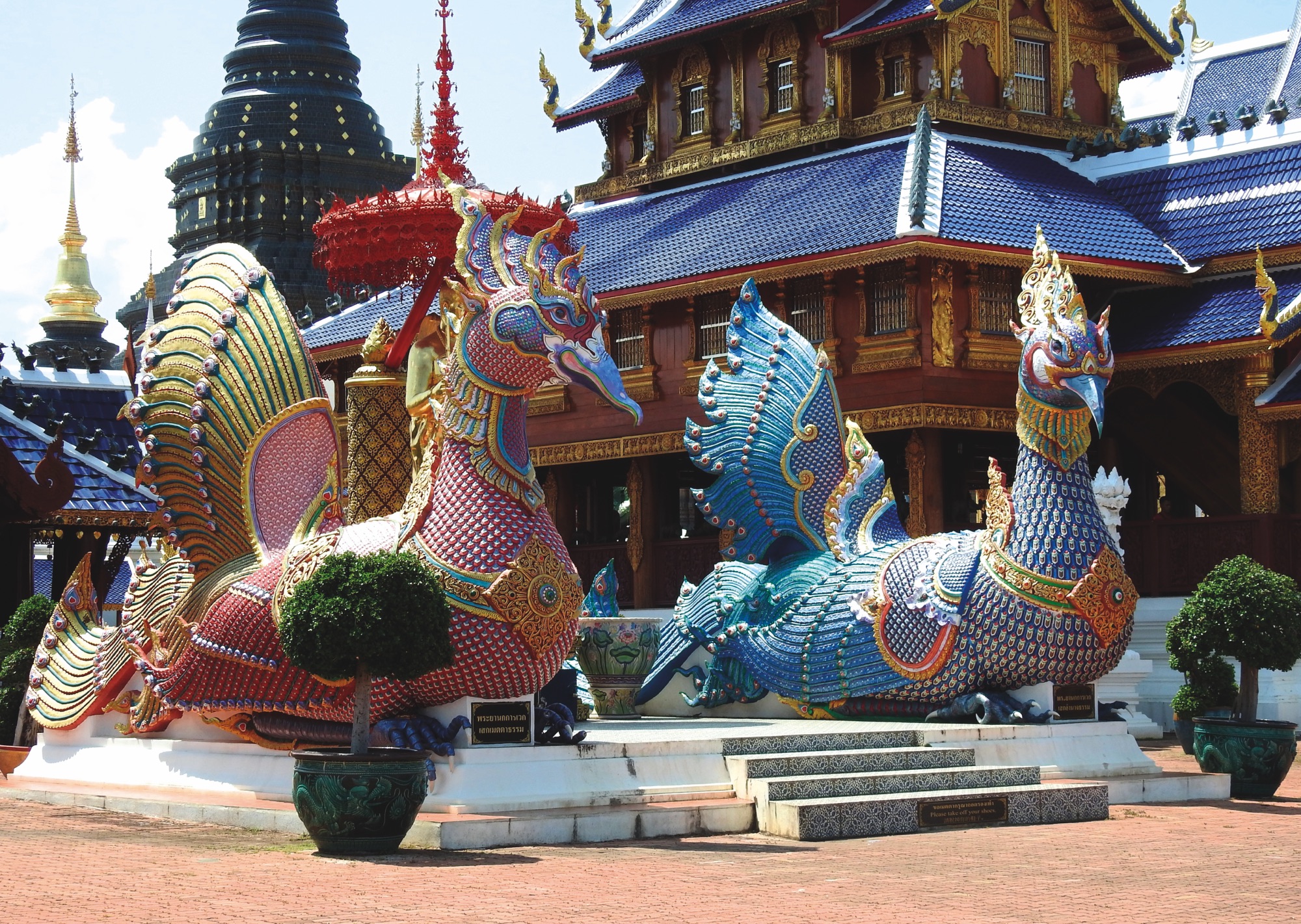
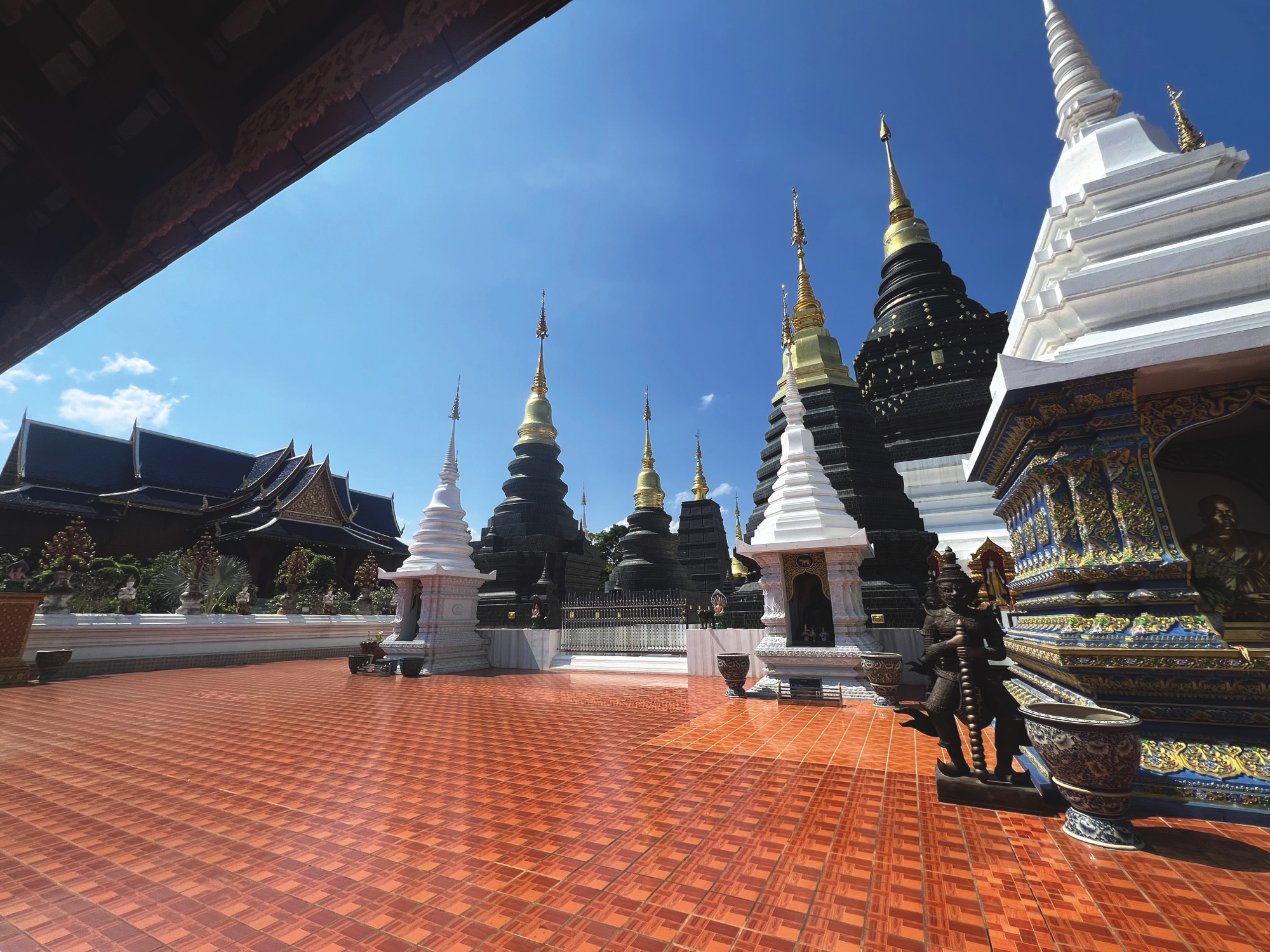
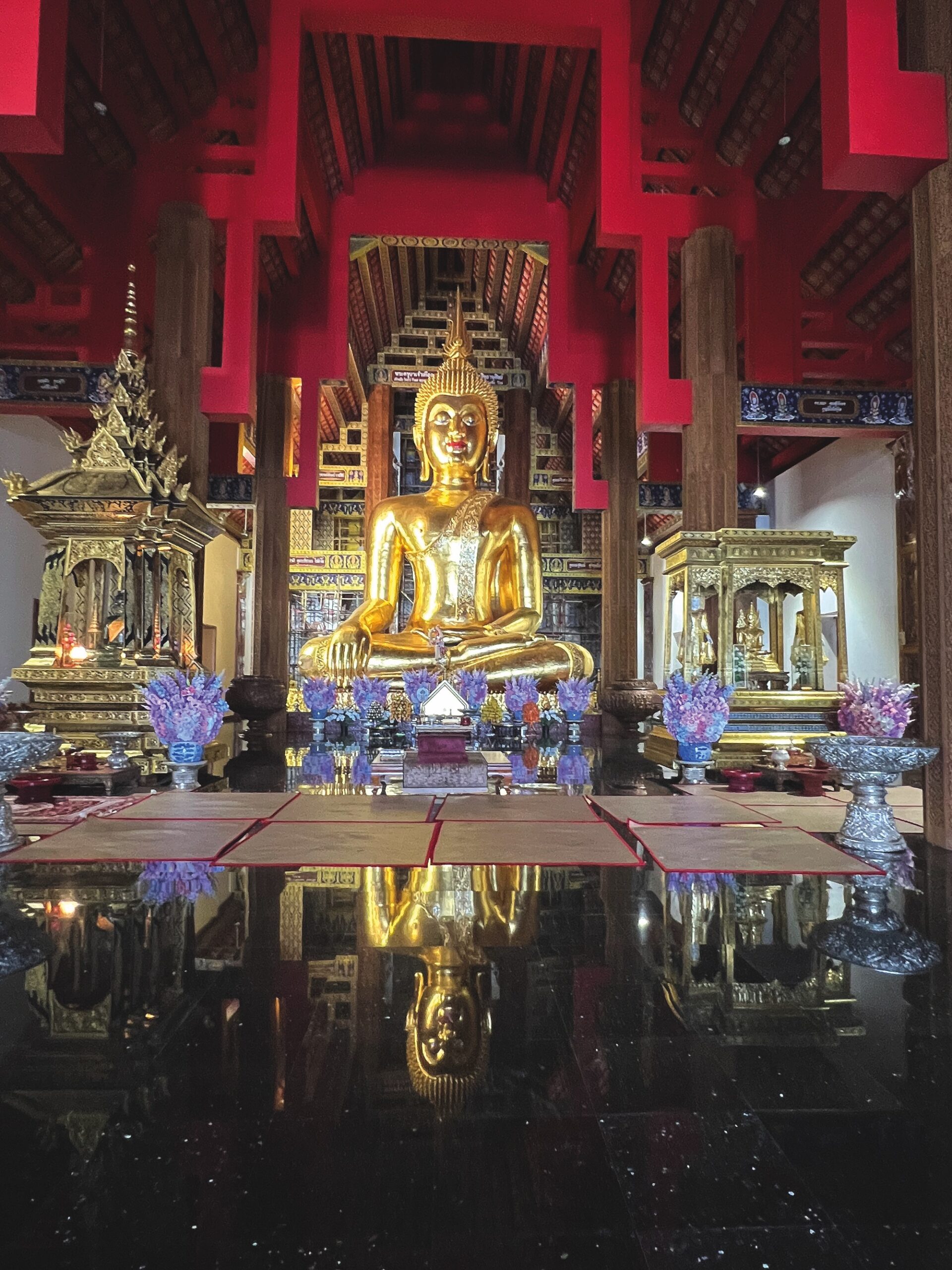
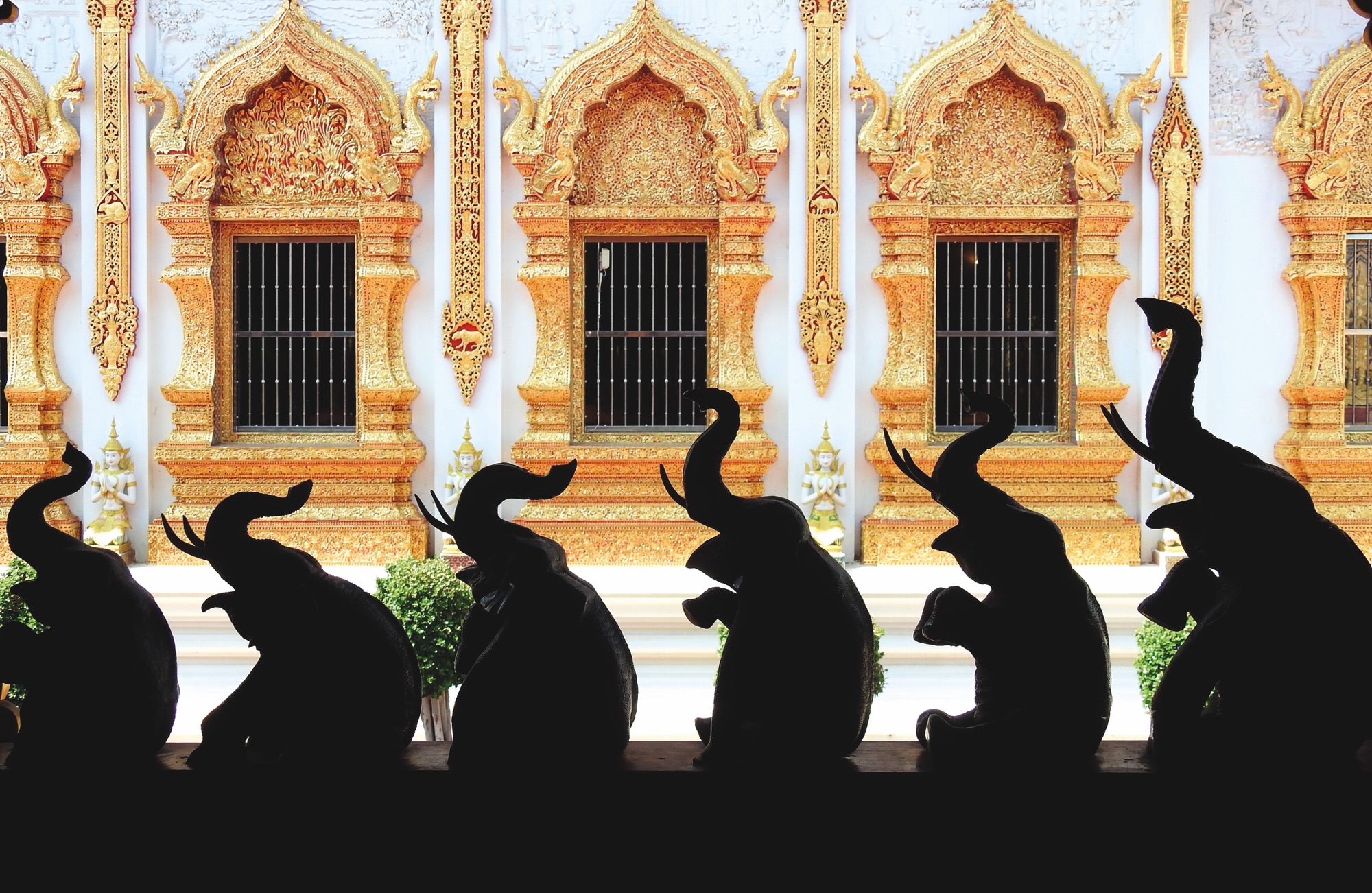
The Bai Orchid and Butterfly Farm
Would you enjoy a chance to witness the beauty of different types of orchids, as well as colourful butterflies? Then this place awaits you.
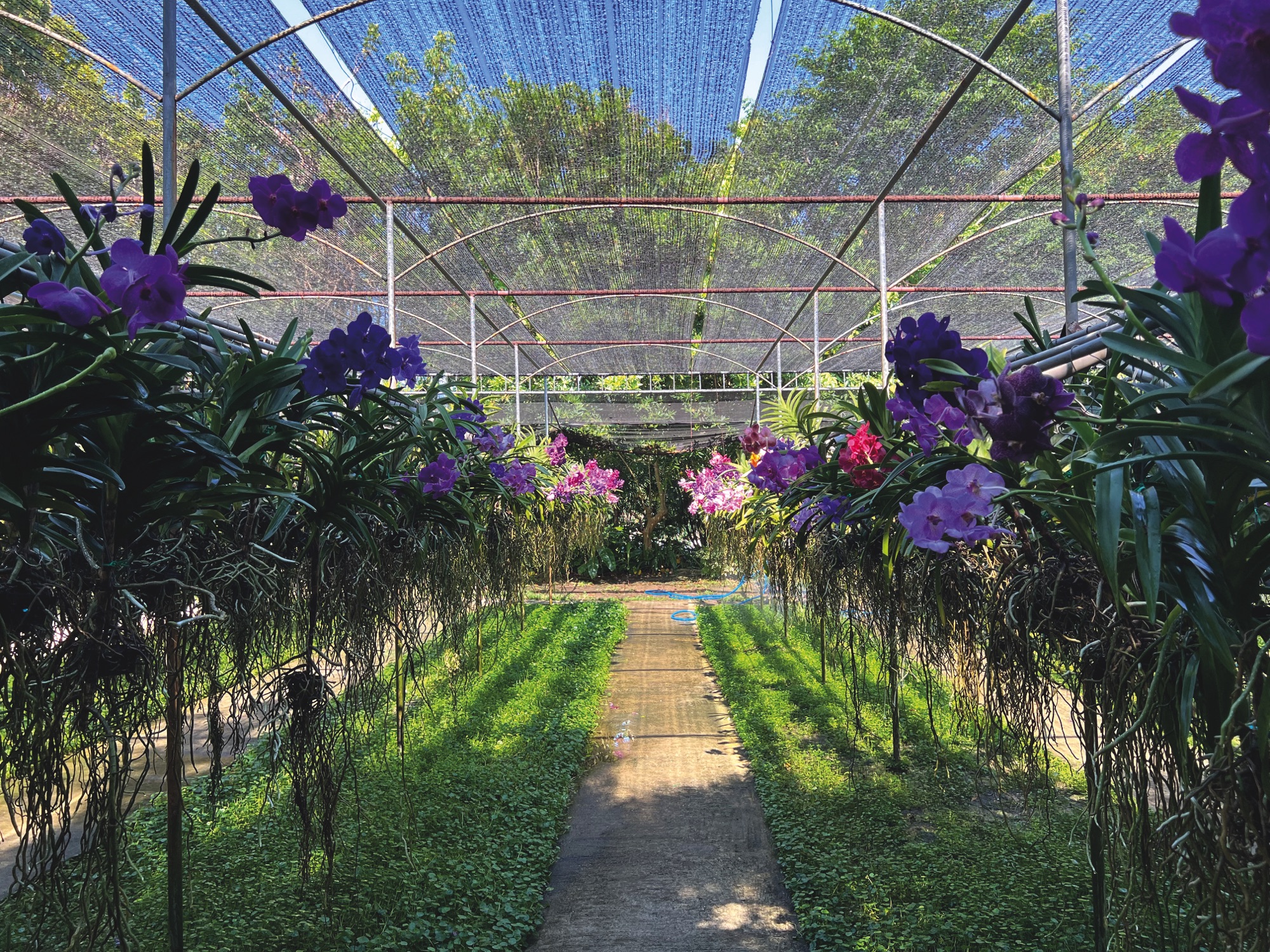
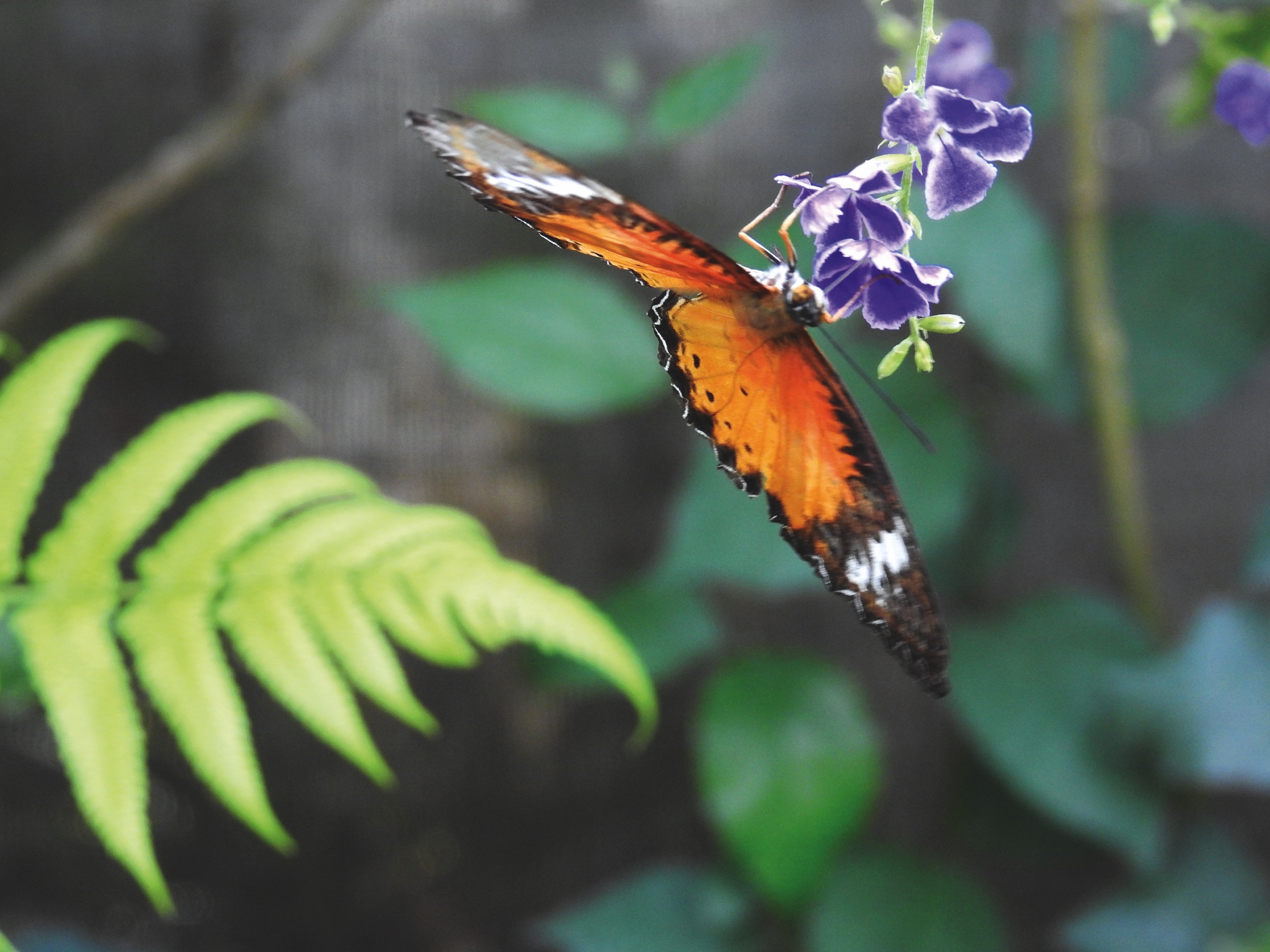
The Phor Liang Meun Terracotta Arts Hotel
In the late afternoon, we arrived at our Chiang Mai hotel, where we would stay for a few days. It’s a new hotel with a typical Thai charm, located in the old city. We enjoyed a nice room with pool access, friendly staff, and a very tasty breakfast. It’s a walking distance to the night Bazaar, which is worth visiting – especially on weekends.
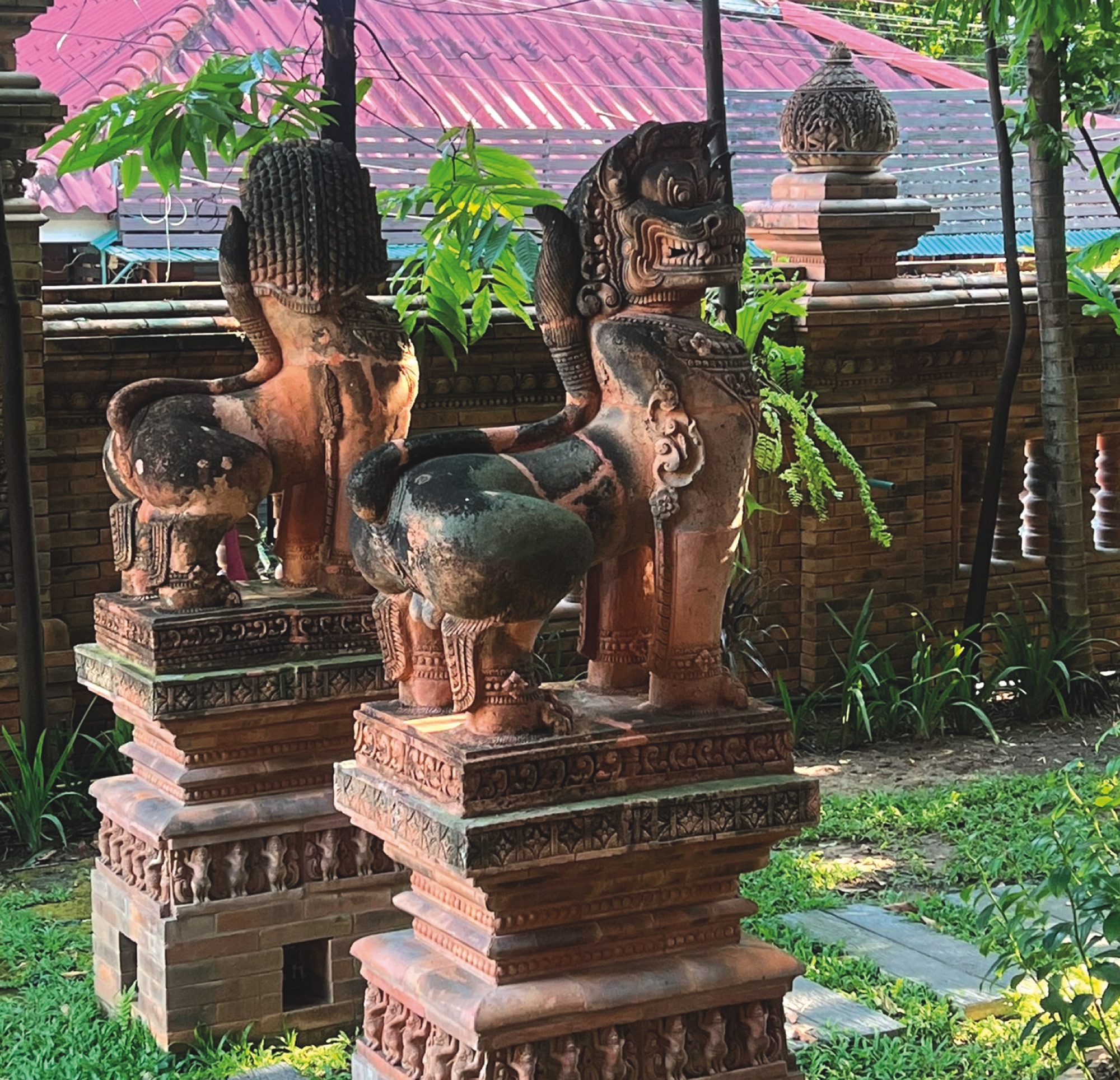
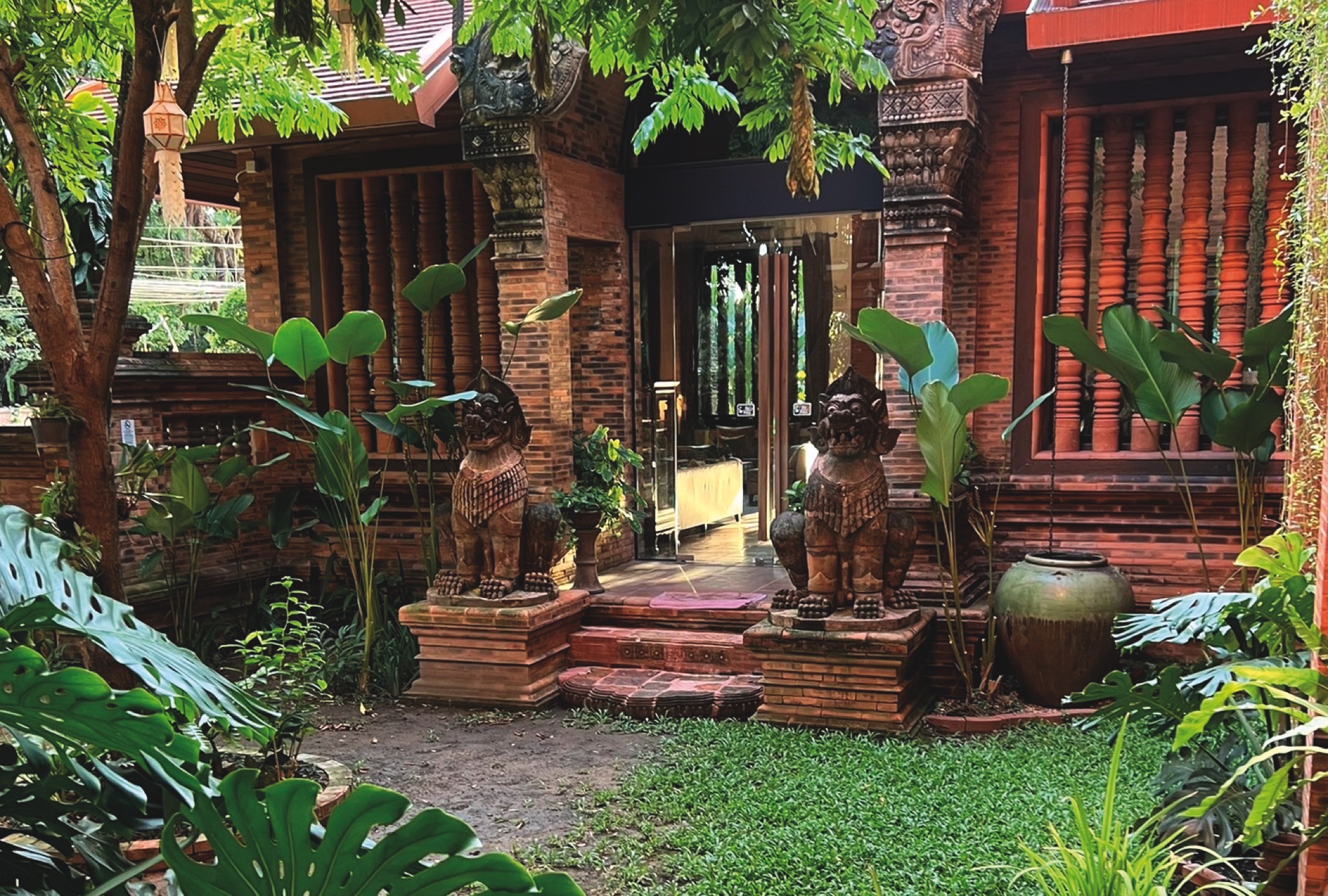
The Always Thaifood Restaurant
After resting a bit, we started to explore the old city. That day, they were having a big celebration, with hundreds of dancers surrounding the old city. There were many restaurants around, of all kinds, from pizza to Thai. We love Thai food, and are always trying to find traditional Thai restaurants. A small place at the corner attracted our attention – Always Thaifood. With so many options on the menu, it was difficult to choose. Delicious food, with a local beer or a Thai cocktail – this restaurant became our dinner place for all four evenings we spent in Chiang Mai.
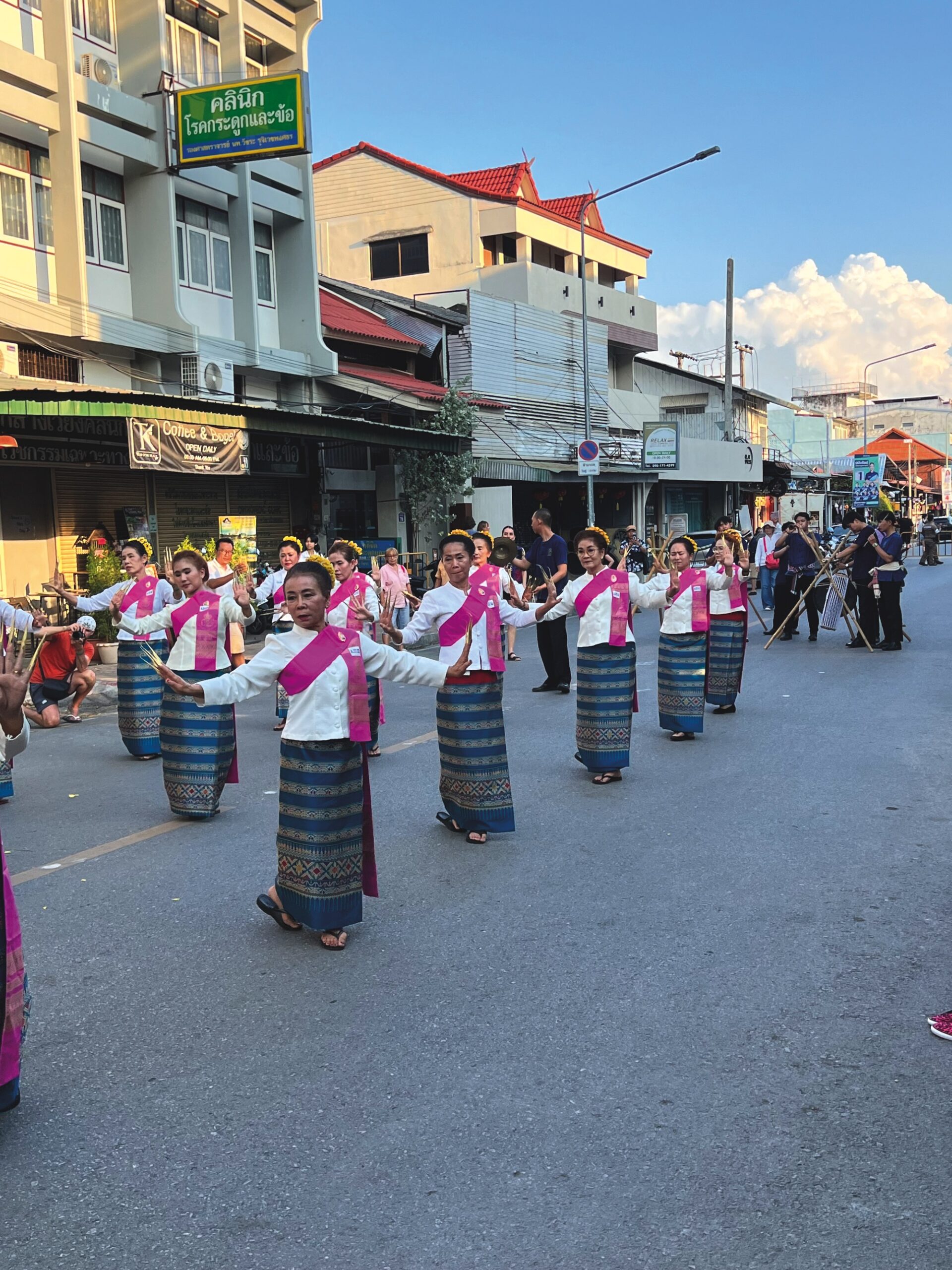
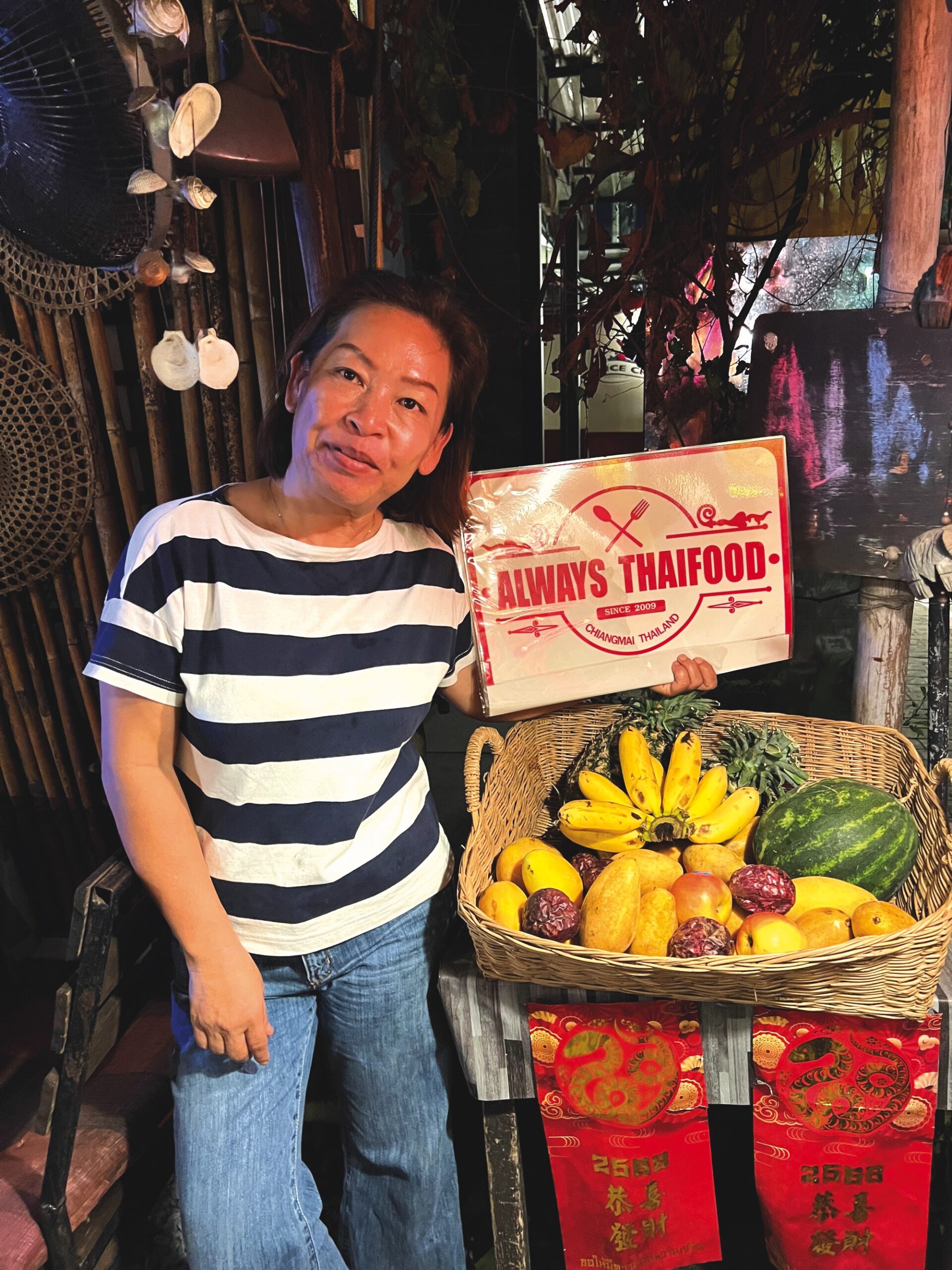
The first full day in Chiang Mai was “CHIANG MAI LANNA TEMPLES FRENZY”
Wat Phra Singh Woramahaviharn, วั ดพระสิ งห์ วรมหาวิ หาร
The first-class Royal temple is located in the western part of the old city centre of Chiang Mai, inside the city walls and moat. Construction began in 1345 under King Phayu, the fifth king of the Mangrai dynasty.
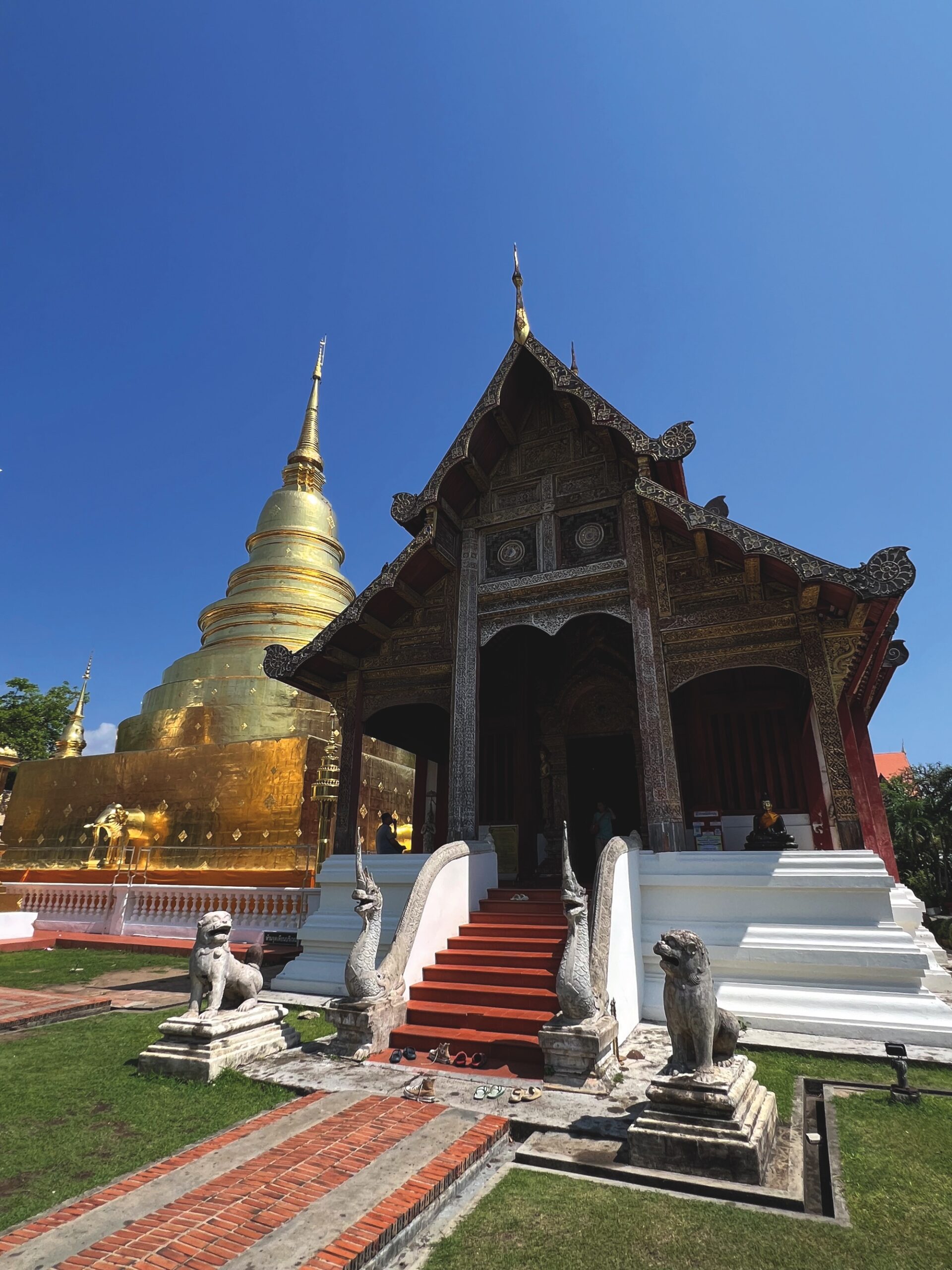
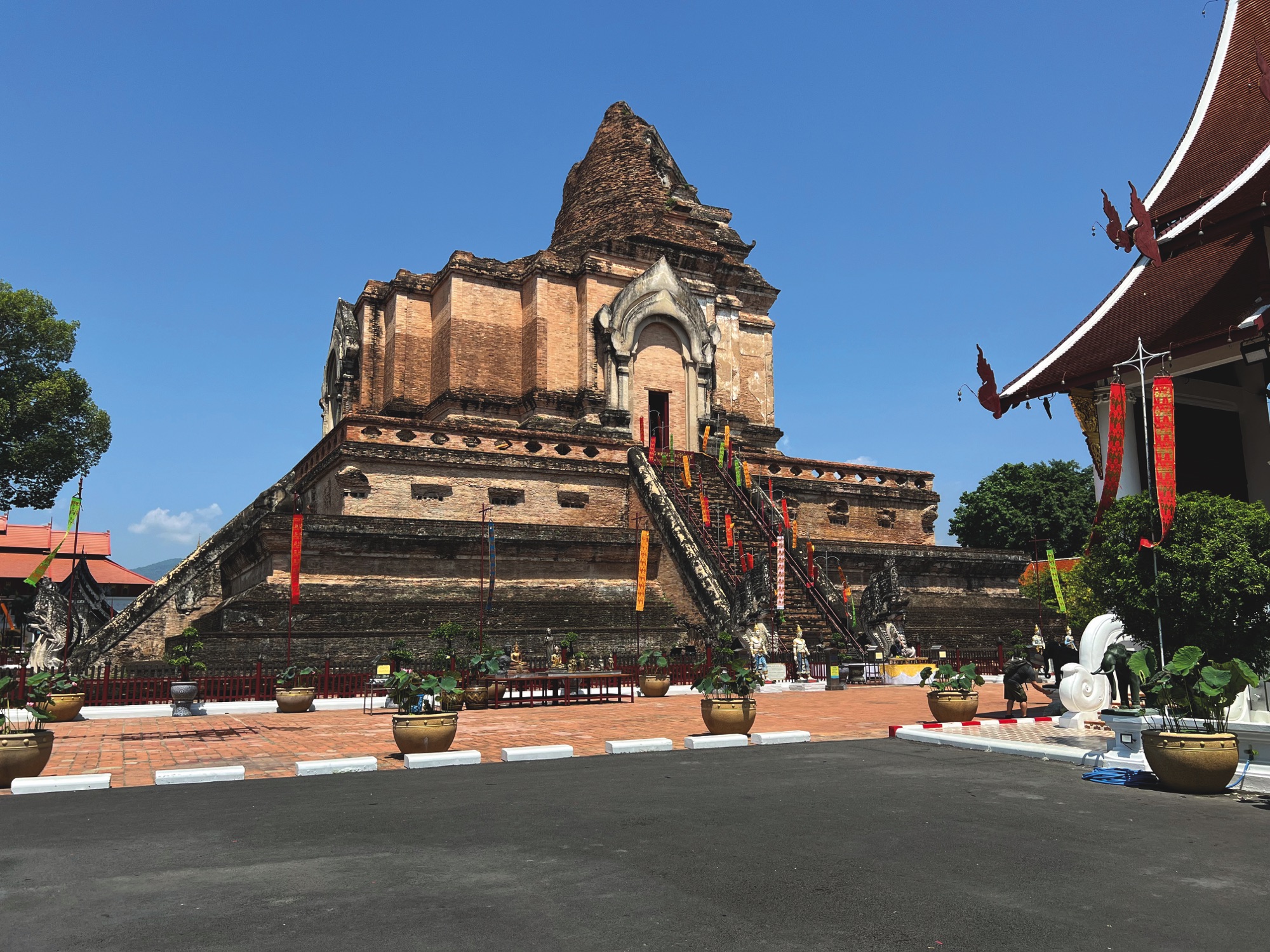
Wat Chedi Luang, วั ดเจดี ย์ หลวงวรวิ หาร
Also known as the temple of the big stupa or the temple of the royal stupa. The current temple grounds were originally made up of three temples.
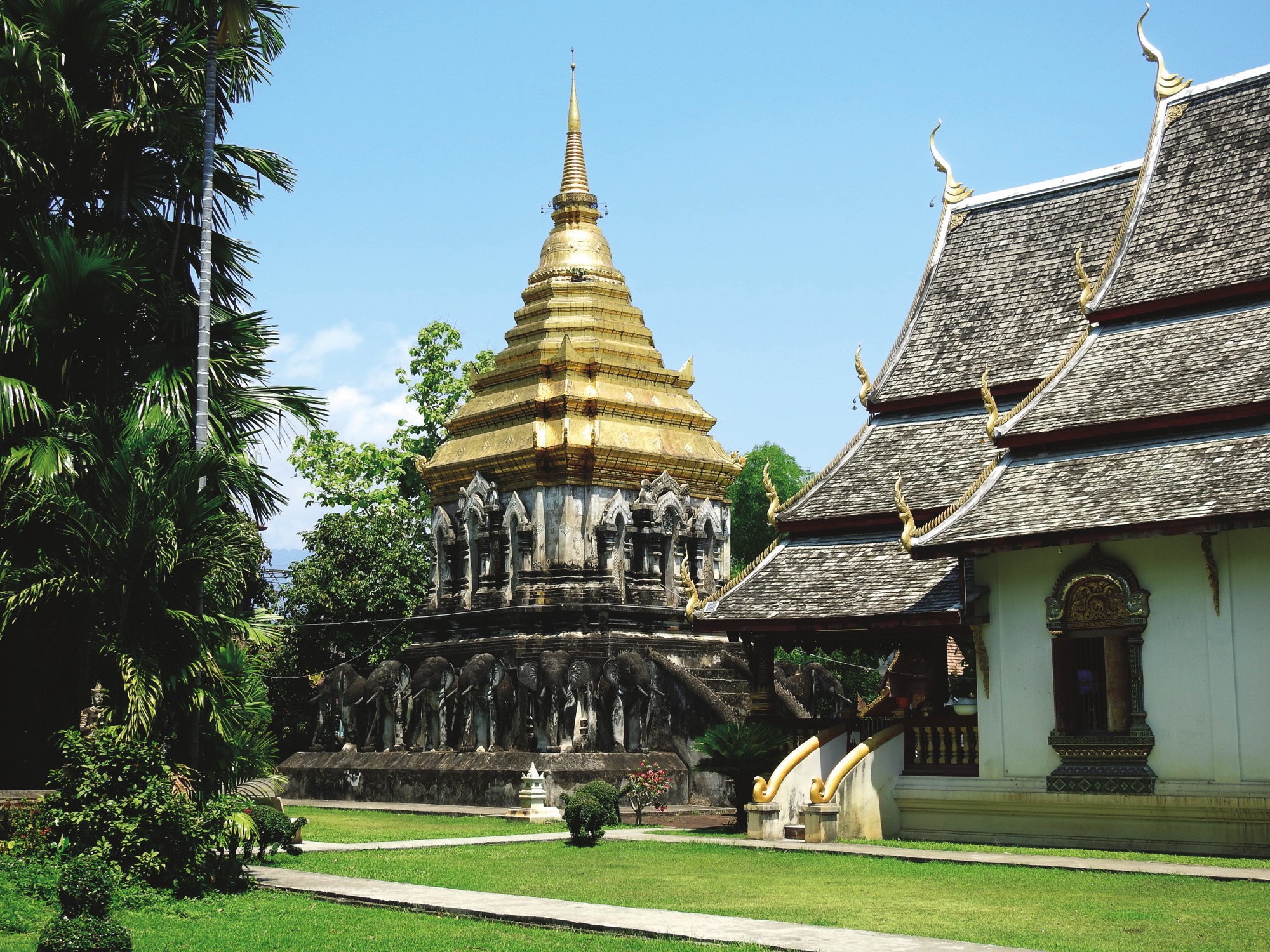
Wat Chiang Man, There are Phra Setangkamani
(White Buddha) and Phra Sila, which is a Buddha image in the posture of subduing the elephant Nalagiri, enshrined in the temple.
Wat Saen Fang, วั ดแสนฝาง
The temple was founded in the 1500s, but all extant structures date back to the 1800s or later. The viharn of Wat Saen Fang previously served as the royal residence in the 1860s and was converted into a viharn by 1878. The temple is noted for its Burmese-style chedi, which is gilded with a glass mosaic.
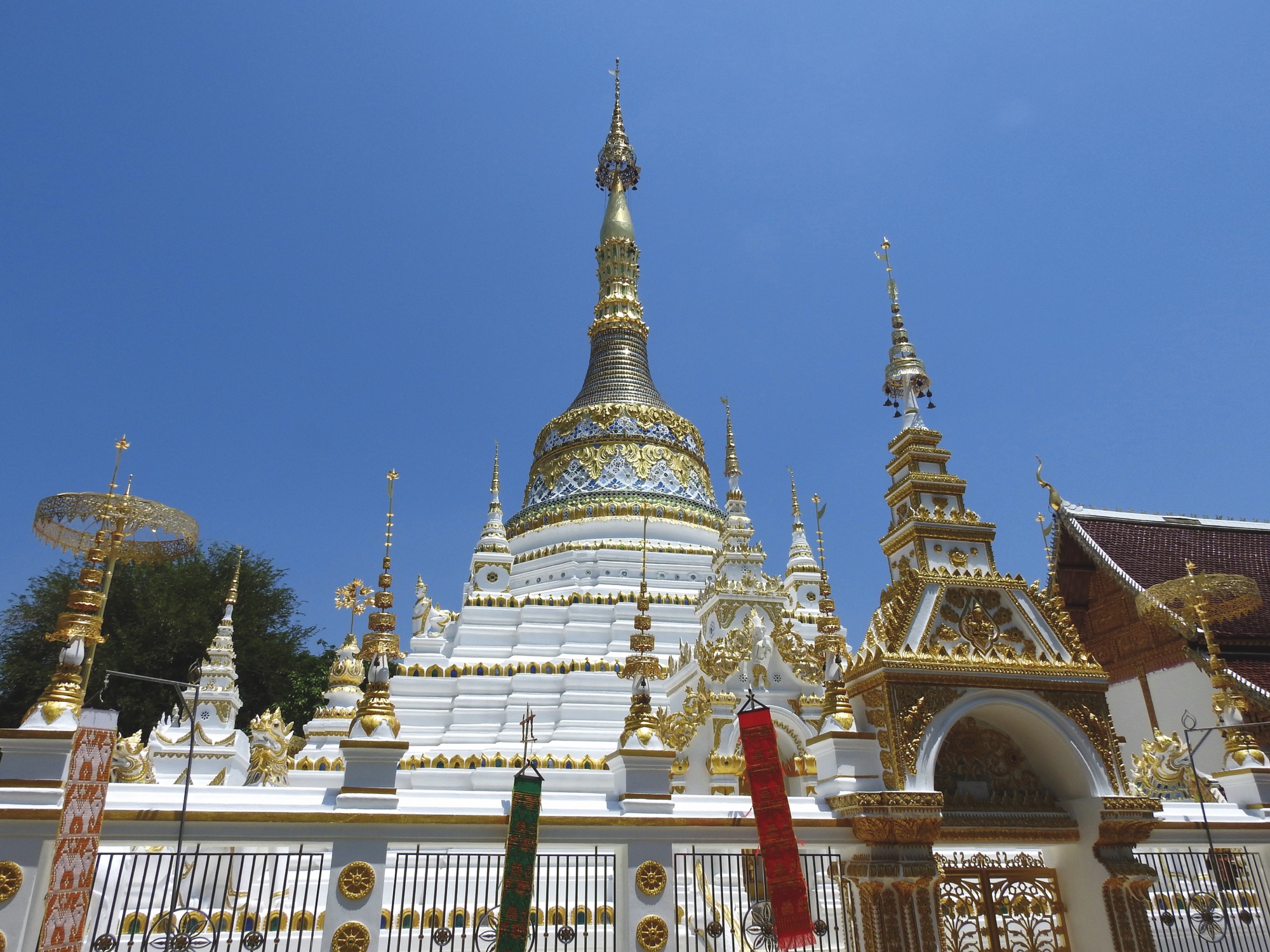
Wat Buppharam, วั ดบุ พพาราม เชี ยงใหม่
Founded in 1497 by King Mueang Kaeo, this temple was where Kawila began a ritual circumambulation of Chiang Mai to reoccupy it after two centuries of Burmese rule. Most of the temple buildings date to the late 1800s. The temple is known for its Burmese-style chedi.
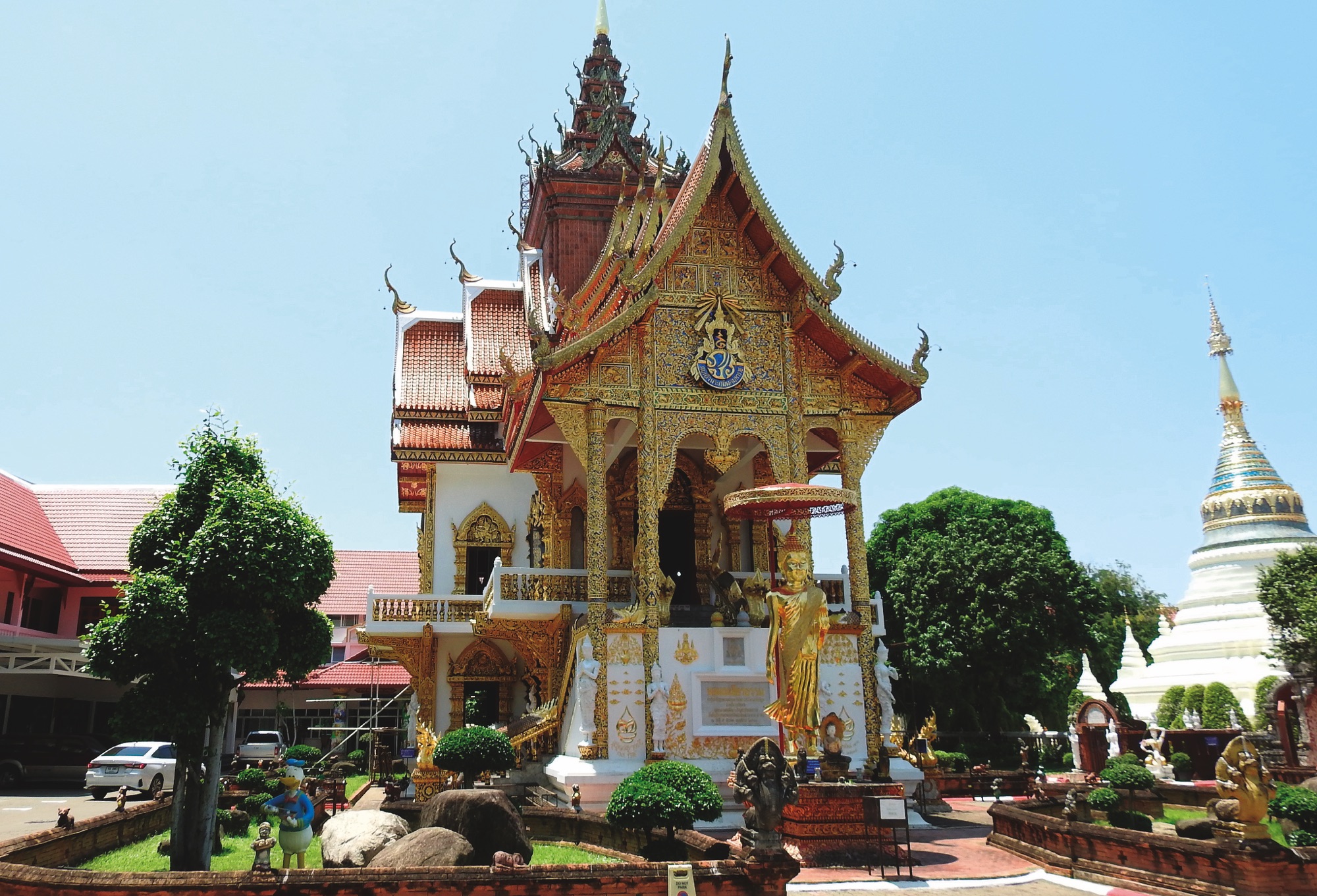
Wat Phrathat Doi Kham, วัดพระธ“ตุดอยค”
An important temple, built in 1230 during the reign of Queen Chamadevi of Hariphunchai, by her two sons. It consists of a stupa containing the relics of the Lord Buddha, a sermon hall, monks’ residences, and a stucco Buddha image. It was originally called Wat Suwannabanpot, but the locals call it Wat Doi Kham.
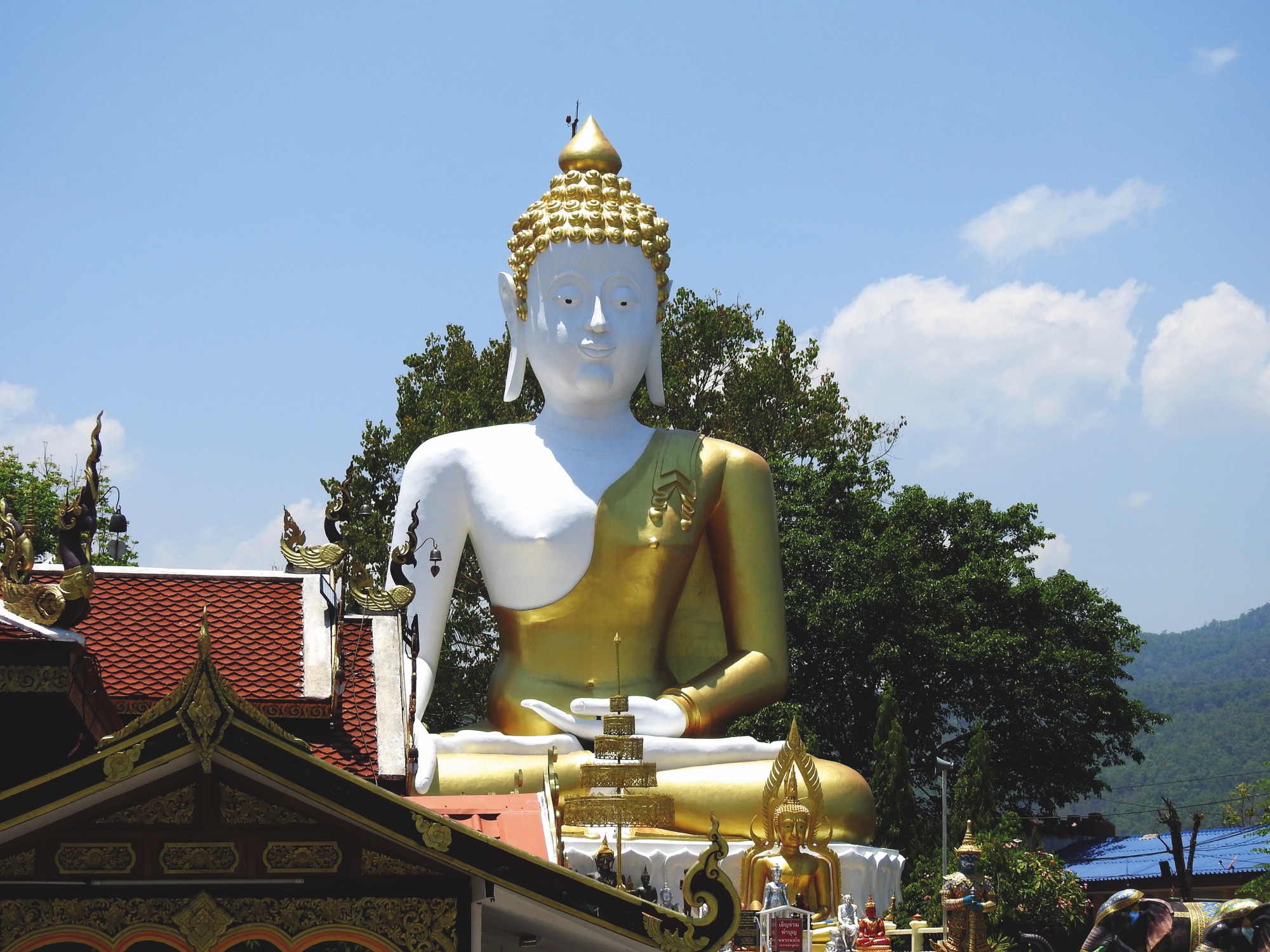
Royal Pavilion, หอค”หลวง
This temple and its gardens were built as part of the Royal Flora Ratchapruek in 2006. It uses a local Lanna architectural style under the concept that “His Majesty the King is the heart and soul of all Thai people.” The Ho Kham Luang building is a two-story, half-concrete, half-wood building. The upper part is a pavilion, while the lower part is a multi-purpose building. It is one of the filming locations for the television drama “Fire of the Queen”, which was broadcast and became popular in early 2017.
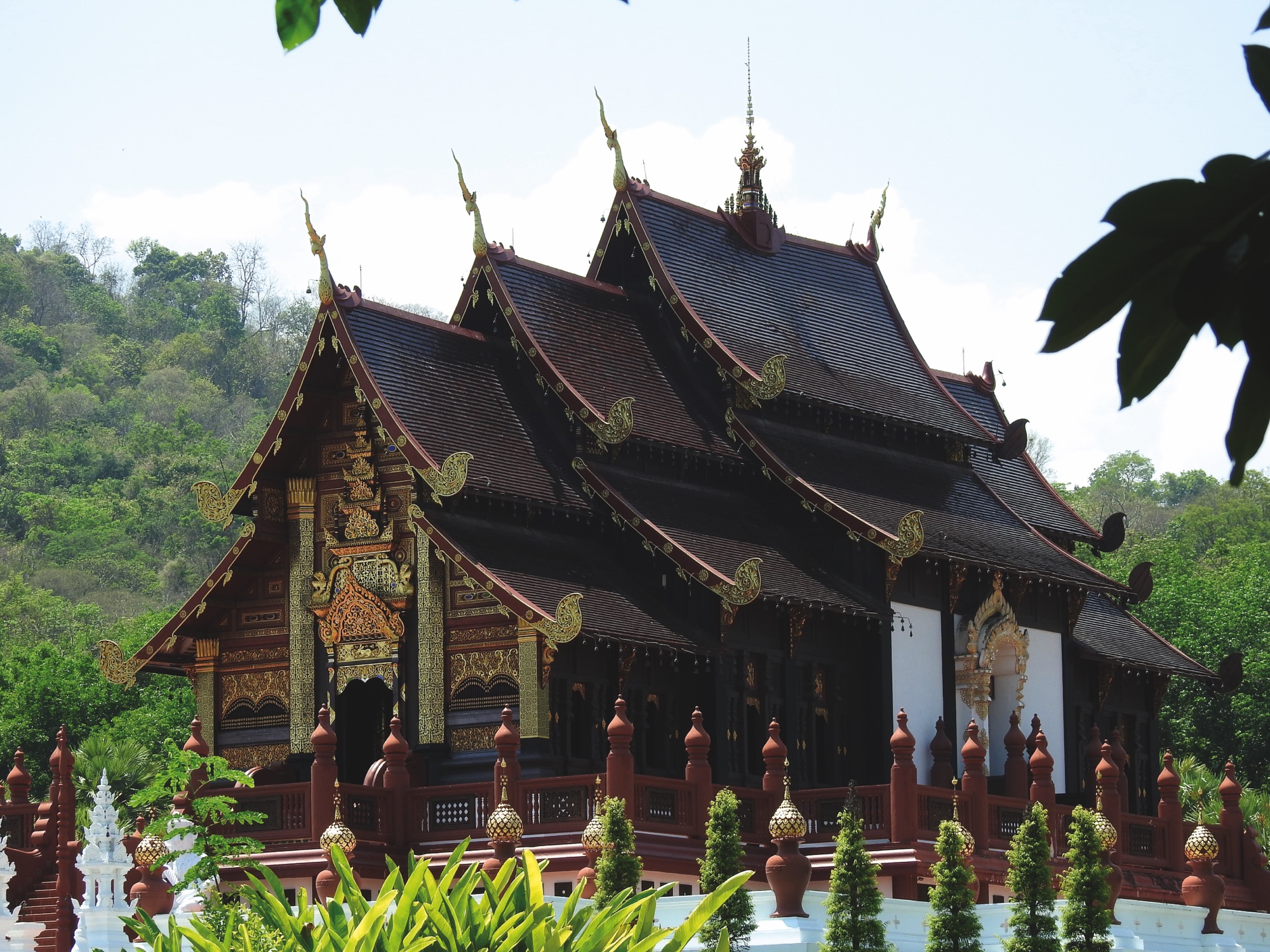
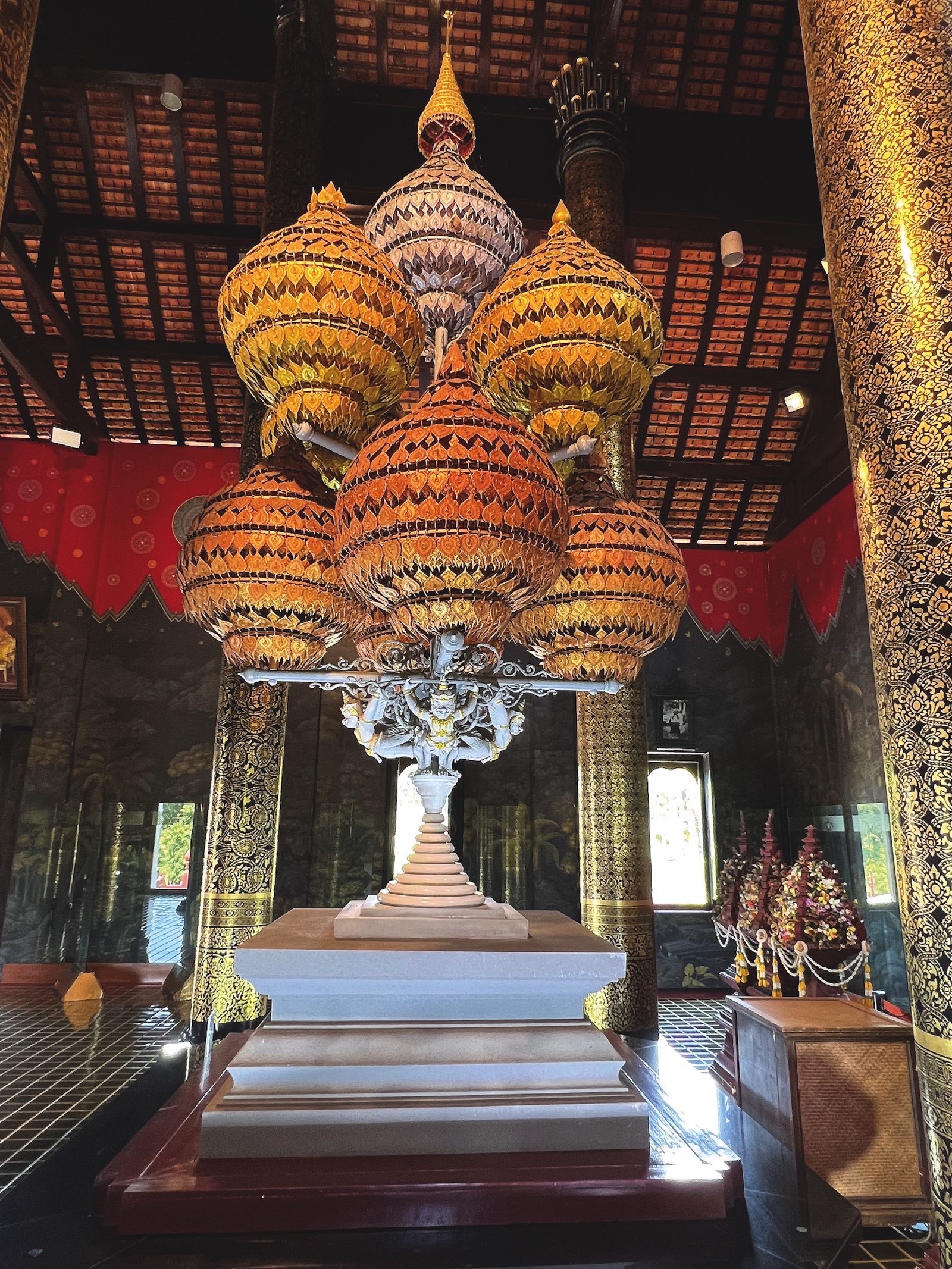
Wat Pha Lat, วั ดผาลาด
A hidden temple nestled in the jungle. It was a resting place for monks during their pilgrimage.
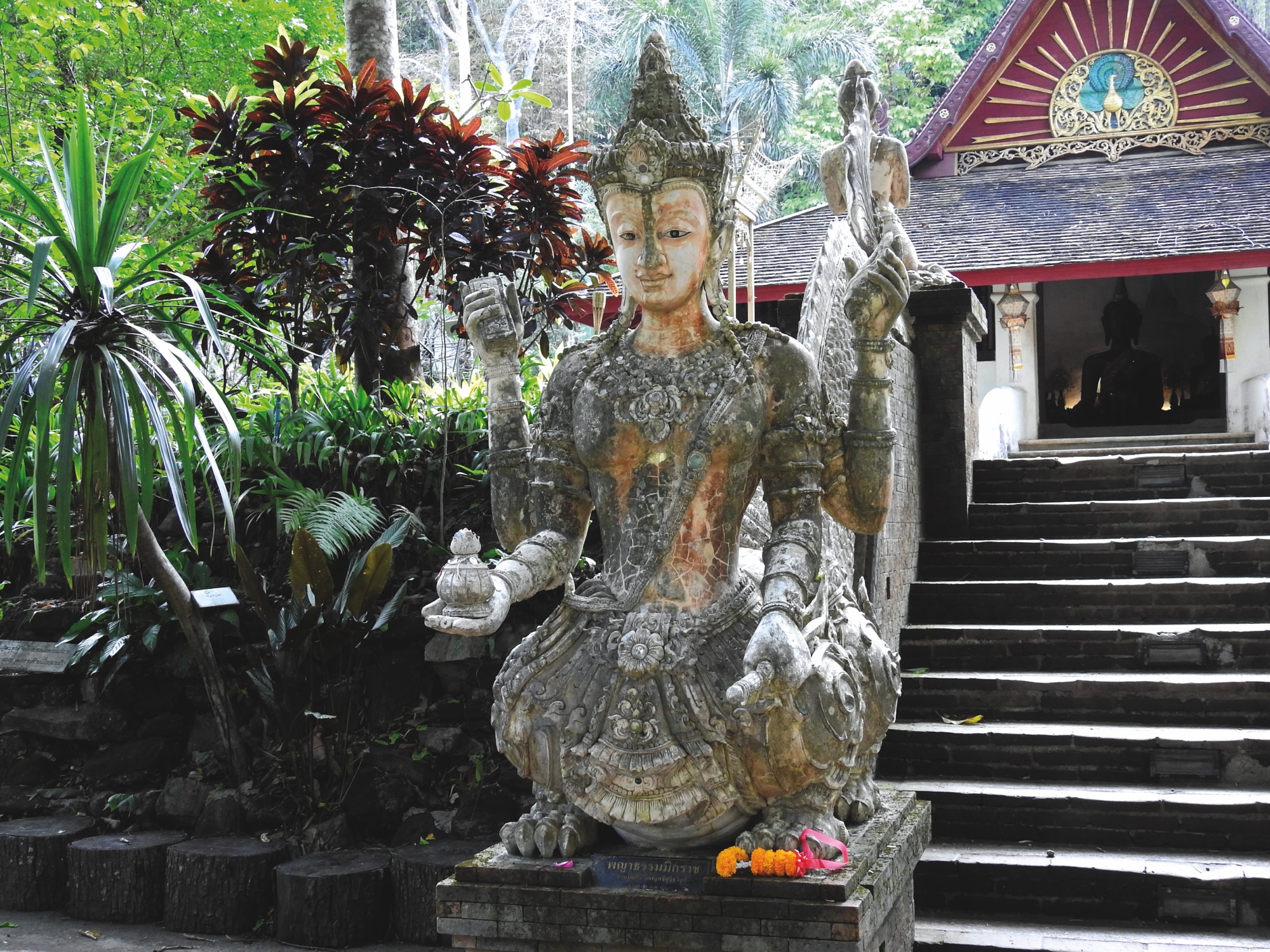
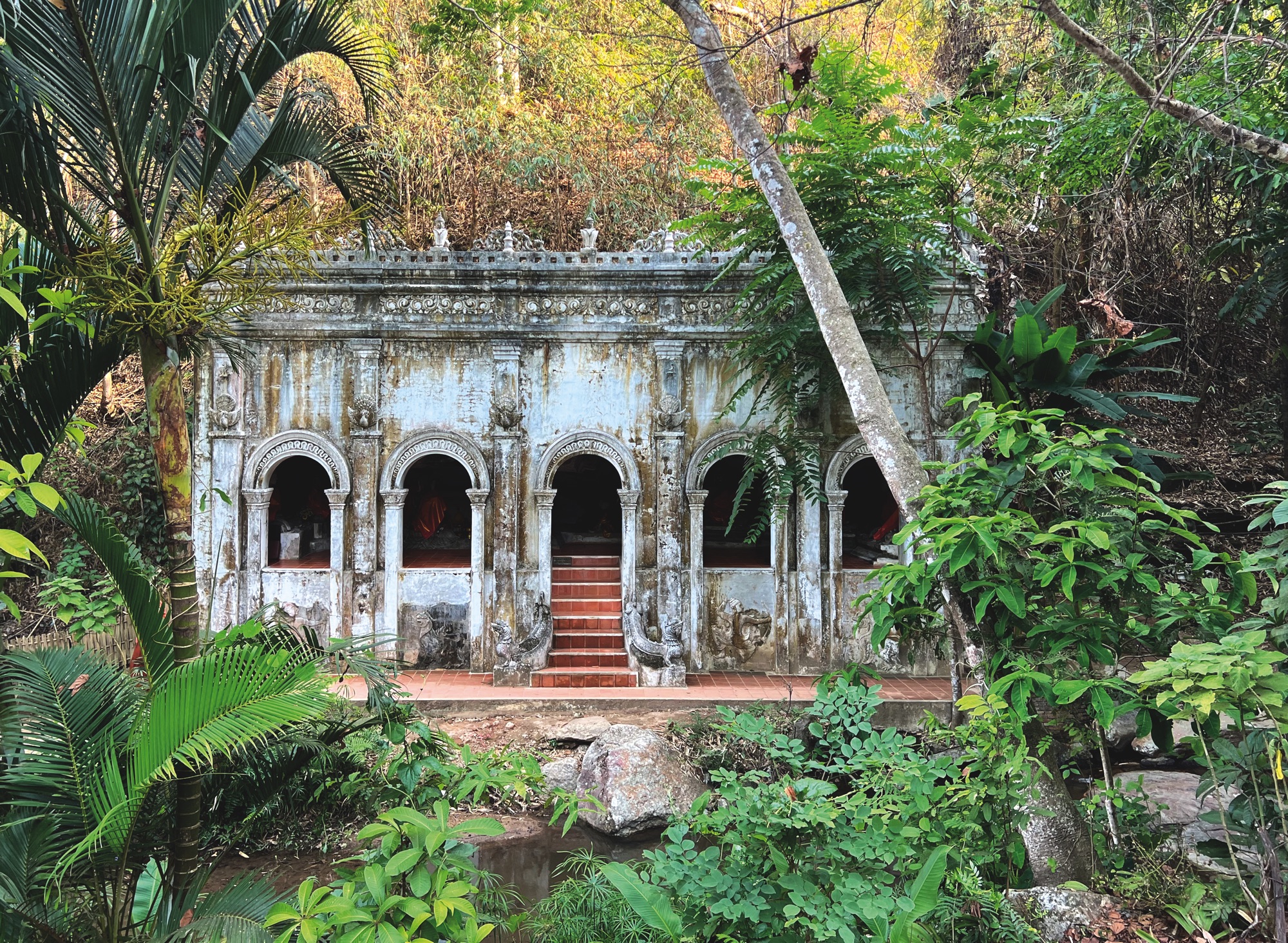
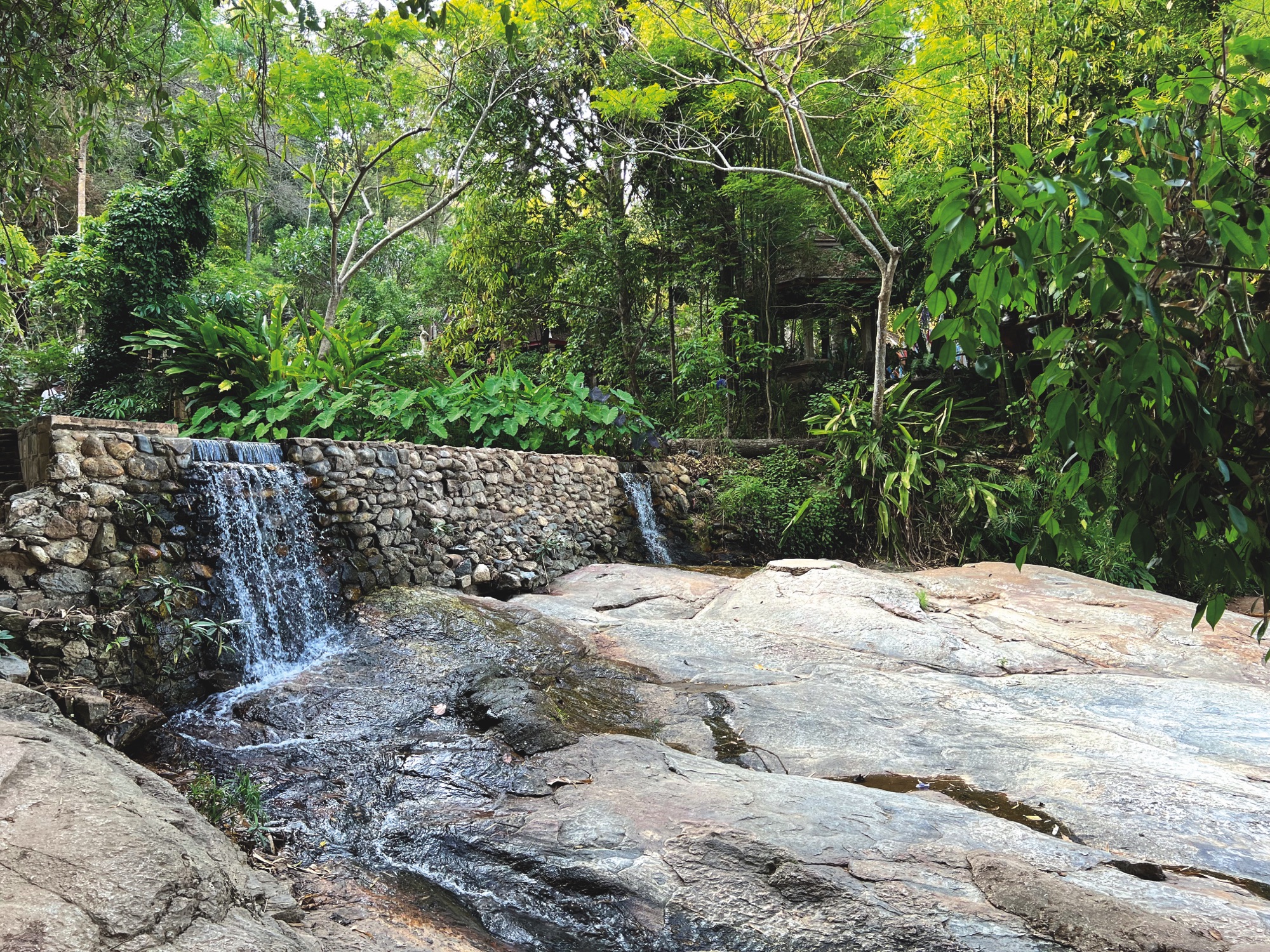
Naga Staircase – Wat Phra That Doi Suthep, วั ดพระธาตุ ดอยสุ เทพราชวรวิ หาร
The original founding of the temple remains a legend. There are a few varied versions. The temple is said to have been founded in 1383 when the first Stupa was built. Over time, the temple was expanded and been made to look more extravagant, with many more holy shrines added. A road to the temple was first built in 1935. Beautiful panoramic views of Chiang Mai can be seen from the temple. You can climb 309 steps to reach the pagodas, or take a funicular. The original gold-plated chedi is the most holy area of the temple. There is a model of the Emerald Buddha, and a statue of the Hindu God Ganesh. Here, you can find aspects of the wat drawn from both Buddhism and Hinduism.
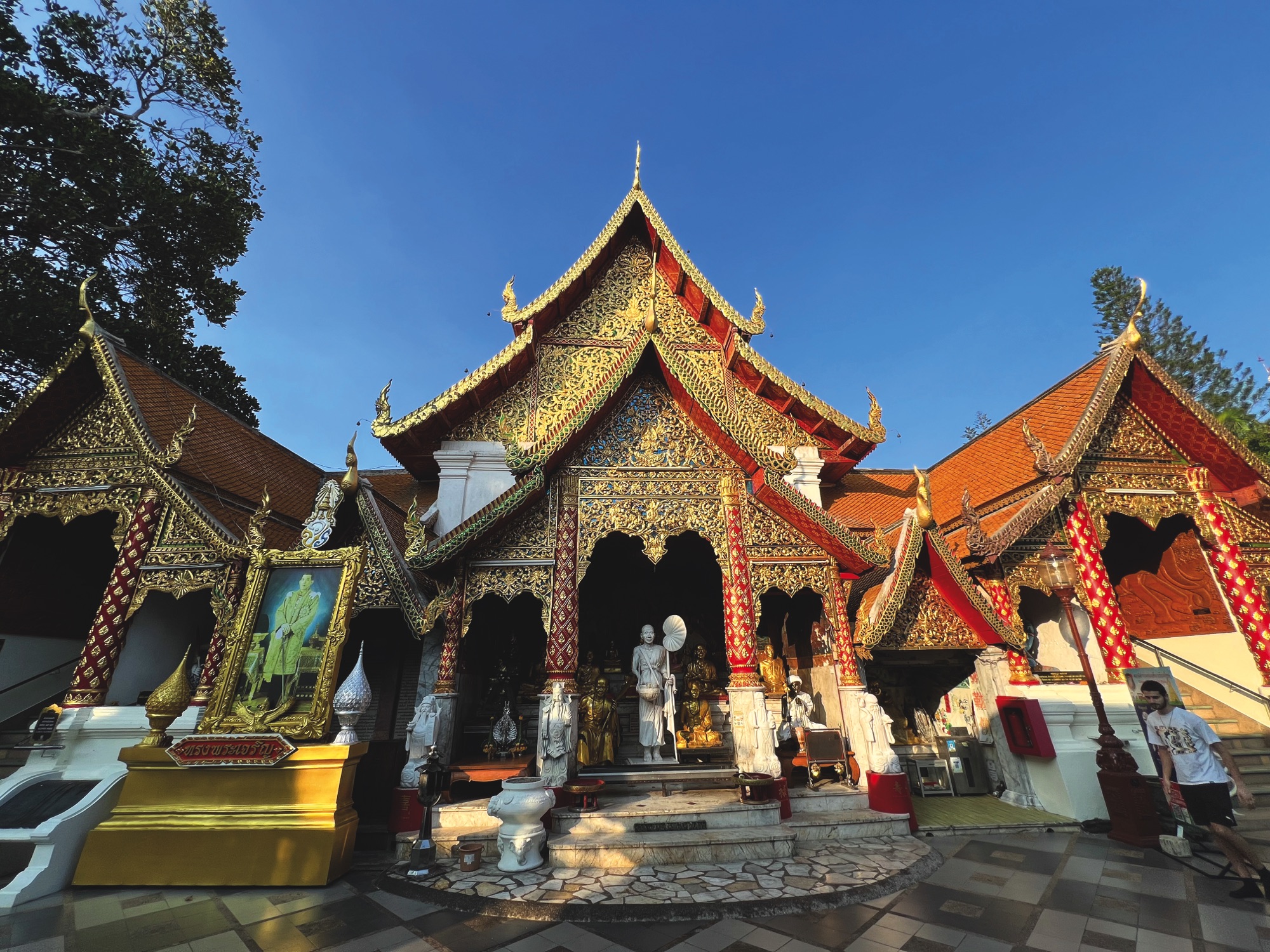
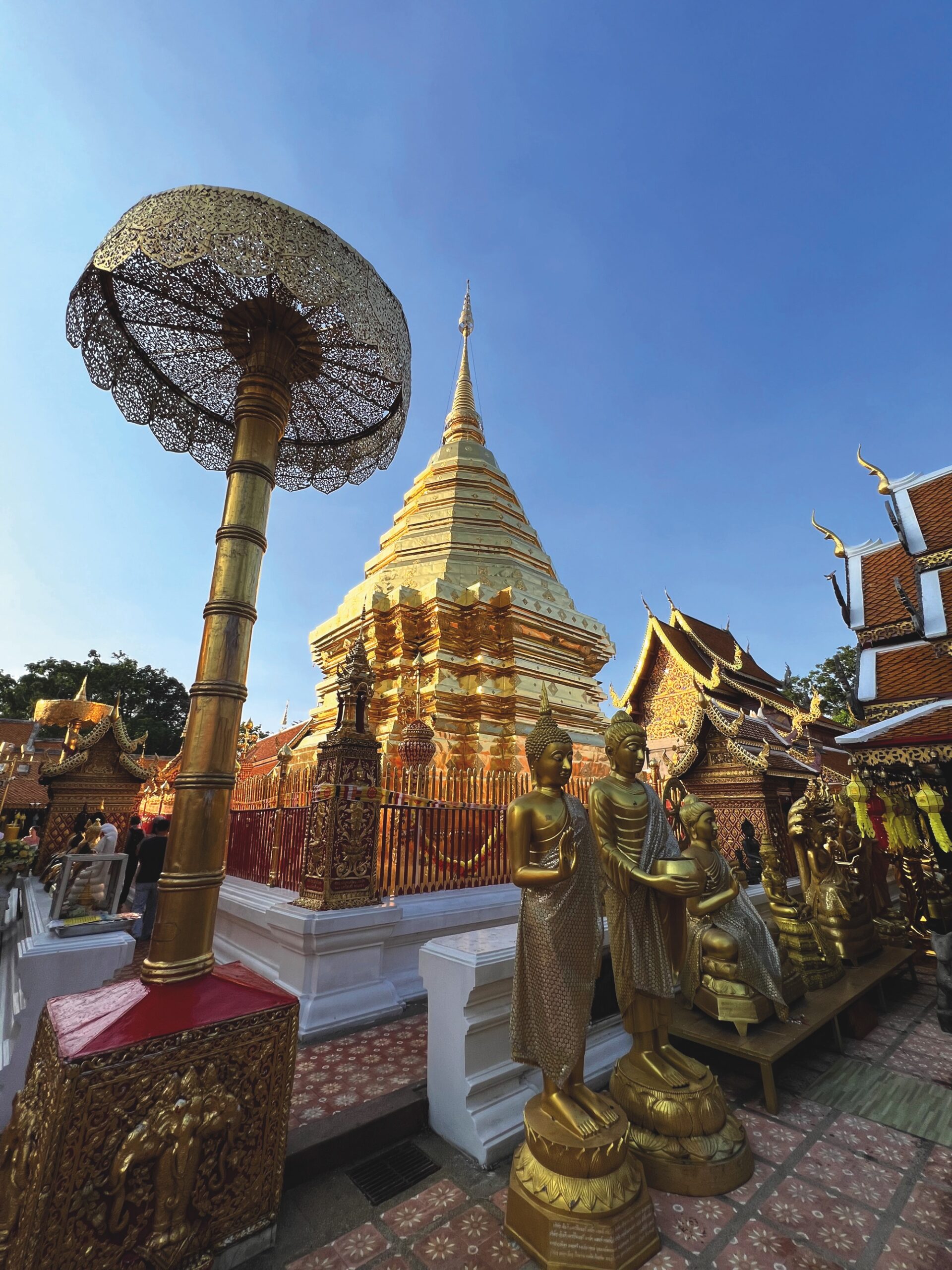
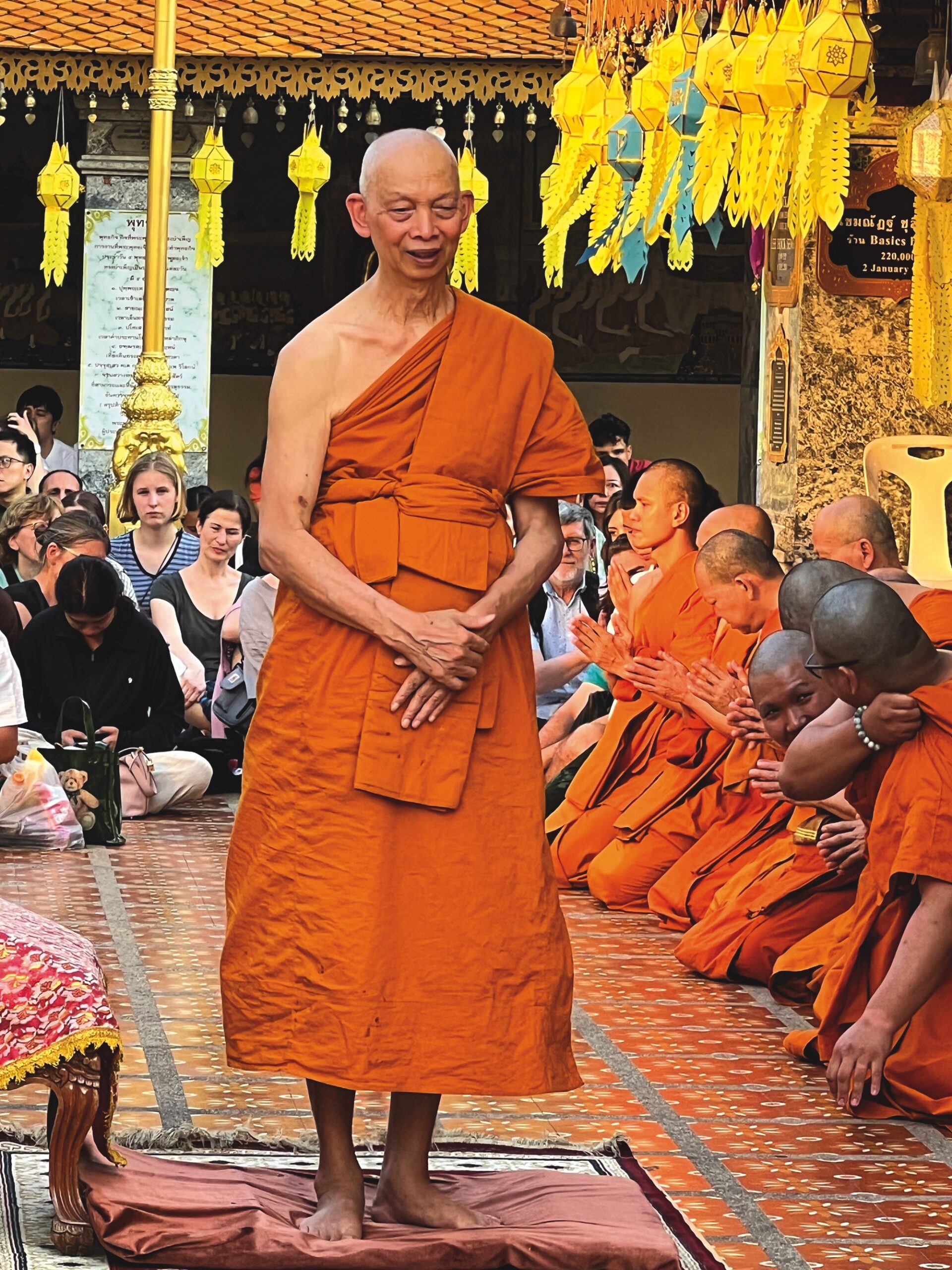
The Sunday Night Market
After a short rest, we went to the Sunday Night Market, just a short walk from our hotel. We were greeted by a vast selection of food and locally produced souvenirs. The market spills out onto the street with hundreds of stalls lining the main road. Of course, we bought a few souvenirs, but for dinner we returned to our local restaurant, Always Thaifood, which again didn’t disappoint us with its very tasty Thai dishes.
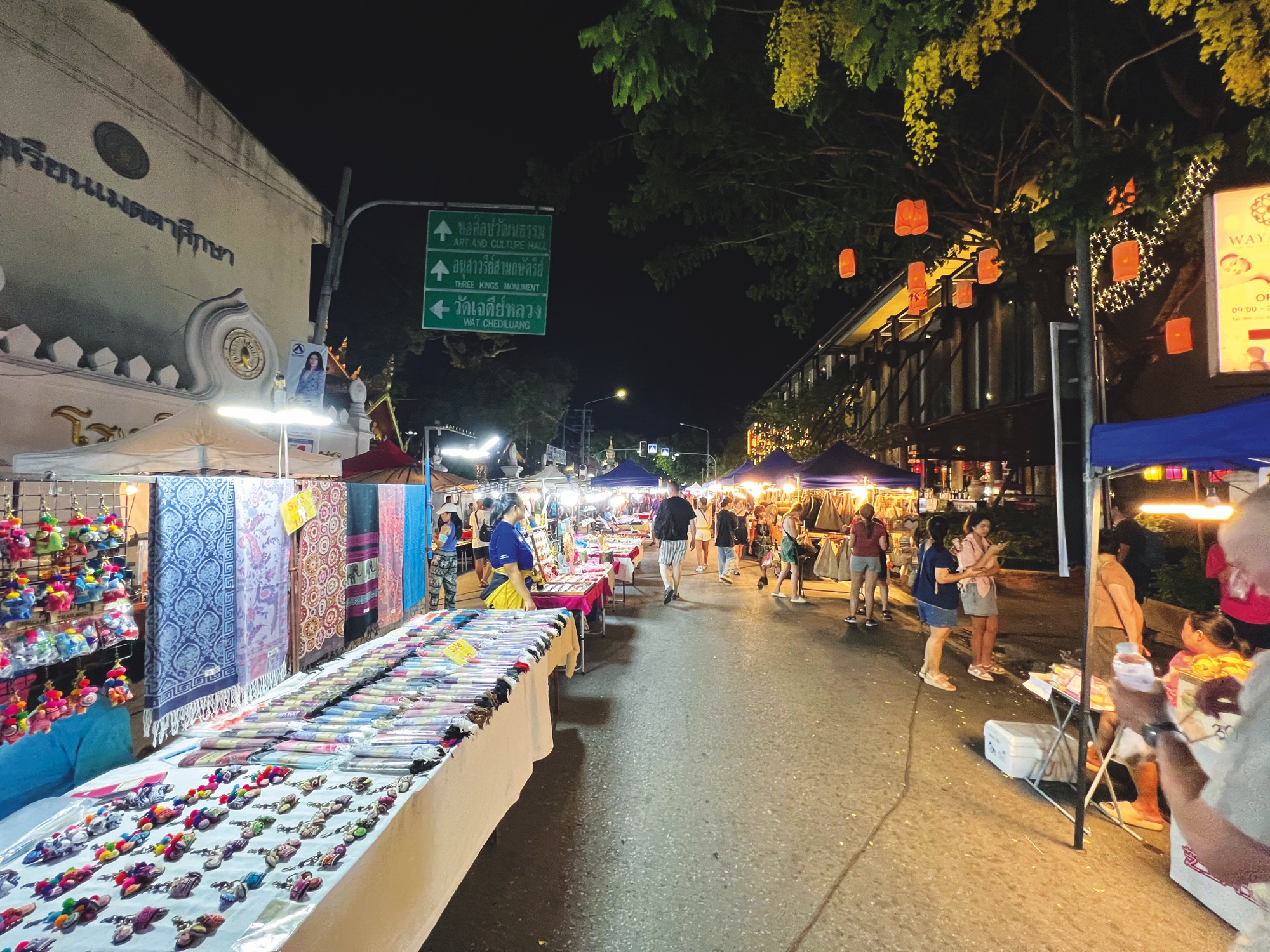
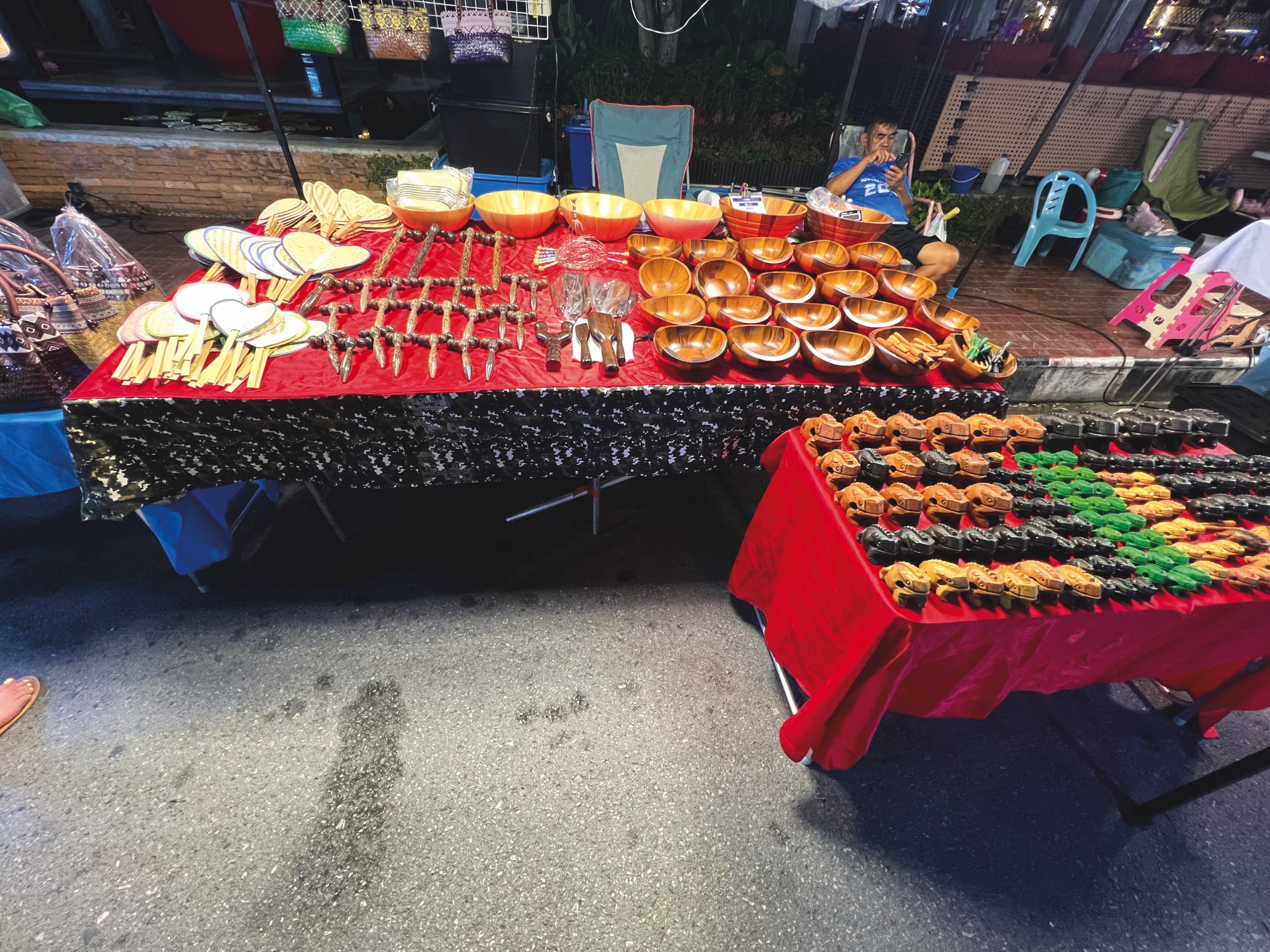
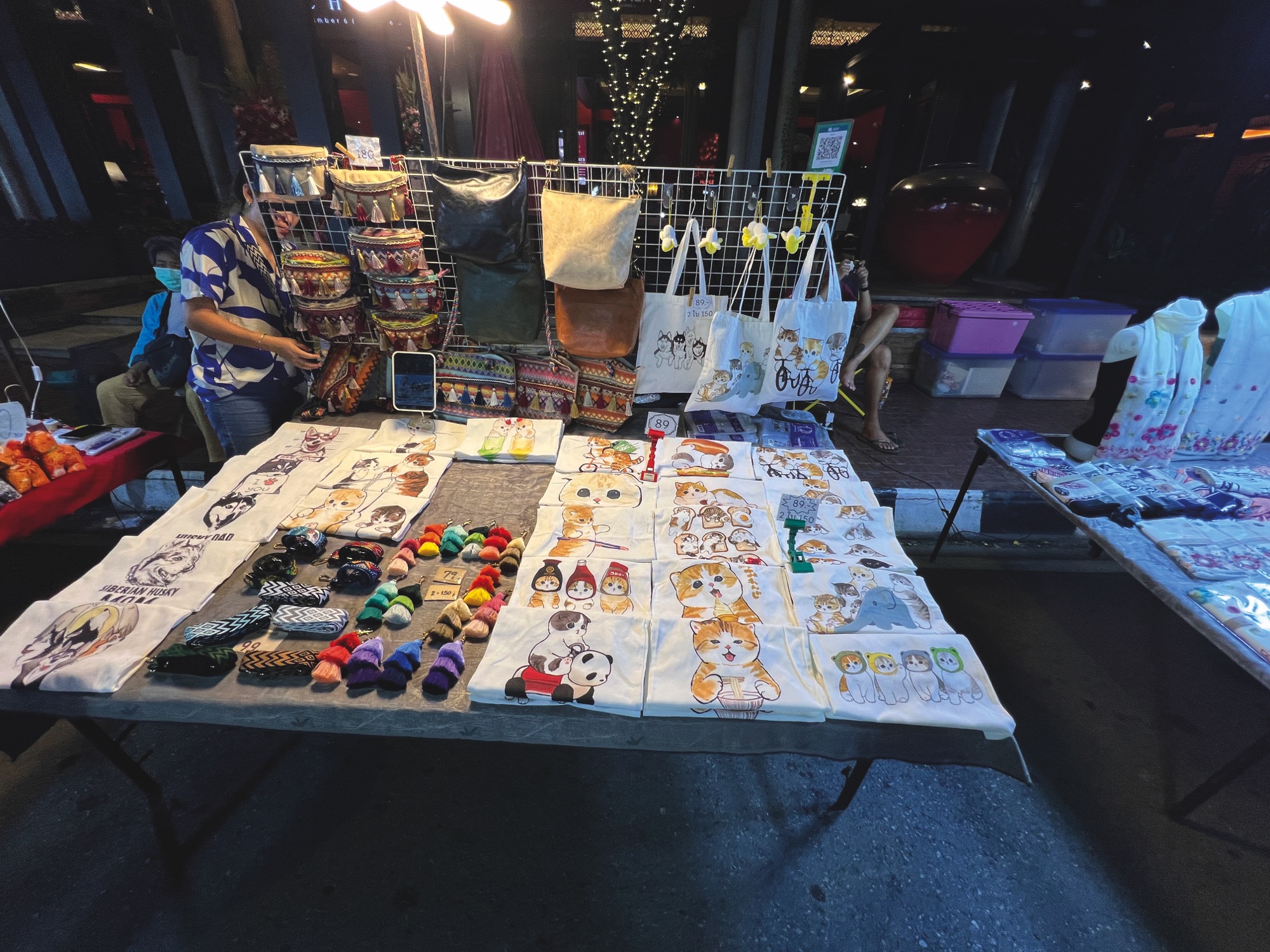
New day, new adventures. Driving out of Chiang Mai.
Doi Inthanon National Park, อุ ทยานแห่ งชาติ ดอยอิ นทนนท์
Also known as the Roof of Thailand, this is one of the most popular national parks in Thailand. It is famous for its waterfalls, few trails, remote villages, viewpoints, sunrise and sunset watching, birdwatching, and the all-year-round cold weather on higher elevations. The highest peak in the park is Doi Inthanon Mountain, which is the highest mountain in Thailand.
Wachirathan Waterfall, น้ำตกวช‘รธ“ร
This waterfall, which flows down from a granite cliff, is located in Doi Inthanon National Park. It is 70 meters high, and is one of many waterfalls in the area.
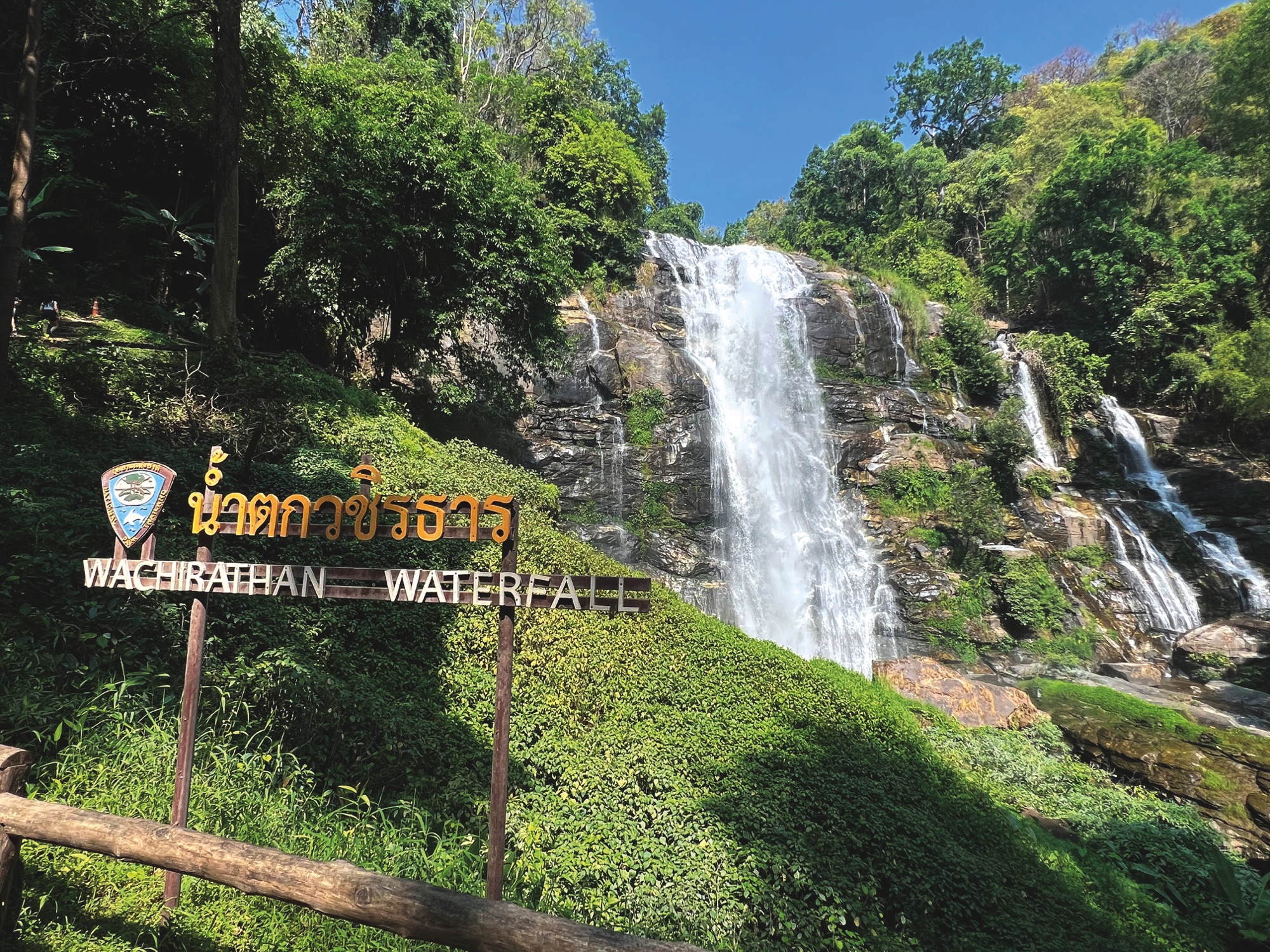
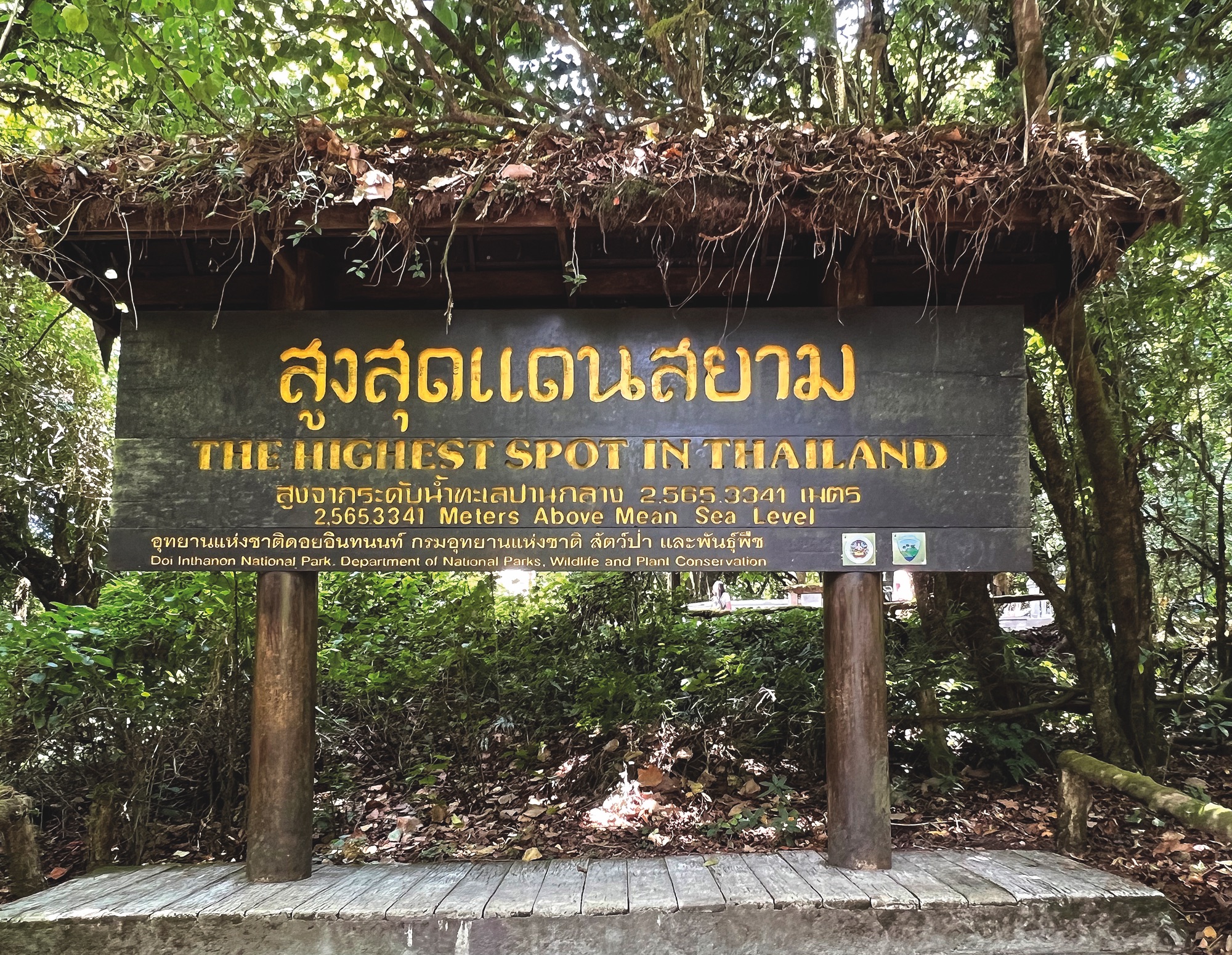
Phra Mahathat Naphamethanidon, พระมหาธาตุ นภเมทนี ดล. and Grand Pagoda Nabhapolbhumisiri, พระมหาธาตุ เจดี ย์ นภพลภู มิ สิ ริ
To commemorate the 60th birthday anniversary of His Majesty King Rama 9 on December 5, 1987, the Royal Thai Air Force beautifully constructed the stupa which was honorably named by His Majesty the King “Phra Mahathat Naphamethanidon” meaning “a magnificent stupa containing Buddha relics”.
Later, Phra Mahathat Naphapholphumisiri was constructed to honor Her Majesty Queen Sirikit´s 60th birthday anniversary on August 12, 1992. The name was, as well, granted by His Majesty the King which means “the power of the sky and the virtue of the land”.
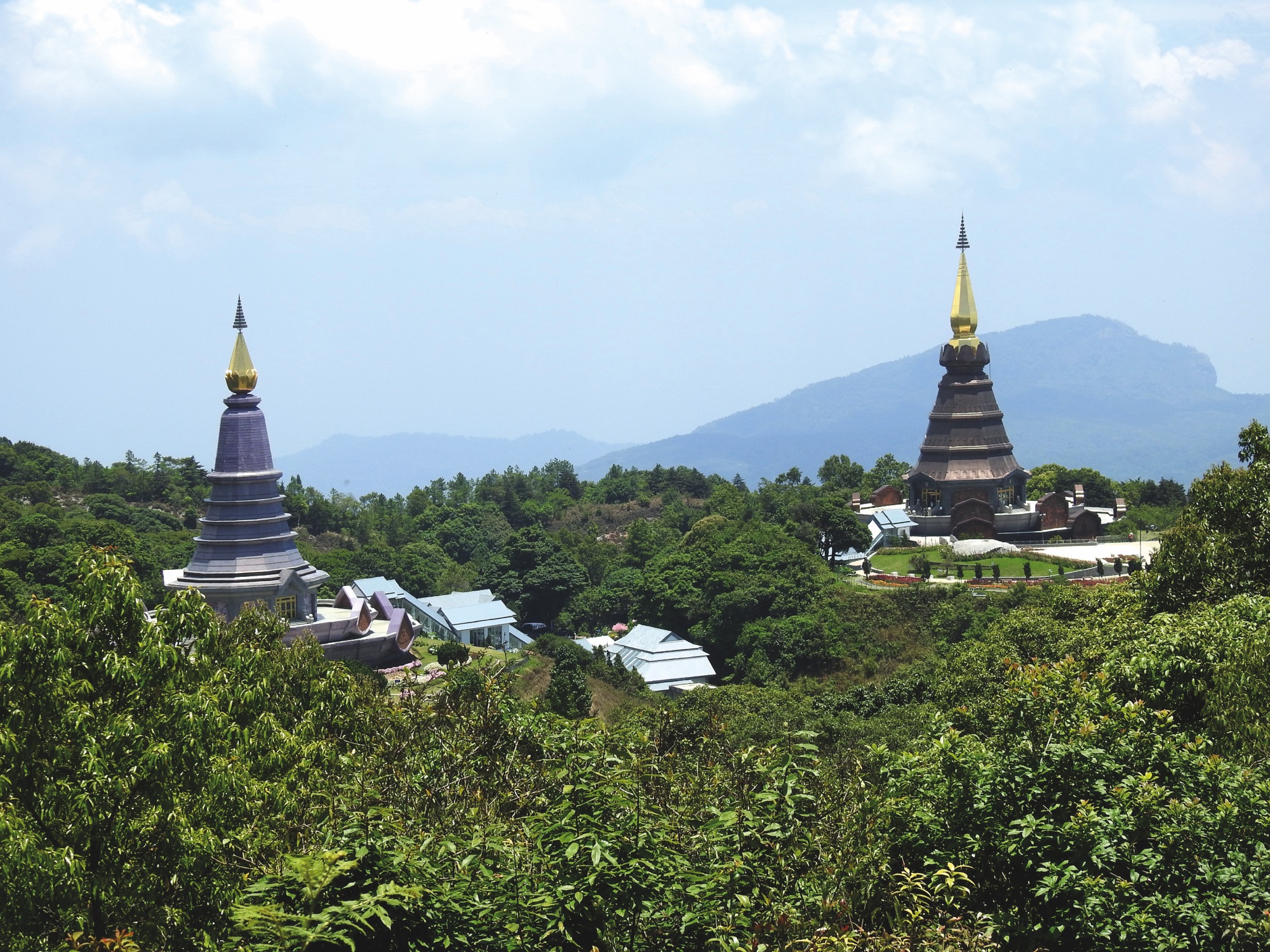
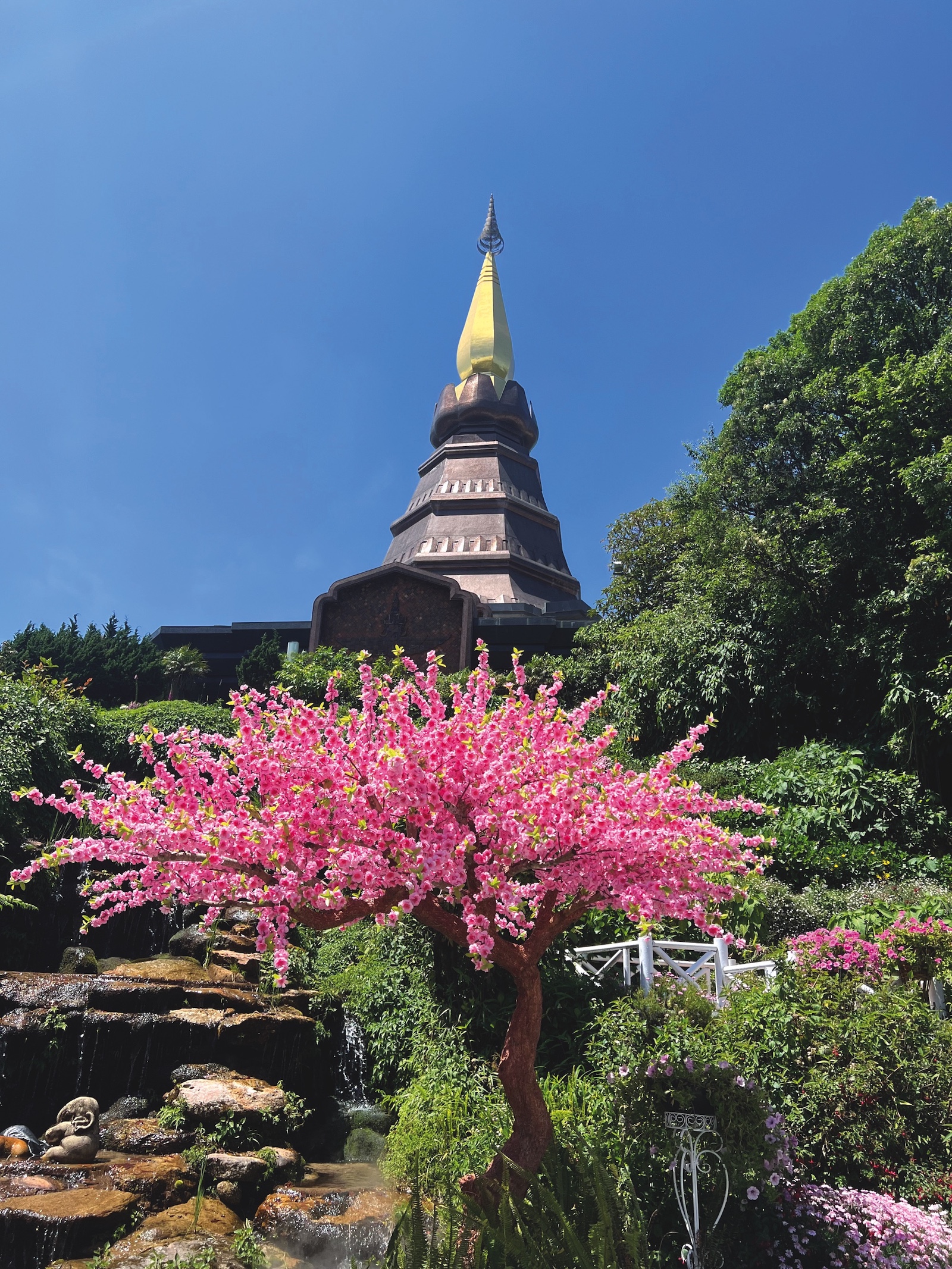
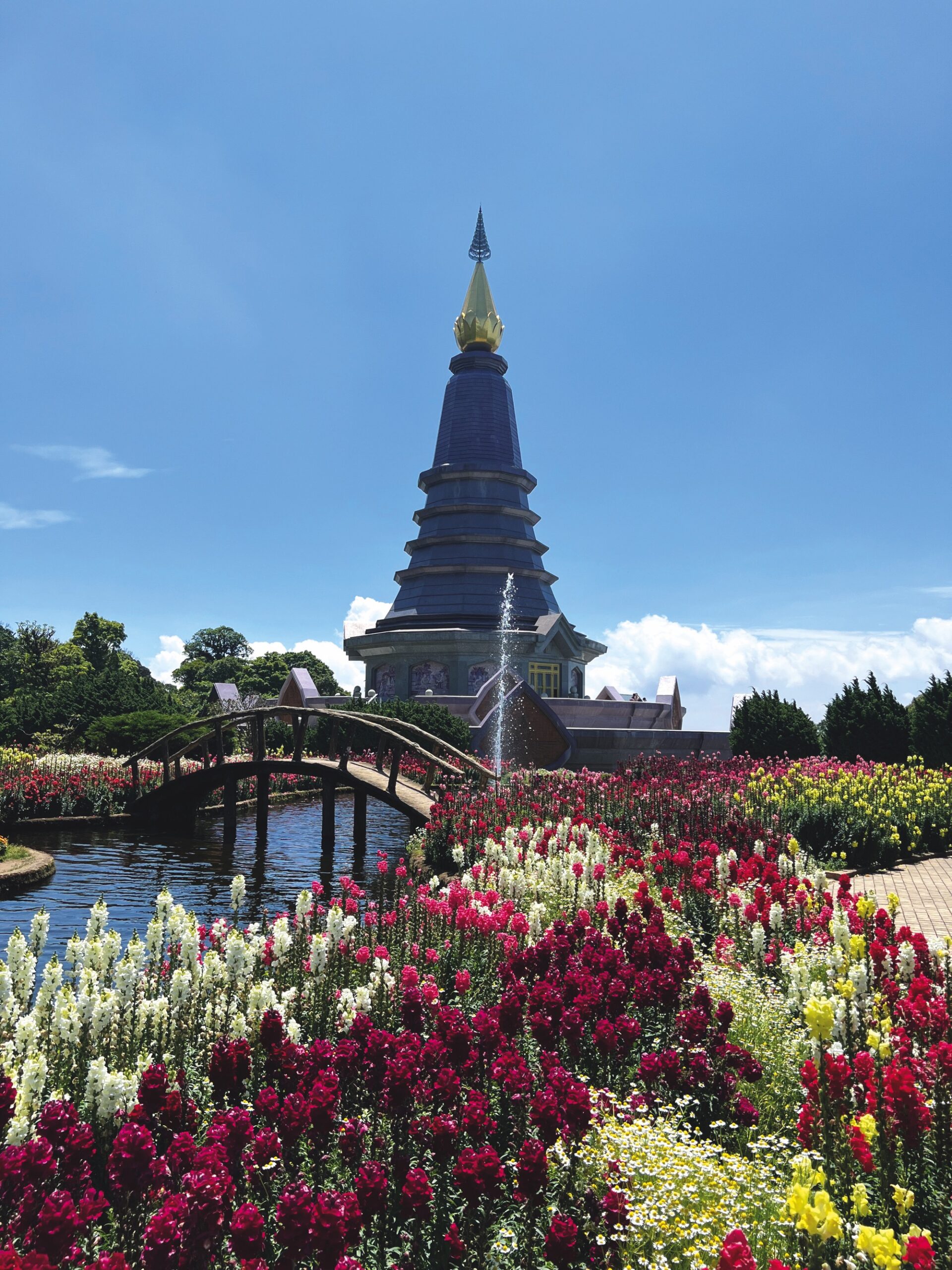
Kew Mae Pan Nature Trail,‘ก‘่วแม่ป“น
Welcome to undoubtedly the most popular trail in Doi Inthanon National Park, an absolute must-do hiking adventure. The total distance is 3.86 km, and you hike counterclockwise. It is only permitted to hike when accompanied by a local guide.

Ang Ka Luang Nature Trail, อ่ างกาหลวง
This trail was planned and designed by Michael MacMilan Walls, a Canadian zoologist and regular volunteer at Doi Inthanon National Park. The path is around 1,800 metres in length, and runs through marshland in the depths of the valley.
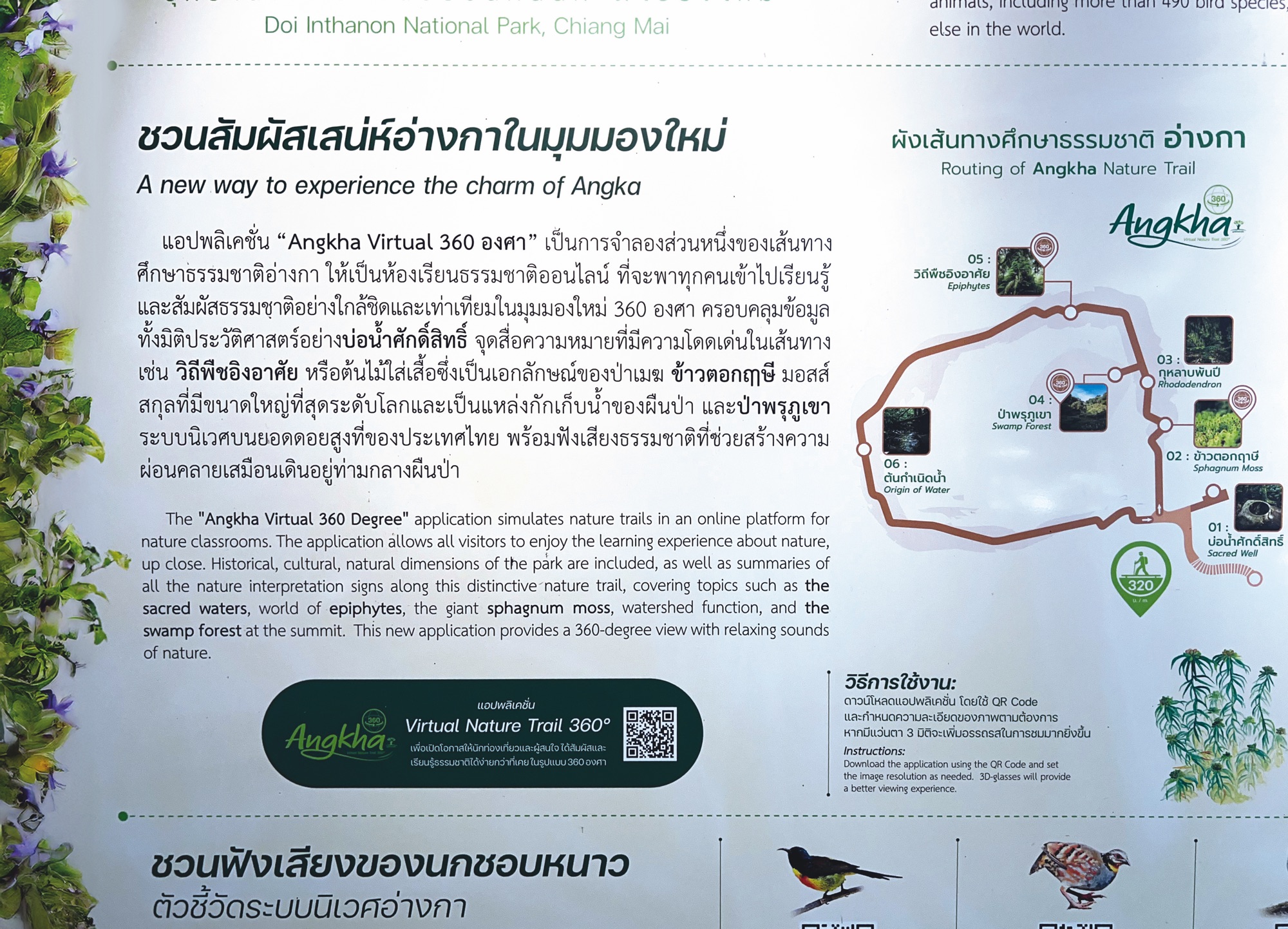
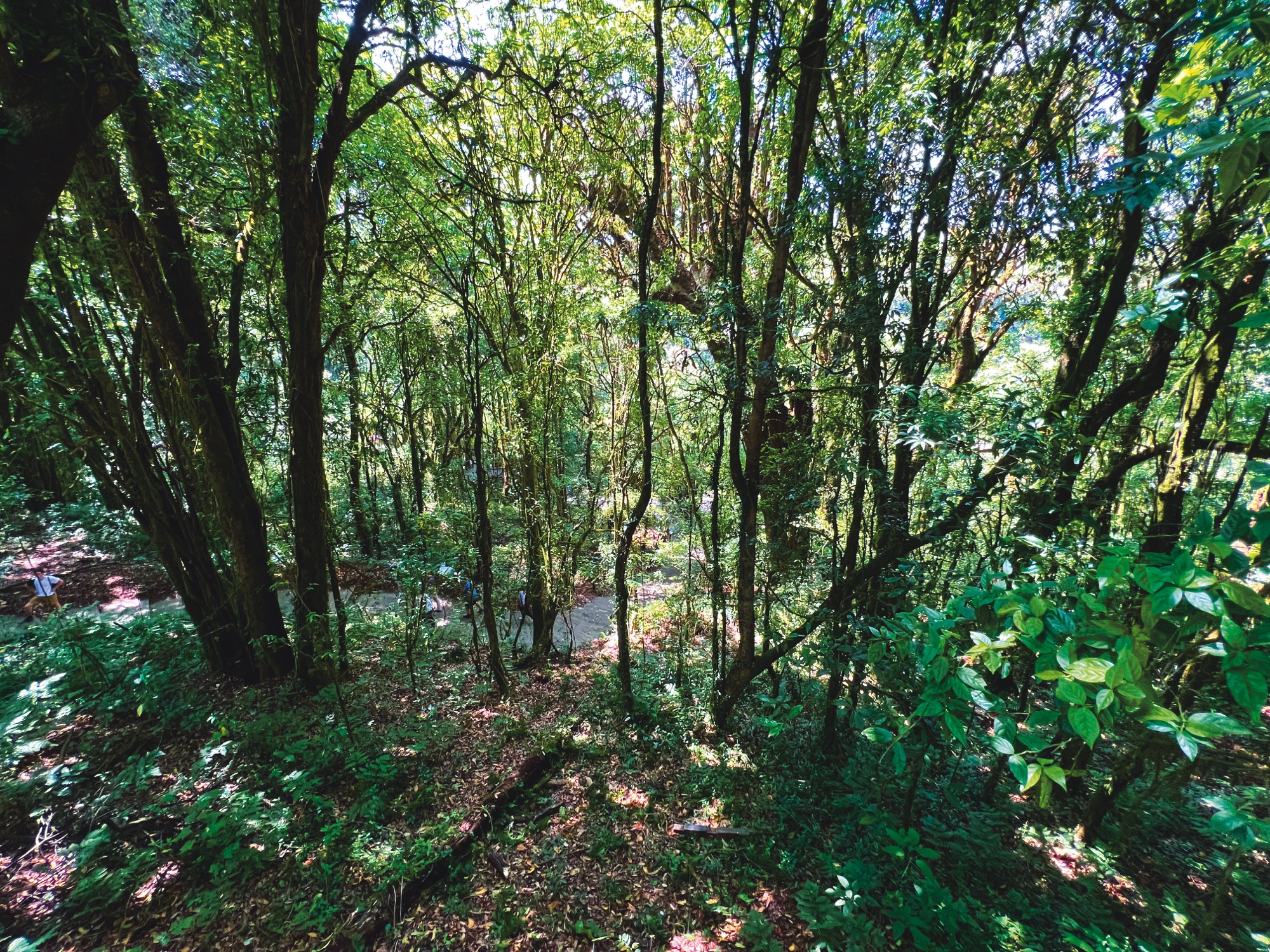
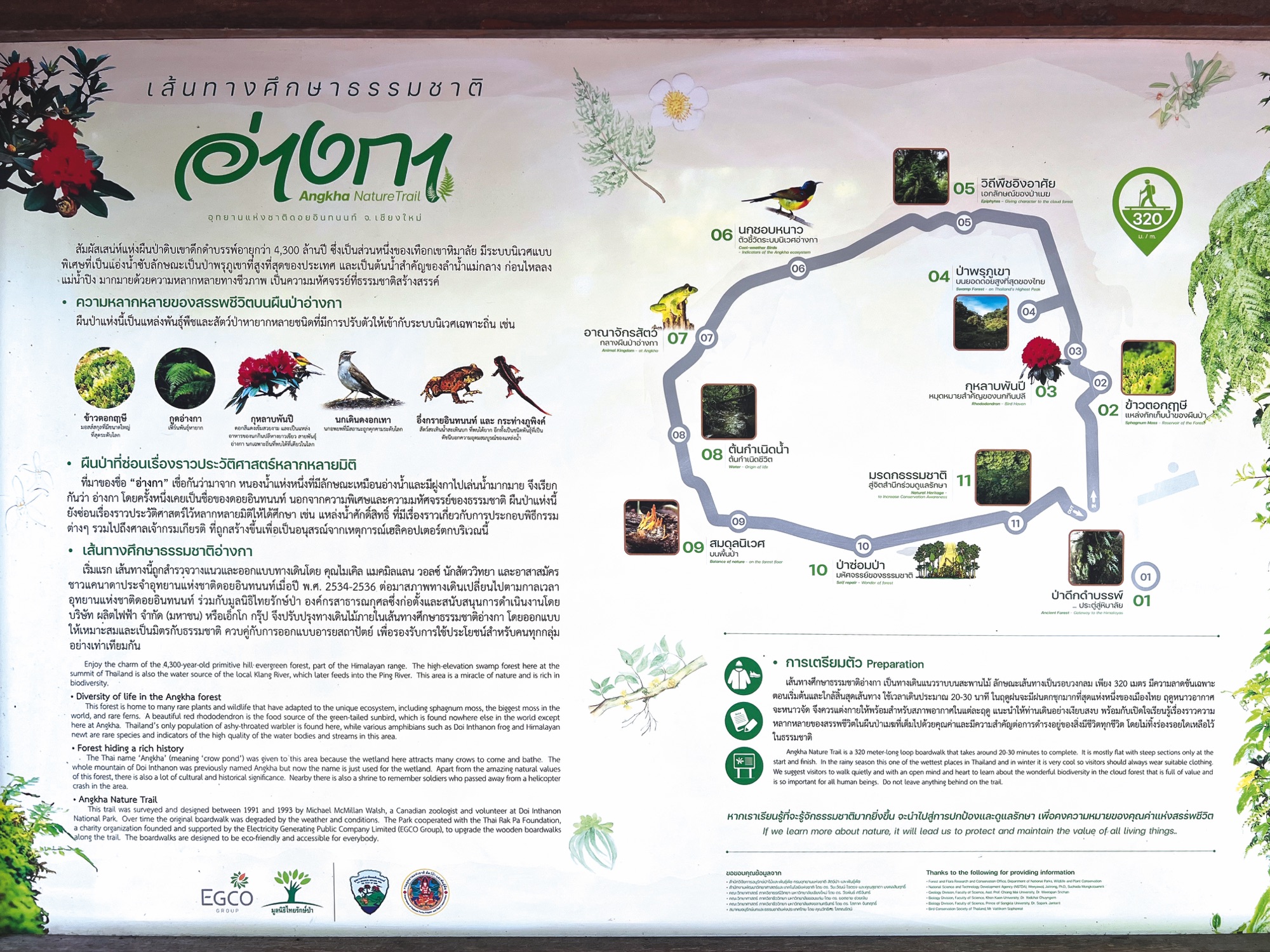
At the end of the day, we rested in our hotel for a bit before having dinner at our “home” restaurant, Always Thaifood.
Last day in Chiang Mai – Elephant Freedom Full Day Tour
I remember our first visit to Thailand, over 20 years ago. One of the attractions back then was elephant riding.
The situation has changed. Elephants are not working for tourists anymore. Organisations are taking care of the elephants, saved from hard work and serving tourists. In the Chiang Mai area, there are a few organisations supporting elephant life. We chose Elephant Freedom, supported by Asian Elephant Projects.
It’s a full-day activity. They picked us up from our hotel with an air-conditioned, comfortable van. After over an hour, we arrived at the mountains around Chiang Mai, at the Elephant Camp. We were a group of six people.
After a short explanation from our host, we prepared food for the elephants, cutting sugar cane and bananas.
We then had our first interaction with these beautiful animals, feeding them the food we had just prepared.
Such a joy! They were happy to welcome us, especially the two baby elephants. We then hiked in the jungle, with the elephants walking freely around us.
After a nice lunch, we were invited to a cooking class, where we were shown how to prepare vitamin balls and supplements for our elephants.
It was hot, about 37 °C. The best way to deal with the heat was to take a river hike with the elephants to the Mahout River. We had a lot of fun, both us and the elephants. If only I could show you the joy of the elephants in the water! How the baby elephants enjoyed it, and how we washed them. None of us wanted to leave the river.
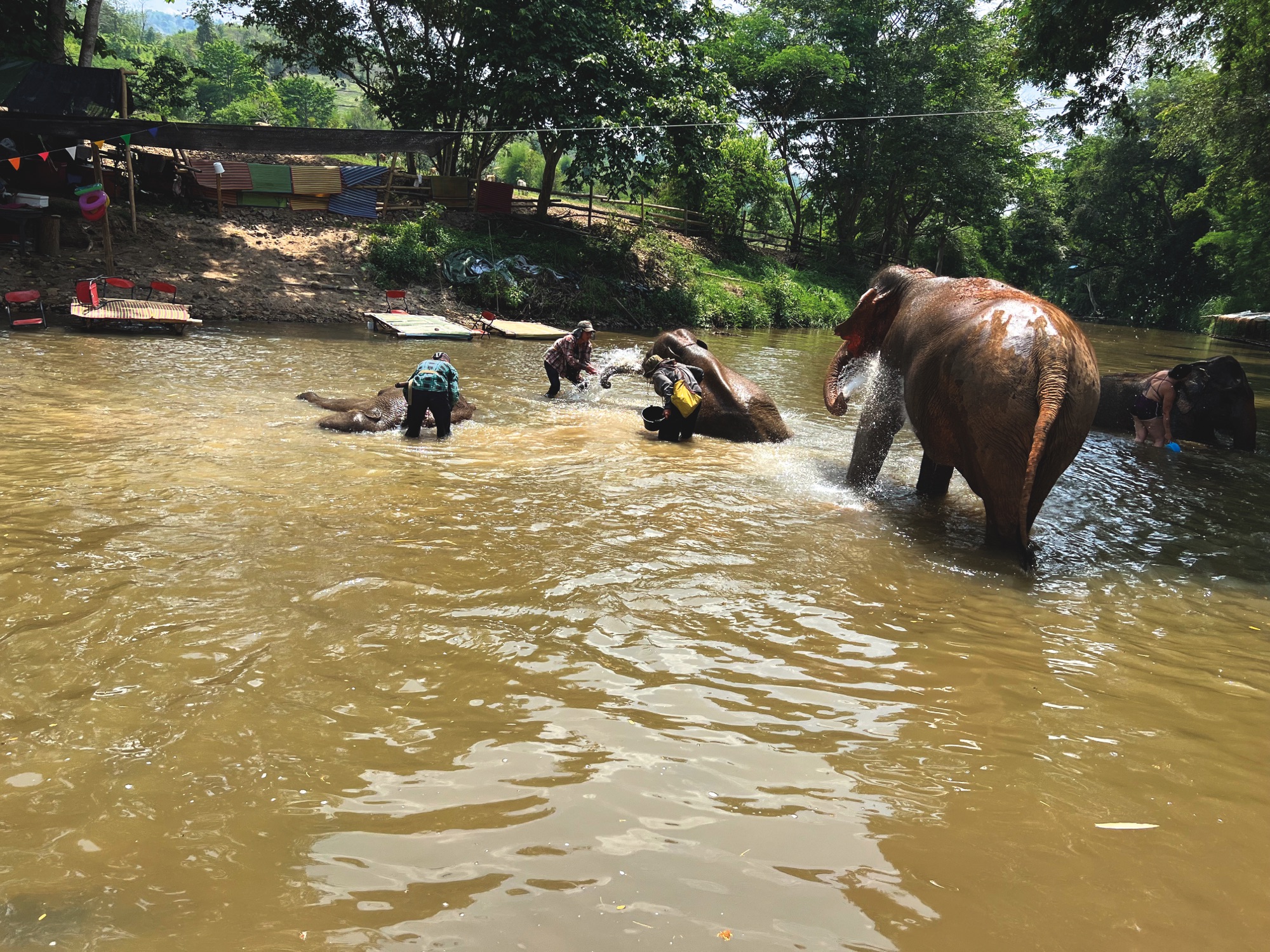
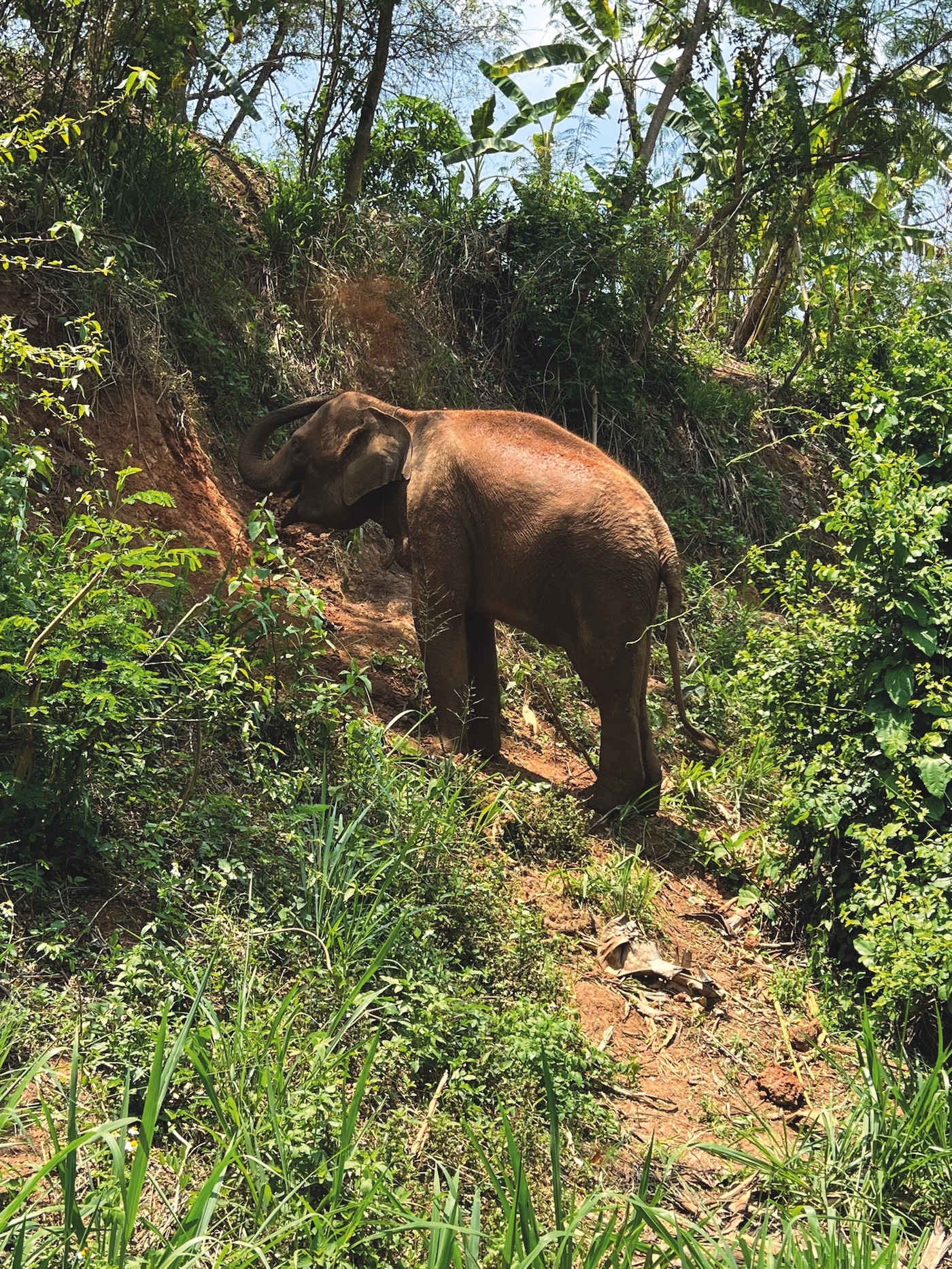
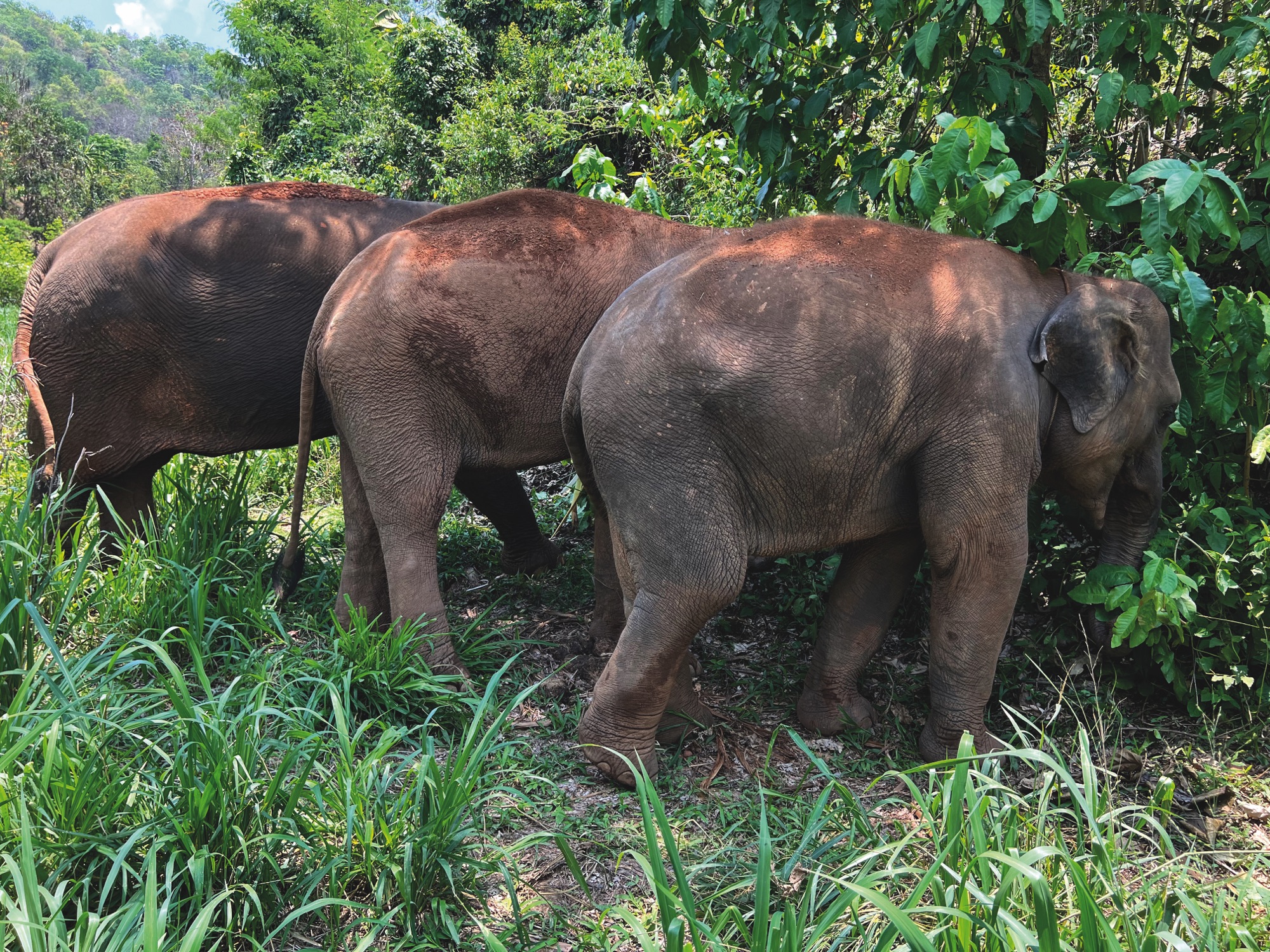
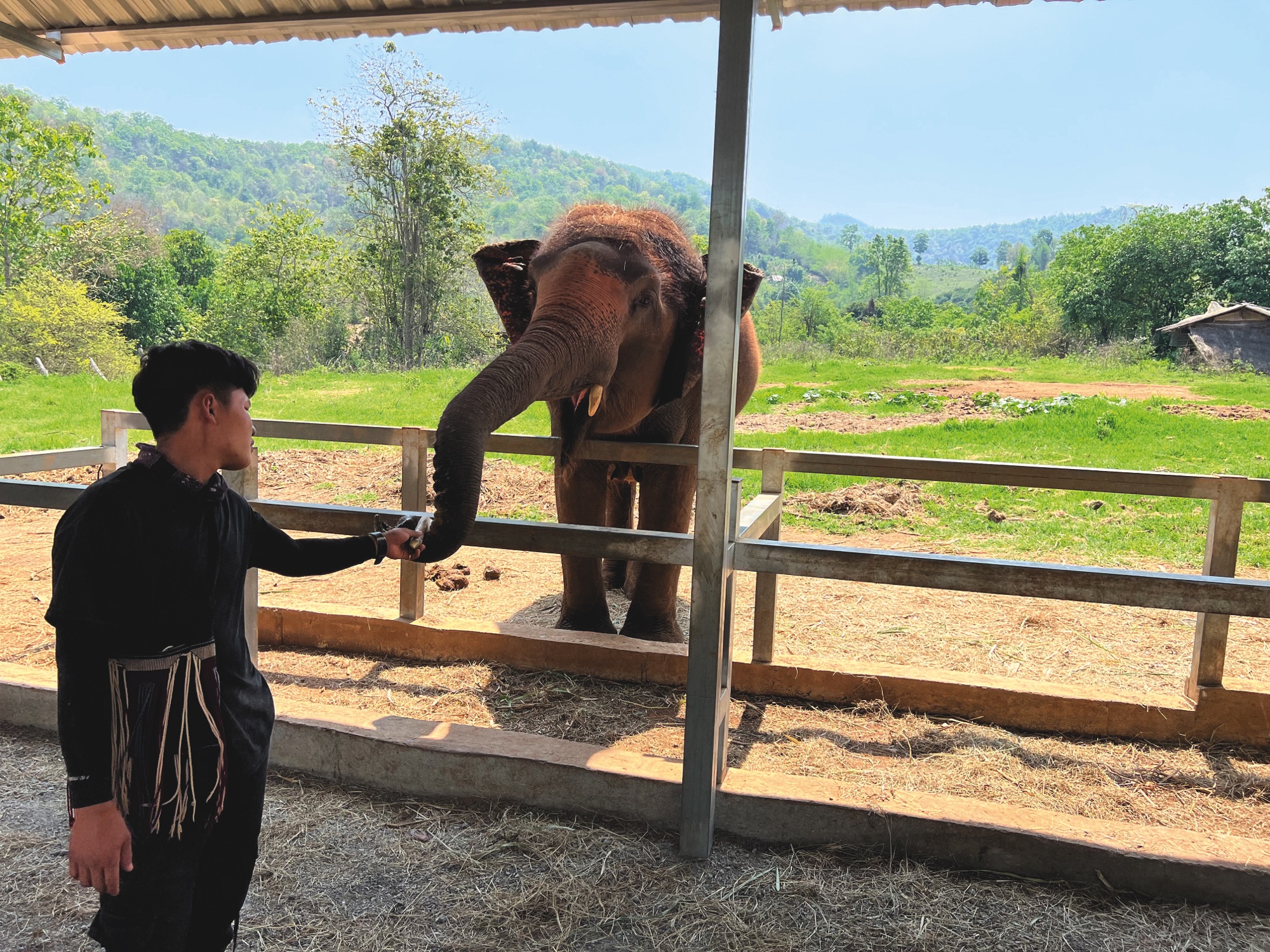
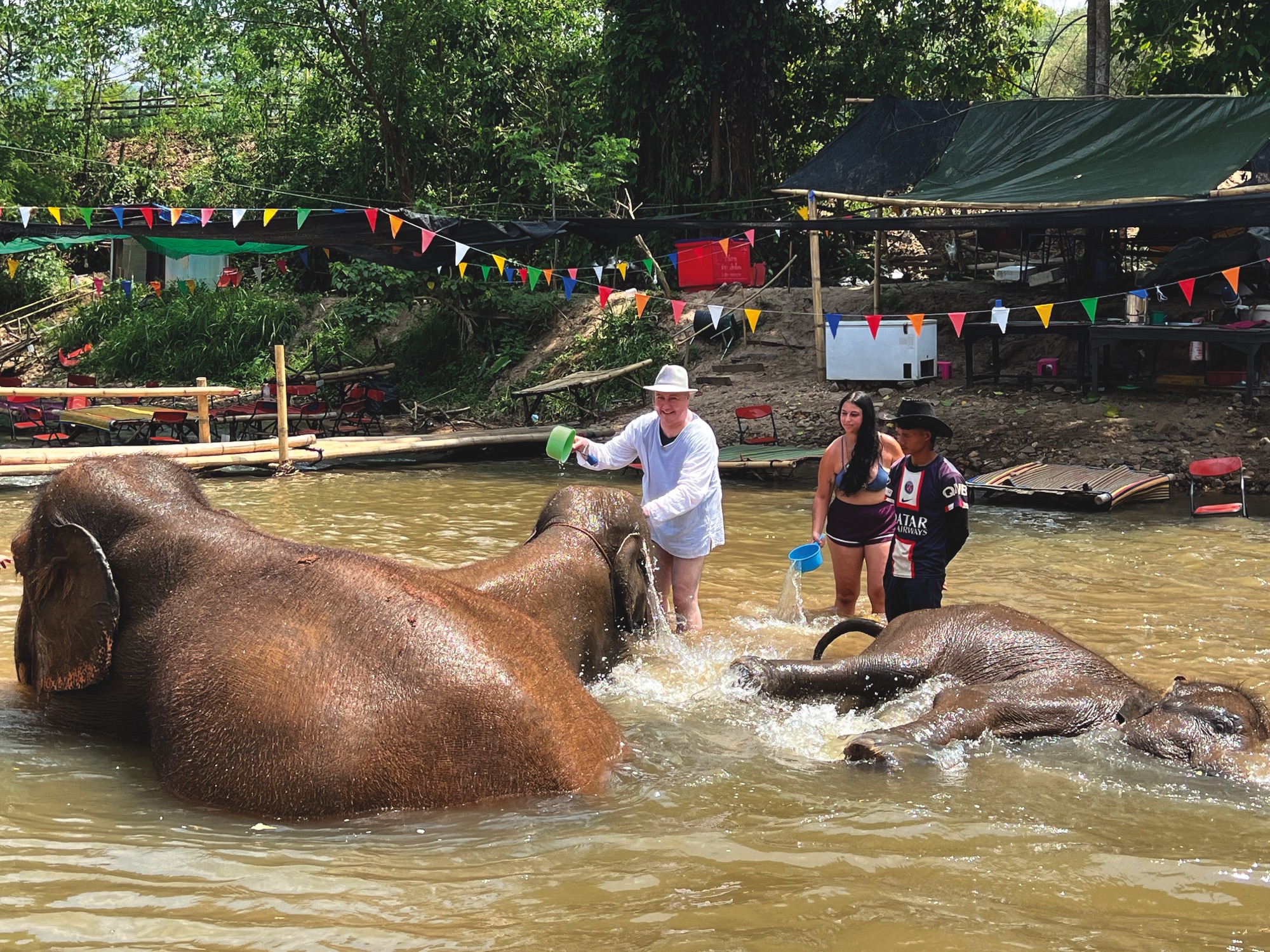
When the elephants made their way back to the camp, we could enjoy more water, visiting the Mae Wang waterfall. We then returned back to the camp, spoiling these majestic creatures with the vitamin balls and supplements we made for them.
Time flies when you are enjoying yourselves, so soon it was our time to go back to the hotel. It was difficult to say goodbye to our big friends. We will come again!
If you want to help save these majestic creatures, visit their camp. The fee you pay helps both them and the people who dedicate their lives to such an important purpose.
We recommend this place.
And you can adopt an elephant here.
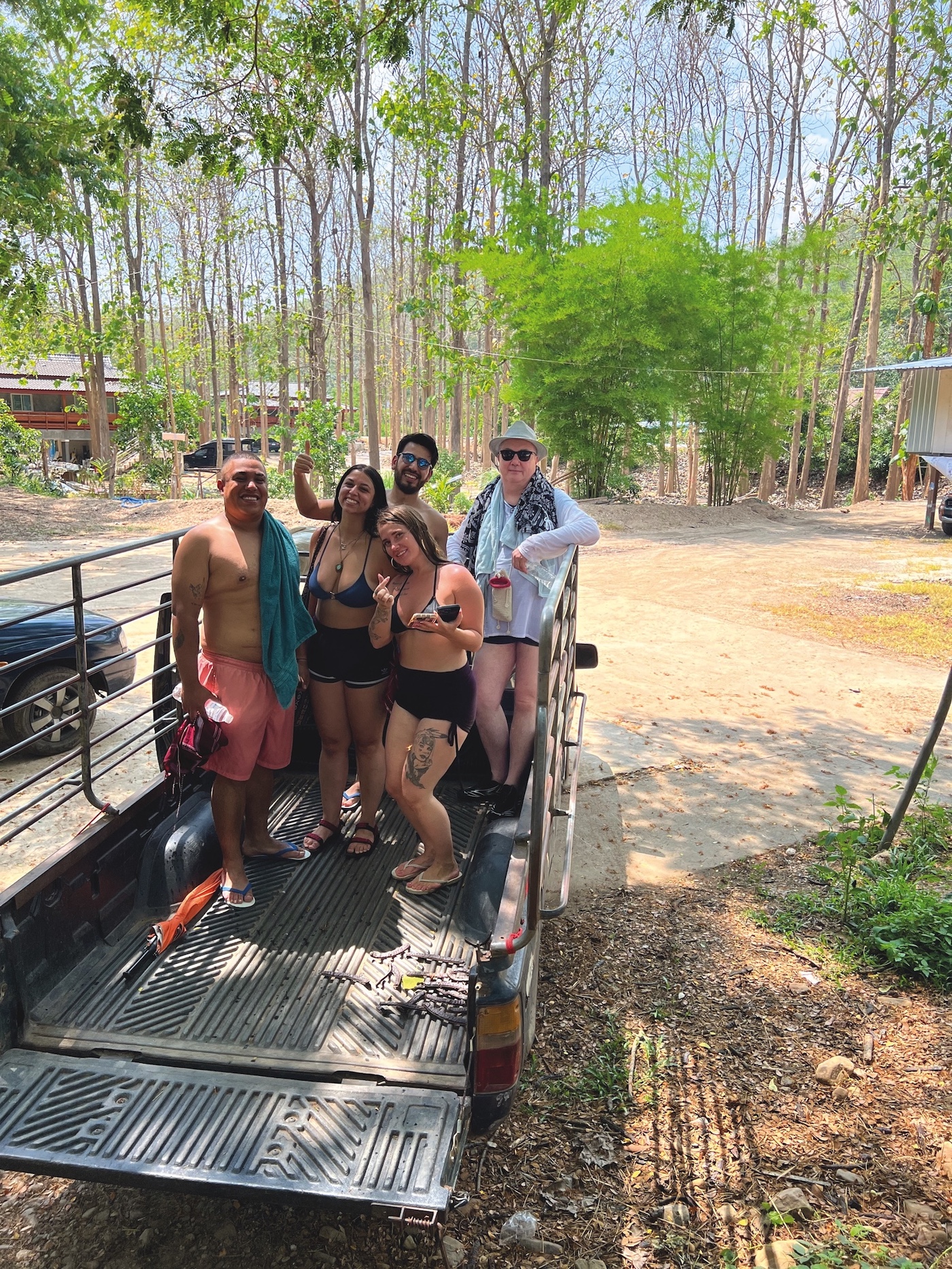
After this beautiful day, we headed back to our hotel in Chiang Mai and enjoyed the food at our home restaurant, Always Thaifood, on our last evening there.
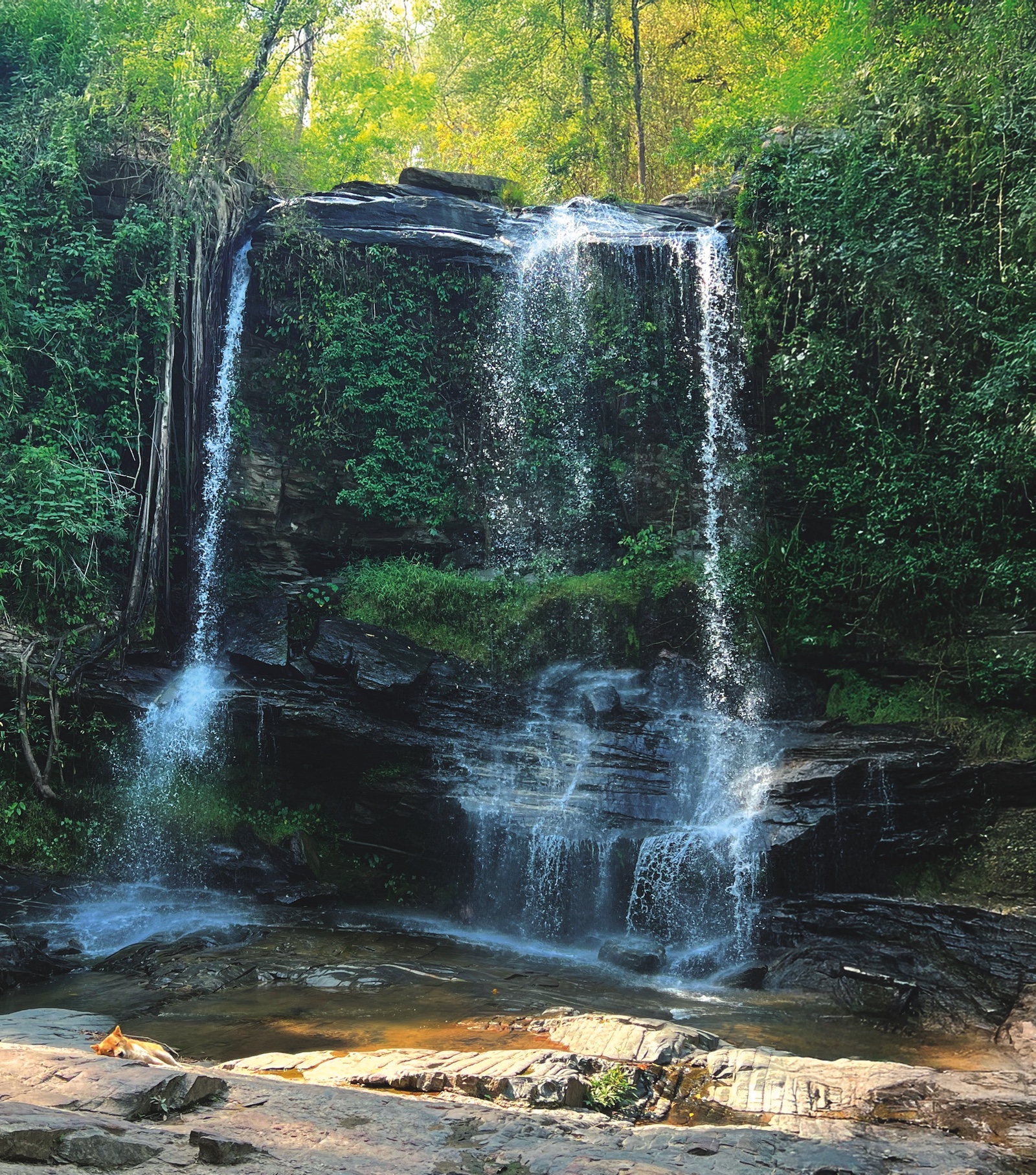
CHAPTER FOUR – DOWN TO THE SOUTH
In the morning, we said goodbye to the beautiful North of Thailand and to our very good driver, Mr. Note.
We took a domestic flight from Chiang Mai Airport to Bangkok Don Mueang International Airport.
The Ao Prao Pier and Ao Prao Resort Hotel
There was already another driver awaiting us in Bangkok, from Mr. Beer (our previous visit’s driver), to take us to Ao Prao Pier (Ban Phe), about a three-hour drive away.
There was an option of taking the flight from Chiang Mai to Pattaya City, followed by a short drive to Ao Prao Pier, but the flight was late, and we could have missed our taxi shuttle to the island since the last one leaves as early as 4pm.
At Ao Prao Pier (or Ban Phe), very friendly staff and a very modern terminal welcomed us. After a short time, we were aboard a speedboat and on the way to our hotel Ao Prao Resort at 60 Moo 4 Tumbol Phe, Muang, Rayong, 21160 Ko Samed.
We liked this beautiful hotel, with its sandy beach and coconut trees. Our room was first line to the beach, with a beautiful view.
I met Mr. Wongwat Kraipun, the resort manager, for a fast hotel tour. There are three hotels there, one by the other: the one we stayed in (Ao Prao Resort), a three-star hotel in the middle, and then Le Vimarn Cottages and Spa, which is owned by the same company as our resort – Samed Resorts.
Guests can use the facilities of both resorts. Our hotel had a Thai restaurant, the Le Vivarn, an Italian restaurant, a beautiful beach bar, a spa, and fitness facilities. The hotels have different room sizes, also suitable for families and honeymooners. The Thai restaurant (a la carte) had very tasty food, good service, and a great sea view.
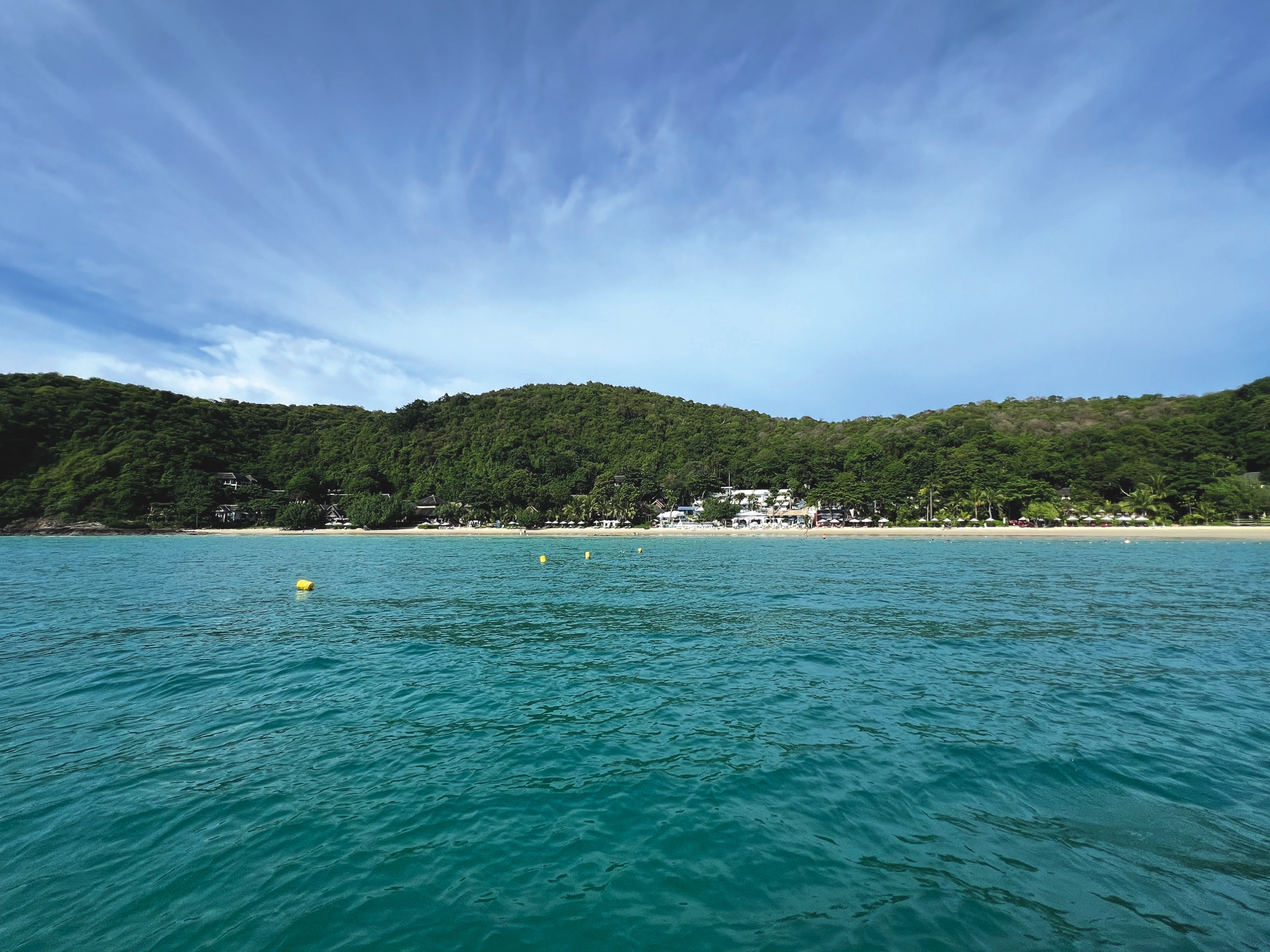
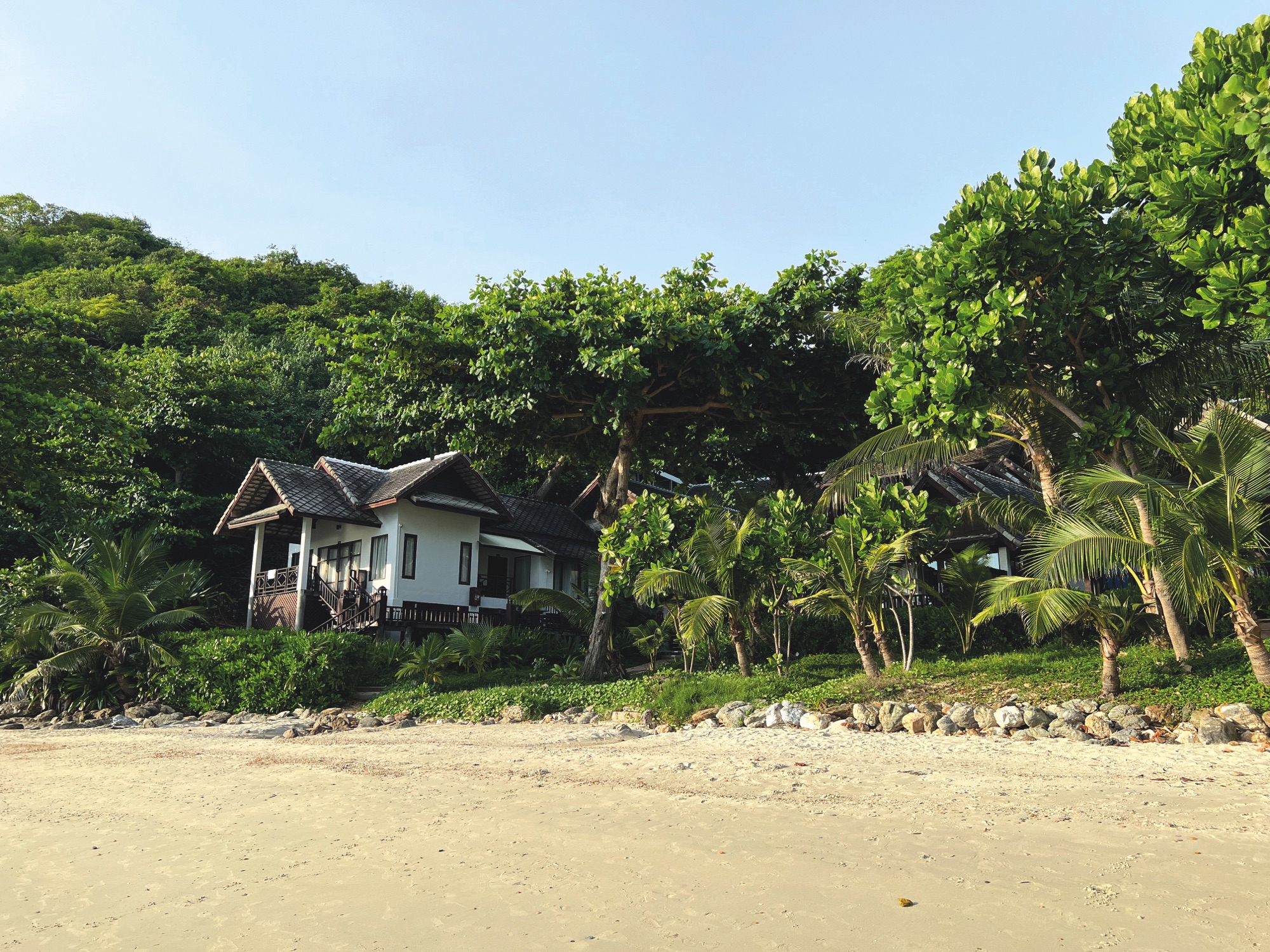
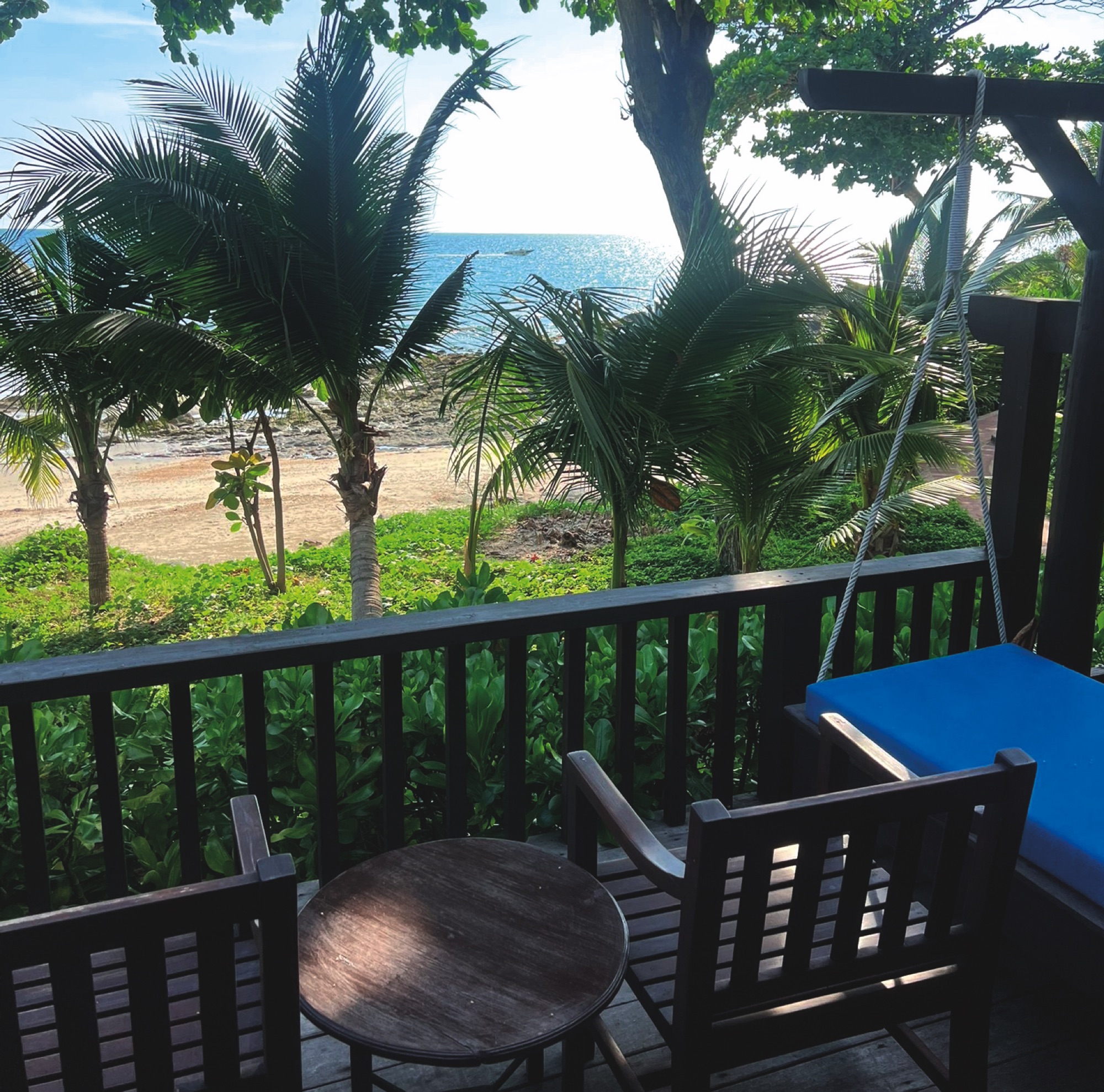
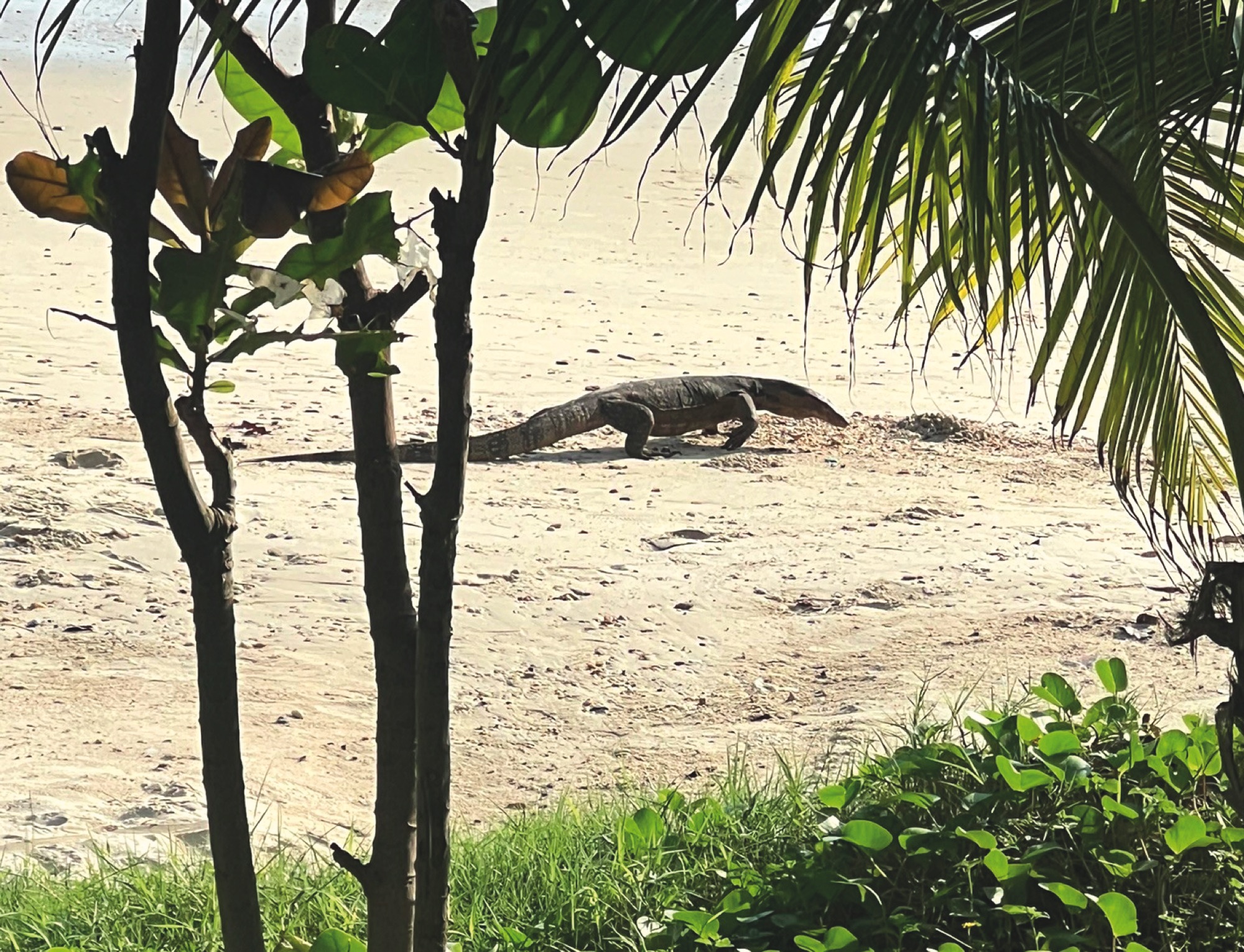
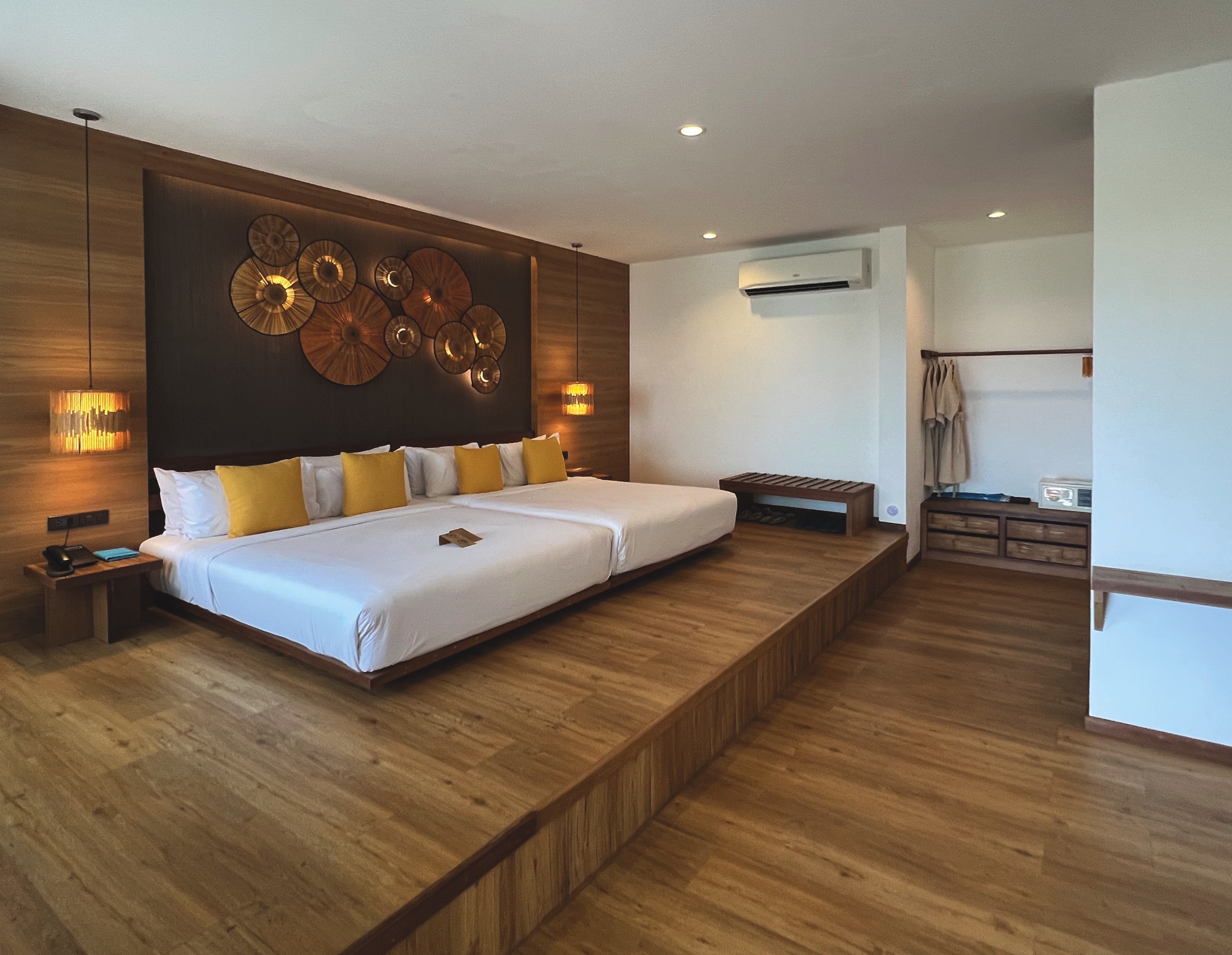
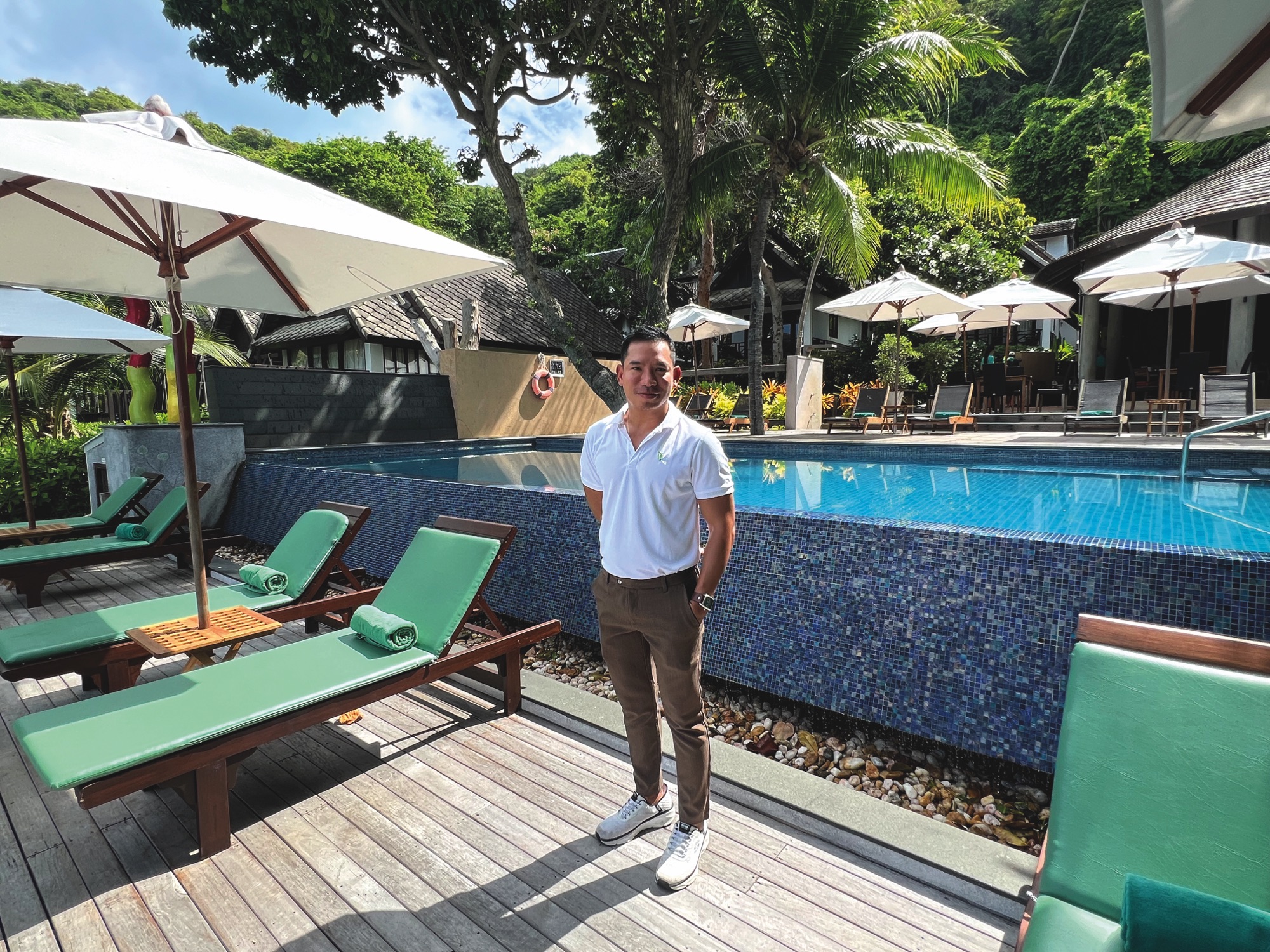
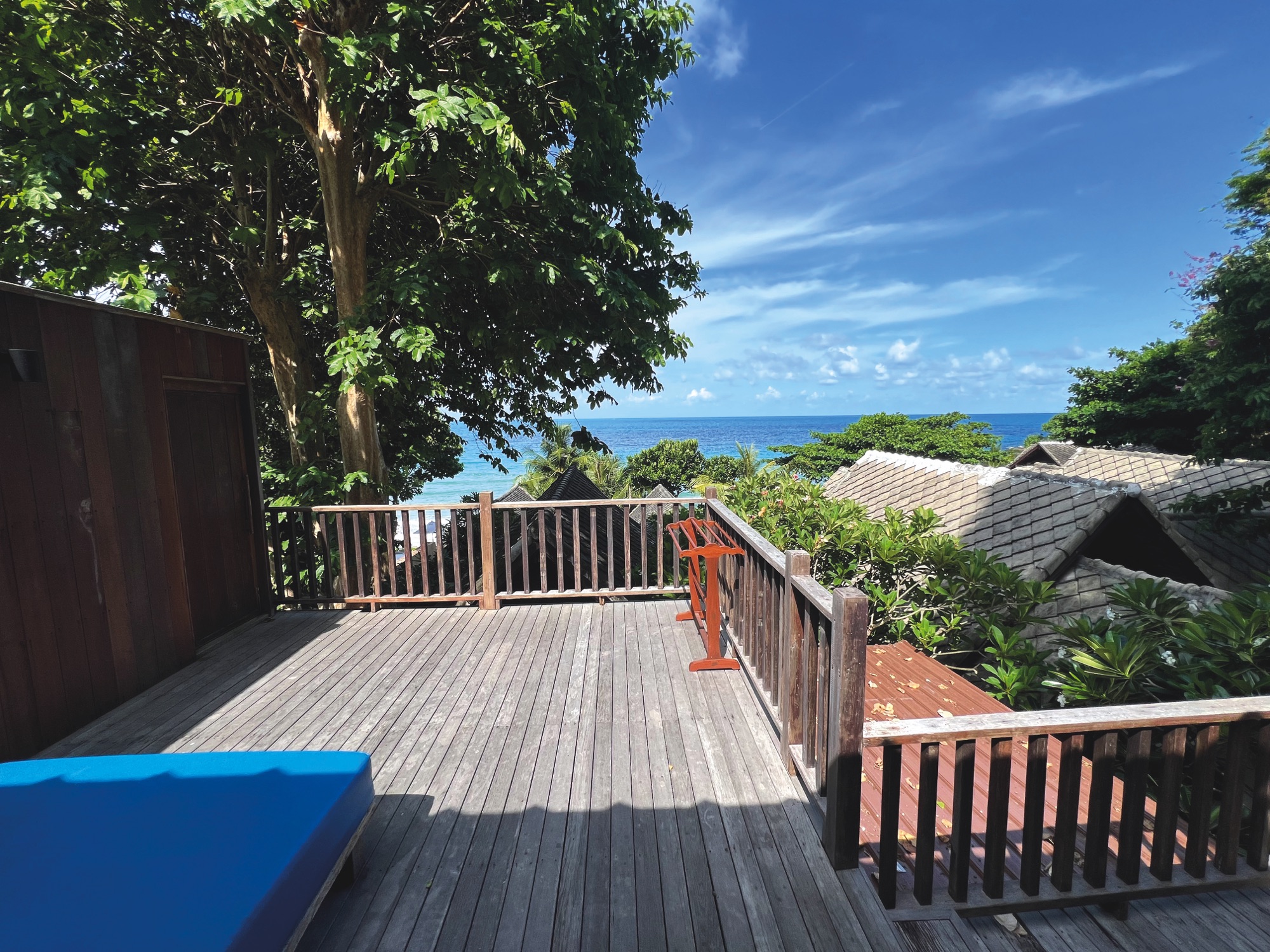
Six Islands Trip
On the next day, we took the famous six islands trip by Sinsamut Group.
Within five hours, you can visit all six of them: Koh Kham, เกาะขาม – Koh Kruay, เกาะกรวย – Koh Pla-theen, เกาะปลายตี น – Koh Khang Kaow, เกาะค้ างคาว – Koh Kudee, เกาะกุ ฏี and Koh Thalu, เกาะทะลุ.
The trip started at noon. At 11.30am, two scooters arrived at our hotel to take us to the meeting point, a short 10-minute drive away. It was such a funny experience – it has been many years since I last rode a scooter. A big speedboat with a group of about 20 people from all around the world waited for us. After a short security briefing, and getting a life vest, we set off.
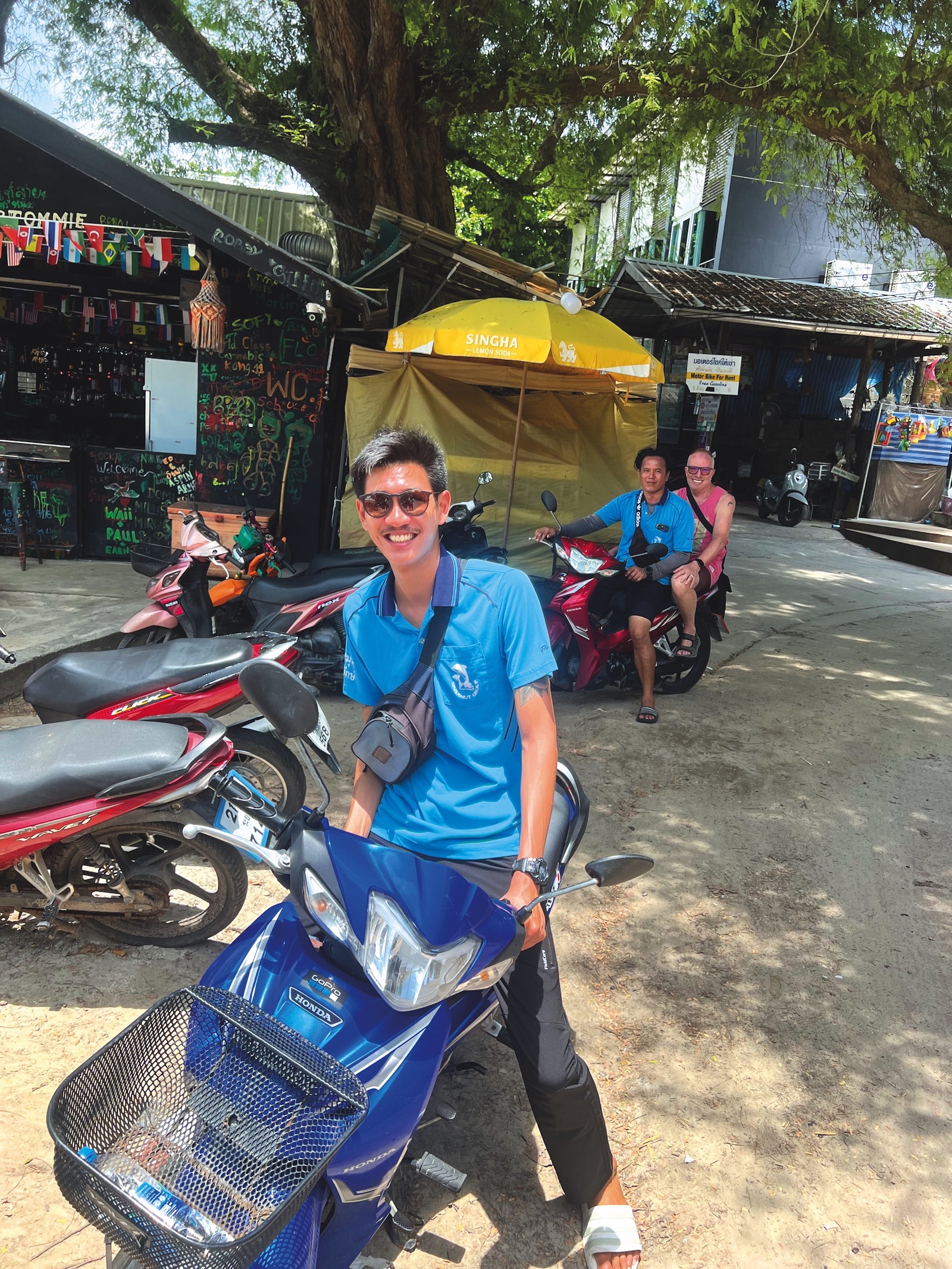
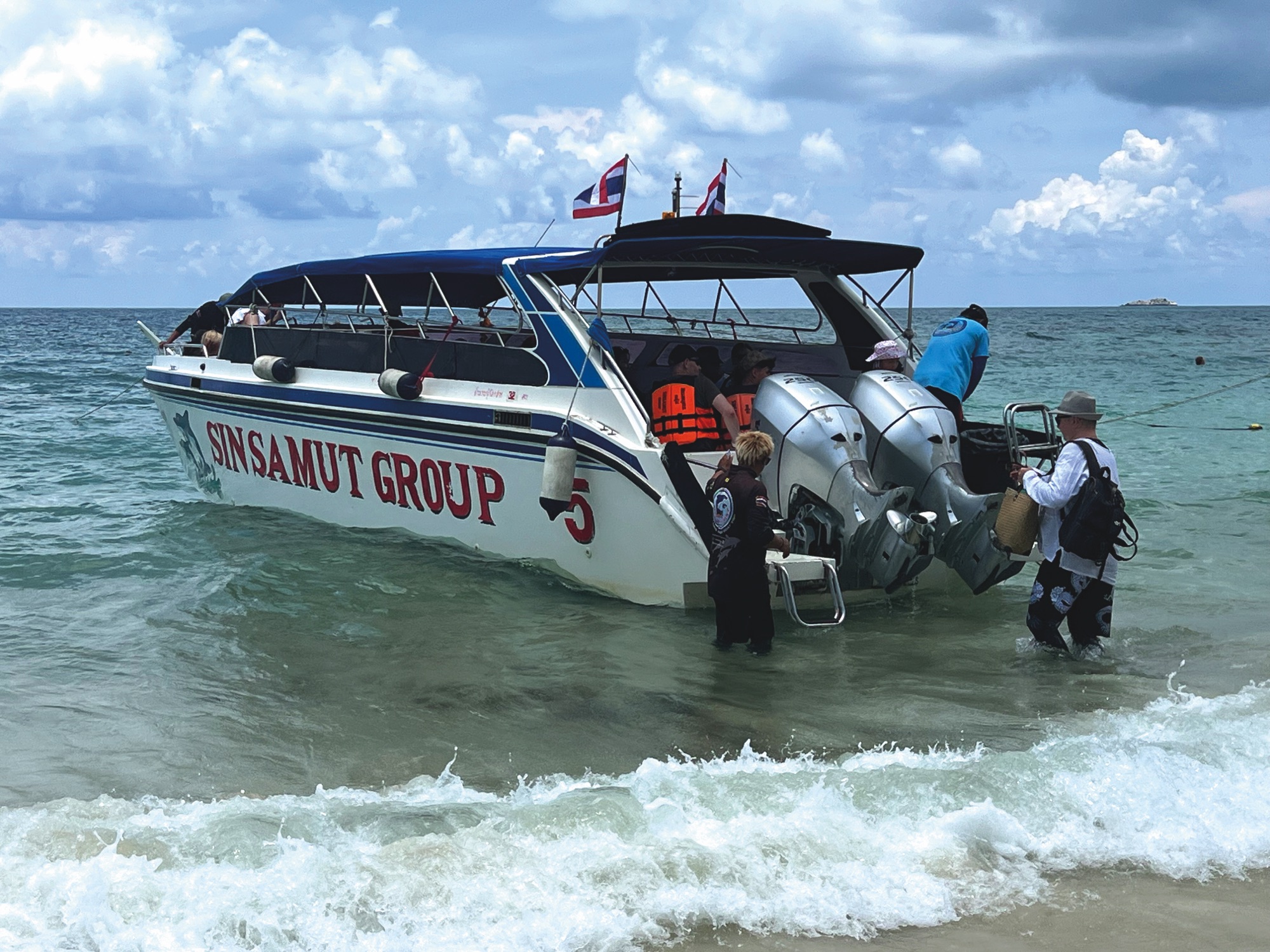
First, we cruised to the Koh Kham and Koh Kruay to experience the Separated Sea (depending on the tide) and to hop on the islands – a perfect place for sunbathing. Then, we cruised around Koh Platheen. We visited Koh Khang Khao for snorkelling, with a heap of little fish hosting us. After that, we hopped on Koh Kudee for lunch, a fruit break, and some snacks with great views.
Next, we headed to Koh Thalu. This small island is located about 12km east of Ko Samet. It has a steep high cliff on the west of the island, and white sandy beaches on the east and south sides. Its main feature is a large hole at the base of the cliff through which seawater can pass. Due to the stunning coral reefs and marine life, Ko Thalu is a favourite site for snorkelling and scuba diving. You can enjoy sightseeing the miraculous arch rock, snorkelling with crown fish and coral reefs, relaxing on a peaceful beach with crystal-clear water, and bushwalking to the dazzling viewpoint, with a breathtaking view.
It was a very enjoyable trip, with great and friendly service from the Sinsamut Group staff. At about 5pm we were back on the island, and took a short scooter ride back to our hotel.
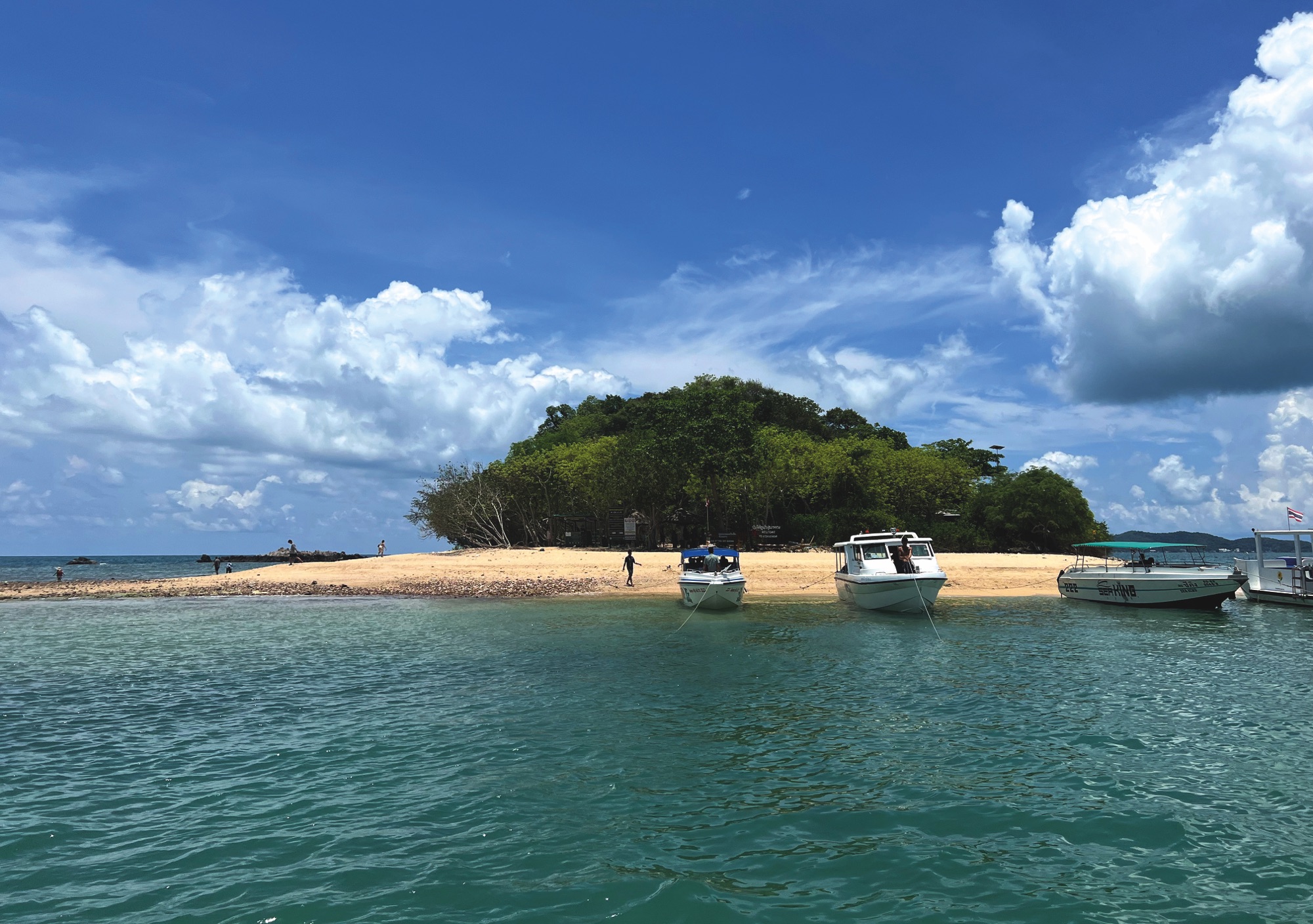
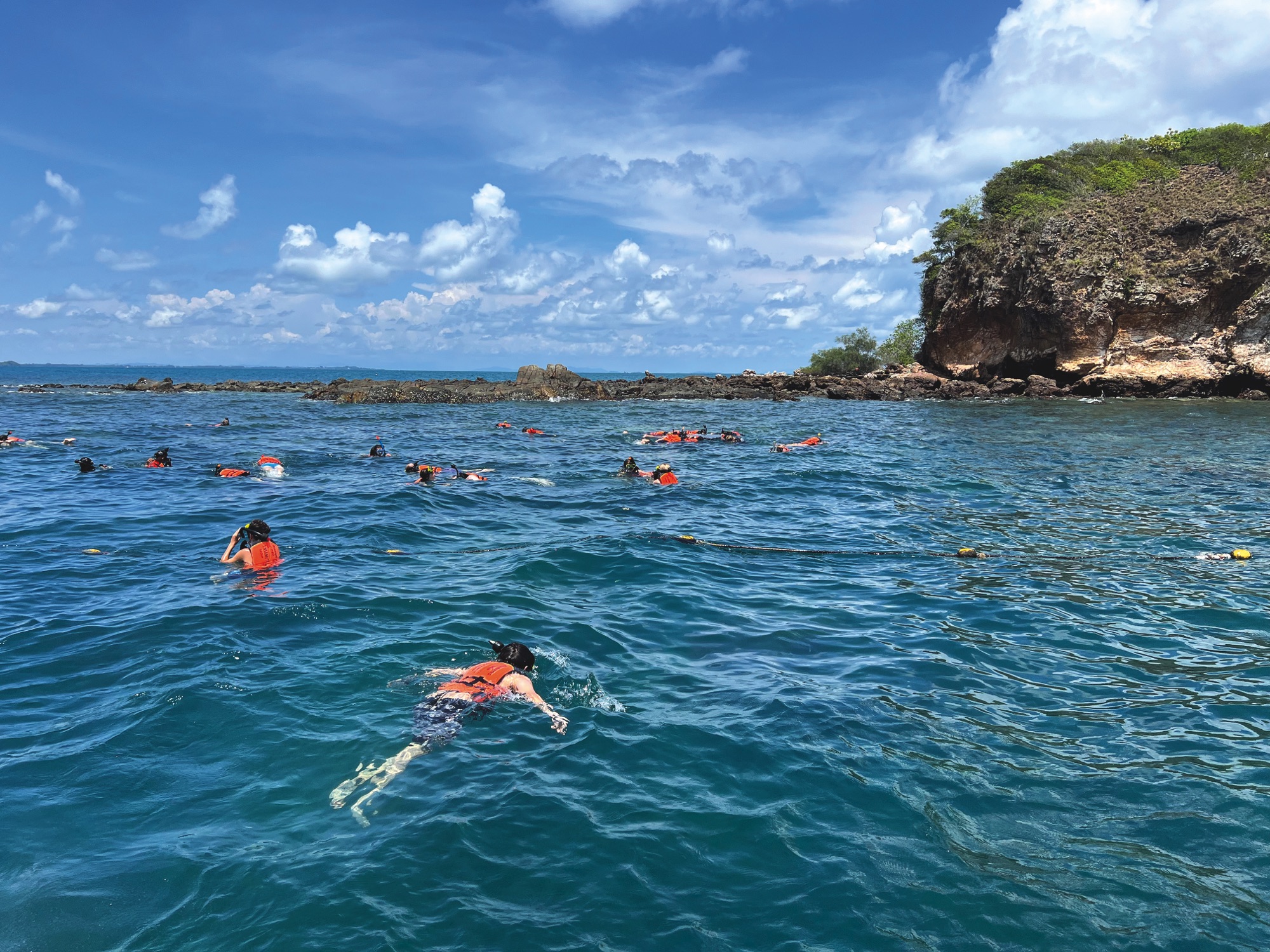
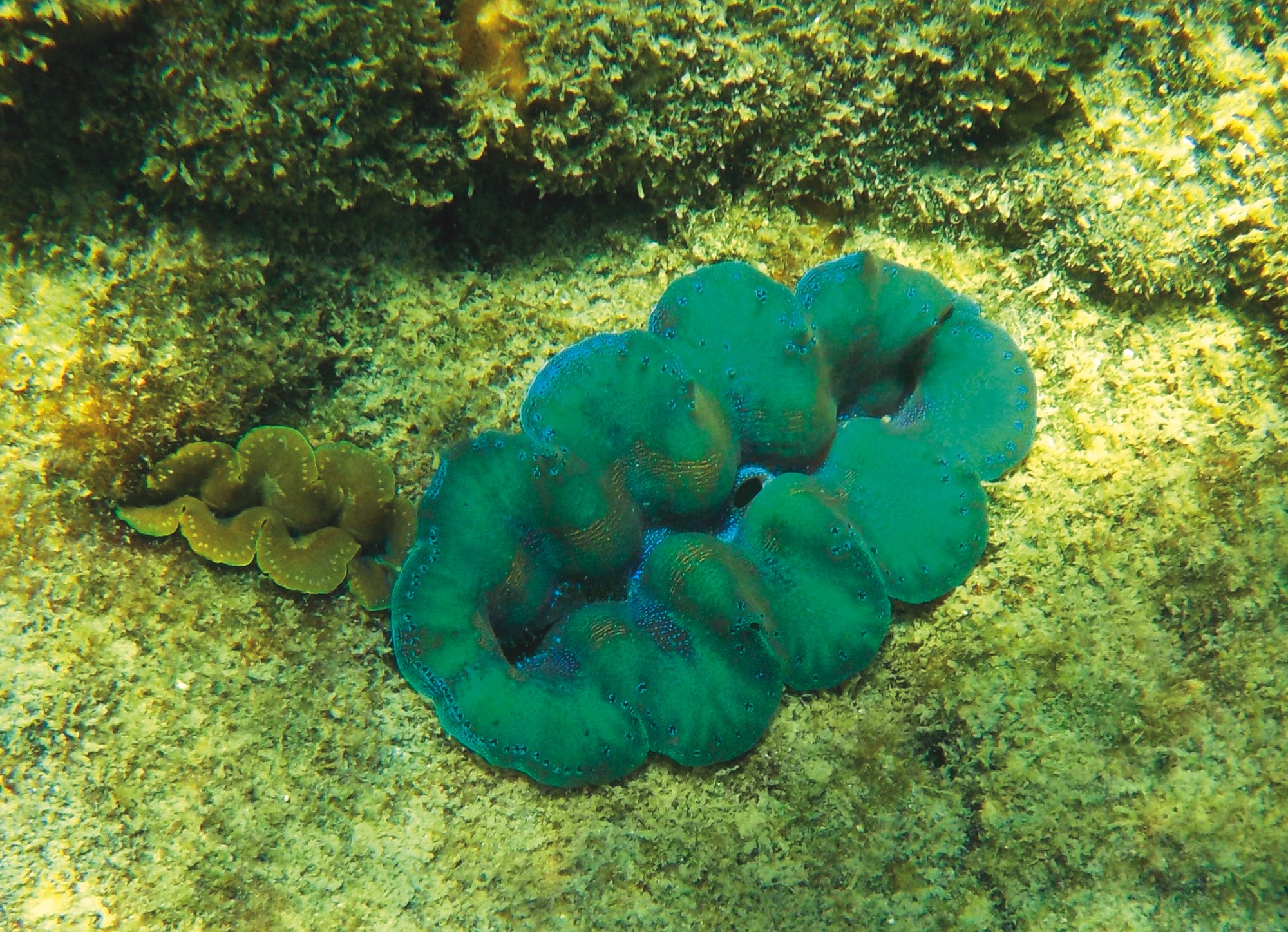
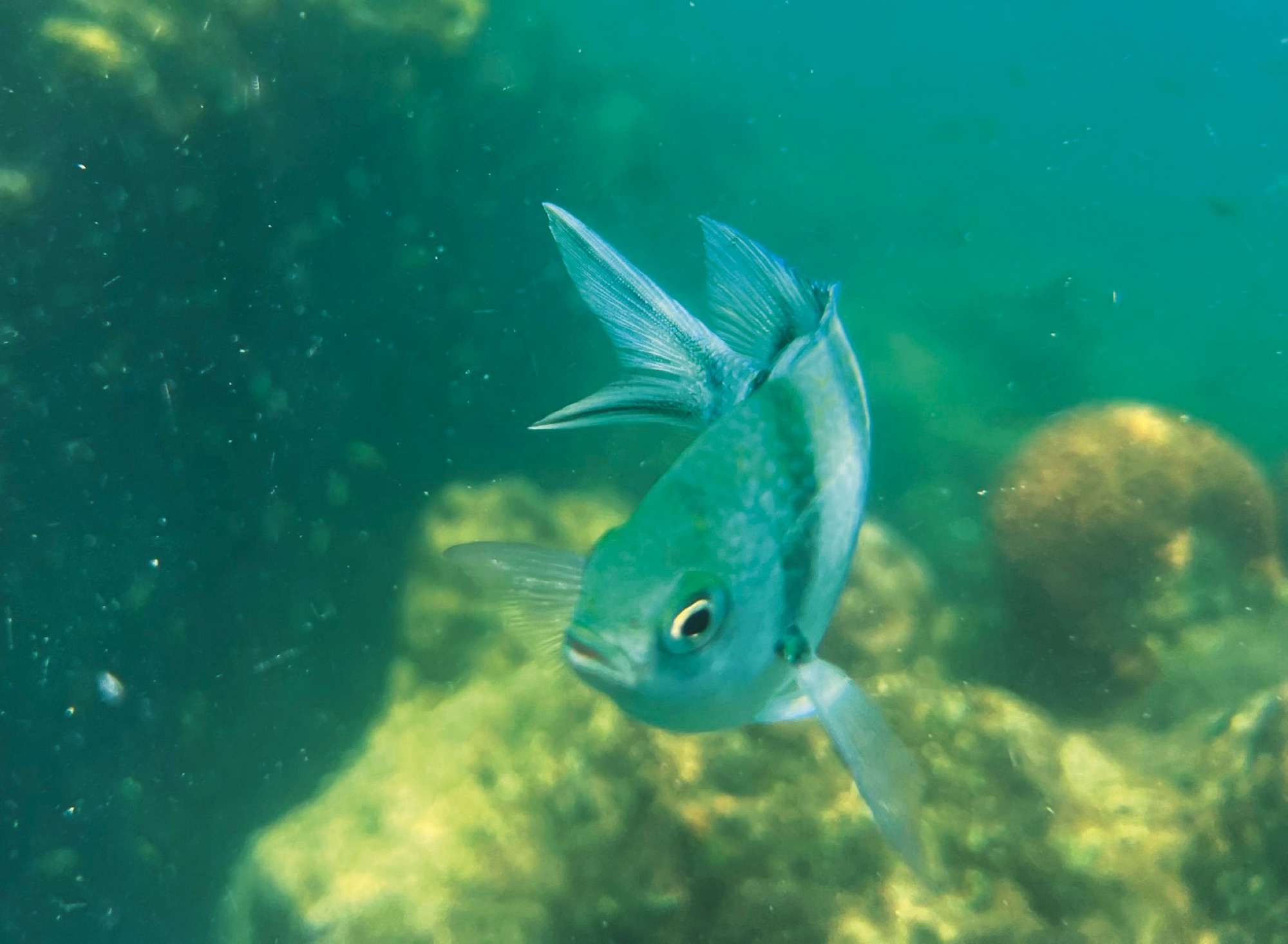
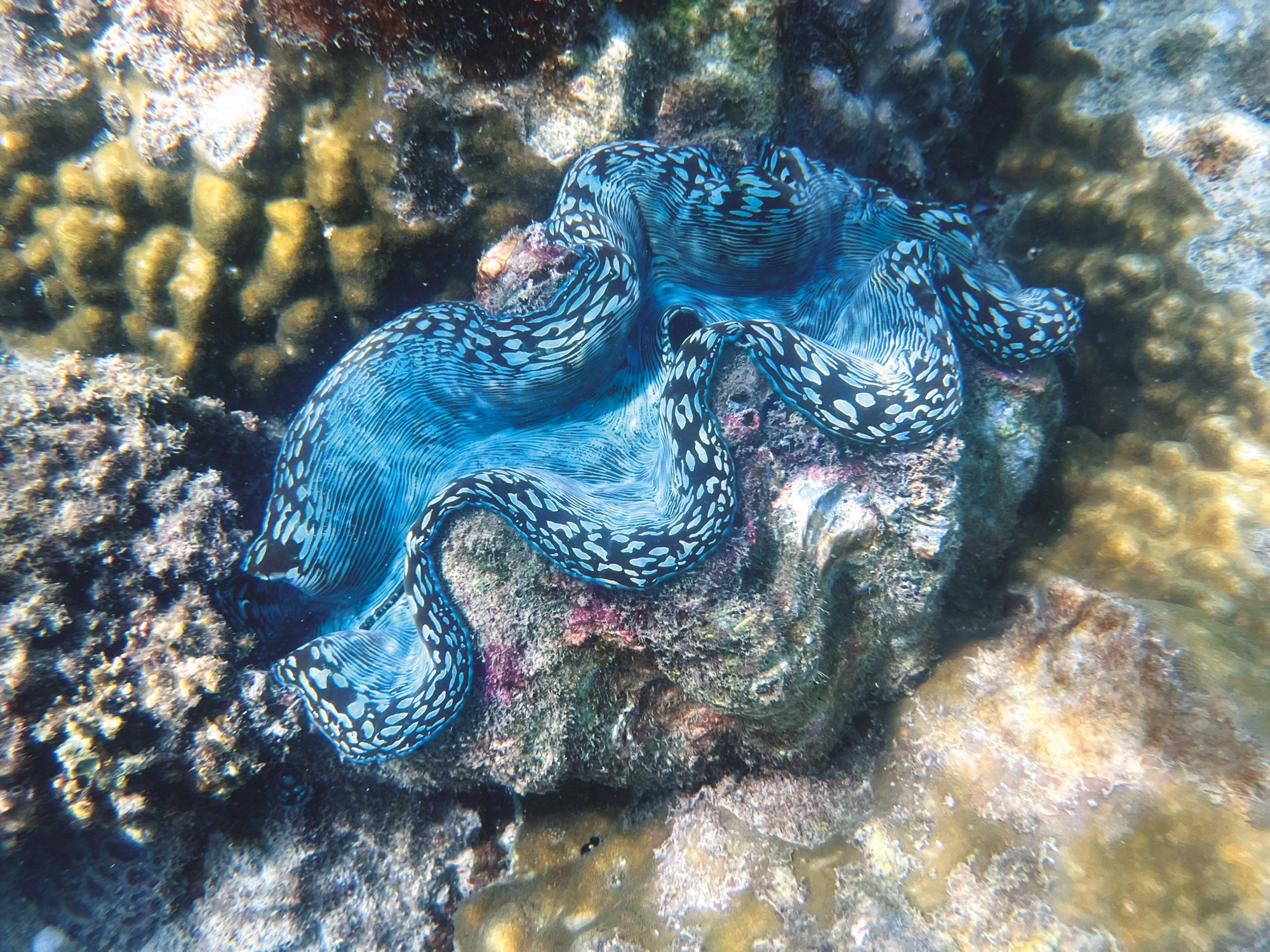
Our last day in paradise was spent relaxing on the beach and in the beautiful pool with an active bar, swimming, and snorkelling. On our last evening here, a beach party took place with a fire show and special tasty food.
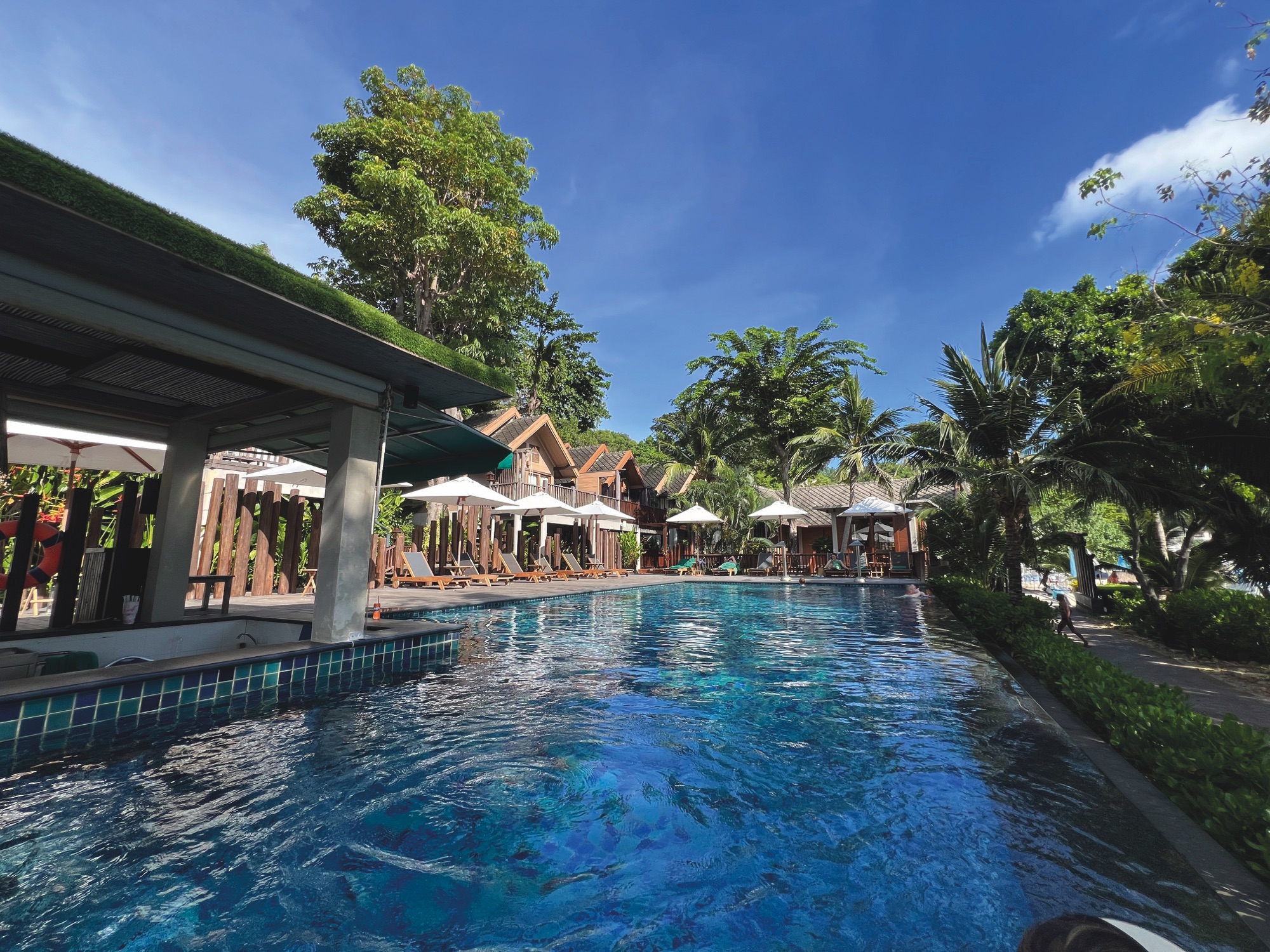
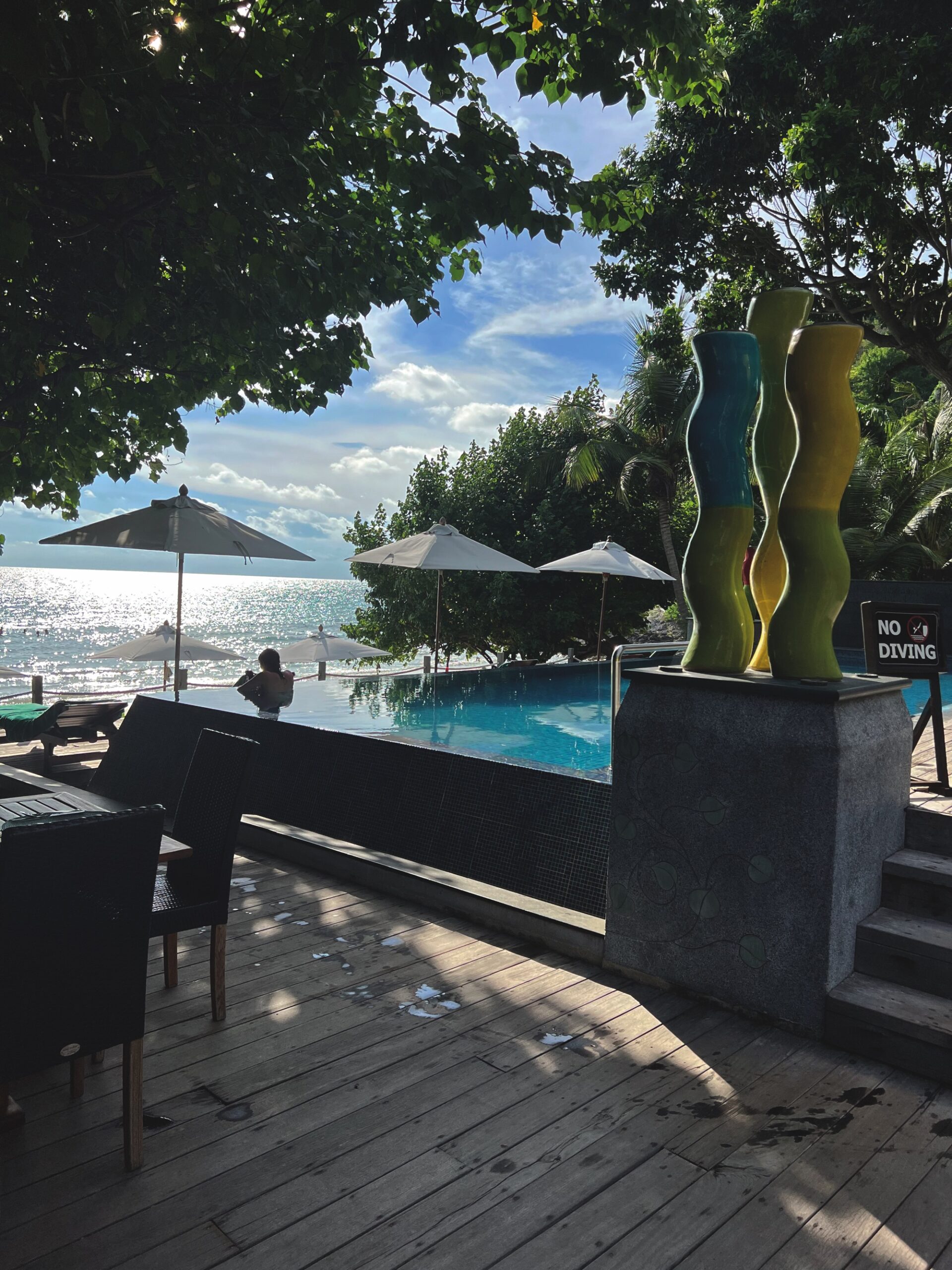
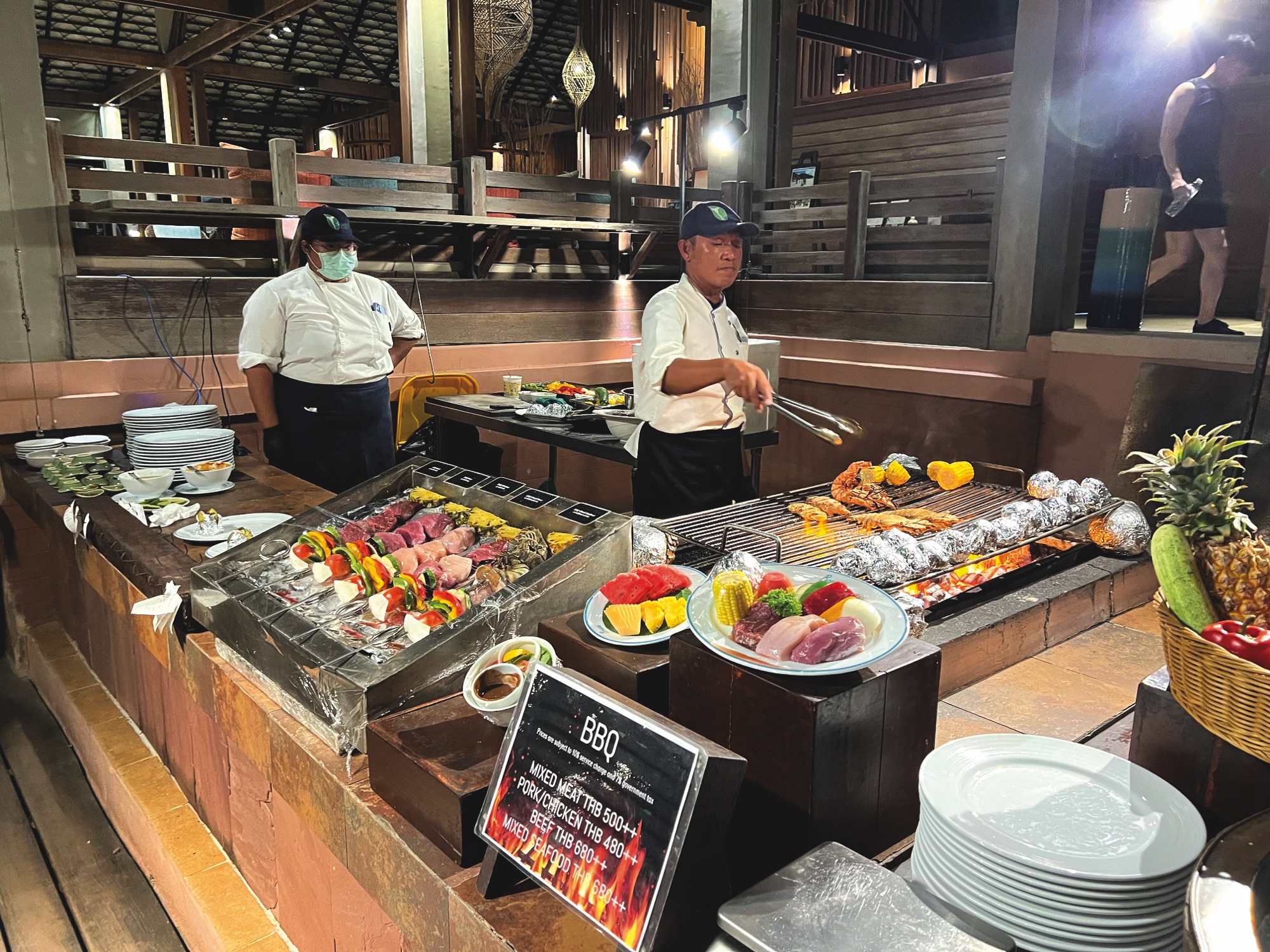
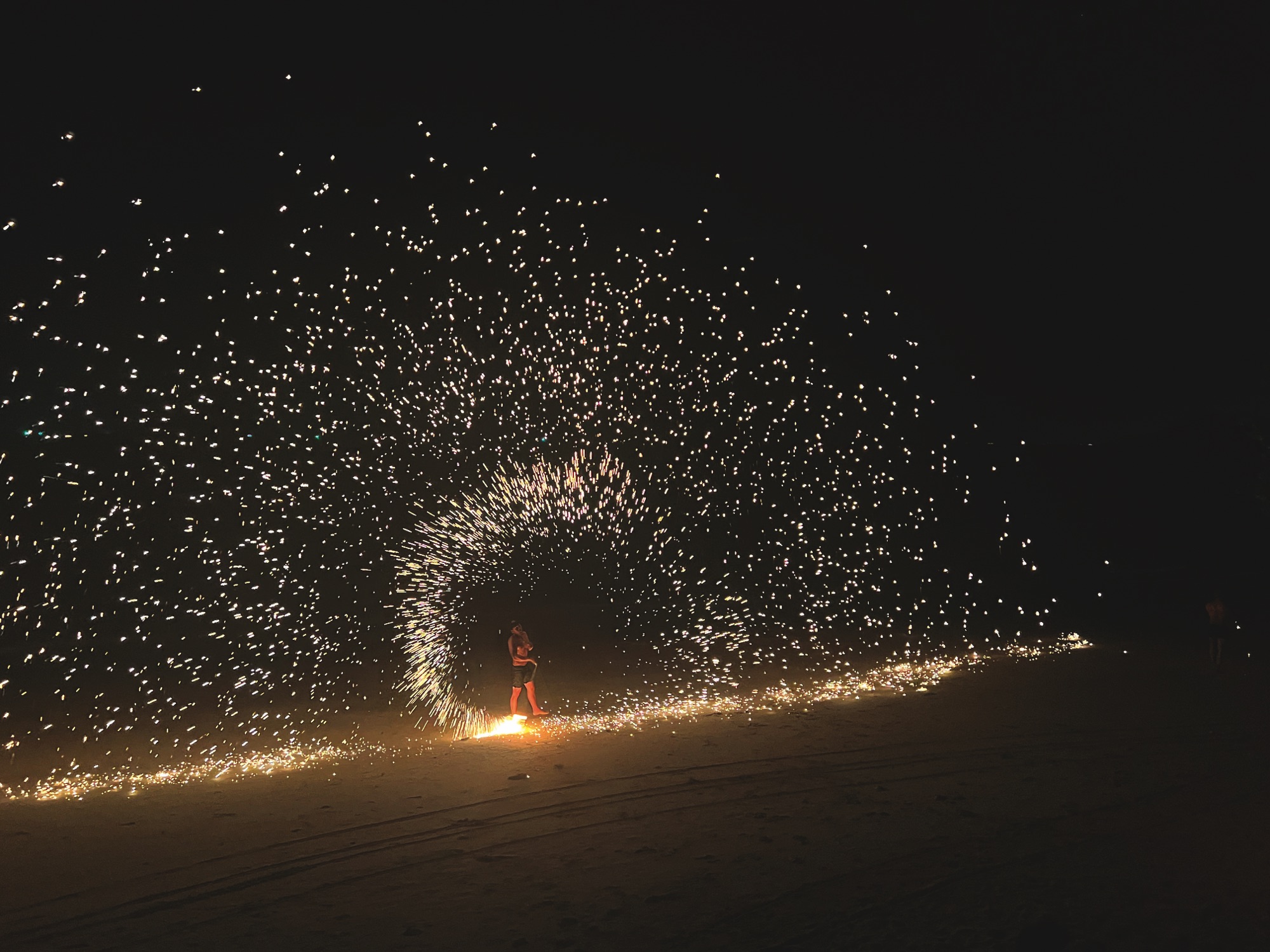
CHAPTER FIVE – THE END IS COMING
After an early breakfast, we took the speedboat to the mainland on our way back to Bangkok. A driver from Mr. Beer’s company waited for us again to drive us to Bangkok. On the way, we made an important stop at The Man that Rescues Dogs. We strongly recommend reading the article about this place on page 66 of this magazine.
In Bangkok, we only had a short day, with a few important meetings. We chose a Thai-style hotel, Anantara Siam Bangkok Hotel. It offered a very good location, by the metro line and close to some big shopping malls.
We took a short walk at the nearby park with the big Monitor Lizards, and then headed to our important meetings.
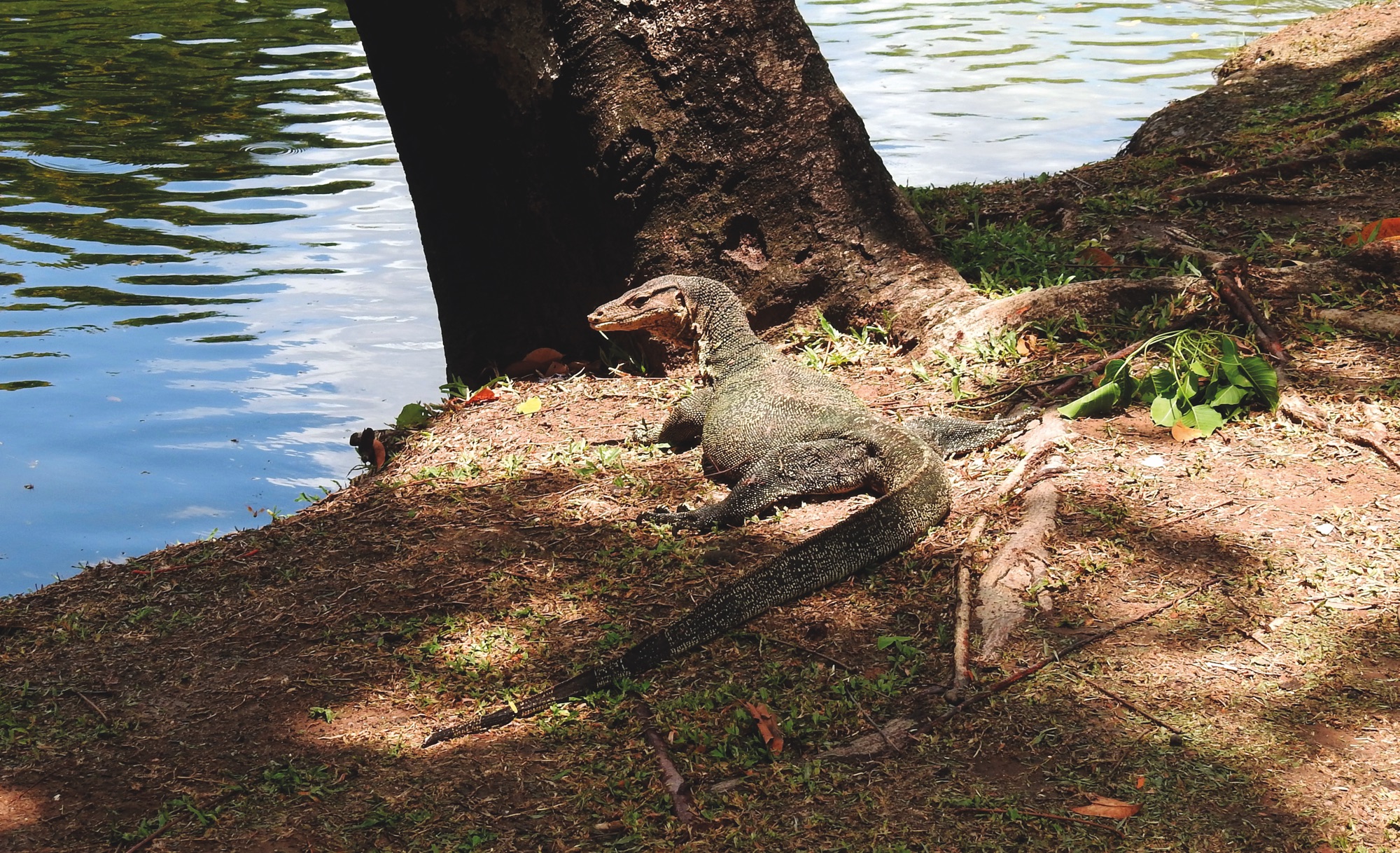
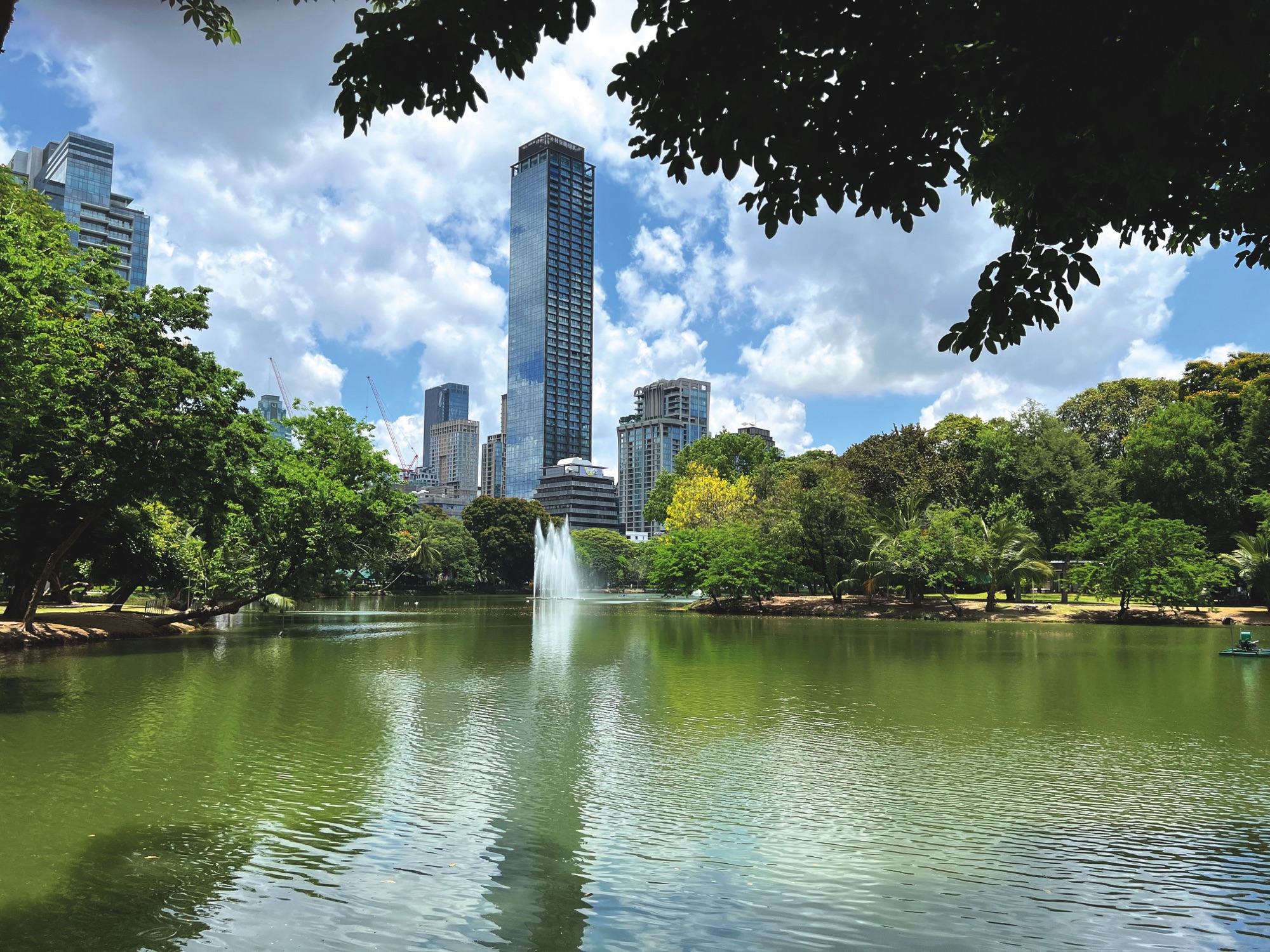
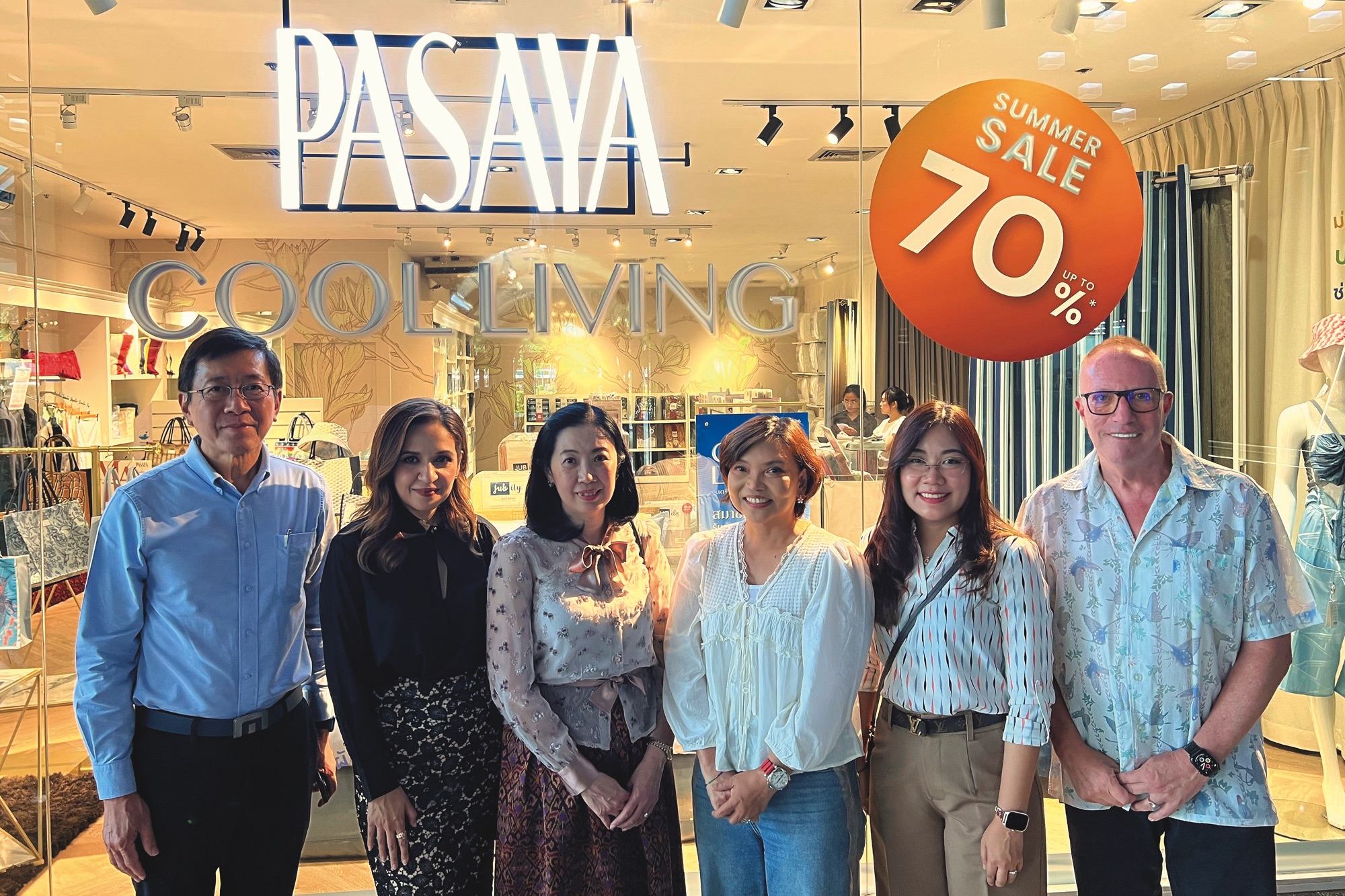
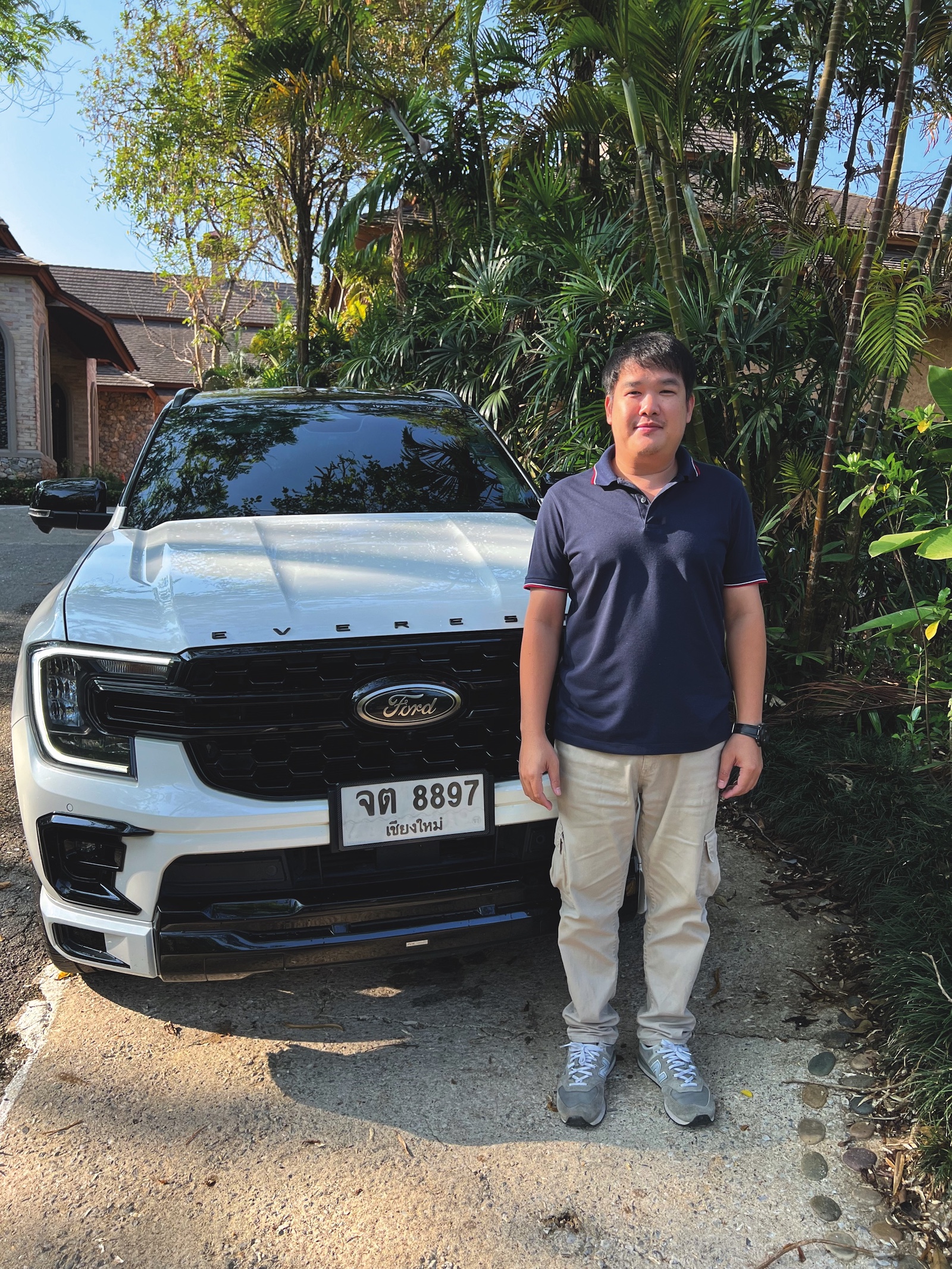
Our reliable driver – the best way to see Thailand. Call Mr. Note on his mobile or WhatsApp at +66 (0) 63 343 7787.
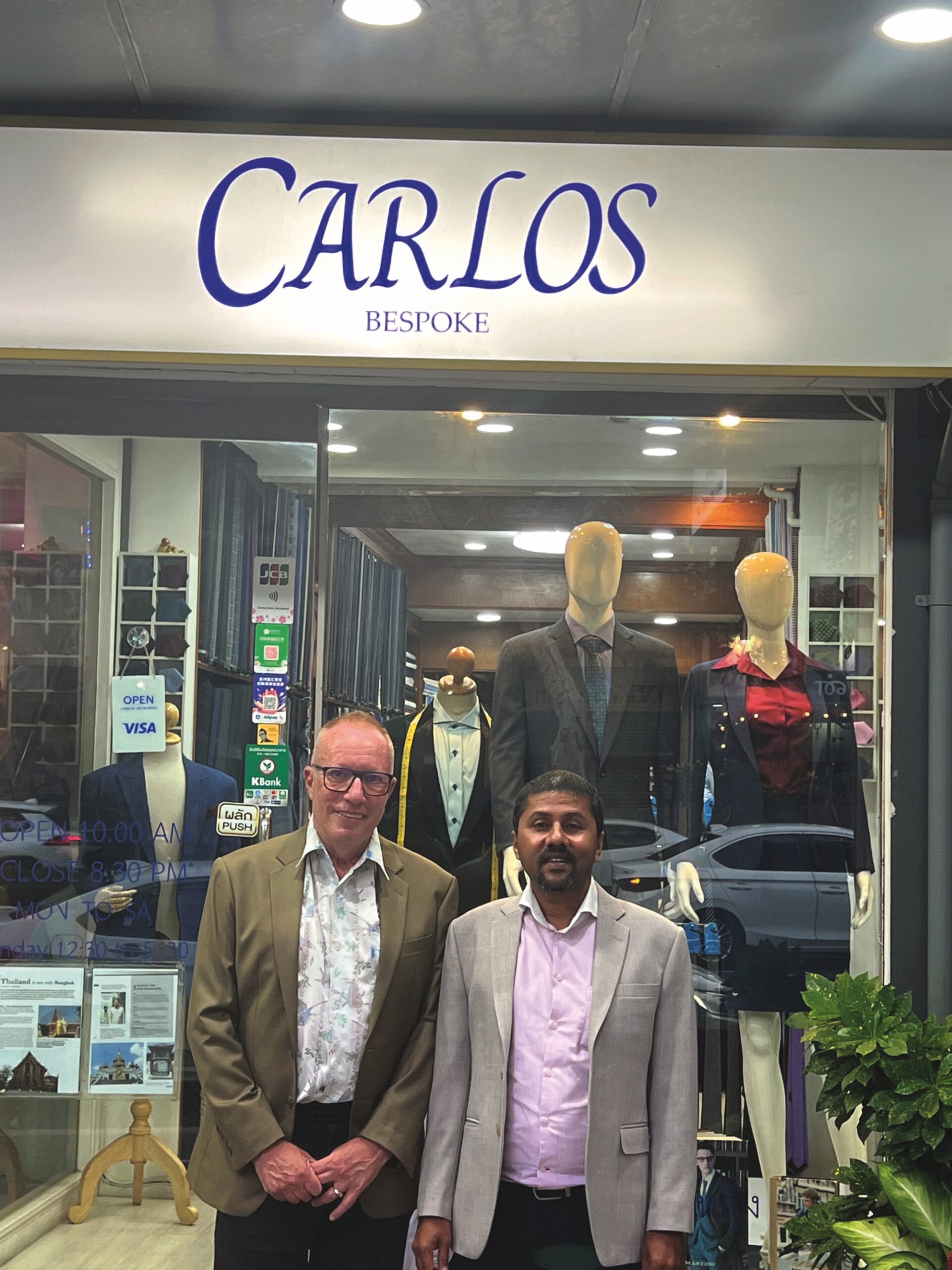
And, of course, we visited our tailor, Carlos Bespoke, who can be found at 284/6 Silom Road, Bangrak, Bangkok 10500 +66851070188.
In our previous magazine, we published an article titled ‘Infant Jesus of Prague dresses in robes from Thailand’.
Now, we went to meet the people who are behind these important robes. Mr. Schle Woodthanan – managing director of PASAYA company, Ms. Sivy Srichawla – group director of Gemma Knits, and Ms. Srisurath Sukavarodom (or Bo, as her friends call her), Counsellor at the Thai Embassy in Prague, who arrived especially for this meeting. The products of these companies are amazing and beautiful.
I hope we can publish an article about their work in our next magazine, and that we will be able to enjoy these products soon in both the Czech Republic and the rest of the EU.
We then went to an early dinner at Mamma Restaurant, which we have loved since our previous visit.
In the morning, we had to wake up very early to catch our 7am flight back home.
Goodbye, Thailand, you were beautiful and good to us as usual! We will return again.
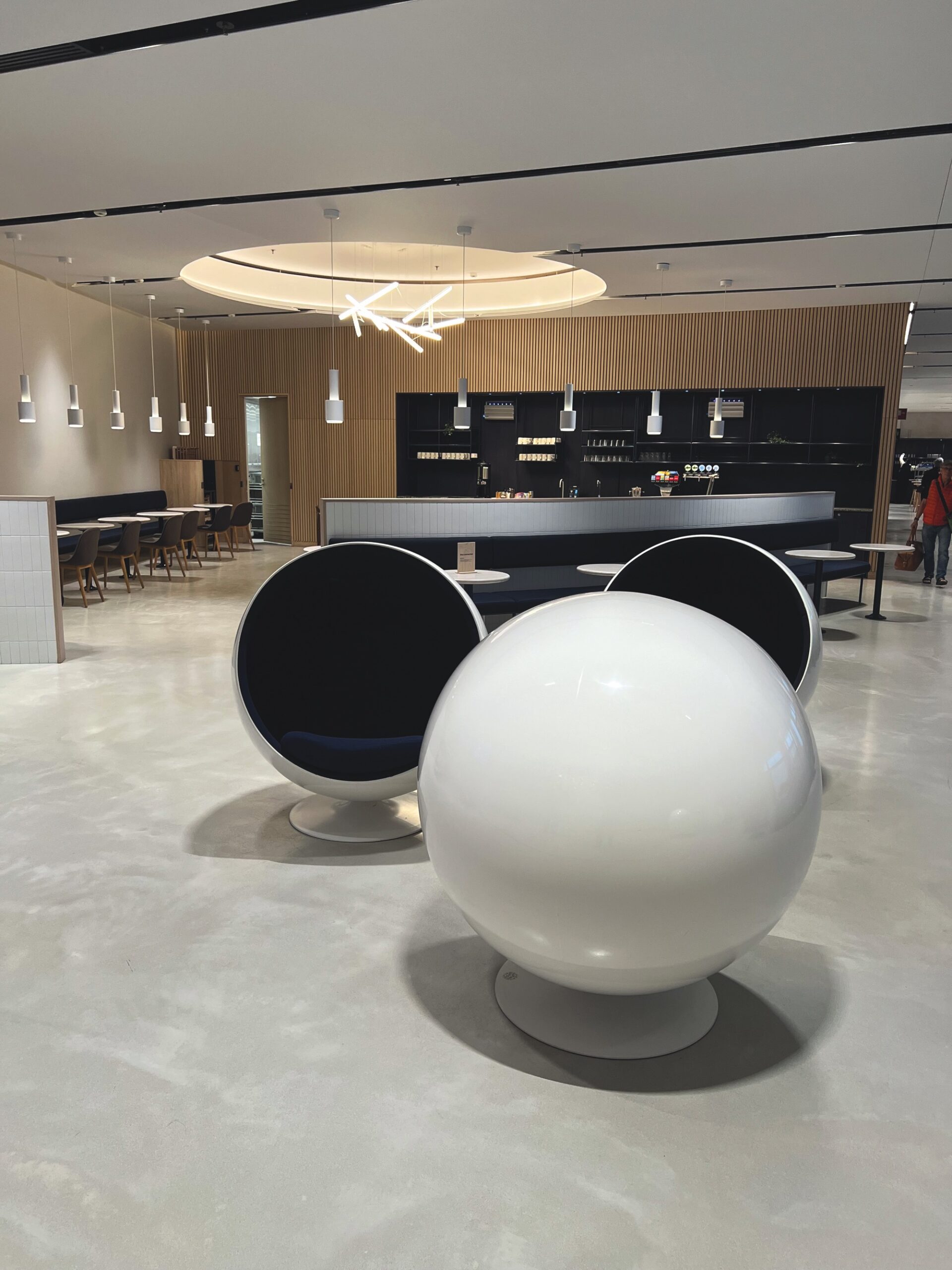
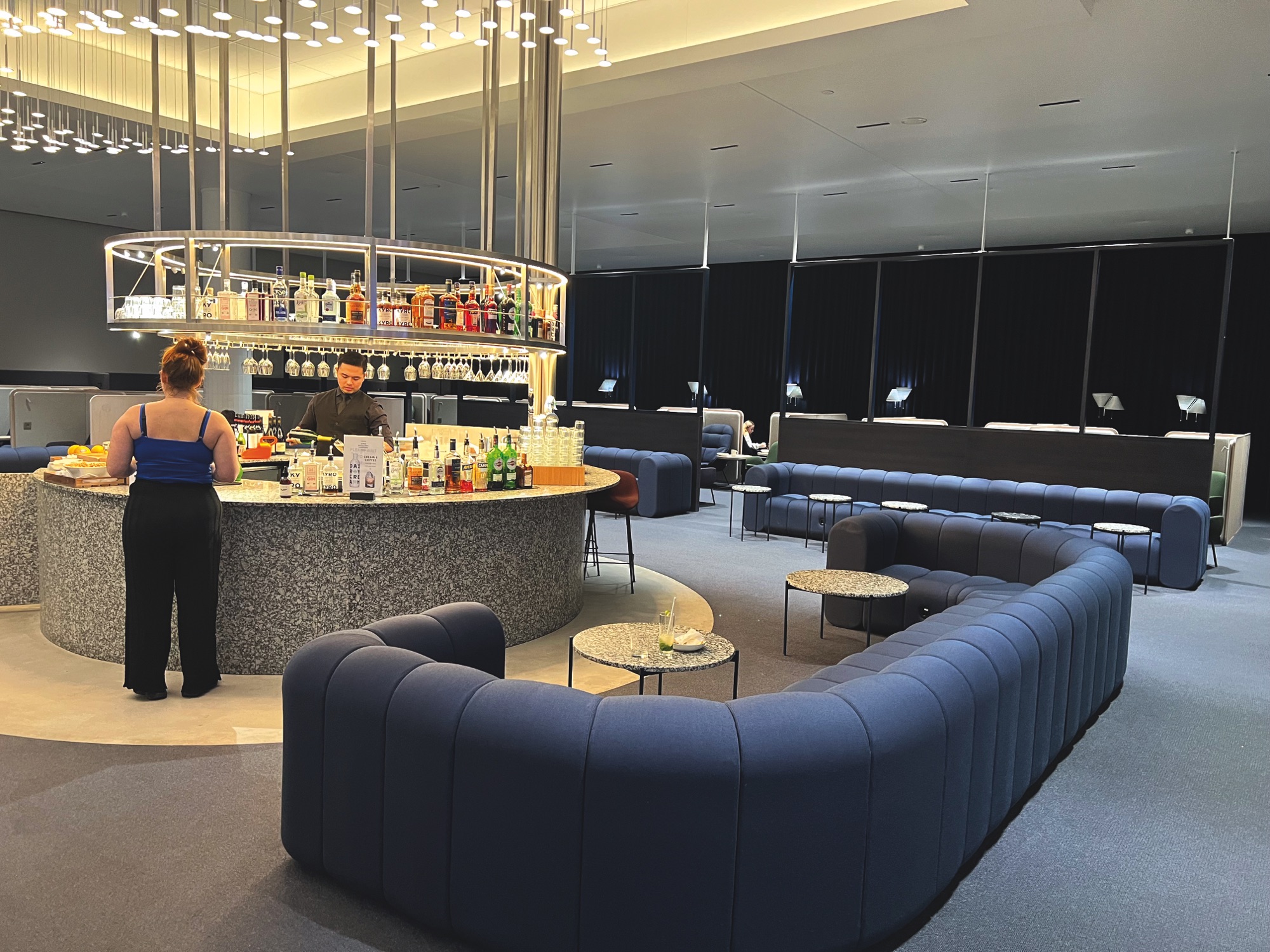
PRAGUE-THAILAND-PRAGUE FLIGHTS
Unfortunately, we don’t have any direct flights from Prague to Bangkok. It is a long journey, so choosing the right option for your connecting flights is essential. This time, we chose to fly with Finnair via Helsinki – they had the best connections, the shortest time, and a good price.
We left Prague at 8am to arrive in Helsinki about two hours later. Then, we had three hours there before our flight to Bangkok.
It was my first time at Helsinki Airport, and I was surprised by how big and modern it was. Moving from the Schengen terminal to the other was fast with biometric passports. The Finnair lounge was an even bigger surprise – a very modern design, and still, everyone can have their own quiet place. The food and wine offered were nice. Everyone could find something to their taste. The “star” of the lounge was the bar, offering great cocktails. The service was good and friendly.
The flight to Bangkok was in business class. The seating arrangement of 1-2-1, with those chairs, provides a lot of privacy. It’s a clever design, letting you enjoy long flights. The way the dining table is set up allows the chair to be changed into a bed. The cabin temperature was nice, even a bit cold. The food was nice and tasty, with a matching presentation – more like a high-level restaurant. The flight attendants were the best part of the flight – they all worked hard and quietly. I hope this never changes.
The flight back home from Bangkok was in economy class.
The seats were comfortable, there was a nice selection of media options, and a good service by the crew. The food, however, was lacking – both breakfast and lunch need a BIG improvement.
We left Bangkok at 7am, arriving in Prague on the same day, a few minutes before 7pm. All flights were on time.
I will definitely fly with Finnair again.
The procedures at Bangkok airport were fast and friendly.
Our luggage arrived fast, too. After buying a local data SIM card for my mobile, we walked to the domestic terminal to take our flight to Chiang Rai.
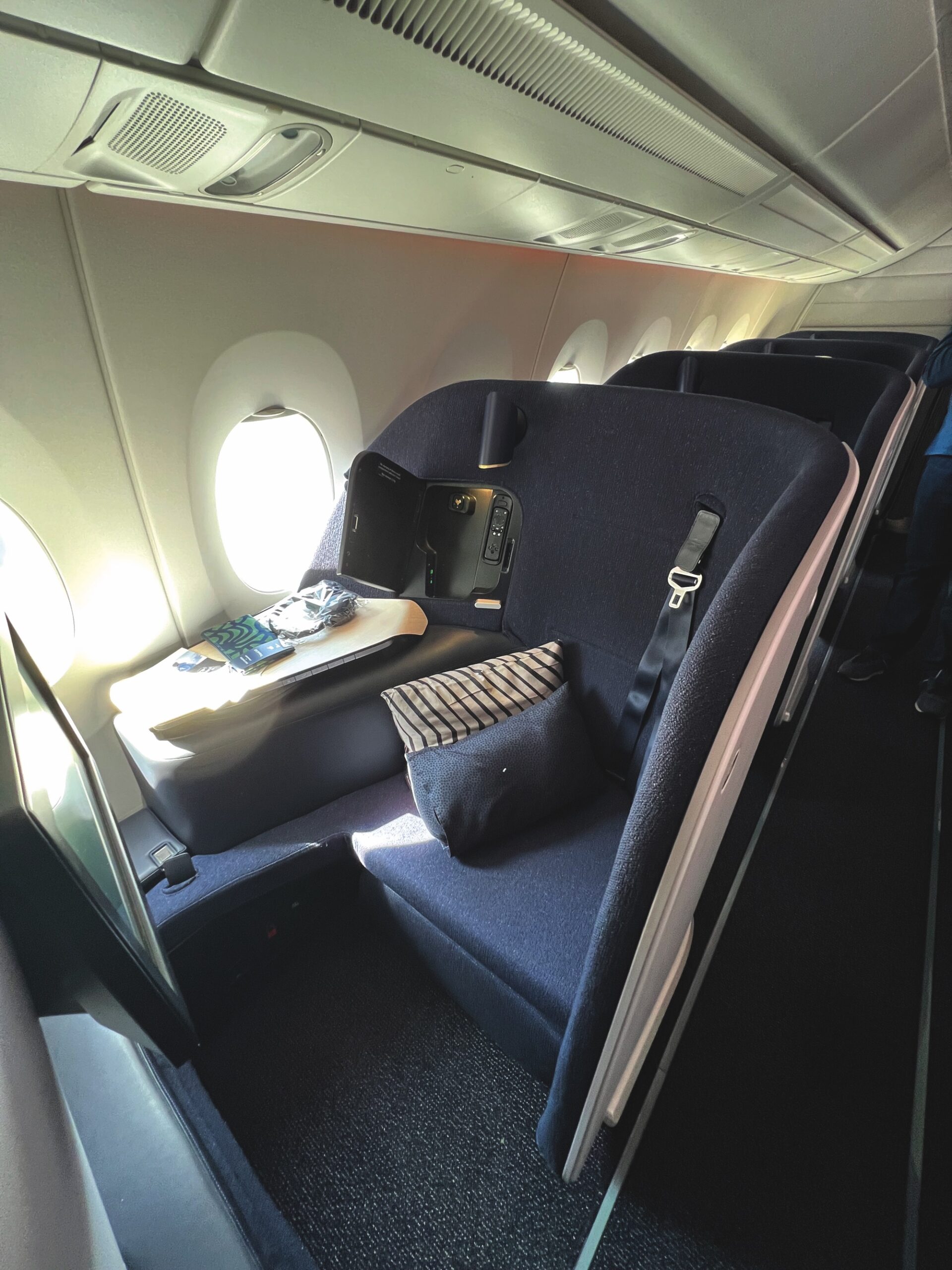
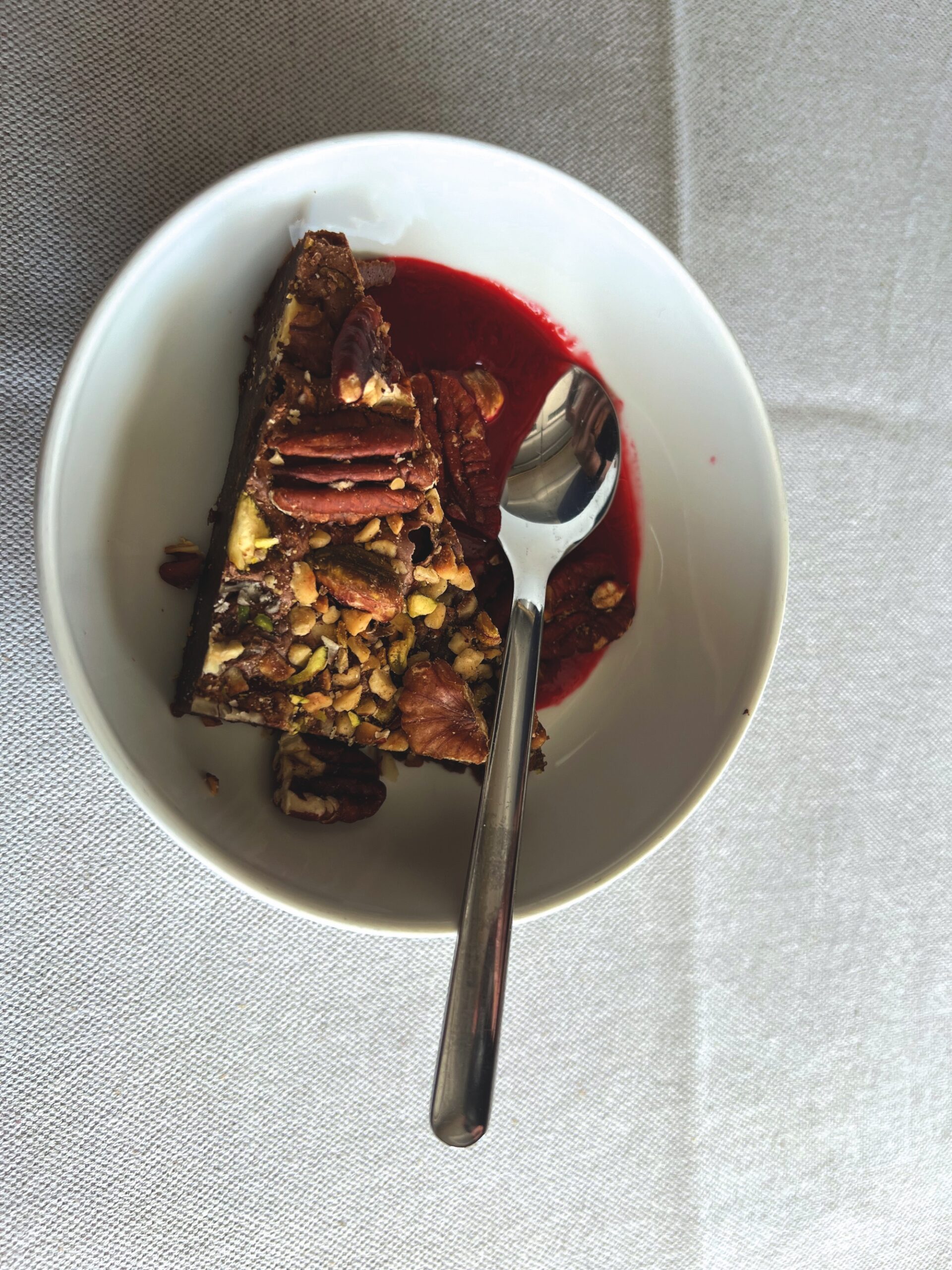
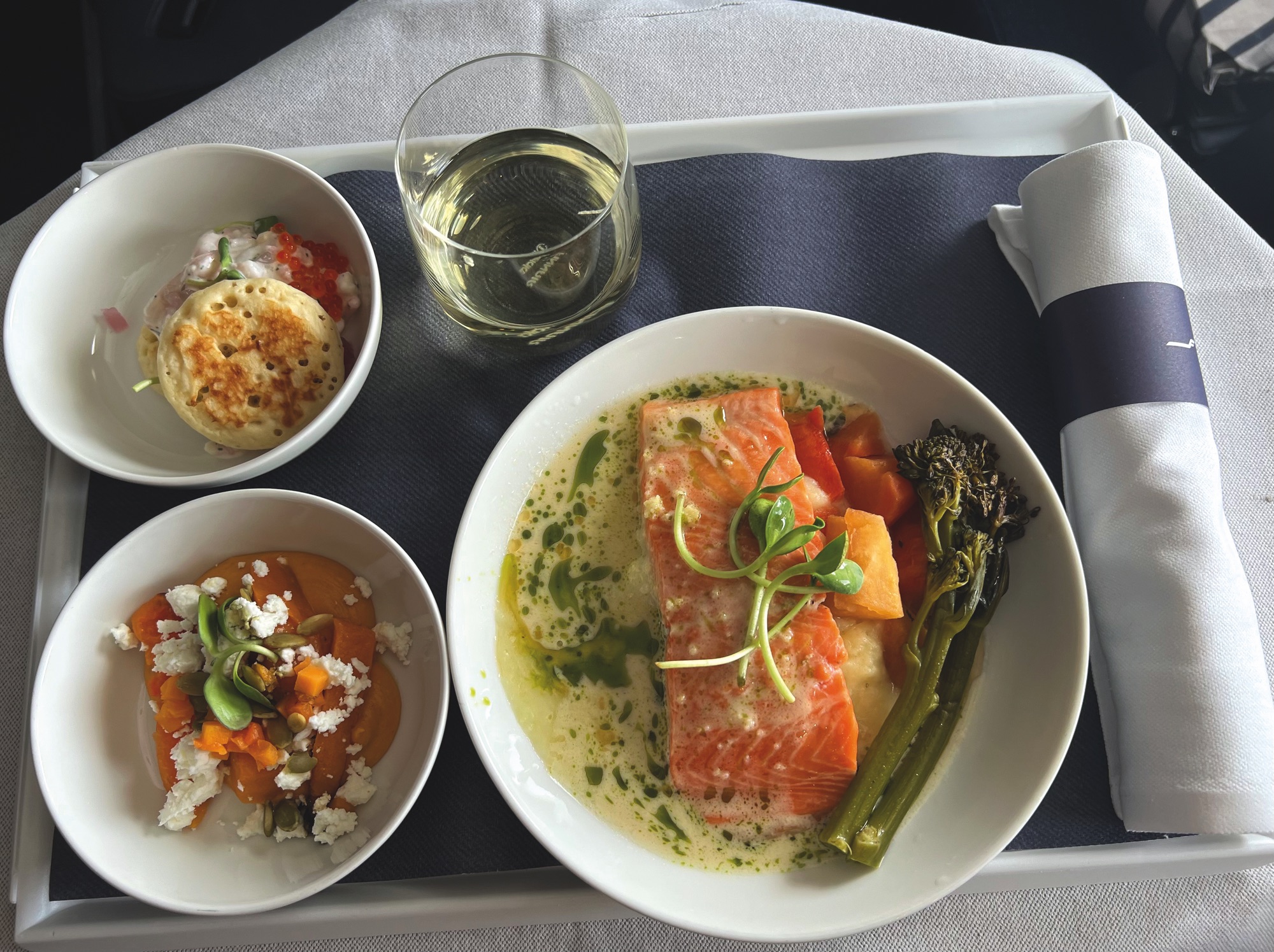
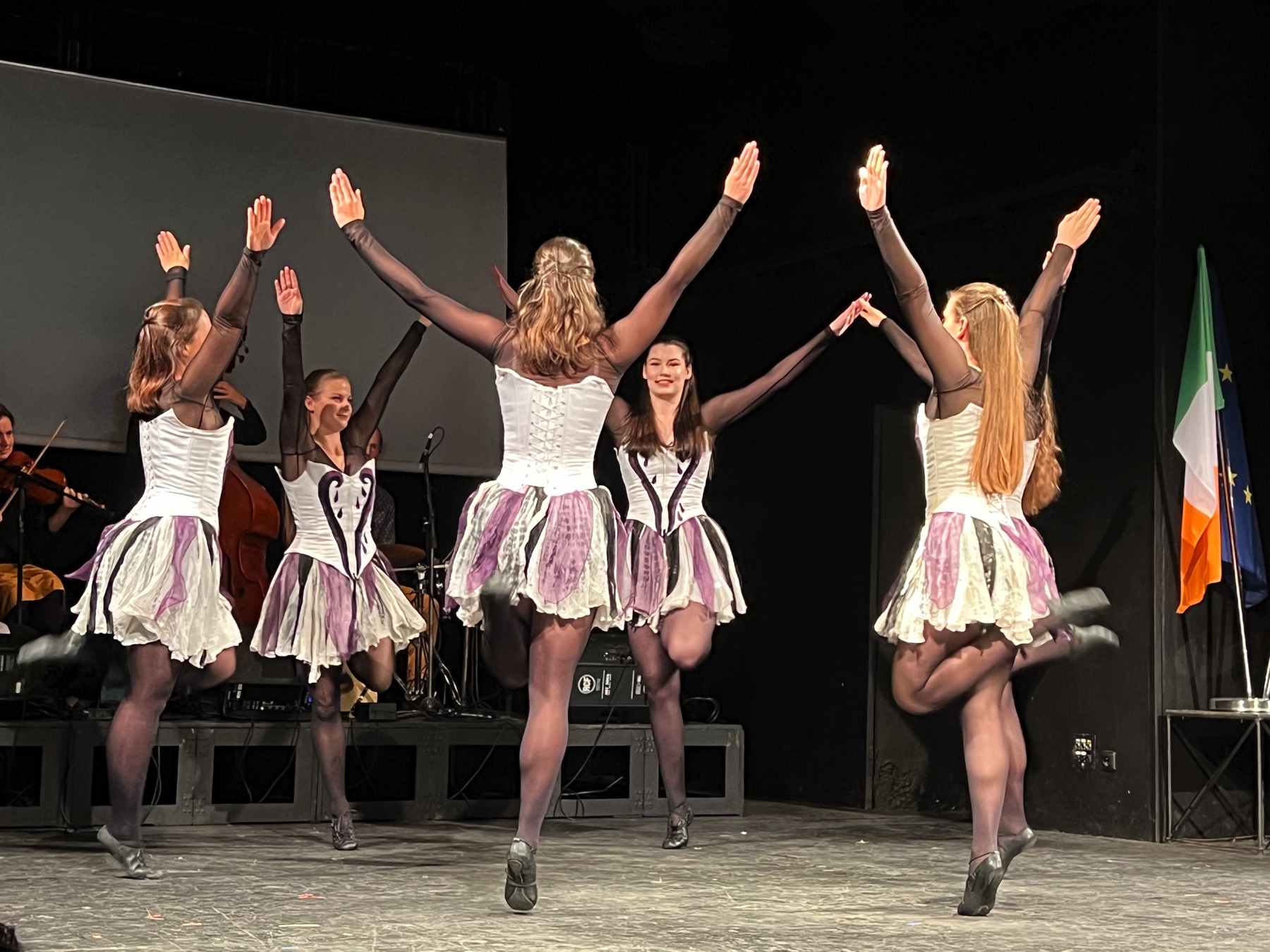







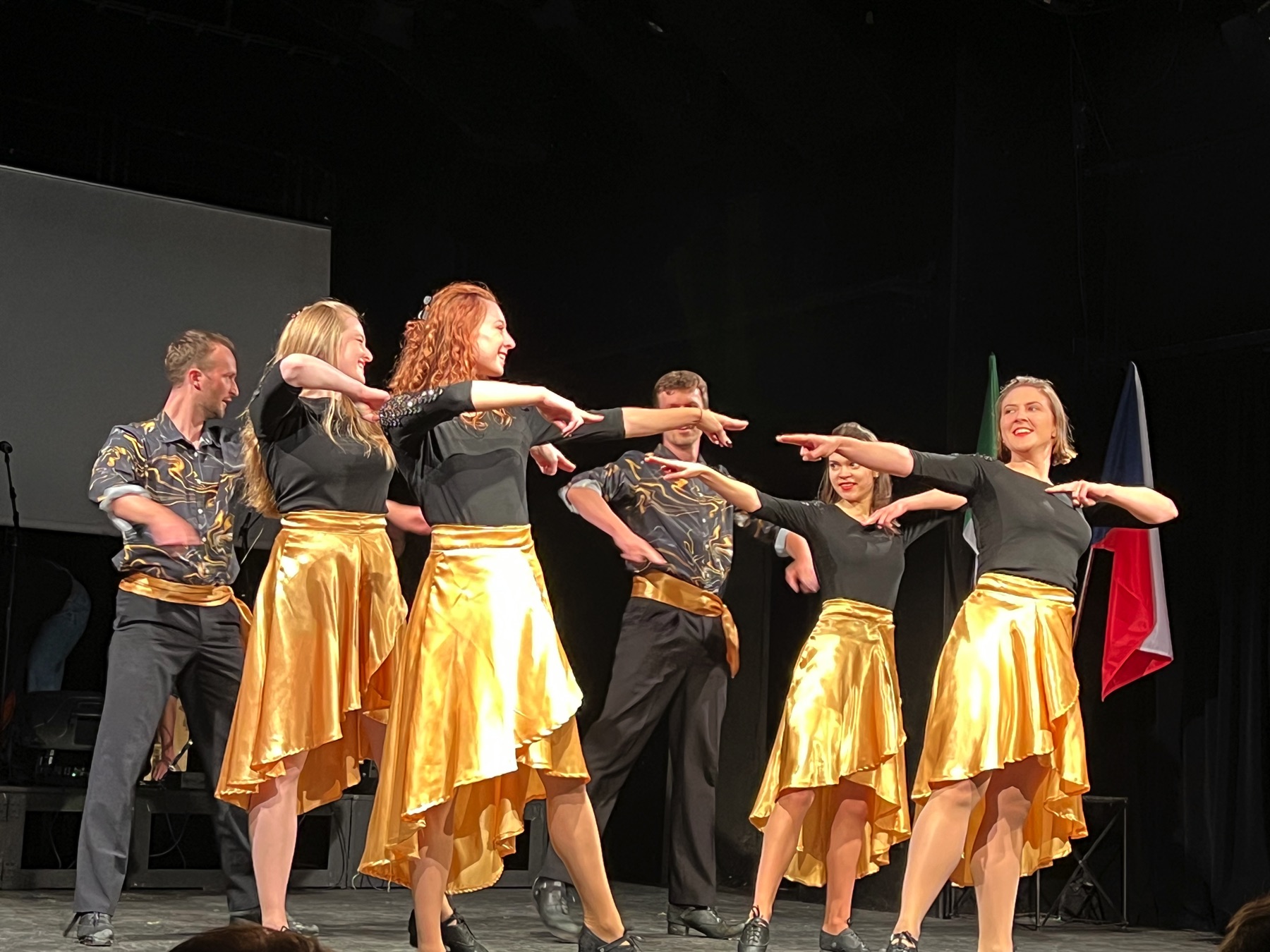





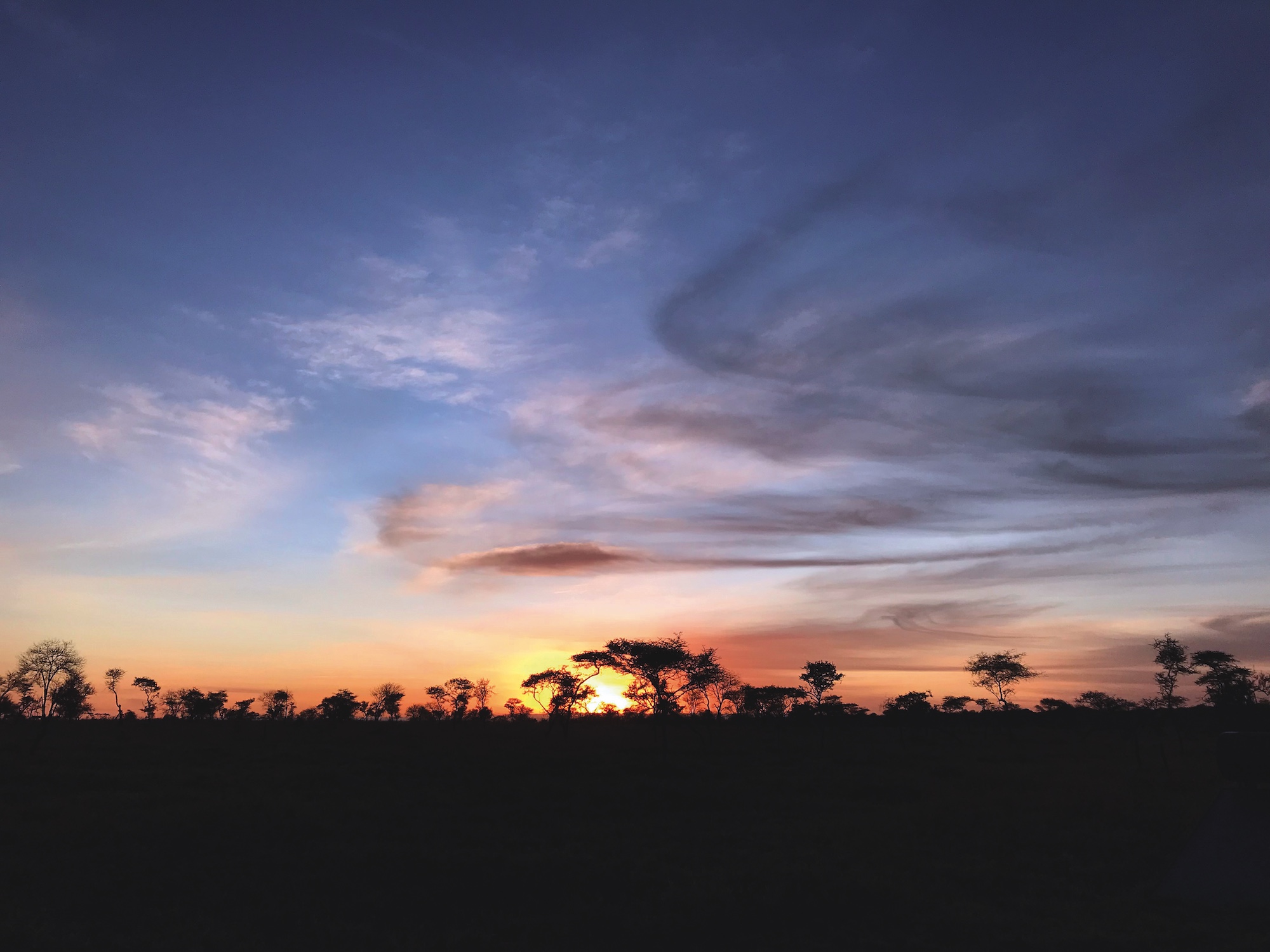
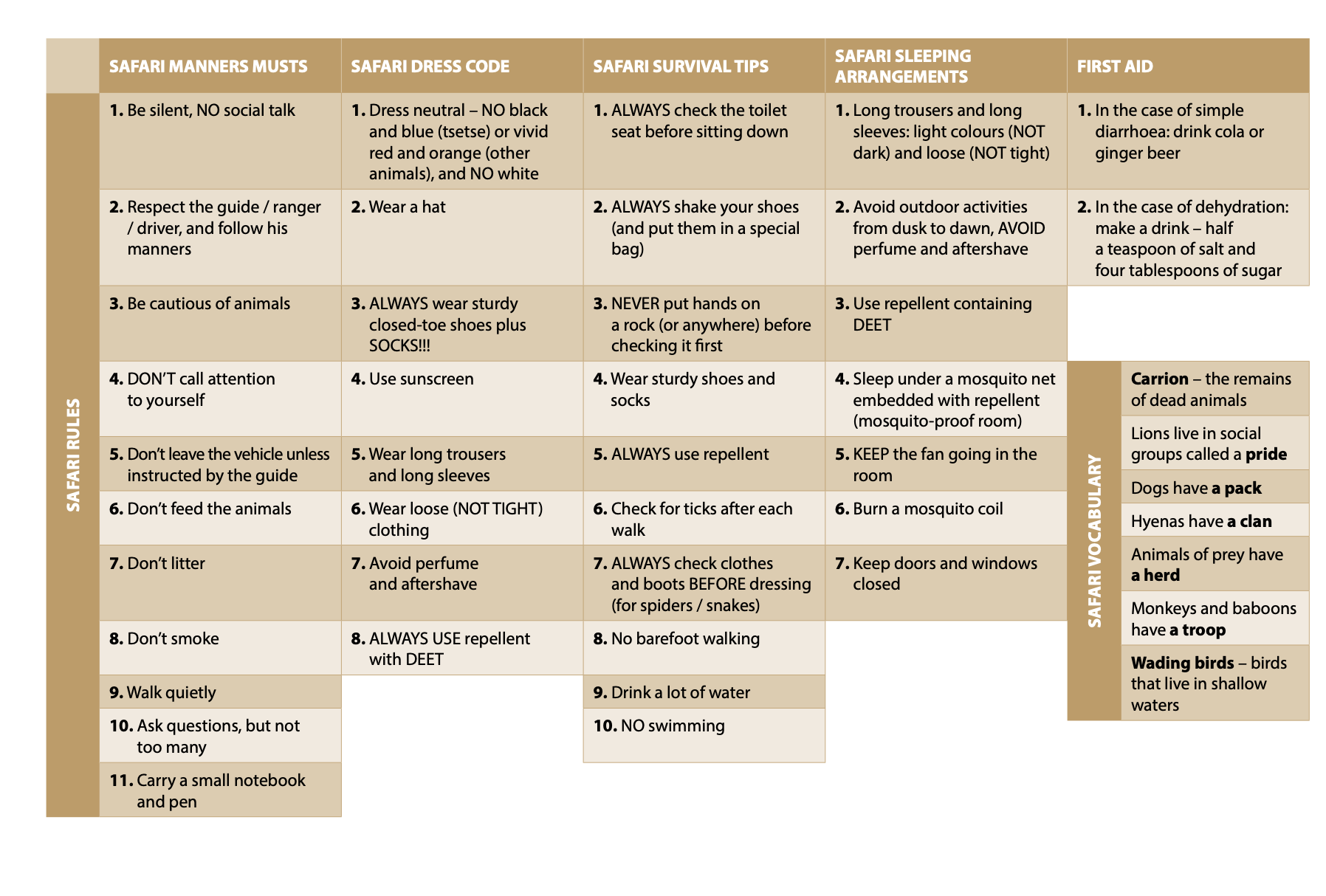
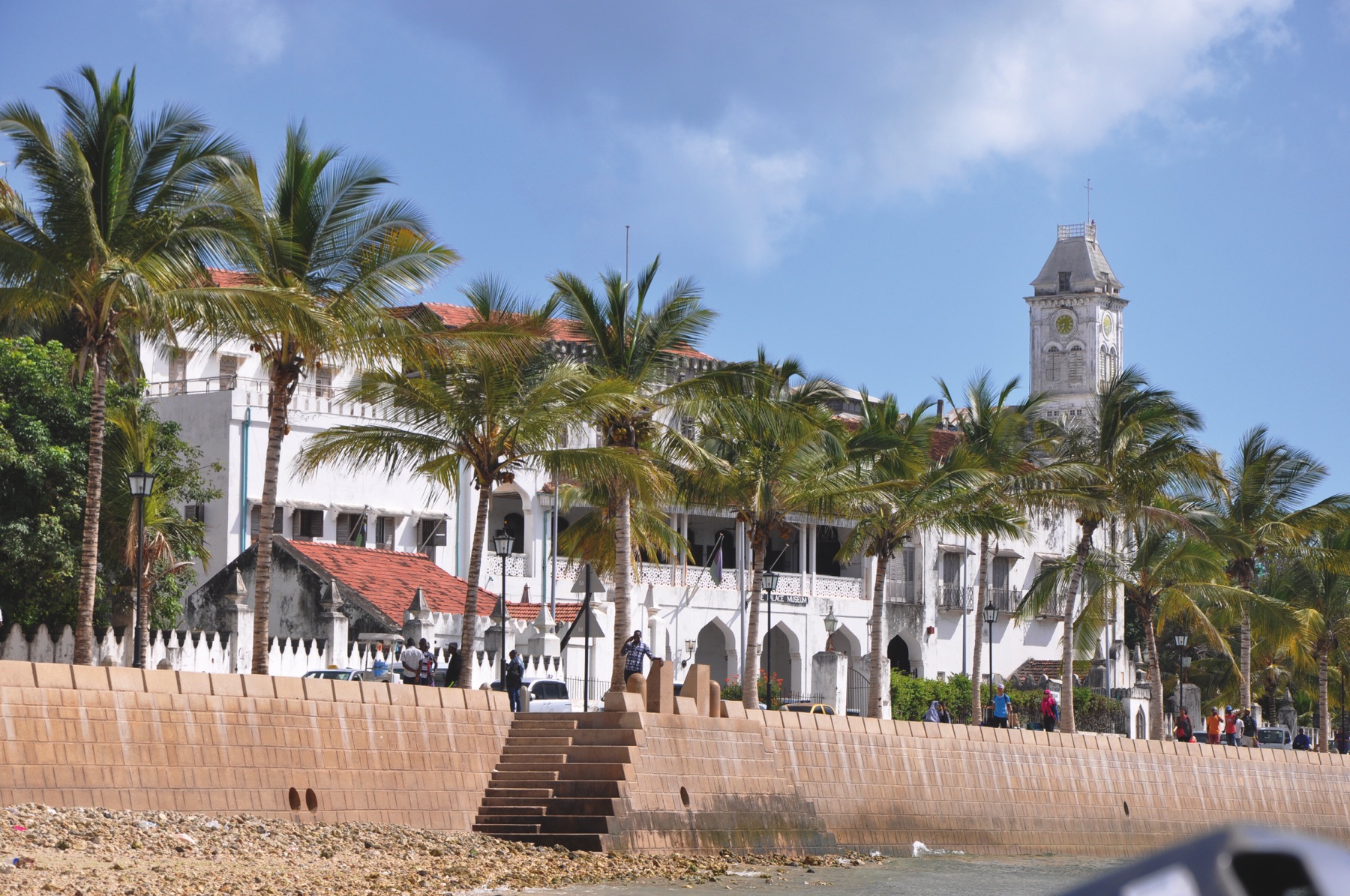
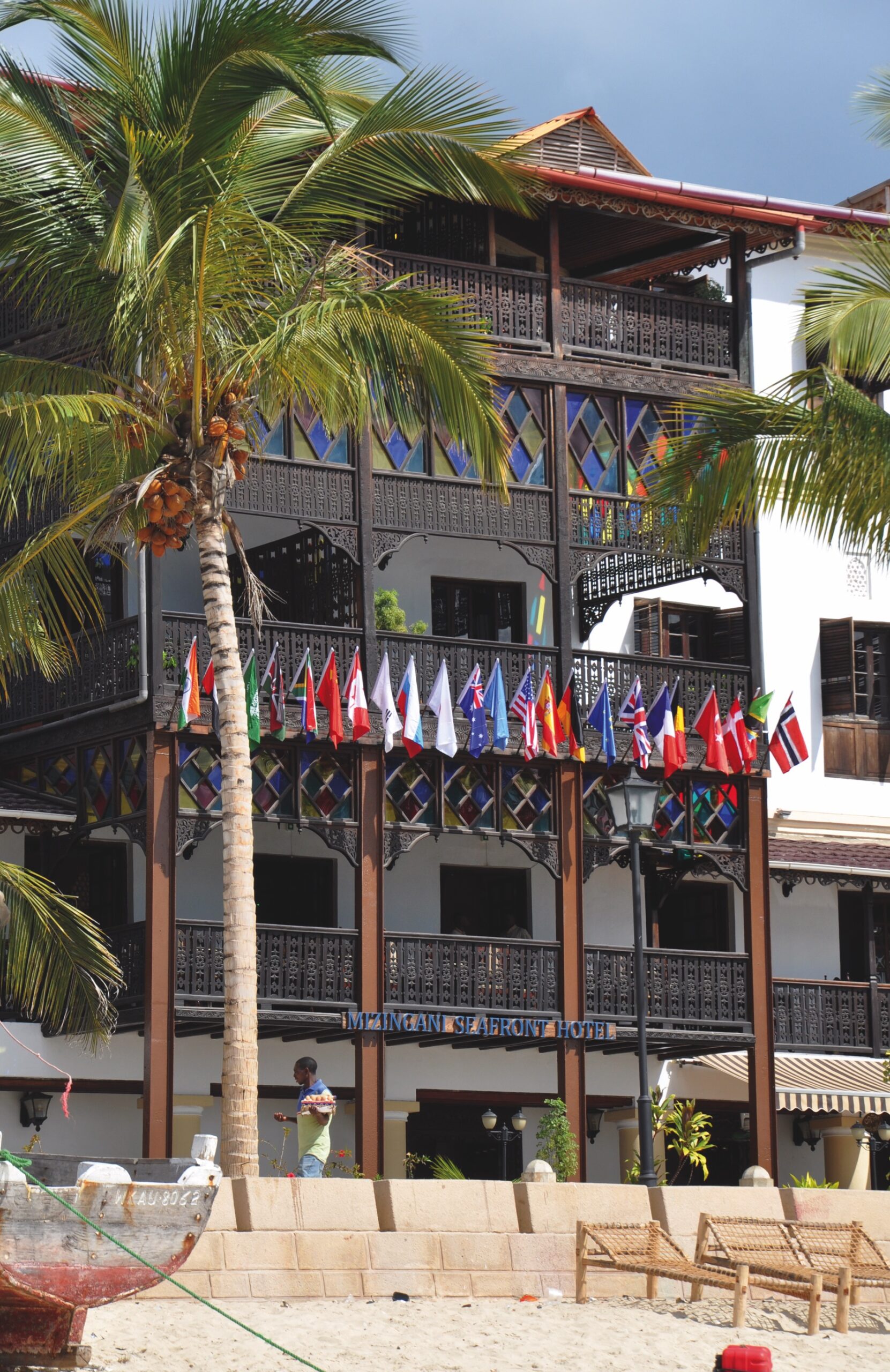

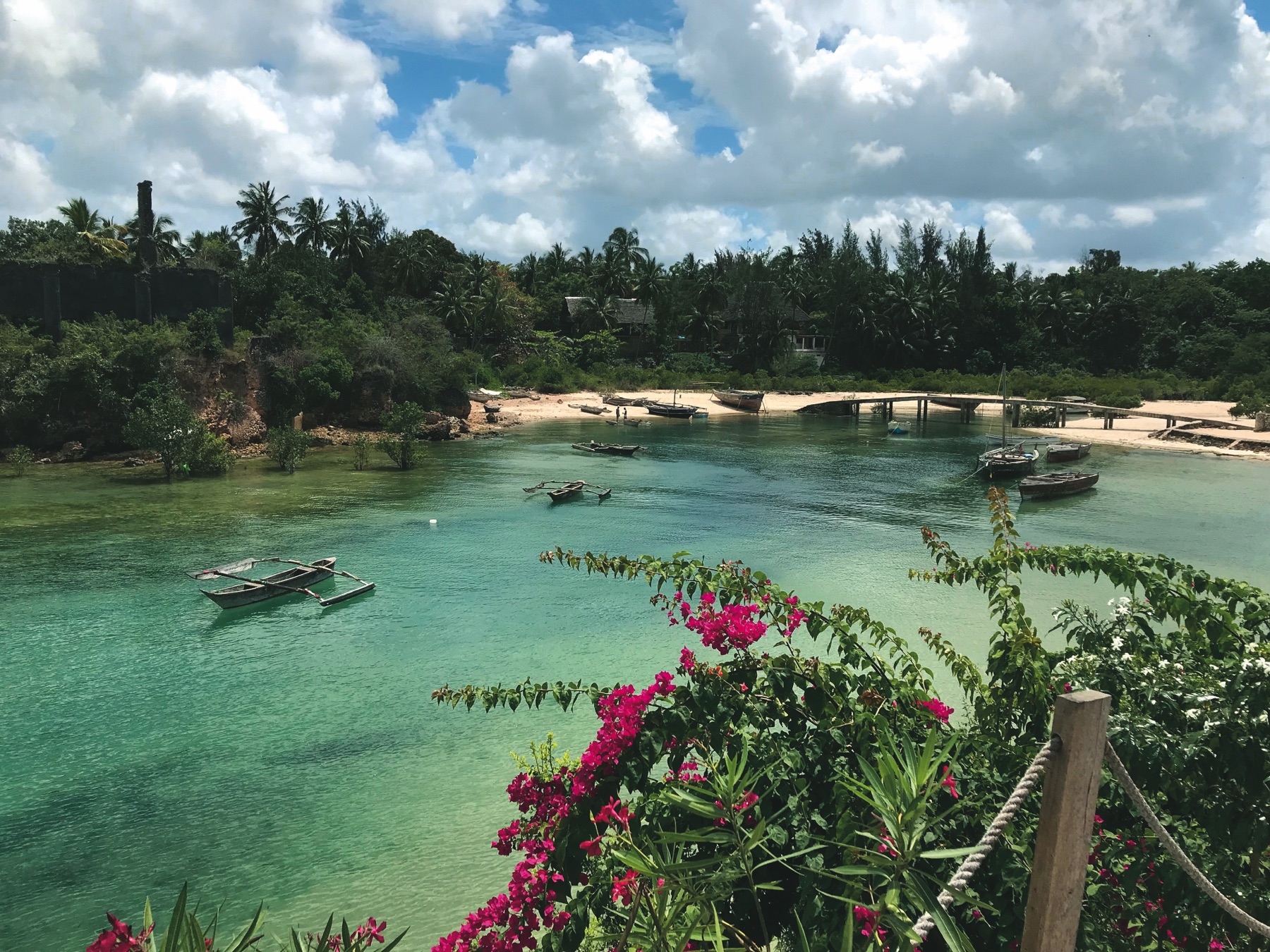
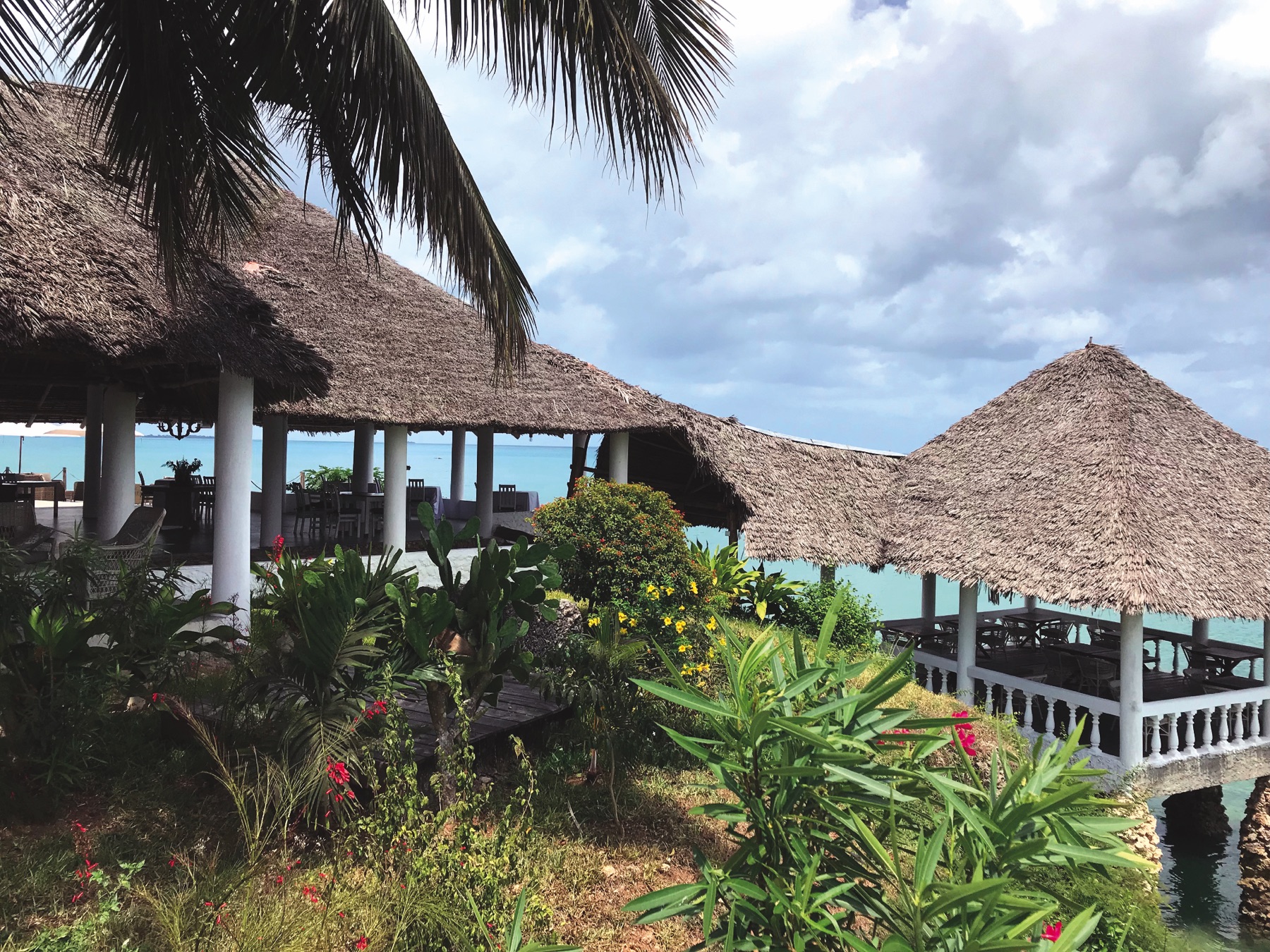
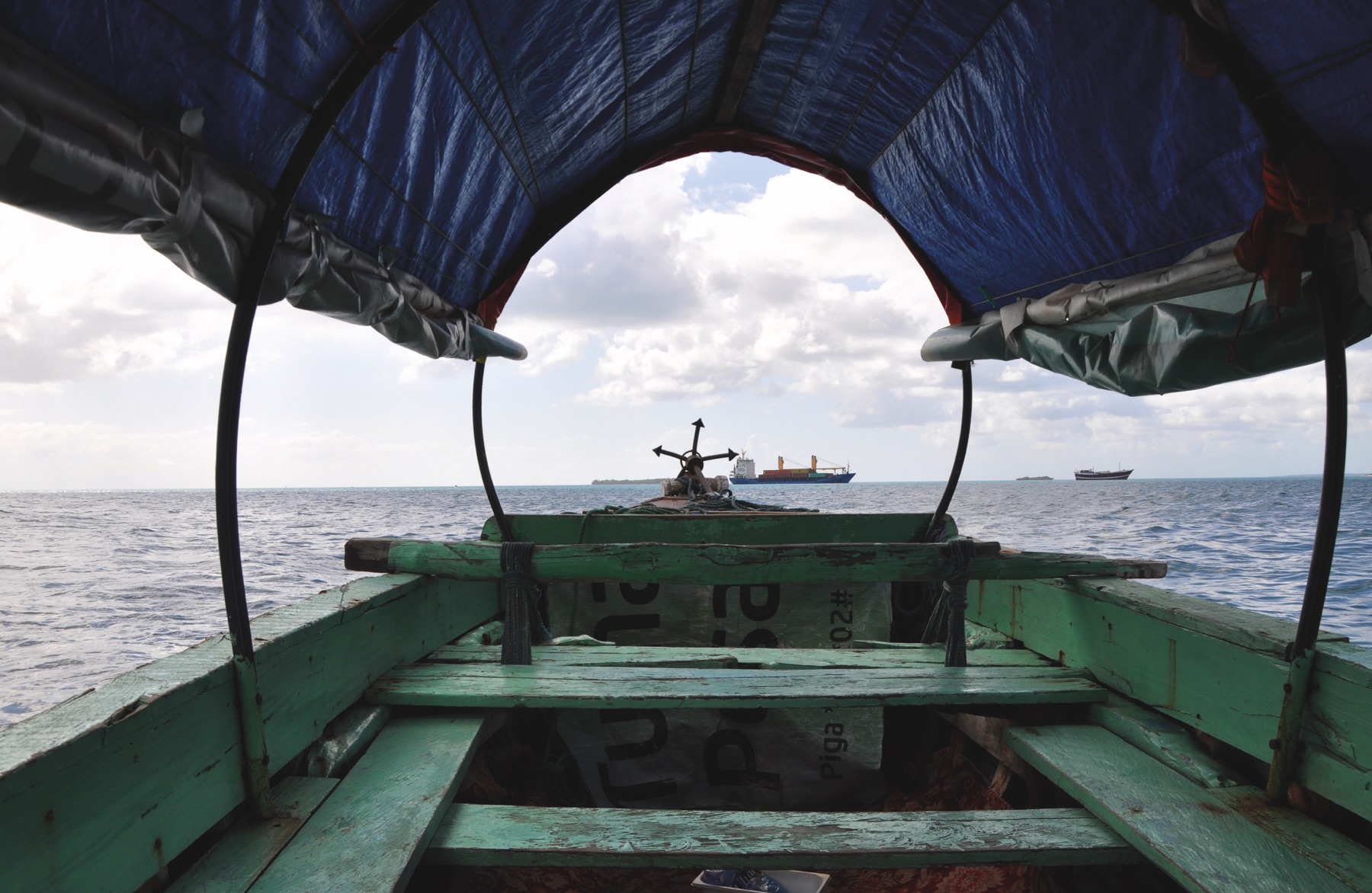
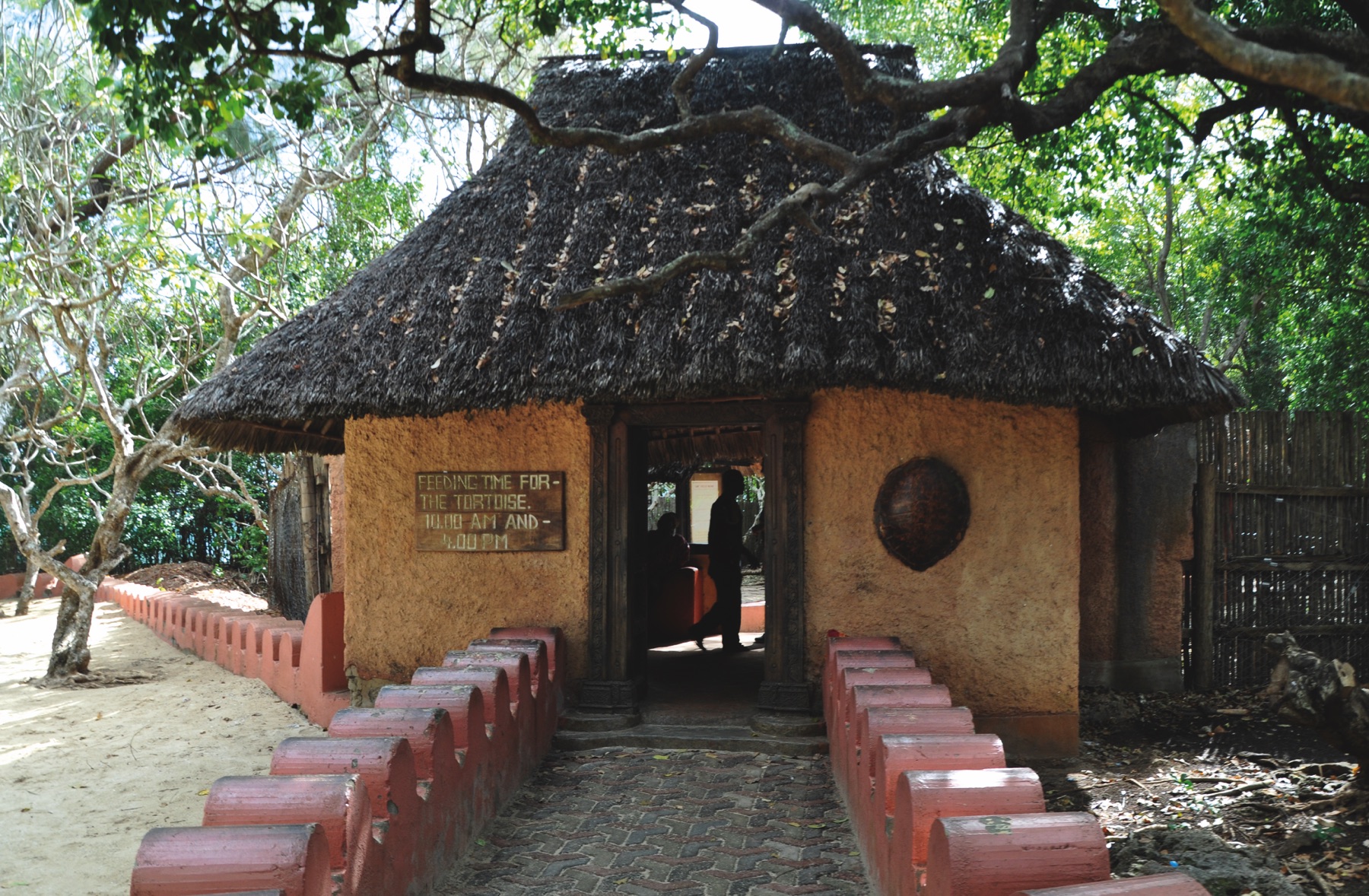
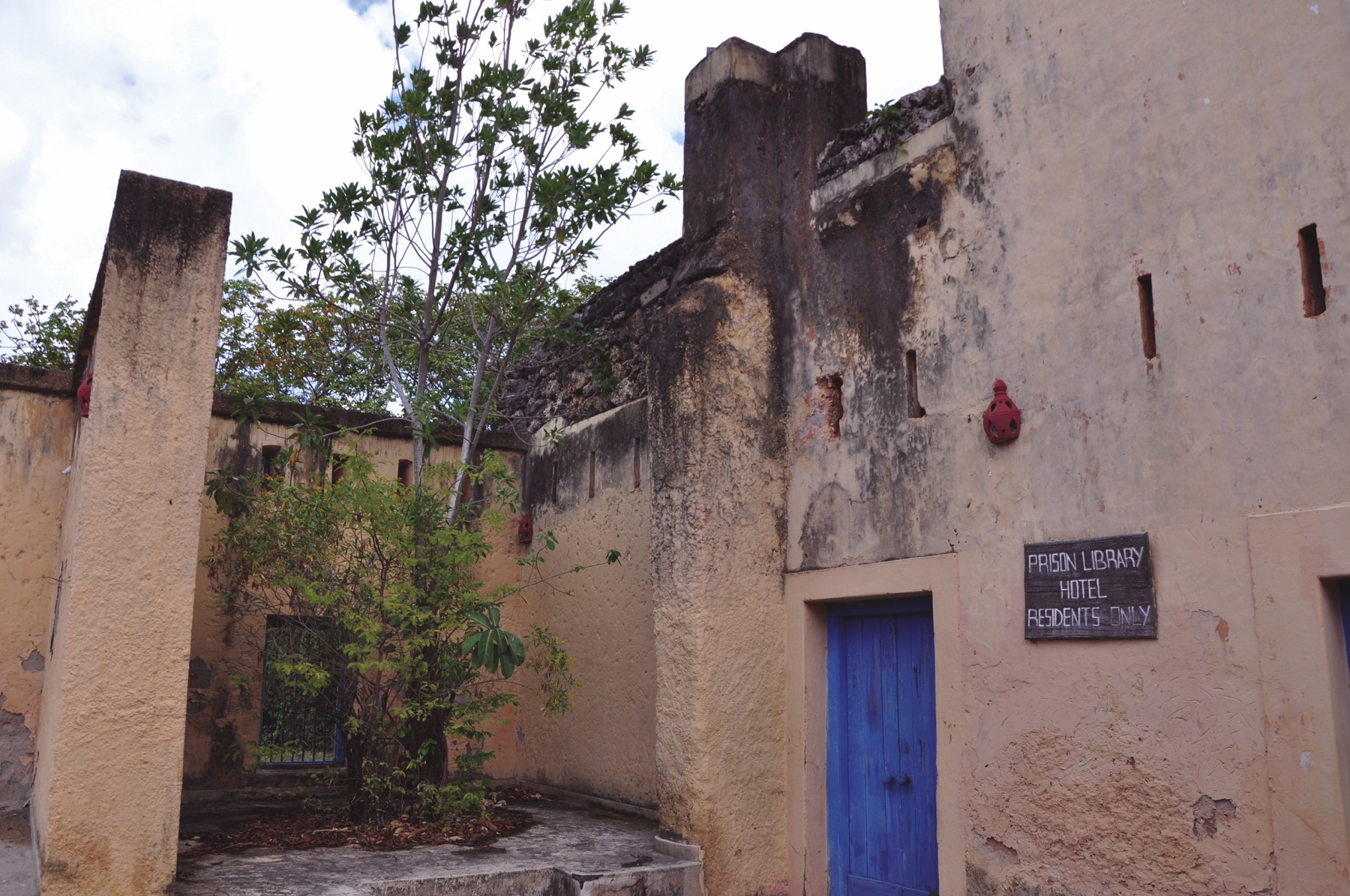





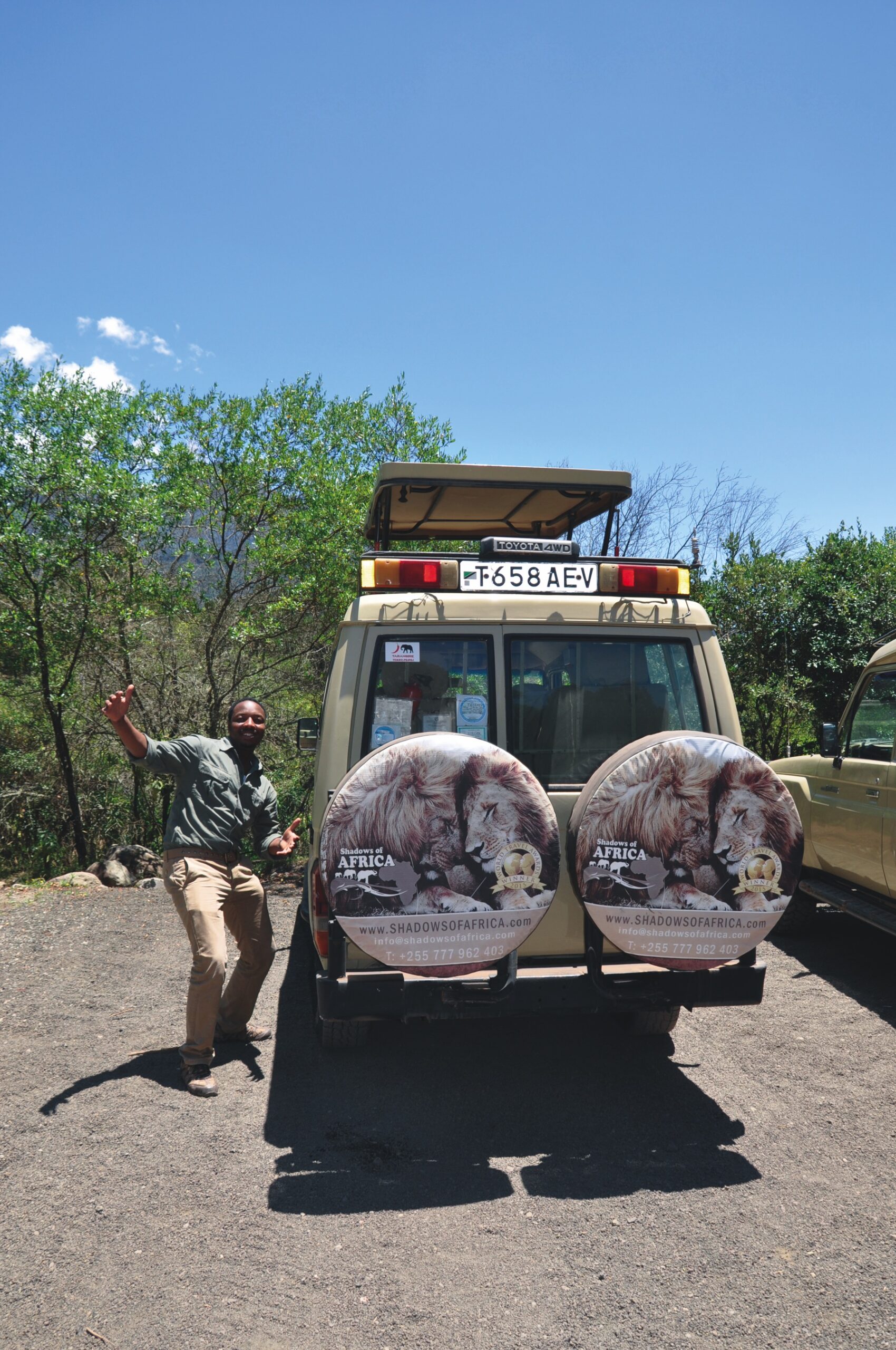

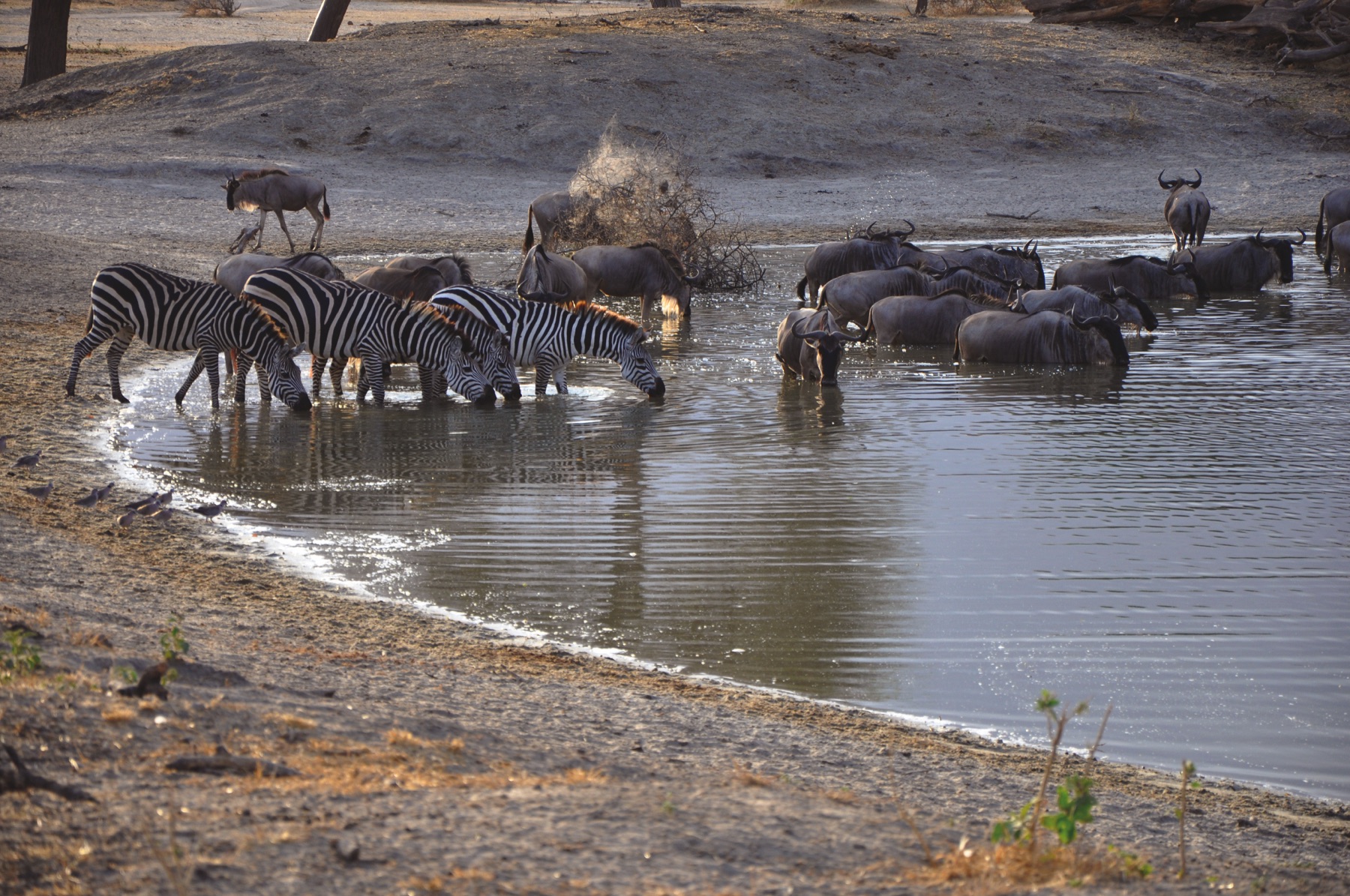




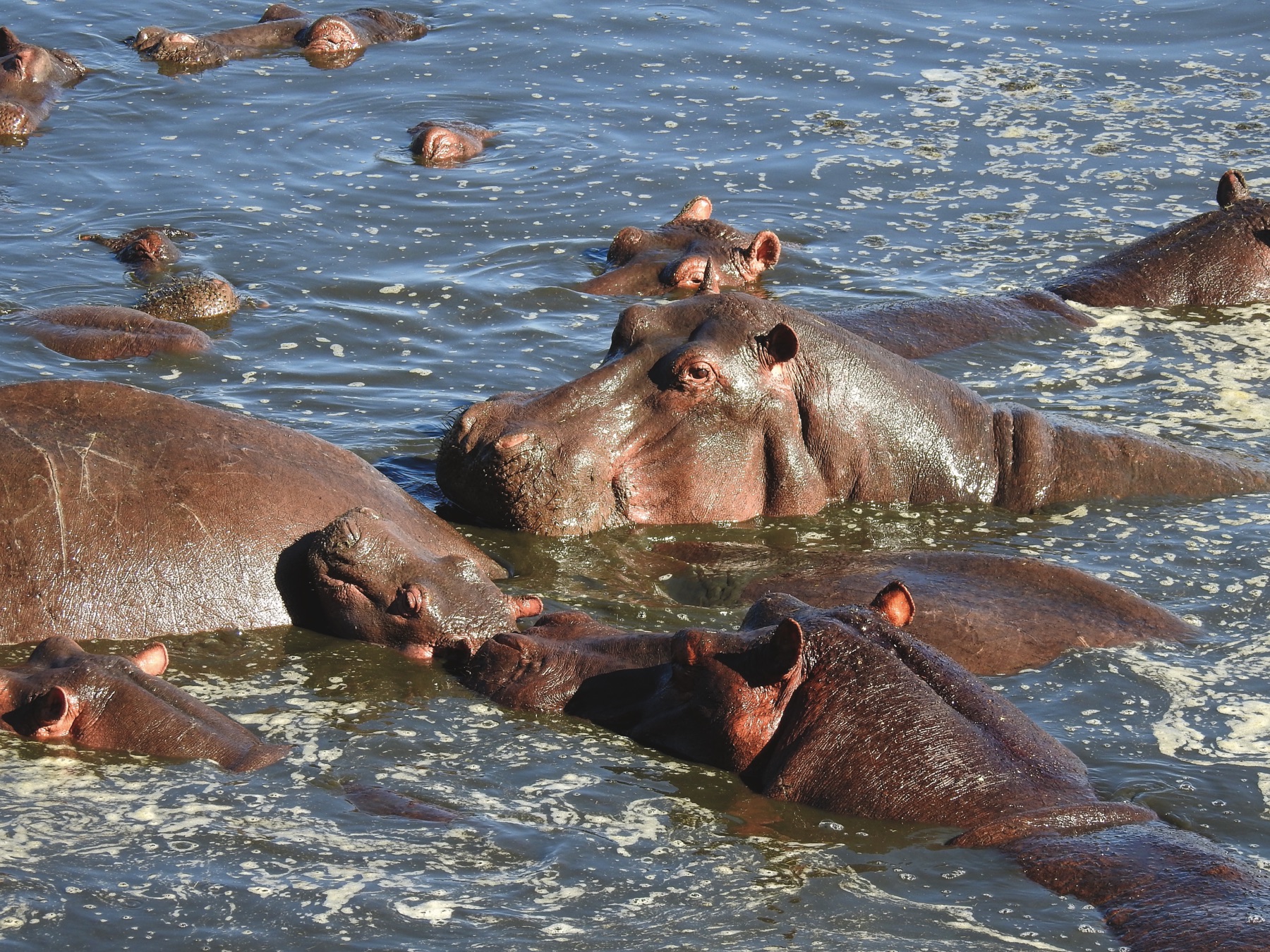

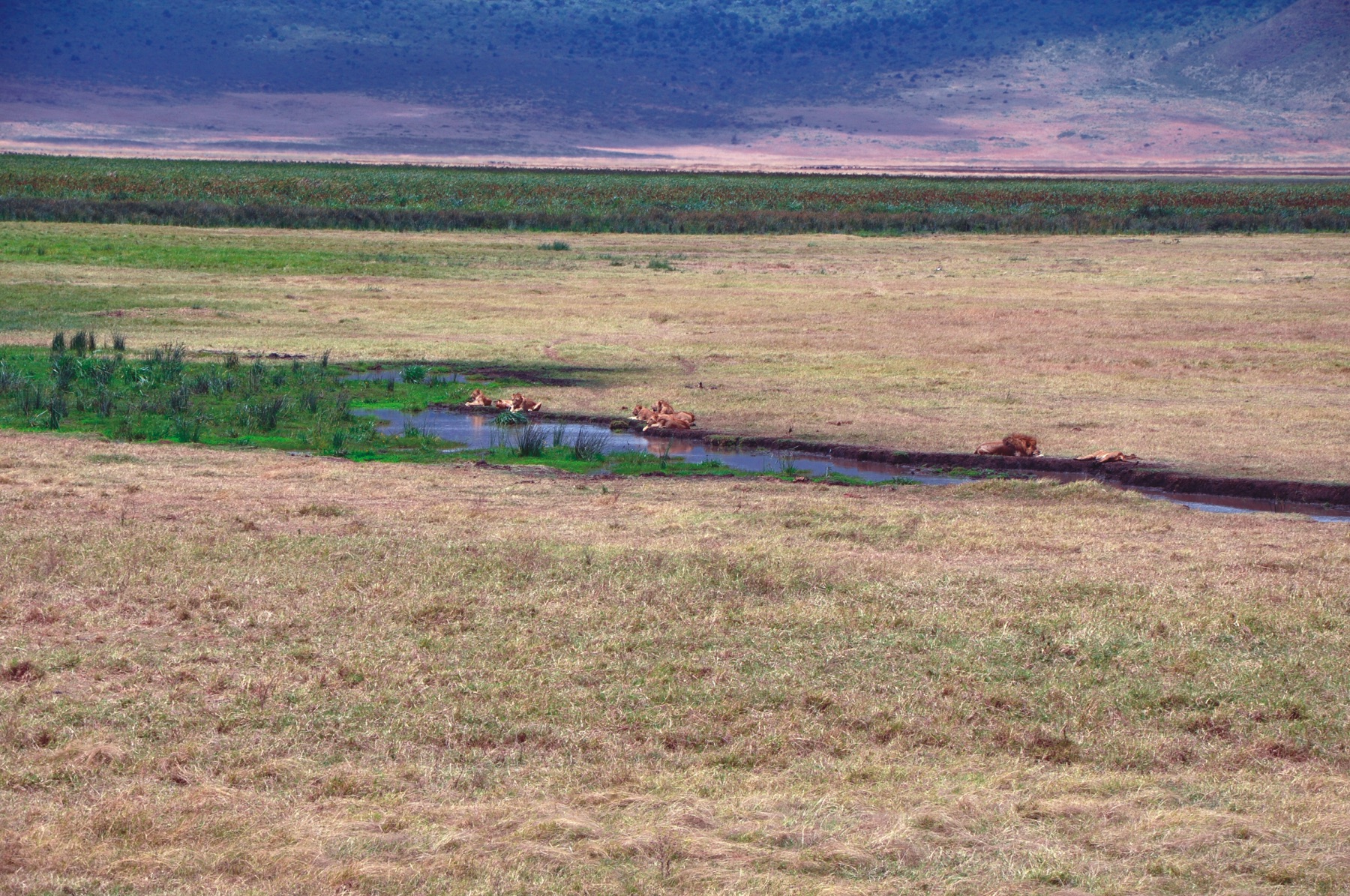


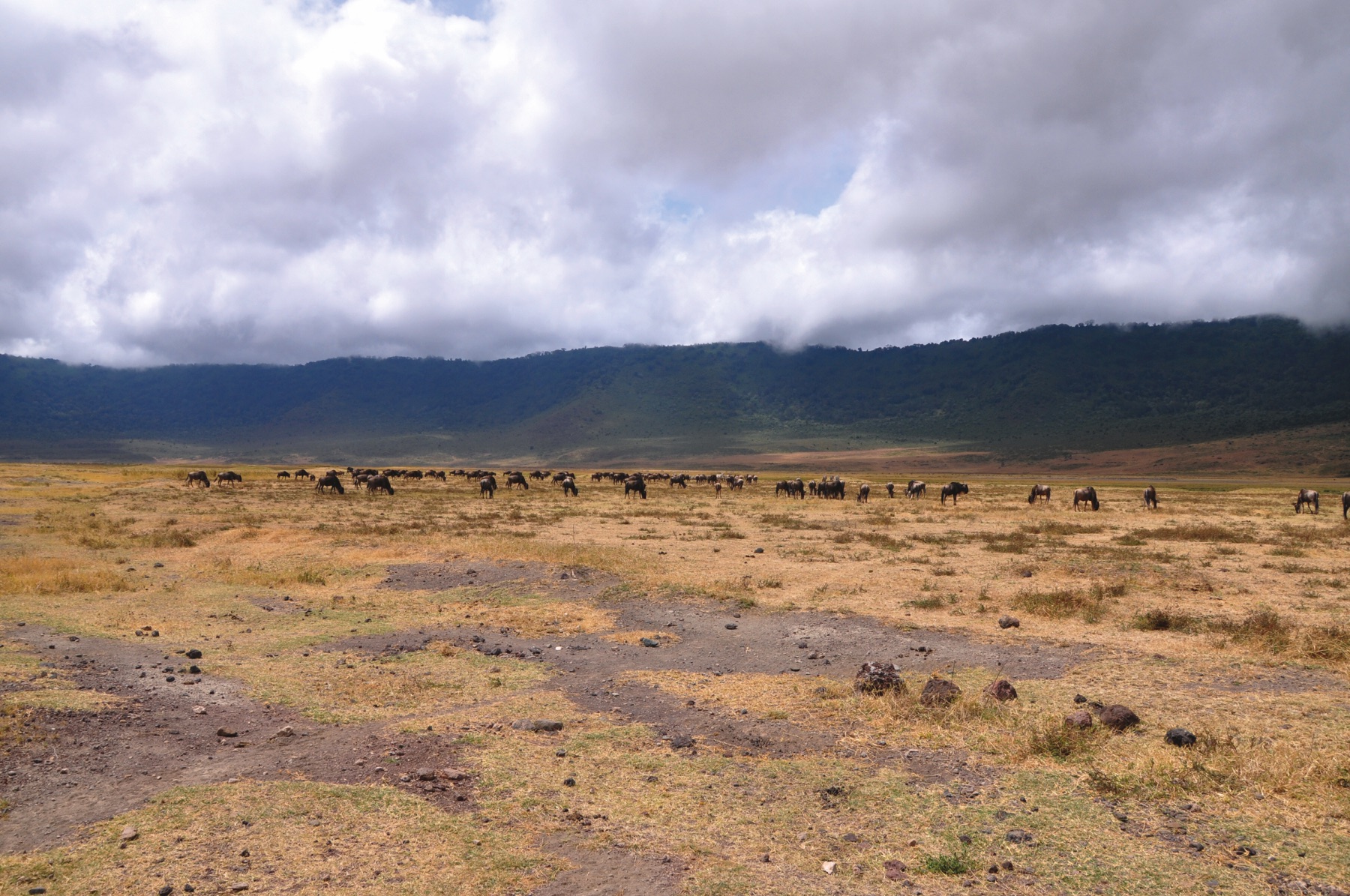




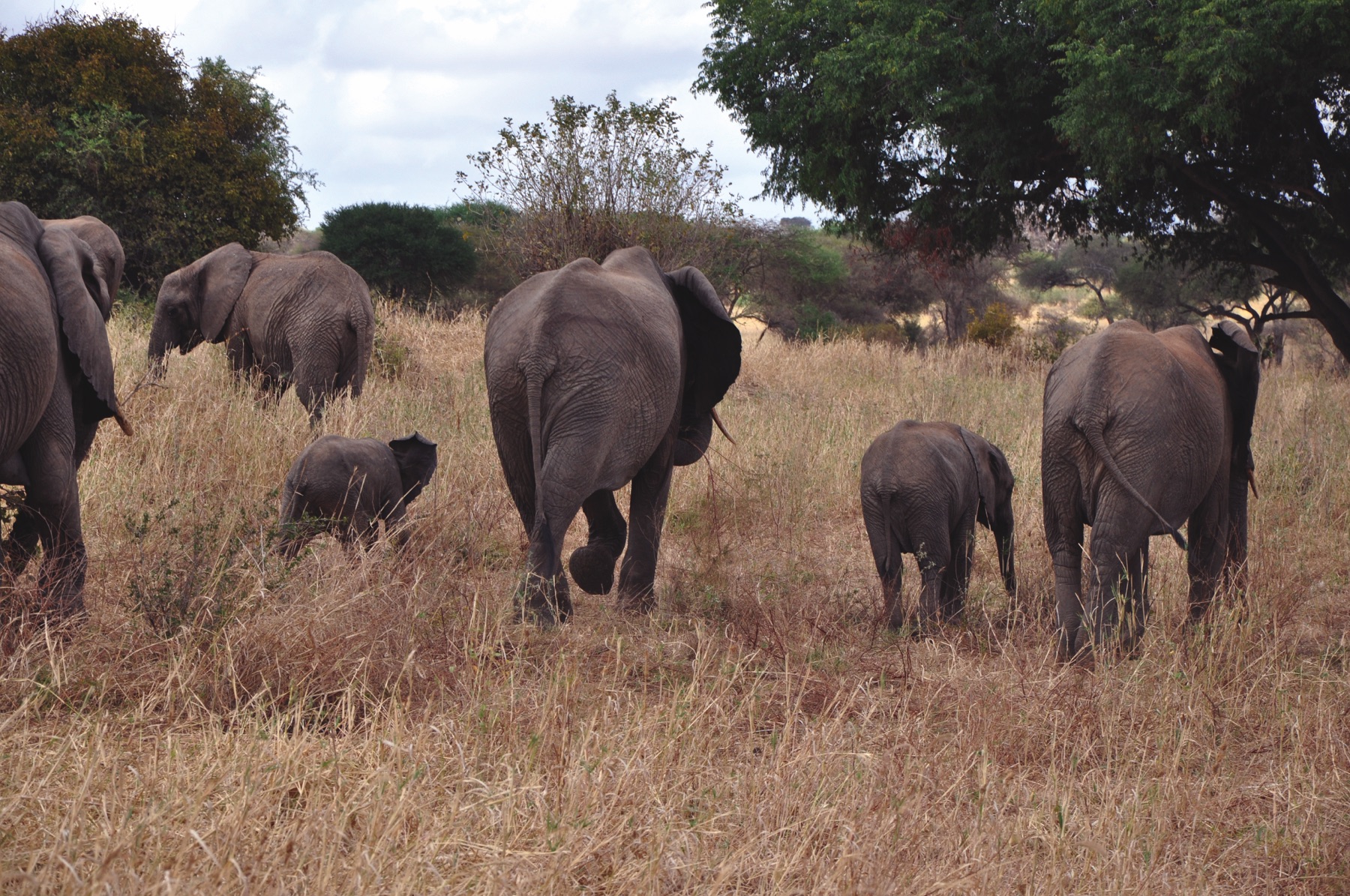



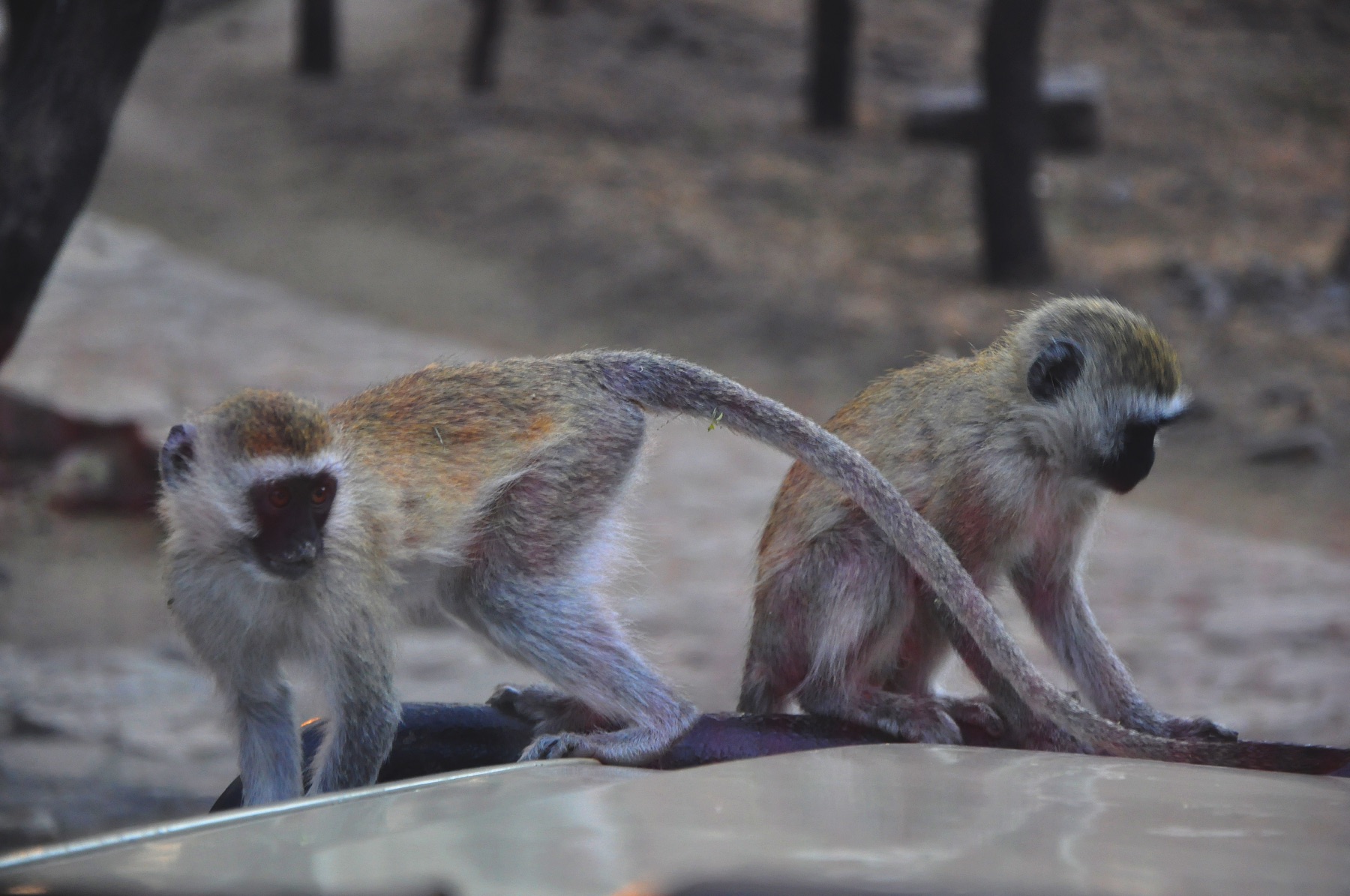


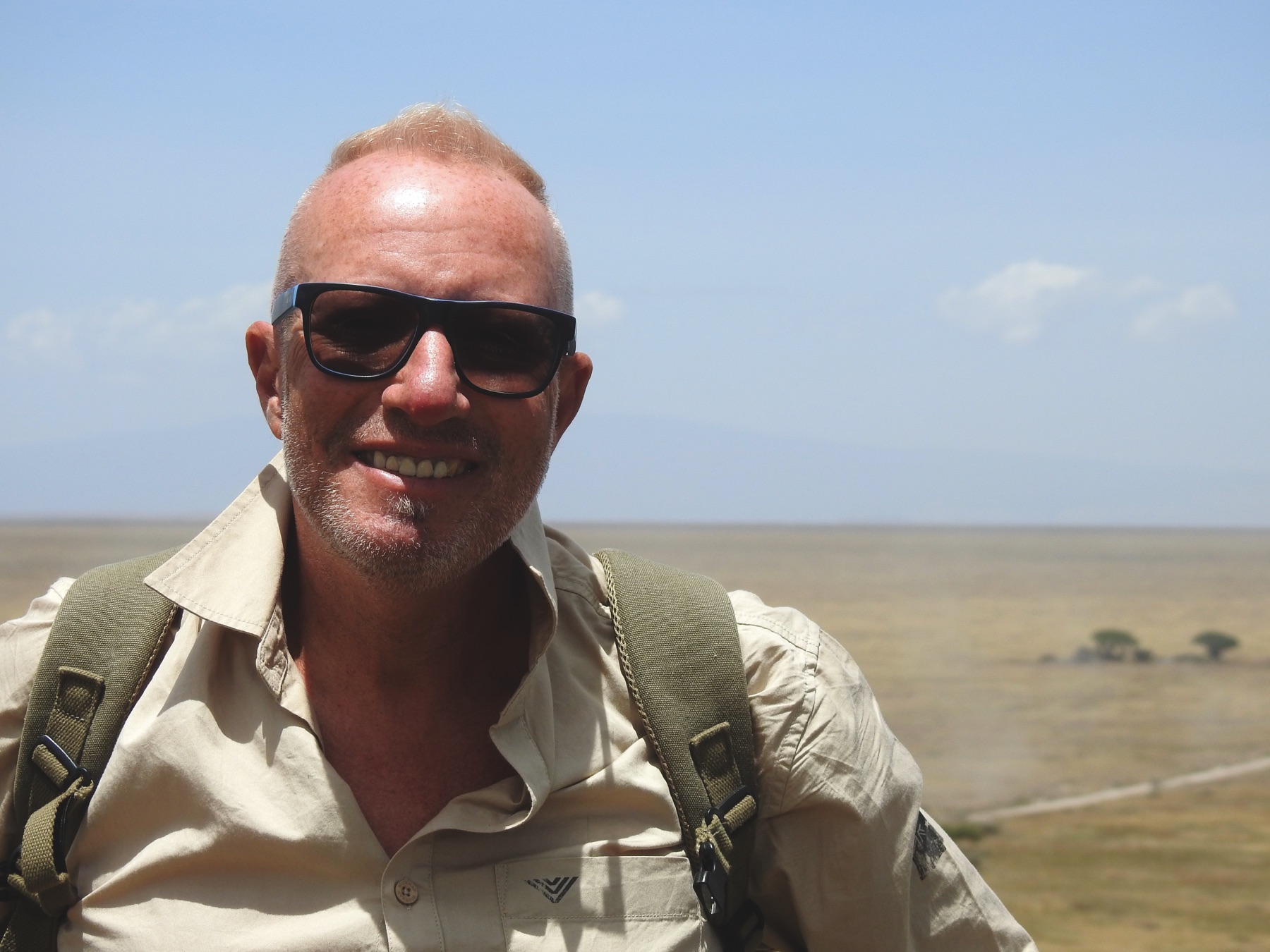
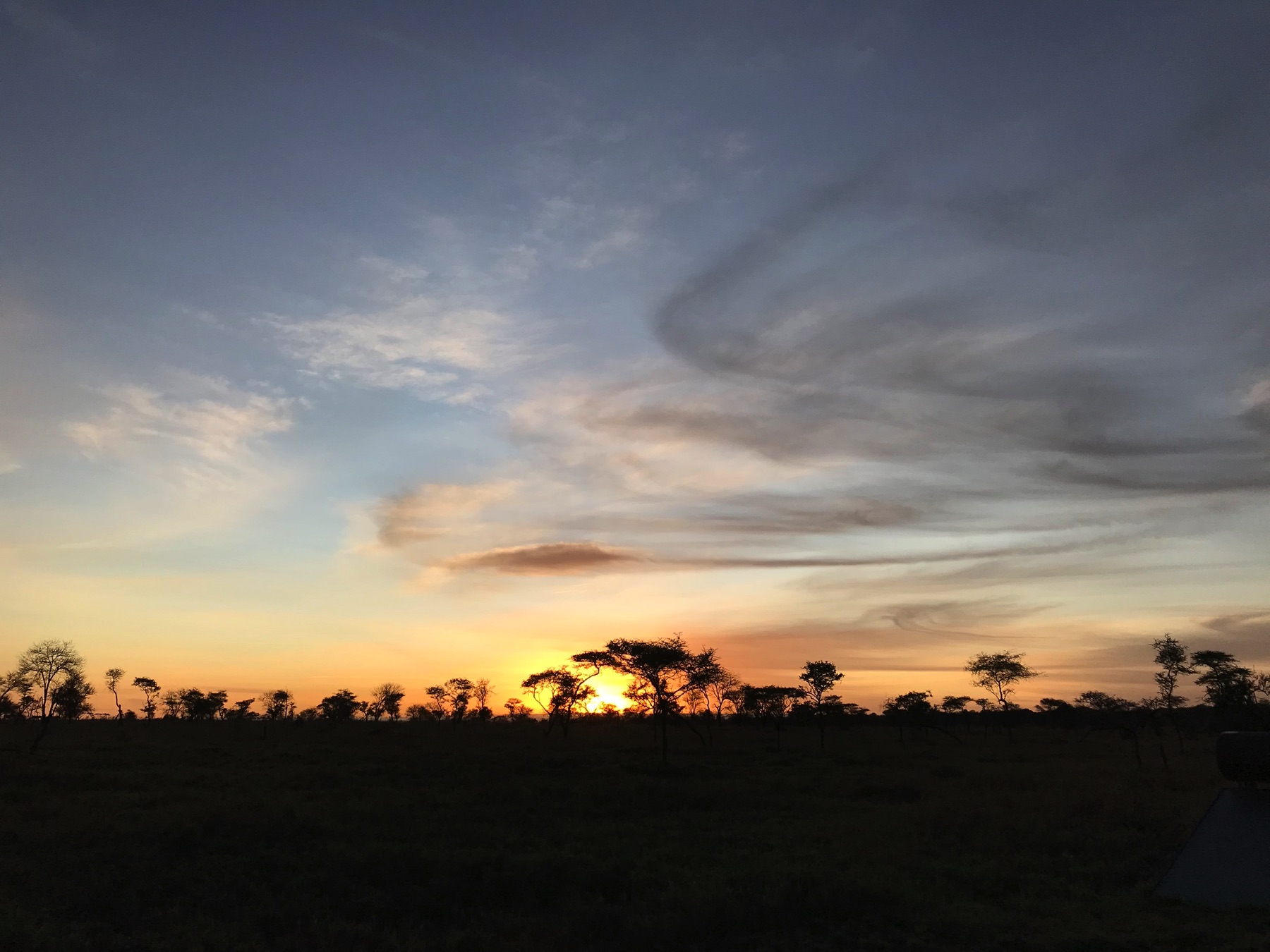

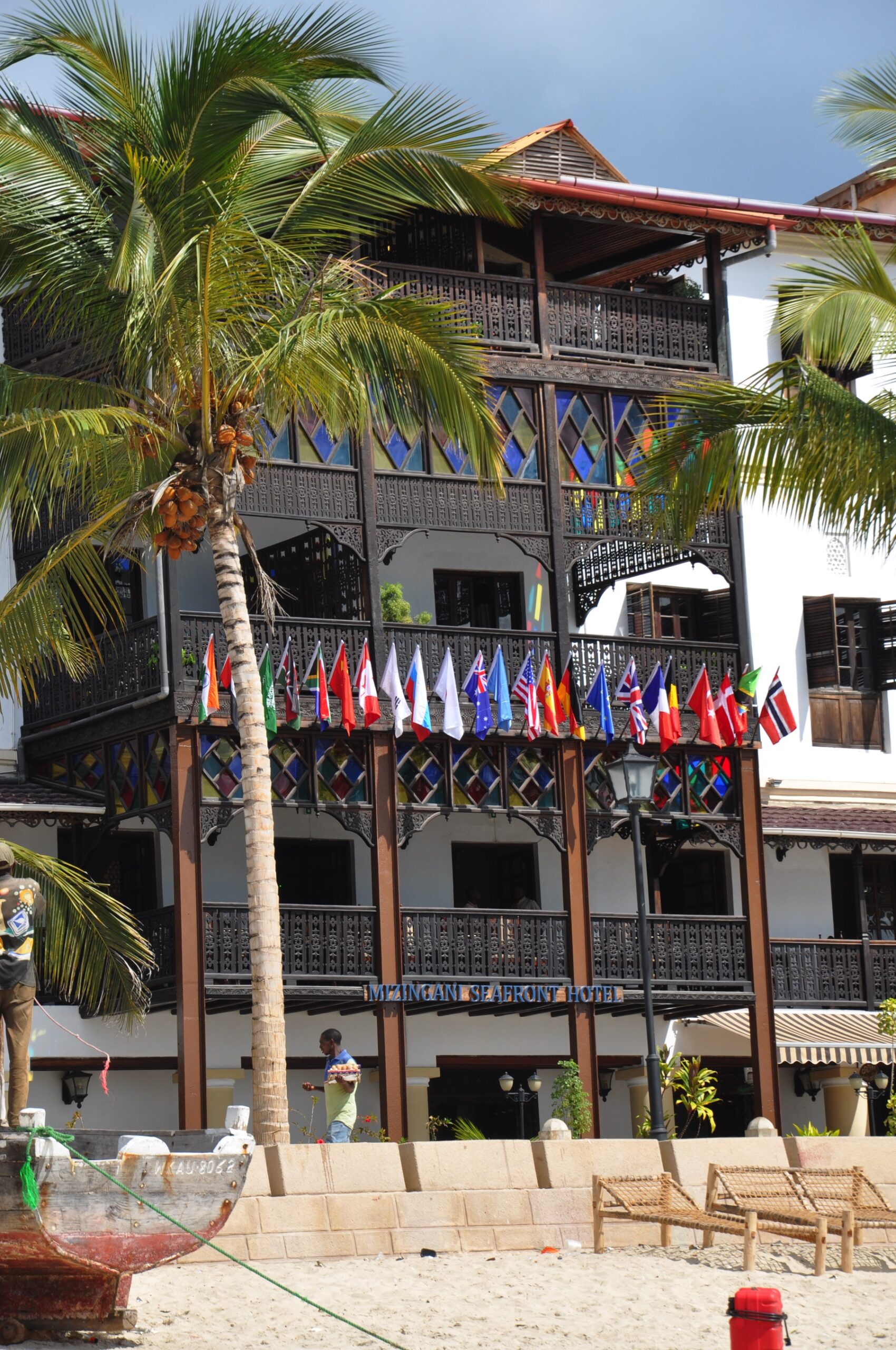









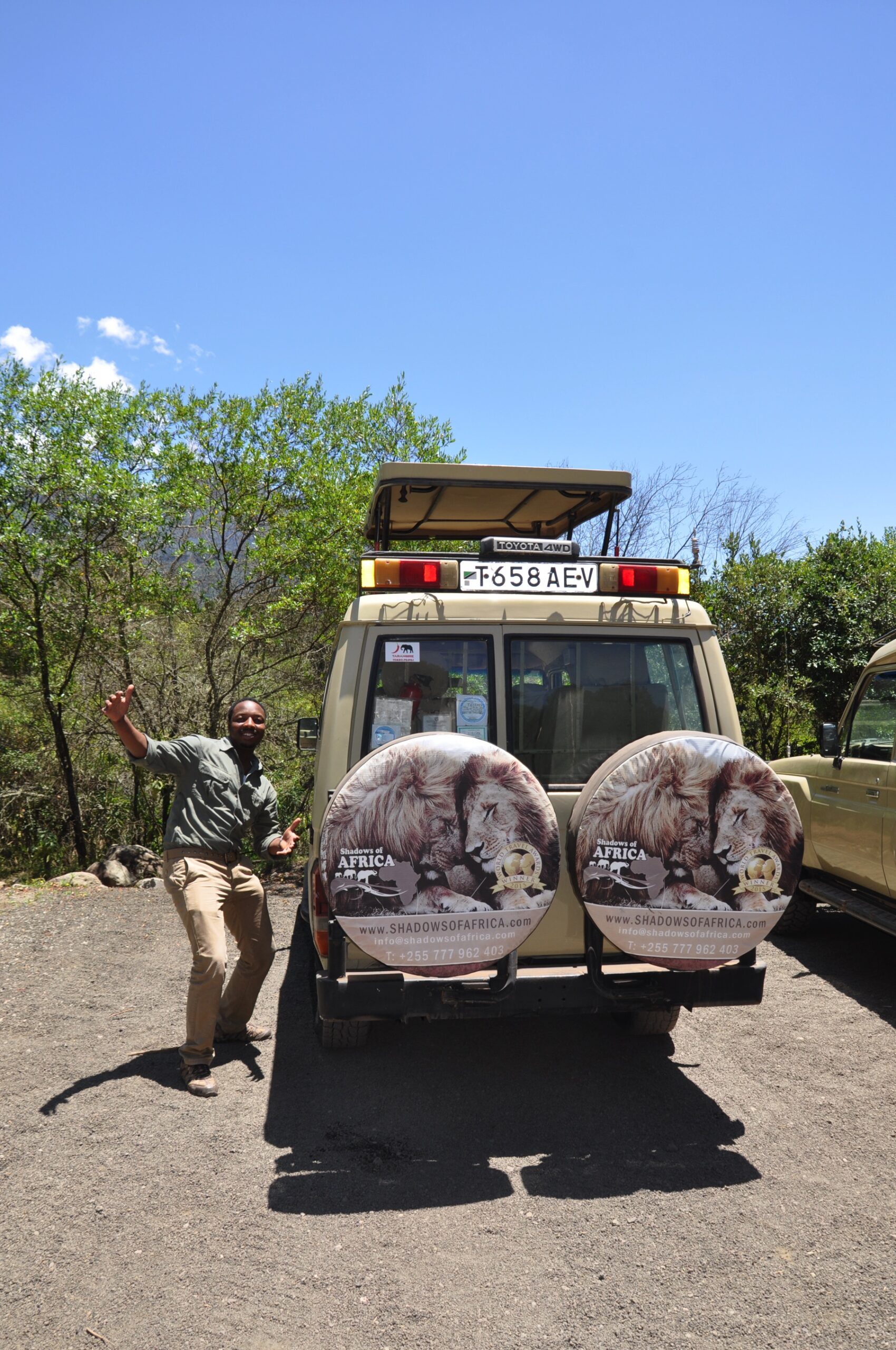
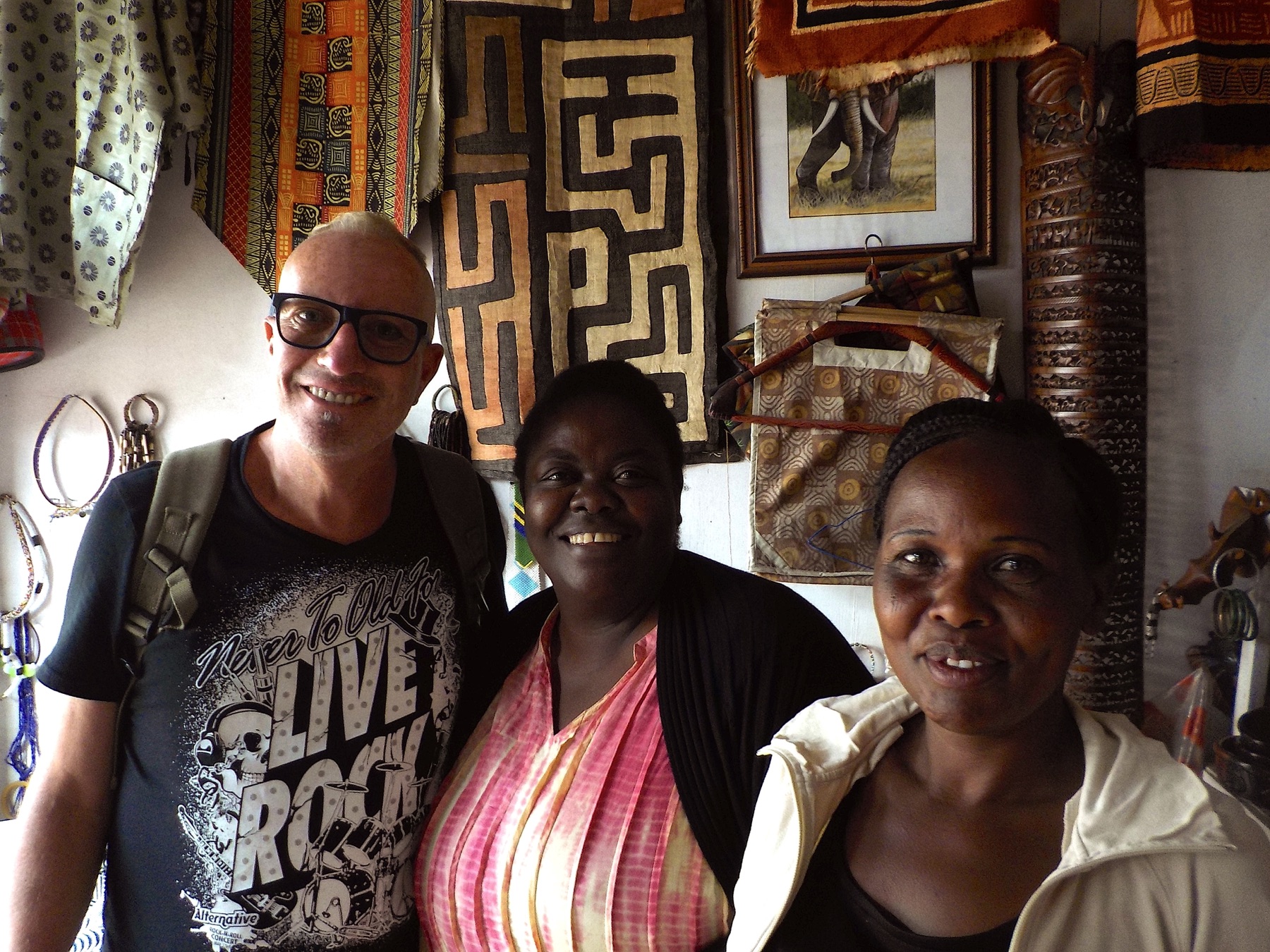





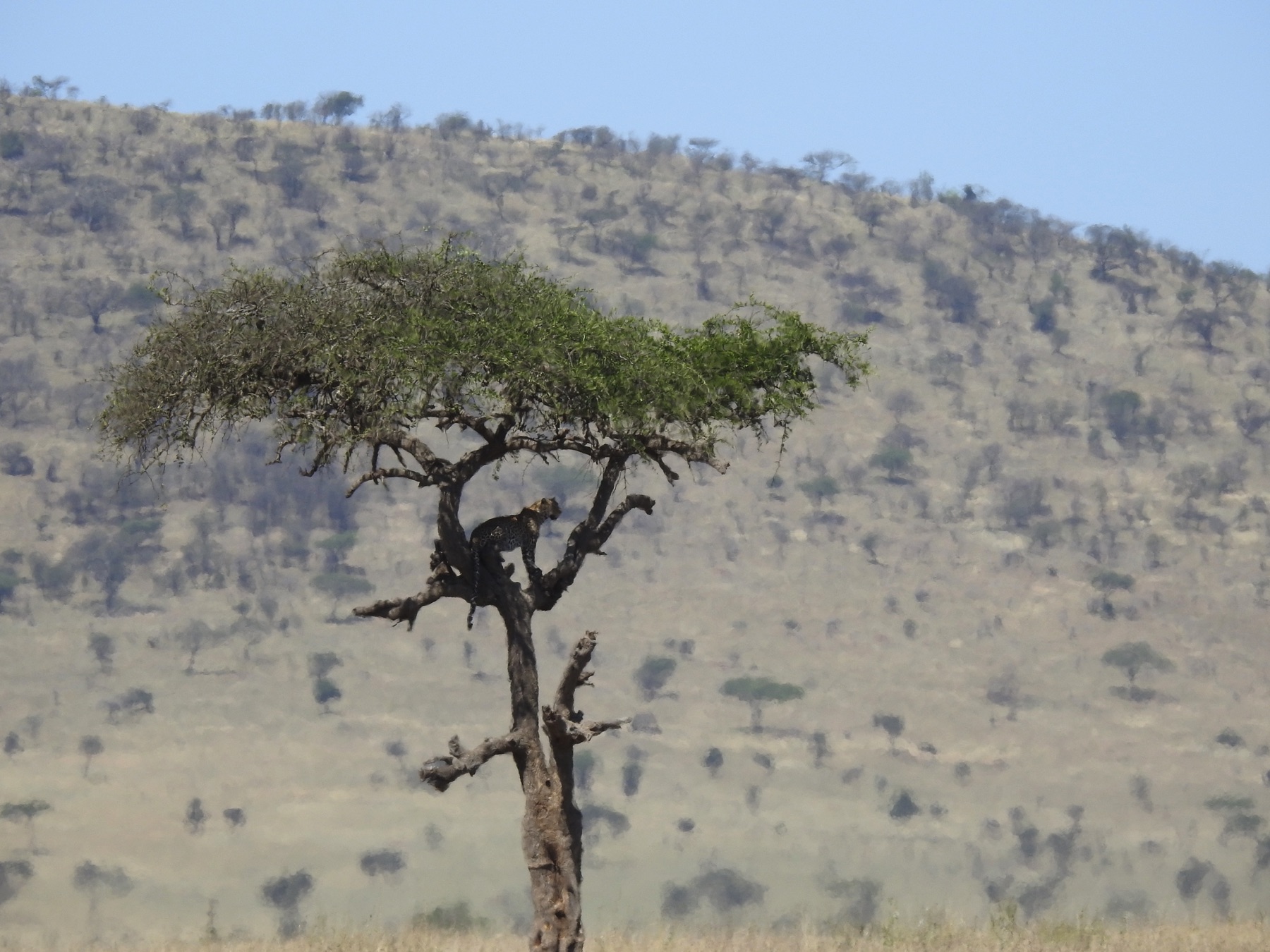
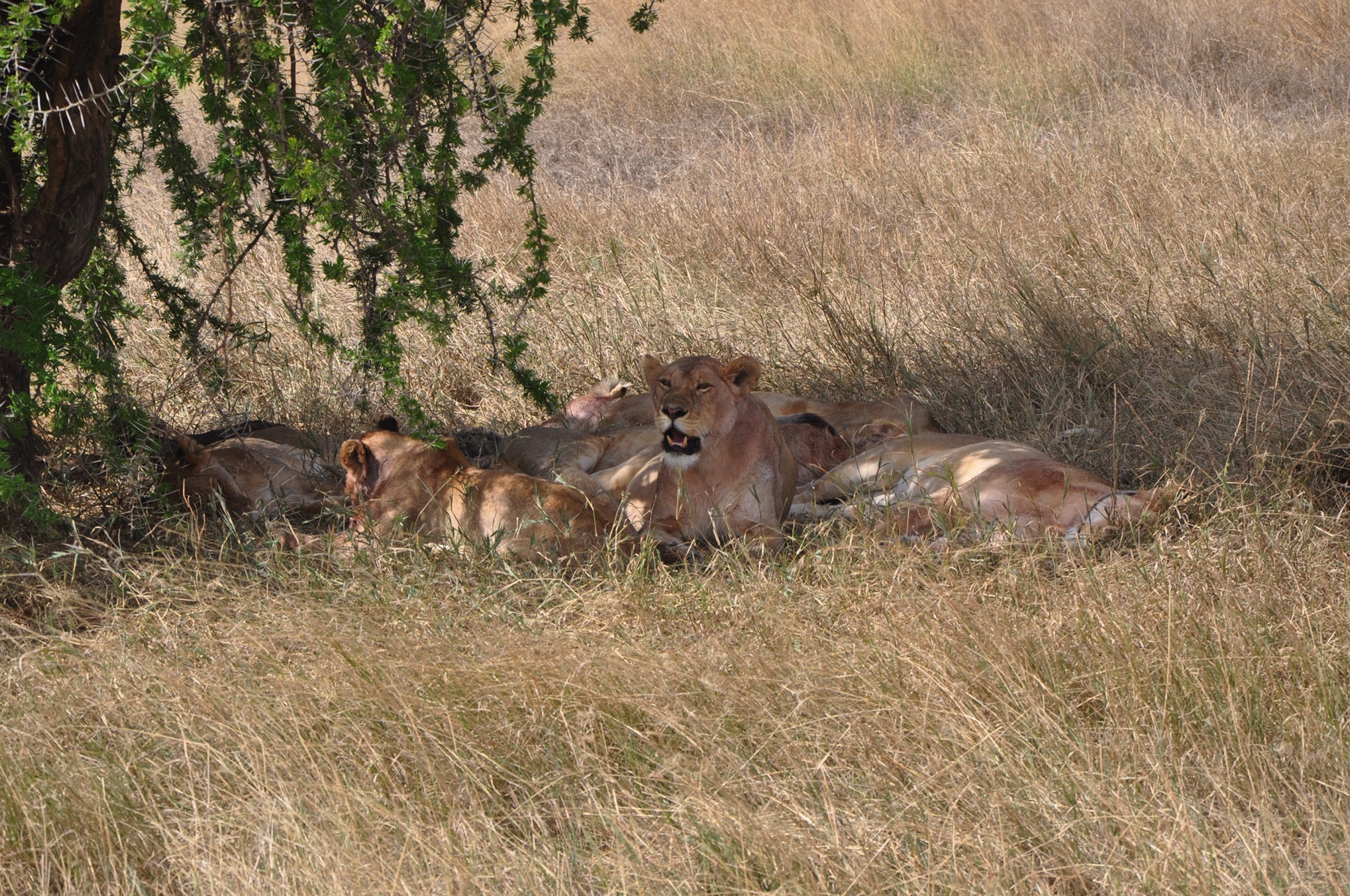
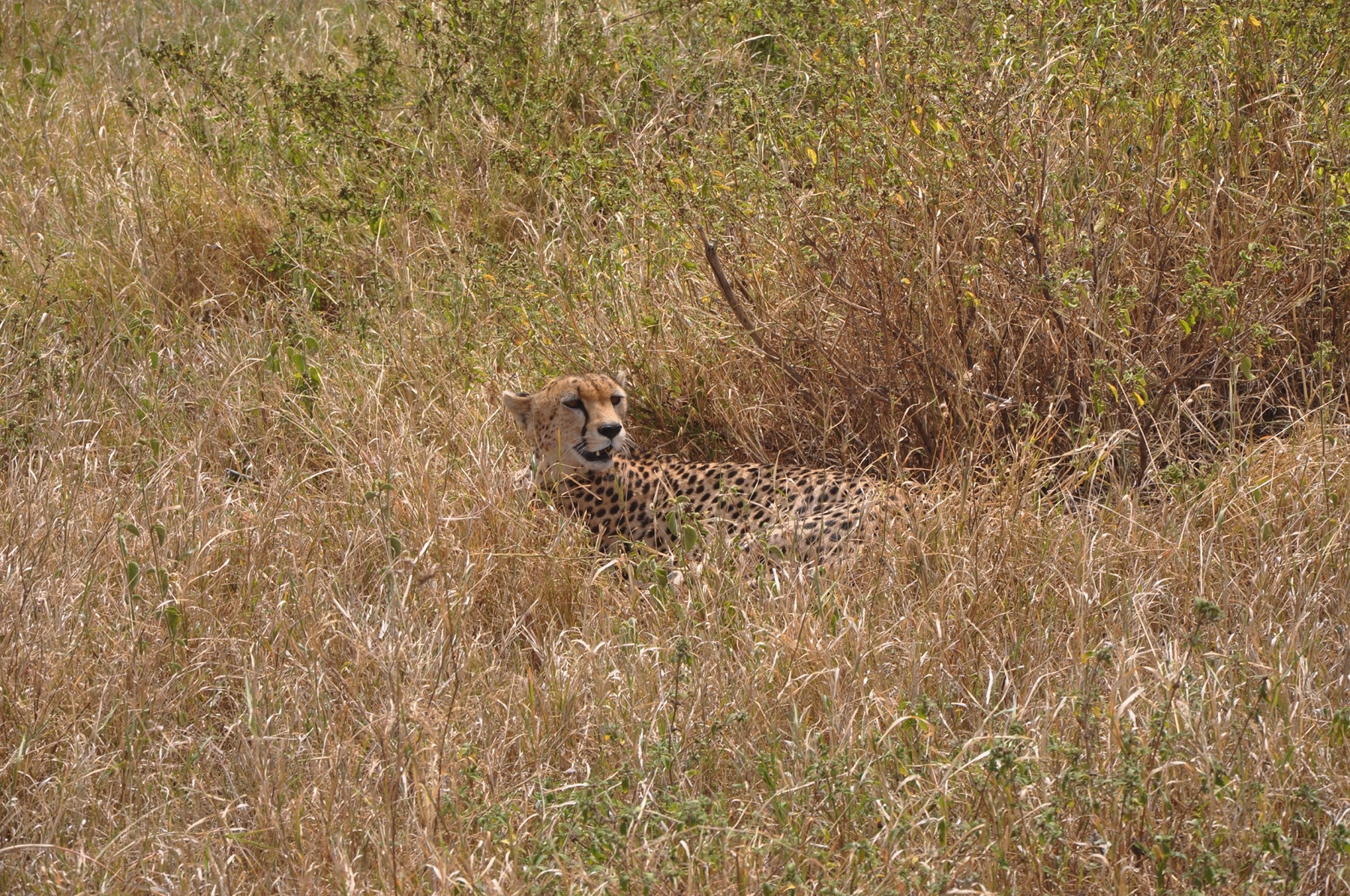

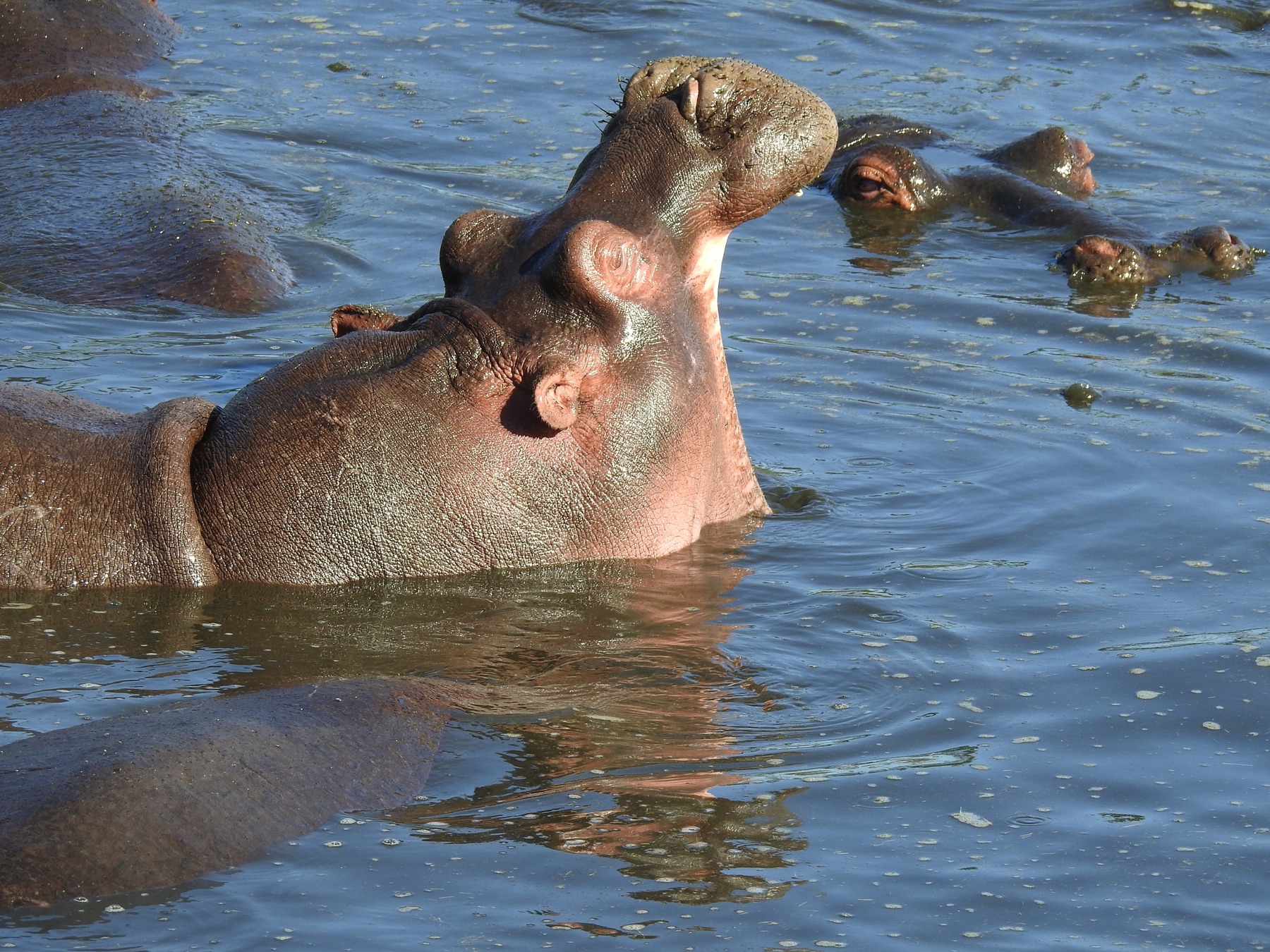





















































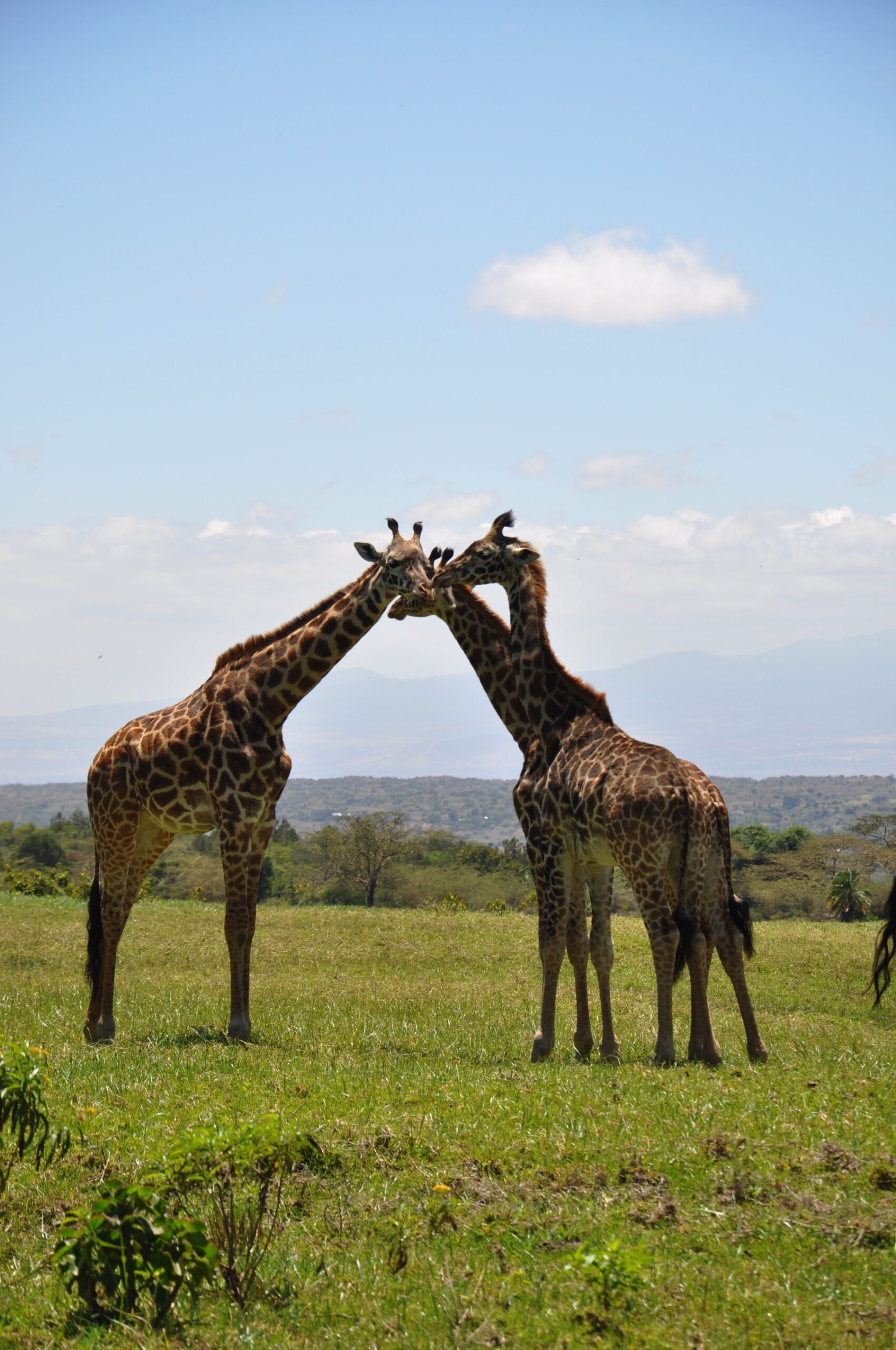
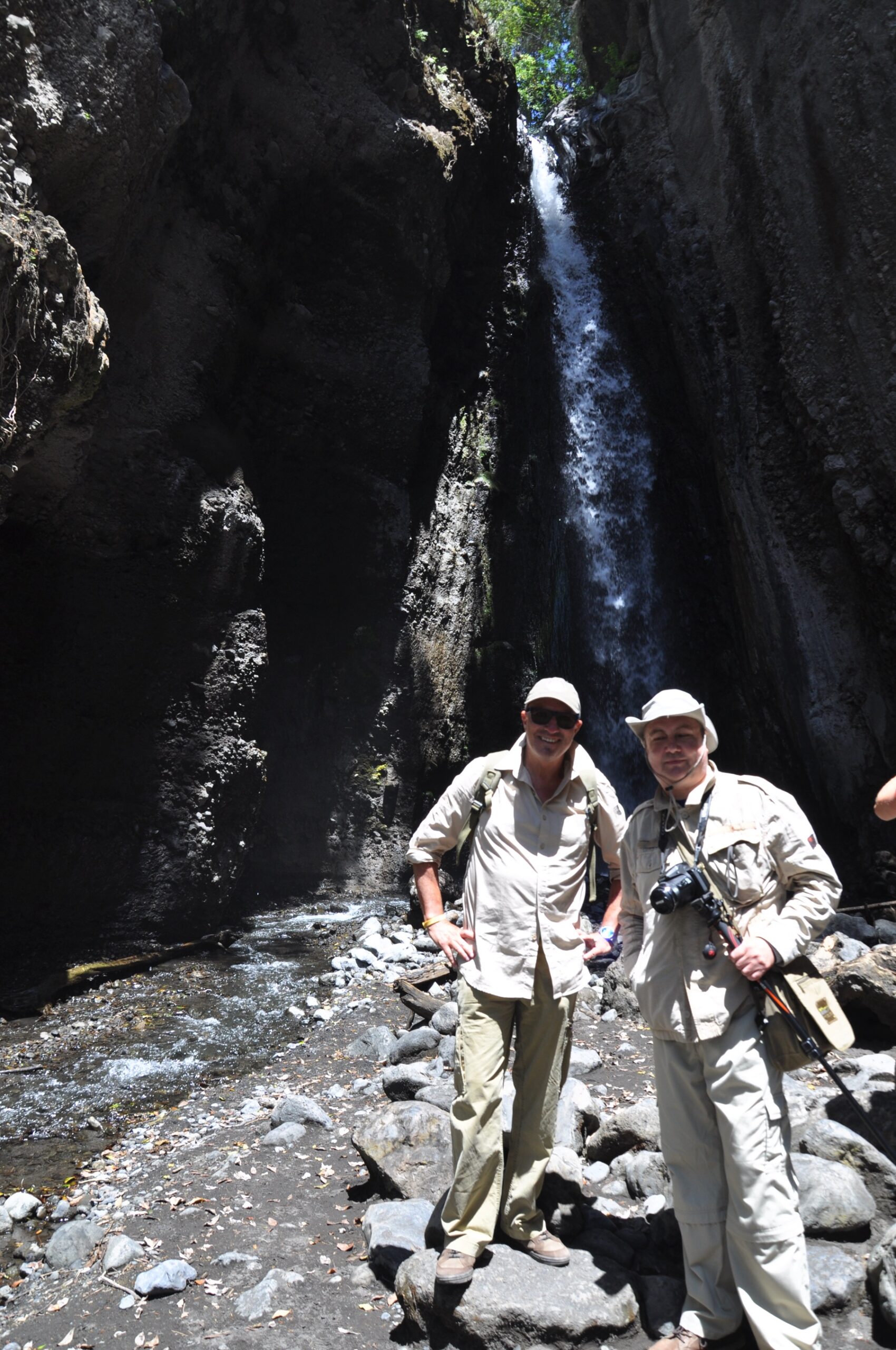










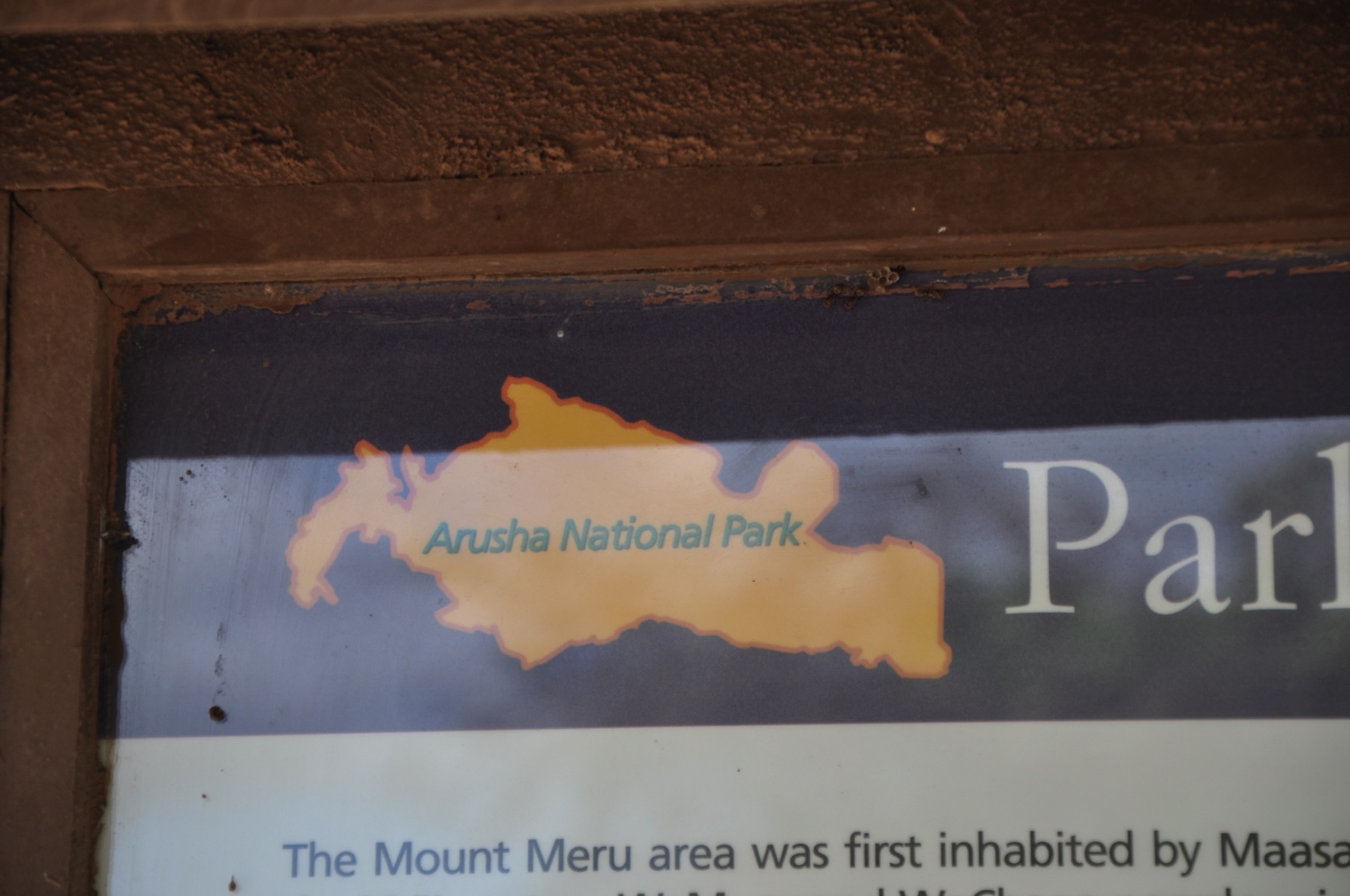
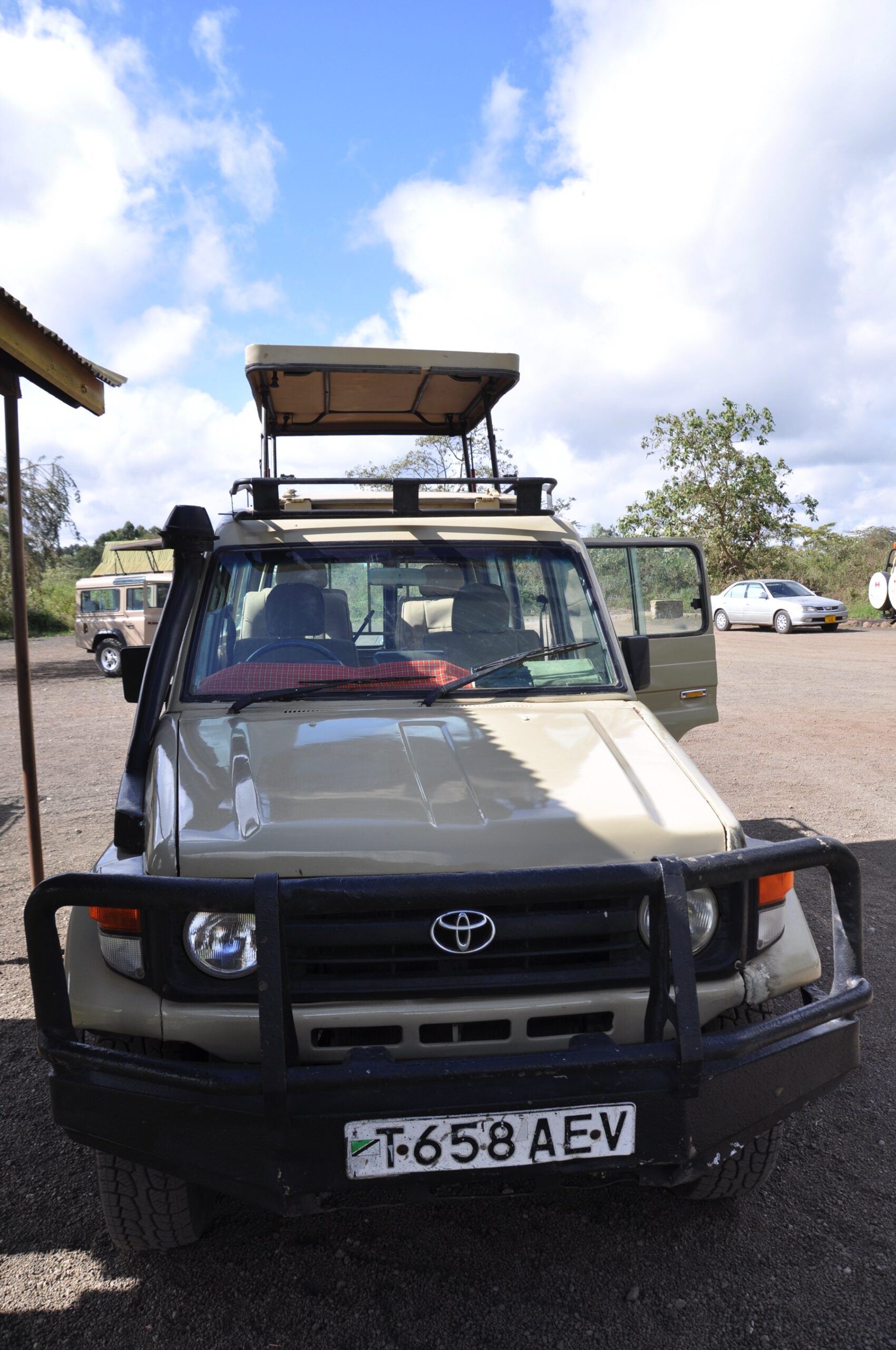
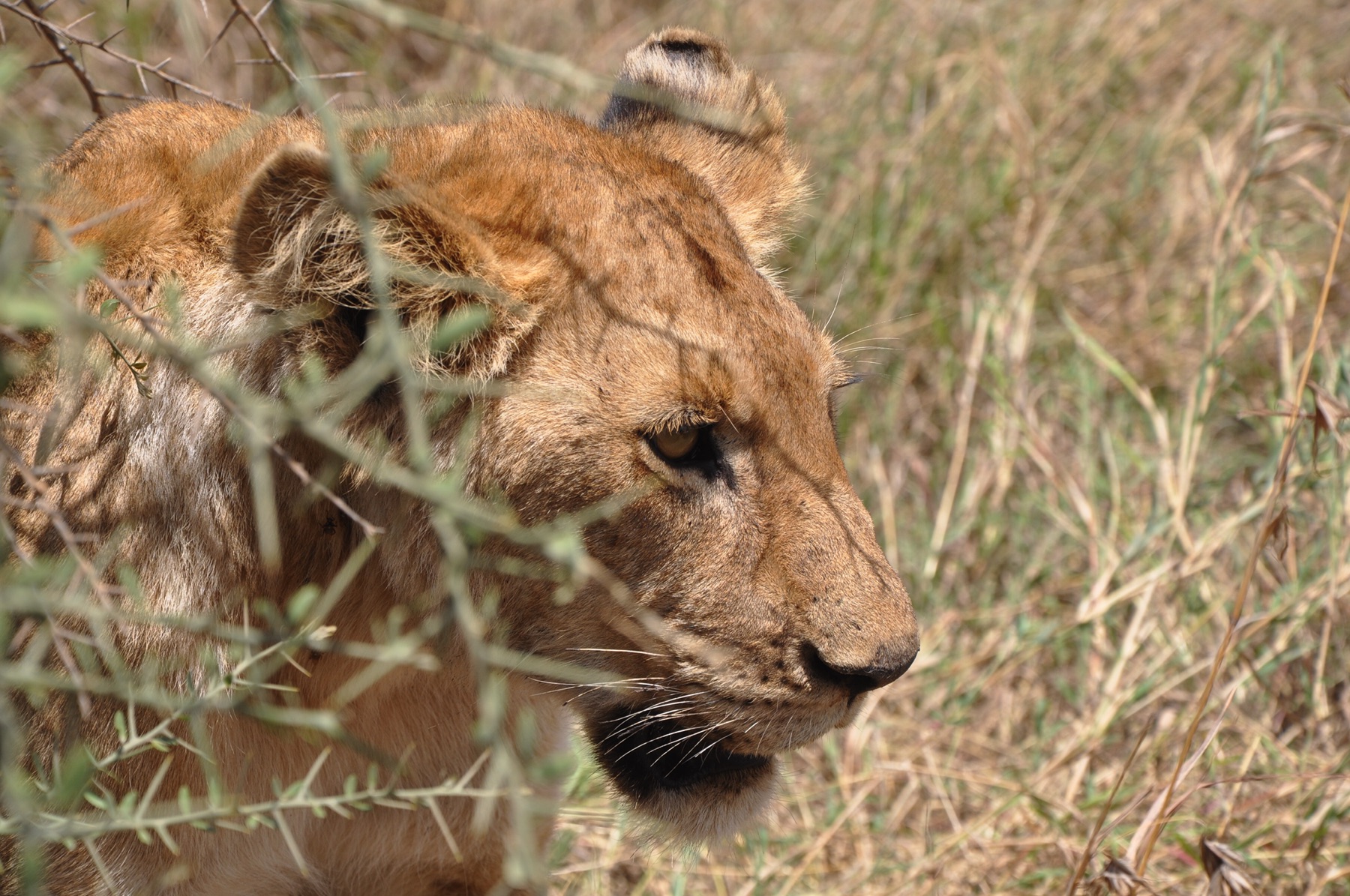
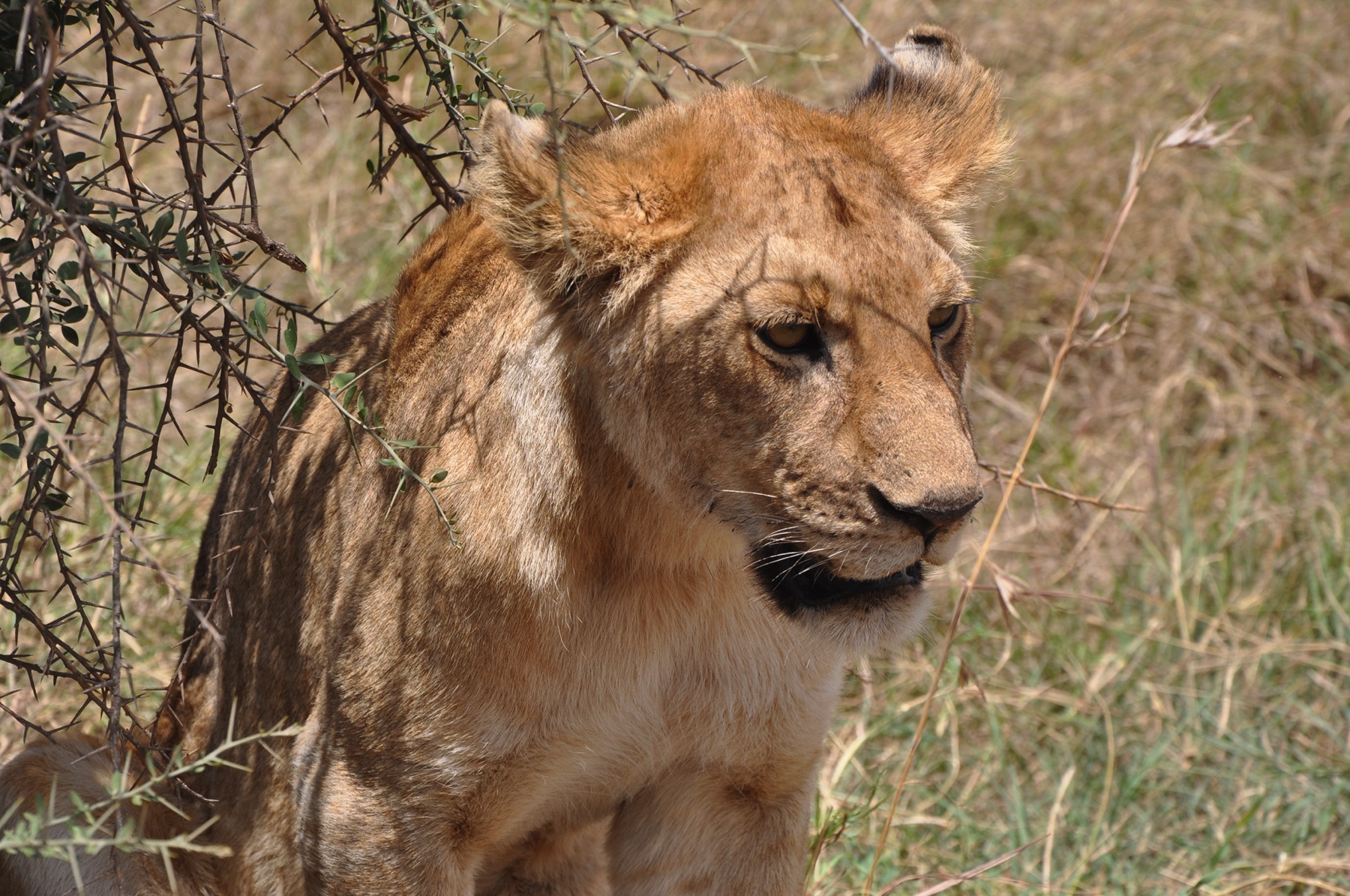
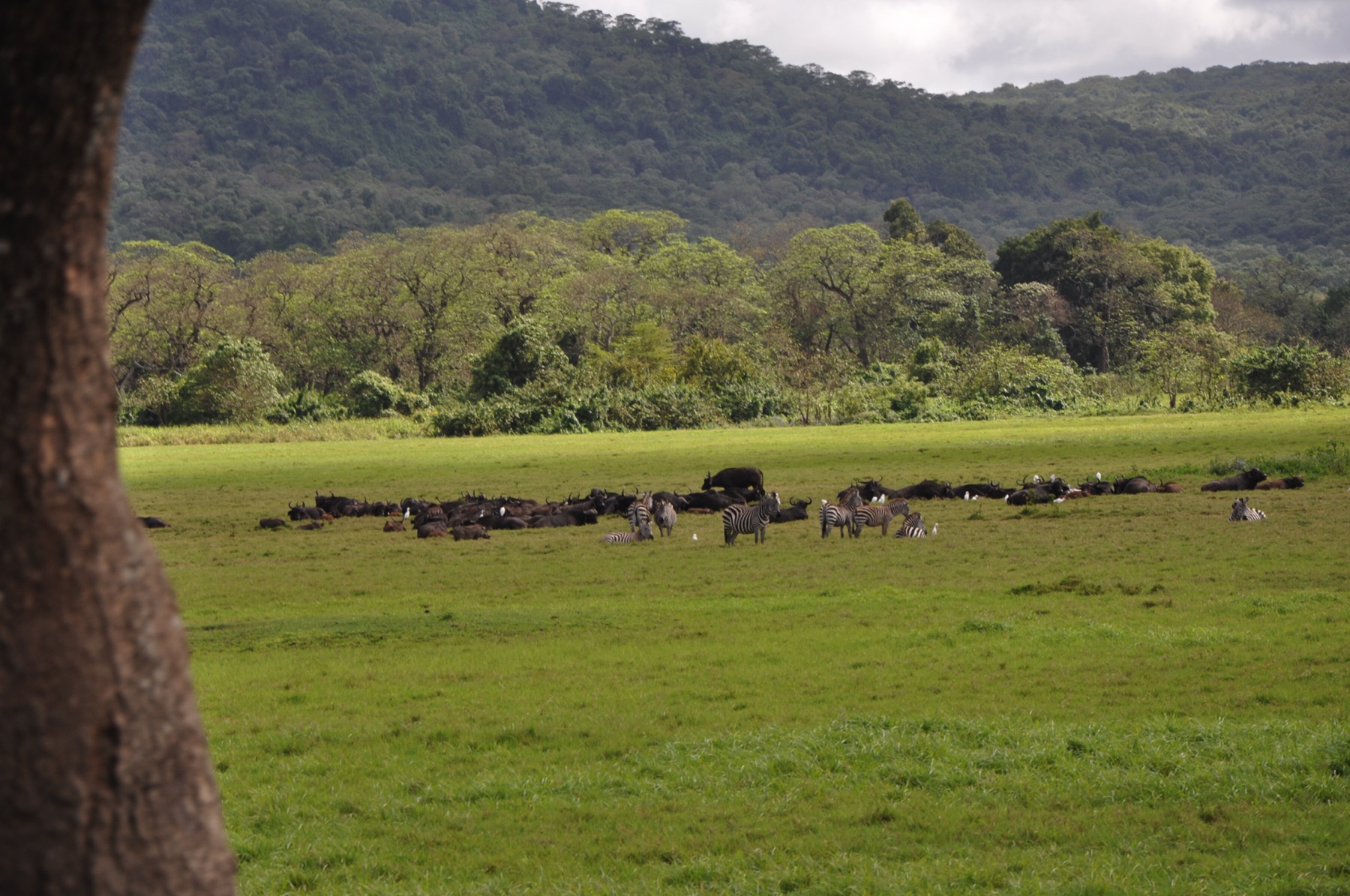
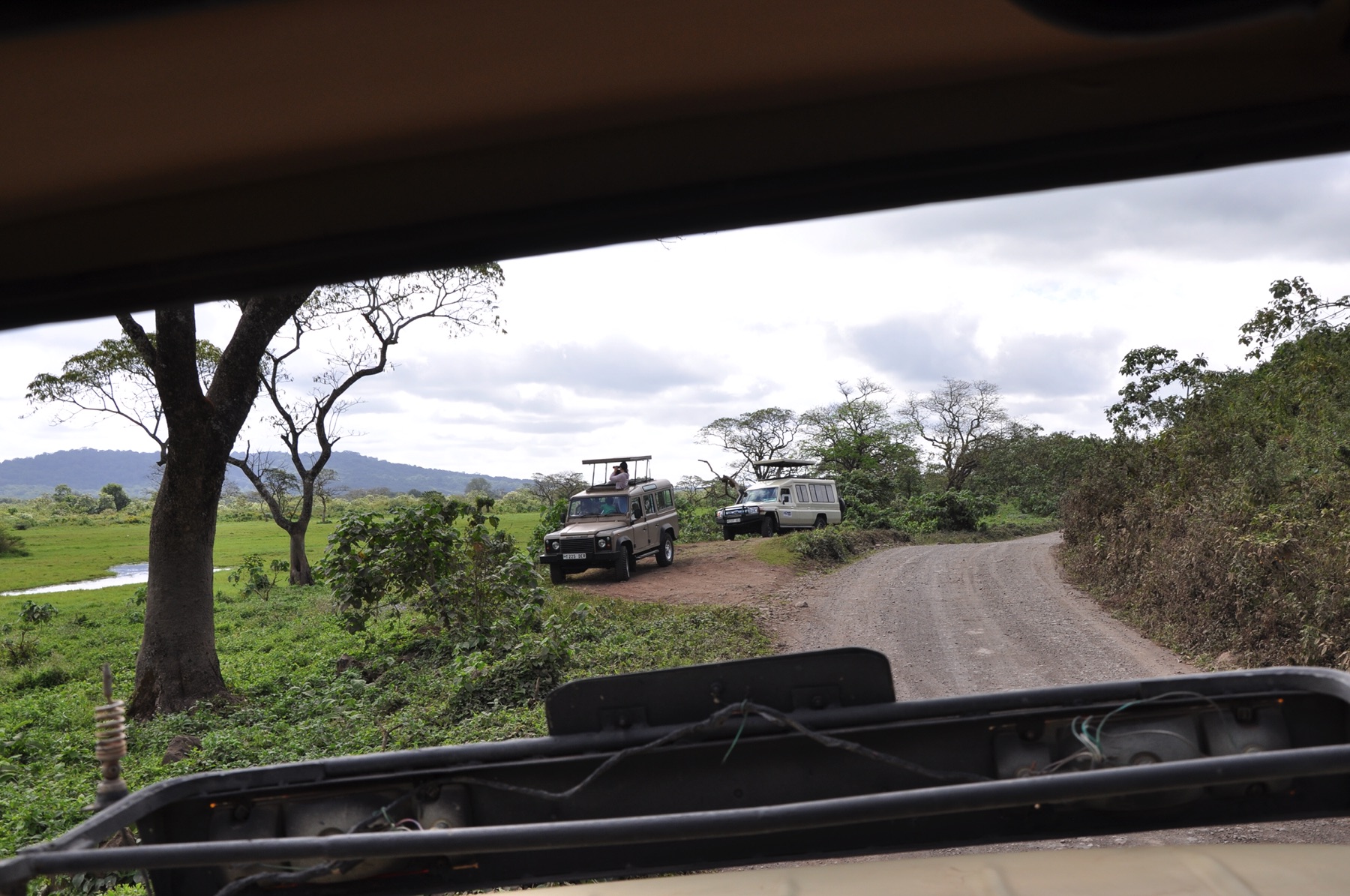
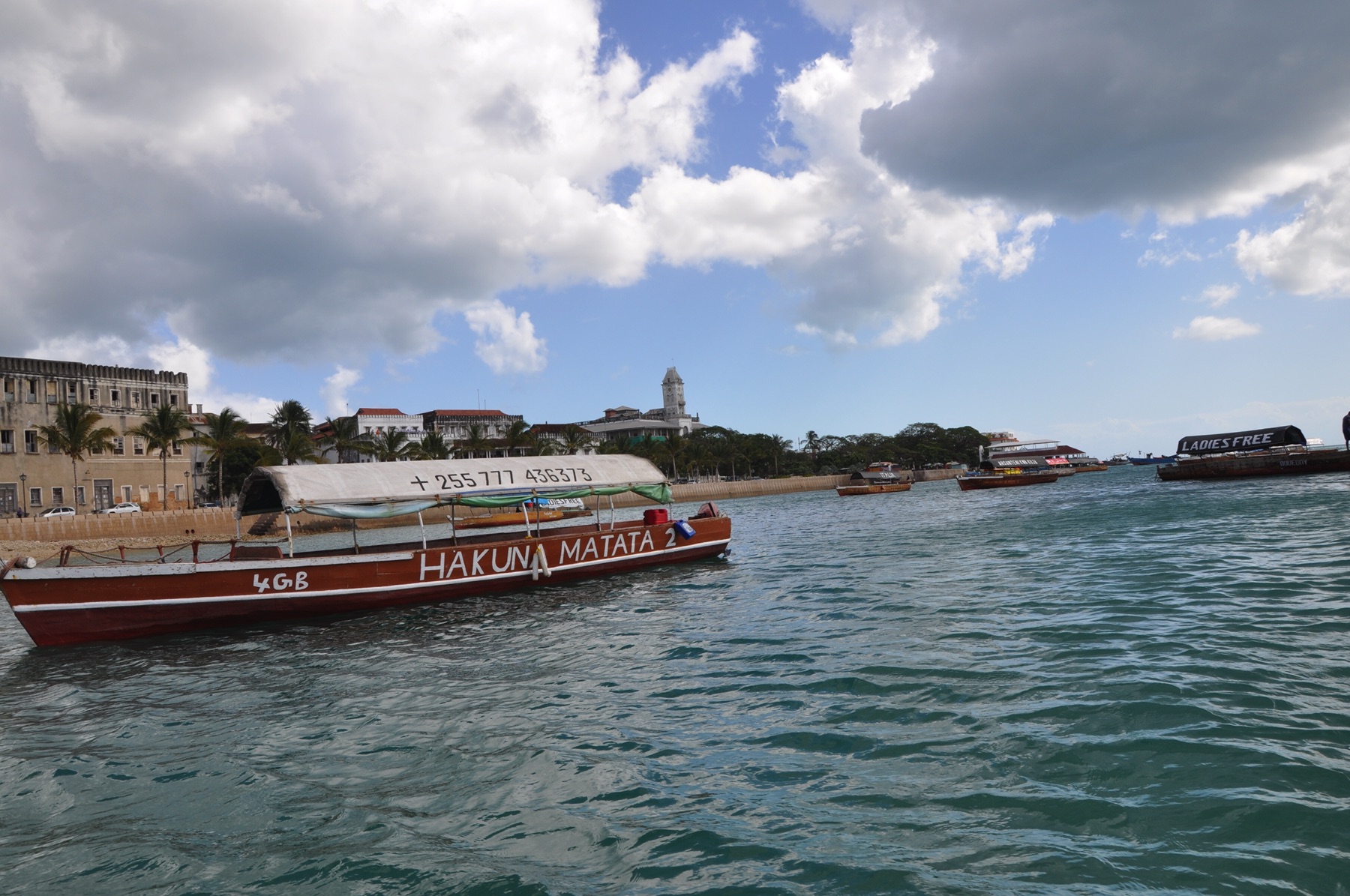
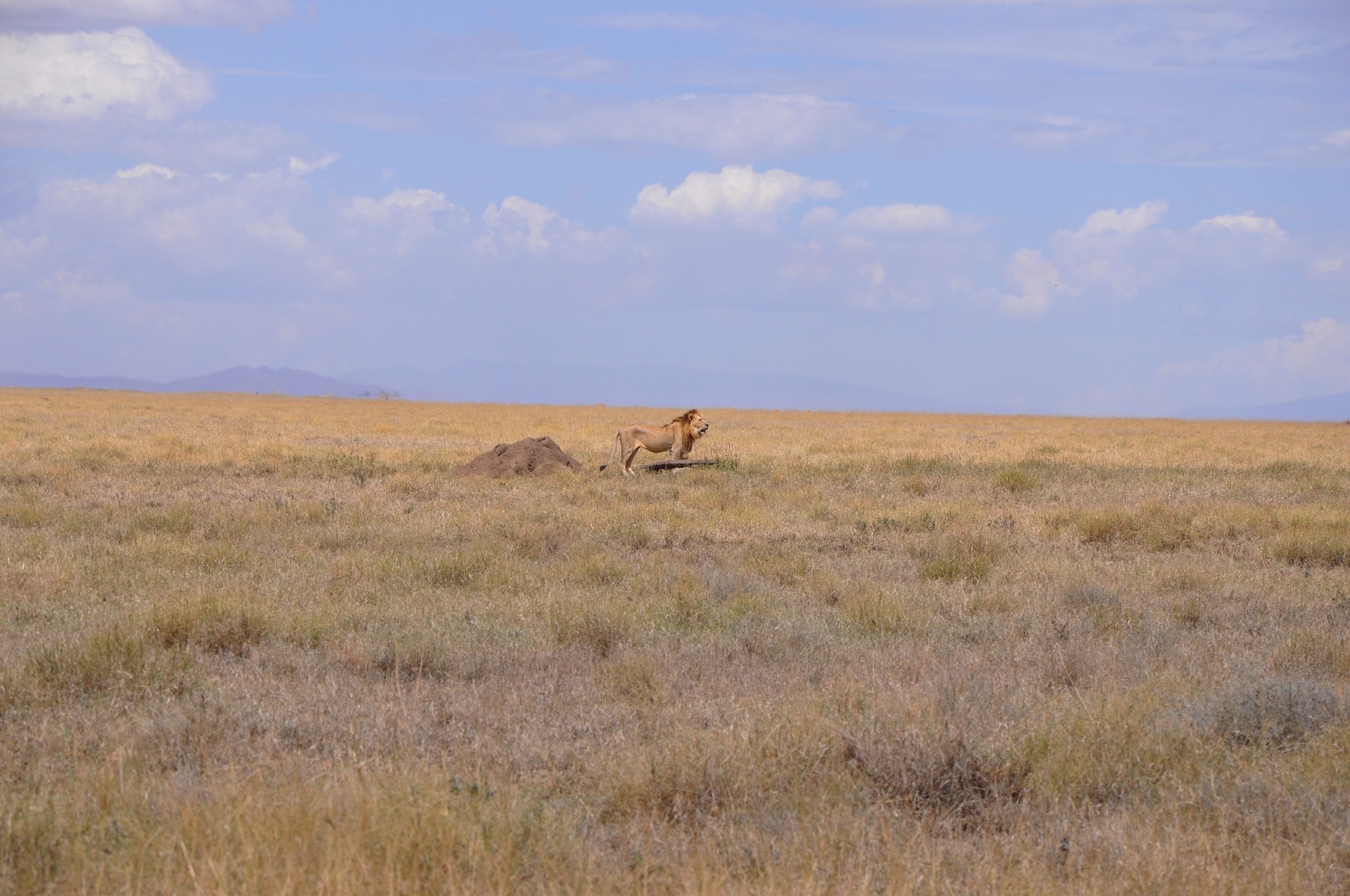
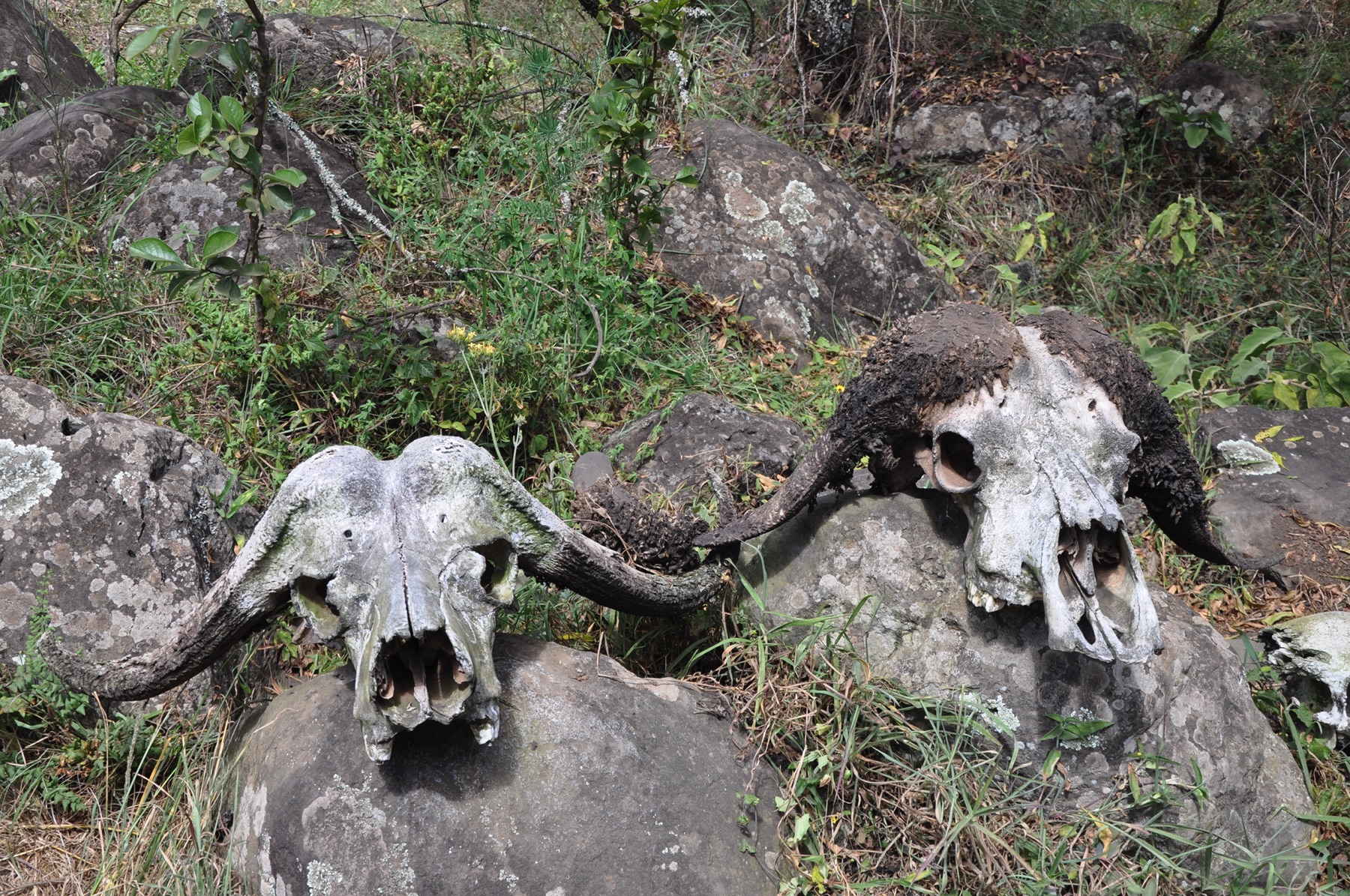
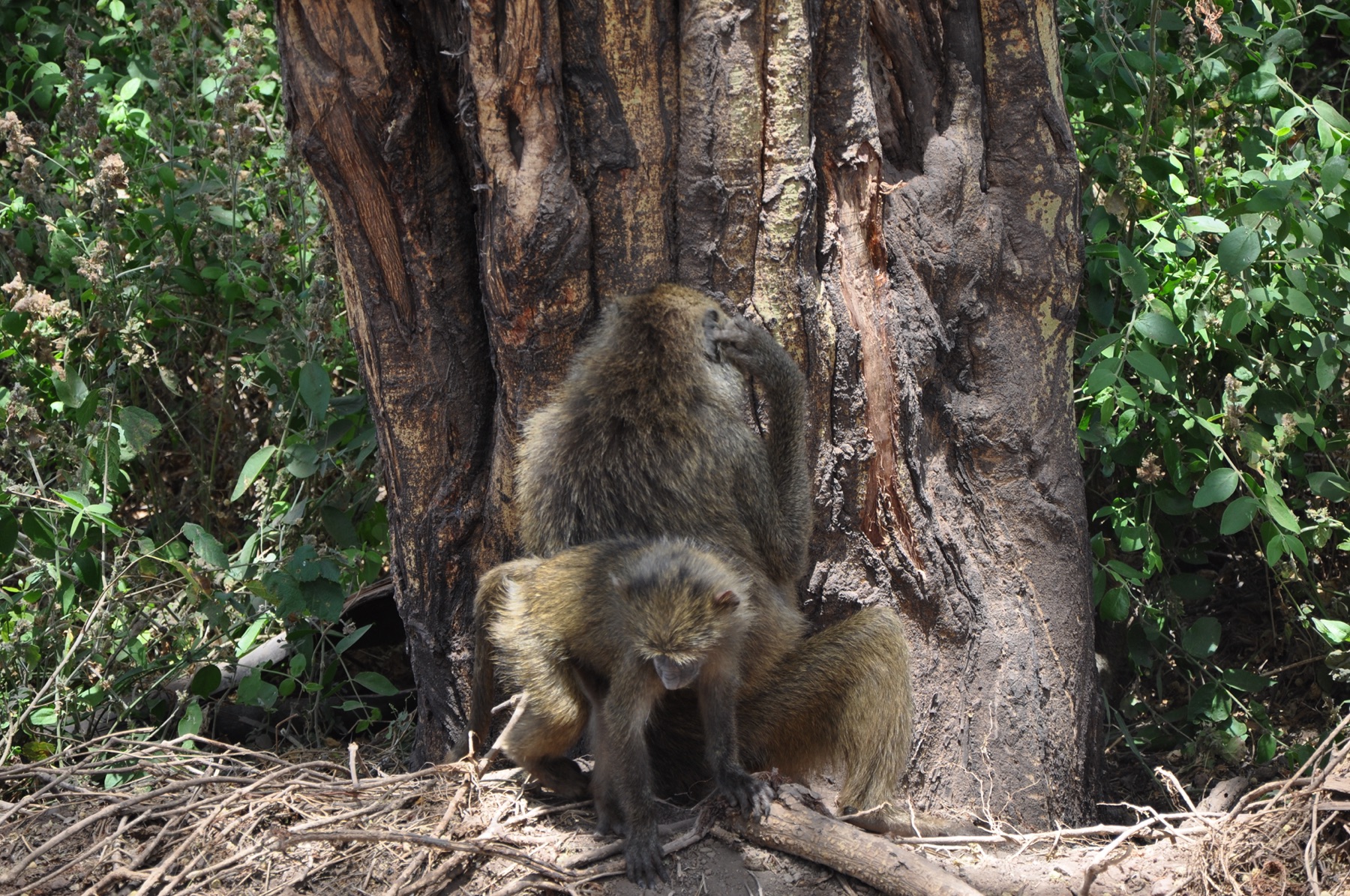
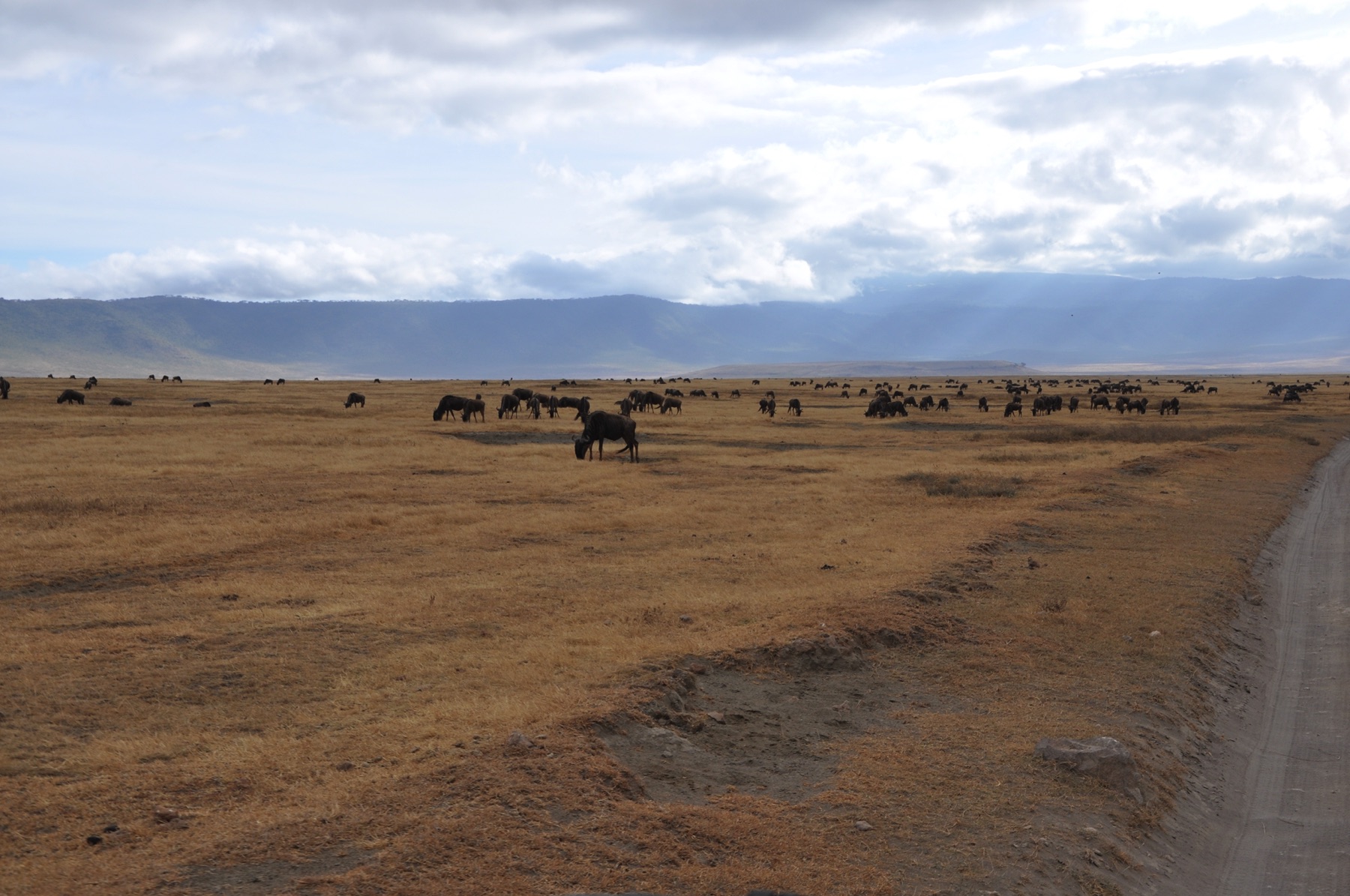
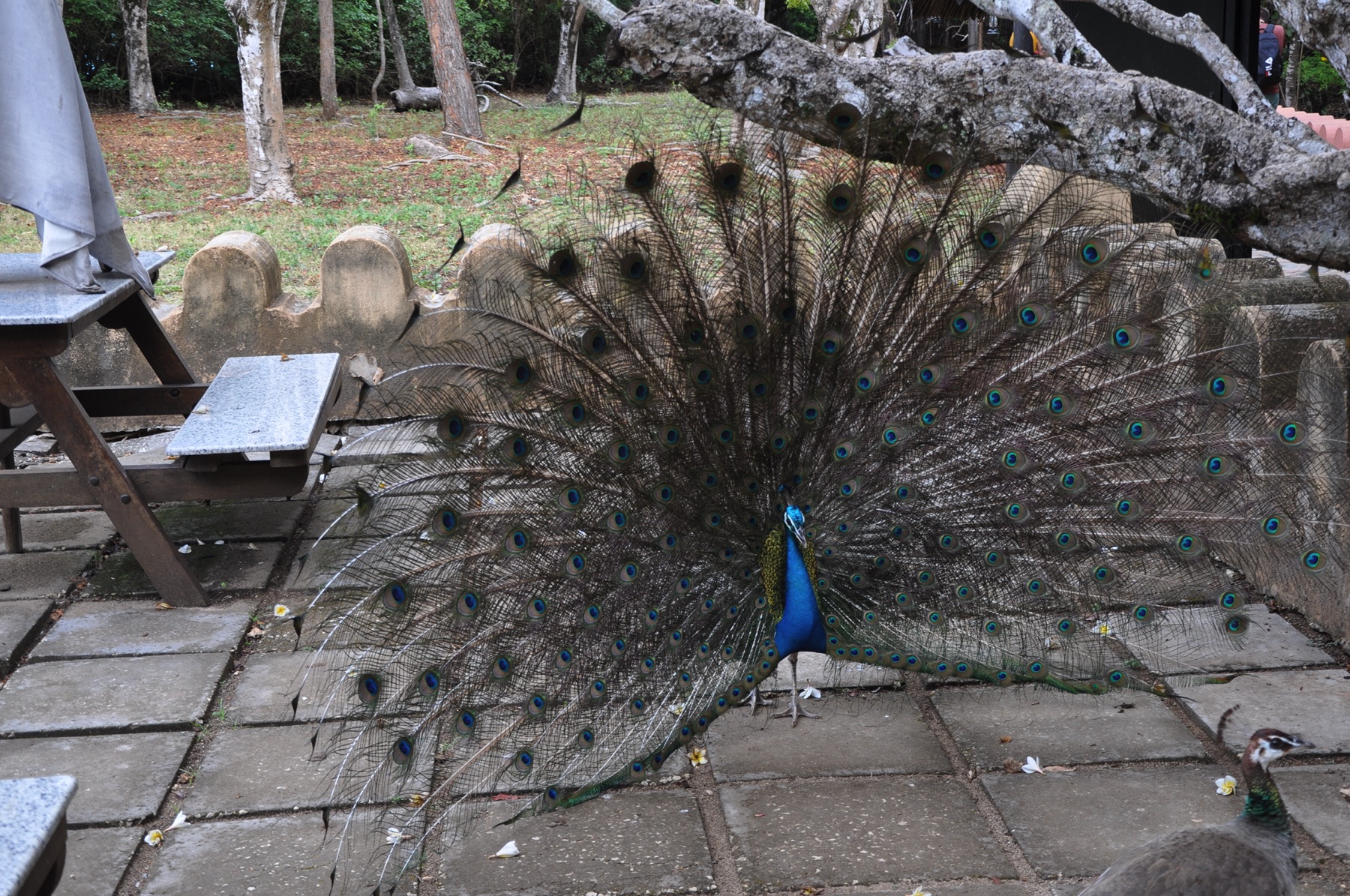
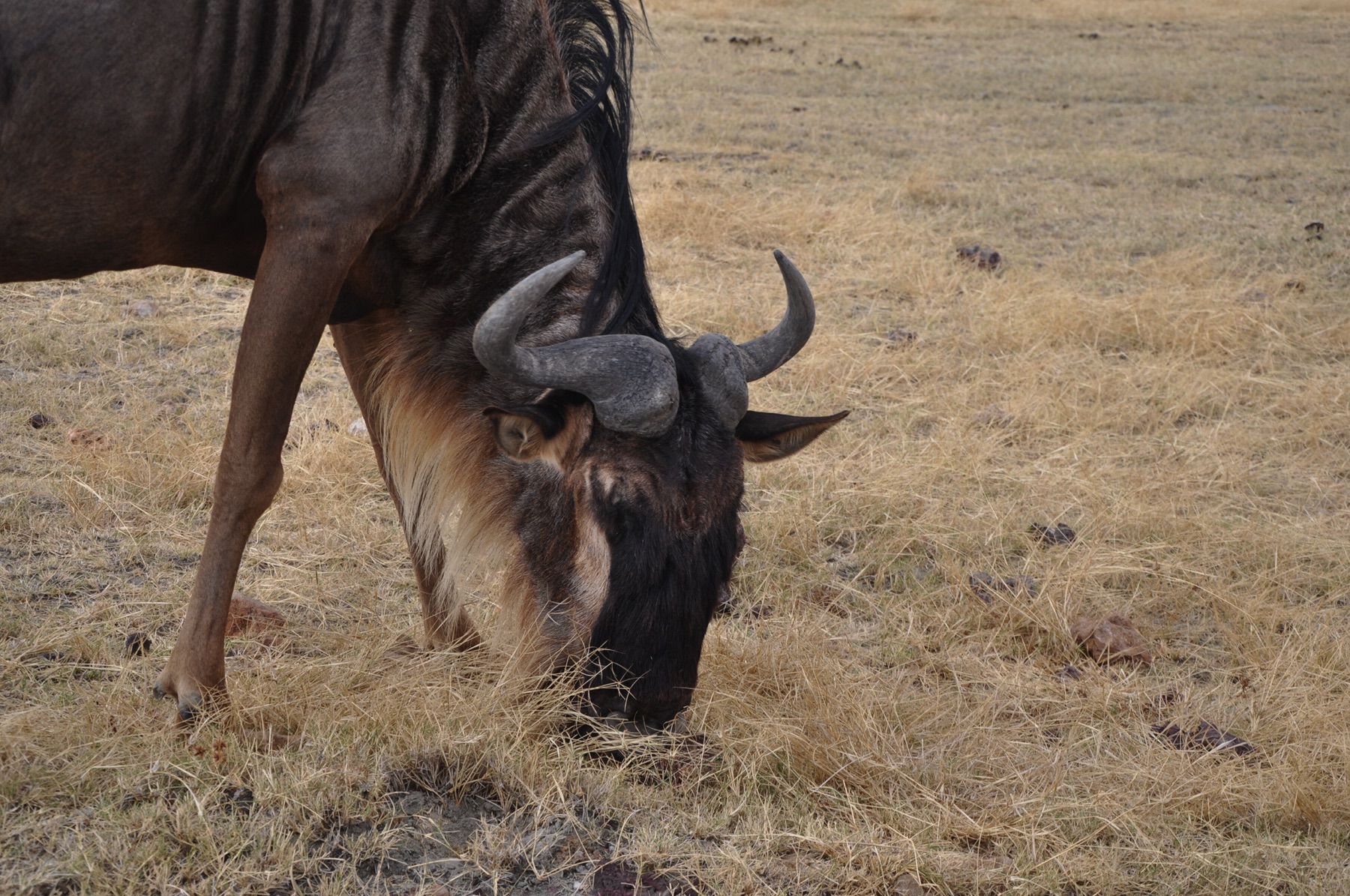
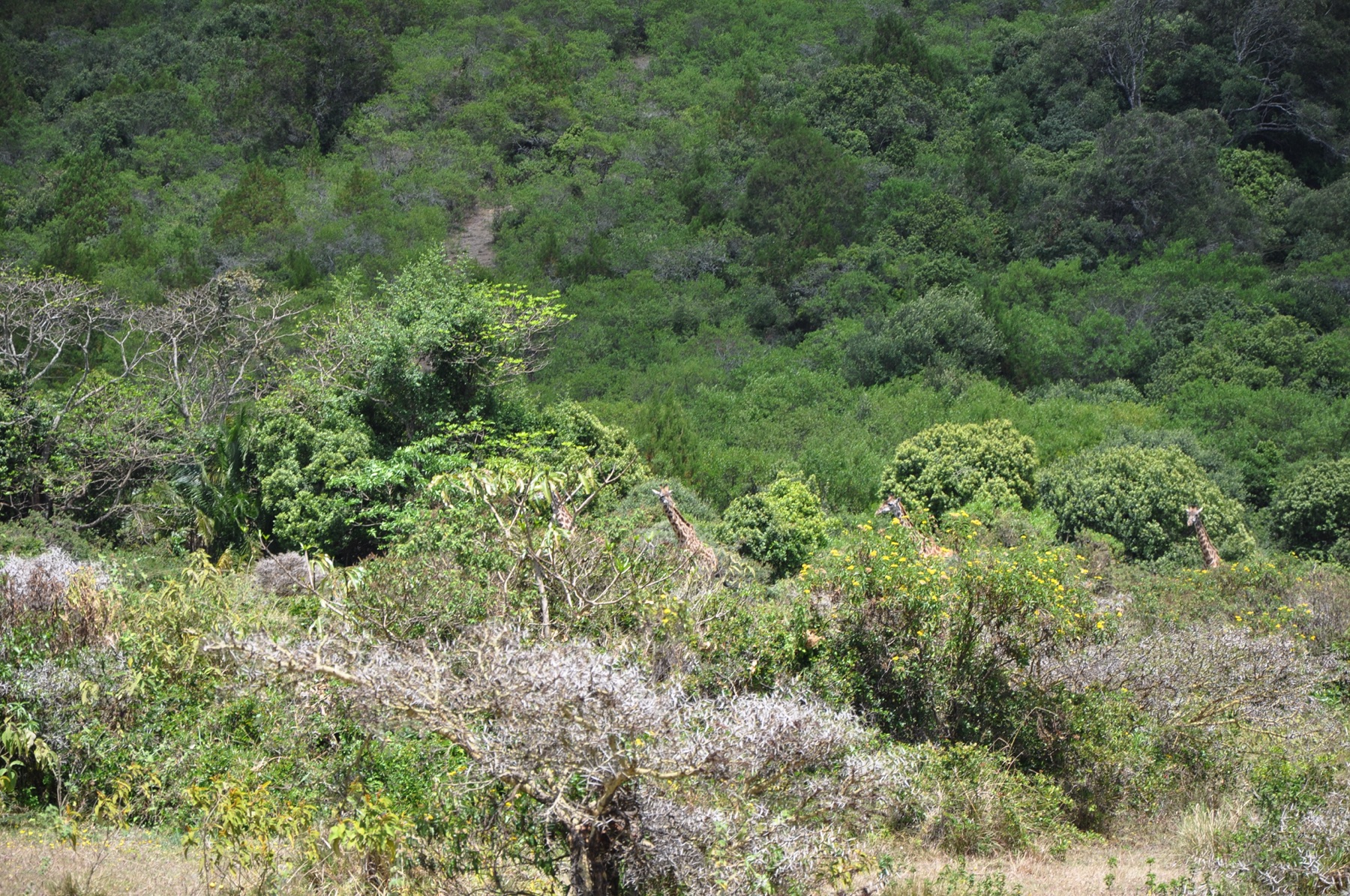
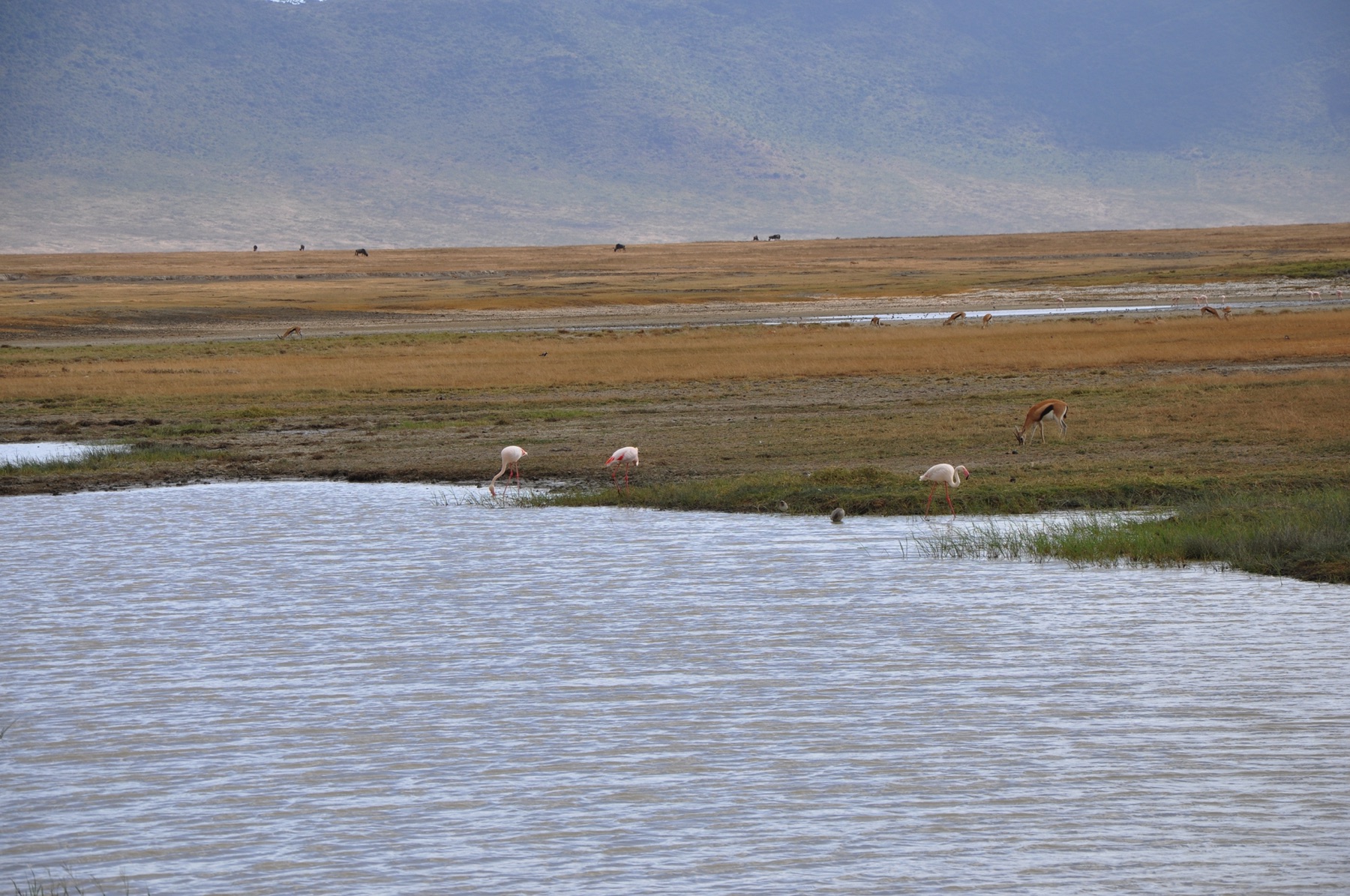
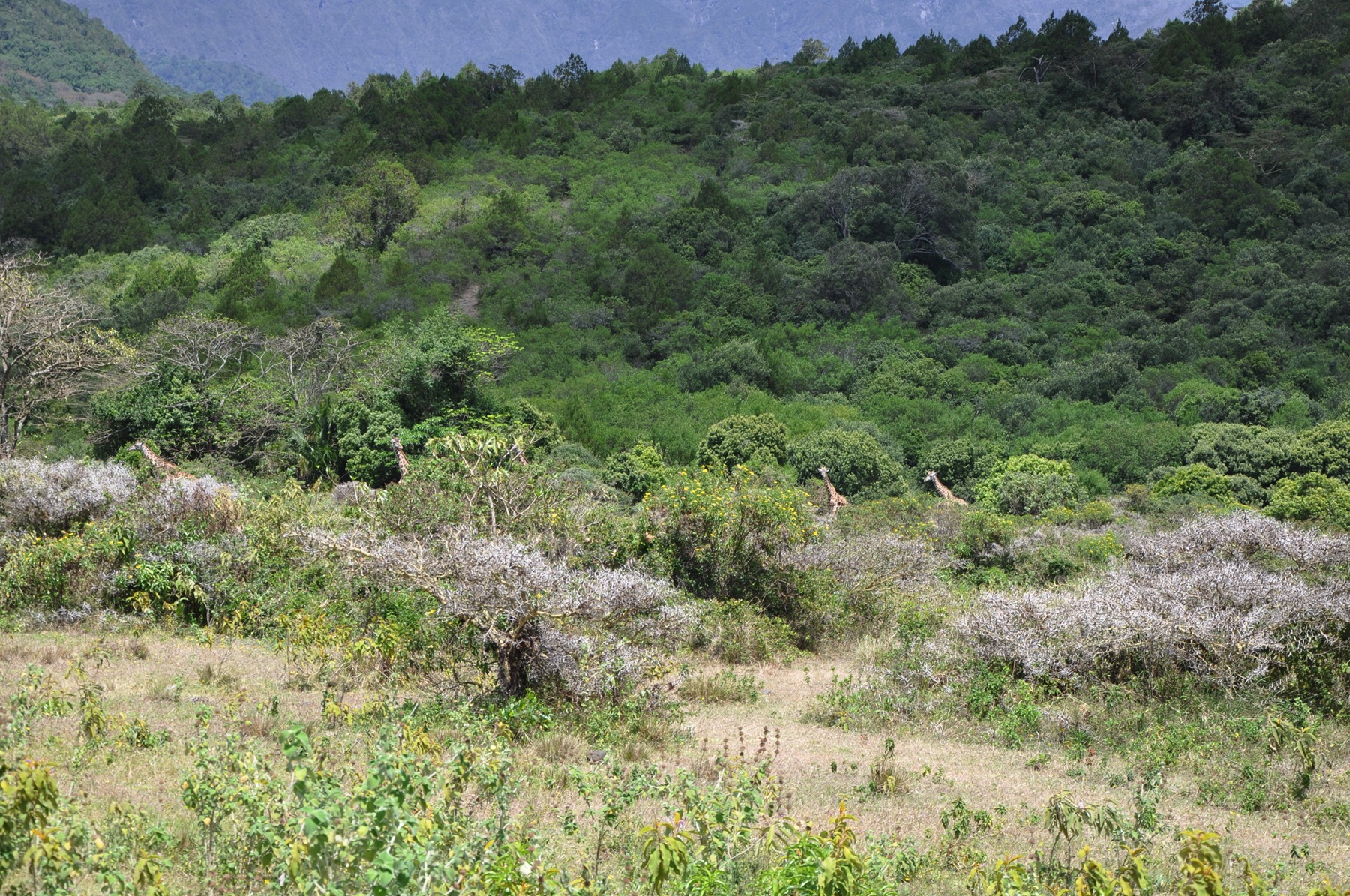
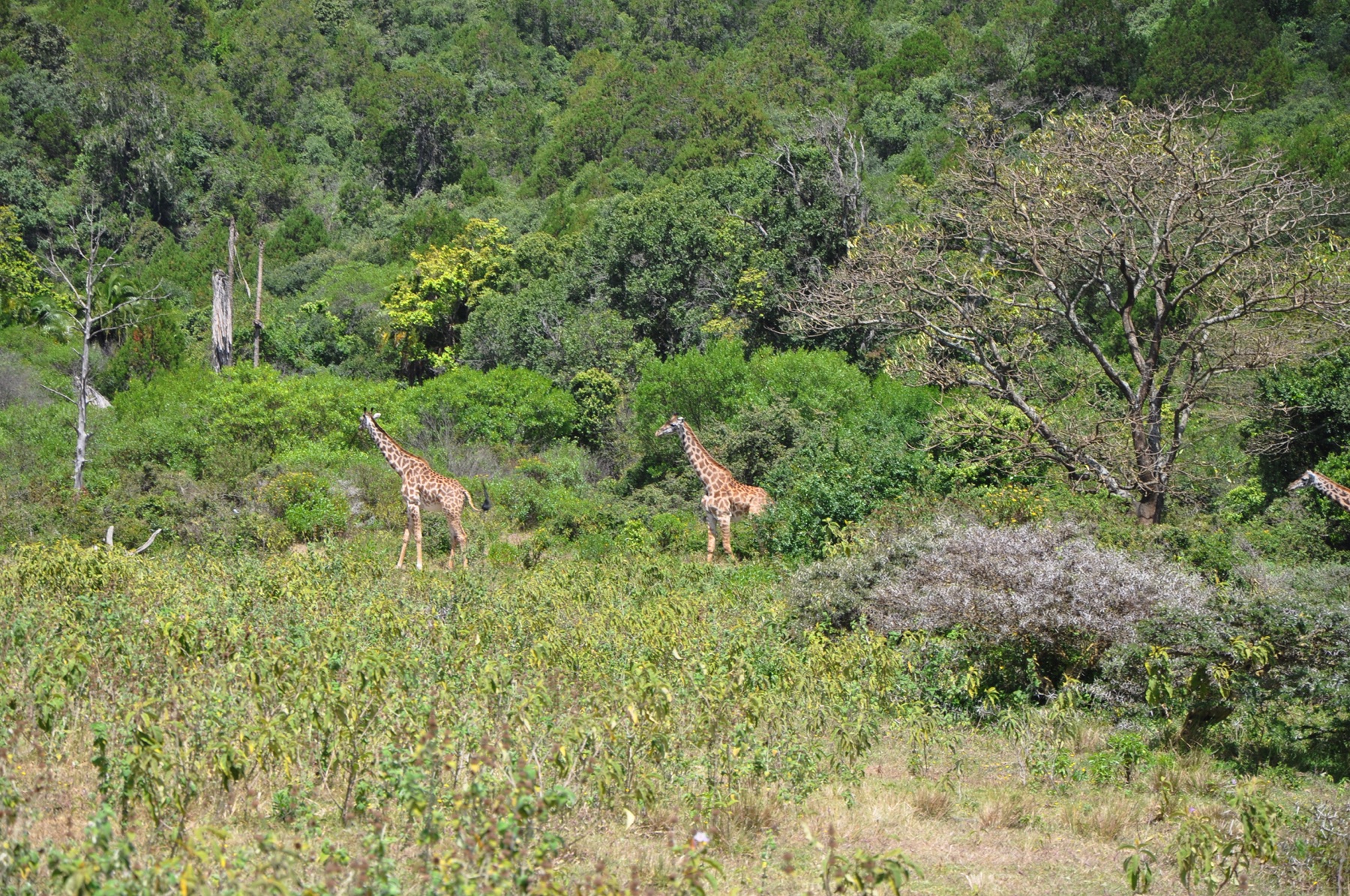
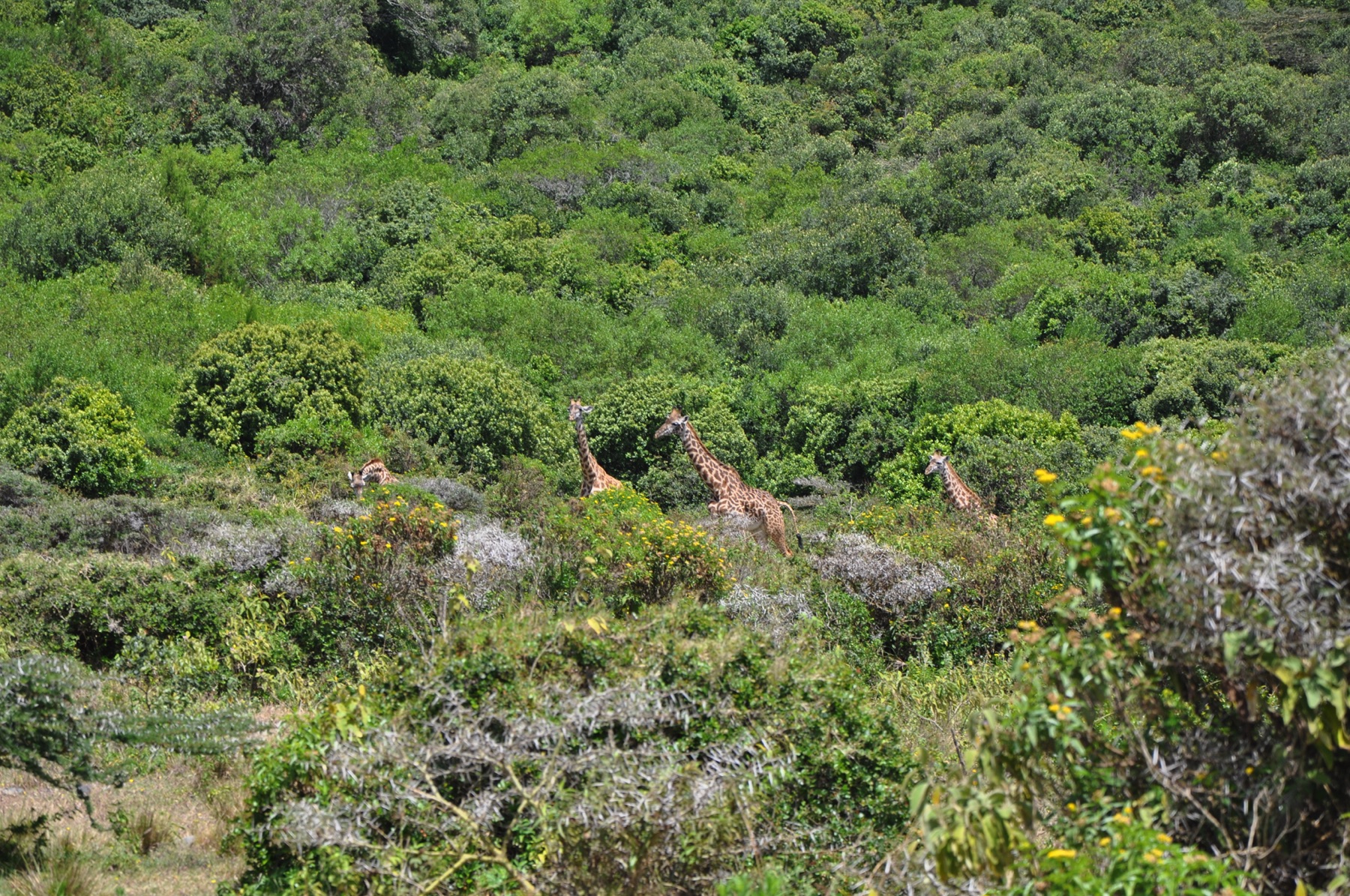
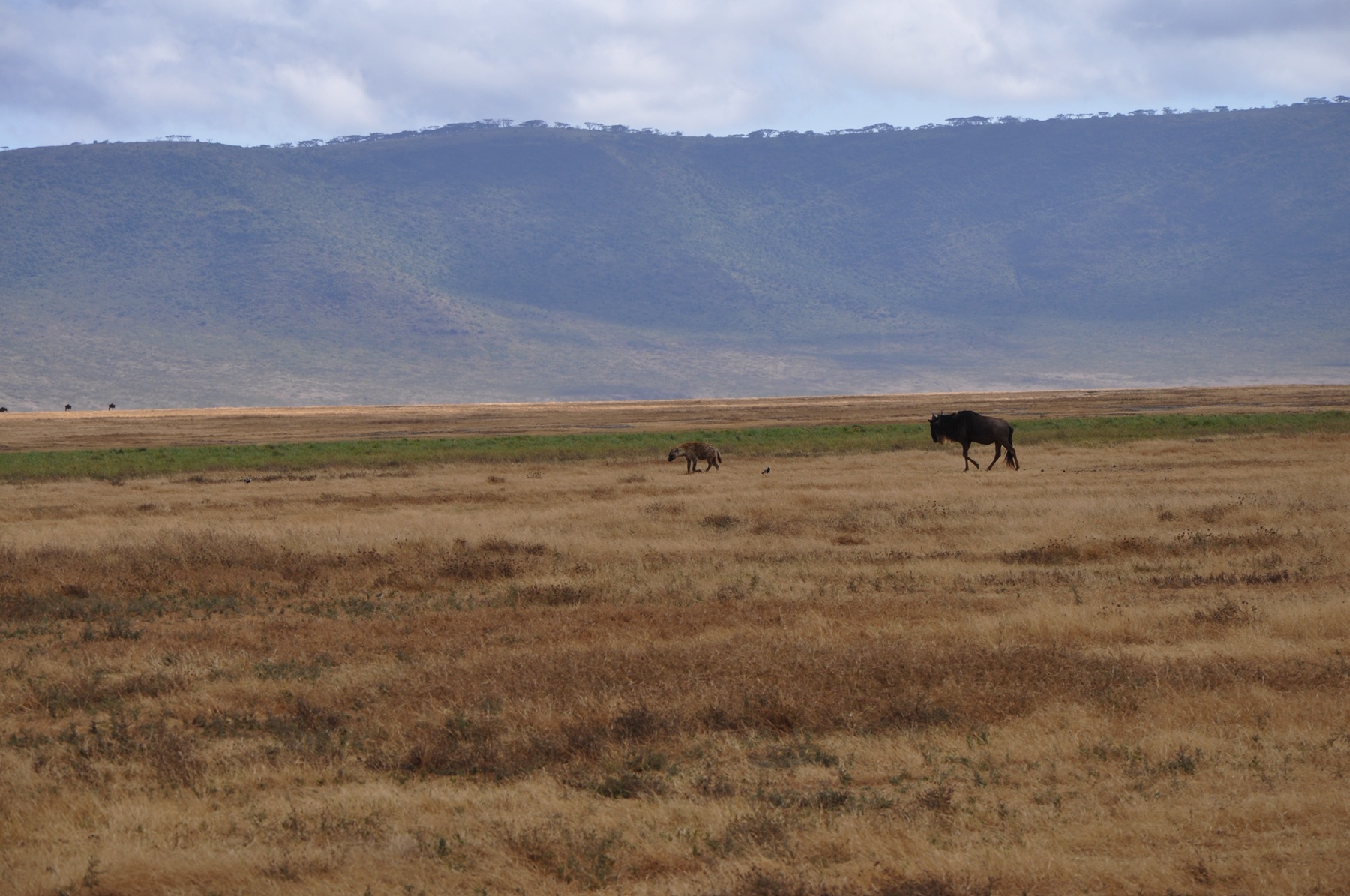
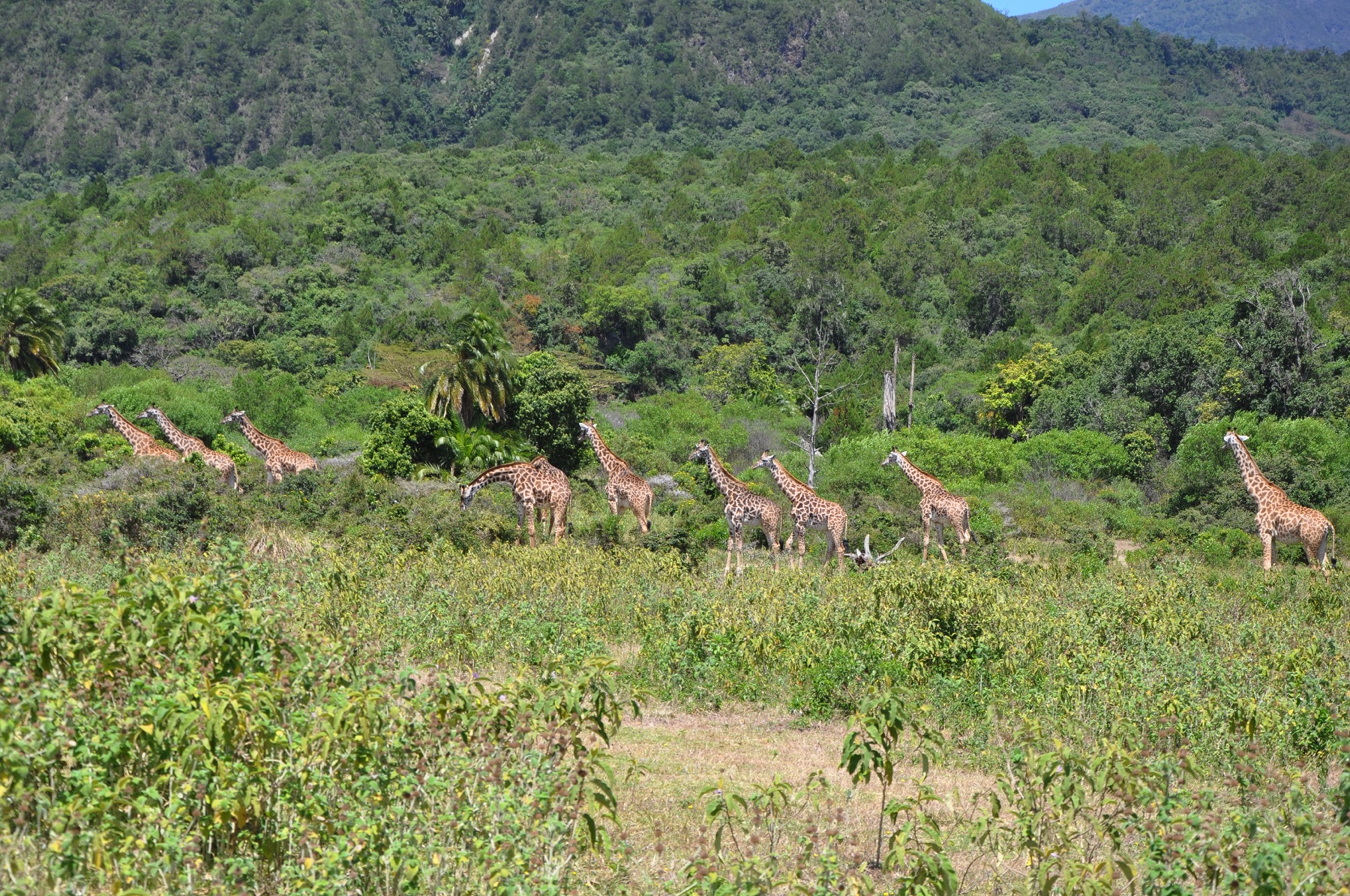
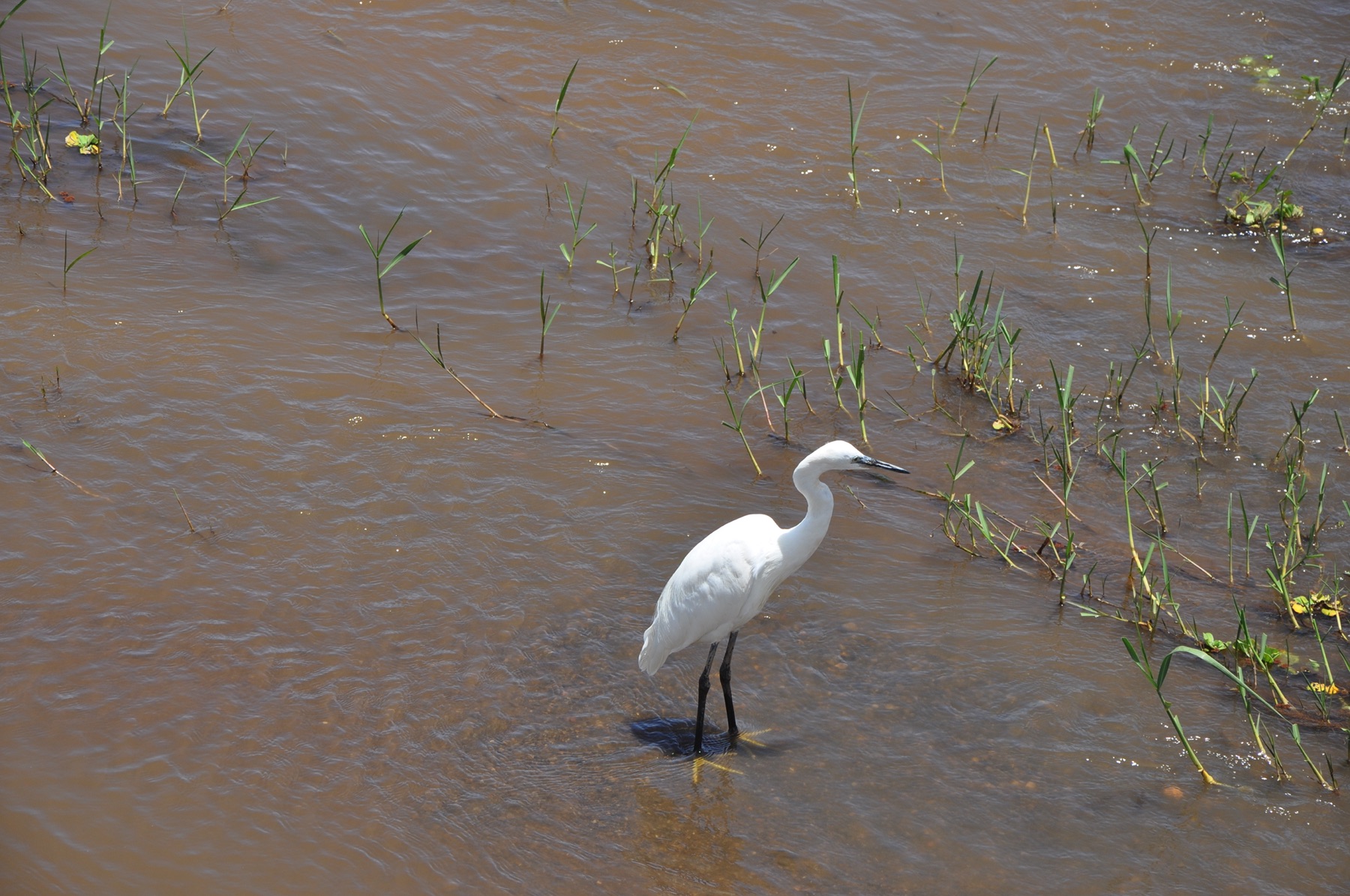
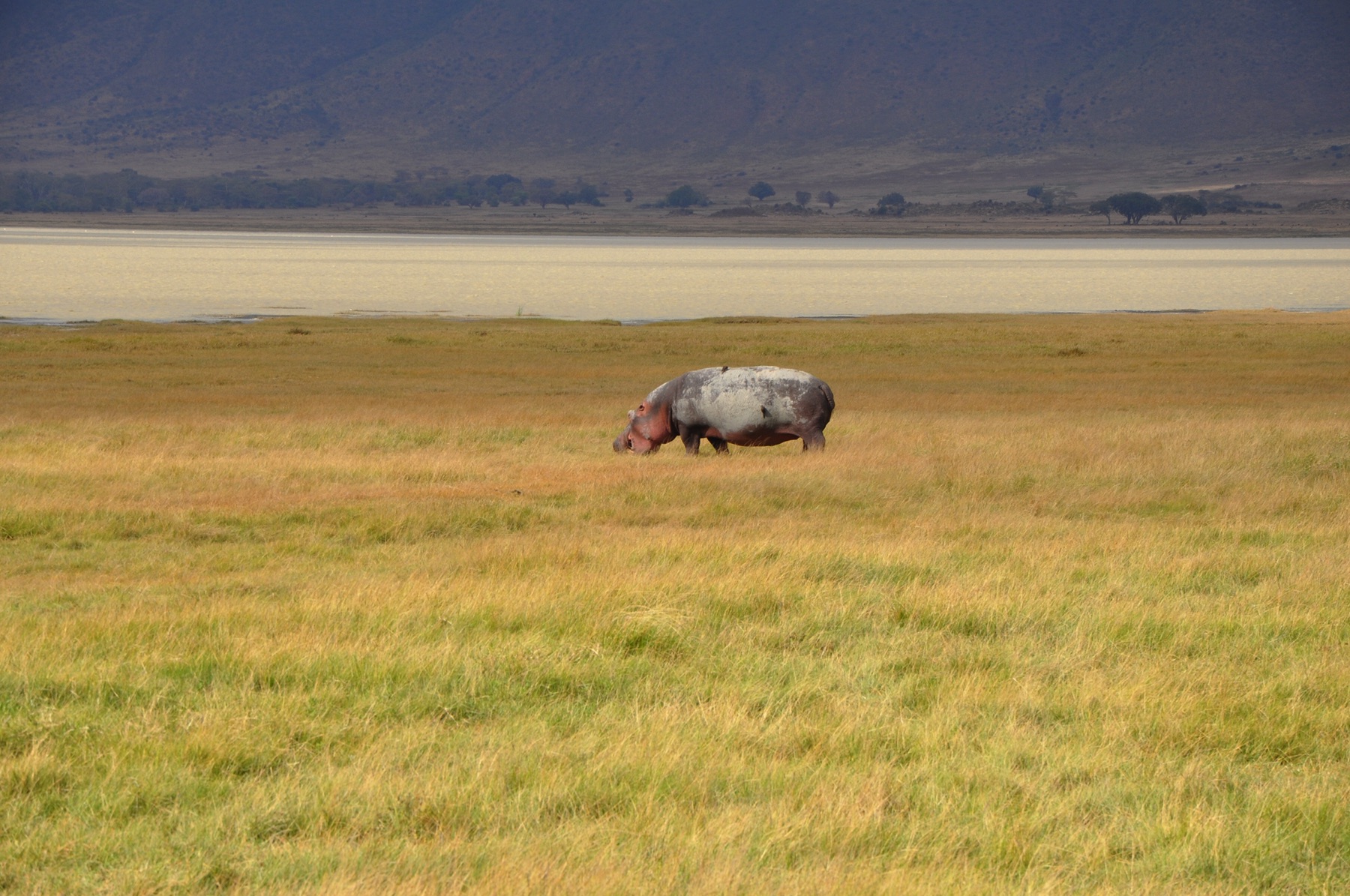
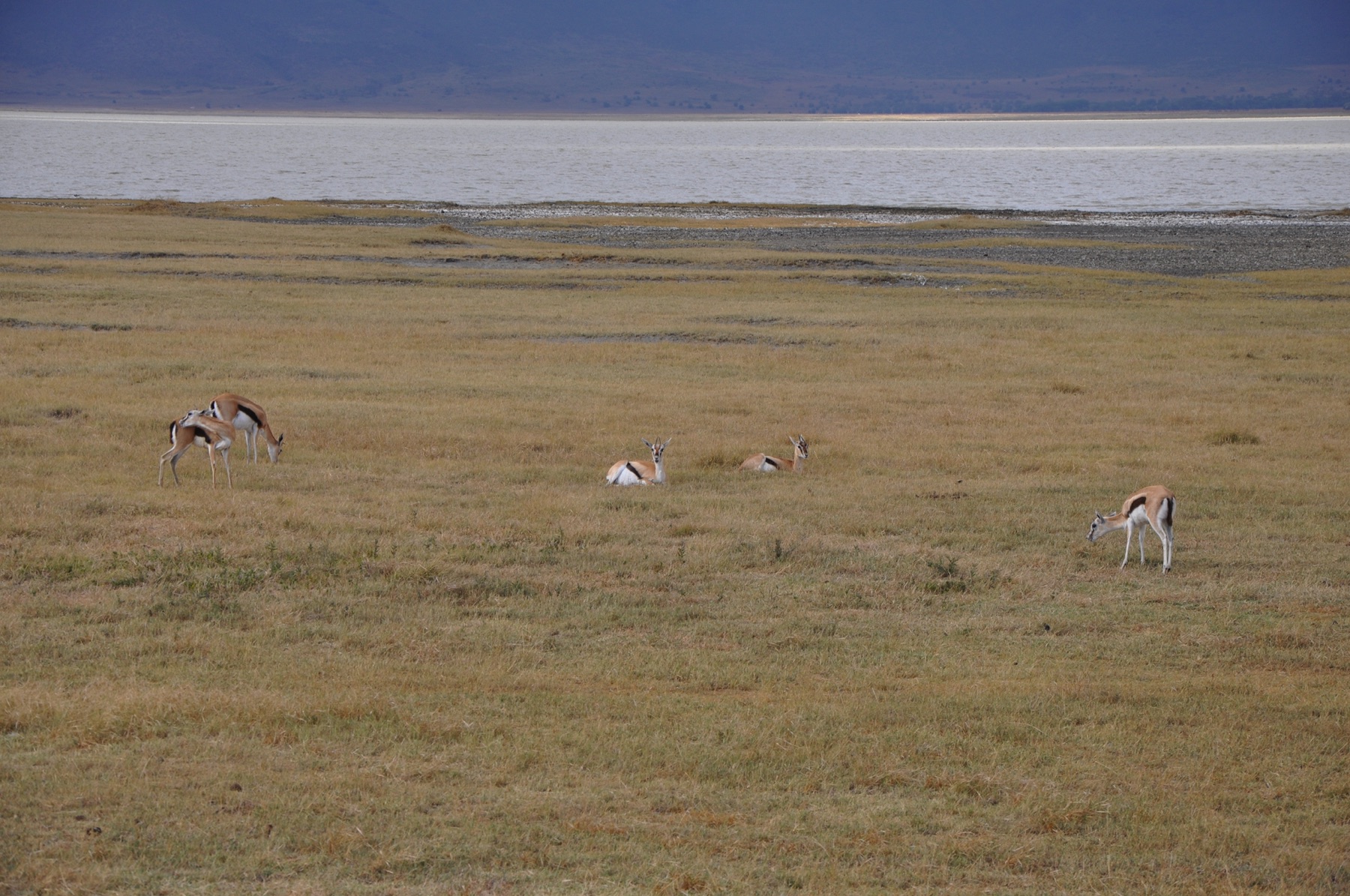
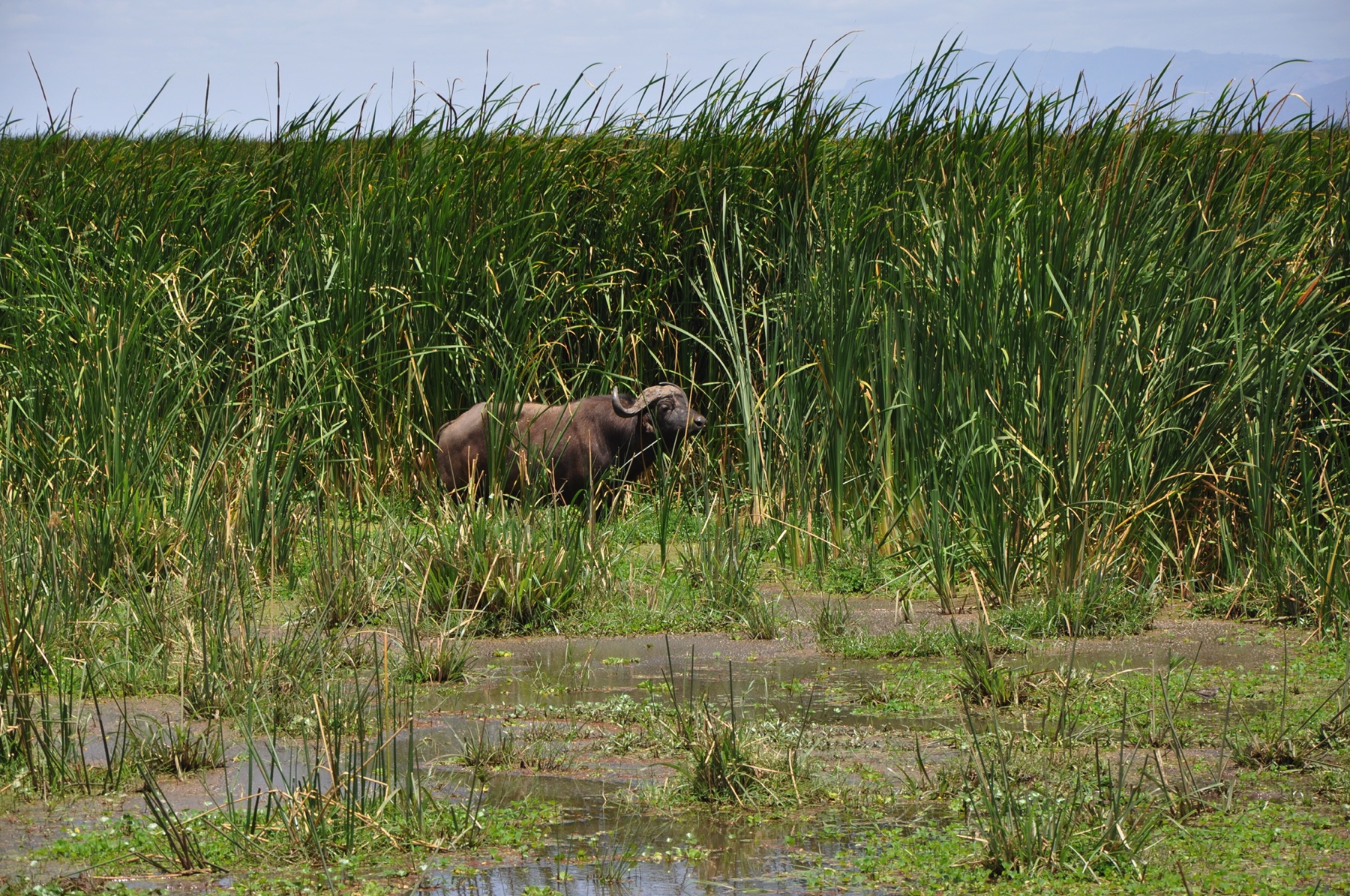
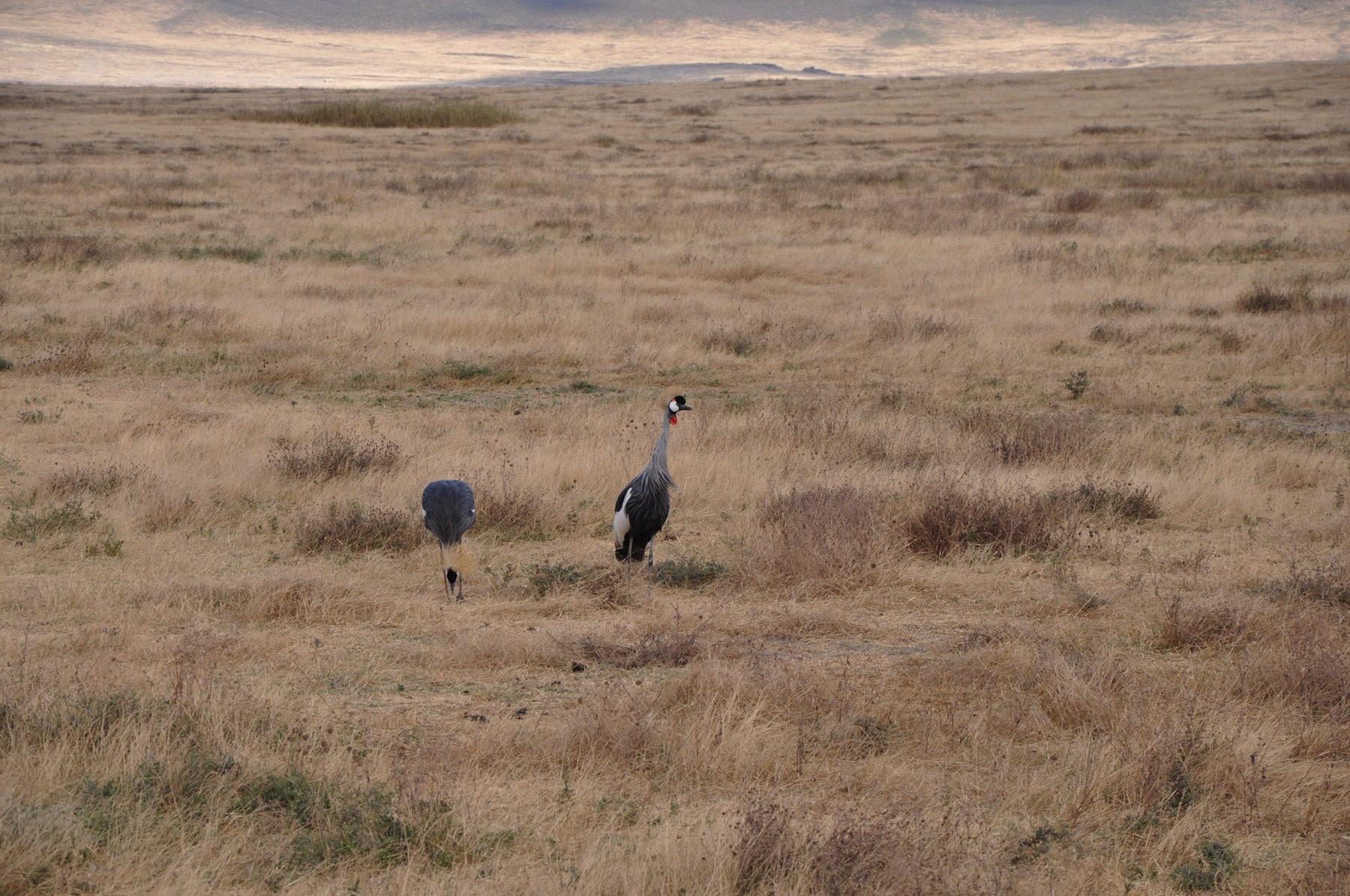
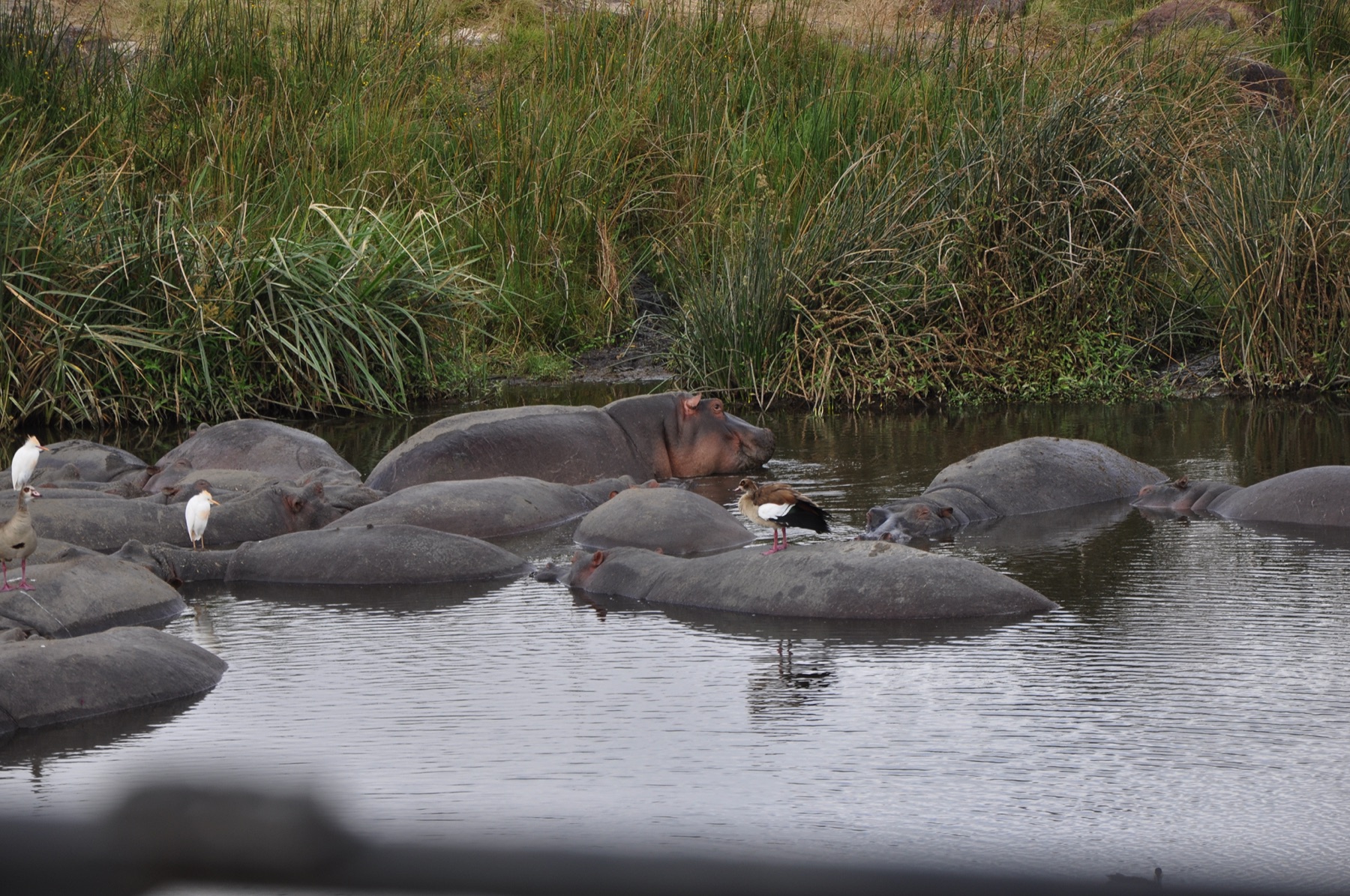
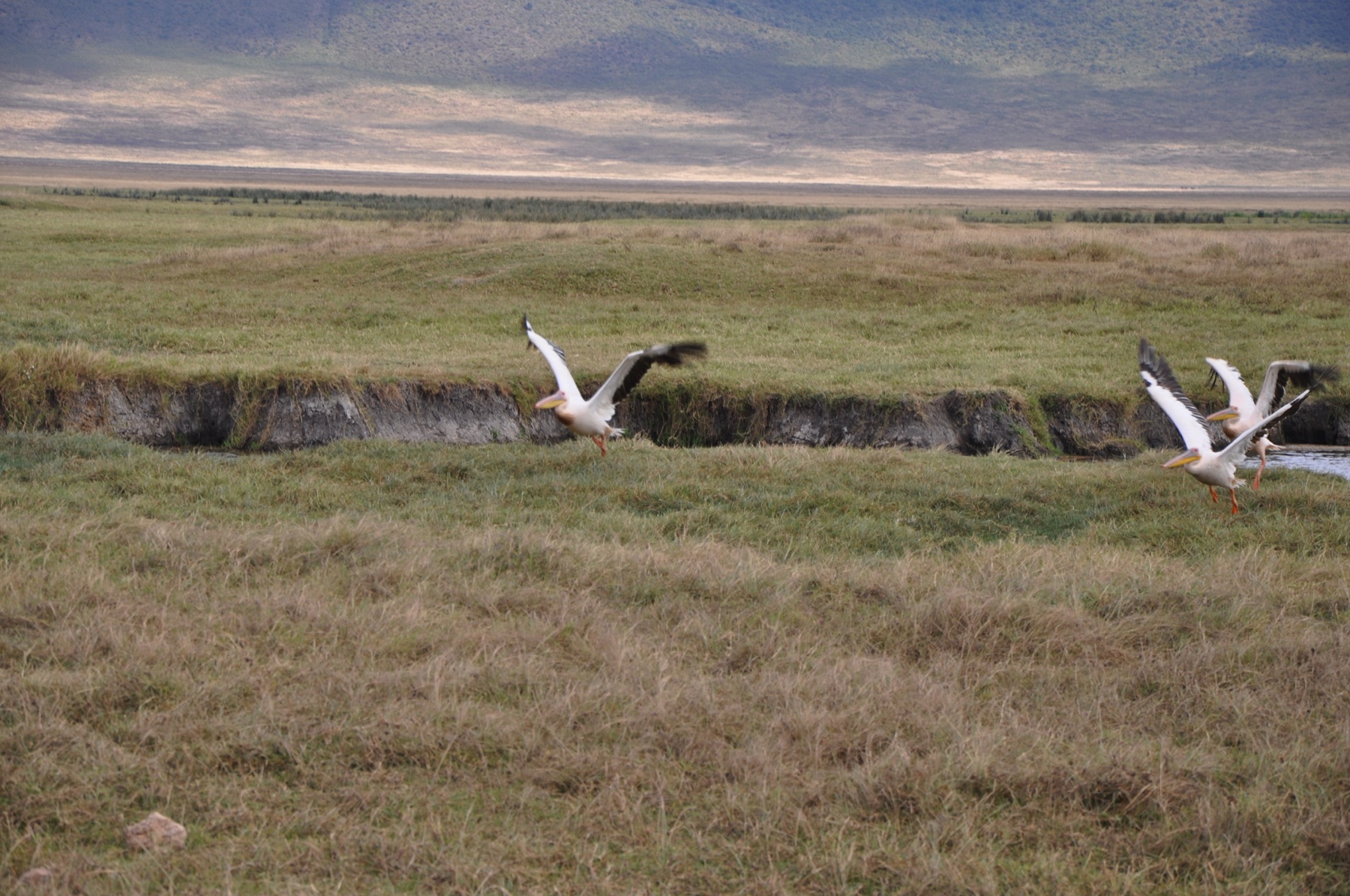
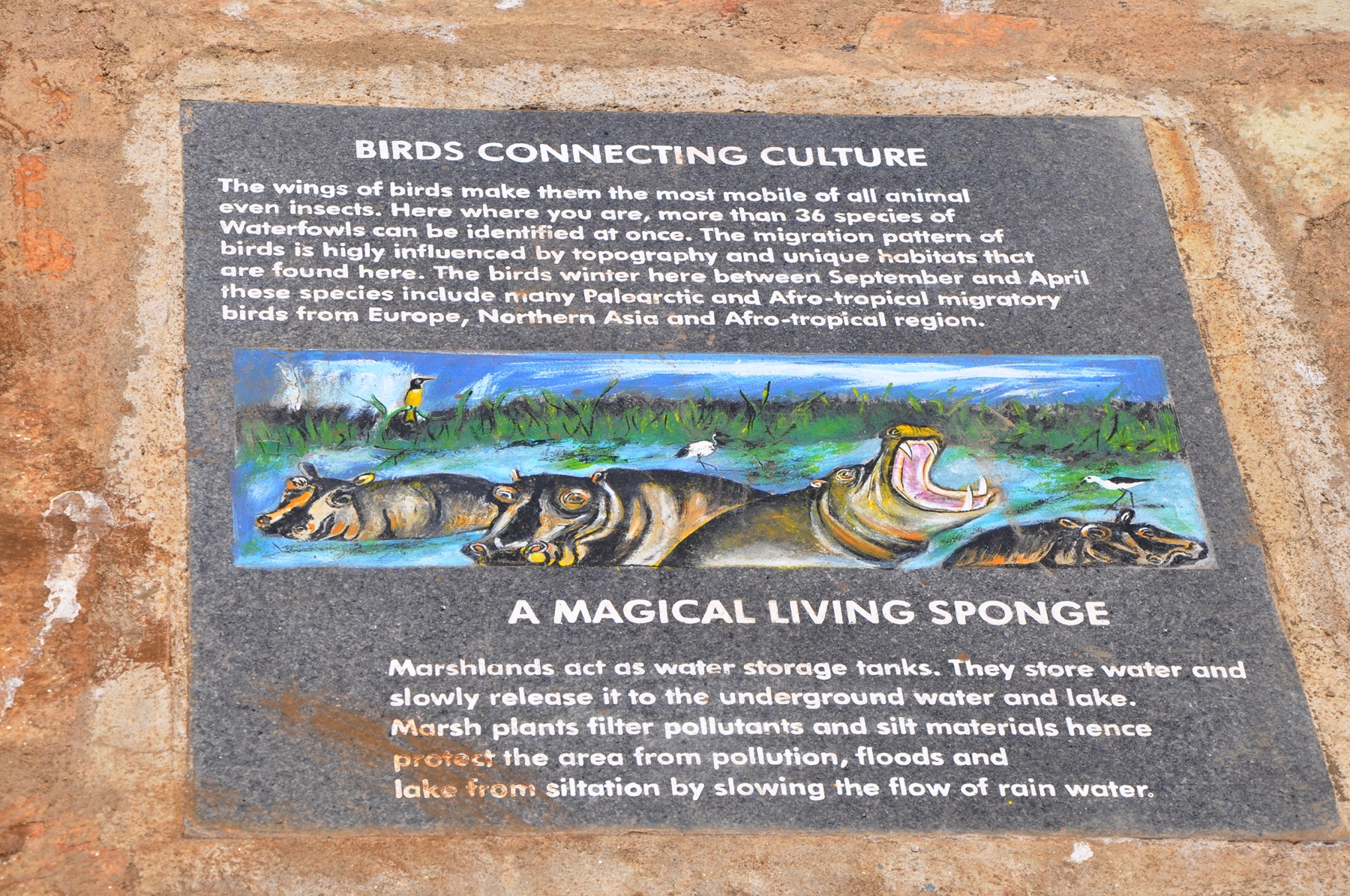
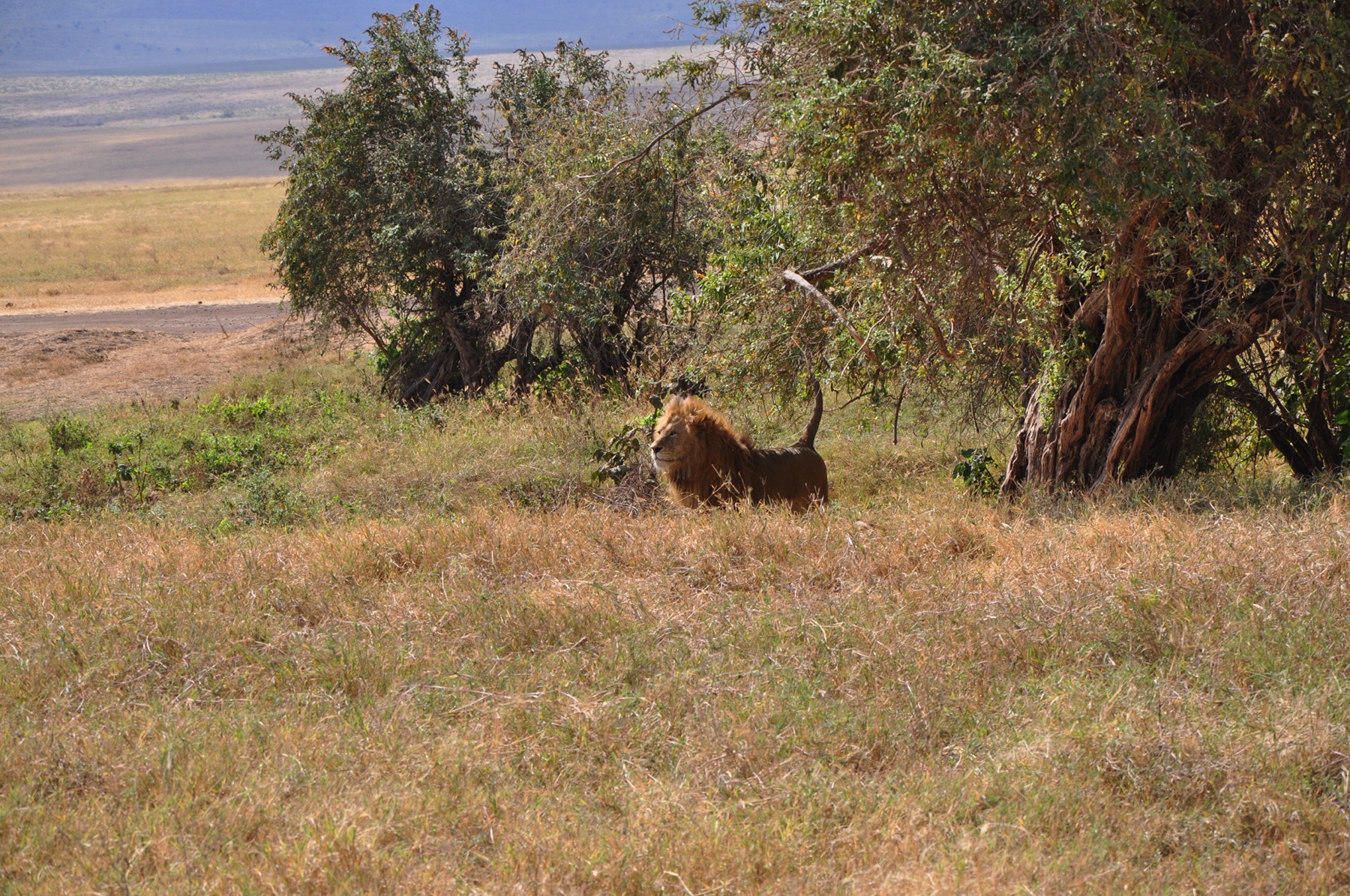
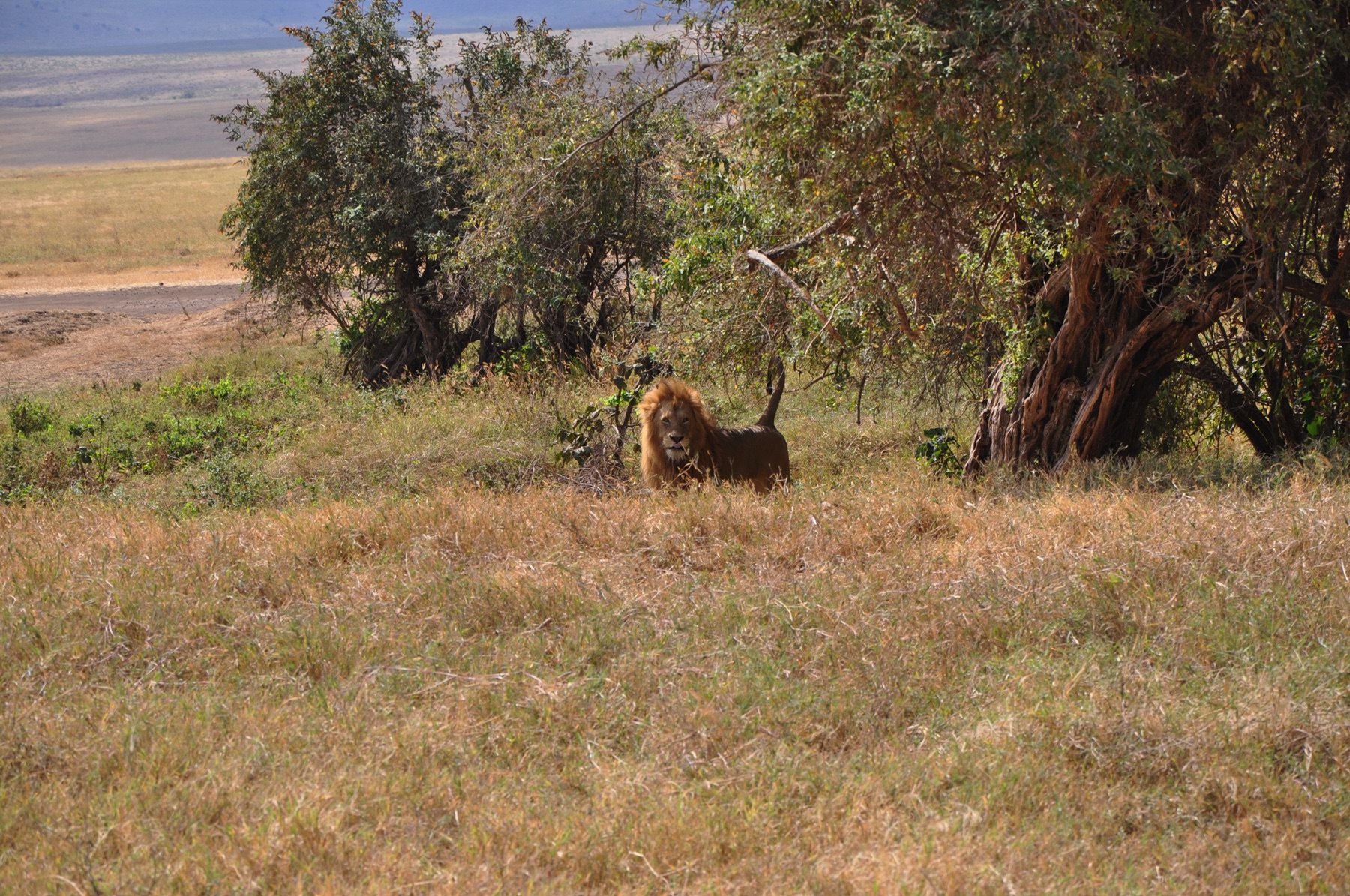
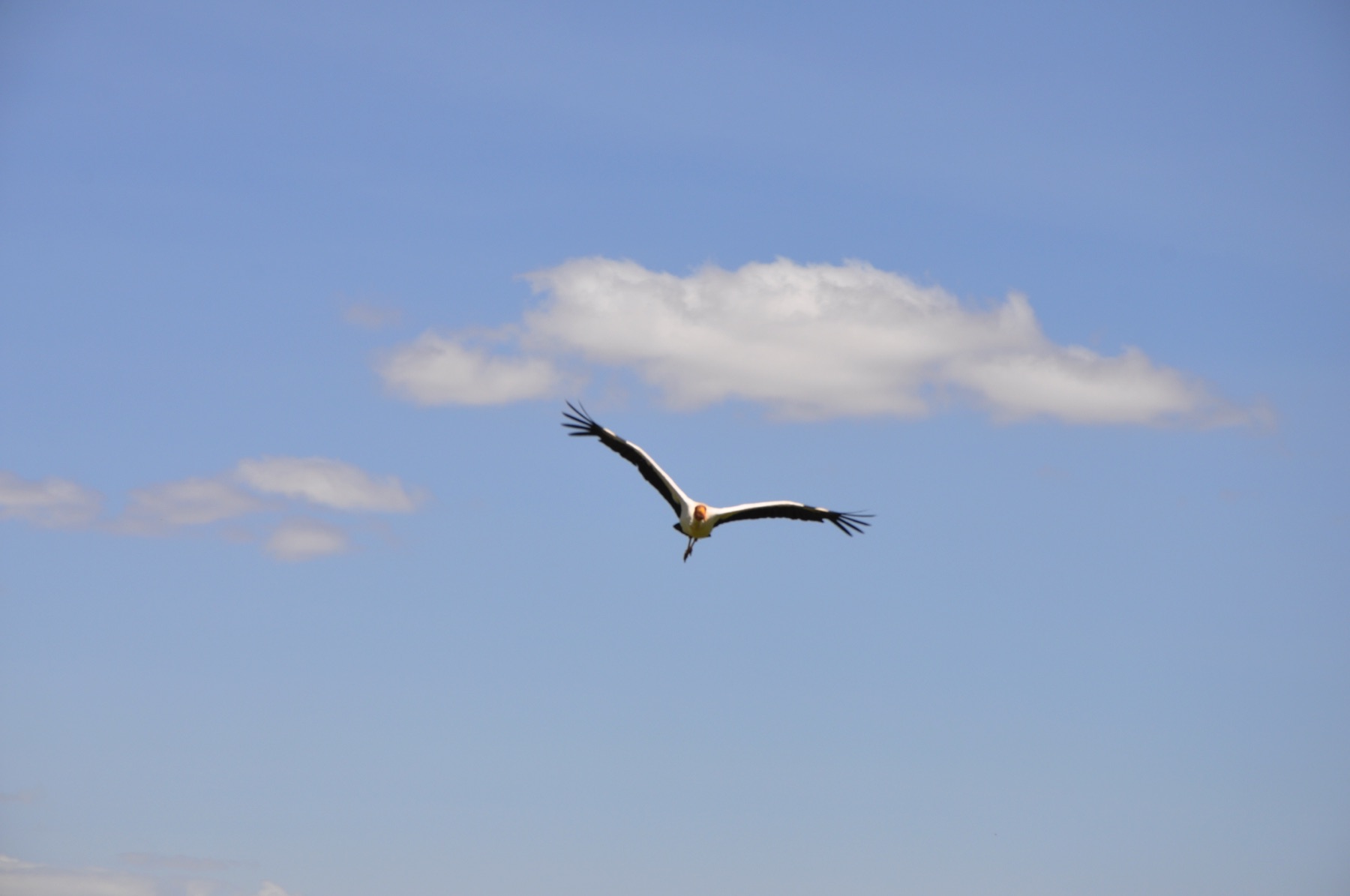
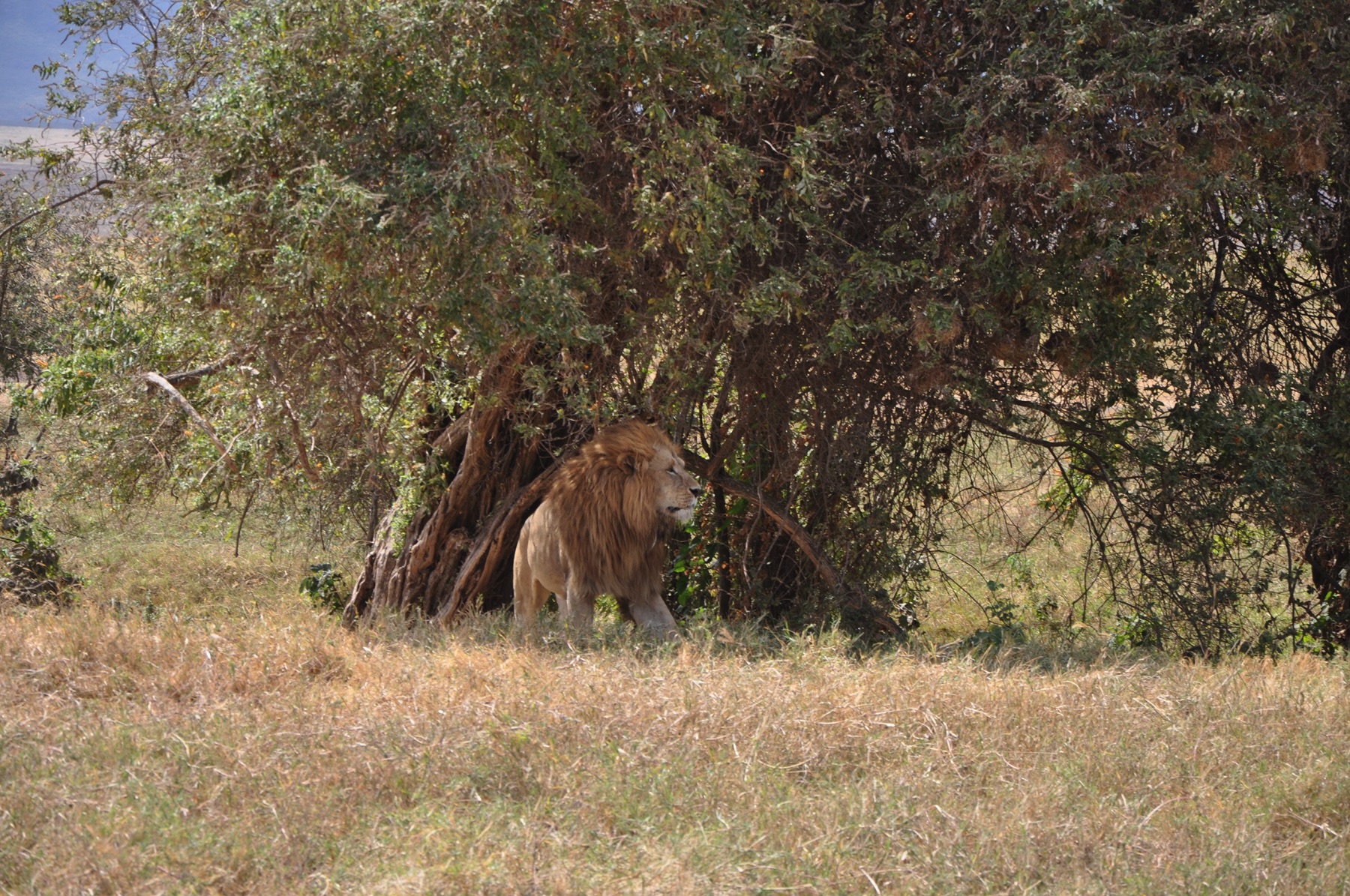
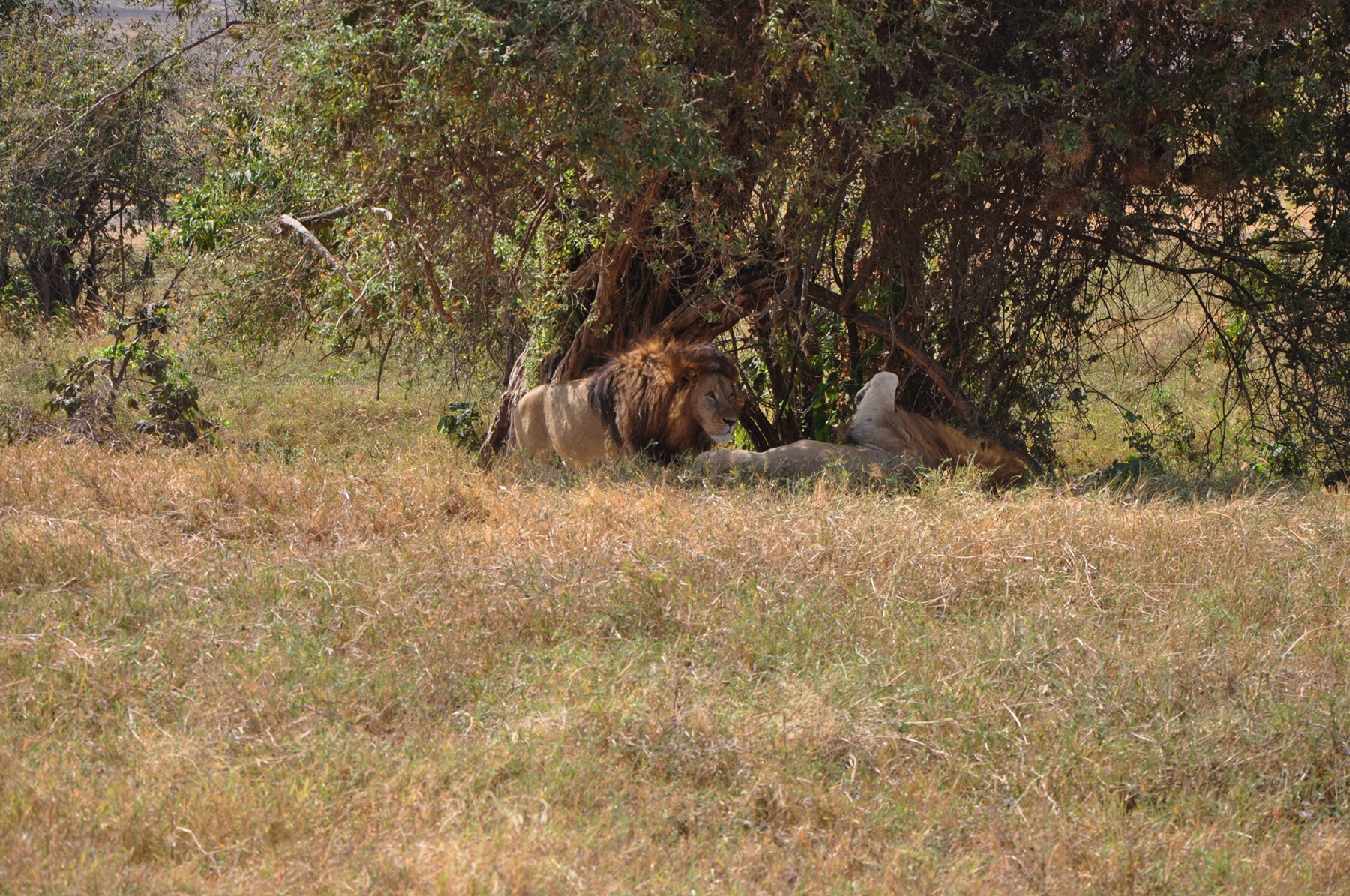
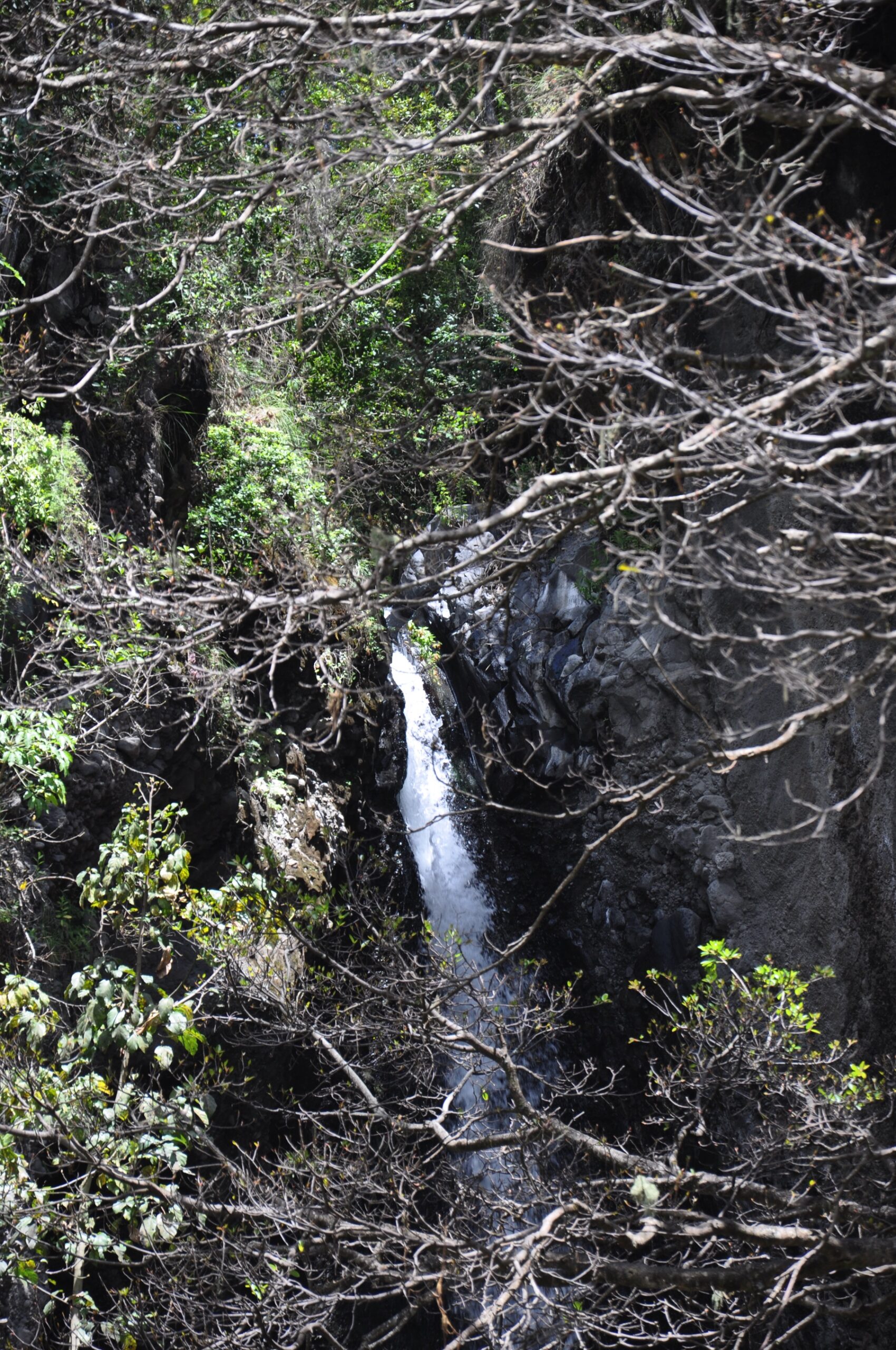
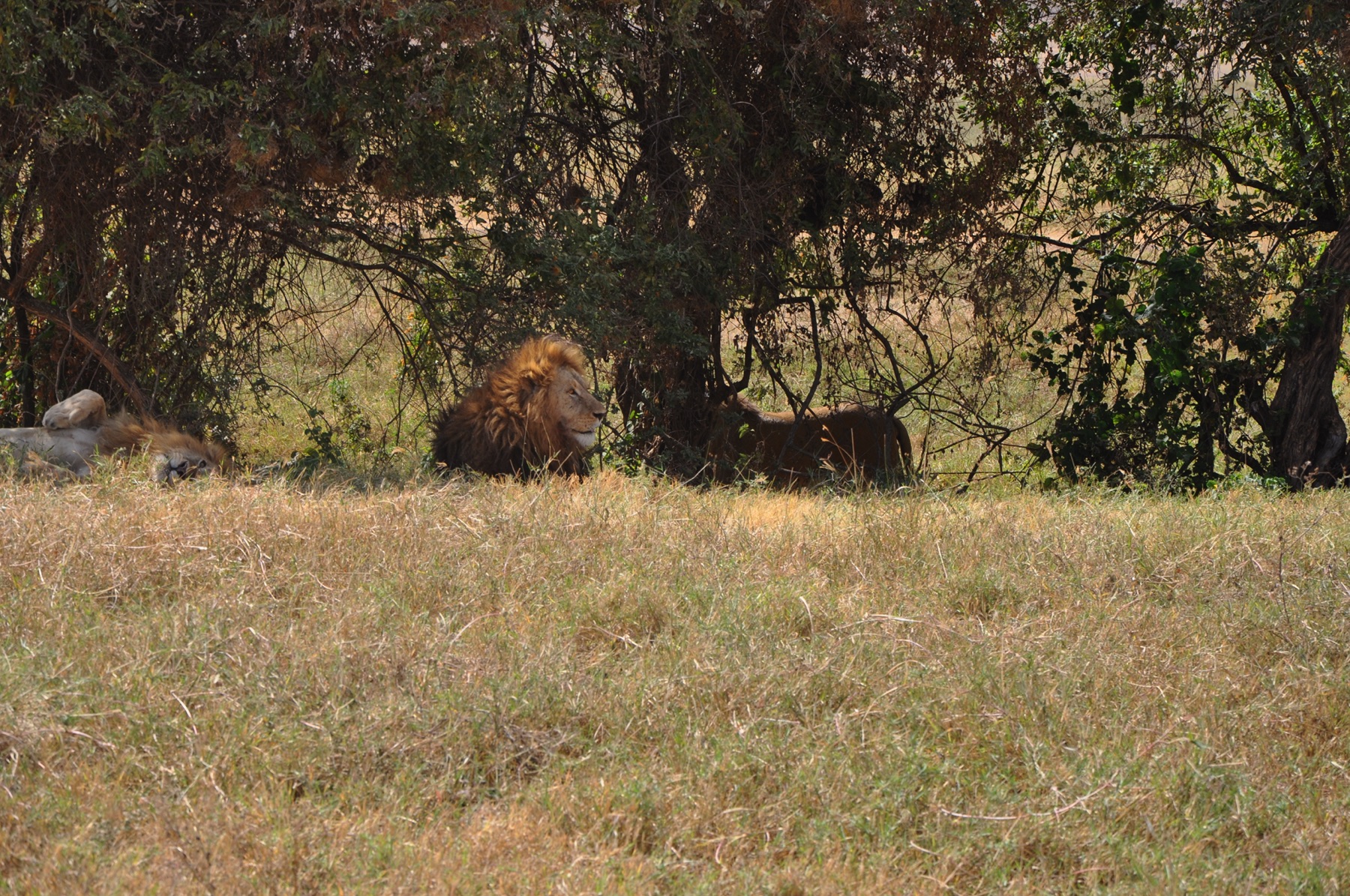
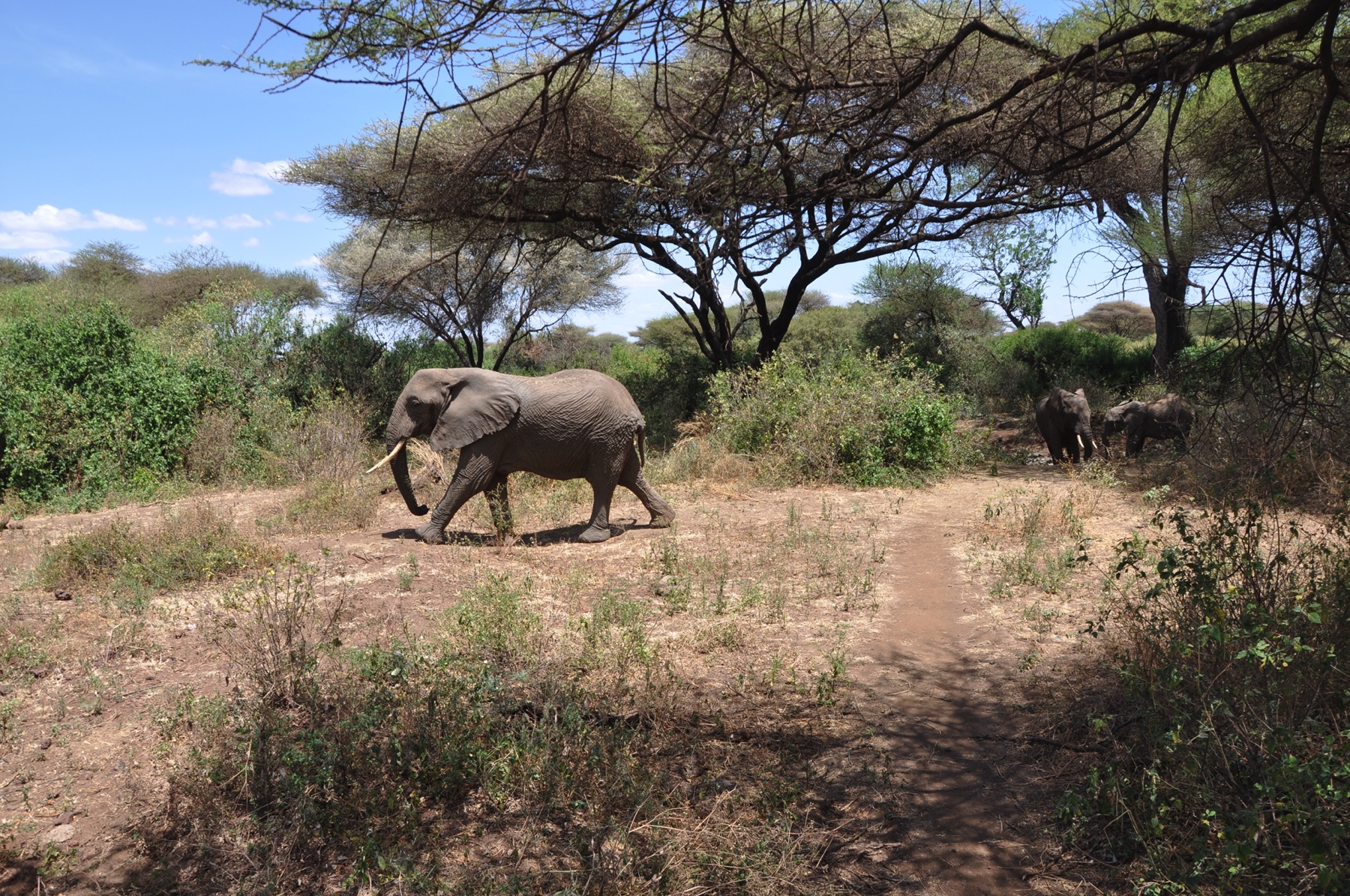
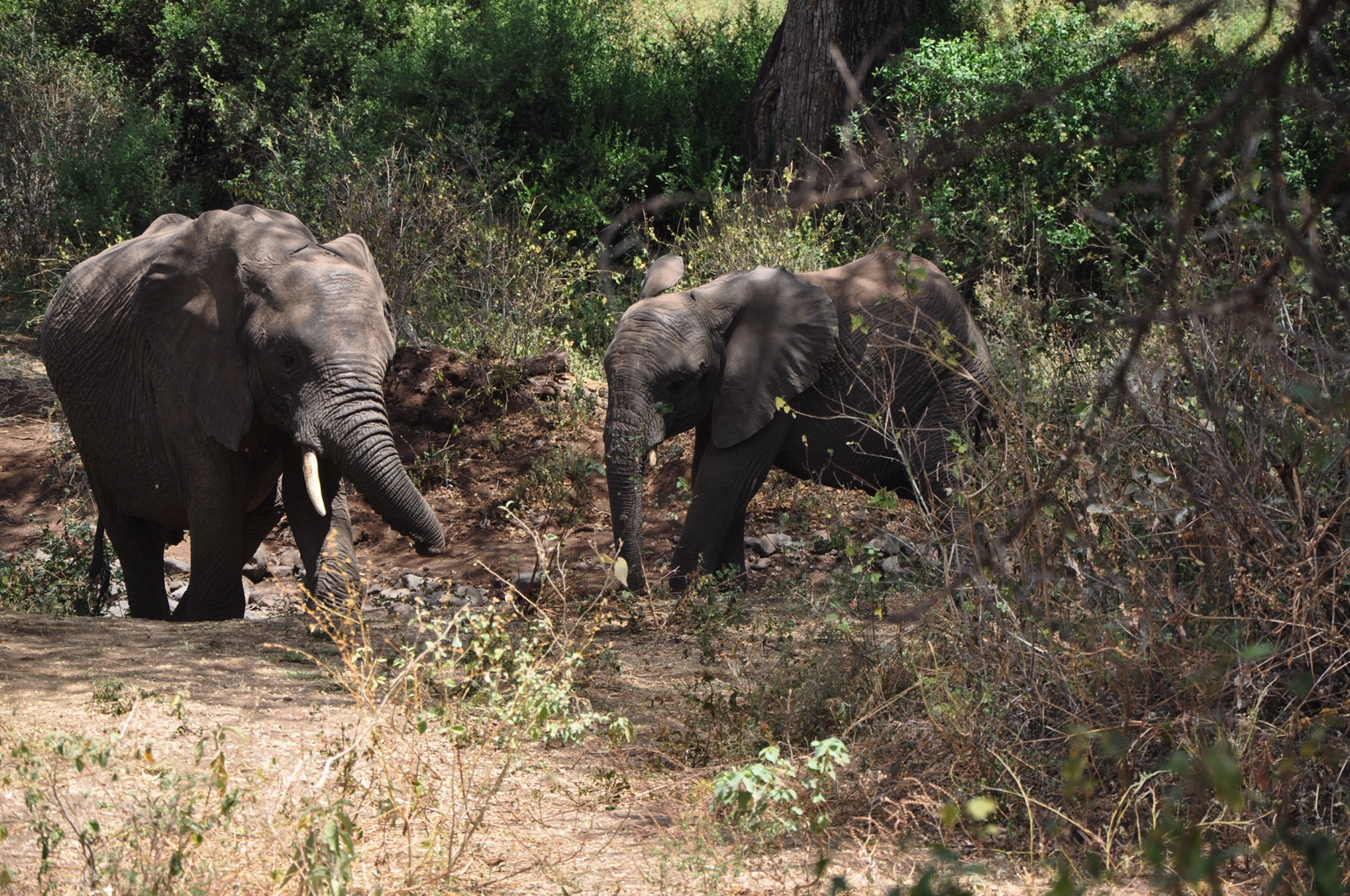
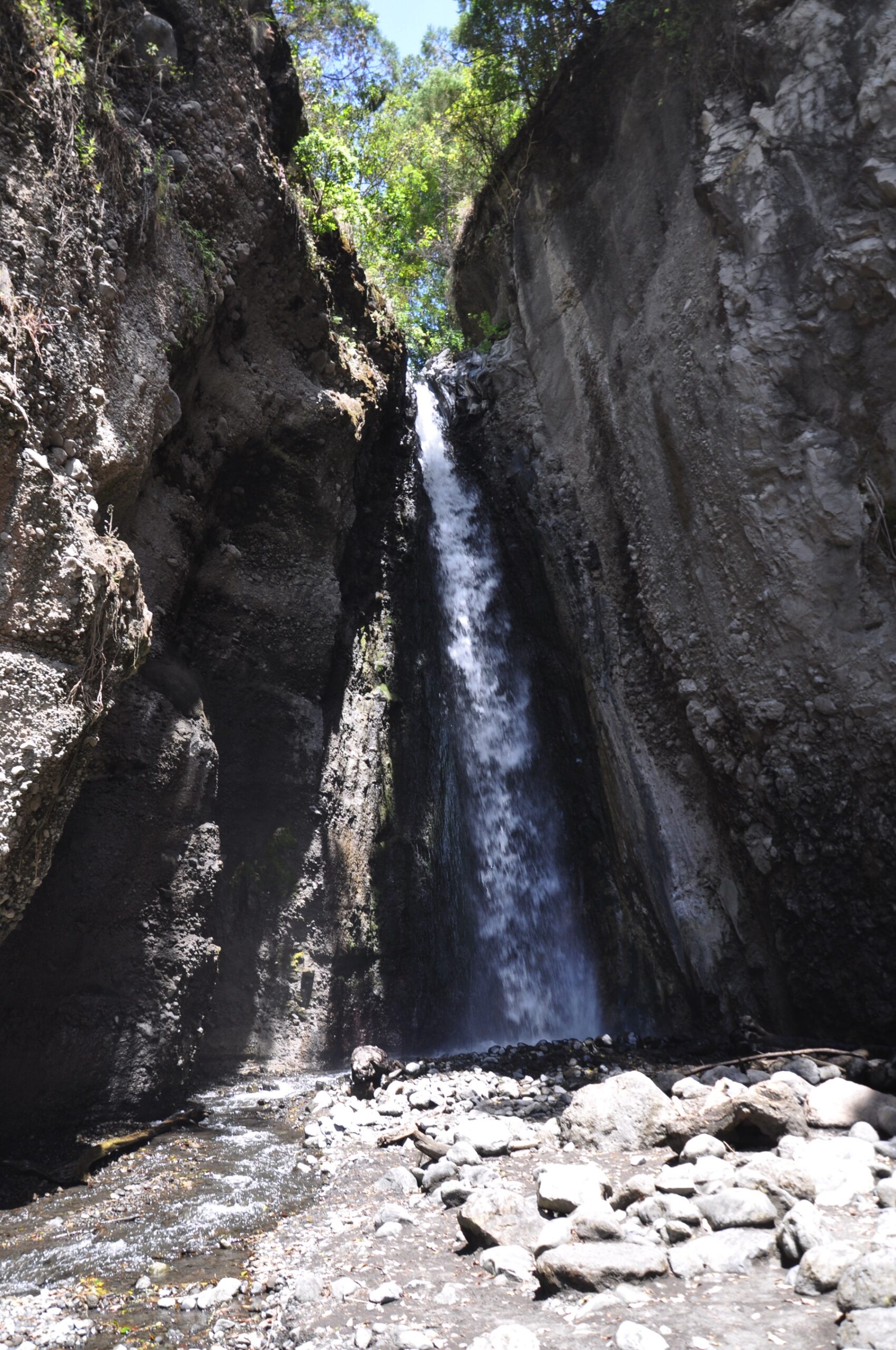
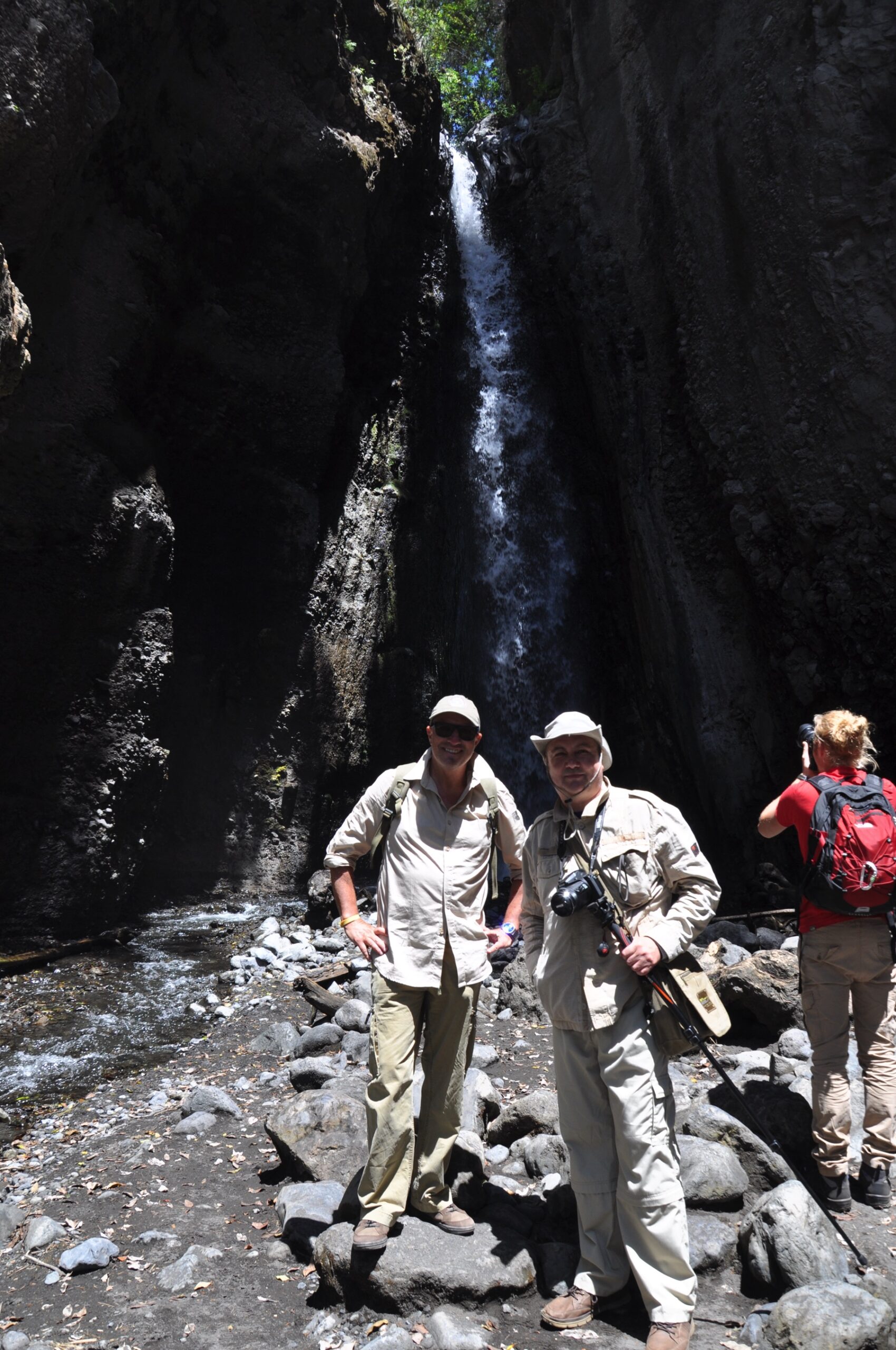
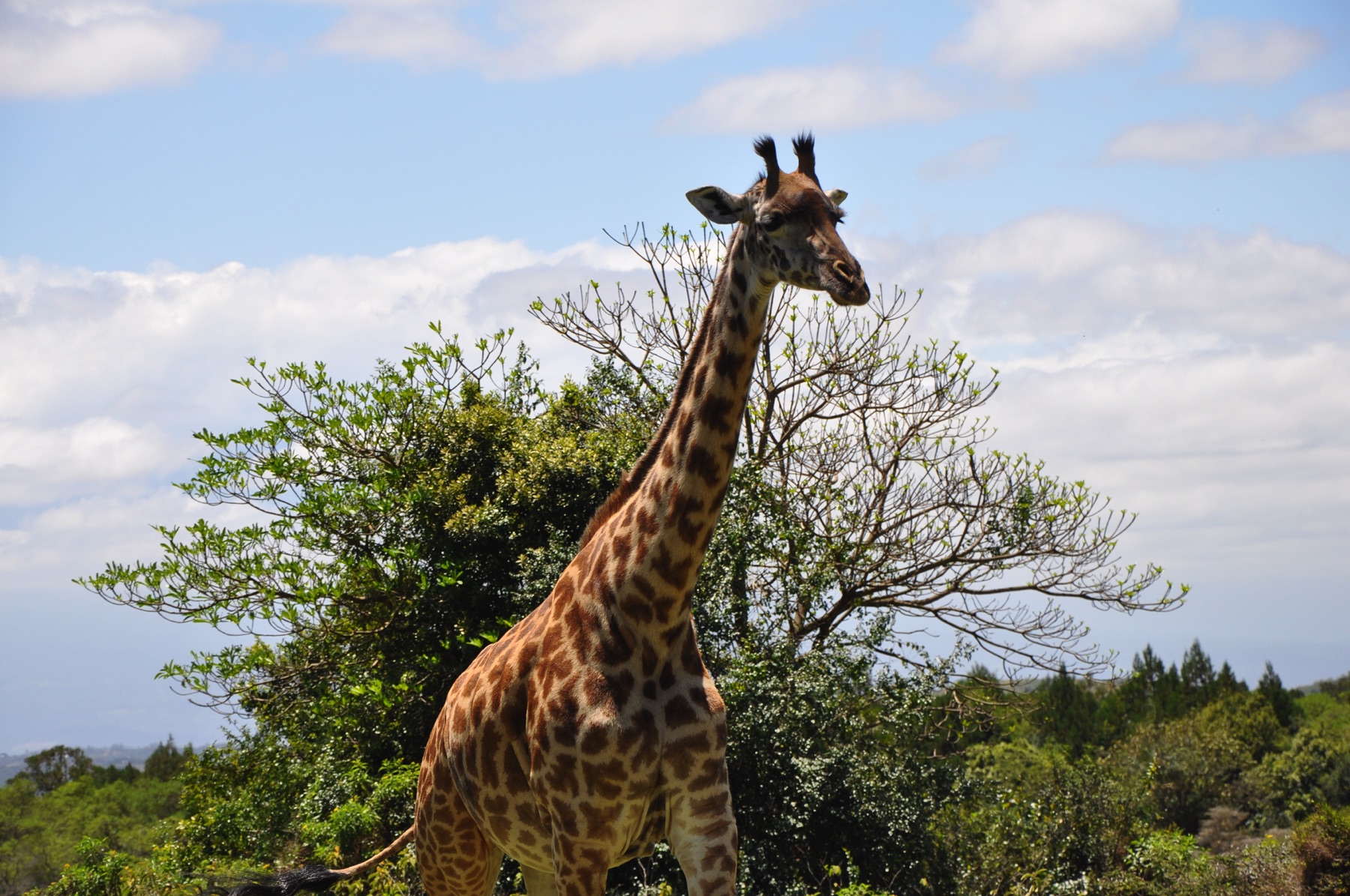
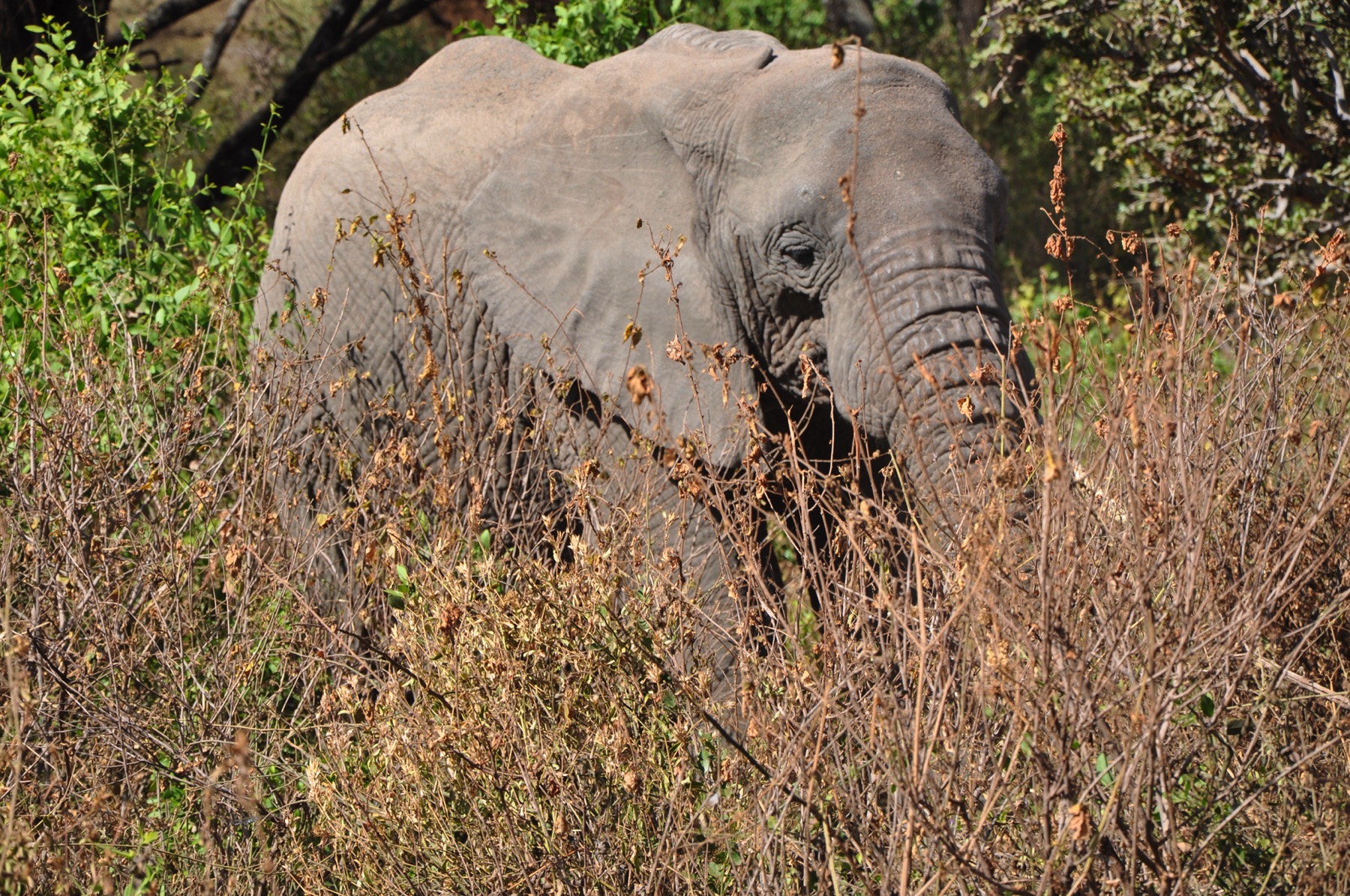
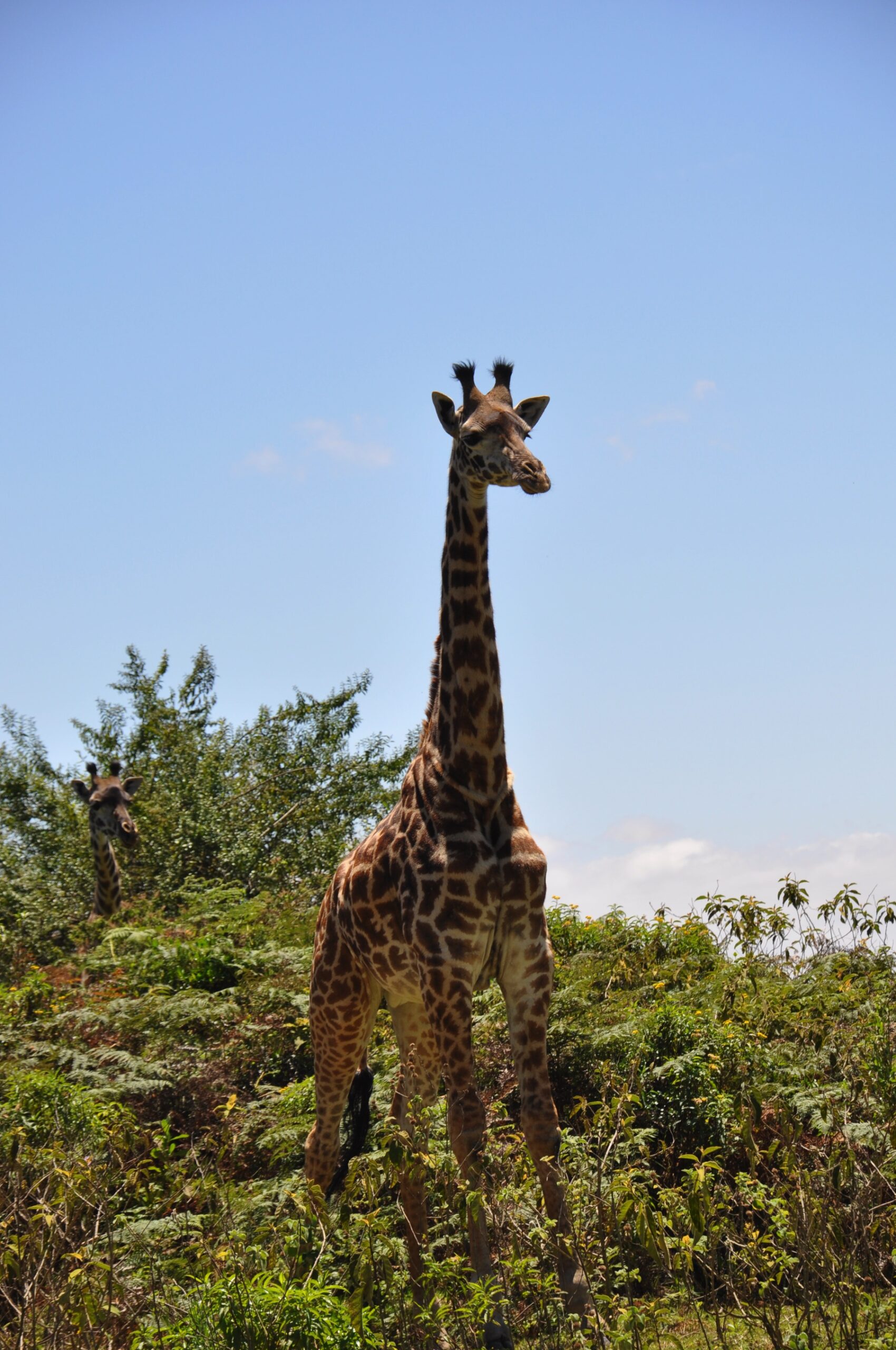
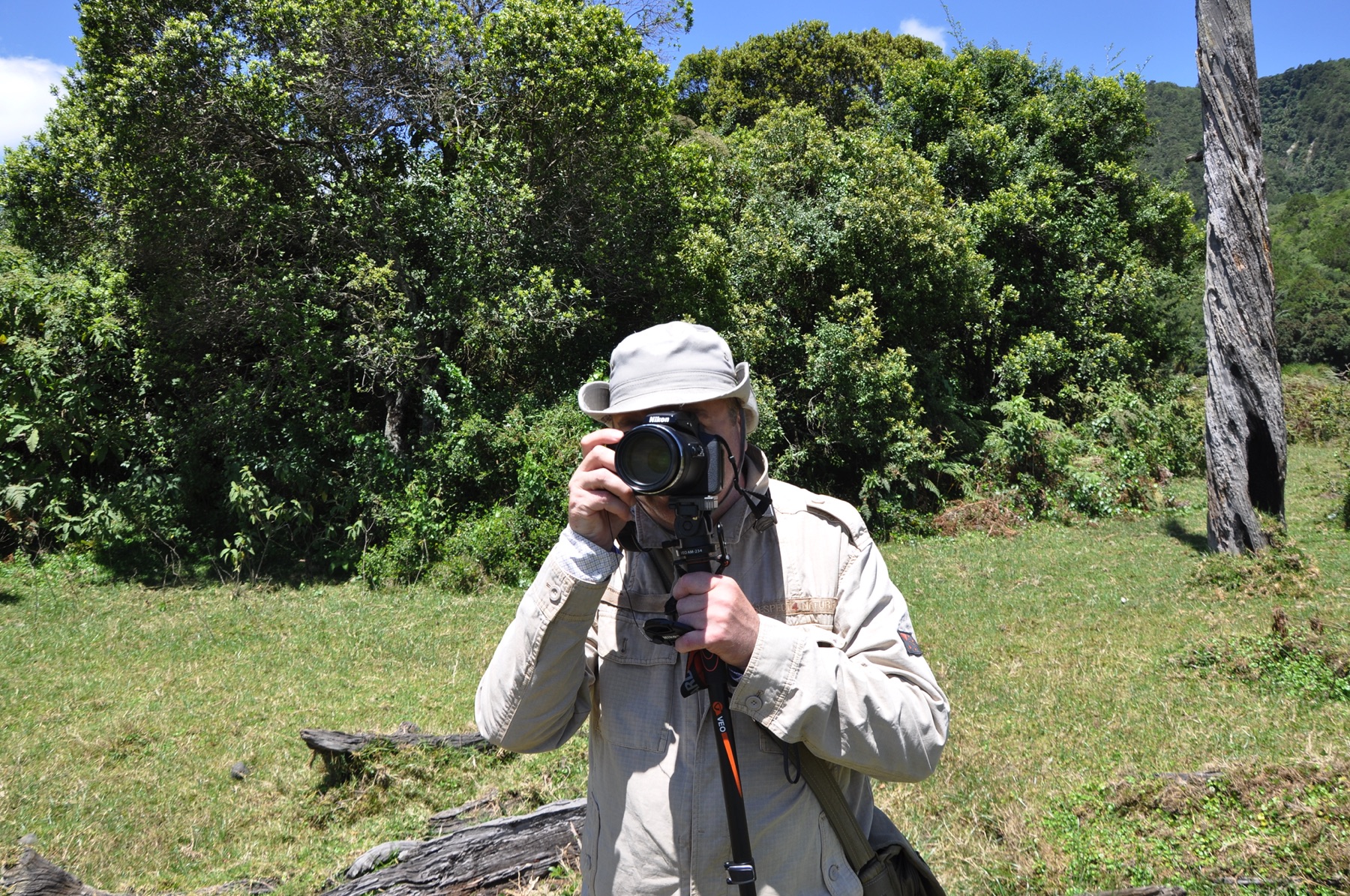
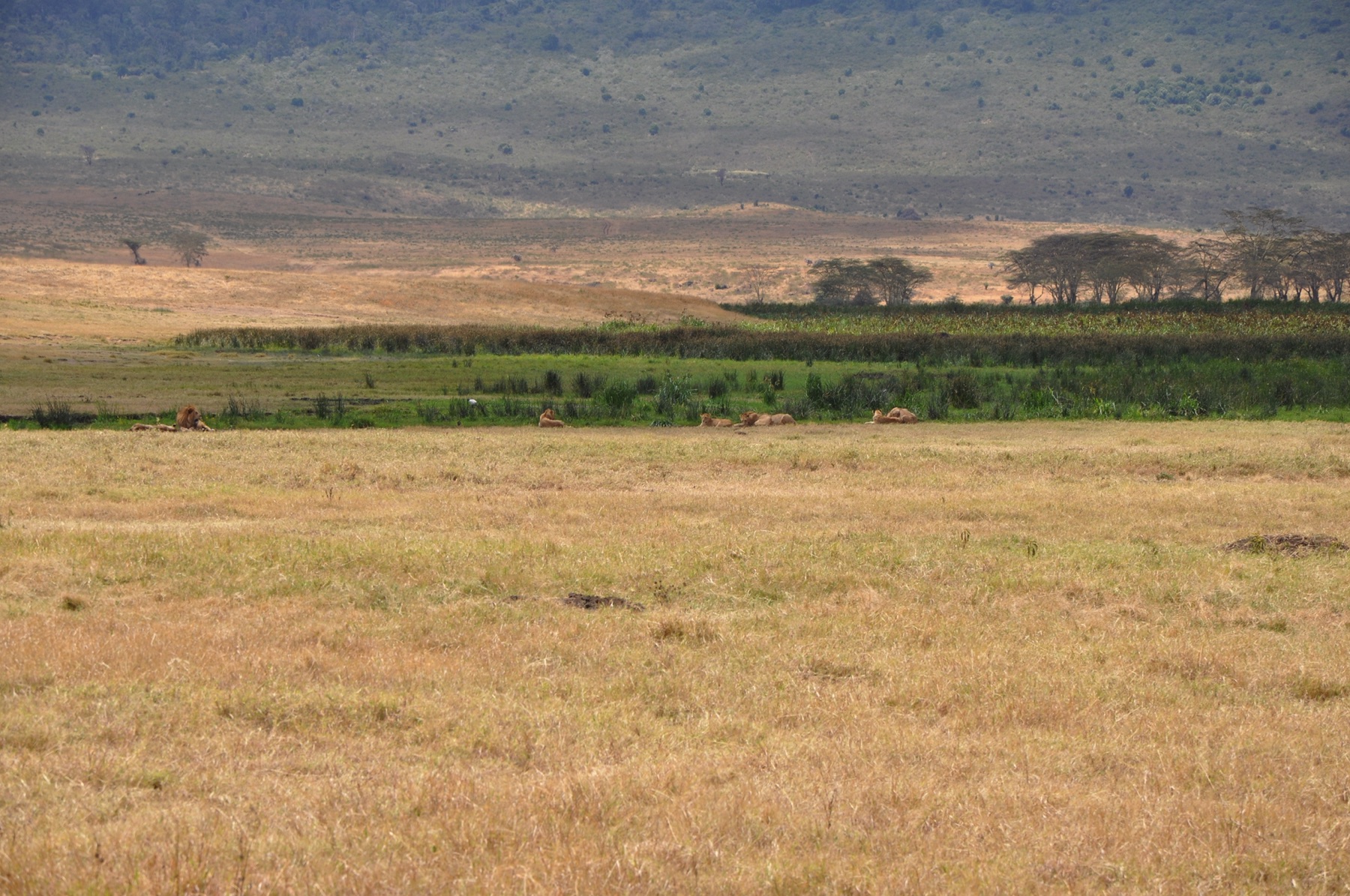
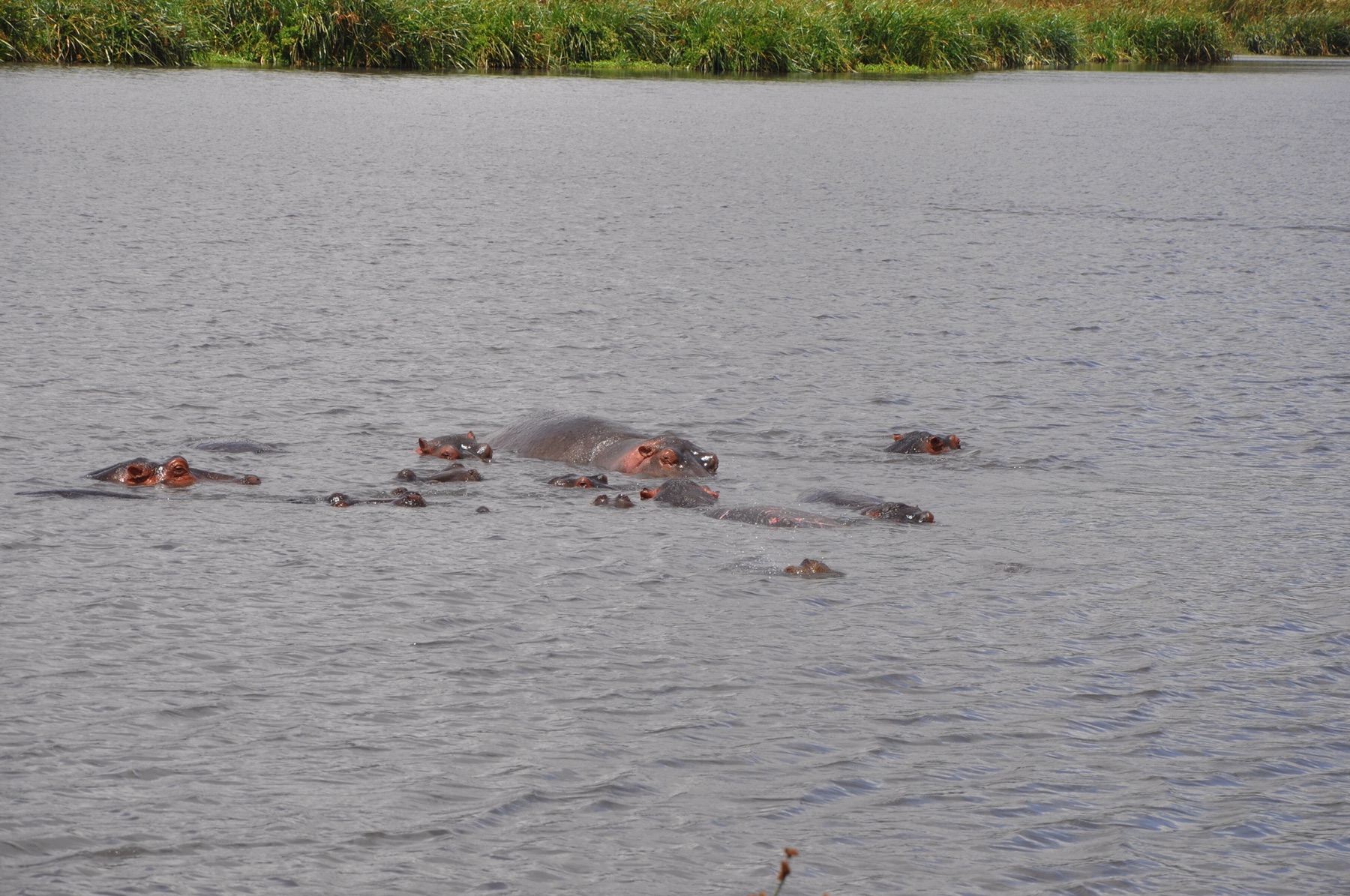
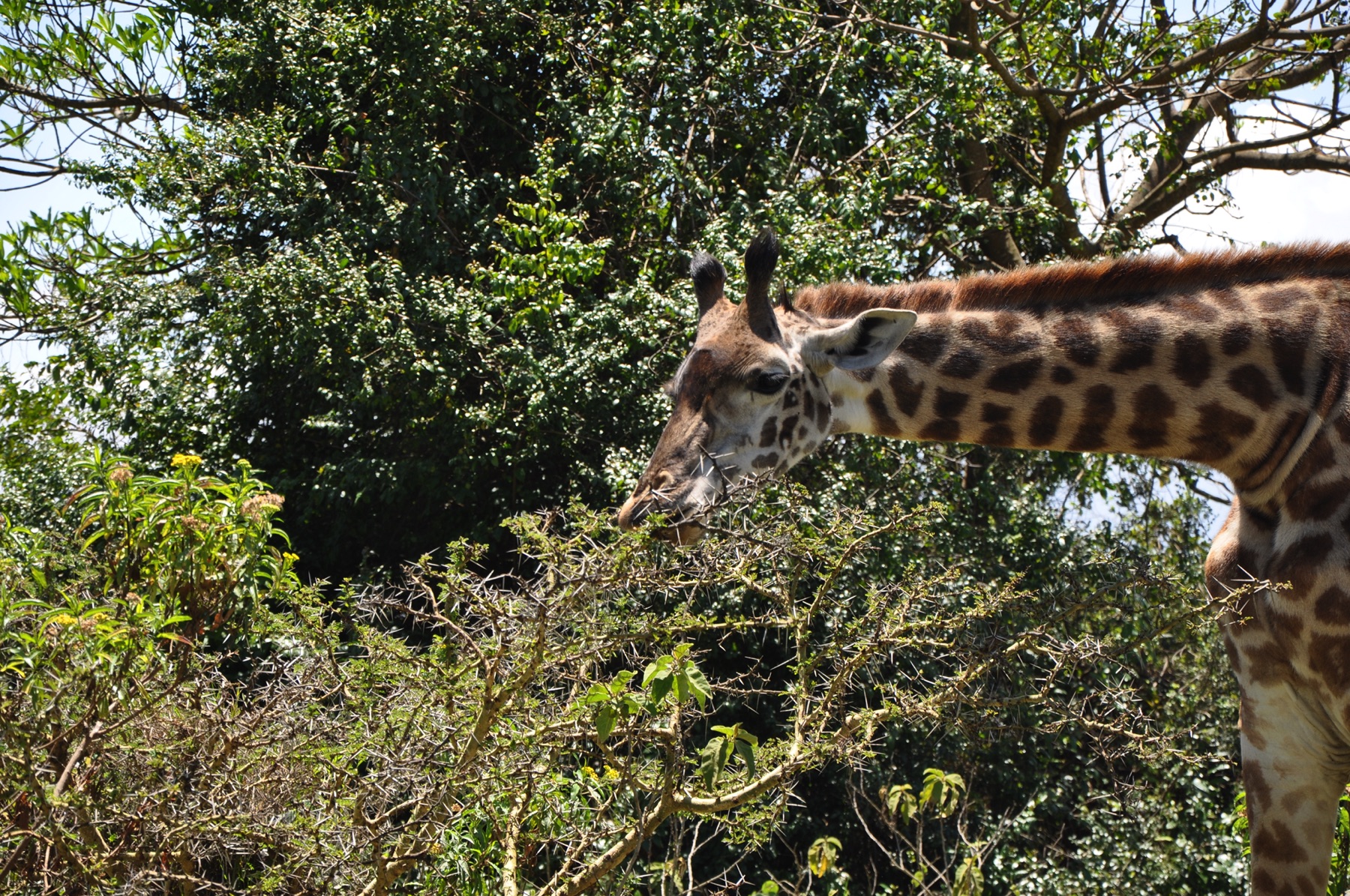
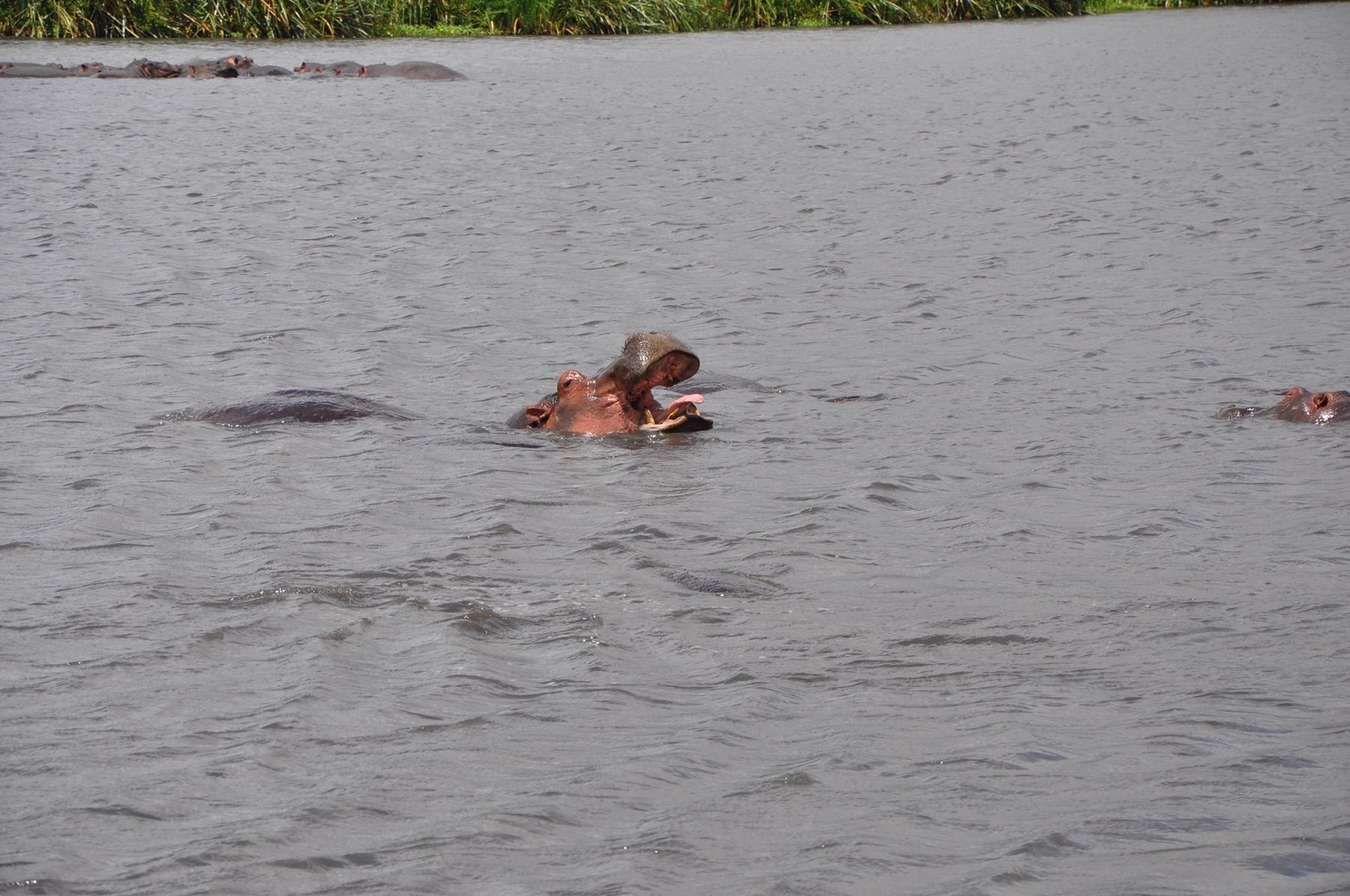
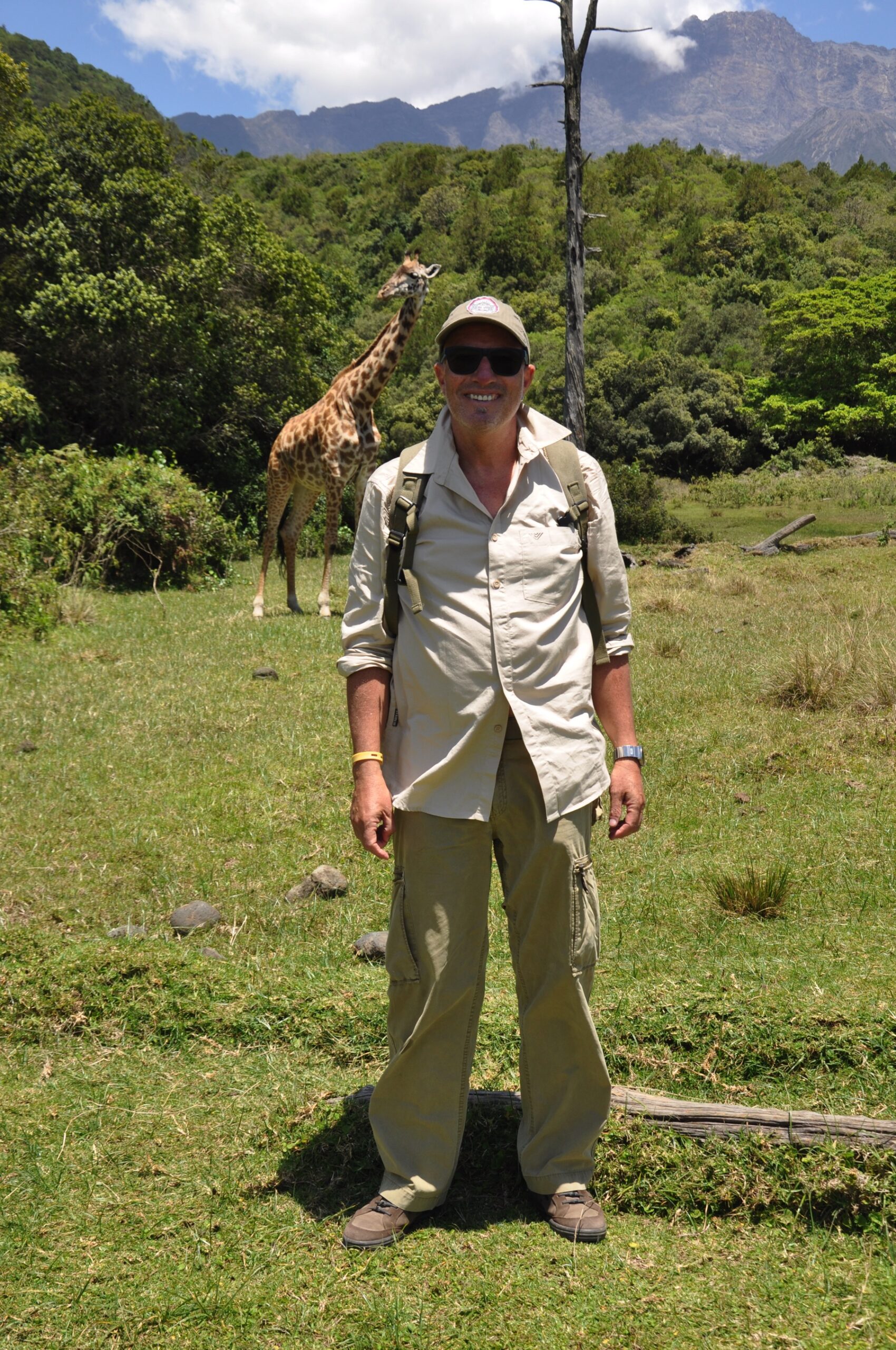
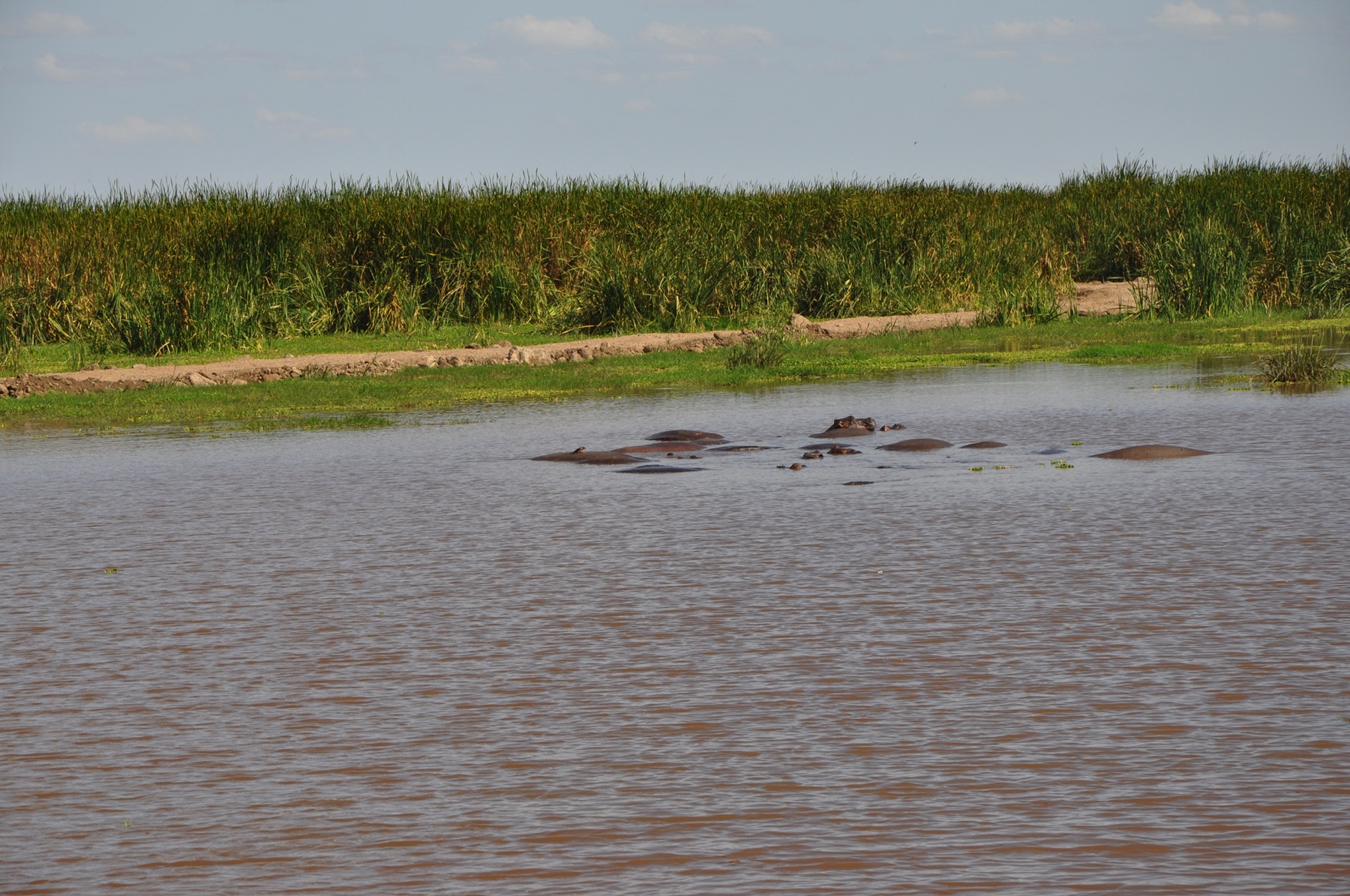
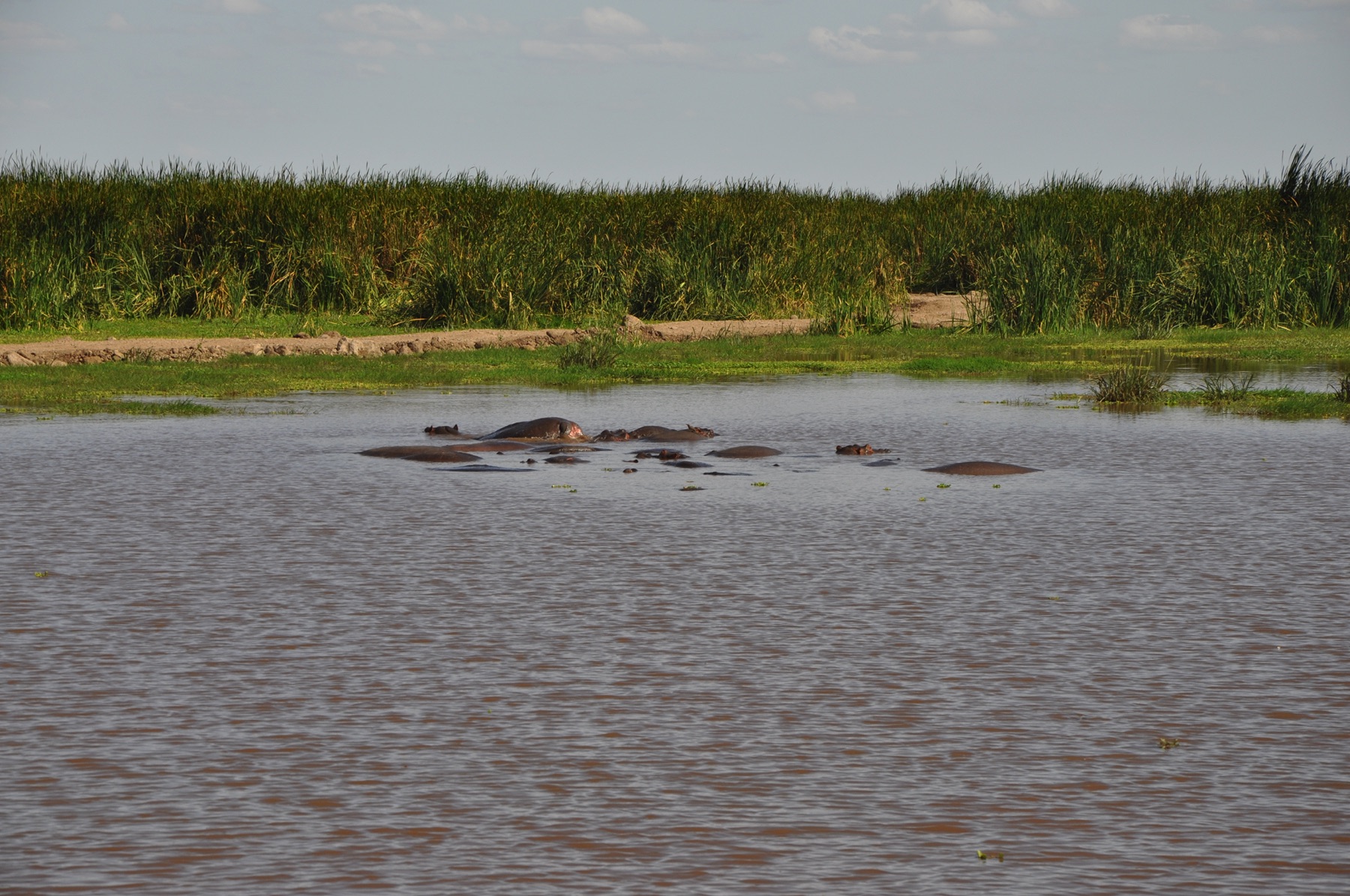
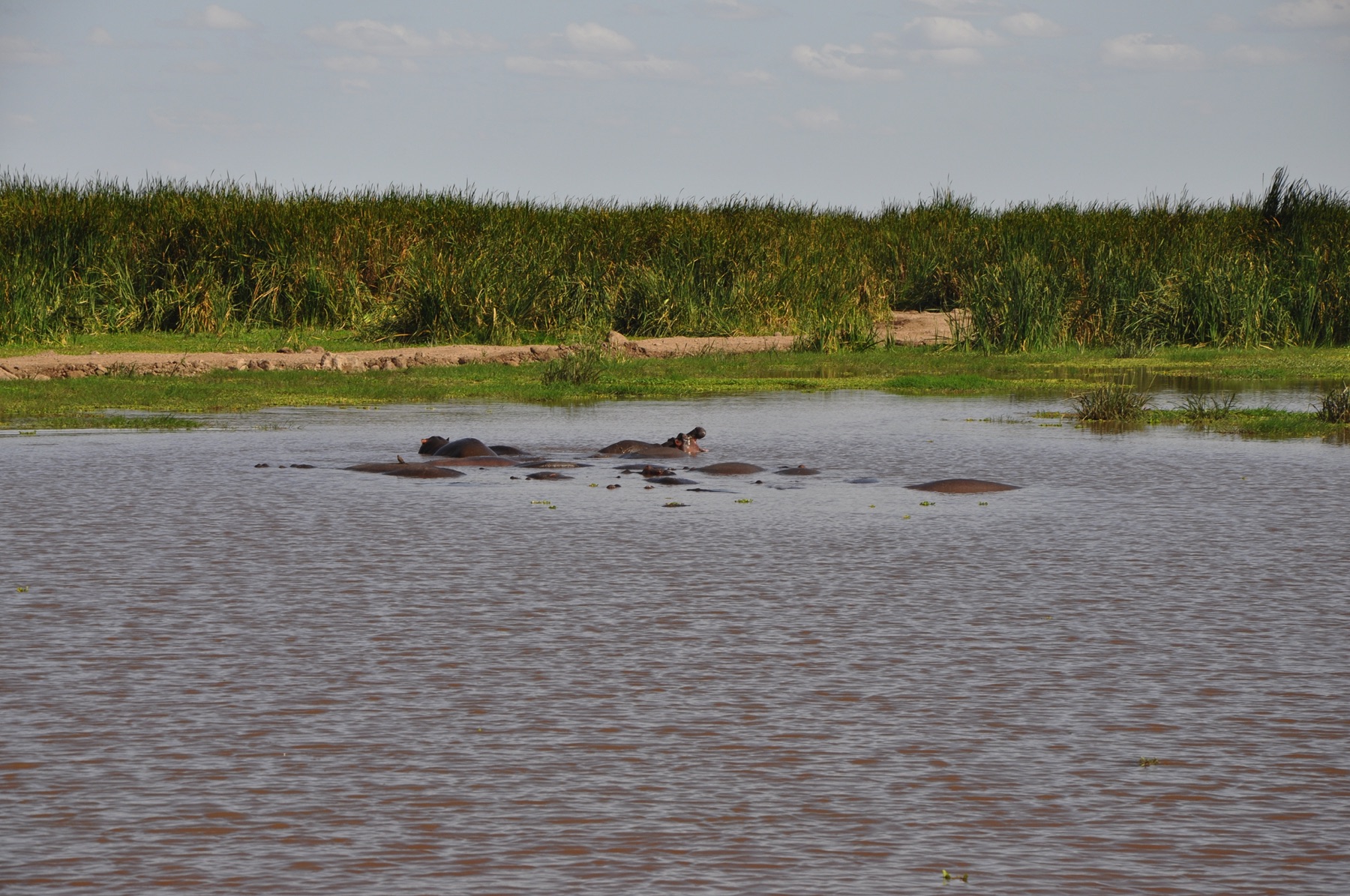
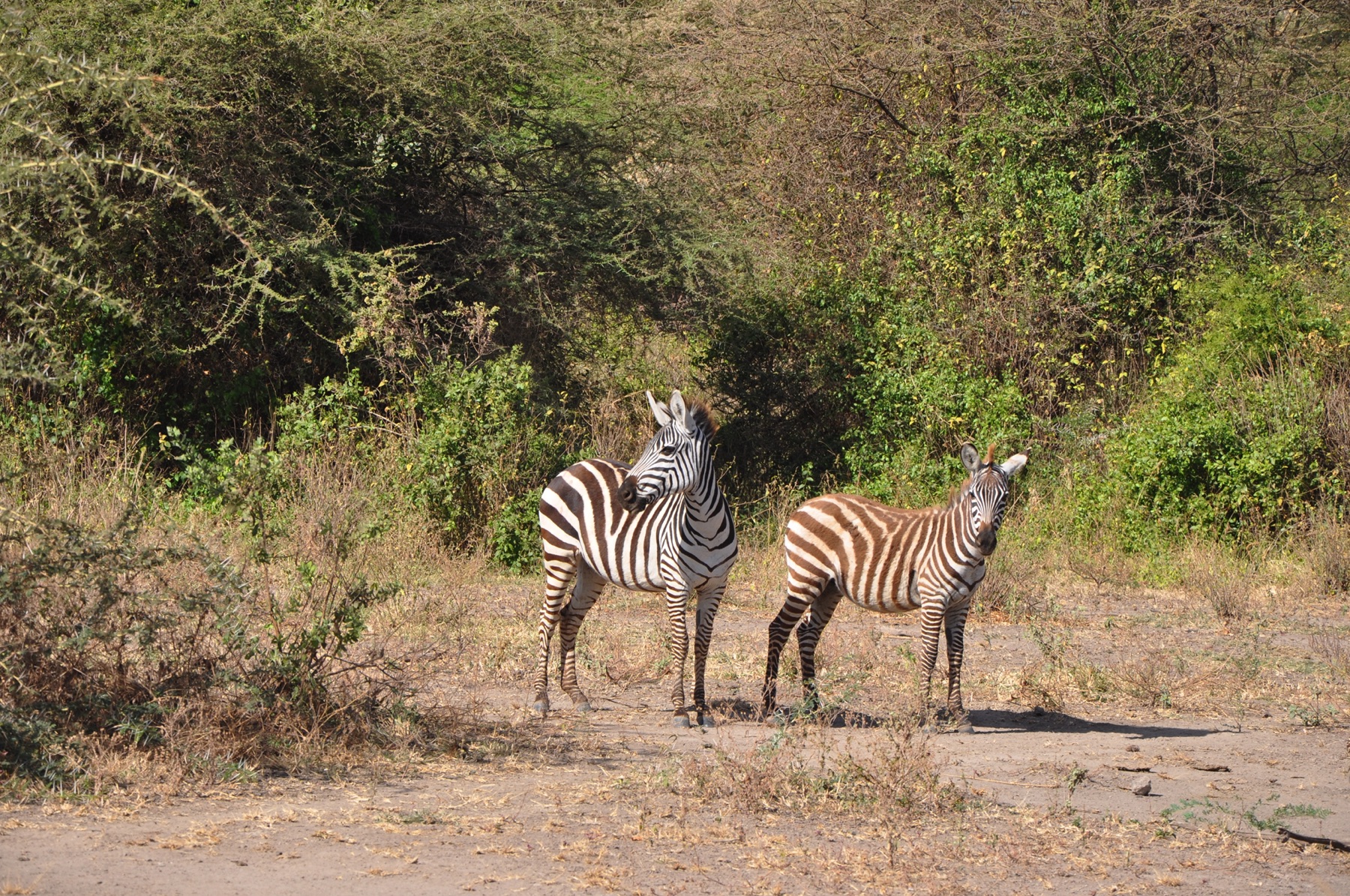
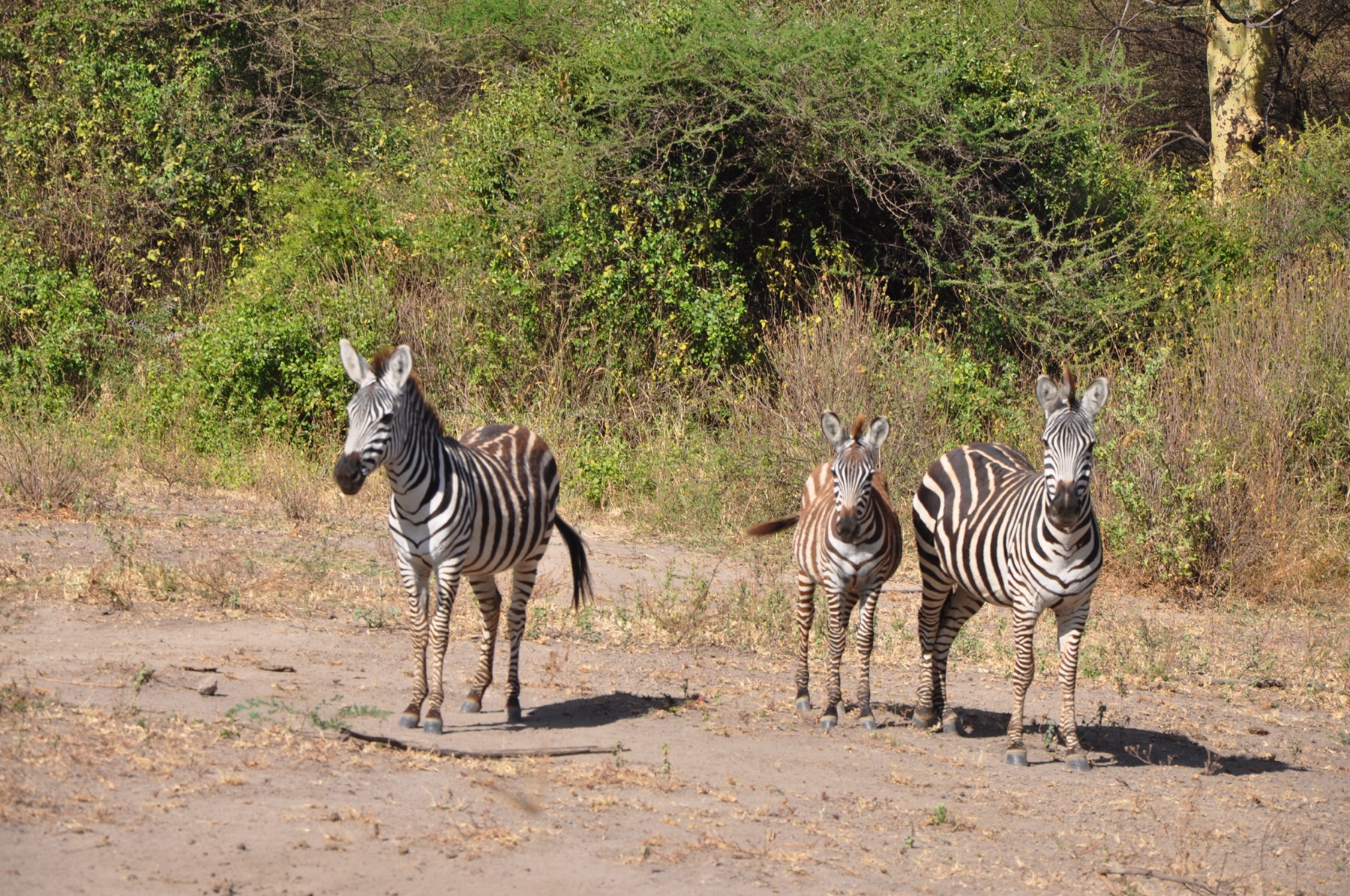
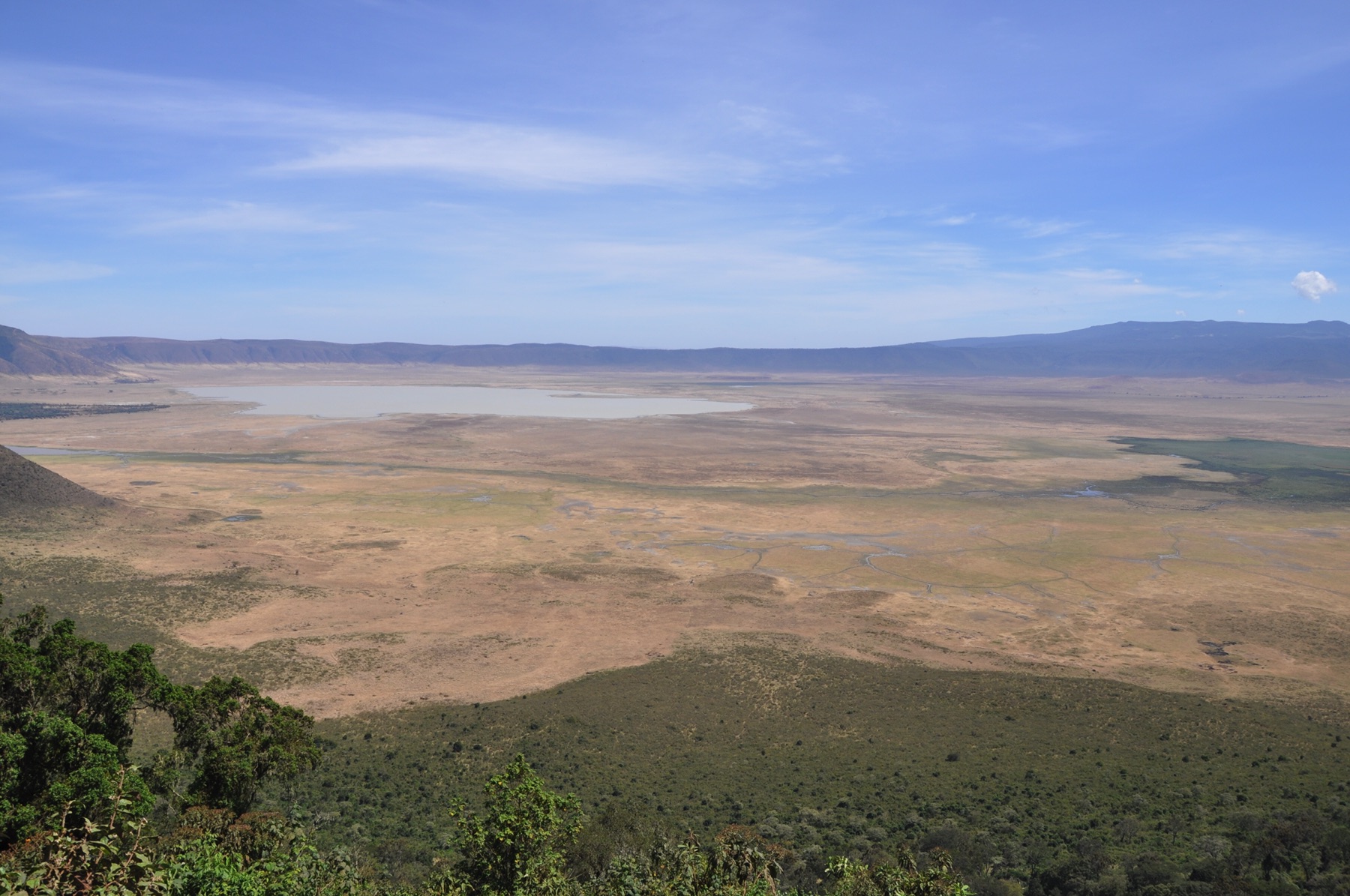
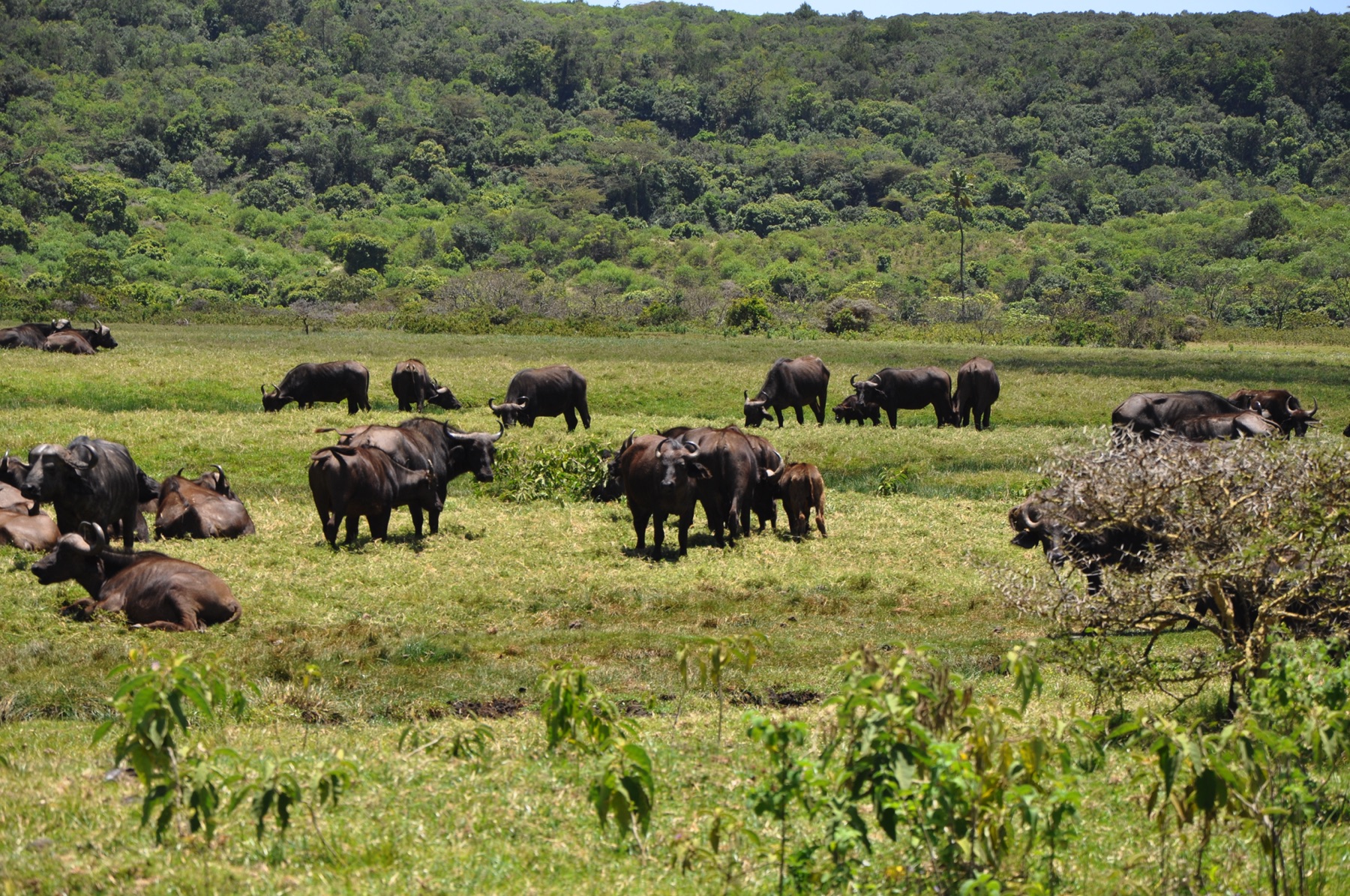
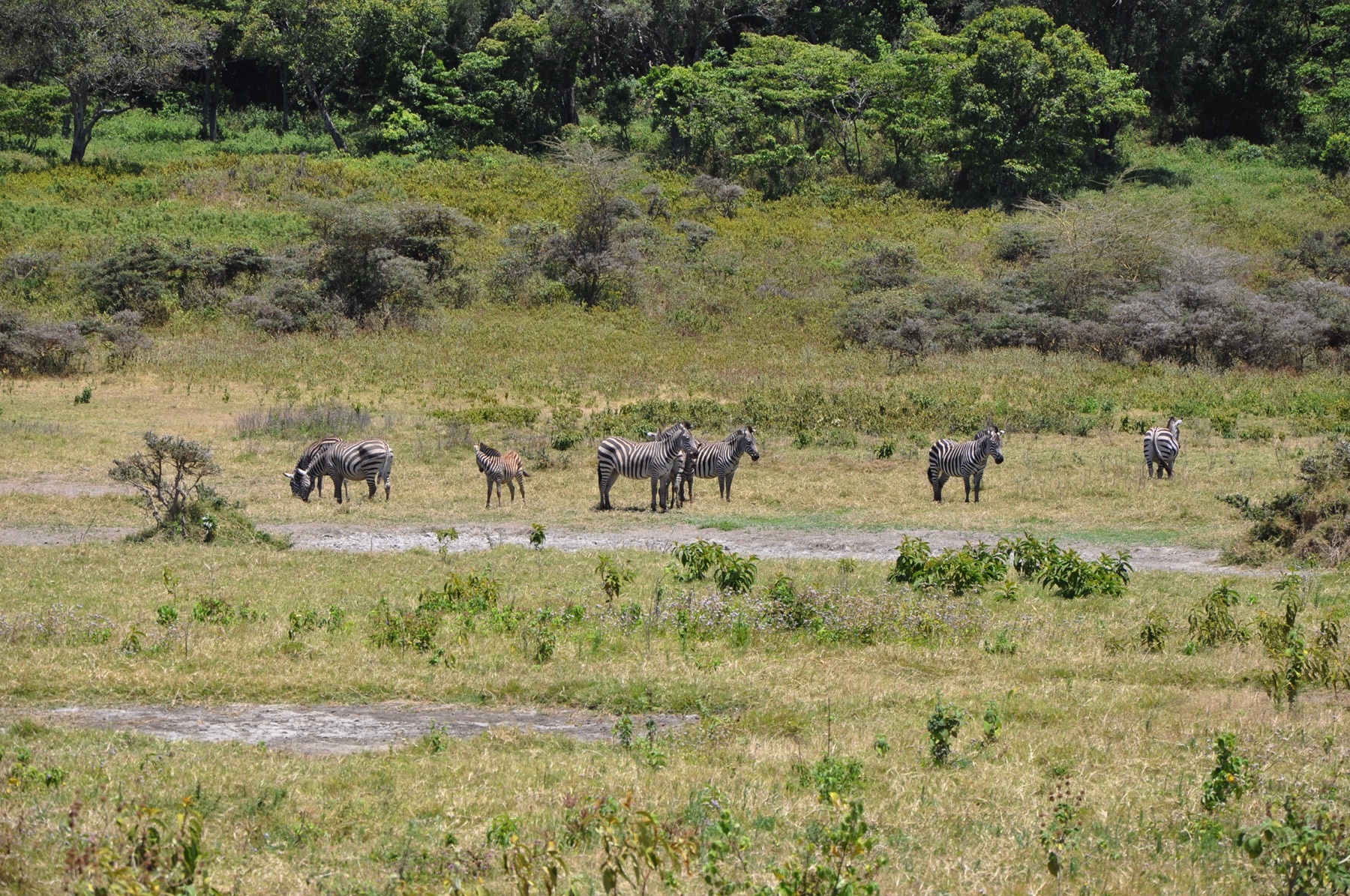
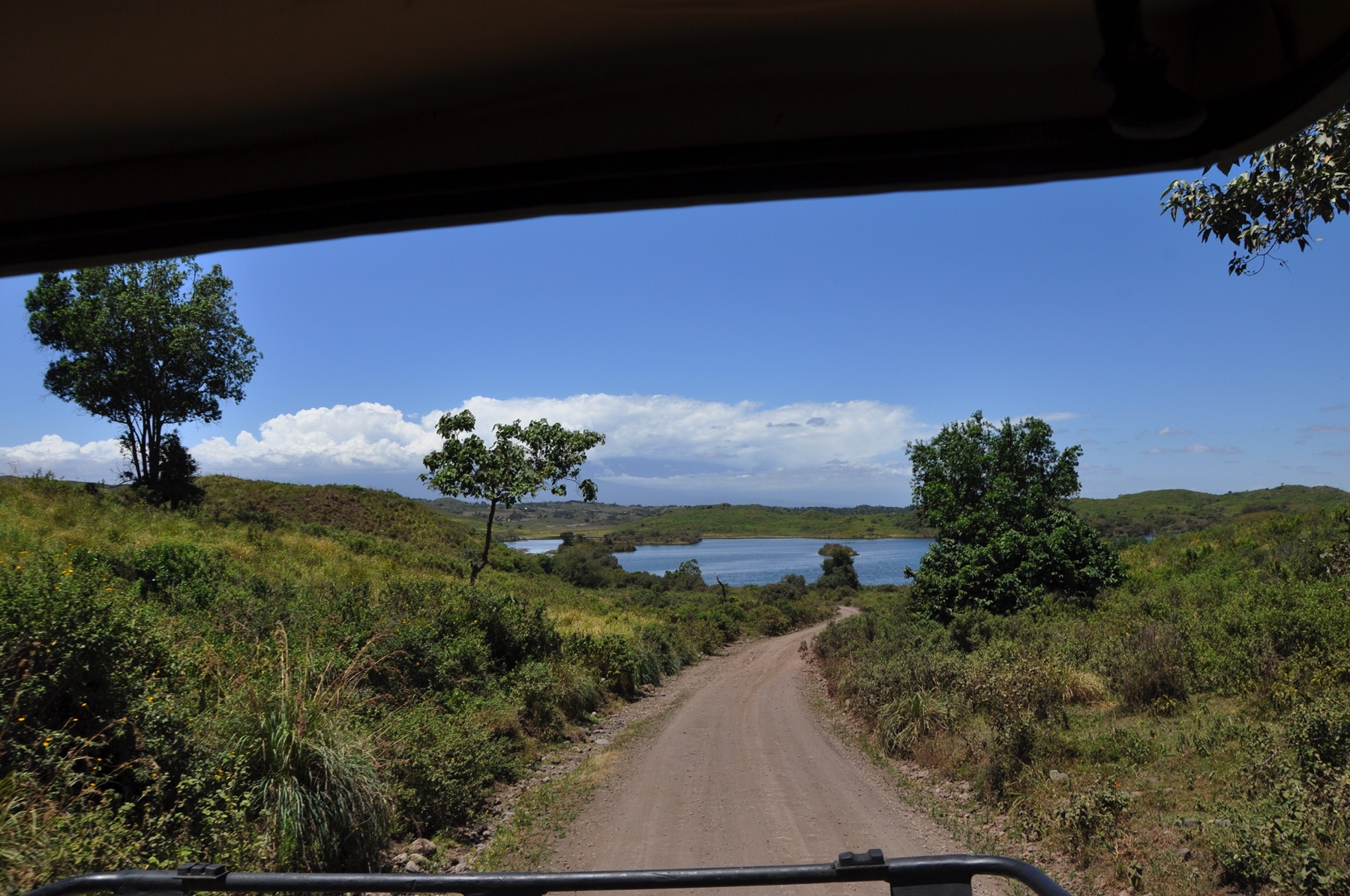
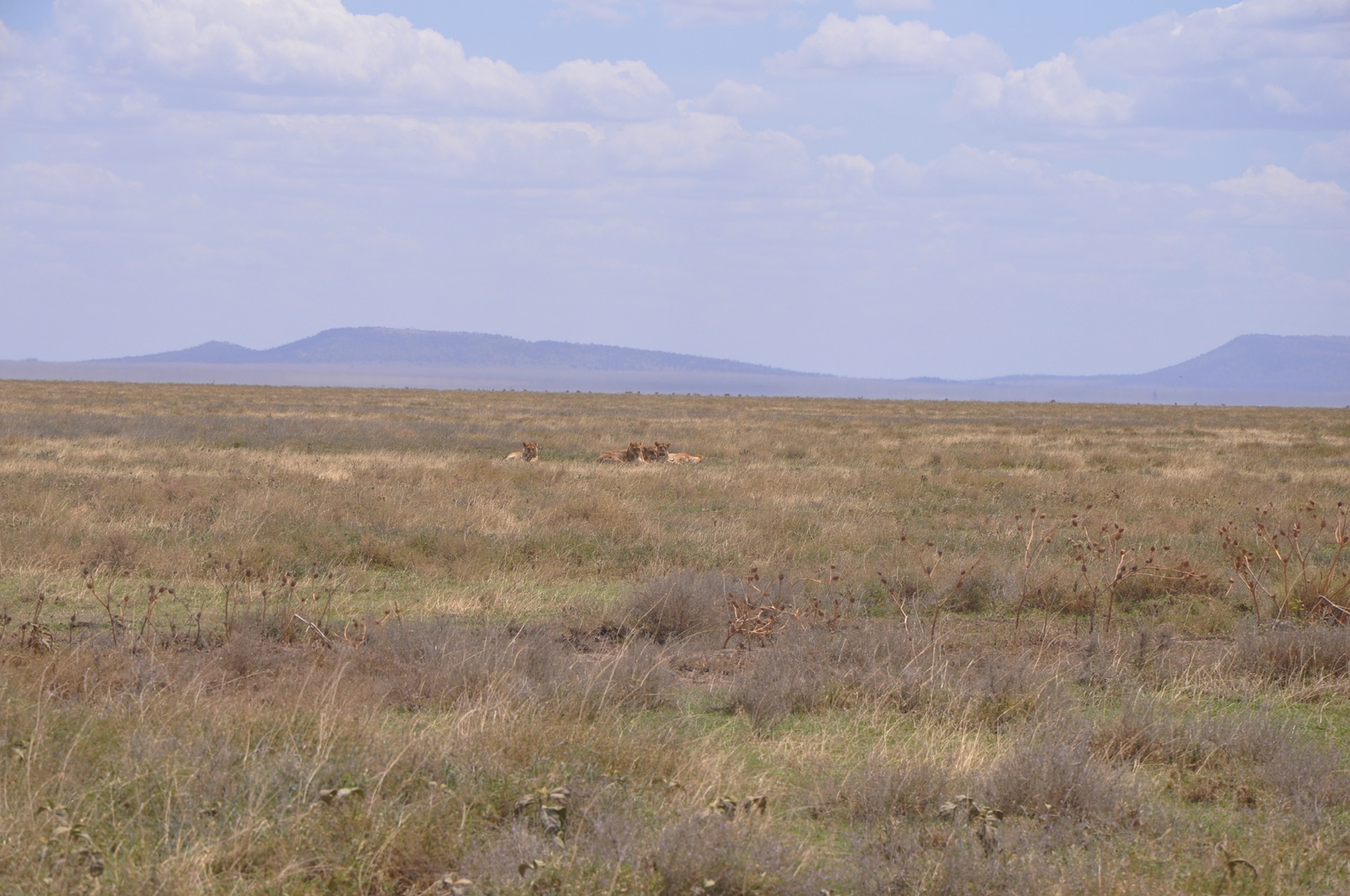
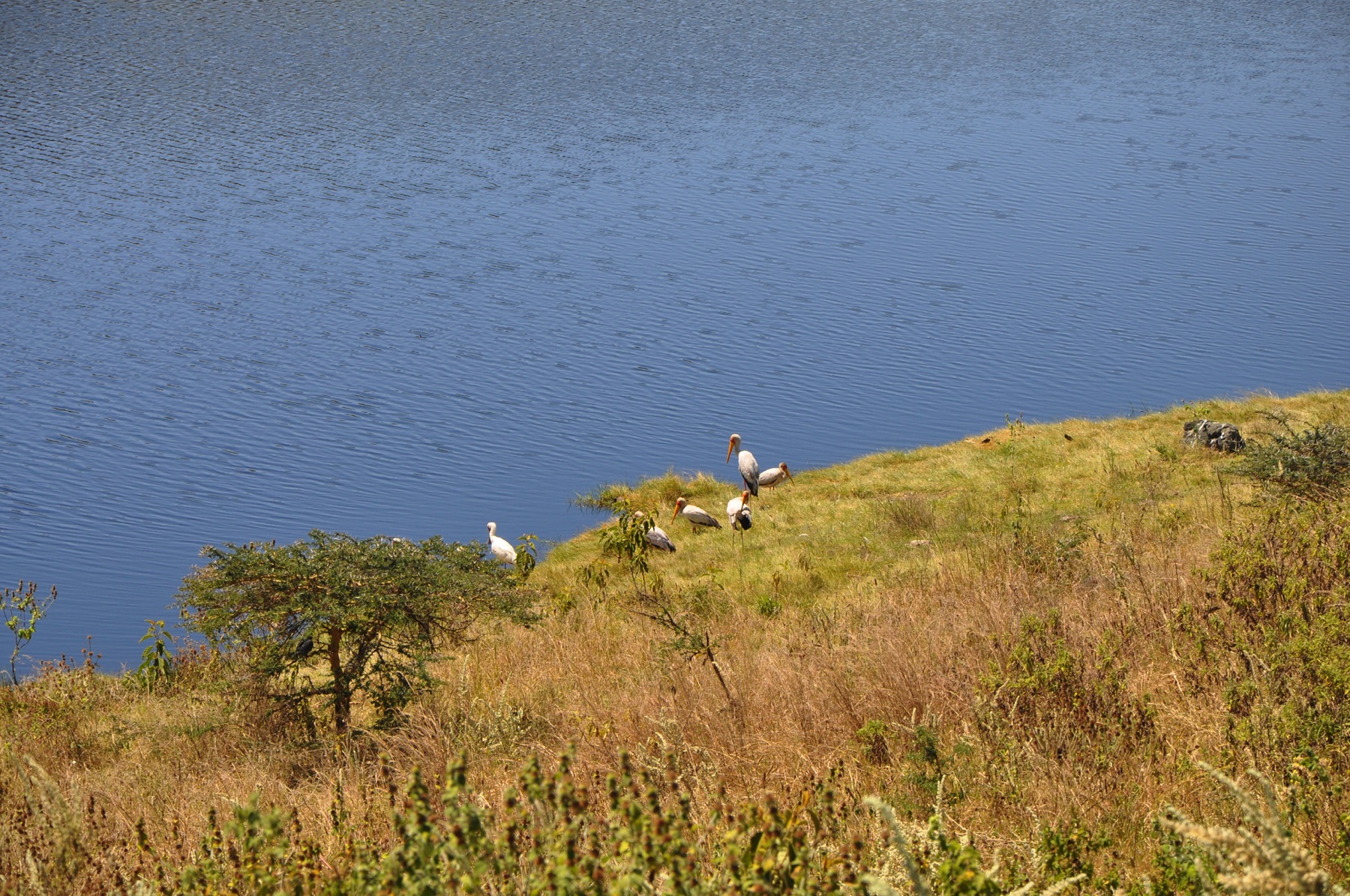
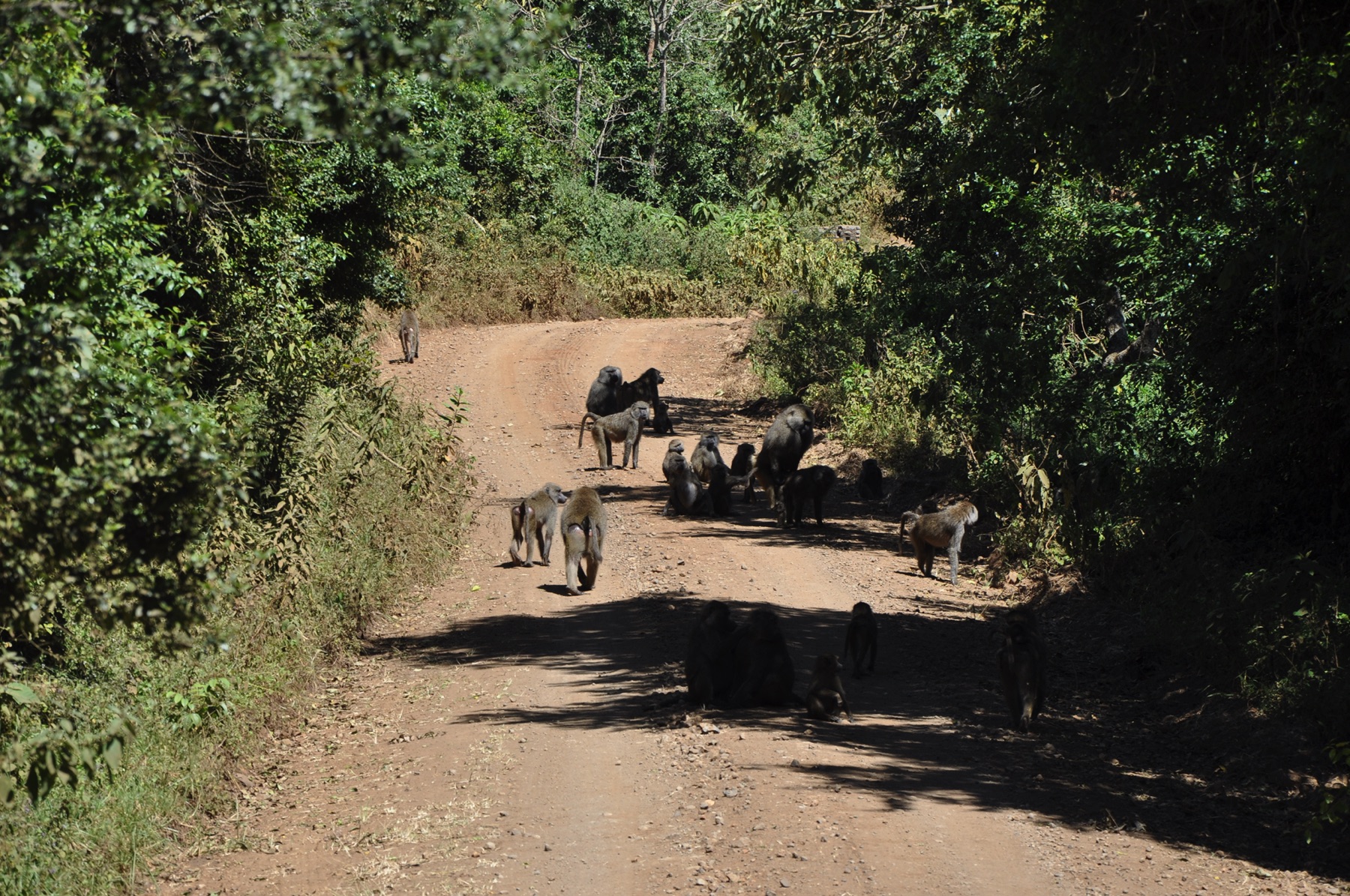
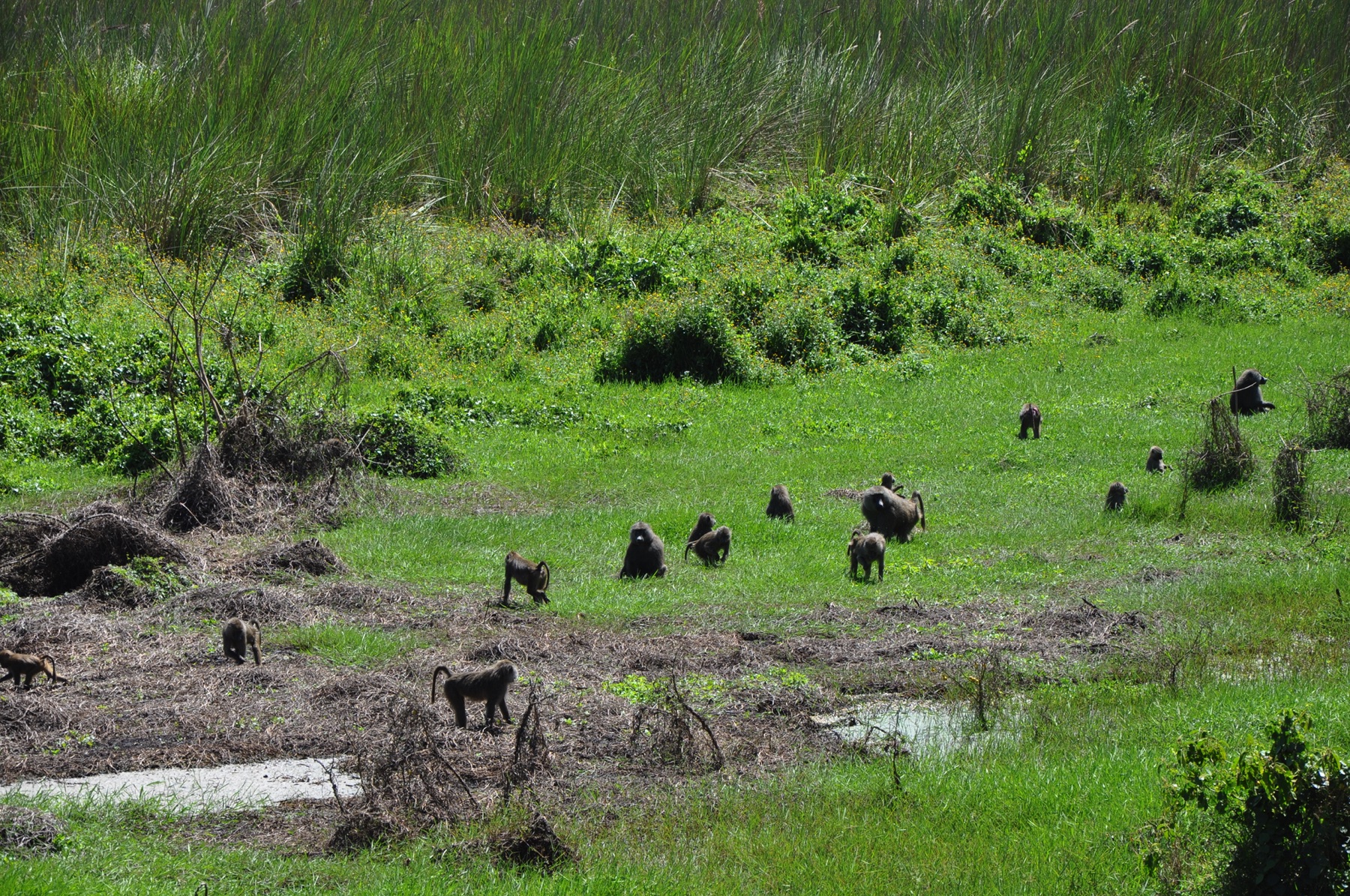
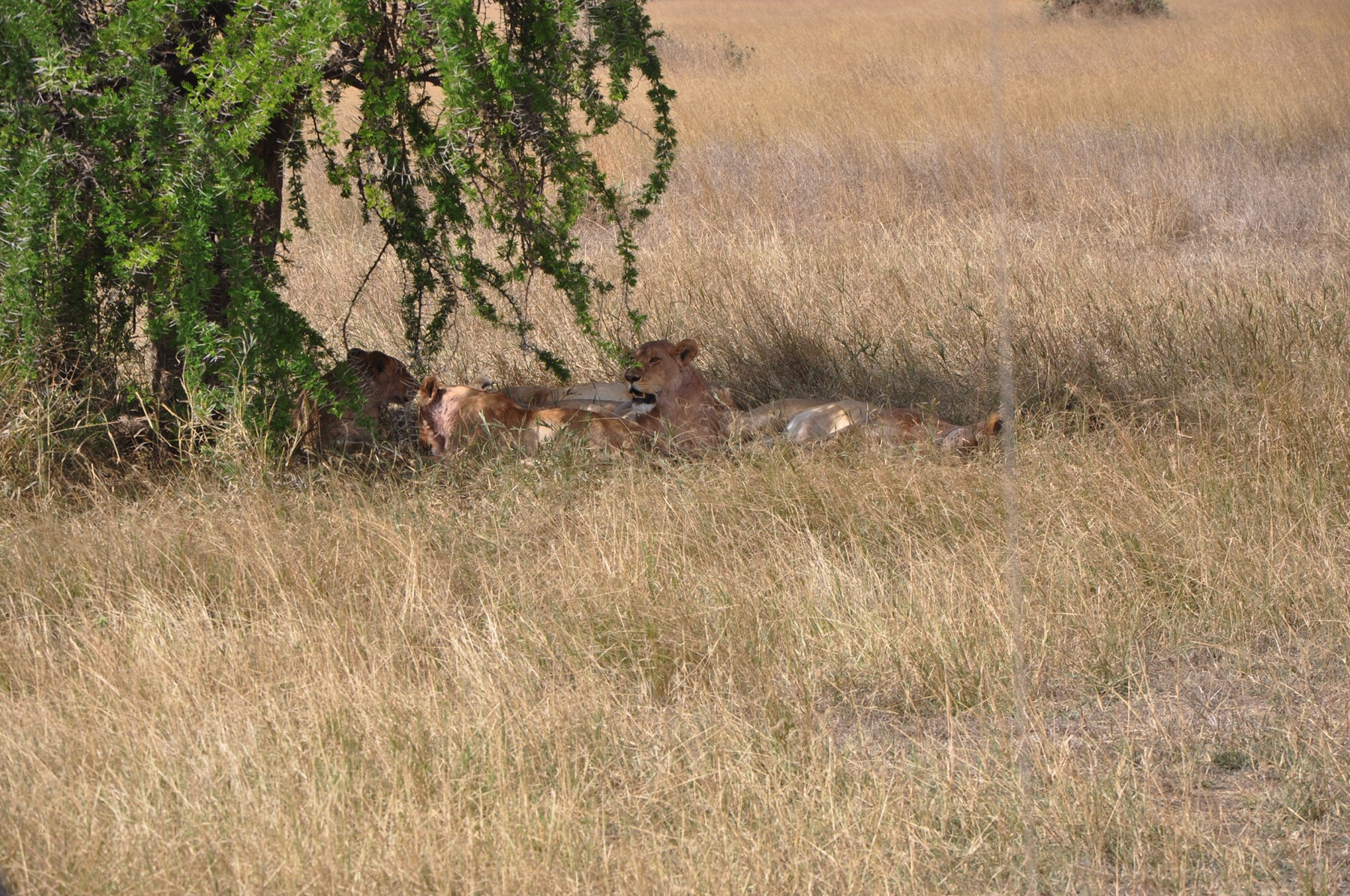
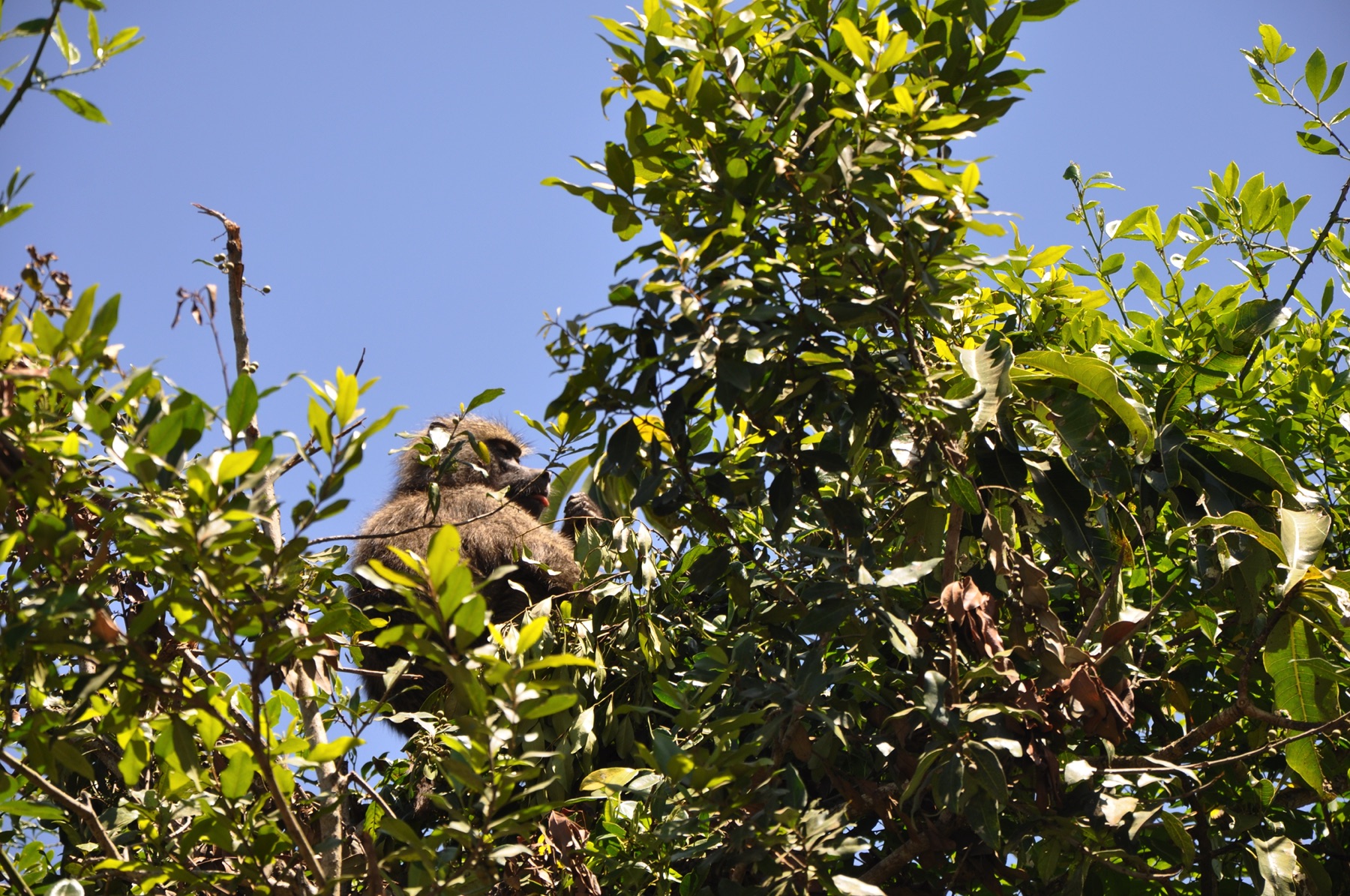
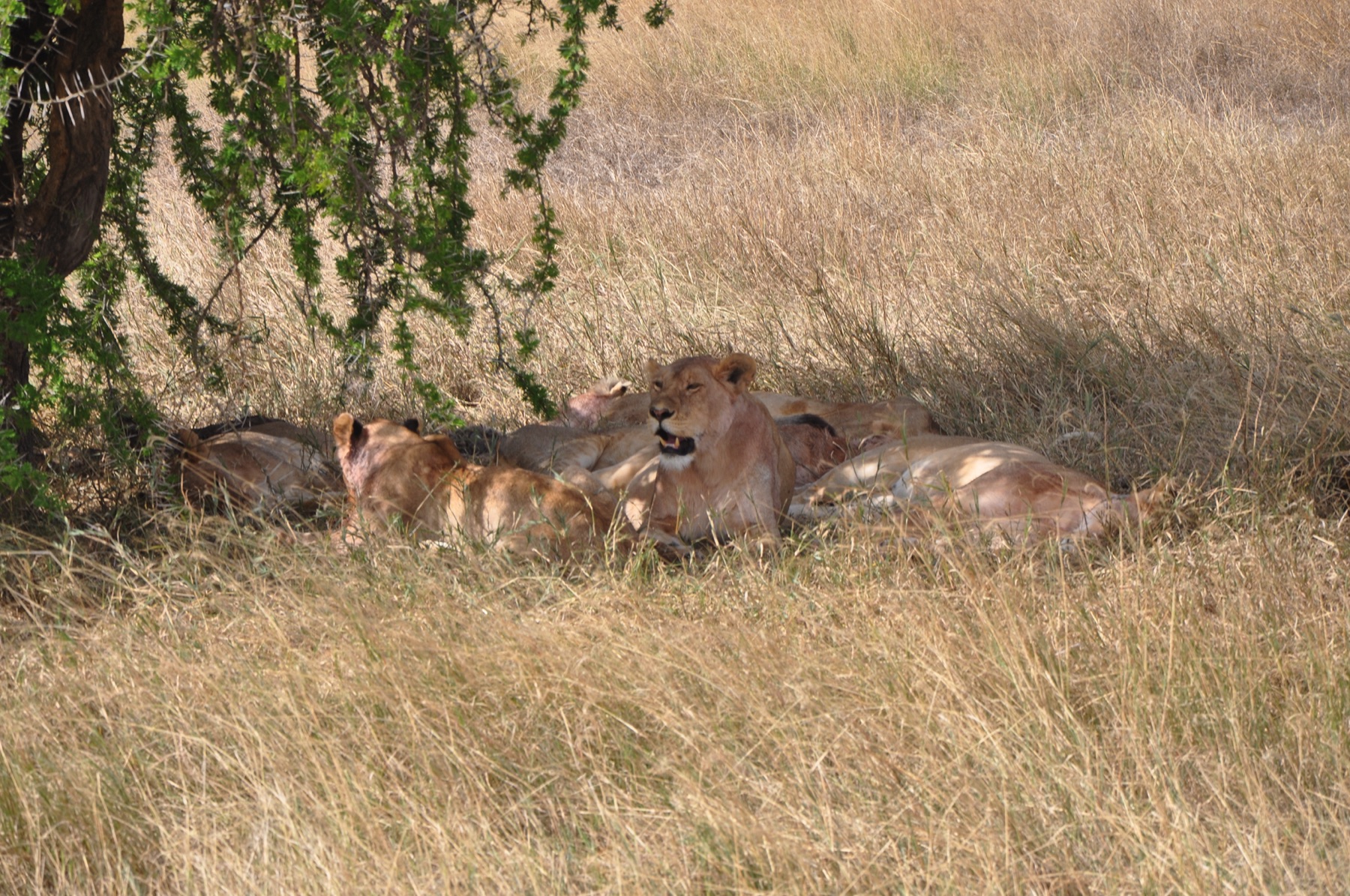
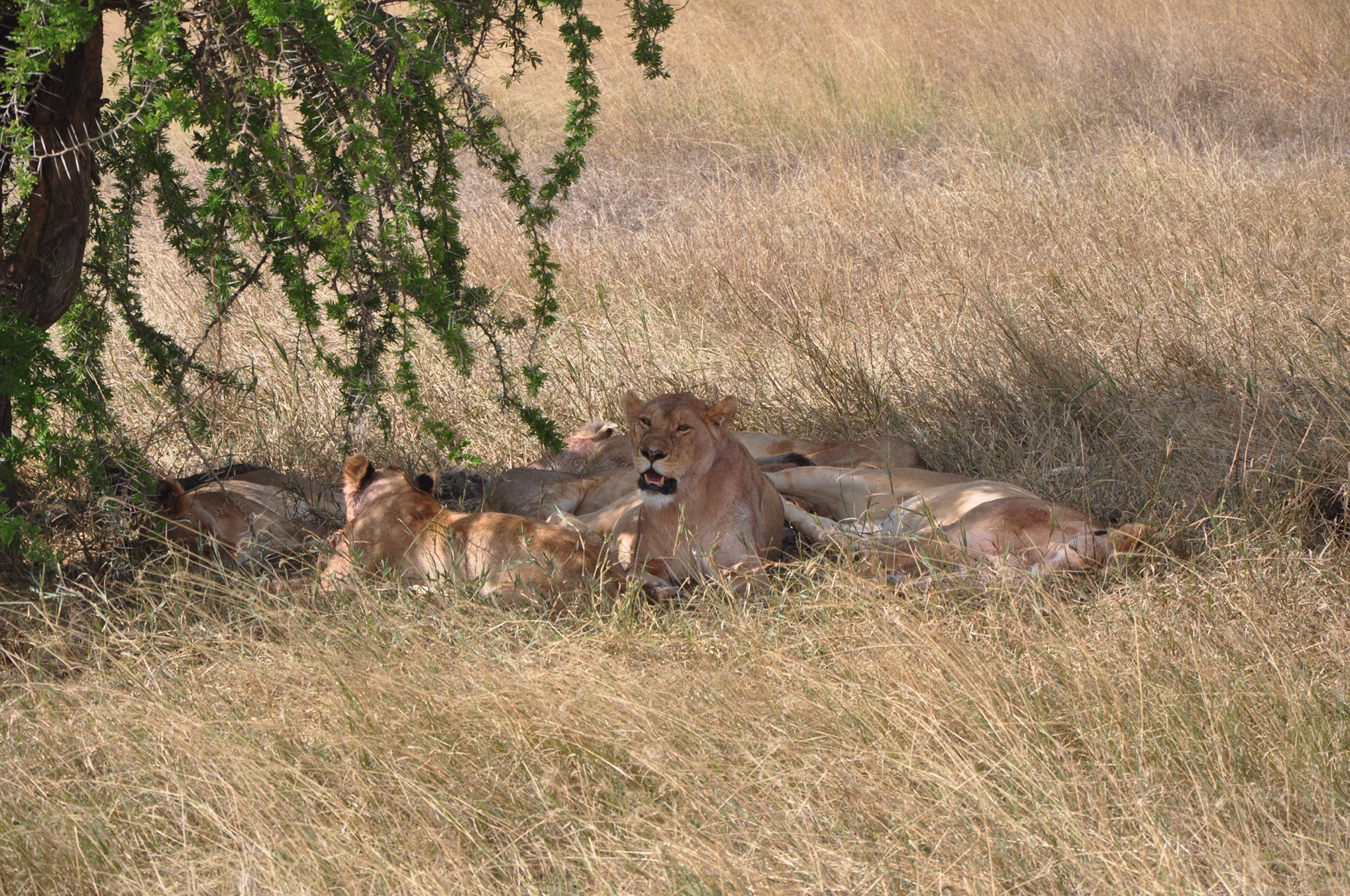
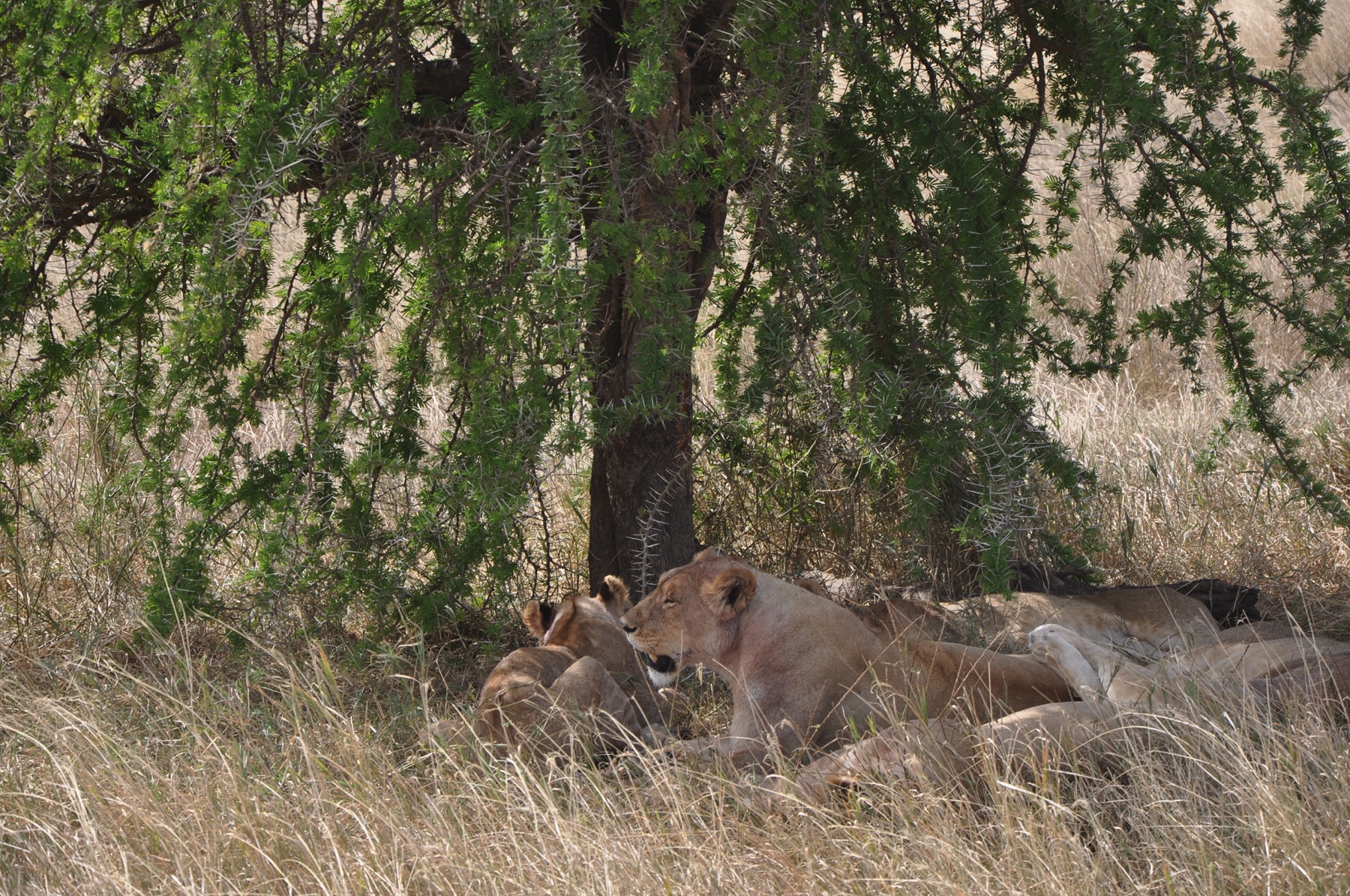
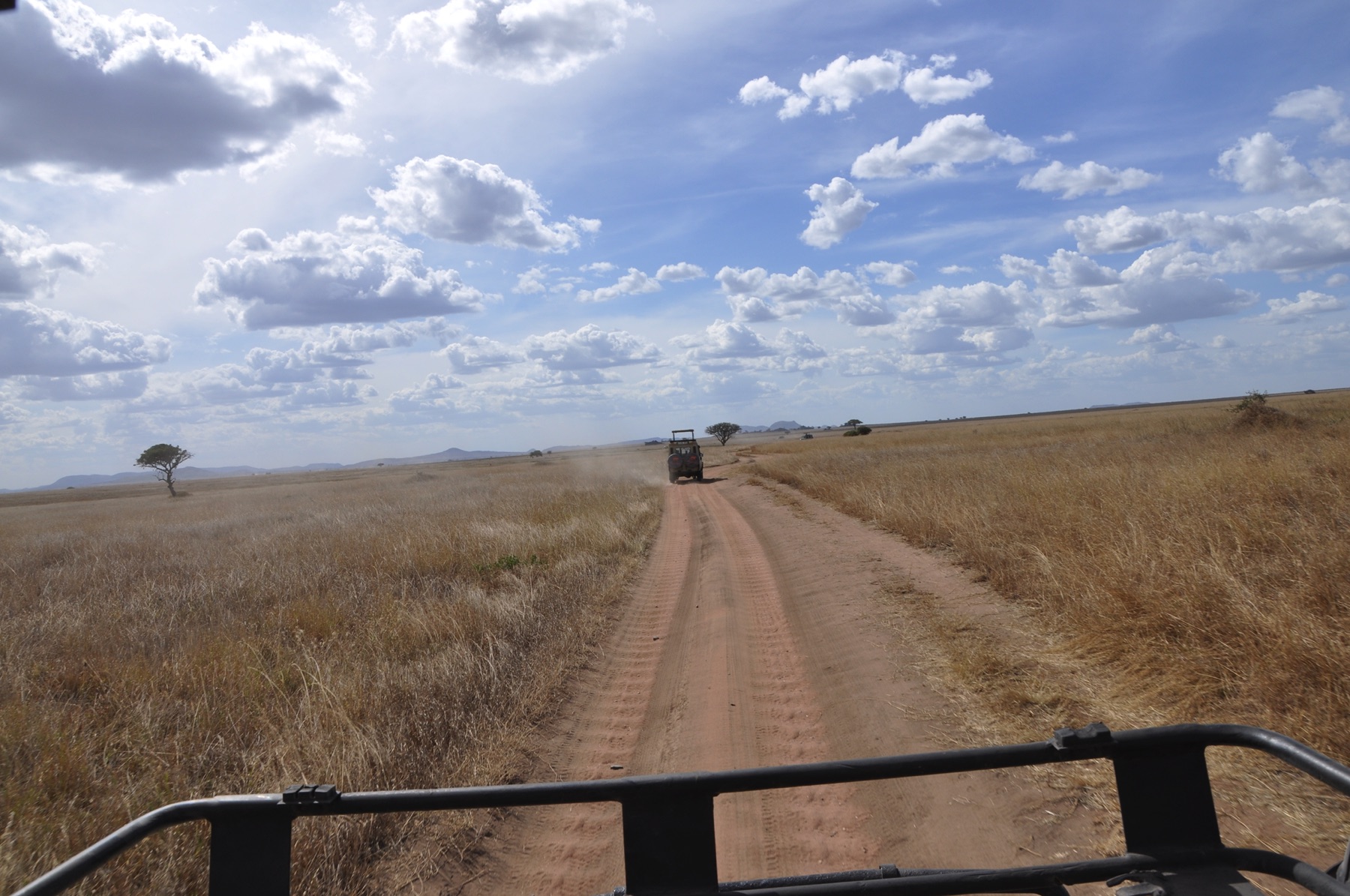
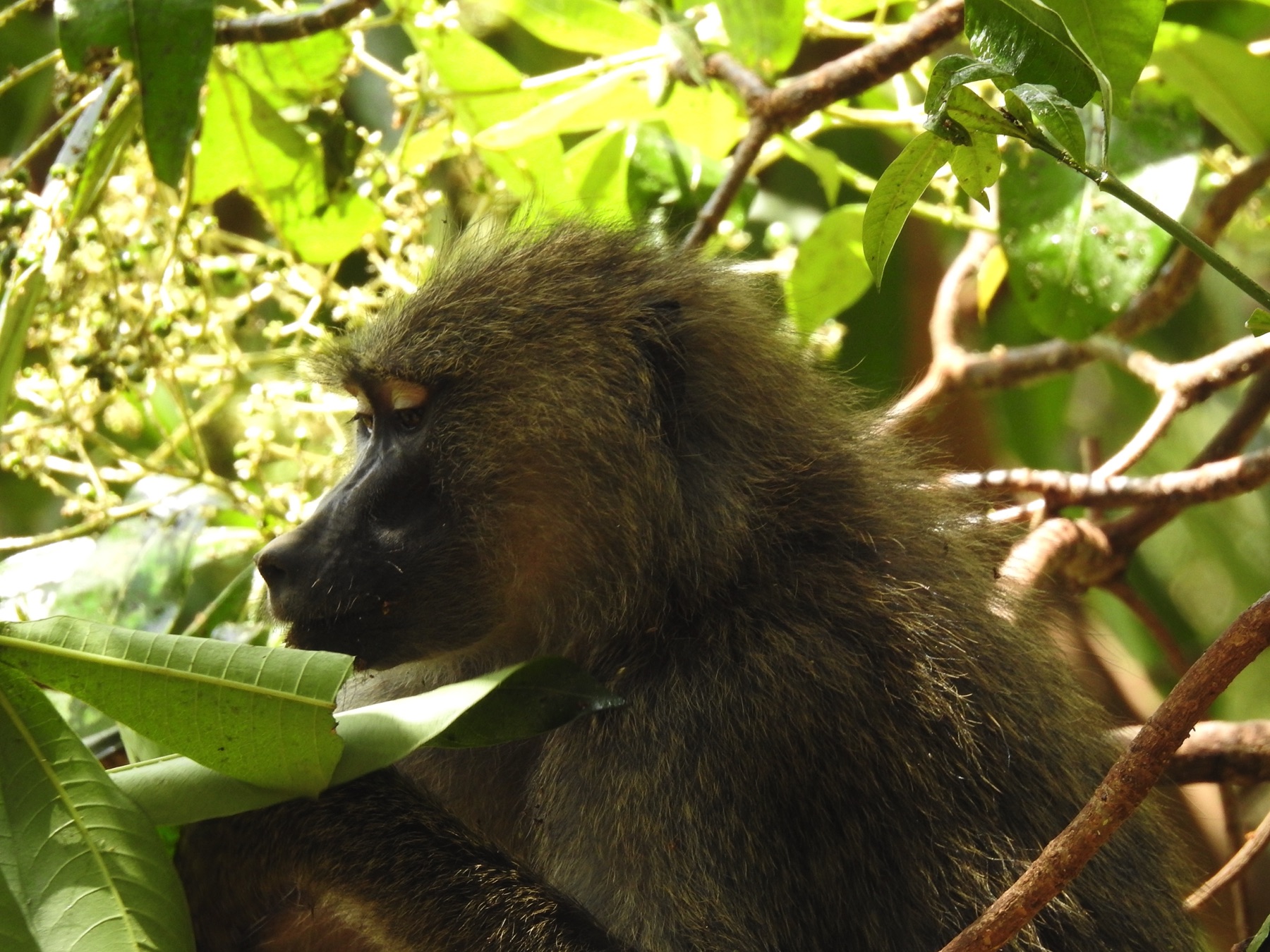
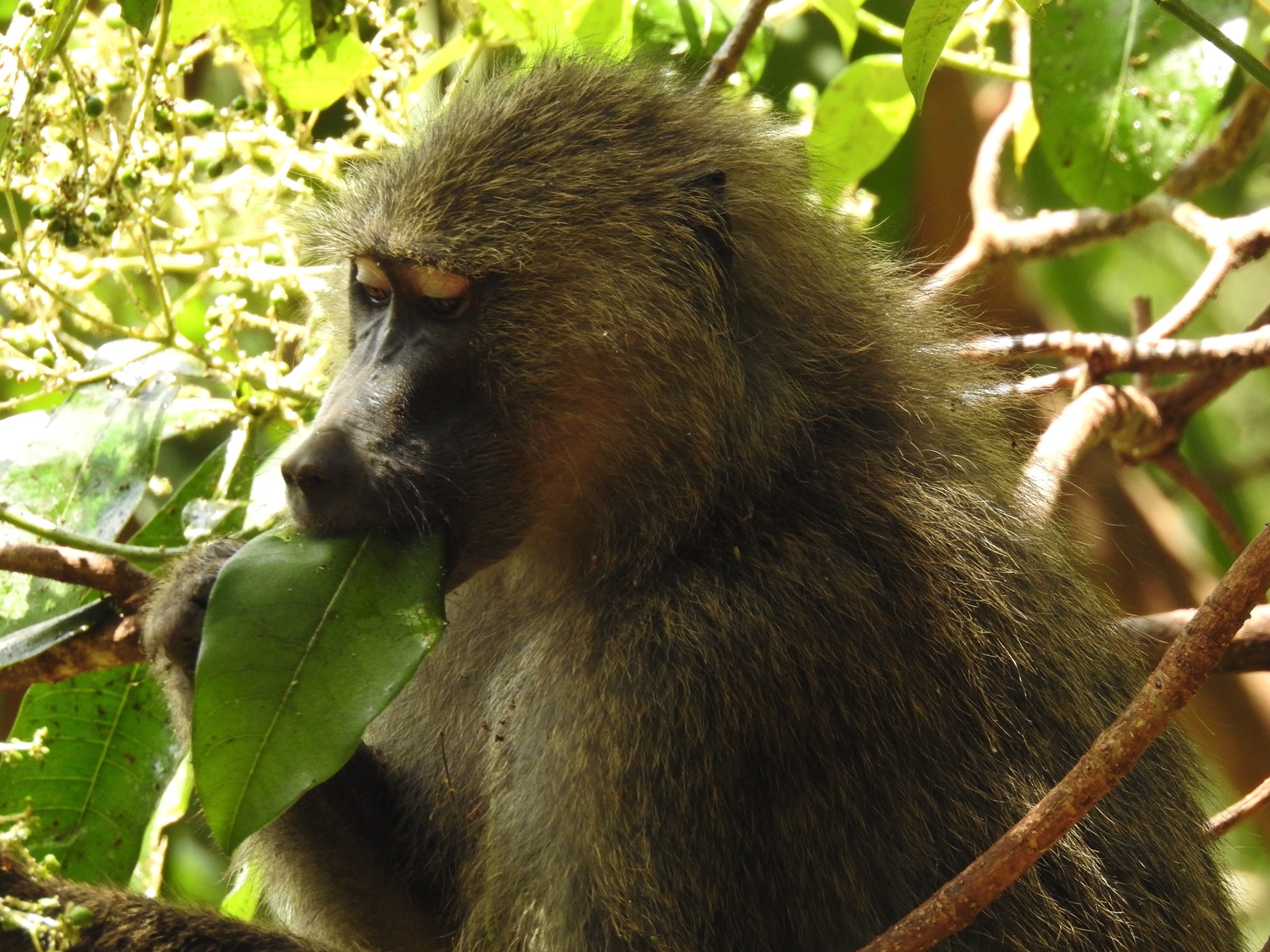
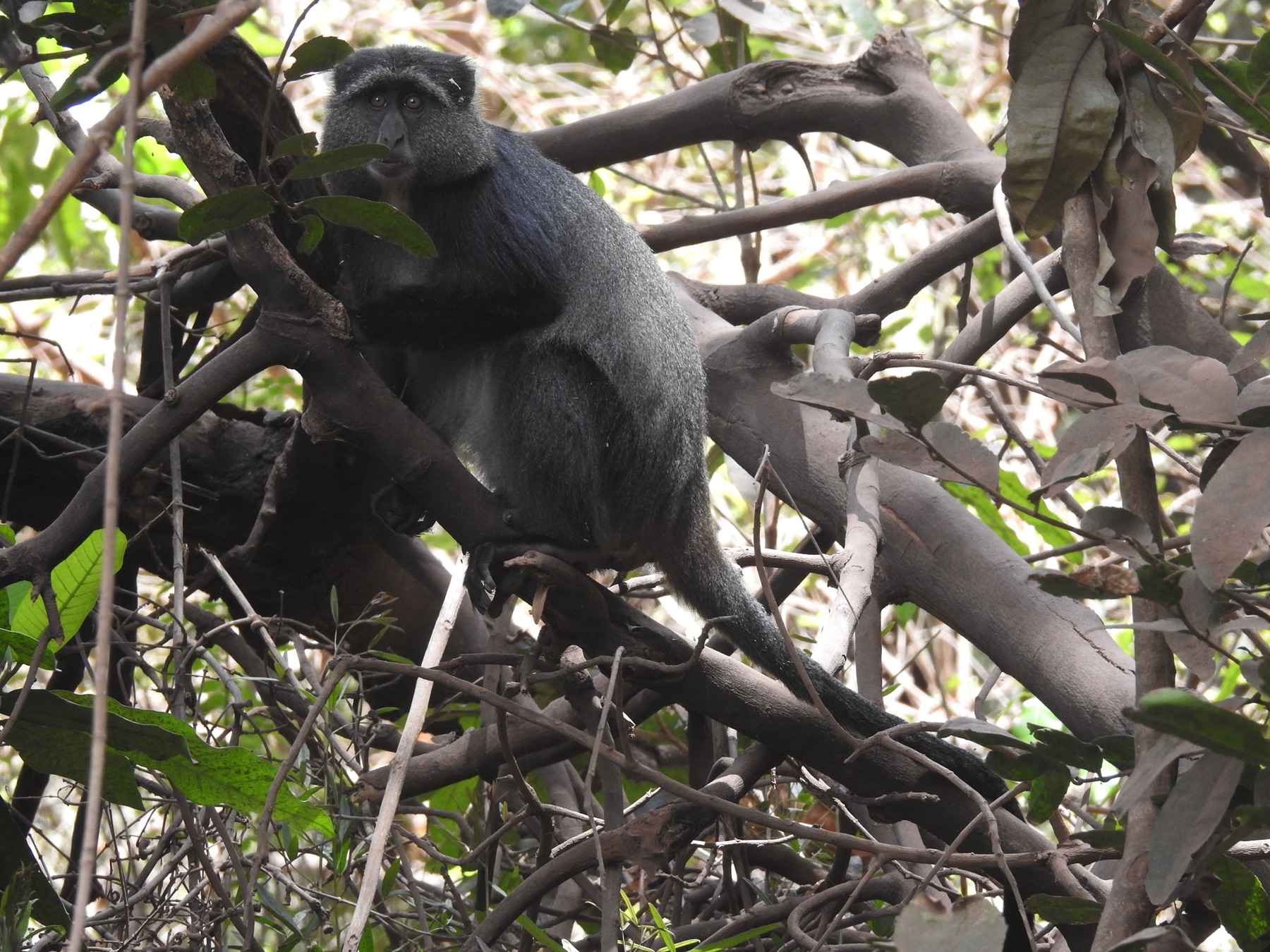
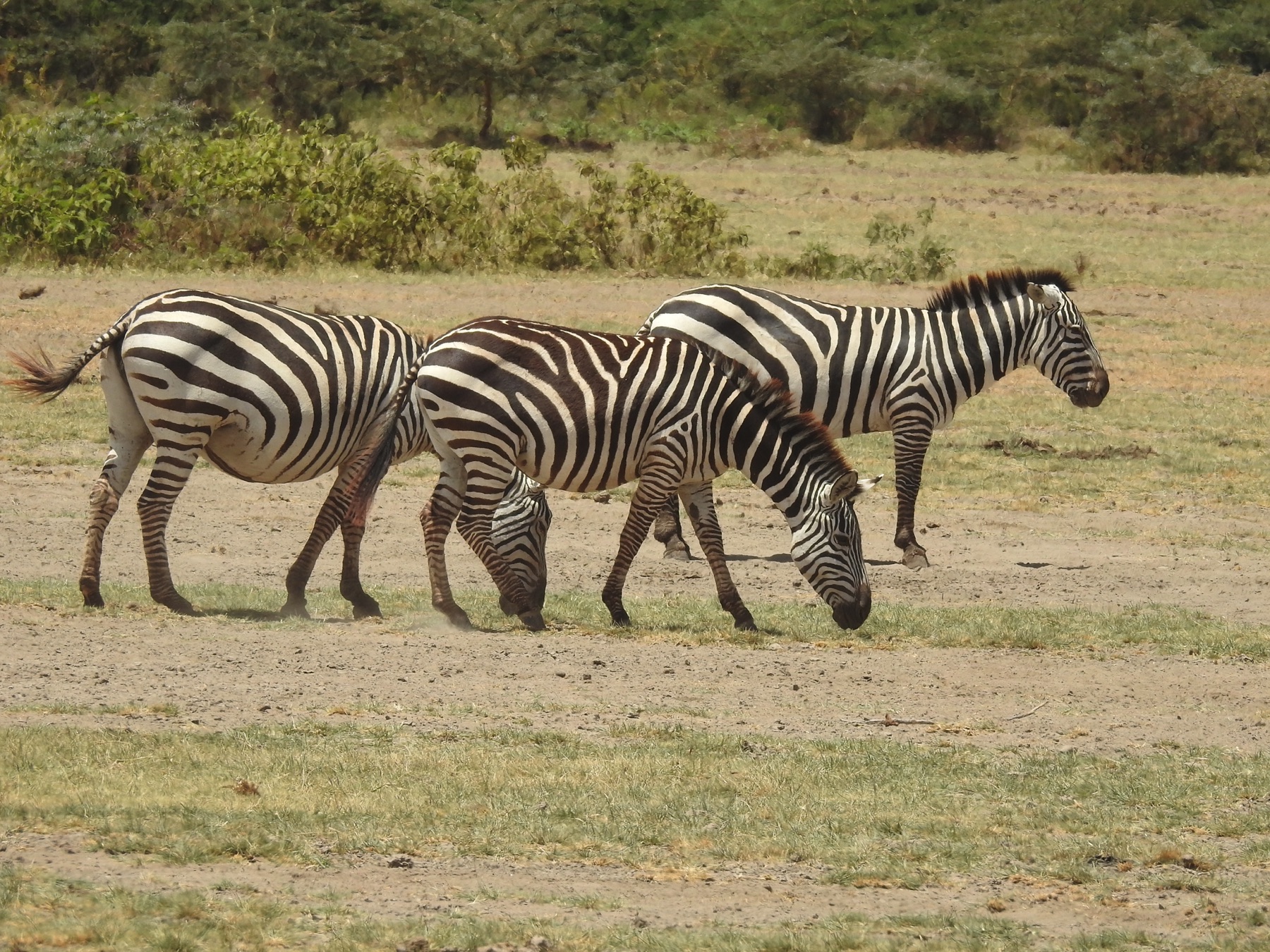
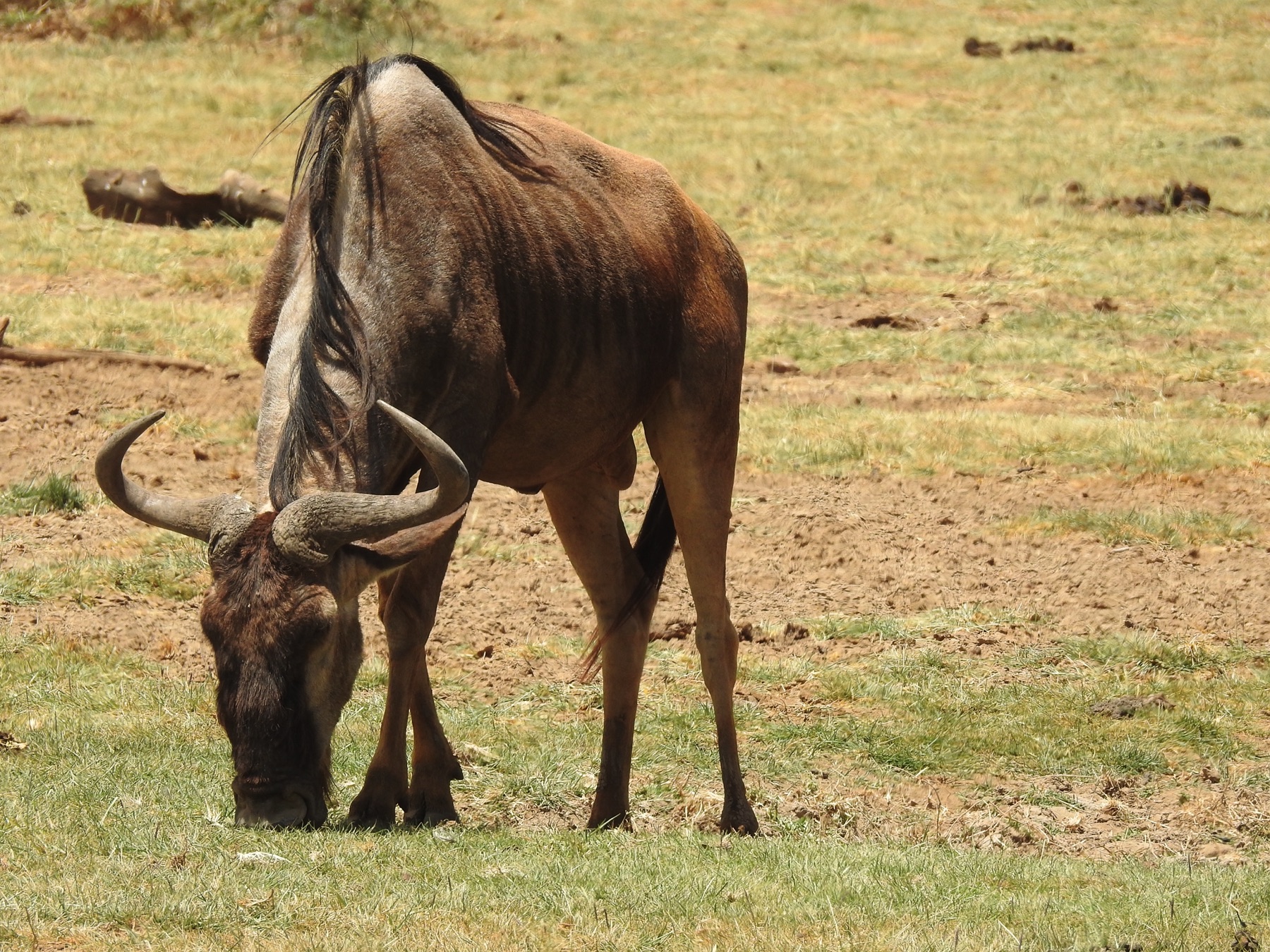
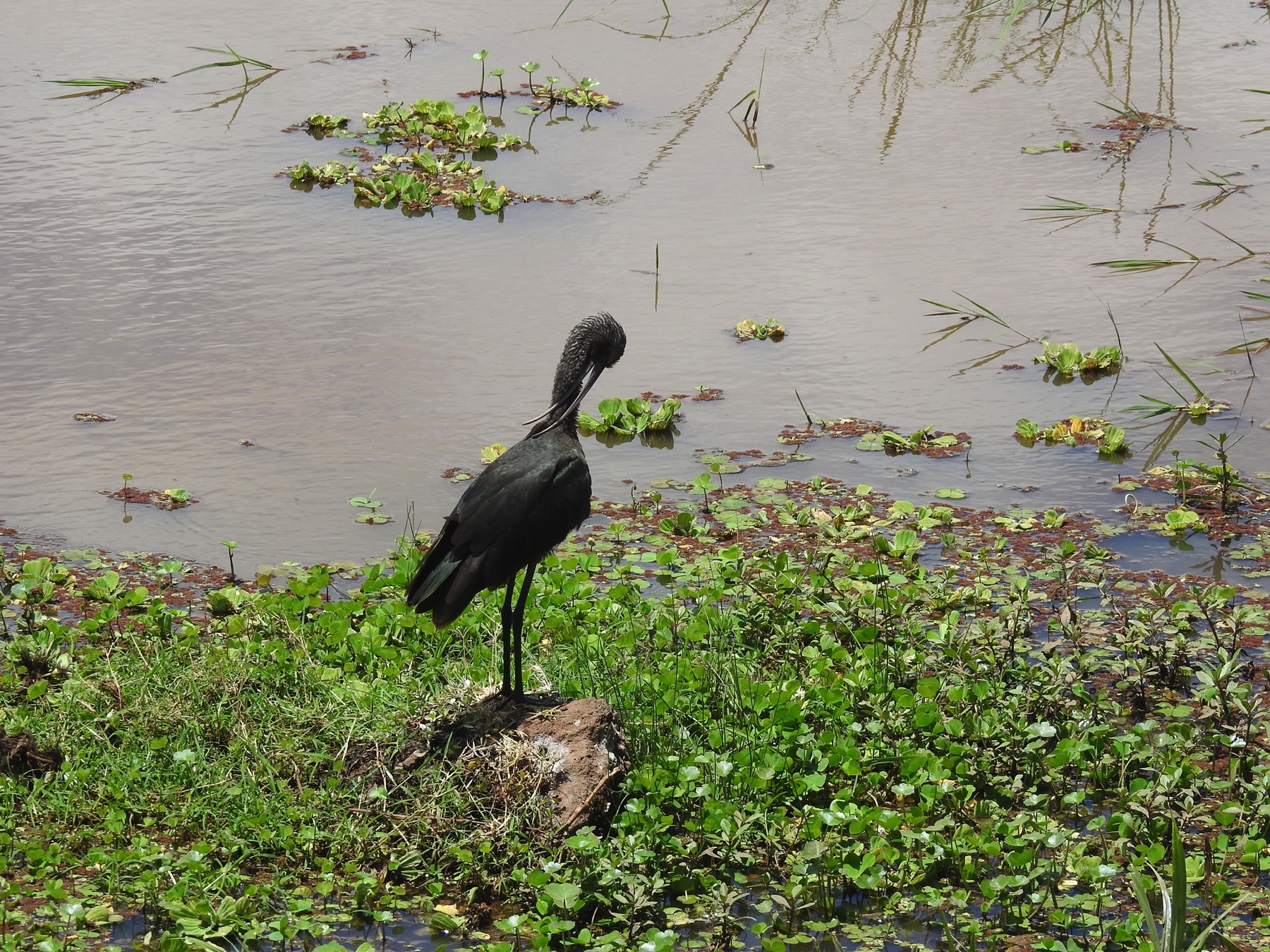
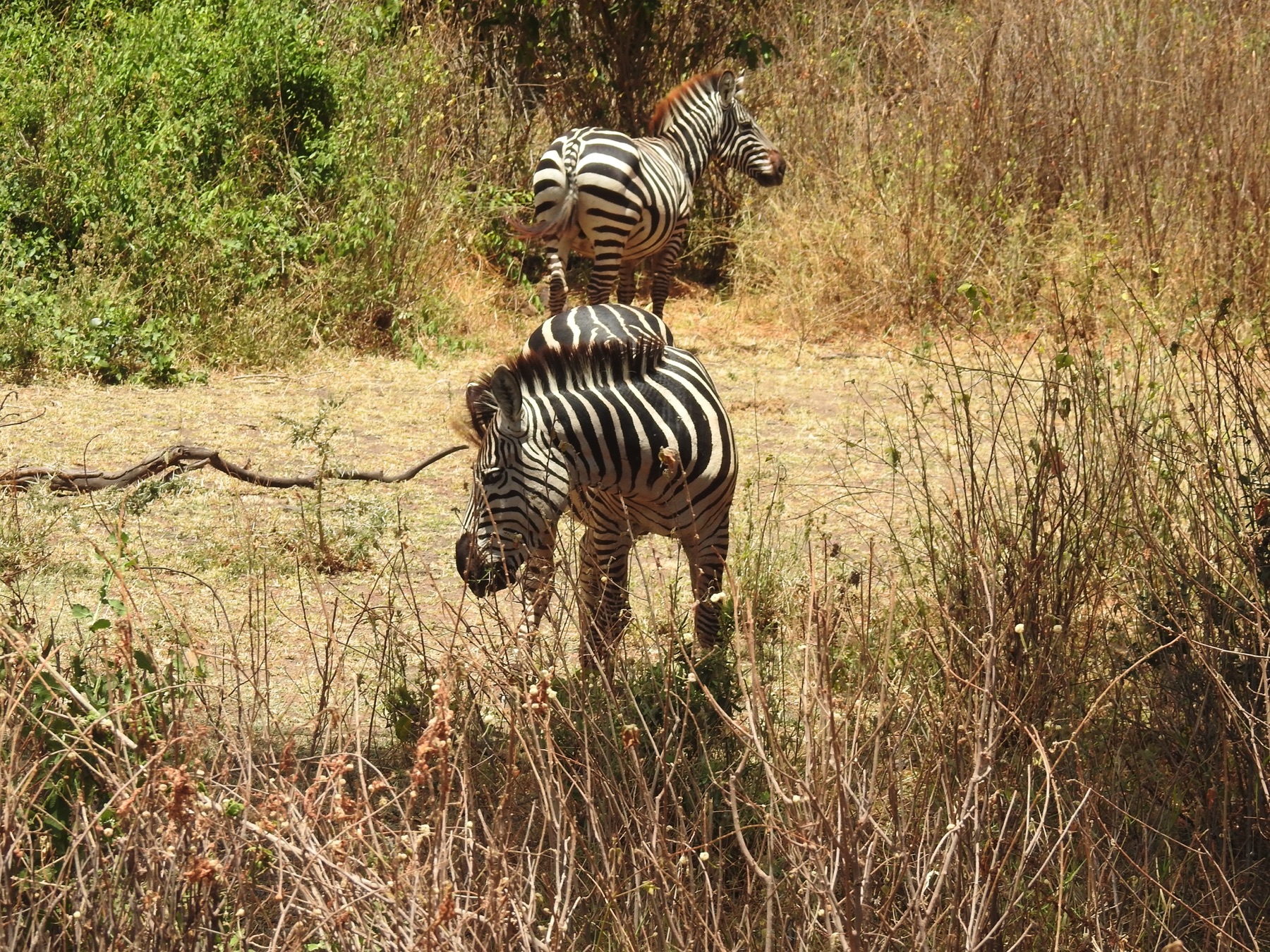
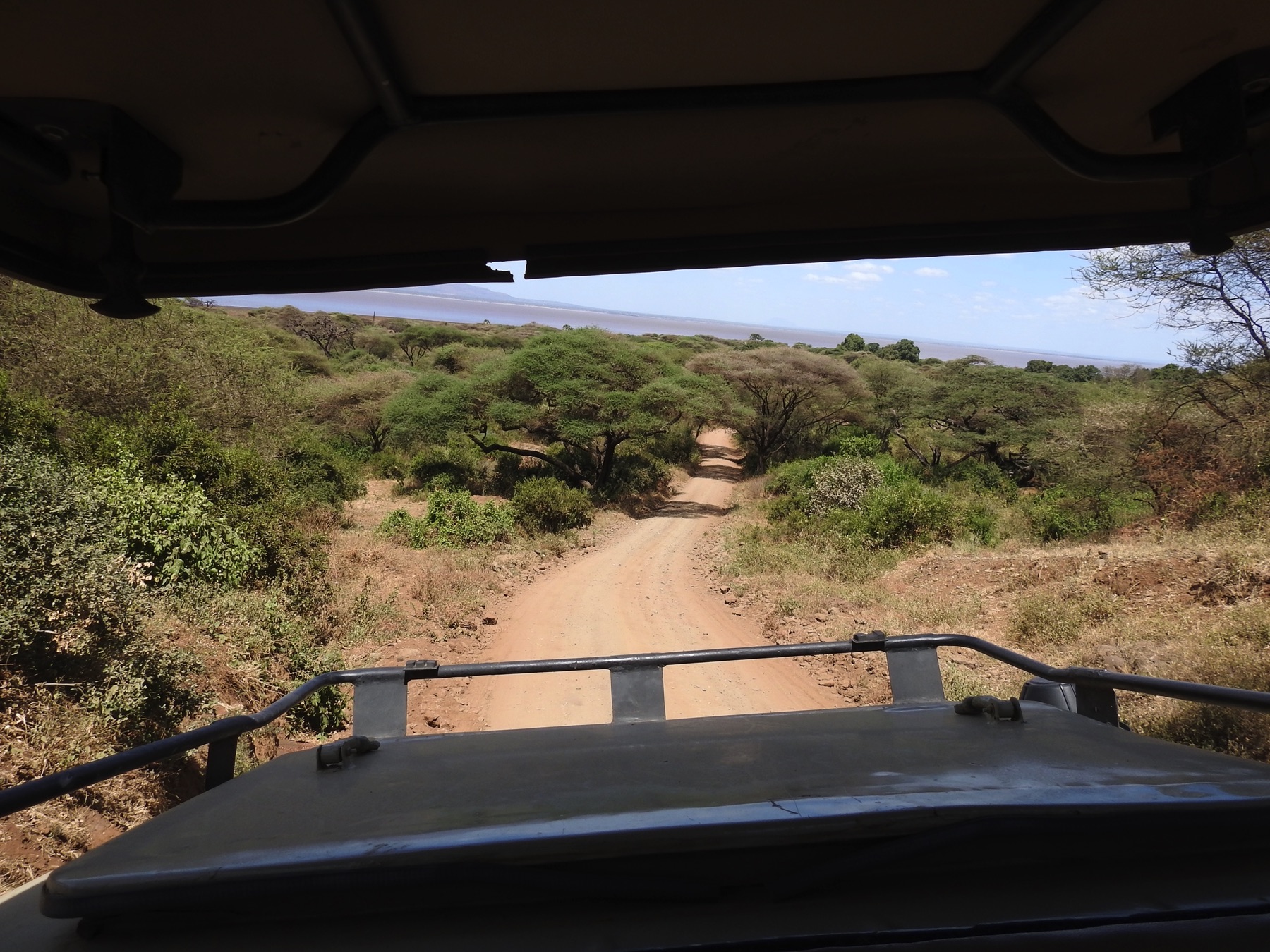
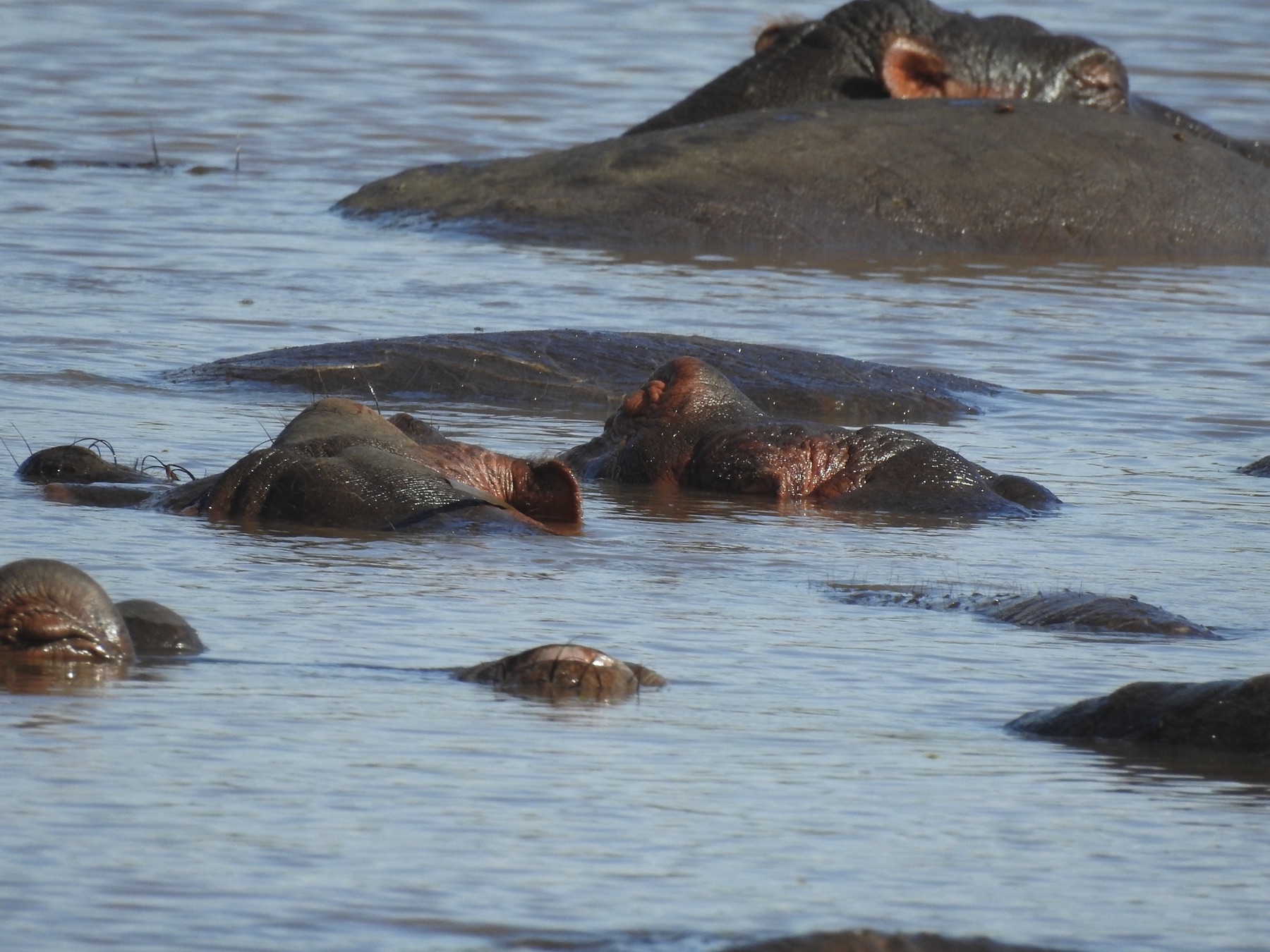
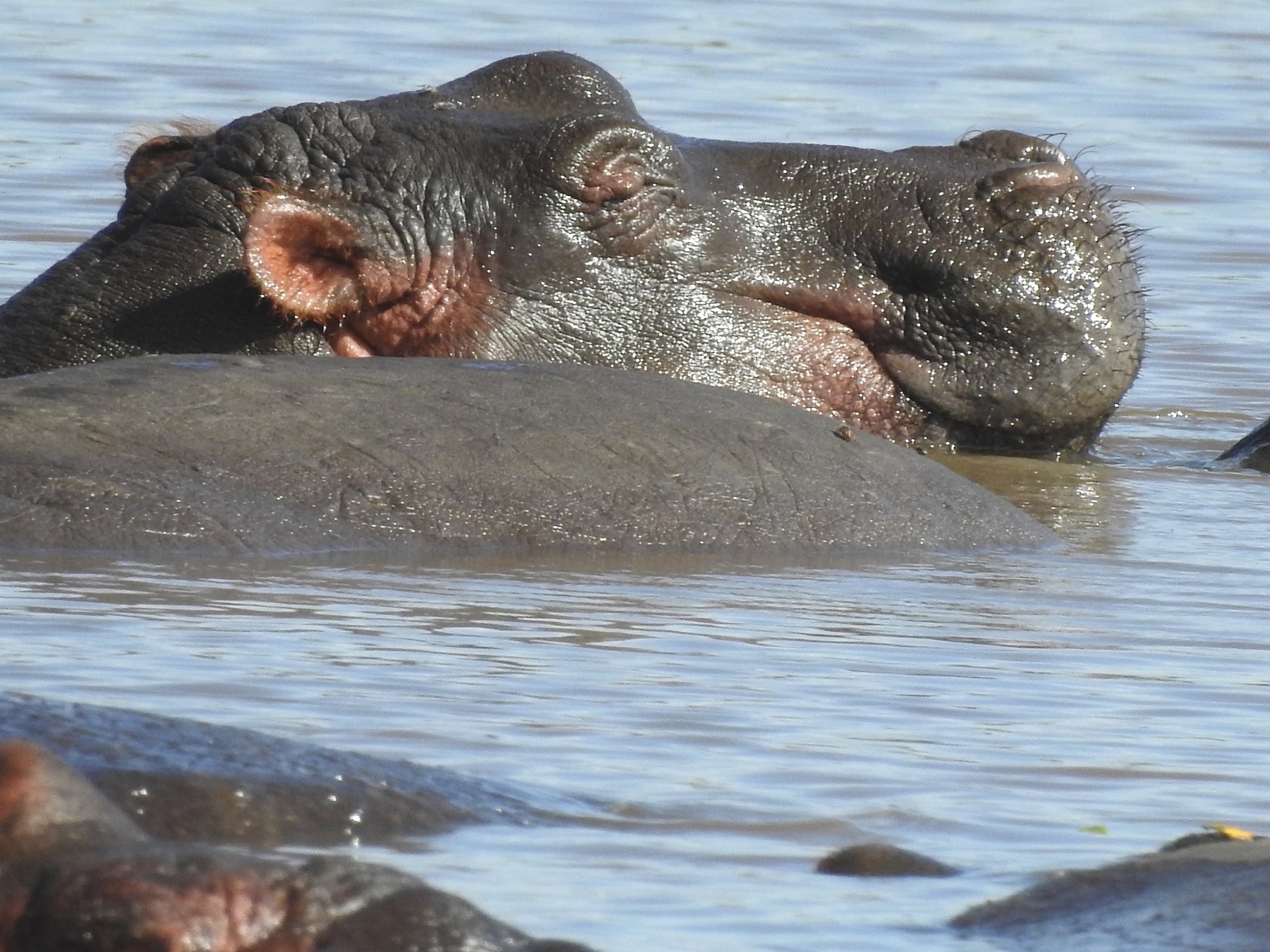
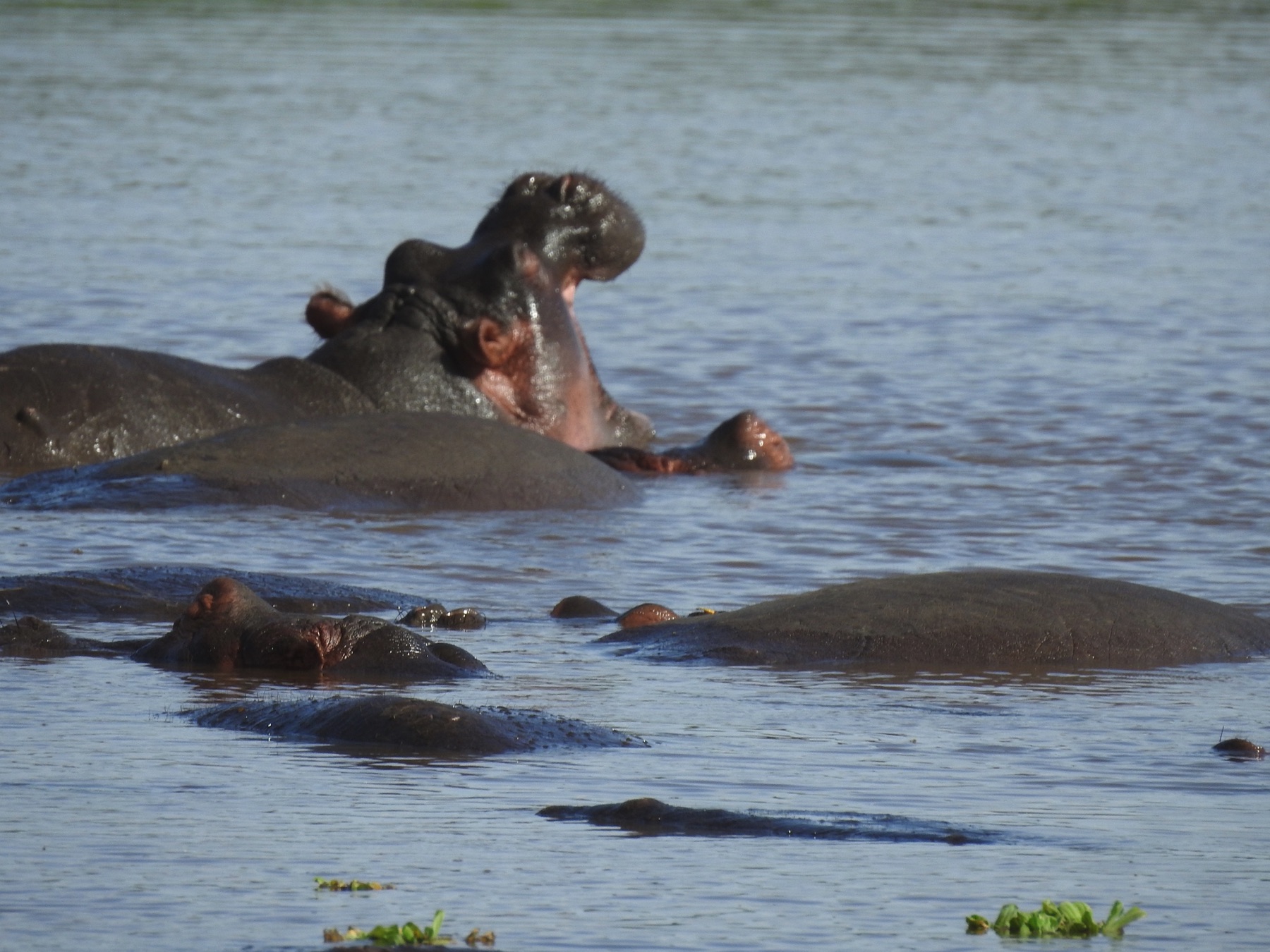
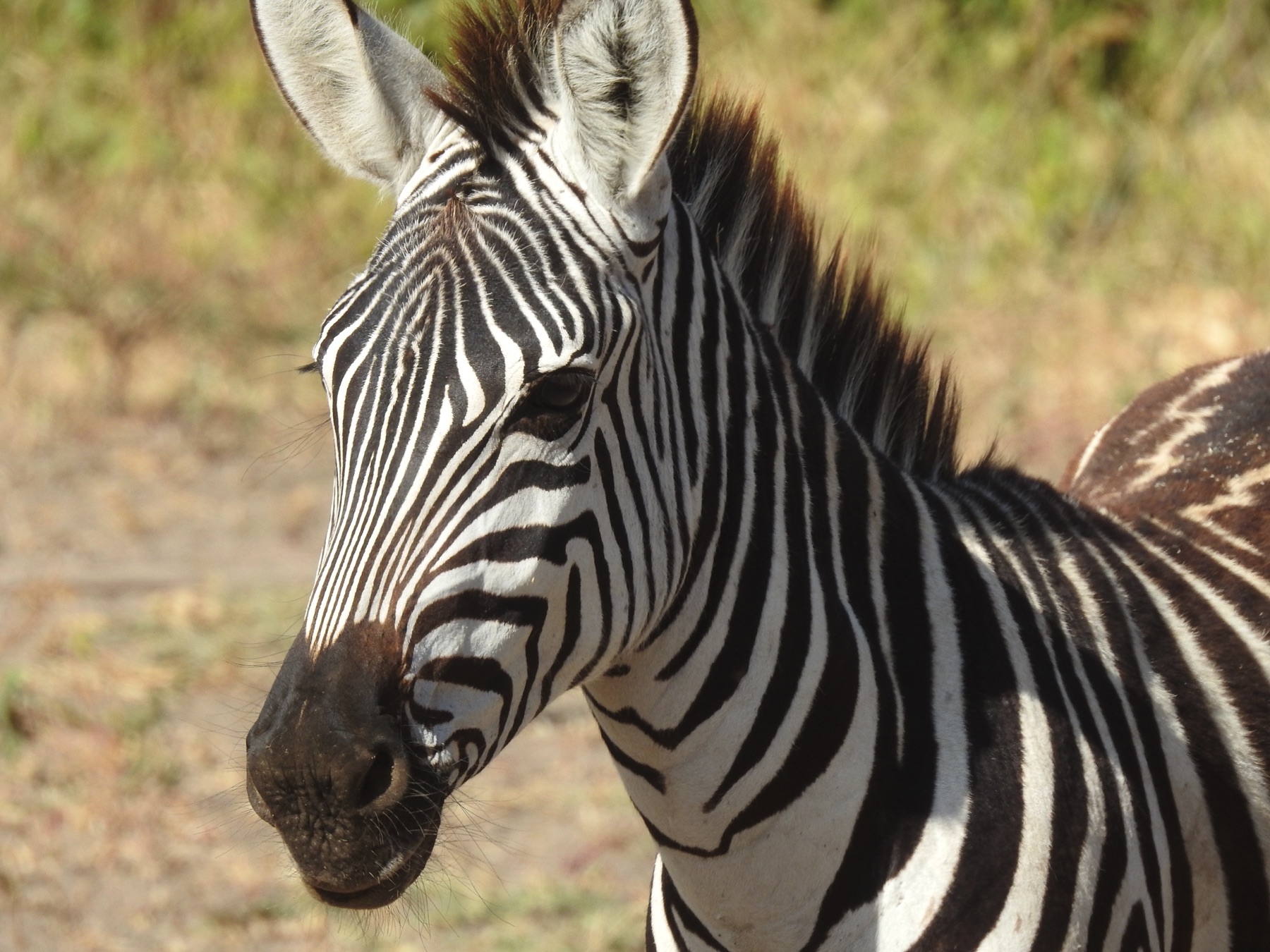
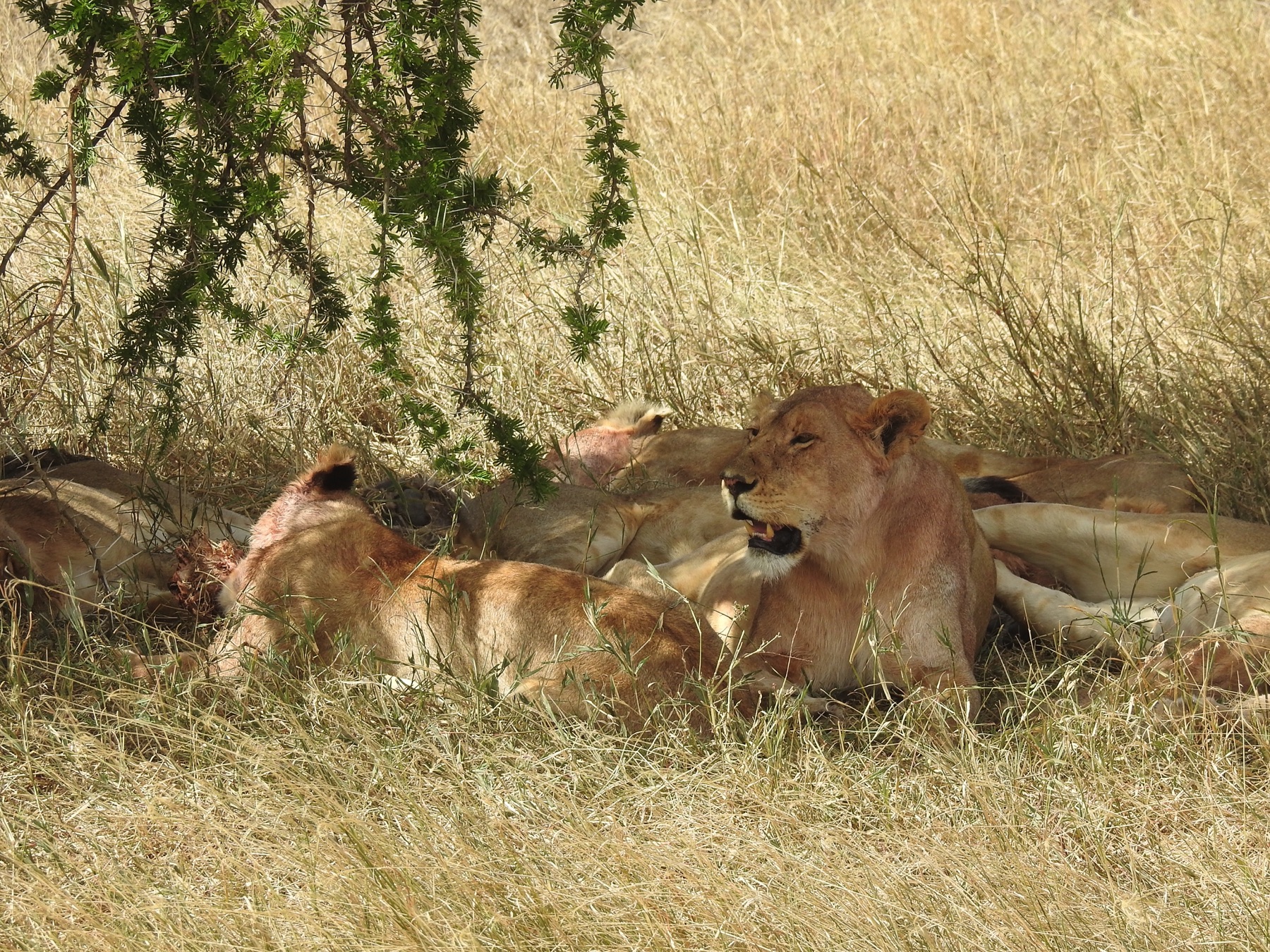
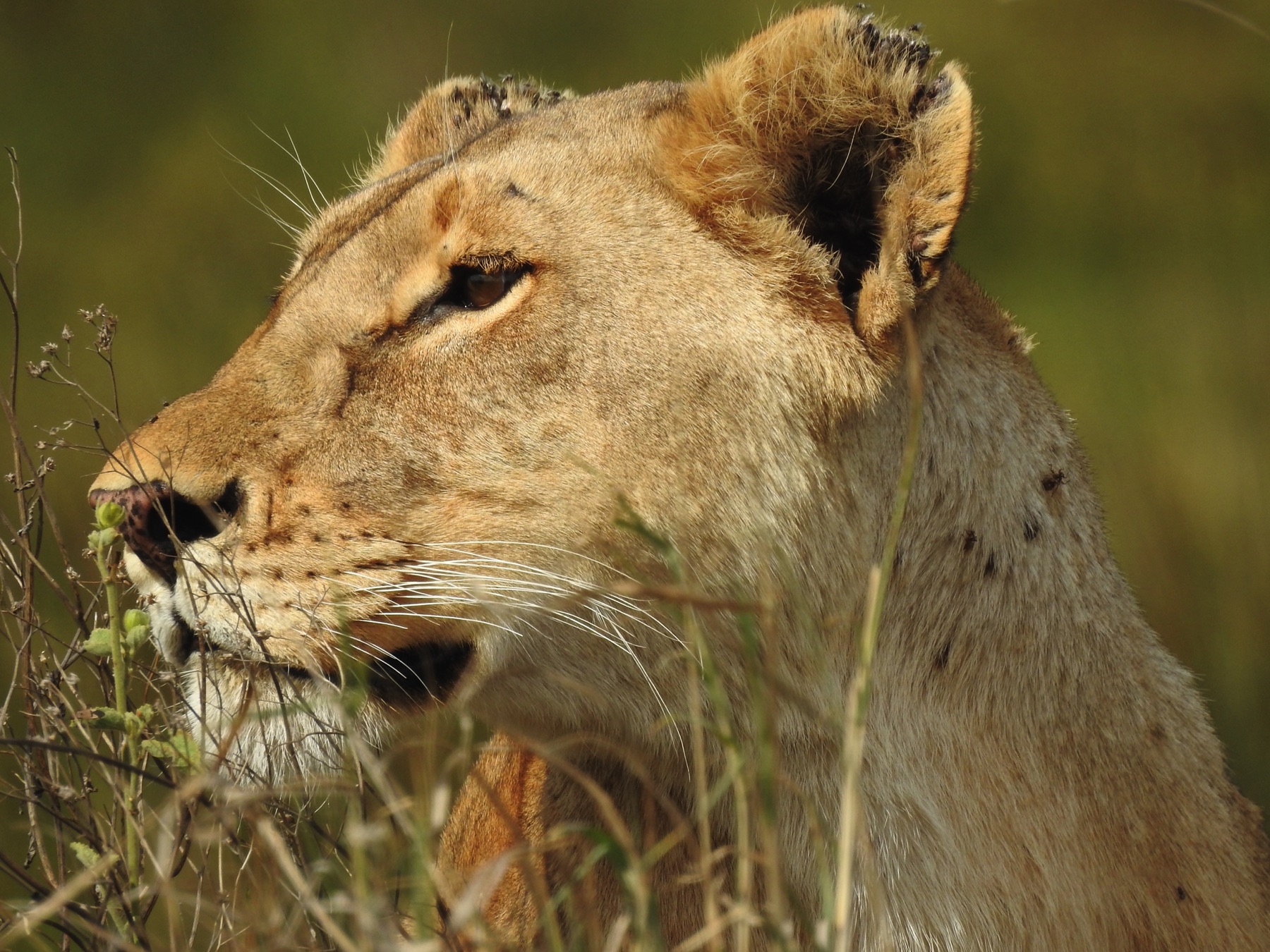
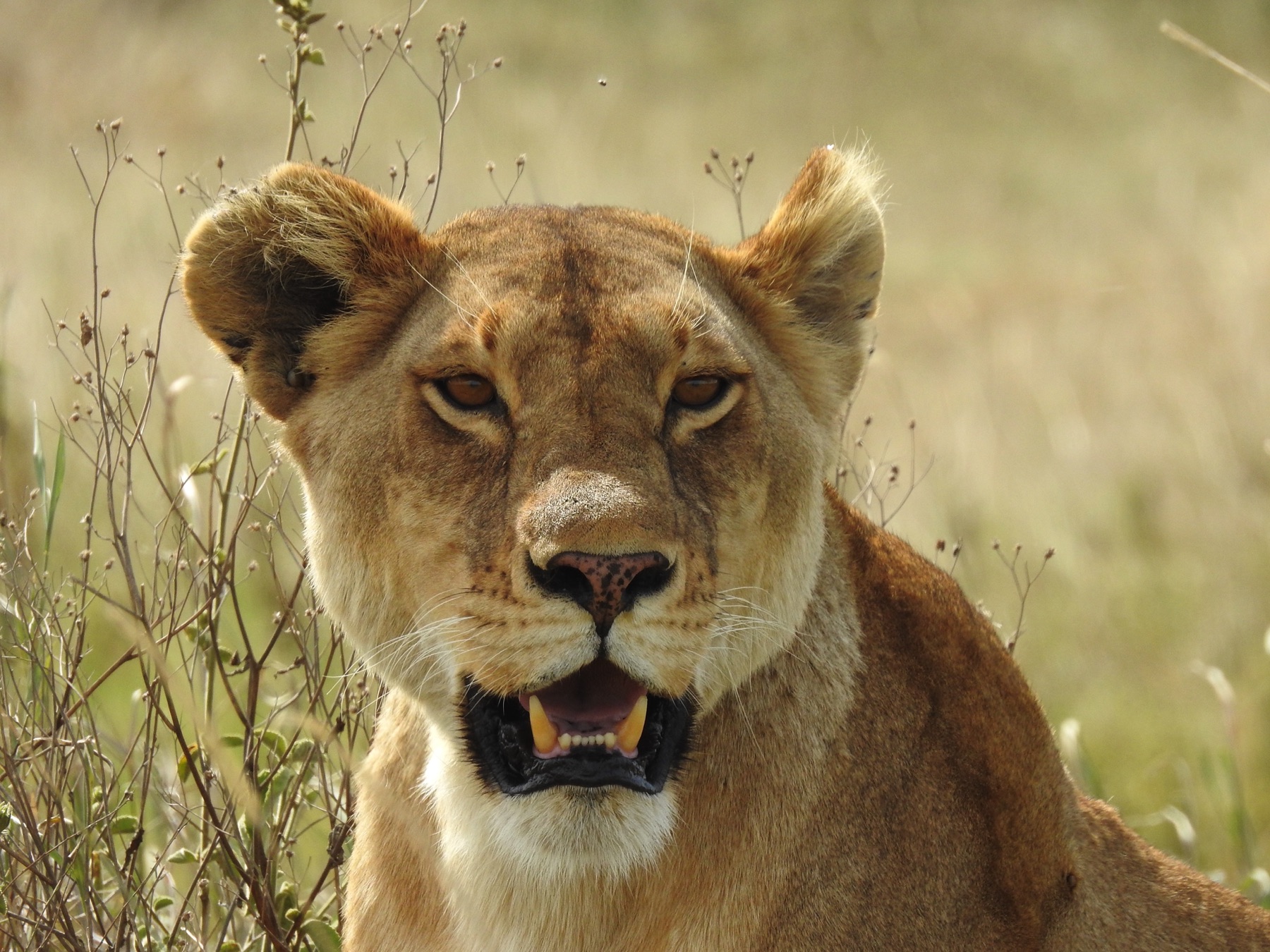
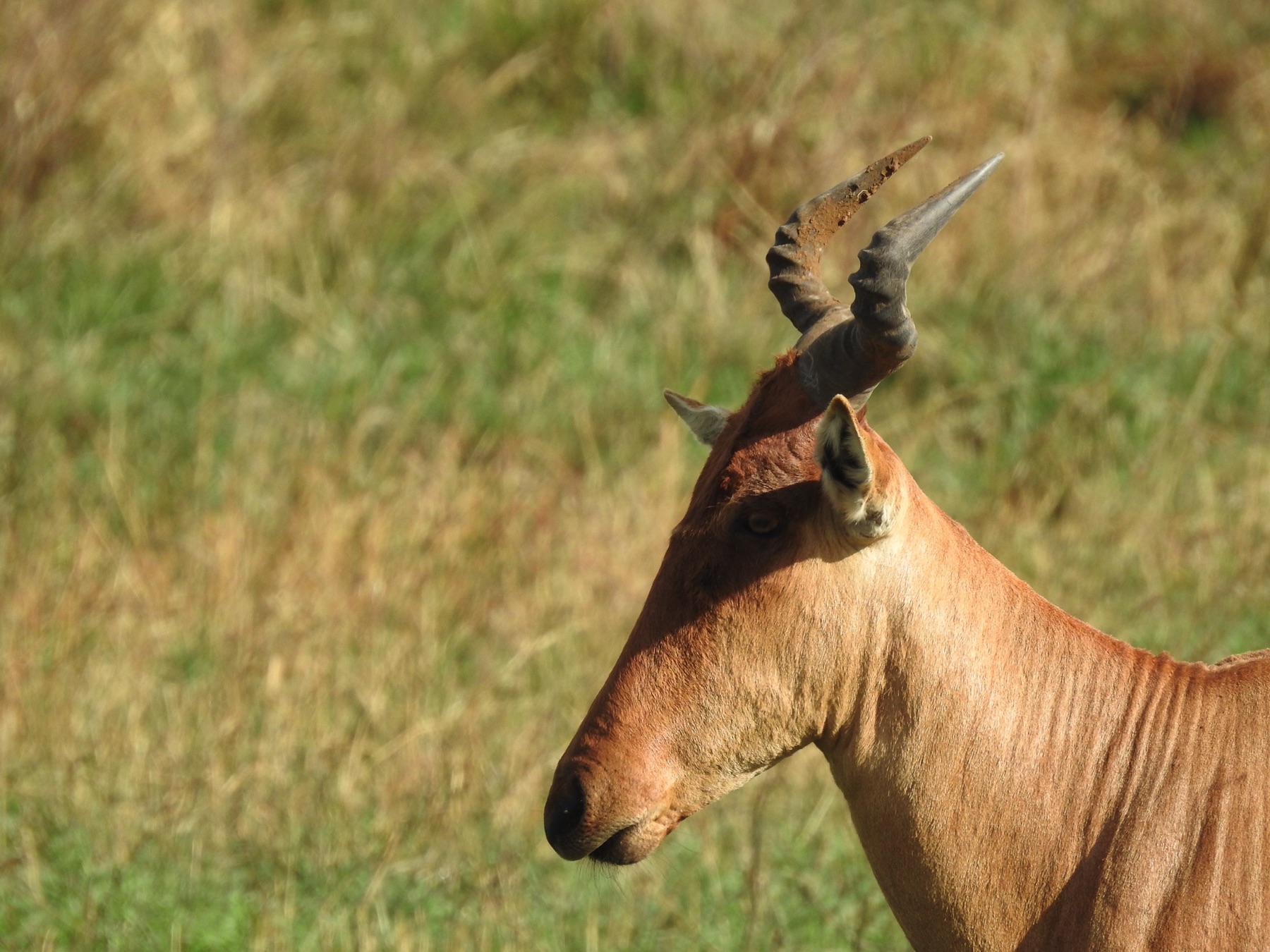
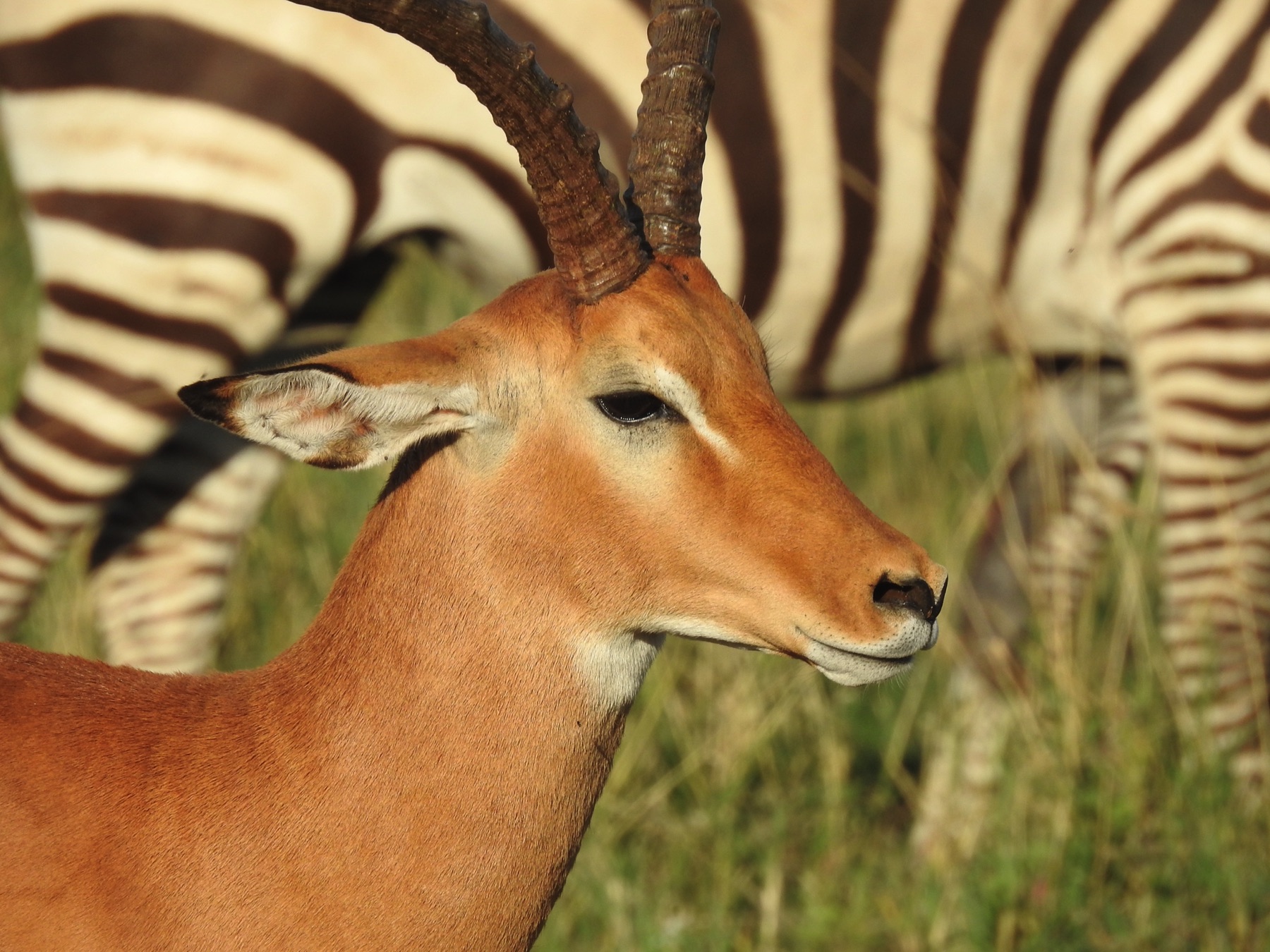
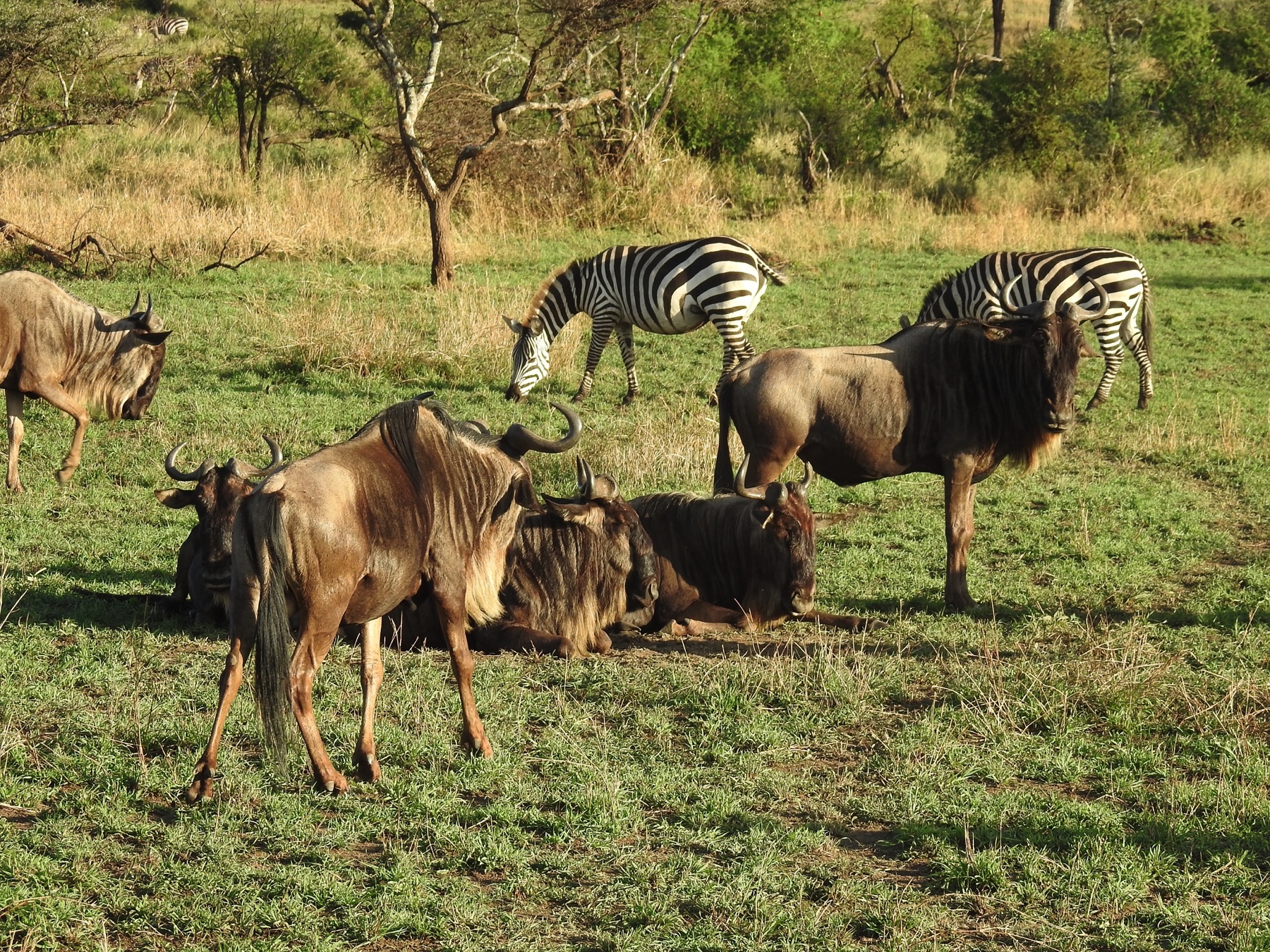
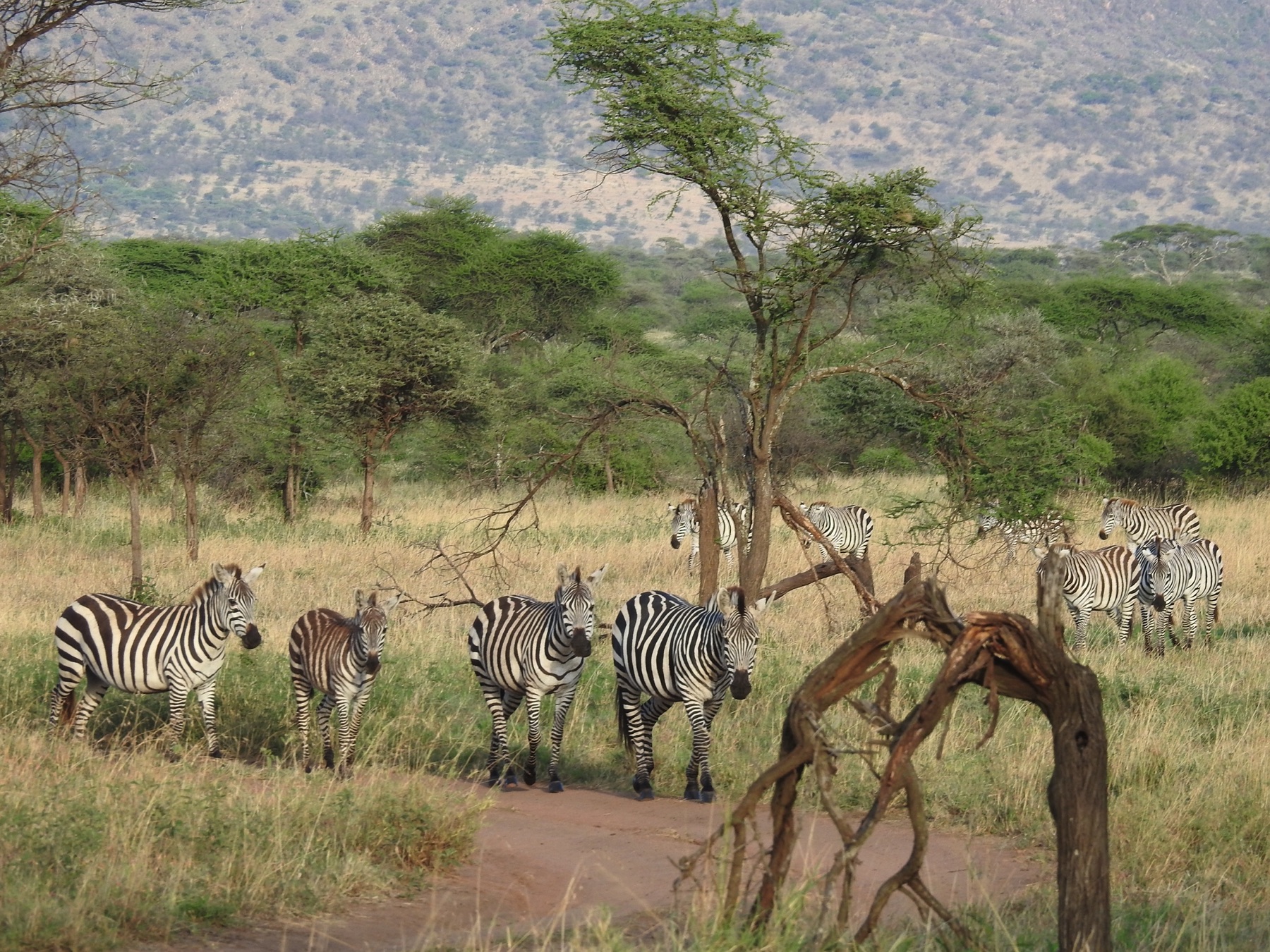
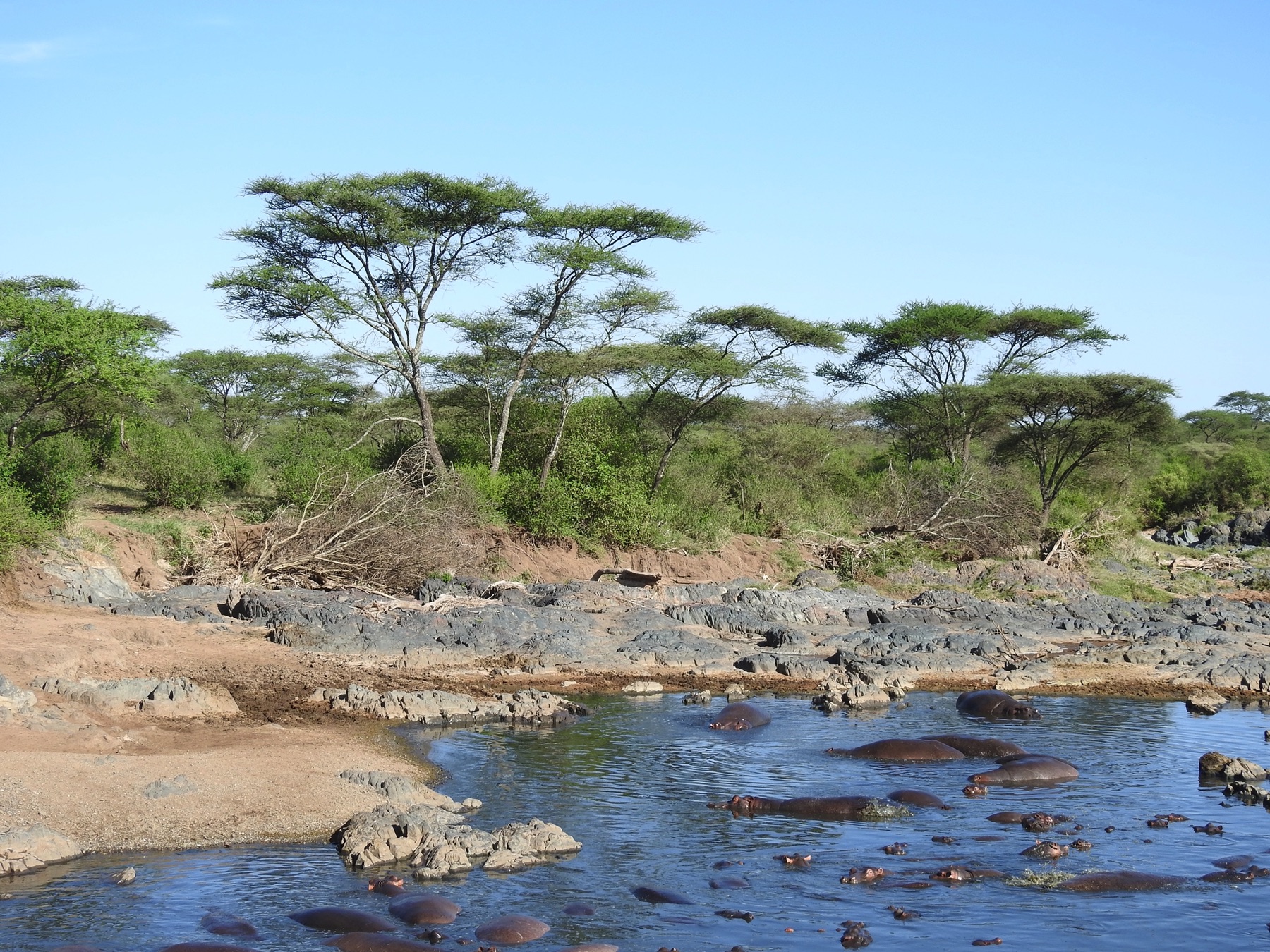
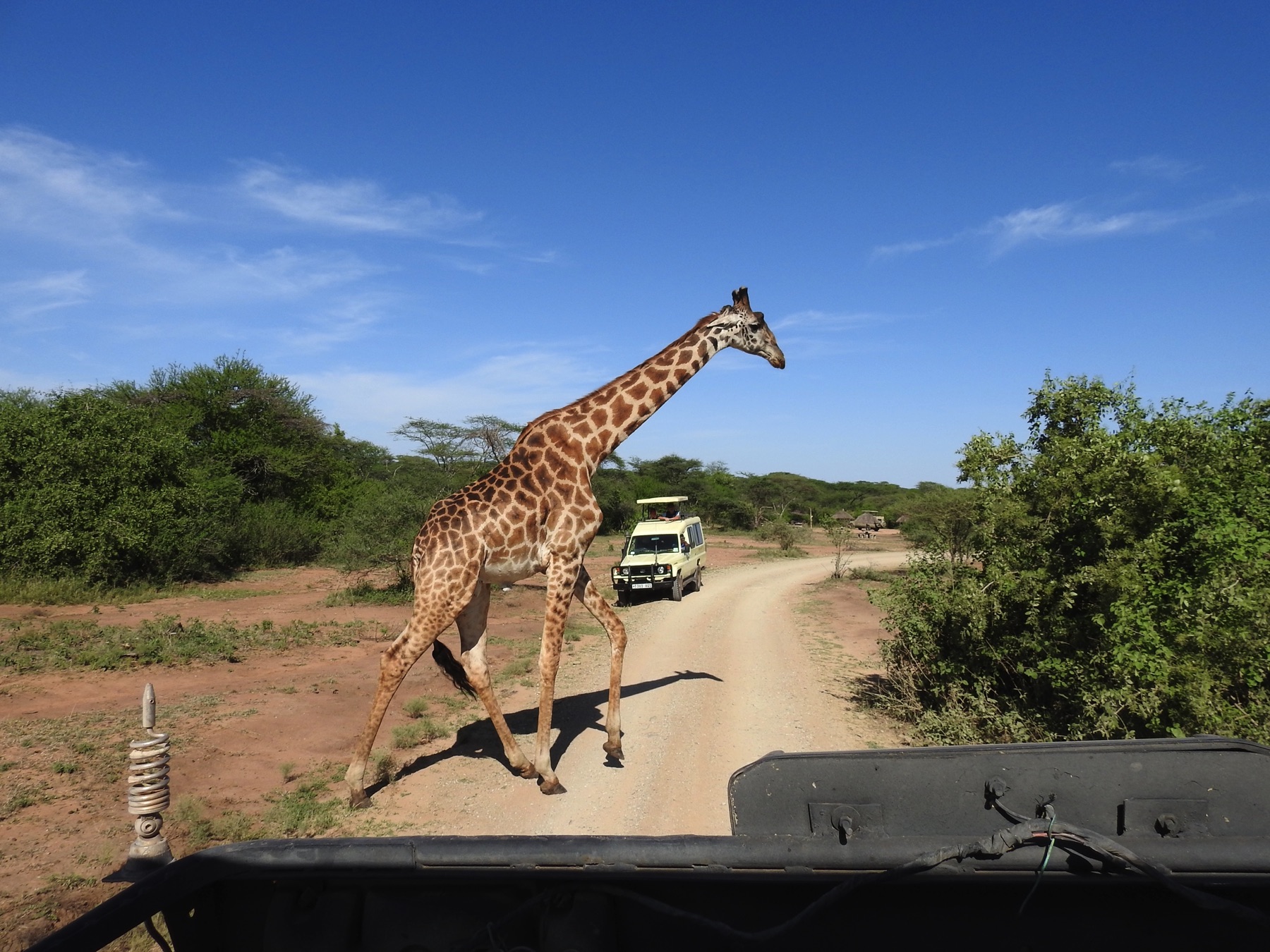
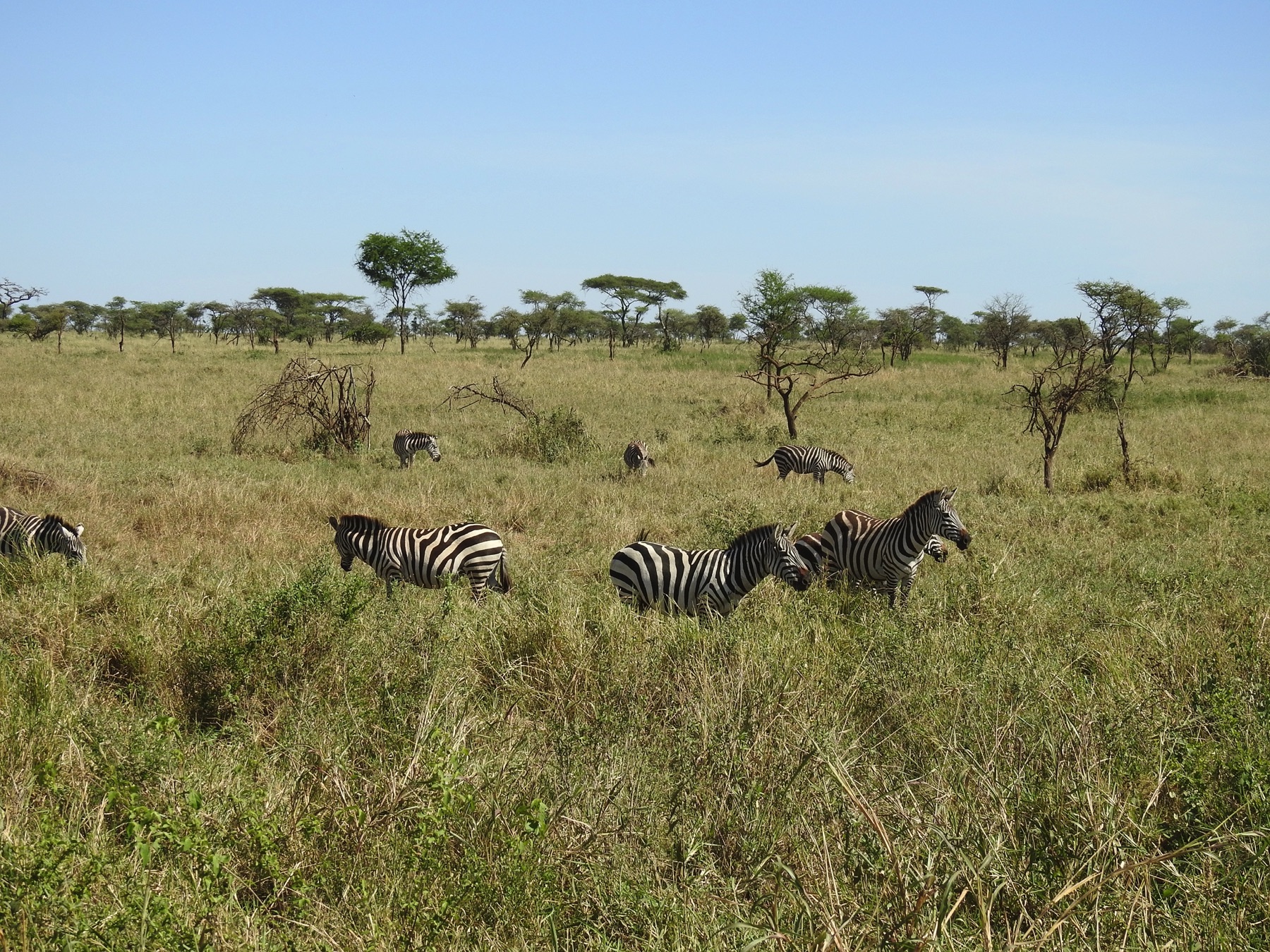
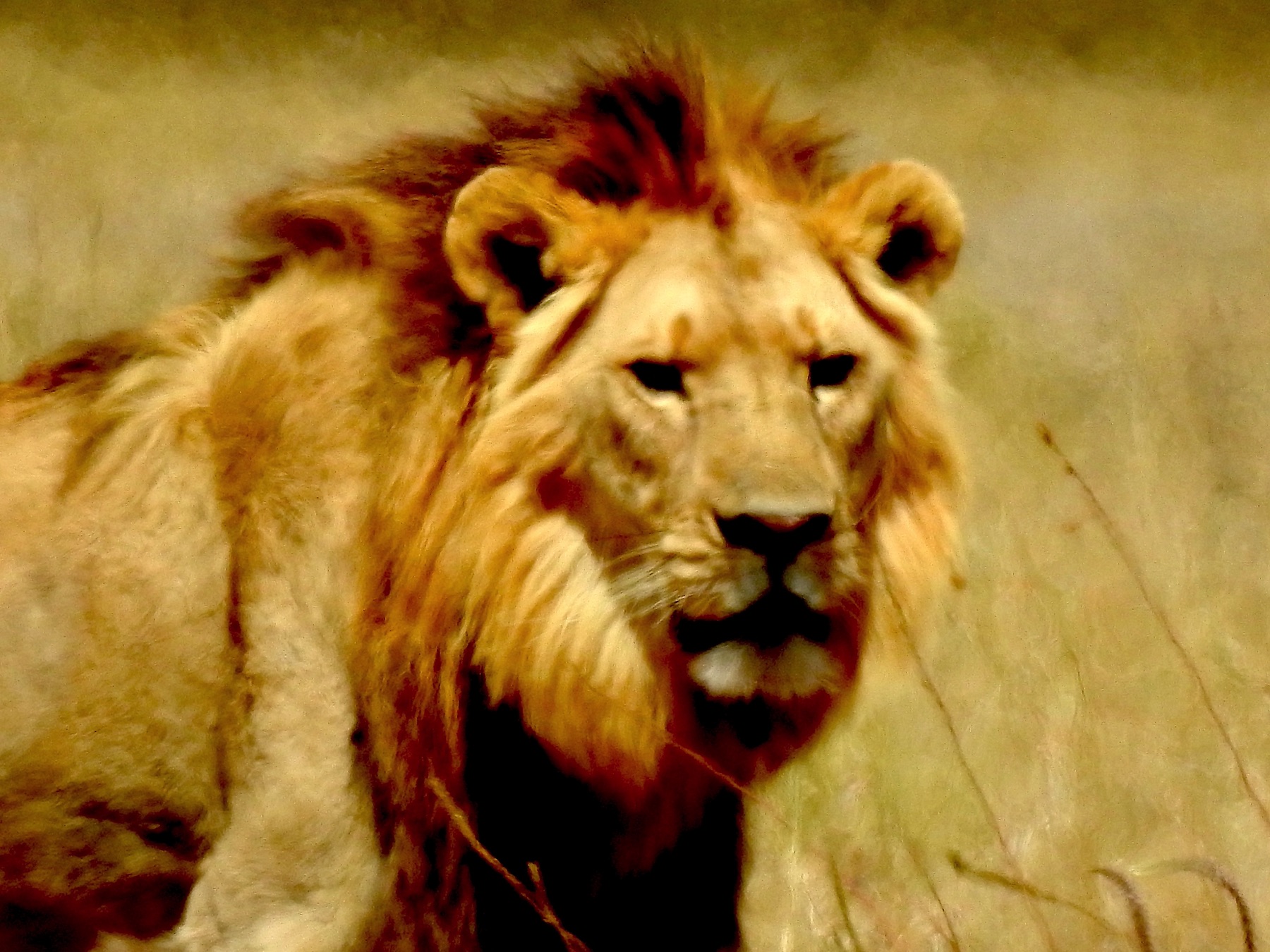
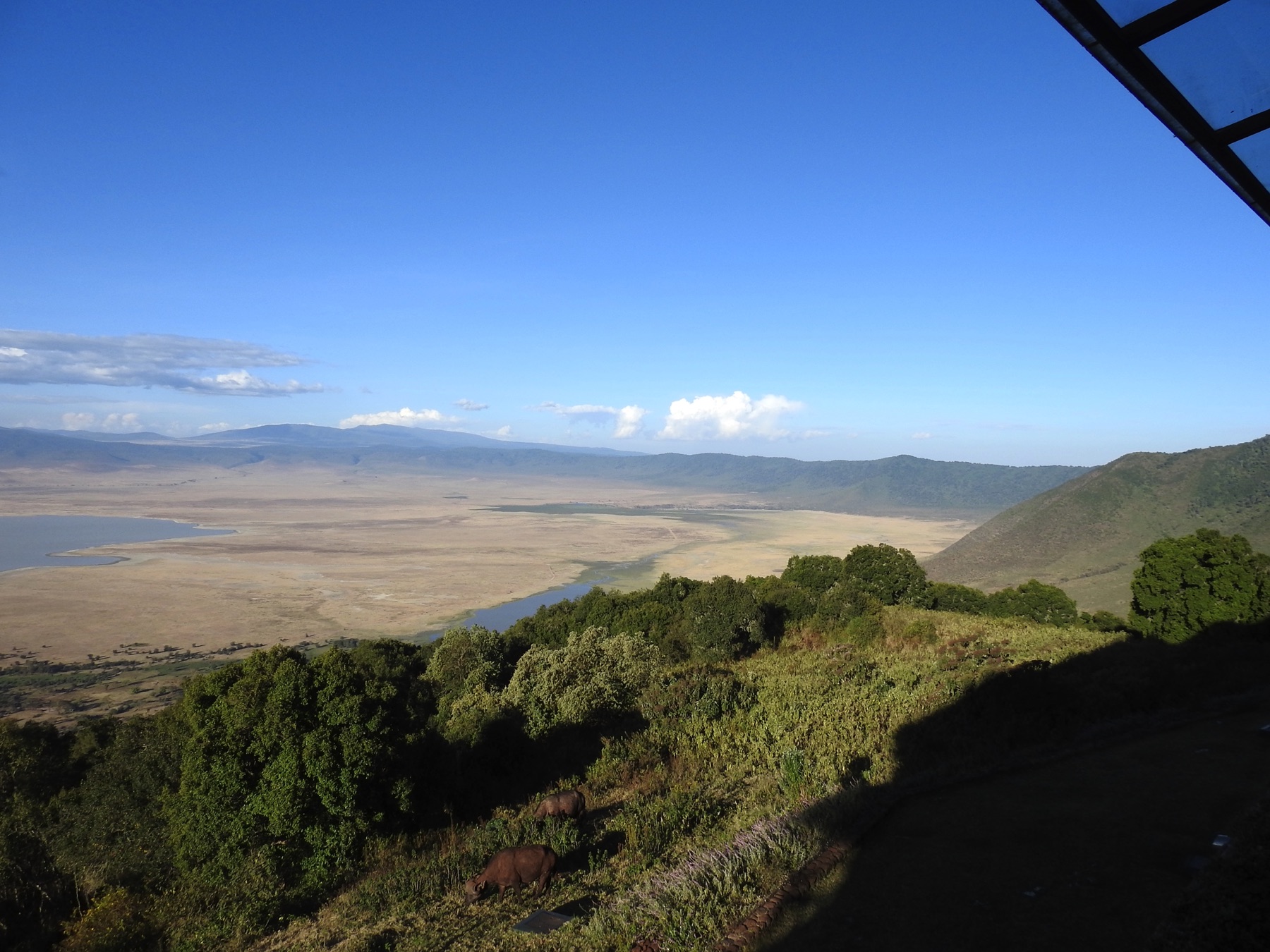
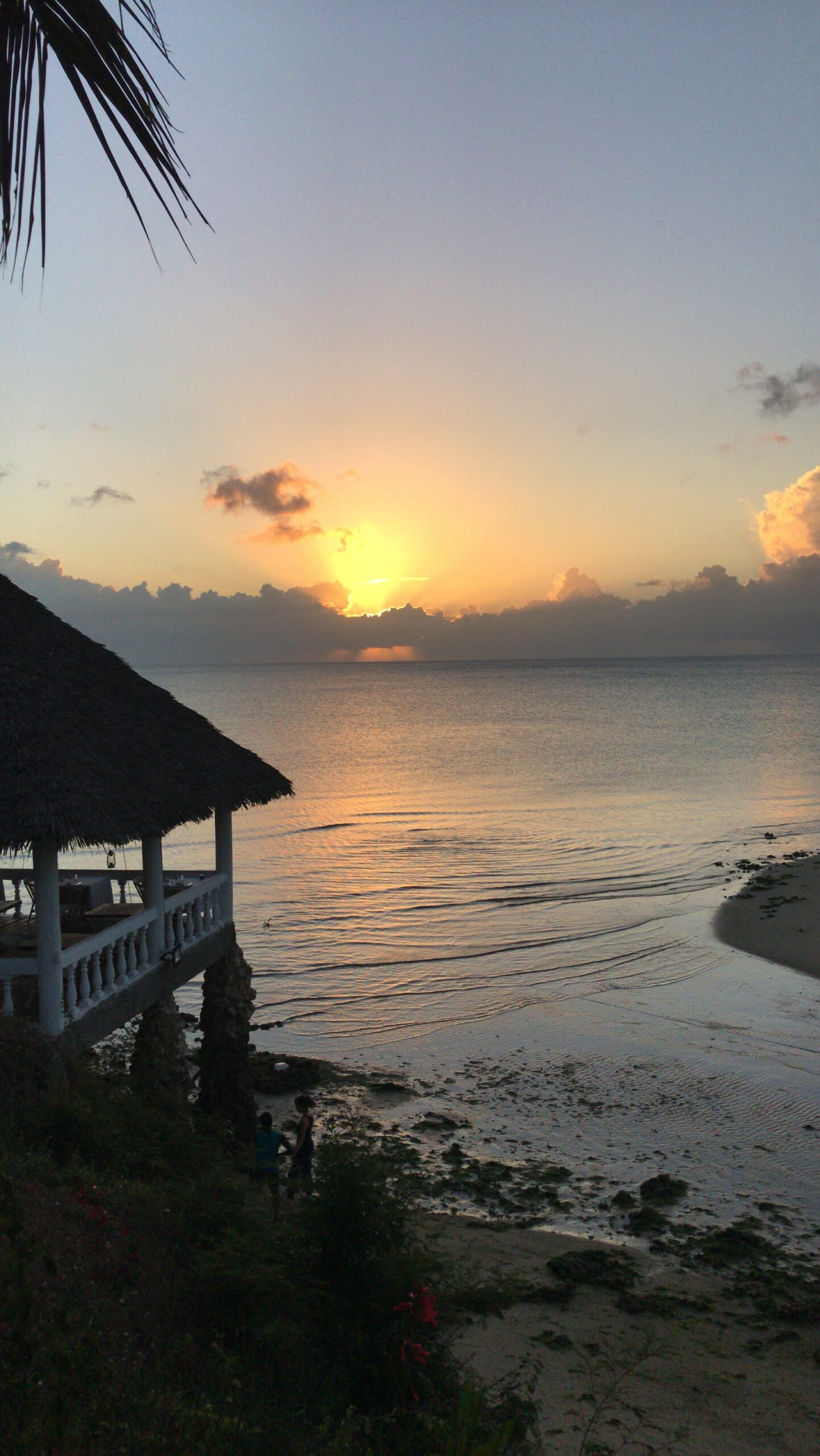
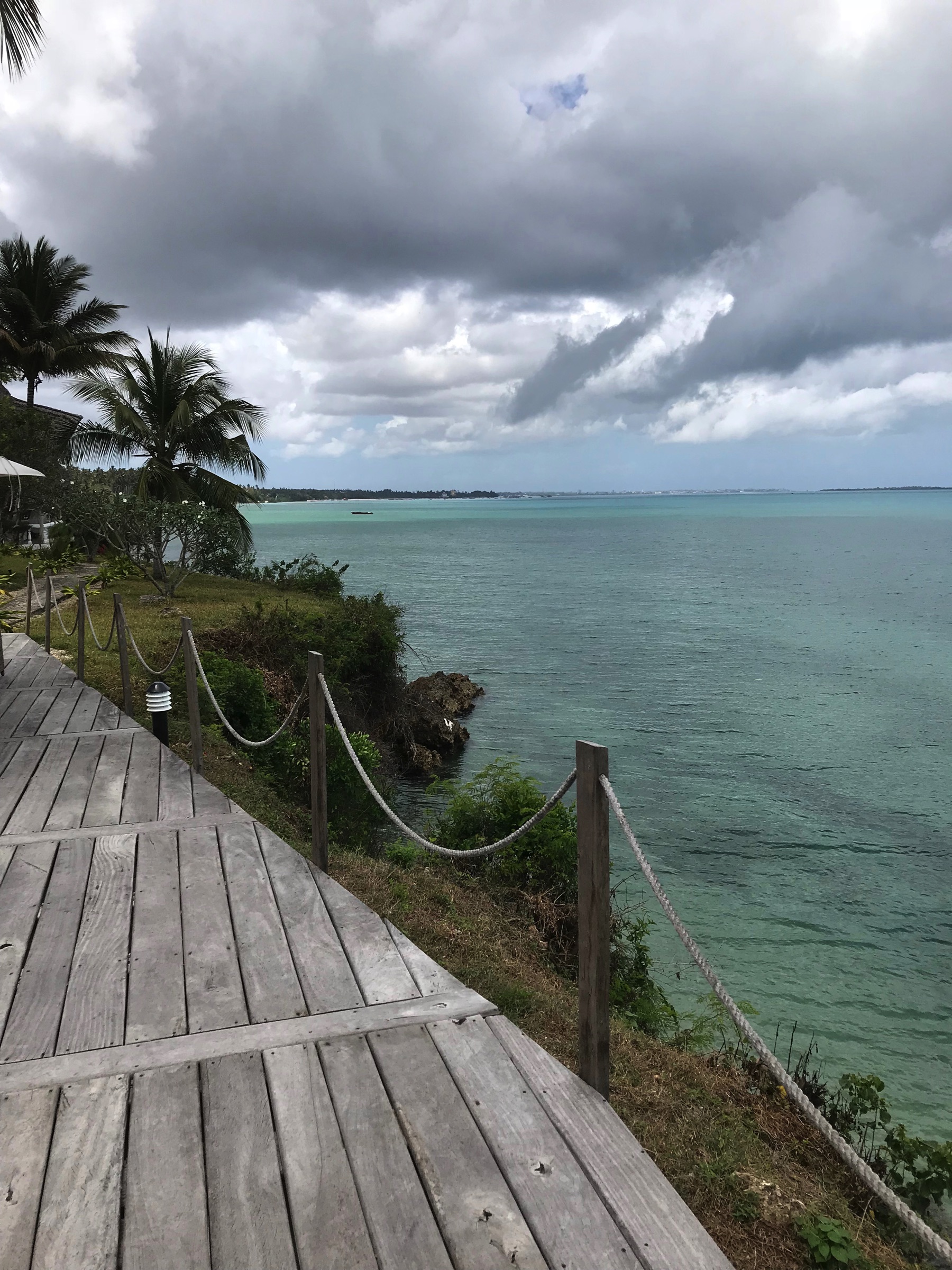

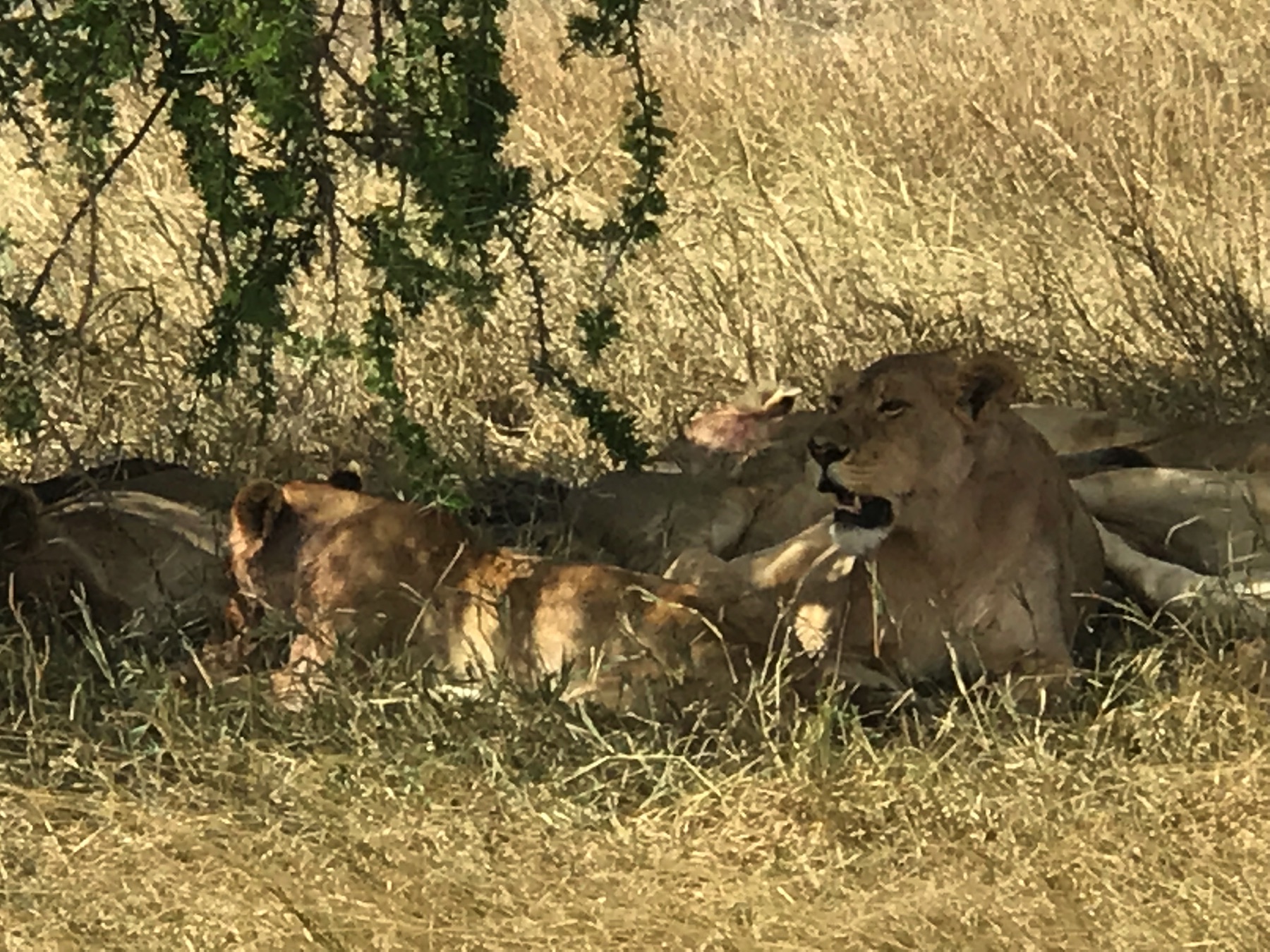
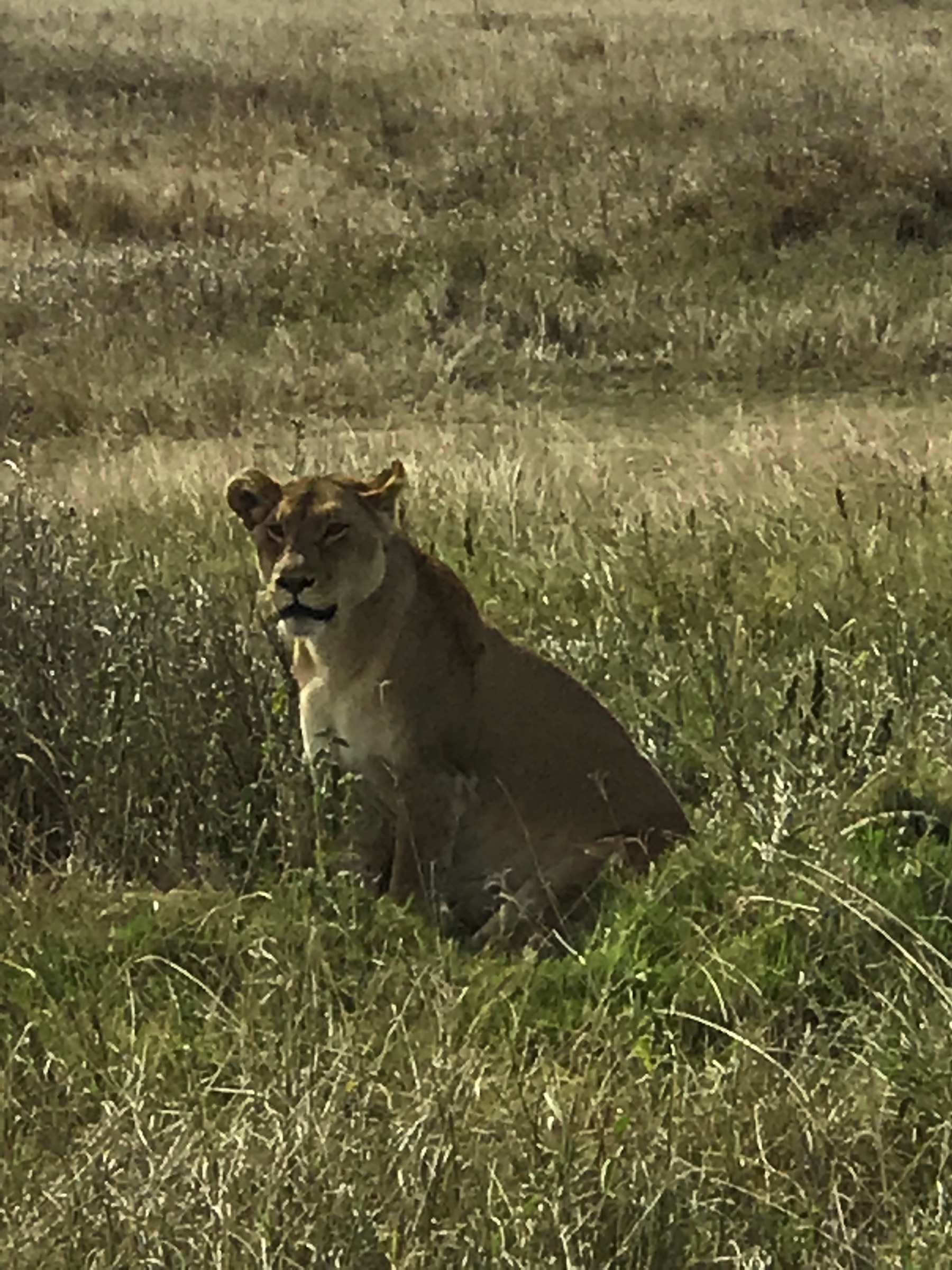
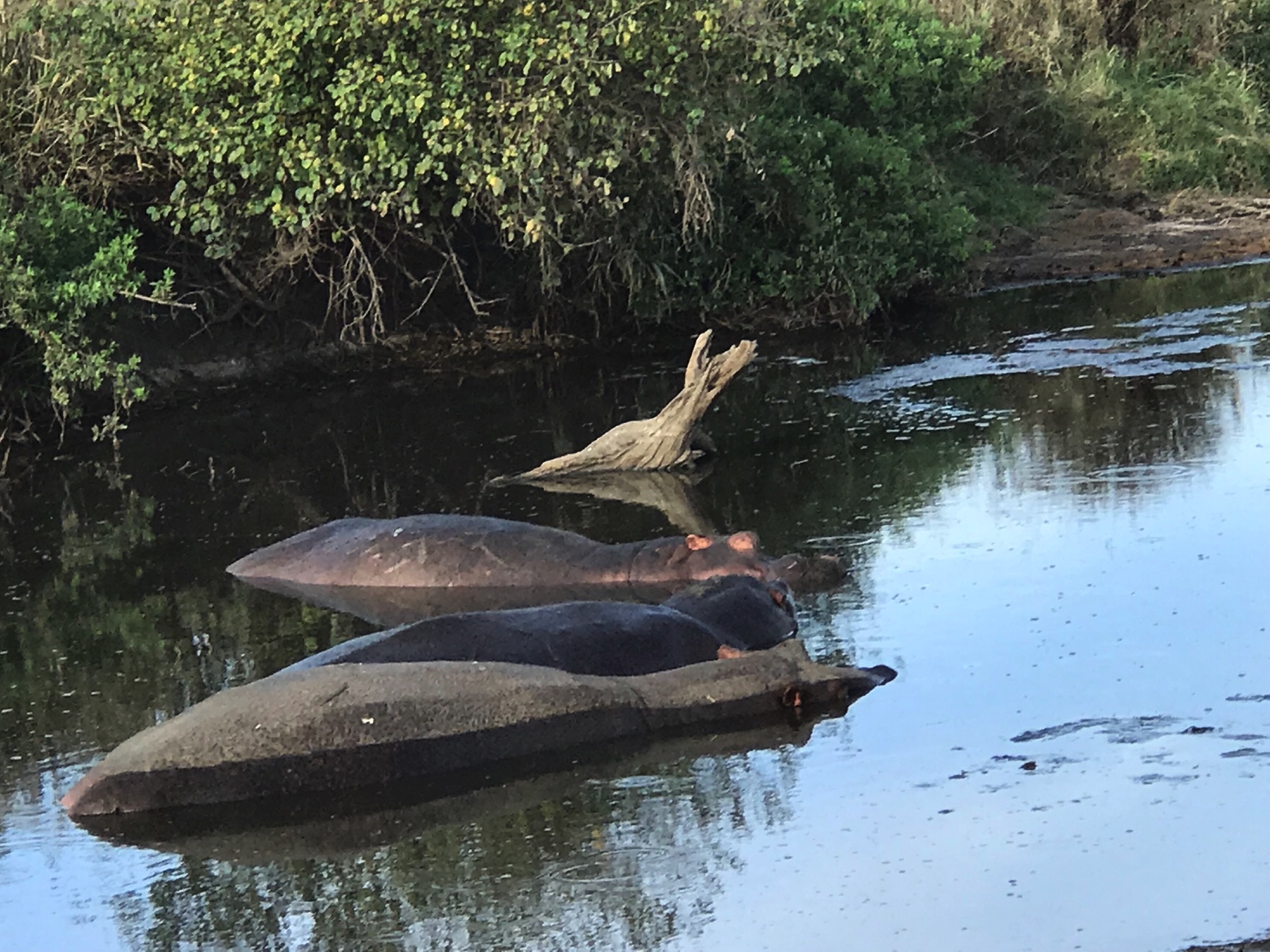
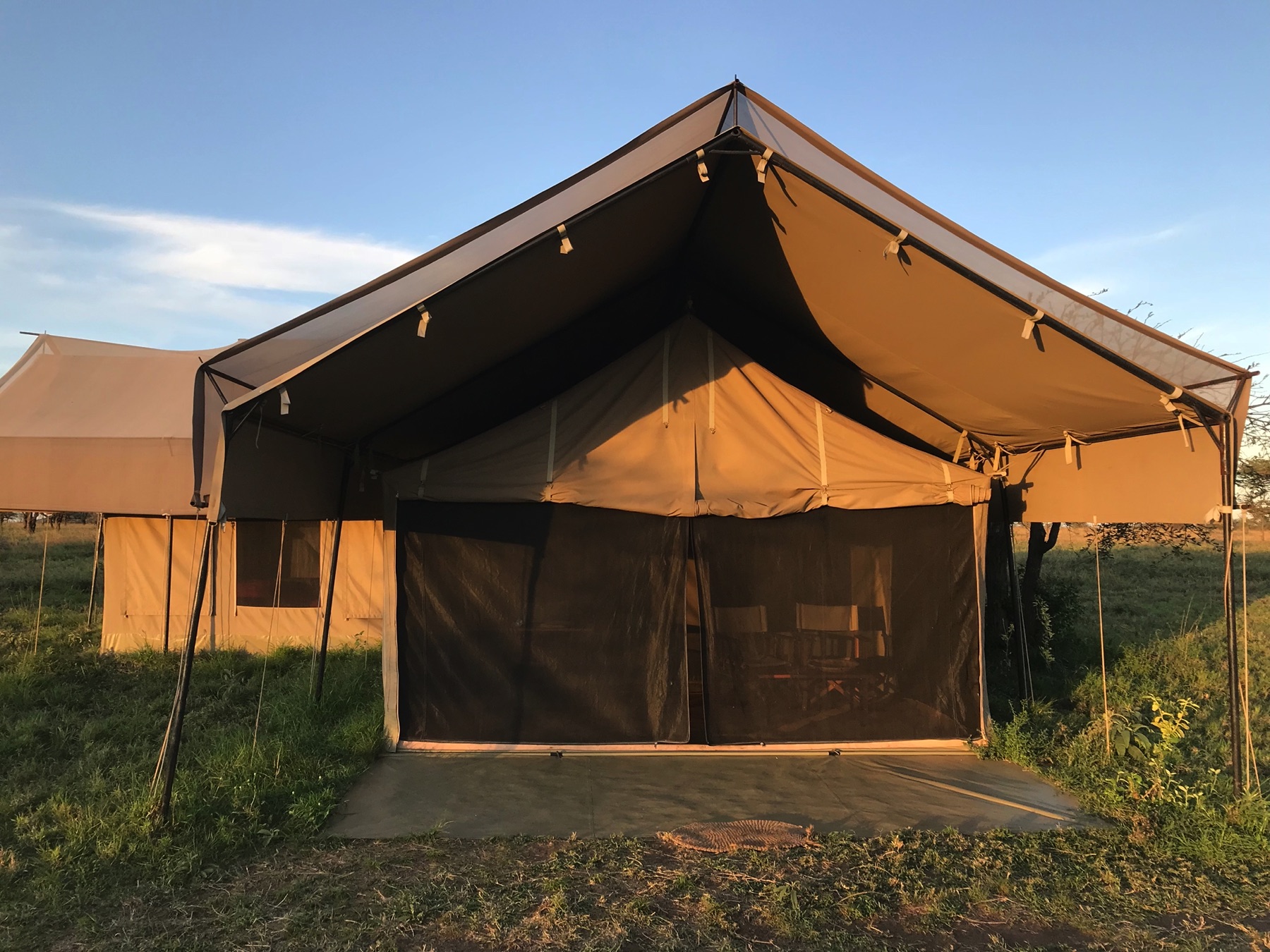
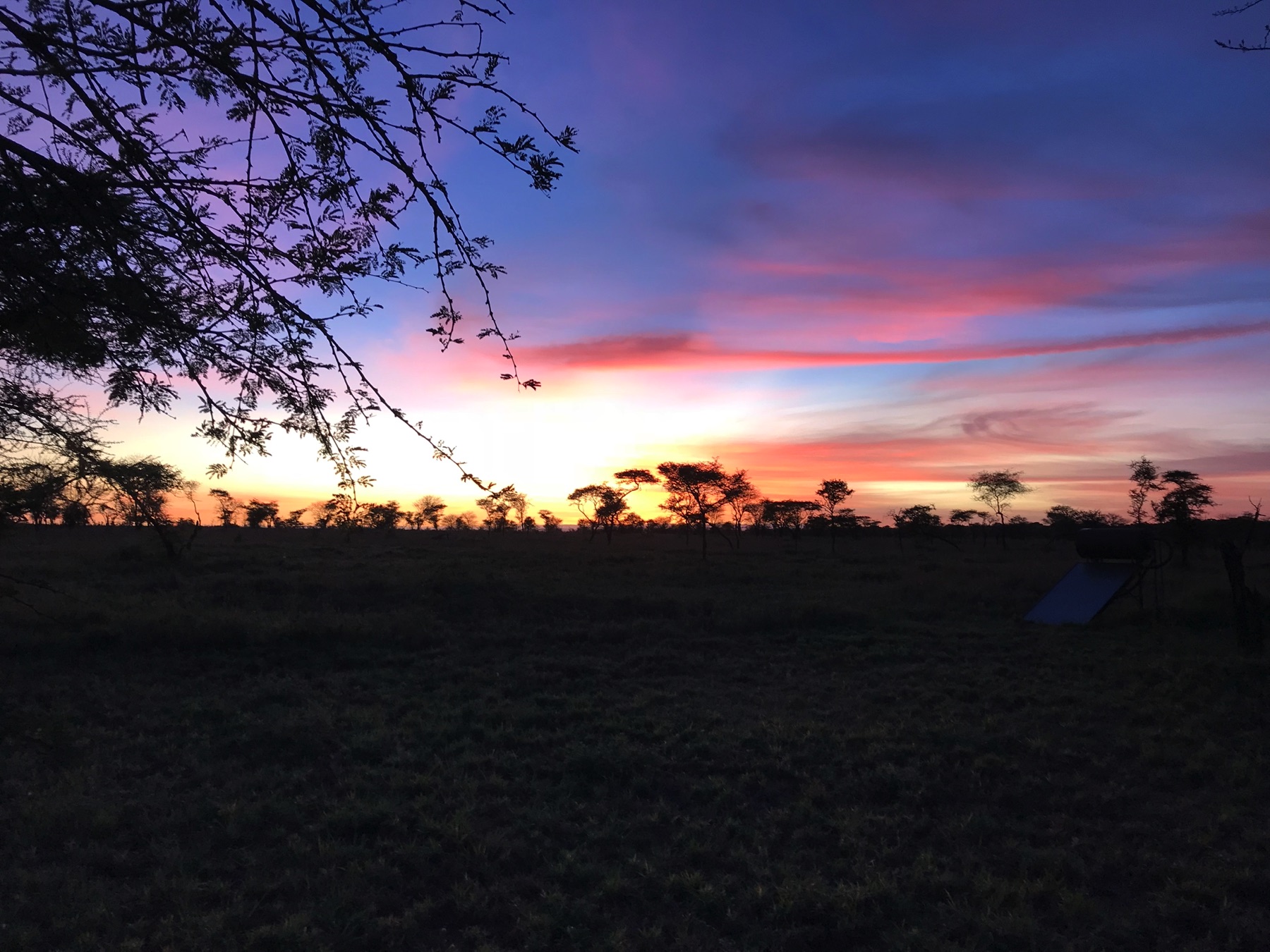
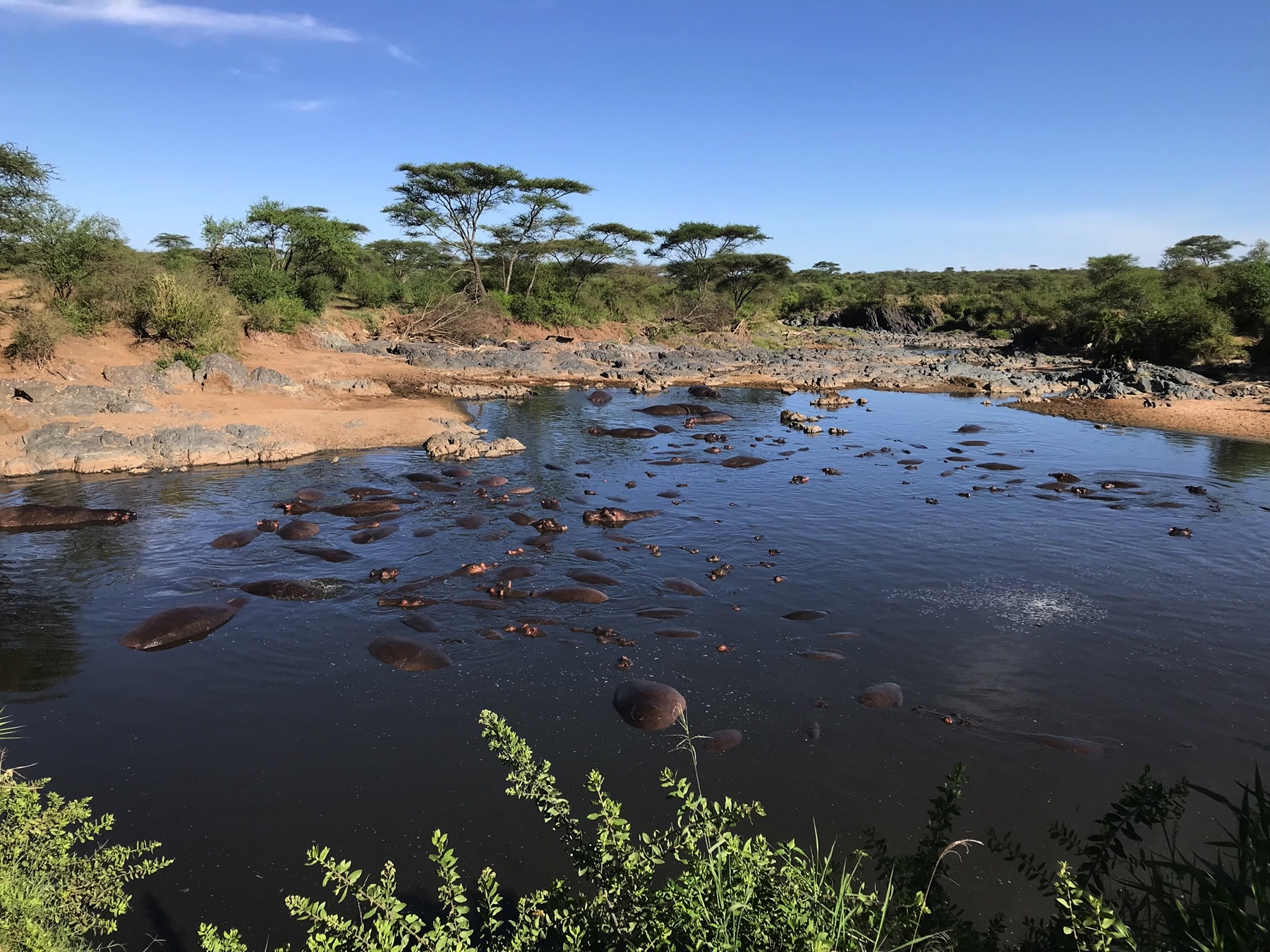
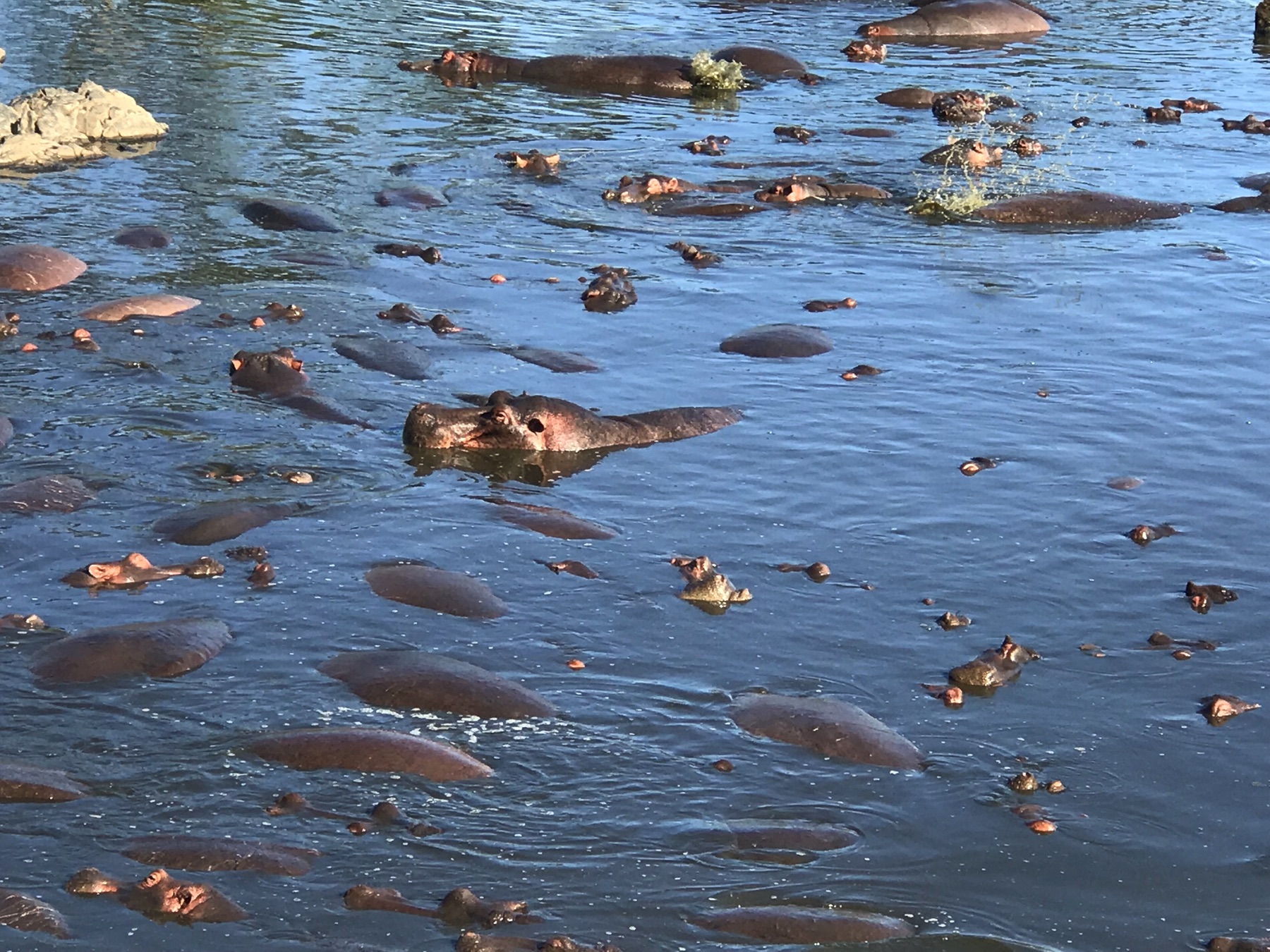
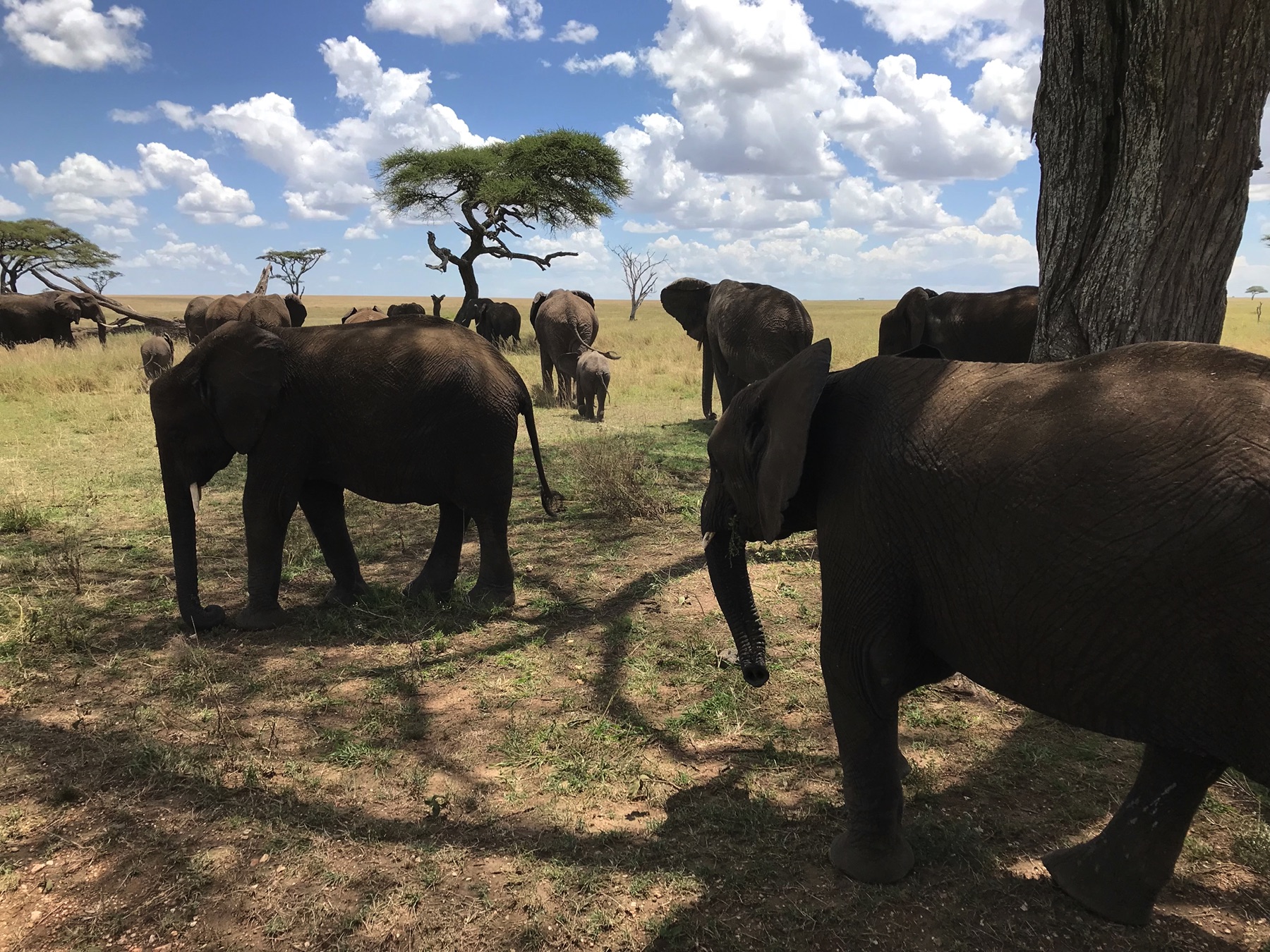
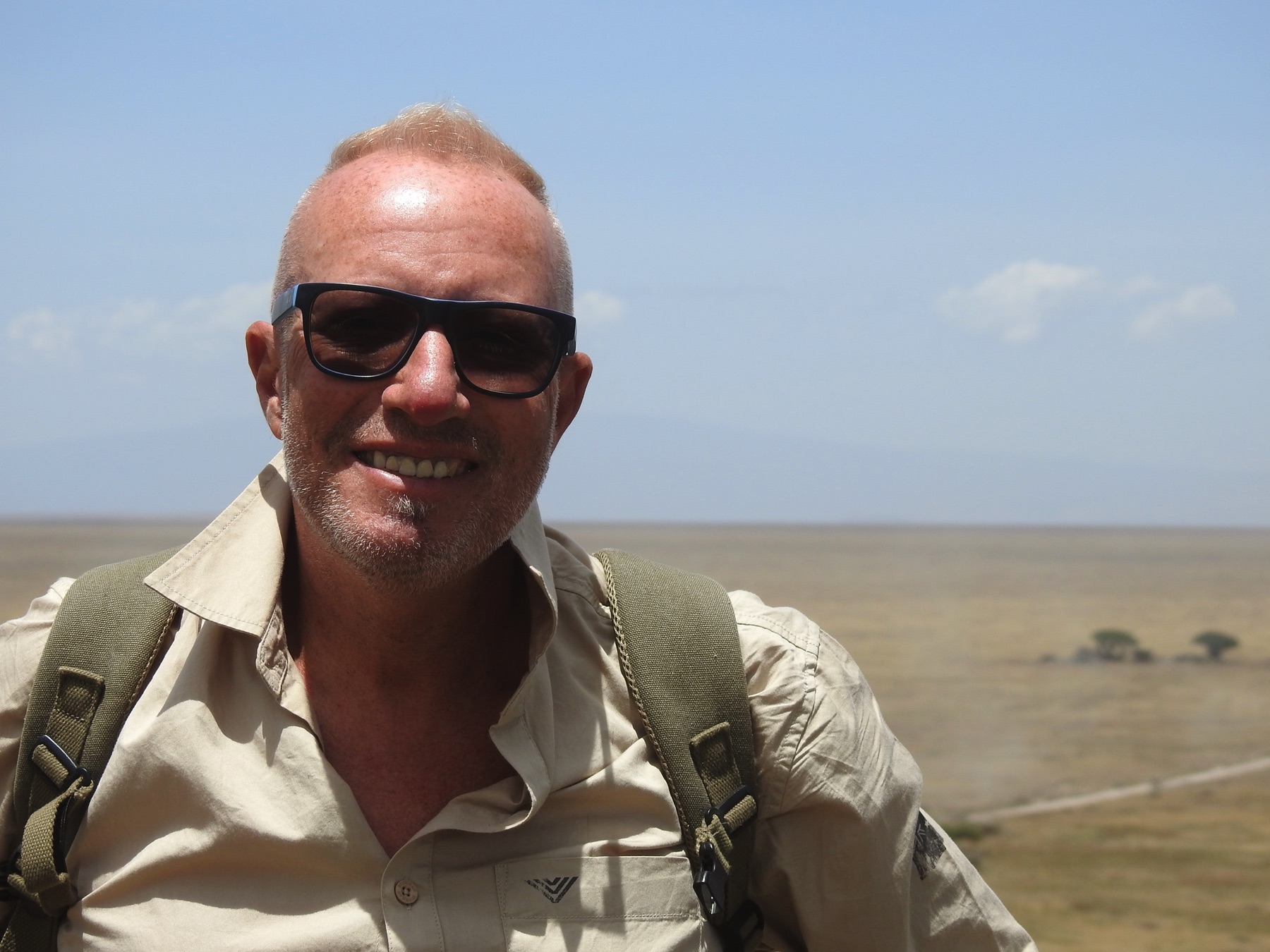
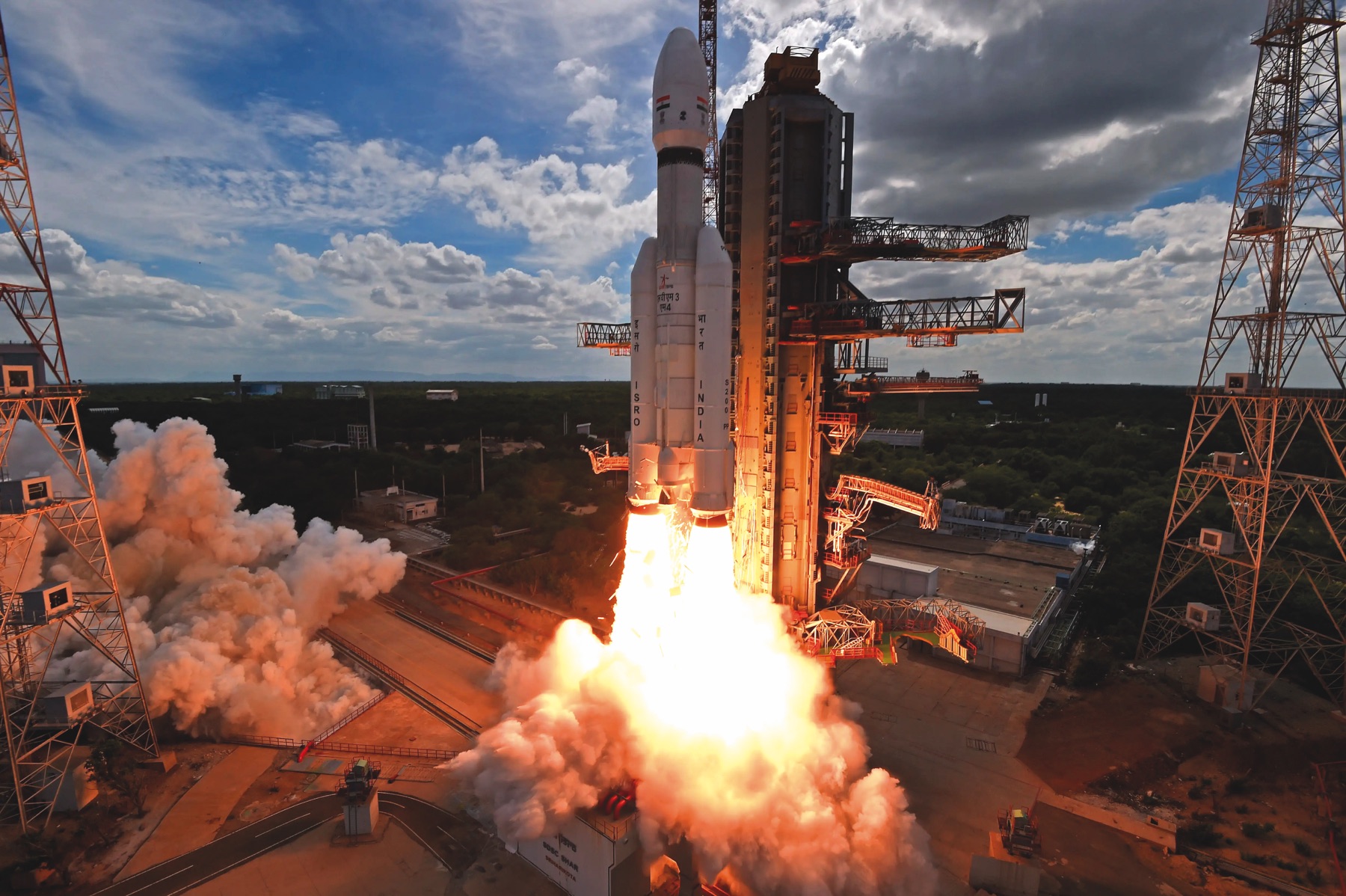
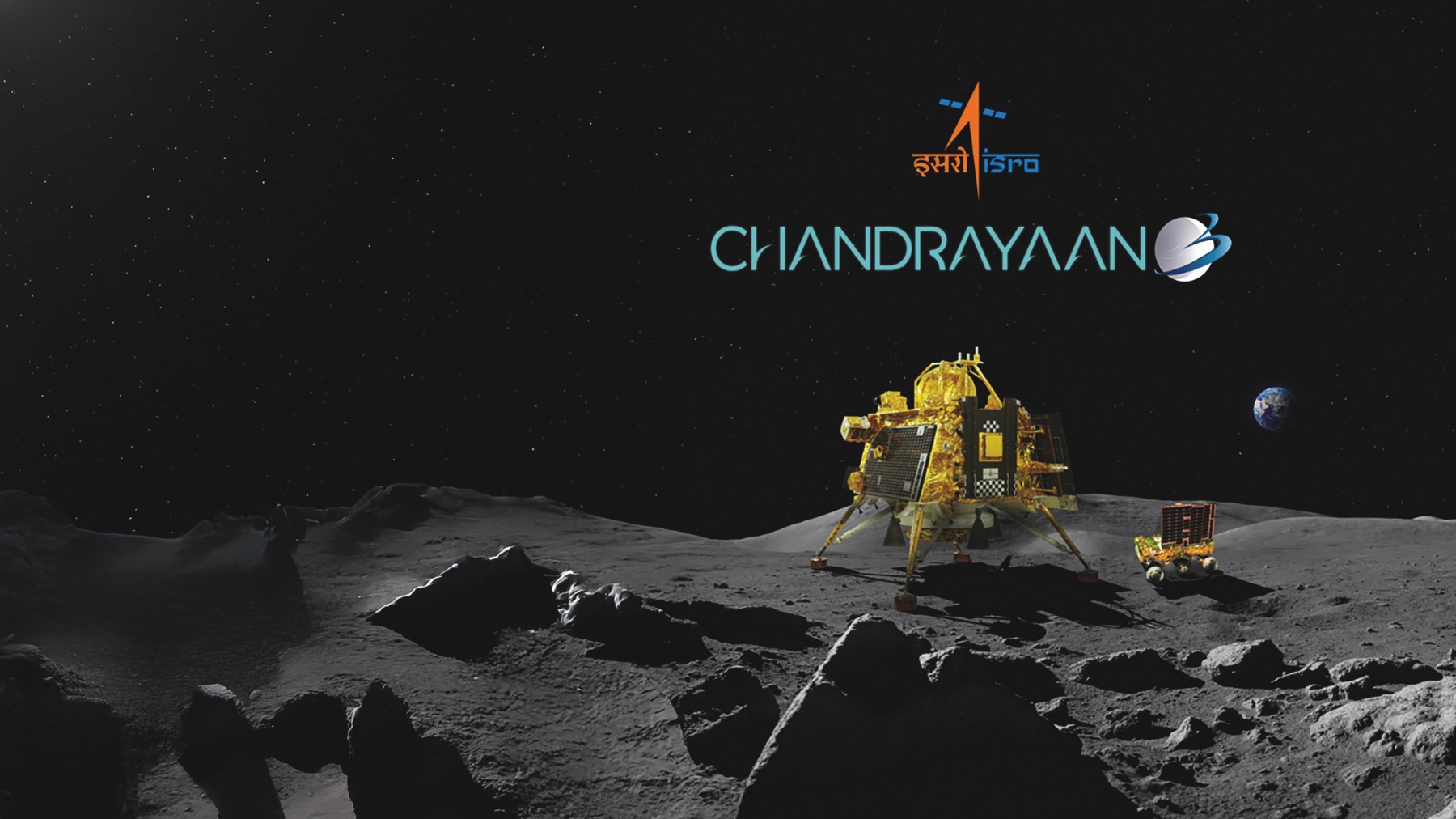
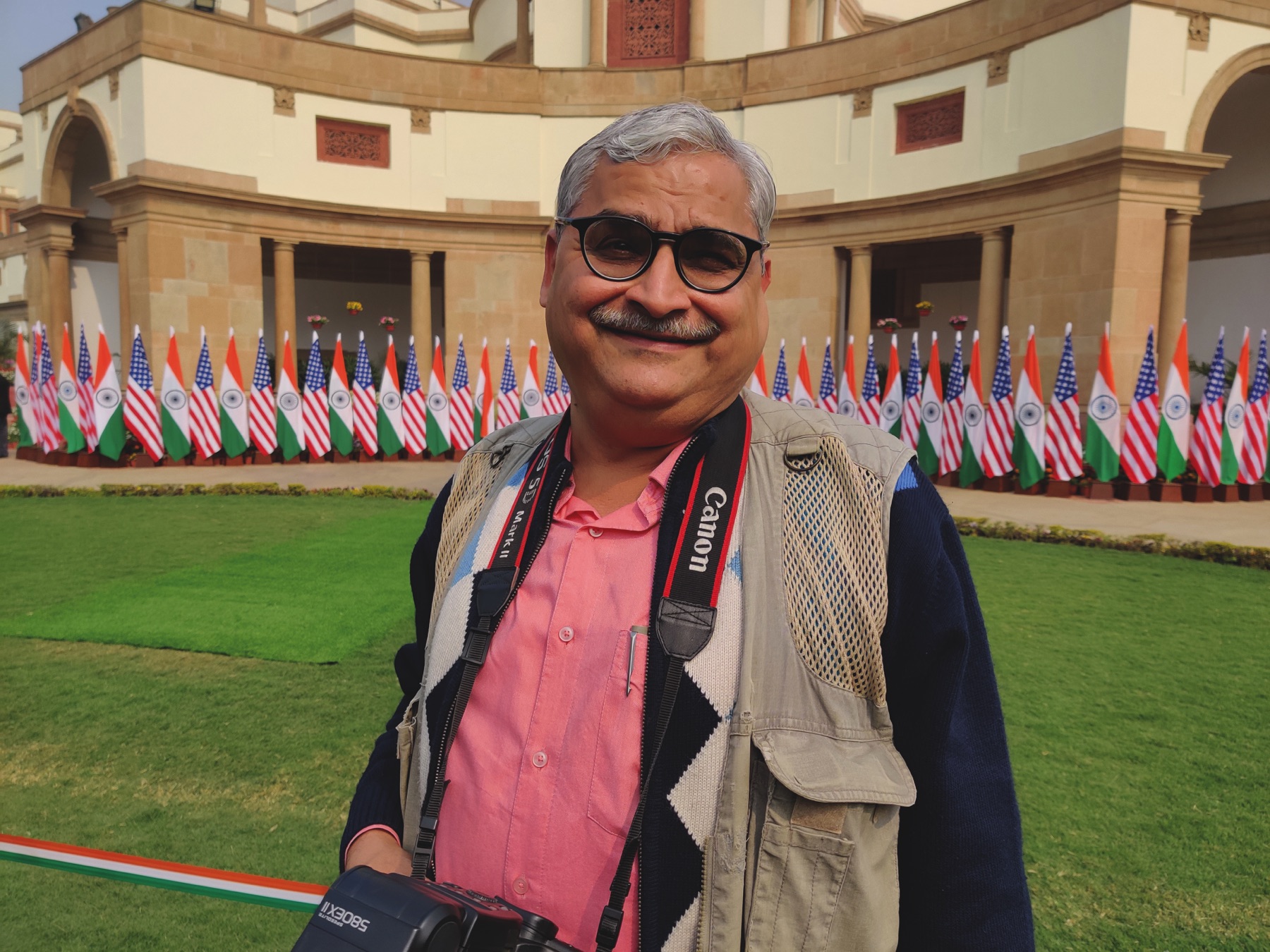
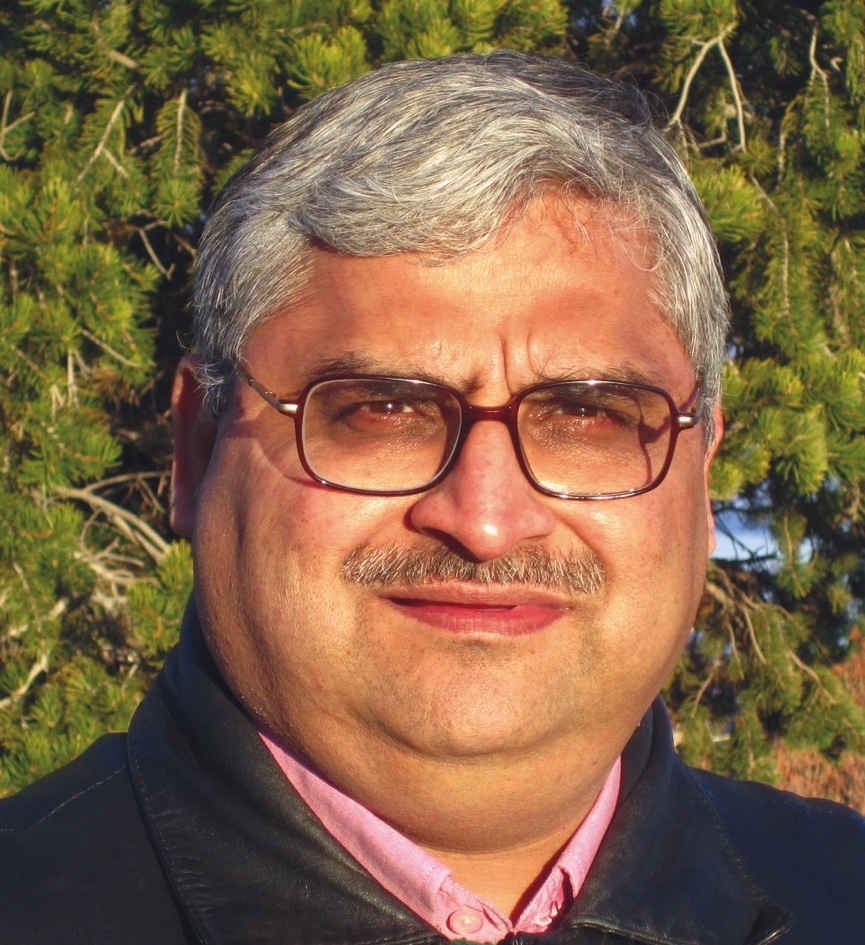 Pallava Bagla is an award-winning science journalist. He is a co-author of the book ‘Reaching for the Stars’, and currently works for New Delhi Television (NDTV) as Science Editor. He can be reached at pallava.bagla@gmail.com.
Pallava Bagla is an award-winning science journalist. He is a co-author of the book ‘Reaching for the Stars’, and currently works for New Delhi Television (NDTV) as Science Editor. He can be reached at pallava.bagla@gmail.com.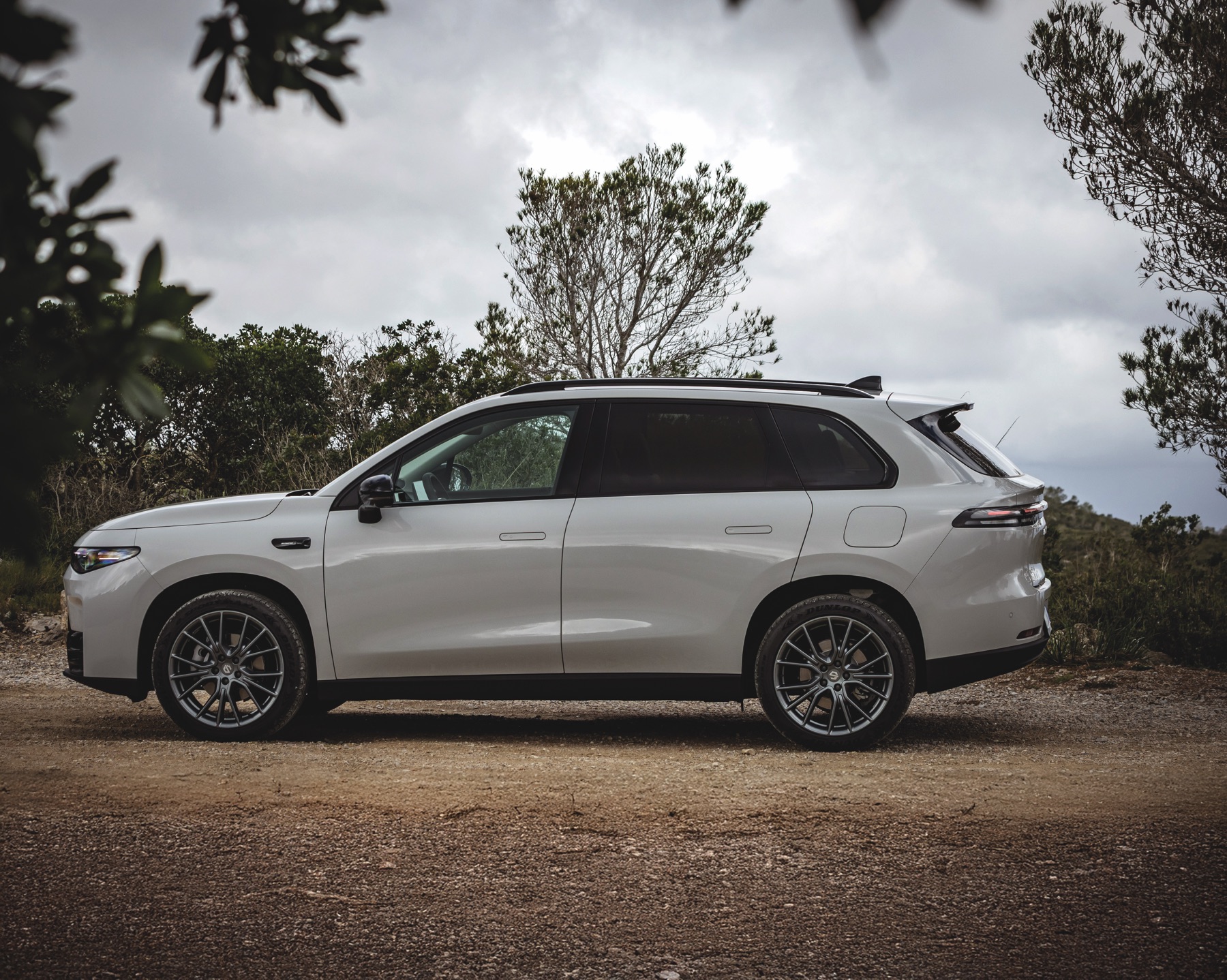

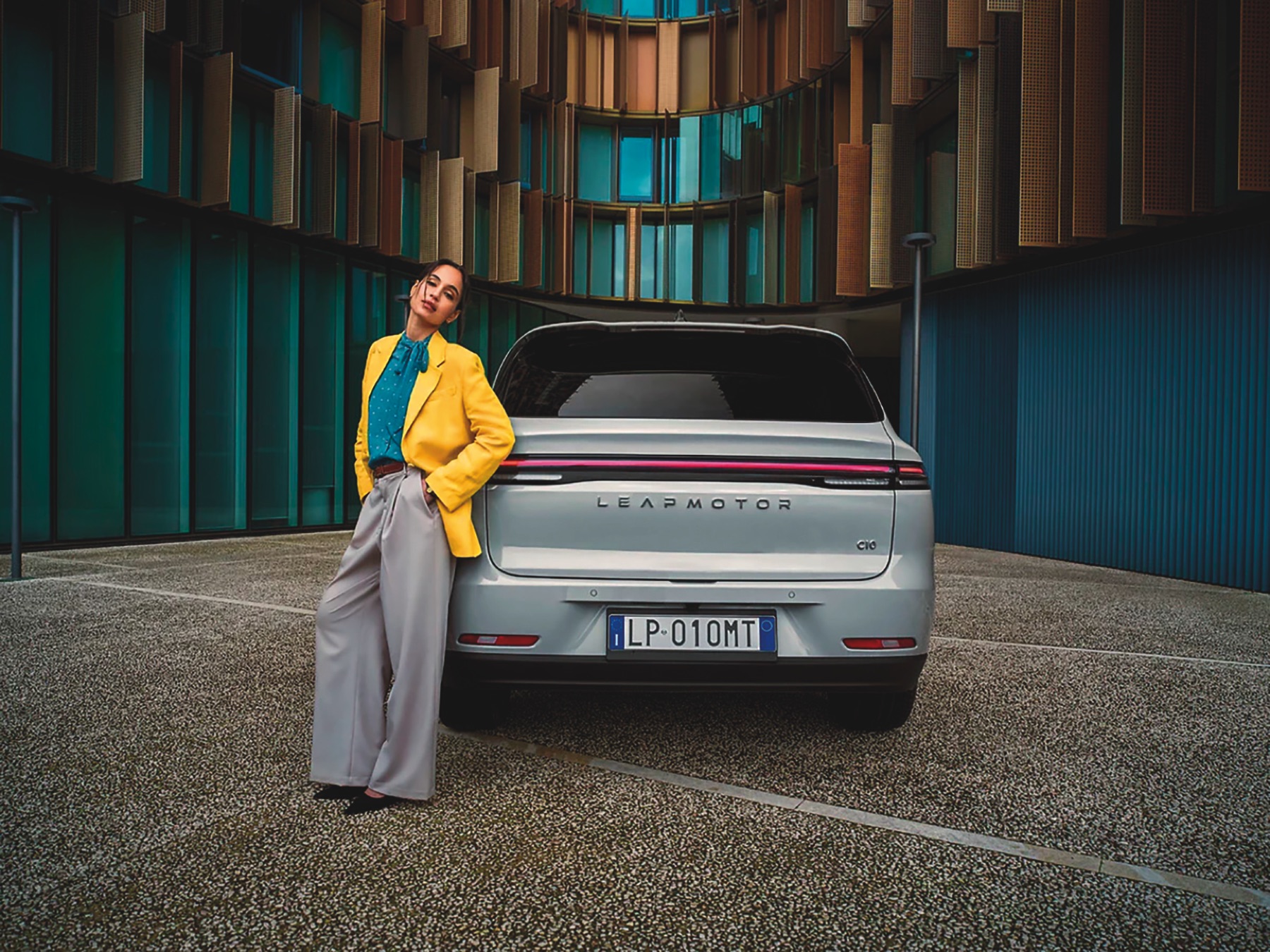
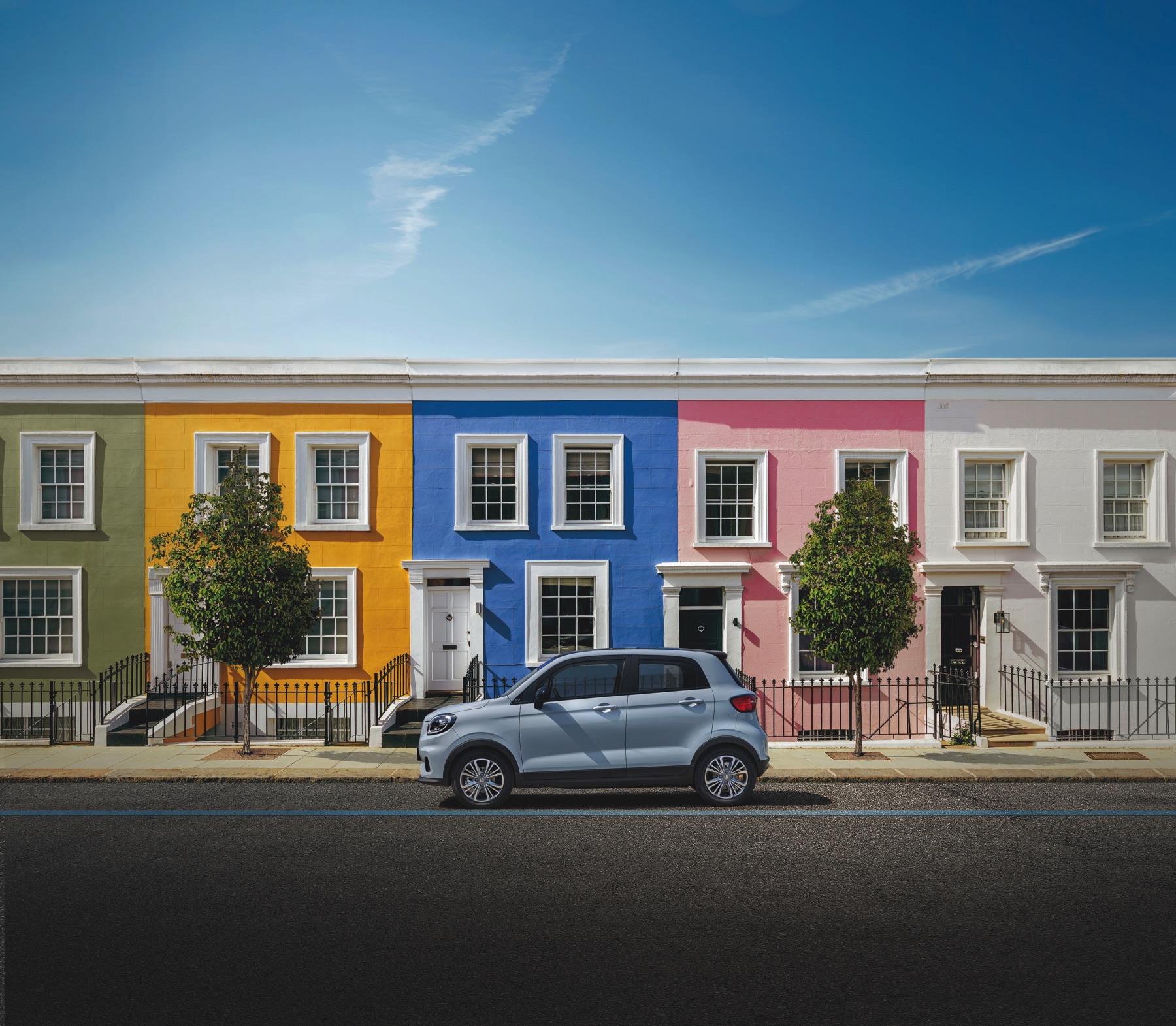
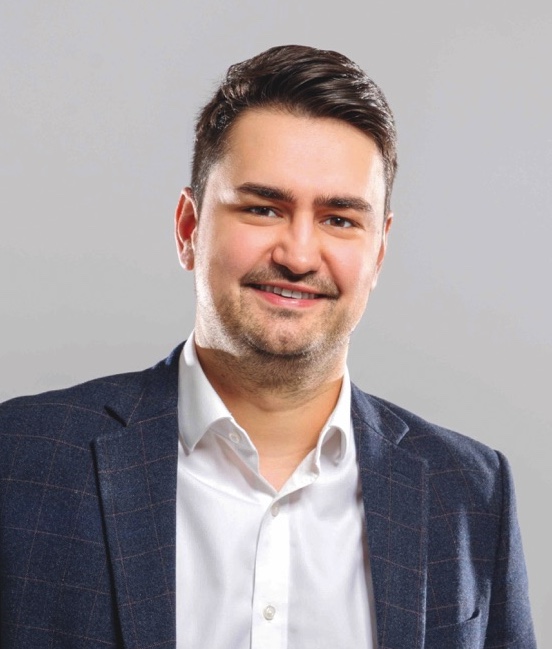 Filip Keresteš is an automotive industry expert with over ten years of experience, starting in 2012. He has worked for companies such as Opel, AAA Auto, and Škoda Auto, where he focused not only on the Czech domestic market but also on international sales – particularly in India, as well as key markets across Africa and Asia. He currently holds the position of Head of New Business and Marketing at Auto Dobrovolný, where he is responsible for developing new business opportunities and overseeing marketing activities.
Filip Keresteš is an automotive industry expert with over ten years of experience, starting in 2012. He has worked for companies such as Opel, AAA Auto, and Škoda Auto, where he focused not only on the Czech domestic market but also on international sales – particularly in India, as well as key markets across Africa and Asia. He currently holds the position of Head of New Business and Marketing at Auto Dobrovolný, where he is responsible for developing new business opportunities and overseeing marketing activities.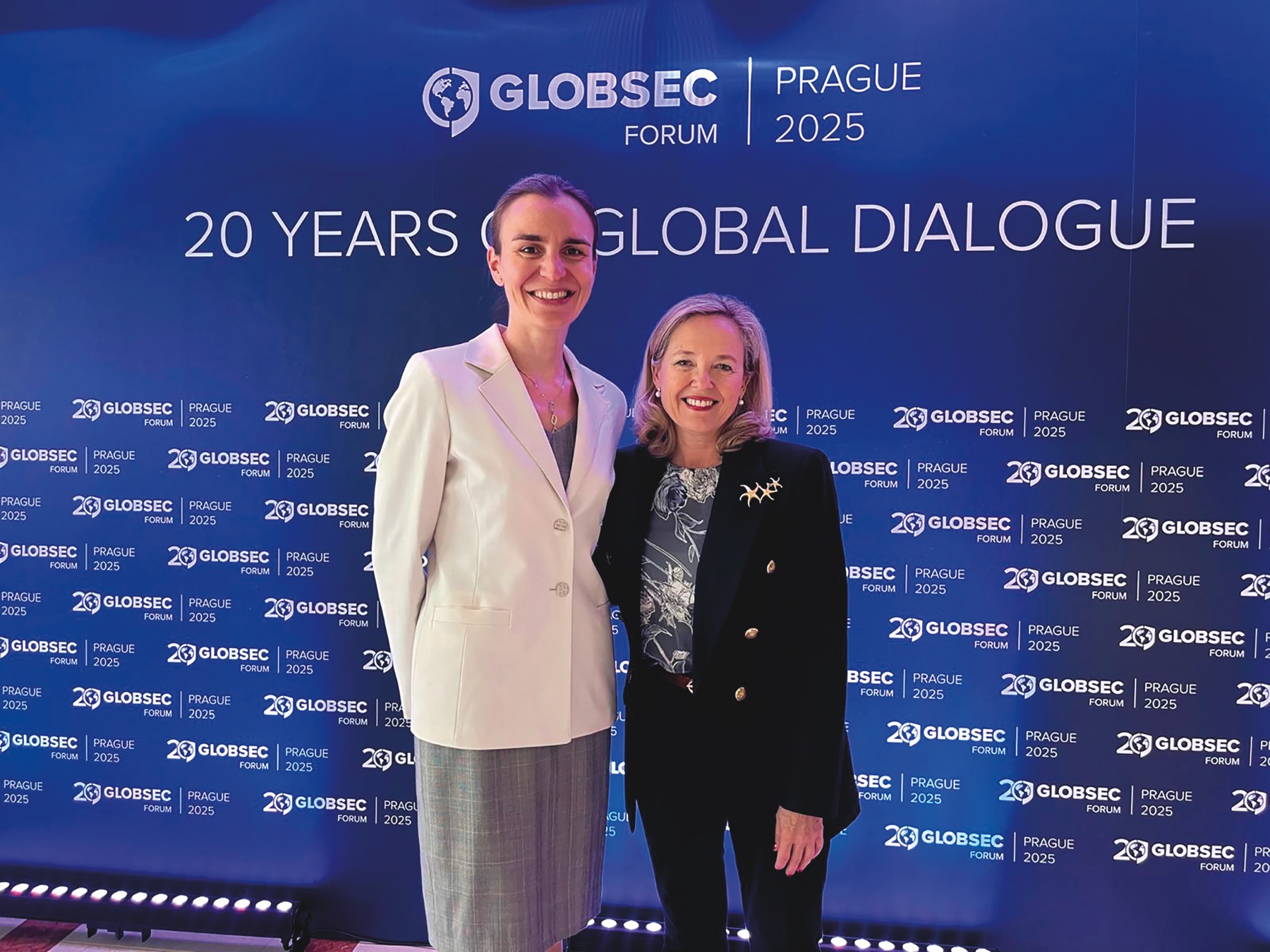
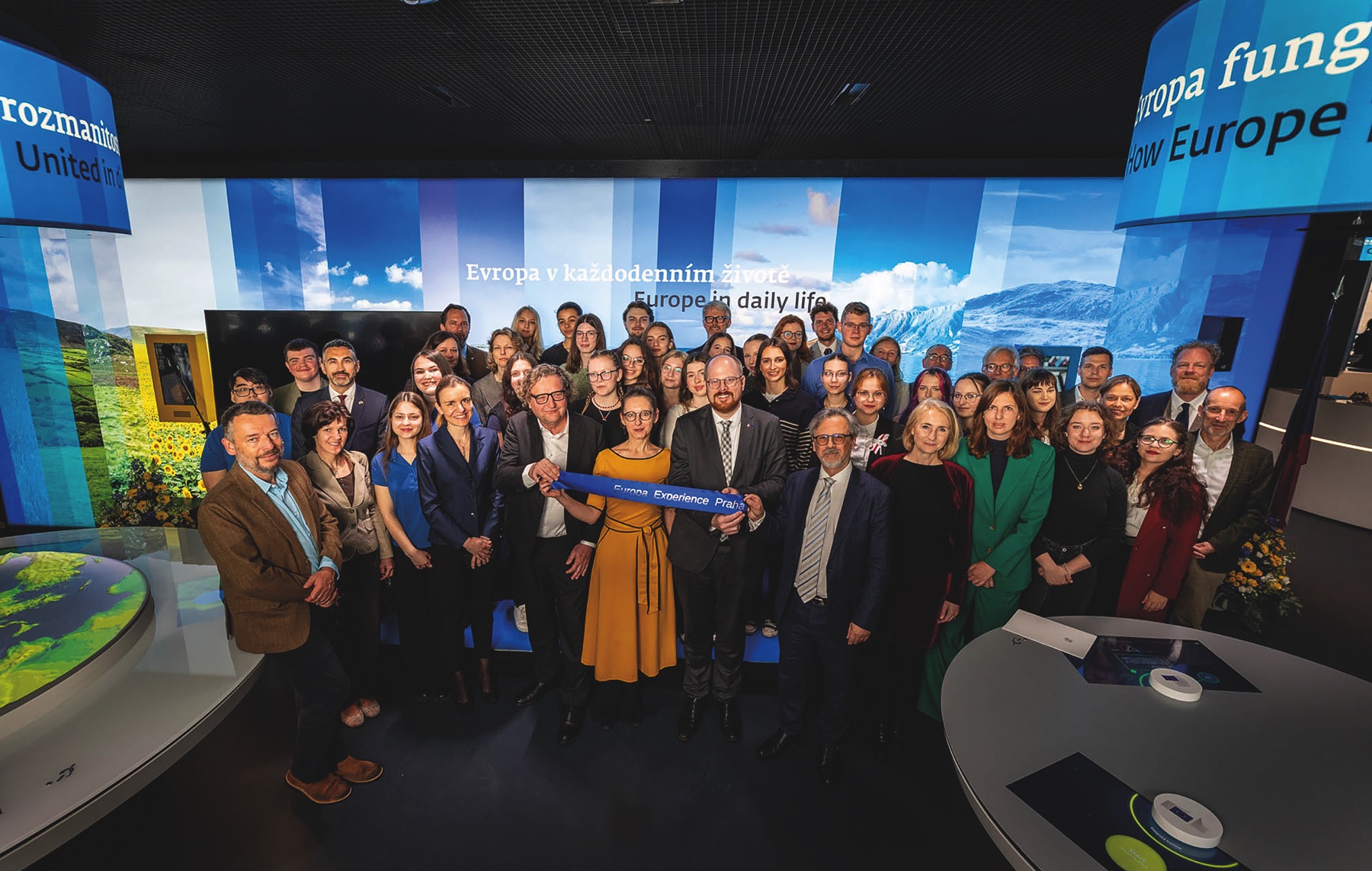
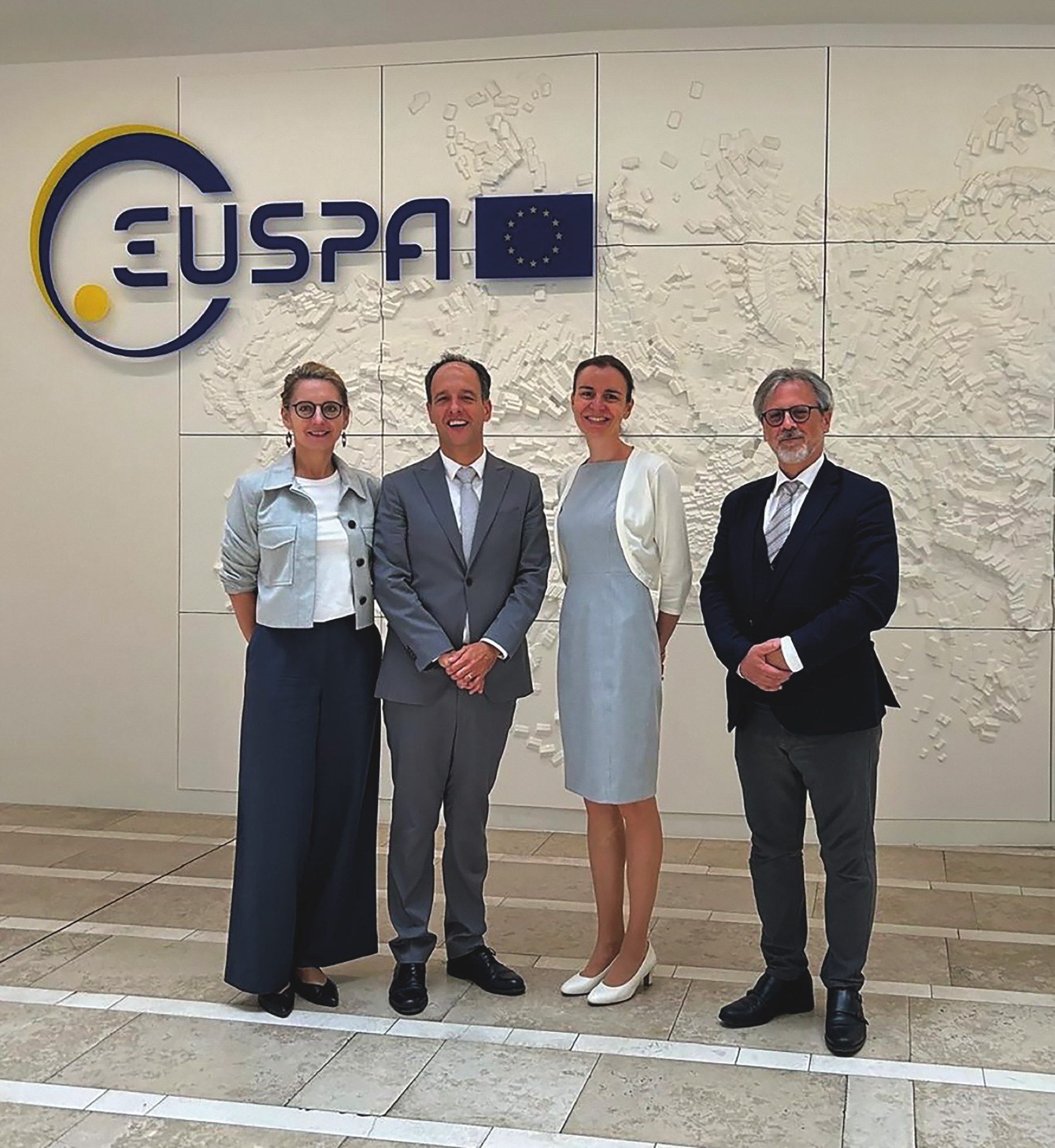
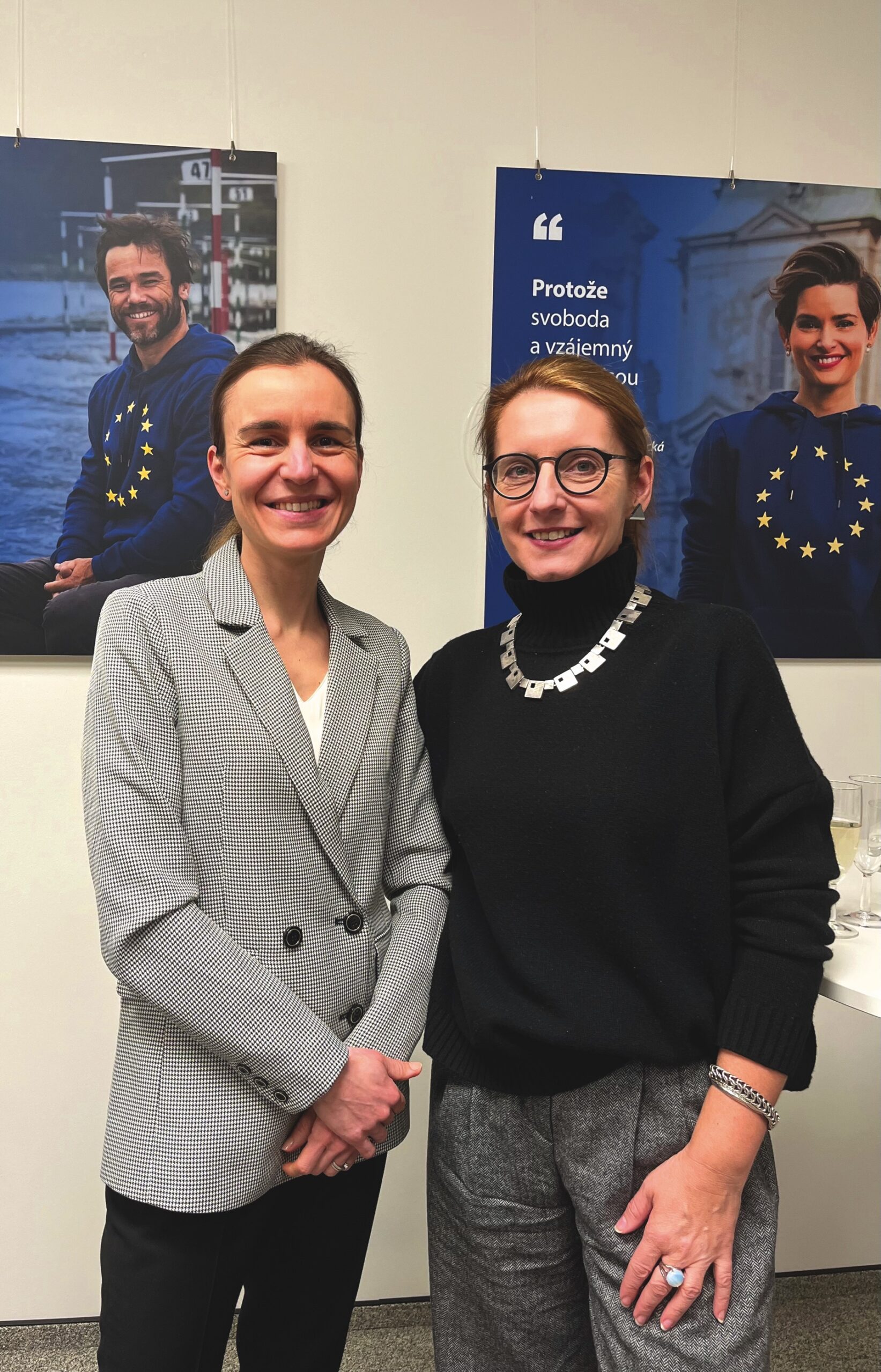
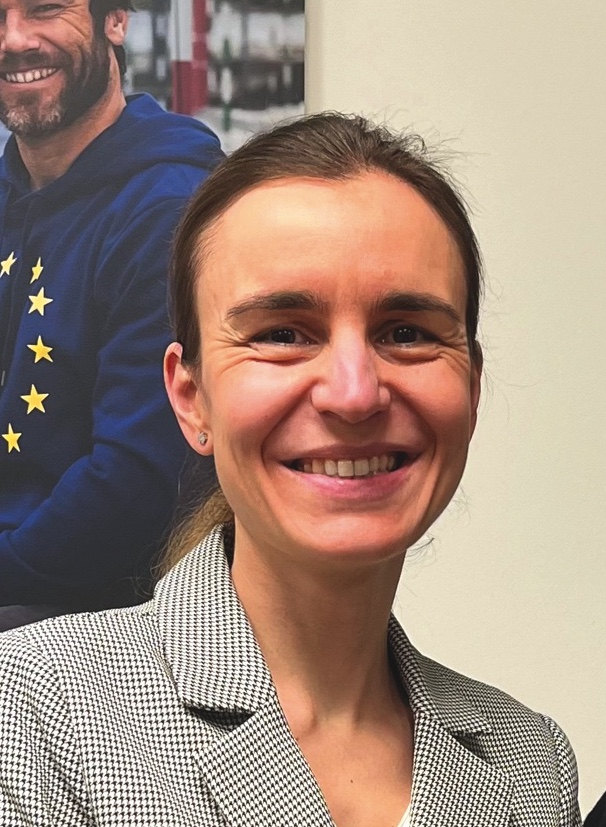 Gabriela Mates is the Head of the European Investment Bank Group Office in the Czech Republic. Prior to returning to the Czech Republic last September, she worked at the EIB Group in Luxembourg for ten years. During her time at the EIB, she was responsible for business origination across various products and geographies. She also oversaw the implementation of institutional mandates deployed by the EIB, such as the European Fund for Strategic Investments.
Gabriela Mates is the Head of the European Investment Bank Group Office in the Czech Republic. Prior to returning to the Czech Republic last September, she worked at the EIB Group in Luxembourg for ten years. During her time at the EIB, she was responsible for business origination across various products and geographies. She also oversaw the implementation of institutional mandates deployed by the EIB, such as the European Fund for Strategic Investments.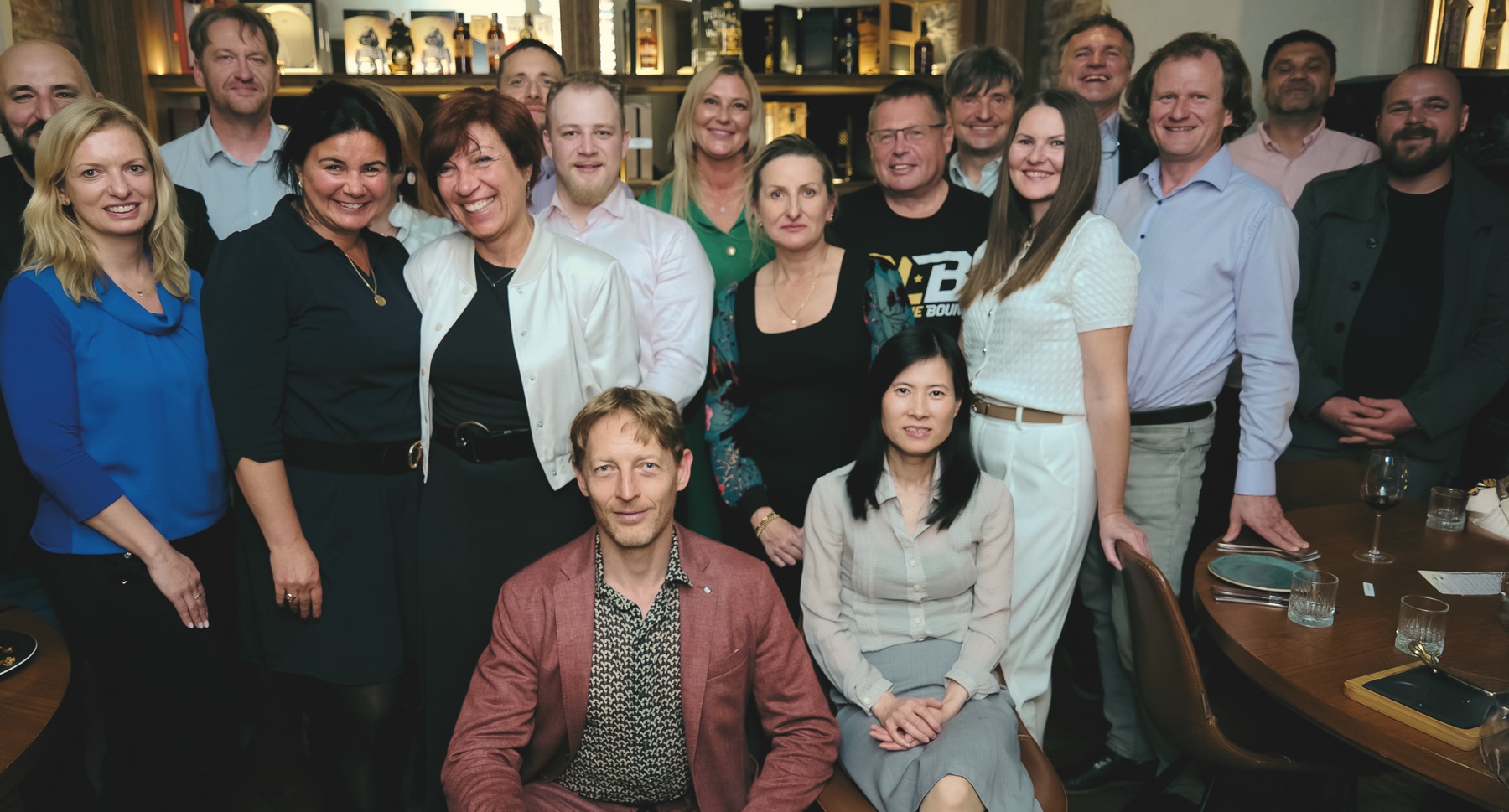
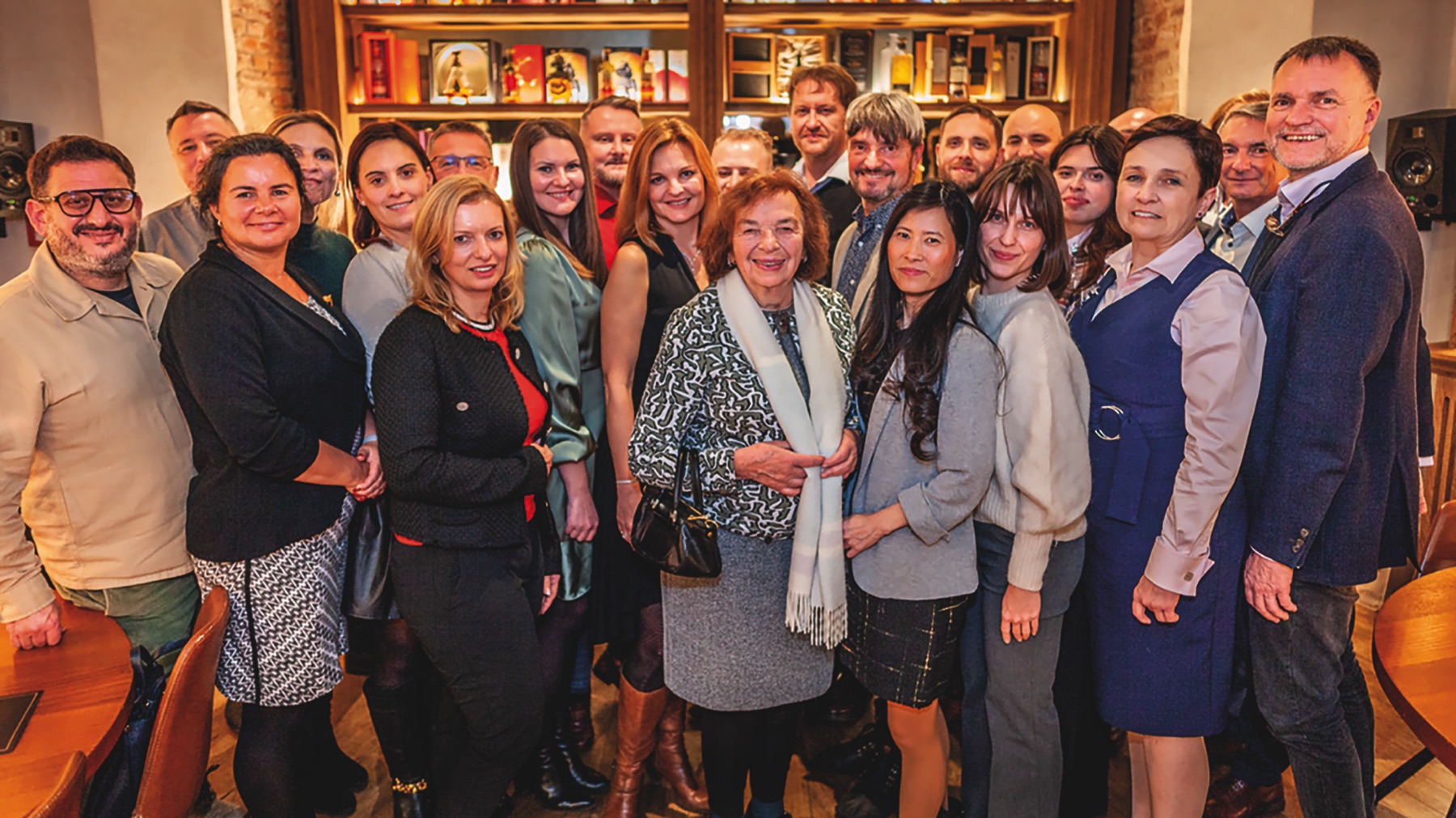
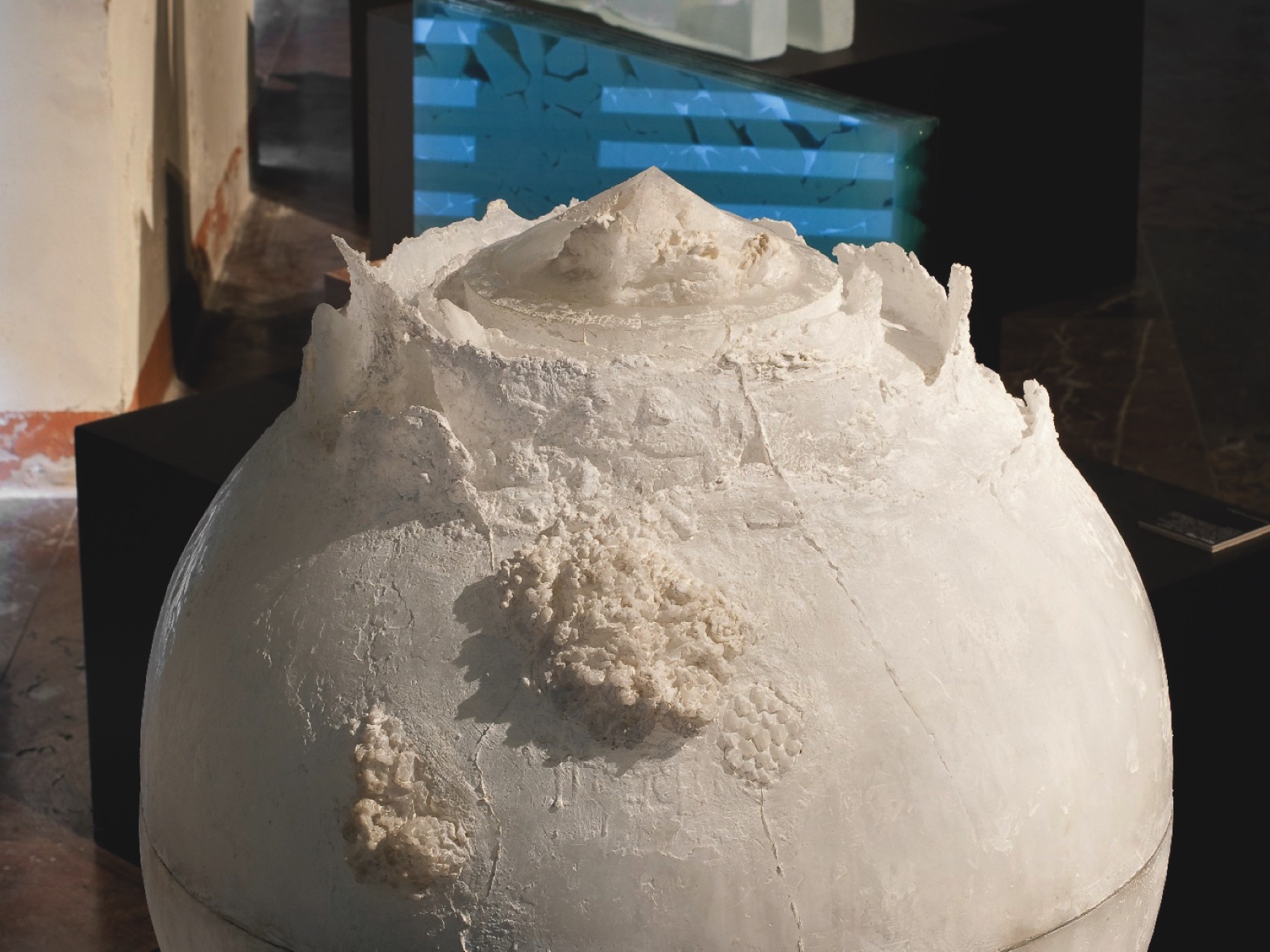
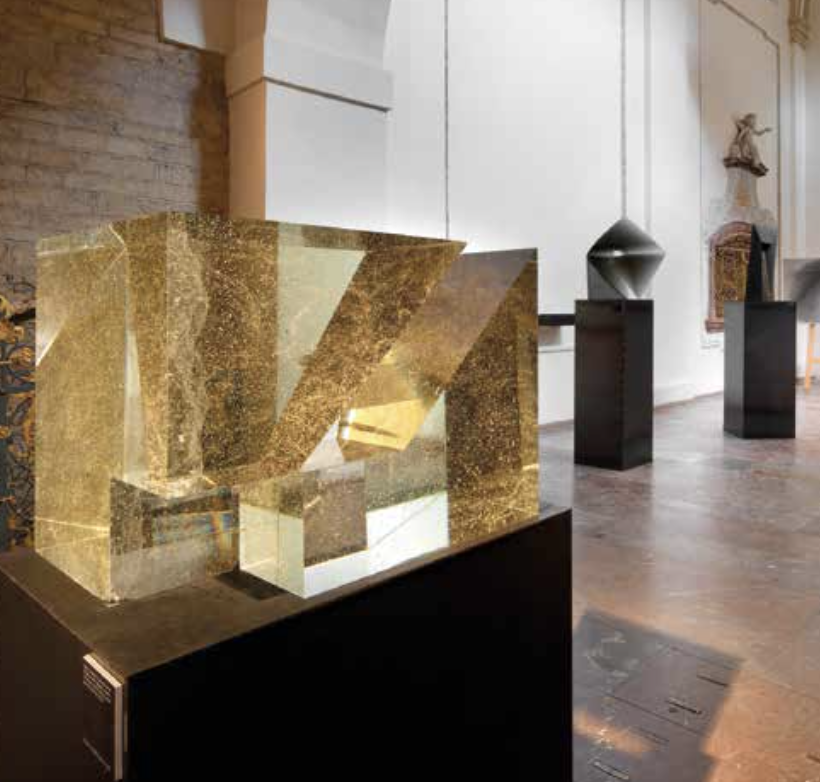
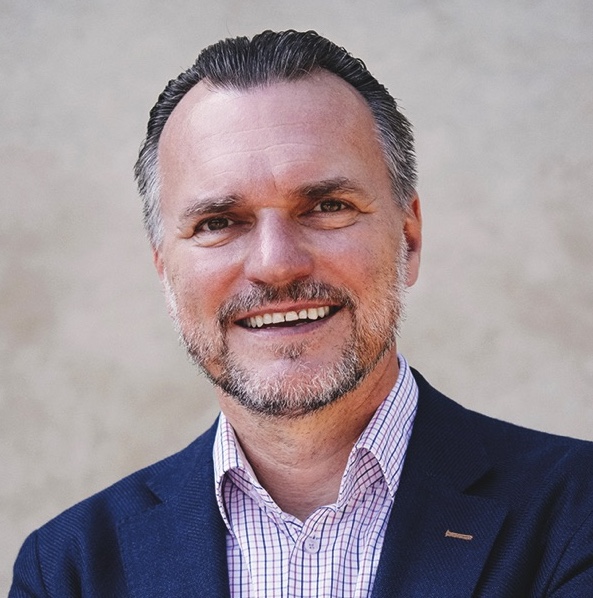 Marek Veselý is a Czech businessman, artist, and art producer. In 2007, he founded the non-profit organization Prague Gallery of Czech Glass, providing an informal space for meetings devoted to the history and presence of Czech glass art. In 2009, the gallery under his leadership organised the first Stanislav Libenský Award, open to young artists worldwide, graduates of bachelor’s or master’s degrees who have used glass in their final work.
Marek Veselý is a Czech businessman, artist, and art producer. In 2007, he founded the non-profit organization Prague Gallery of Czech Glass, providing an informal space for meetings devoted to the history and presence of Czech glass art. In 2009, the gallery under his leadership organised the first Stanislav Libenský Award, open to young artists worldwide, graduates of bachelor’s or master’s degrees who have used glass in their final work.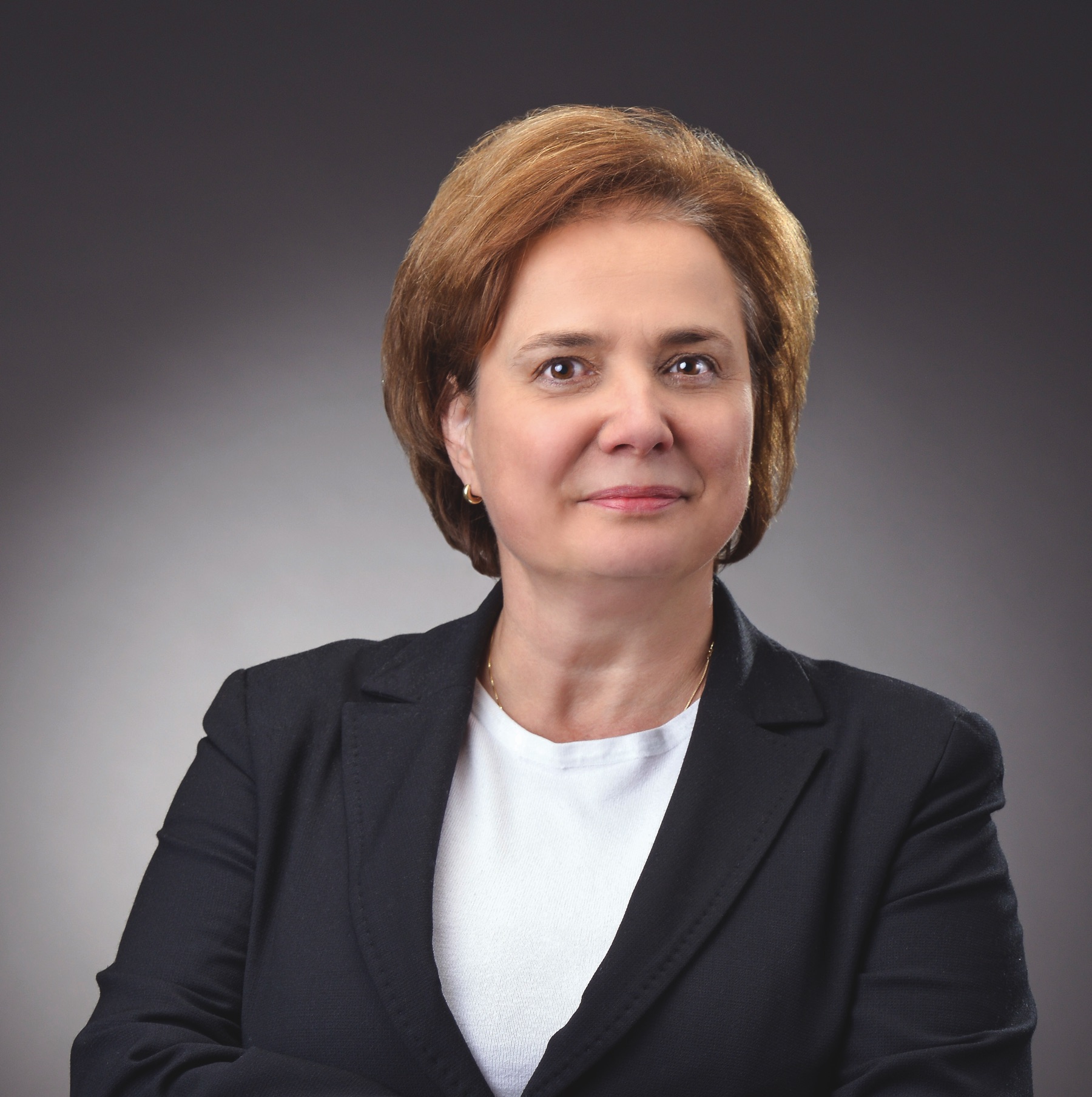
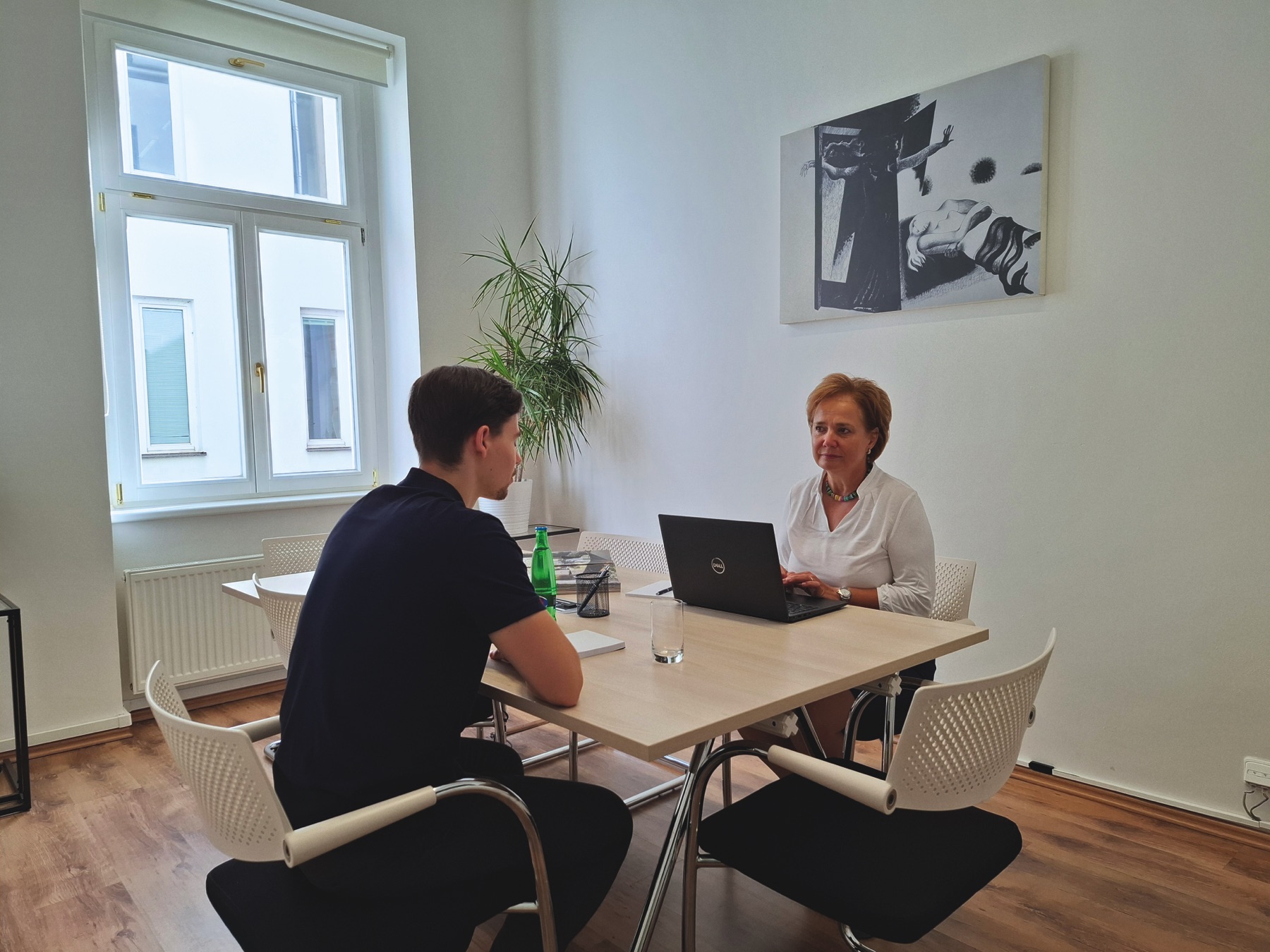
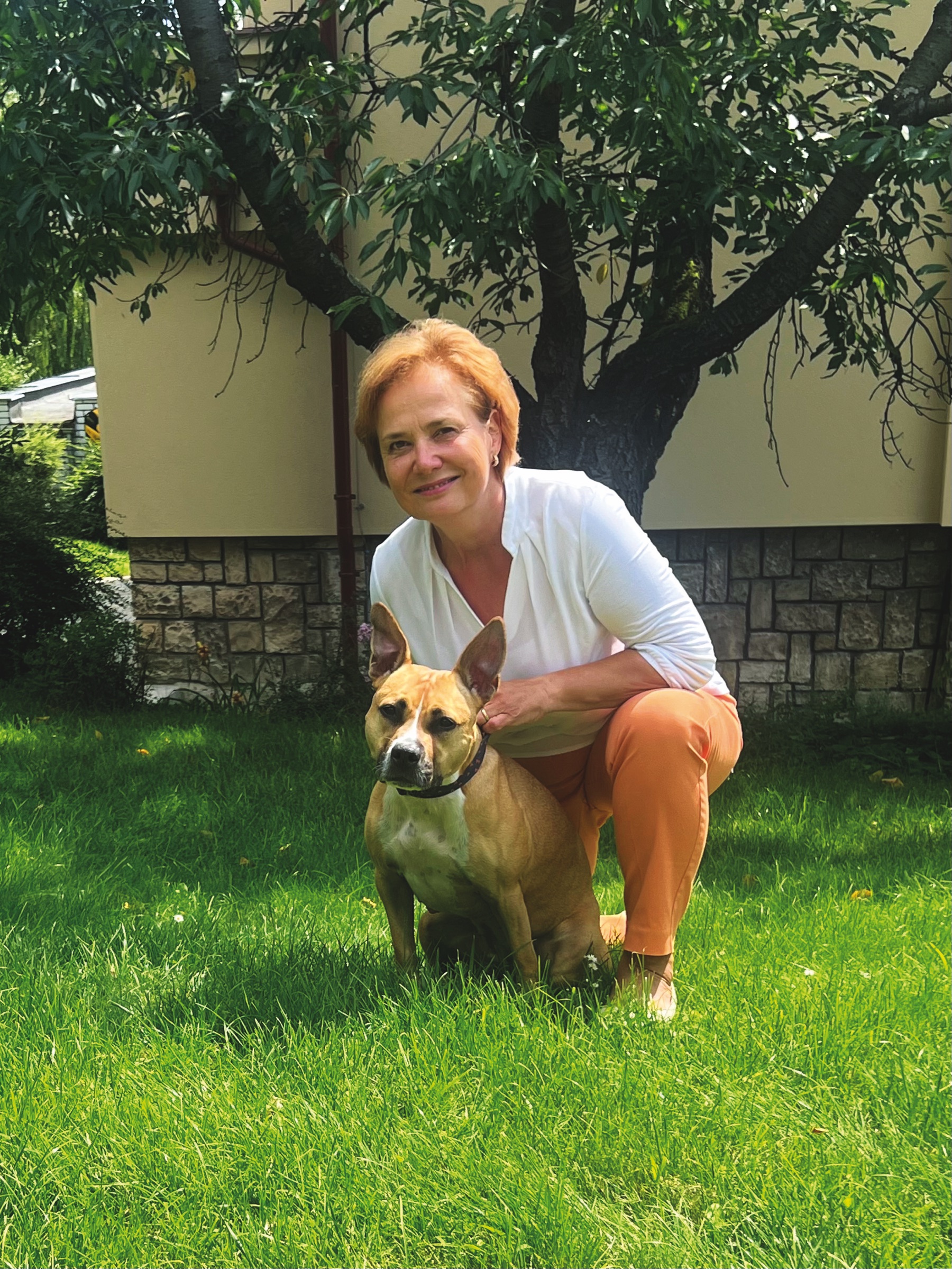
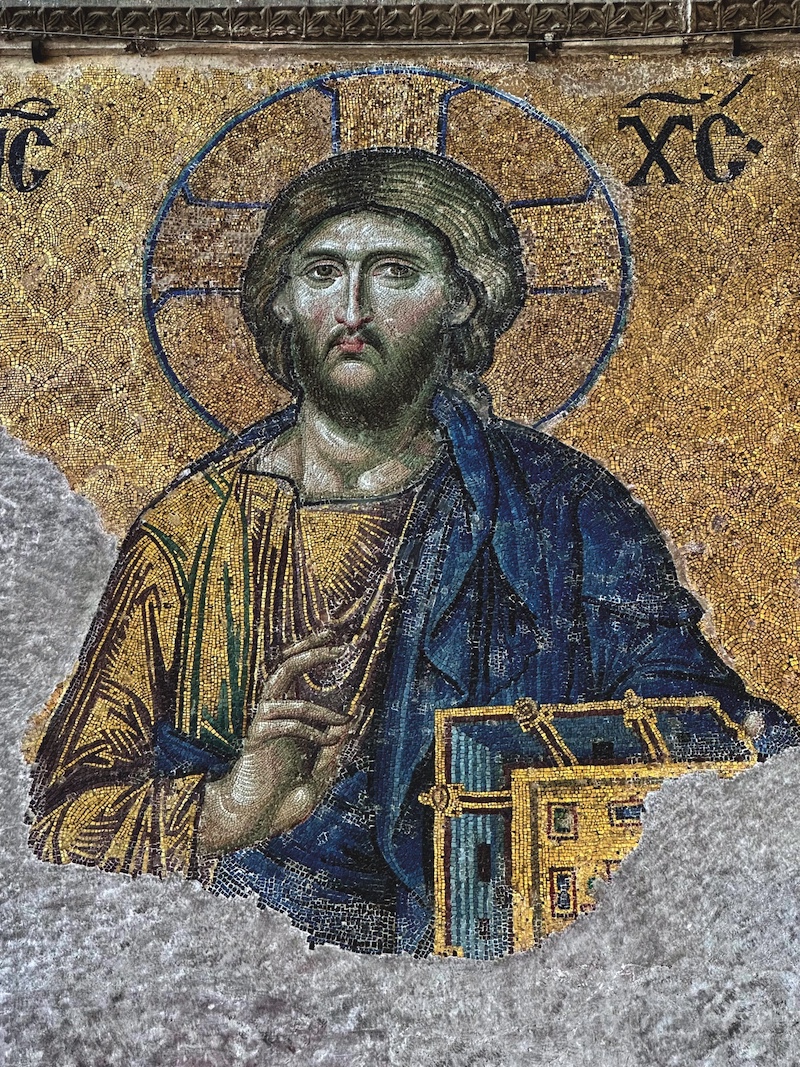
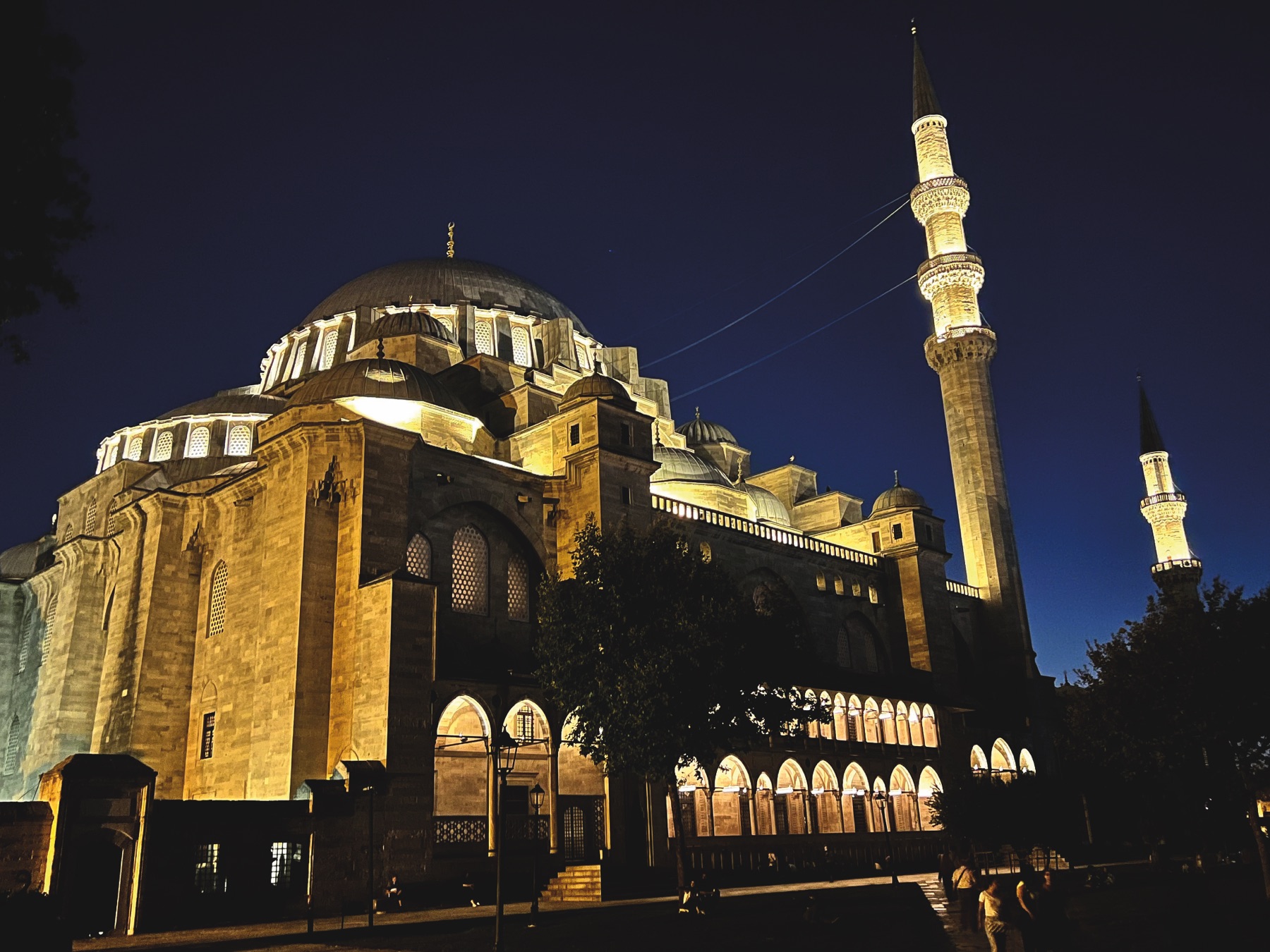
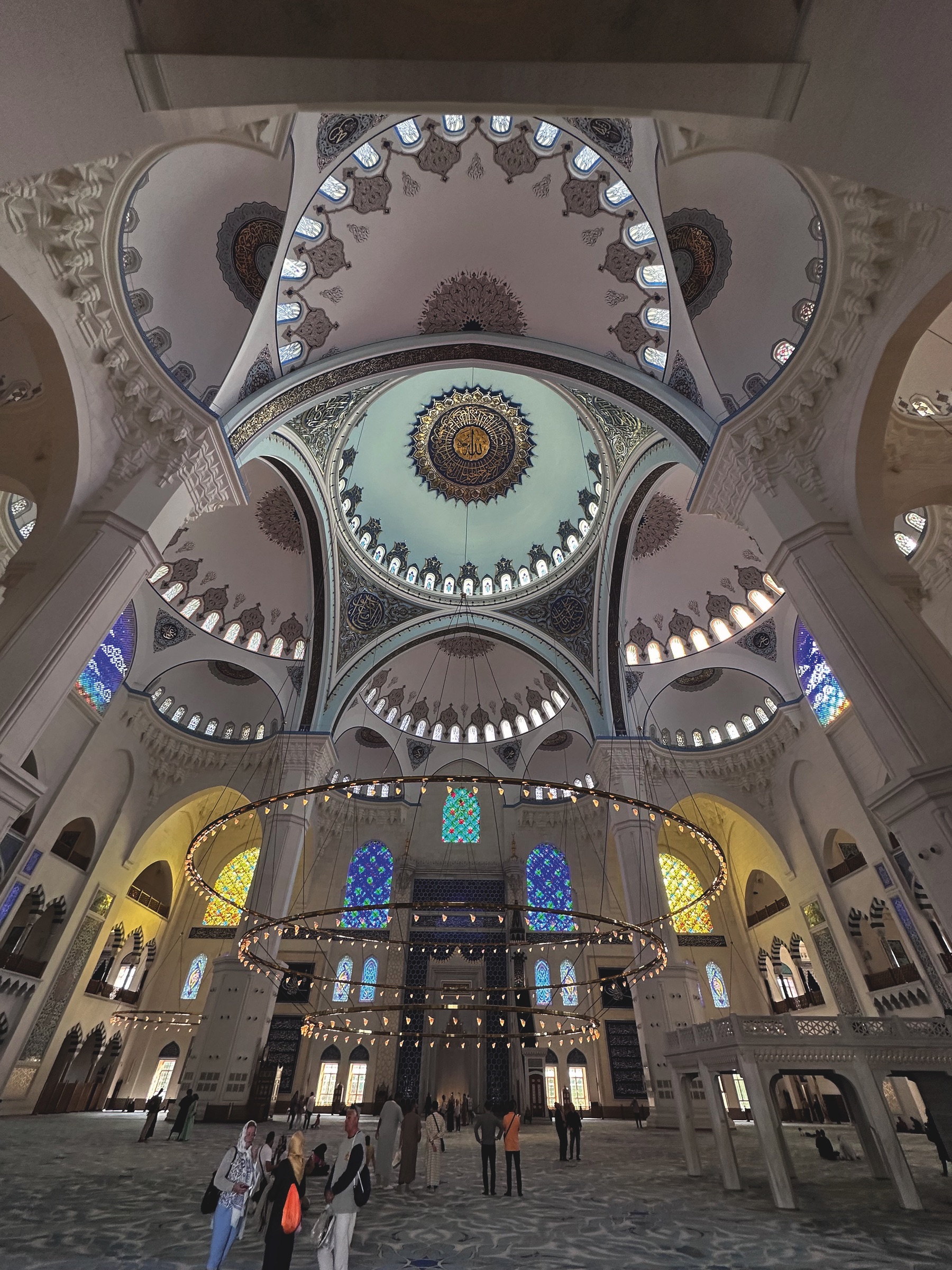
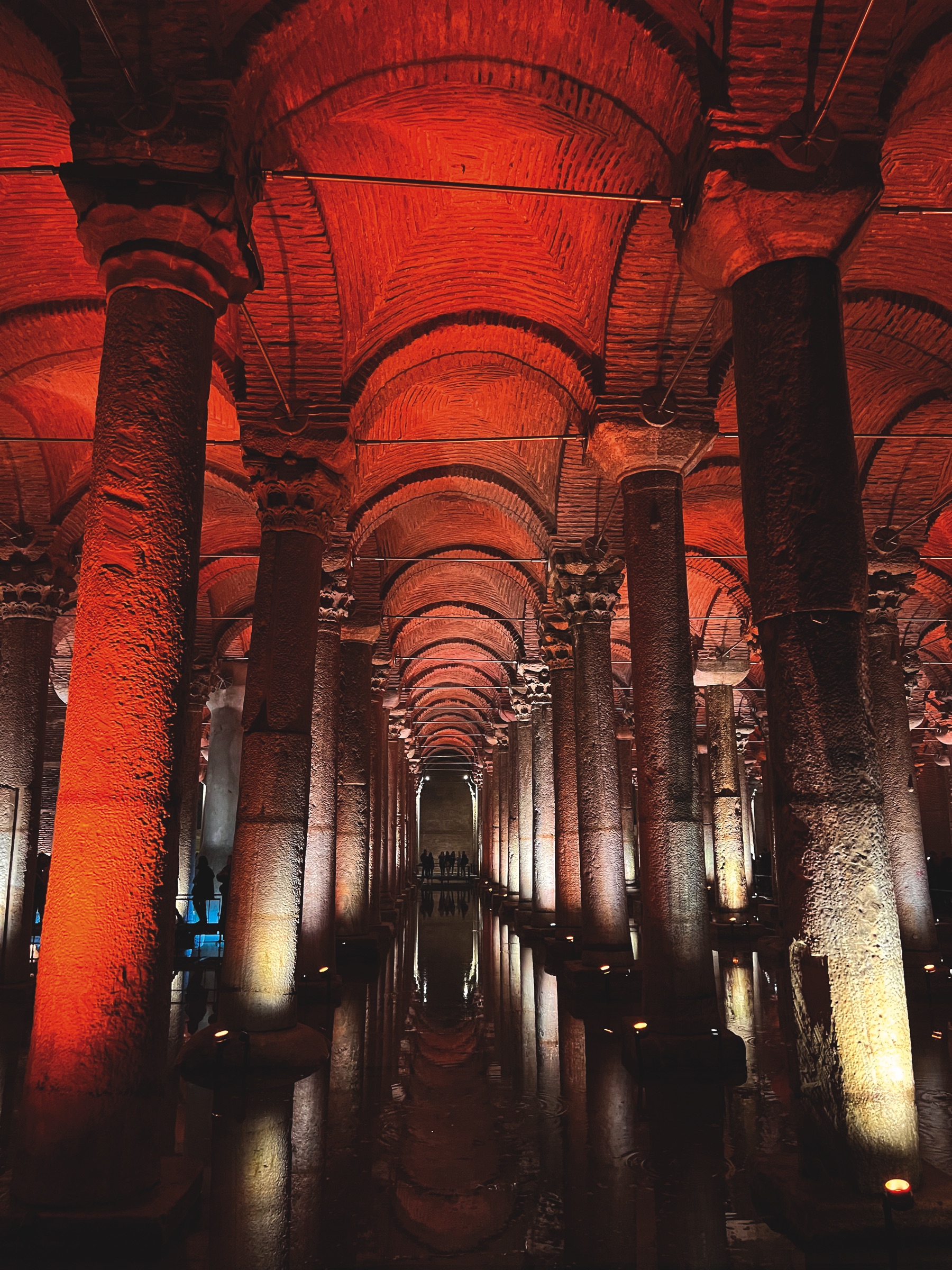
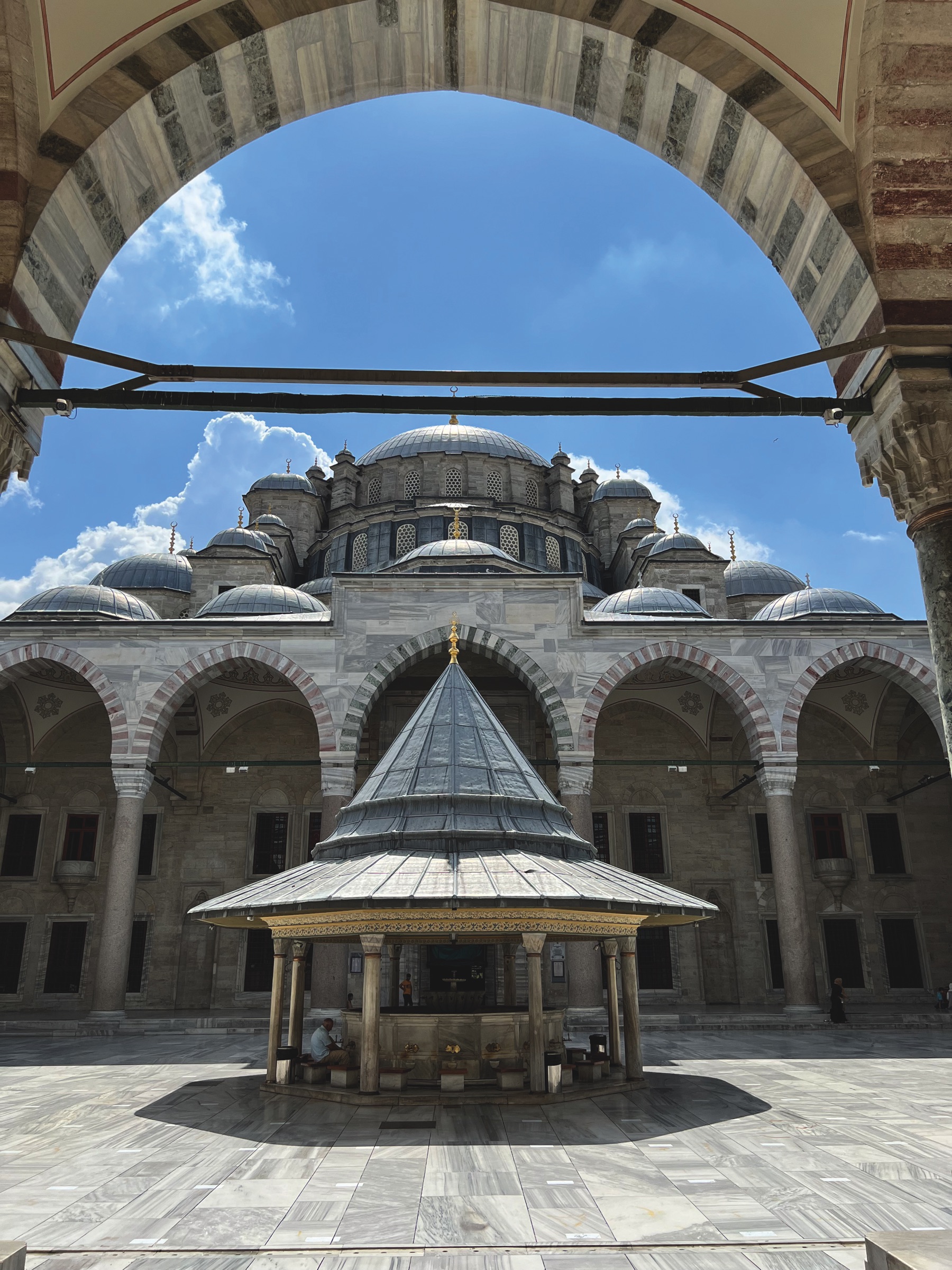
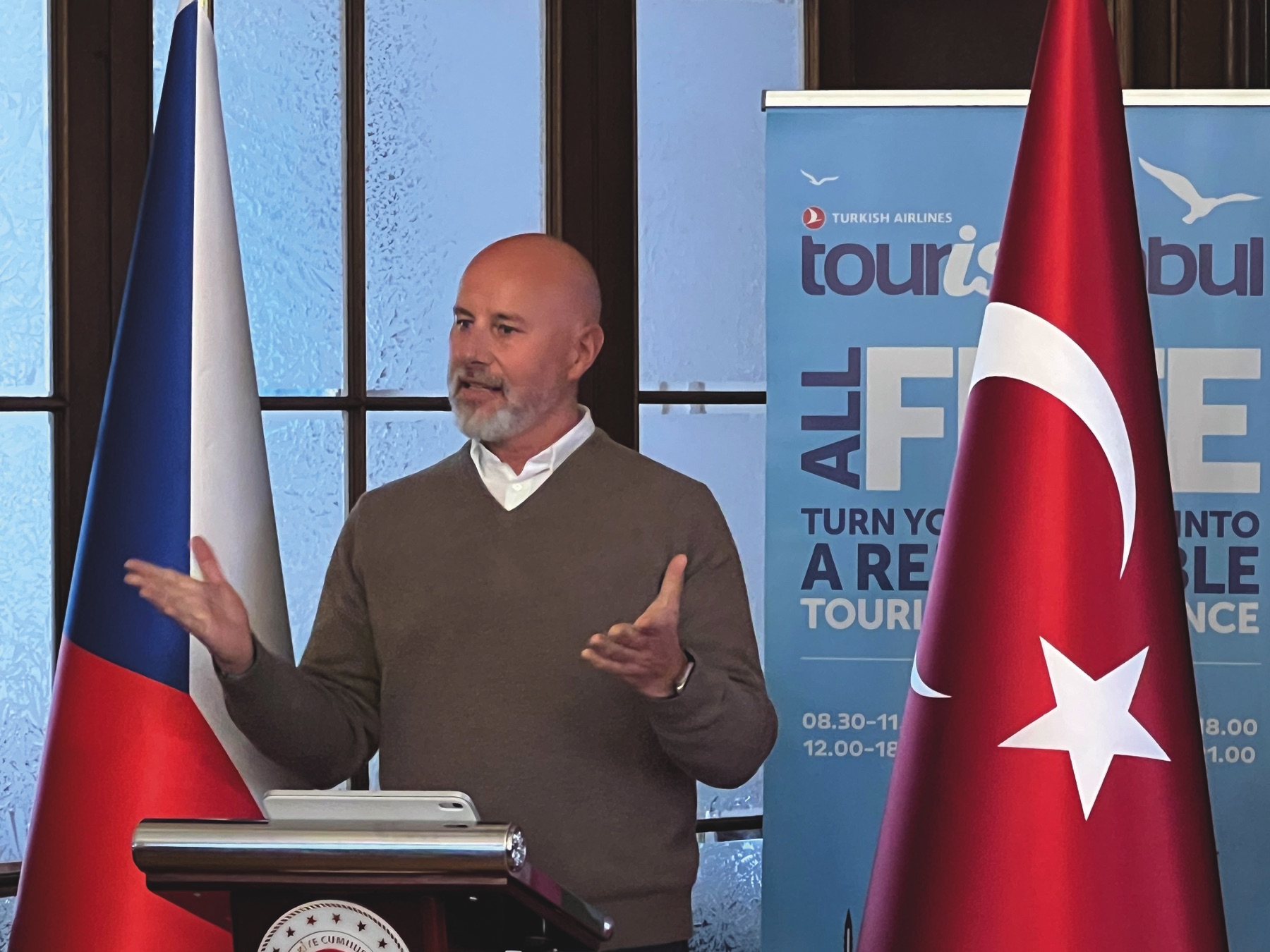 Lukáš Kubín is a historian and orientalist specializing in the cultural and architectural legacies of the Islamic world and the Mediterranean. He studied in Prague, Nagoya (Japan), and at Oxford University, where he focused on Islamic art, architecture. He has also held a fellowship at the University of Cambridge, further deepening his research into cross-cultural connections. Kubín is a passionate advocate for cultural exchange and the popularization of history. His work explores the intersections of East and West. He contributes regularly to international lectures, publications, and cultural initiatives that promote greater understanding across cultures.
Lukáš Kubín is a historian and orientalist specializing in the cultural and architectural legacies of the Islamic world and the Mediterranean. He studied in Prague, Nagoya (Japan), and at Oxford University, where he focused on Islamic art, architecture. He has also held a fellowship at the University of Cambridge, further deepening his research into cross-cultural connections. Kubín is a passionate advocate for cultural exchange and the popularization of history. His work explores the intersections of East and West. He contributes regularly to international lectures, publications, and cultural initiatives that promote greater understanding across cultures.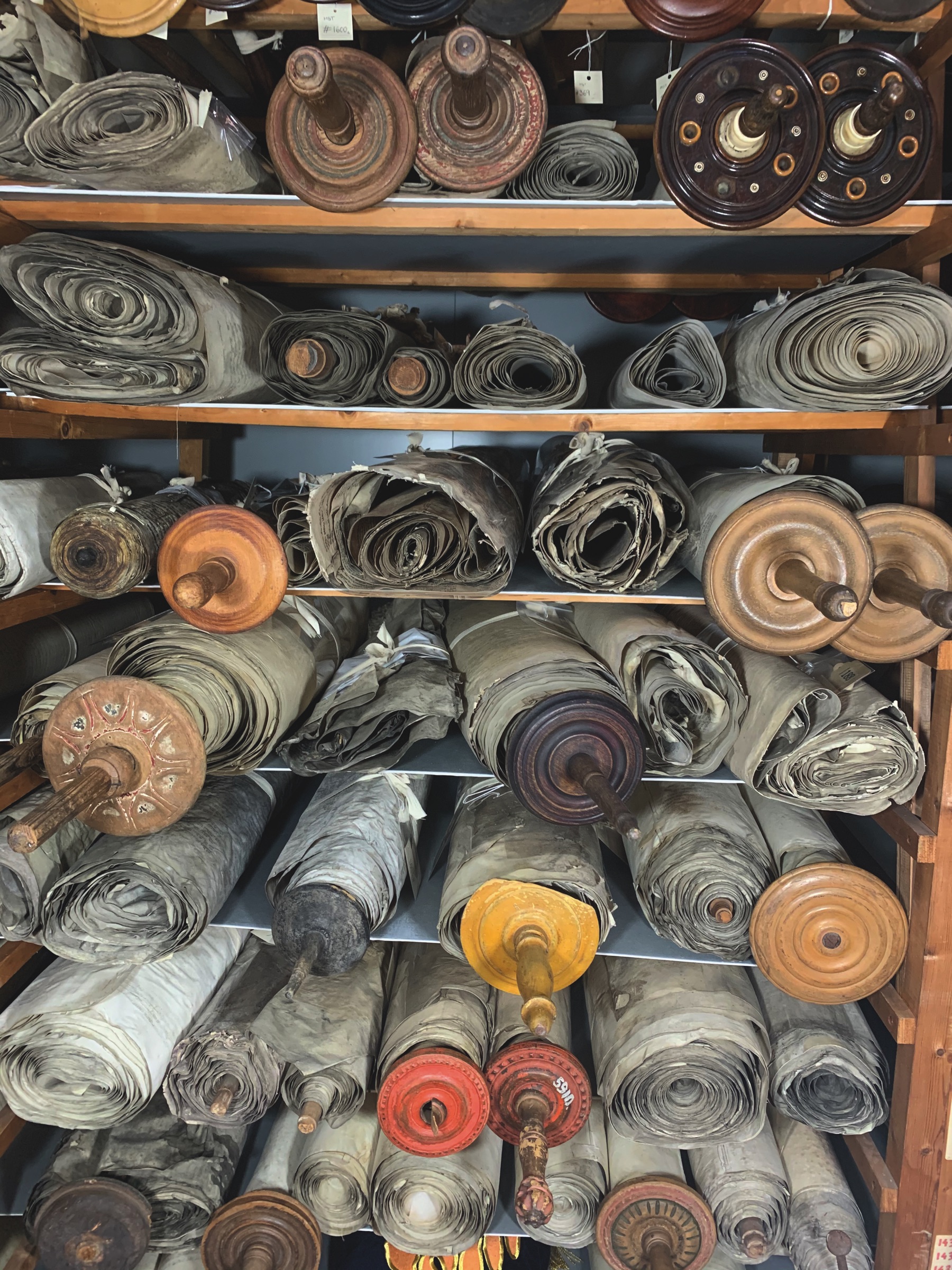
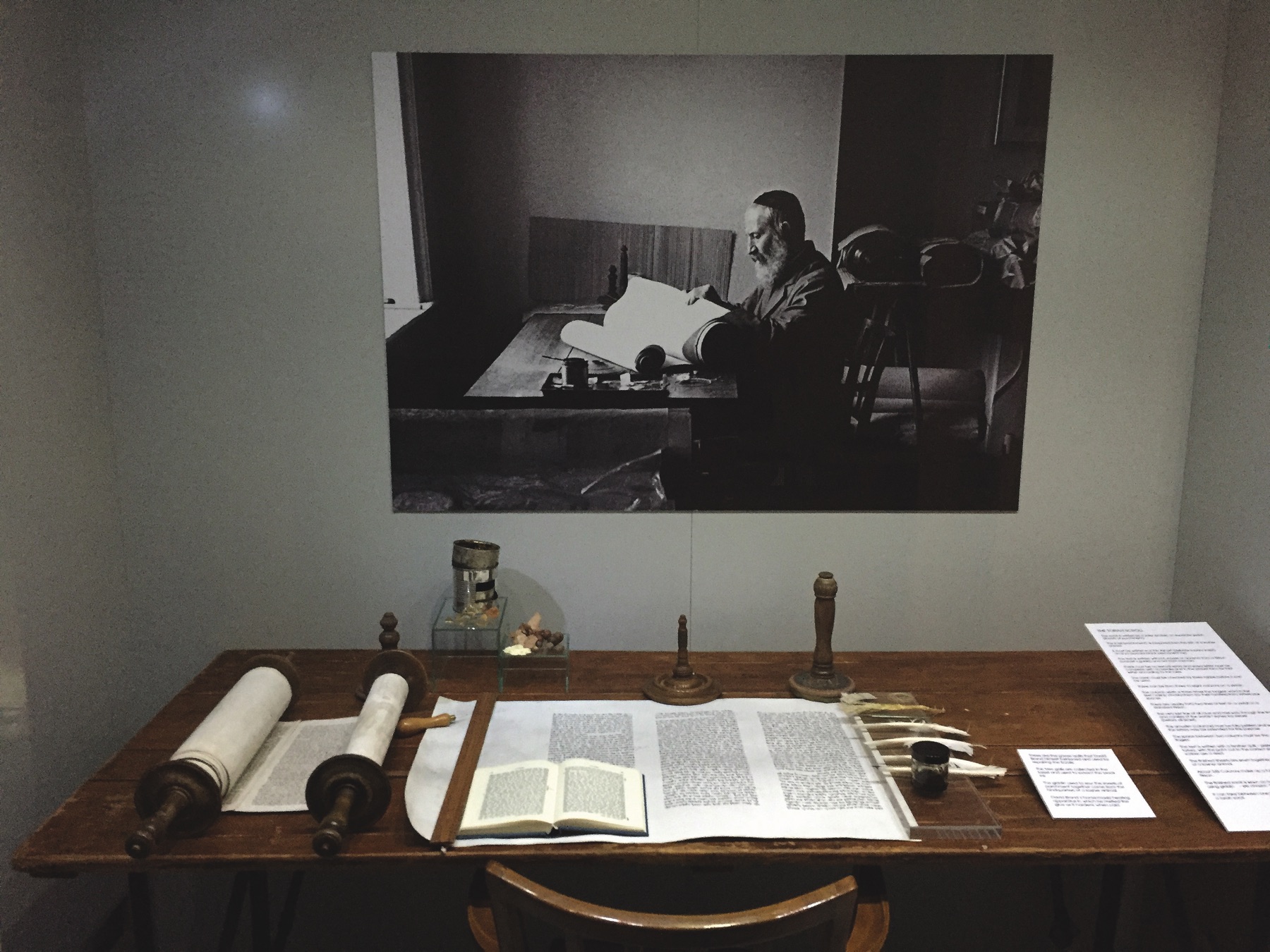
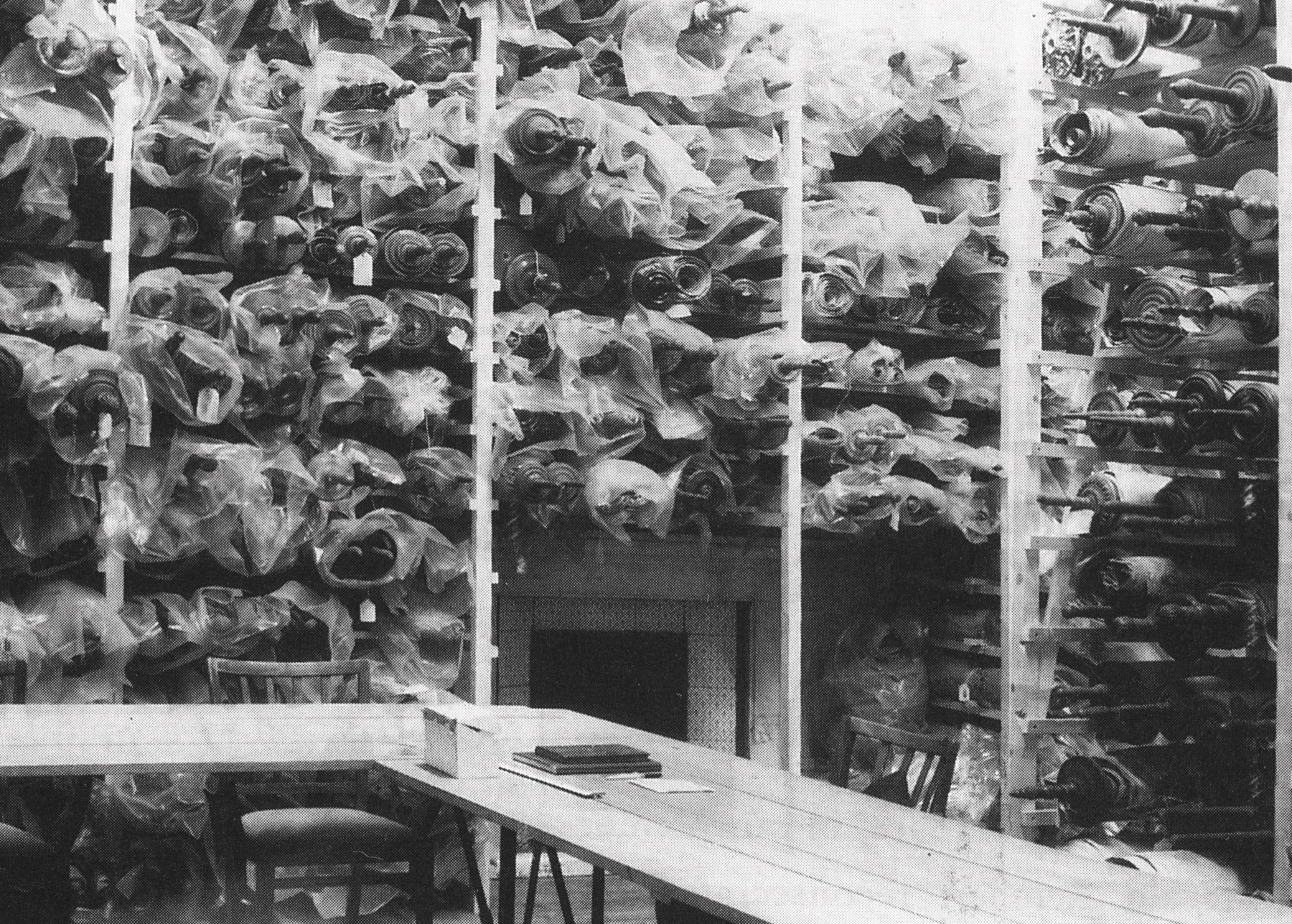
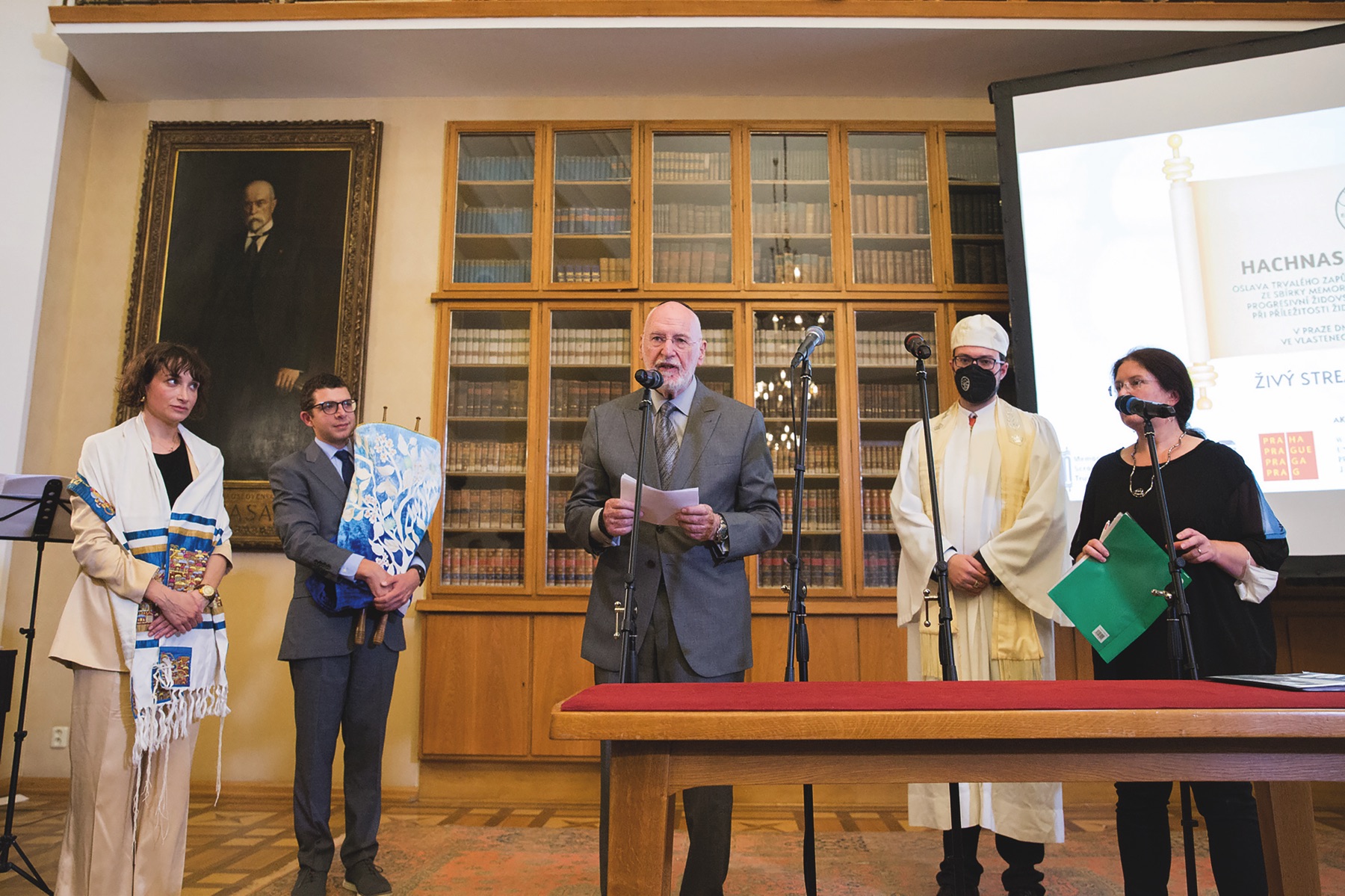
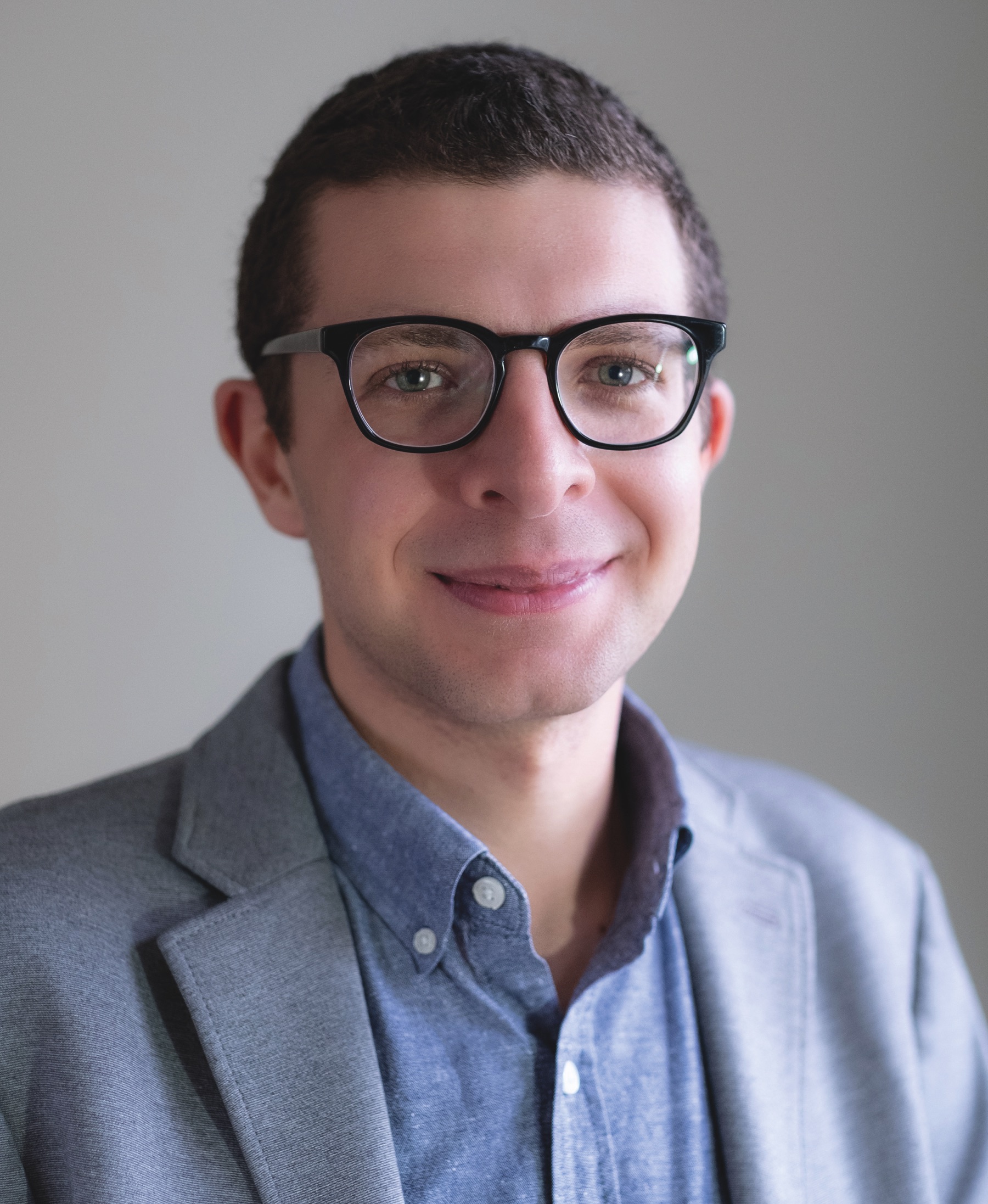 Andrew Keene is an American Israeli, based in Tel Aviv. He serves as Vice Chair of the Memorial Scrolls Trust and sits on the boards of several international Jewish organizations. With a background in data and digital technology, Andrew founded ESEK, a social enterprise supporting Israeli small businesses, in the aftermath of October 7th.
Andrew Keene is an American Israeli, based in Tel Aviv. He serves as Vice Chair of the Memorial Scrolls Trust and sits on the boards of several international Jewish organizations. With a background in data and digital technology, Andrew founded ESEK, a social enterprise supporting Israeli small businesses, in the aftermath of October 7th.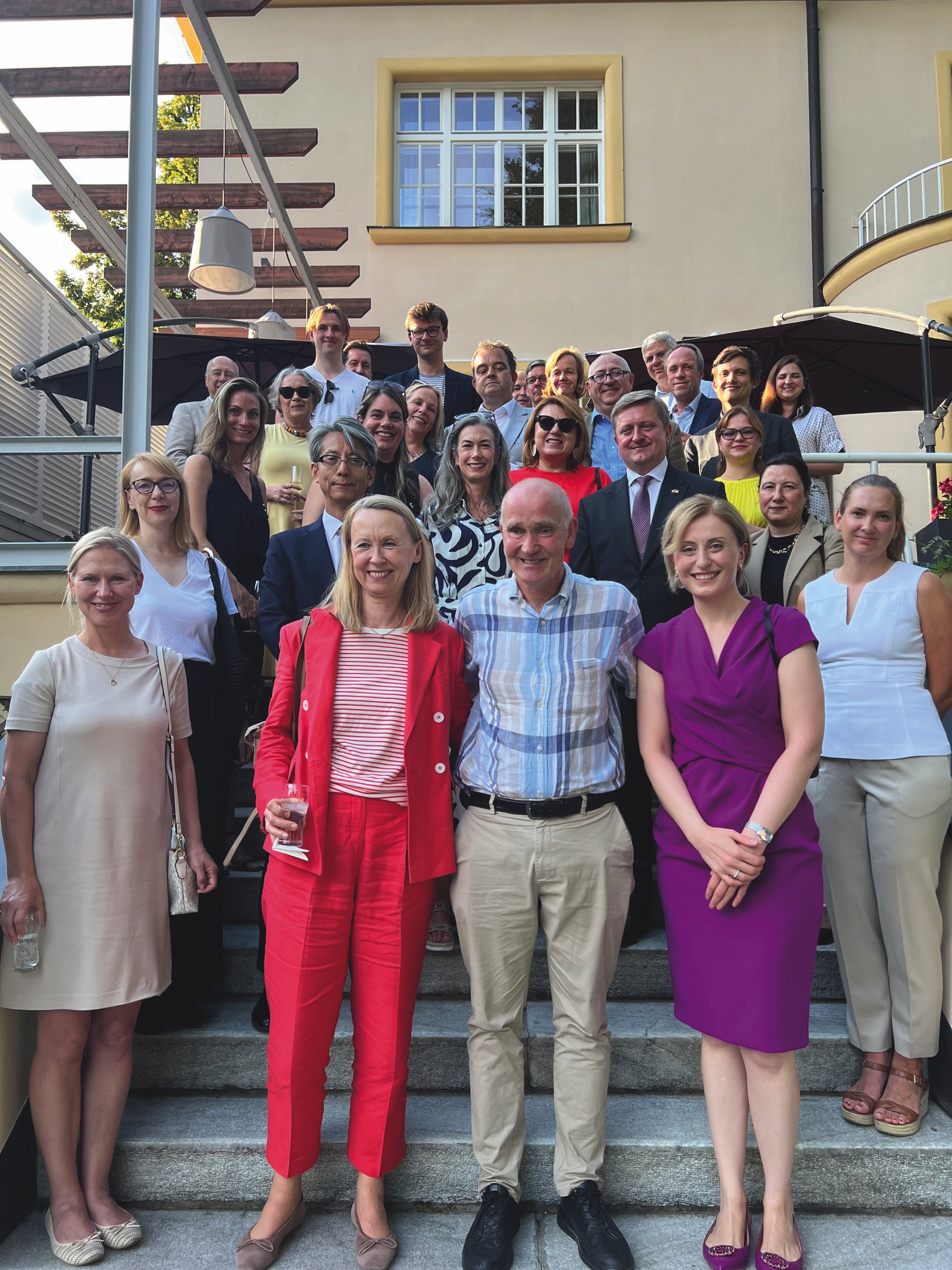
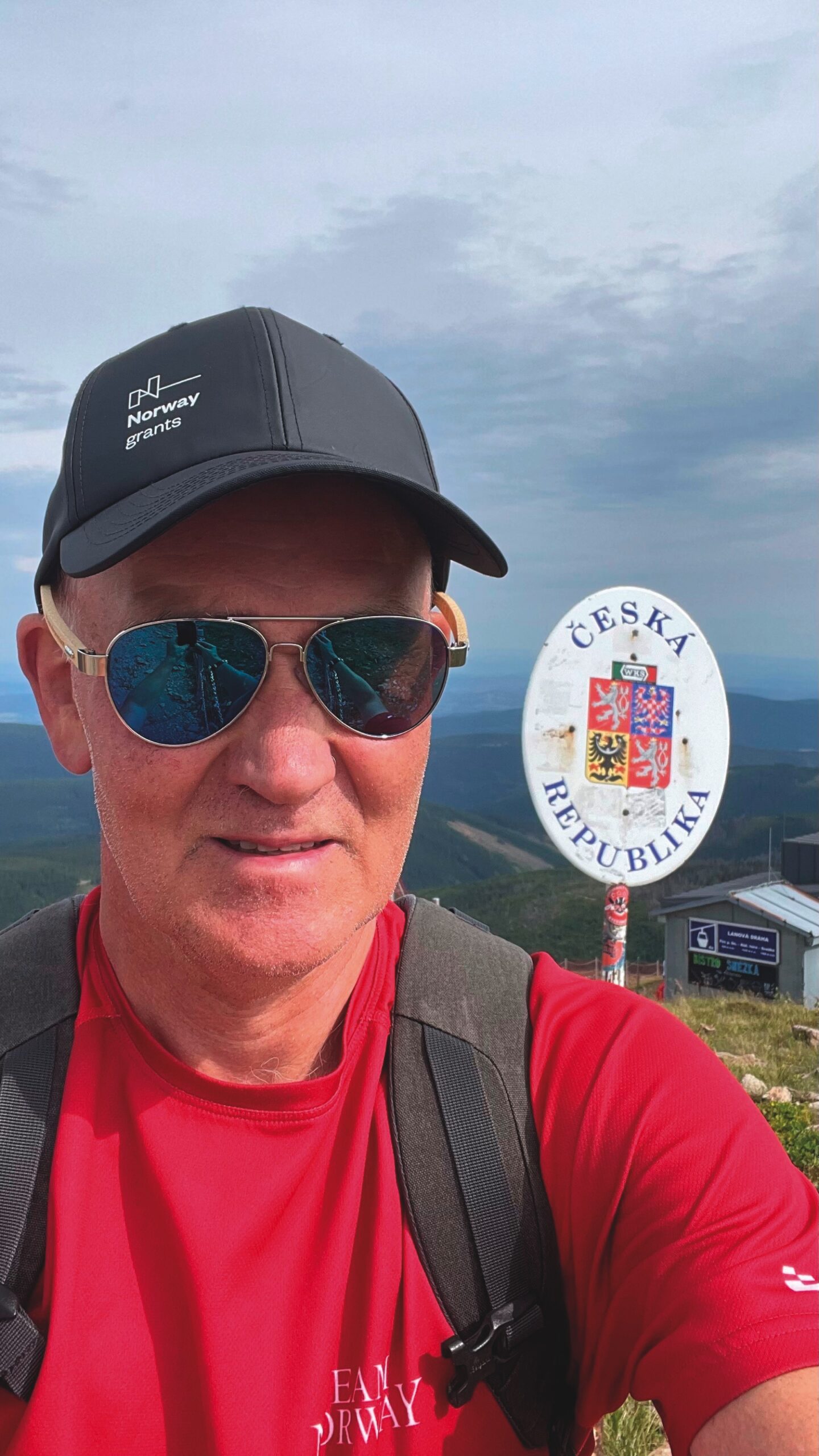
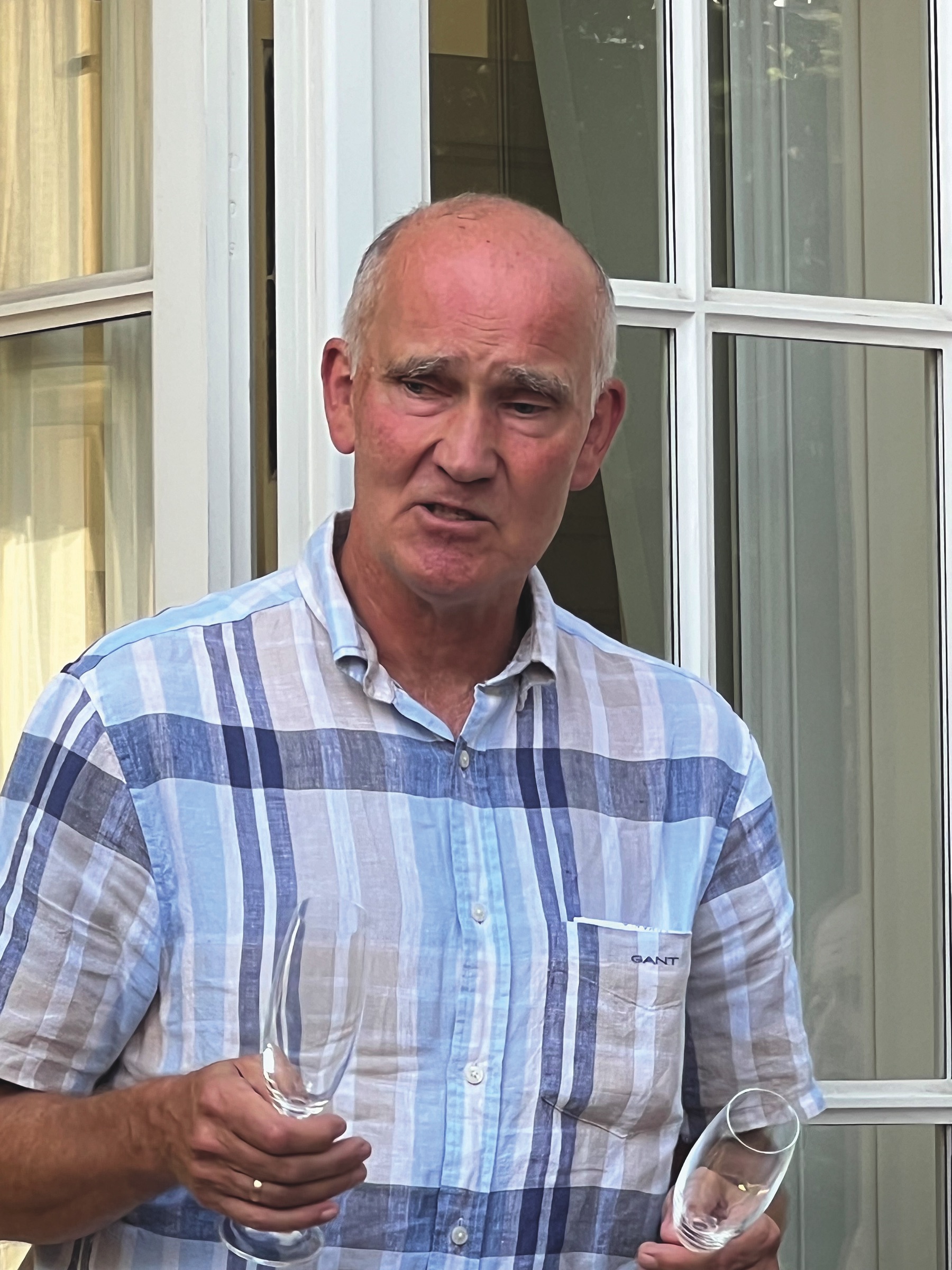

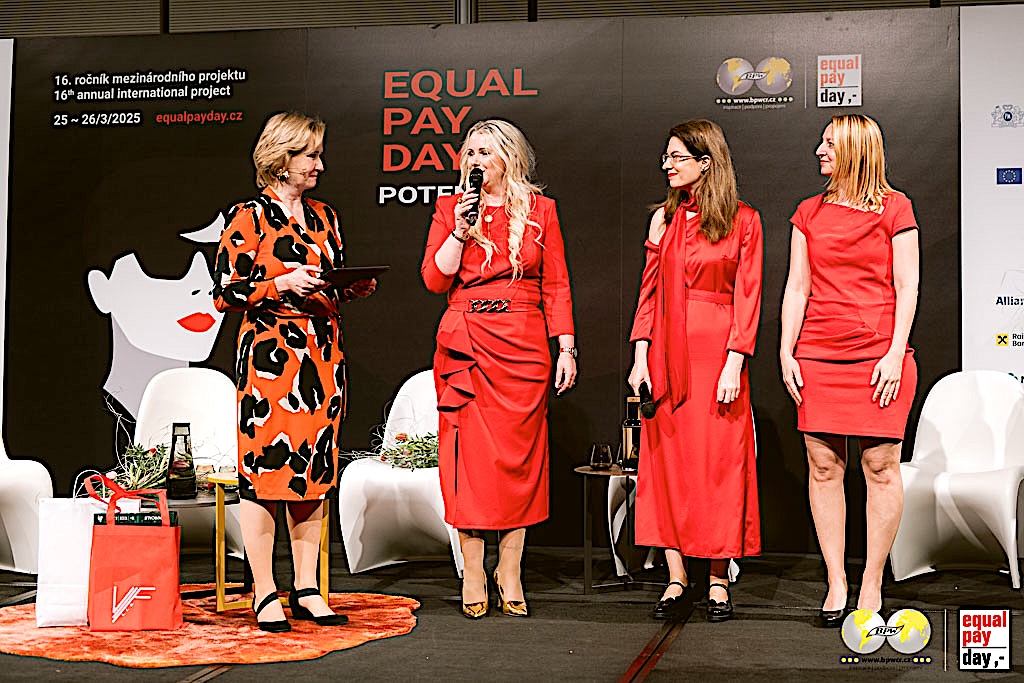
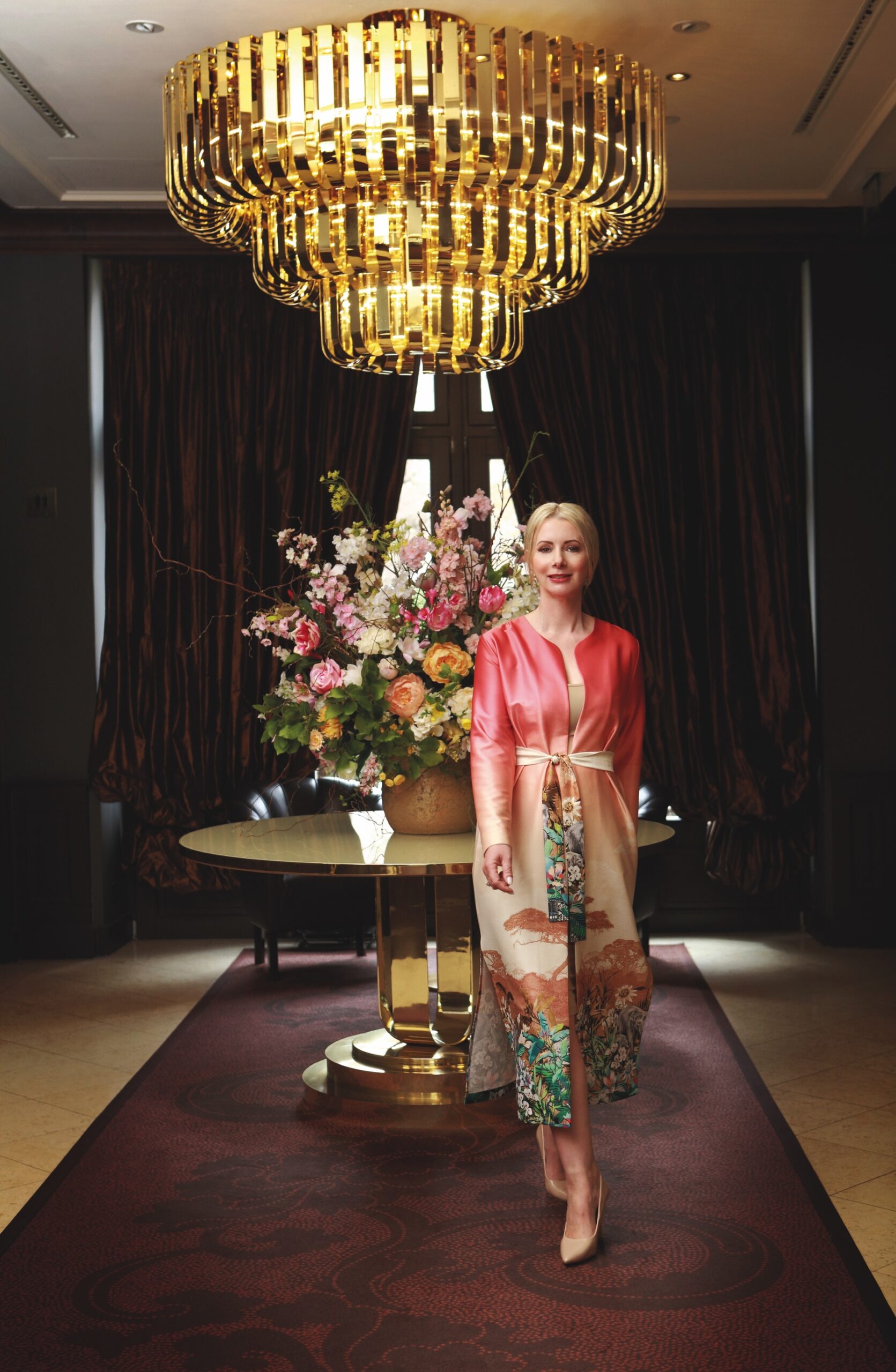
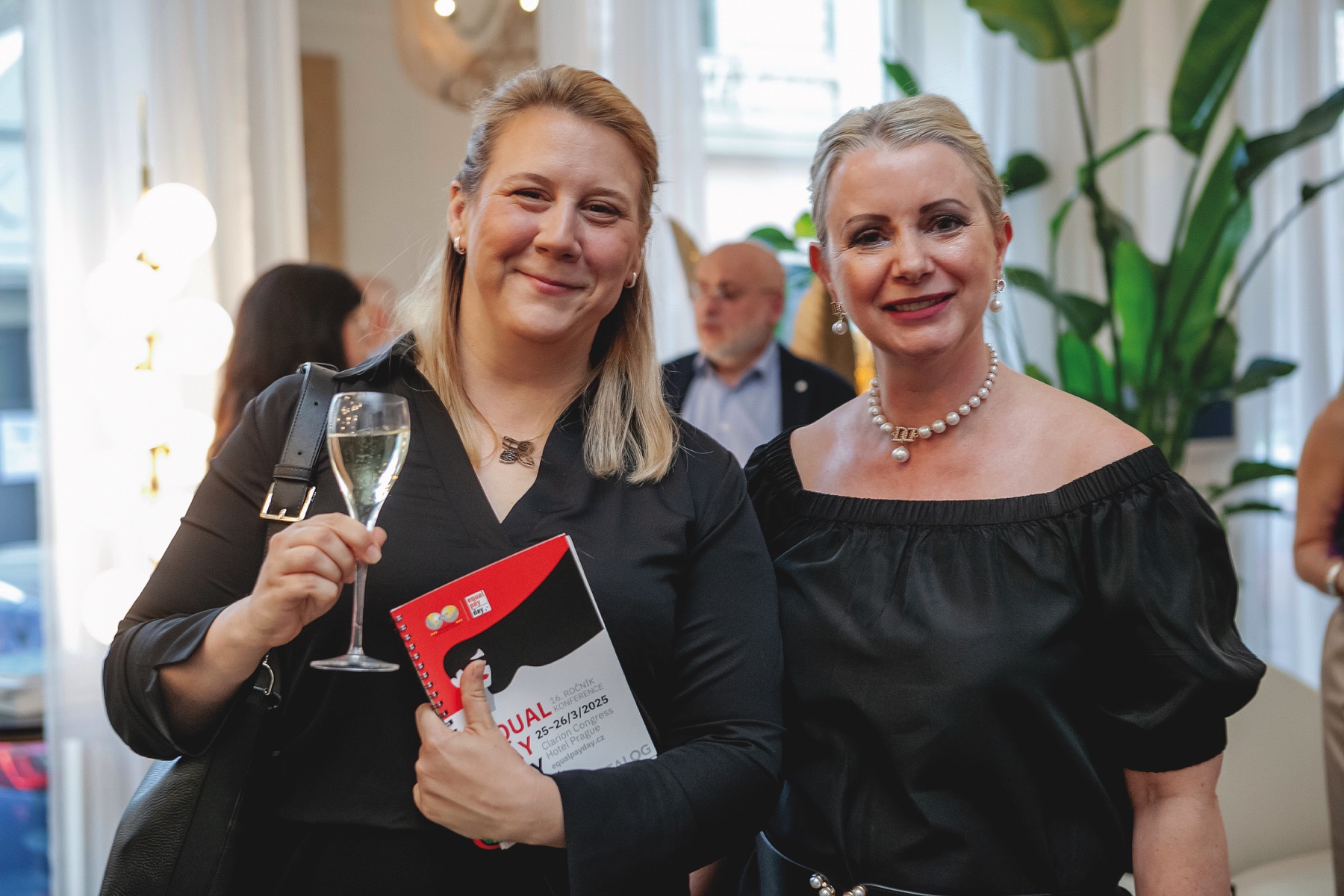
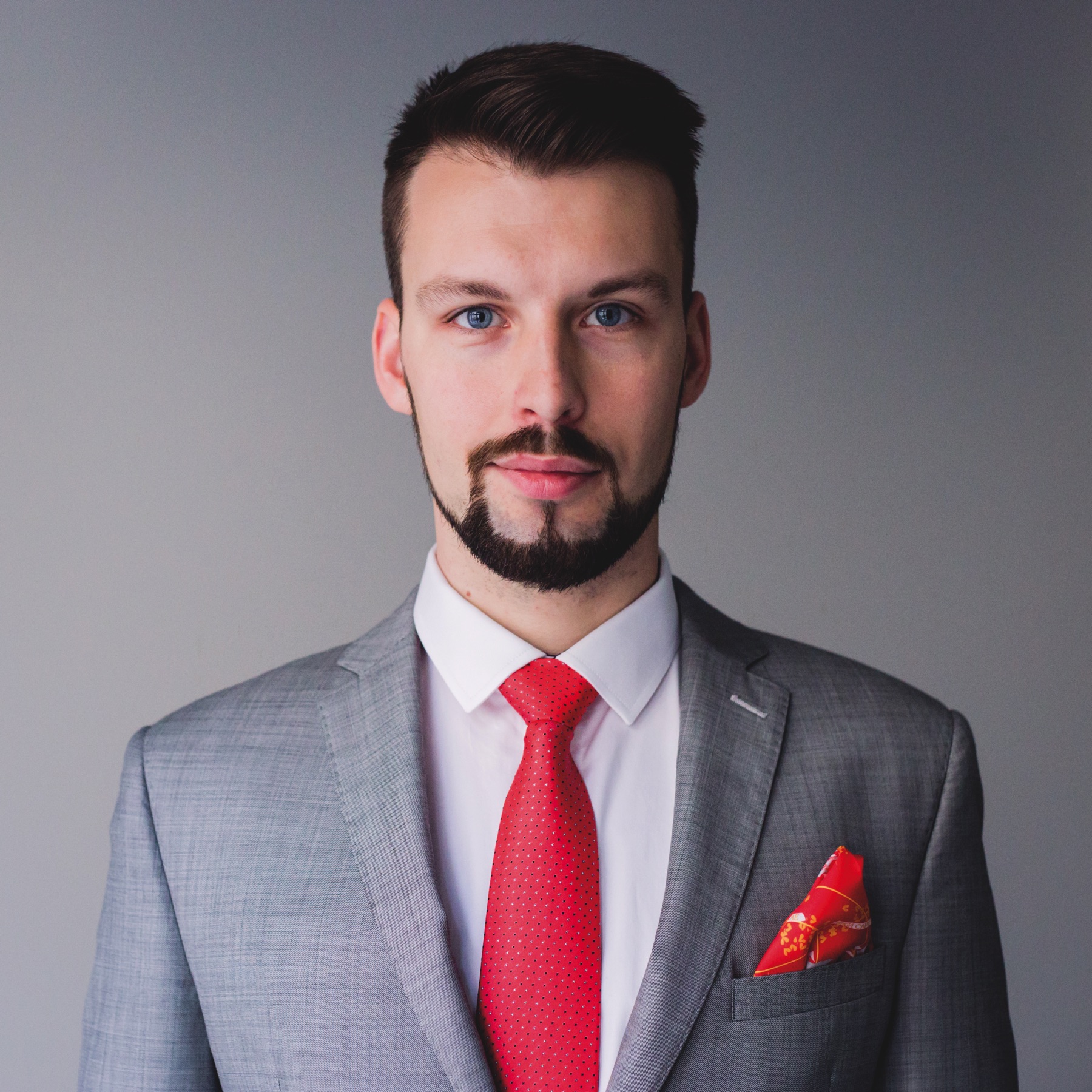
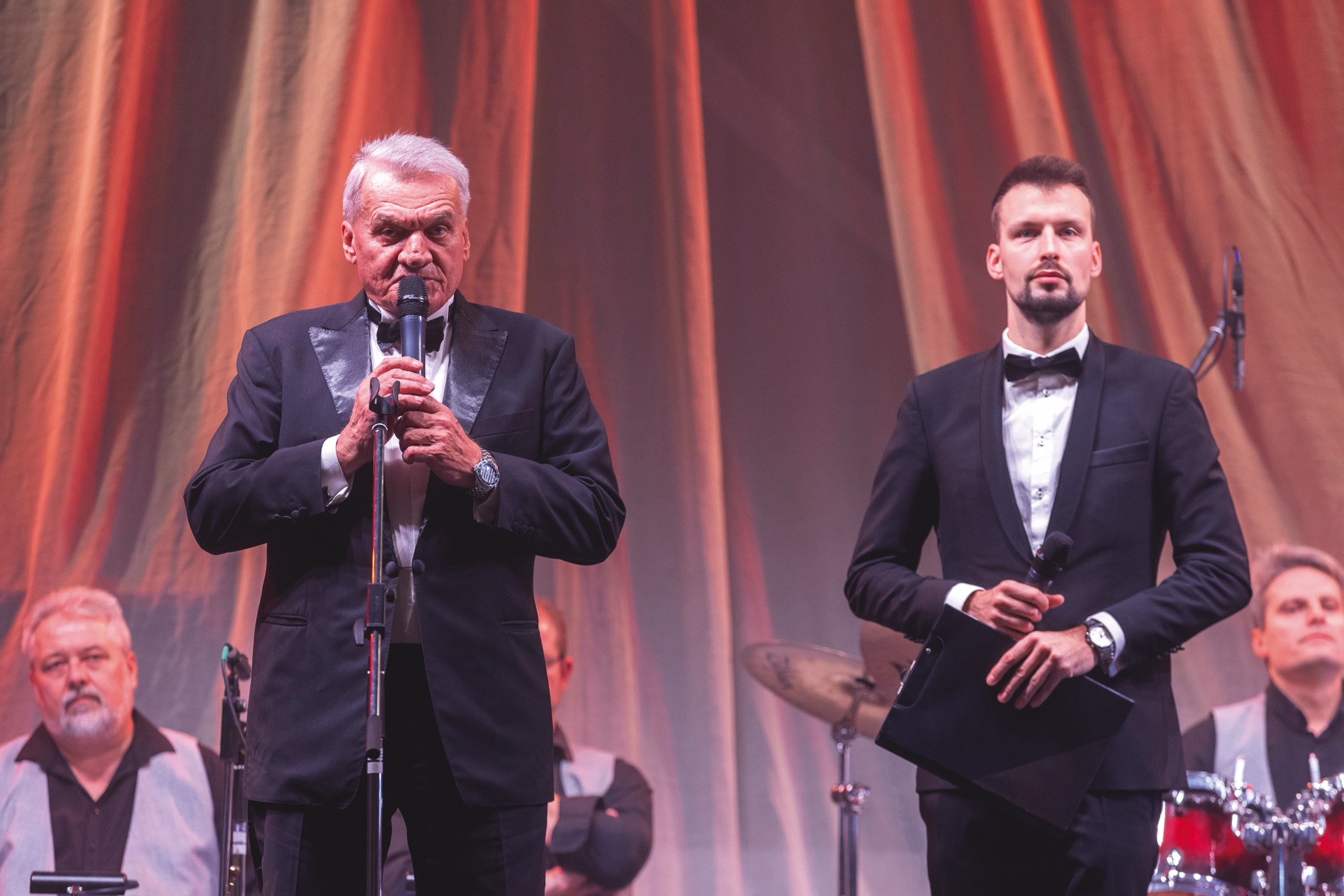
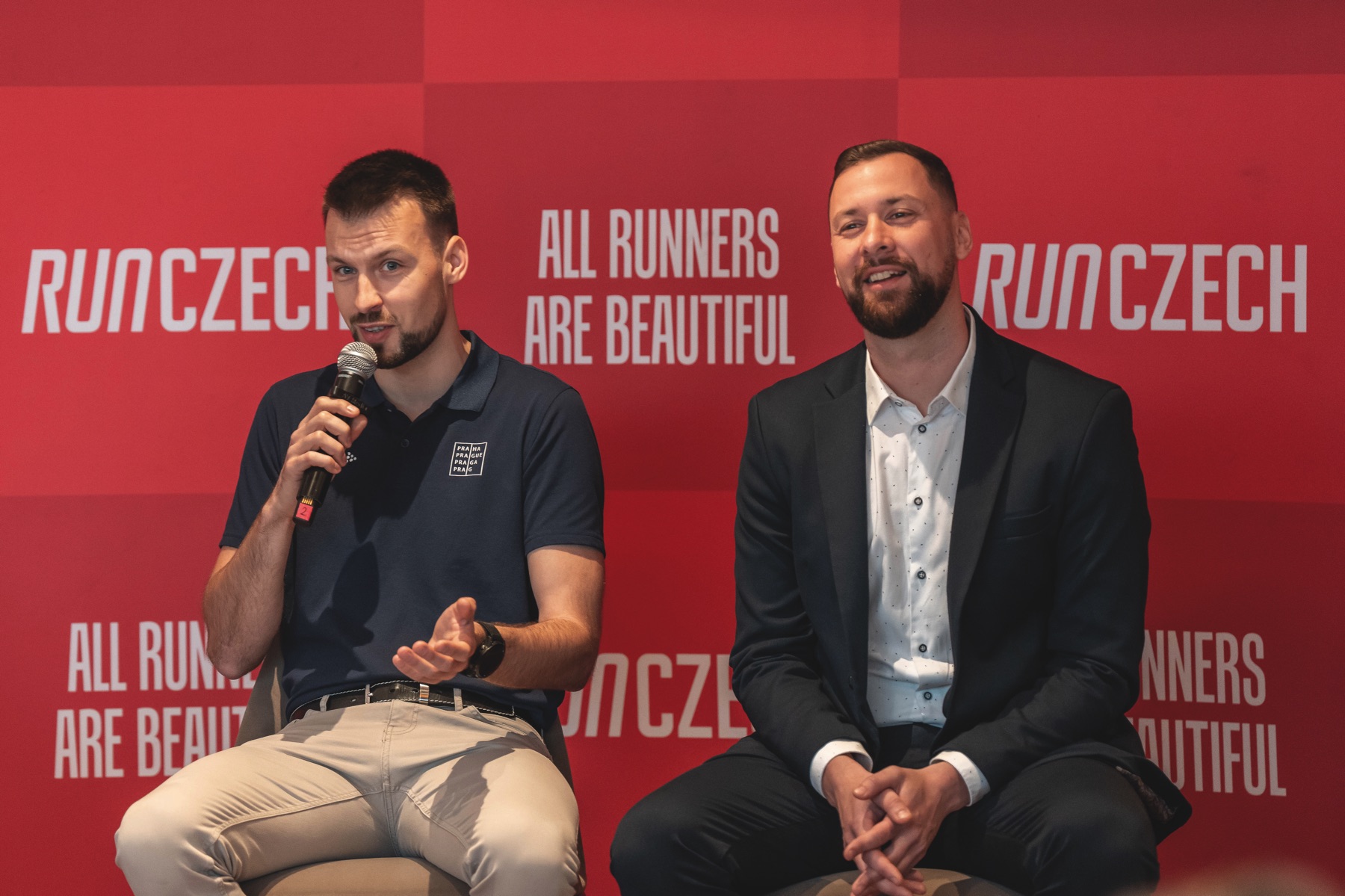
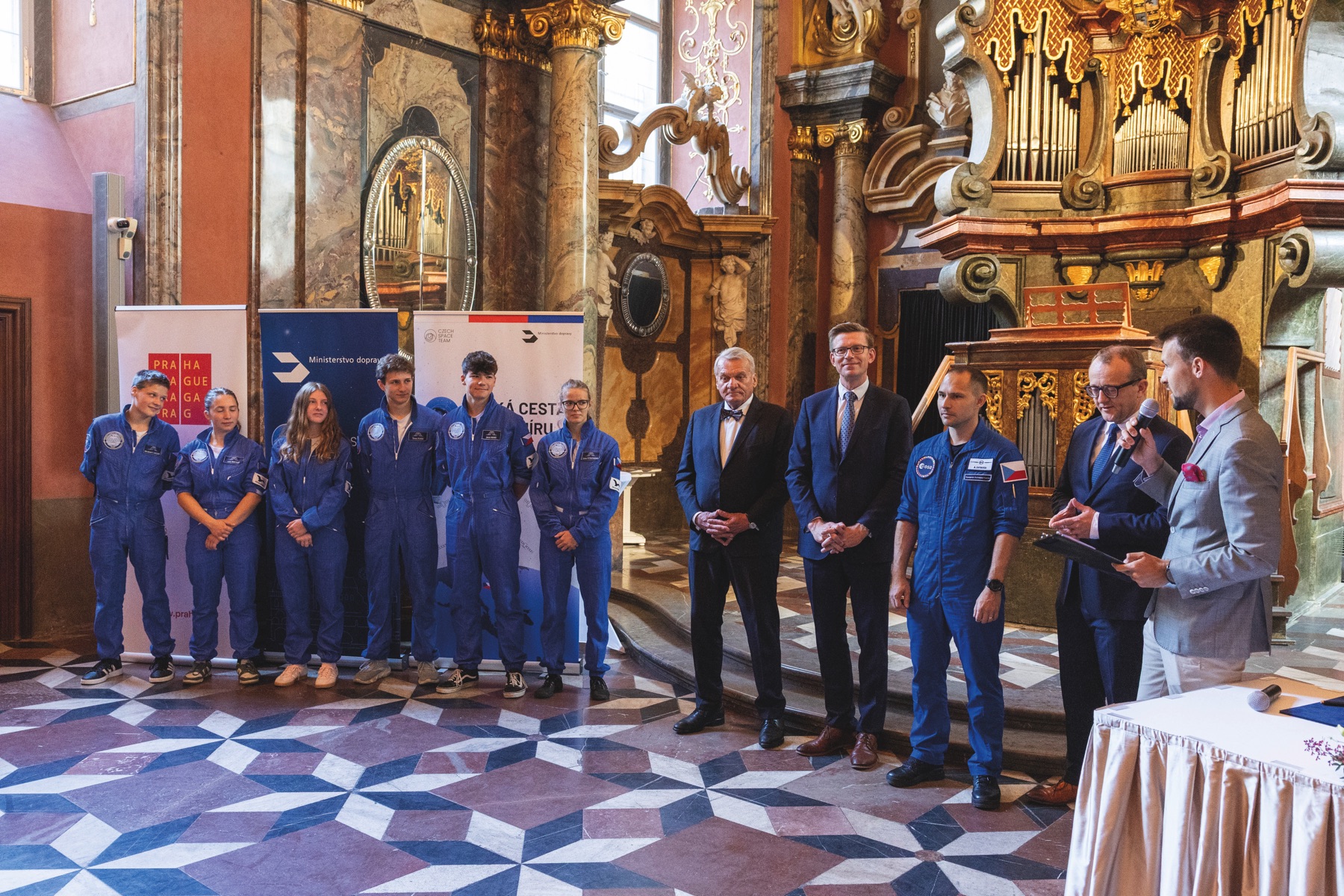
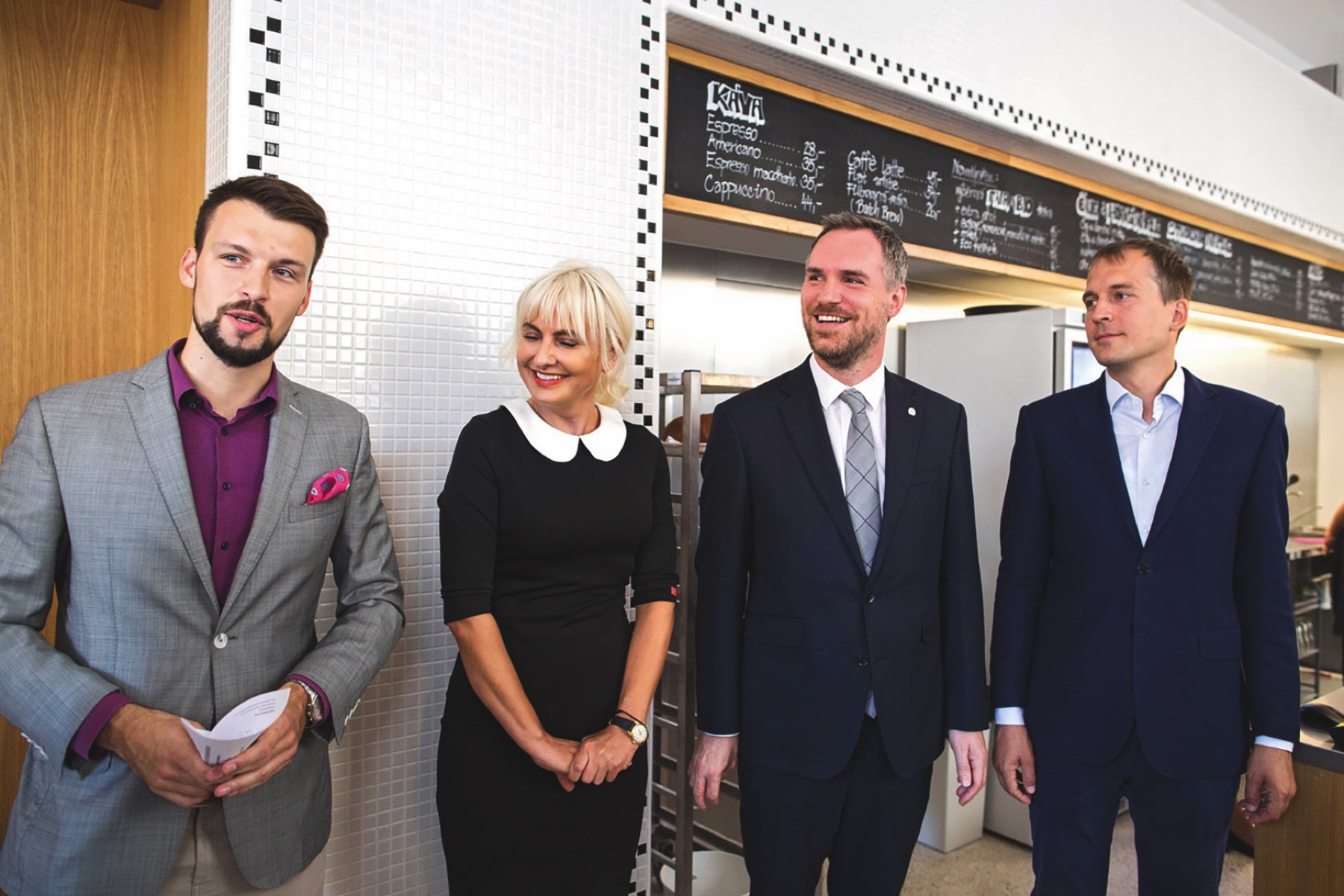
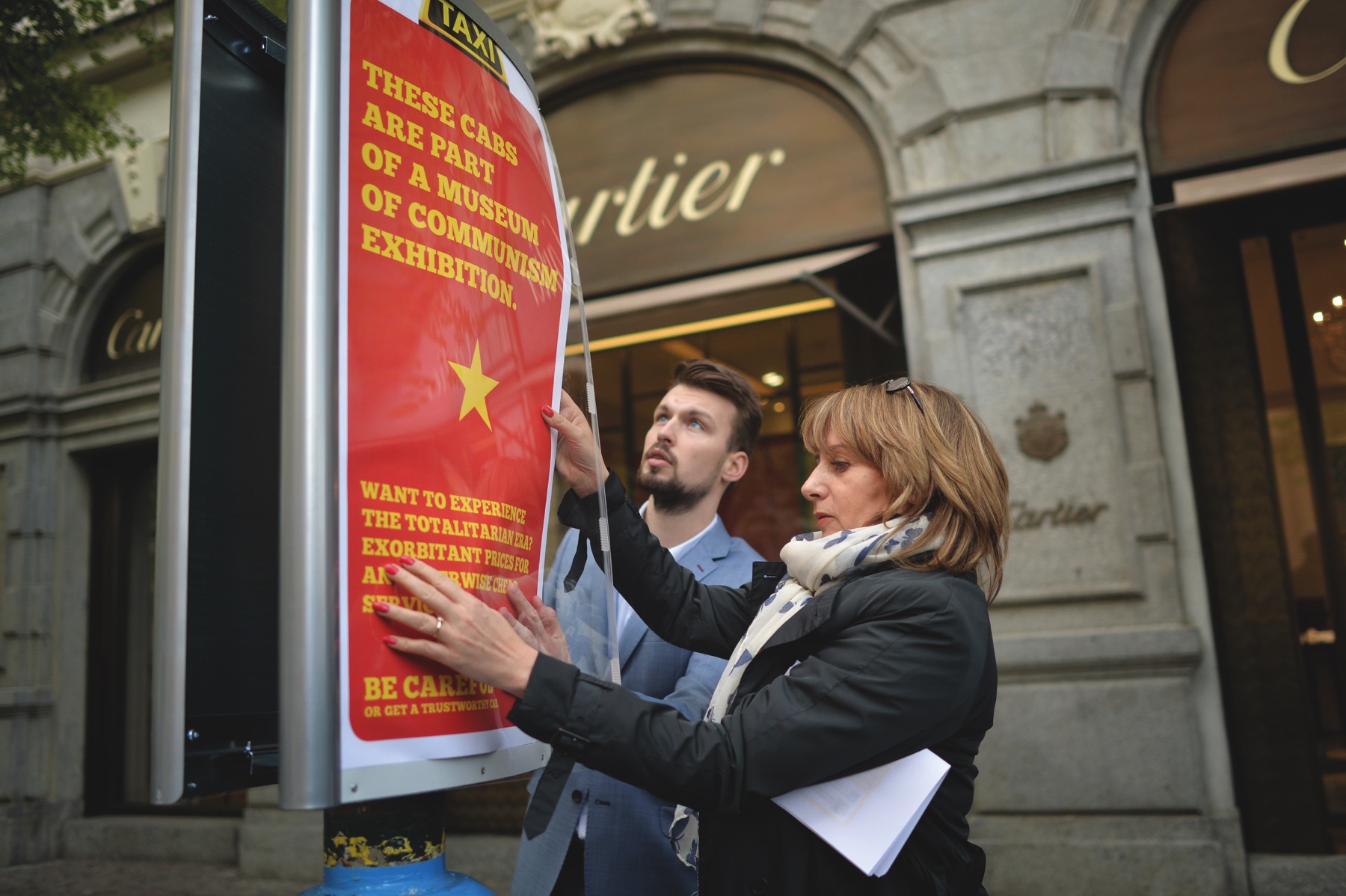
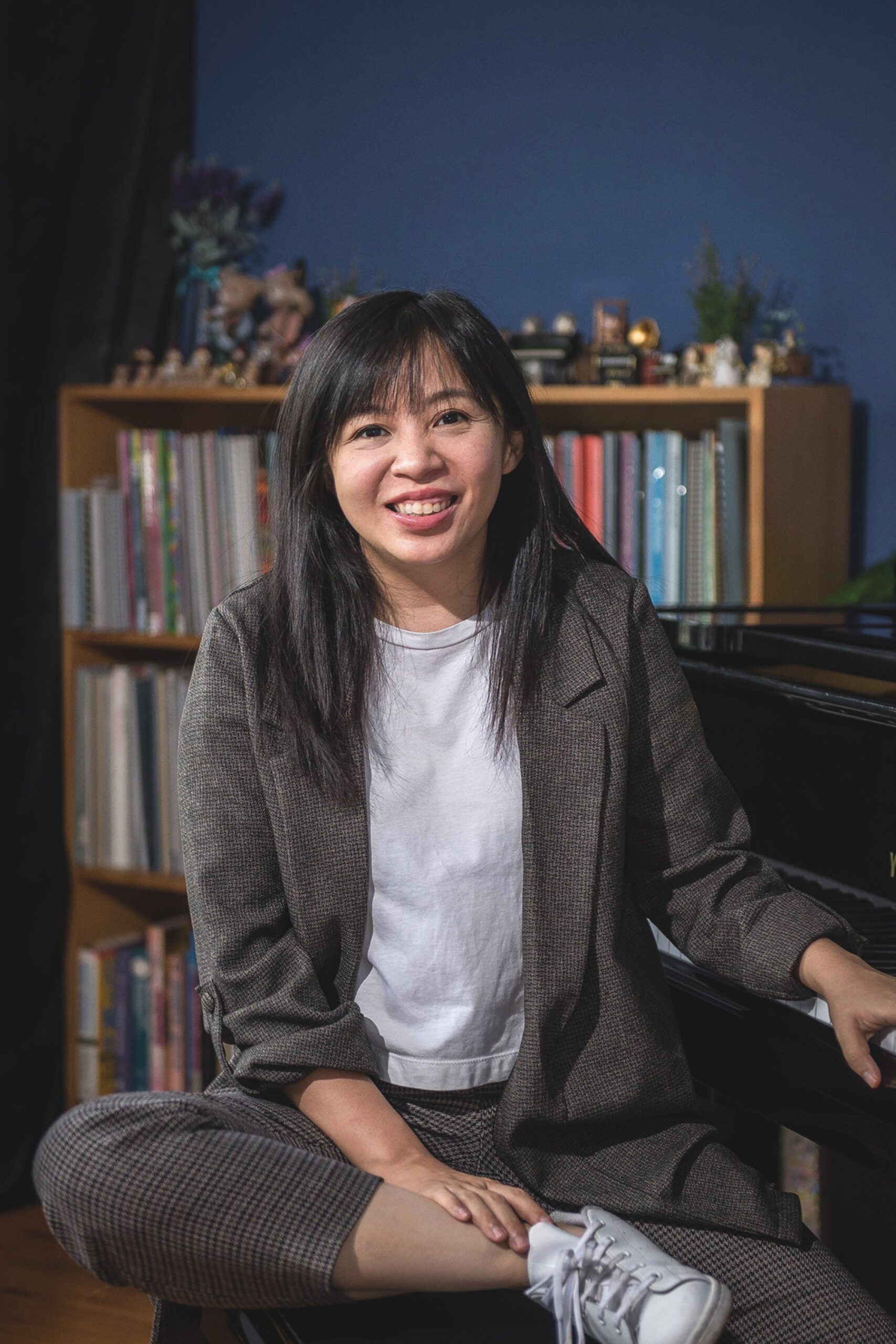
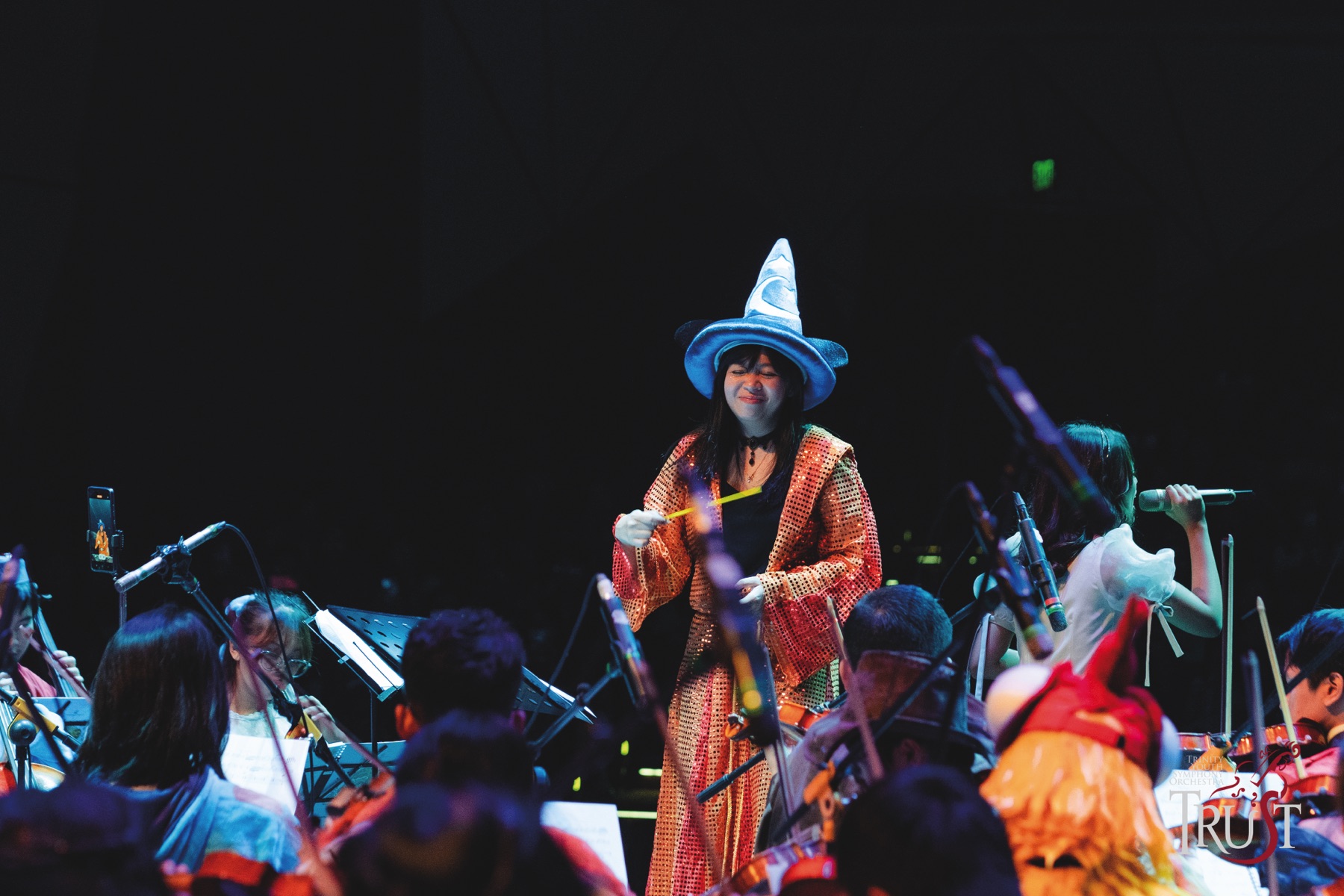
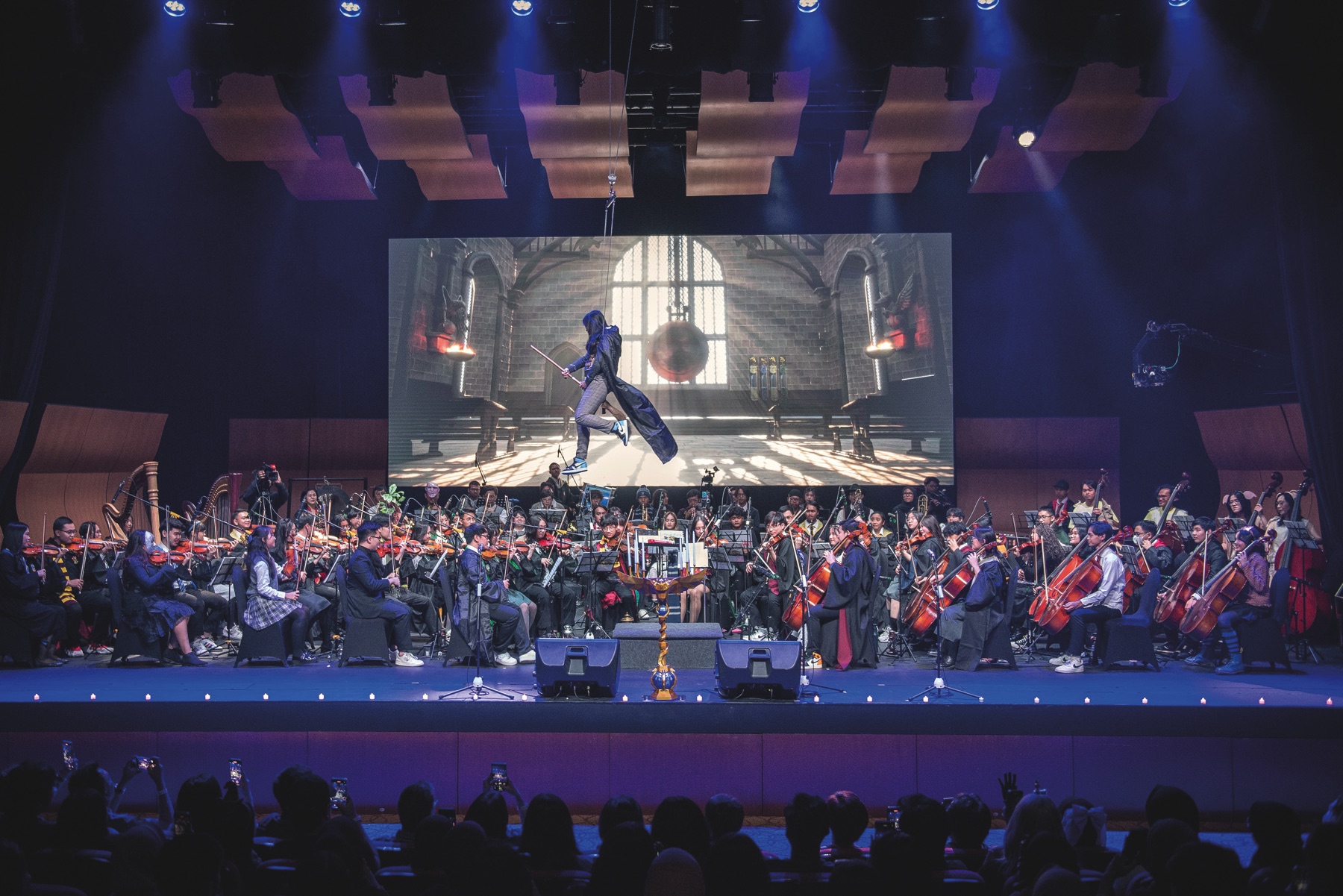
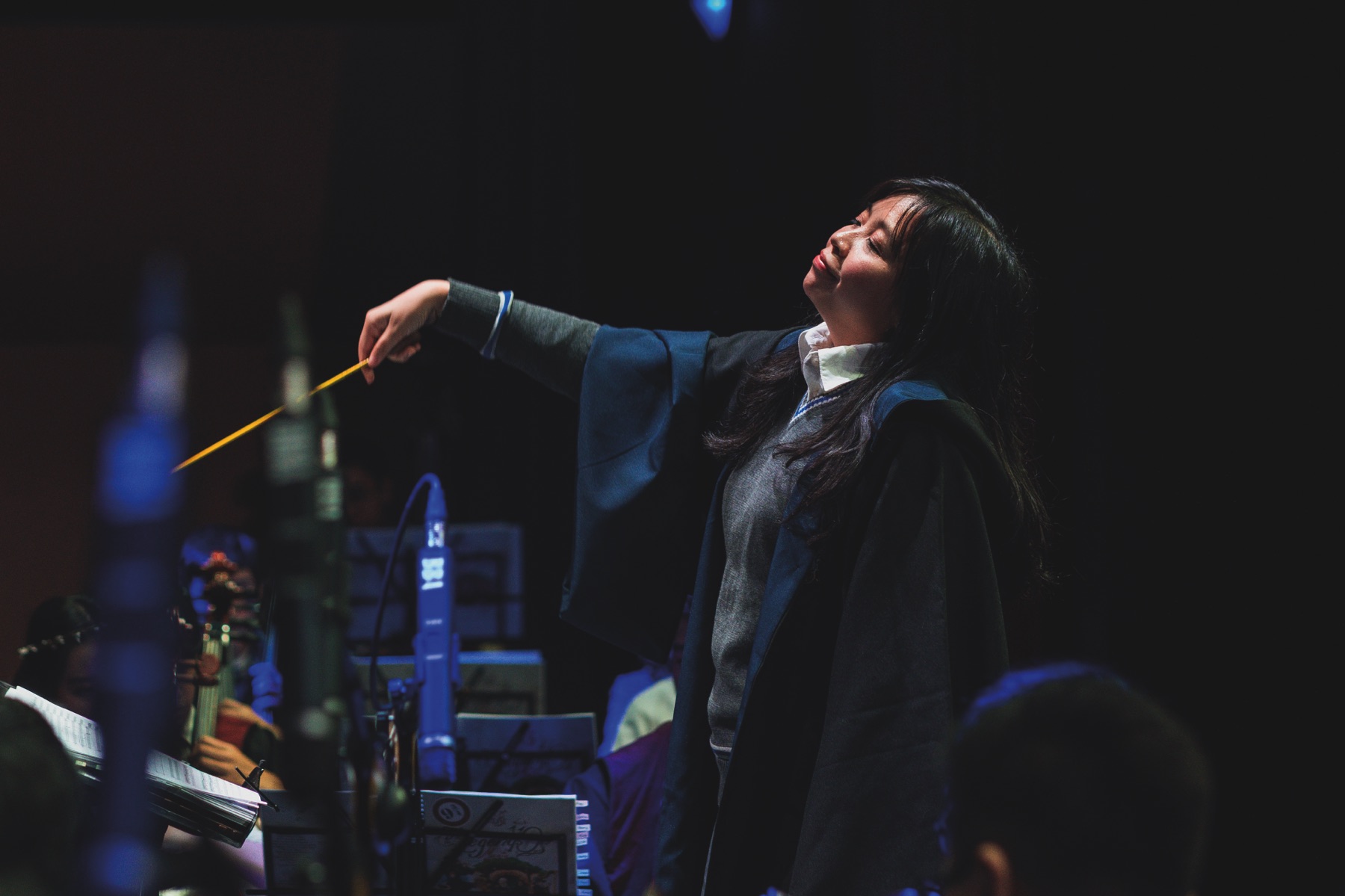
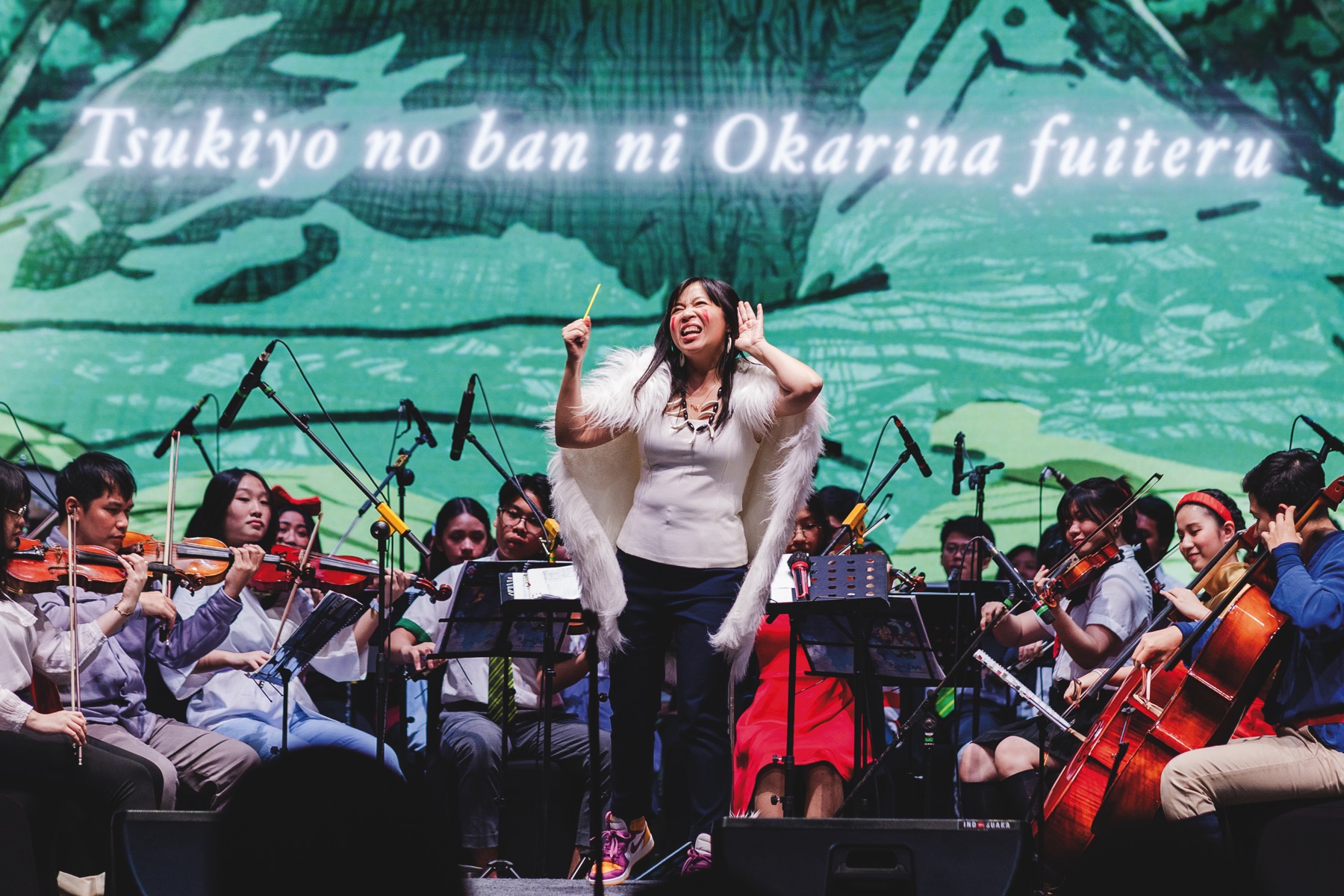
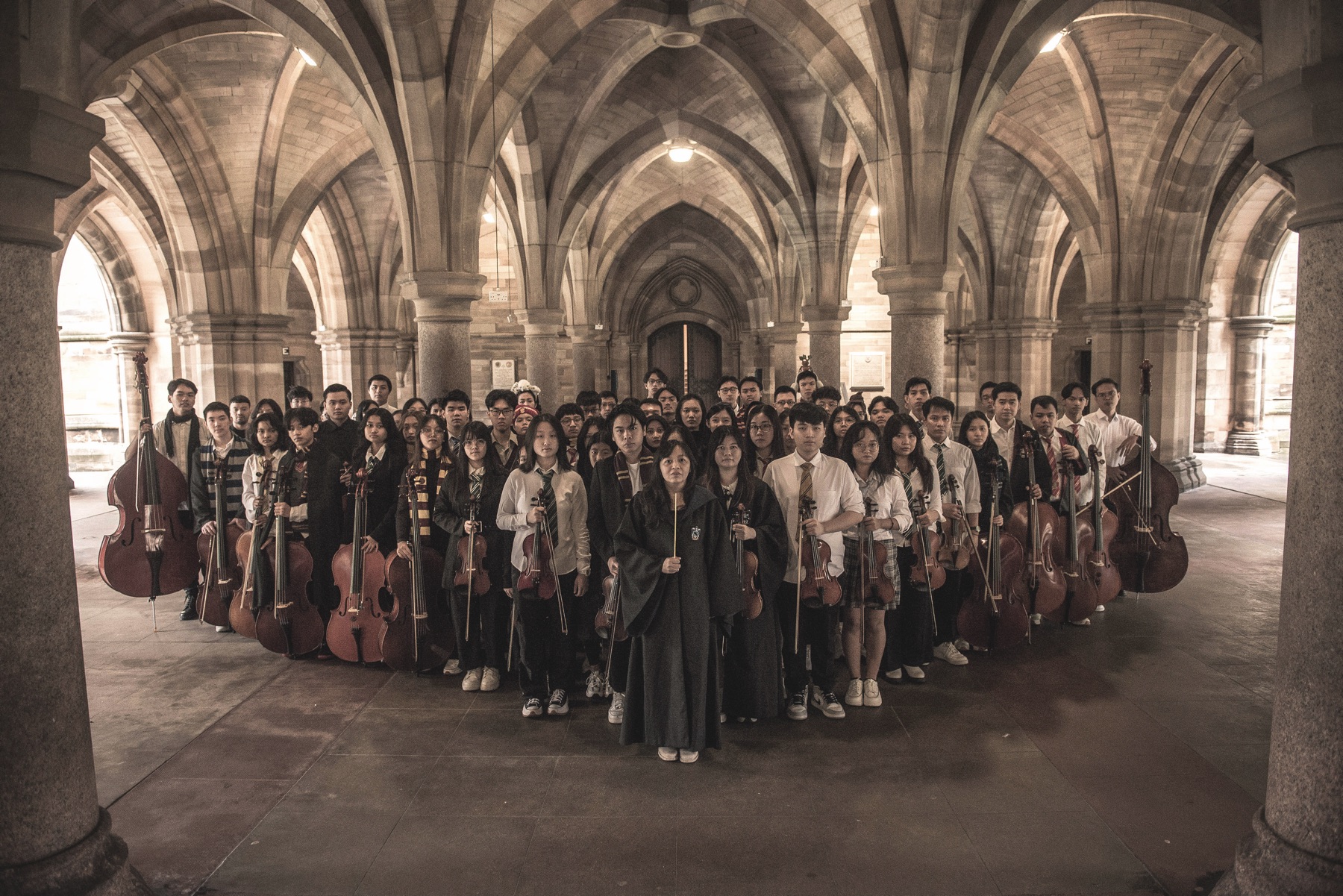
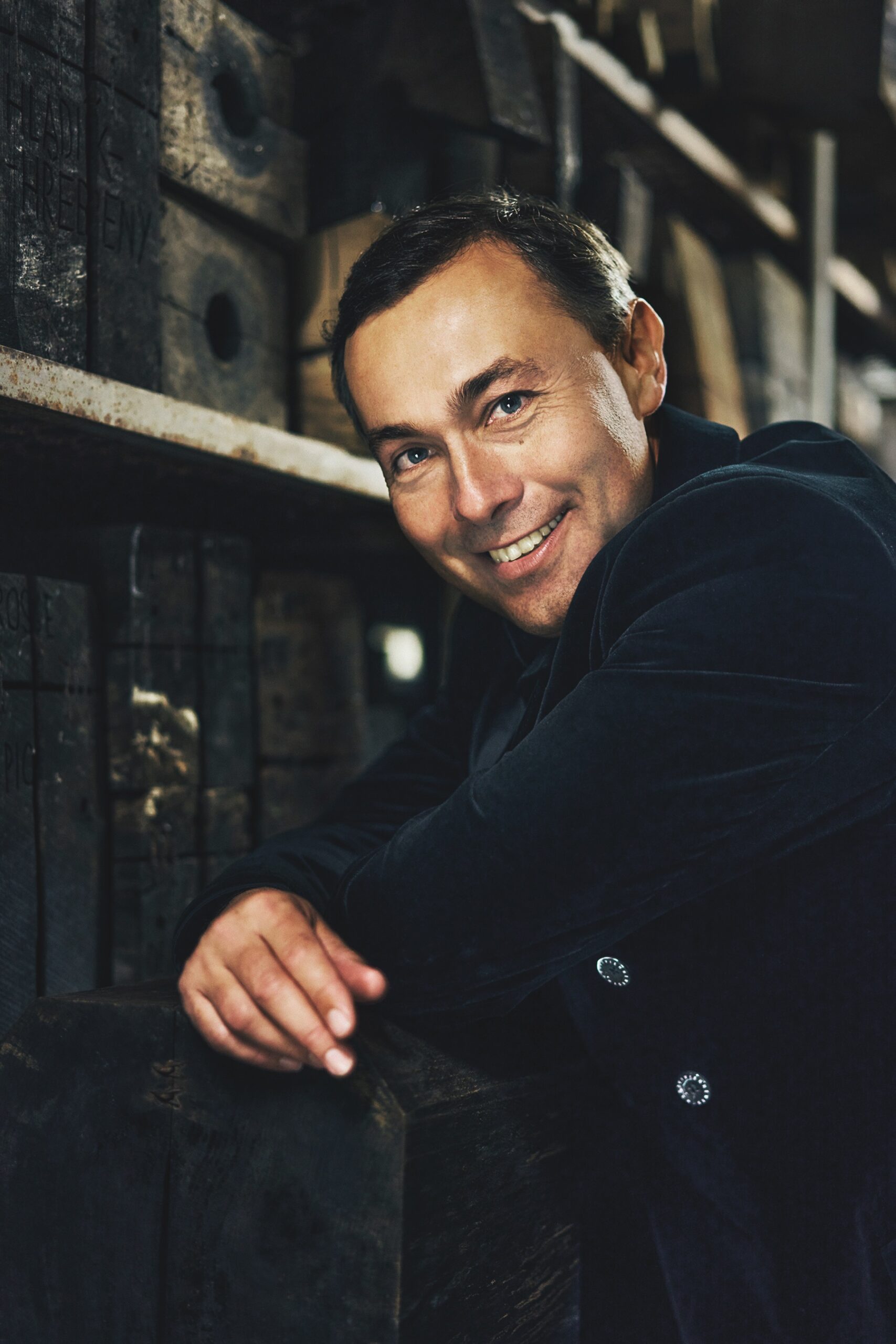
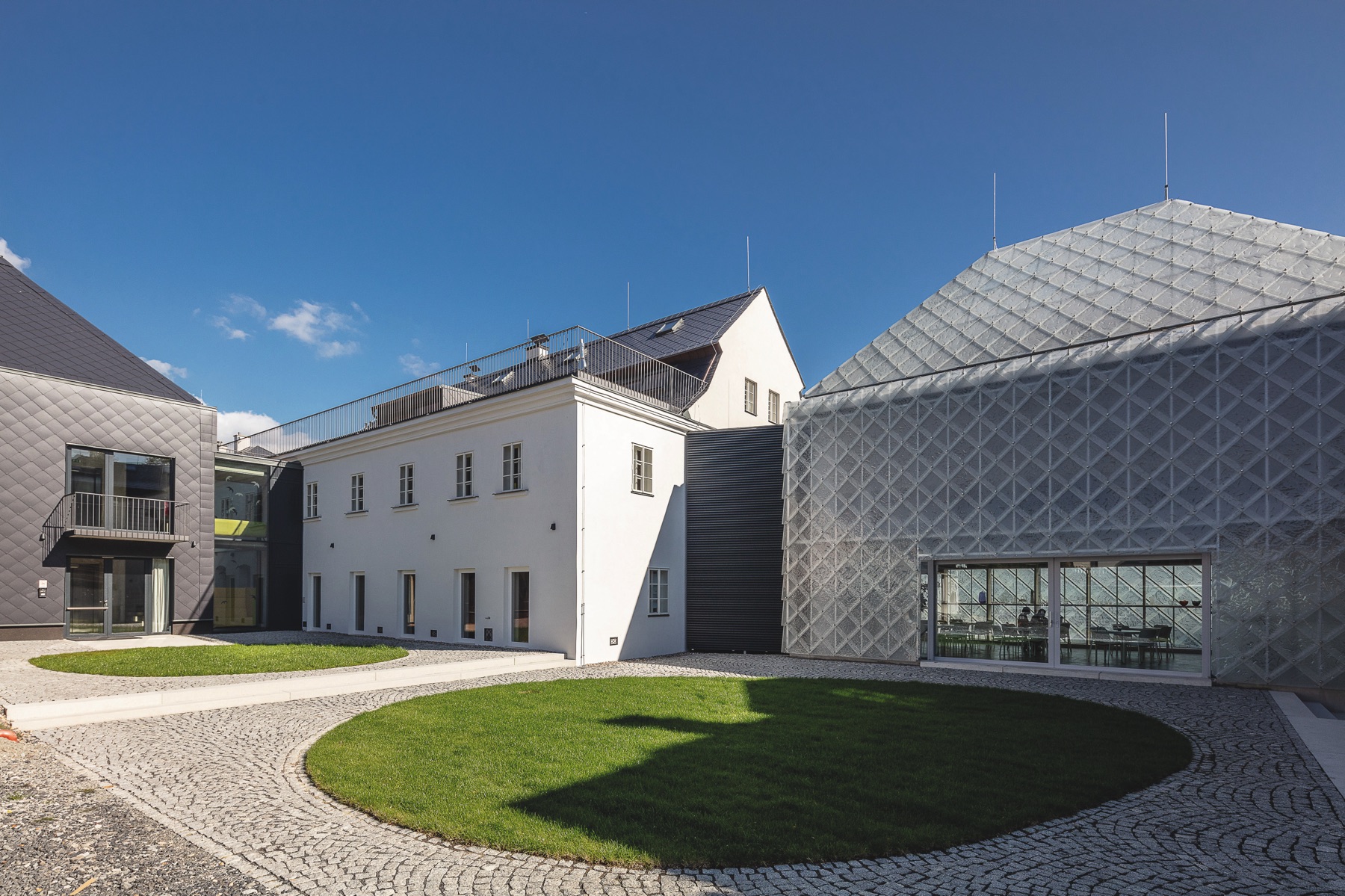
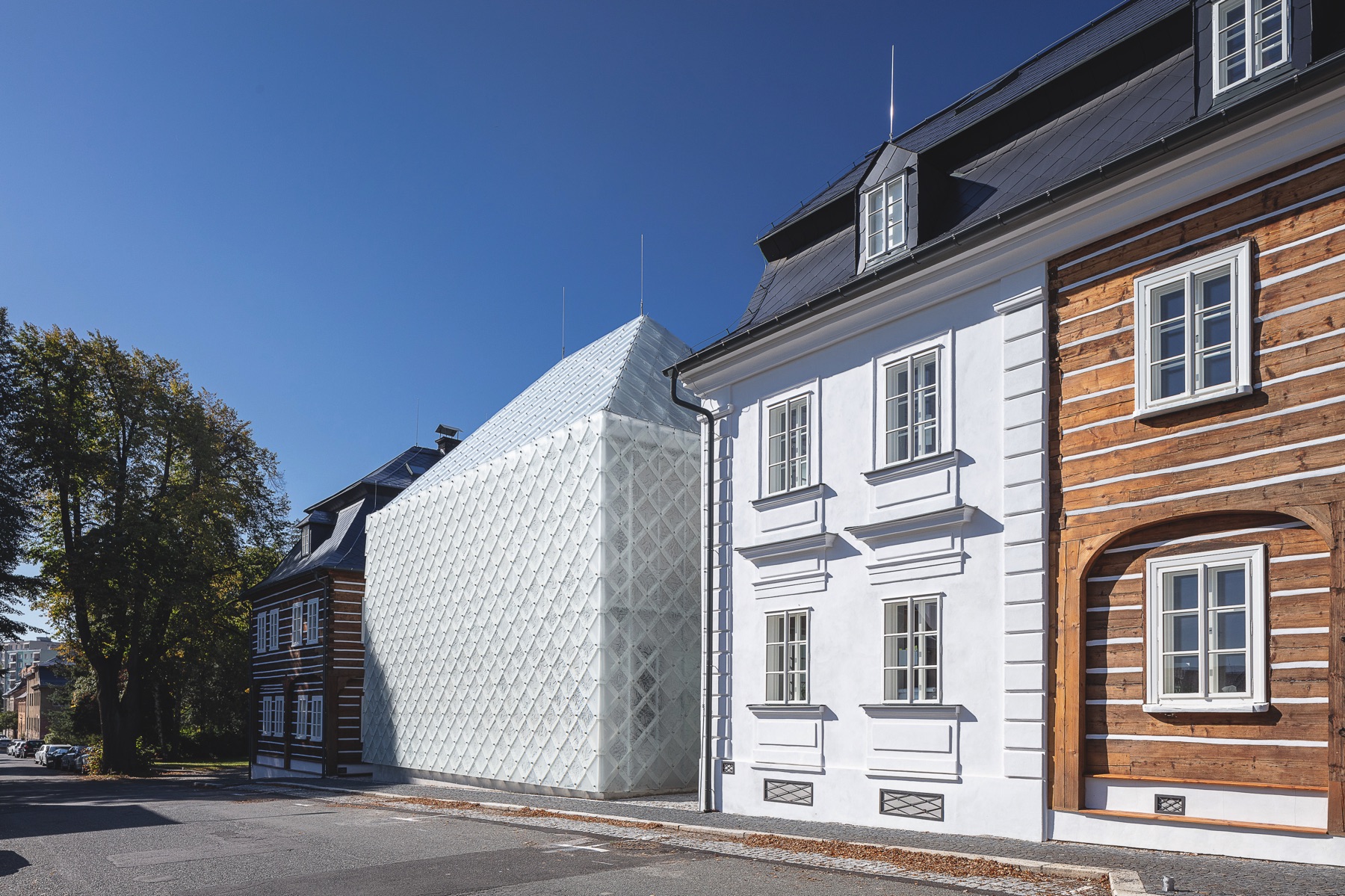
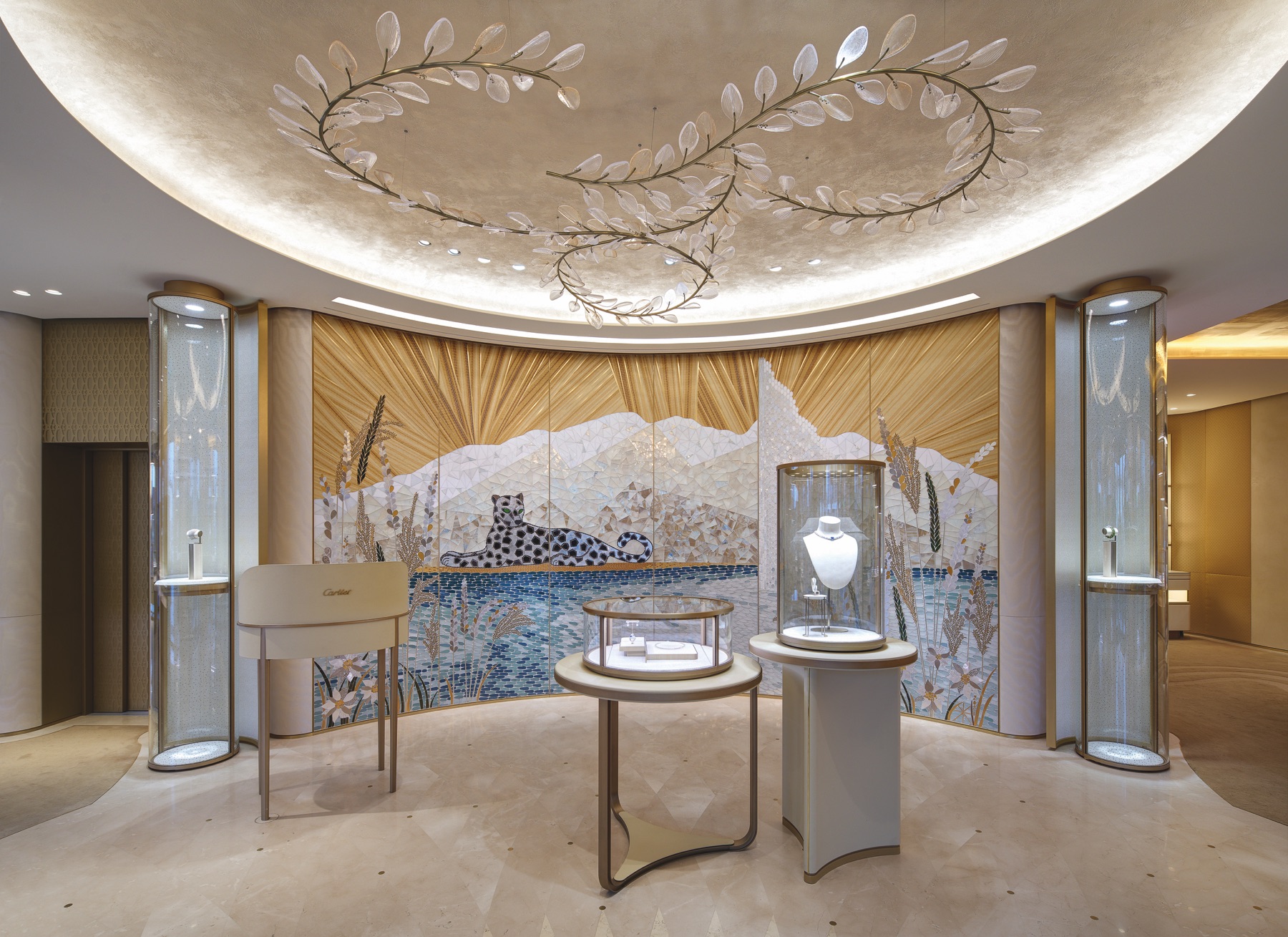
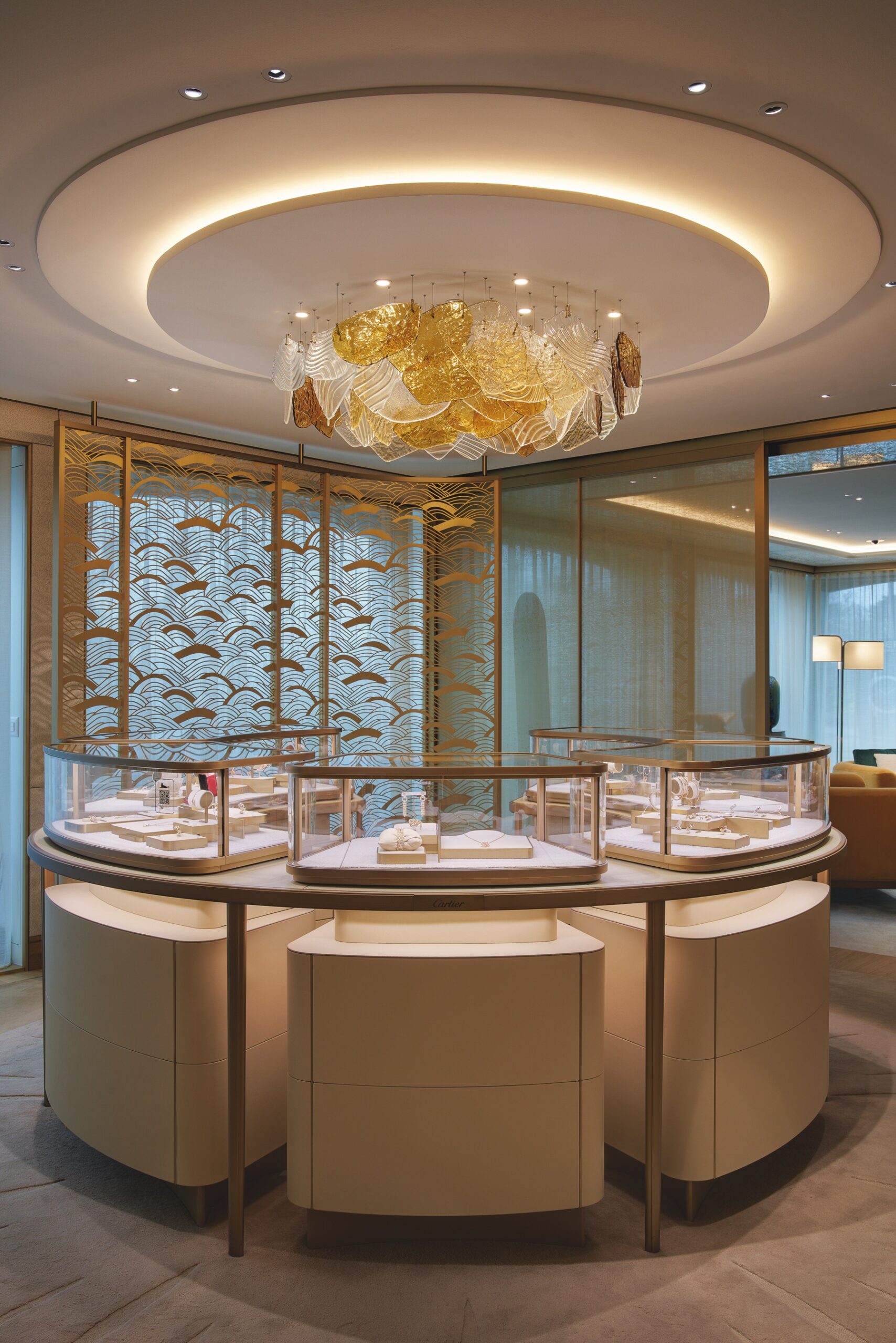
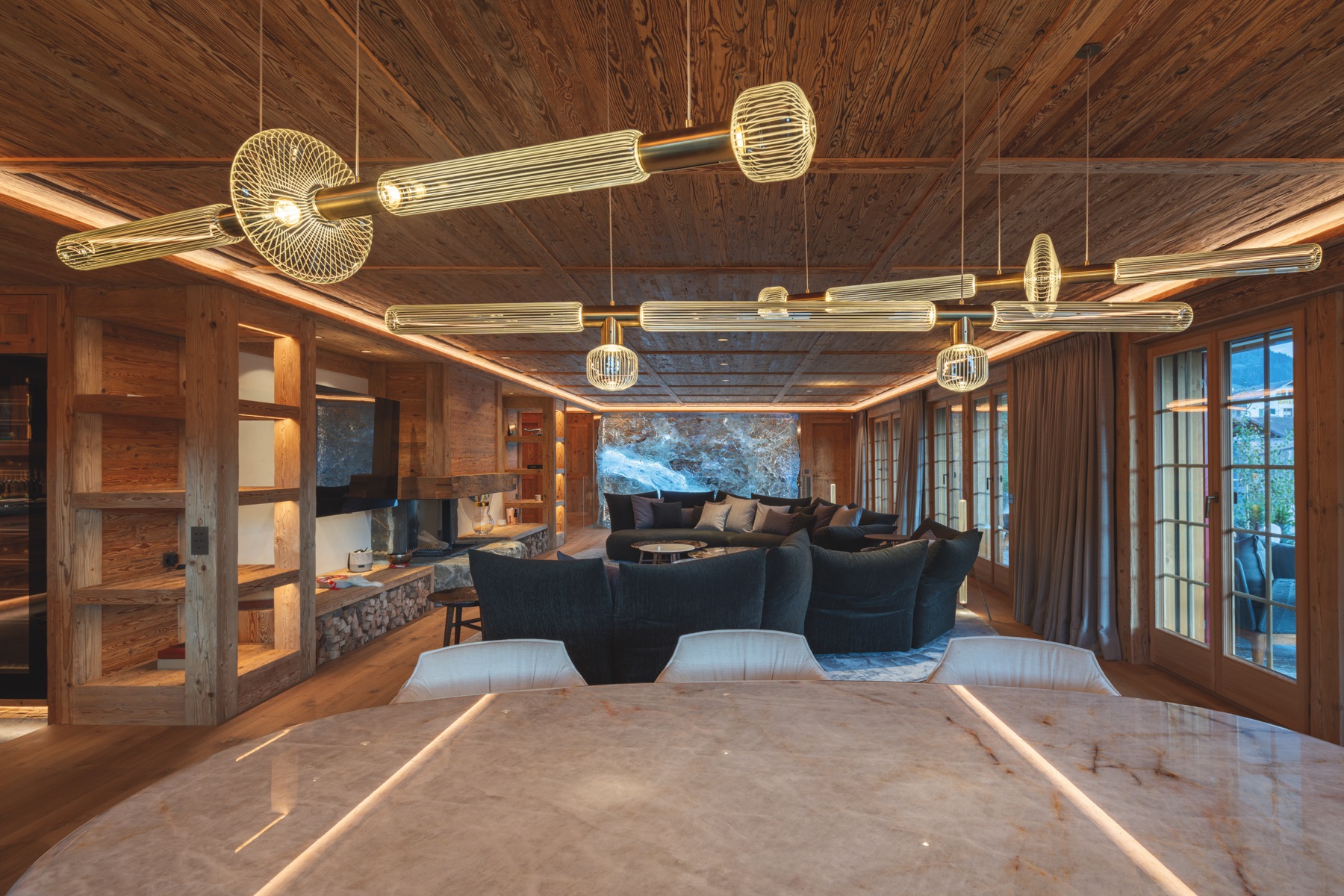
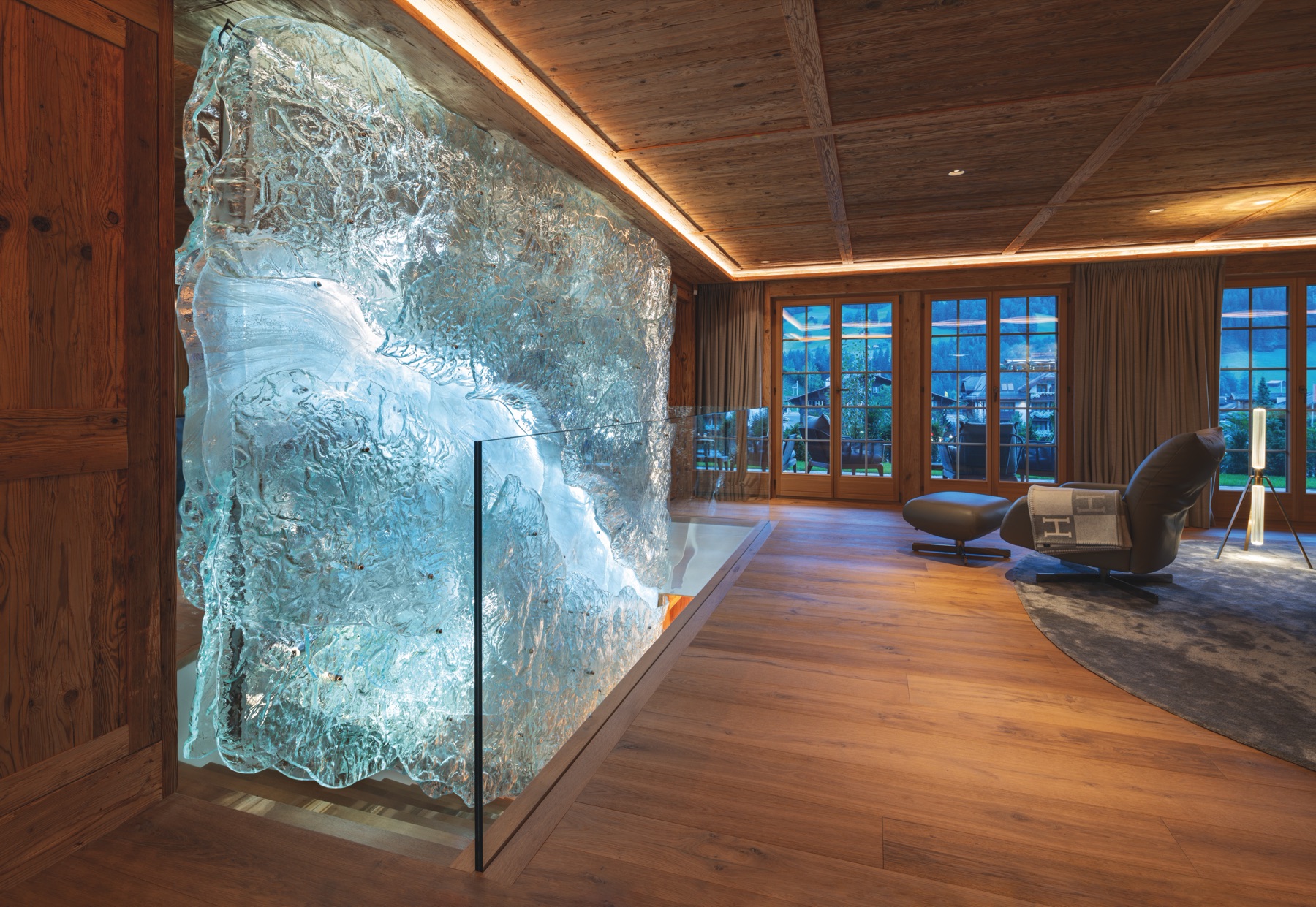
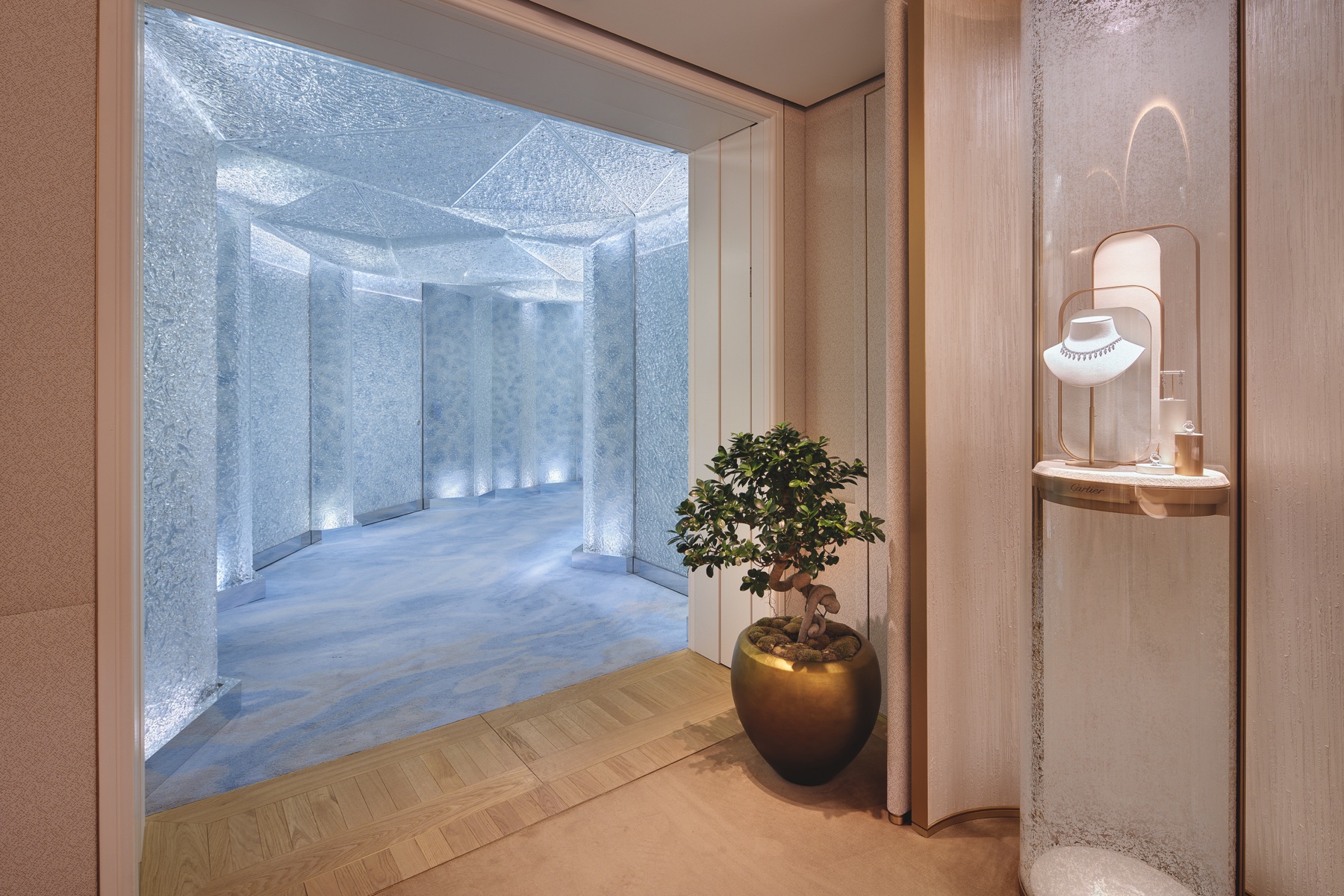
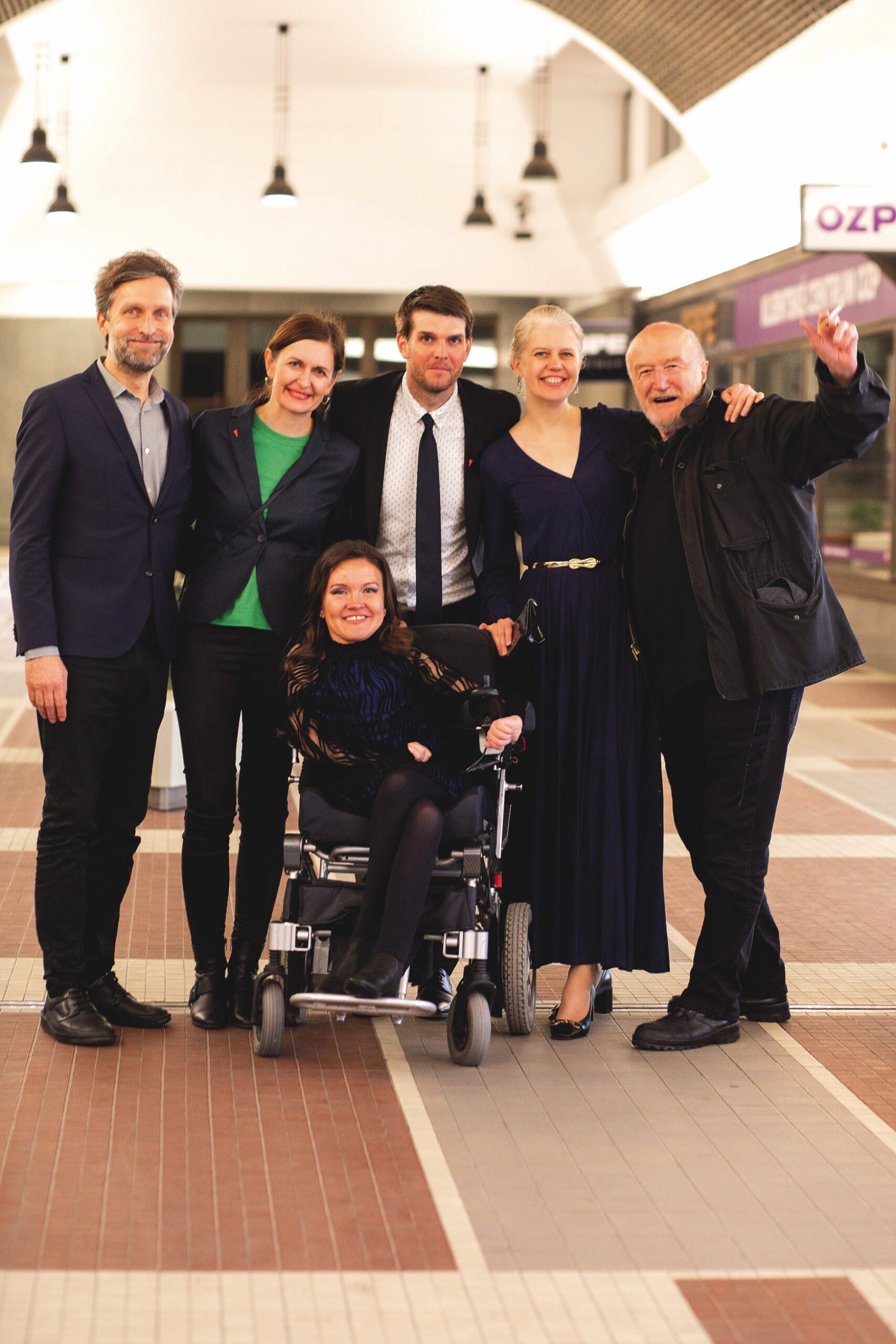
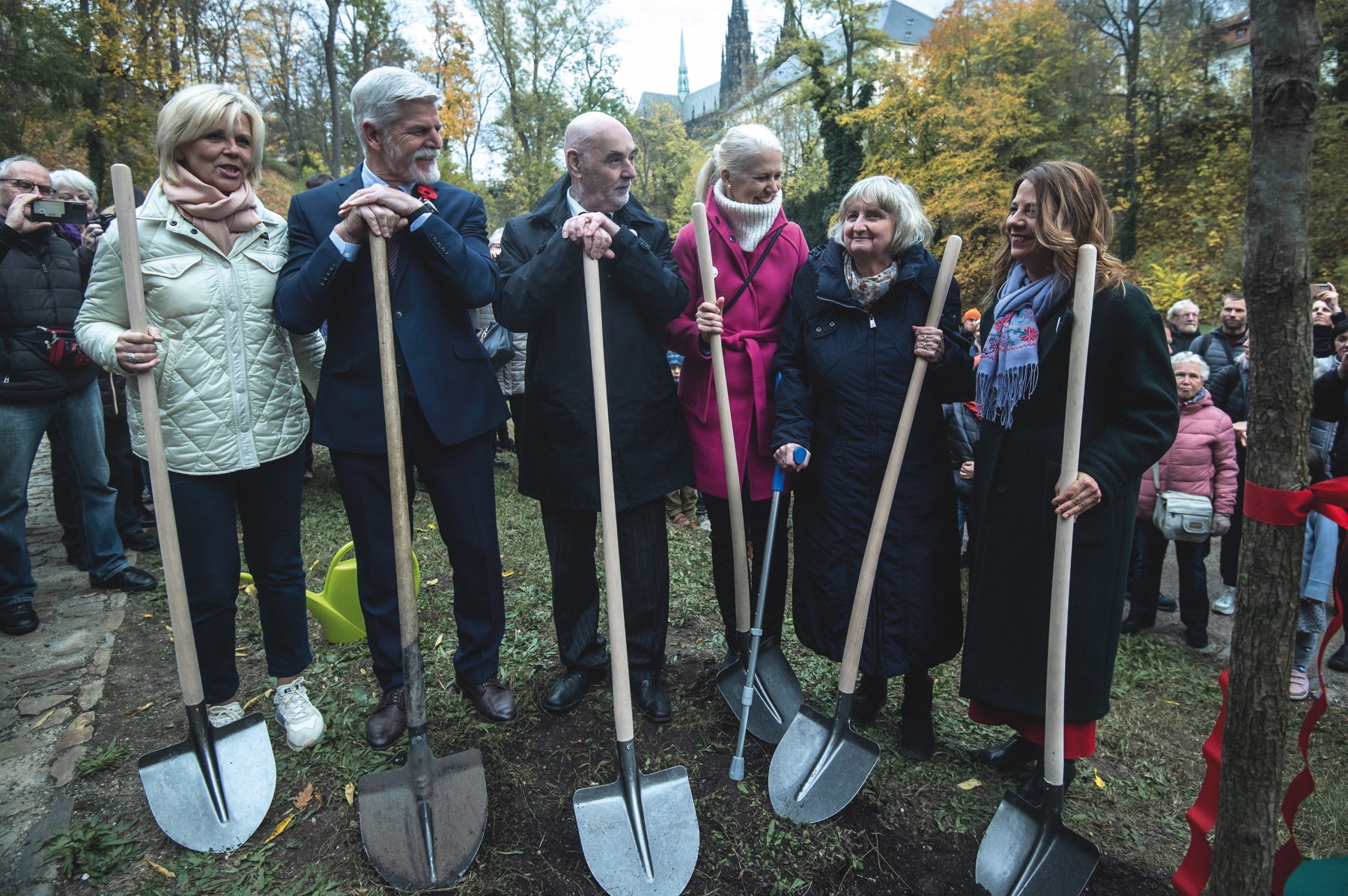
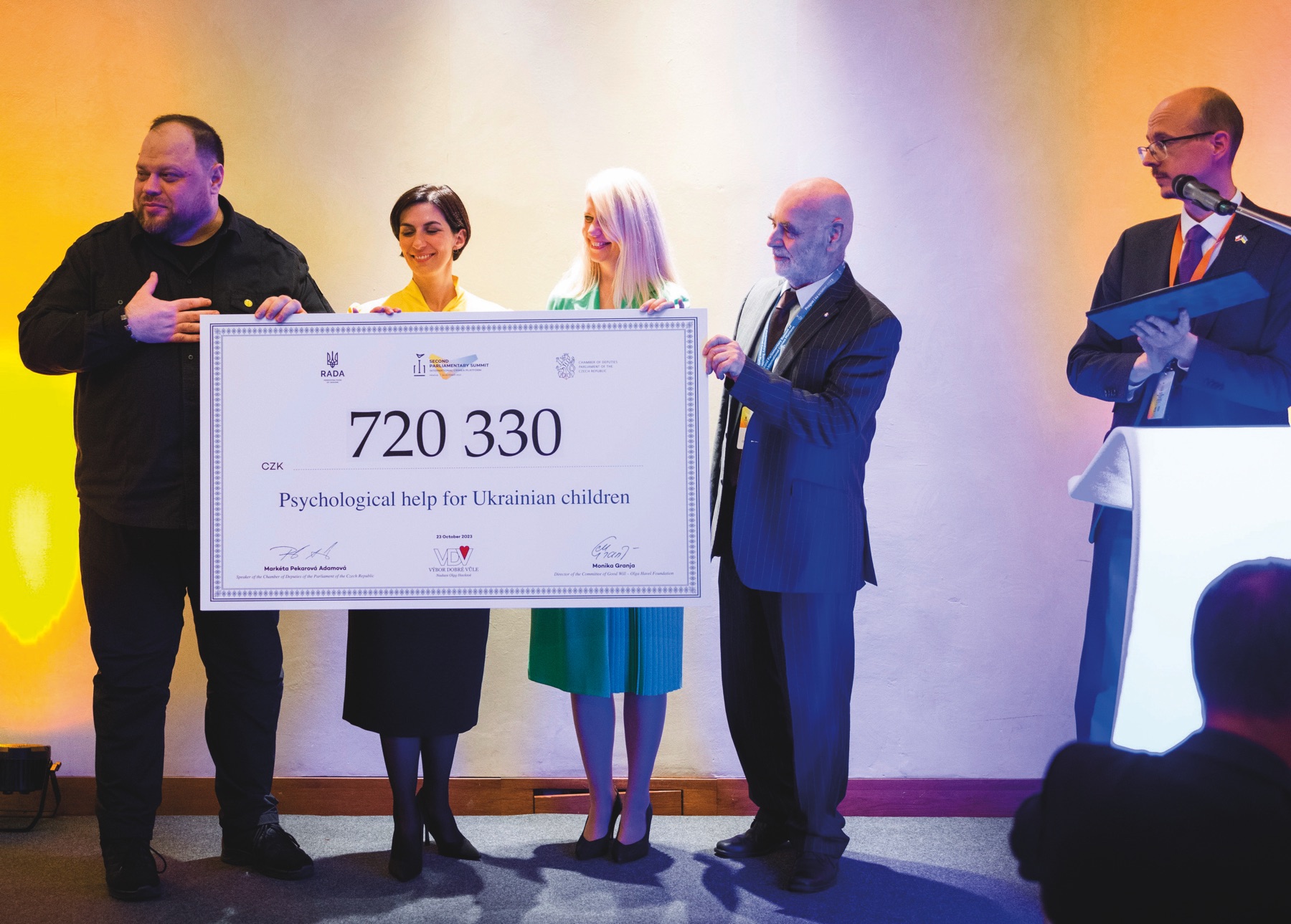
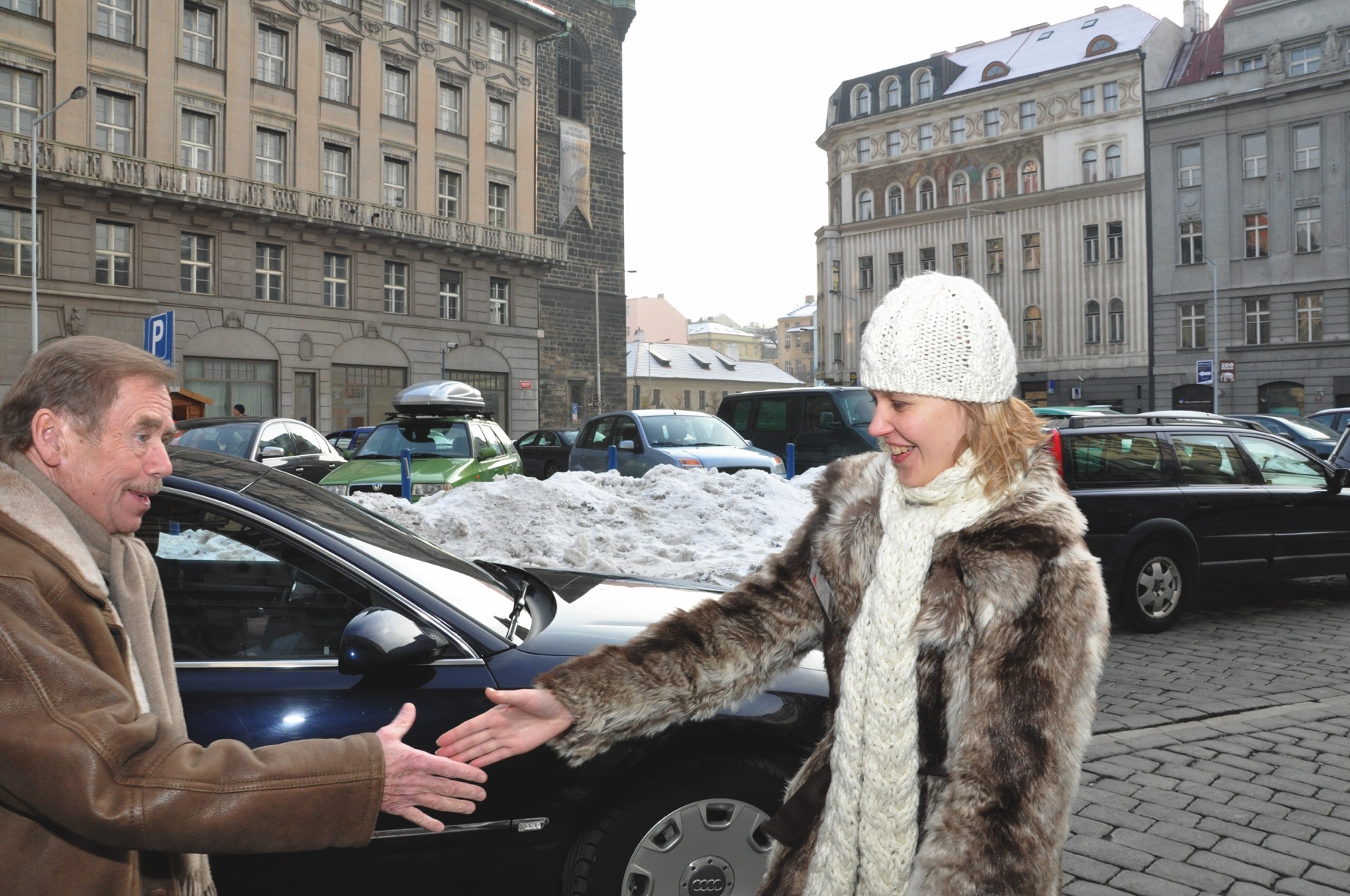
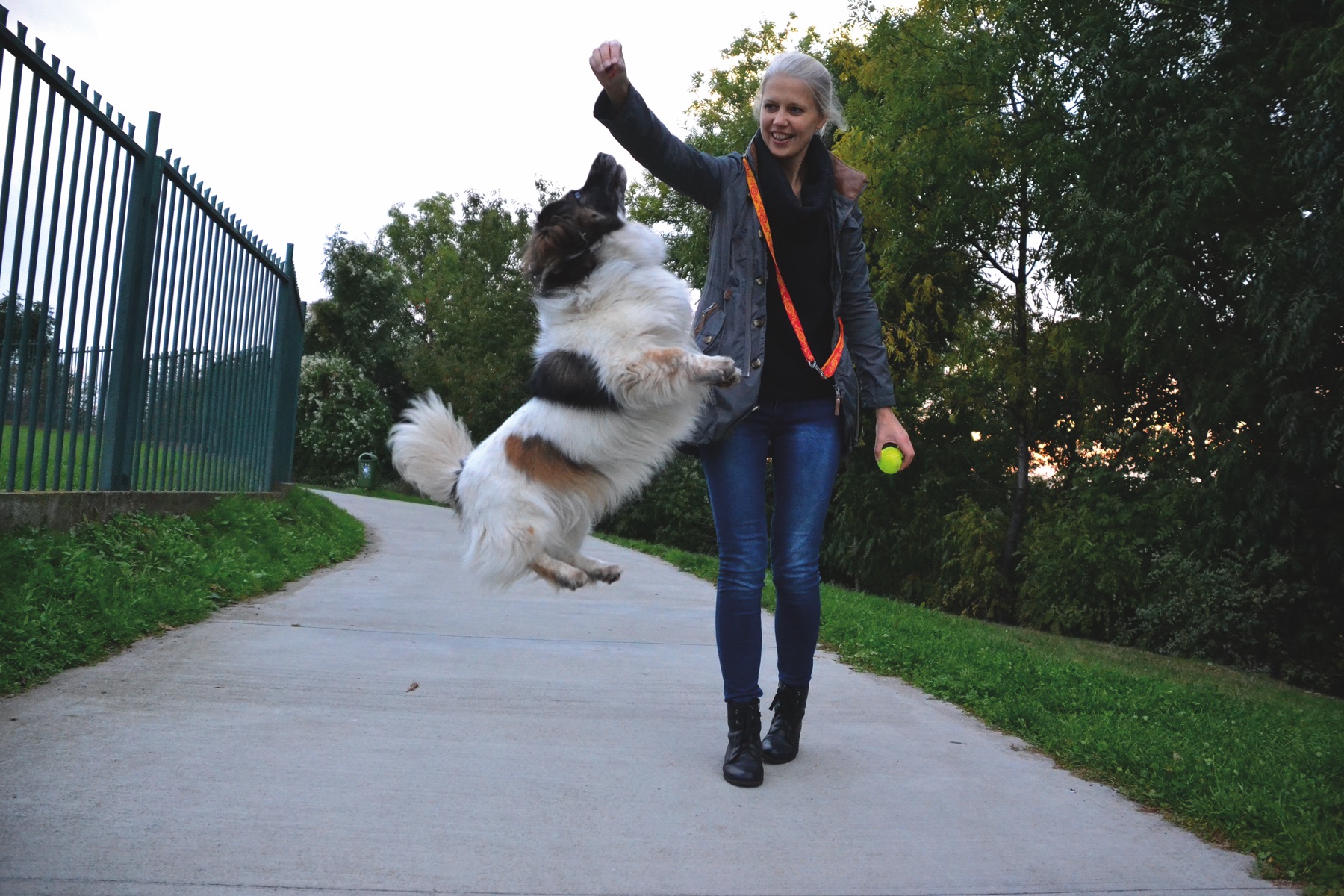
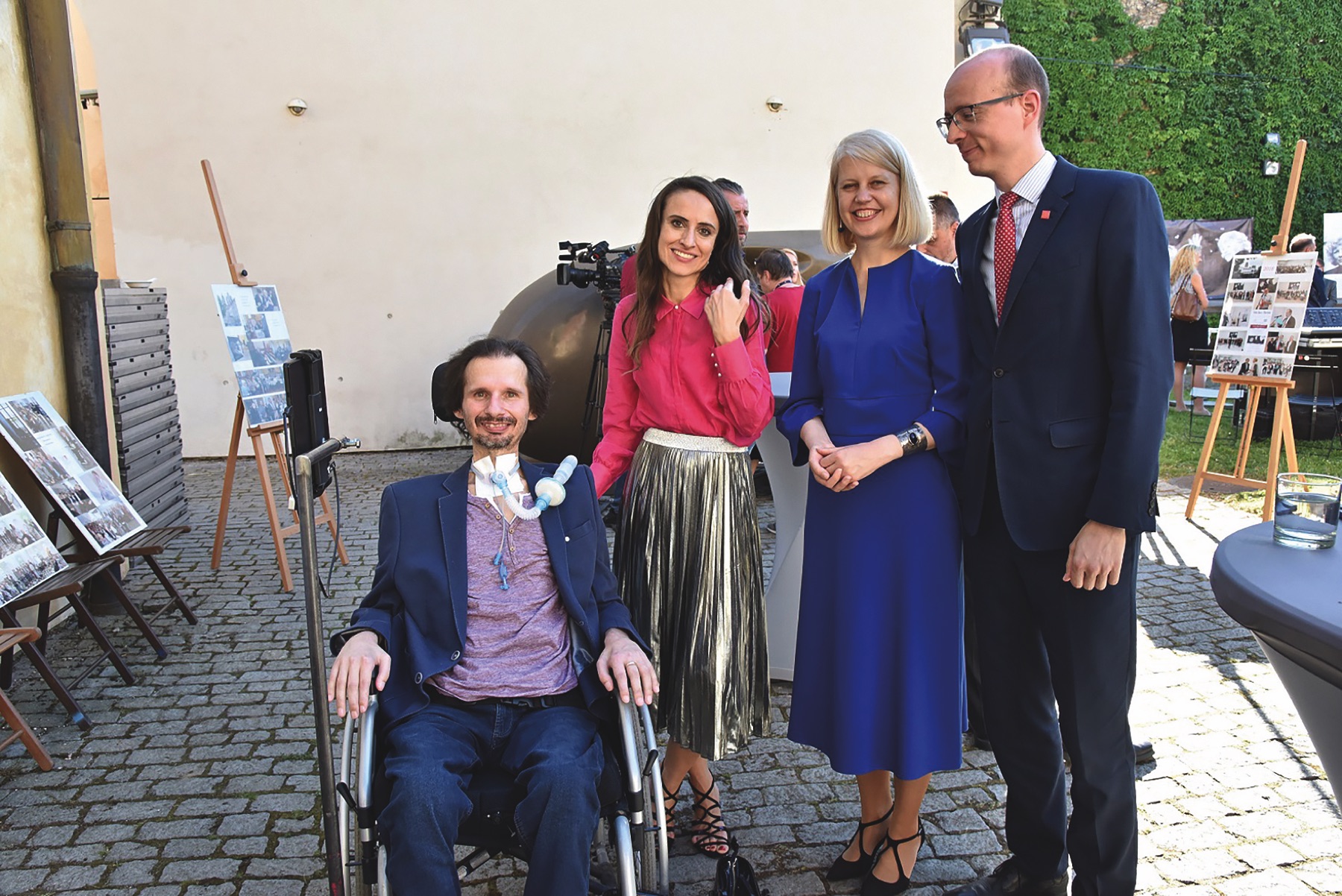
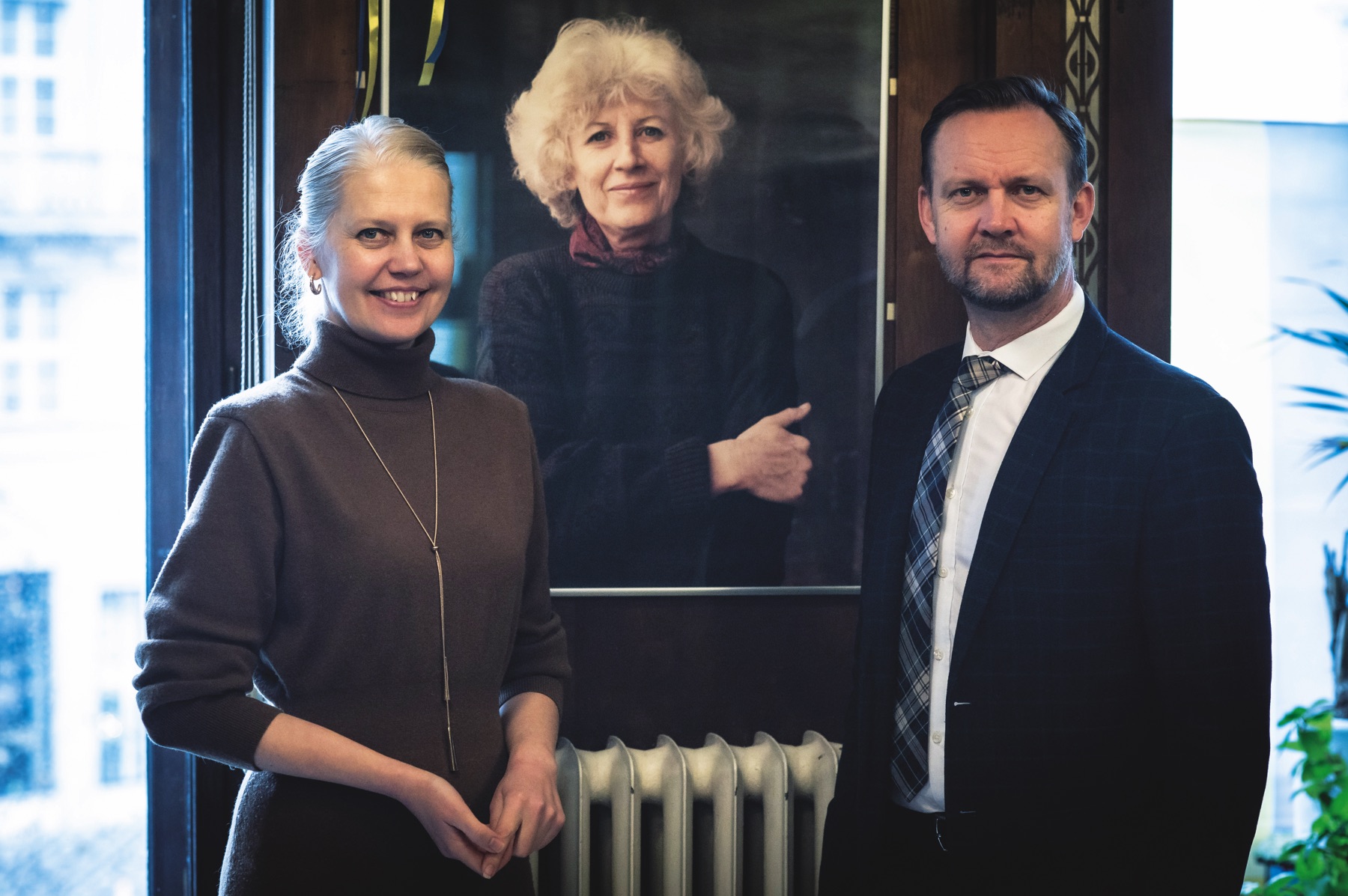
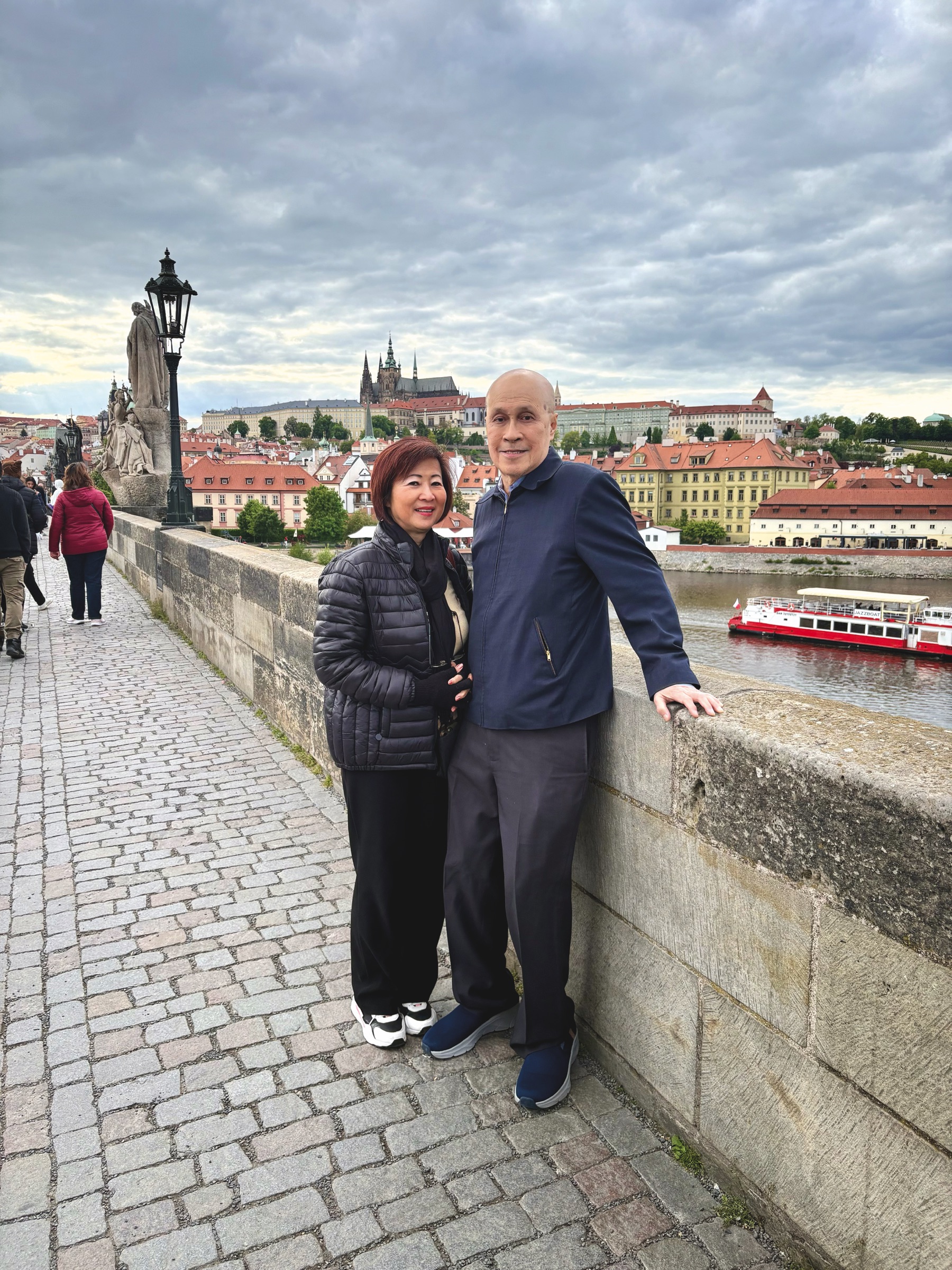
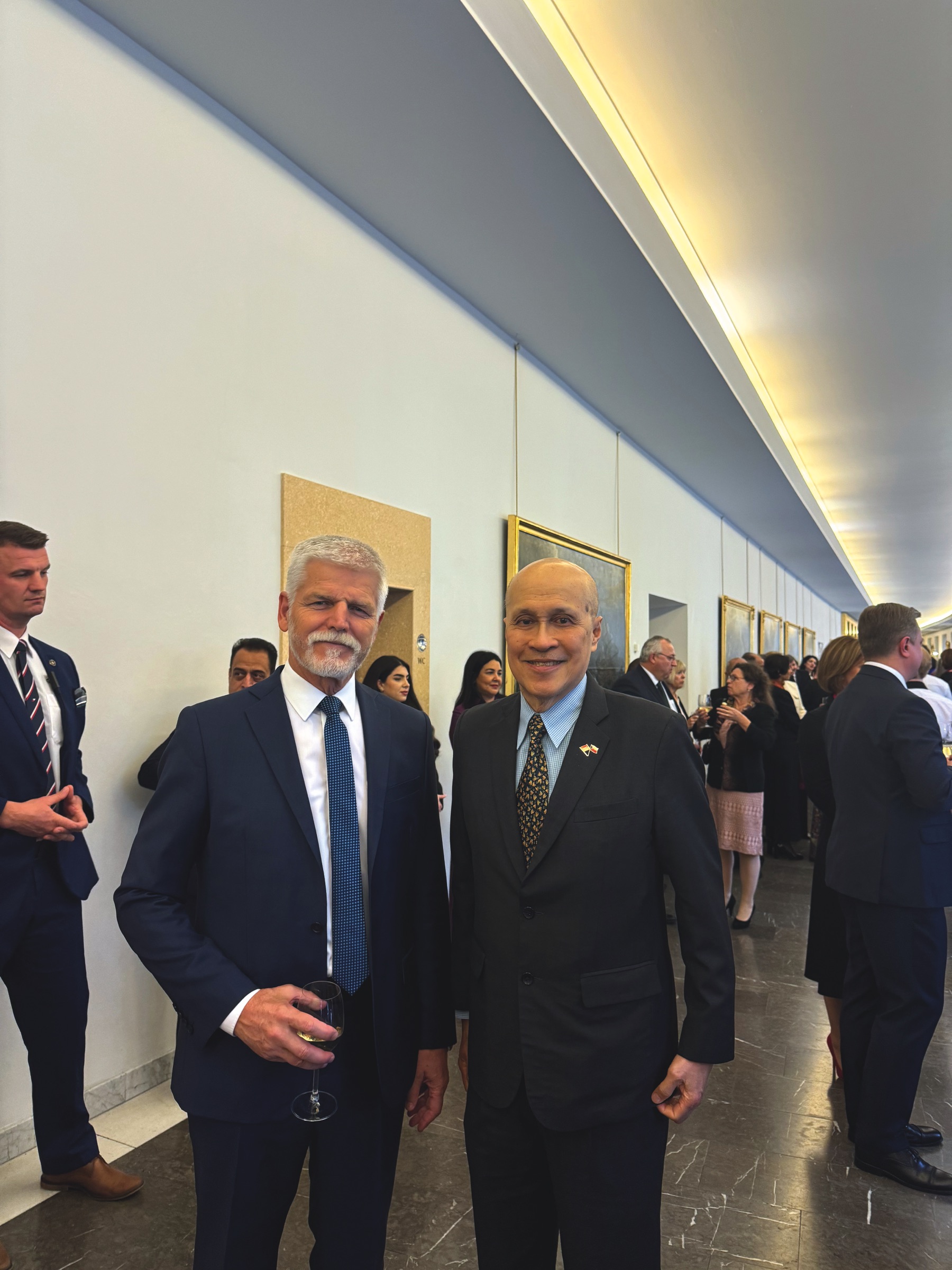
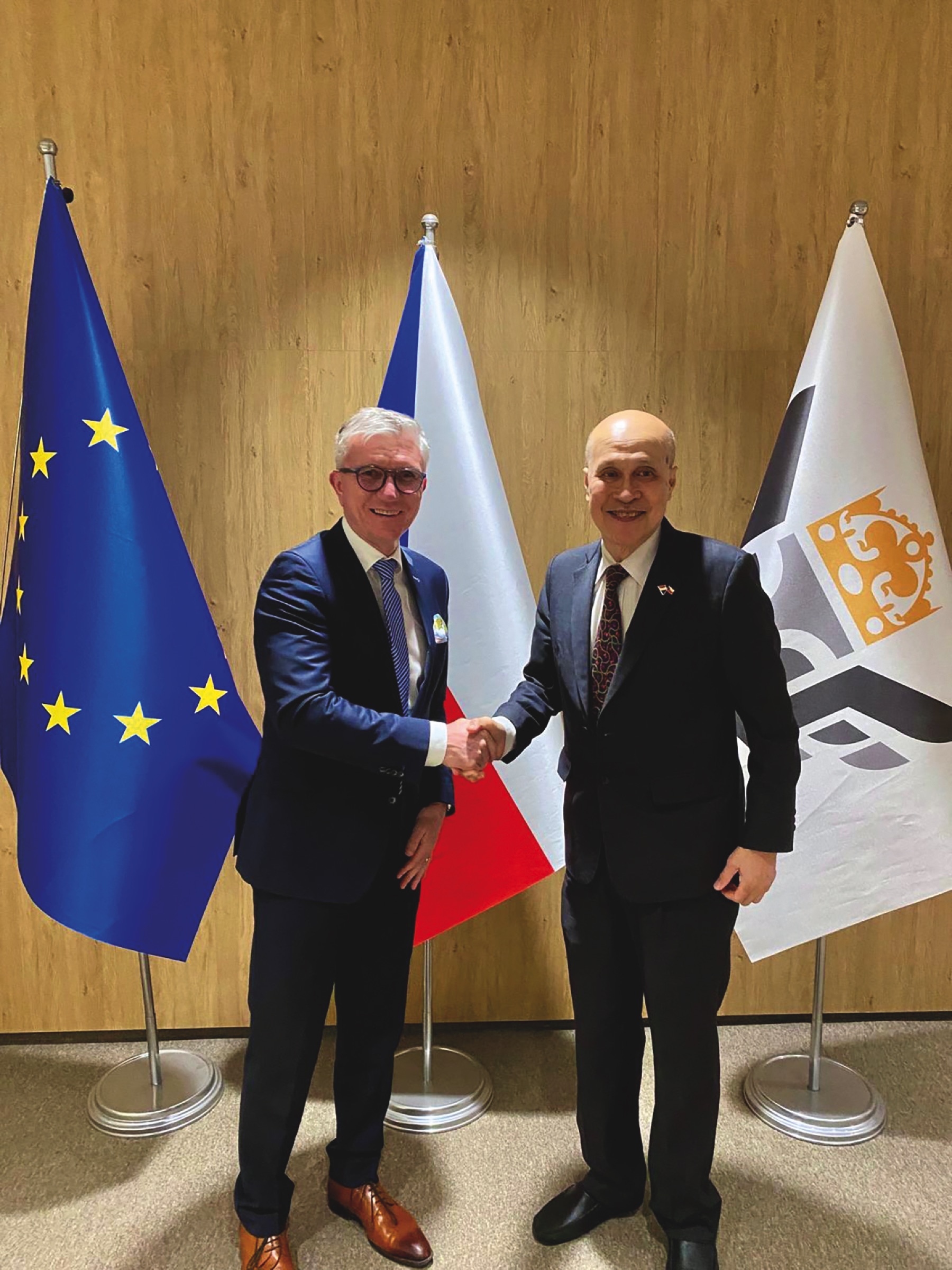
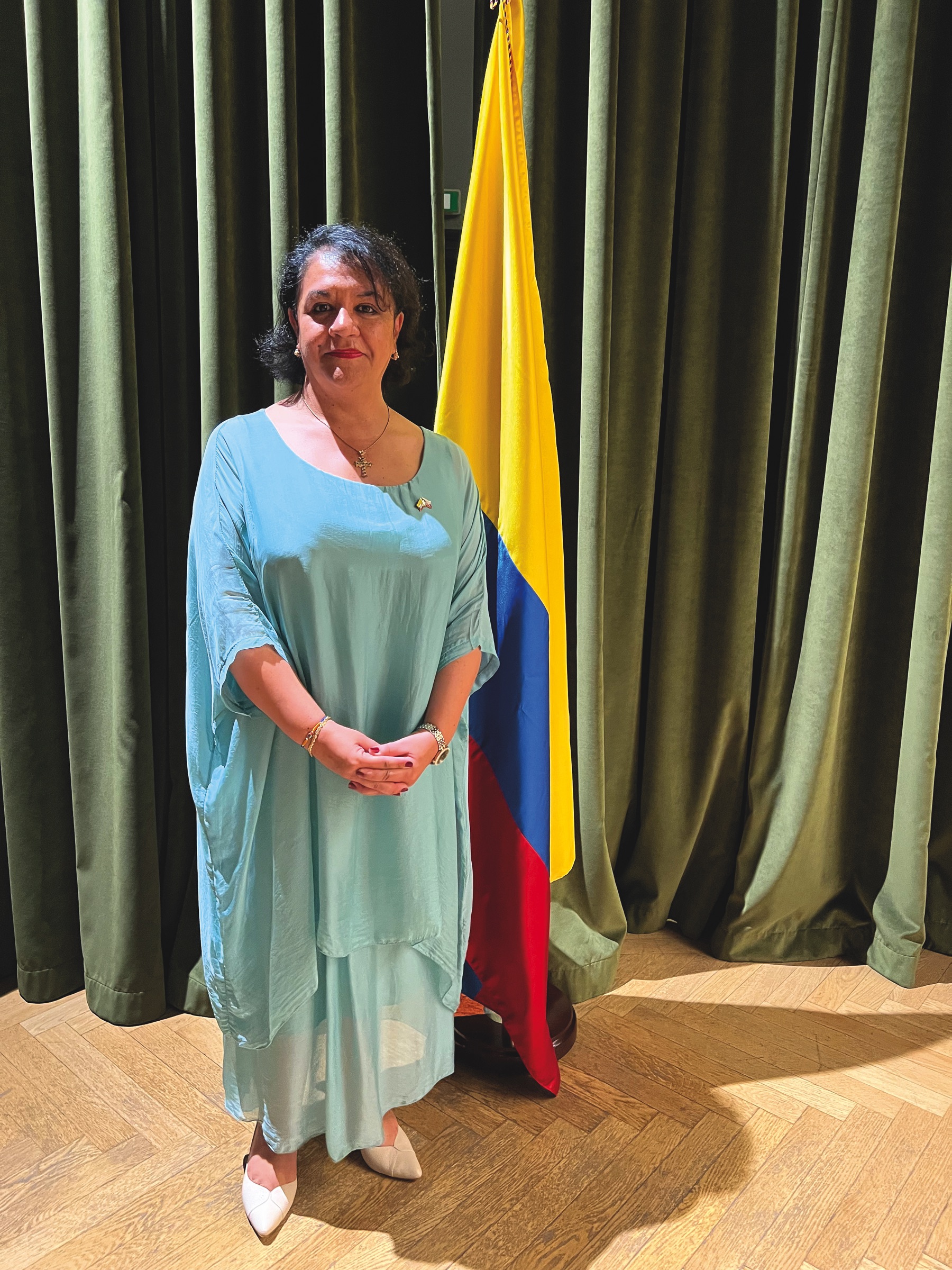
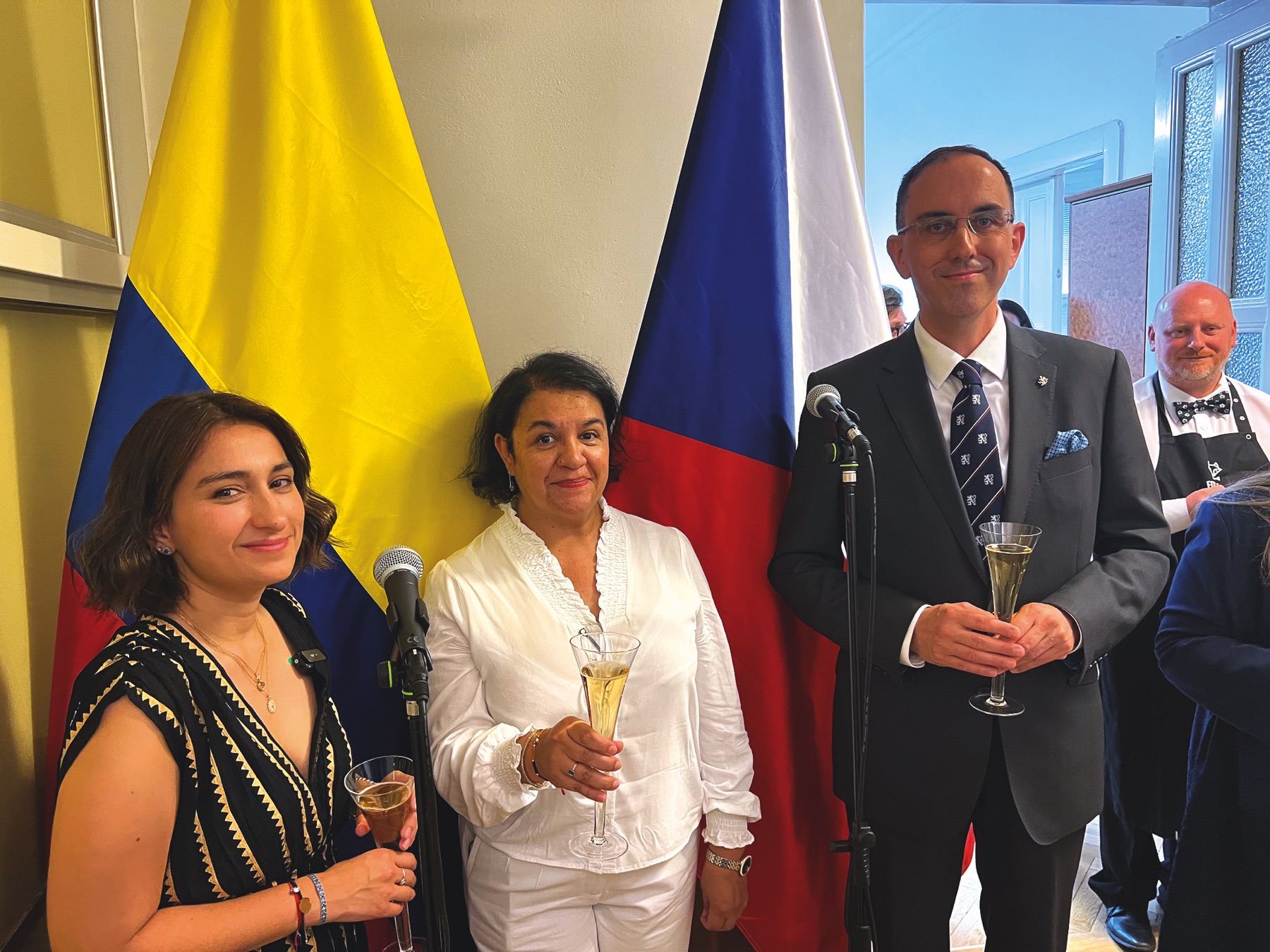
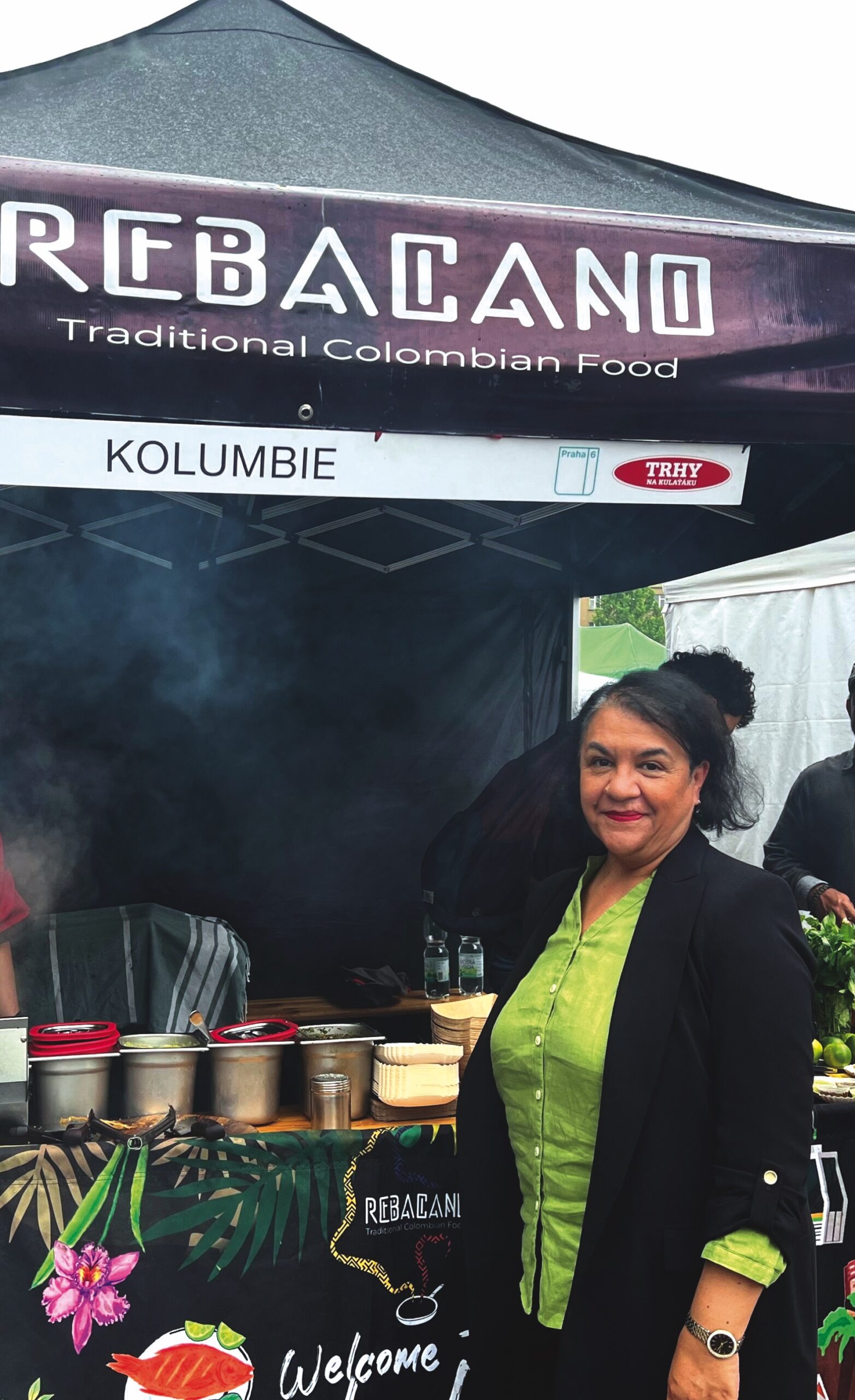
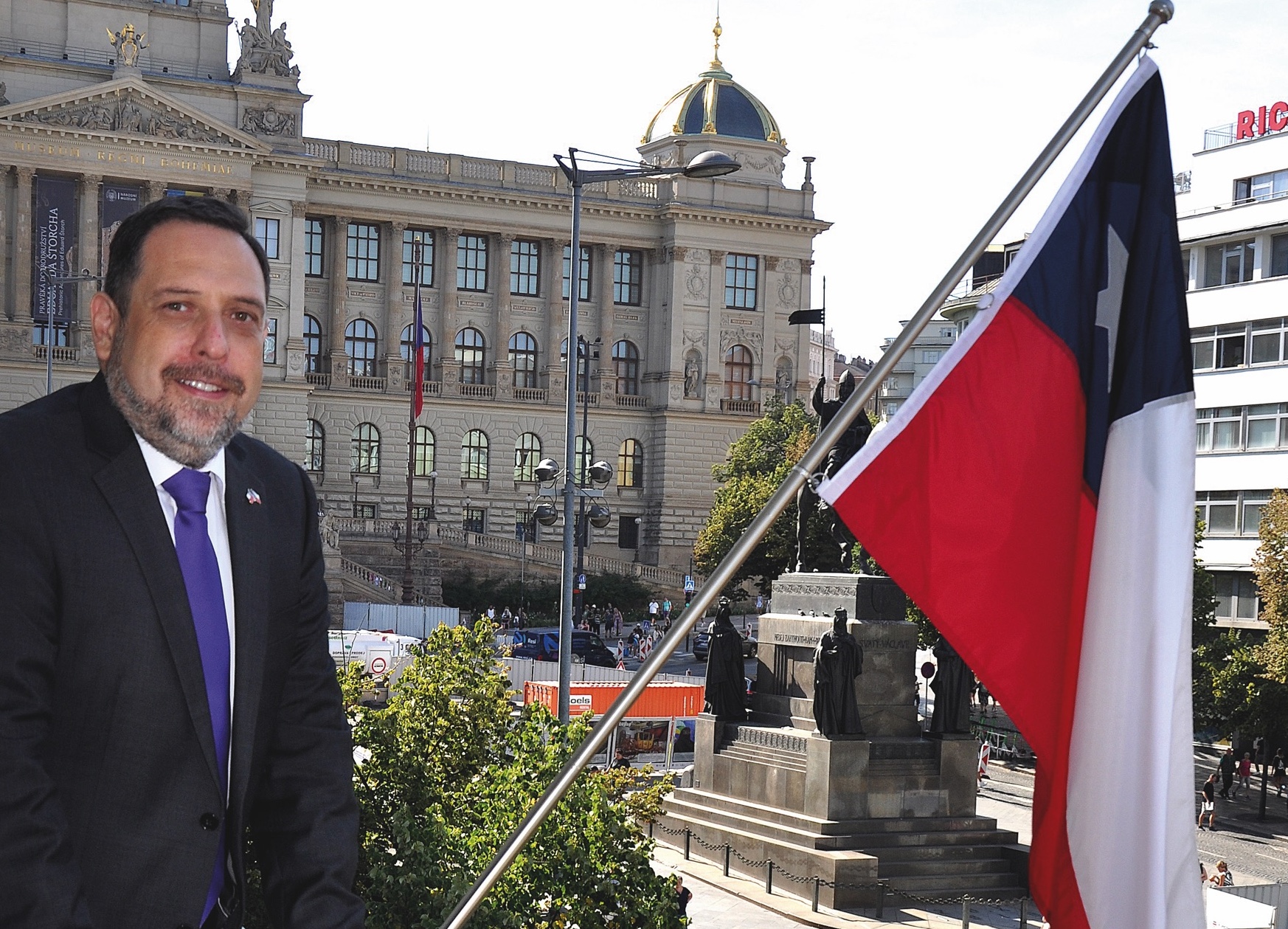
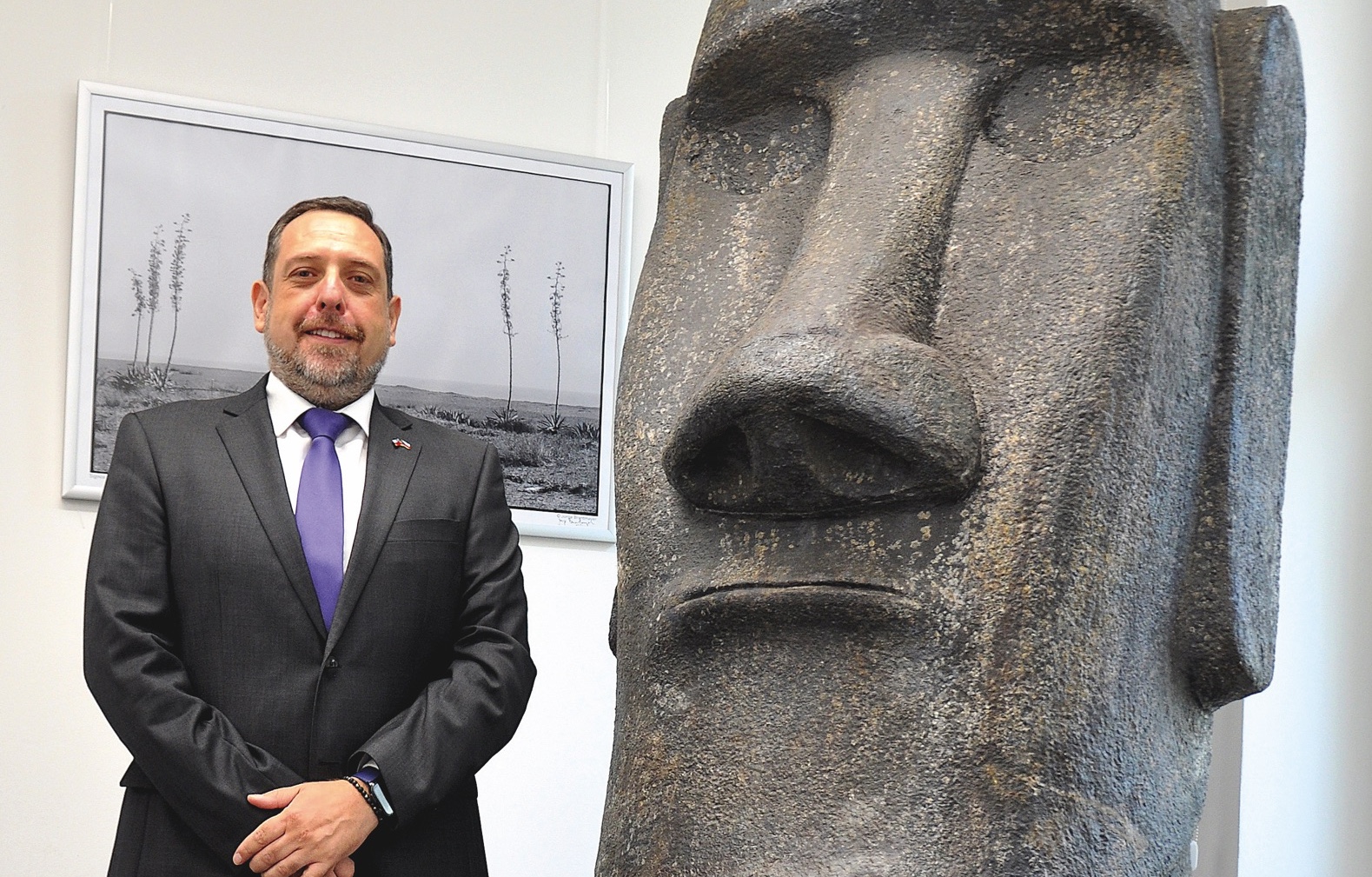
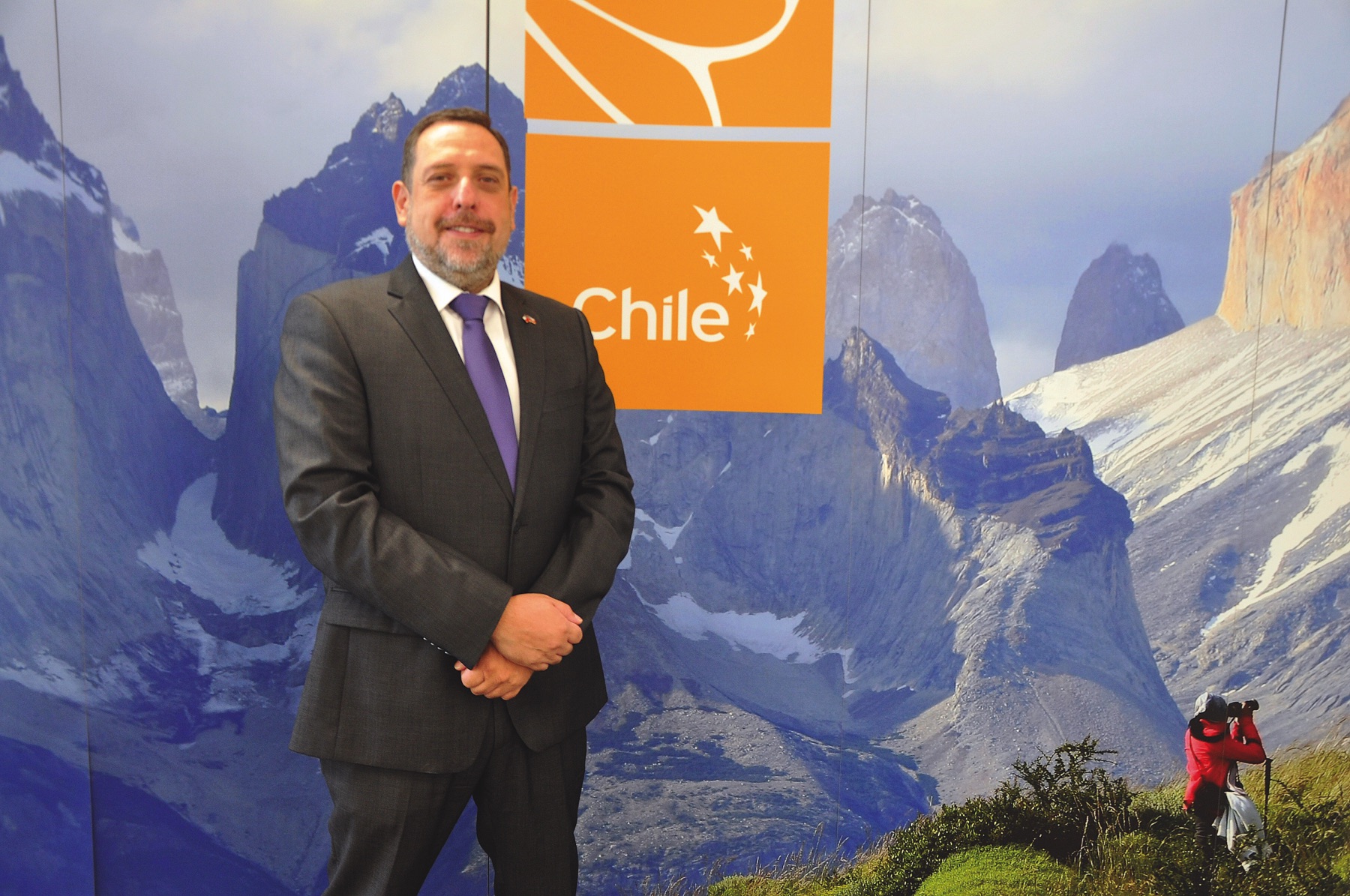
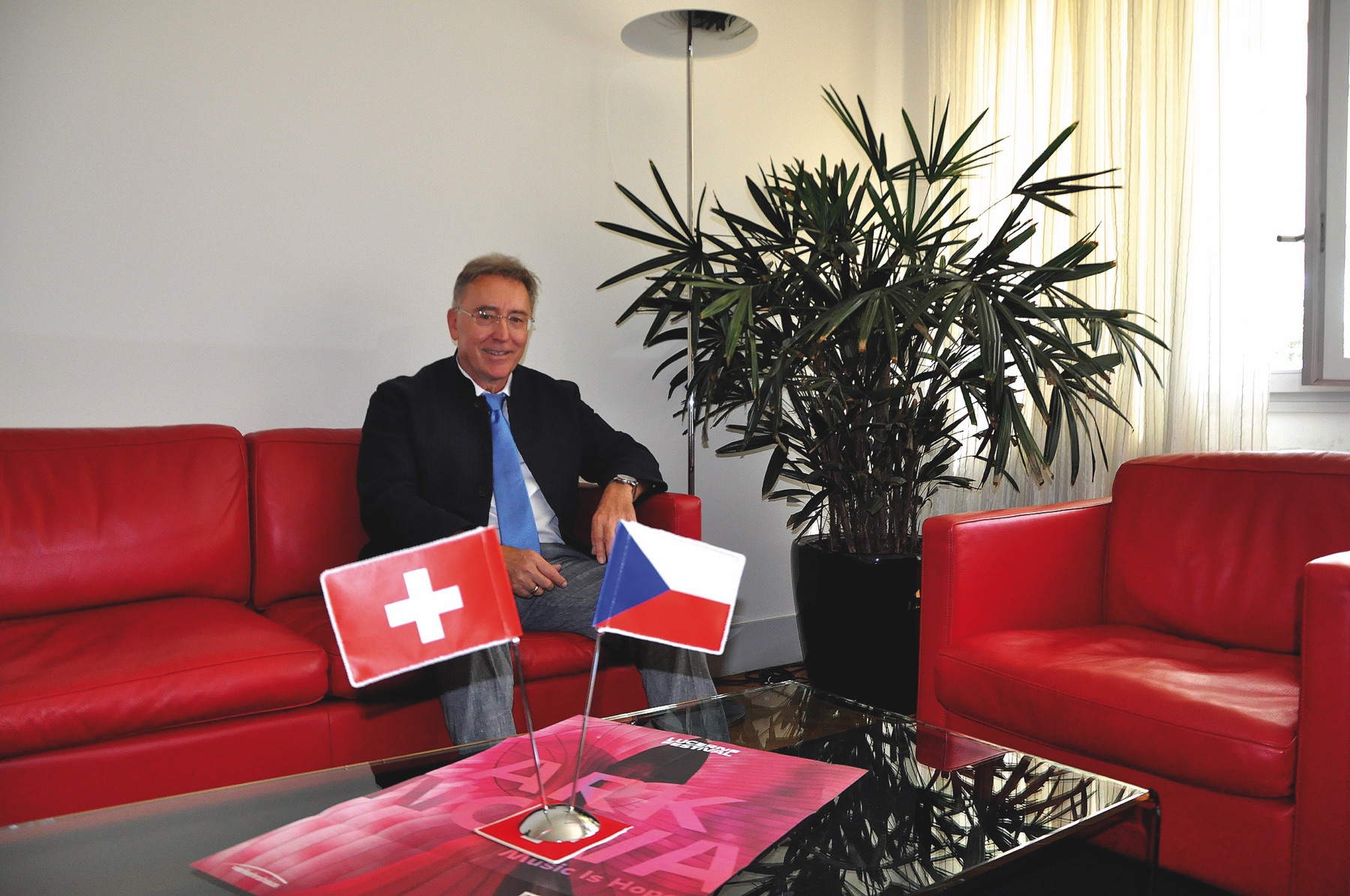
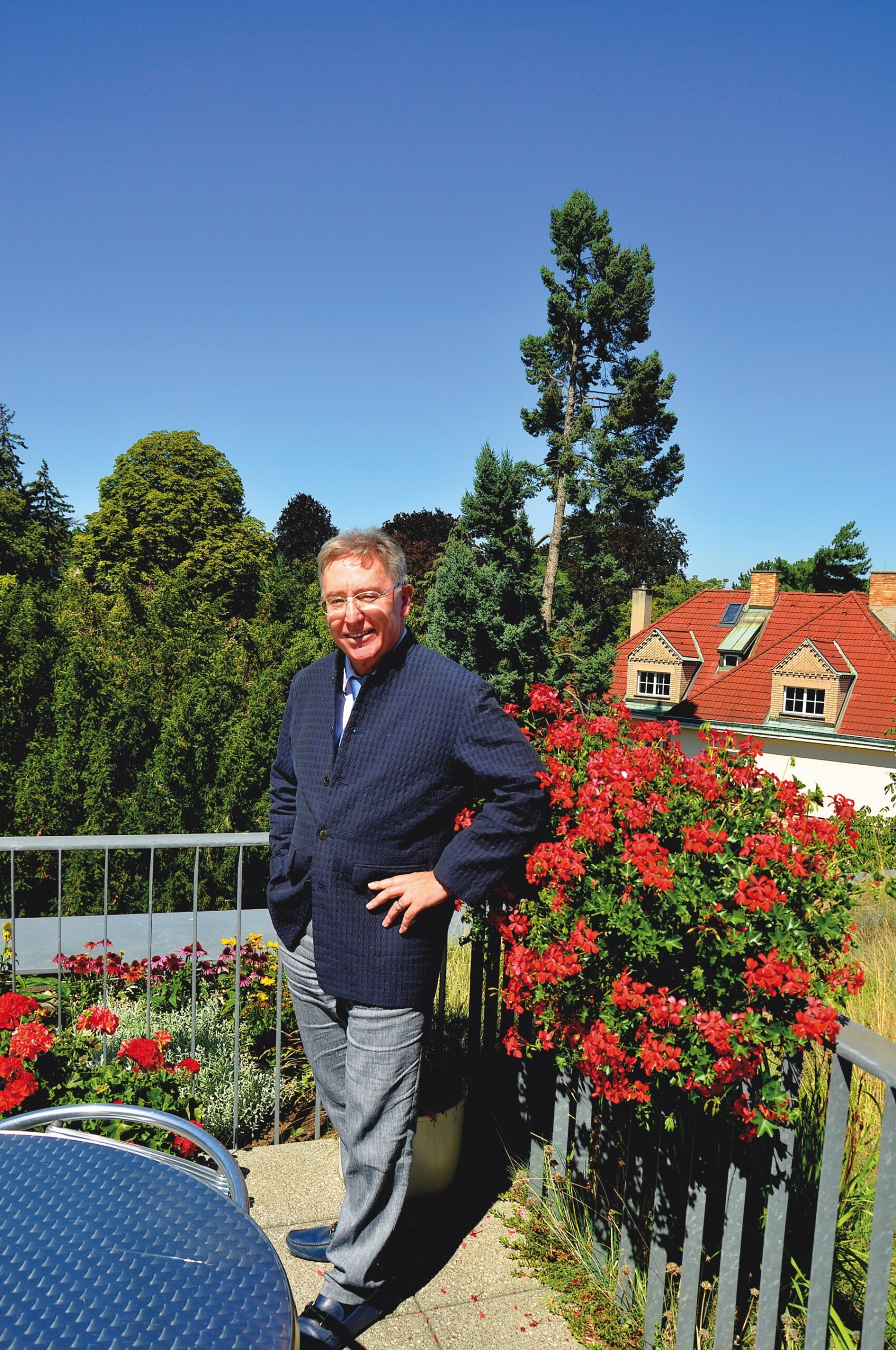
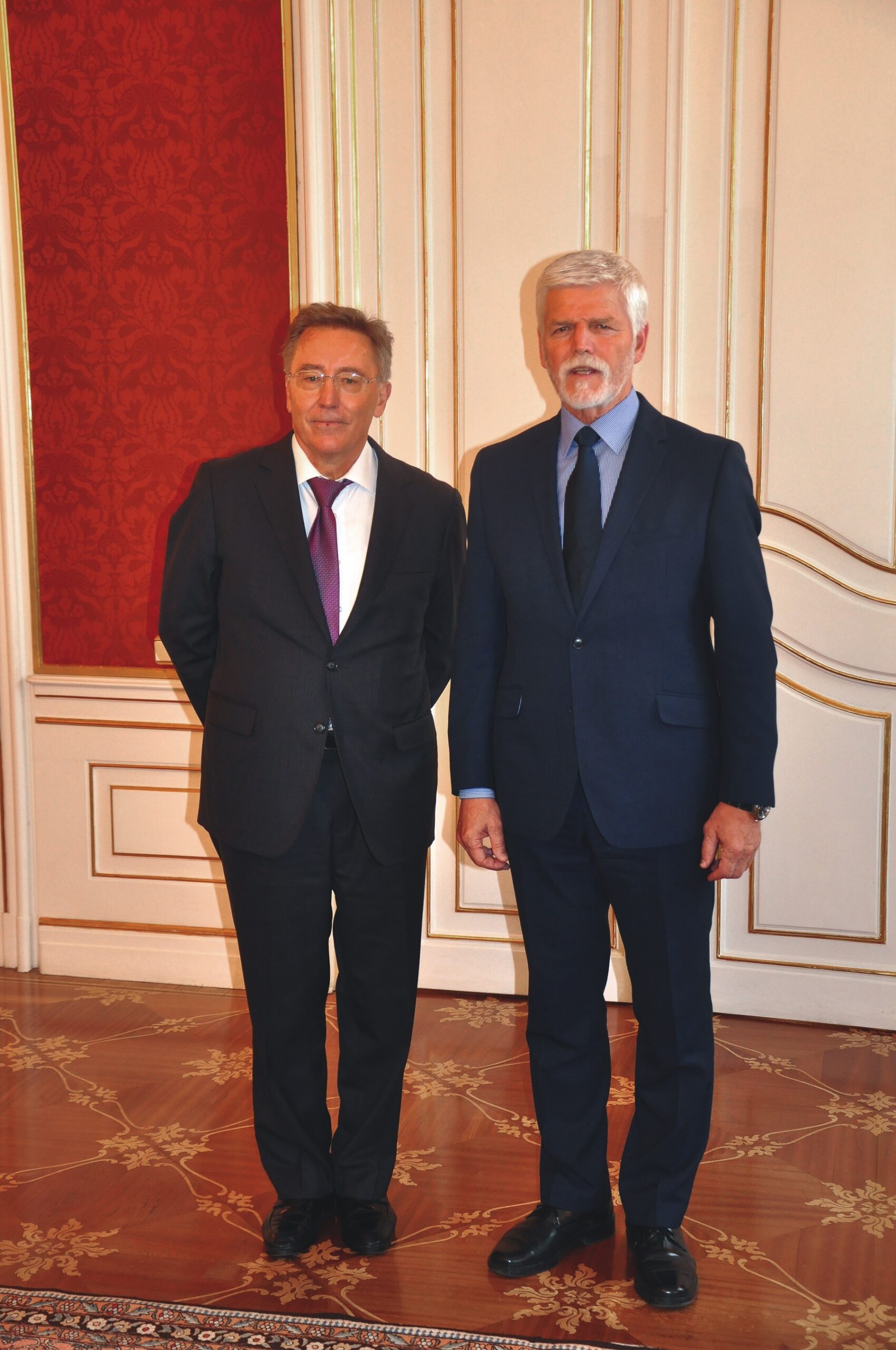
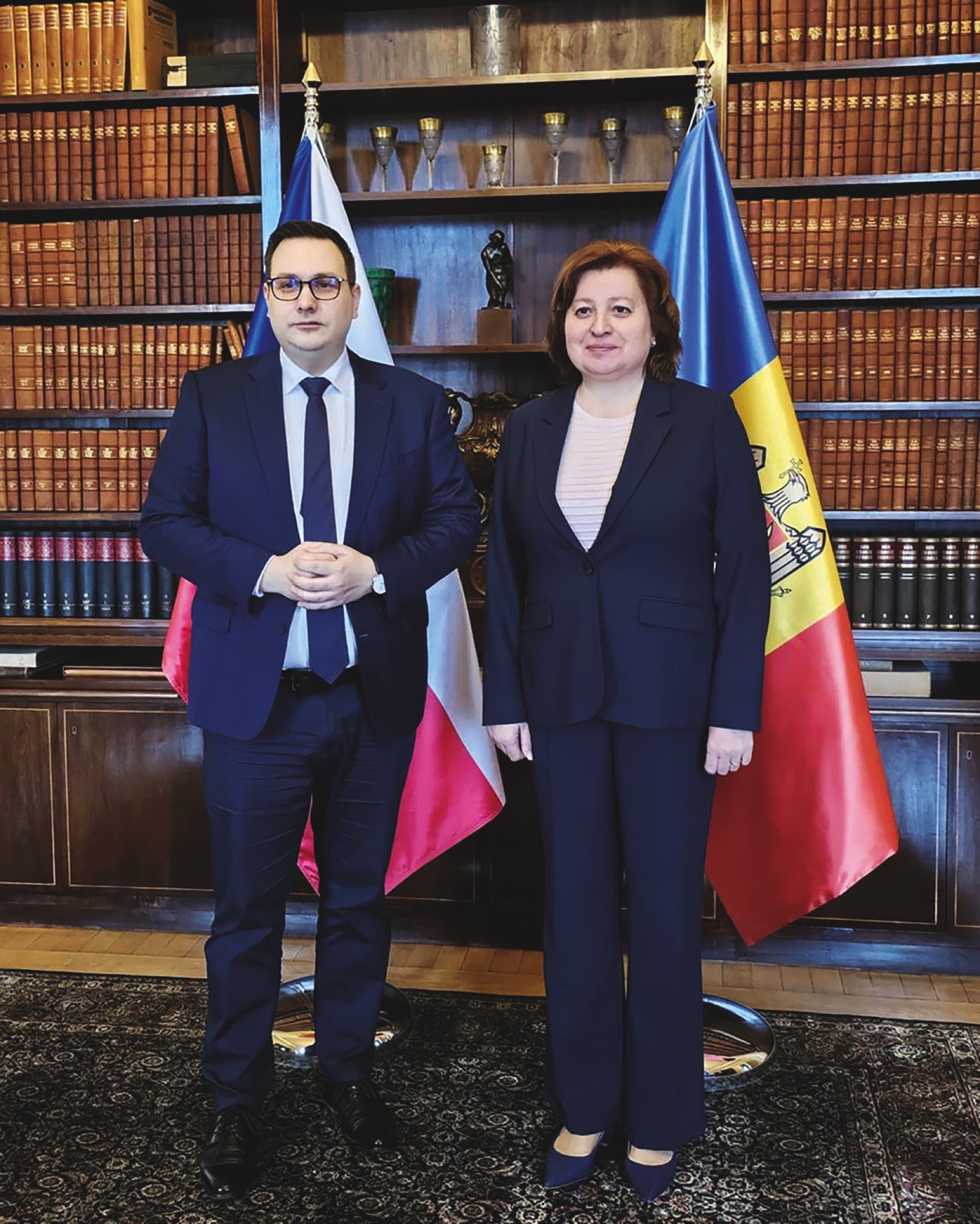
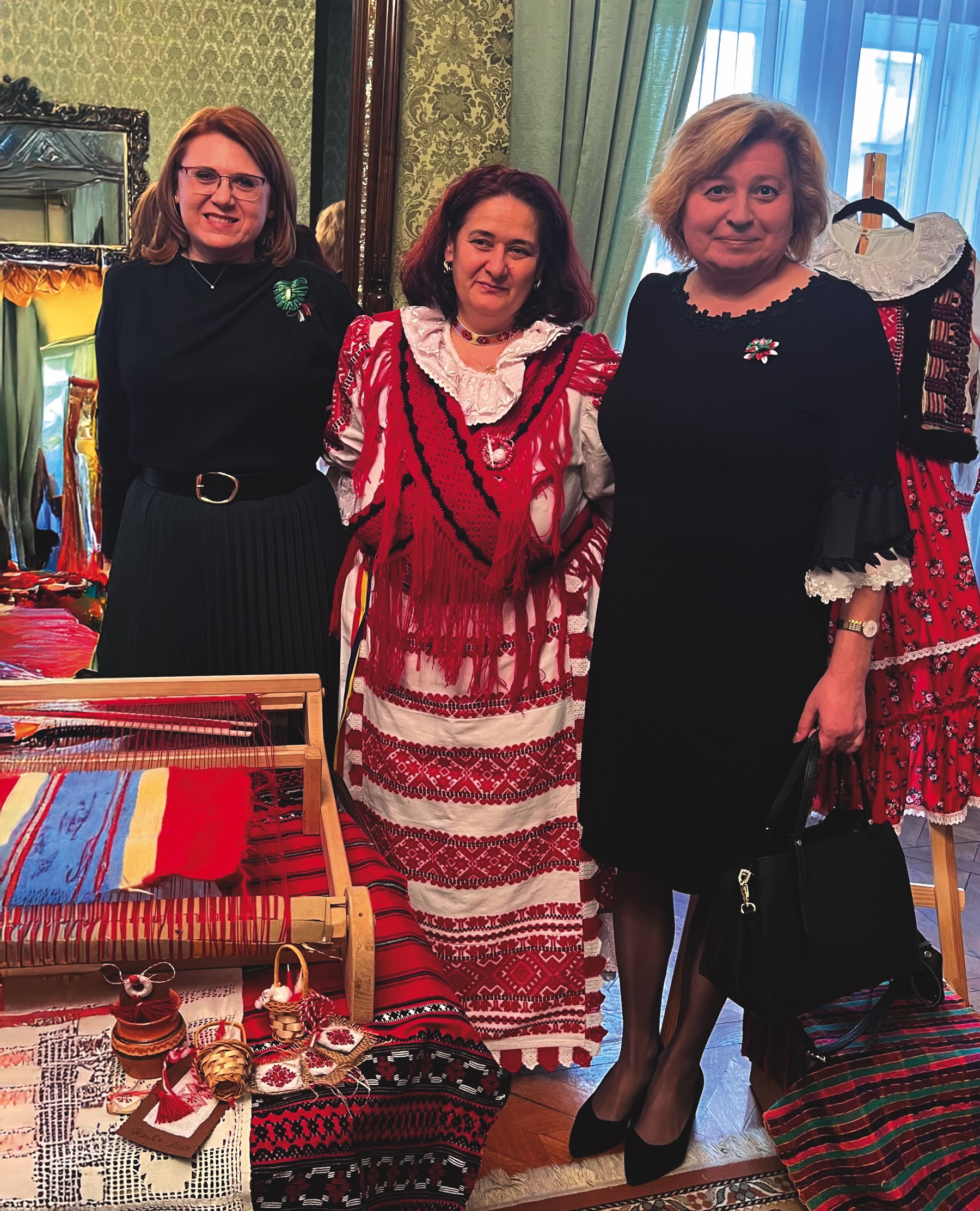
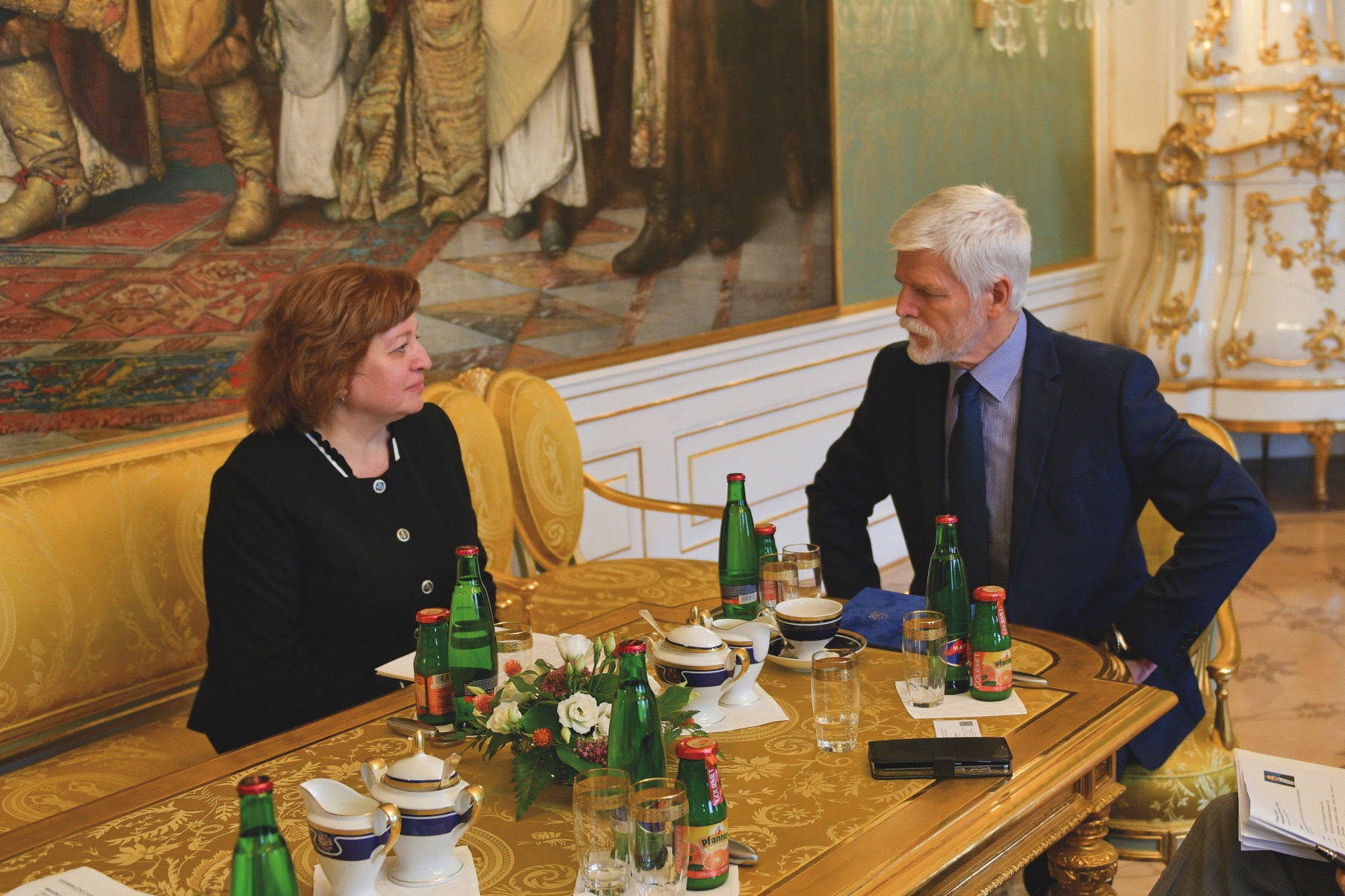
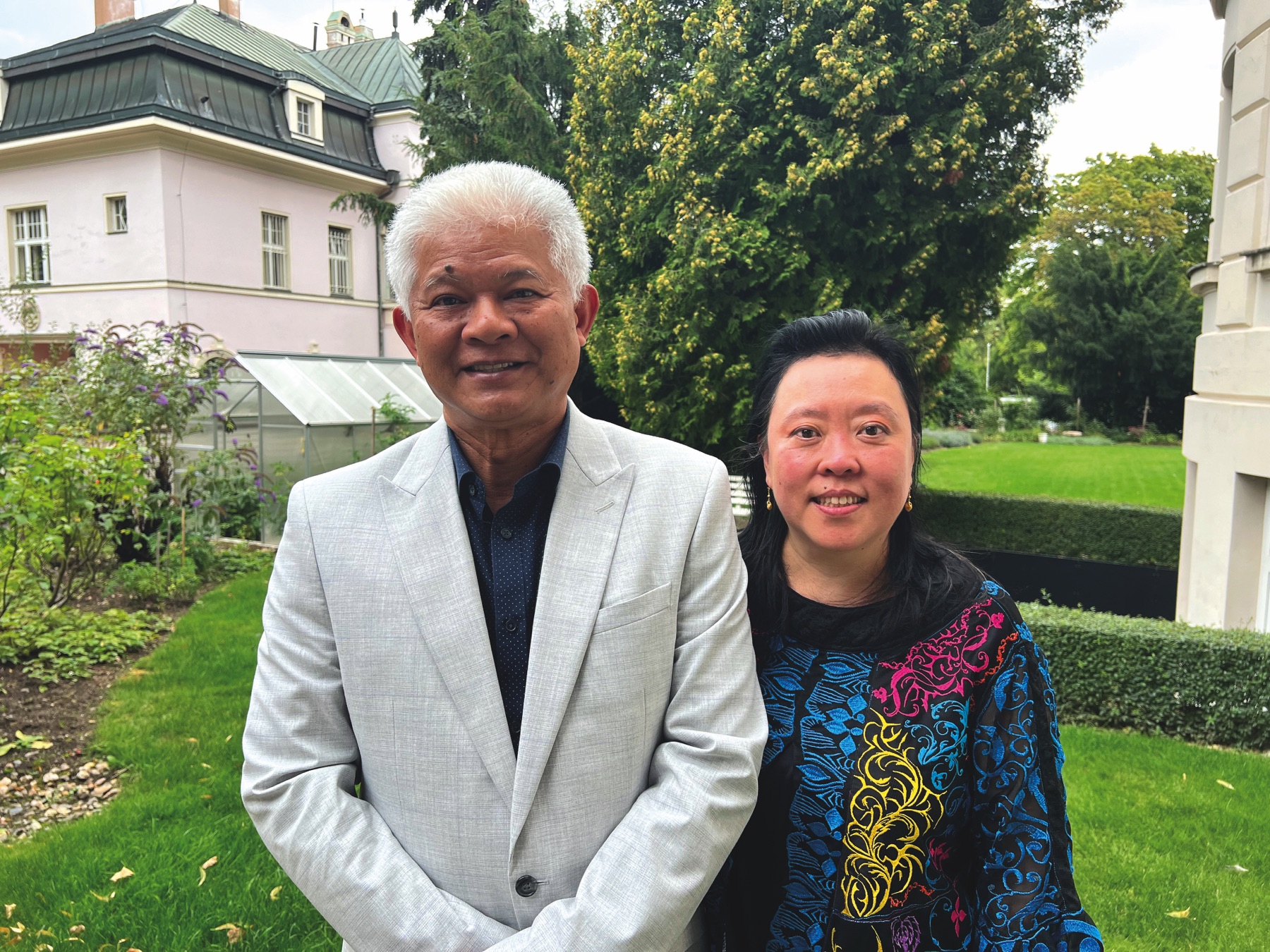
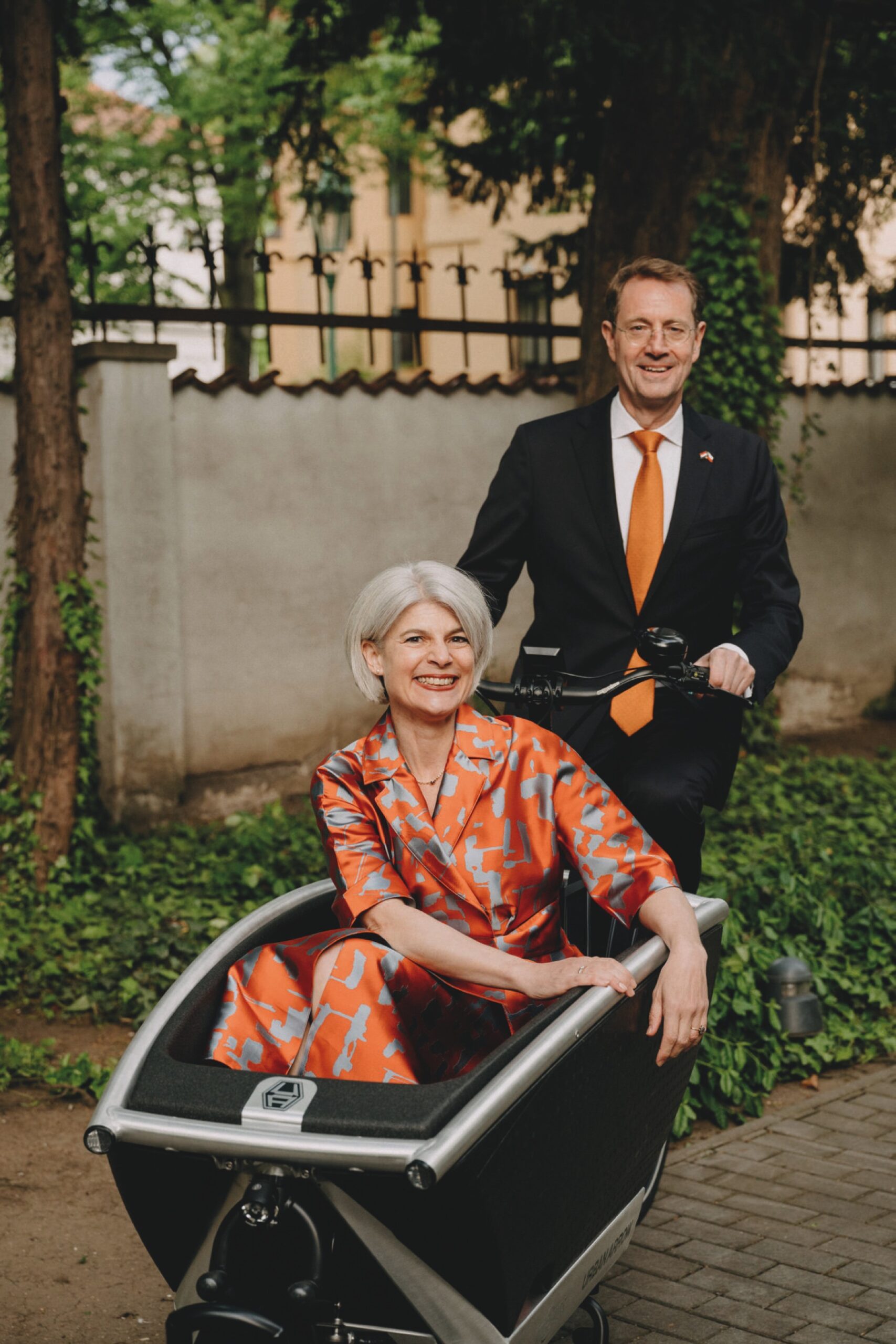
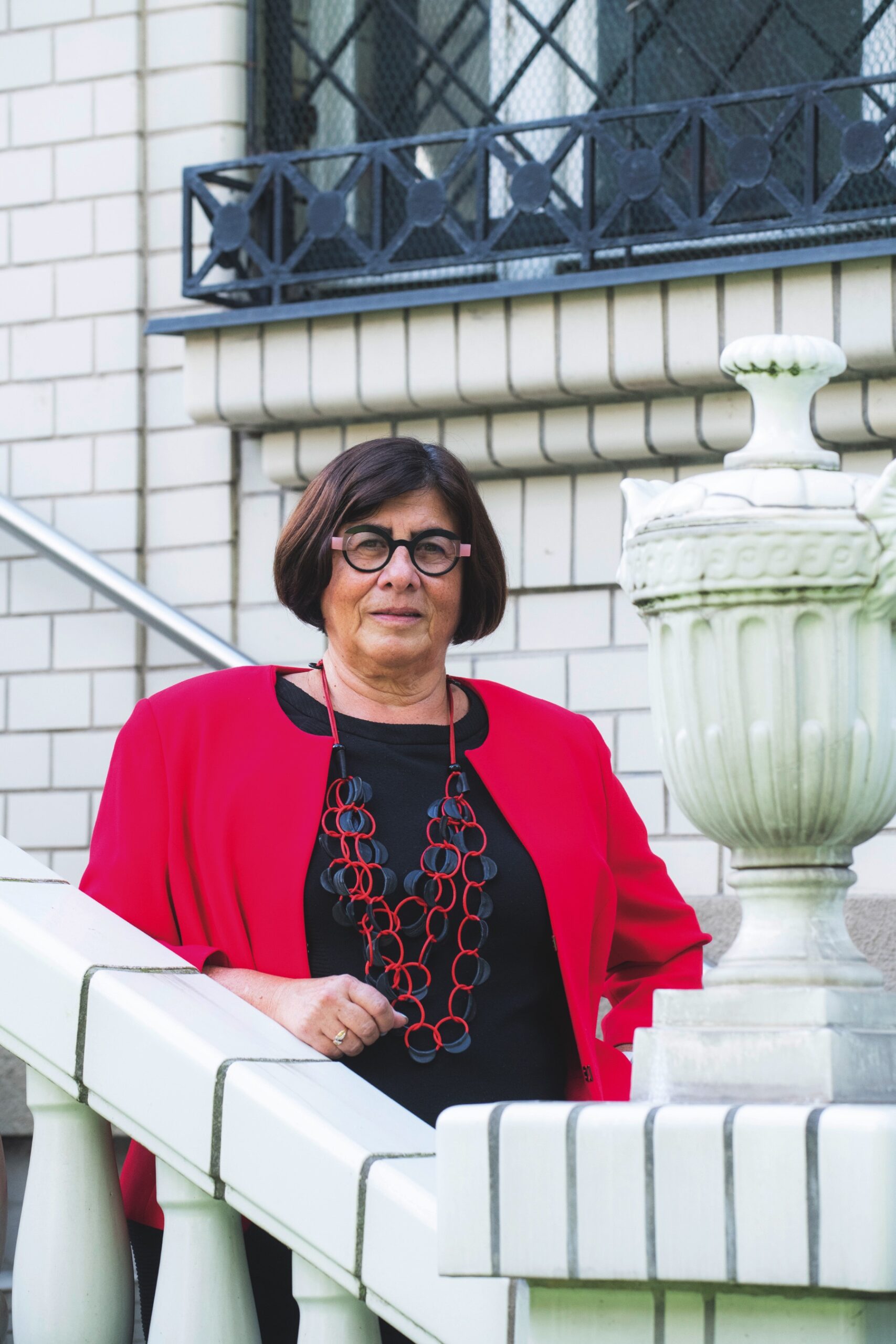
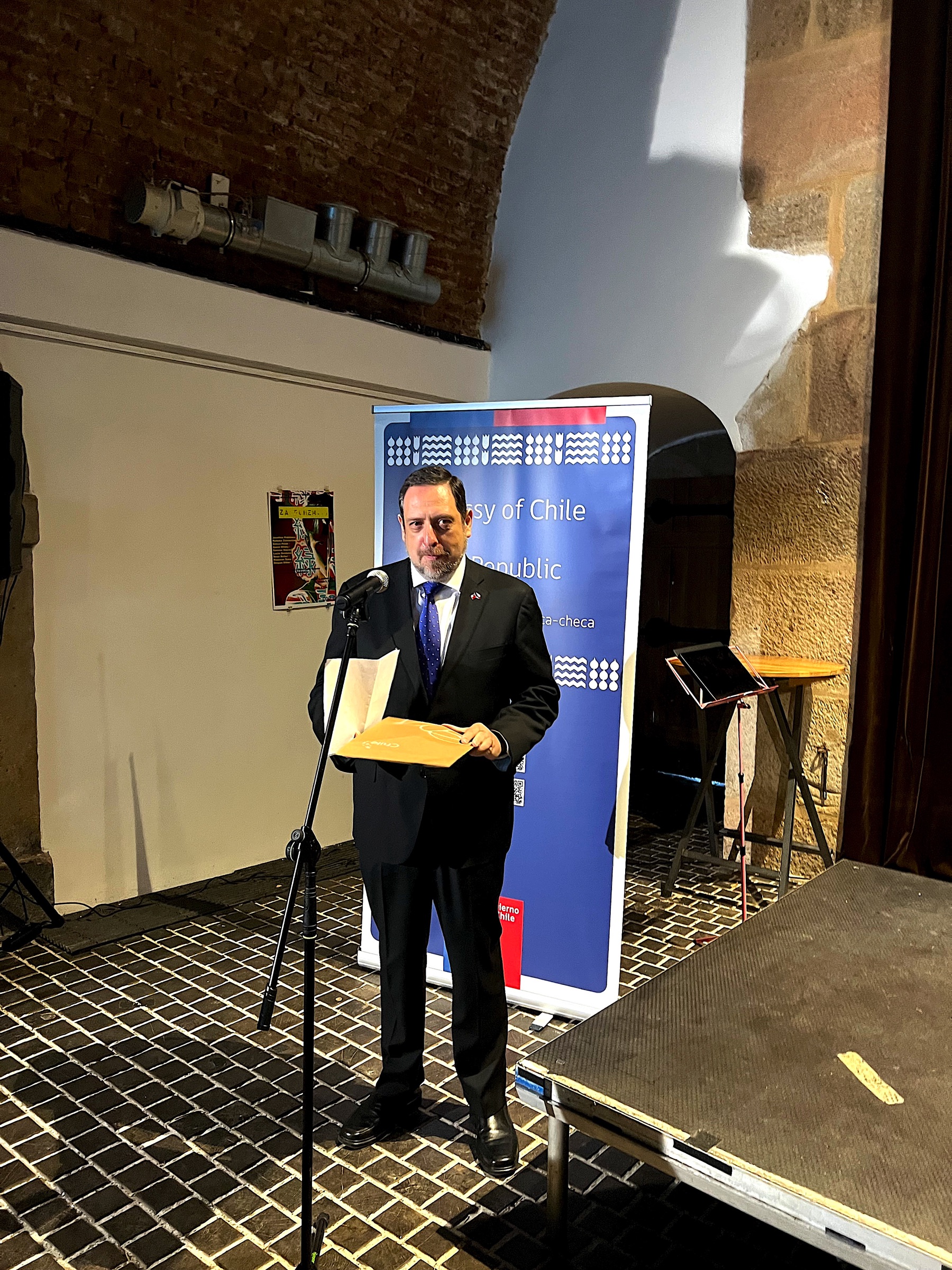




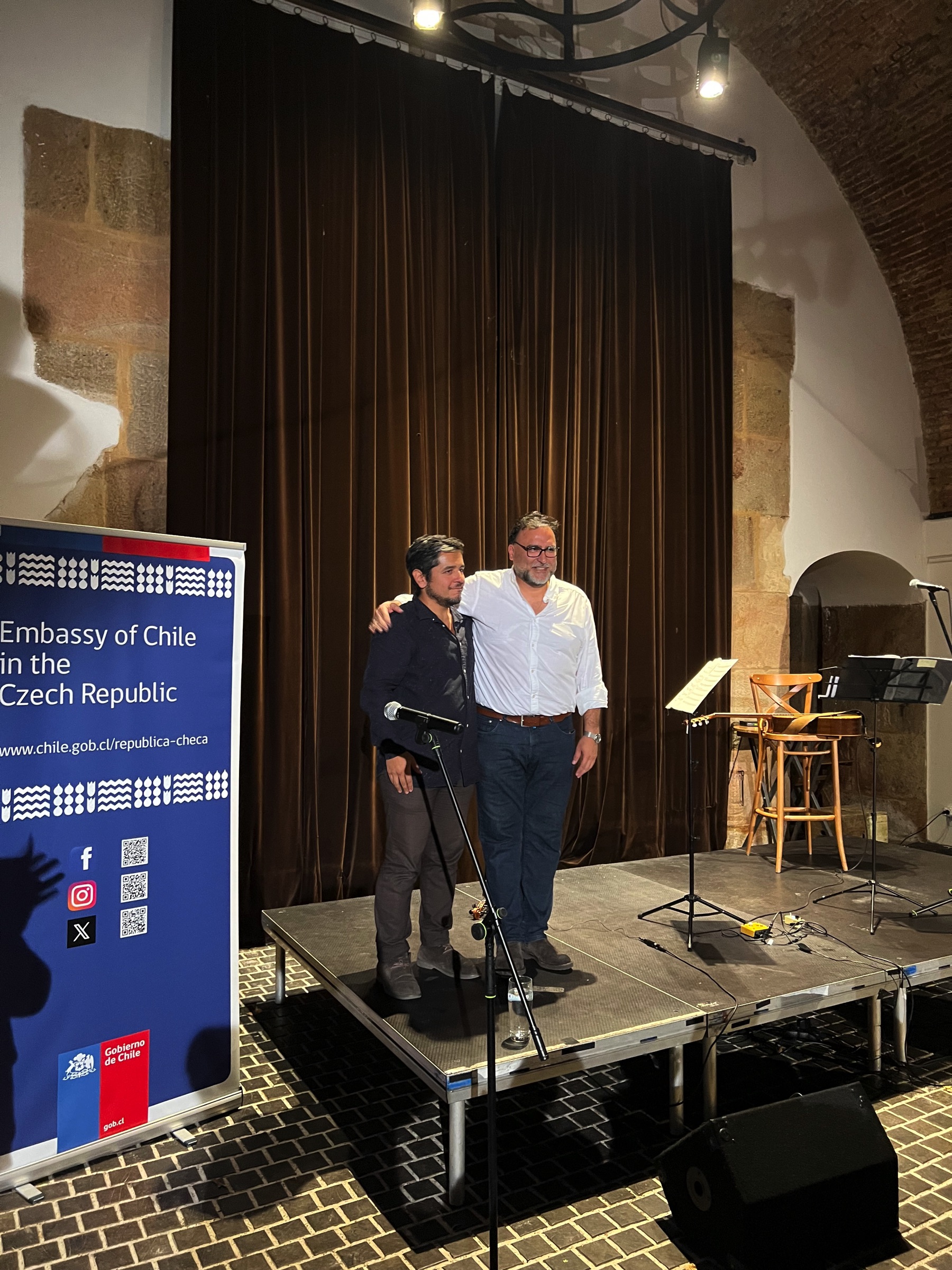

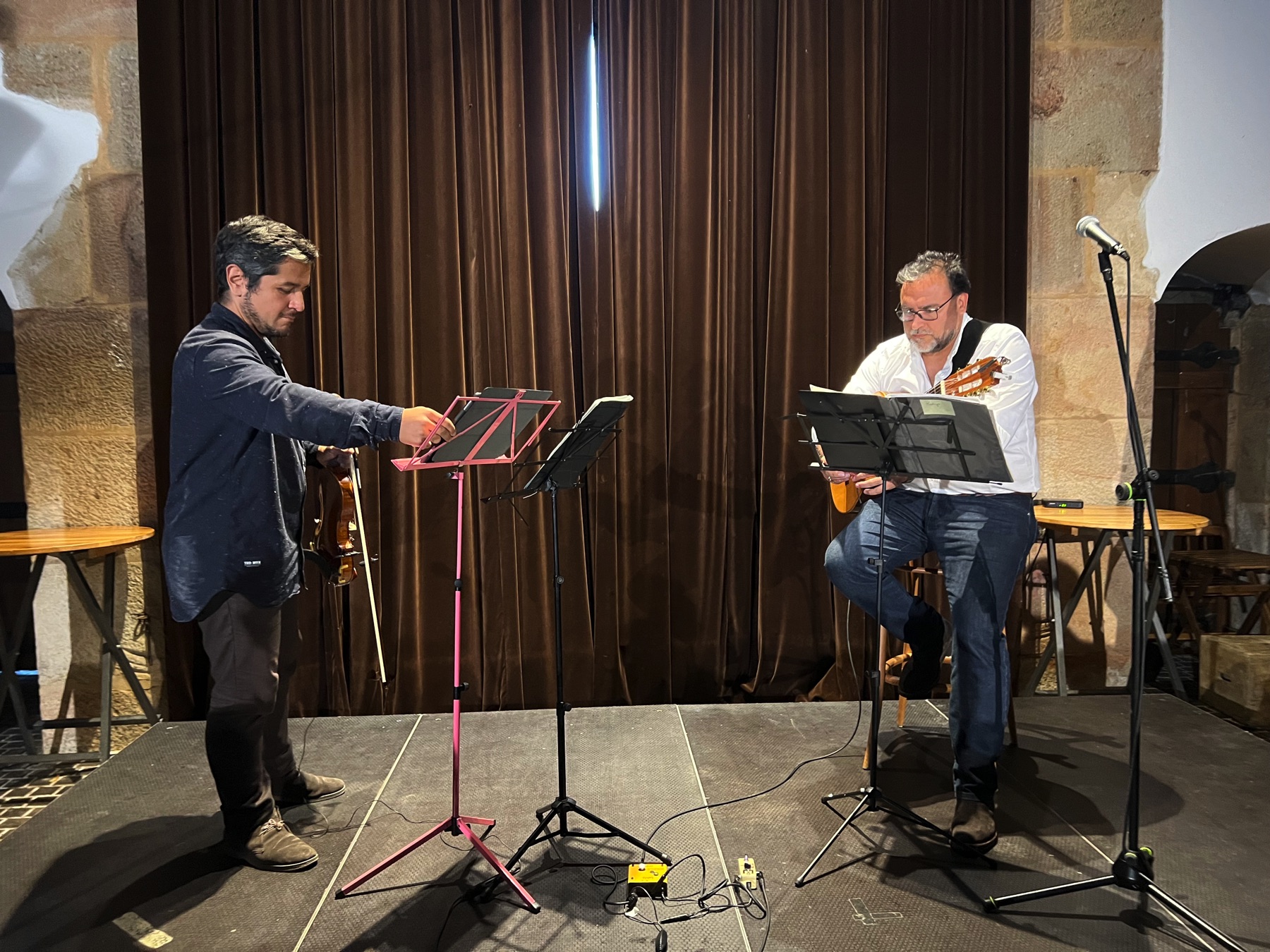
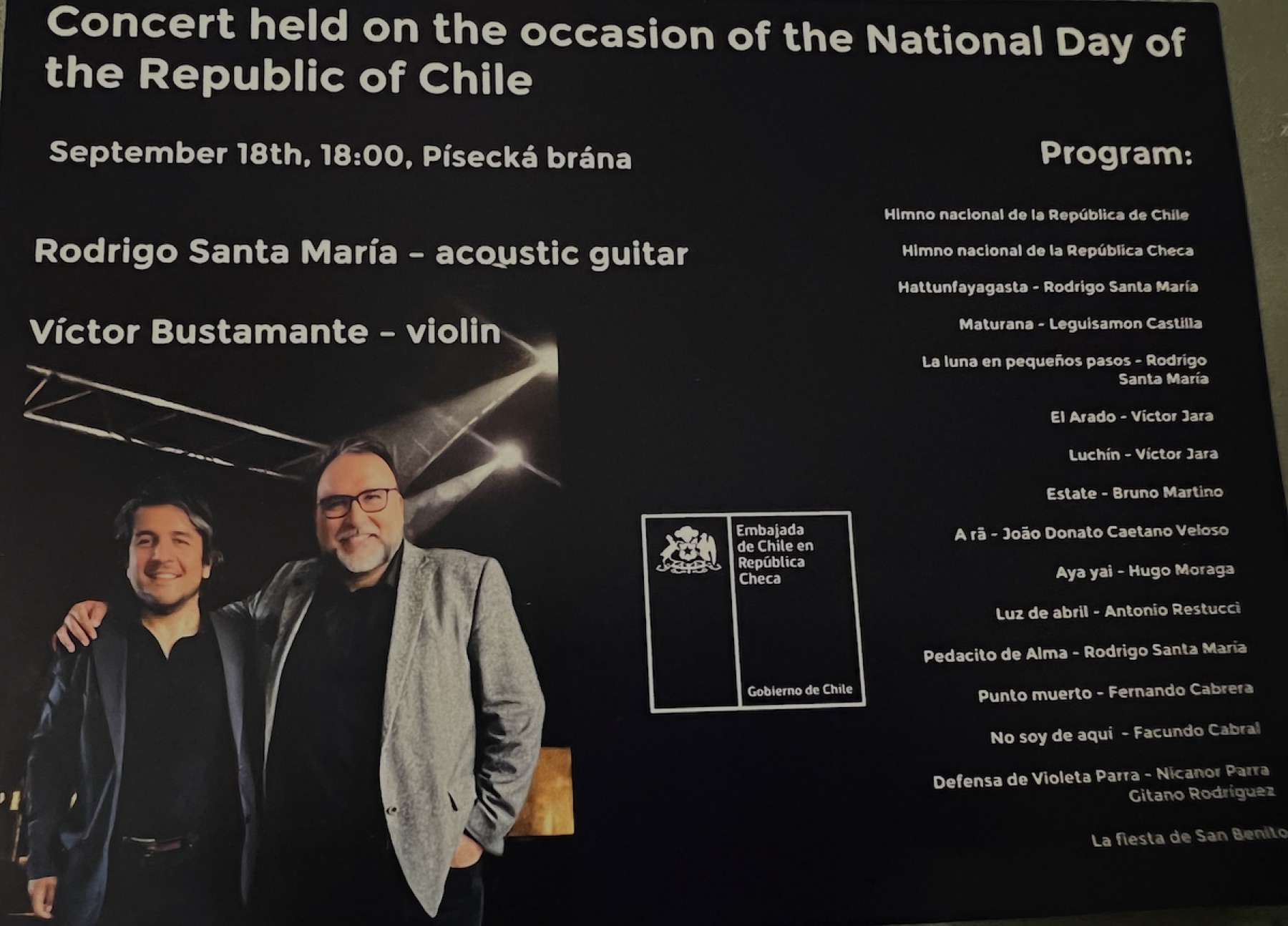
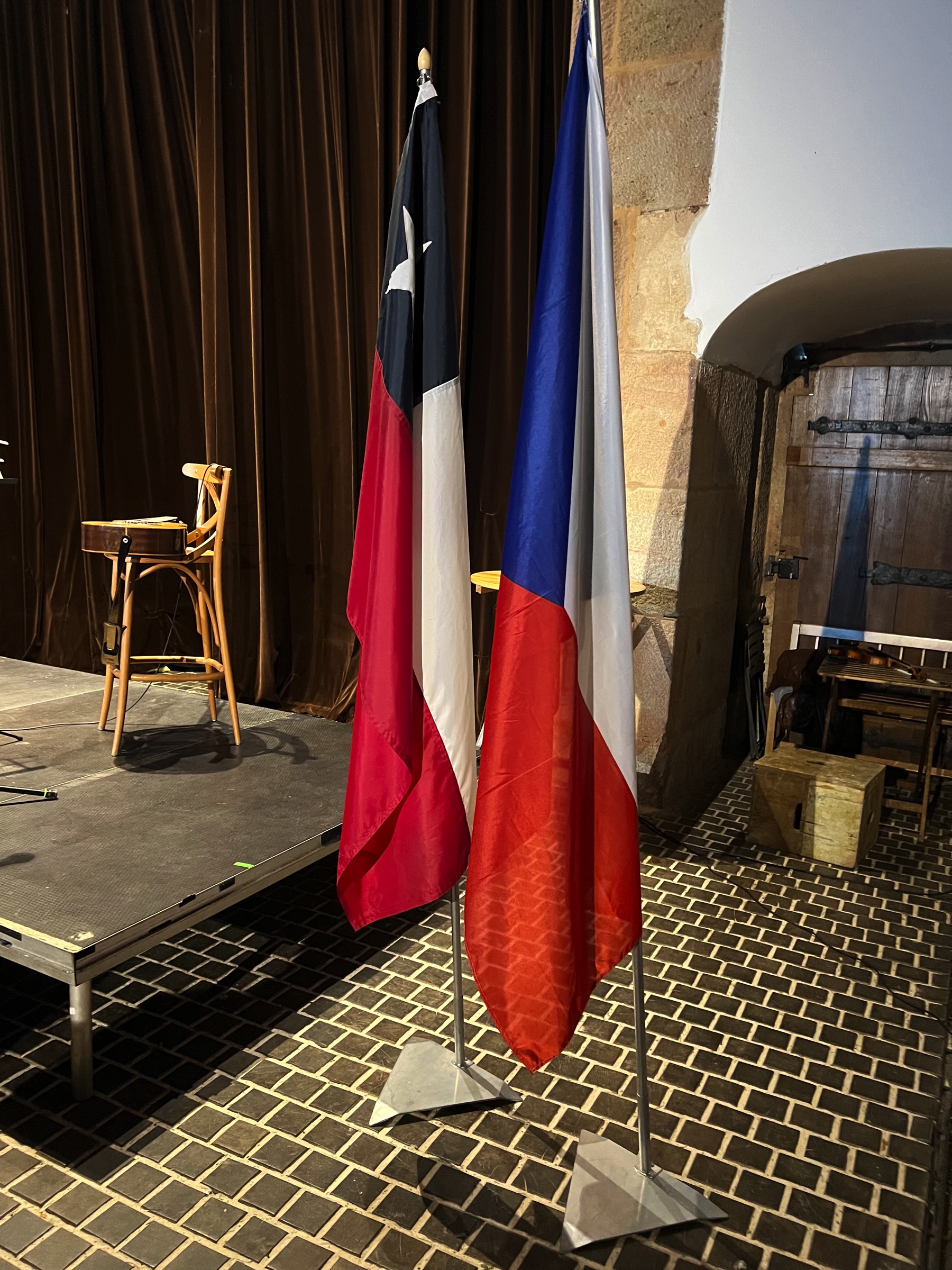
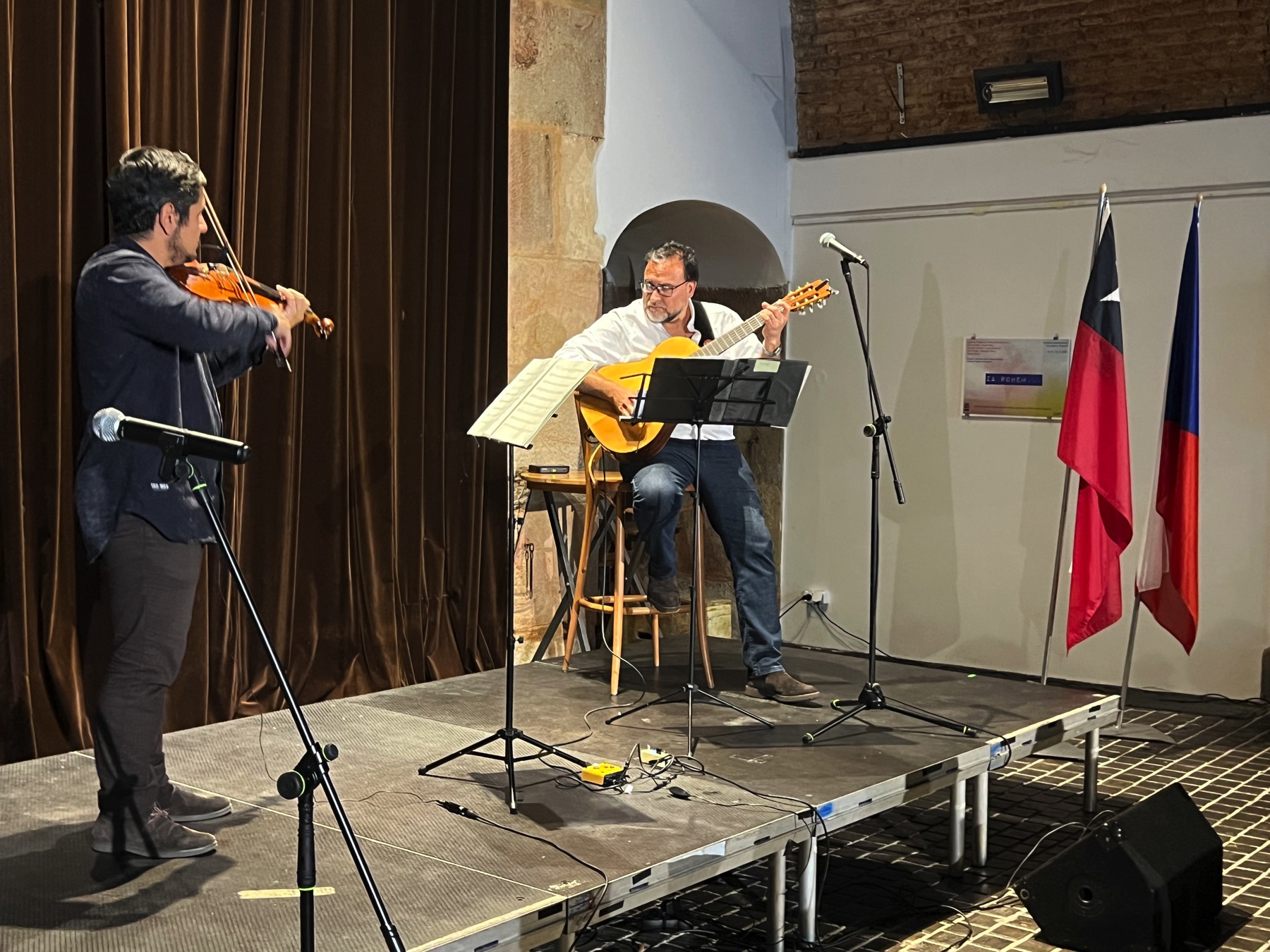
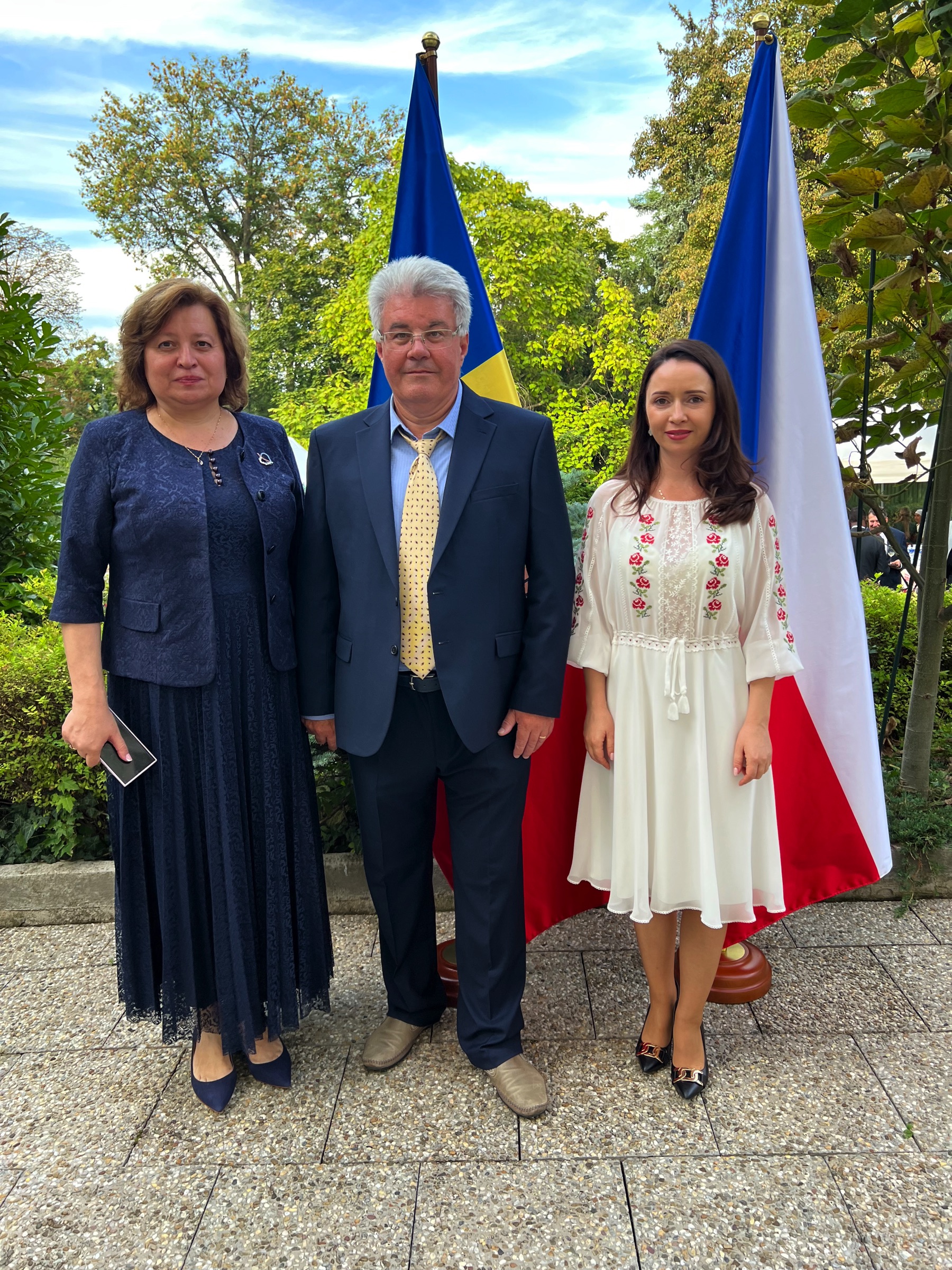

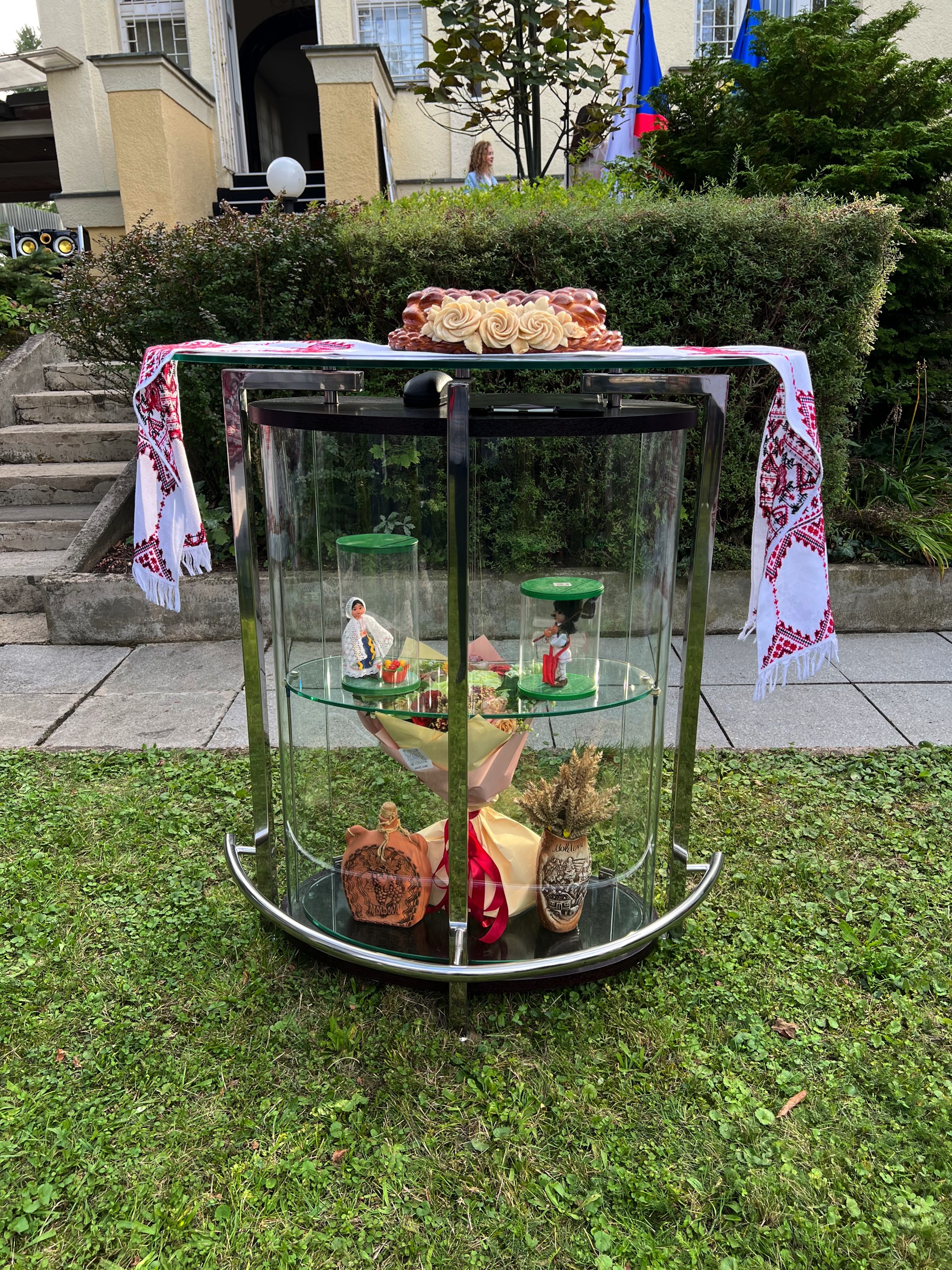





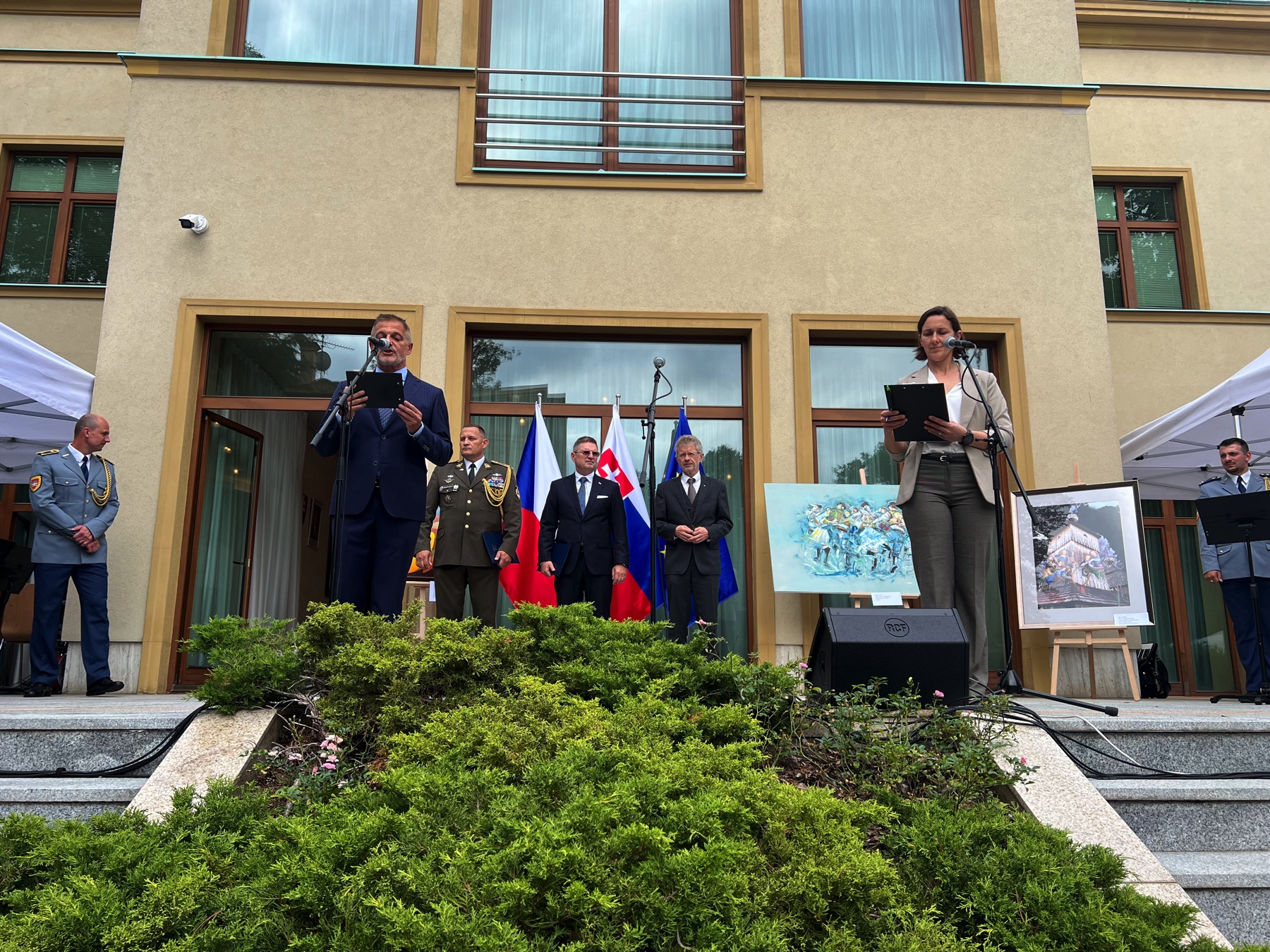
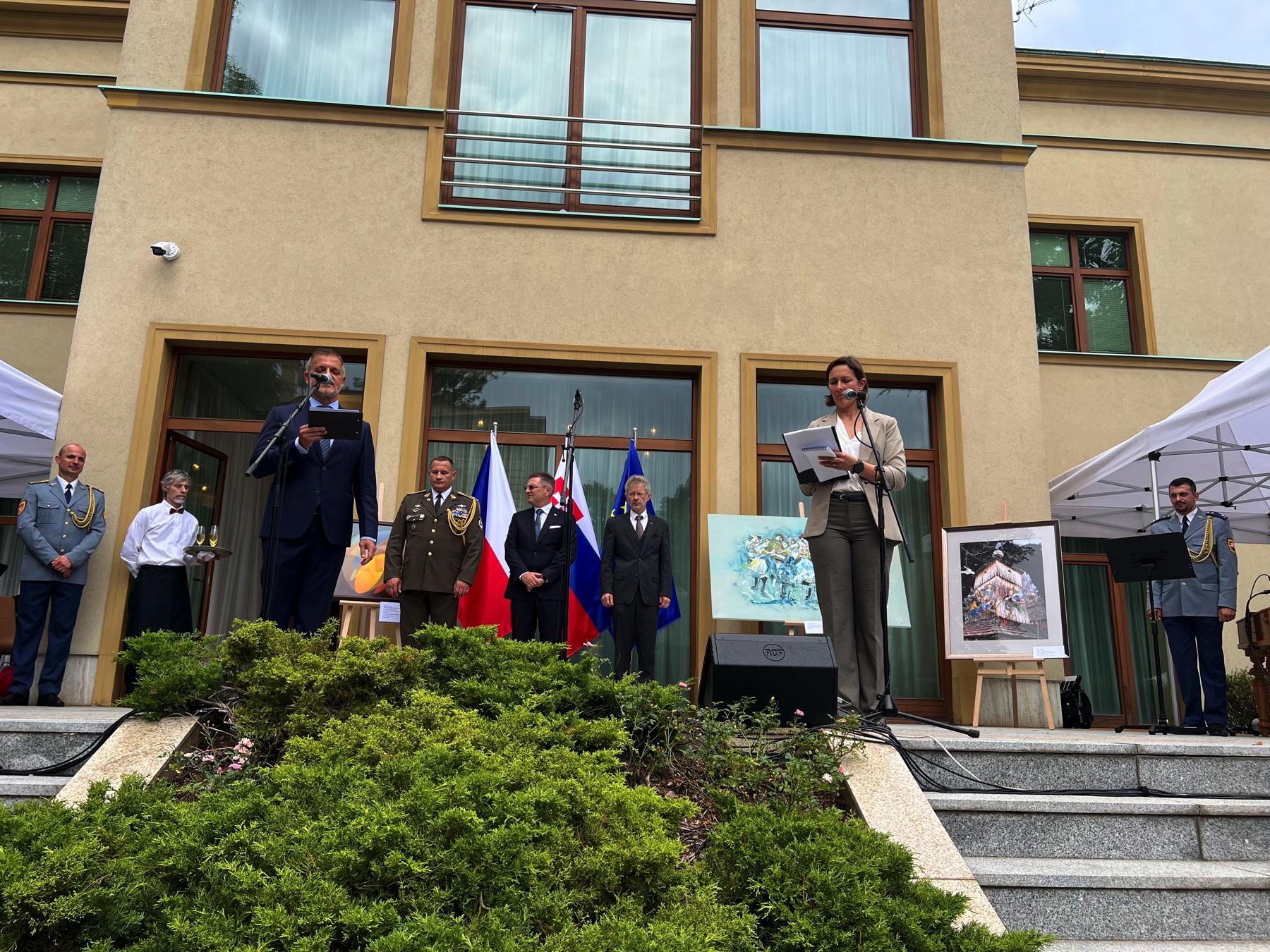
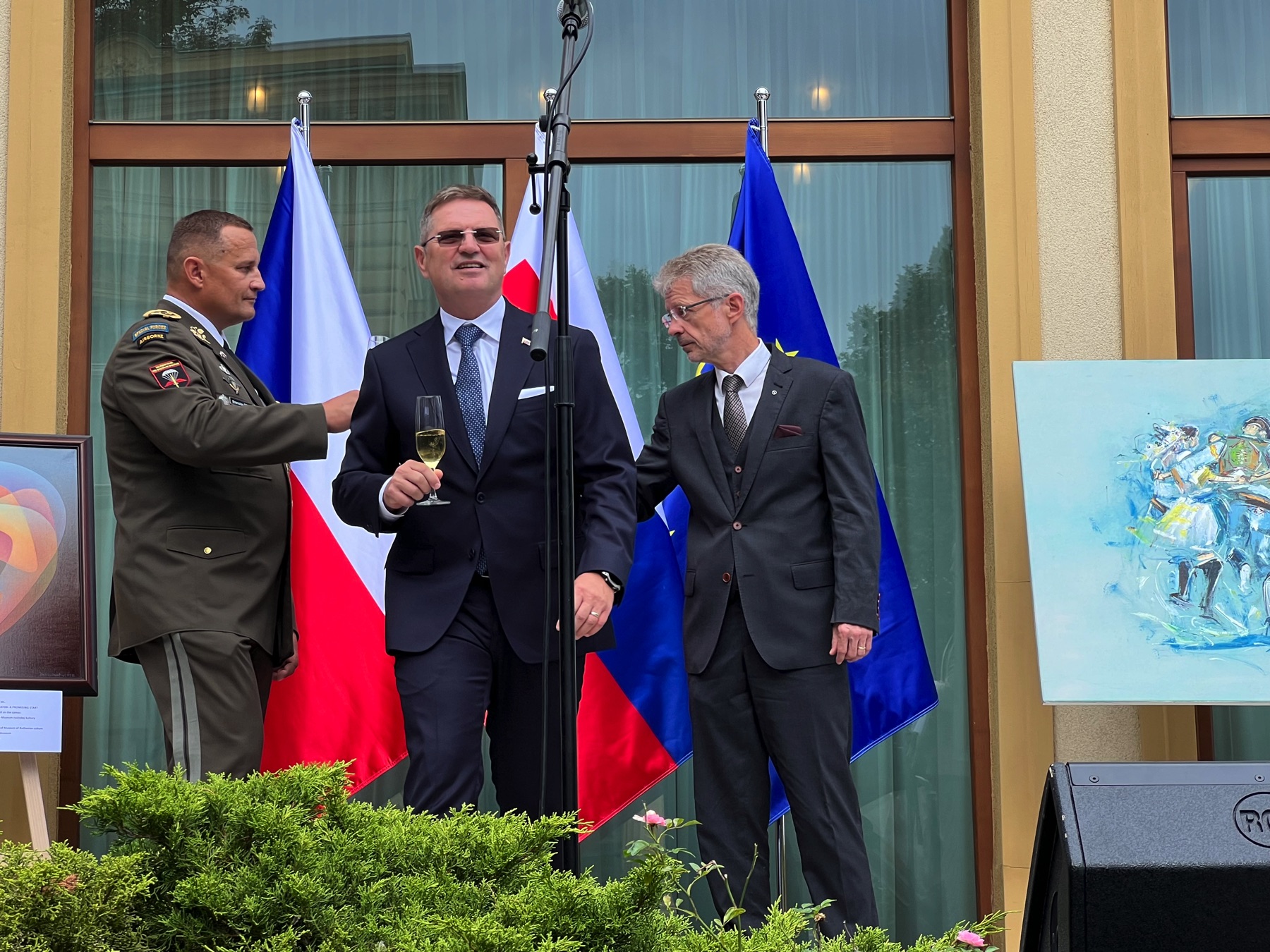
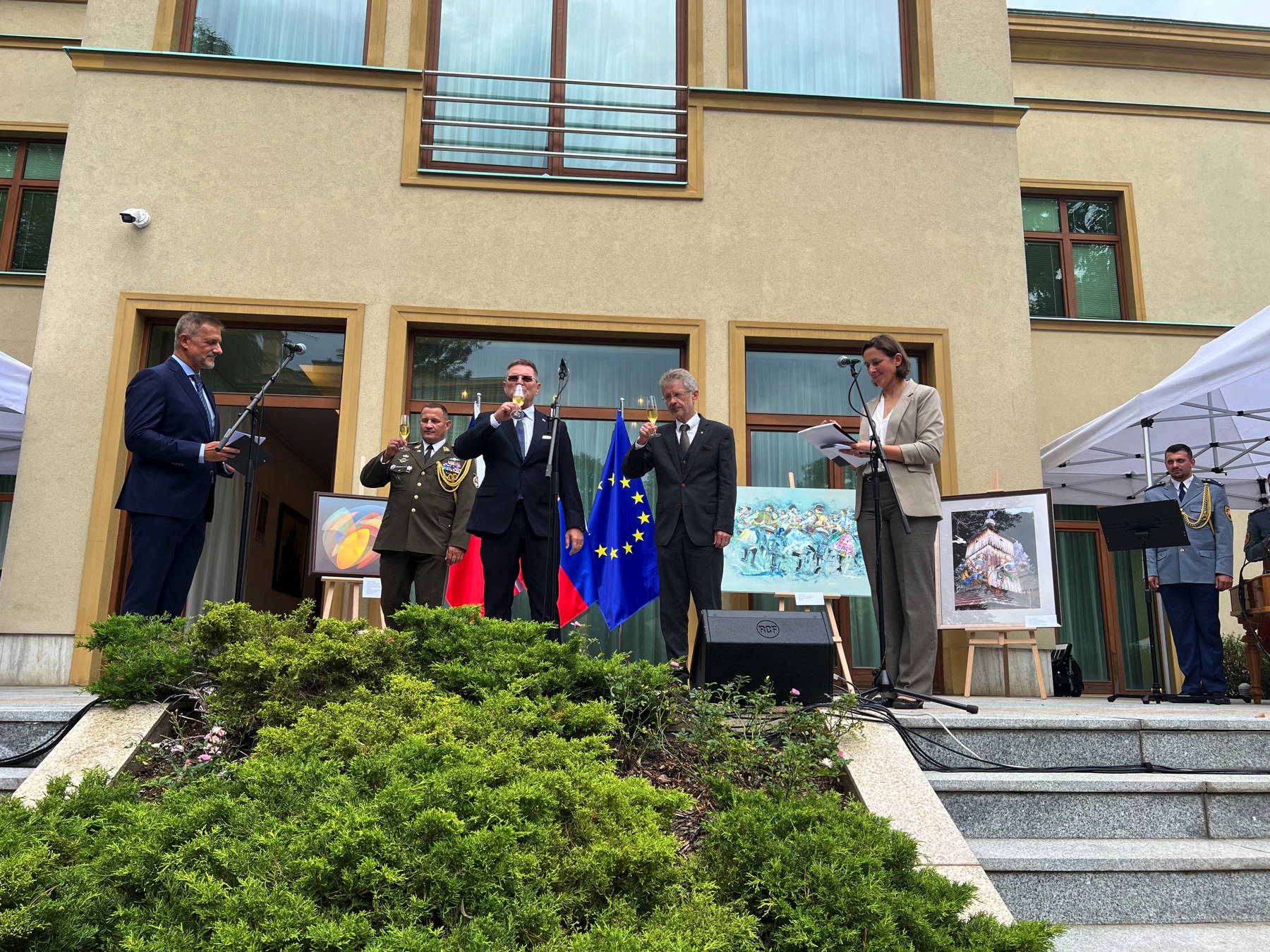
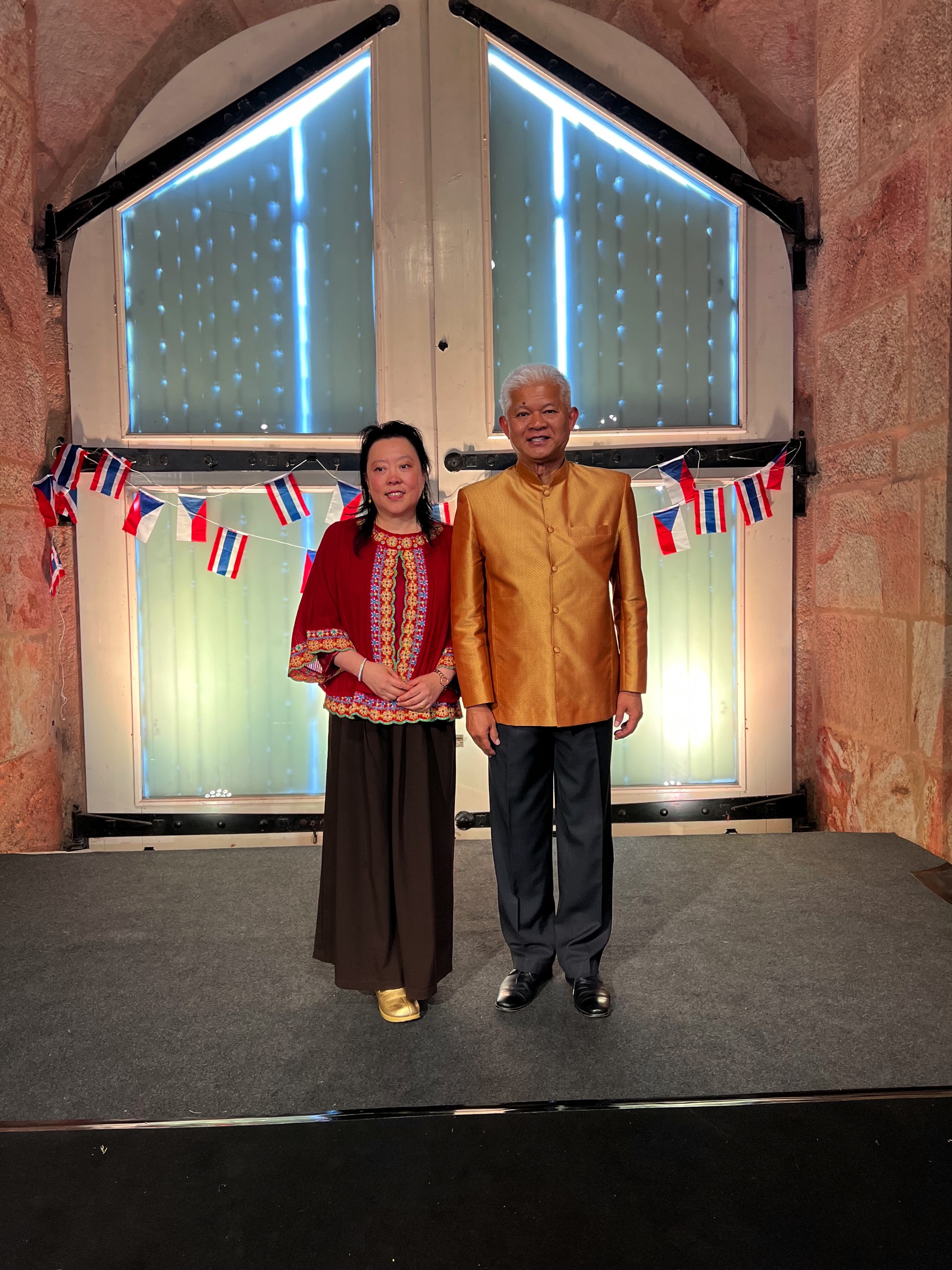
















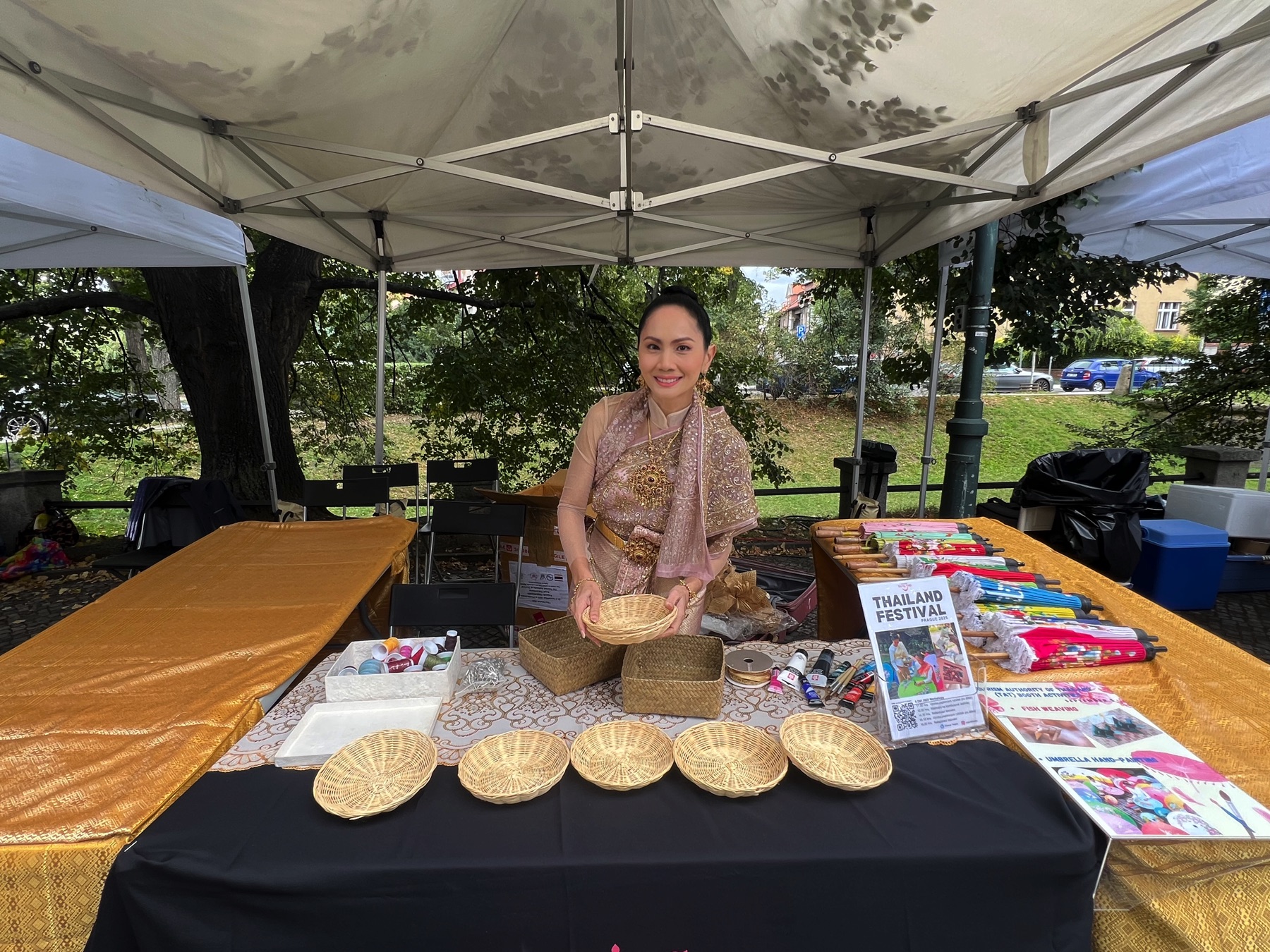

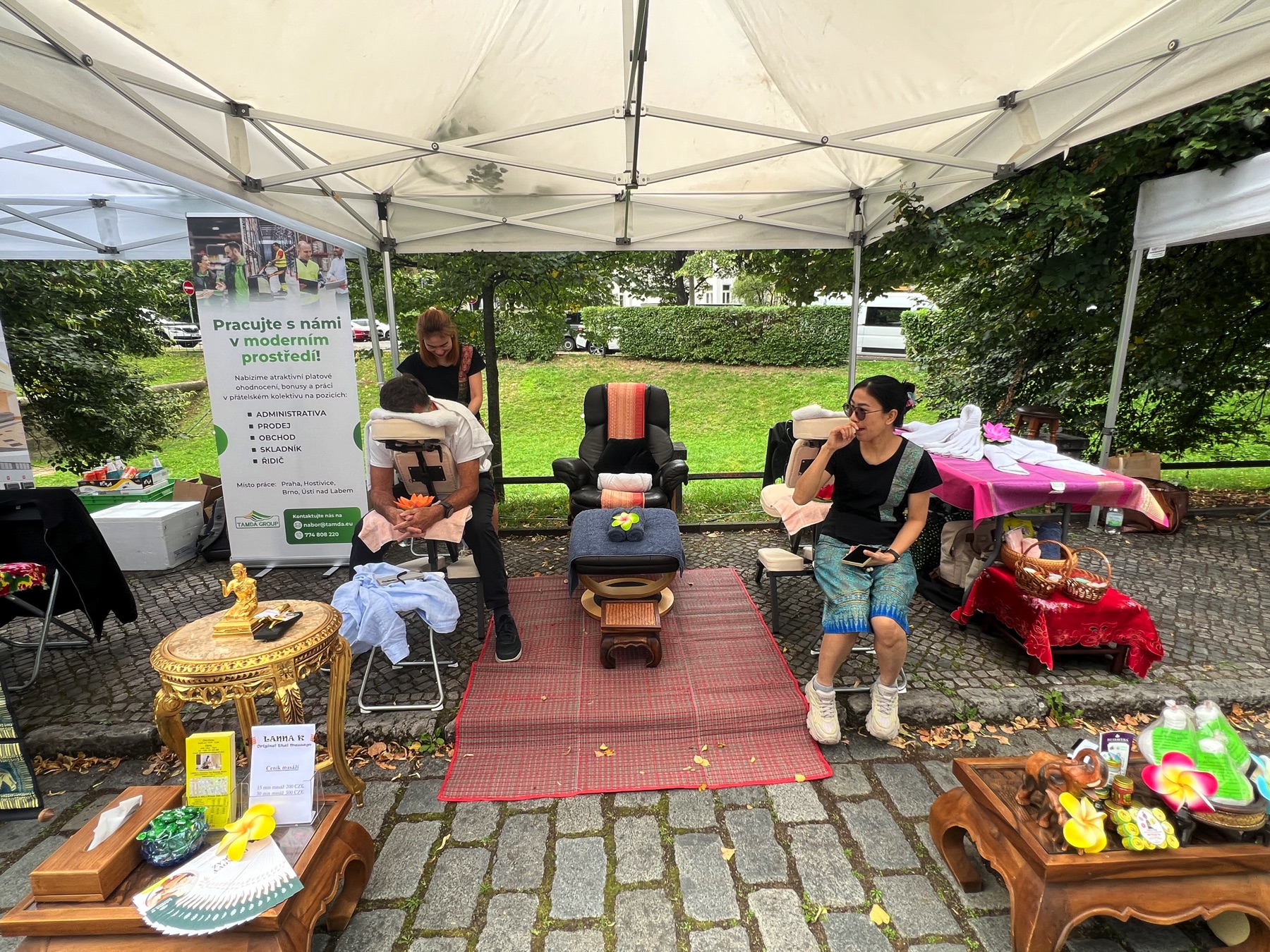



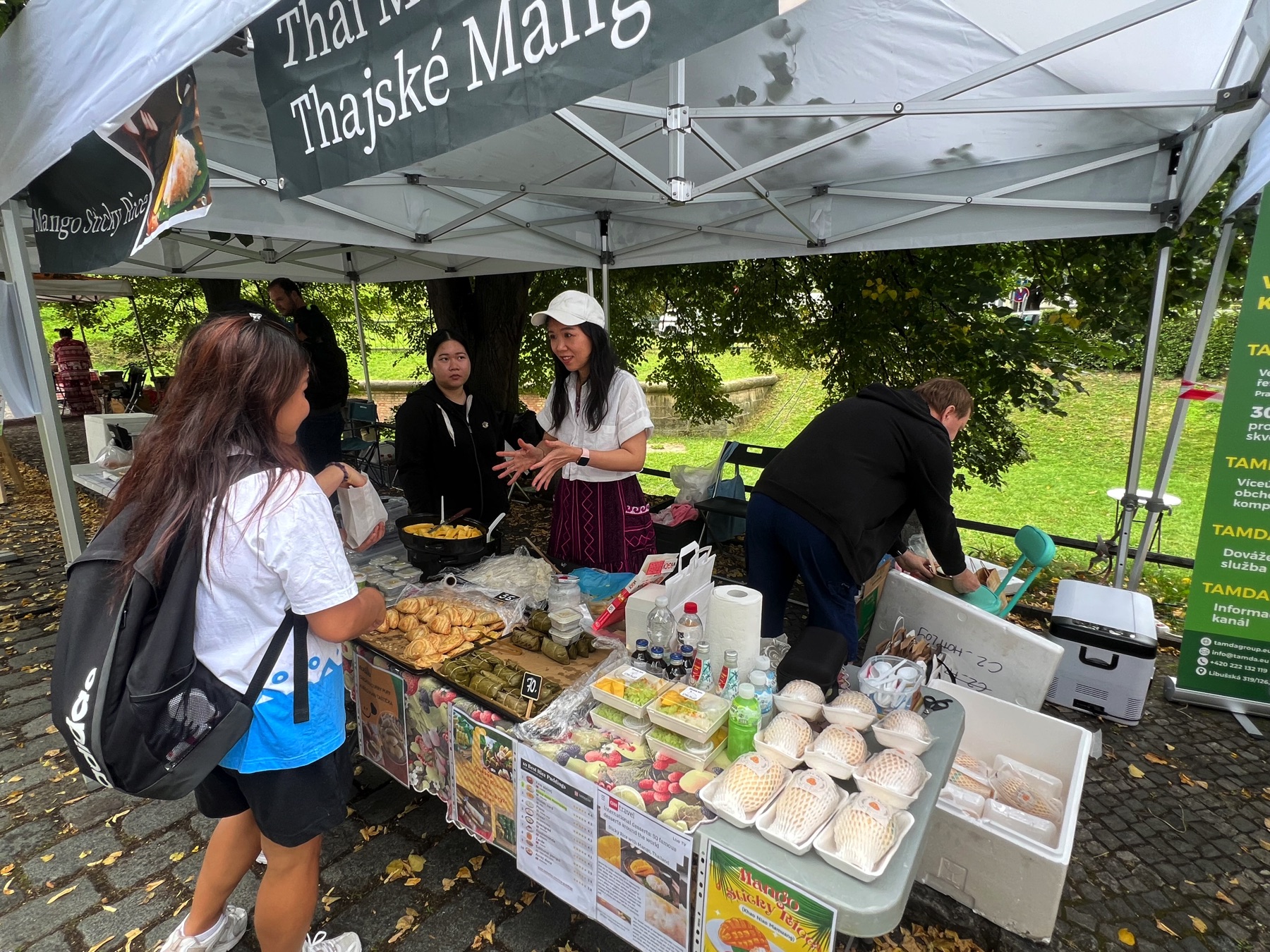







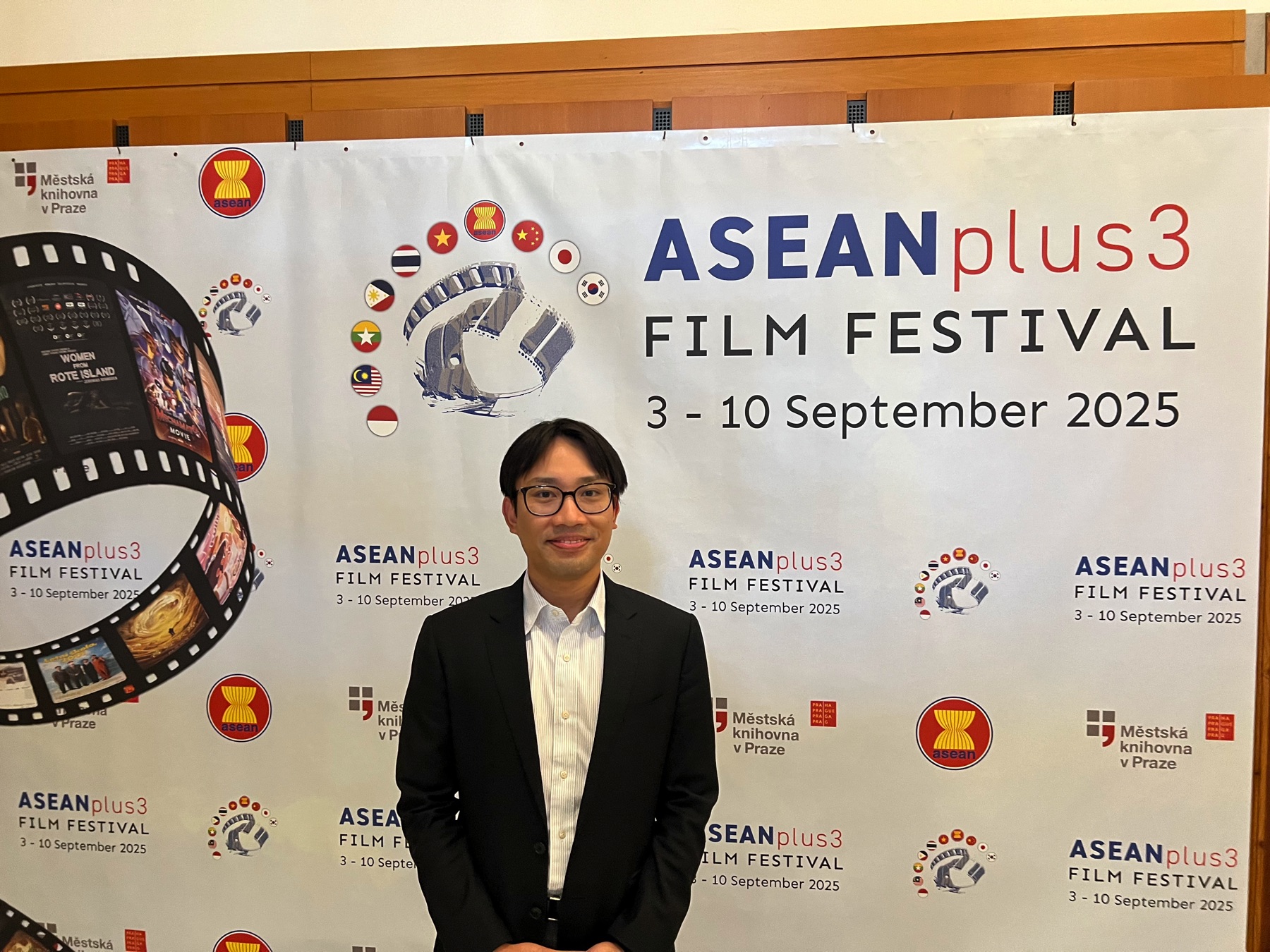







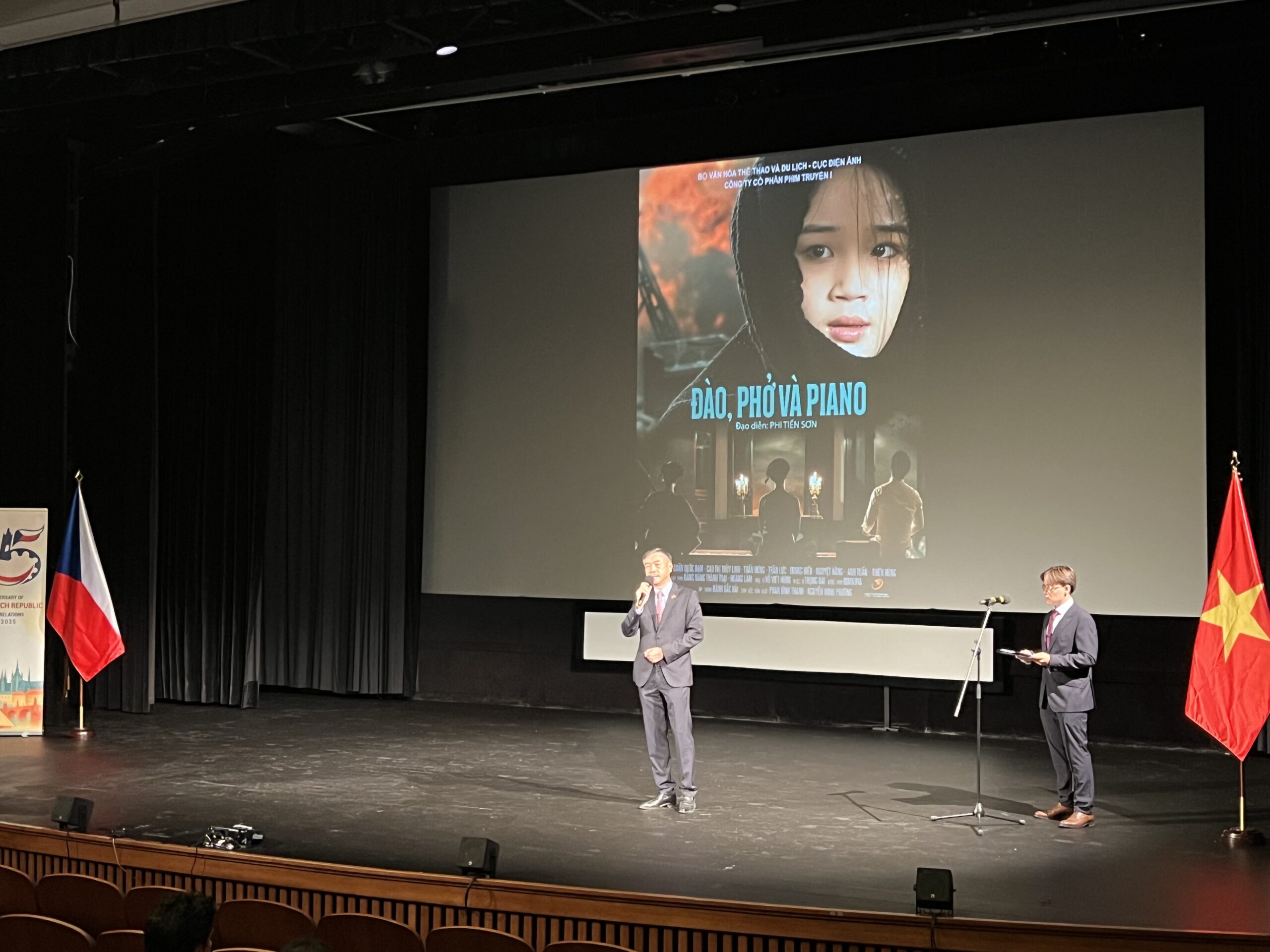
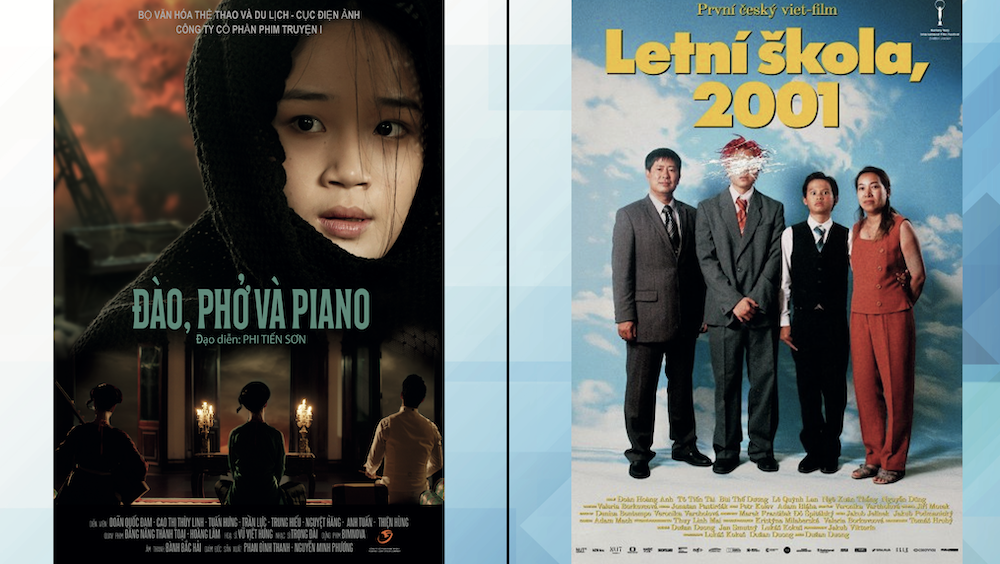
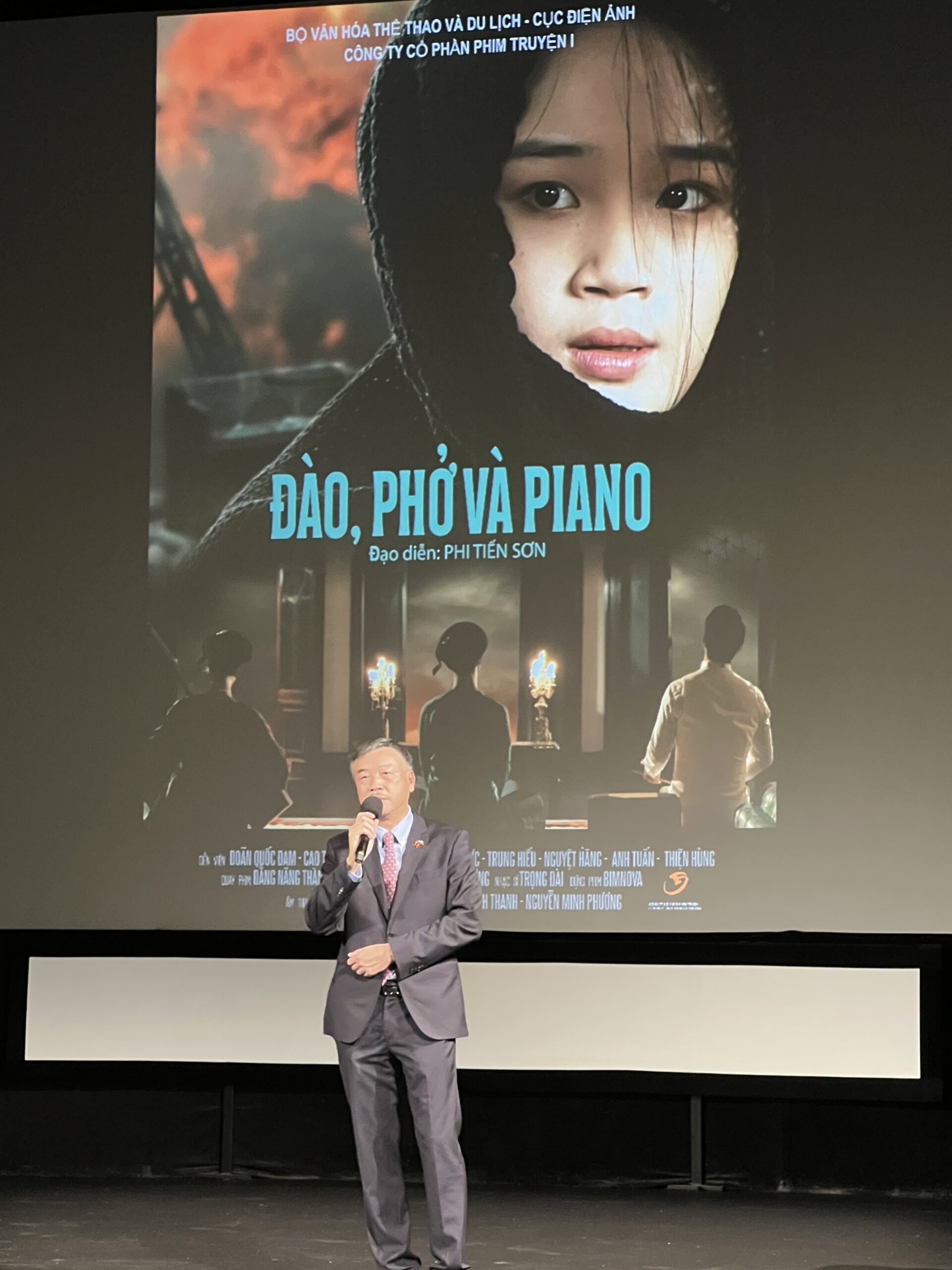
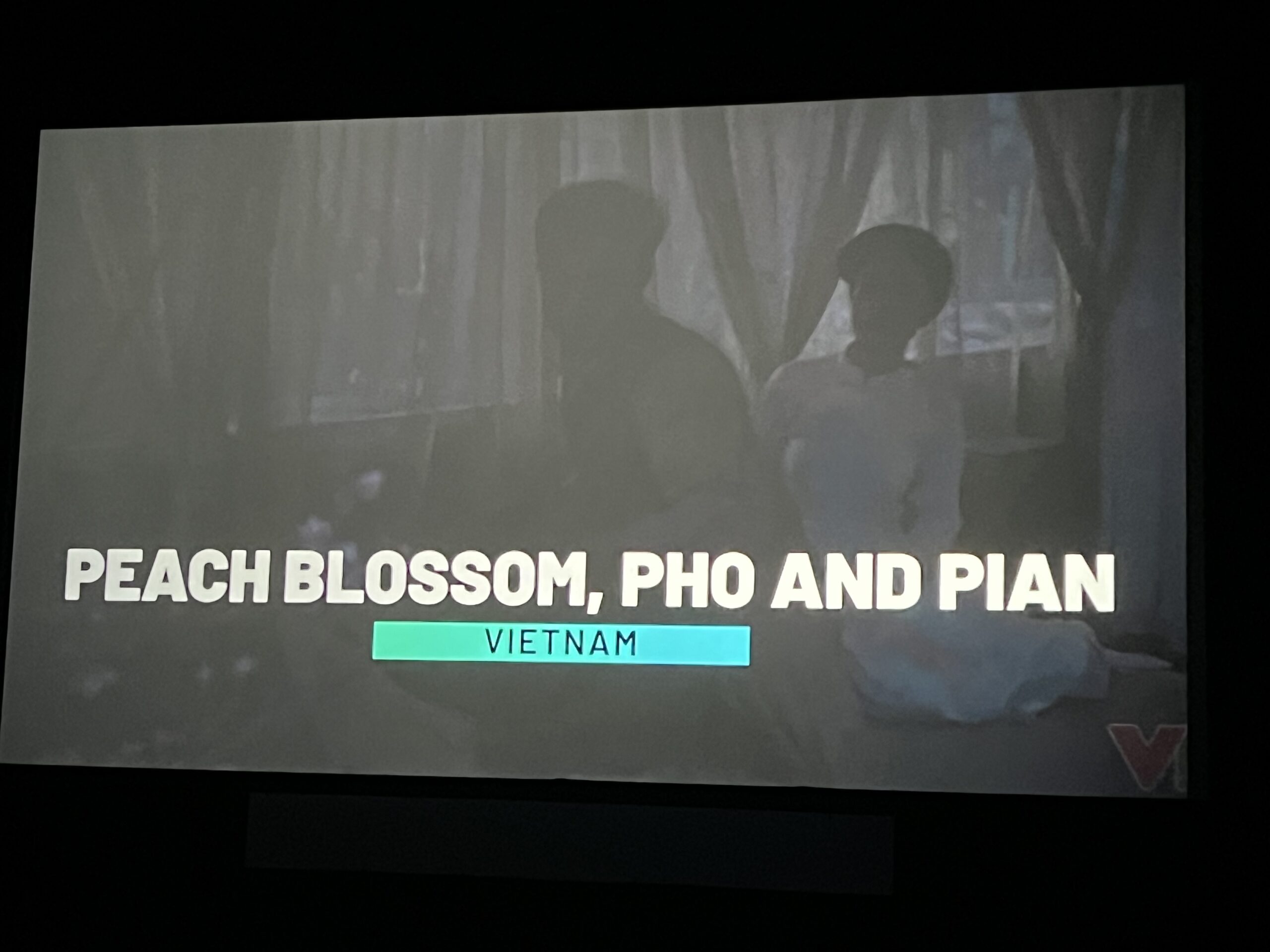
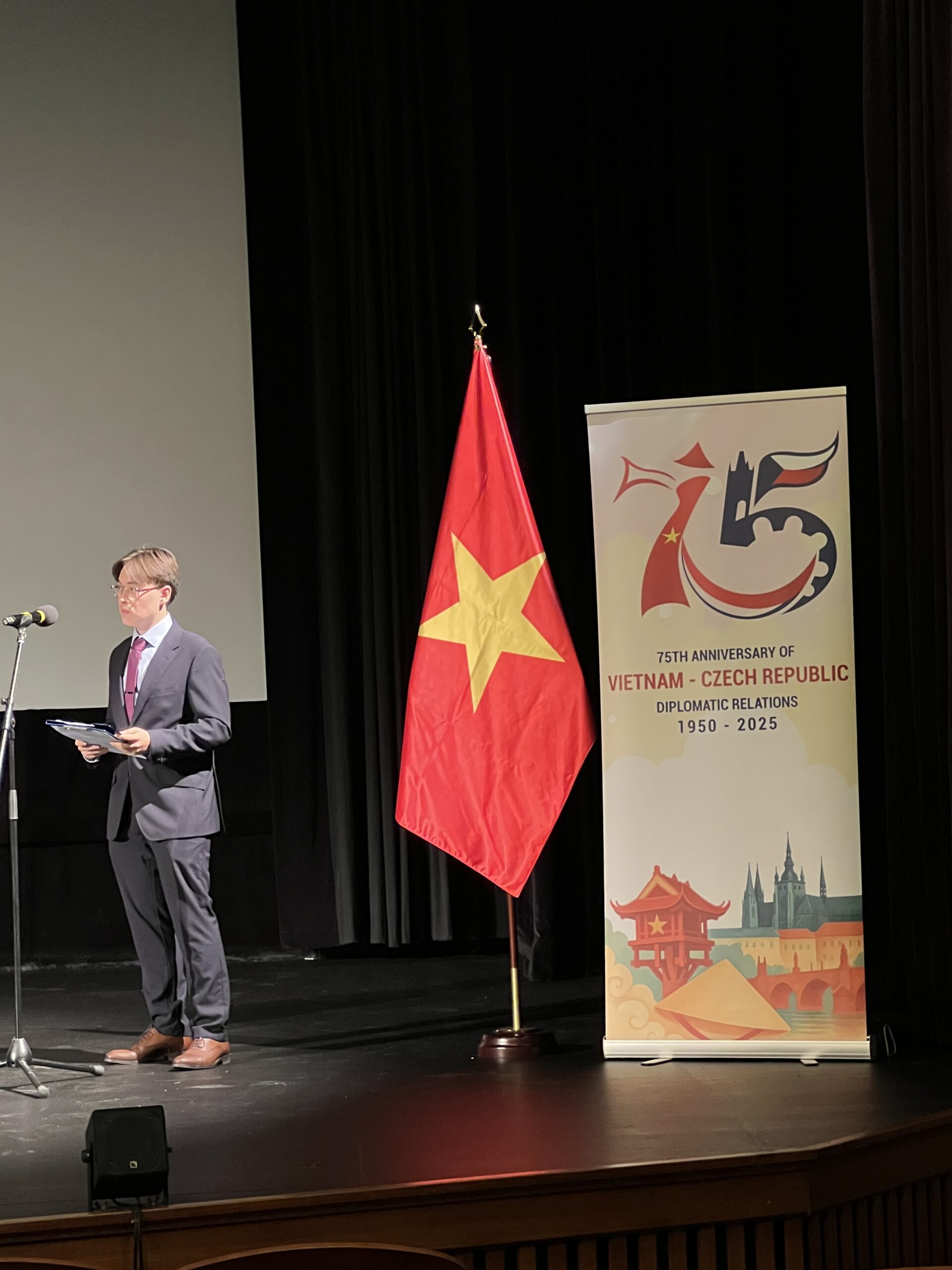
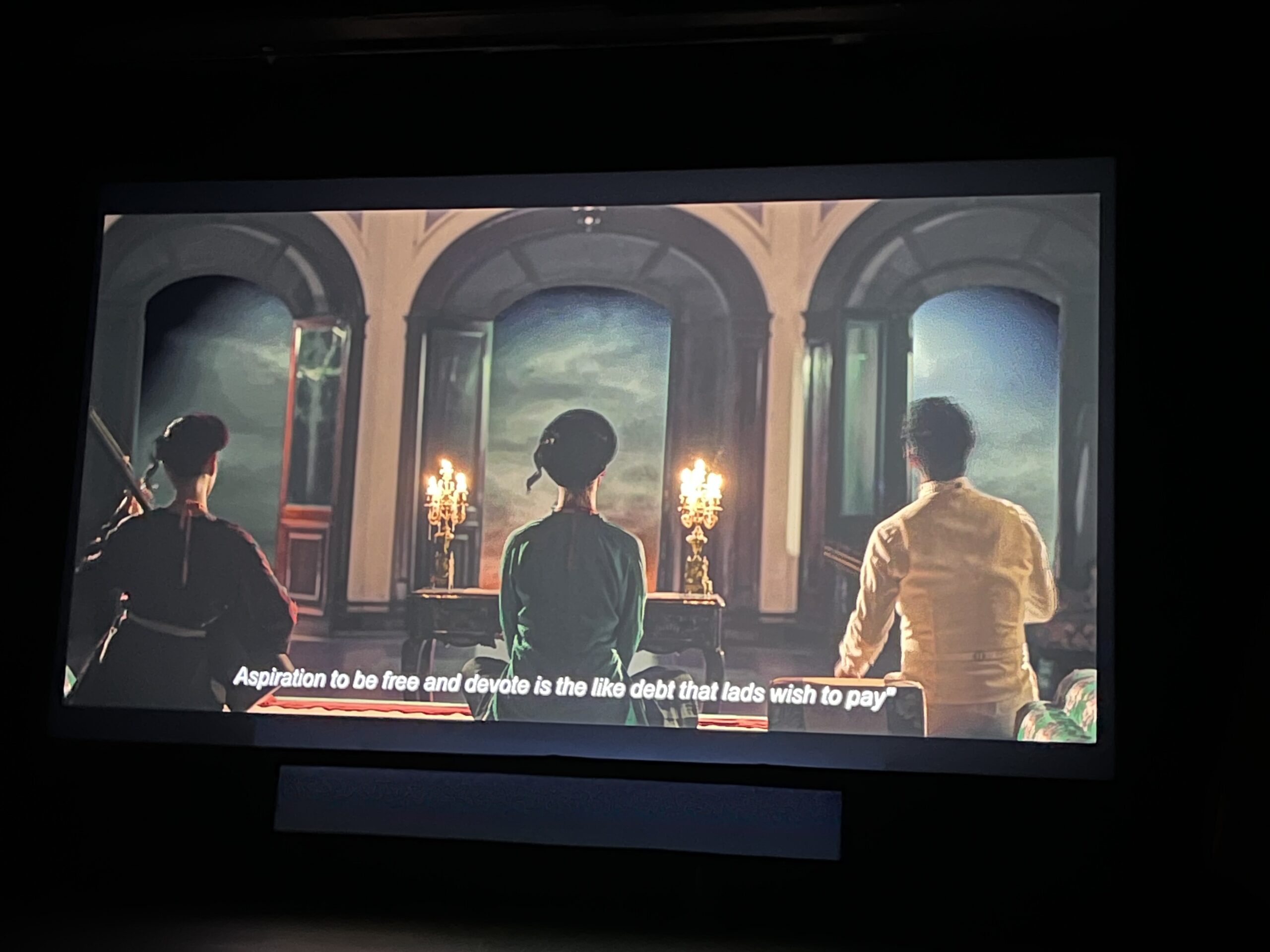
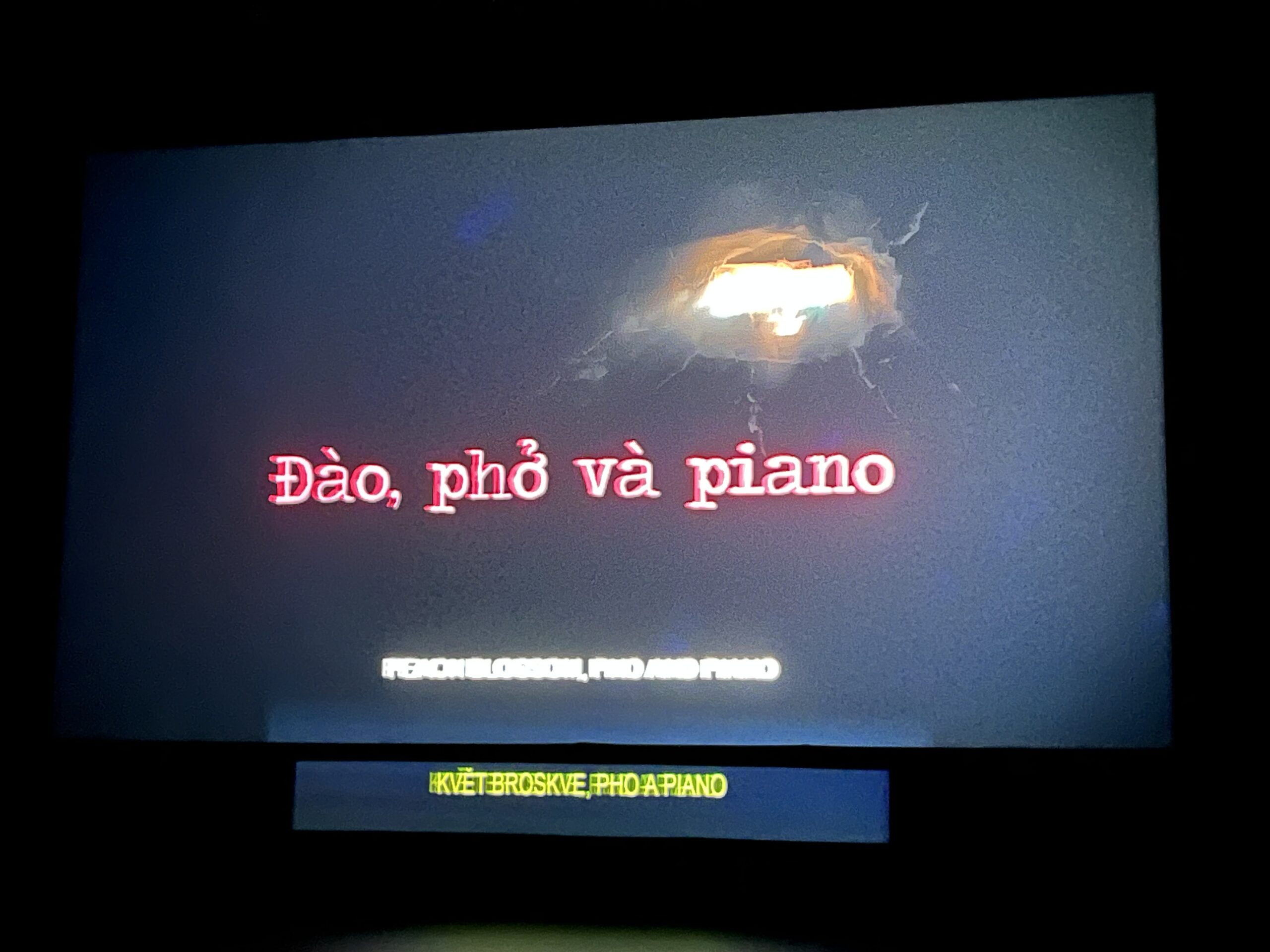
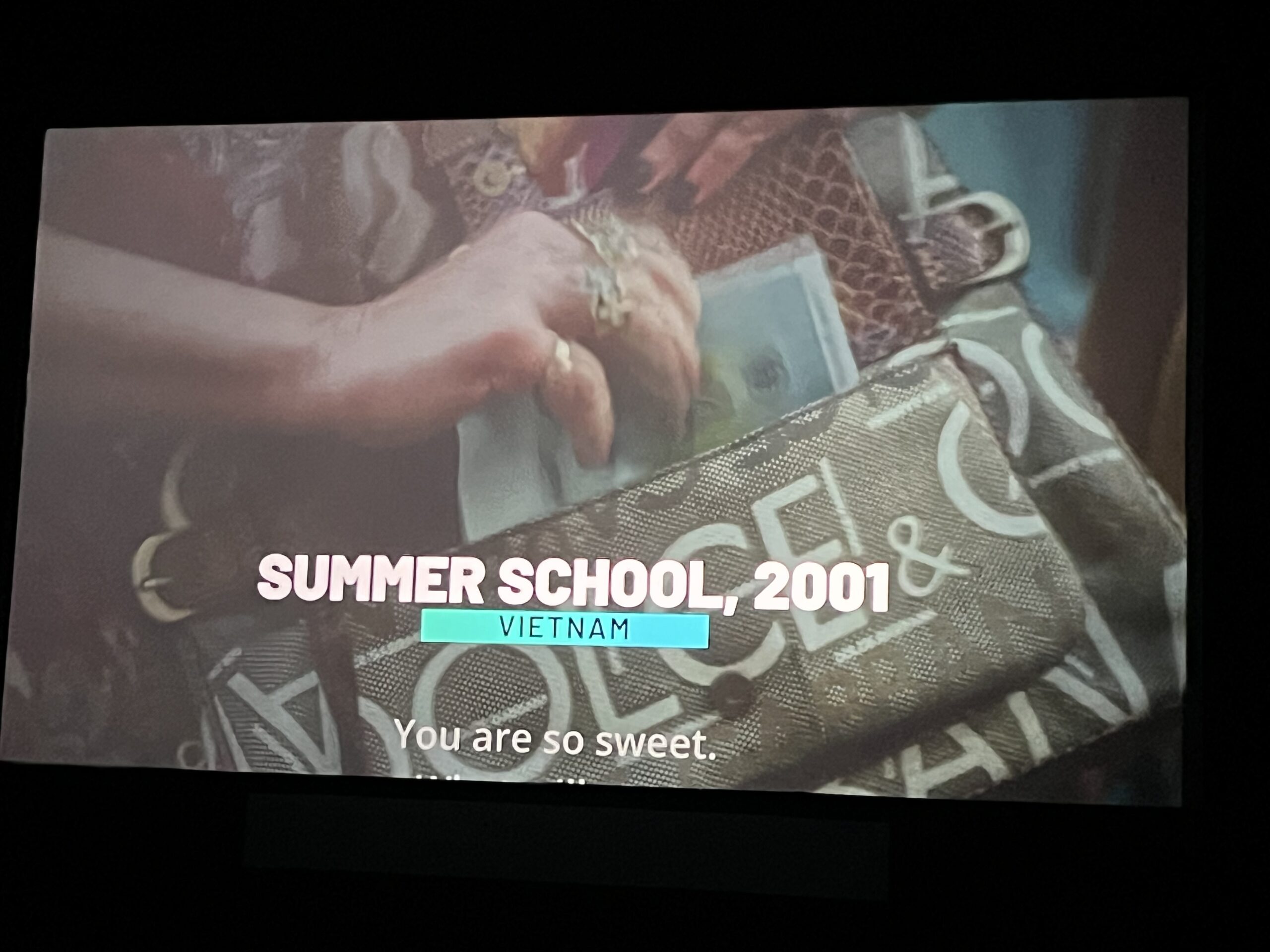
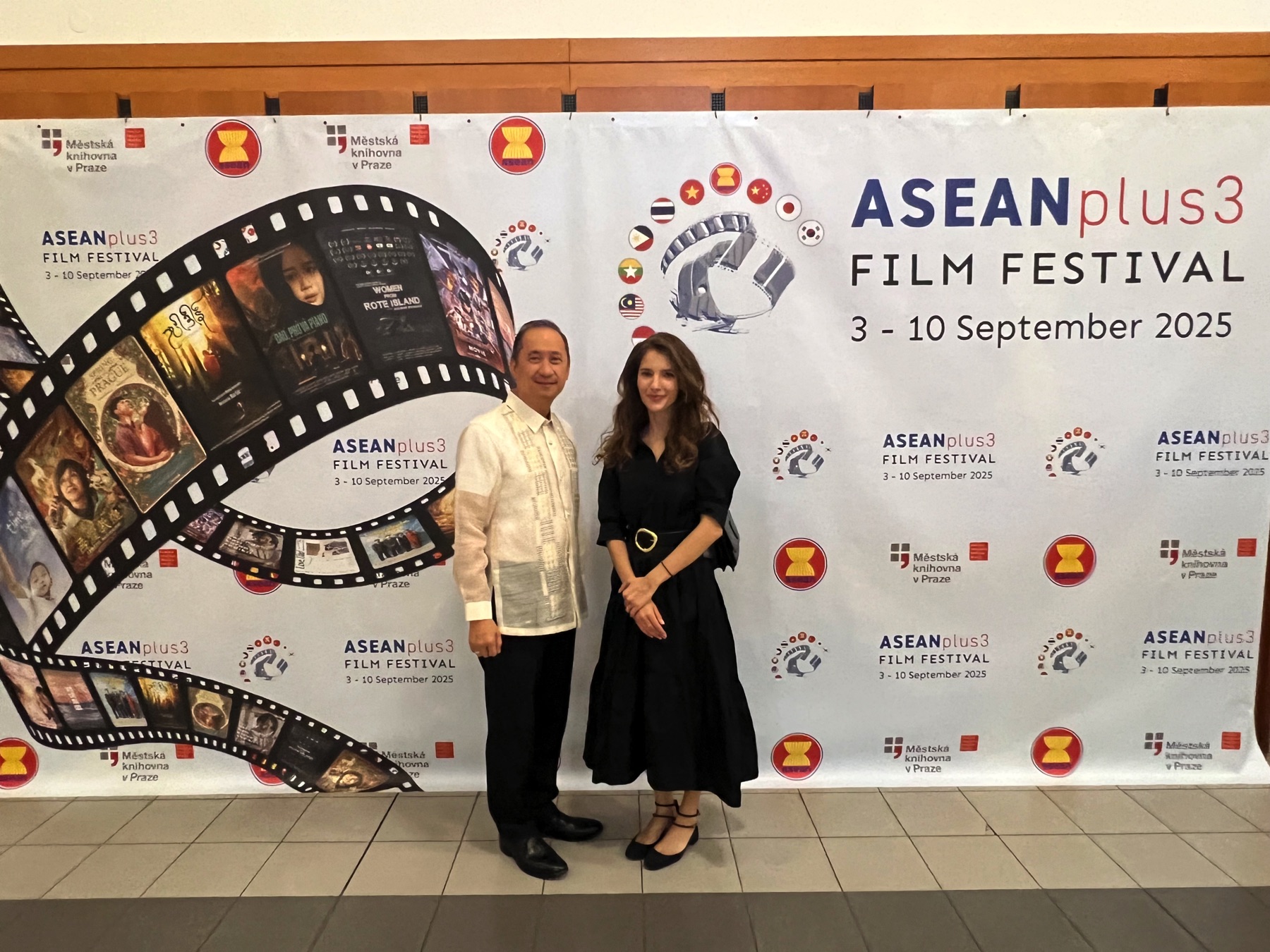
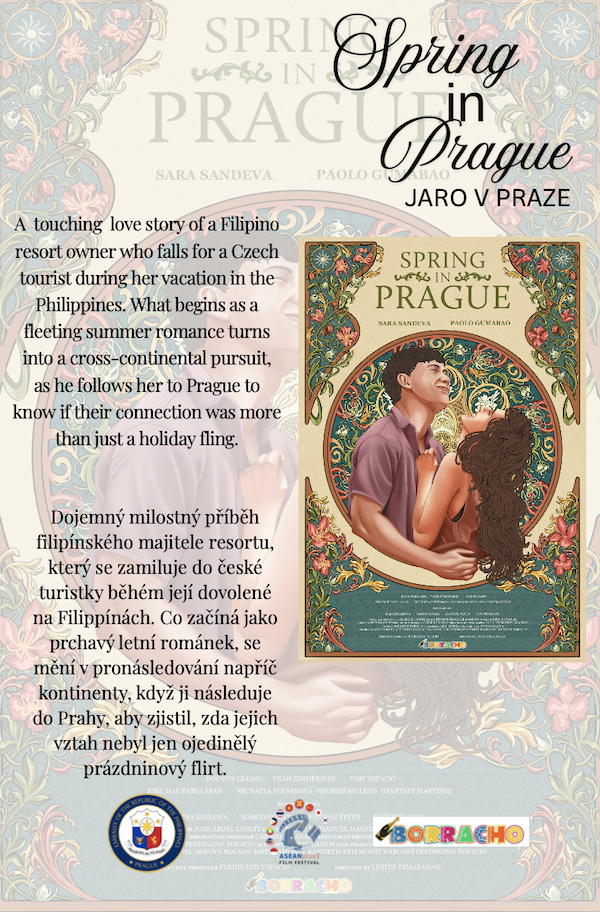


























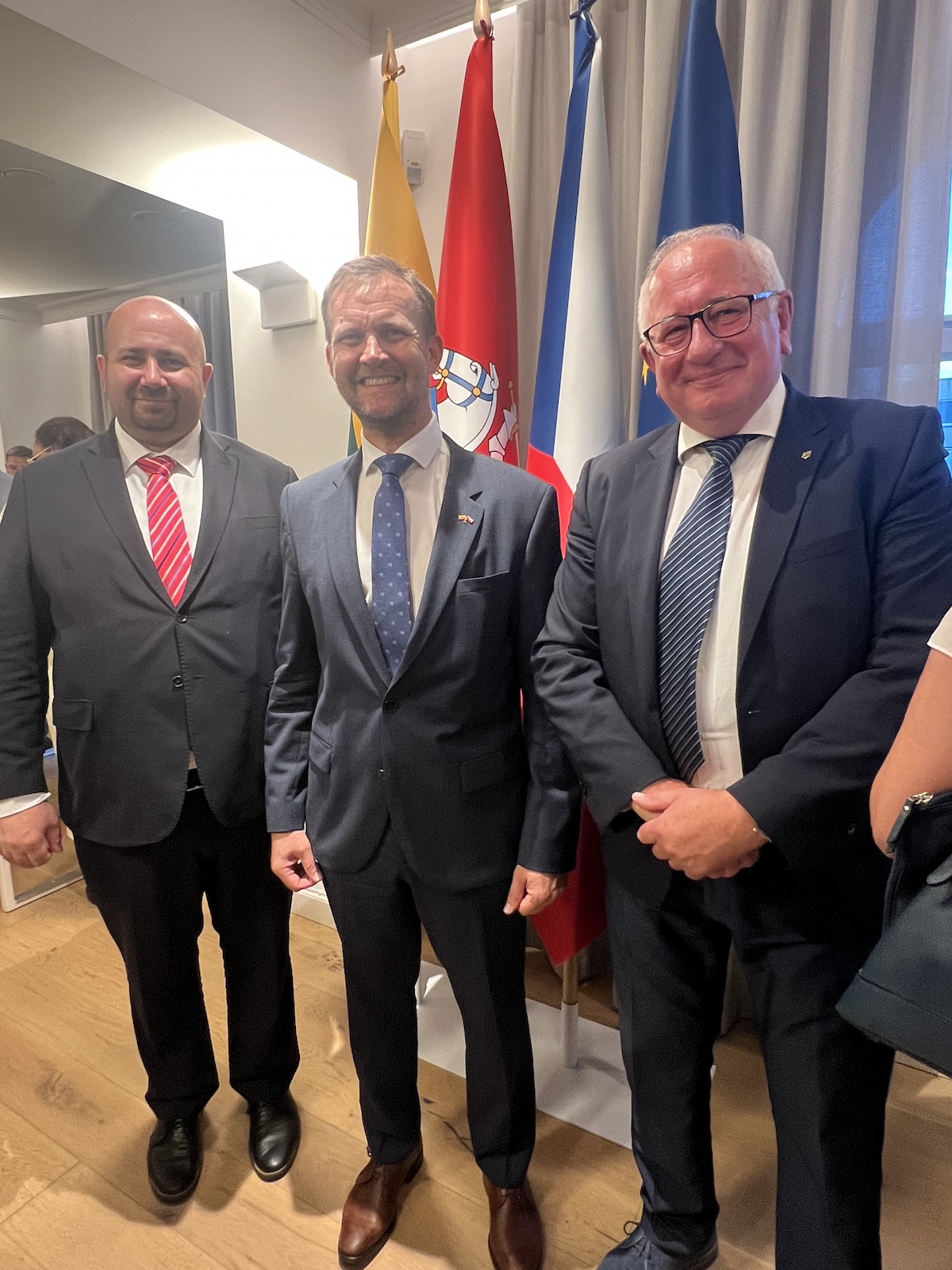
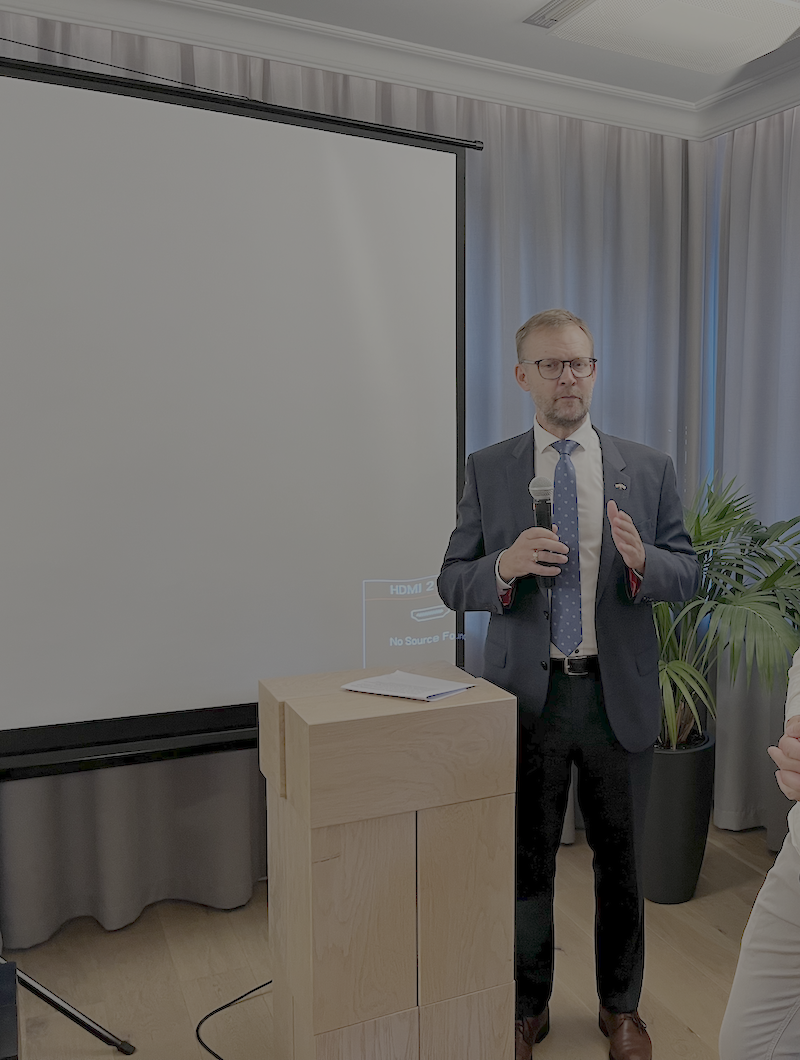















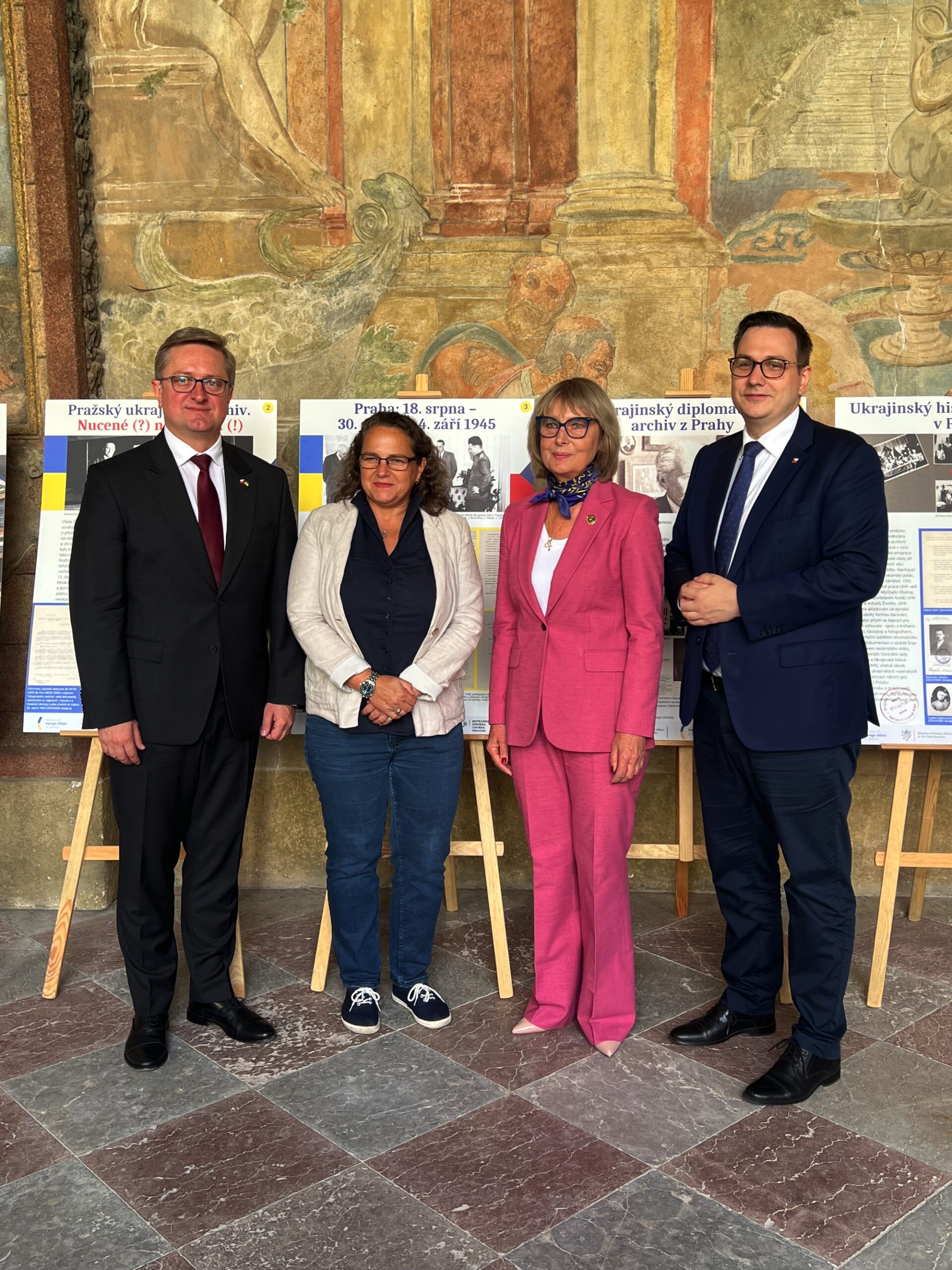






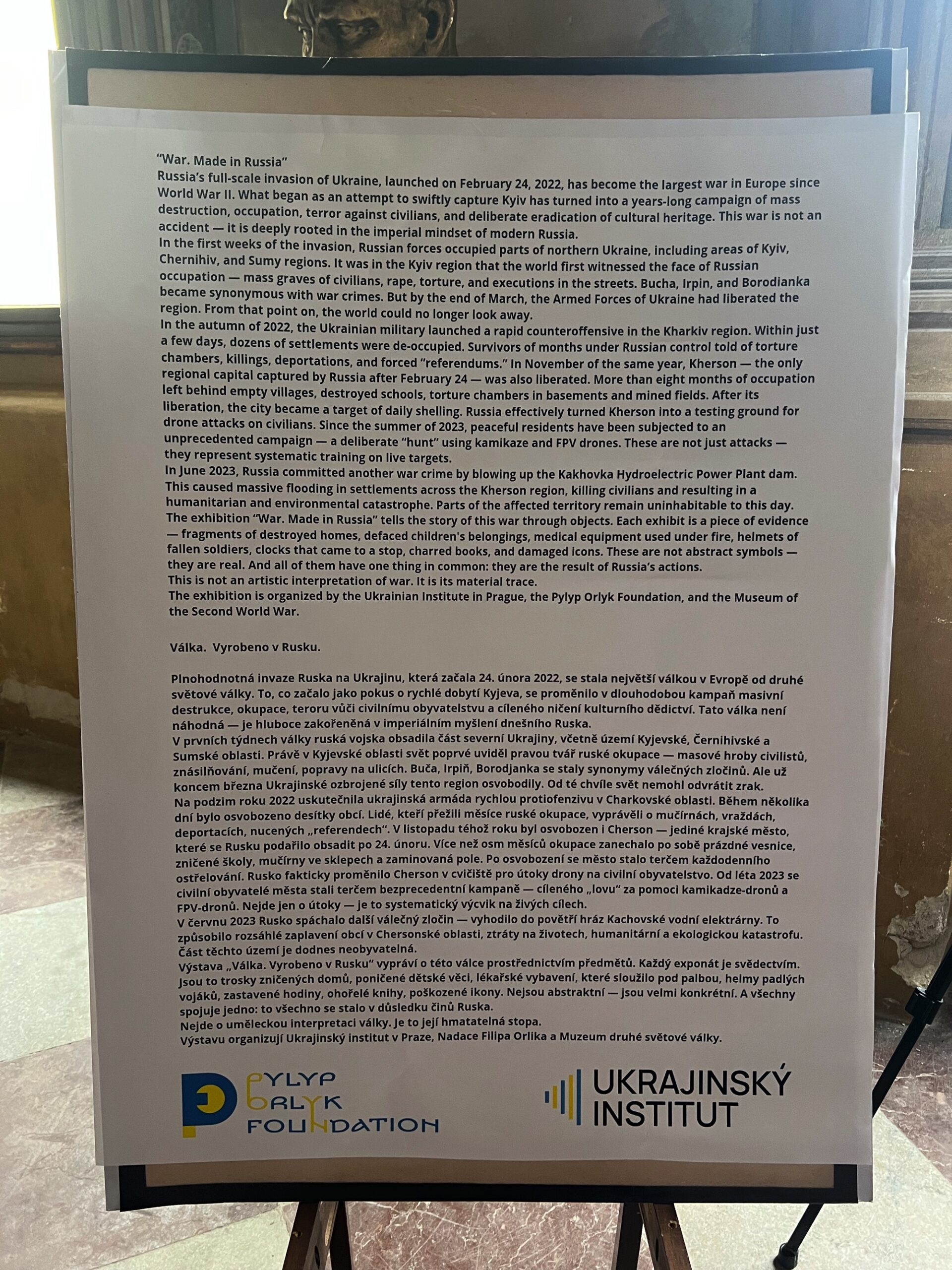
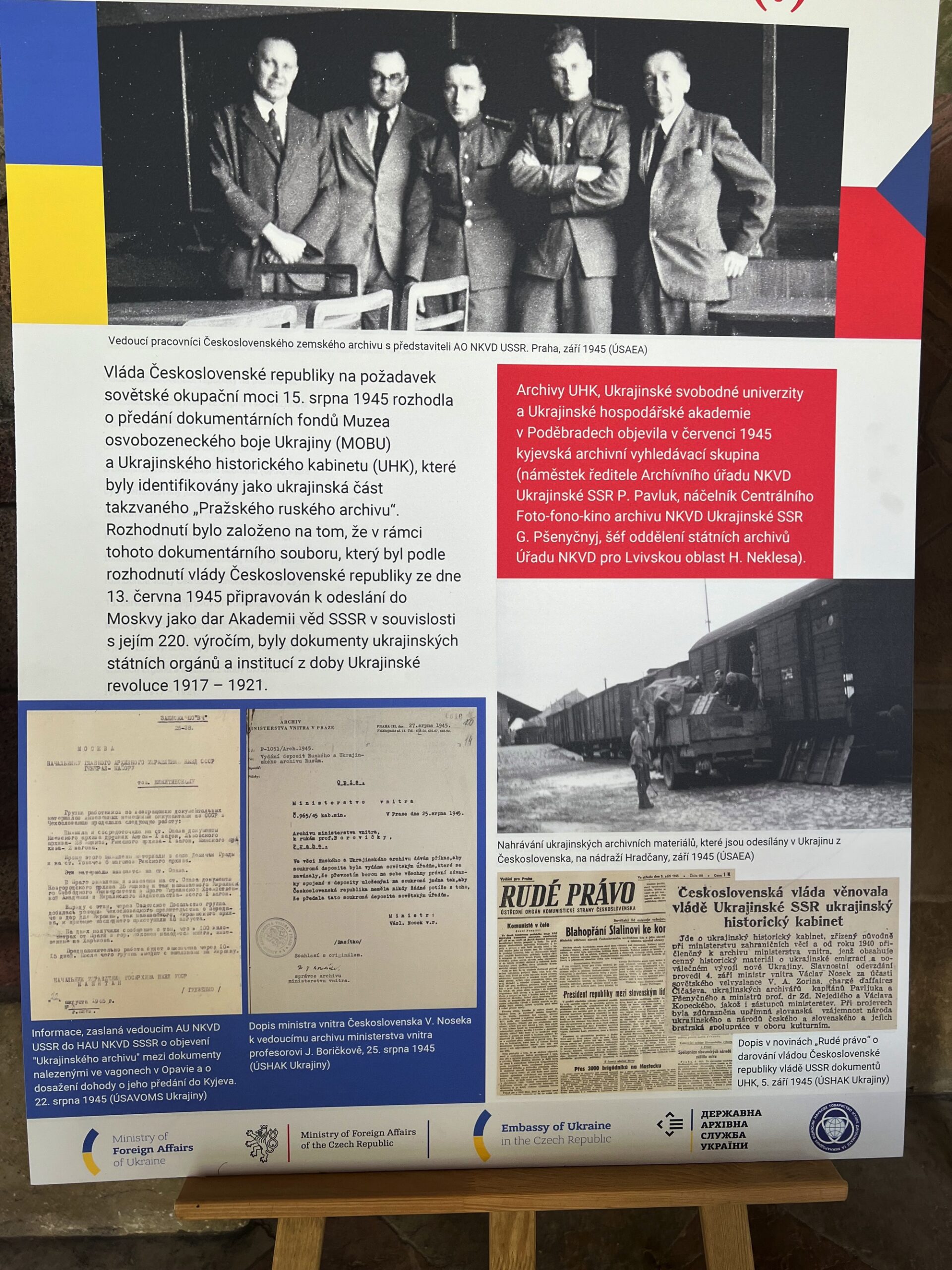
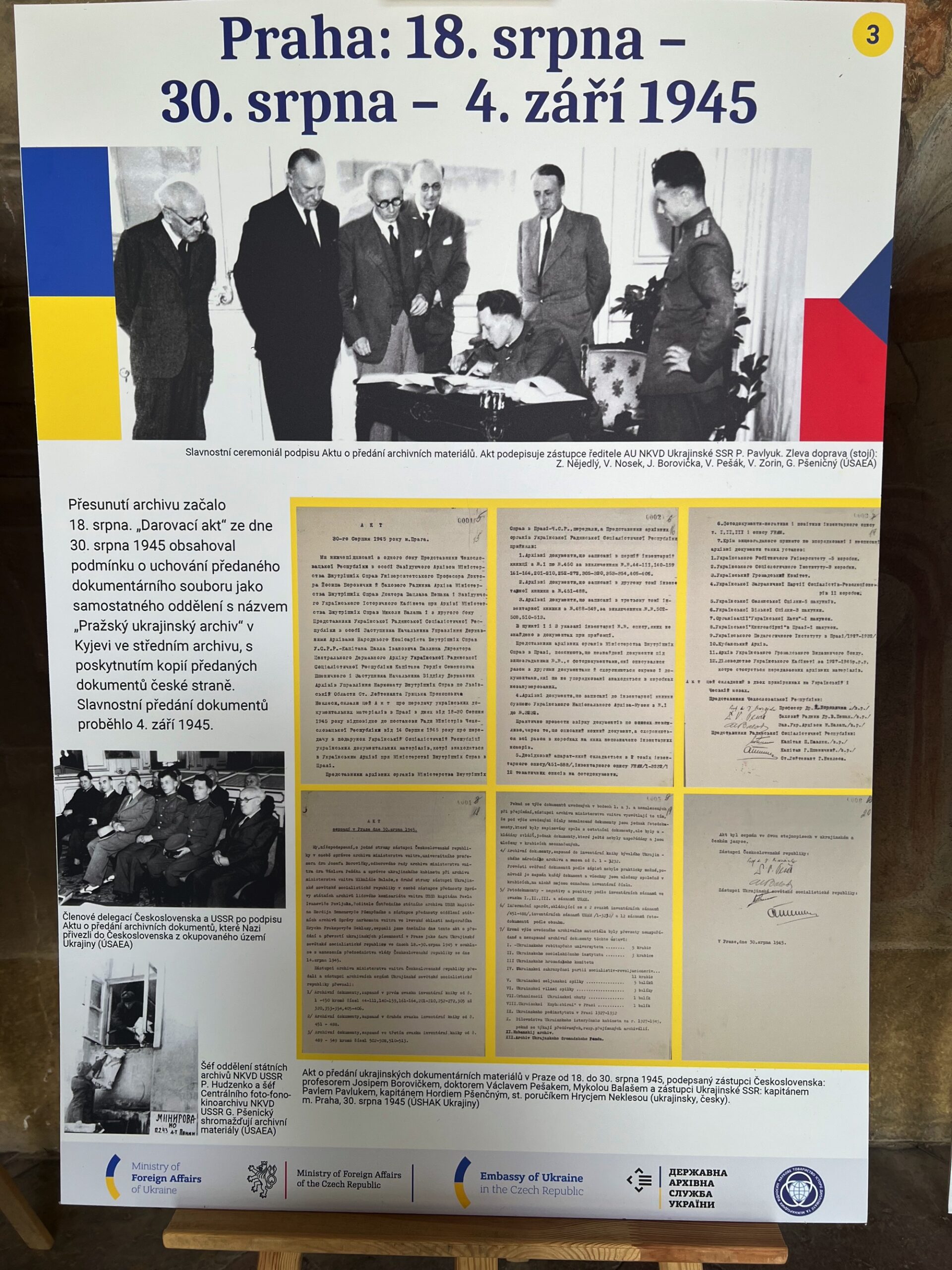
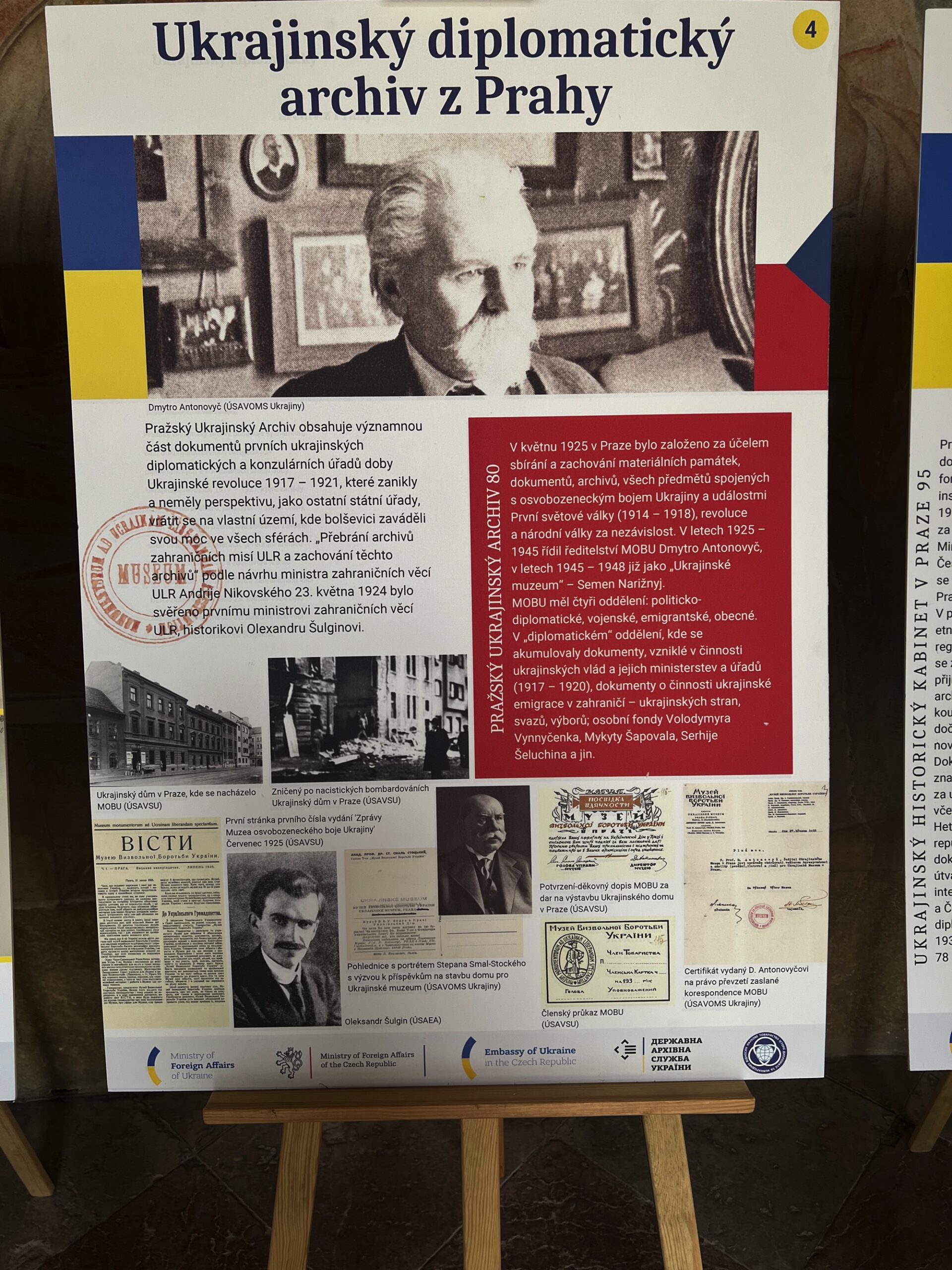
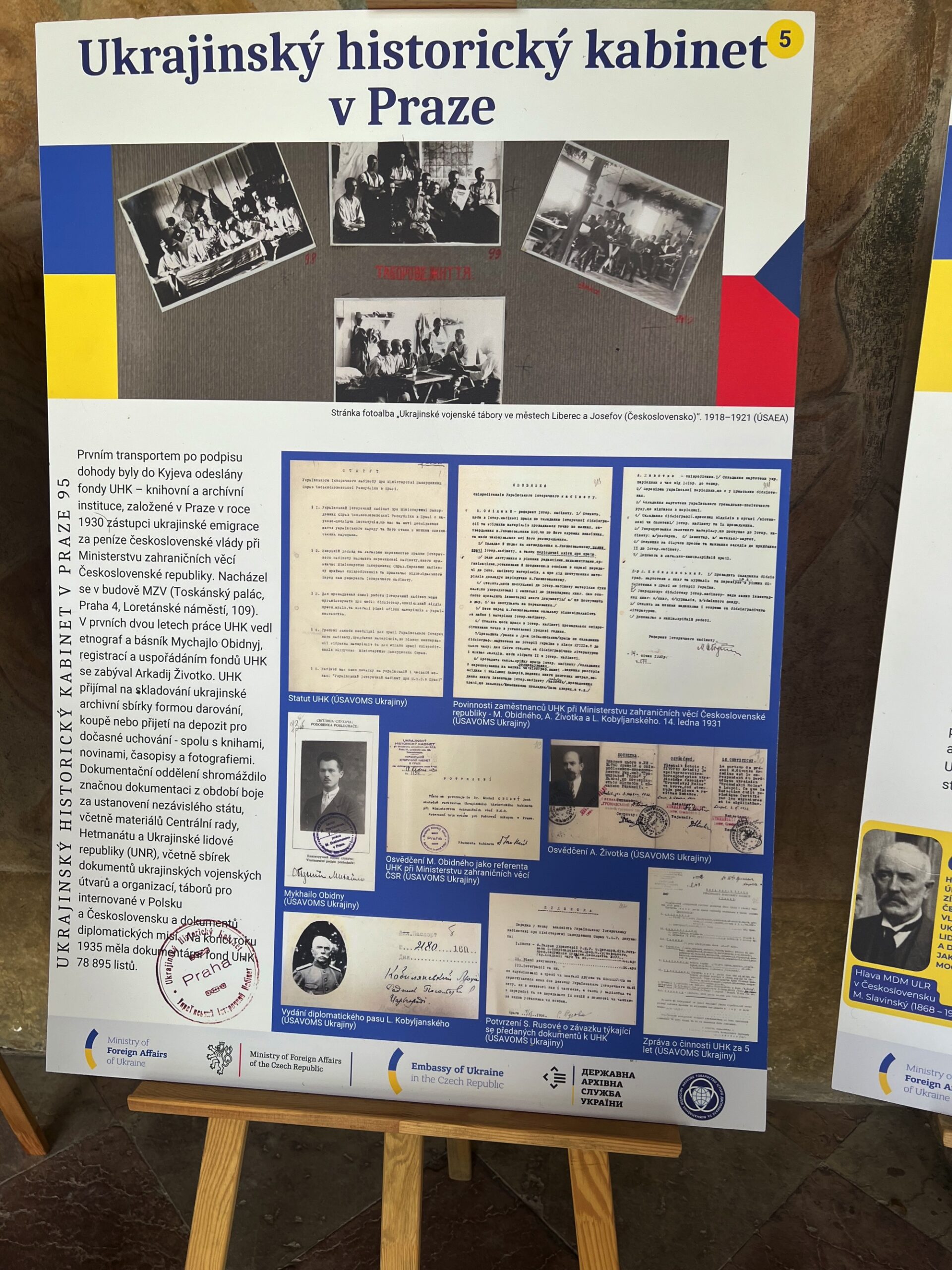
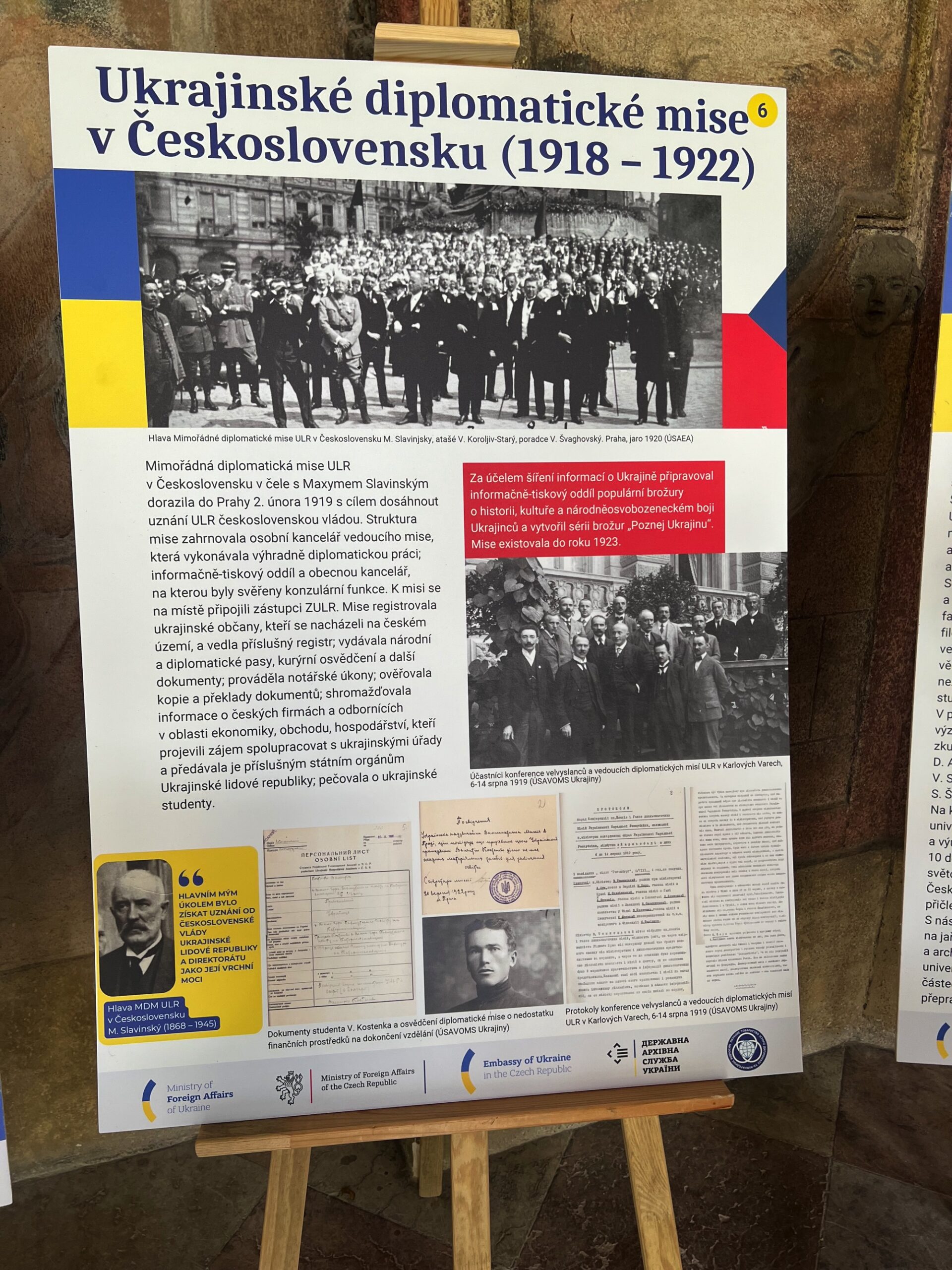
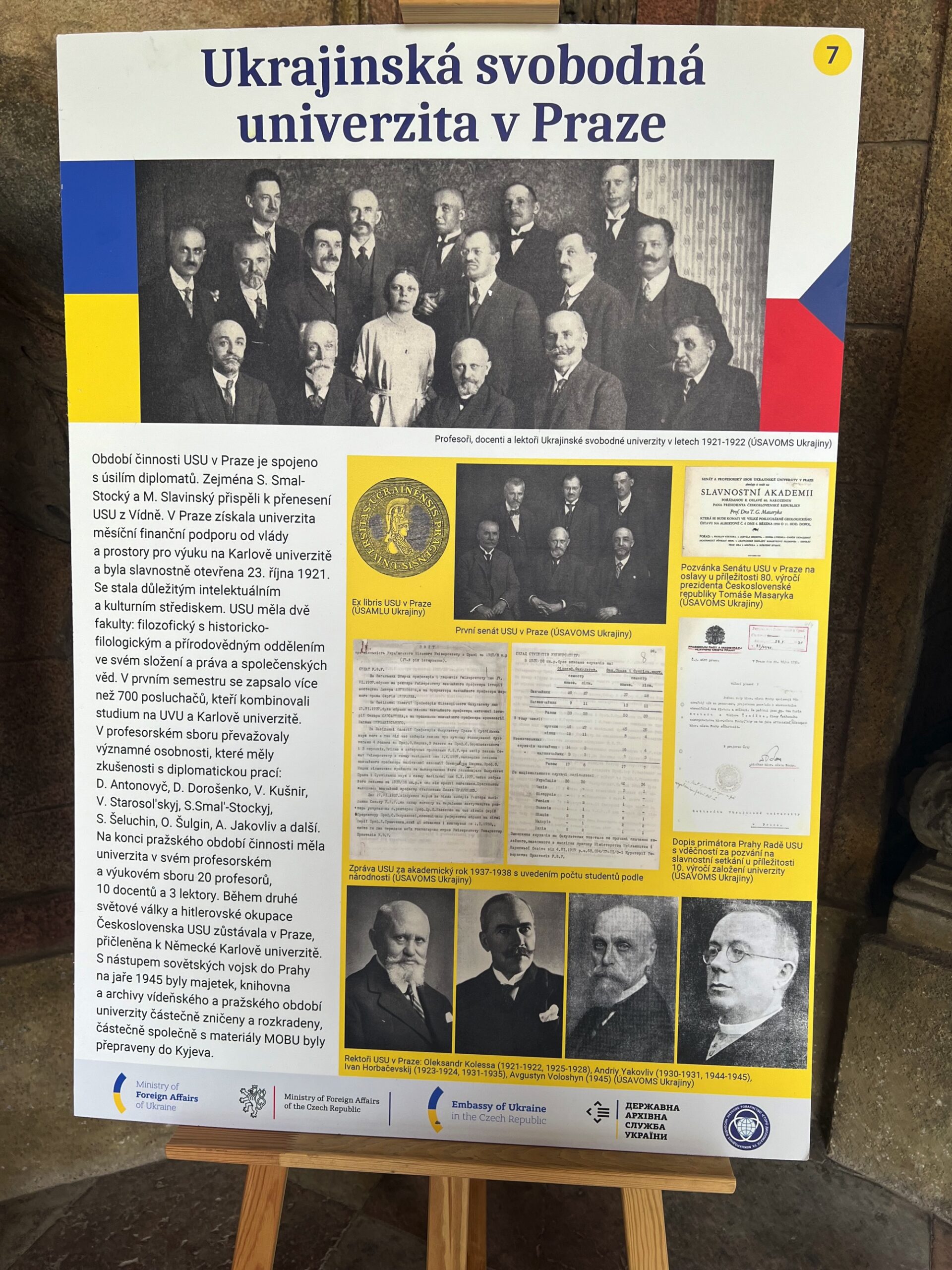
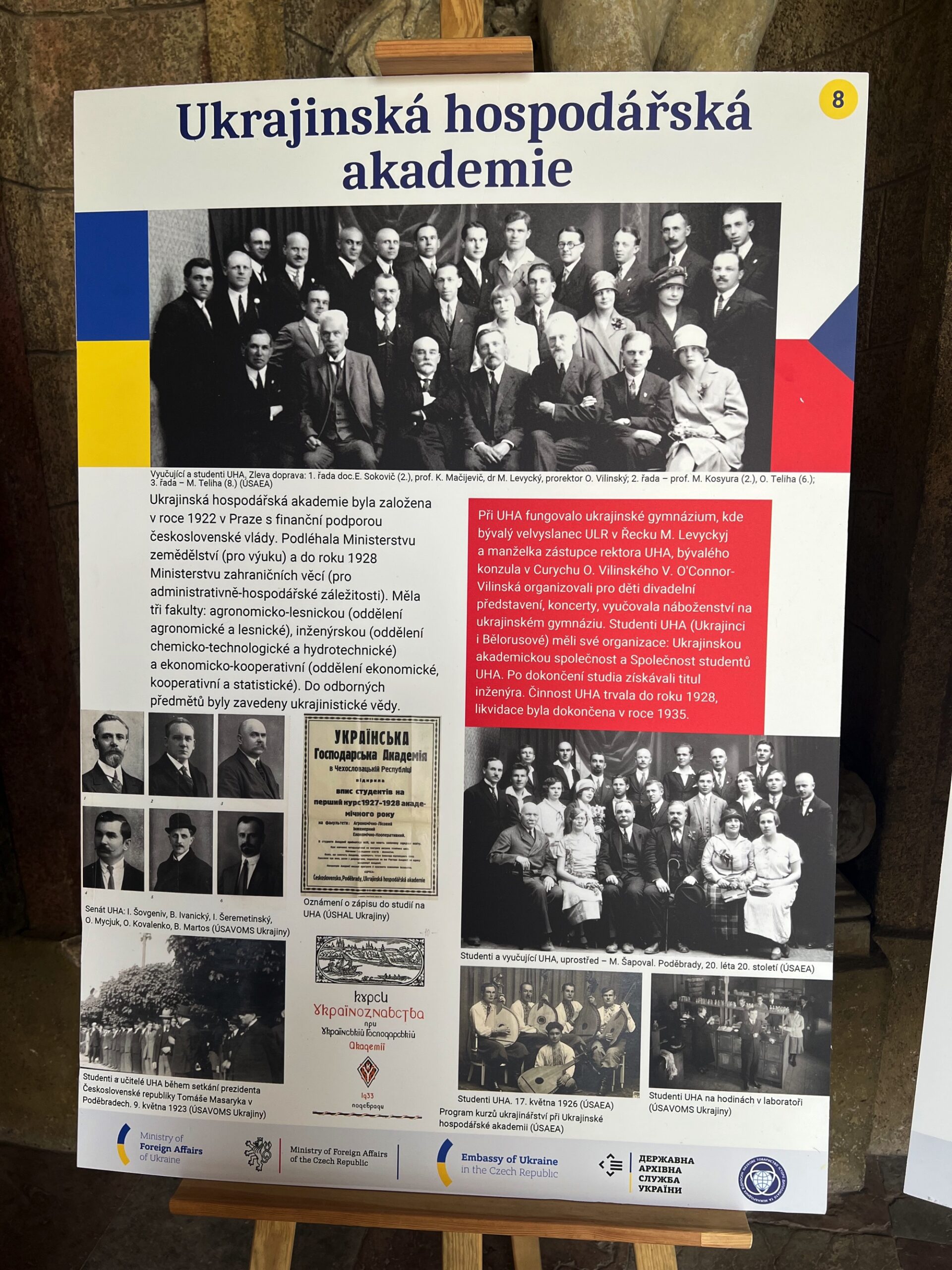
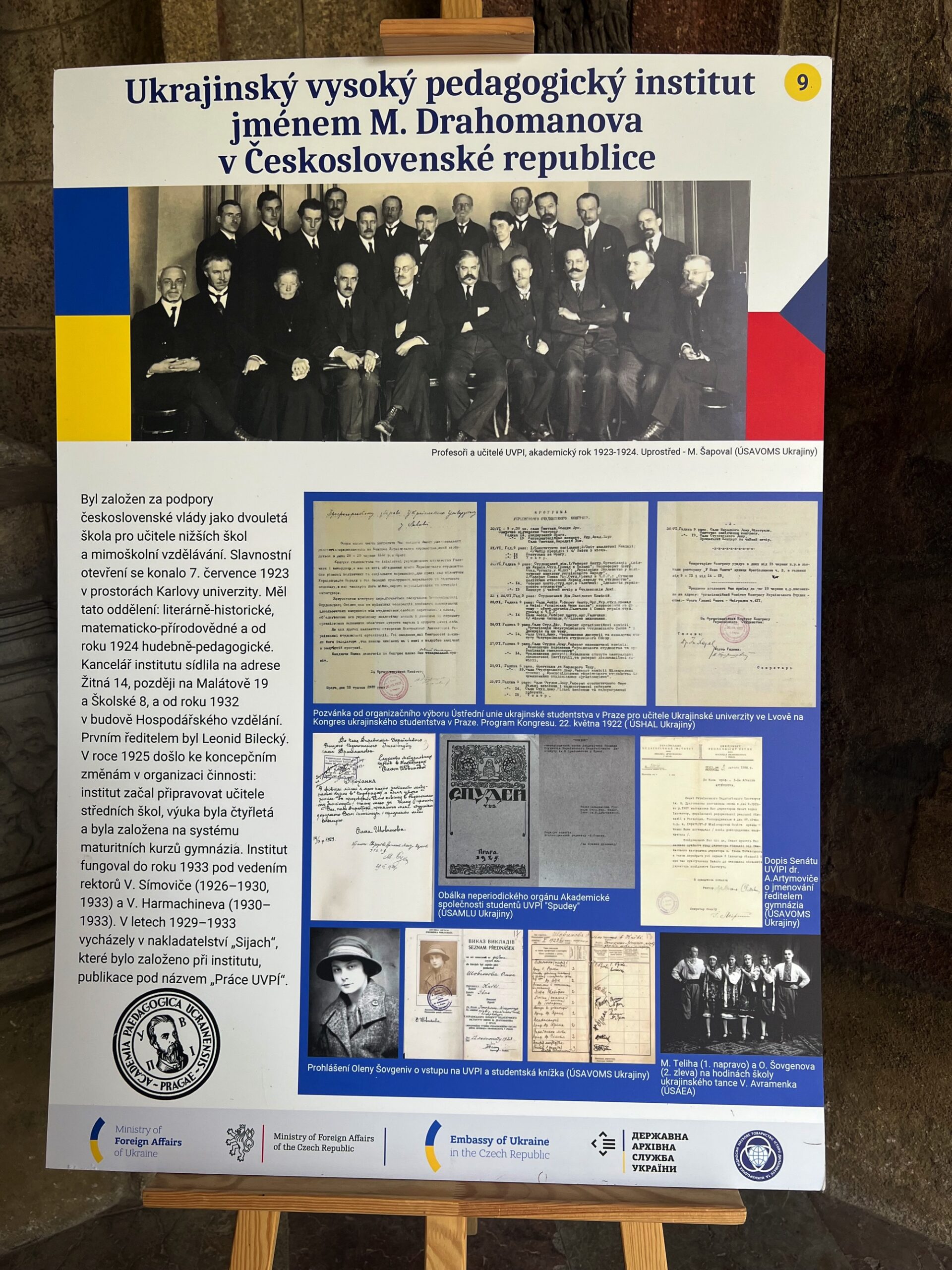
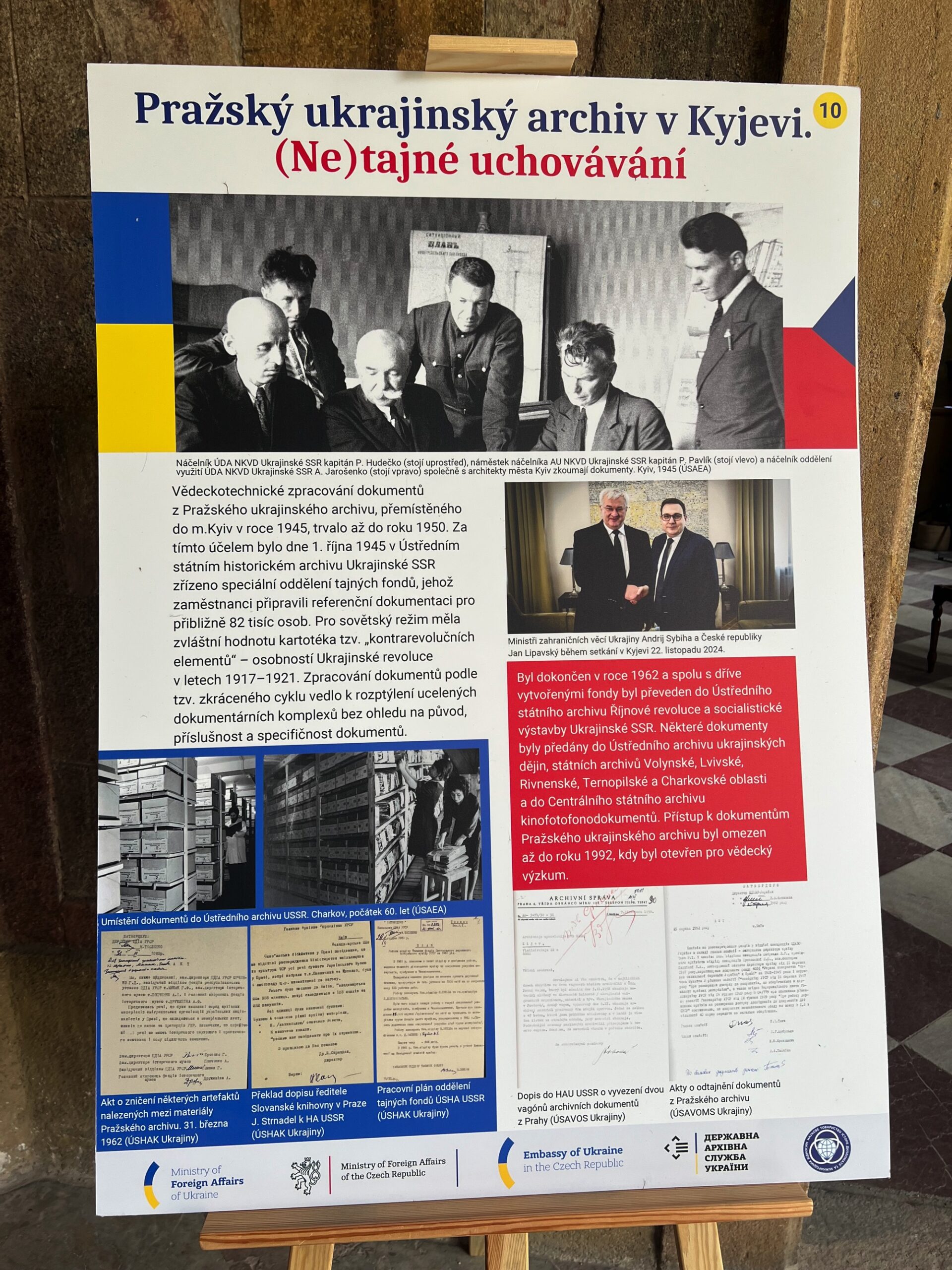
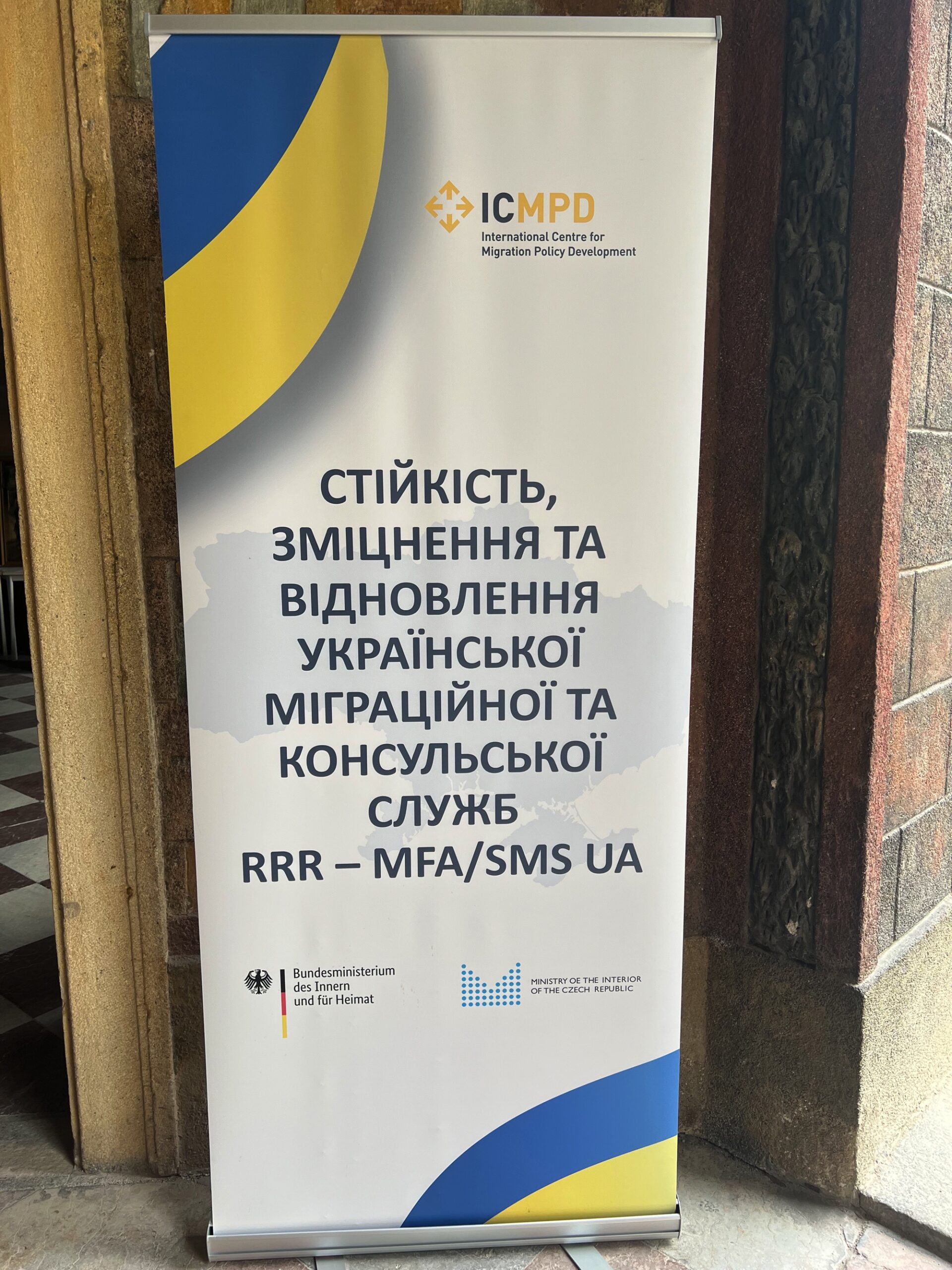

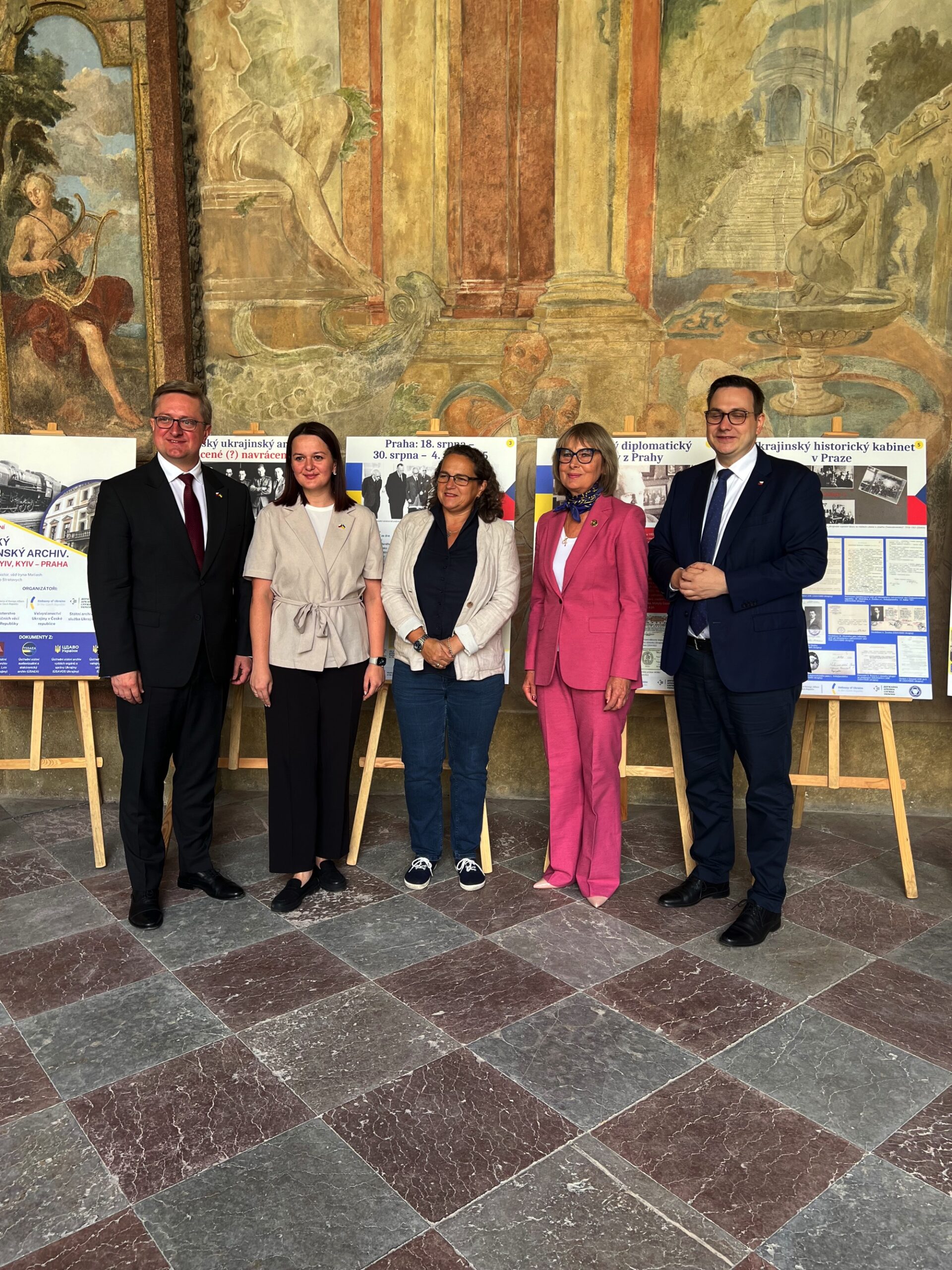
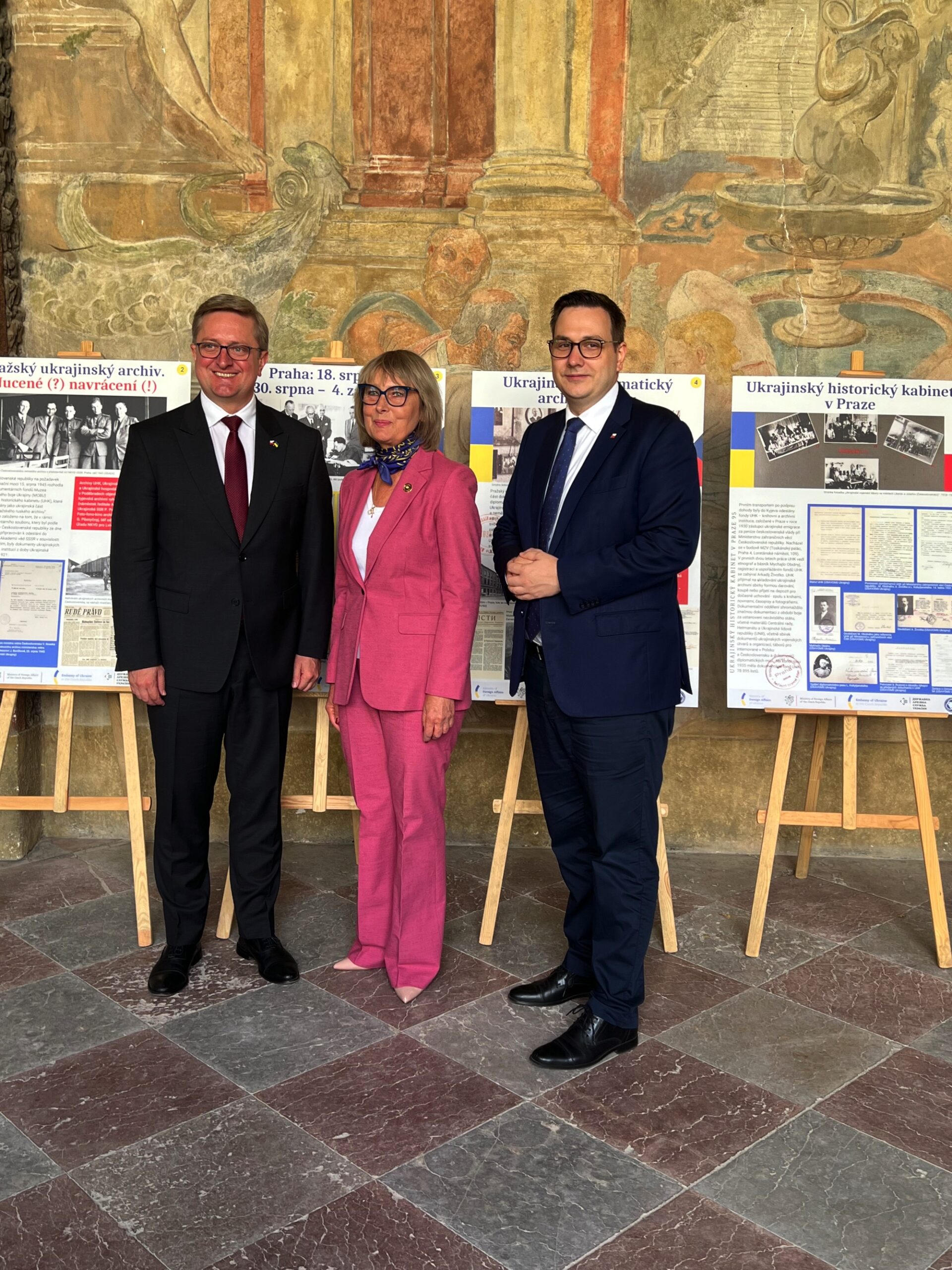



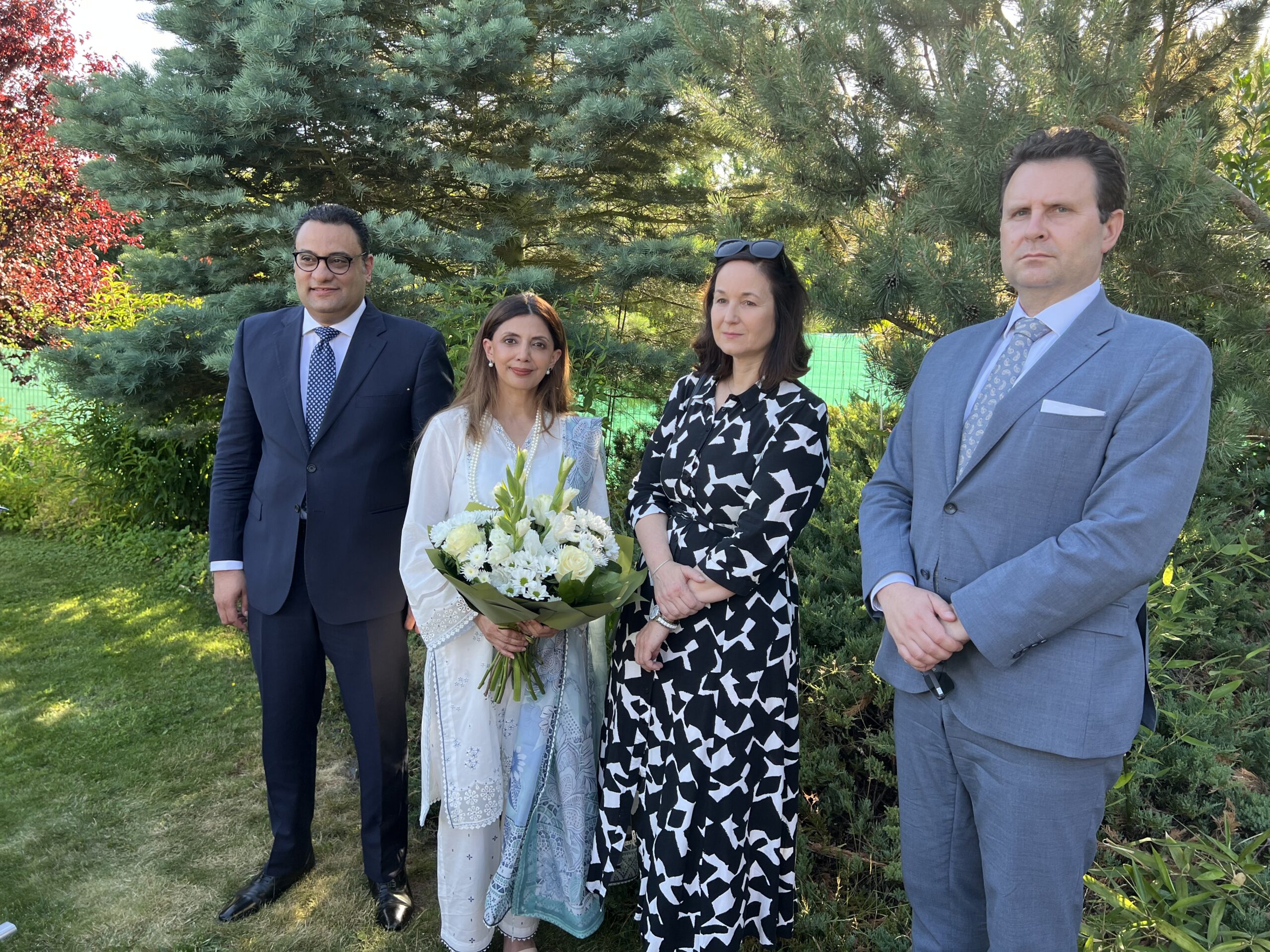

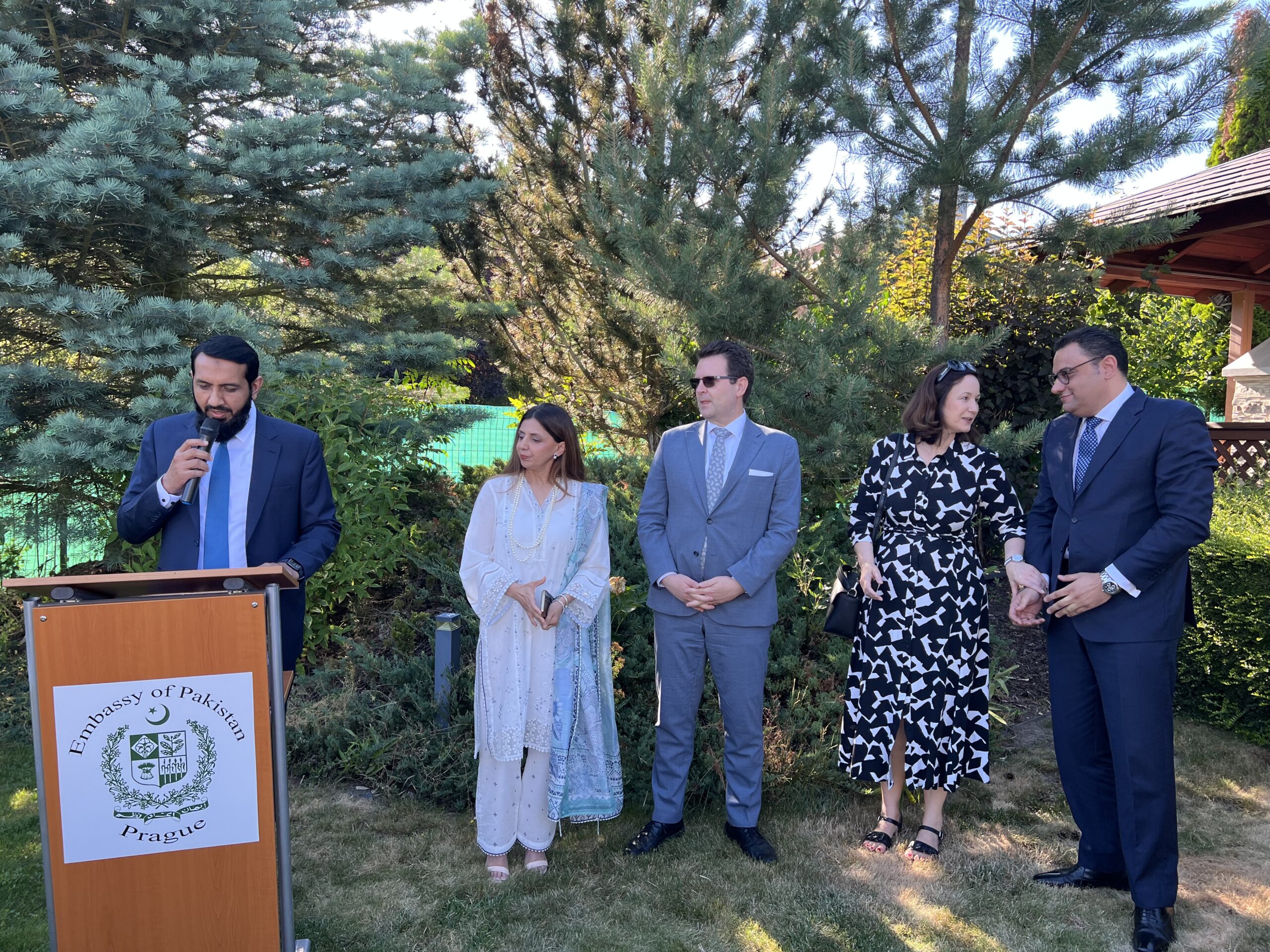
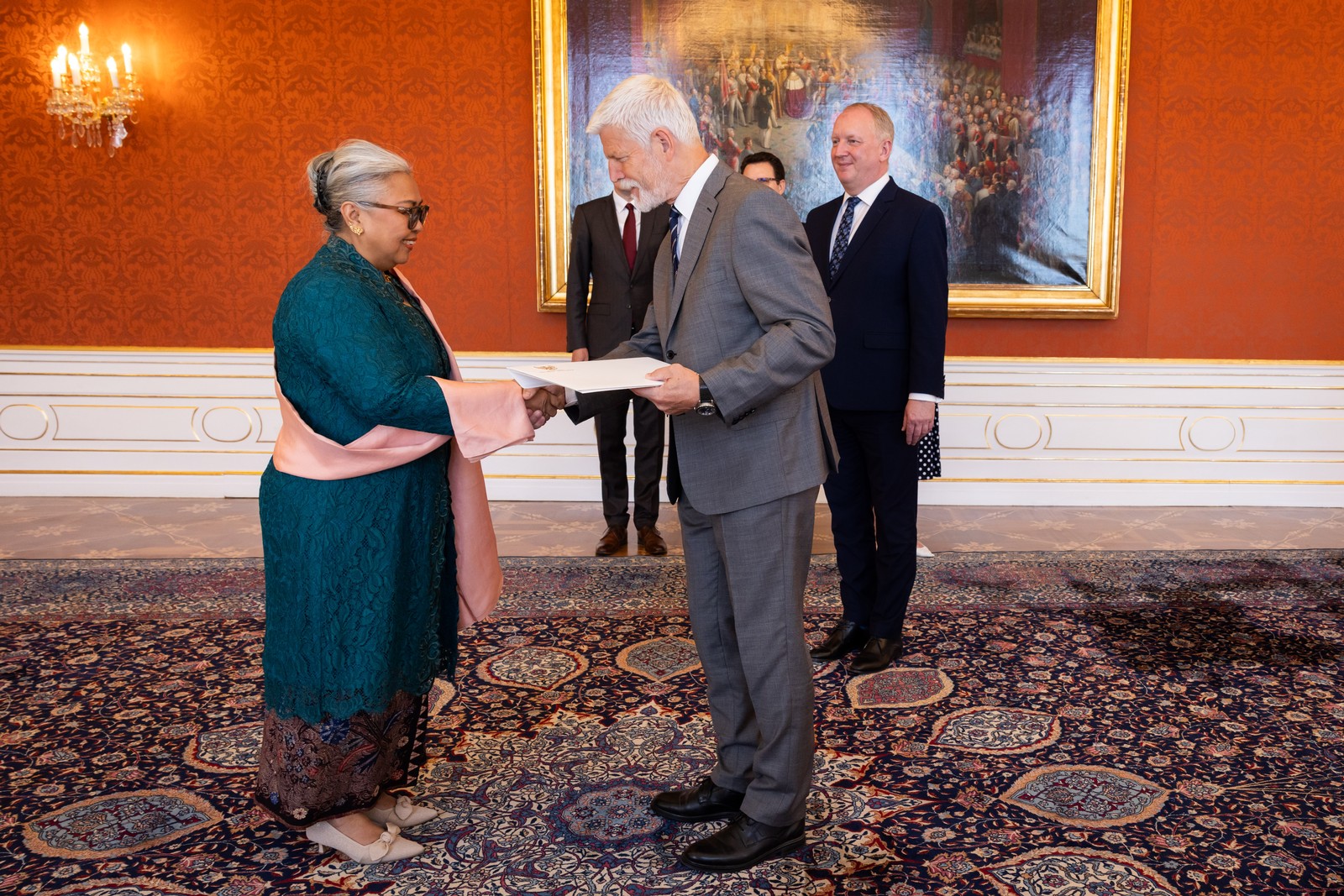
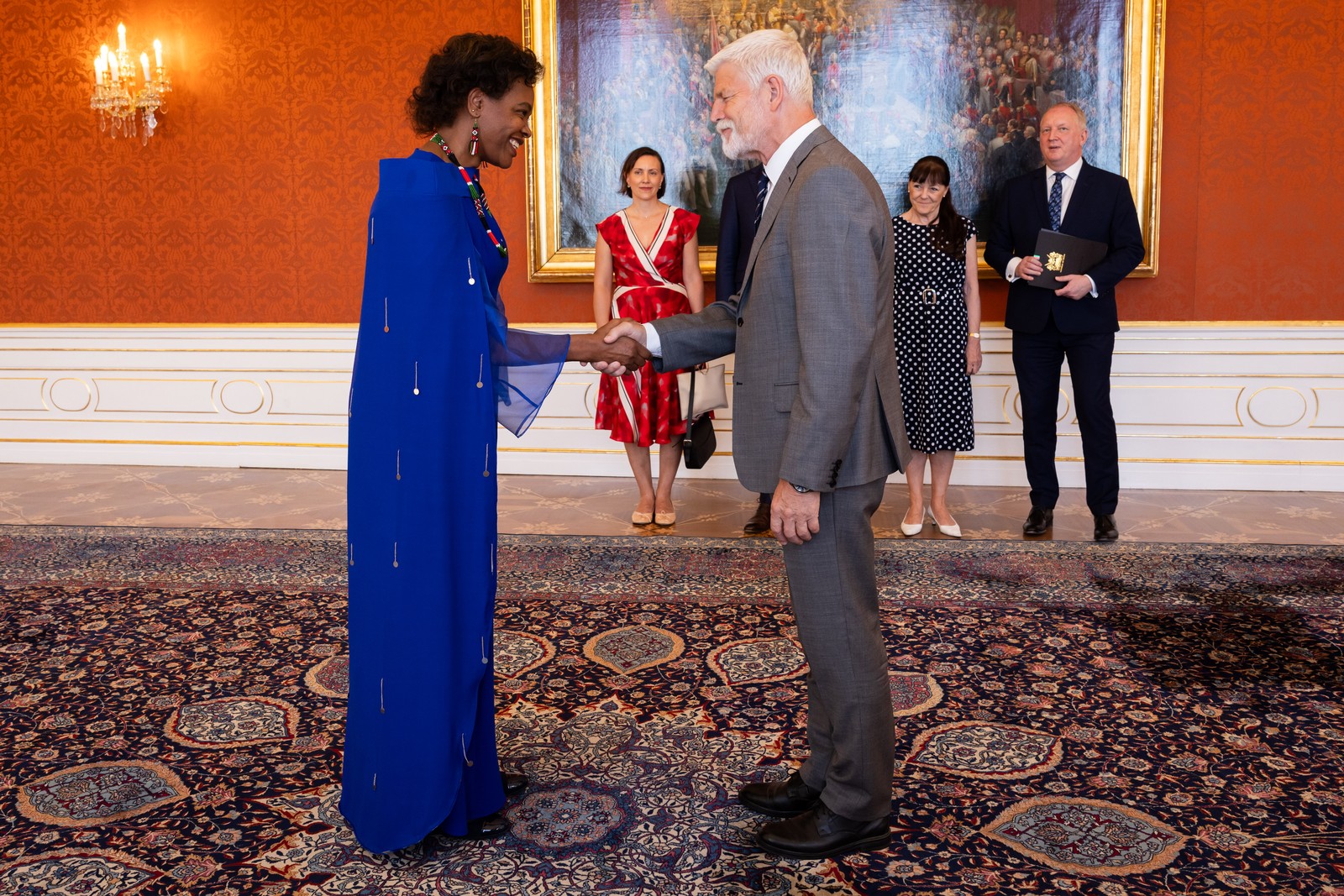
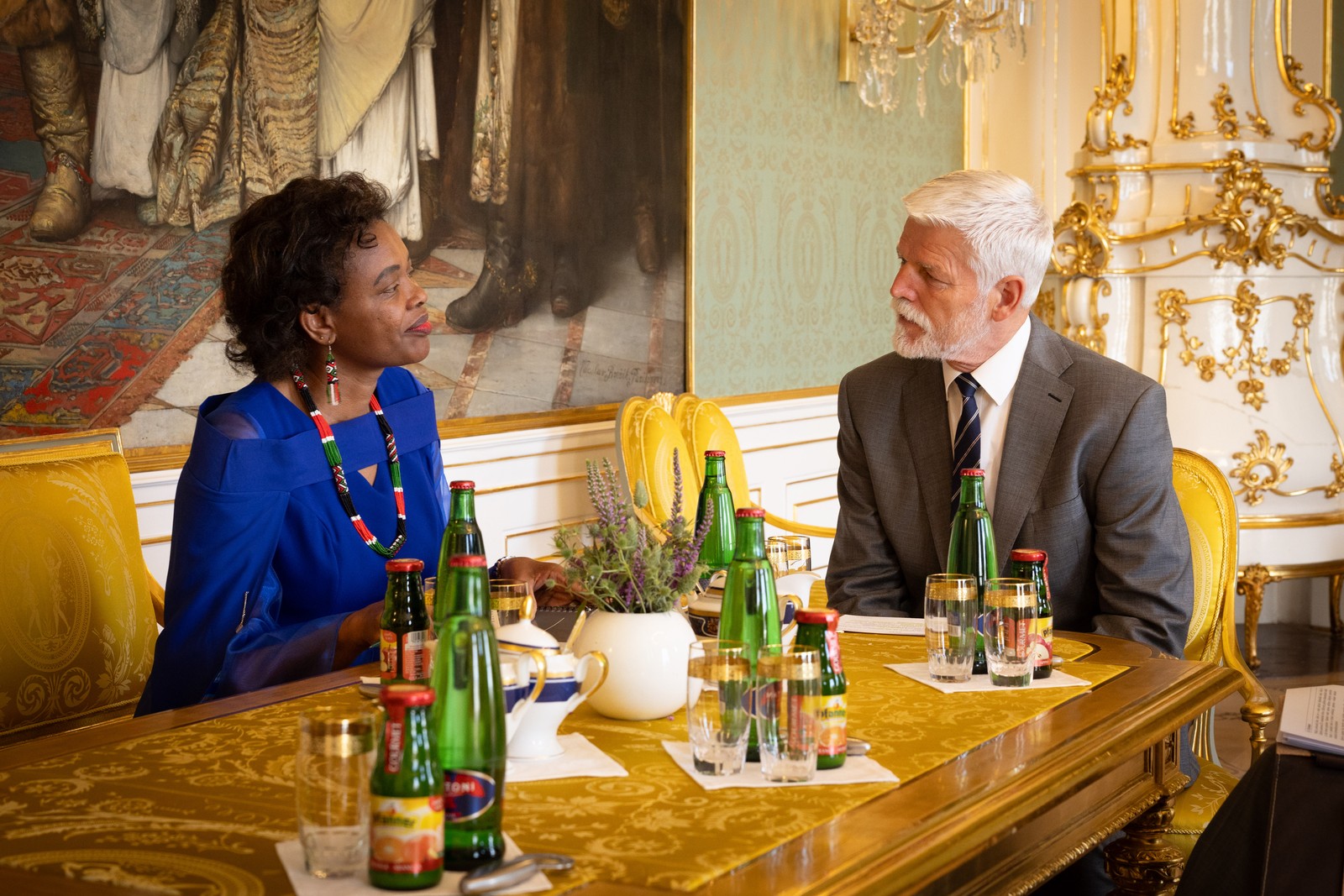
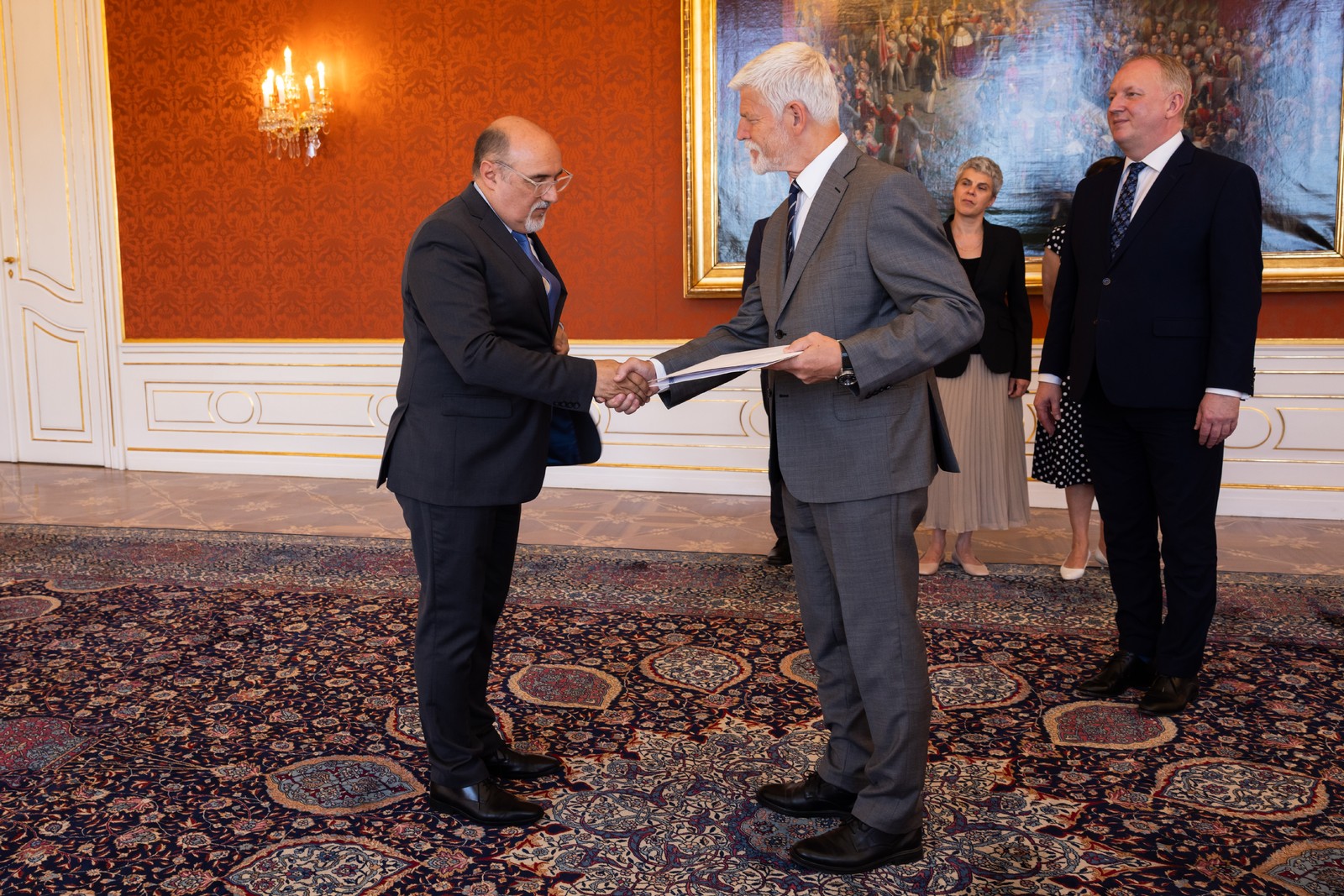
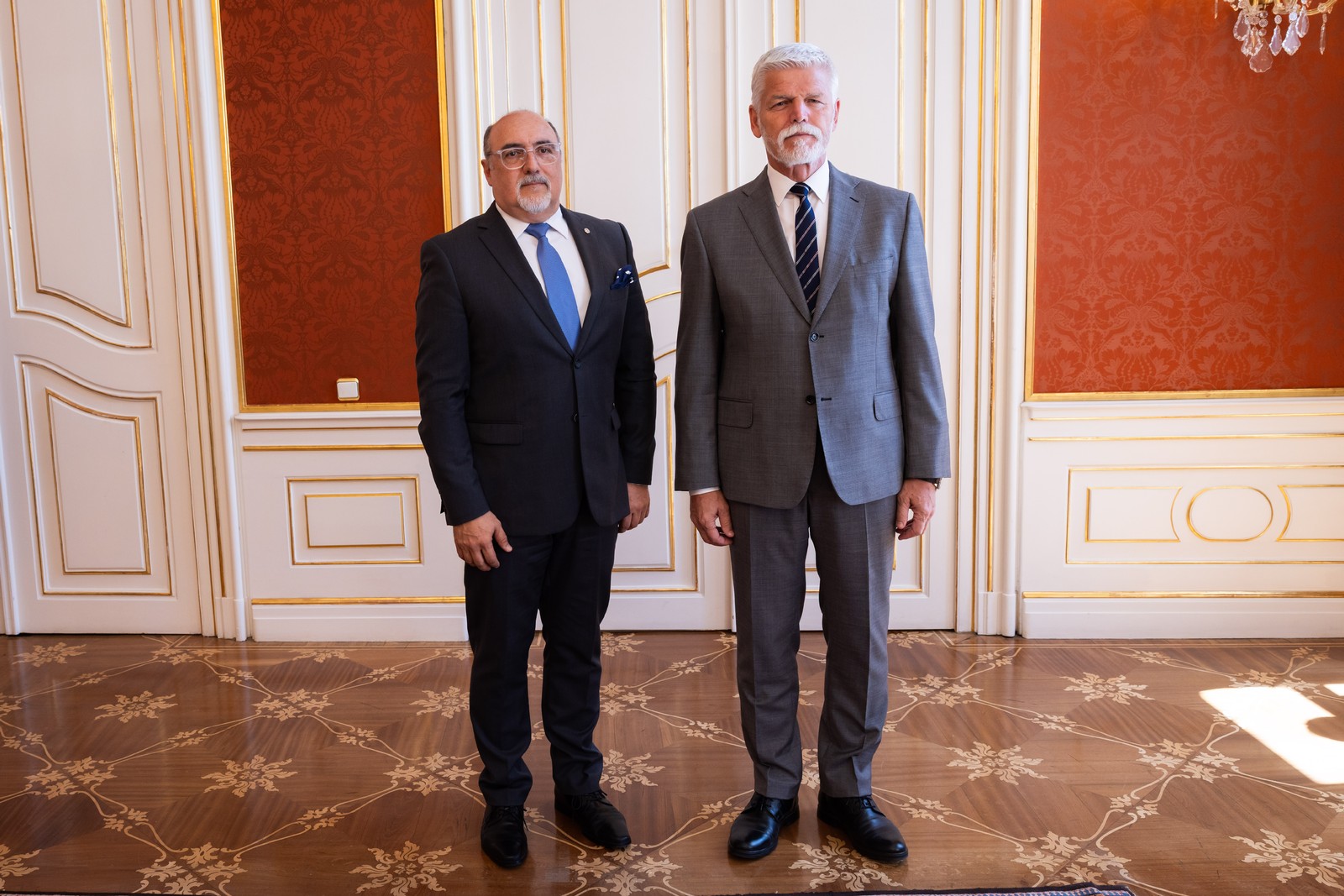
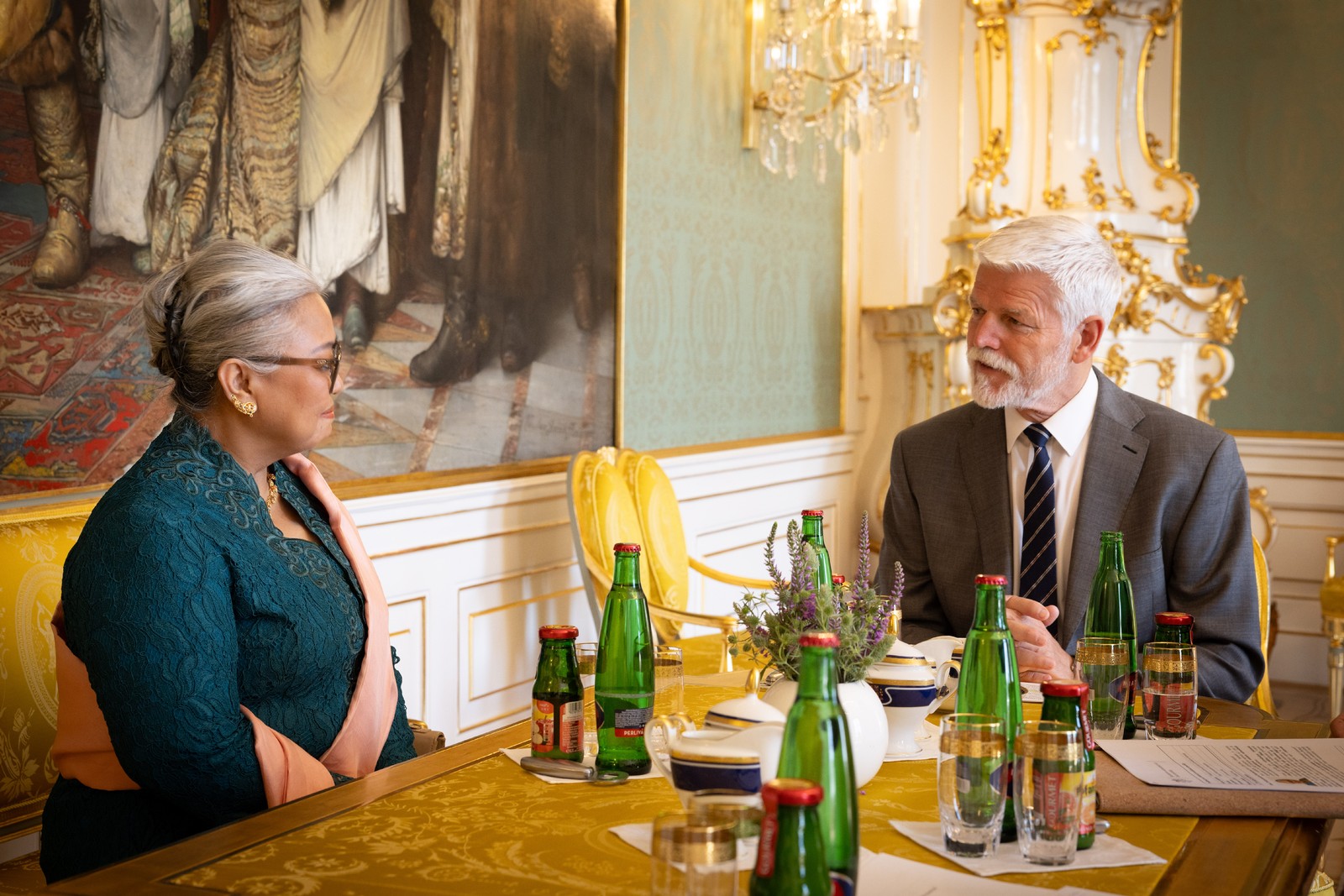
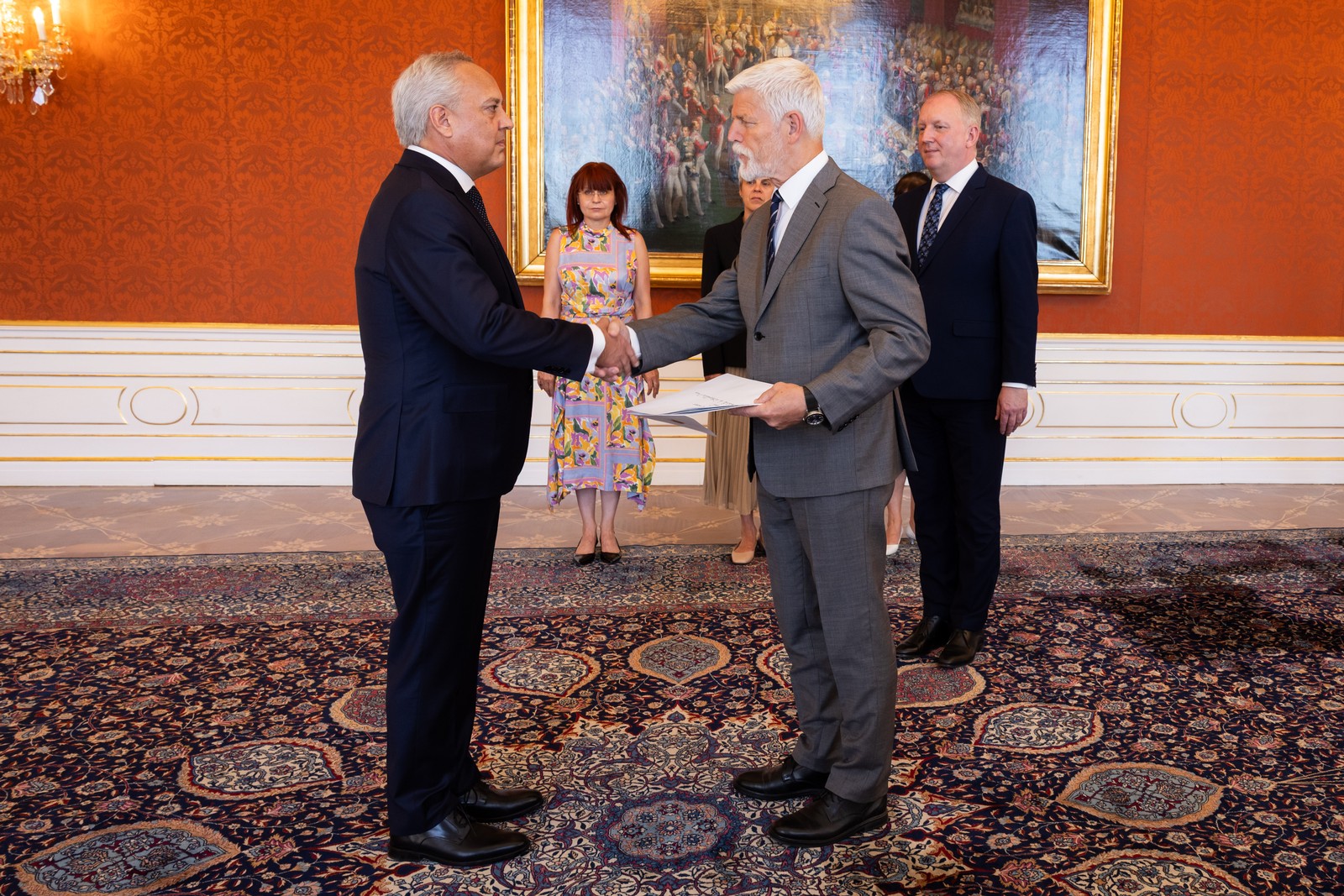
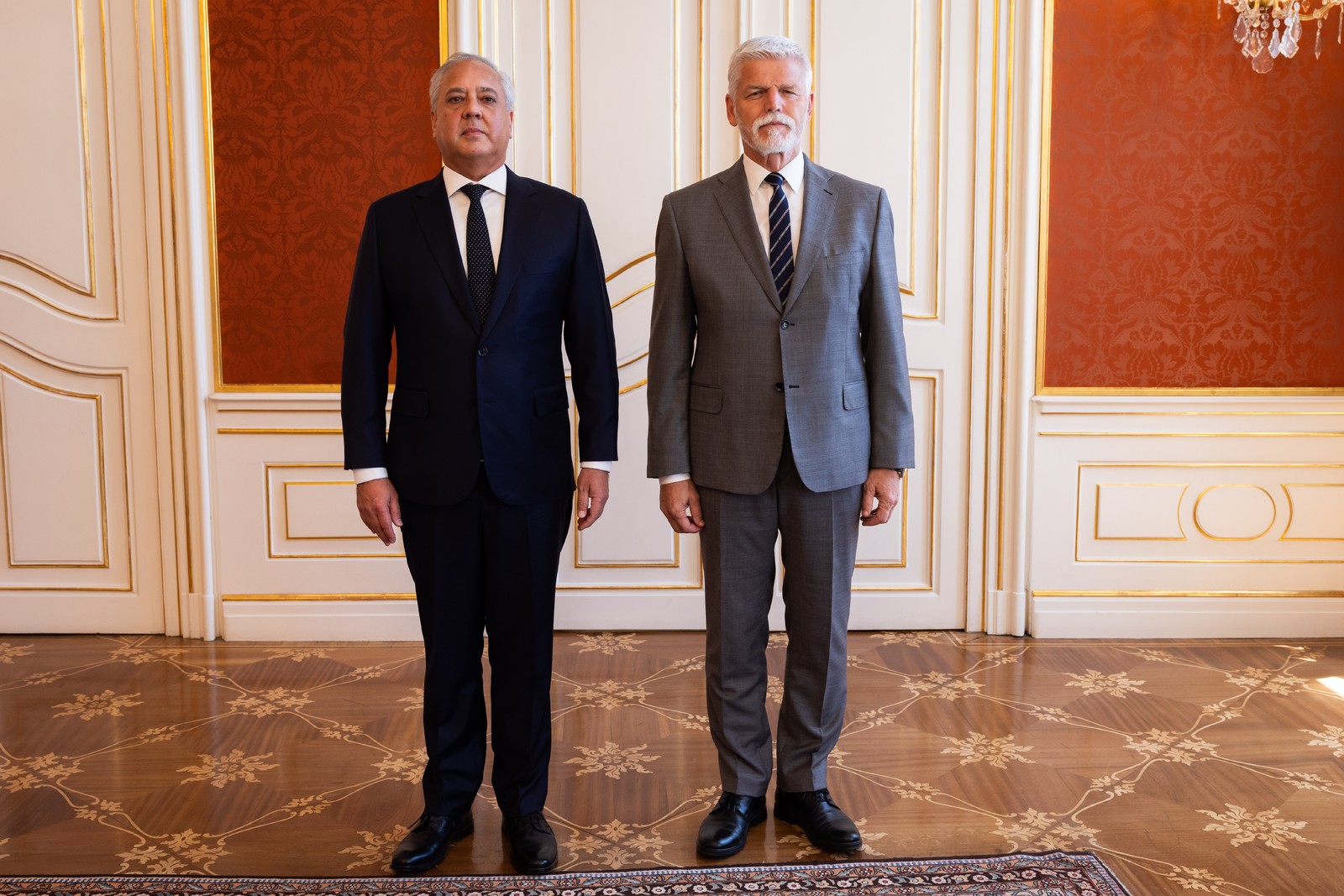
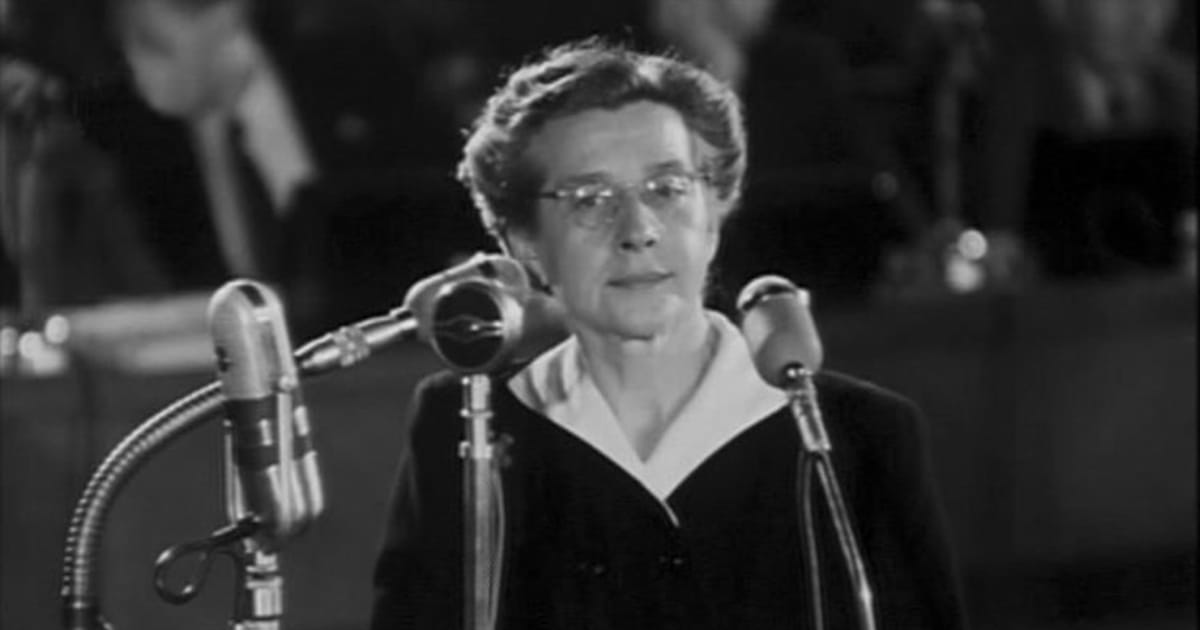
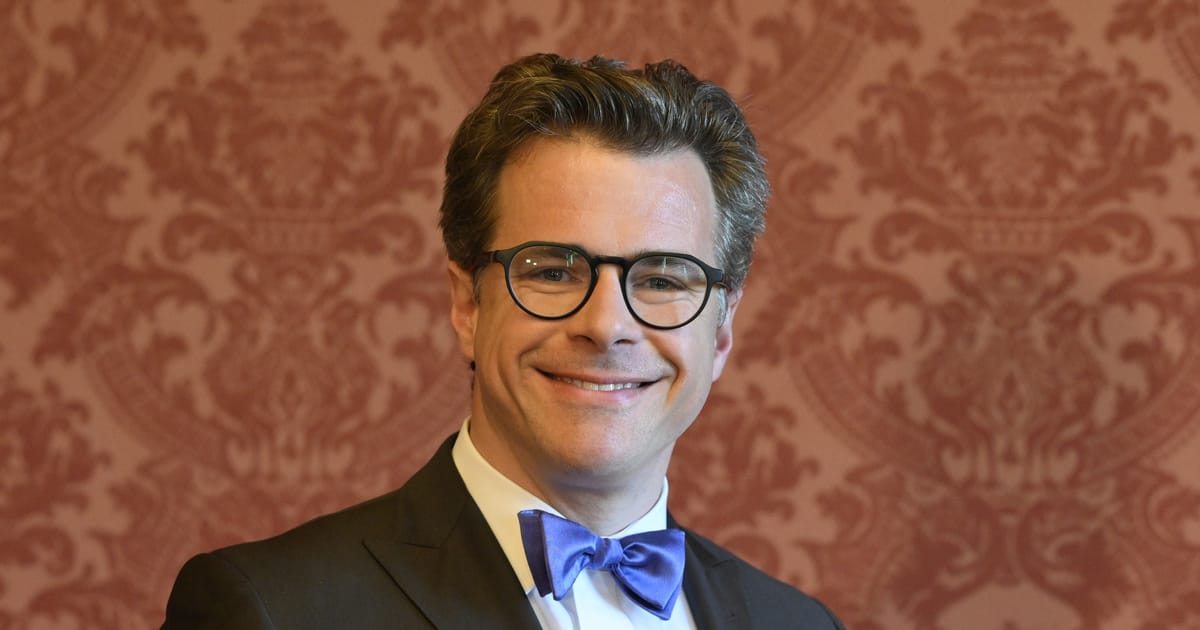
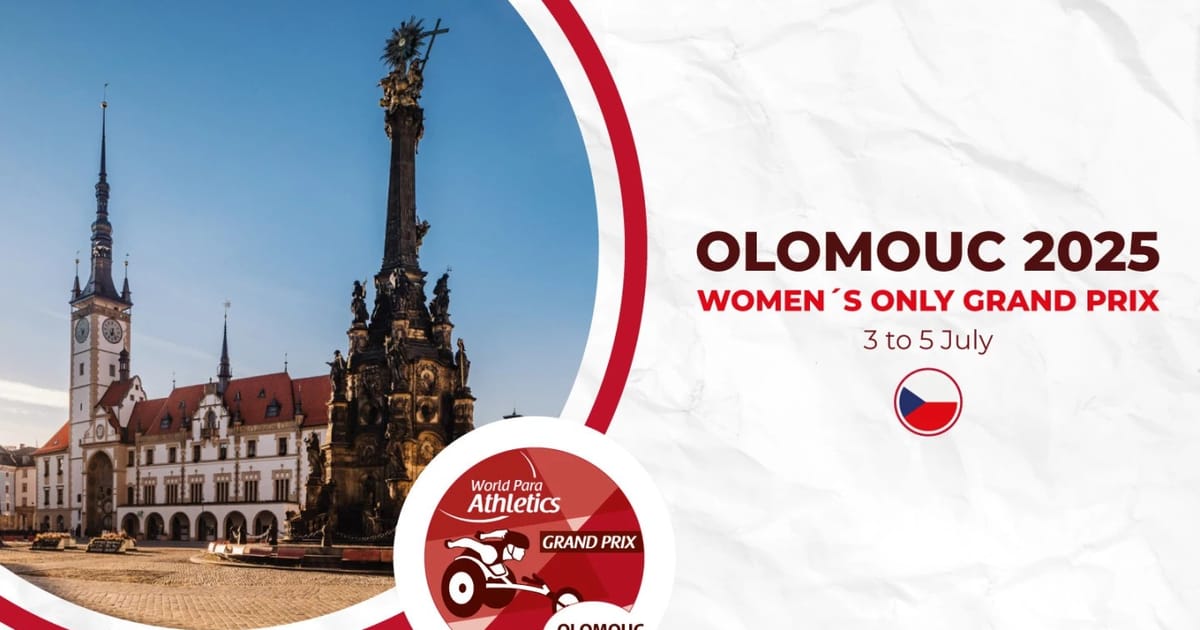
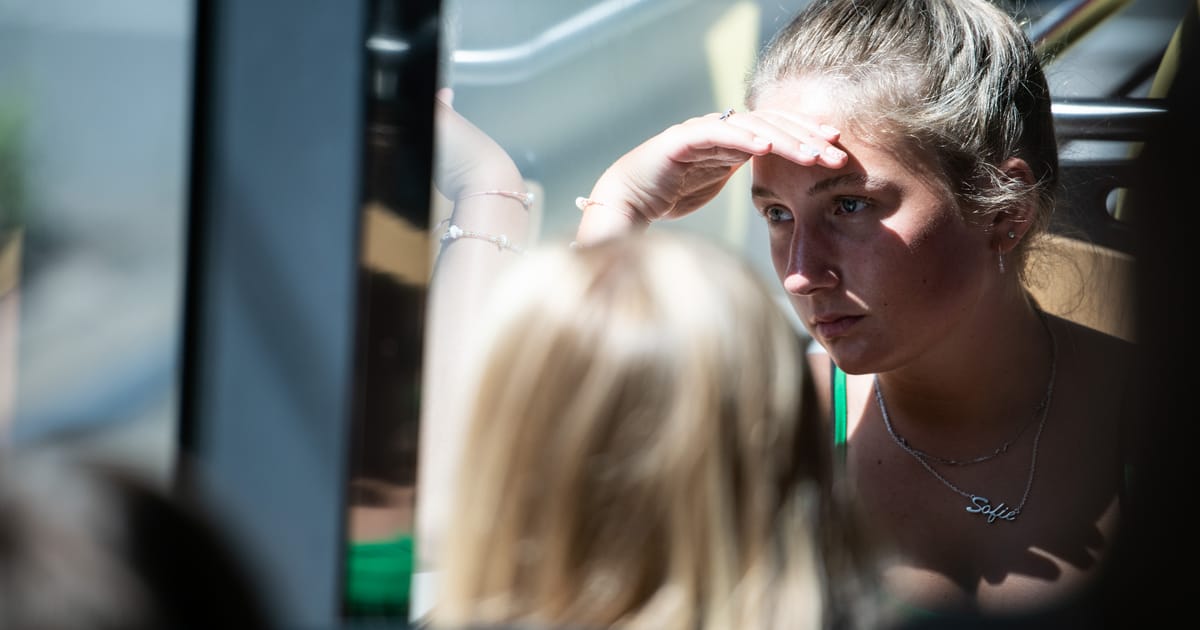
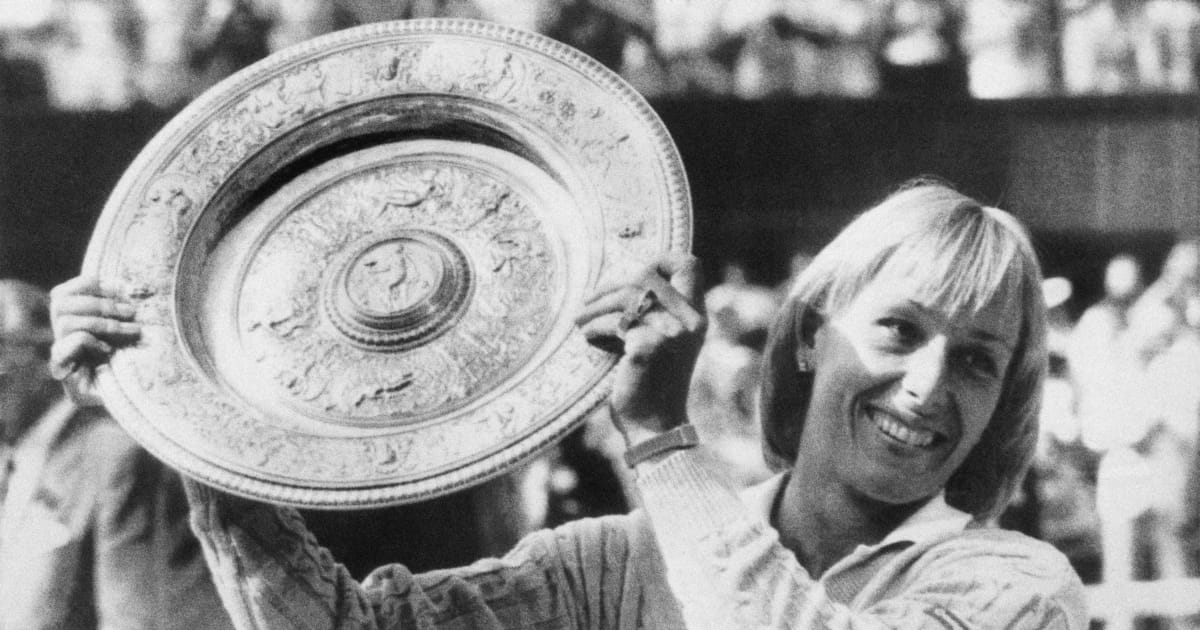
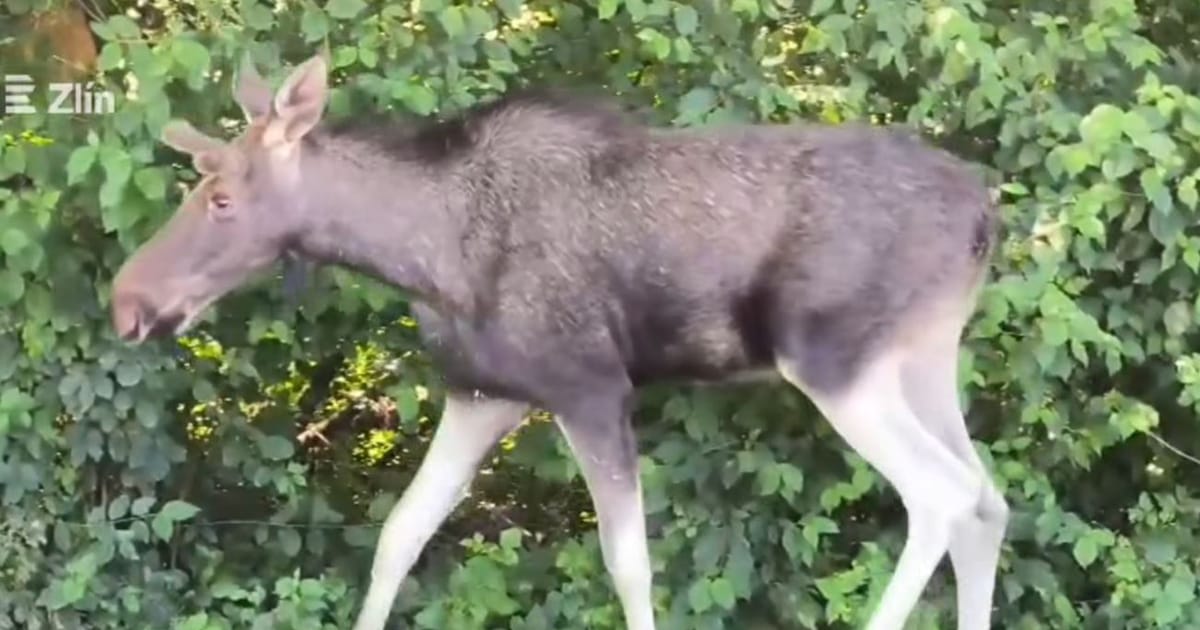
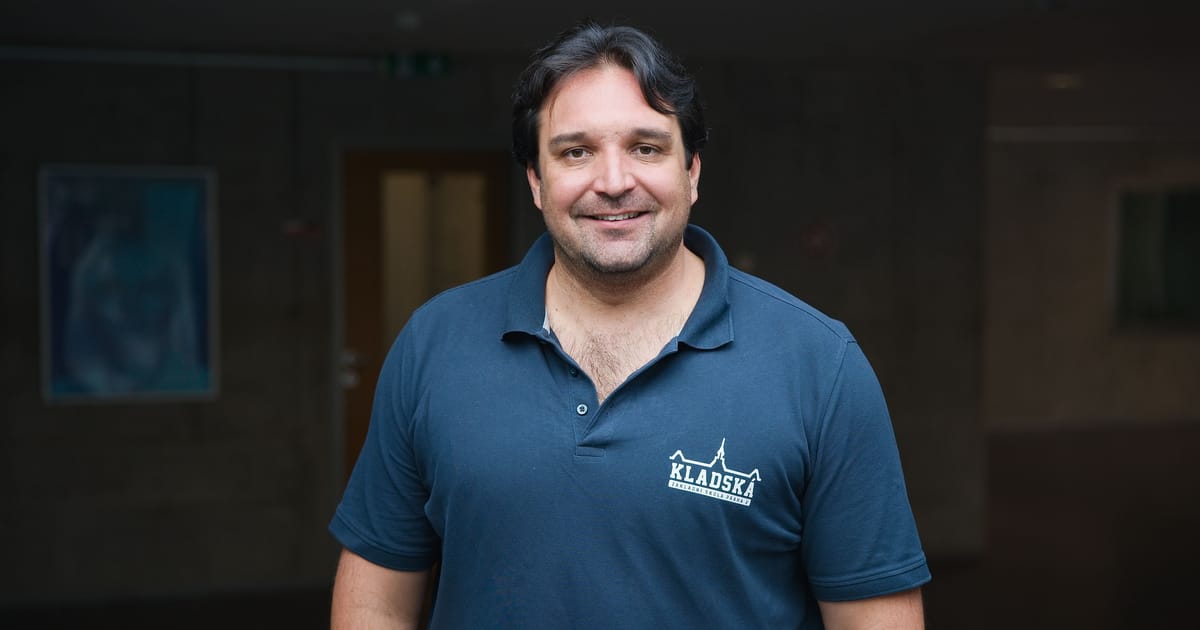
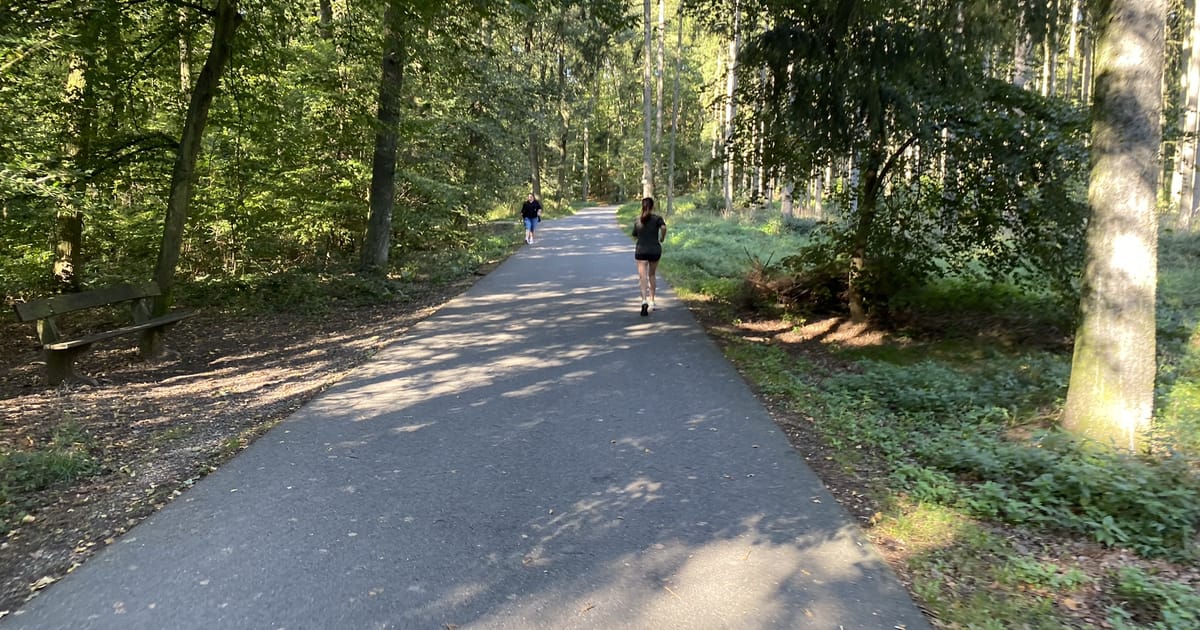
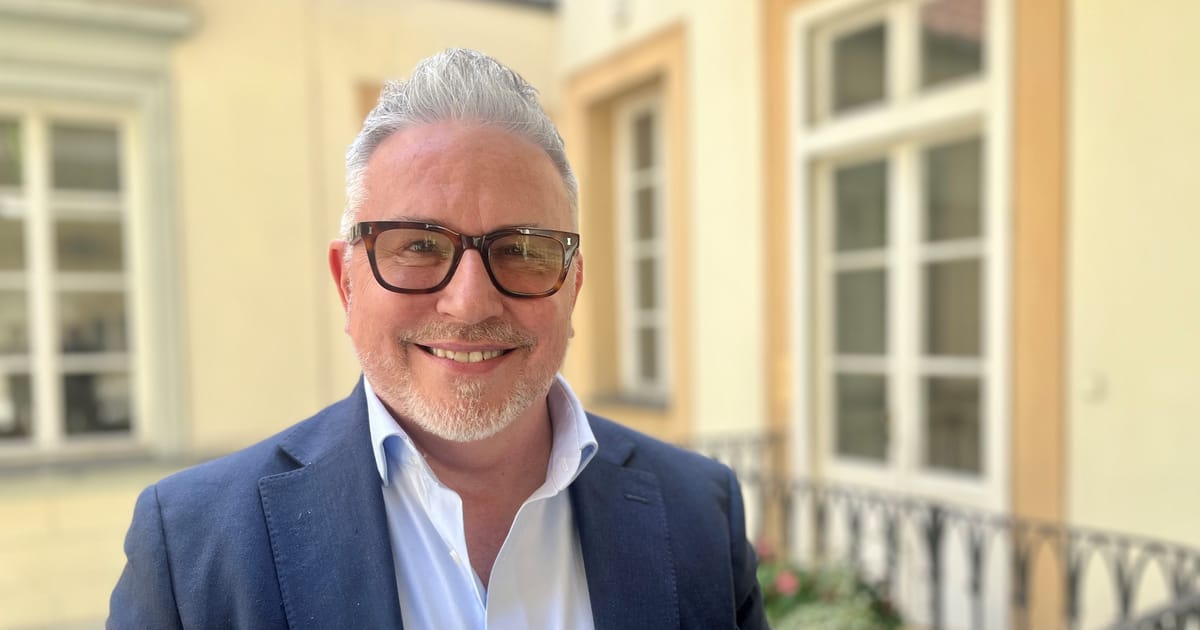
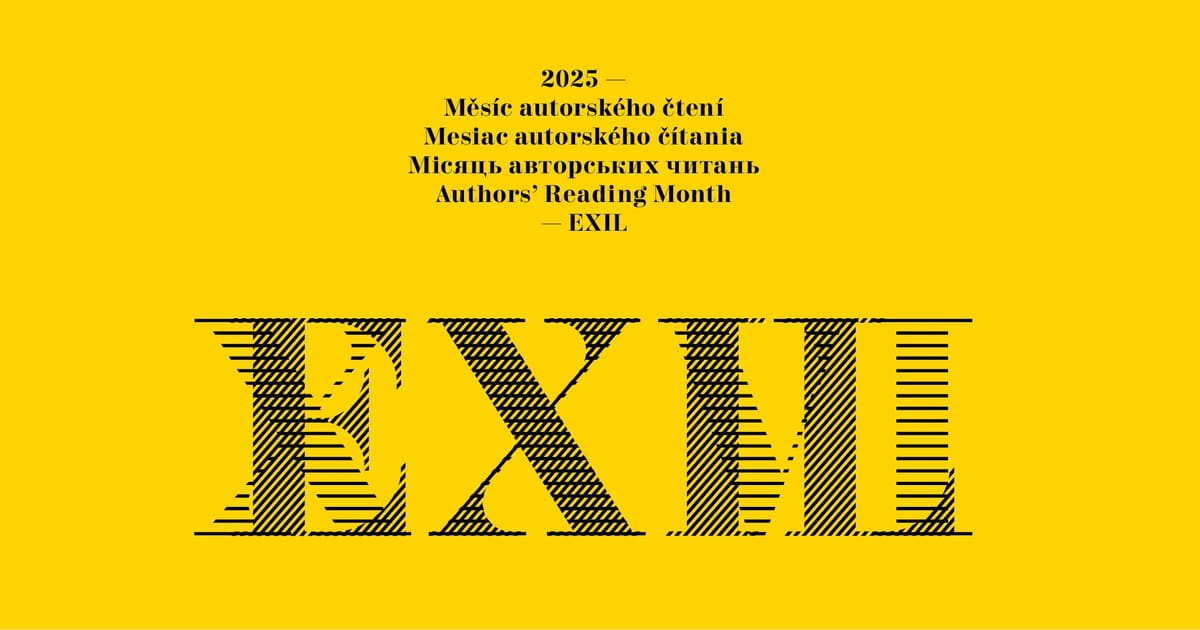
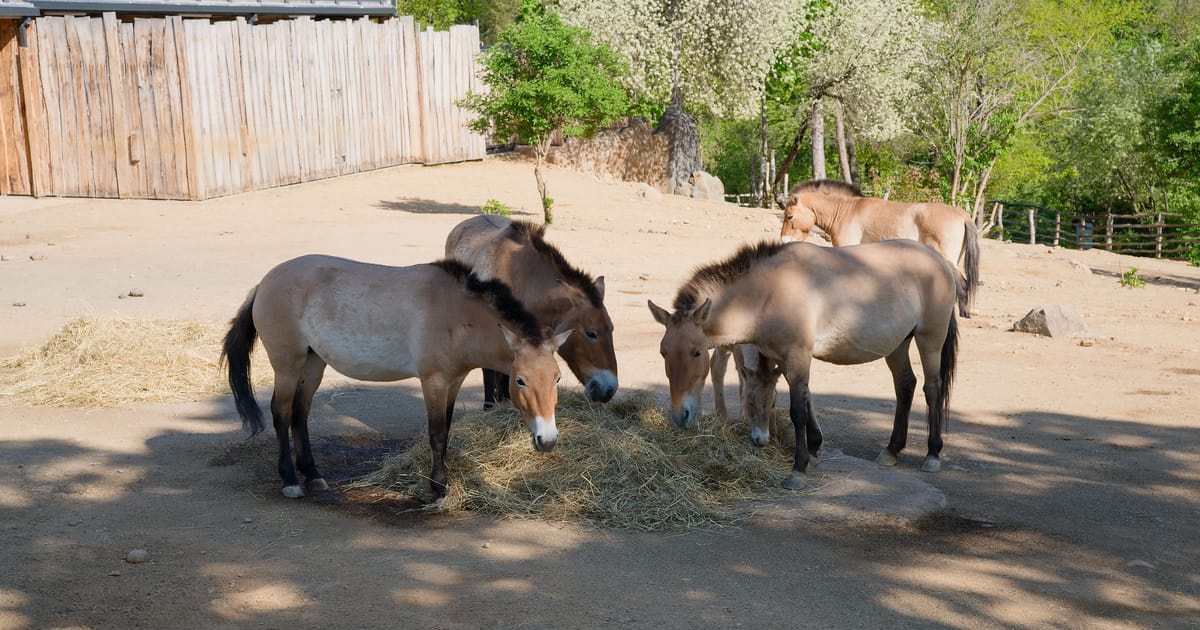
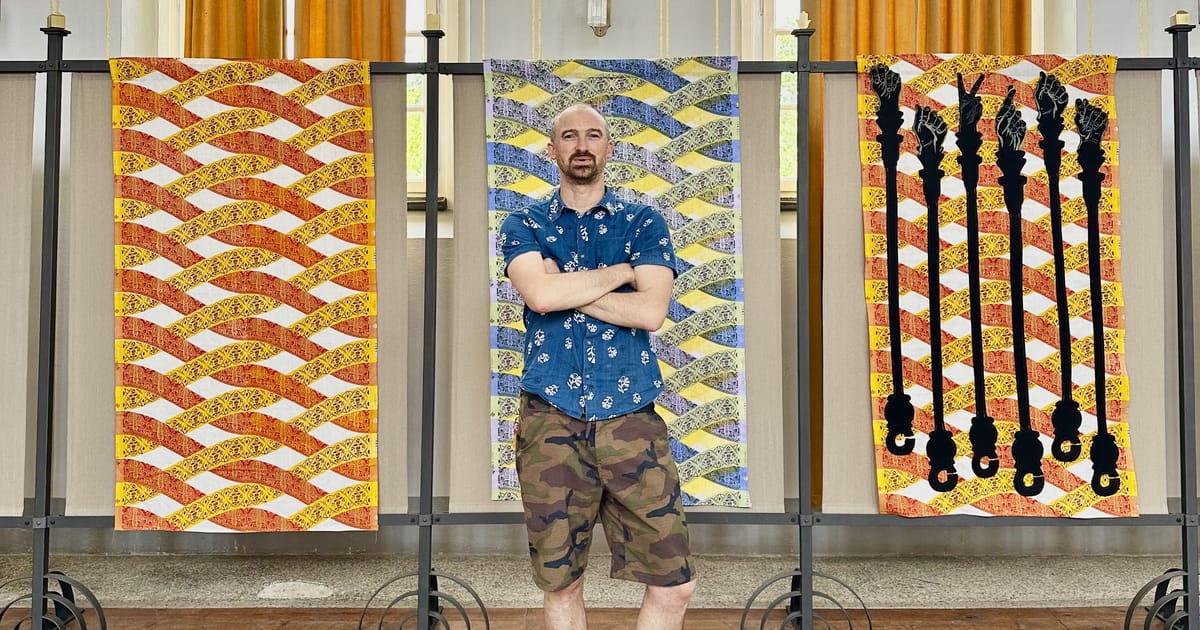
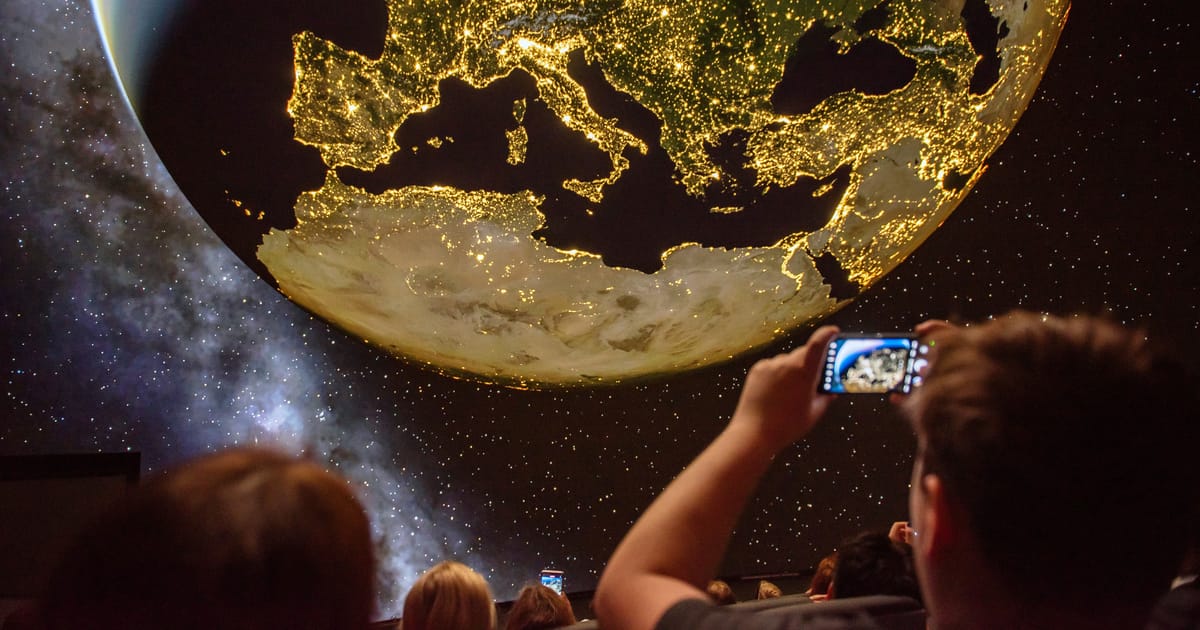


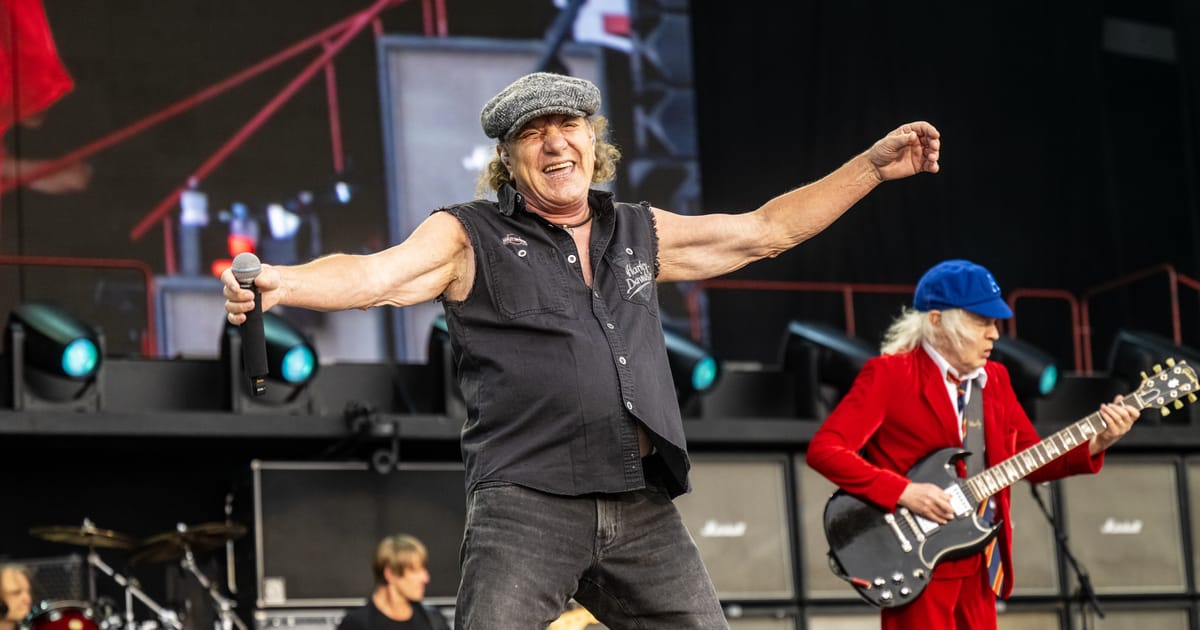


















































































































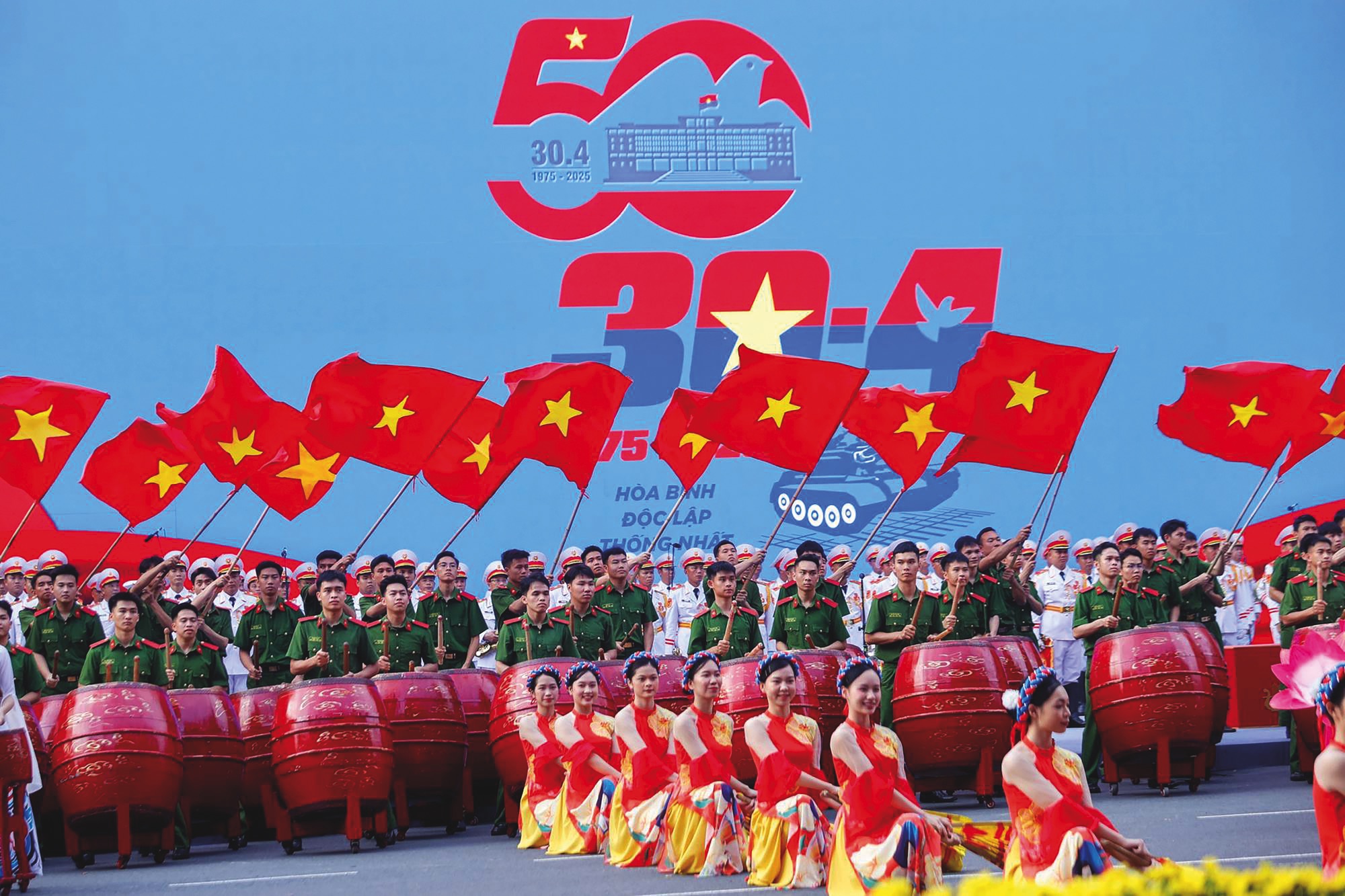
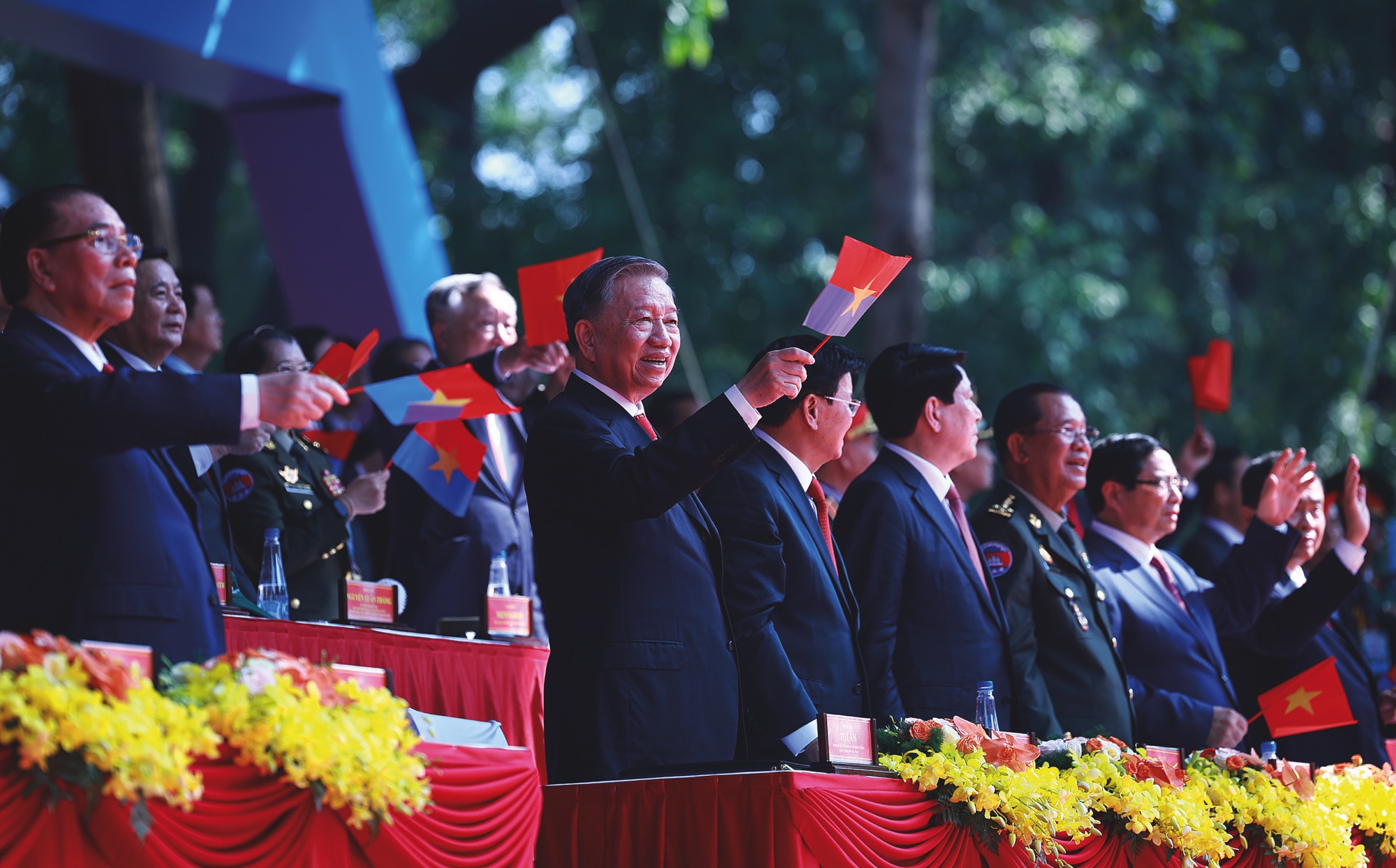
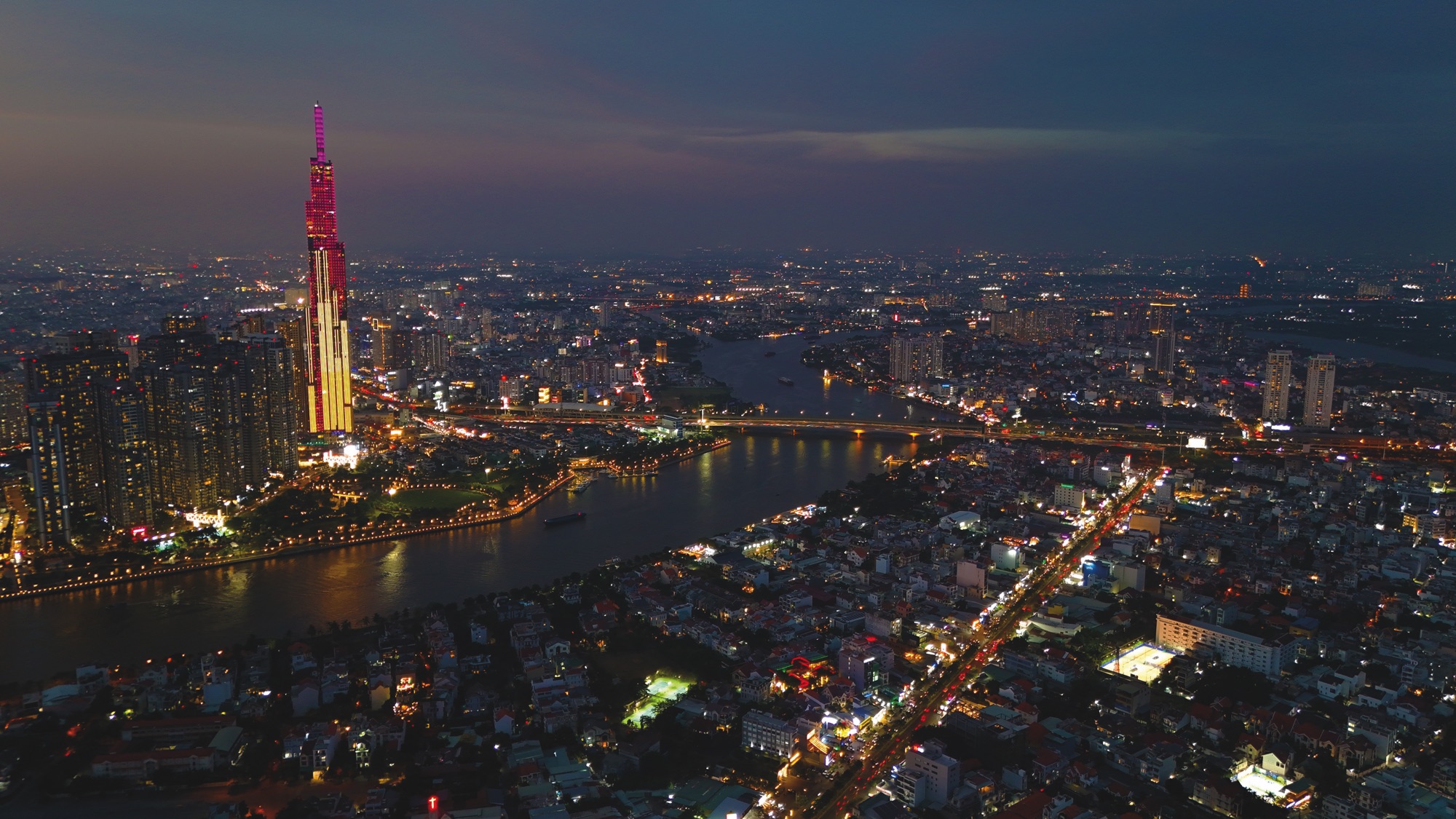
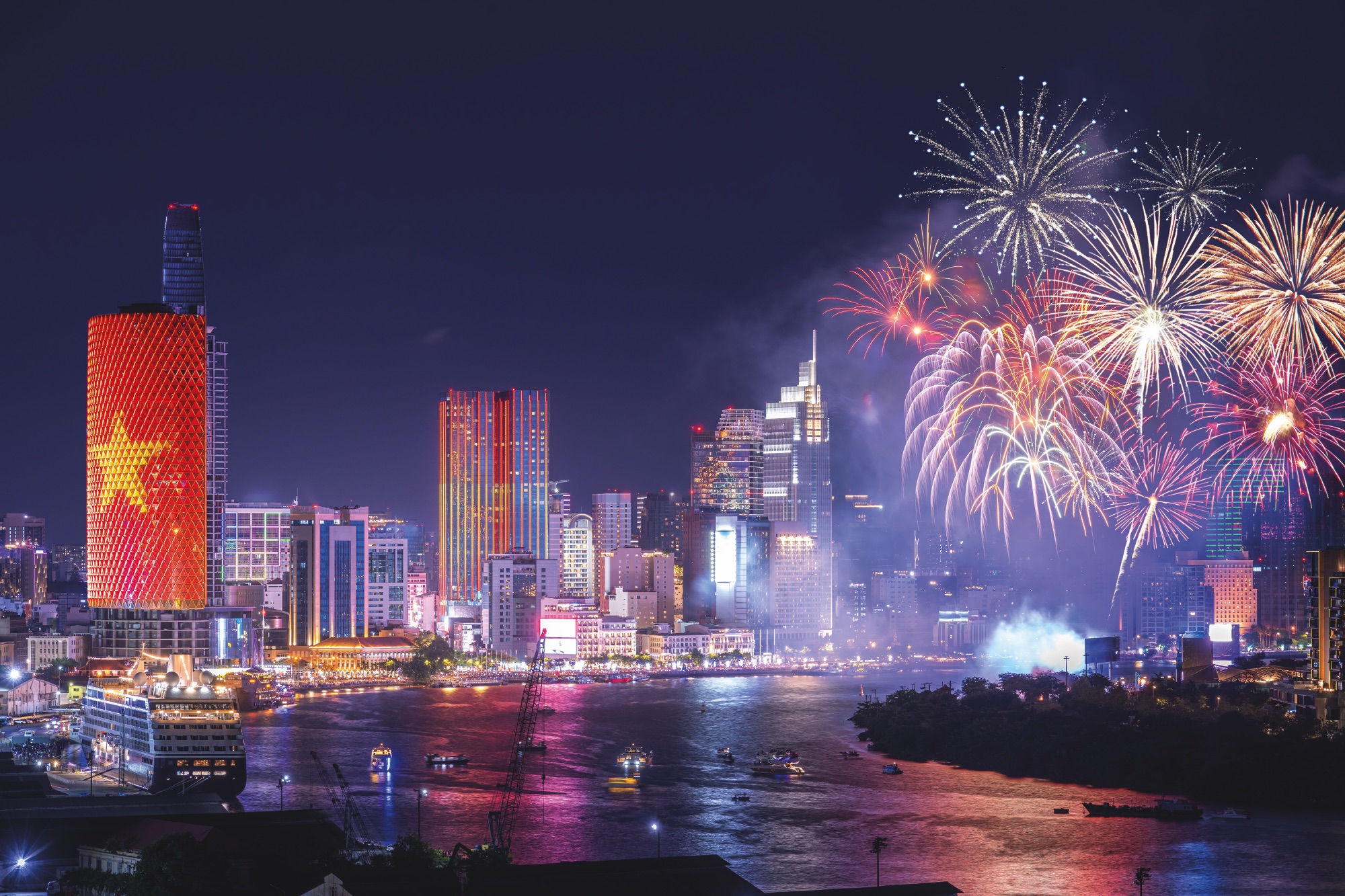
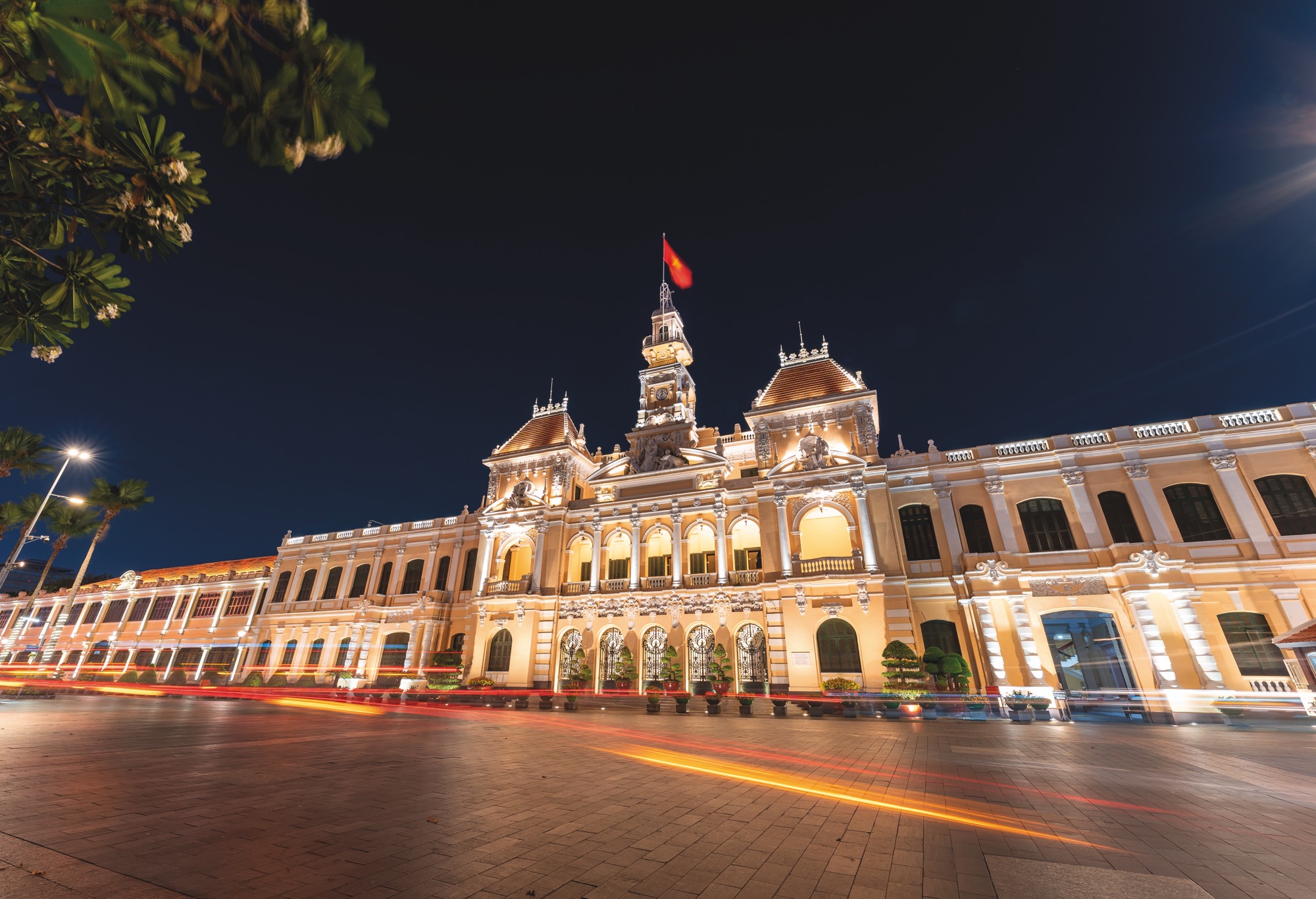
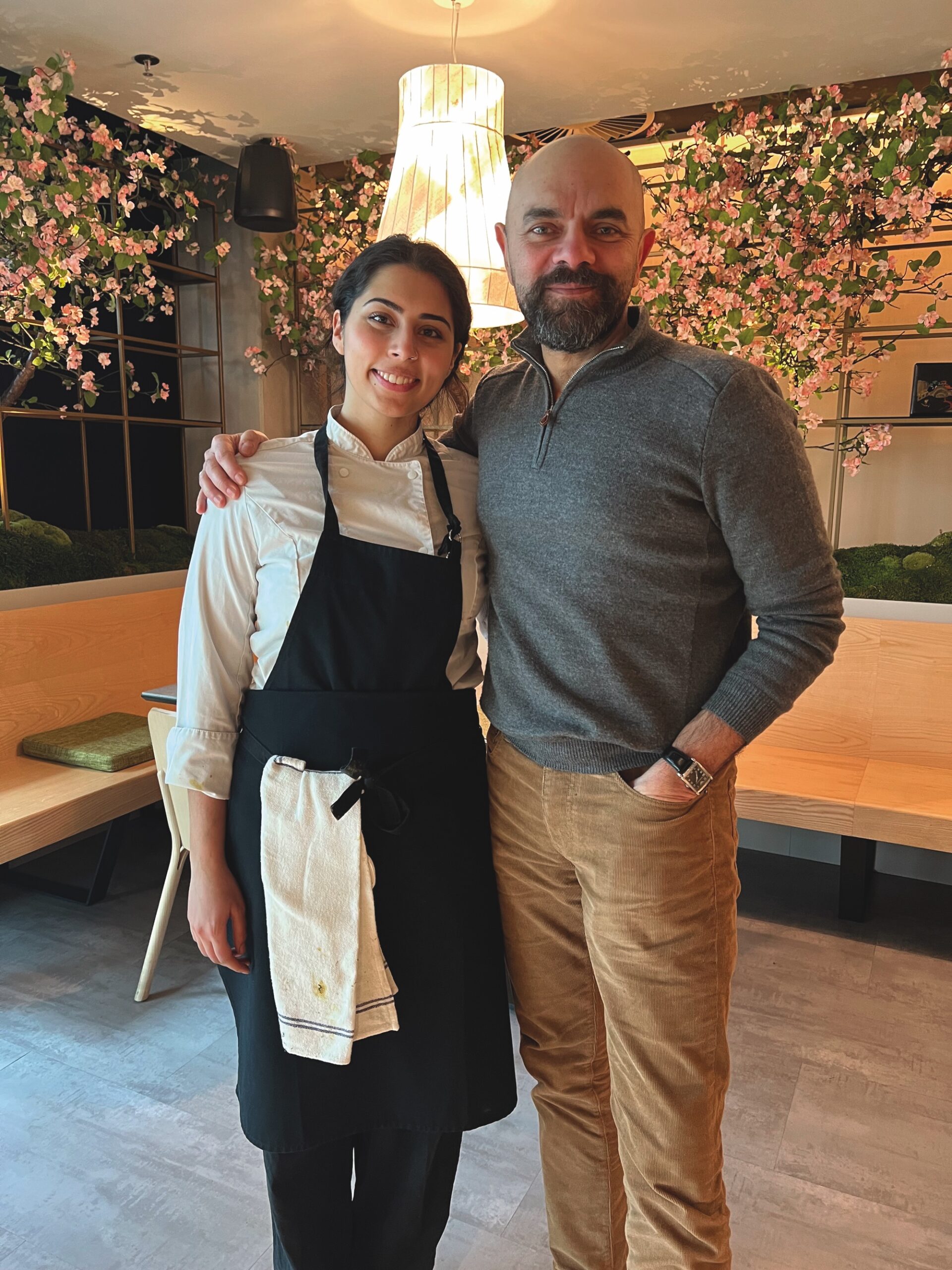

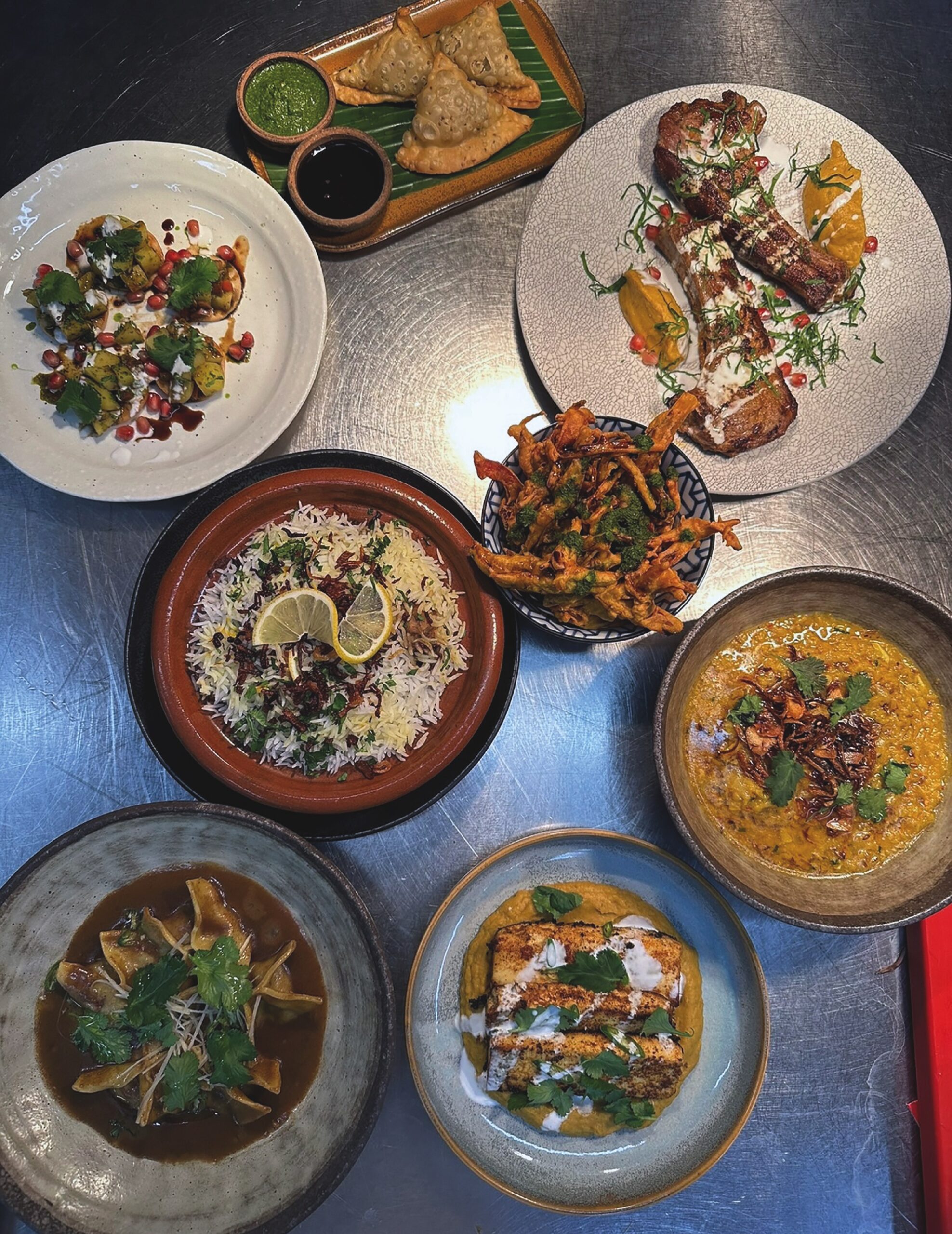
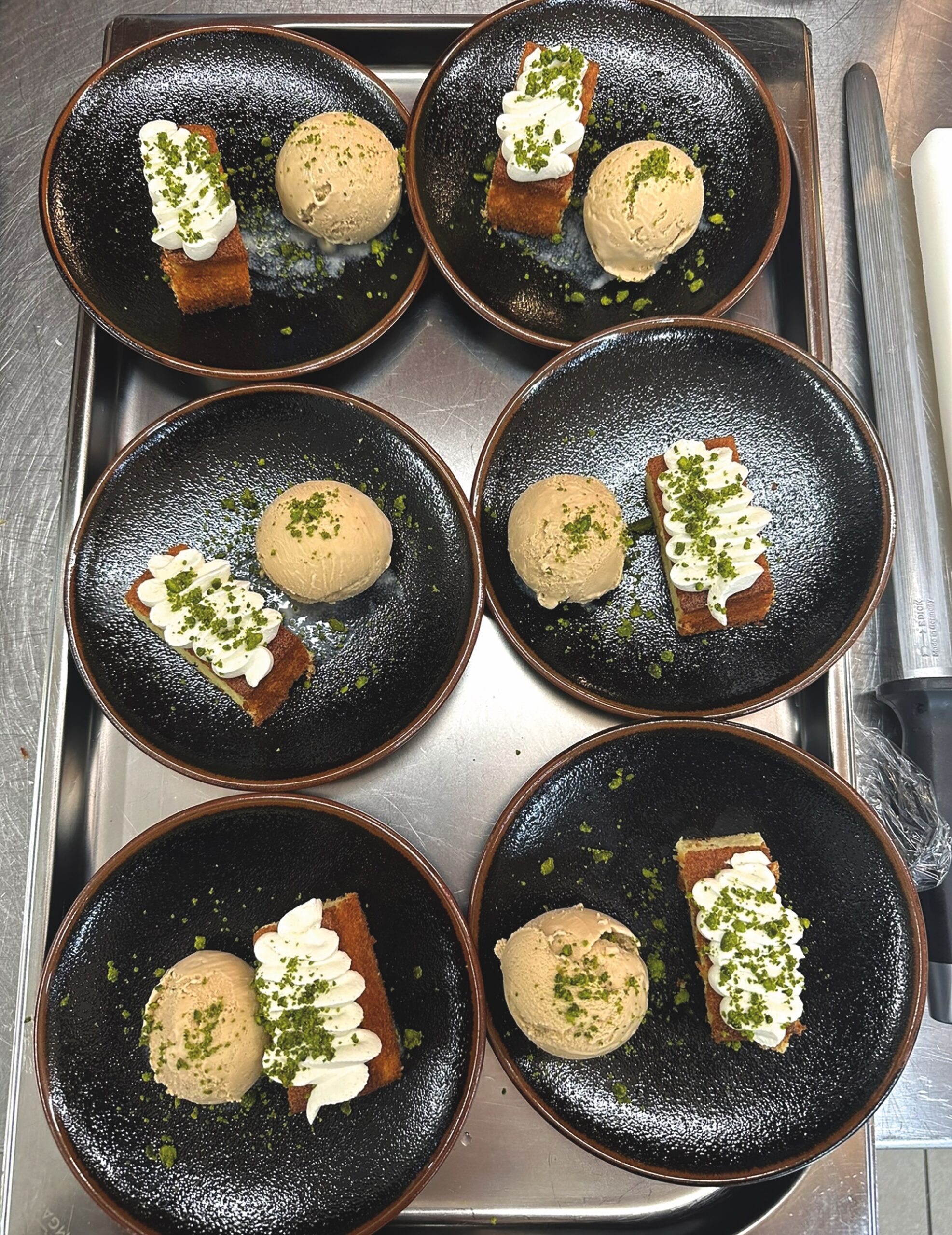
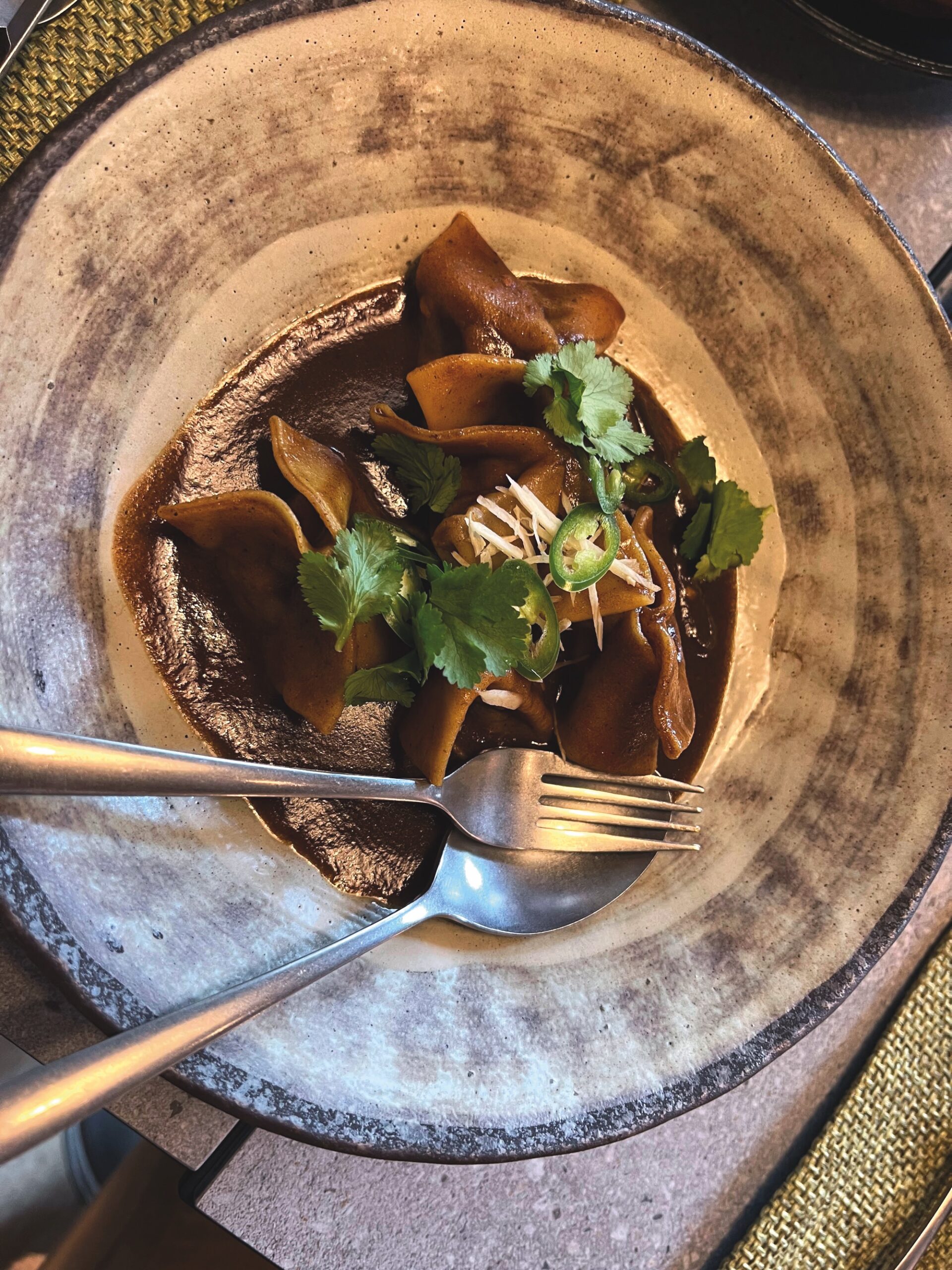

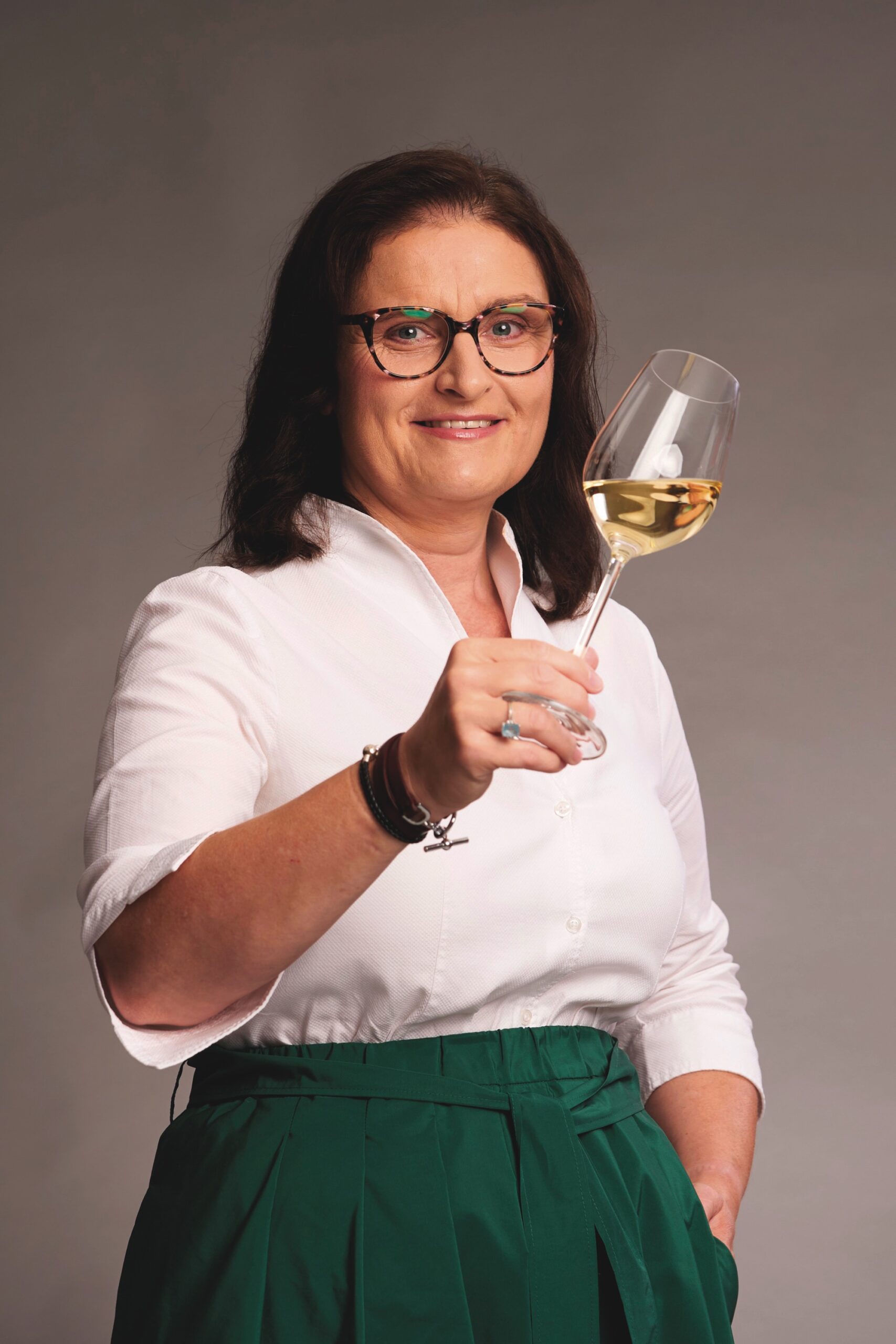
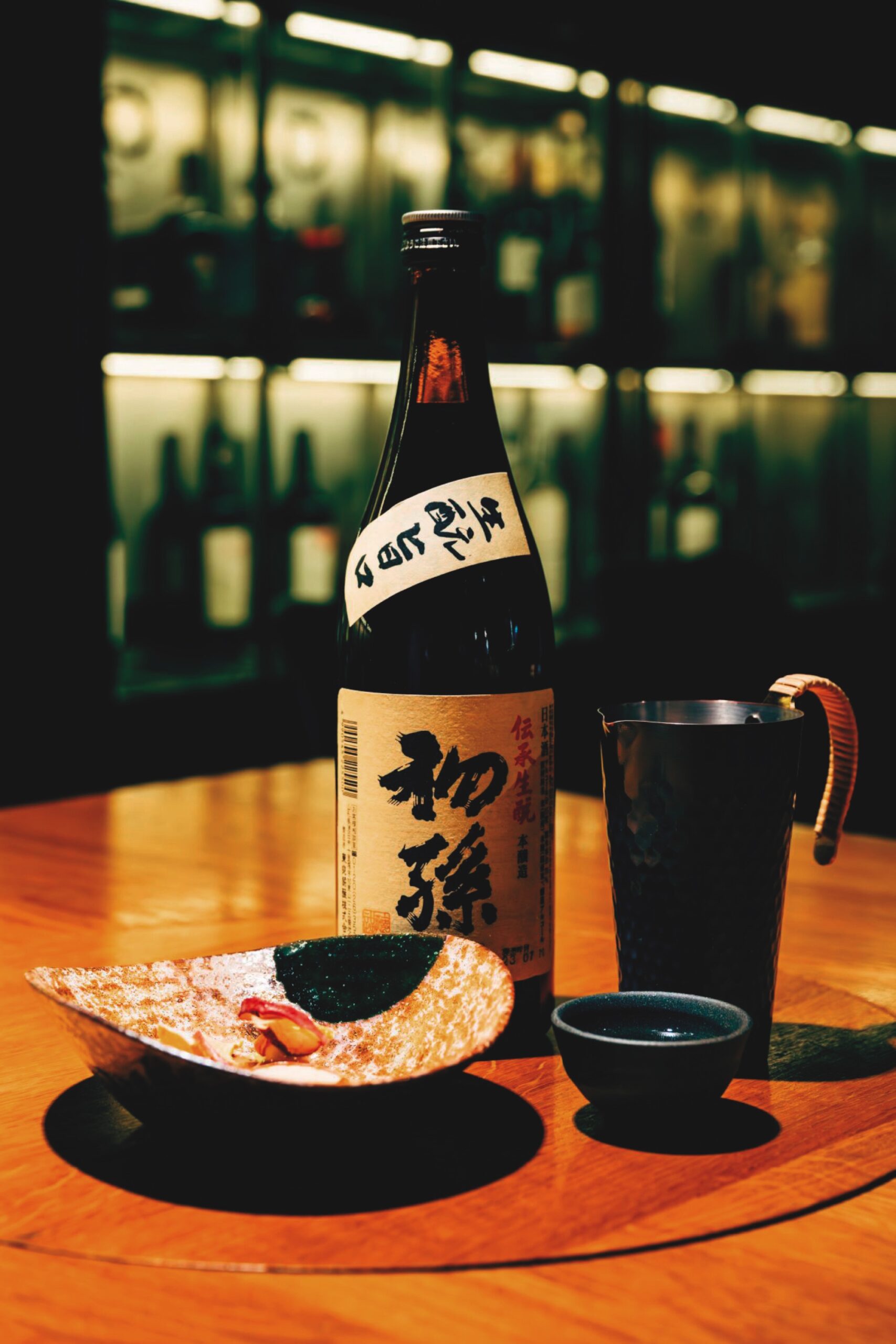
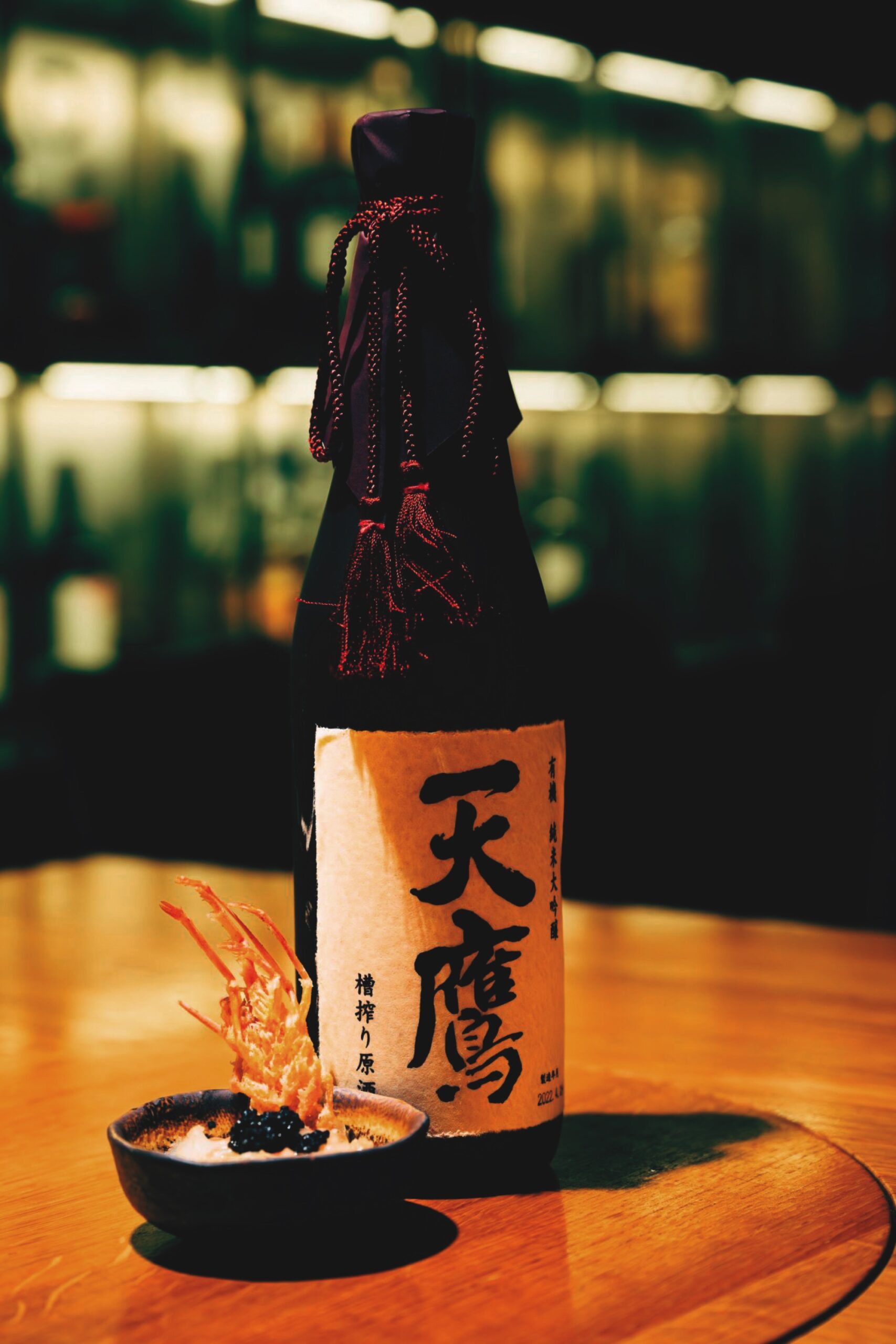
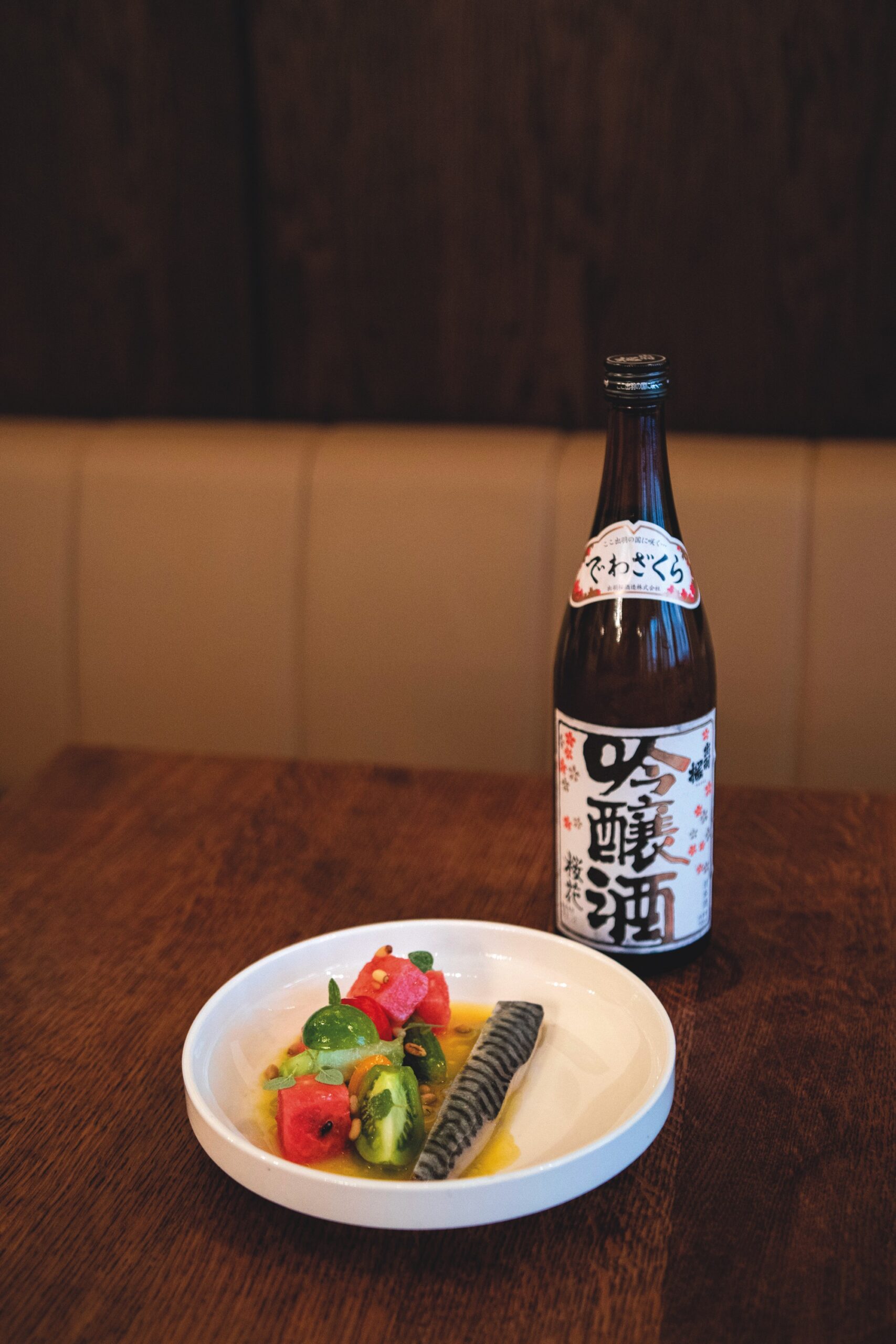
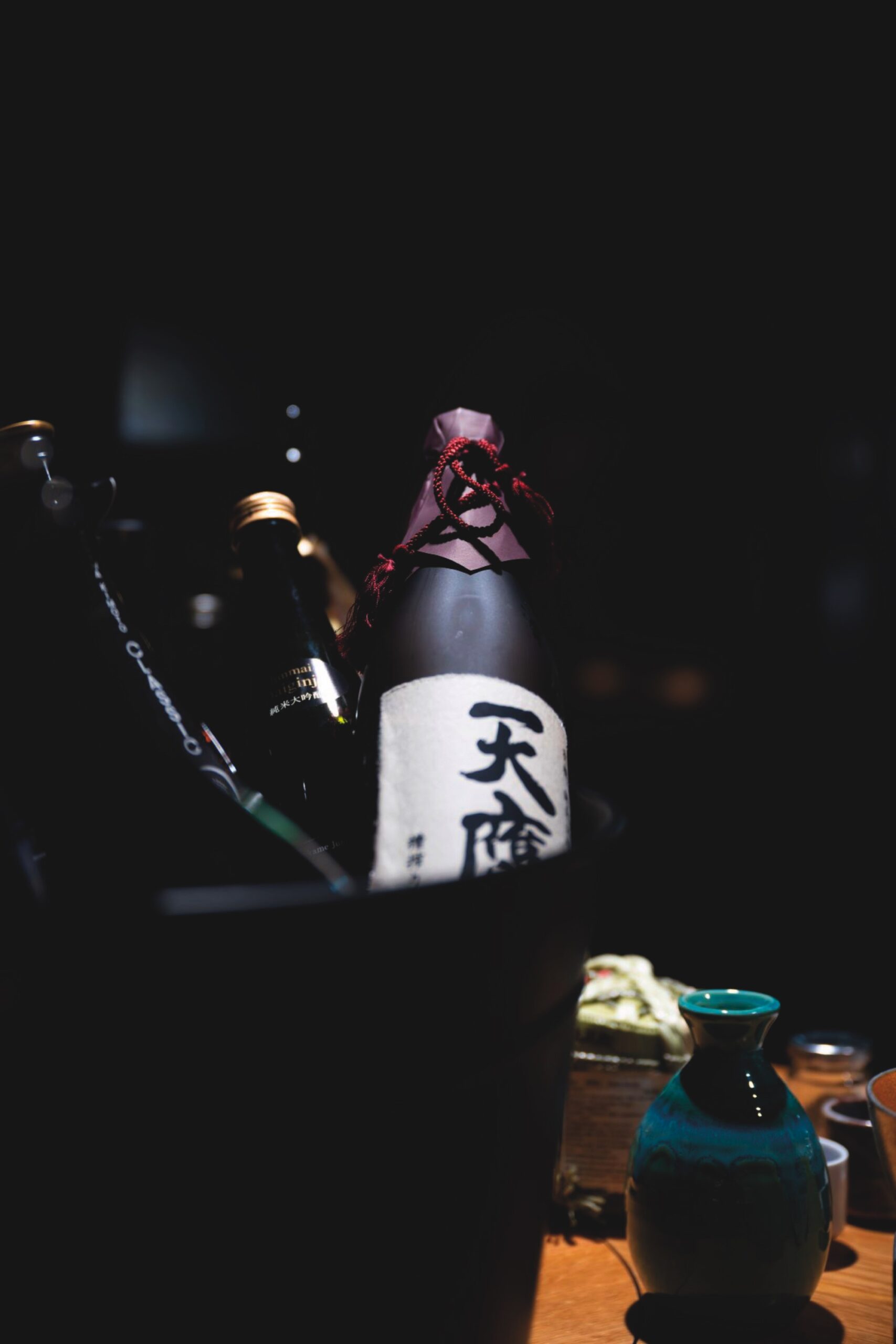
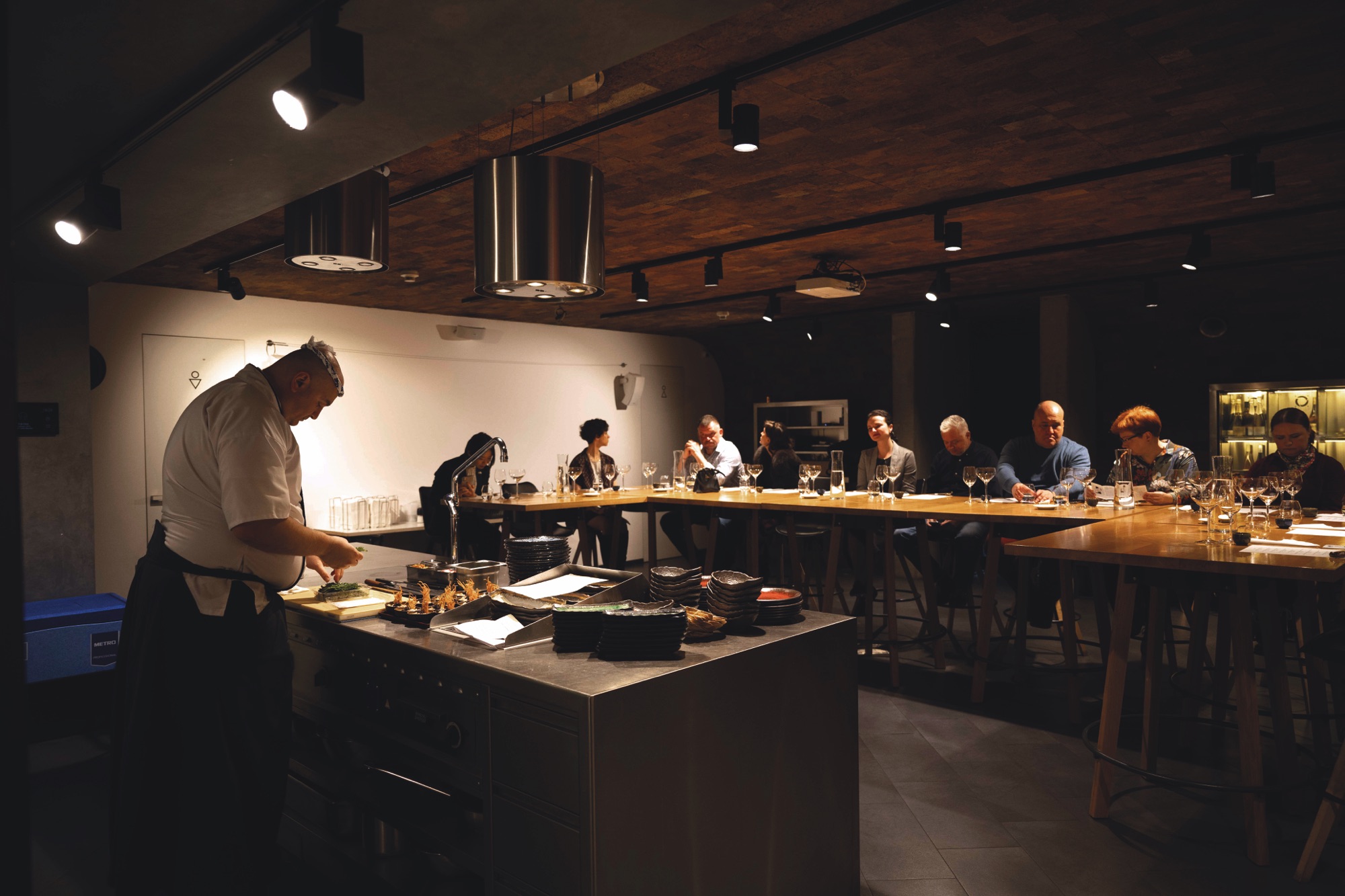
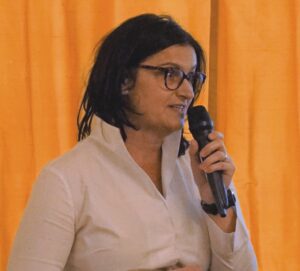 DAGMAR KADLECOVÁ grew up in South Moravia vineyard and a family winery. In addition to wine and spirits, she has developed a deep interest in the Japanese drink Seishu. She is the first SSA Sake Educator and the official SSA partner for the Czech and Slovak Republics, holding a license from the Sake Sommelier Association (SSA).
DAGMAR KADLECOVÁ grew up in South Moravia vineyard and a family winery. In addition to wine and spirits, she has developed a deep interest in the Japanese drink Seishu. She is the first SSA Sake Educator and the official SSA partner for the Czech and Slovak Republics, holding a license from the Sake Sommelier Association (SSA).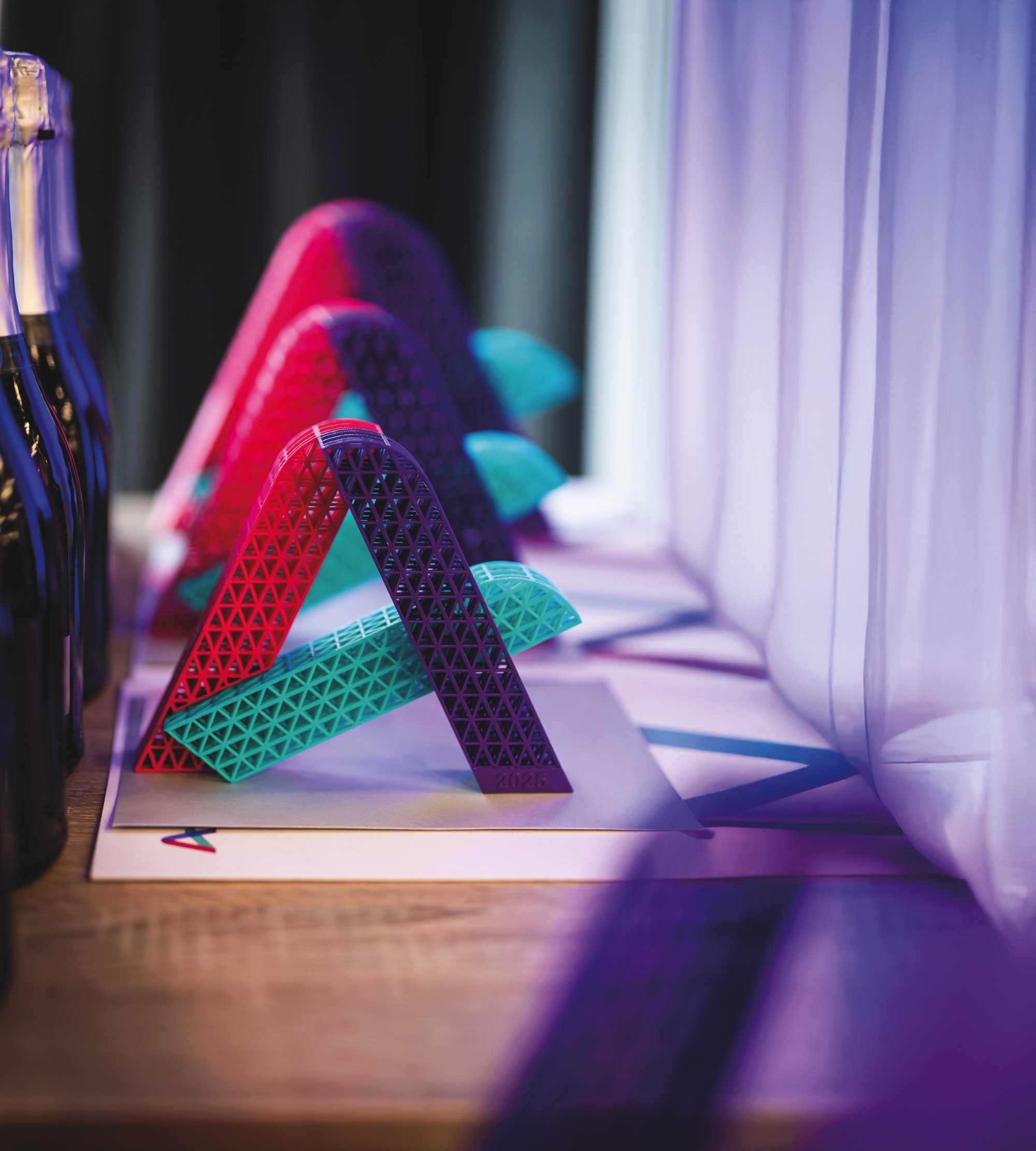
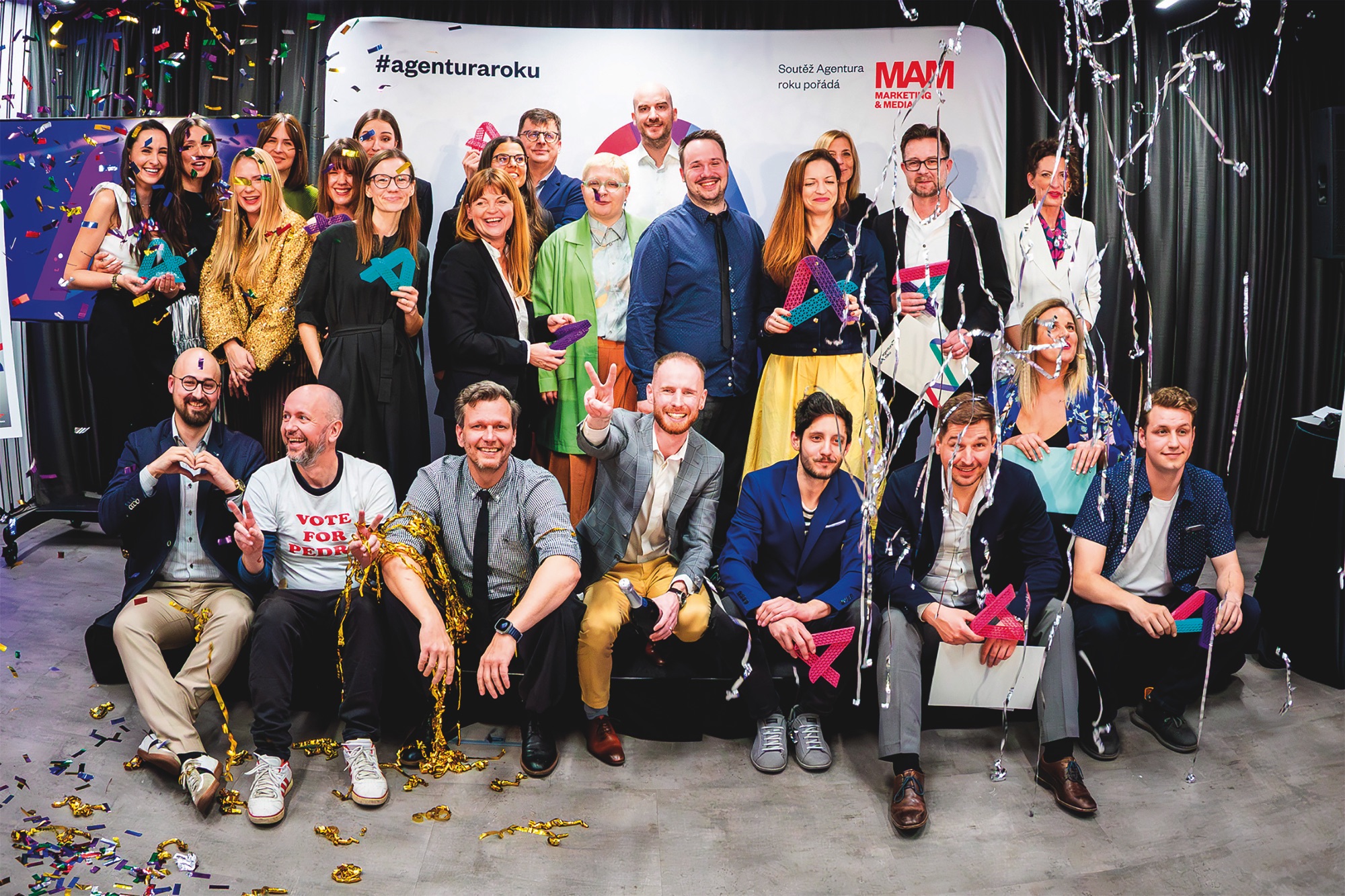
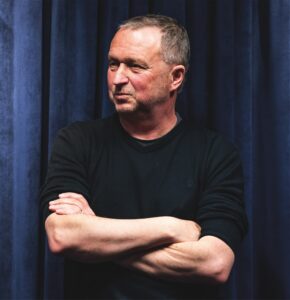 Martin Charvát has been working in advertising since 1994. He started at the Leo Burnett advertising network. Later on, as the Creative Director of the BBDO advertising network, he led projects in the EMEA region. He has collaborated on many Czech and global advertising campaigns. He founded the advertising agencies Konektor and Haze and currently leads the government communication project Digital Czechia. In this year’s Agency of the Year competition, he was the president of the jury for the Talent of the Year category.
Martin Charvát has been working in advertising since 1994. He started at the Leo Burnett advertising network. Later on, as the Creative Director of the BBDO advertising network, he led projects in the EMEA region. He has collaborated on many Czech and global advertising campaigns. He founded the advertising agencies Konektor and Haze and currently leads the government communication project Digital Czechia. In this year’s Agency of the Year competition, he was the president of the jury for the Talent of the Year category.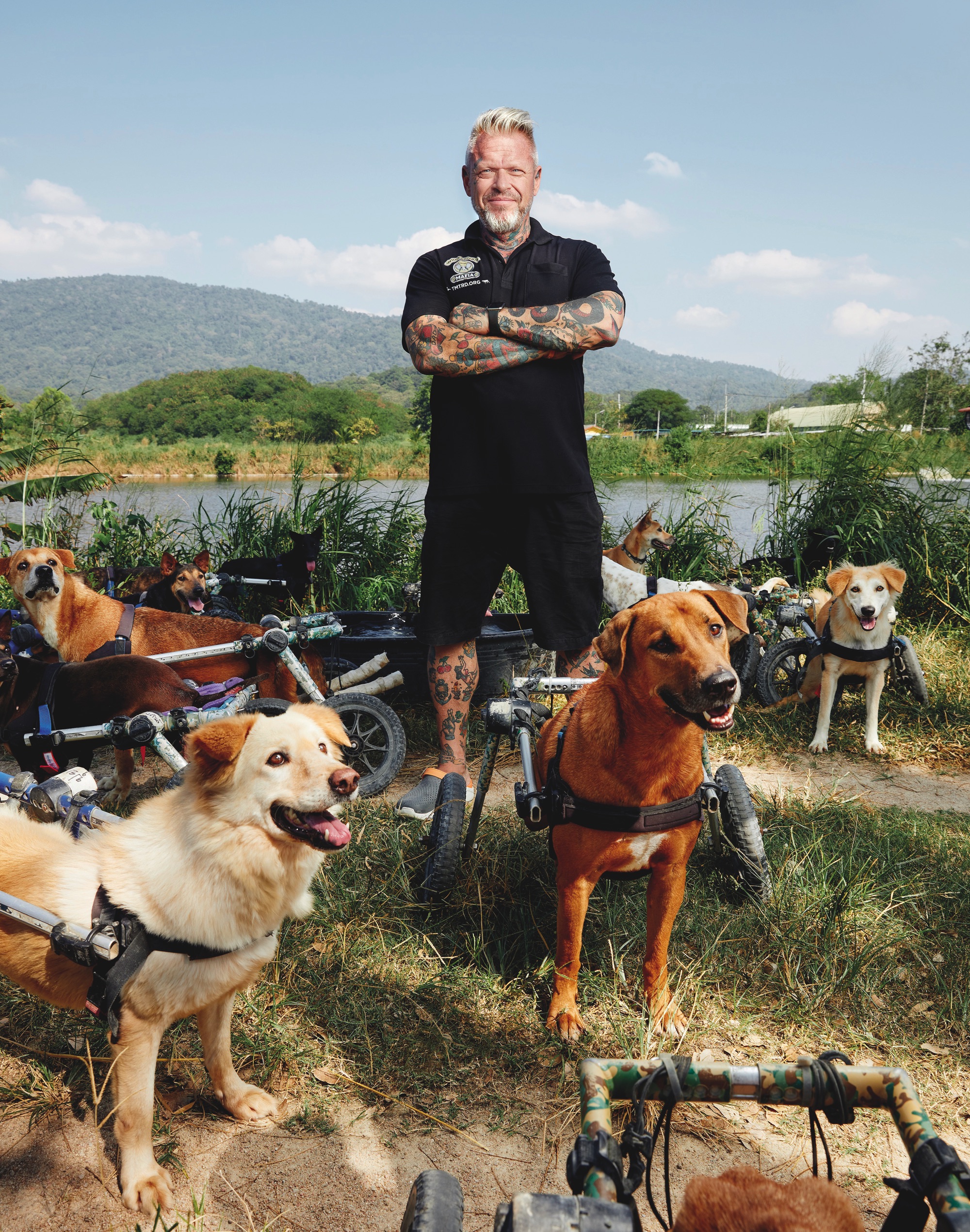


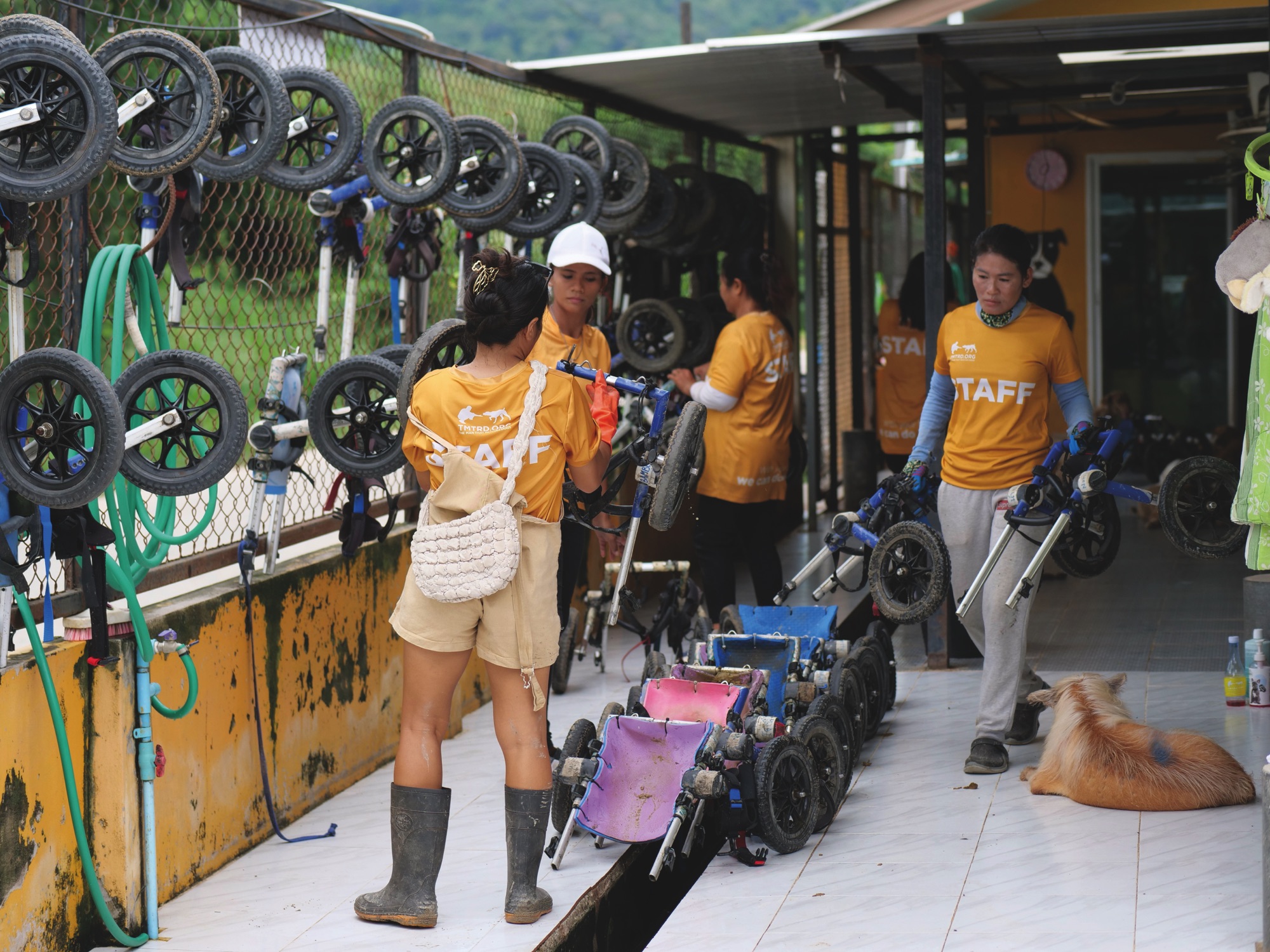




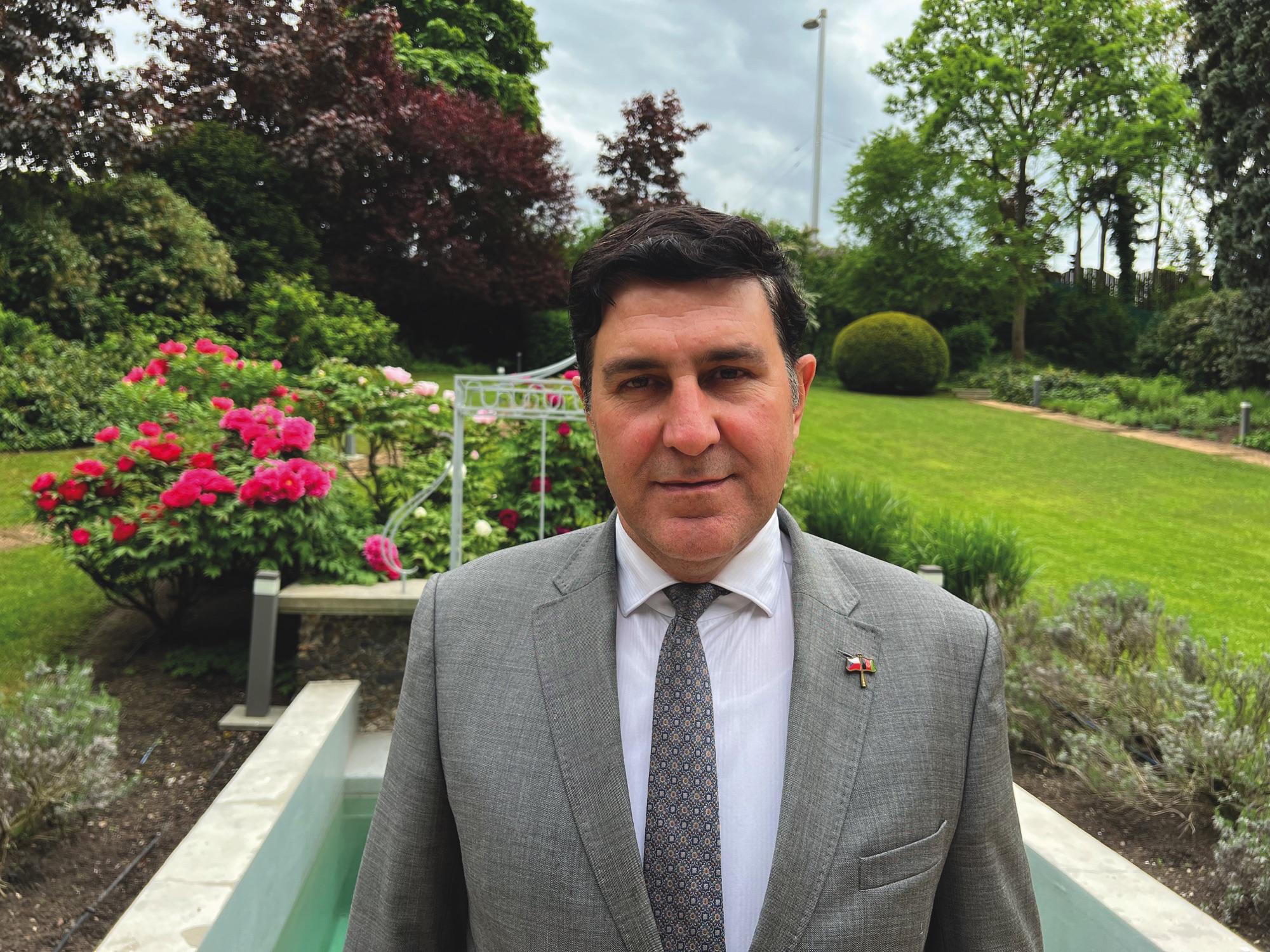
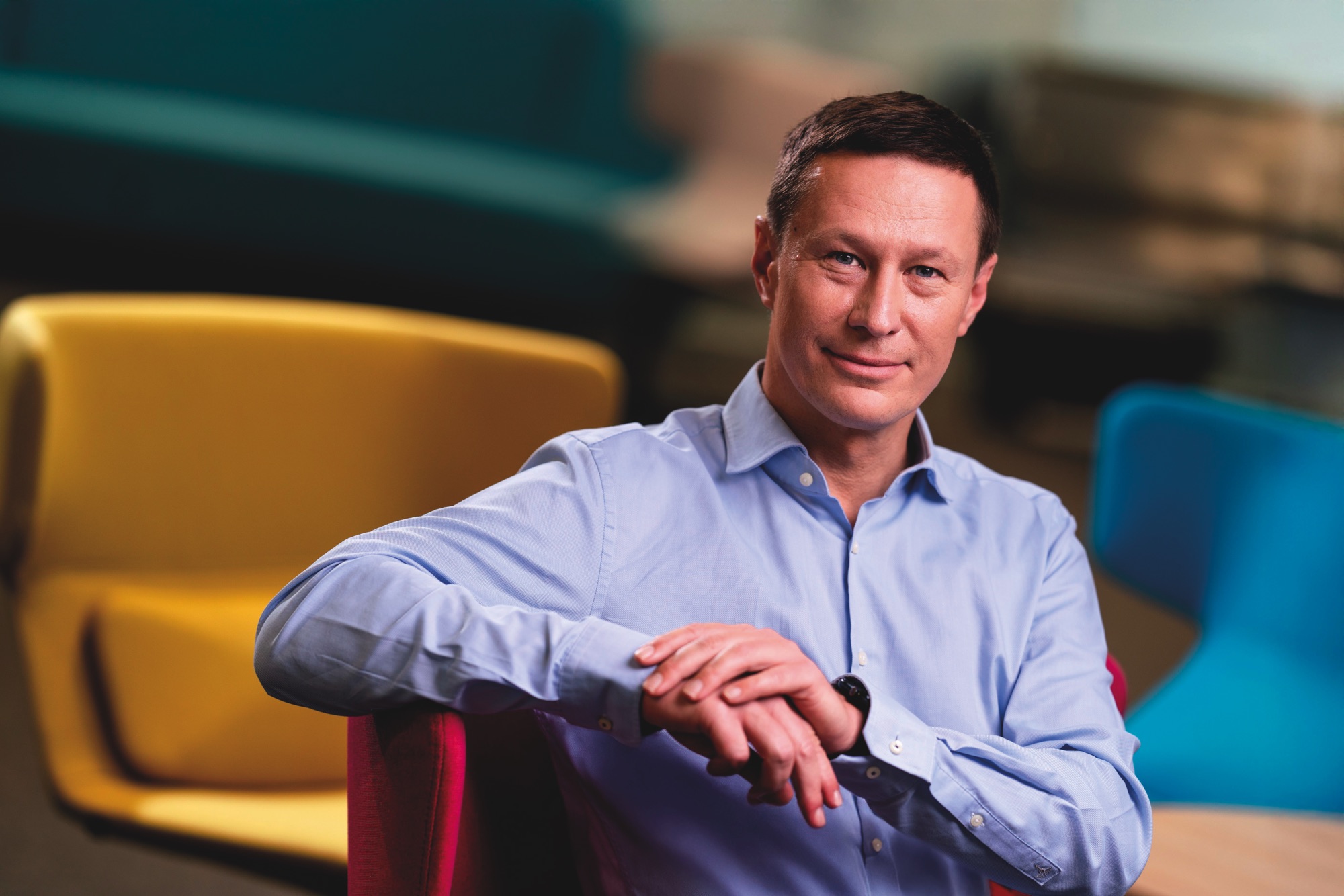
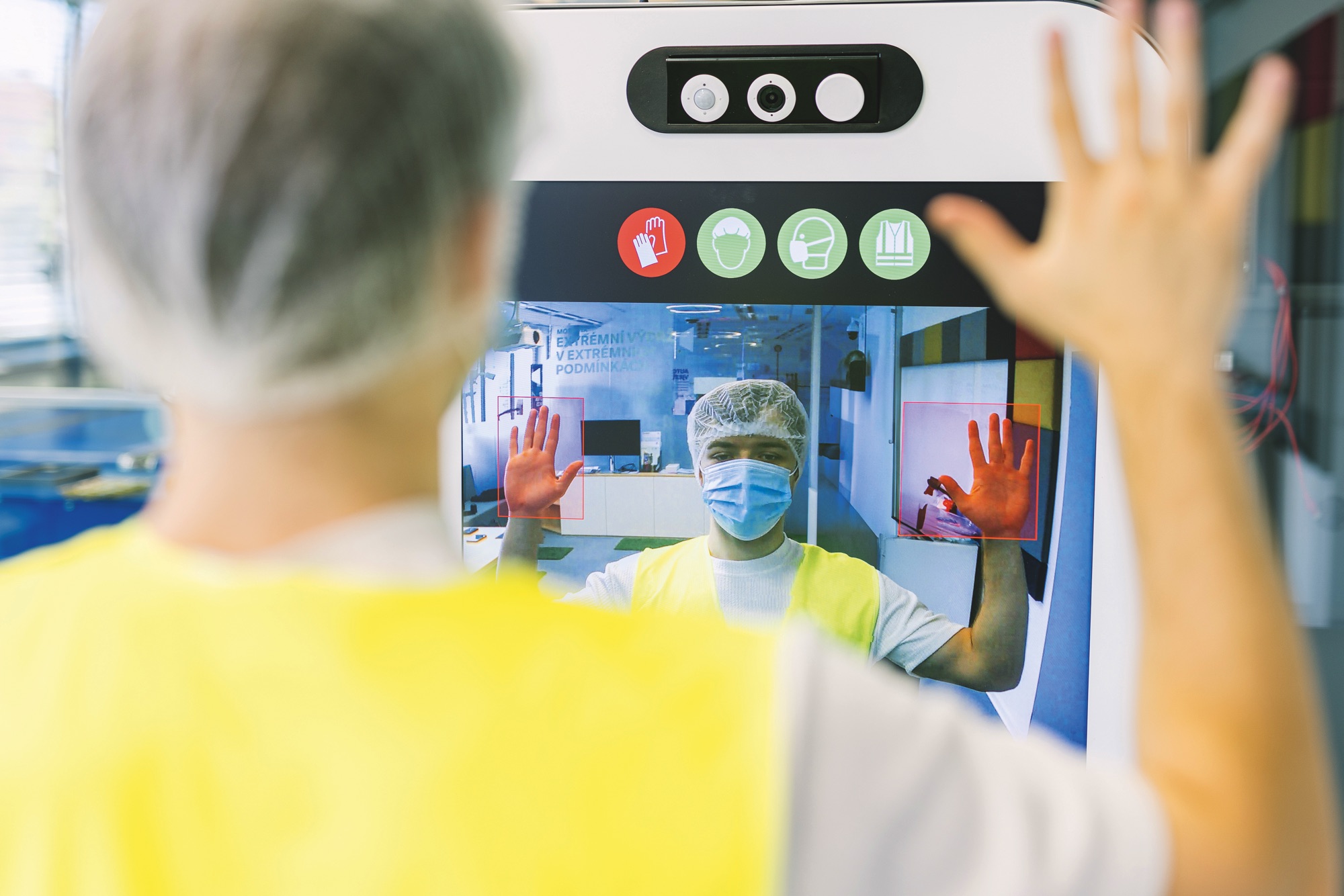
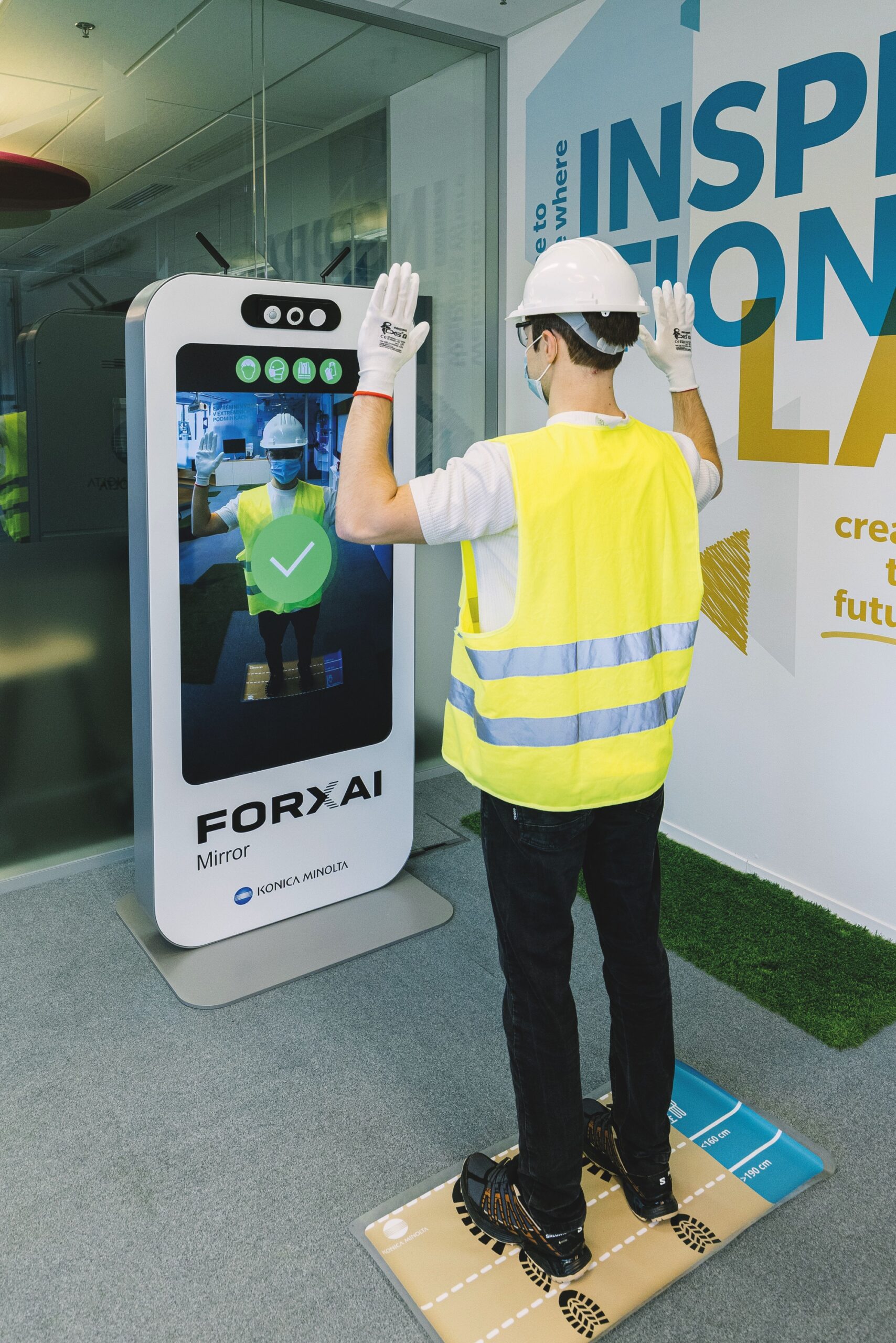
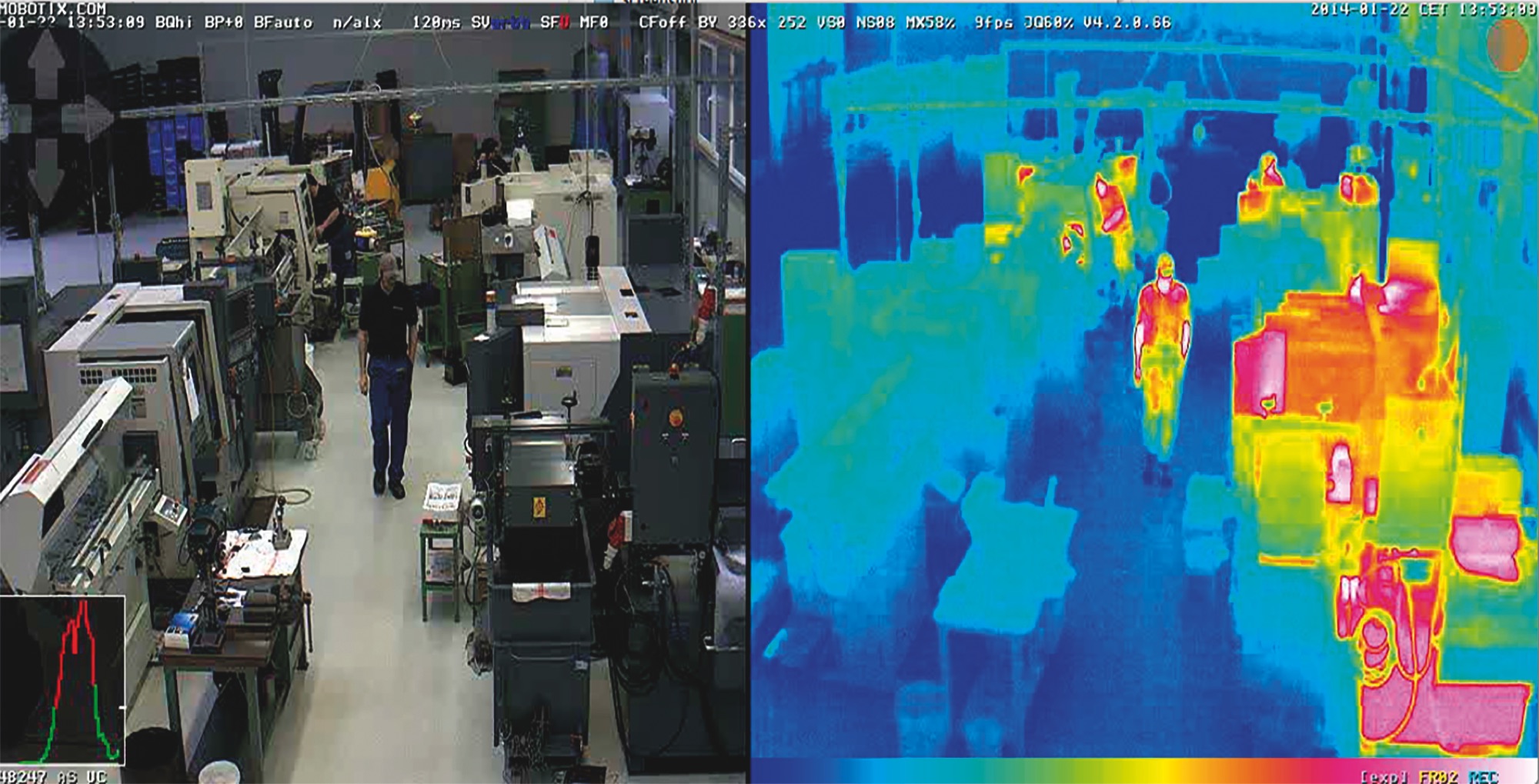
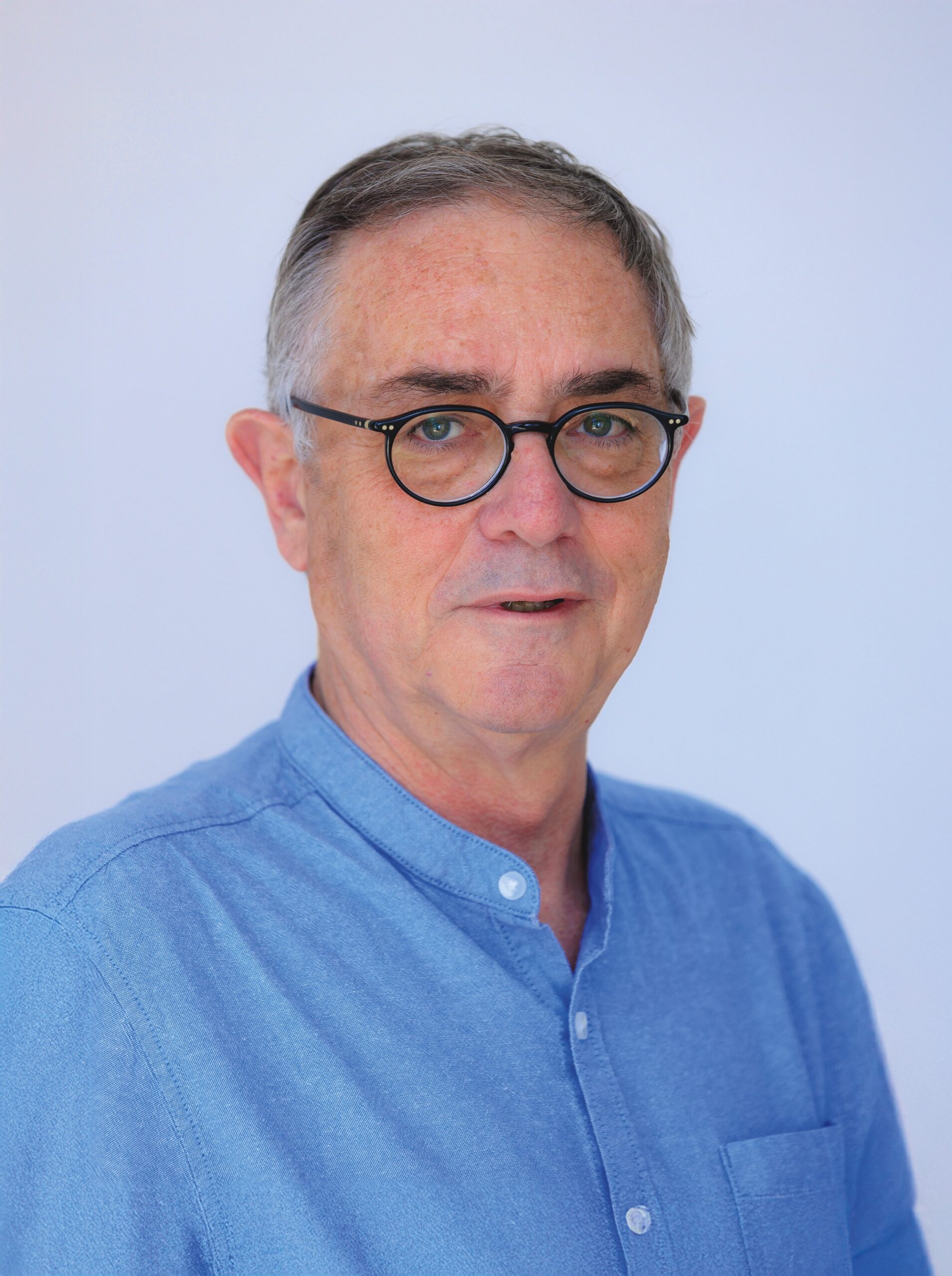

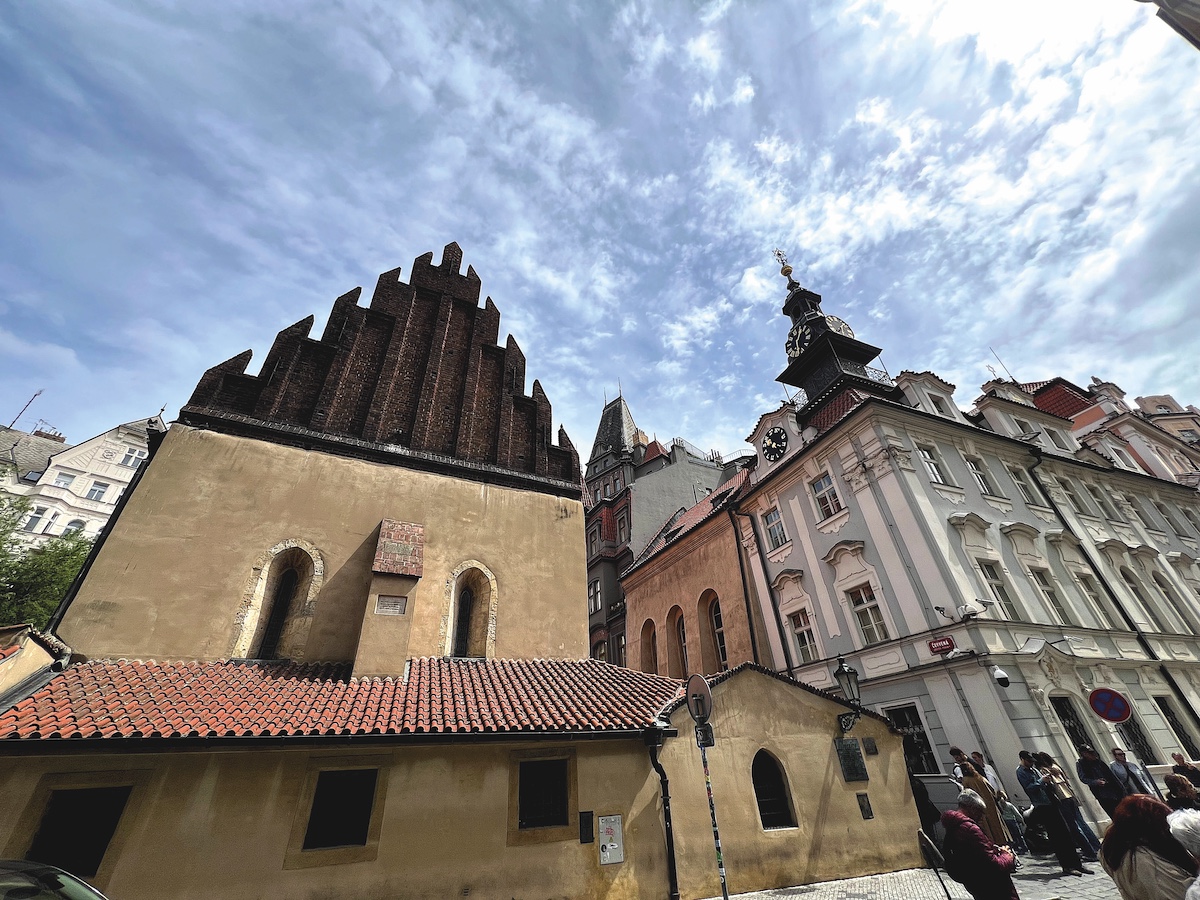
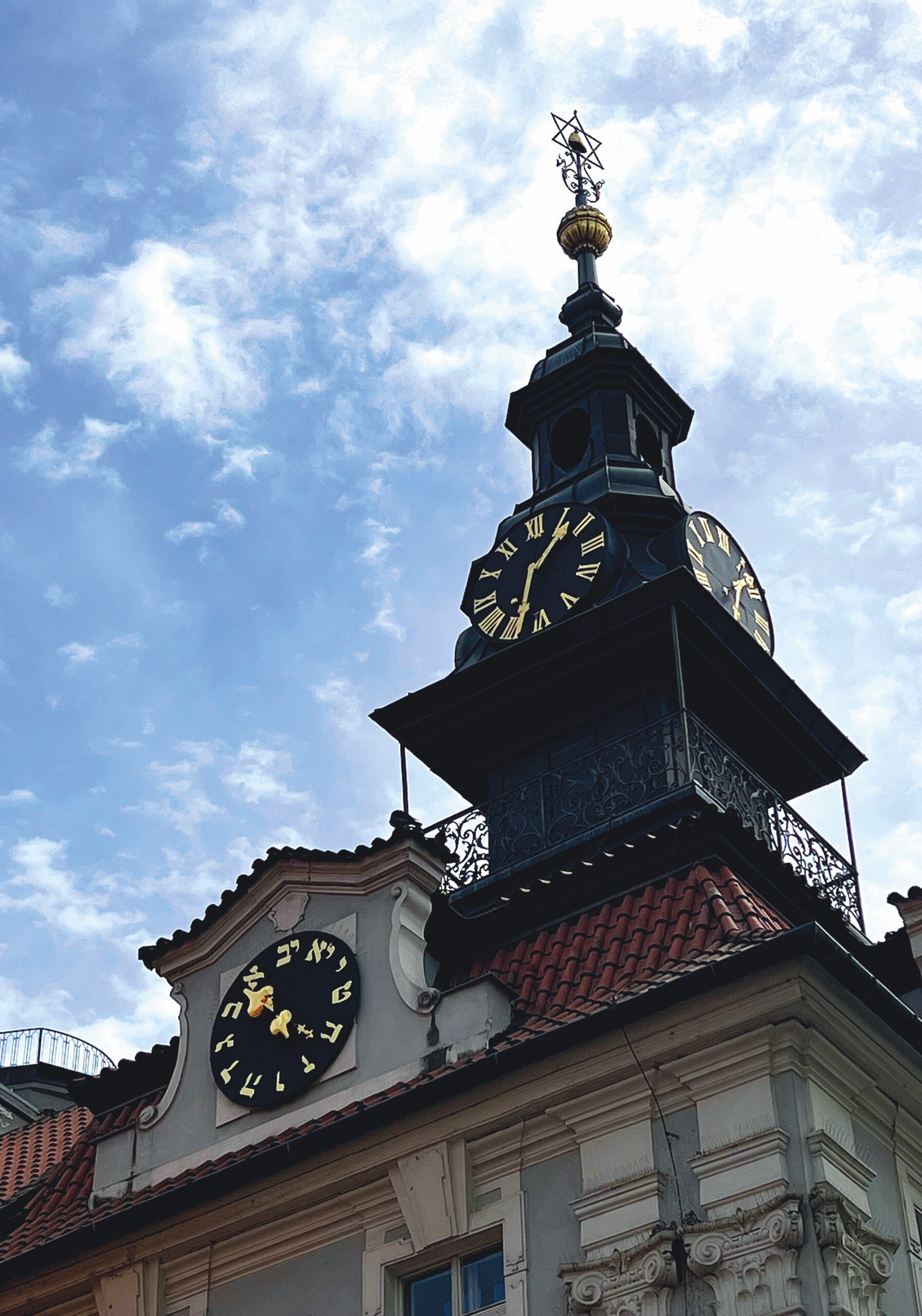

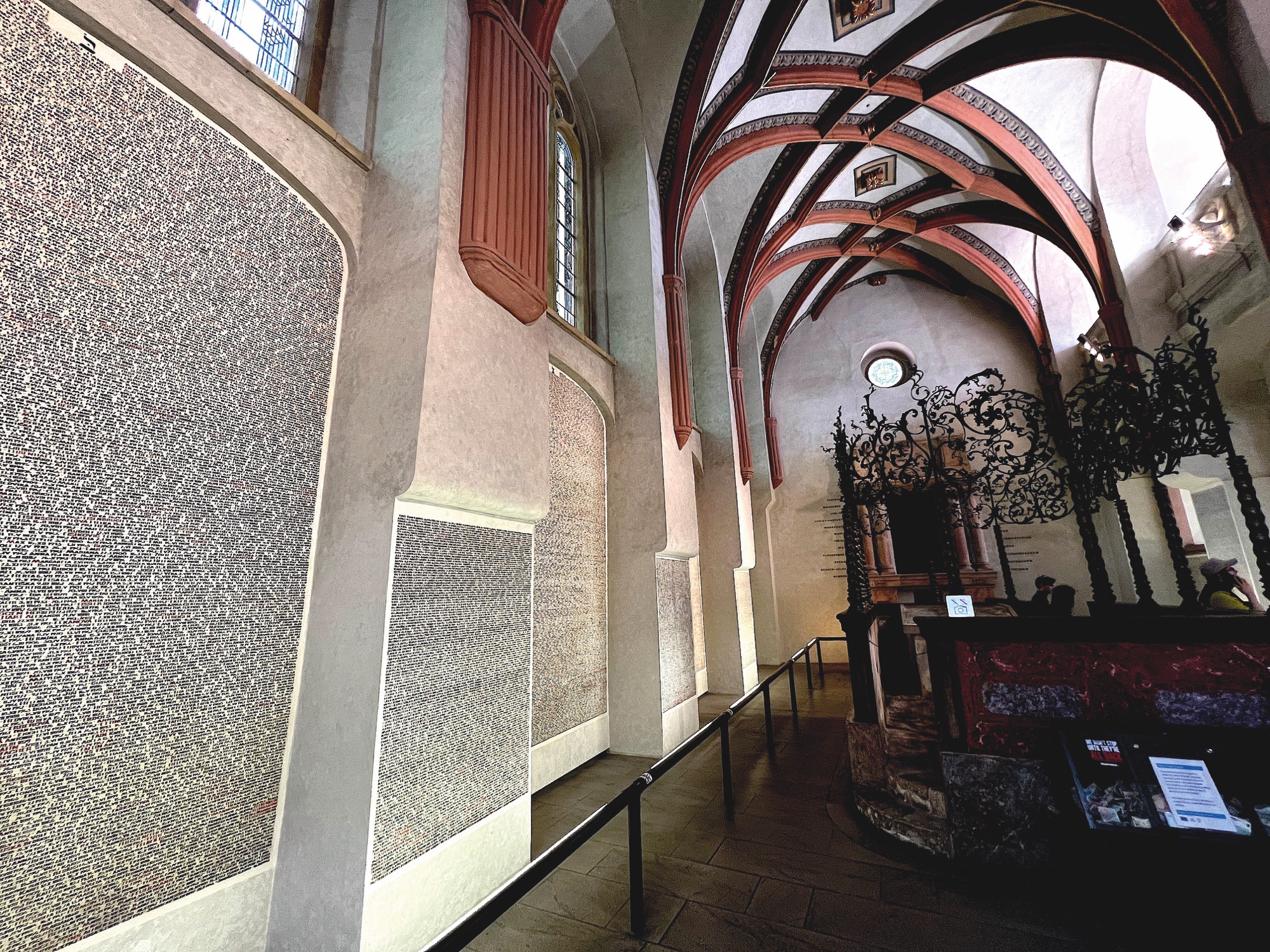
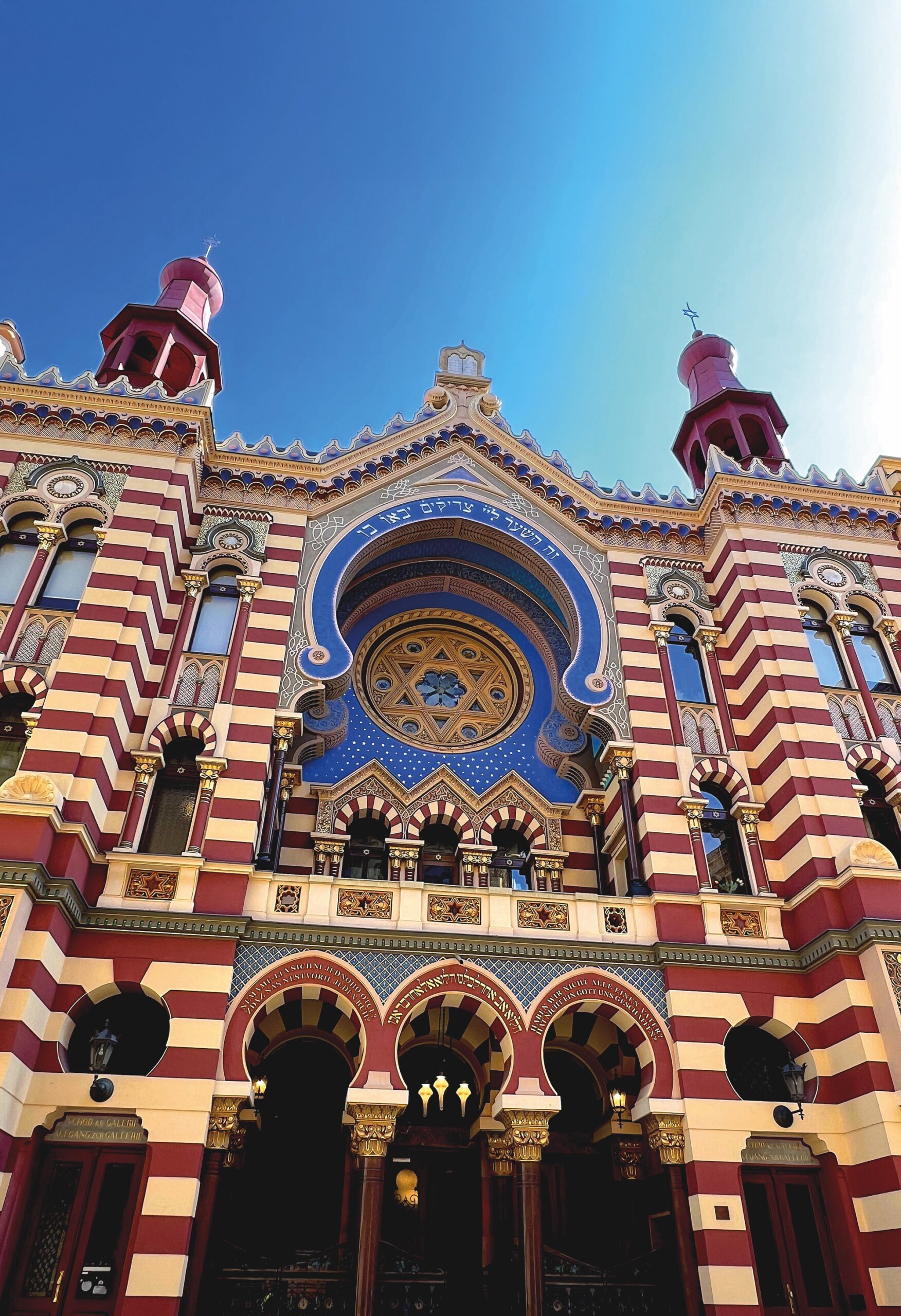
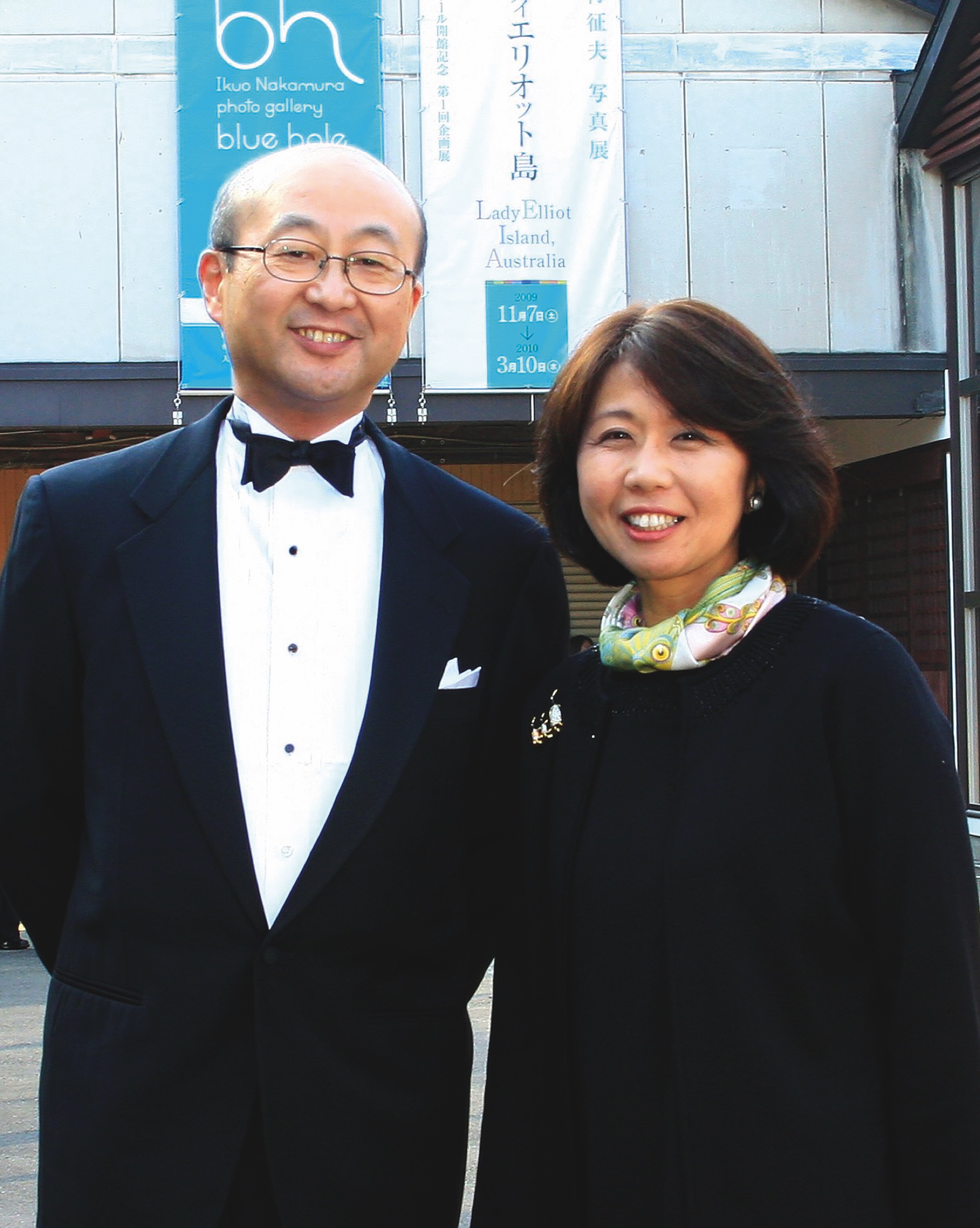
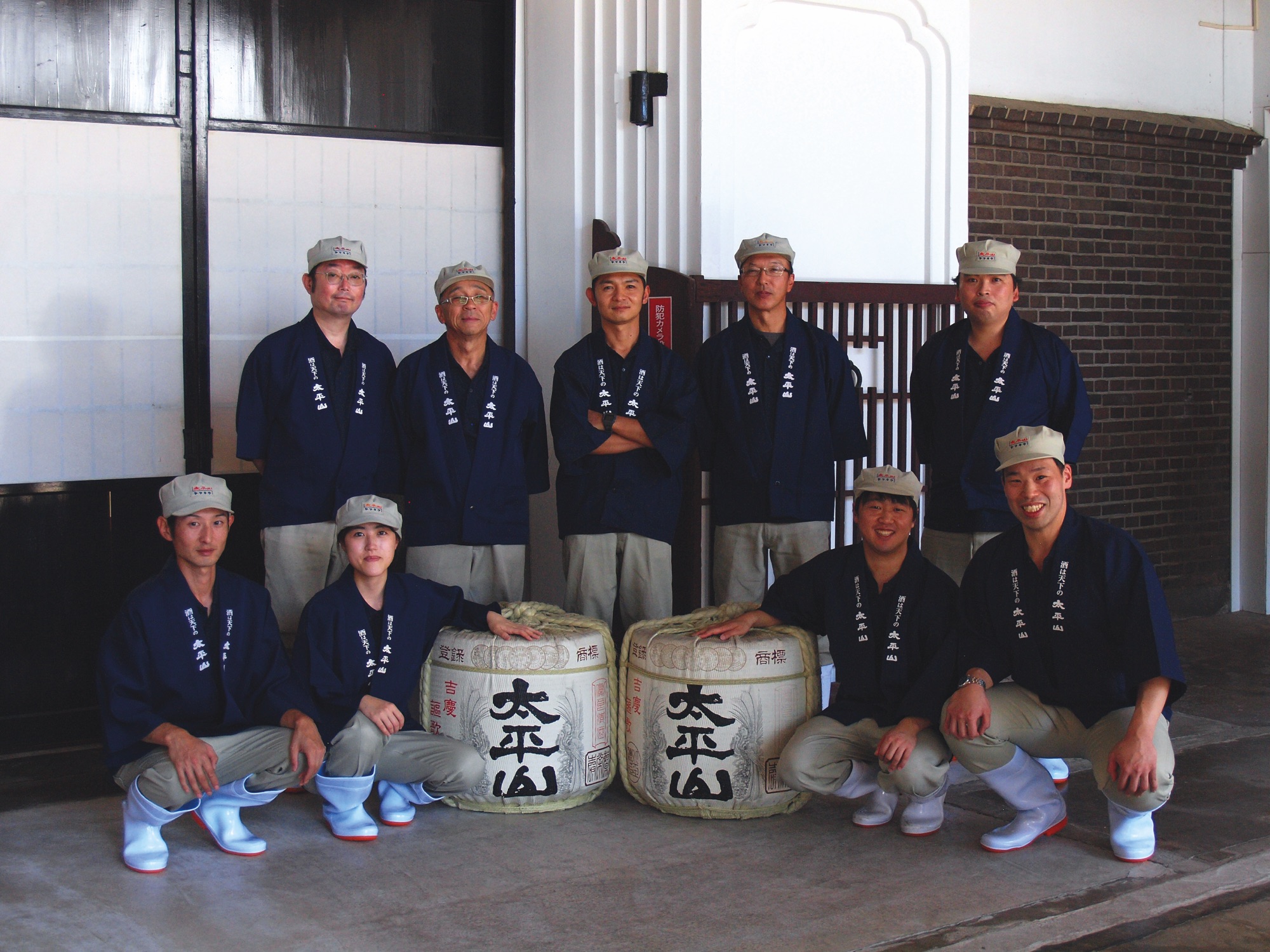
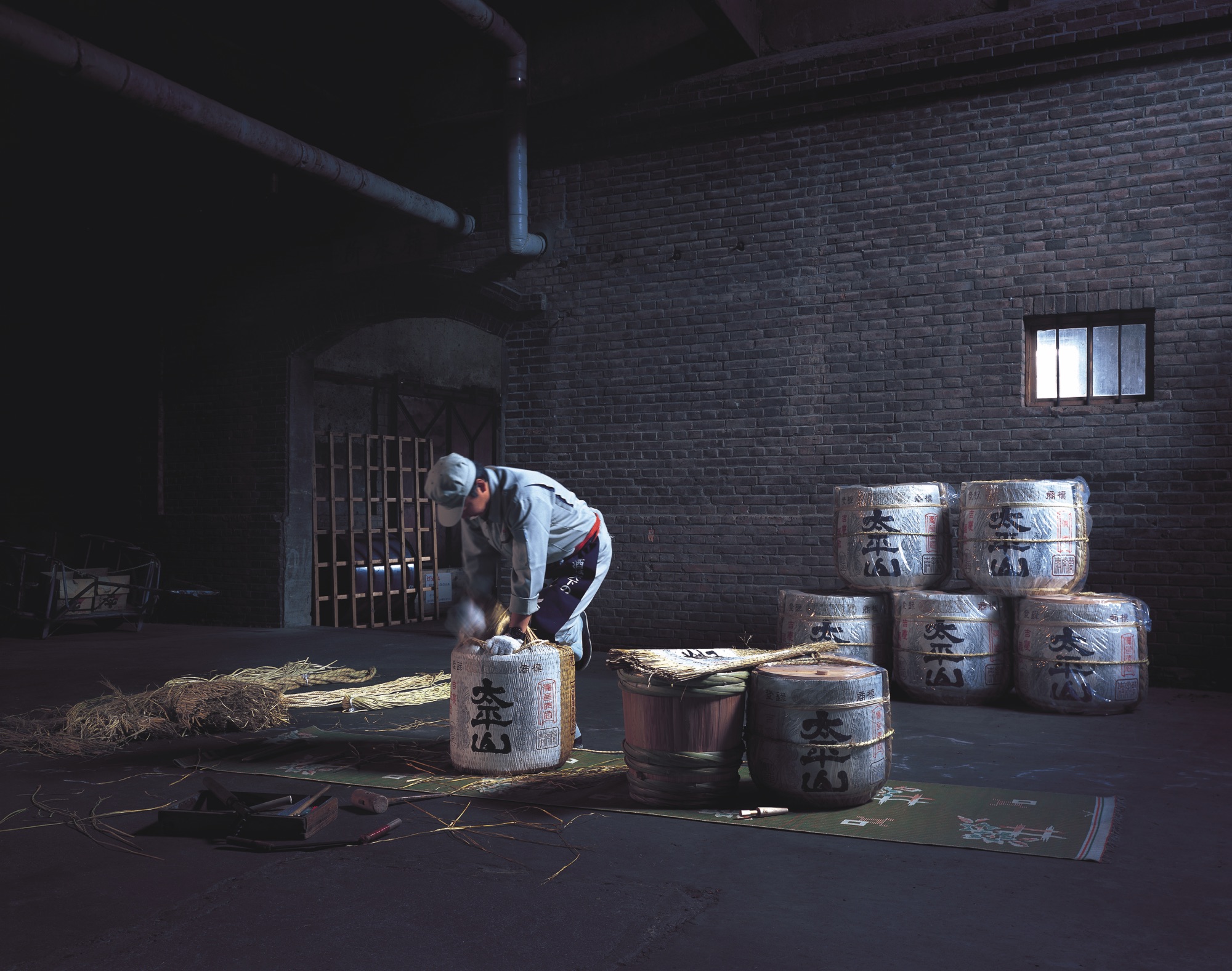
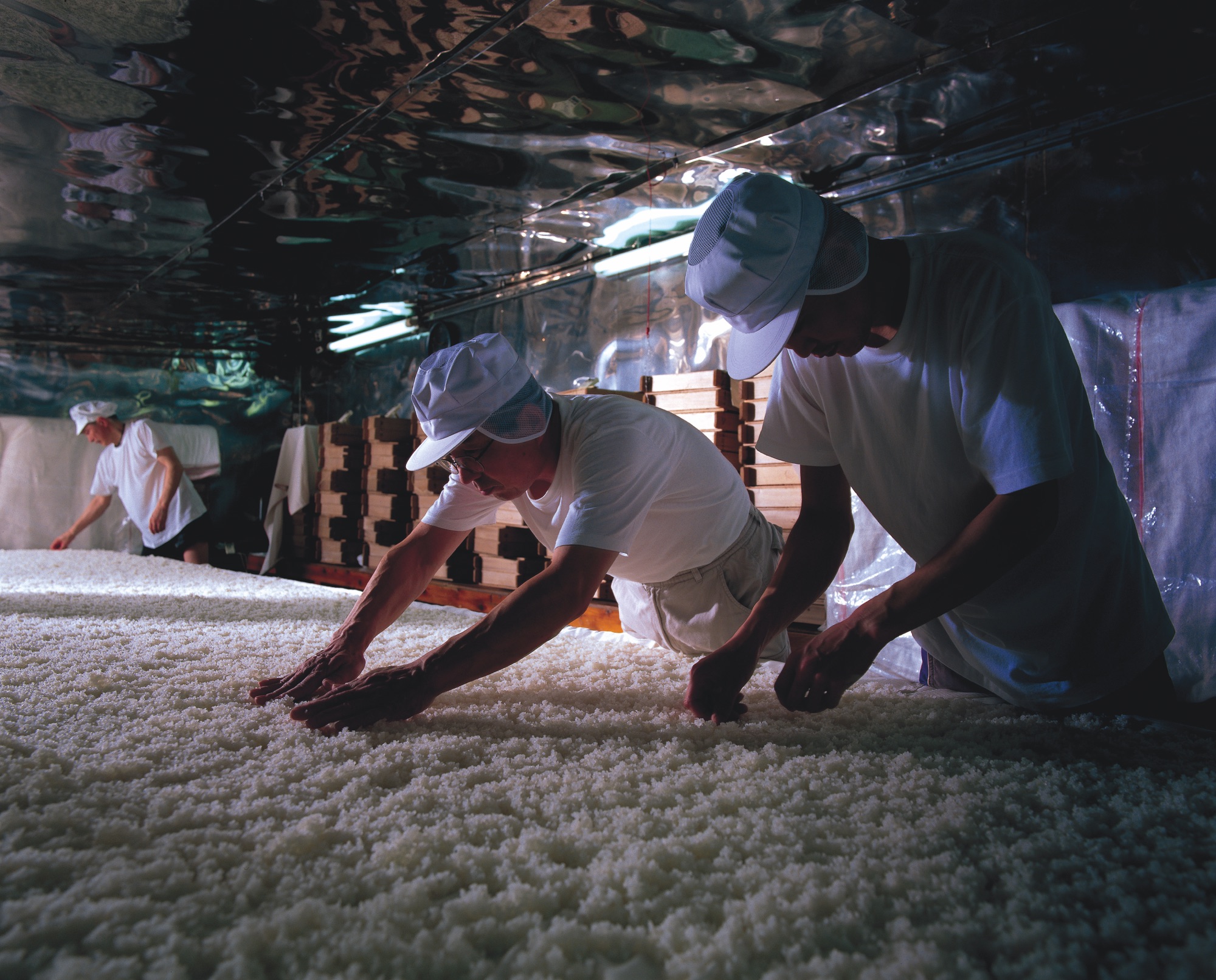
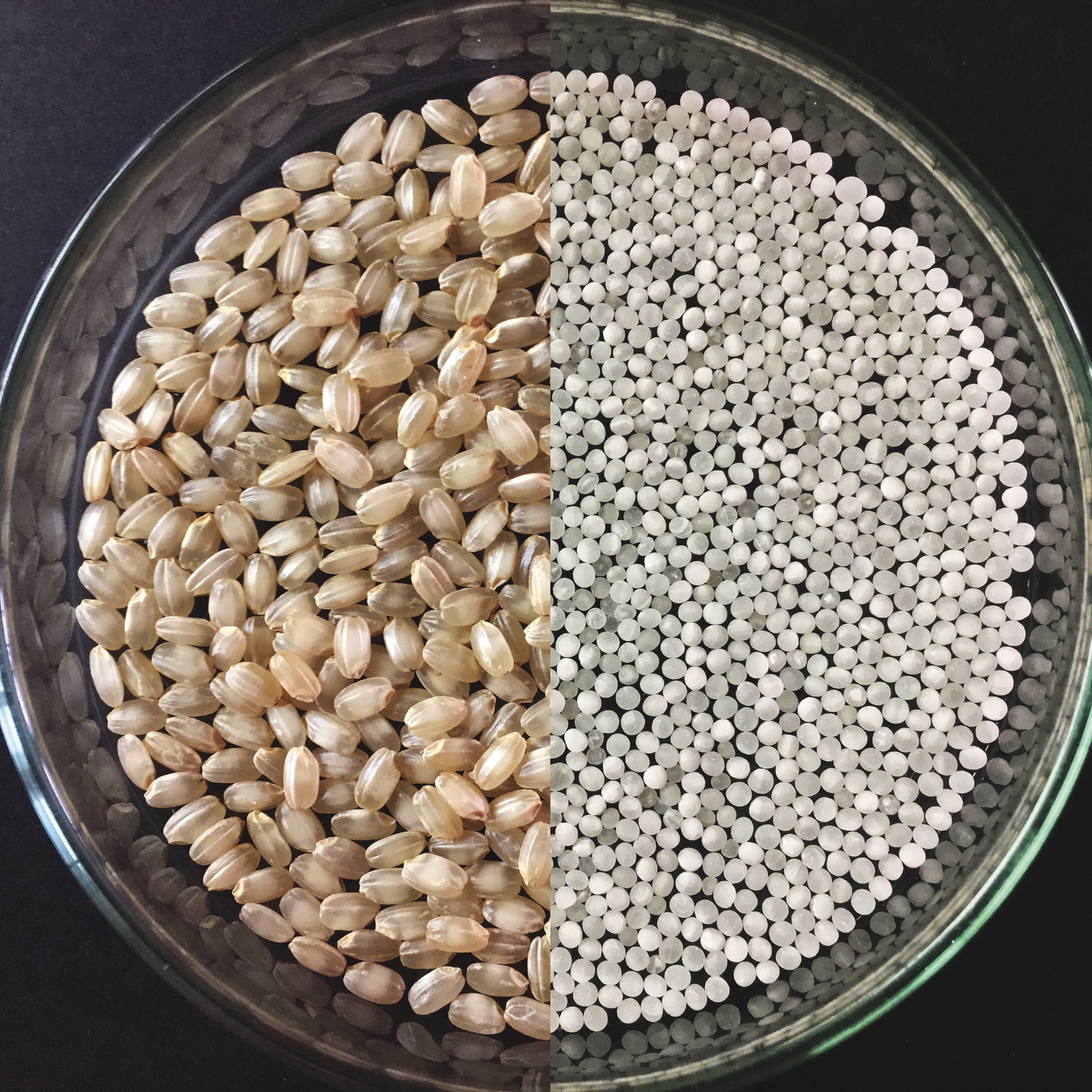
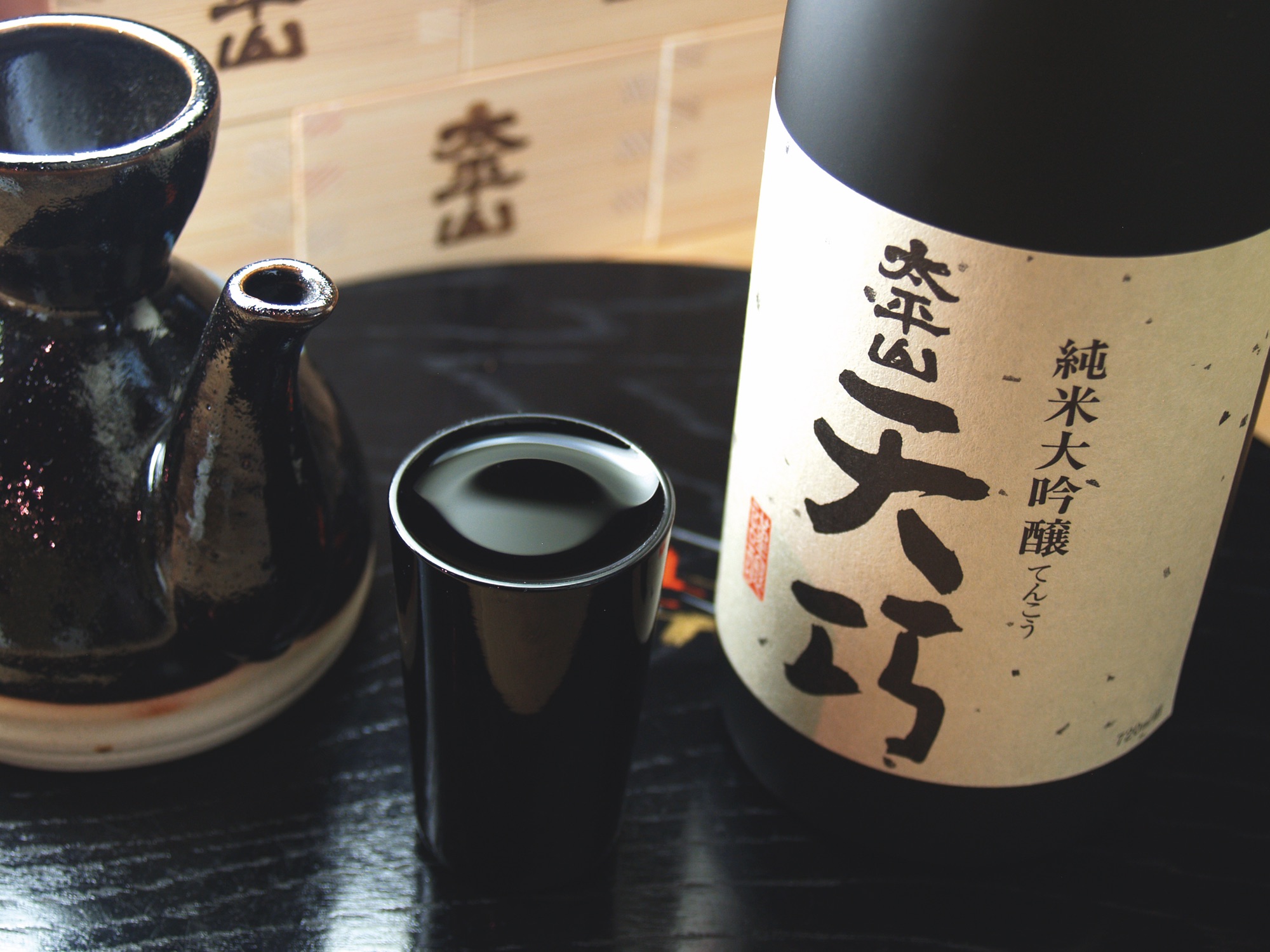
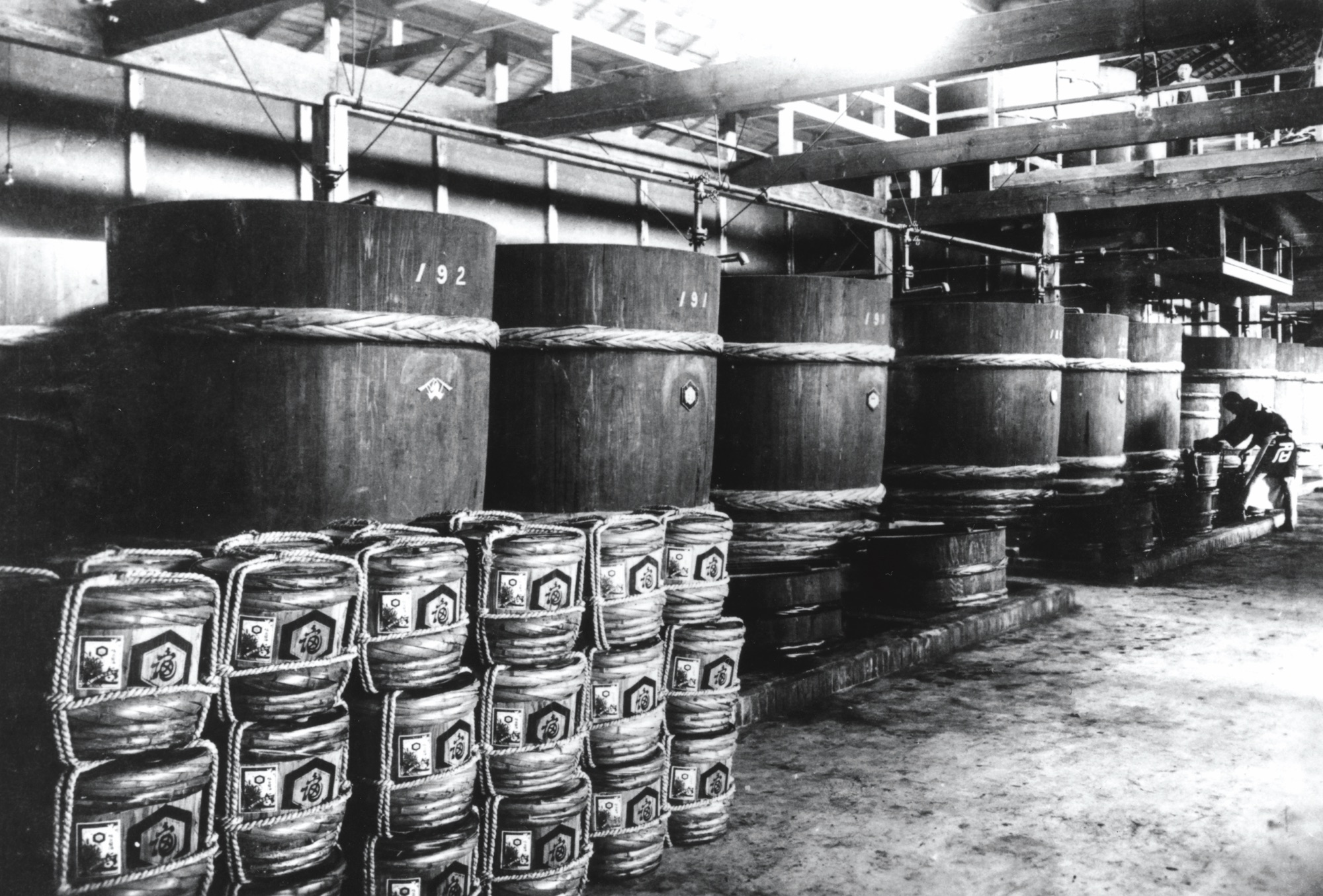
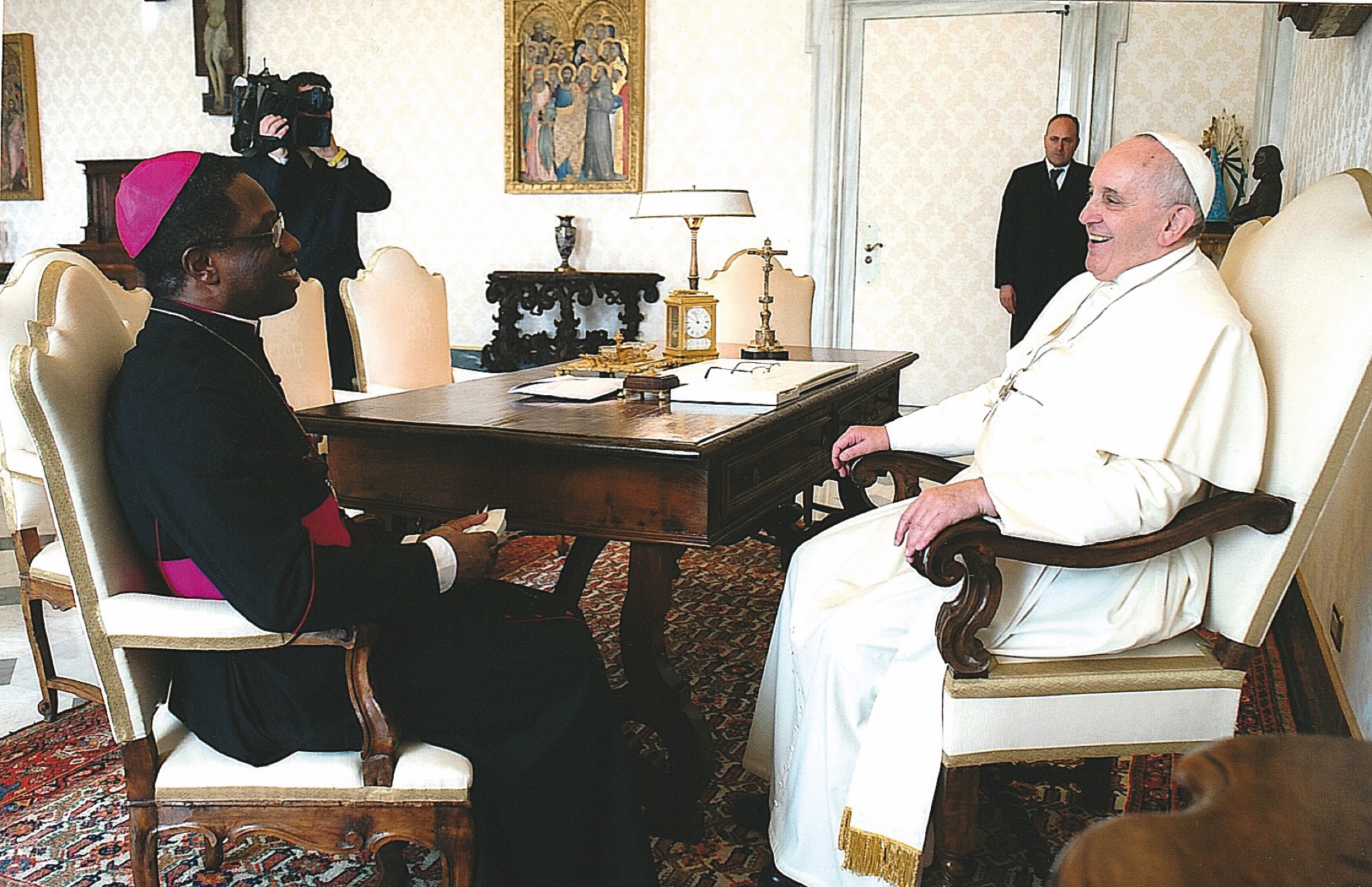
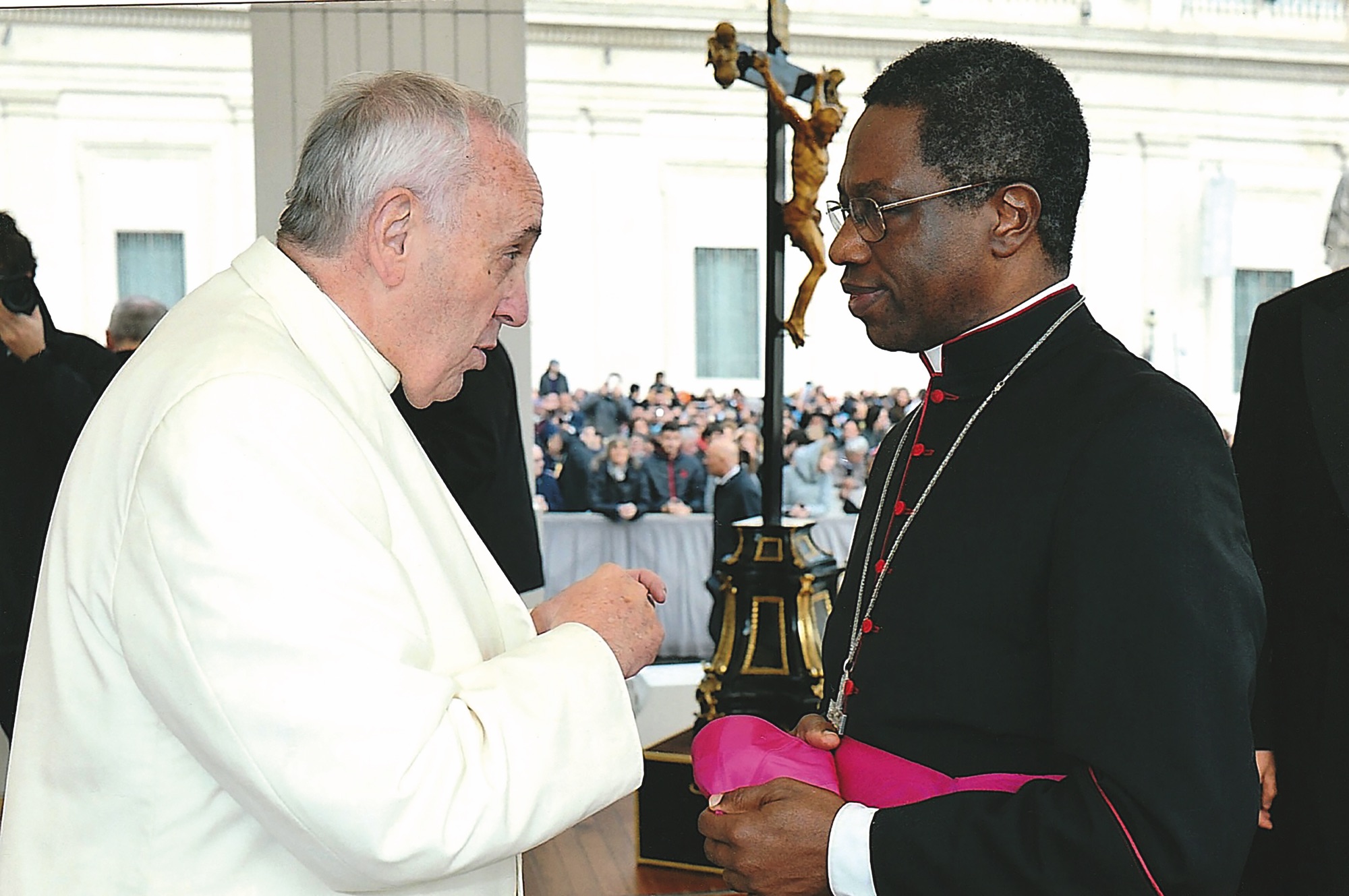
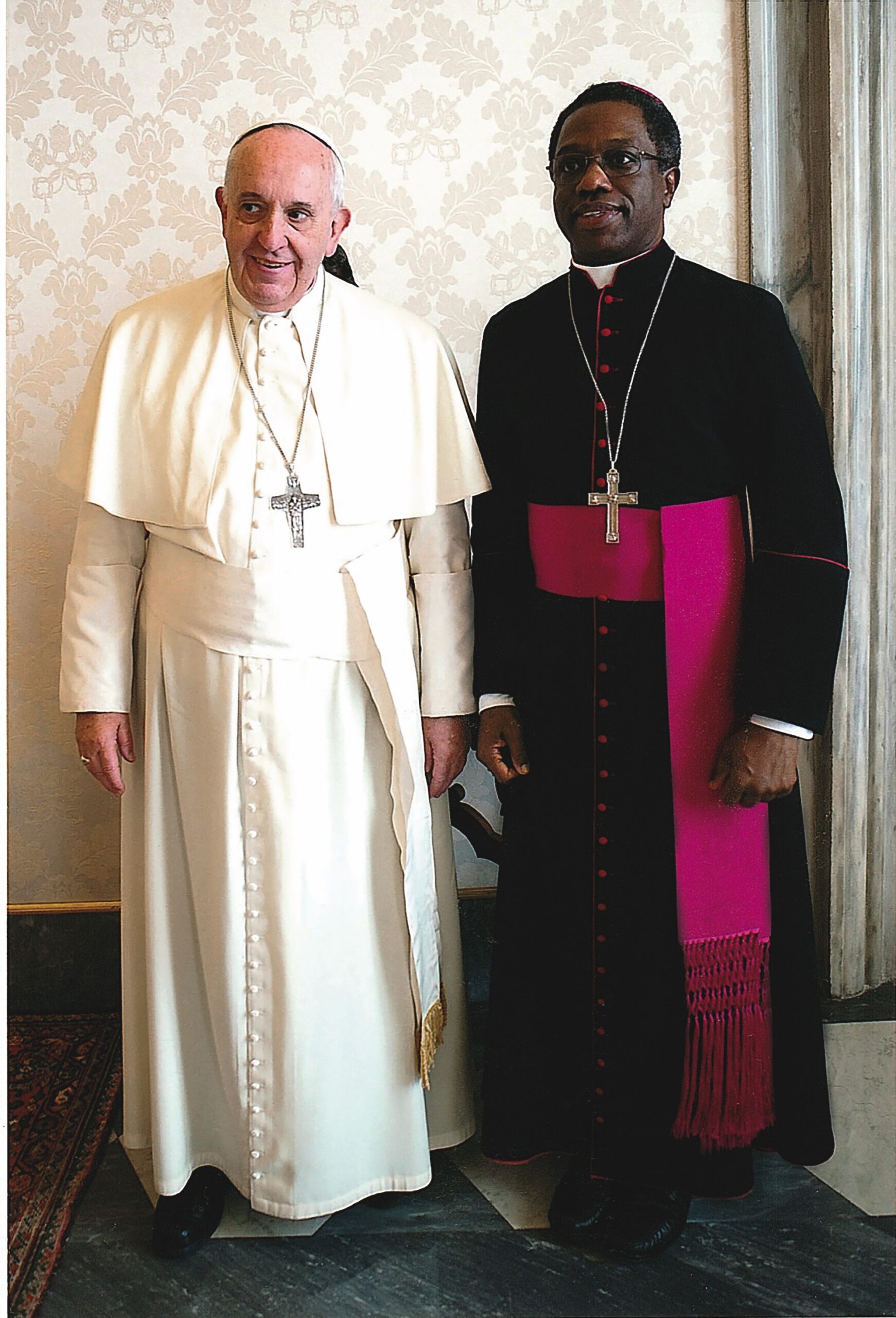
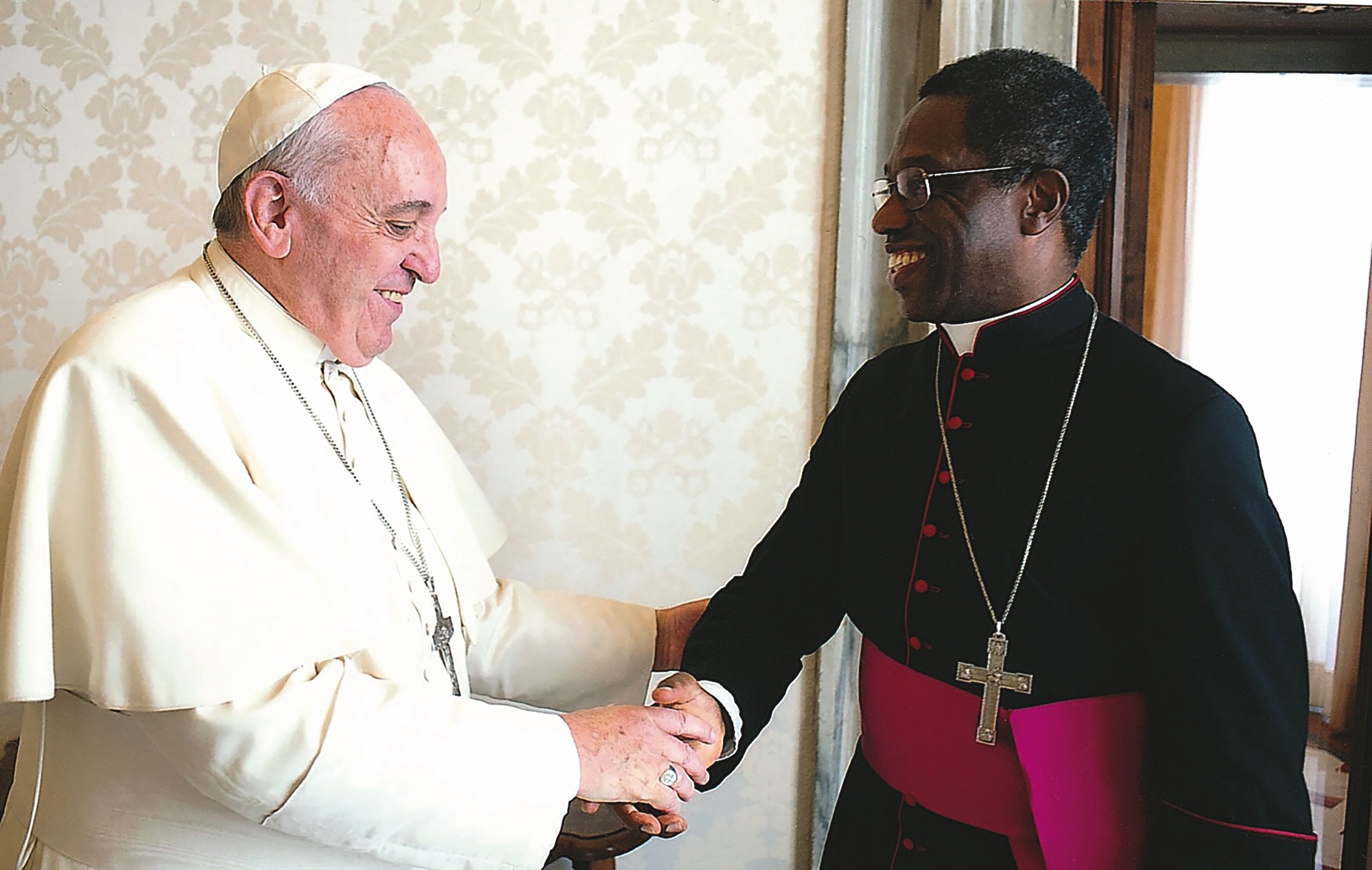
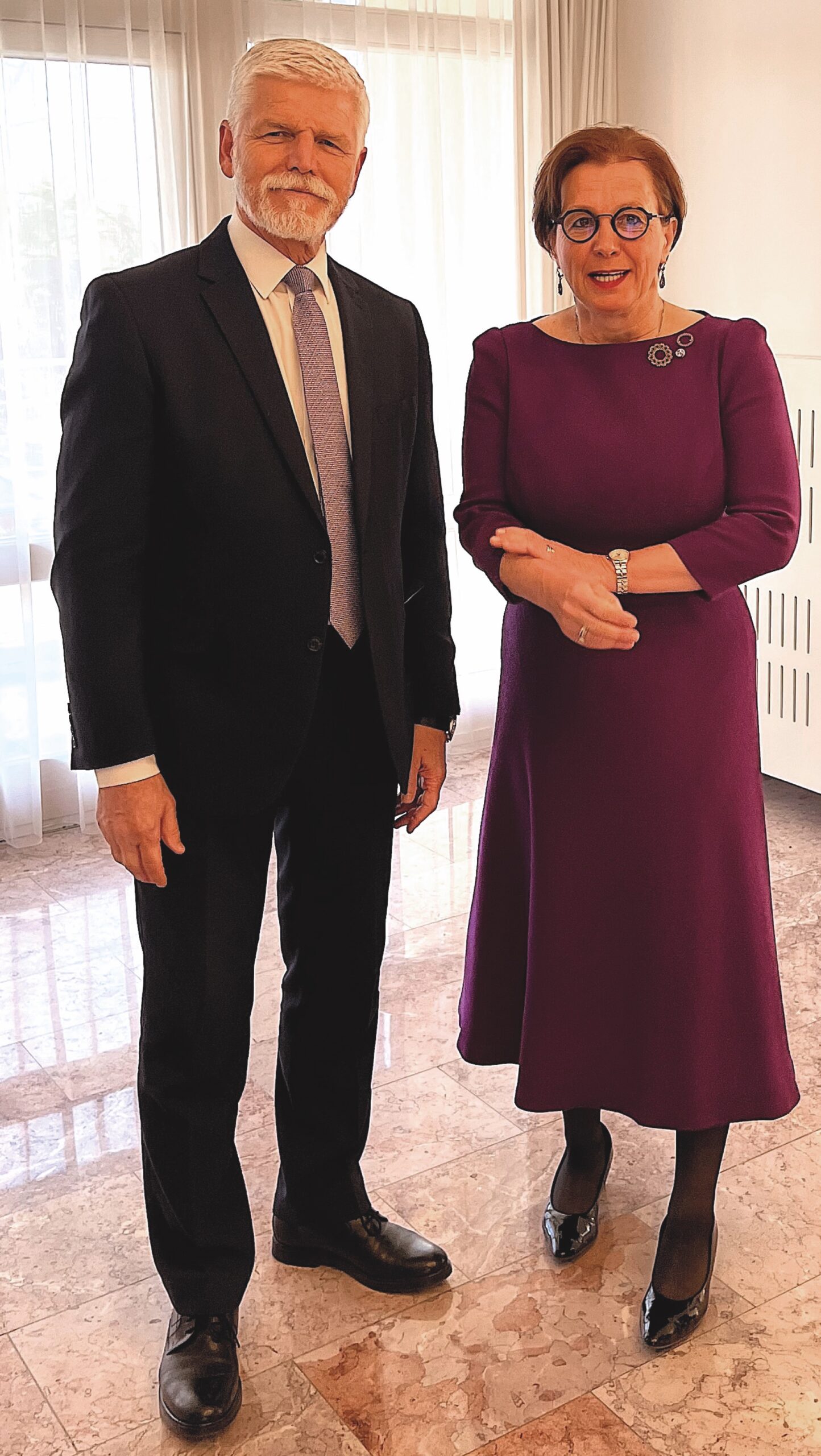
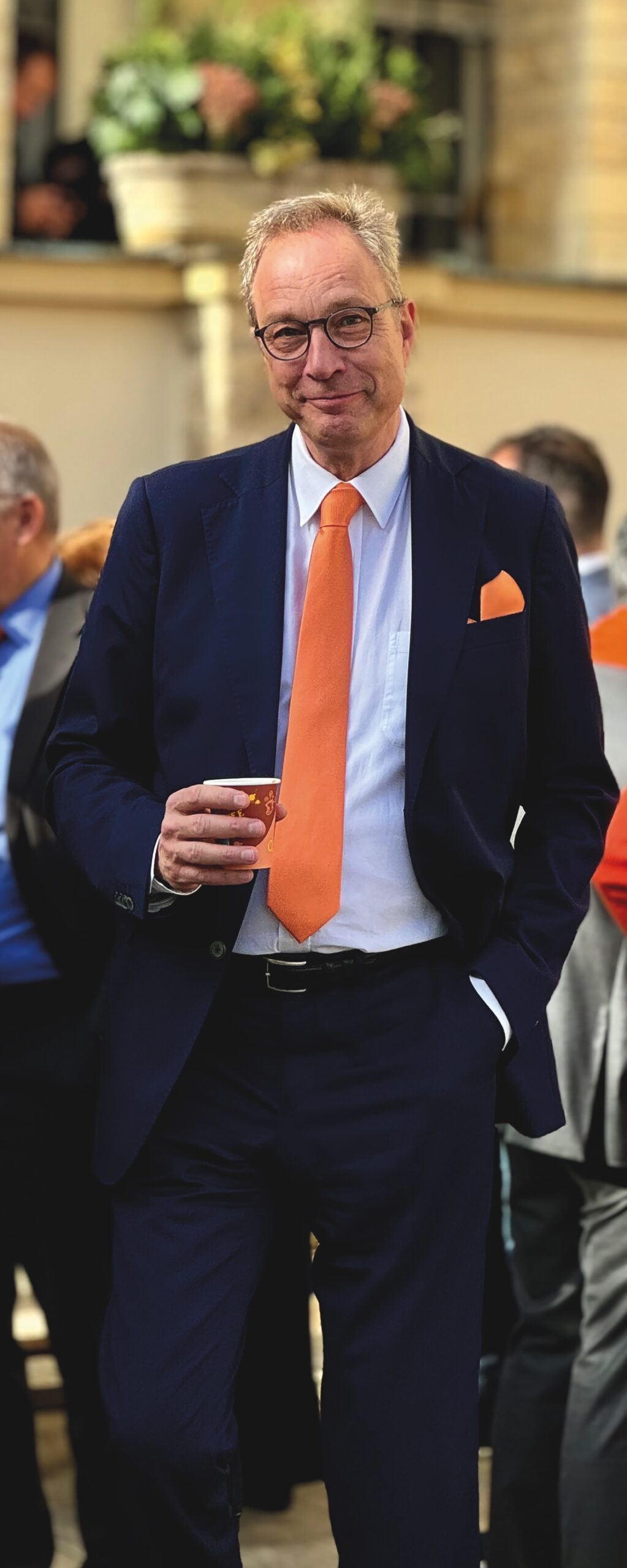
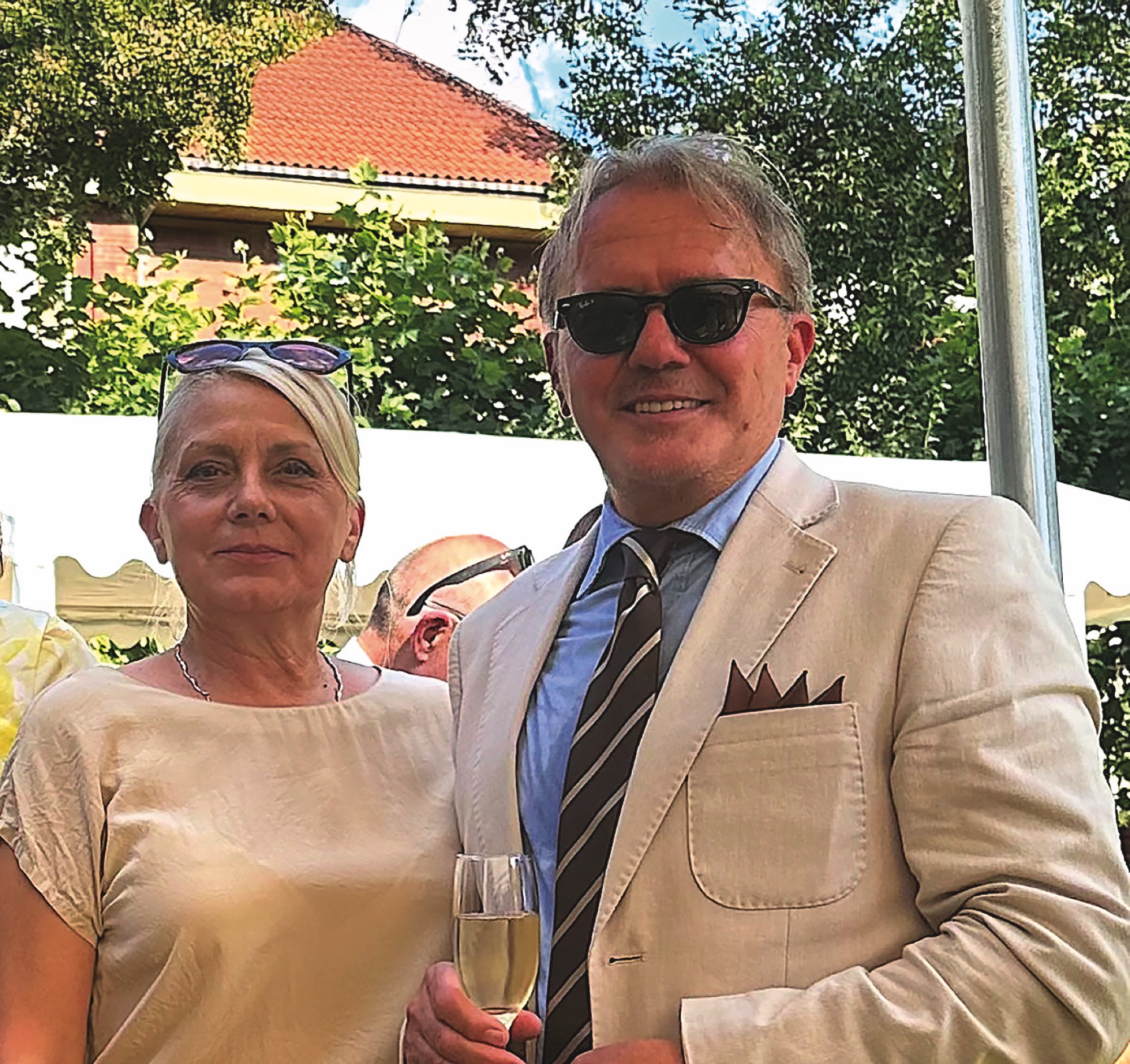
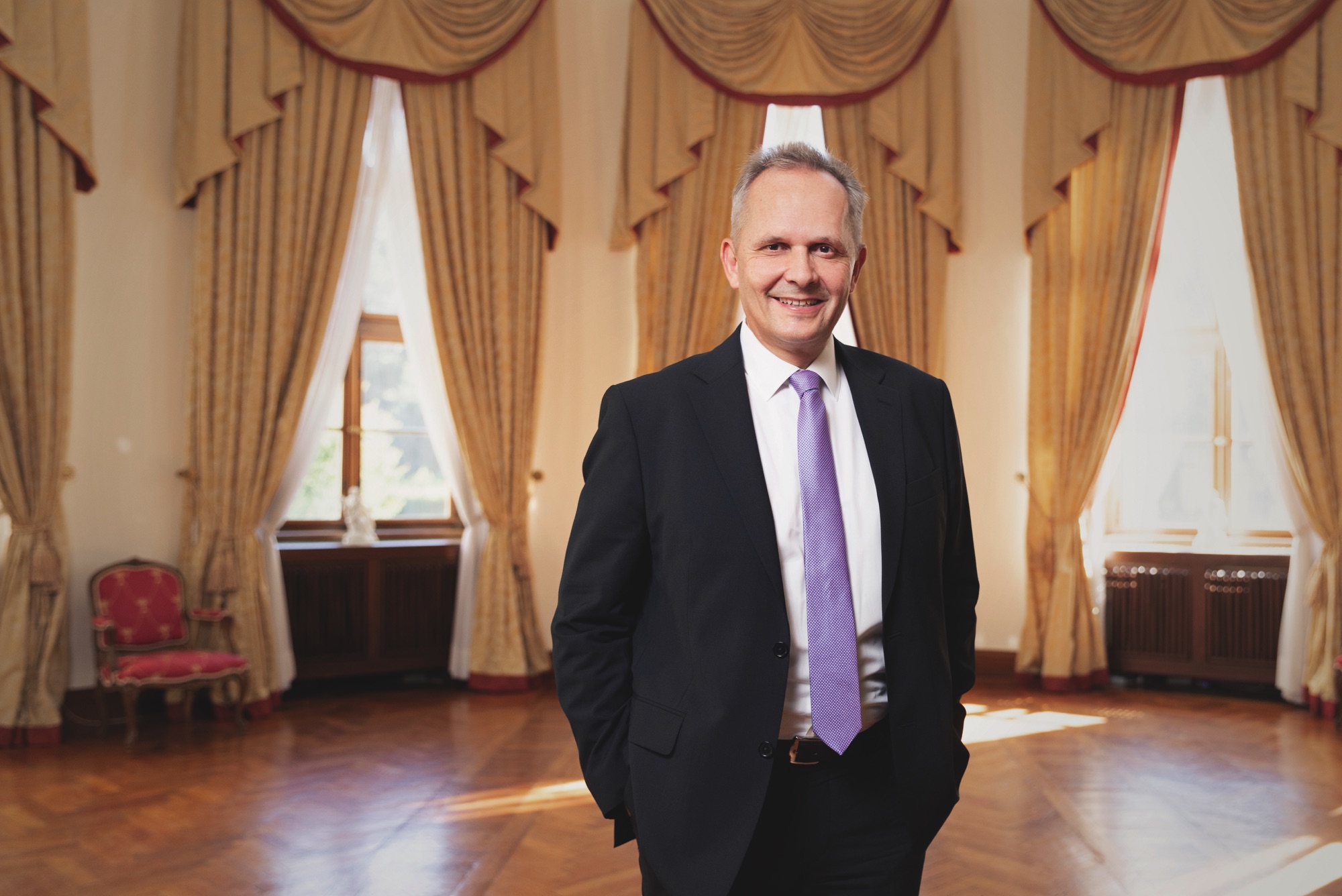
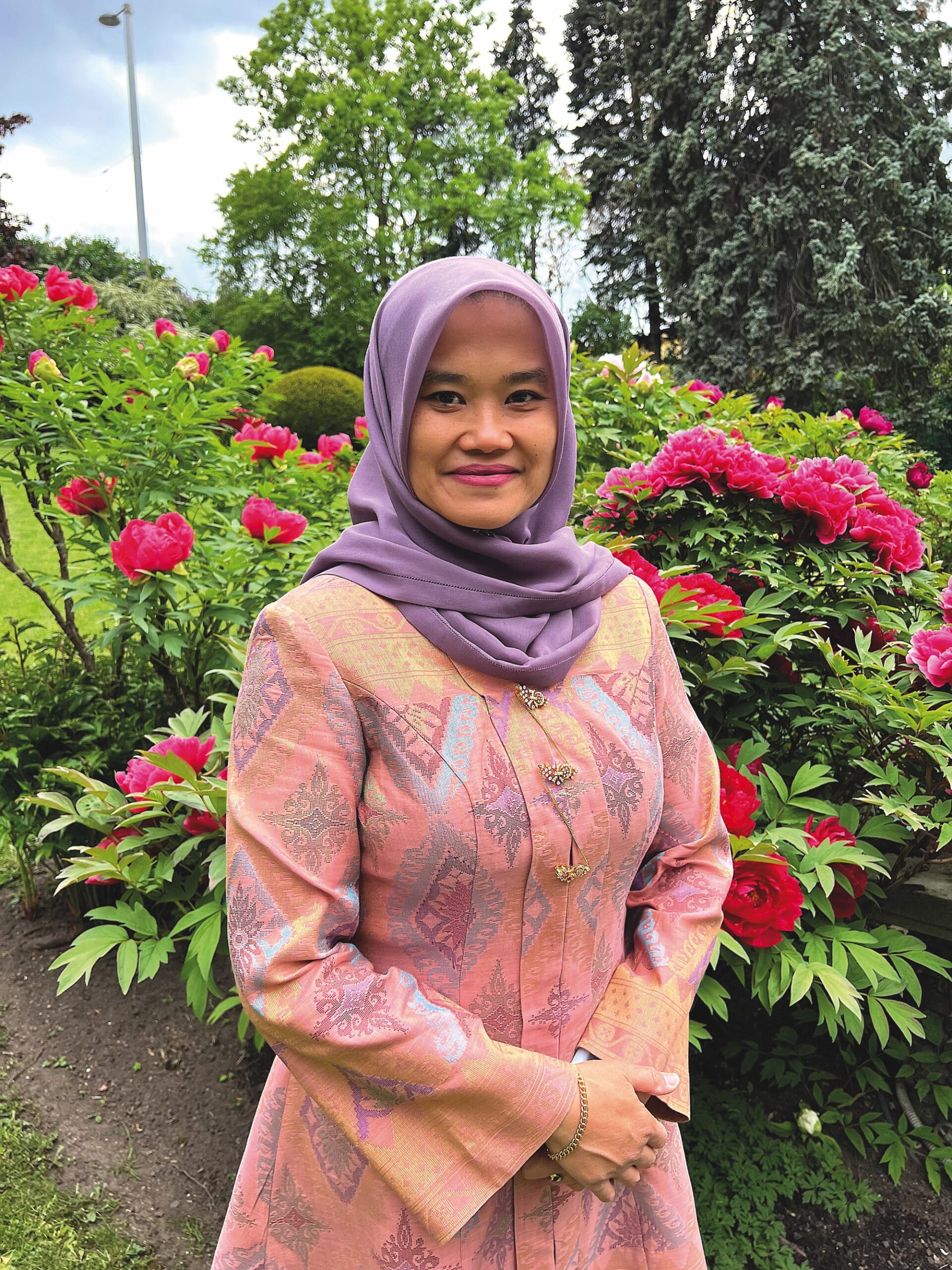
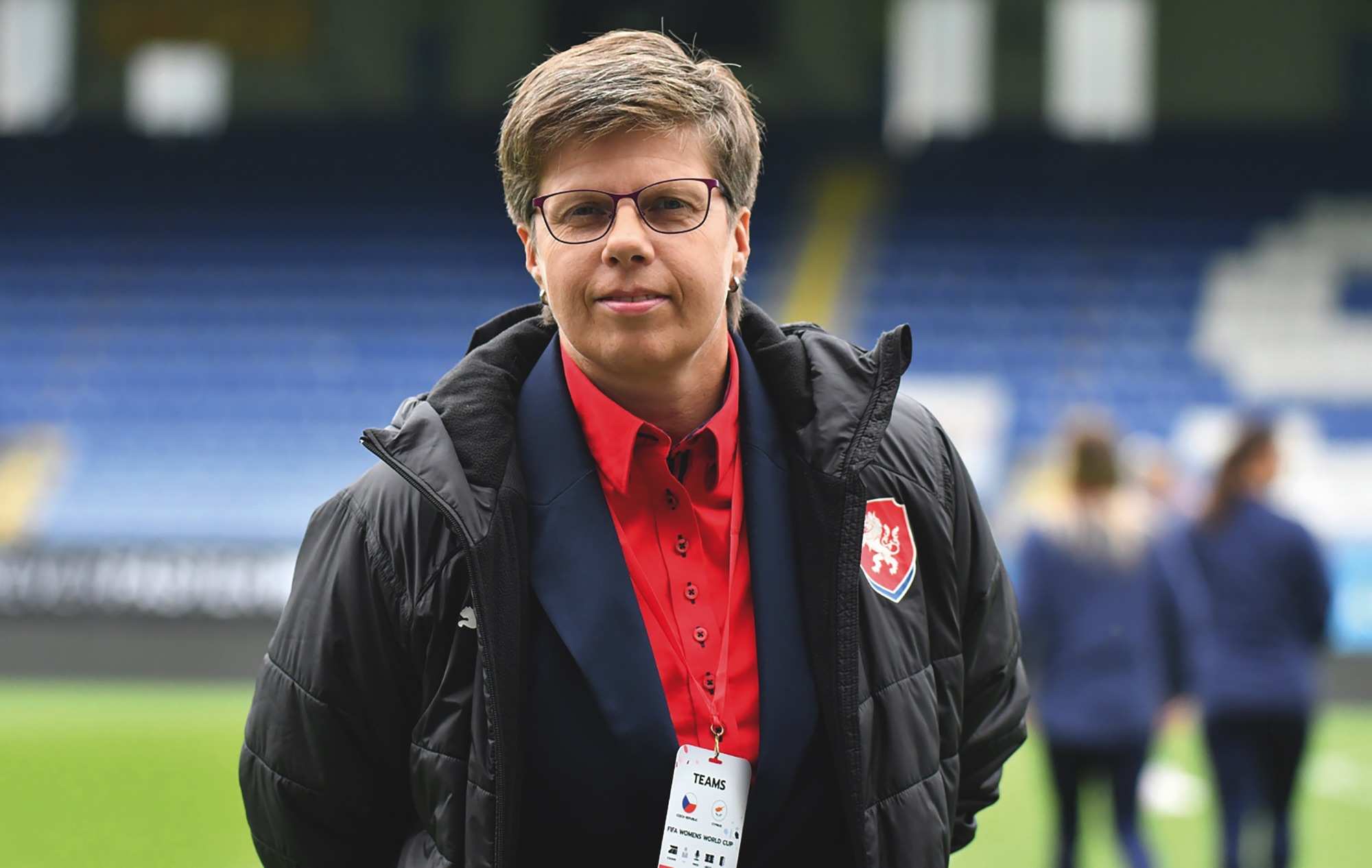
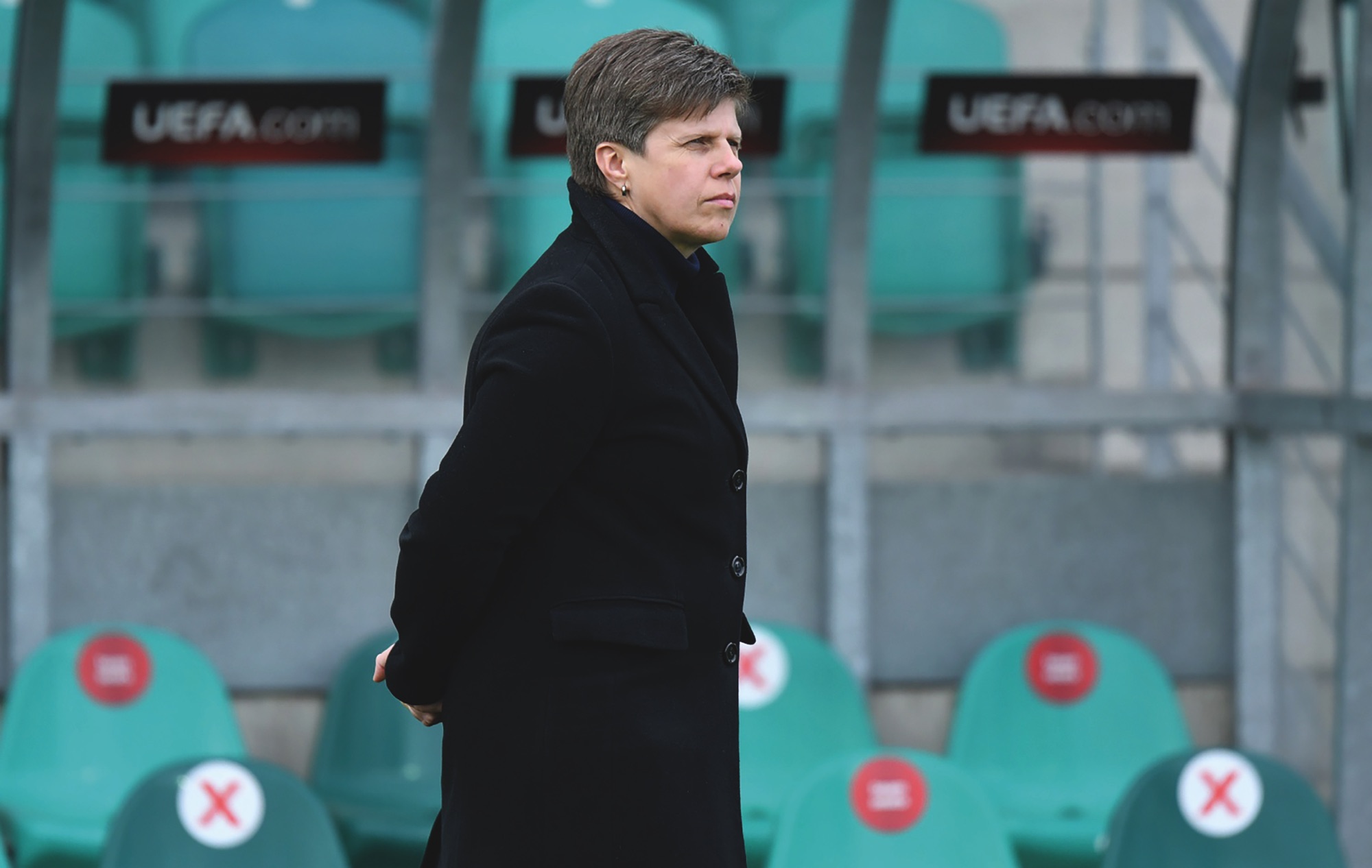
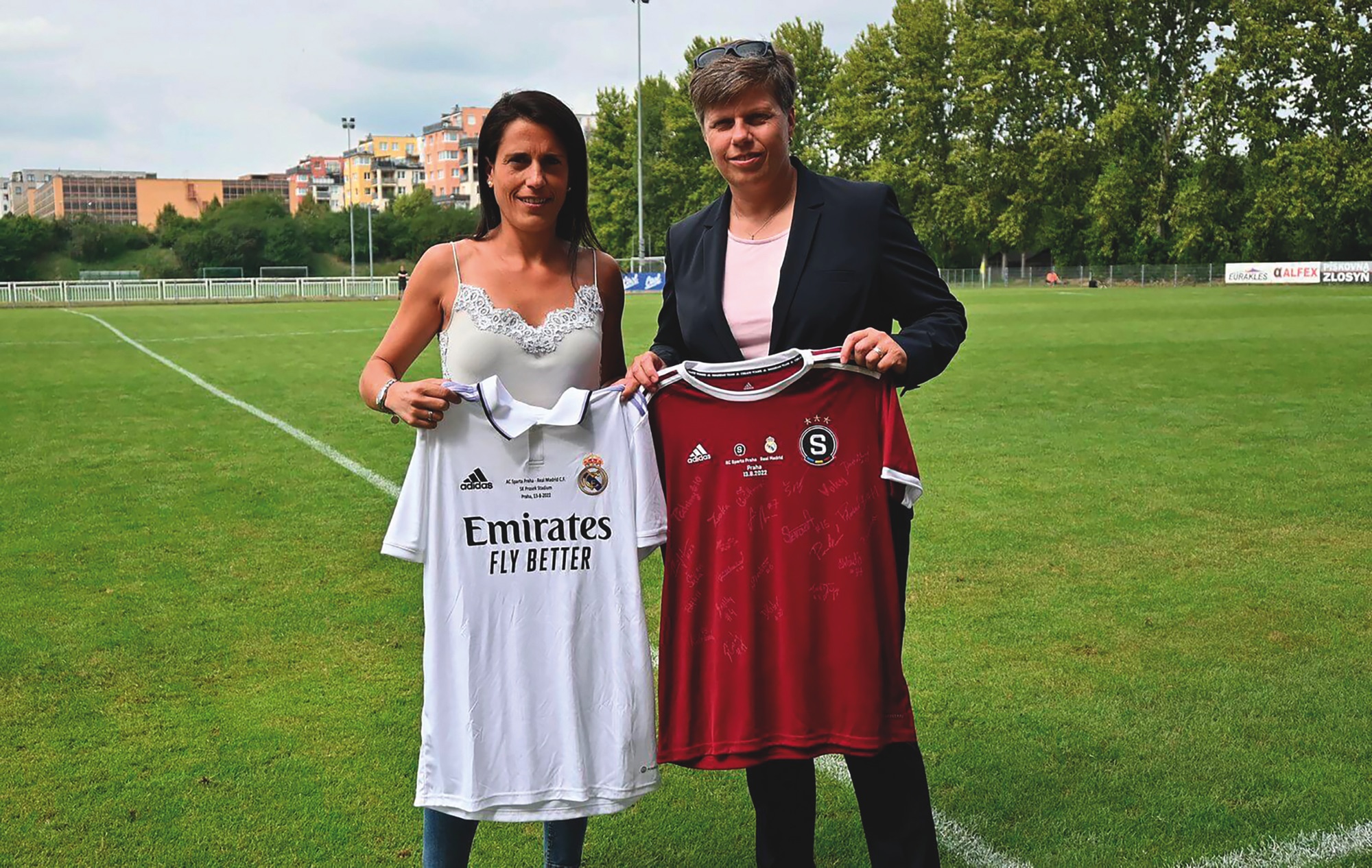
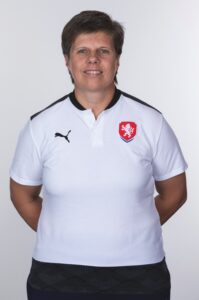 HANA VÝMOLOVÁ acts as the Managing Director of Business Lease Czech Republic. She was born in Zlín in 1973, and graduated from the Tomáš Baťa Business Academy in 1992. She started her career as an account manager at Axiom Zlín and later gained experience in Brno’s commercial sector. In 2008, she moved to Prague, working as a process analyst before joining Business Lease in 2012 as an Account Manager. She was promoted to Team Leader in 2015, and later served as interim Commercial Director in Poland. Upon returning, she transitioned to overseeing operations, managing maintenance, repairs, and insurance. Since 2023, Hana Výmolová has held the position of Managing Director of the company. “When I became Managing Director, I felt a deep responsibility – not just for the company’s results but also for my colleagues. Leadership has always come naturally to me, but in this role, the scope of responsibility is much greater. Leading an entire company comes with significant pressure. Fortunately, having cooperative and independent colleagues makes leadership easier. Our company is built on strong family values, fostering collaboration and stability while achieving great results. Our goal is to provide drivers with our reliable level of service 24/7. We aim to support our clients’ growth and free up their cash flow for new investments. My advice is, if you want to make your life easier, use operational leasing. With a leased car, you don’t have to worry about vehicle repairs, track every single expense, or handle vehicle sales. All of that is our responsibility. And if your vehicle becomes non-operational, Business Lease is here to ensure your mobility whenever you need it.”
HANA VÝMOLOVÁ acts as the Managing Director of Business Lease Czech Republic. She was born in Zlín in 1973, and graduated from the Tomáš Baťa Business Academy in 1992. She started her career as an account manager at Axiom Zlín and later gained experience in Brno’s commercial sector. In 2008, she moved to Prague, working as a process analyst before joining Business Lease in 2012 as an Account Manager. She was promoted to Team Leader in 2015, and later served as interim Commercial Director in Poland. Upon returning, she transitioned to overseeing operations, managing maintenance, repairs, and insurance. Since 2023, Hana Výmolová has held the position of Managing Director of the company. “When I became Managing Director, I felt a deep responsibility – not just for the company’s results but also for my colleagues. Leadership has always come naturally to me, but in this role, the scope of responsibility is much greater. Leading an entire company comes with significant pressure. Fortunately, having cooperative and independent colleagues makes leadership easier. Our company is built on strong family values, fostering collaboration and stability while achieving great results. Our goal is to provide drivers with our reliable level of service 24/7. We aim to support our clients’ growth and free up their cash flow for new investments. My advice is, if you want to make your life easier, use operational leasing. With a leased car, you don’t have to worry about vehicle repairs, track every single expense, or handle vehicle sales. All of that is our responsibility. And if your vehicle becomes non-operational, Business Lease is here to ensure your mobility whenever you need it.”